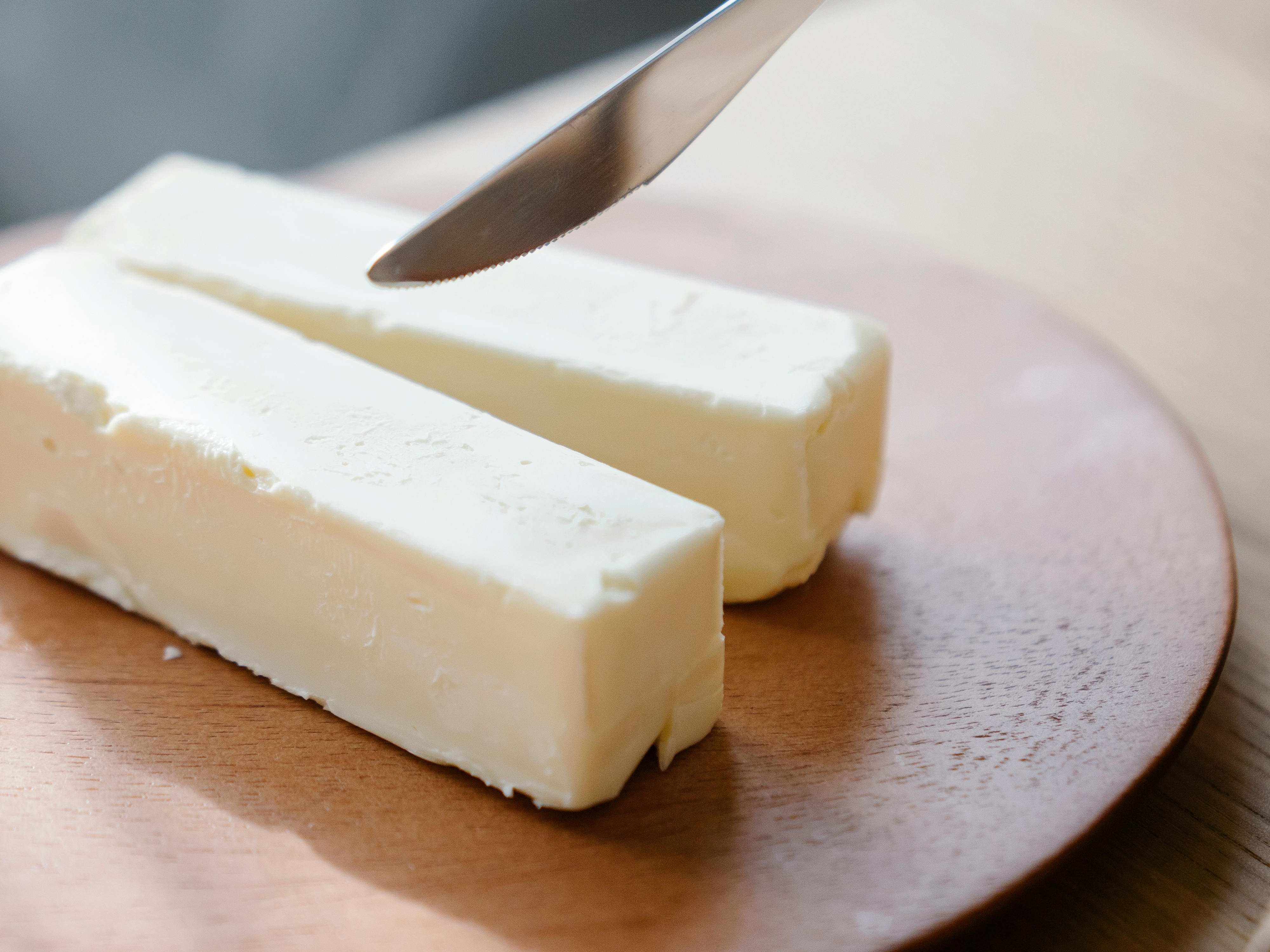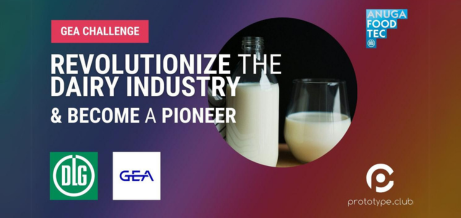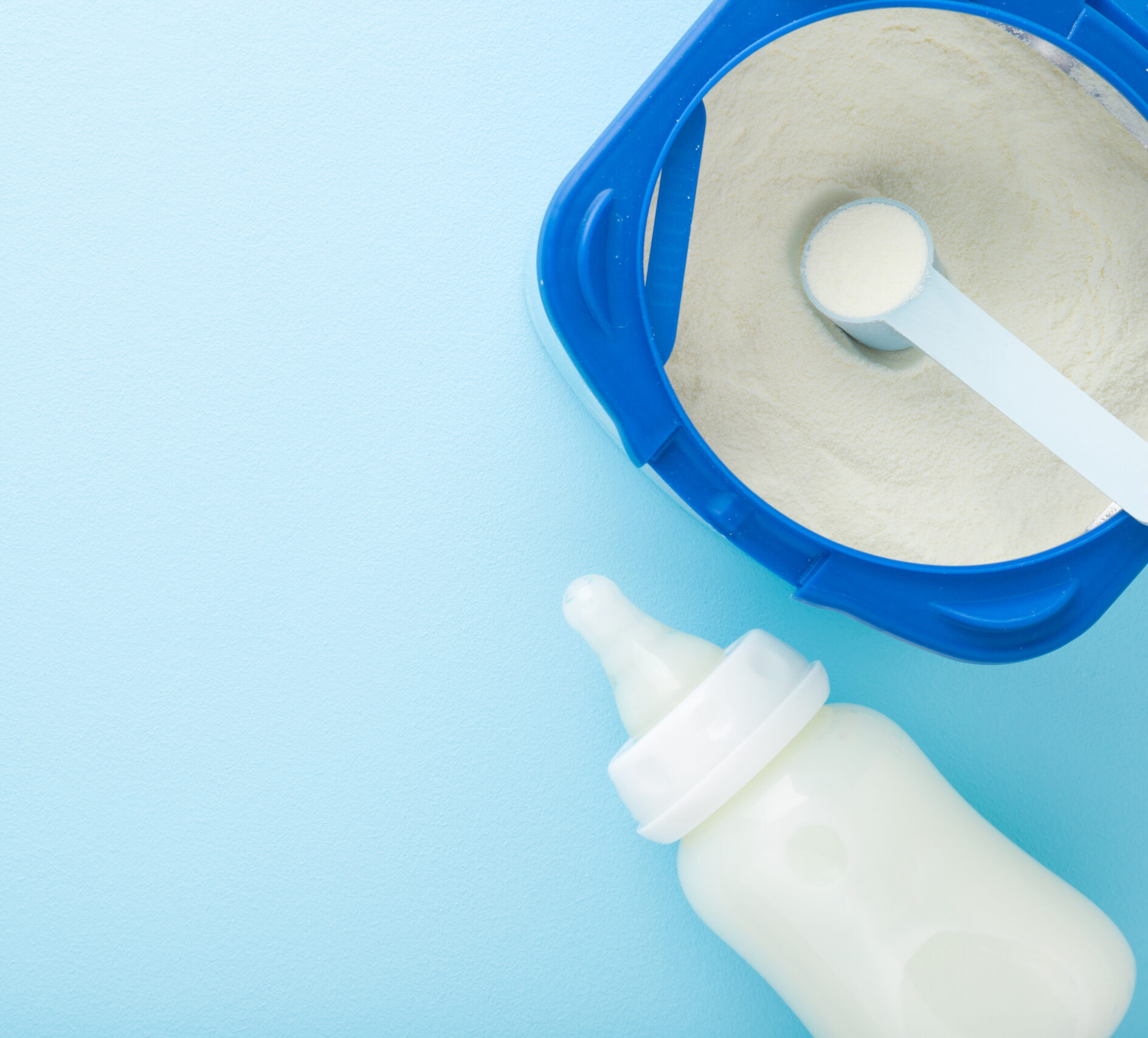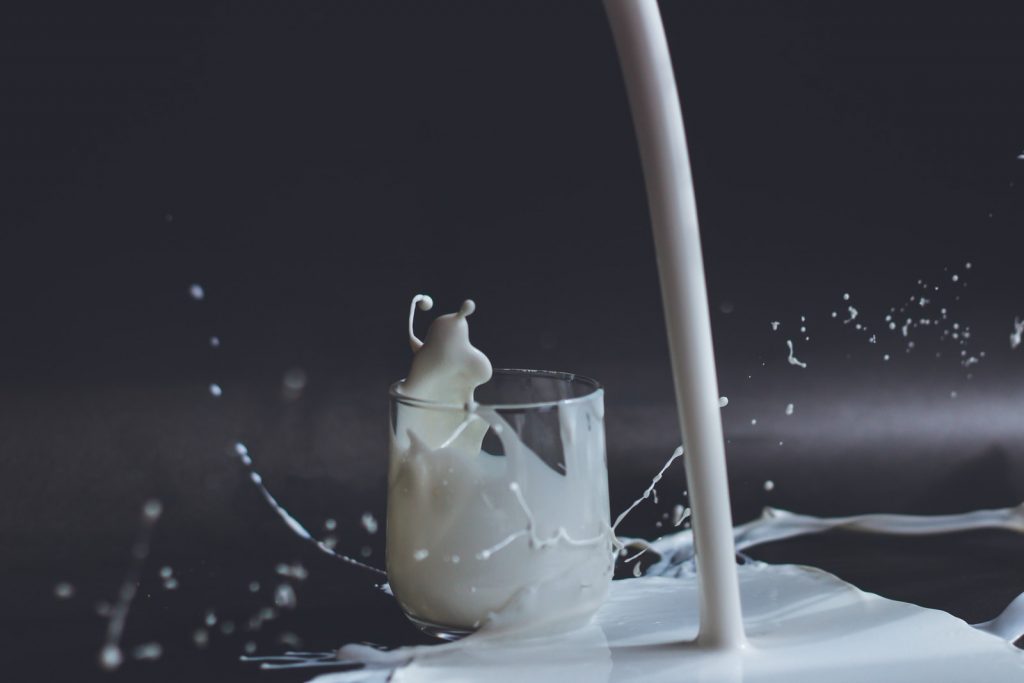
Dairy Production Equipment
Find innovative dairy equipment and connect directly with world-leading technology suppliers
Milk can be consumed as a stand-alone product (whole, low-fat or skim) or can be the starting point for food industry products such as cheese, butter, yogurt, condensed milk, and ice cream. In order to process milk and other dairy products, you need specialized dairy production equipment which then encapsulates different processes such as pasteurization, homogenization, and fermentation.
Top picks for dairy processing
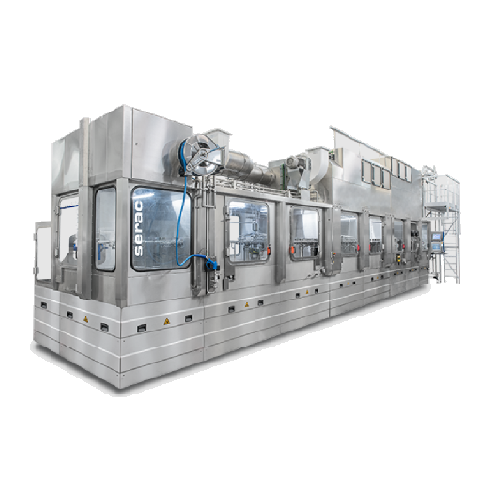
Aseptic filling technology for dairy products
Ensure product integrity and extend shelf life with a high-speed aseptic fil...
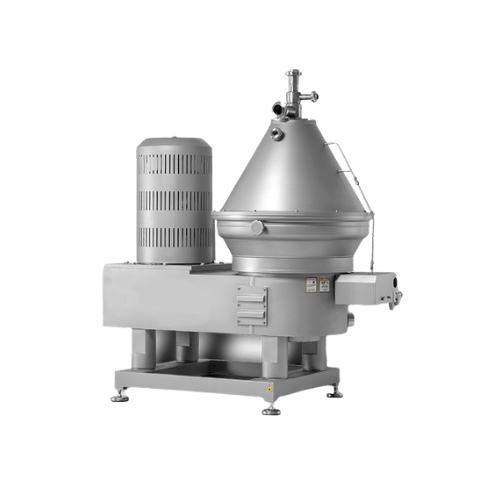
Centrifugal separators for dairy products
Enhance your liquid food product quality with centrifugal separators designed fo...
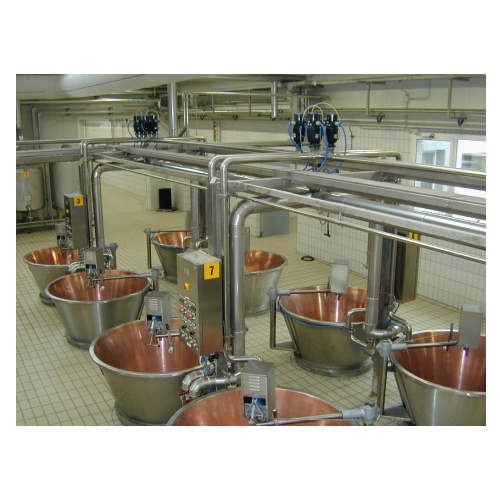
Automated milk dosing system for dairy production
Ensure precise milk allocation for diverse cheese types with this robus...
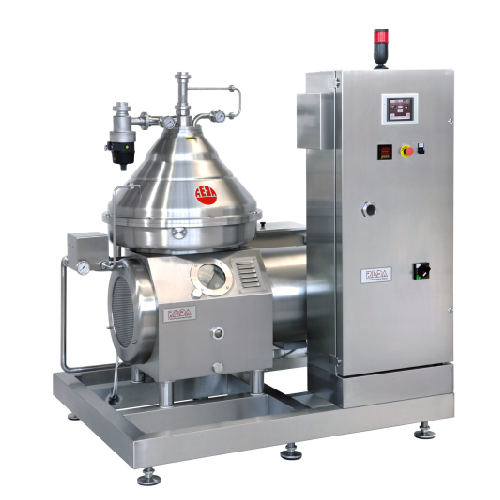
Bacteria removal separator for dairy products
Ensure top-quality dairy and plant-based products with reliable bacteria rem...
What are you making?
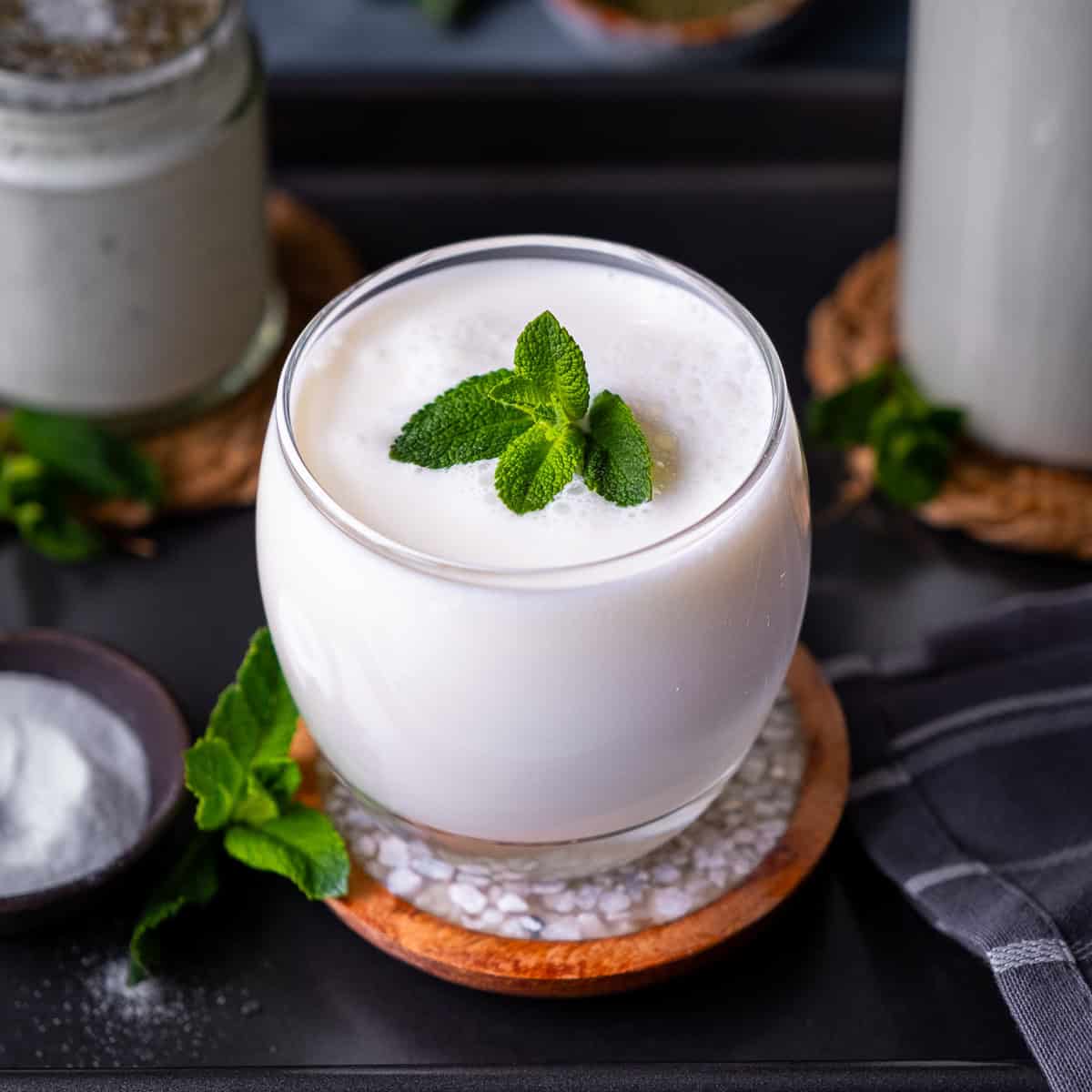
Ayran

Buttermilk
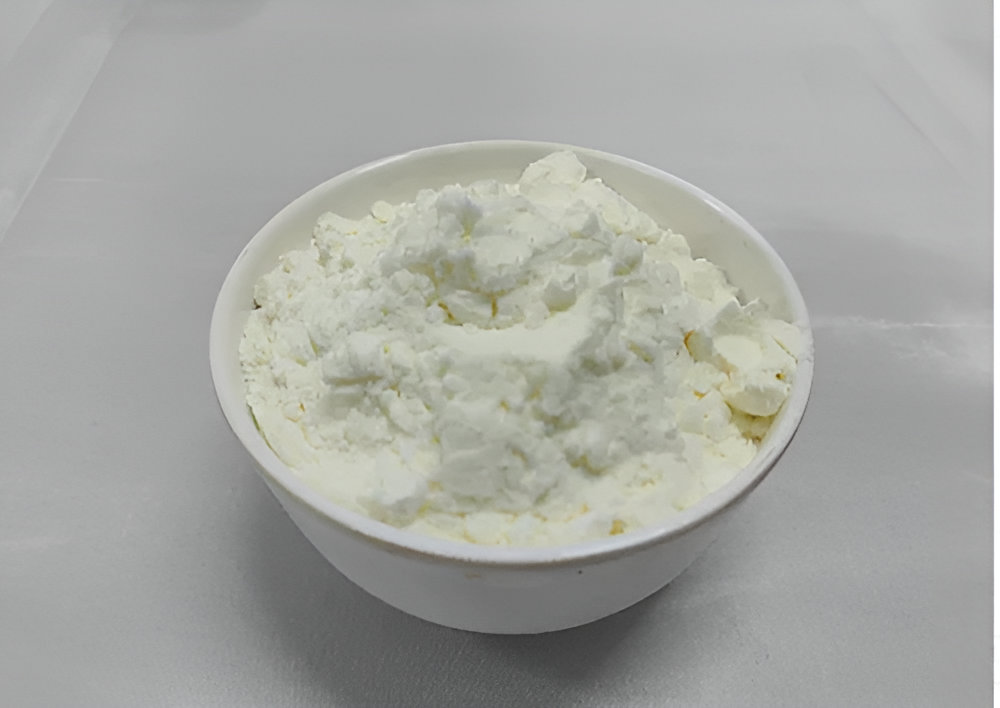
Yogurt powder

Yoghurt
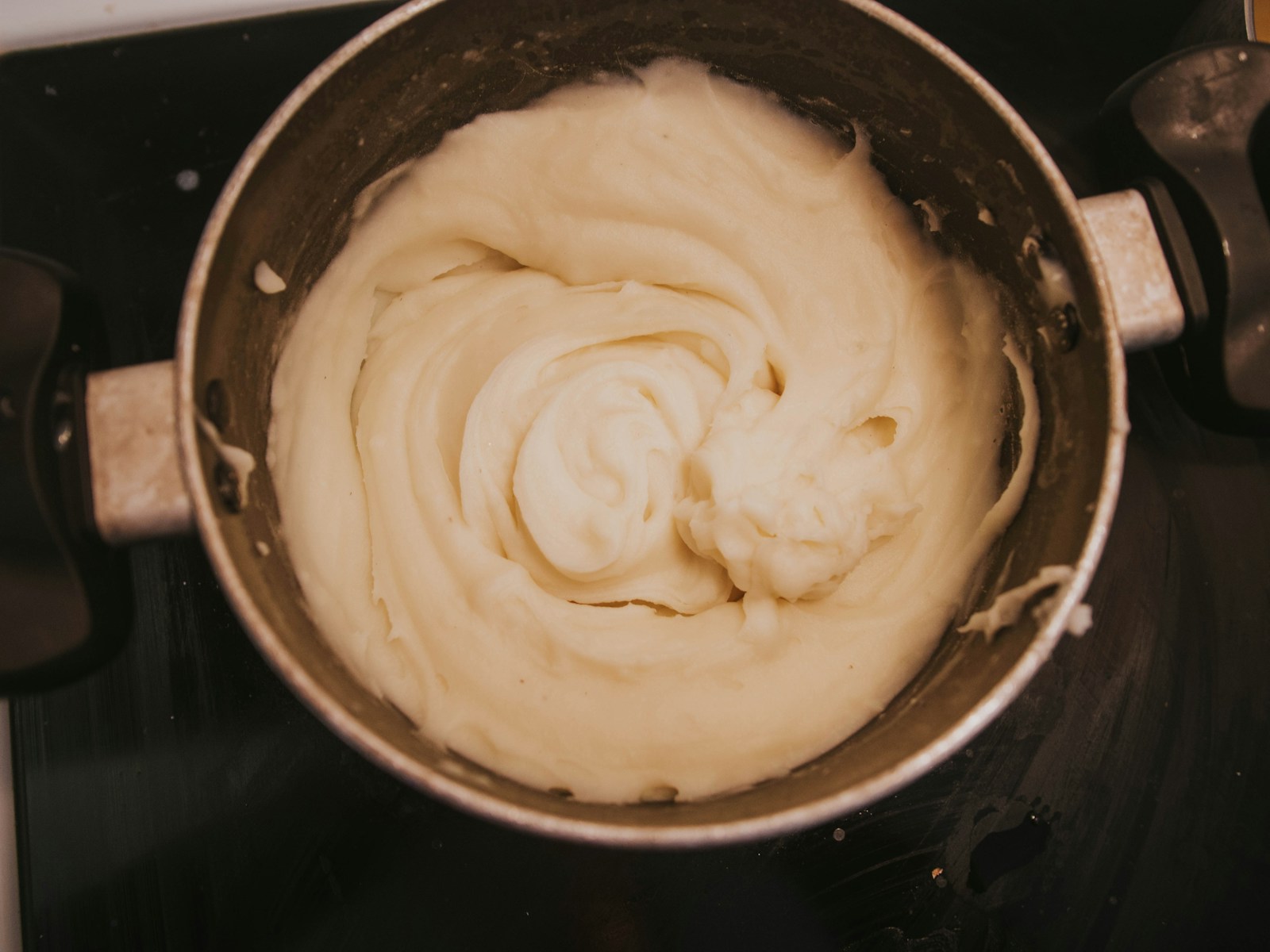
Whipped butter

Vegan ice cream

Stick ice-cream
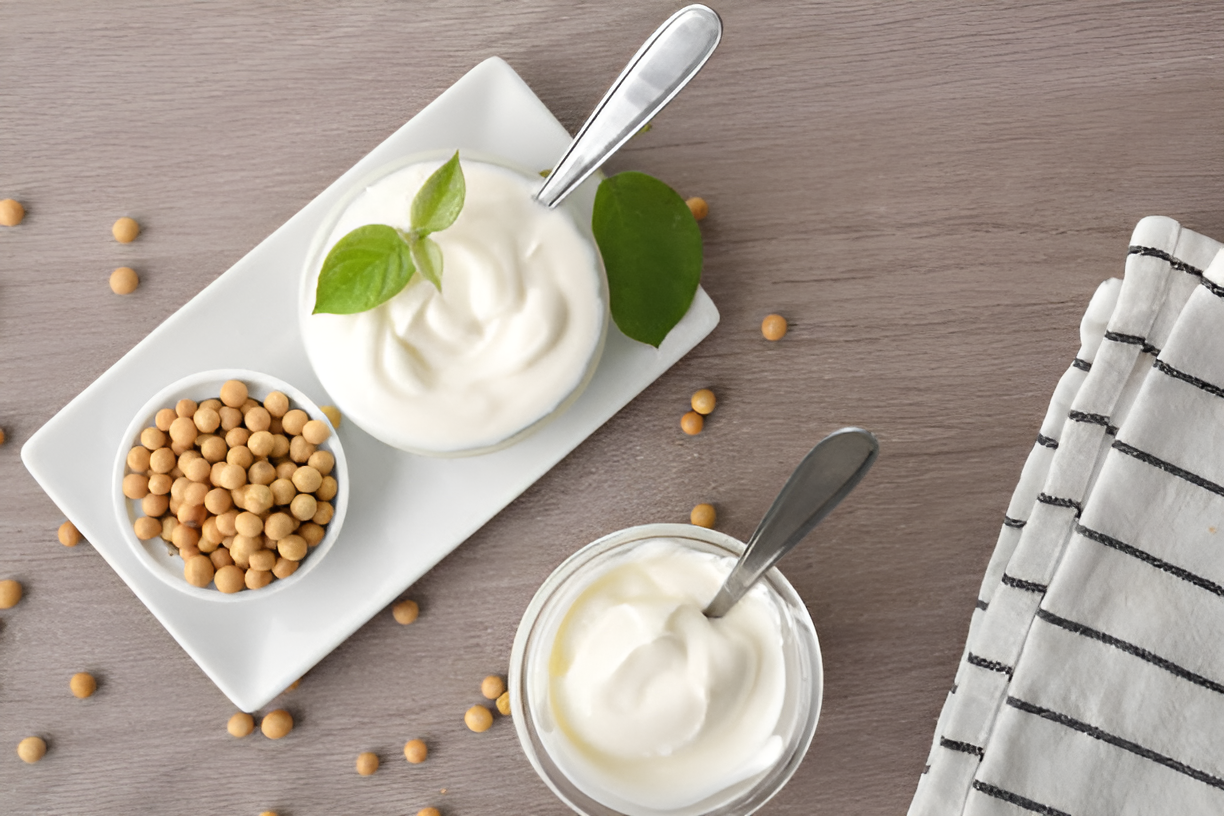
Soy yogurt
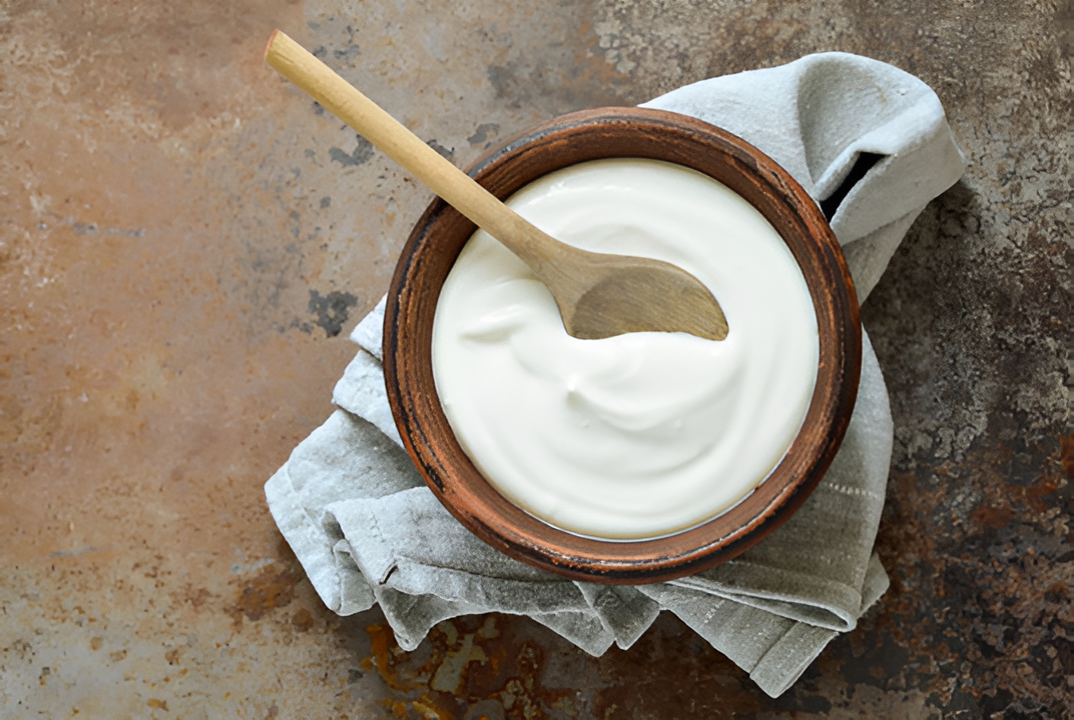
Sour cream

Sorbet
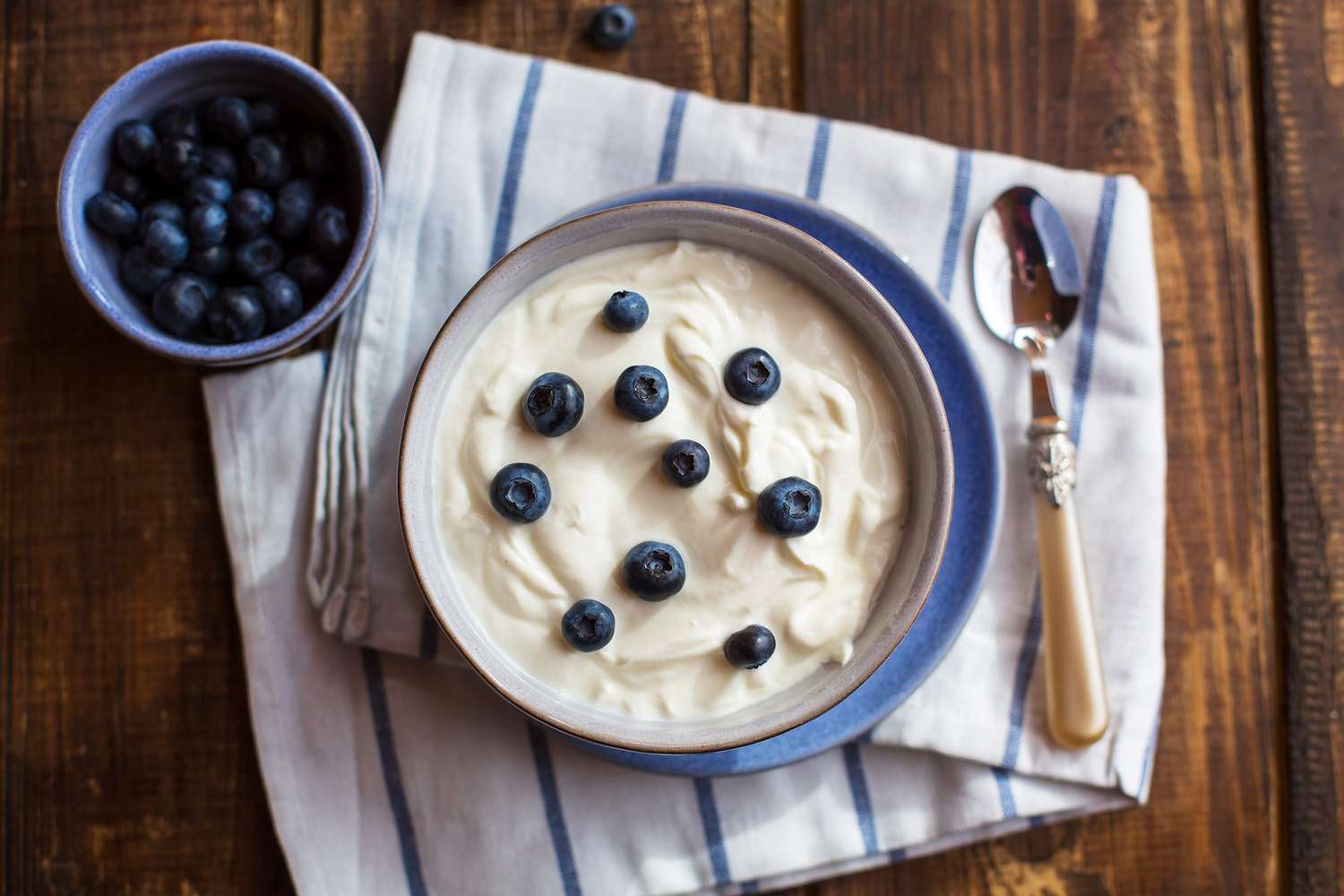
Skyr
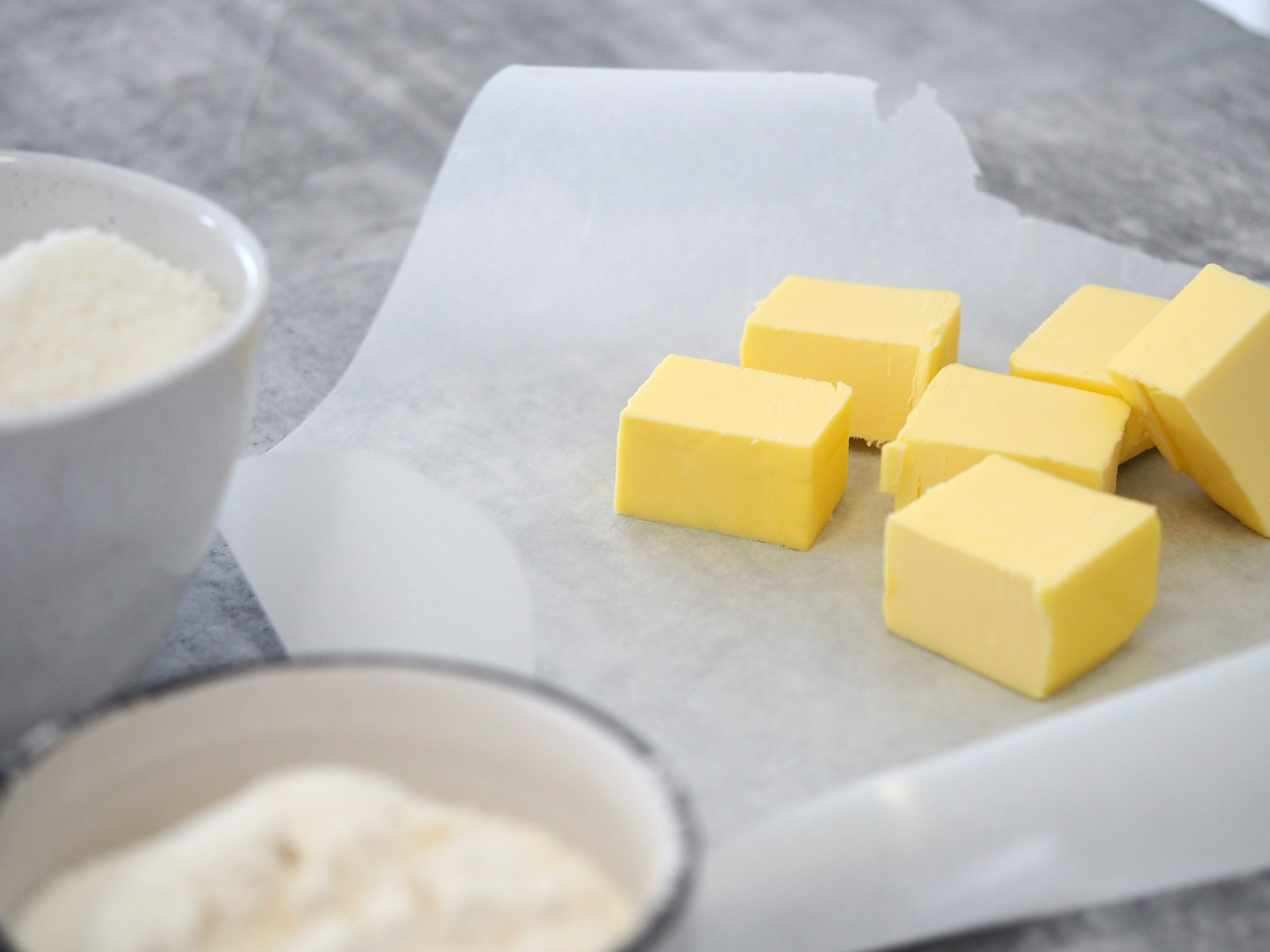
Salted butter

Quark
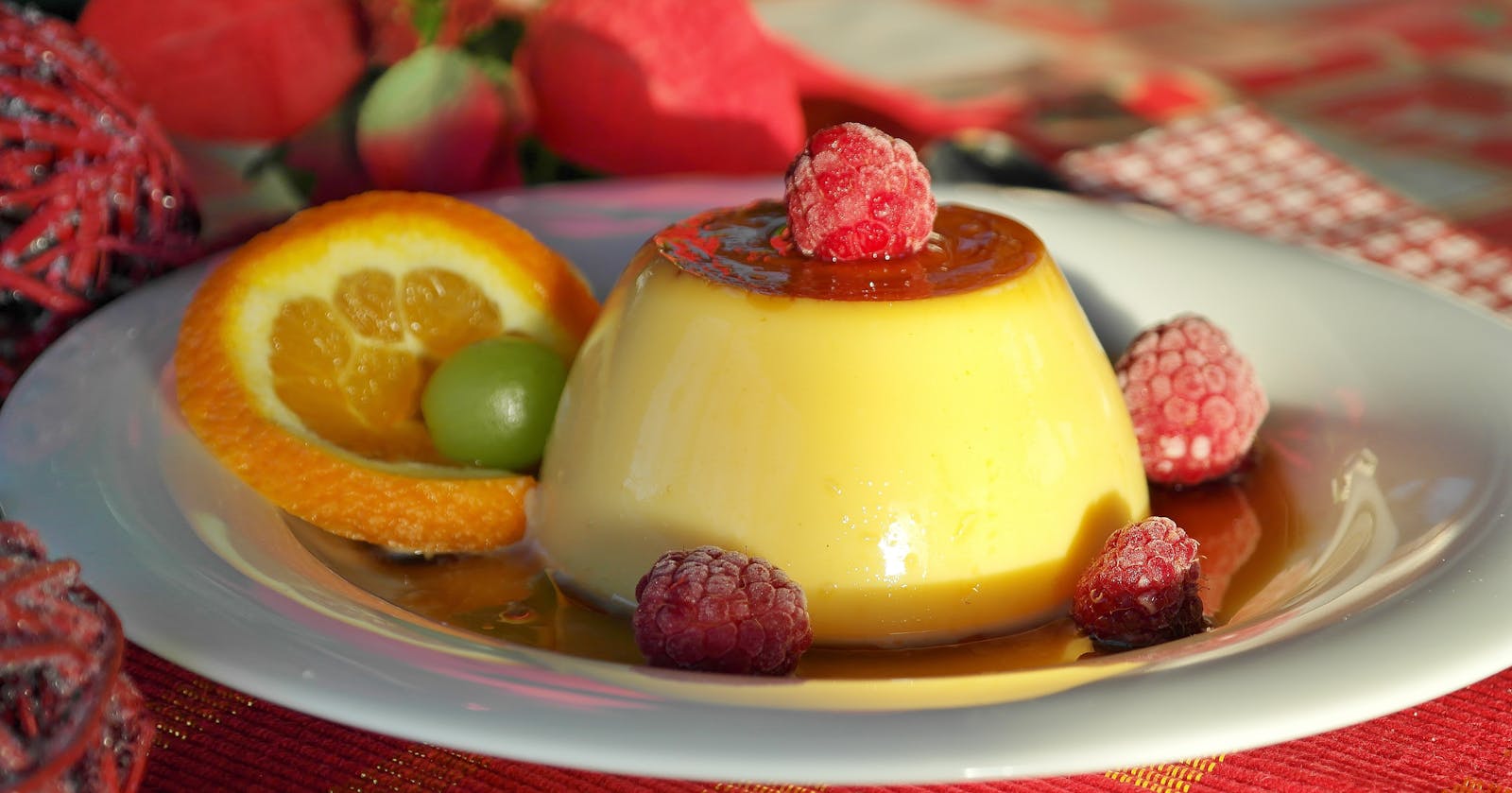
Pudding
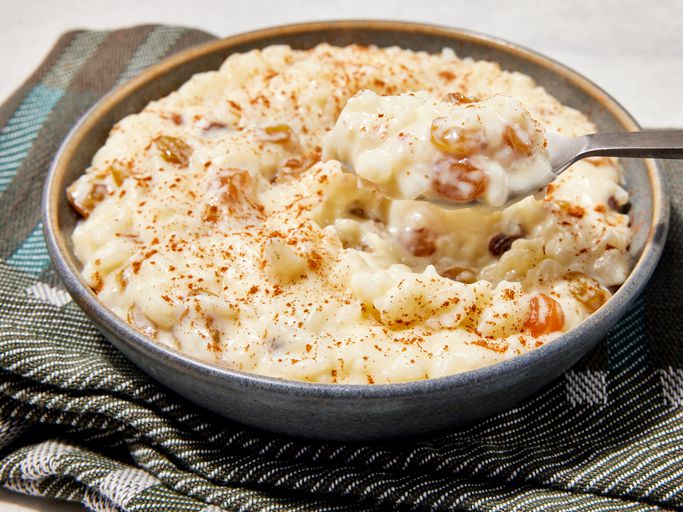
Rice pudding
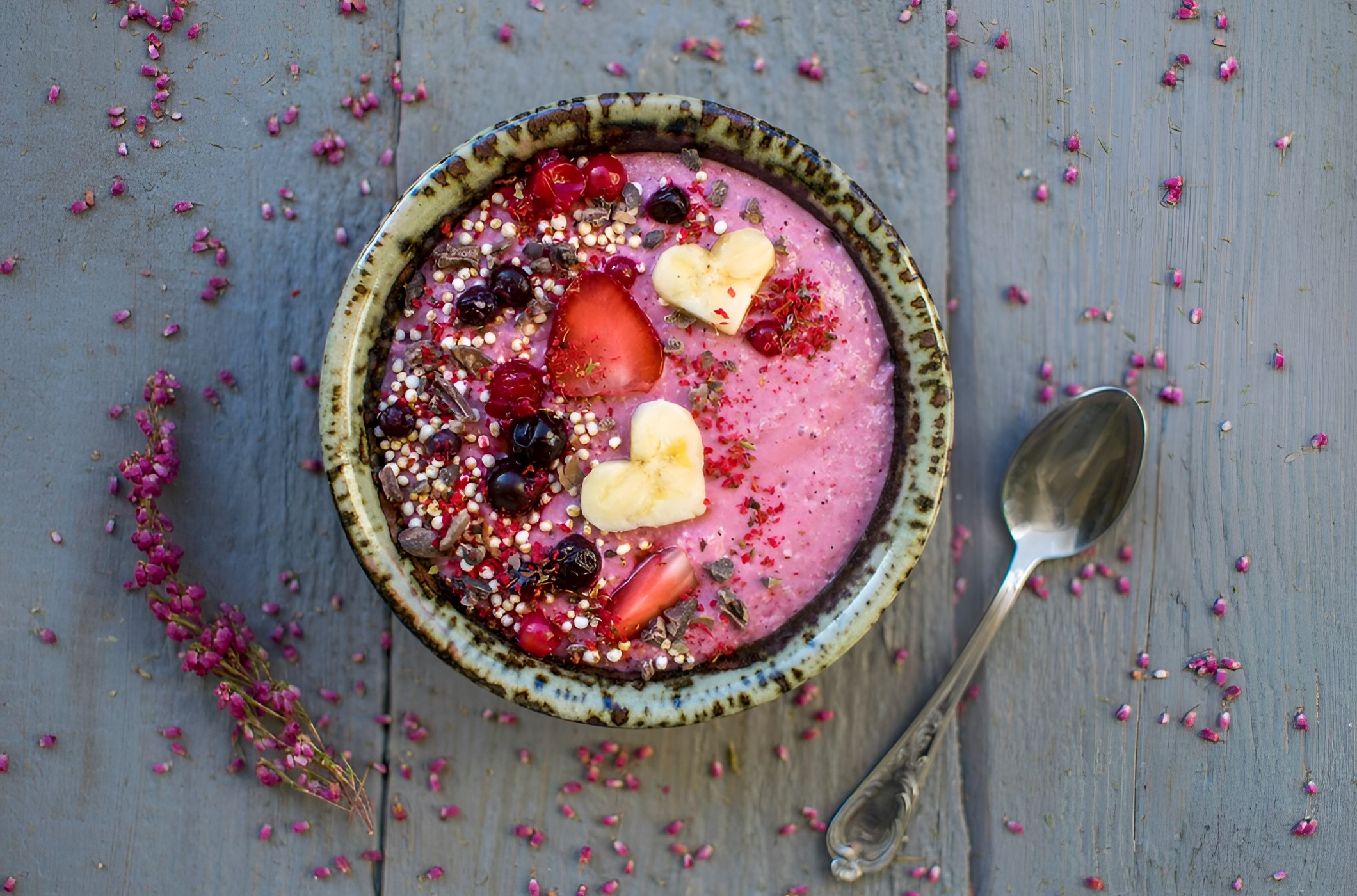
Probiotic yogurt

Panna cotta
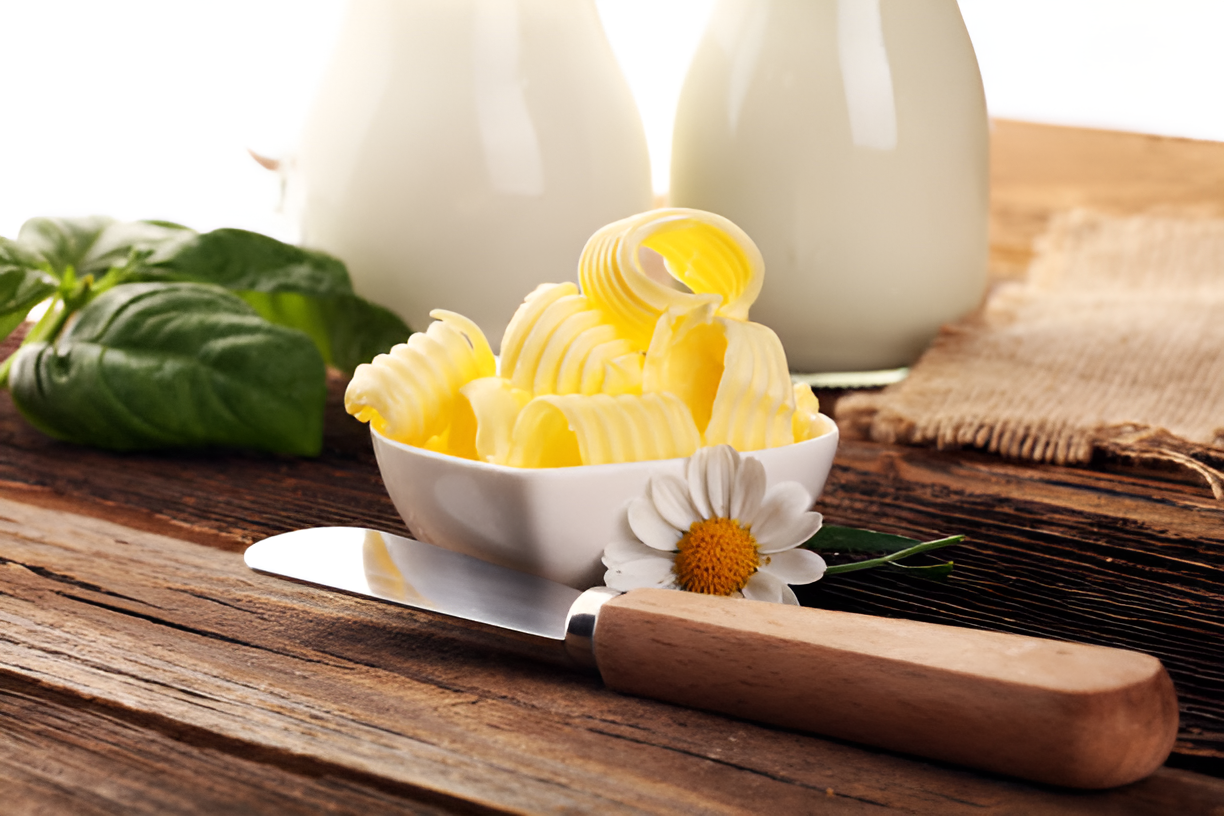
Margarine
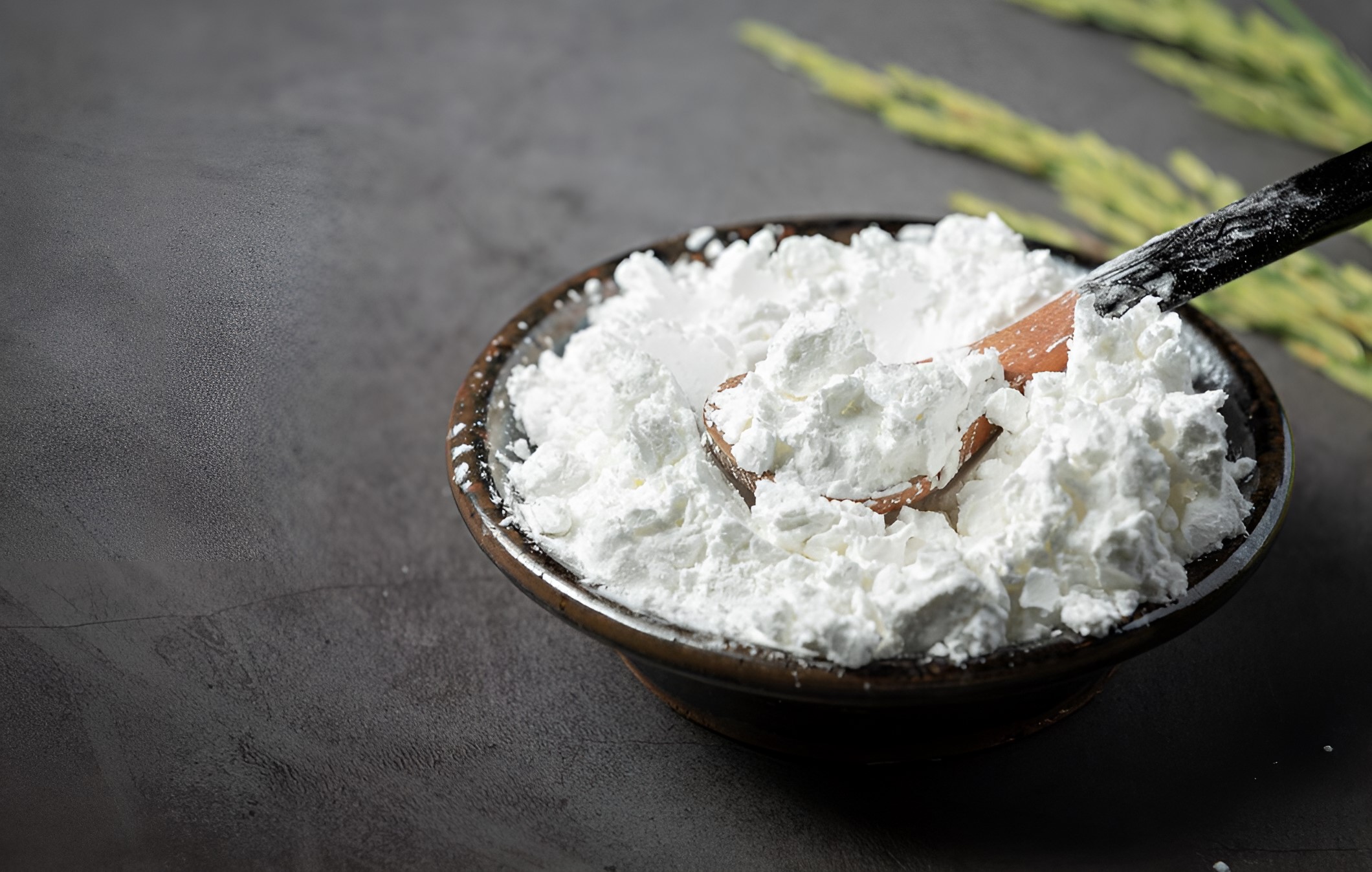
Non-dairy creamer
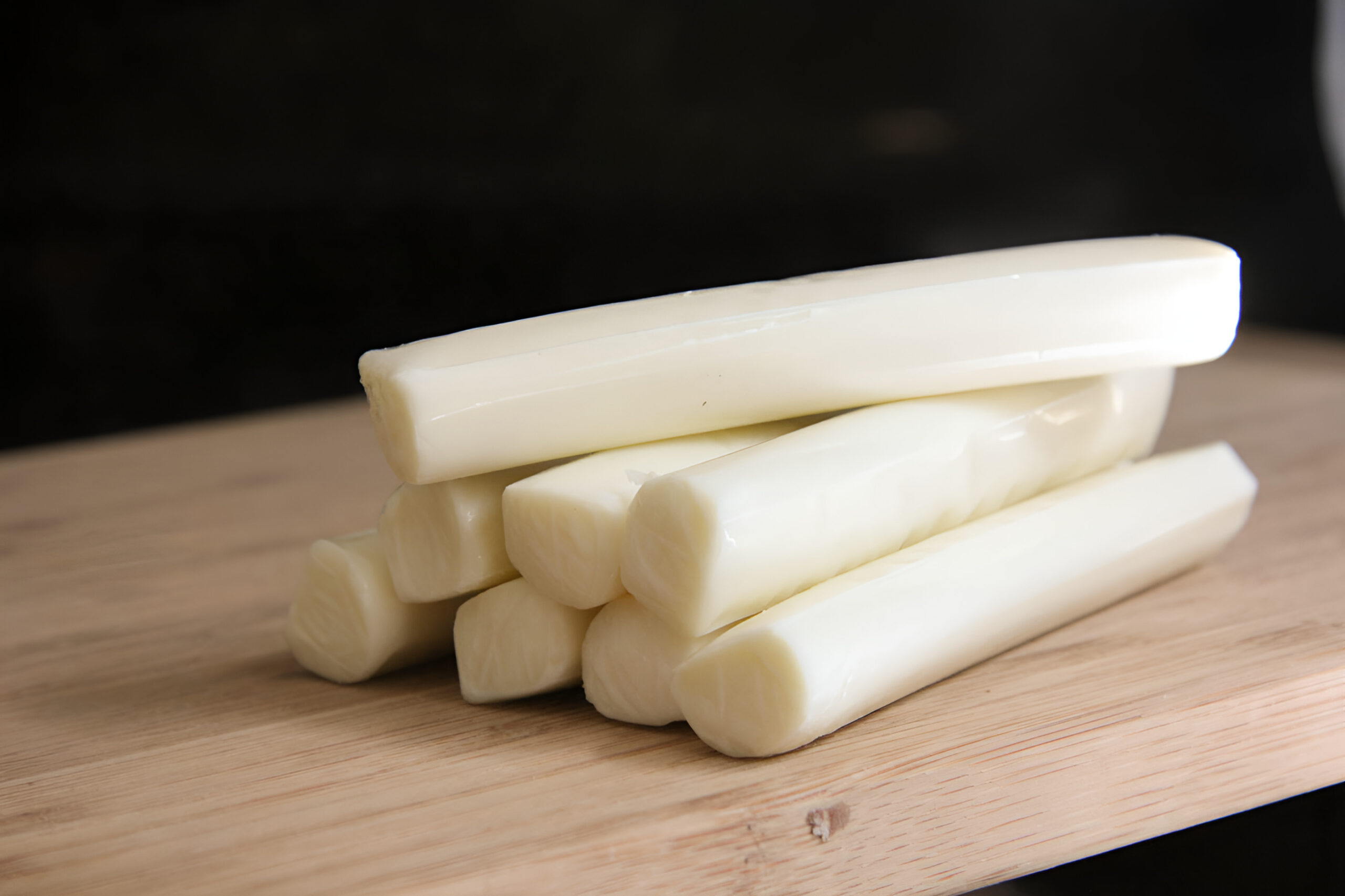
Mozzarella sticks
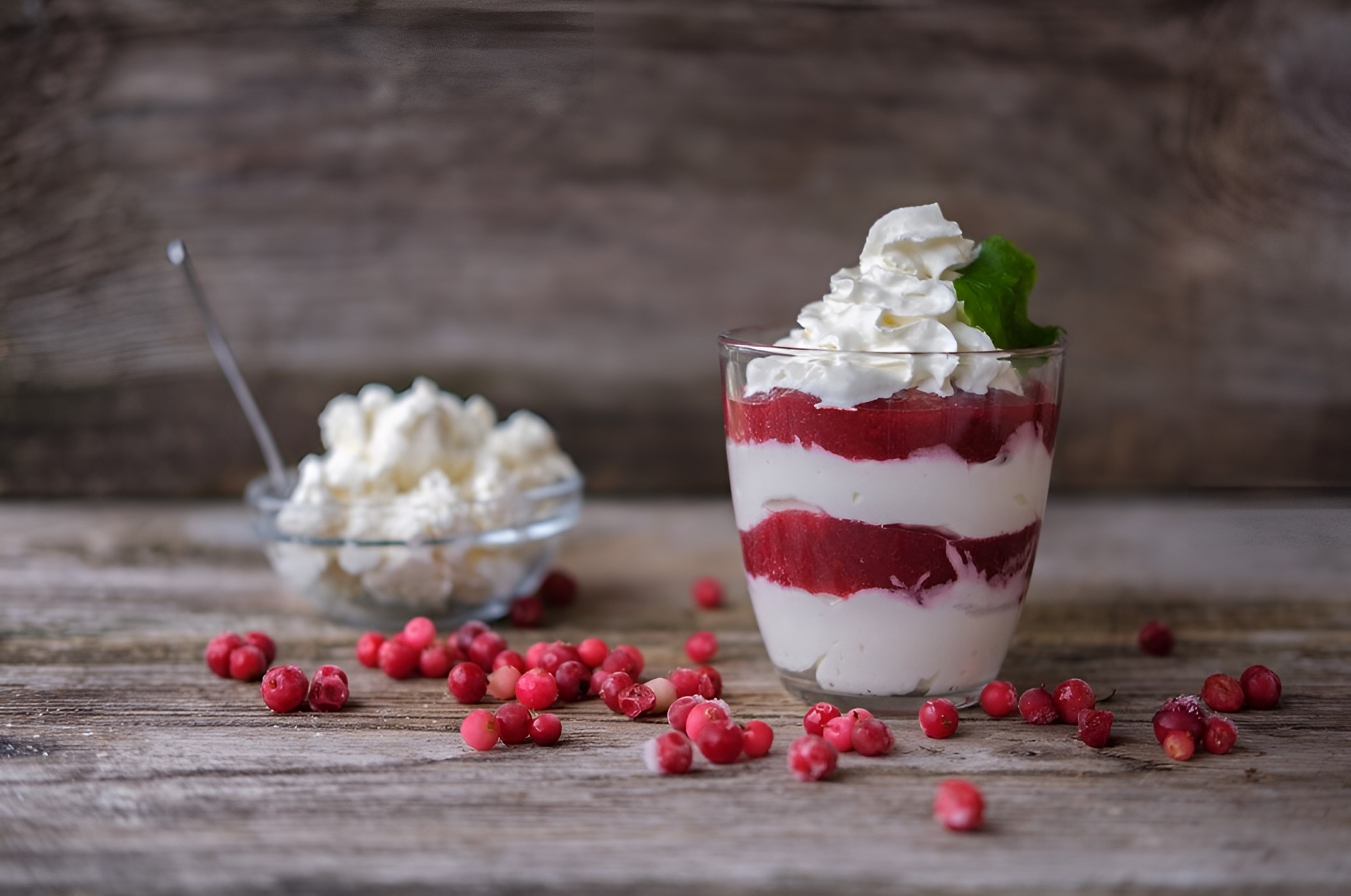
Mousses
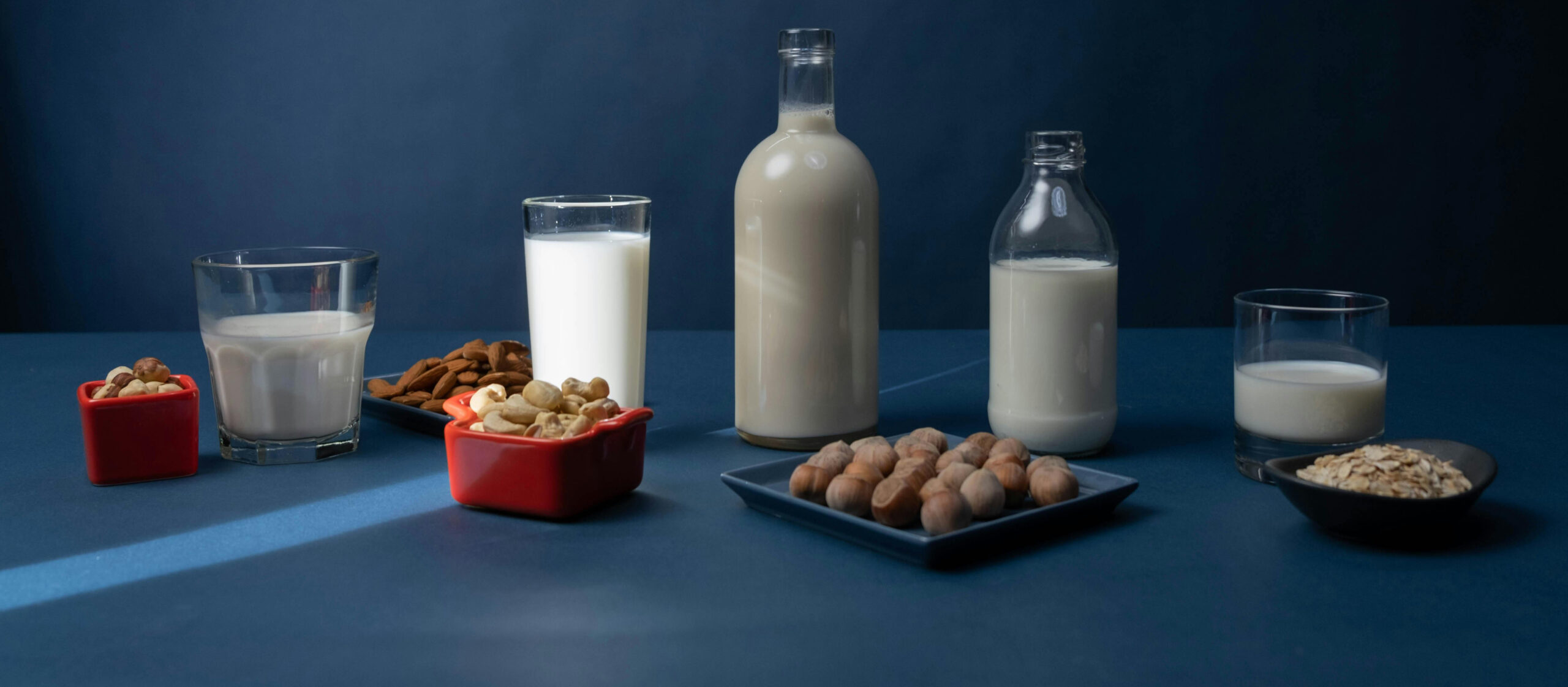
Lactose

Kefir
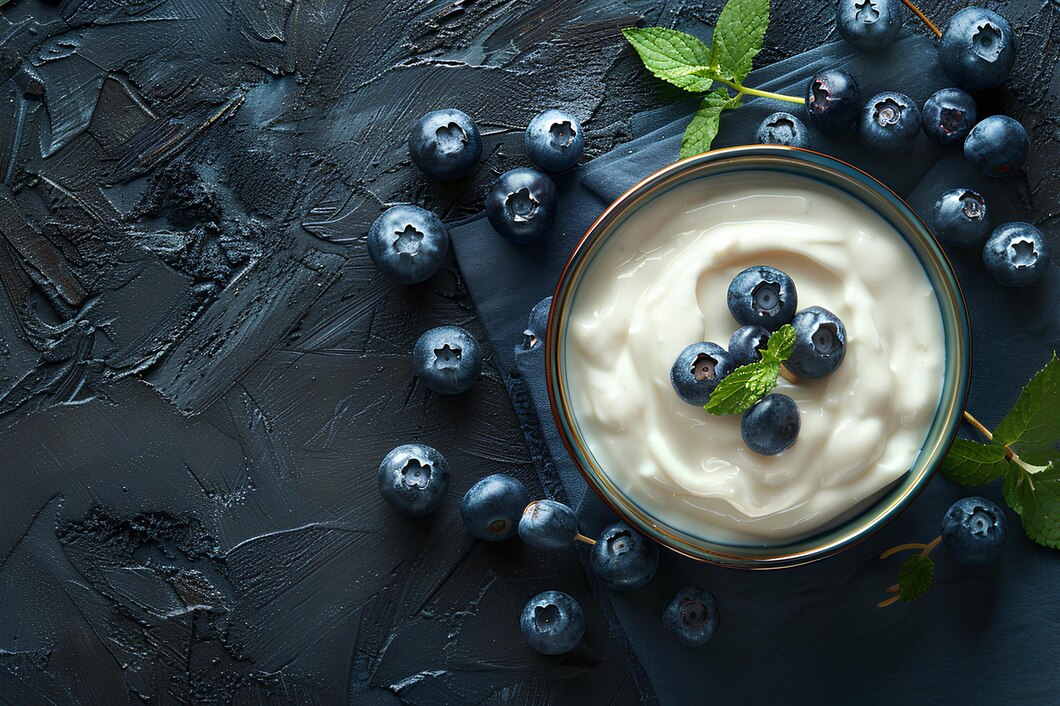
Greek yoghurt
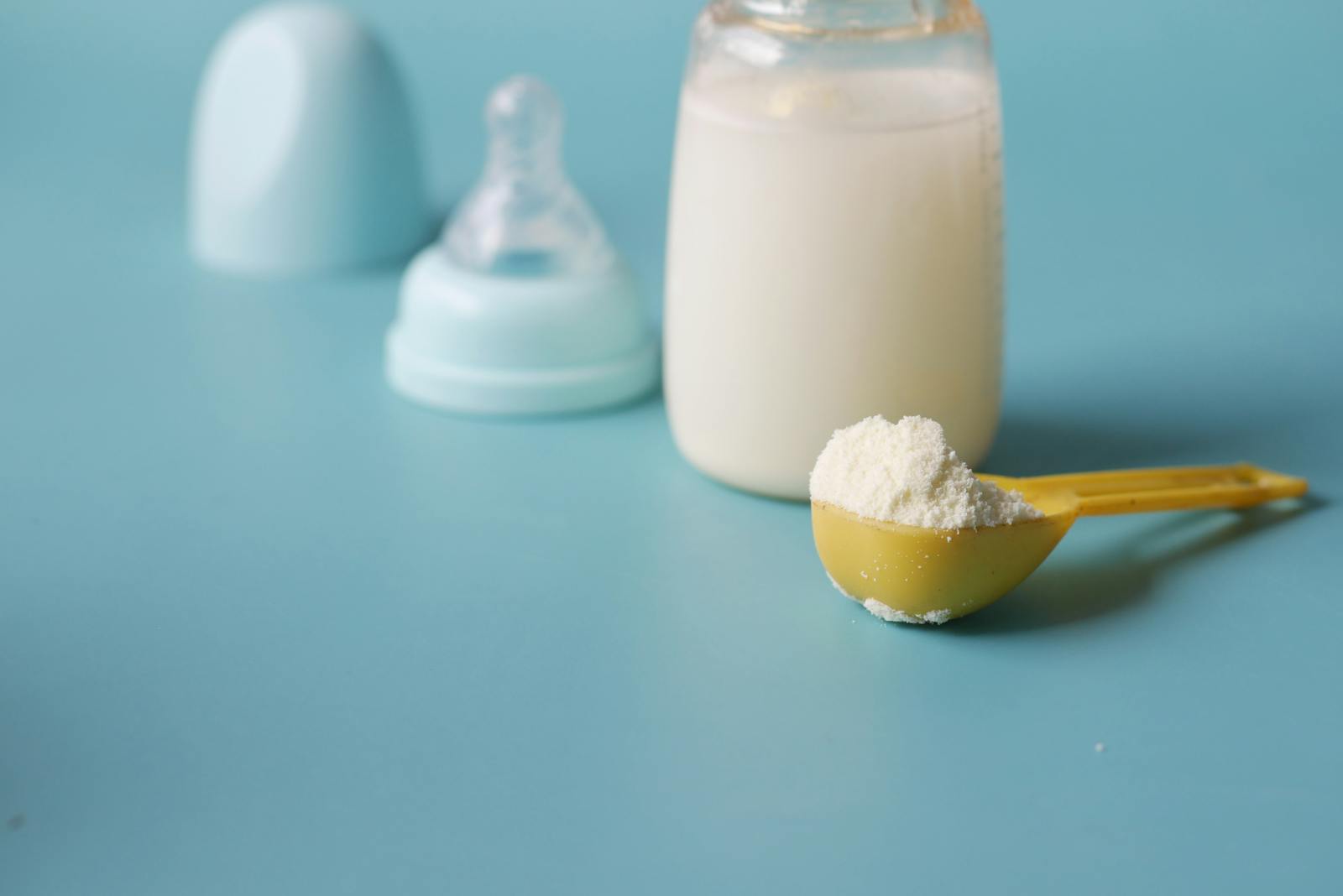
Infant formula

Ice cream tubs
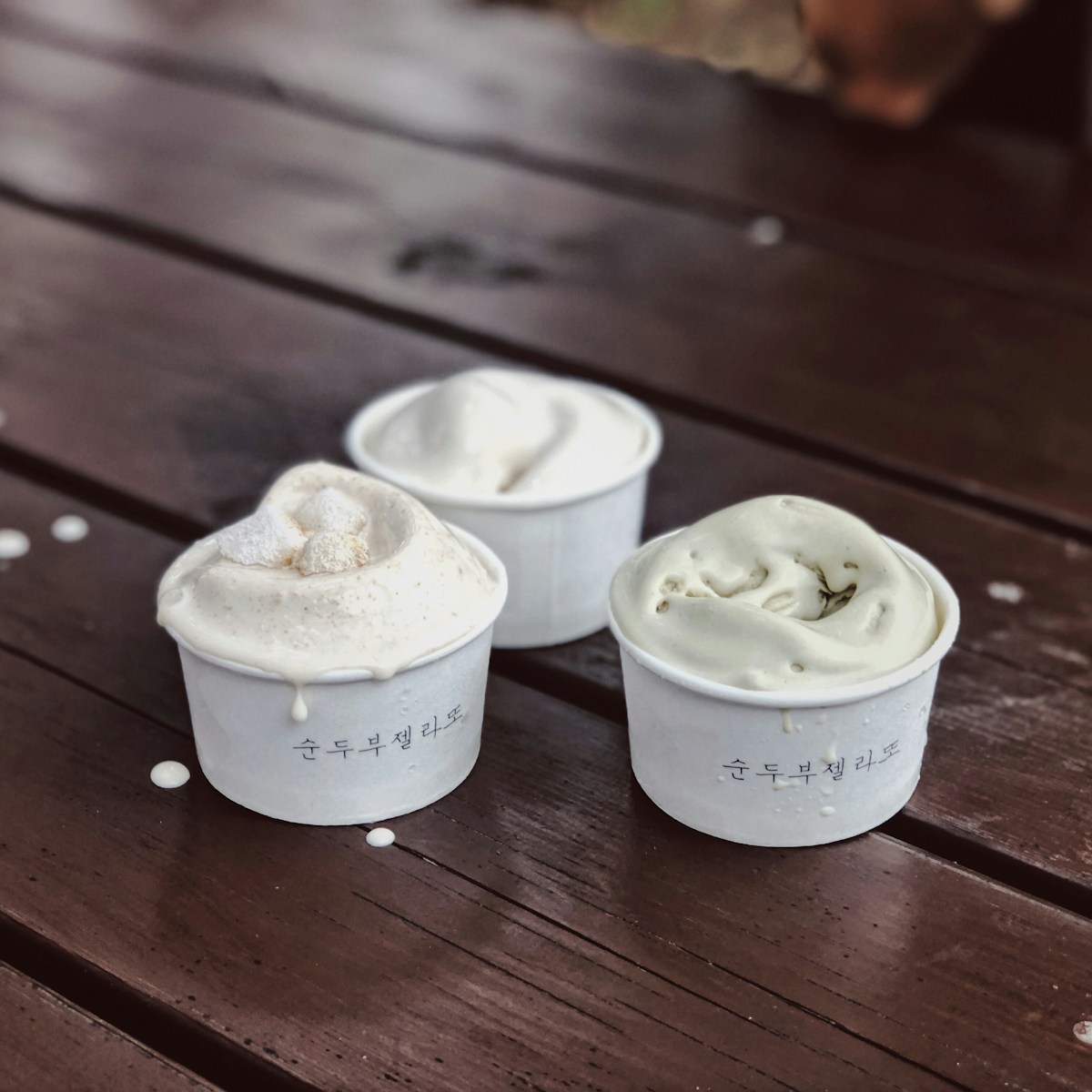
Ice cream cups

Ice cream bars
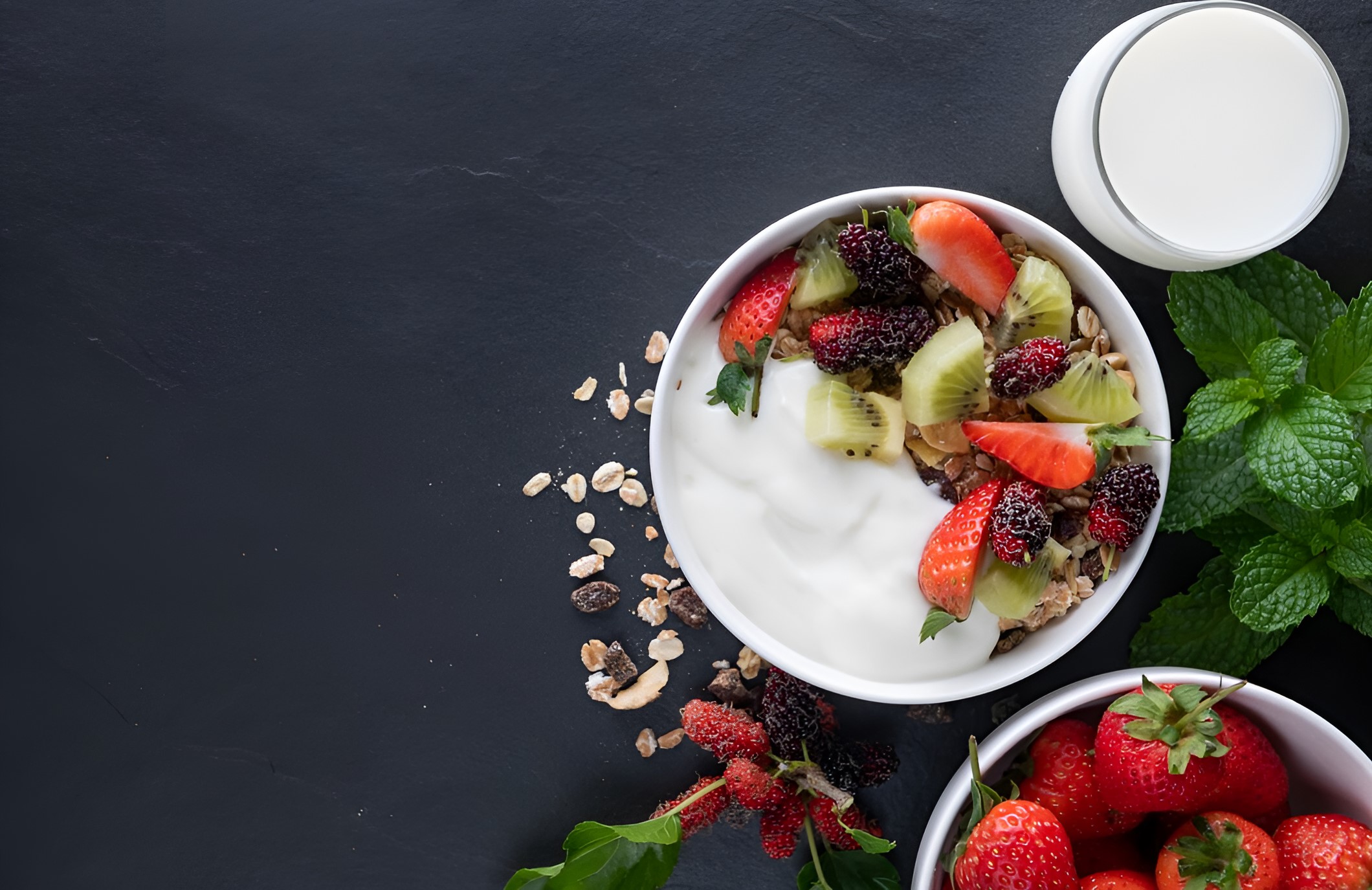
Fruit yogurt
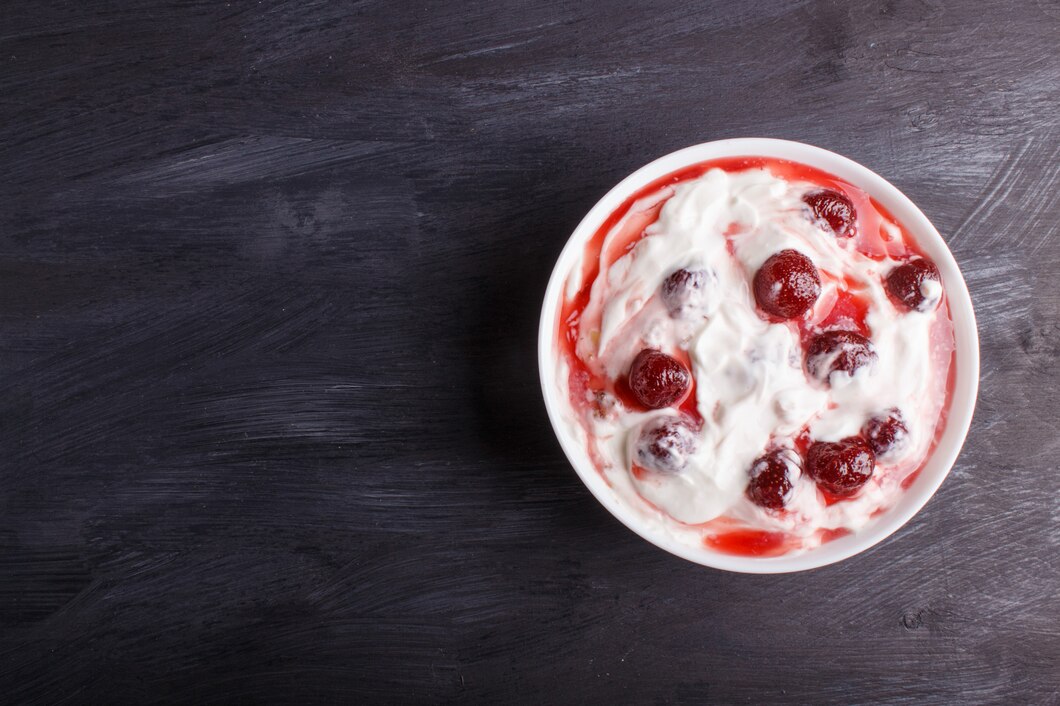
Frozen yogurt

Frozen desserts
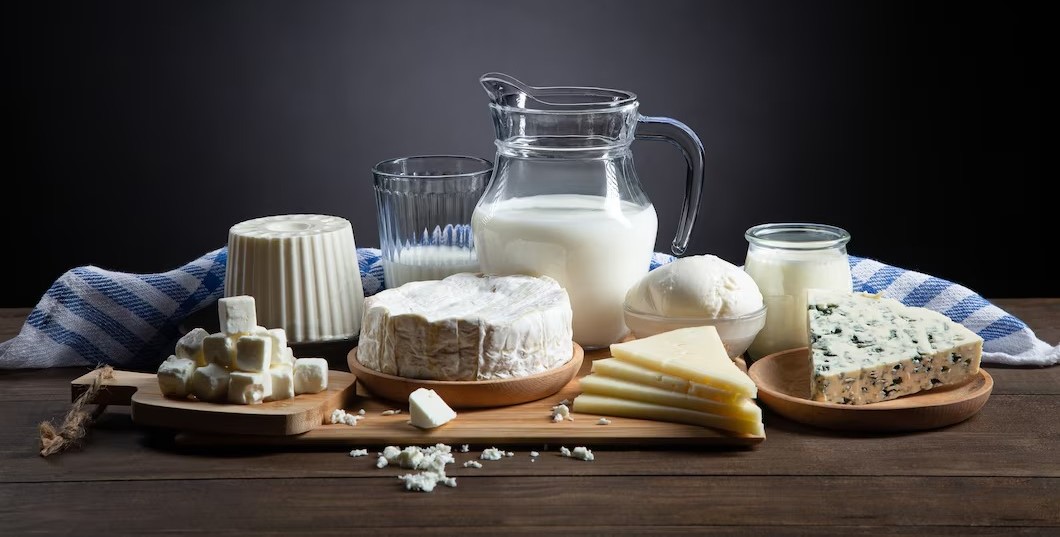
Formulated dairy products
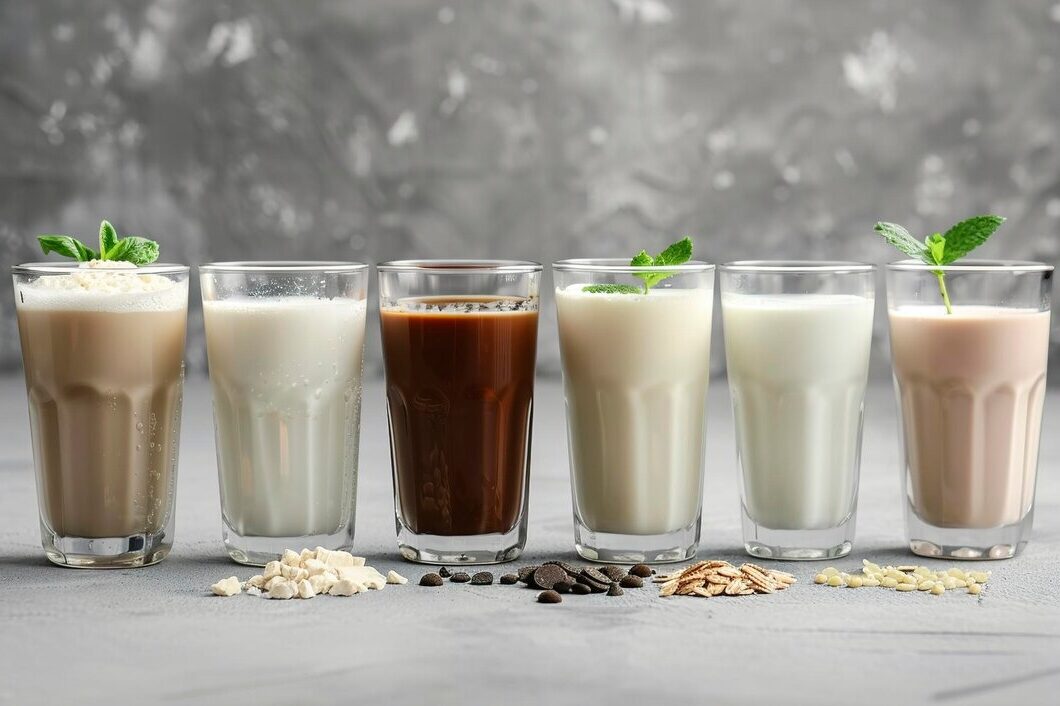
Flavoured milk

Fermented dairy products
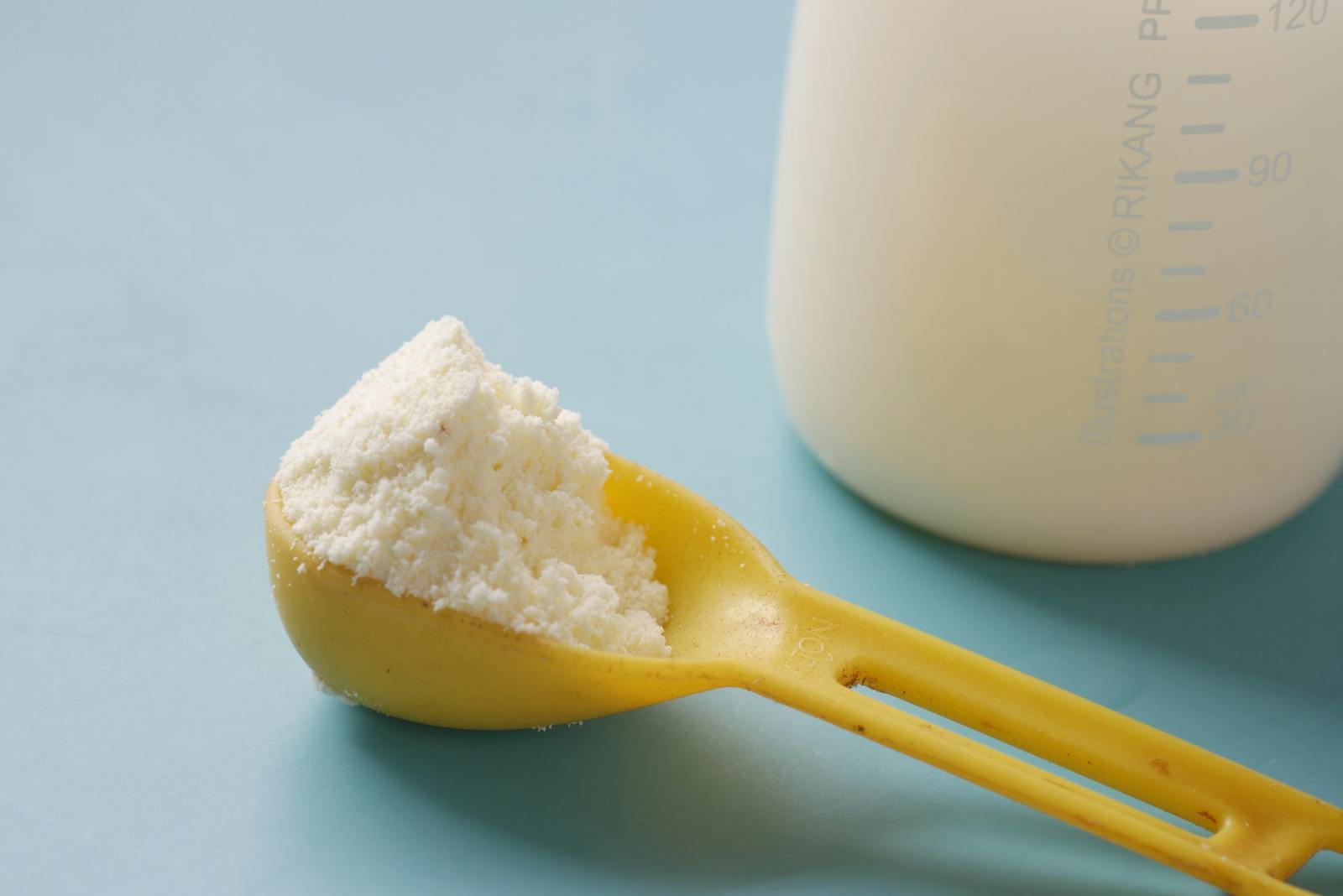
Dairy powder
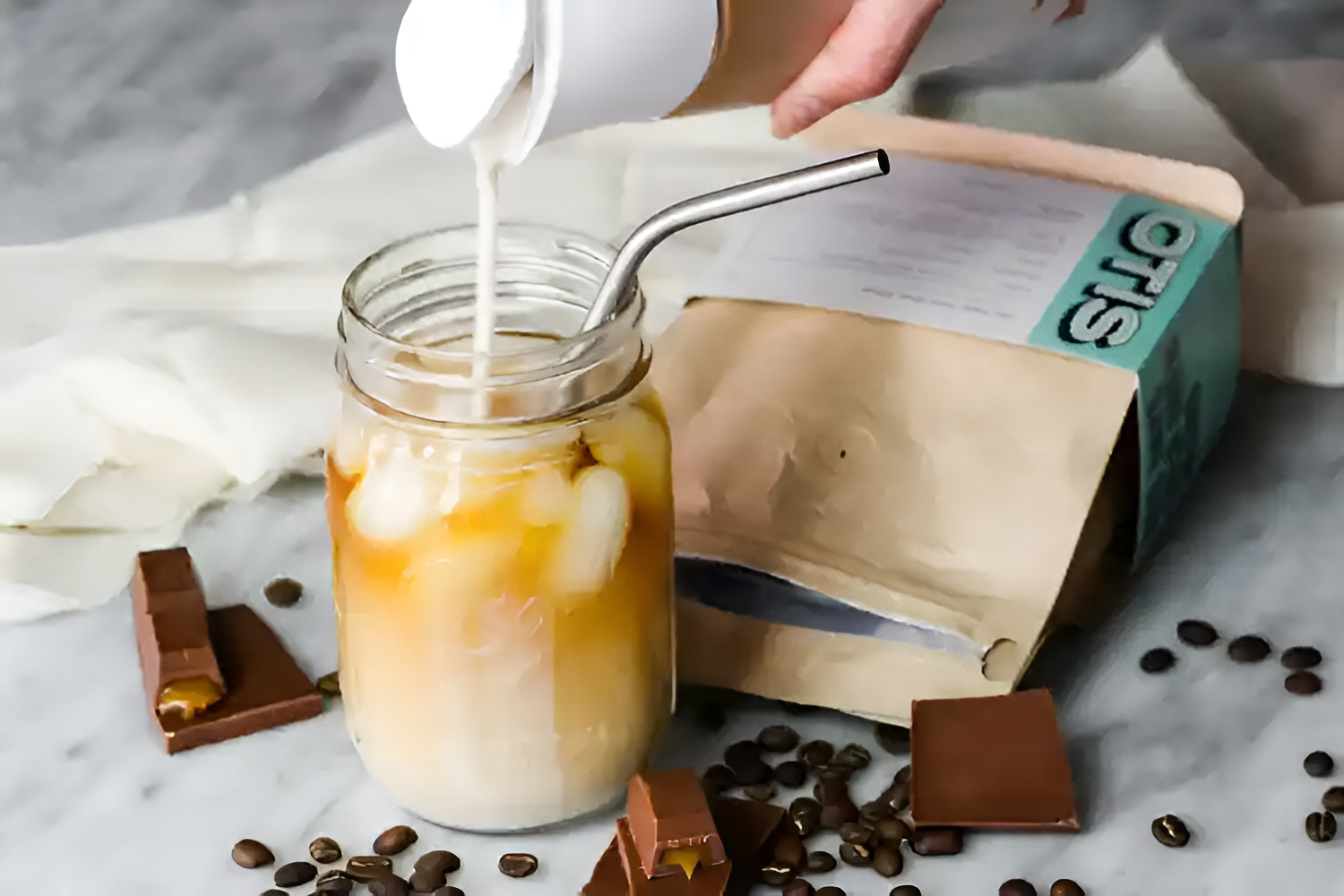
Coffee creamer
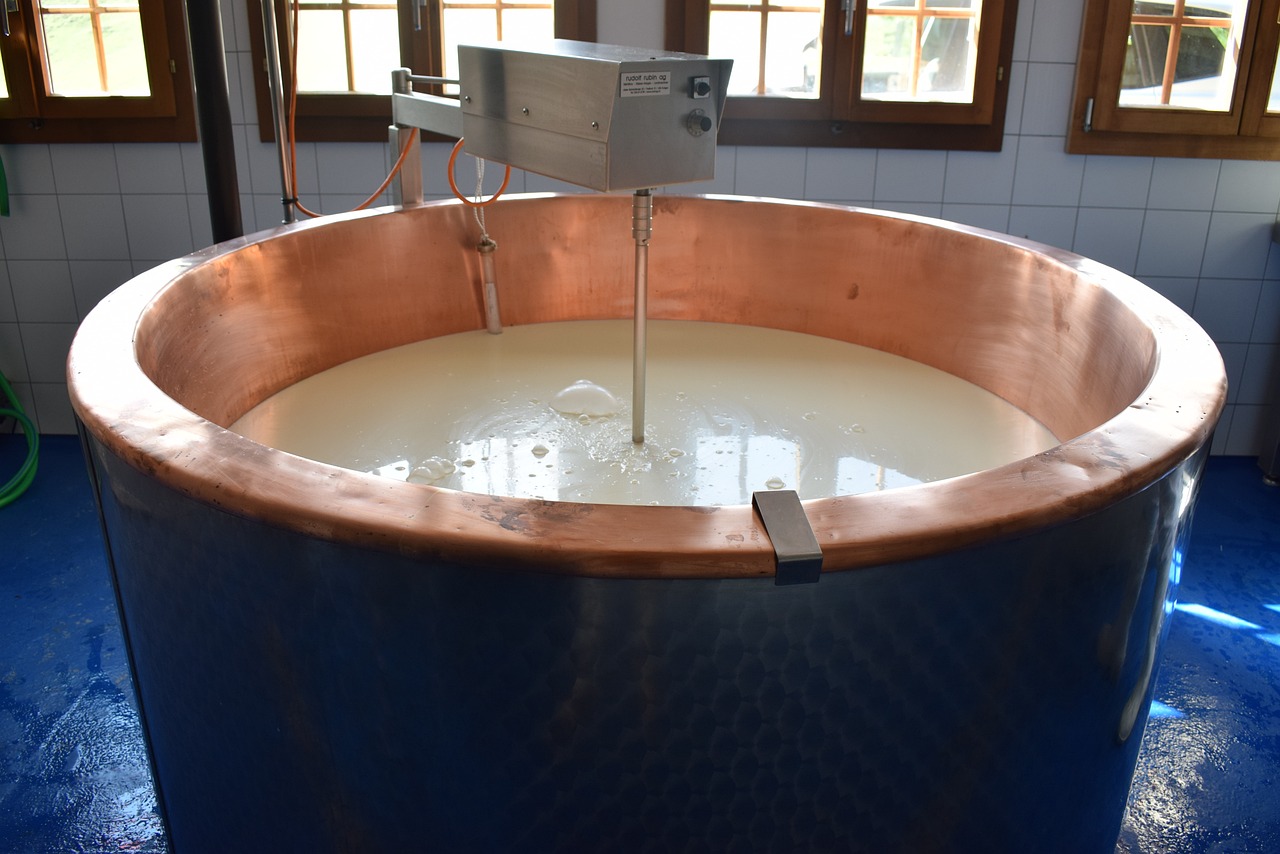
Whey
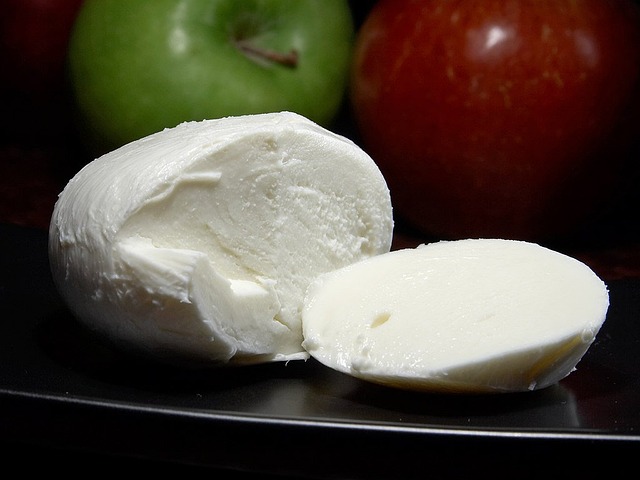
Mozzarella
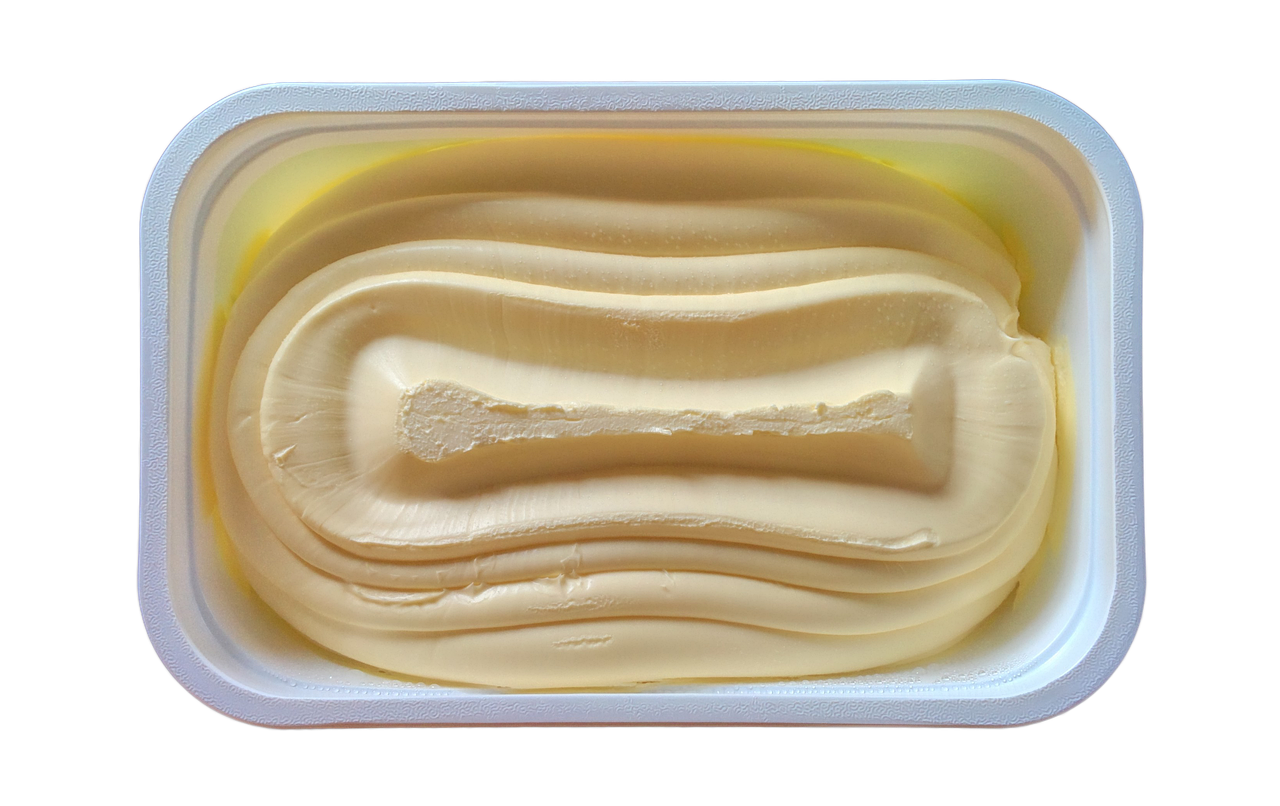
Margerine
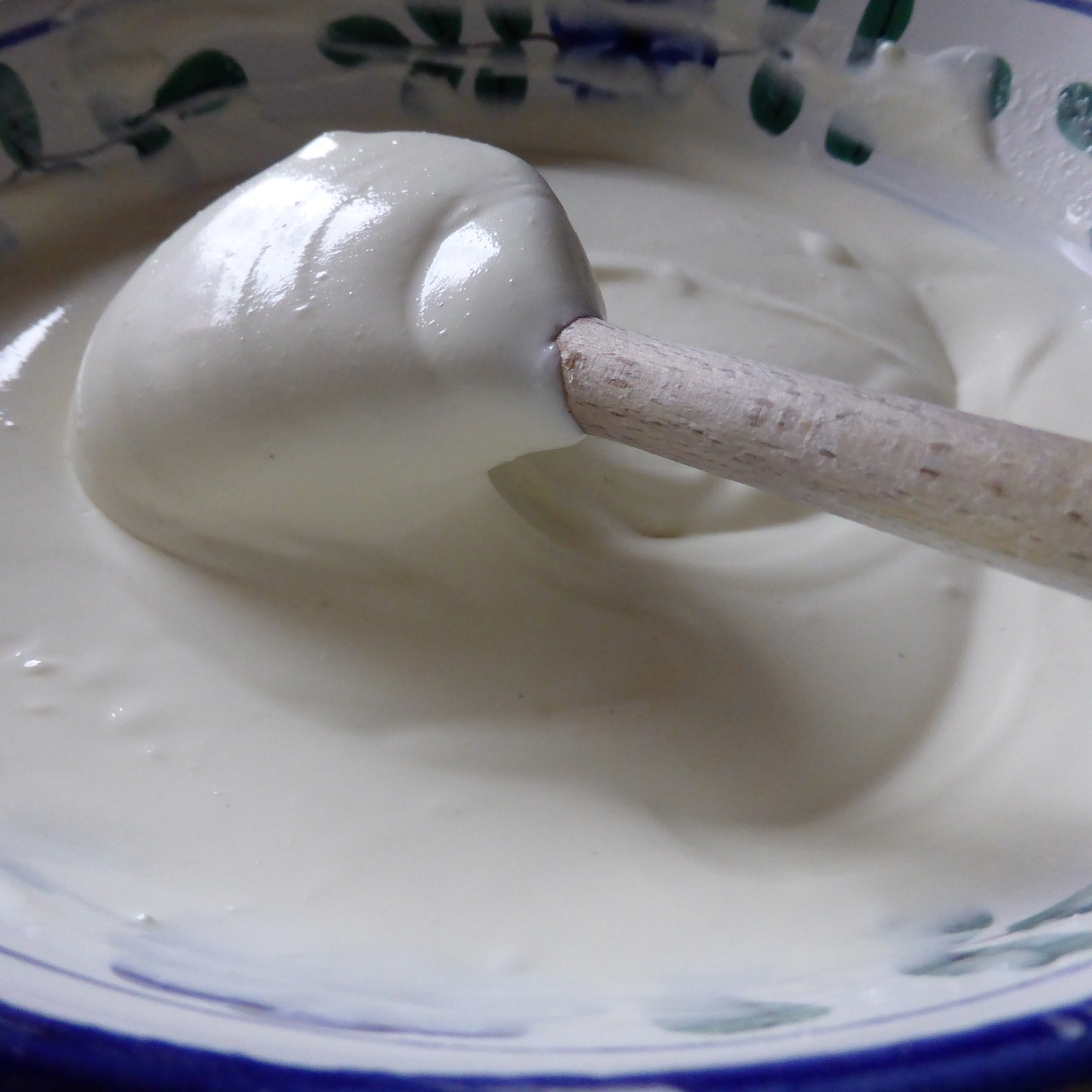
Curd
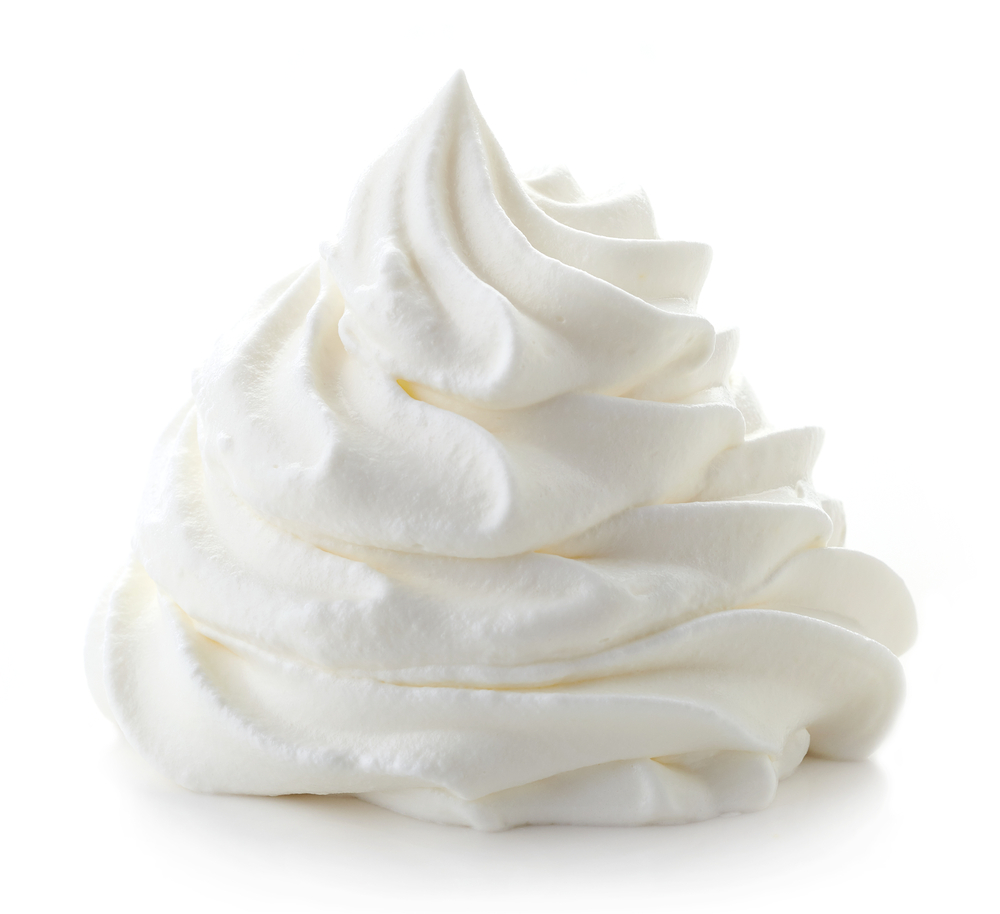
Whipped cream

Halloumi
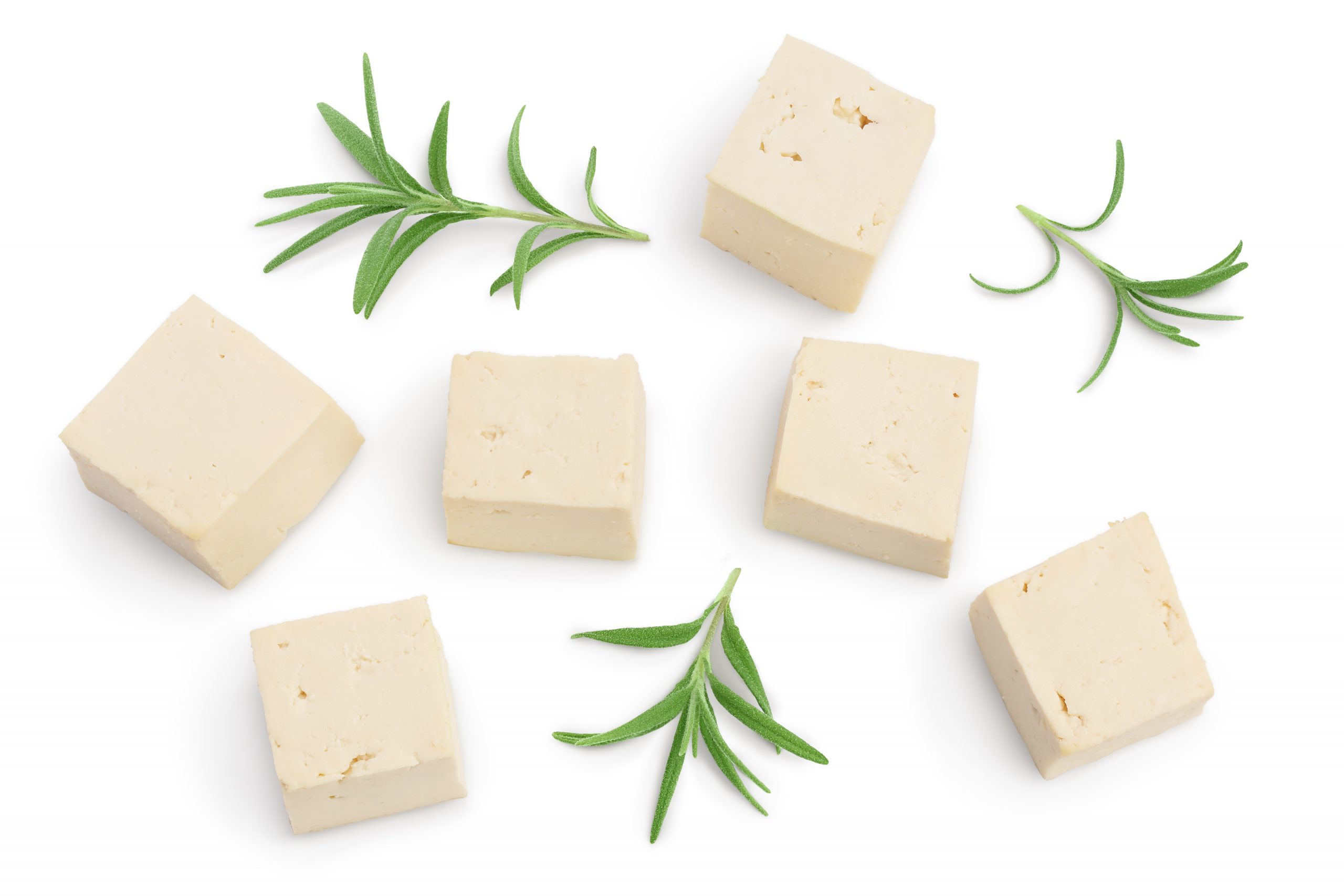
Plant-based cheese
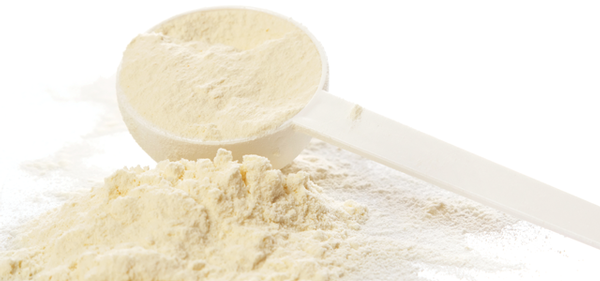
Whey protein

Ice cream
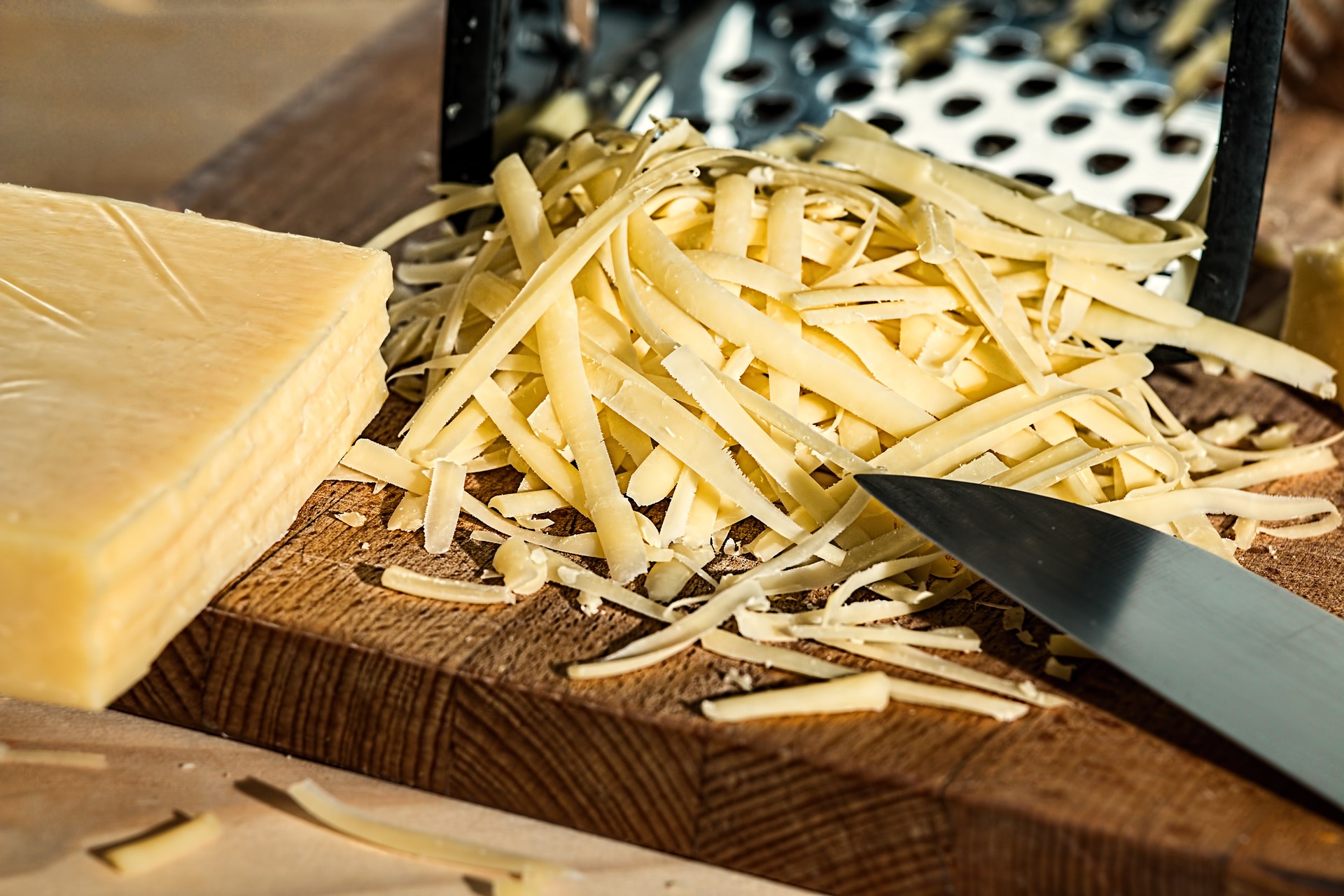
Grated cheese
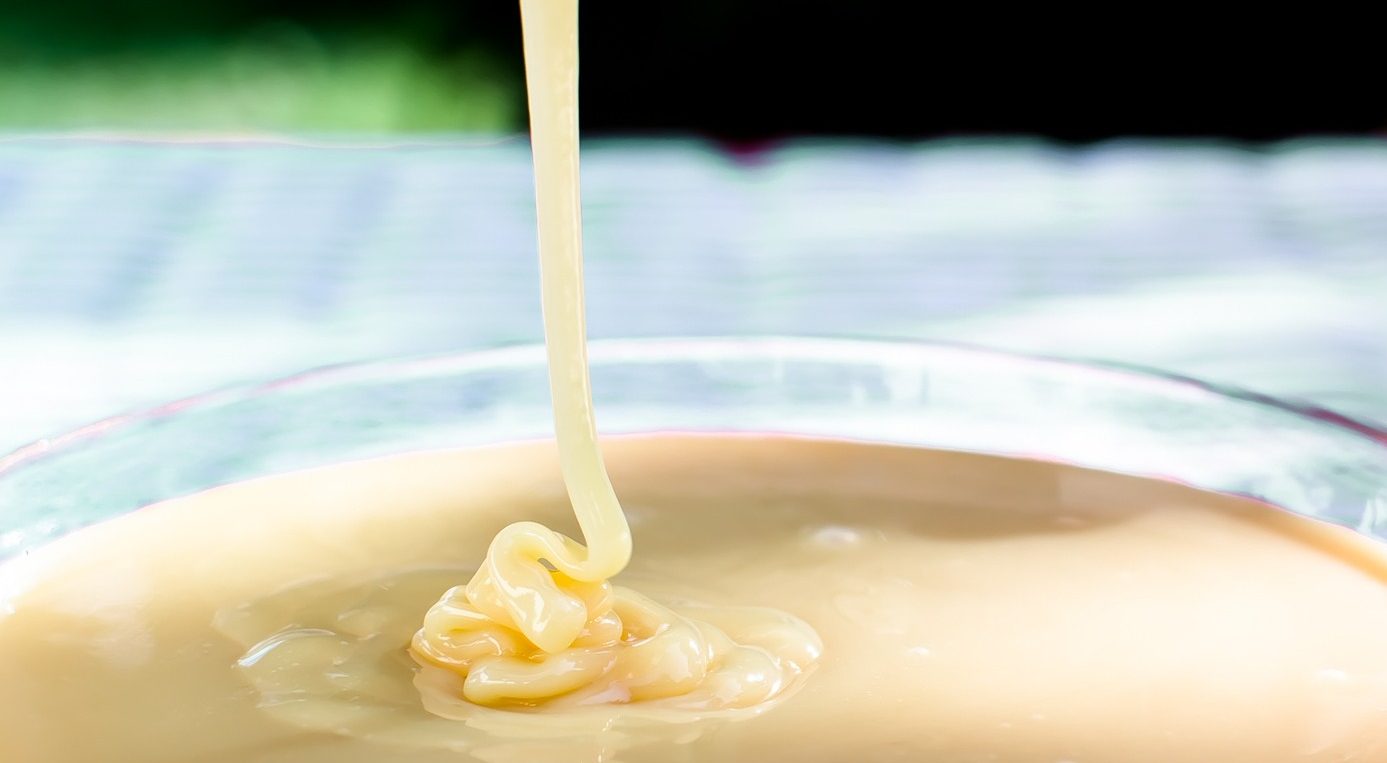
Condensed milk
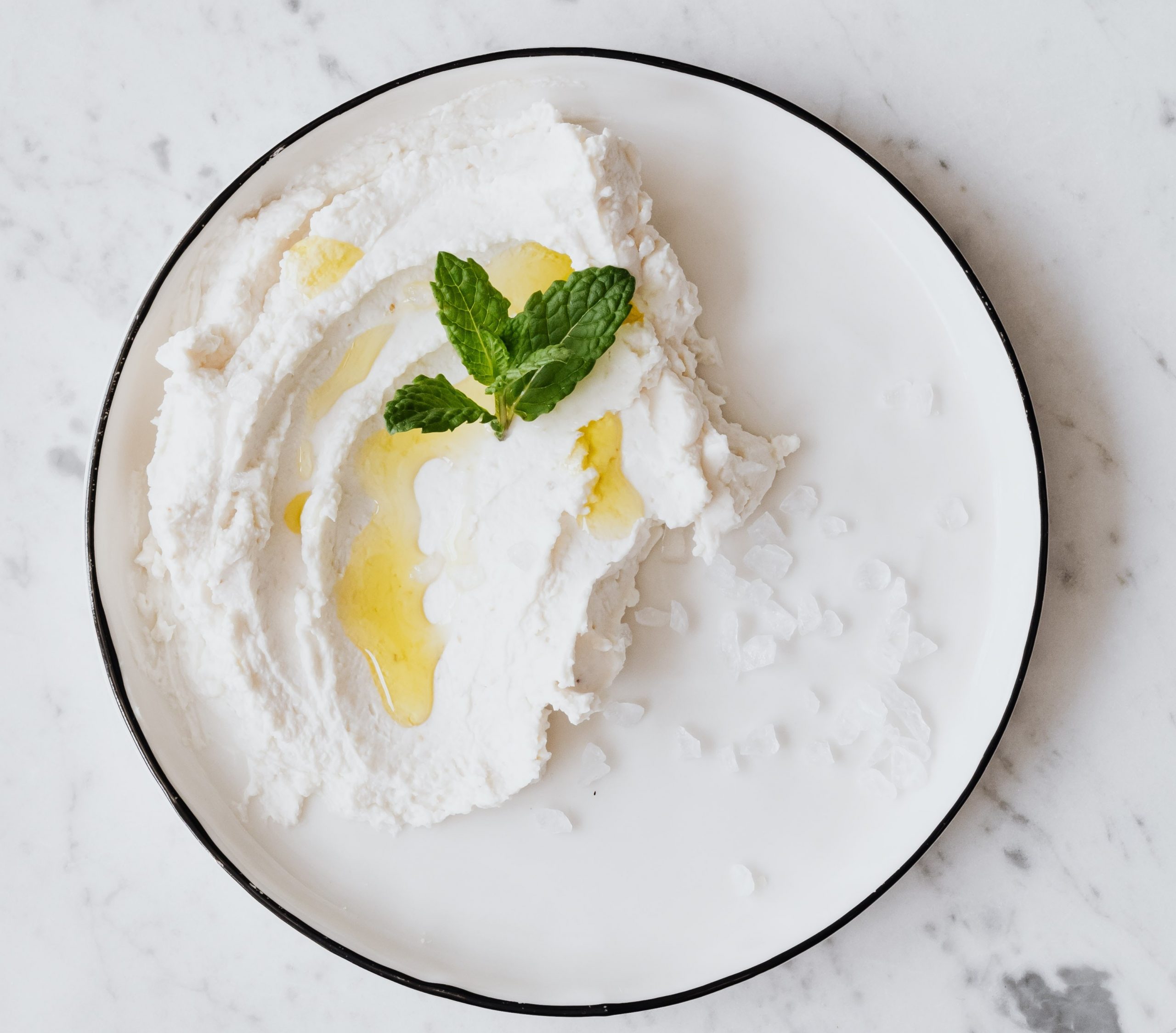
Cheese spread

Butter

Yogurt
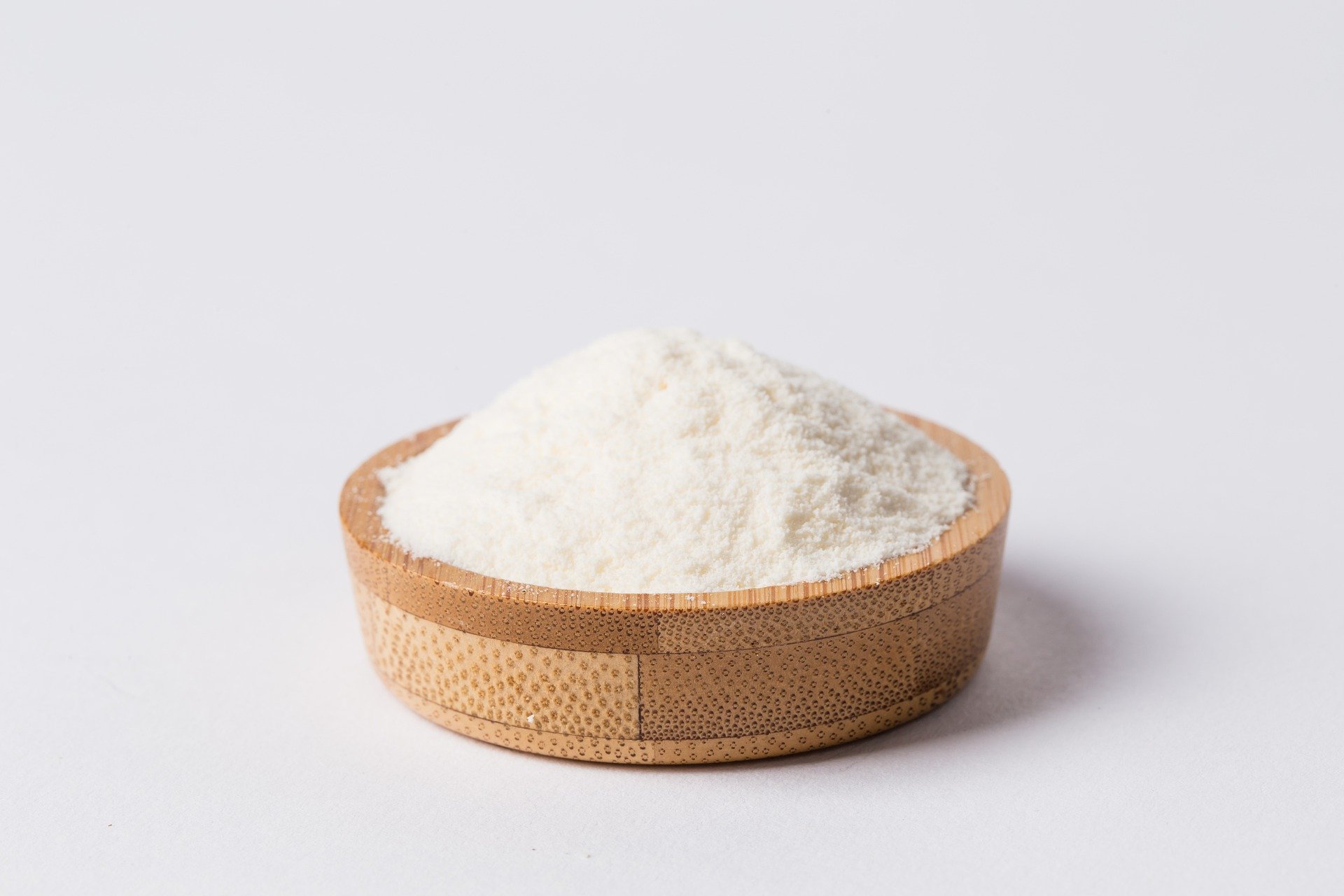
Milk powder
Tell us about your production challenge
Equipment for making dairy products – How milk is processed
Dairy processing equipment covers multiple automated sub-processes to ensure the milk products quality is at its highest. Since milk is the main ingredient of dairy products, the standard process first requires a pasteurization process. A pasteurizer unit helps to remove harmful bacteria from the milk and extend its shelf life through heating using heat exchangers. From then on, pasteurized milk undergoes different processes depending on the desired output. Usually, the milk goes through a homogenizer after pasteurizing. This improves the milk’s texture before it goes to a fermentation vat where the good bacteria (also known as “starter culture”) is added. When the fermented milk reaches a desired level of acidity, it is cooled down to end the fermentation process.
Regulations relating to dairy products
Standards to produce dairy products vary according to countries and regions. For products such as yogurt, there are classifications based on the content of milk fat or protein. For cheese, there are standards about how much moisture or milk fat it must contain, or in case it is made from unpasteurized milk, there is a required aging time. Processes also have regulations. For example in the United States, during the pasteurization process, every particle of milk must be heated to 143 °F (61.7 °C) for 30 minutes (holding method) or to 160 °F (71.1 °C) for 15 seconds (flash method).

Hybrids as an alternative dairy product
Nowadays, plant-based dairy products are booming in the market – in fact, plant-based milk is a product that even non-vegans can’t do without. This is why people have more and more interest in adding more greens to their diet, having a healthier lifestyle, or a lactose-free diet – in fact, lactose intolerance affects 5-17% of Europeans and about 44% of North Americans. However, since not everyone is totally ready to give up the original flavors of milk, many companies are turning to hybrid dairy products that can offer both of the best worlds. Hybrids are a combination of plant-based proteins and traditional dairy products – for instance, almond milk and cow’s milk. With hybrids, people can still enjoy the original flavor of milk with less sugar, lower fats, fewer calories, and high sources of dietary fiber.
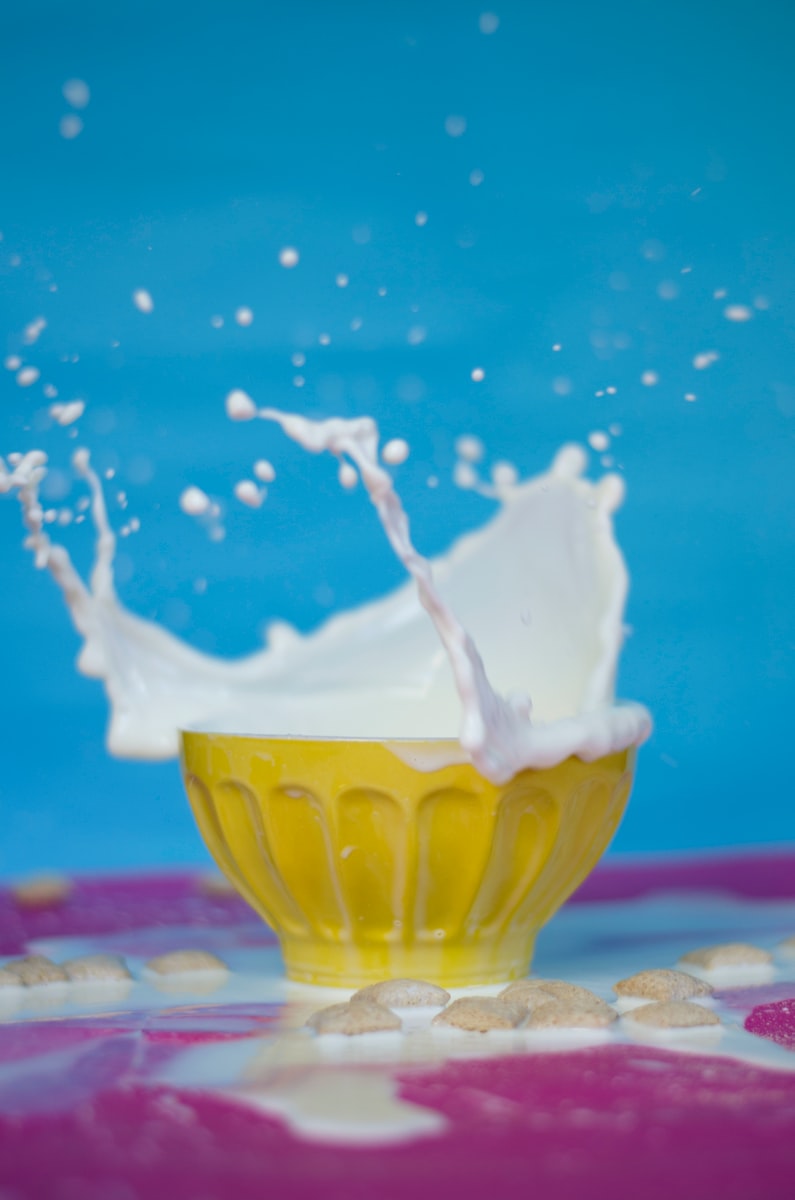
Aseptic filling as a production requirement for dairy products
Aseptic filling is a necessary process in the dairy industry that requires a sterile environment for operation. Because of it, equipment, containers, and packaging material are sterilized using steam, heat, and other treatments. This ensures that the product is free from contaminants and safe for consumption. Furthermore, the processing equipment needs to be stainless steel and should incorporate some sort of CIP cleaning system. CIP stands for “Clean In Place” which essentially means that the cleaning systems has been integrated into the machinery or equipment. The reason for this is to save time due to manufacturers not having to dismantle the machinery in order to clean them.
How sterilizers achieve a long shelf life for dairy products
One of the most common yet important processes in the production of dairy foods and products is sterilization. This food processing step ensures a clean final product and helps achieve a long shelf life. The products are heated for a certain amount of time and then cooled in preparation for packing. An autoclave is used as equipment to perform such tasks.
In conclusion, specialized dairy equipment is necessary to process milk and create products such as cheese, butter, and yogurt. The pasteurization, homogenization, and fermentation processes require specific equipment. and adhere to different regulations based on country and region. Aseptic filling and sterilization play a crucial role in making safe and clean dairy products with a longer shelf life. Moreover, hybrids of plant-based proteins and traditional dairy products are becoming more popular among consumers. Whether it’s for a dairy farm or cheese making, it’s important to use the right equipment to produce high-quality dairy products that meet regulatory requirements.
Which dairy technology do you need?
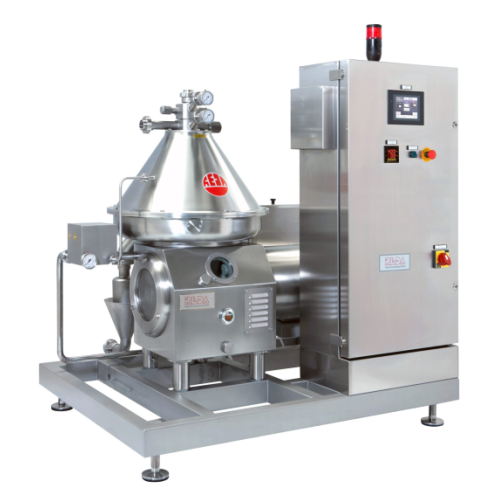
Milk skimming separators for dairy applications
Enhance dairy production with high-efficiency skimming separators that opt...
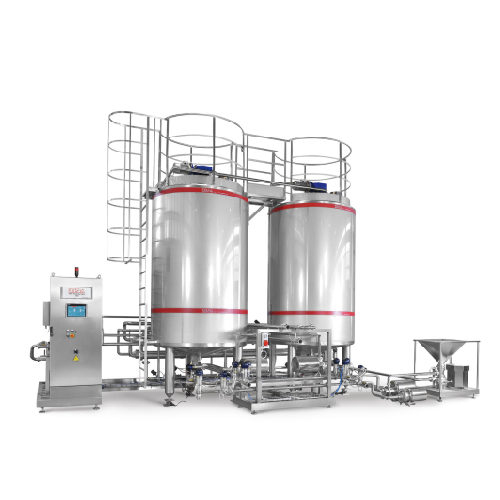
Blending and mixing unit for dairy and beverages
Achieve precise recipe control and high-quality results by seamlessly int...
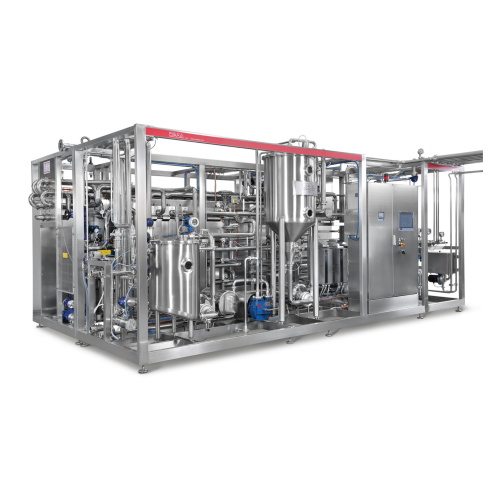
Milk evaporator for dairy industry
Optimize your liquid food production with precise control over evaporation processes, en...
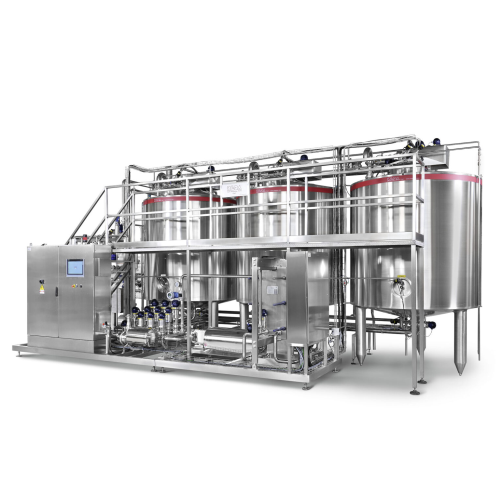
Fermentation tank for yoghurt and fermented dairy products
Optimize your dairy and plant-based drink production with eff...

Bacteria removal separator for dairy products
Ensure top-quality dairy and plant-based products with reliable bacteria rem...
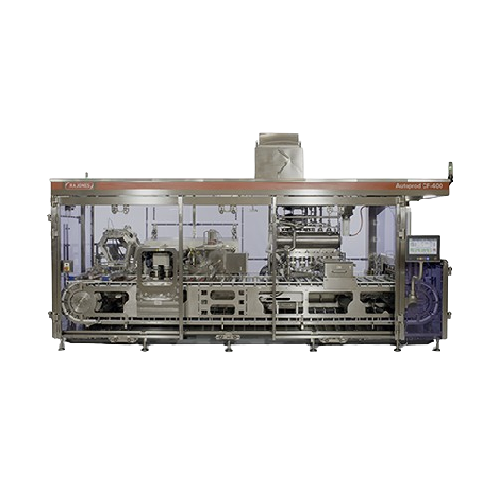
Cup filling and sealing system for dairy products
Optimize your production line with versatile cup filling and sealing ca...
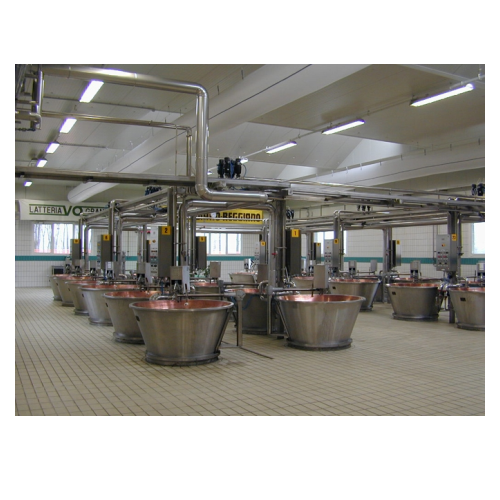
Steam cooking system for dairy production
Ensure precise temperature regulation and efficient moisture control in cheese a...
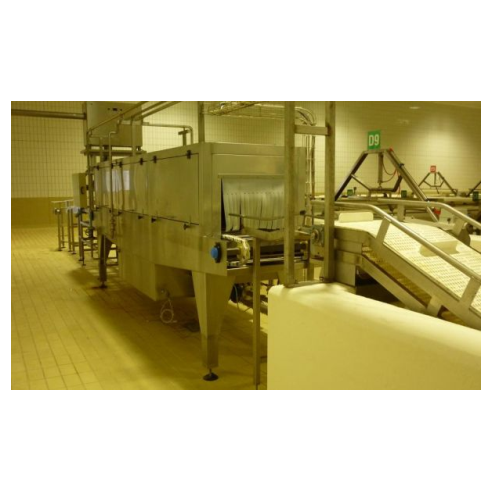
Dynamic brine salting system for dairy production
Streamline your cheese salting process with a system designed to handle...
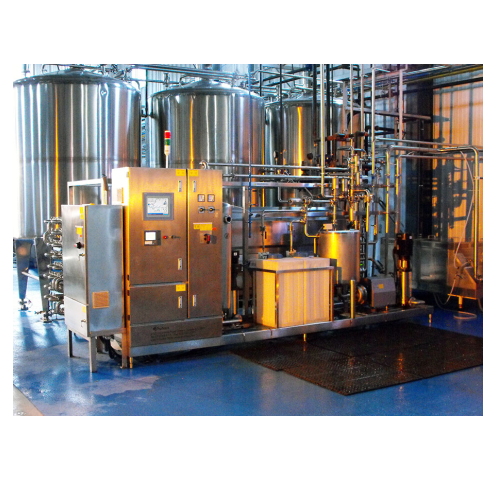
Dairy alternative production technology
Transform your production line with efficient dairy-alternative technology, enablin...
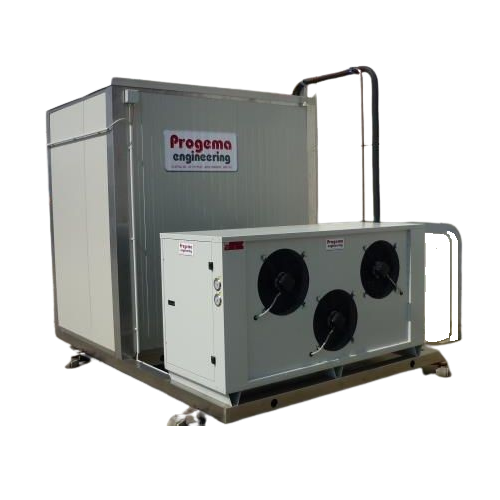
Ice storage tanks for dairy industry
Ensure optimal temperature control and efficiency in cheese production with robust ice...

Automated milk dosing system for dairy production
Ensure precise milk allocation for diverse cheese types with this robus...
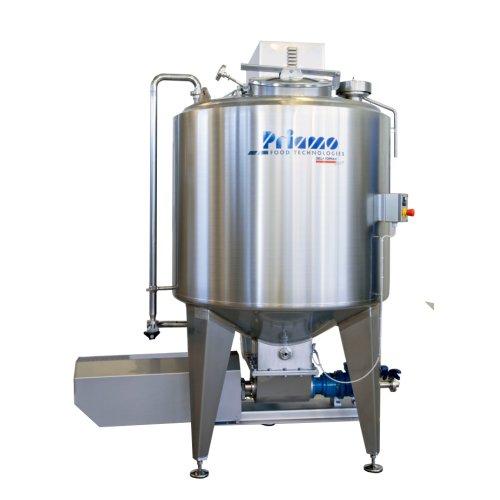
Ricotta smoothing mixer for dairy production
Achieve consistently smooth and perfectly blended ricotta with advanced mixin...

Cip systems for dairy production
Ensure consistent hygiene and sanitation levels in your production line with efficient, aut...
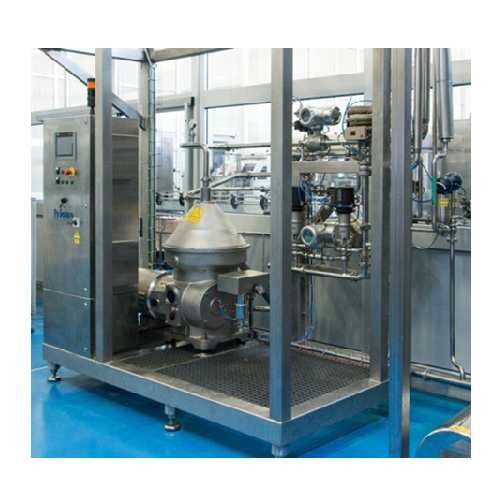
Centrifugal separators for dairy product processing
Ensure optimal dairy product quality with a centrifugal separation so...
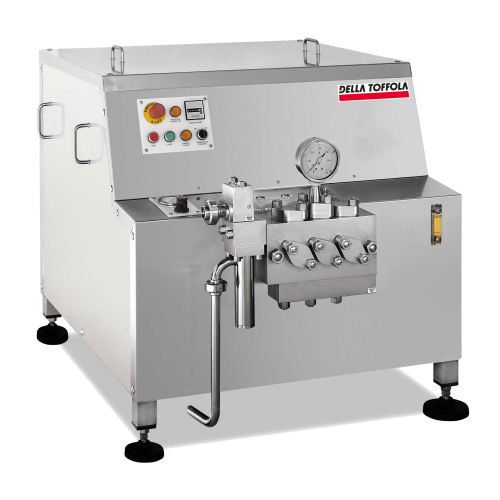
Industrial homogenizers for dairy products
Maximize consistency and quality in your production of milk products and bevera...
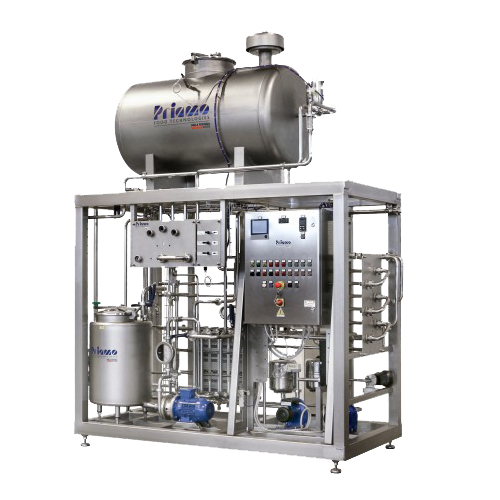
Milk pasteurizers for dairy sector
Ensure optimal safety and quality of your dairy products with advanced pasteurization te...
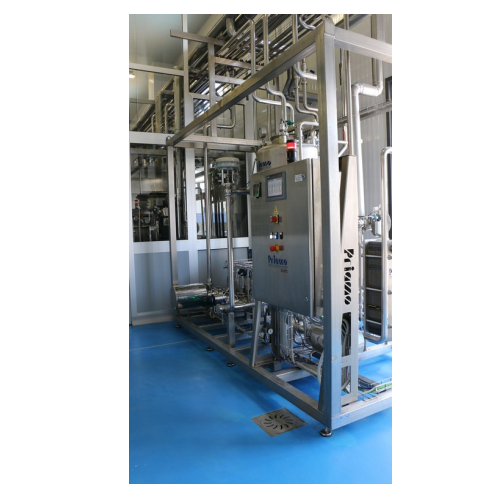
Milk receiving and storage units for dairy operations
Streamline your dairy processing with equipment designed to efficie...
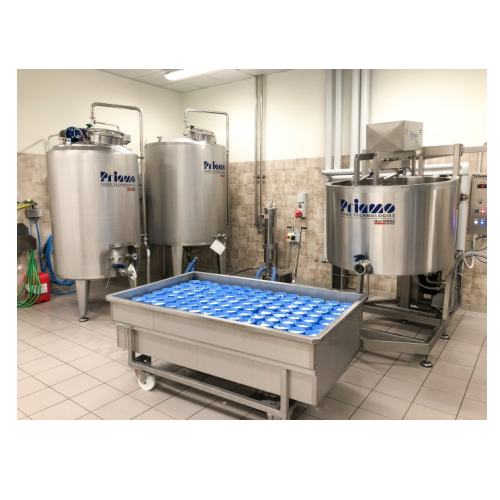
Mini dairy system for small-scale cheese production
Optimize your dairy production with a compact system designed for tra...
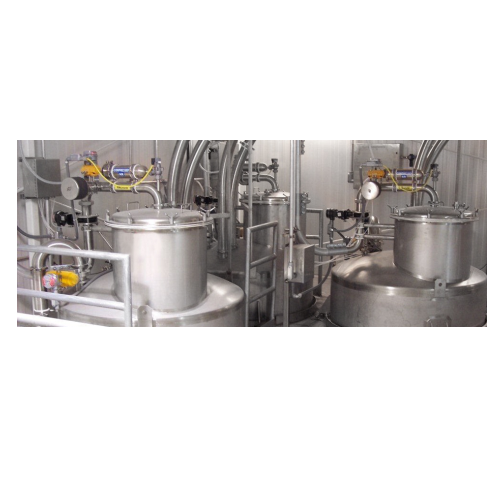
Air filtration system for dairy and food powder processing
Optimize powder processing with advanced air filtration, ensu...
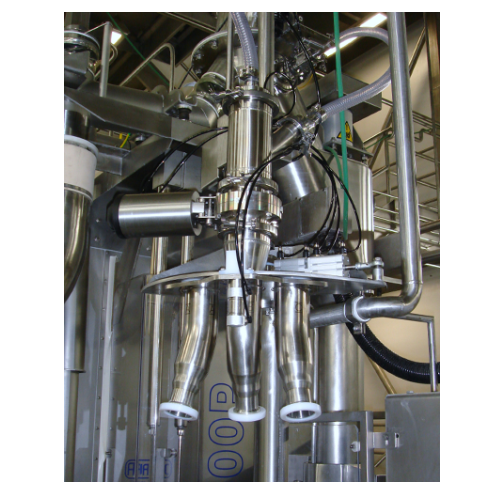
Powder sampler systems for food and dairy plants
Ensure precise quality control by implementing advanced sampling techniqu...
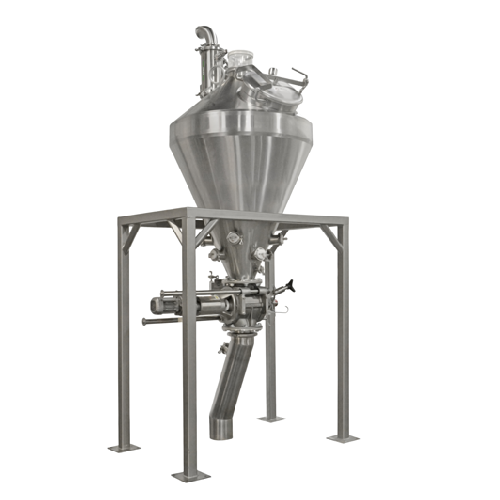
Storage silos and hoppers for food and dairy industries
Ensure optimal powder storage with solutions that enhance space e...
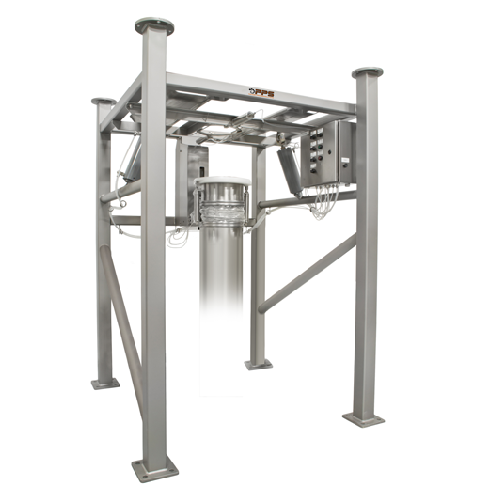
Powder unloading systems for food and dairy applications
Streamline your powder handling with customizable unloading syst...
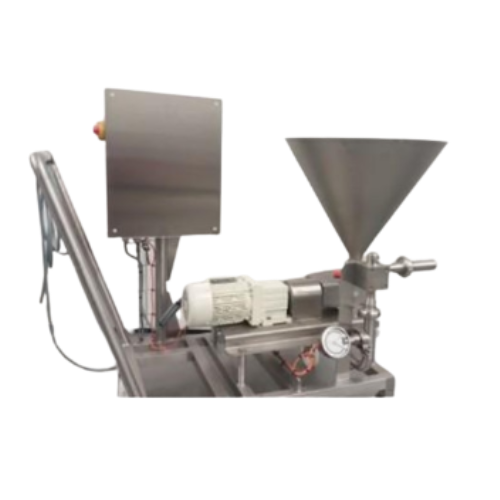
Food product smoothing system for dairy and purees
Achieve unparalleled texture and fineness in viscous food products wit...
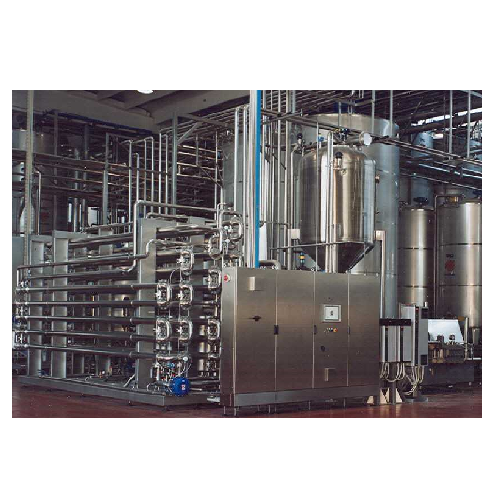
Tubular pasteurizer for wine, grape juice, and dairy
Ensure product integrity by efficiently inactivating microorganisms ...
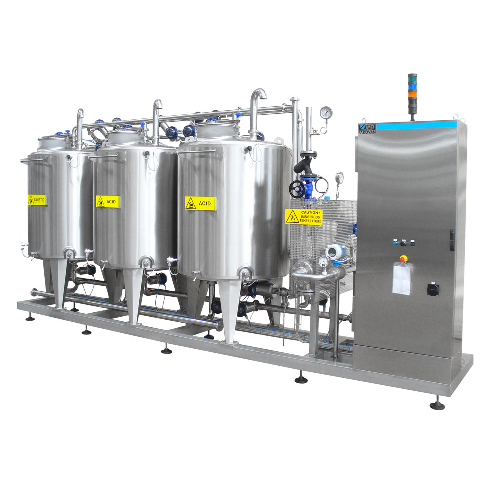
Cip system for wine, grape juice, oil, and dairy
Ensure optimal hygiene and operational efficiency in processing lines wit...
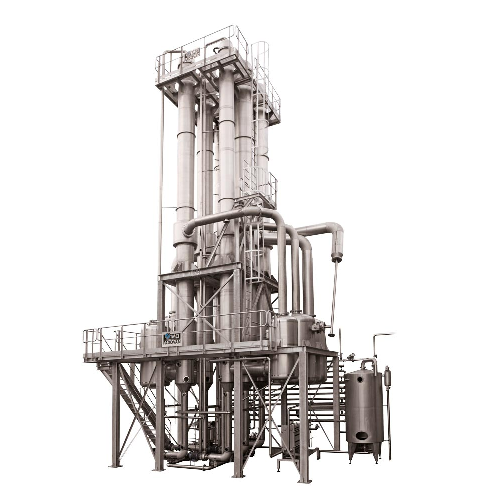
Evaporators for grape juice and dairy products
Optimize the concentration of grape juice and dairy products with precision...
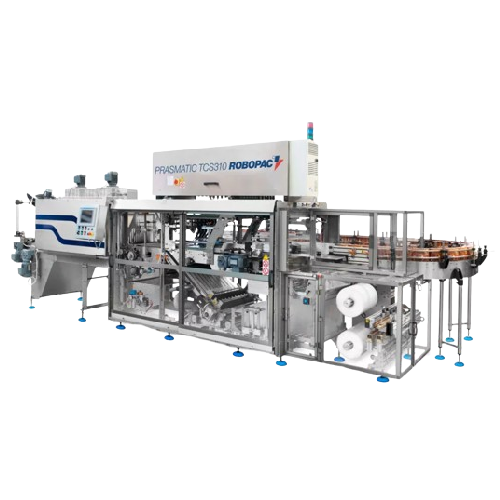
Medium-speed automatic shrink wrapping systems for food and dairy
Optimize your packaging line with this flexible shrin...
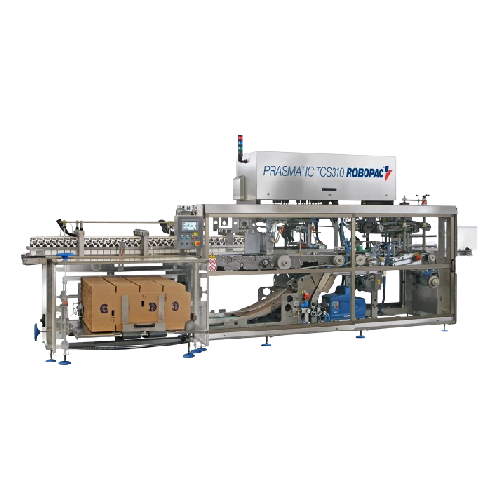
Medium-speed wrap around case packer for food and dairy industries
Optimize your end-of-line efficiency with a reliable...
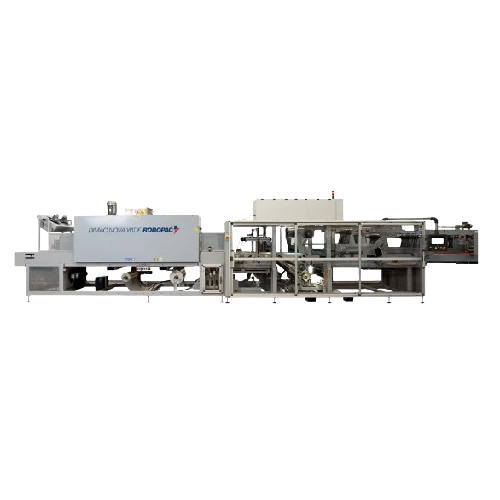
Shrink wrapping solution for high capacity beverage and dairy bundles
This modular shrink wrapping and tray forming sol...
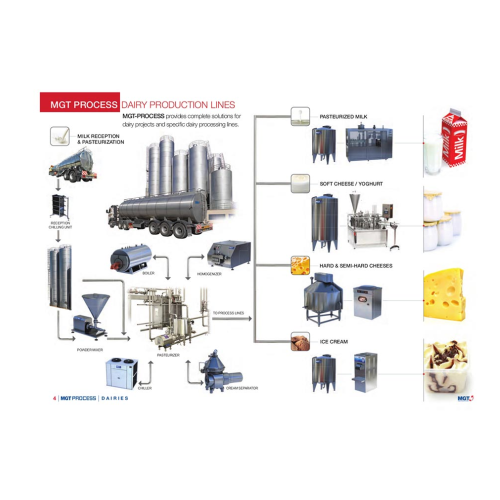
Homogenizer for dairy products
Achieve precise texture and quality in dairy products with this versatile homogenizer, design...
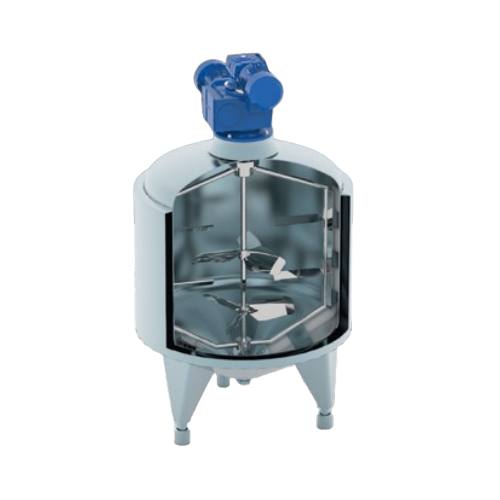
Stainless steel tanks for dairy processing
Optimize your dairy processing with customizable stainless steel solutions for ...
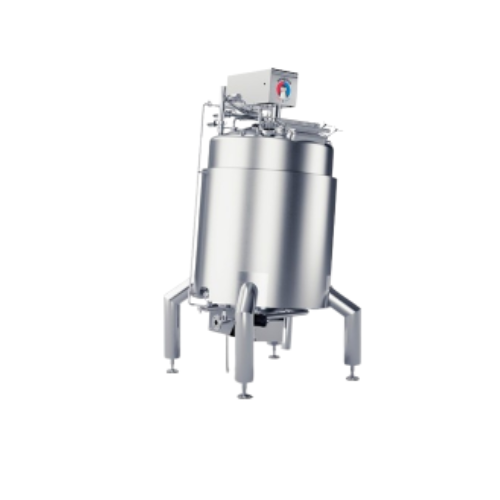
Heating and cooling system for food and dairy products
Achieve precise temperature control and efficient processing with ...
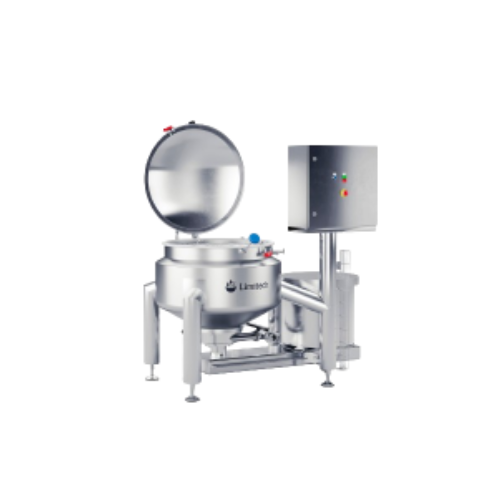
Inline high shear mixing for dairy and condiments
Streamline your production line with innovative inline high shear mixin...
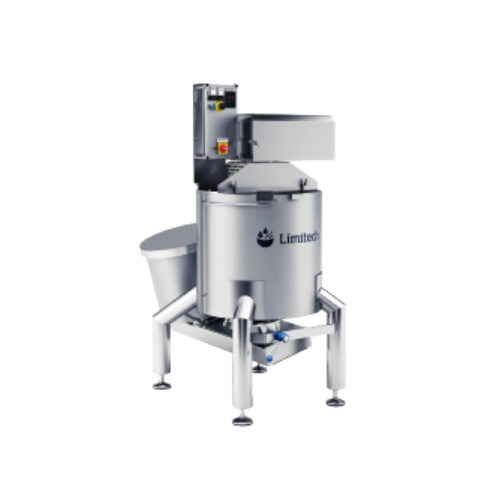
Industrial mixer for baby food and dairy production
Optimize your production line efficiency with a versatile mixing solu...
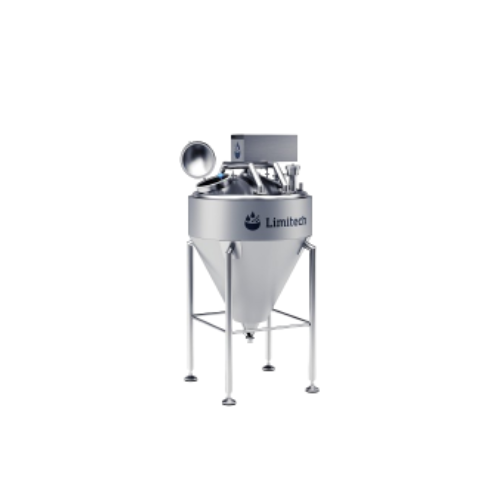
Conical buffer tank for hygienic dairy and food processing
Achieve efficient processing of high-viscosity products with ...
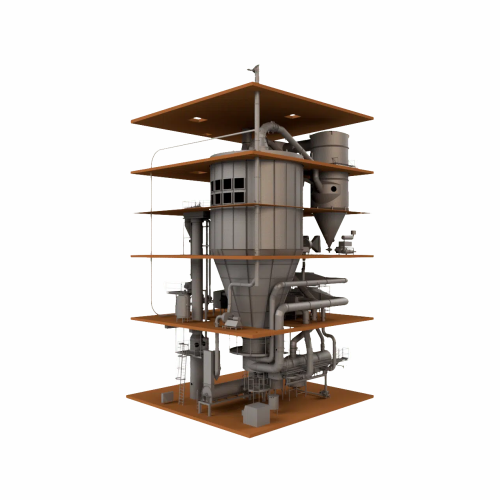
Permeate drying system for dairy applications
Optimize your dairy production with efficient permeate drying, delivering hi...
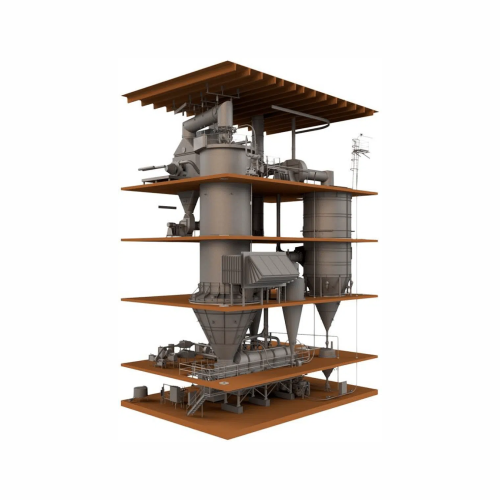
Protein drying system for dairy products
Optimize your dairy production with a customizable drying system designed for effi...
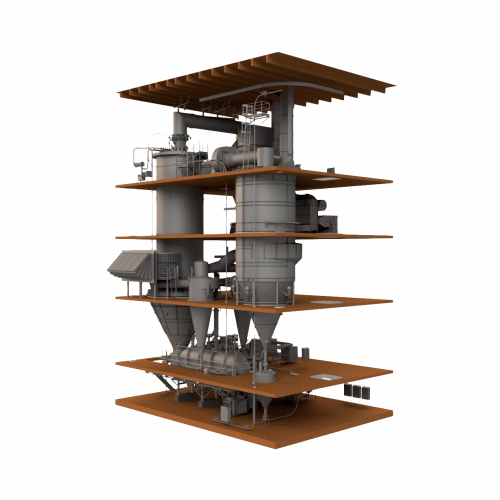
Tall form bustle dryer for dairy and food products
Experience efficient drying and precise moisture control with this inn...
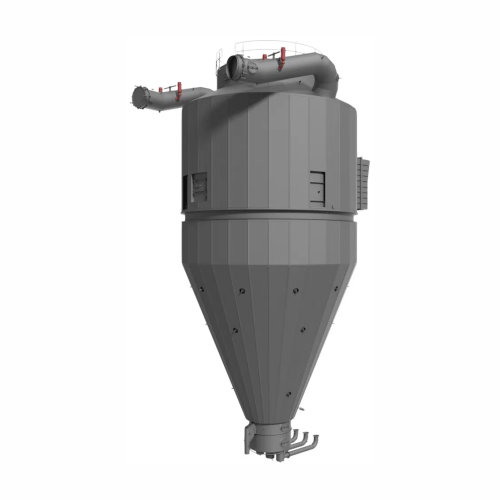
Wide body dryer for dairy and food products
Achieve precise moisture control and optimal powder agglomeration for dairy an...
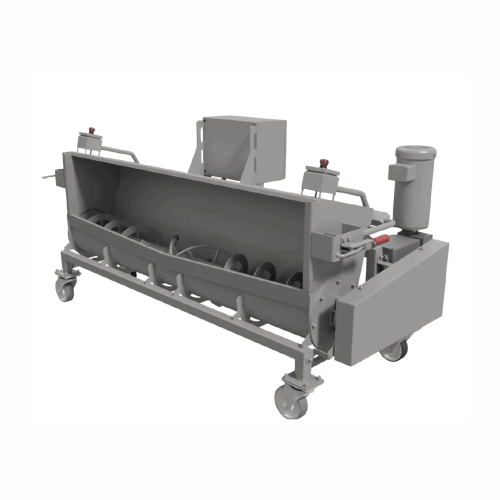
Curd unloader for dairy production
Streamline your cheese production with efficient curd unloading and transfer, ensuring s...
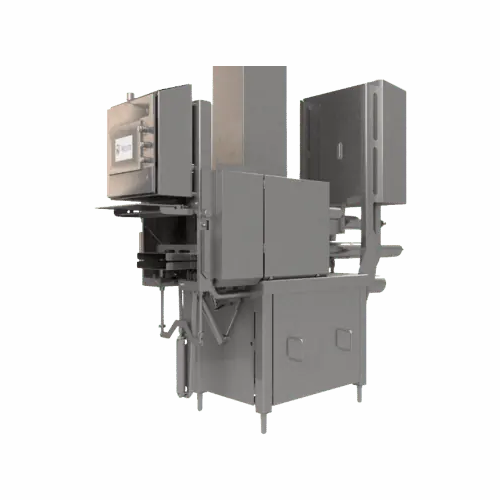
Cheese blockformer for dairy industry
Achieve consistent cheese block quality and seamless curd fusion through precision en...
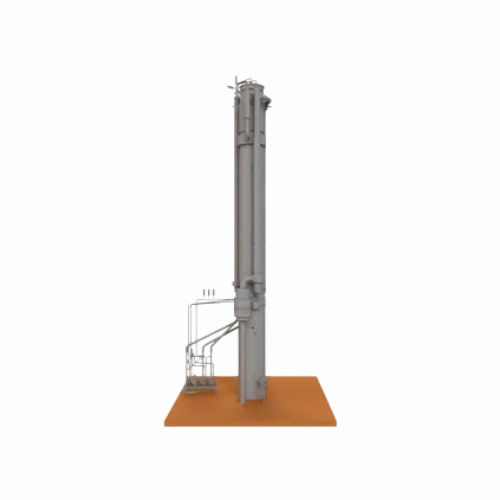
High-concentration dairy evaporator
Achieve high solids concentrations with enhanced efficiency by integrating this evapora...

Centrifugal separators for dairy products
Enhance your liquid food product quality with centrifugal separators designed fo...
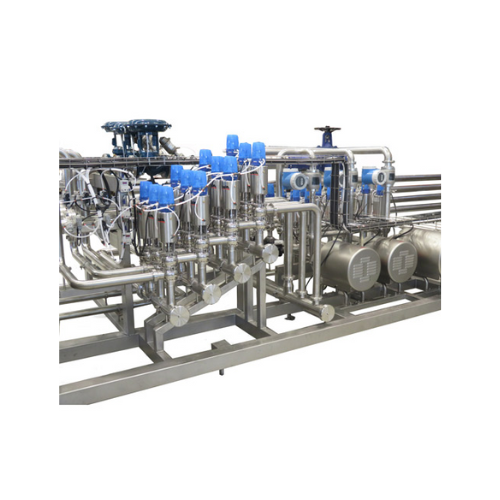
Cip cleaning system for dairy industries
Ensure hygienic operation with this system, designed to maintain optimal cleanline...
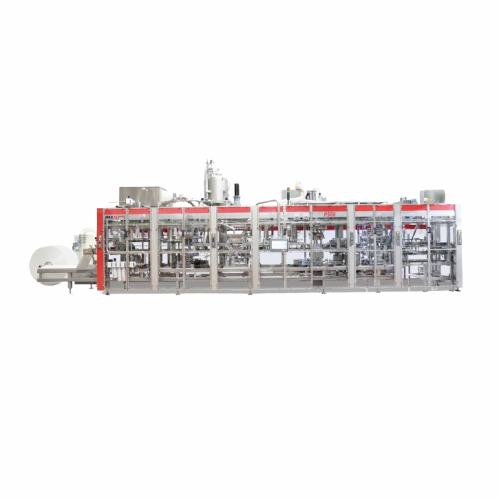
Form fill and seal solution for dairy portion packs
Optimize your production with precision portion packing, reducing mat...
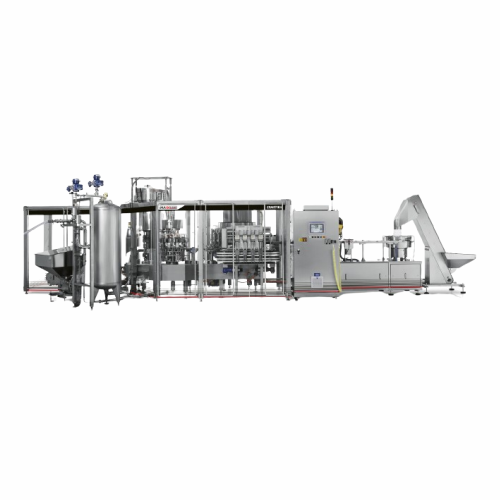
High-speed pouch filling and sealing system for food and dairy
Achieve precise spouted pouch filling with minimal waste ...
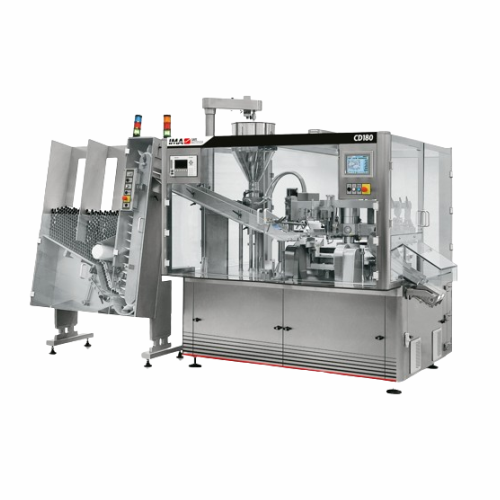
Automatic tubefiller for food and dairy products
Achieve precise dosing and seamless tube filling with high-speed efficien...
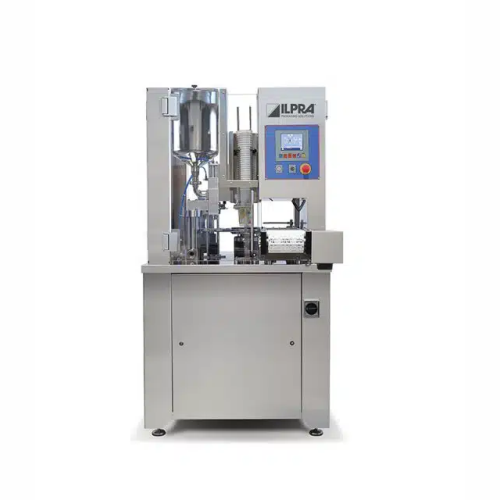
Rotary filler and sealer for dairy products
Optimize your filling and sealing needs with a compact solution designed for c...
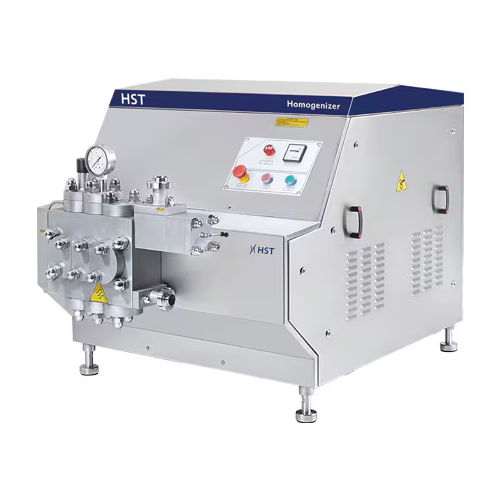
High-pressure homogenizers for dairy and food products
Achieve consistent texture and stability in your liquid products w...
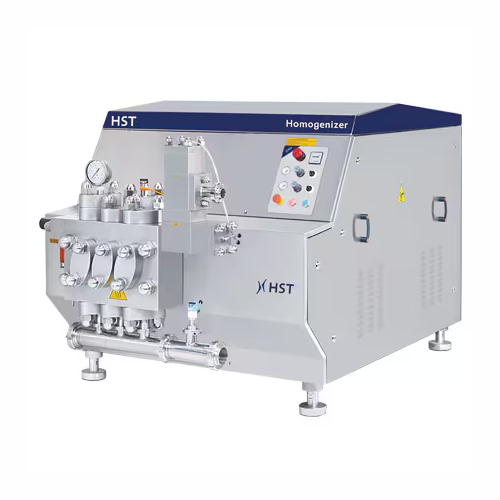
High-pressure homogenizers for dairy and beverage industries
Achieve precise emulsion stability and consistent particle ...
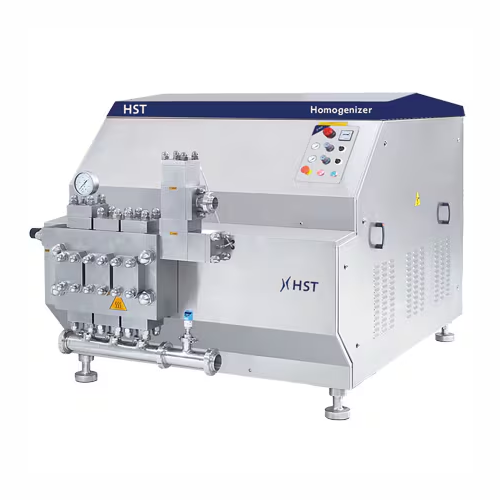
High-pressure homogenizers for dairy and juice processing
Ensure superior texture and stability in your liquid formulati...
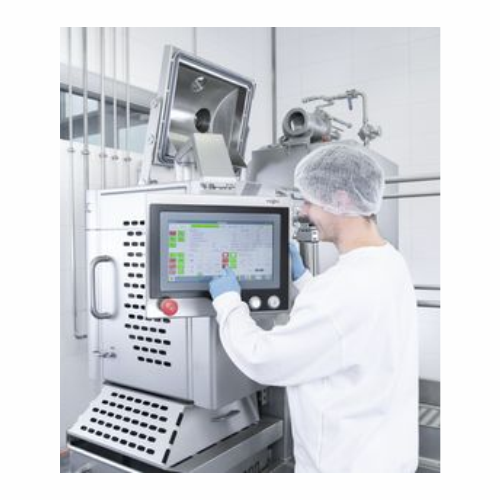
Flexible mixing system for meat and dairy products
This versatile mixing system delivers precise control over temperature...
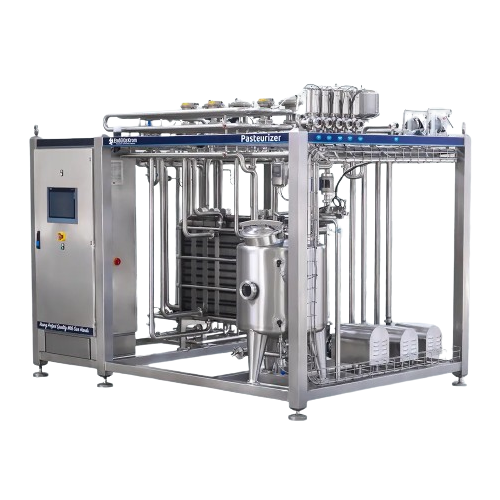
Industrial pasteurizer for dairy and beverage processing
Enhance product quality and safety with efficient heat treatment...
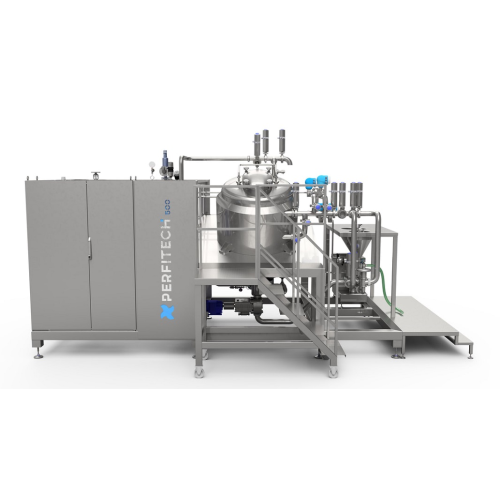
Pasteurizer for dairy concentrates
Ensure optimal flavor and texture in dairy products with precise pasteurization that pro...
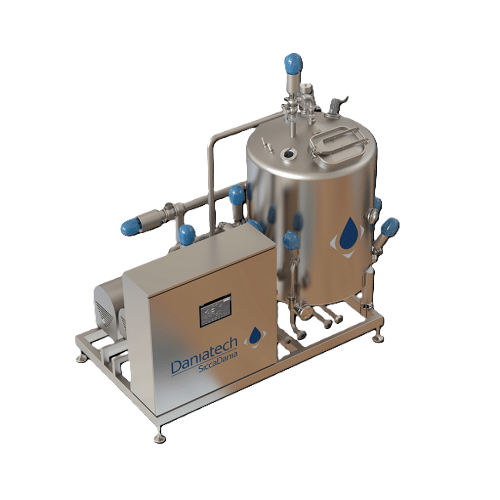
High-capacity inline mixer for dairy and beverages production
Achieve a rapid and homogeneous mix in high-capacity produ...
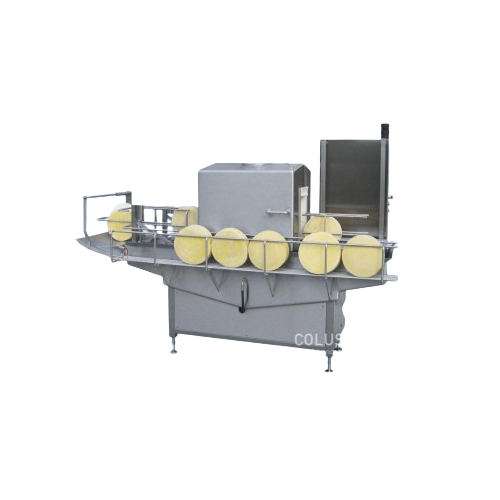
Automatic cheese washing system for dairy industry
Ensure your cheese production maintains optimal hygiene and efficiency...
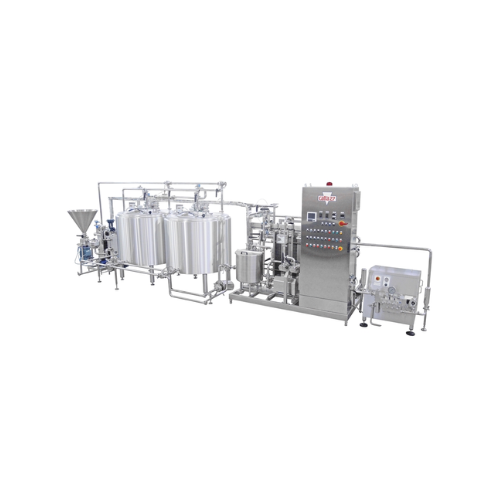
High-temperature short-time pasteurization system for dairy products
Optimize your dairy and ice cream production with ...
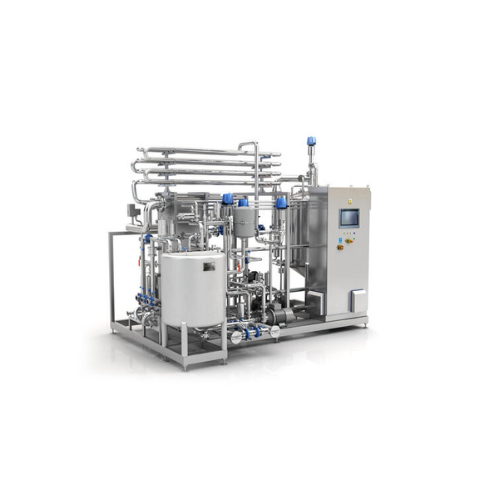
Industrial pasteurizer for juice, dairy, and vegetable purees
Ensure product safety and extend shelf life with this comp...
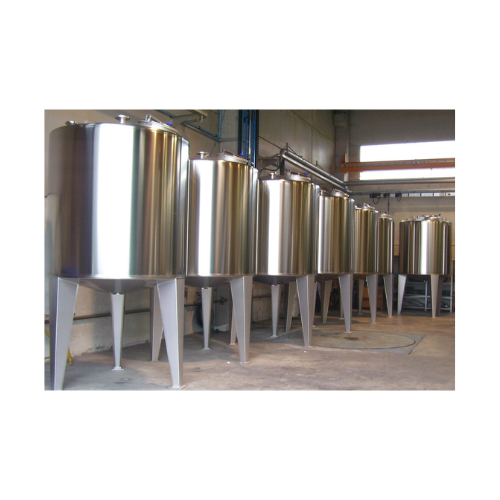
Storage tank for dairy products and juices
Designed for optimal preservation and hygiene, these storage tanks prevent sedi...
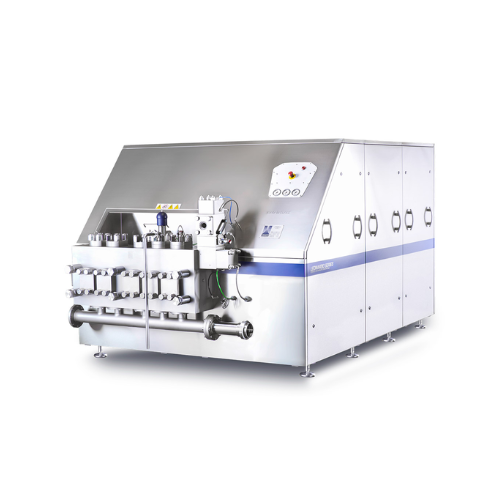
High-pressure homogenizer for dairy and food production
Optimize your product consistency and stability with a high-press...
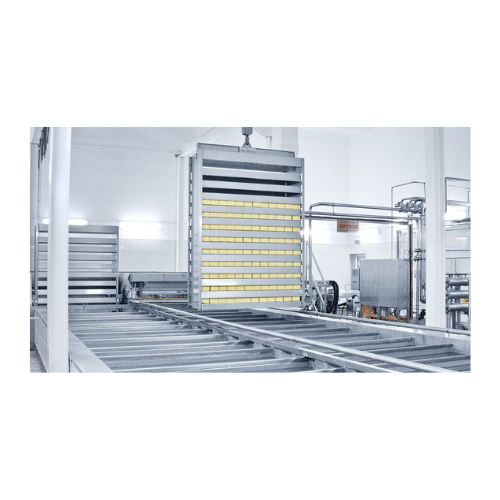
Cip cleaning systems for dairy processing plants
Optimize cheese production with precise curd handling and exceptional sti...
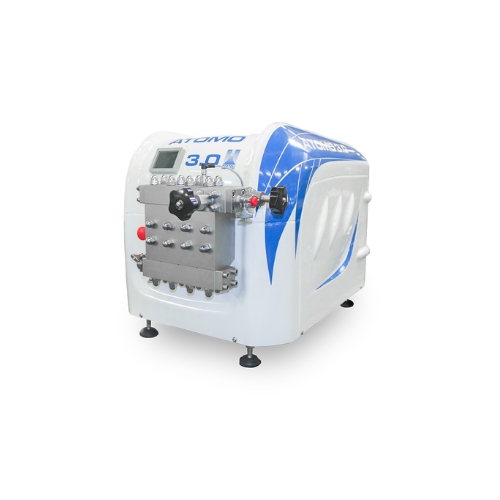
Laboratory homogenizer for dairy and biotech applications
Ensure precise particle size reduction and consistent texture ...
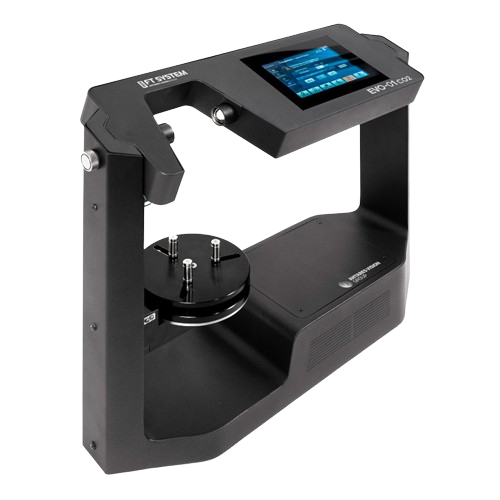
Co2 monitoring for dairy product contamination
Ensure product safety by rapidly detecting microbial contamination in dairy...
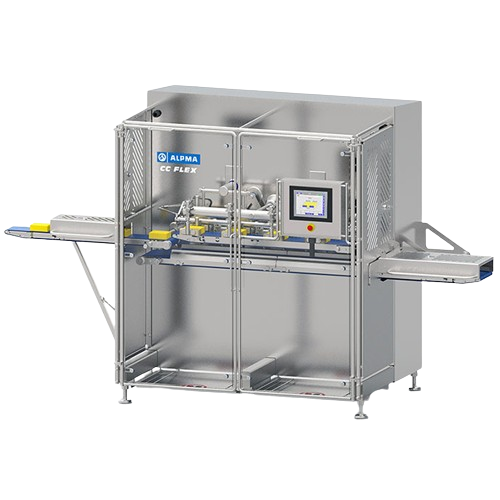
Cube cutter for dairy products
Achieve precise and consistent cheese and dairy snack cubes effortlessly with high-speed, con...
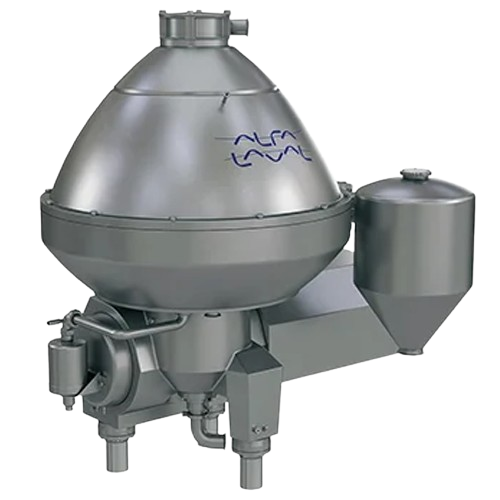
Milk clarifier for dairy industry
Enhance your dairy production with efficient milk and whey clarification, ensuring produc...
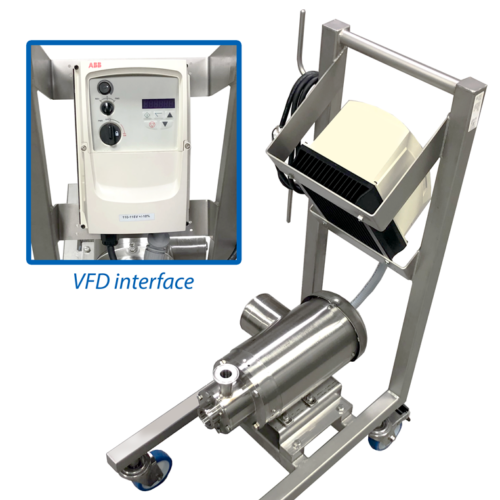
Inline continuous mixer for dairy and beverage processing
Achieve precise emulsification and particle size reduction for...
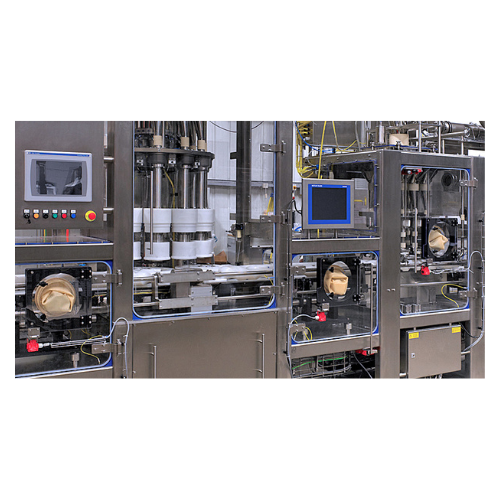
Vacuum powder filler for dairy and pharmaceutical products
Achieve precision and maintain product integrity with a versa...
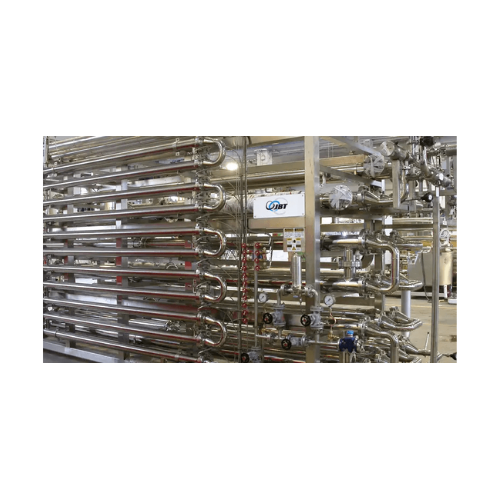
Heat exchanger for dairy and beverage applications
Optimize your liquid product thermal processing by directly regenerati...
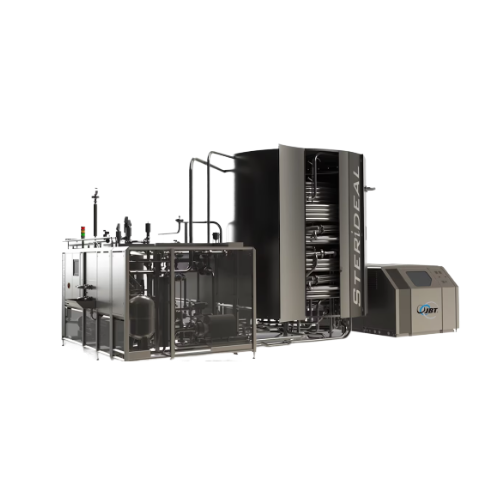
Coil heat exchanger for dairy and beverage processing
Quickly sterilize and retain product quality with this coil heat ex...
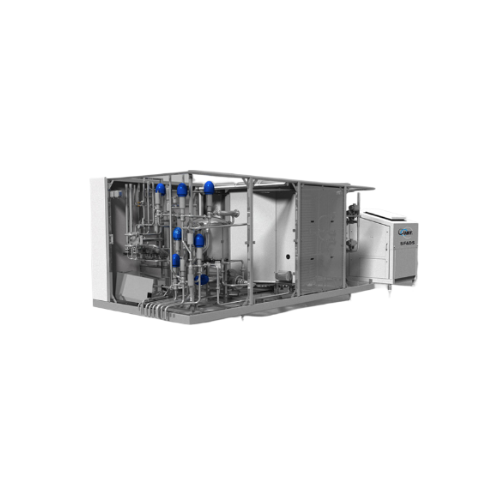
Uht sterilizer for dairy and high-viscosity products
Optimize your production of dairy alternatives and fruit-based drink...
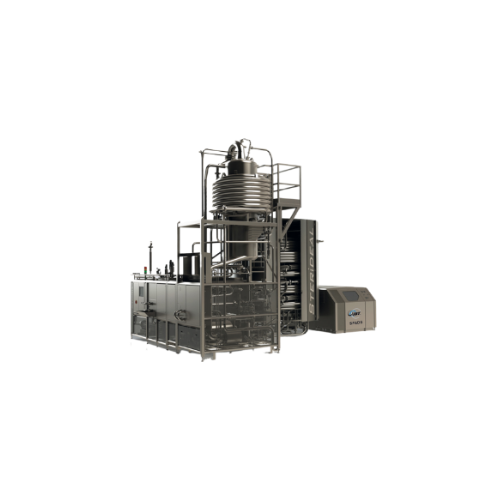
Dual heating coil for dairy and beverage processing
Achieve precise temperature control for your liquid products with a s...
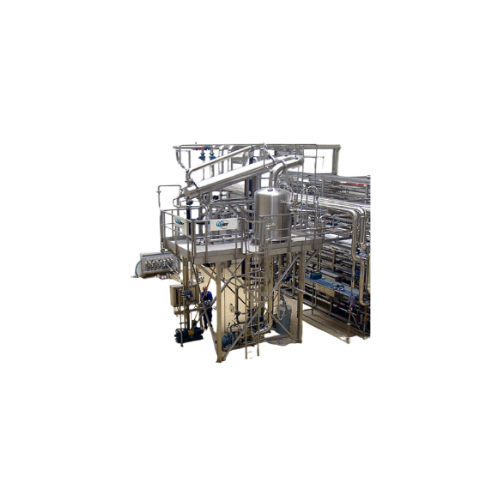
Deaerator for juices and dairy processing
Ensure the quality and shelf-life of liquid foods by effectively removing entrap...
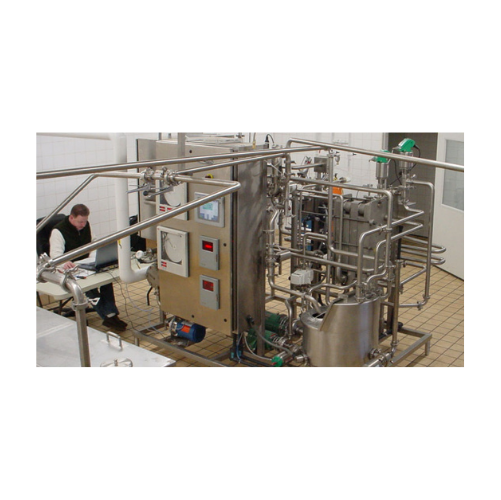
High temperature short time (HTST) dairy pasteurization system
Ensure precise pasteurization with advanced heat transfer...
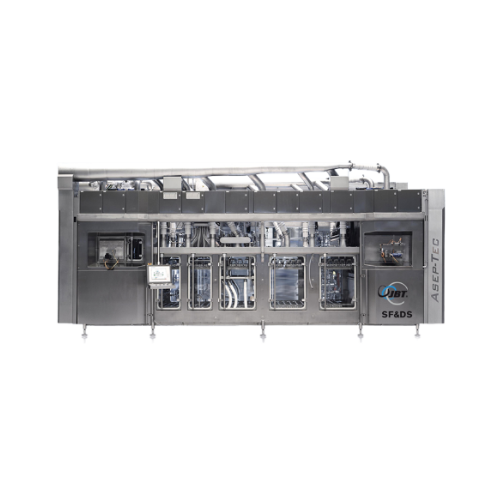
Aseptic filler for packaged dairy and beverages
Ensure product sterility and extend shelf life efficiently with high-speed...
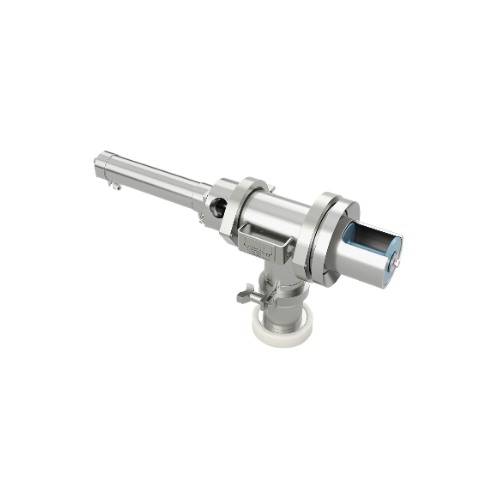
Powder sampling solution for dairy and food processors
Ensure precise quality control with a versatile sampling system de...
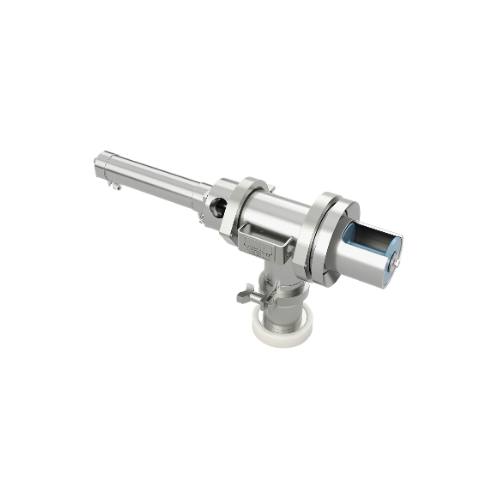
Powder spool sampler for dairy and food processors
Efficiently manage powder quality with a robust spool sampler designed...
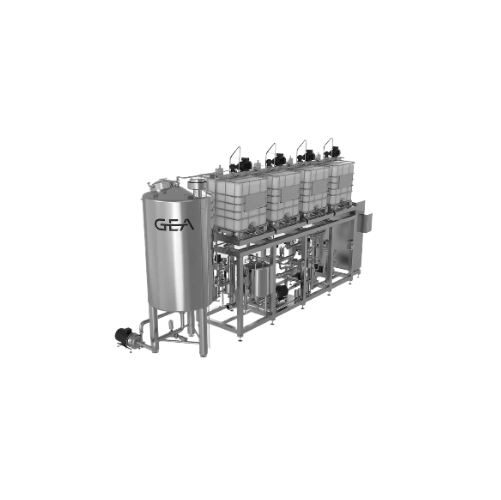
Continuous in-line blender for dairy applications
Achieve precise and homogeneous blending of sensitive dairy mixtures di...
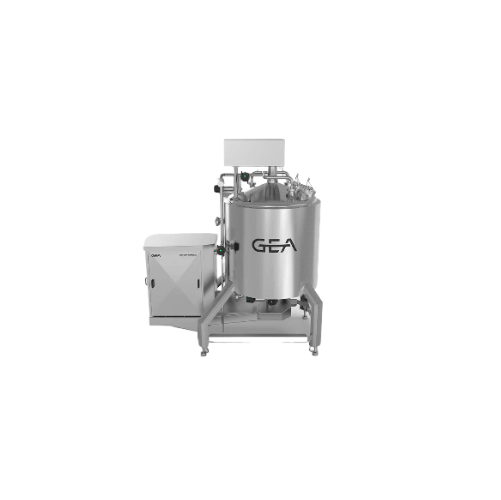
High shear mixer for dairy and personal care products
Achieve consistent emulsification and stable homogeneity with high ...

Membrane filtration unit for dairy applications
Achieve precise concentration of dairy products with advanced membrane fil...
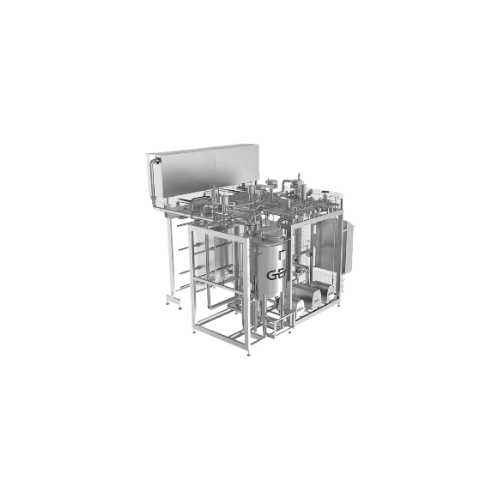
Pasteurizer system for dairy applications
Achieve optimal pasteurization with precise temperature control and energy-effic...
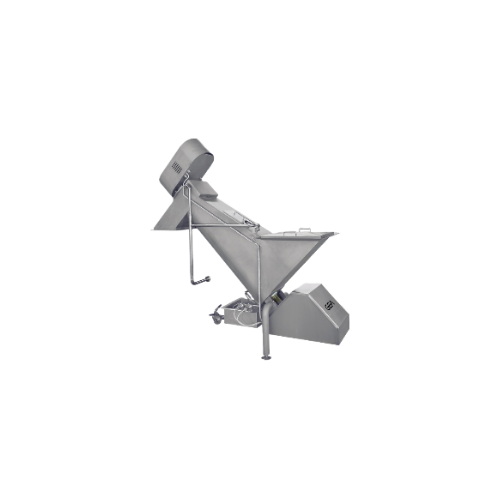
Industrial curd cutters for dairy processing
Optimize your cheese production with curd cutters designed for precision cutt...
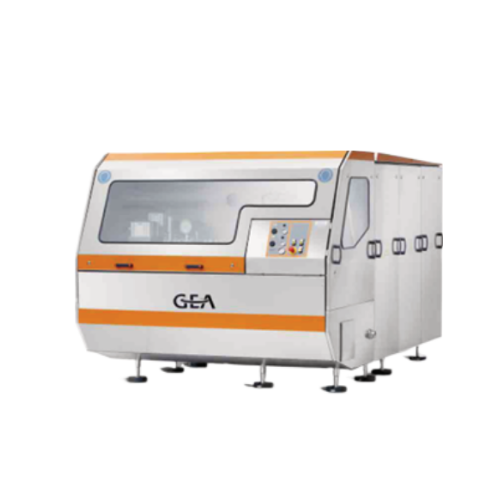
Industrial homogenizer for dairy, beverage, and pharmaceutical applications
Enhance your production efficiency with a ...
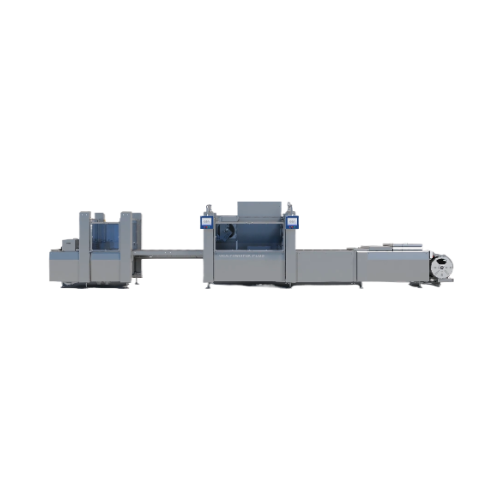
Thermoforming packaging for meat and dairy products
Streamline your packaging process with advanced thermoforming technol...
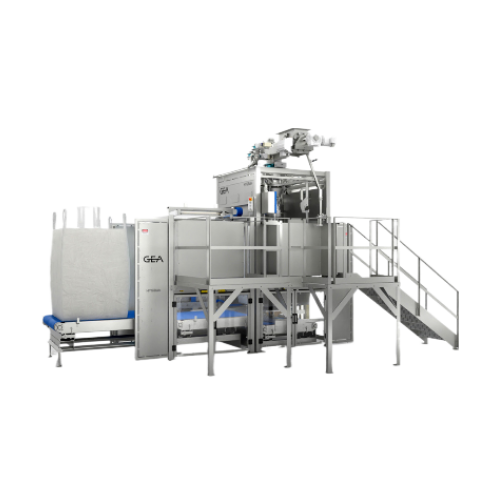
Bulk powder filler for food, dairy, and nutraceuticals
Optimize your bulk powder filling process with a system designed t...
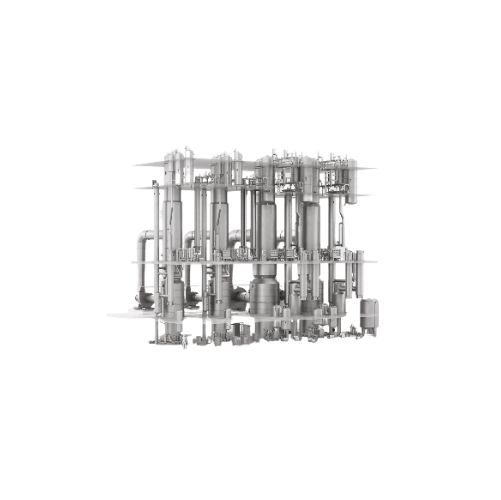
Dairy evaporator for nutritional formula
Enhance your dairy processing by optimizing energy efficiency and product quality ...
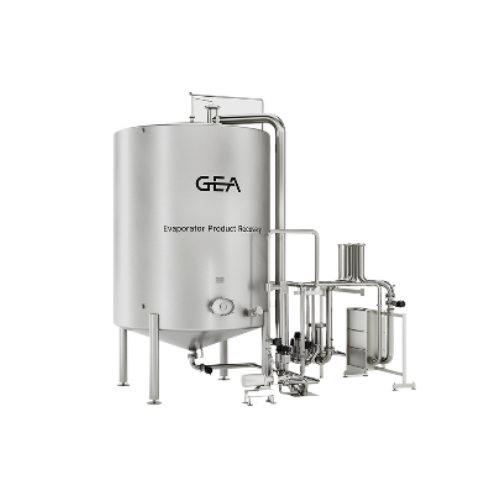
Dairy waste reduction with evaporator product recovery
Transform dairy processing by efficiently recovering valuable low ...

Concentrate heater for dairy spray dryers
Achieve precise temperature control in dairy powder production with a concentrat...
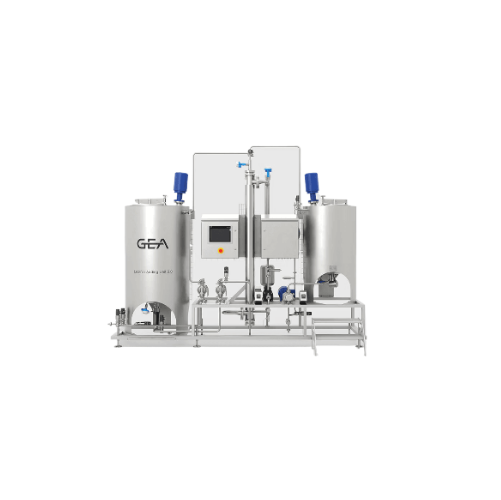
Lecithin adding system for dairy powders
Enhance your spray drying process by seamlessly integrating lecithin to improve so...
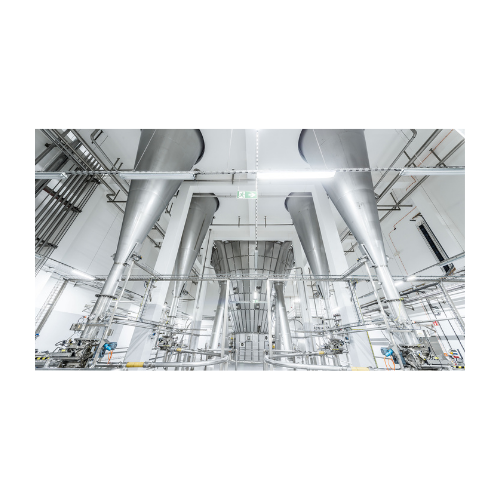
Spray dryer for nutritional and dairy powders
Achieve precise particle size and optimal drying of nutritional and dairy po...
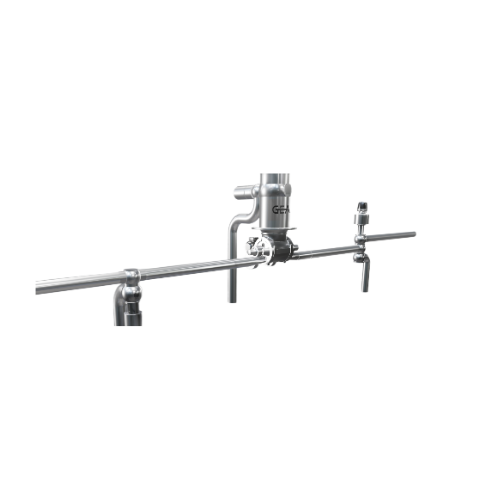
Automated fines return system for food and dairy spray dryers
Enhance your spray drying process by eliminating manual in...
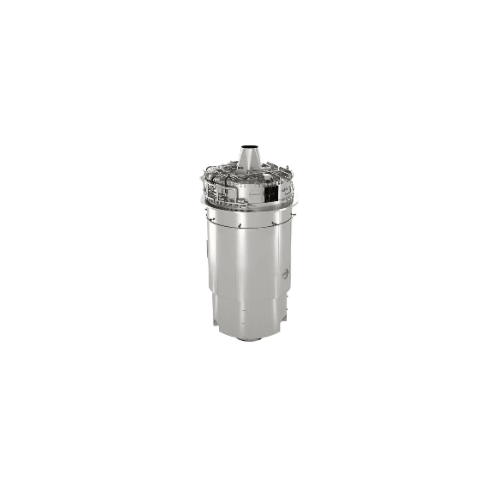
Bag filter for food and dairy spray dryers
Achieve cost-efficient and reliable dedusting for your spray drying processes w...
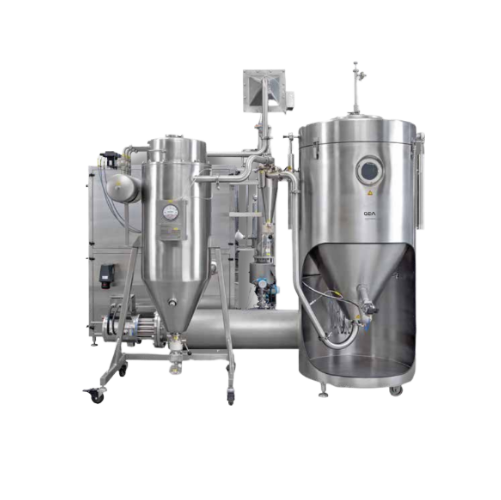
Spray dryer for food and dairy products
Achieve consistent drying for diverse powders and granulates with precision technol...
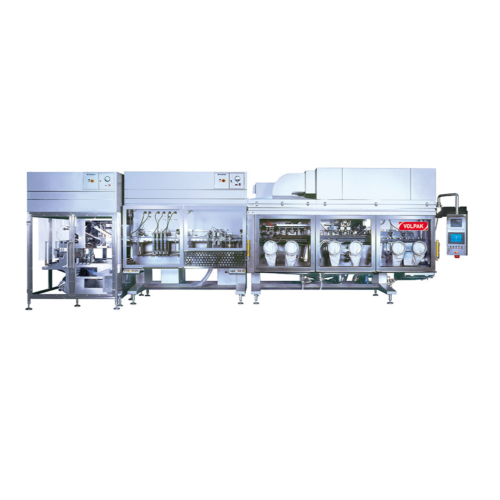
Horizontal stand-up pouching for beverages, dairy, and pet care
Optimize your liquid product packaging with rapid, high-...
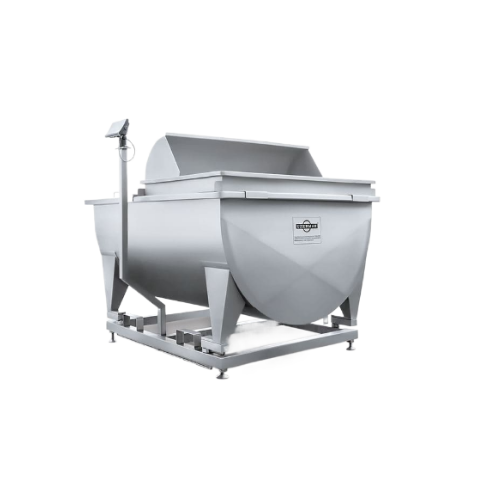
Milk reception unit for dairy processing
Ensure precise measurement and streamlined handling of raw milk with an engineered...
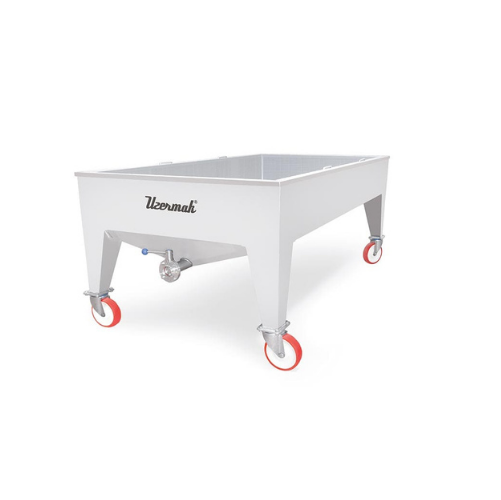
Perforated vat for dairy curd processing
Optimize your curd and cheese production with precision draining and separation, e...
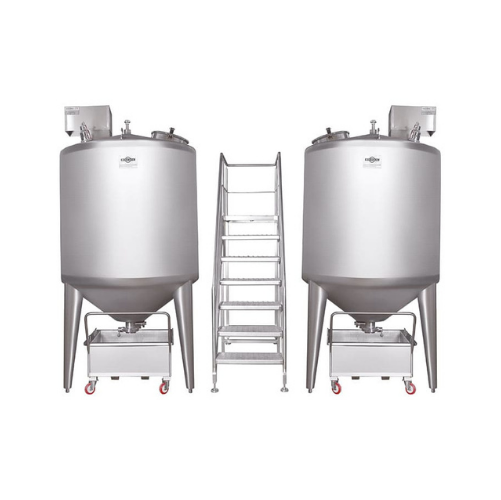
Curd cooking tank for dairy production
Optimize your dairy production with precise temperature control and efficient proces...
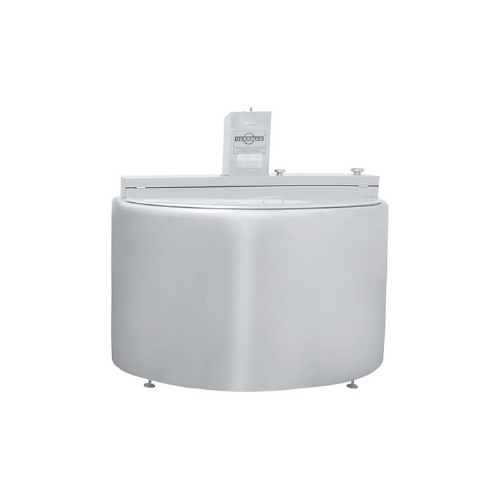
Curd cooking vat for dairy production
Optimize dairy production with a curd cooking vat that ensures precise cooking, mixin...
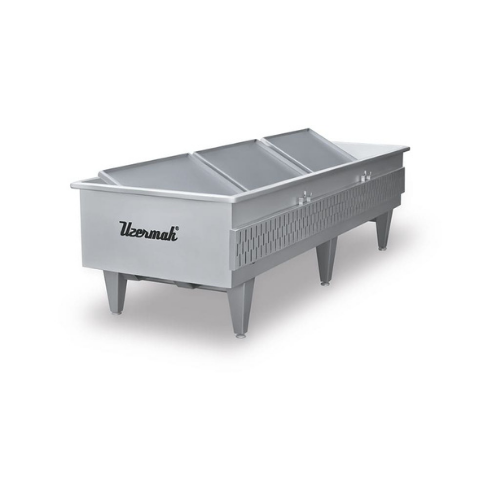
Fermentation vat for dairy products
Optimize your cheese production with a specialized fermentation vat that enhances curd ...
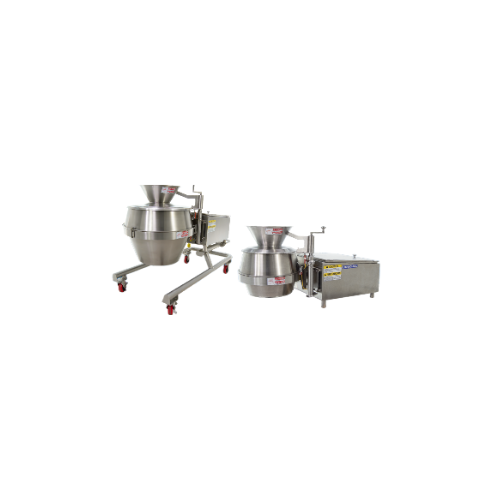
Industrial cheese shredder for dairy processing
Optimize your cheese and potato processing with this advanced shredding so...
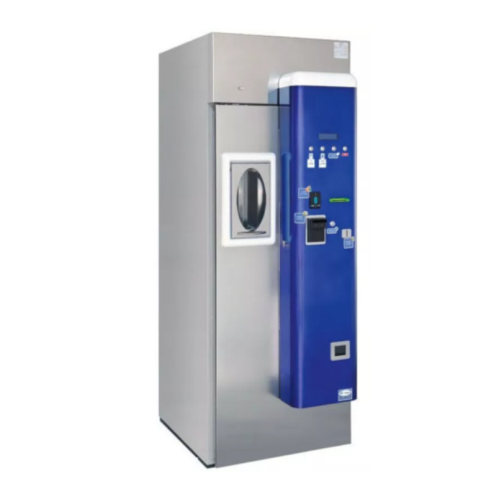
Milk vending machines for dairy farmers
Streamline your dairy production with an efficient vending solution, providing farm...
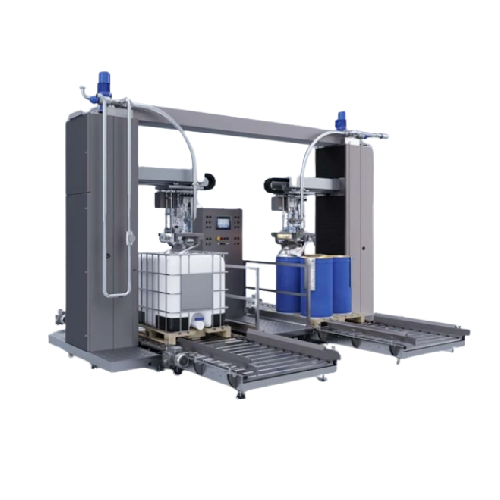
Aseptic filler for fruit juice and dairy products
Ensure sterile, high-speed filling of liquids and creams with precision...

Aseptic filling solution for fruit juice and dairy products
Ensure product integrity and safety with this aseptic fillin...

Indirect Uht treatment for dairy products
Ensure your beverages achieve extended shelf life with consistent quality using ...
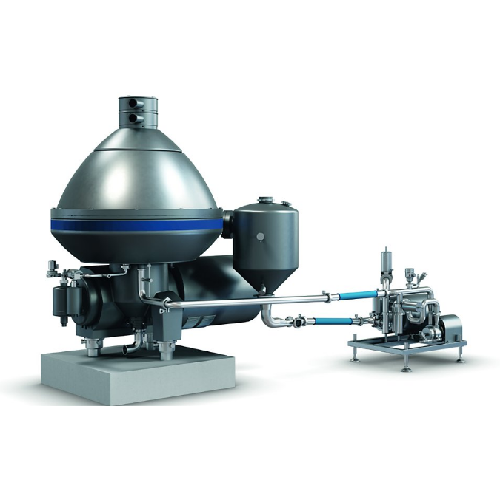
Efficient dairy product separator
Achieve precise fat separation and enhance product quality while reducing energy consumpt...
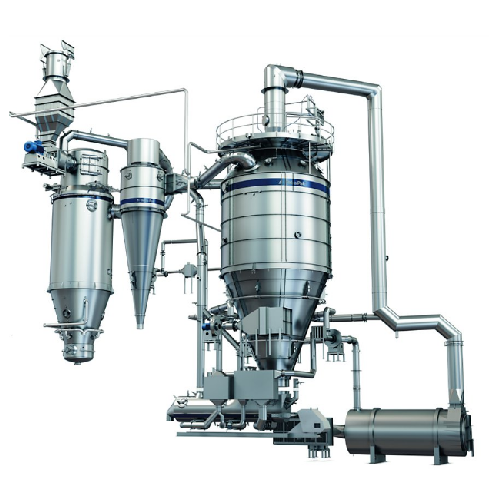
Versatile spray dryer for dairy and plant-based powders
Achieve precise moisture control and optimal powder functionality...
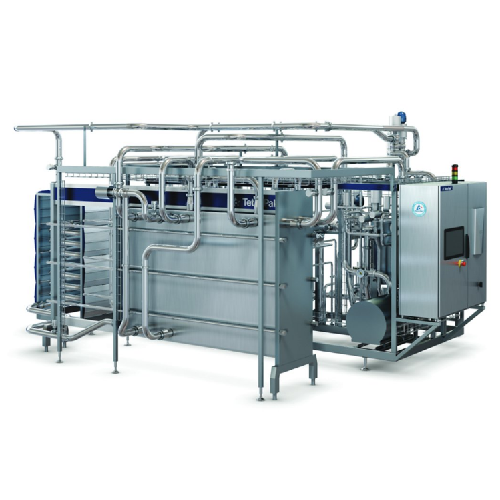
Pasteurizer for dairy products
Enhance food safety and minimize operational costs with a cutting-edge pasteurizer designed f...
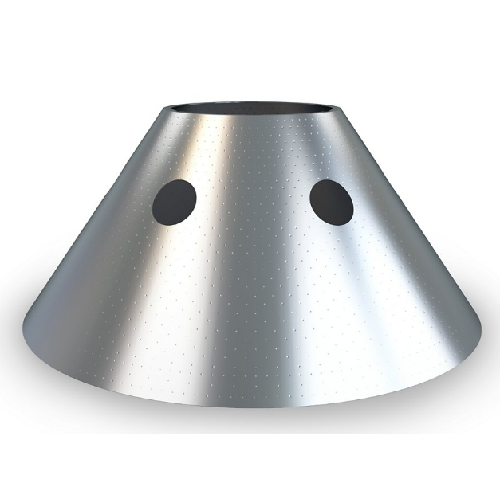
Polynode technology for enhanced dairy separation
Achieve higher separation efficiency and capacity with innovative disc ...
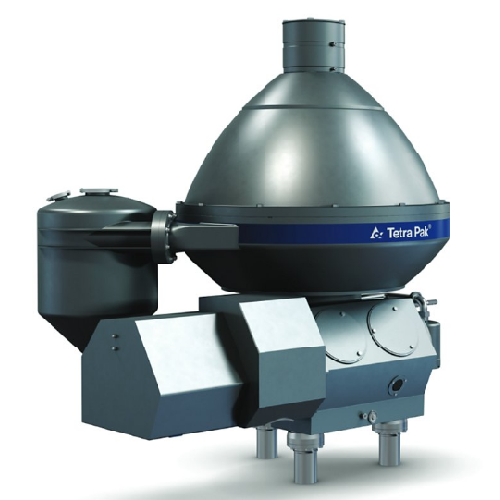
Spore and bacteria removal unit for dairy products
Ensure superior quality by precisely removing spores and bacteria from...
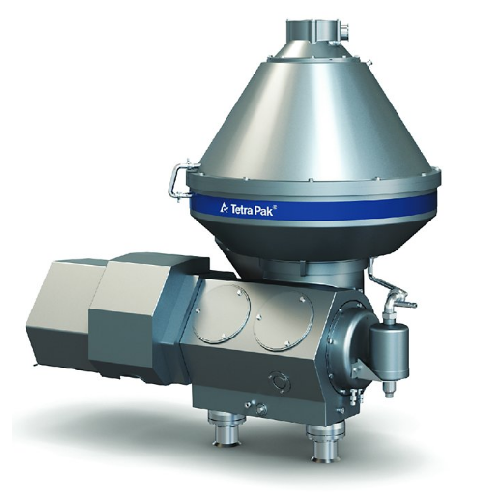
Industrial clarifier for dairy and plant-based products
Optimize your production line with cutting-edge clarification tec...
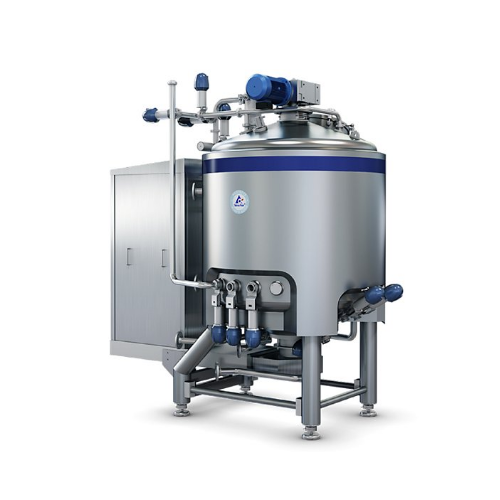
High shear mixer for dairy and beverage applications
When creating complex formulations like sauces or dairy spreads, ach...
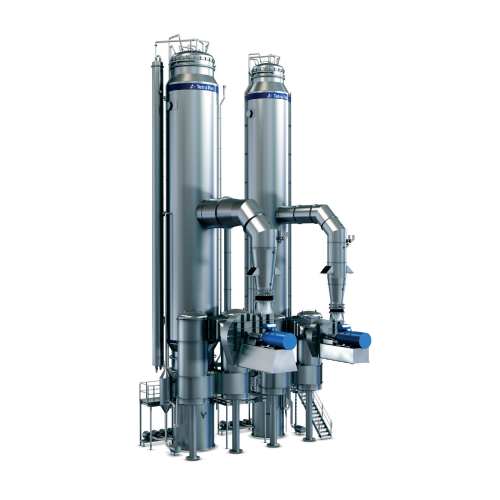
Continuous evaporator for dairy products
Enhance your production efficiency with a fully automatic evaporator designed to m...
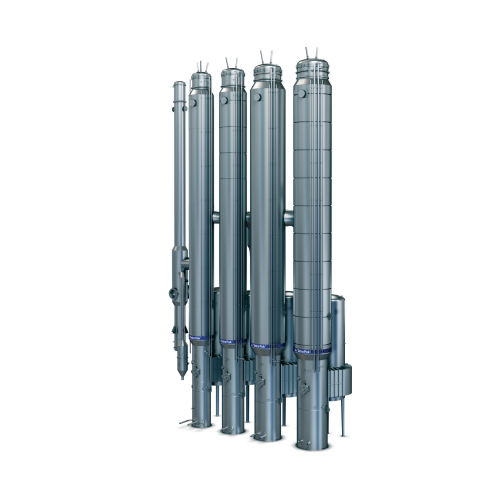
Evaporator for dairy products
Need efficient moisture removal in diverse dairy and food applications? This falling film evap...
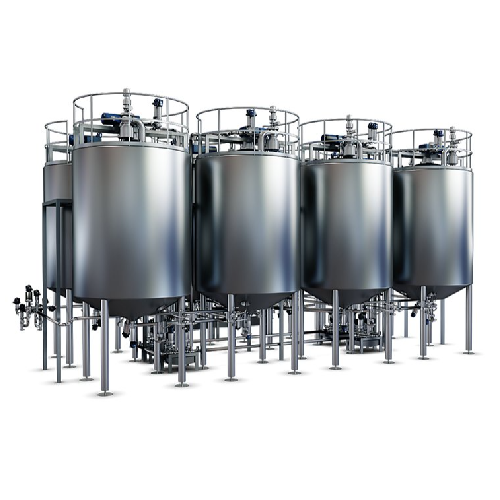
Fermentation tank for yogurt and fermented dairy products
Ensure perfect fermentation conditions for producing high-qual...
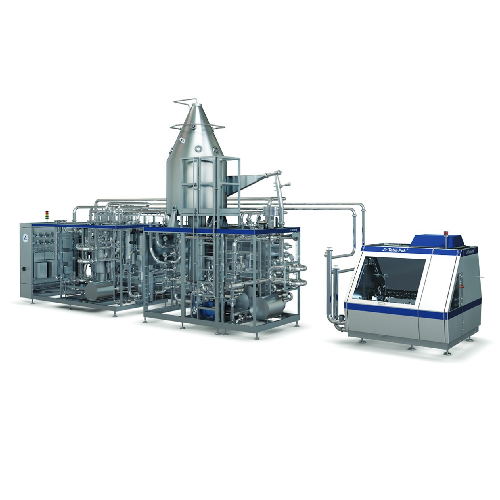
Direct Uht processing system for dairy and plant-based beverages
Achieve ultra-high temperature treatment with minimal i...
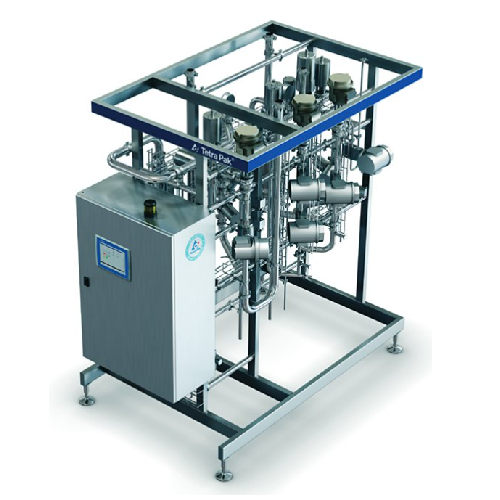
In-line blender for dairy products
Streamline your dairy and beverage production with precision ingredient control and redu...
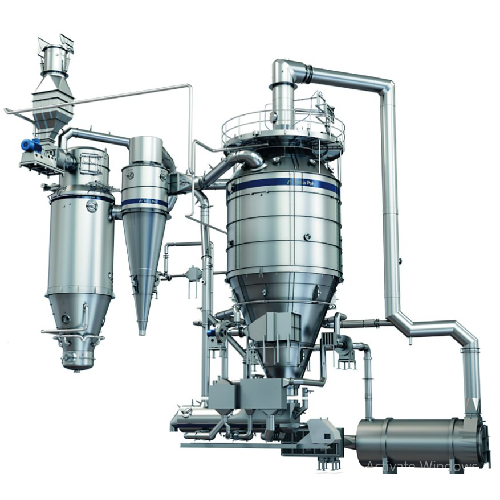
Spray dryer for dairy, whey, and plant-based powders
Achieve precise control over powder attributes with our versatile sp...
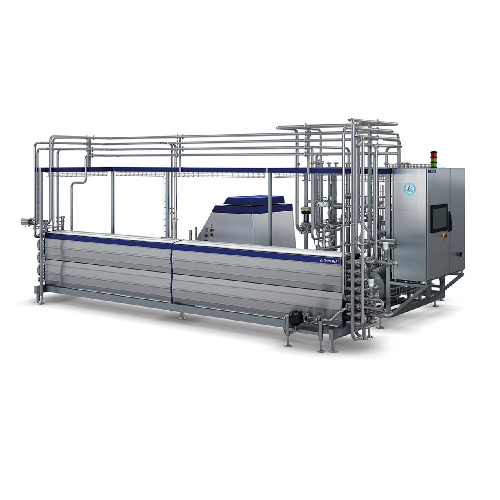
Uht processing unit for dairy products
Optimize your liquid food production with continuous, high-capacity UHT treatment th...
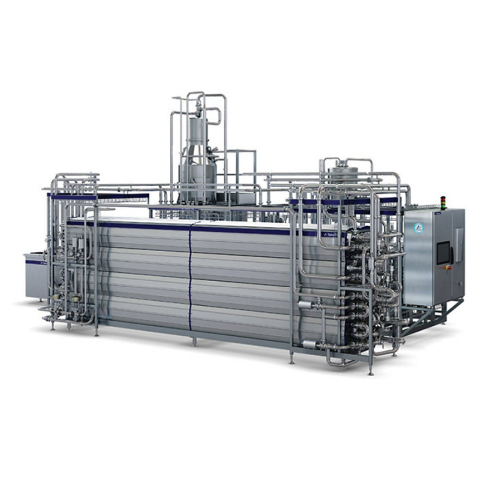
Indirect Uht processing for dairy products
Enhance your dairy and beverage operations with state-of-the-art ultra-high tem...
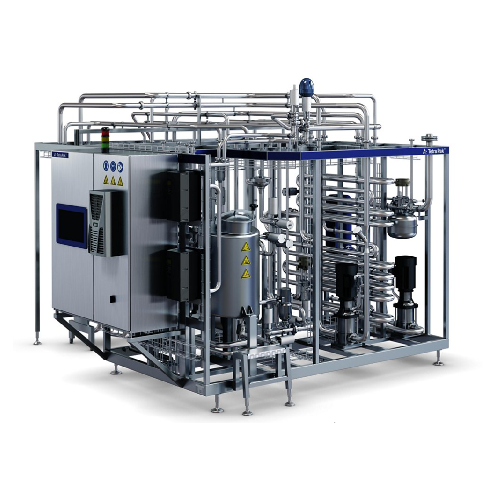
Dairy pasteurization system for milk, yoghurt, and cream
Ensure reliable dairy processing with an advanced pasteurization...
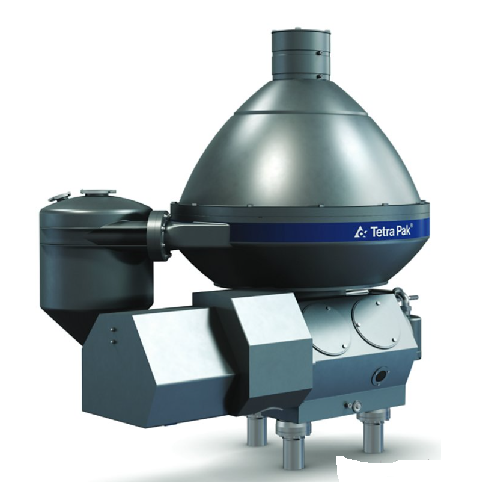
Spore removal unit for dairy processing
Optimize your dairy production by efficiently removing spores and bacteria, ensurin...
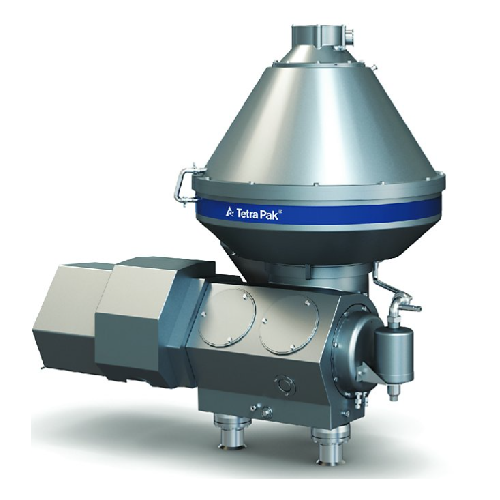
Clarifiers for dairy and plant-based beverages
Ensure optimal product purity and versatility by efficiently removing impur...
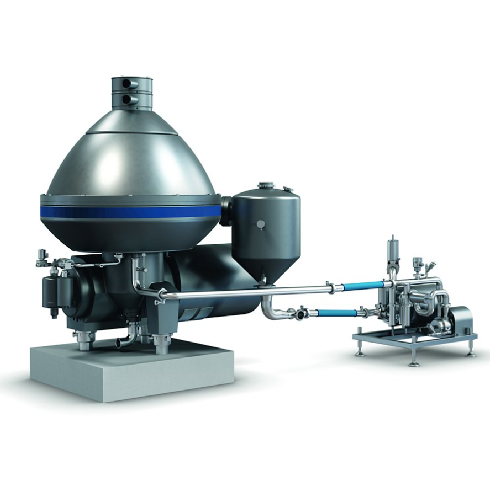
Energy-efficient dairy product separator
Achieve up to 40% energy savings in your dairy and beverage processing operations ...
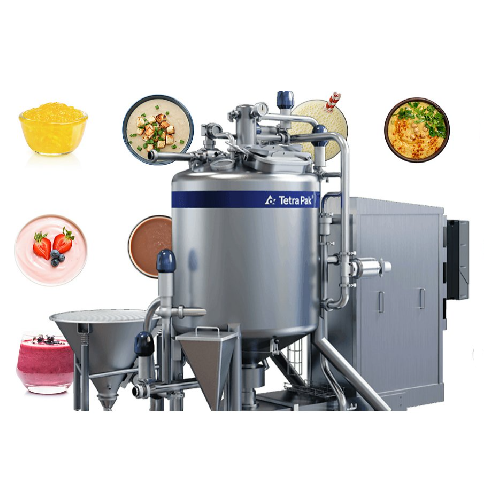
High shear mixer for dairy and beverage industry
Achieve consistent product quality with a high shear mixer, enabling seam...
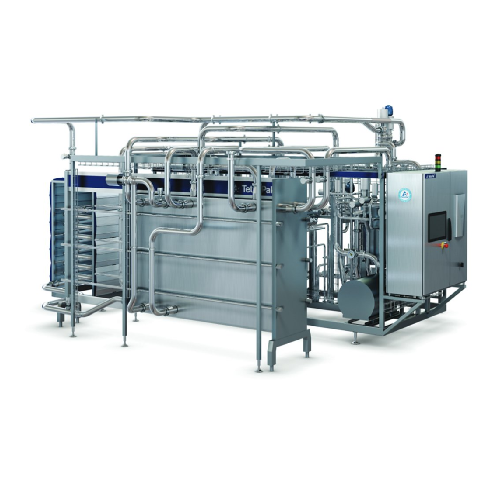
Dairy pasteurizer
Ensure product safety and quality while reducing energy consumption and operational costs with this advance...
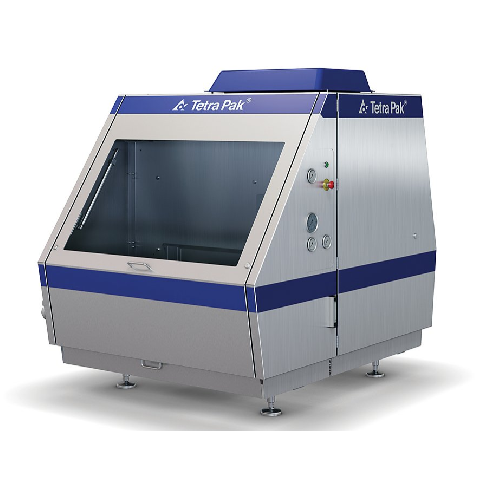
Mid-range capacity homogenizer for dairy and beverage
For operations demanding consistent product quality and high uptime...
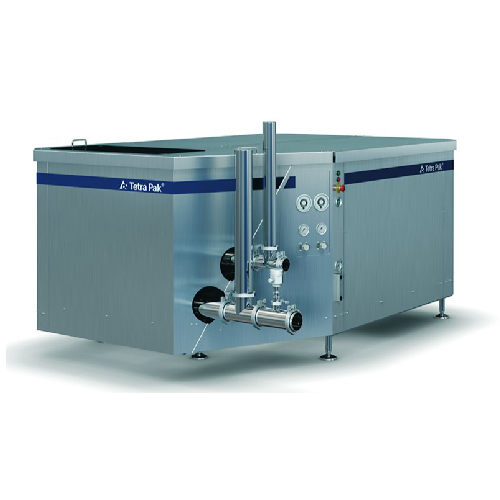
Industrial homogenizer for dairy and beverage applications
Enhance product quality and reduce operational costs with a h...
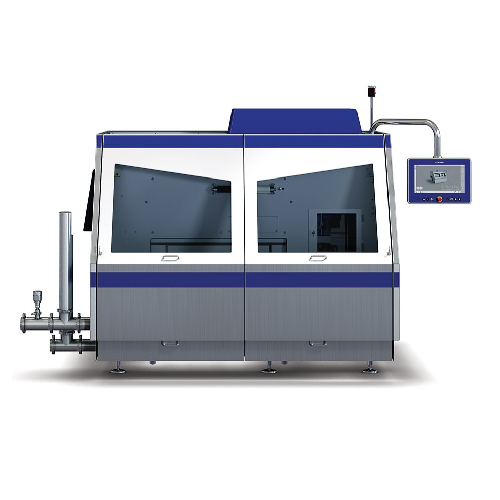
High-pressure homogenizer for dairy and beverage products
Achieve optimal product consistency and extend shelf life with...
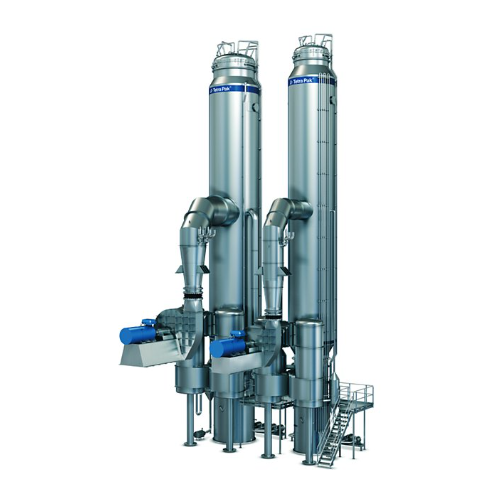
Low-energy evaporation system for dairy products
Enhance product quality and lower energy costs with a cutting-edge evapor...
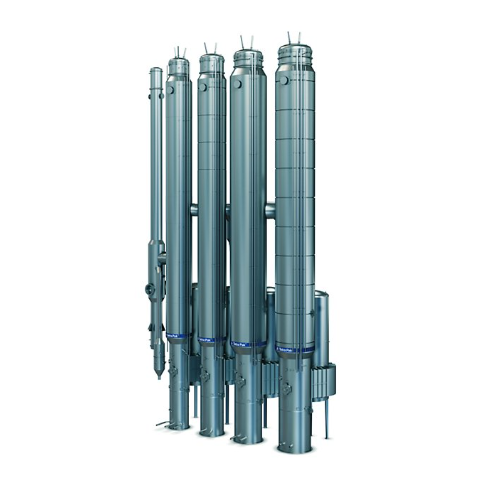
Evaporation system for dairy products
Optimize product quality with continuous evaporation, ensuring efficient moisture rem...
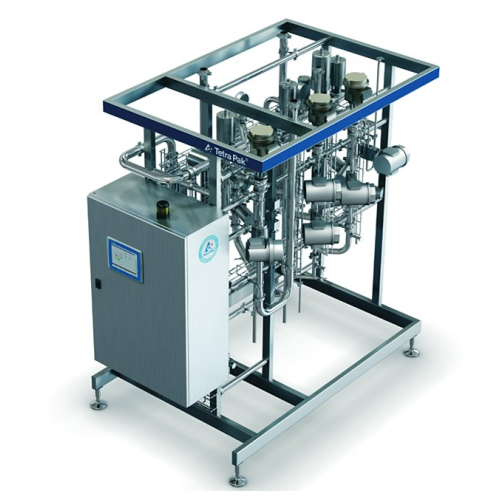
In-line blender for dairy product formulation
Achieve seamless blending and standardization of complex dairy and liquid pr...

Fermentation tank for dairy products
Achieve optimal fermentation conditions for high-quality yoghurt and fermented dairy p...
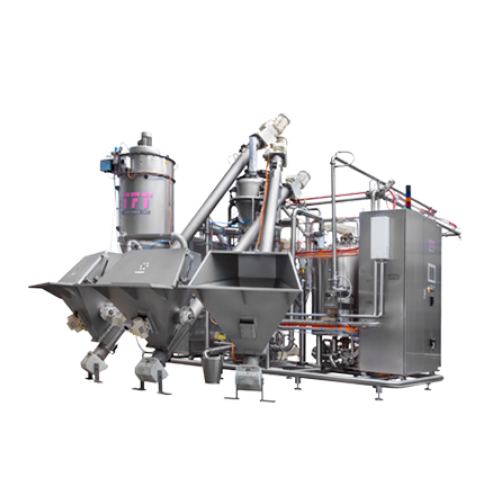
Automated ingredient weigher for dairy production
Optimize your batching process with precise ingredient weight managemen...
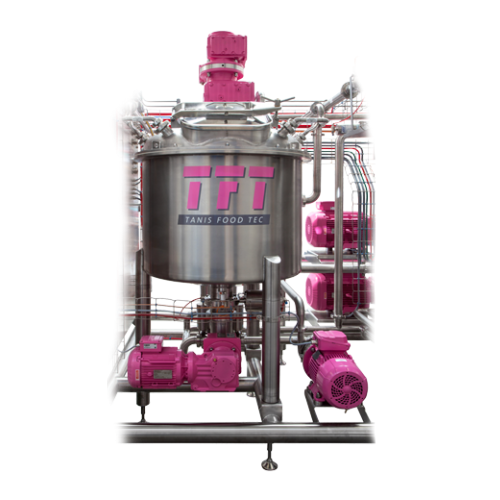
Batch mixing pre-mixers for dairy production
For dairy producers seeking uniform texture and consistency, these batch mixi...
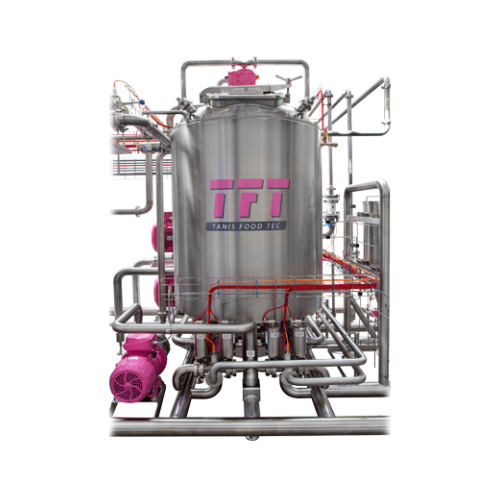
Buffer tanks for dairy processing
Optimize your dairy production with versatile buffer tanks, essential for balancing flow ...
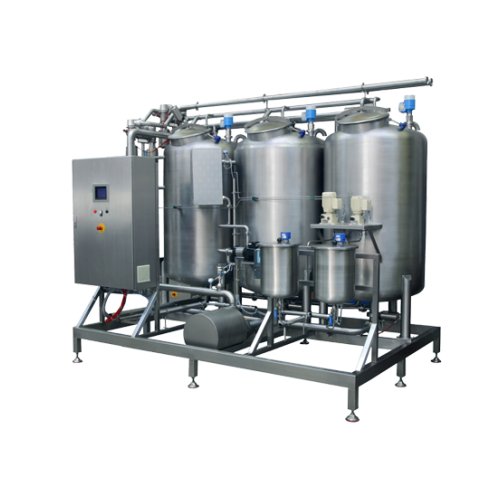
Cleaning in place system for dairy processing plants
Streamline cleaning efficiency and ensure product quality in your da...
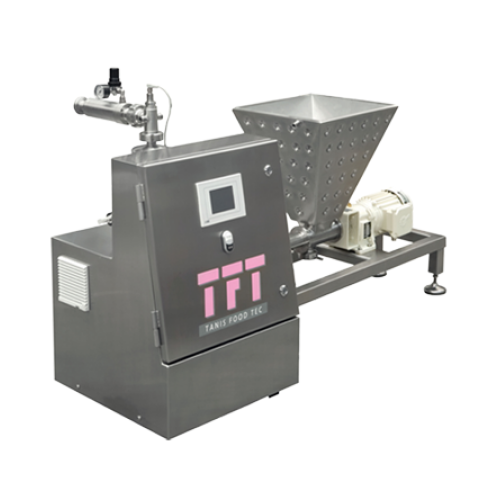
Continuous aerator for dairy products
Enhance the texture and flavor of dairy delights with precise gas infusion, transform...

Direct drive centrifuges for dairy and beverage processing
Optimize energy efficiency in high-speed liquid separation wi...
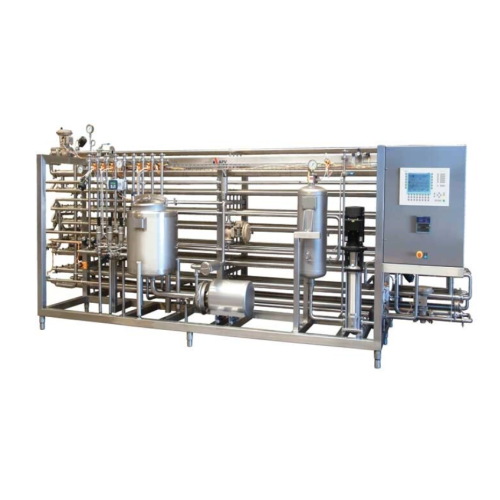
Tubular Uht processing for dairy products
Experience efficient high-pressure thermal processing with tubular UHT technolog...
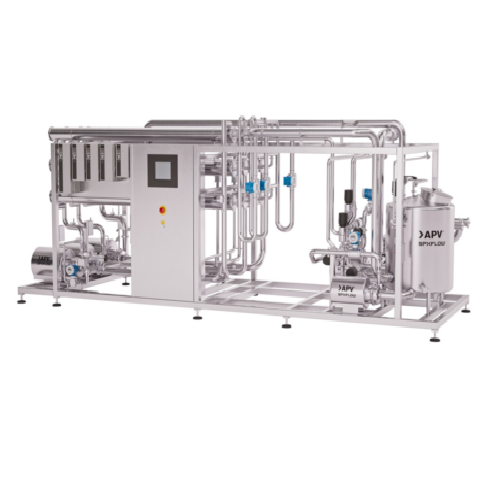
Ultrafiltration for dairy and plant-based protein concentration
Optimize your production capacity and increase yield wit...
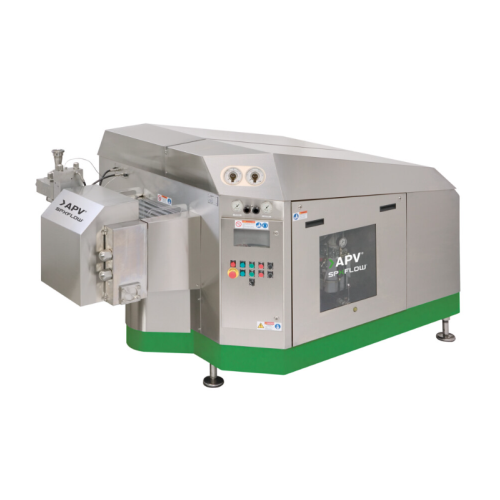
High pressure homogenization system for dairy and creams
Optimize your high-speed homogenization processes with precise c...
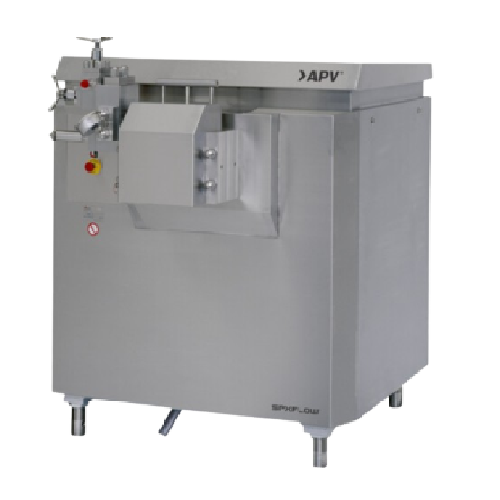
High pressure homogenizers for dairy and pharmaceutical applications
Optimize your production line with high-pressure h...
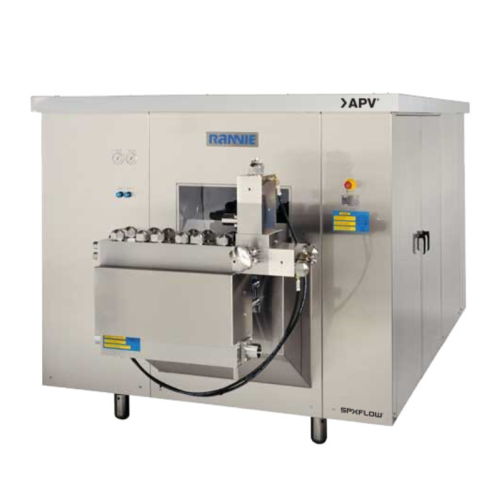
High pressure homogenizer for dairy and food processing
Achieve uniform particle size and enhance product stability with ...
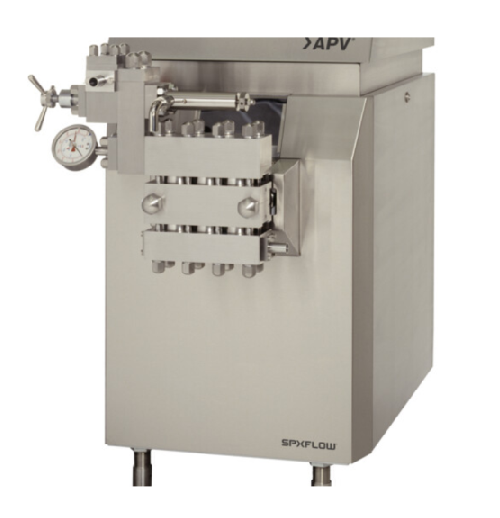
Industrial high pressure homogenizer for dairy and pharmaceutical
Achieve consistent texture and stability in products ...
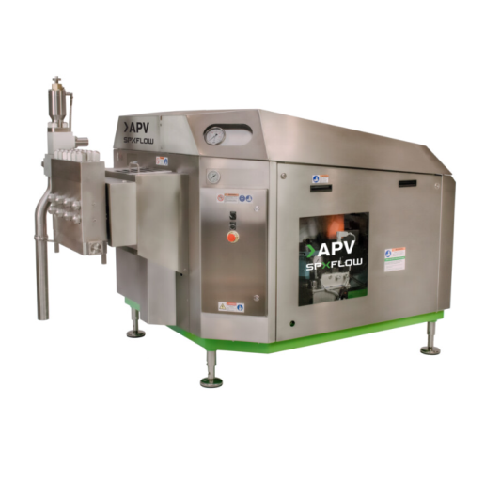
High pressure homogenizer for dairy and pharmaceutical industries
When uniform texture and stable emulsions are critica...
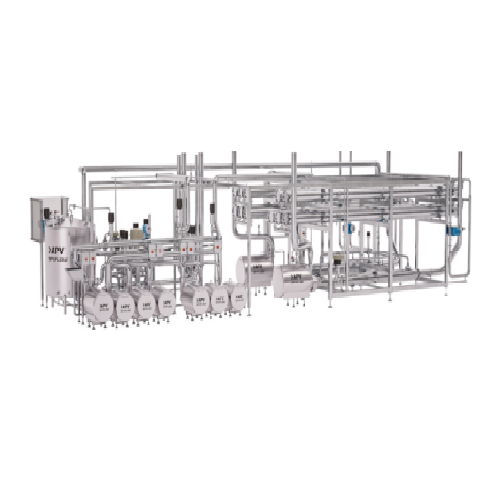
Reverse osmosis system for dairy and plant-based processing
Enhance your production line with high-pressure reverse osmo...
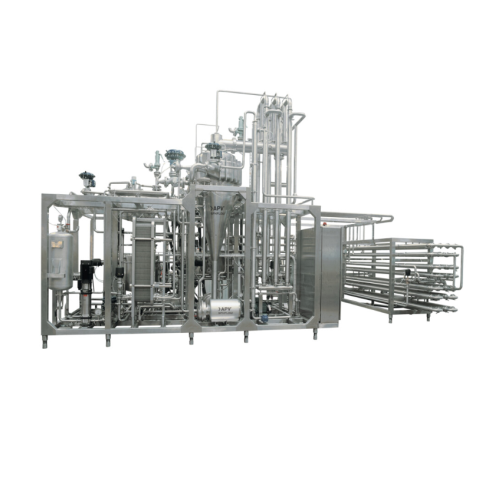
Uht system for milk and dairy products
Ensure superior product quality and extended shelf-life by utilizing rapid heat trea...
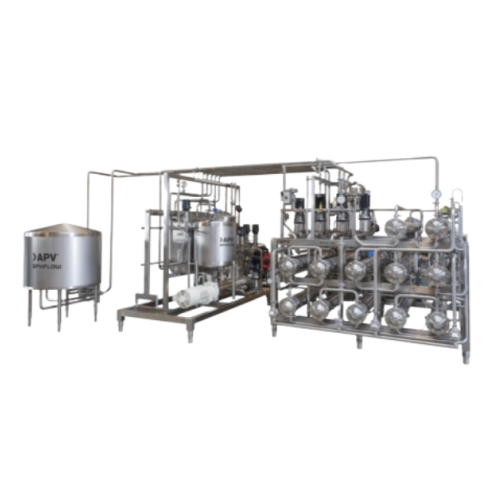
Tubular ultra high temperature processing system for dairy products
Optimize your dairy processing with precise thermal...
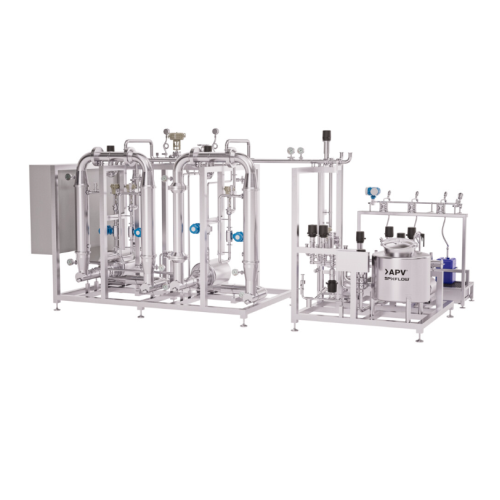
Microfiltration system for dairy and plant-based applications
Enhance your production capacity and reduce waste with adv...
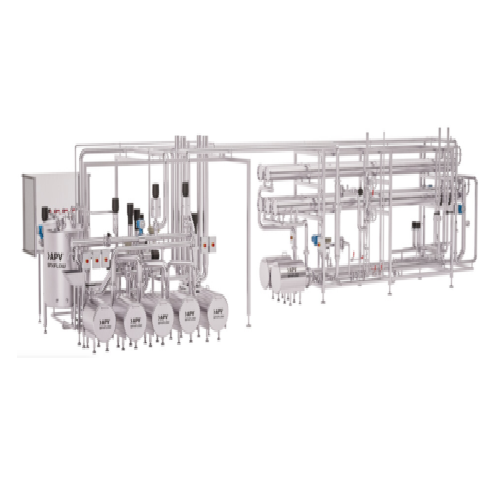
Nanofiltration system for dairy and plant-based applications
Enhance your production capacity with nanofiltration, ensur...
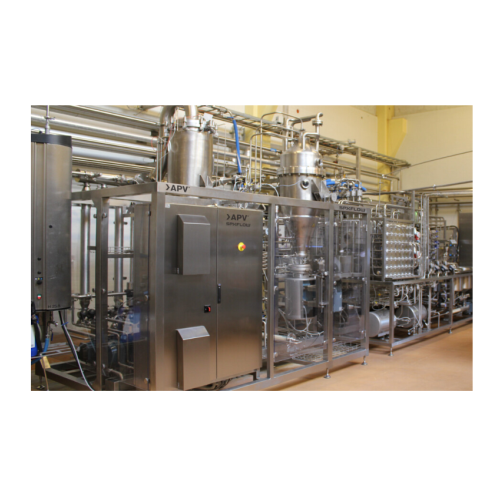
Combi ultra high temperature (uht) processing plant for dairy and beverages
Achieve precise heat treatment for diverse...
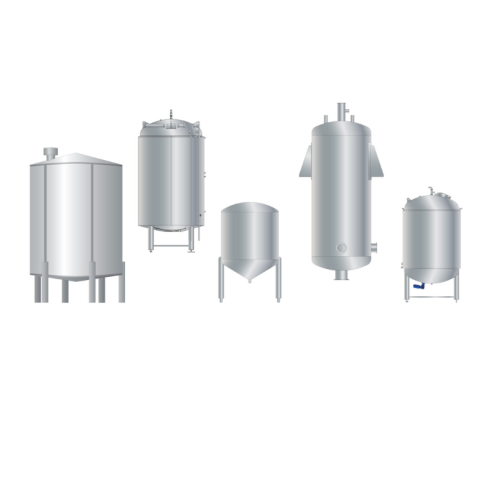
Infusion Uht plant for dairy products
Achieve precise thermal treatment with minimal product alteration, enhancing quality ...
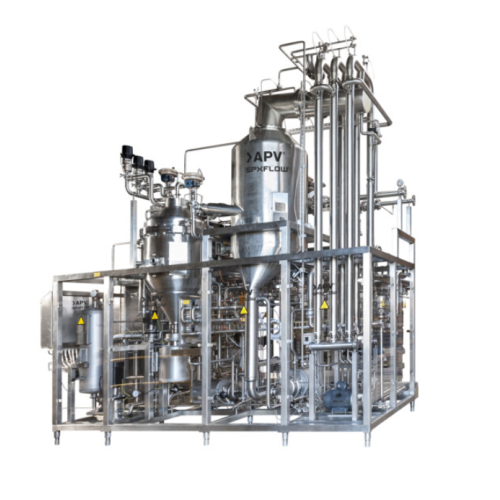
Infusion Uht system for dairy and plant-based beverages
Efficiently extend the shelf life of dairy and plant-based bevera...
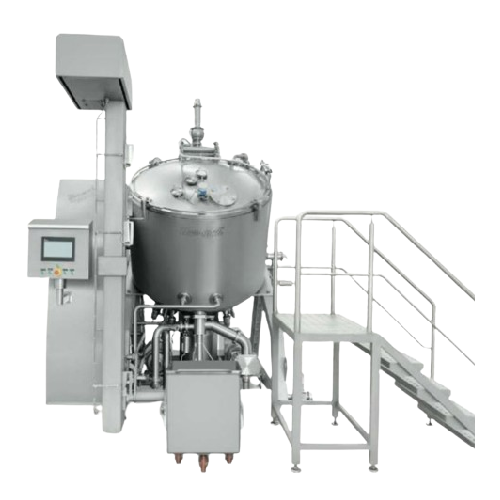
Versatile food processing solution for dairy and meat products
Optimize your production line with a machine that seamles...
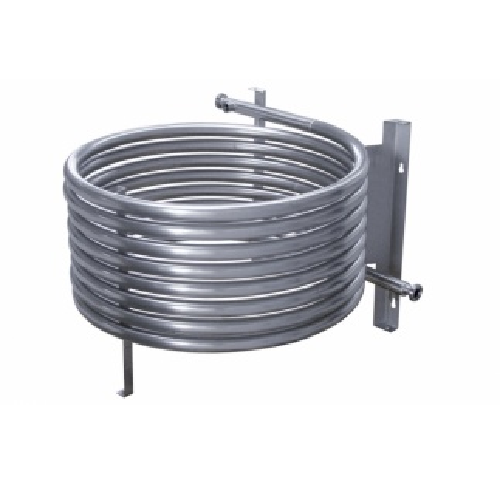
Milk pre-cooling systems for dairy farms
Optimize dairy production with advanced milk pre-cooling systems that significantl...
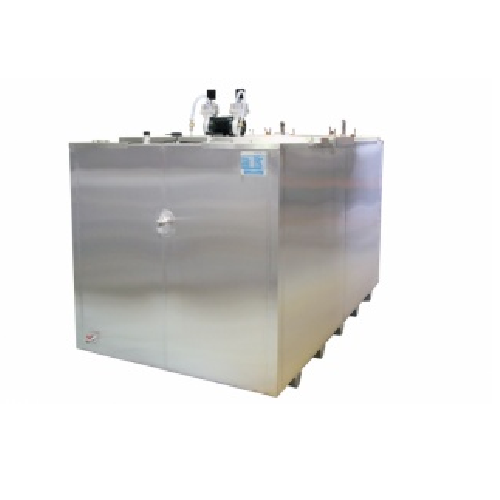
Instant milk cooling systems for dairy farms
Optimize your dairy operations by instantly cooling milk with systems designe...

Aseptic filling technology for dairy products
Ensure product integrity and extend shelf life with a high-speed aseptic fil...
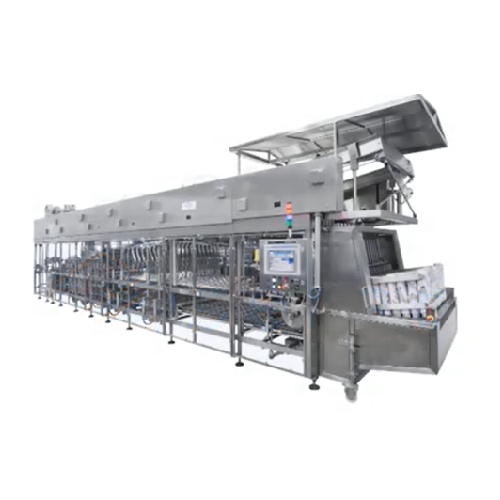
Dairy product filling solutions
Optimize your dairy production with advanced filling systems designed to enhance product saf...
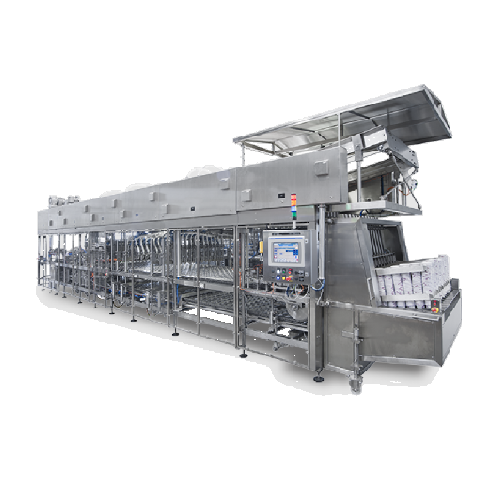
Yoghurt and dairy desserts filling solution
Maximize efficiency in filling and sealing multi-product dairy desserts and be...
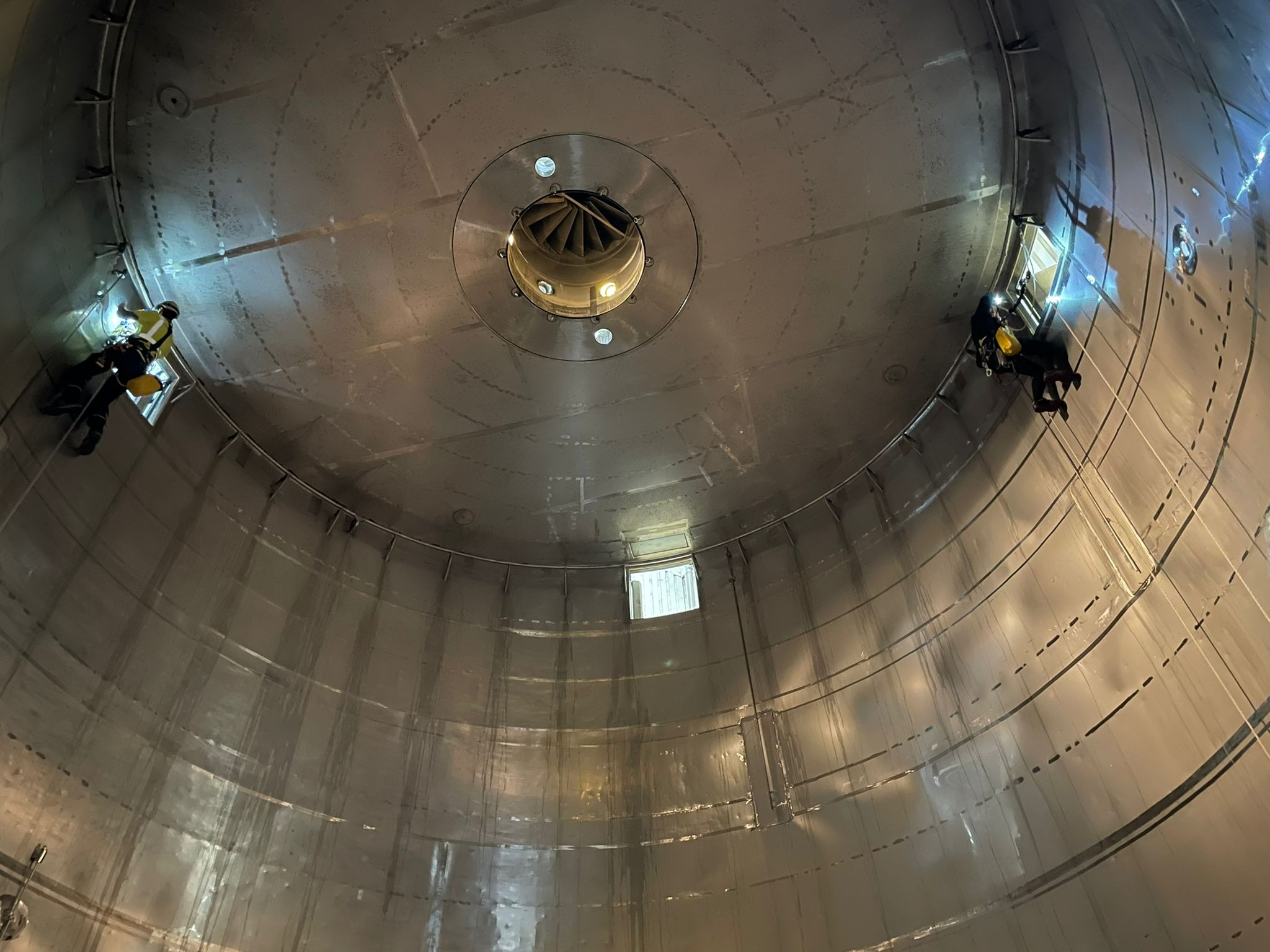
Dairy Equipment Crack Inspection
Dairy producers rely on equipment like spray dryers, silos, and different tanks for the sto...
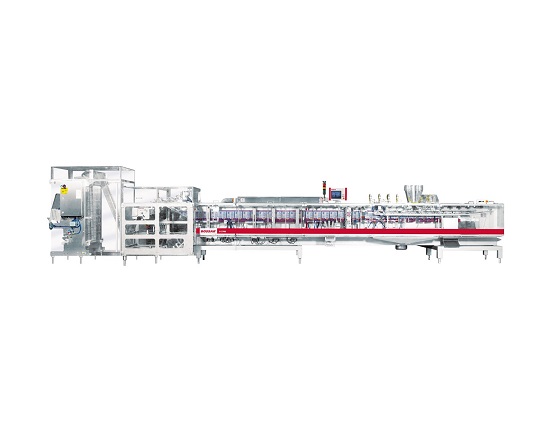
Dairy Packaging Machine
The use of sachets and pouches for powdered or shredded dairy products is an increasingly popular for...
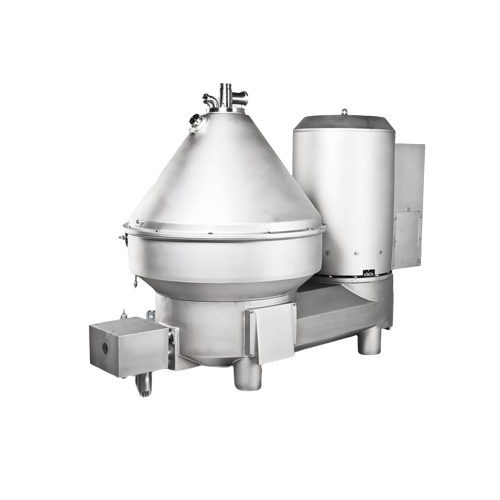
Separator for double cream fresh cheese
Optimize your dairy production with a high-performance centrifugal separator, desig...
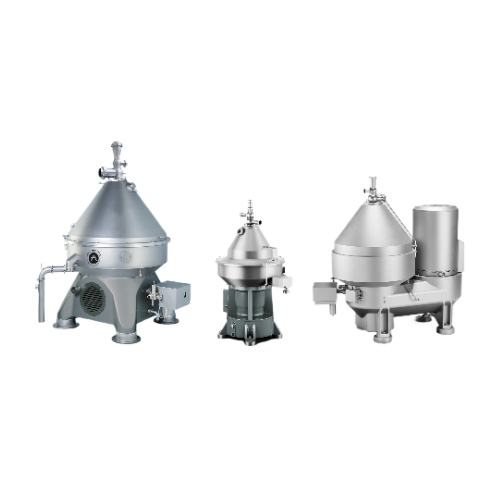
Milk and whey skimming centrifuge
Enhance your dairy processing with advanced centrifuge technology, optimizing milk and wh...
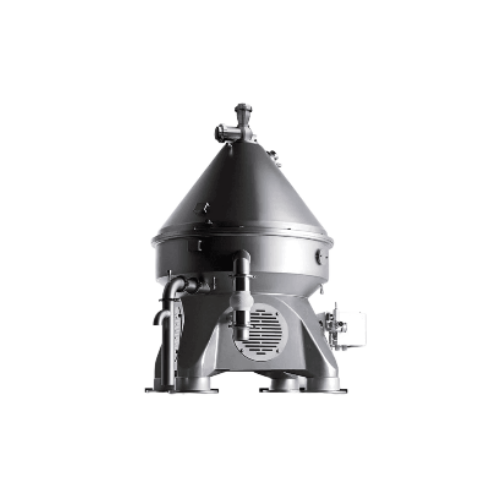
Clarifiers for milk, whey, and calcium phosphate
Efficiently separate non-milk solids and impurities from milk, whey, and ...
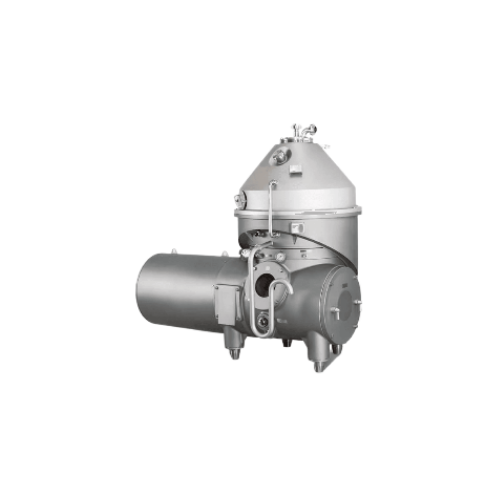
Nozzle separators for strained yoghurt production
Maximize yield and ensure consistency in your dairy production by integ...
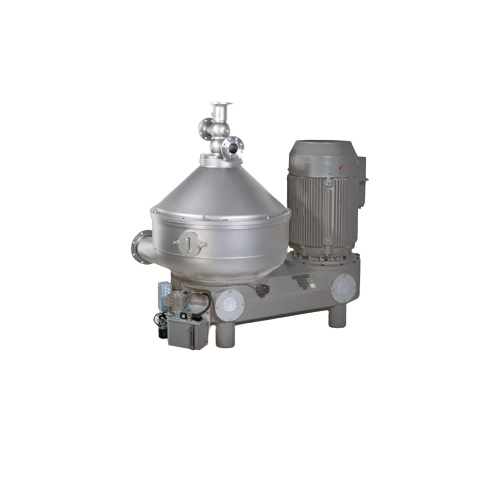
Nozzle separators for starch recovery
Optimize your starch recovery process with our nozzle separators—designed to deliver ...
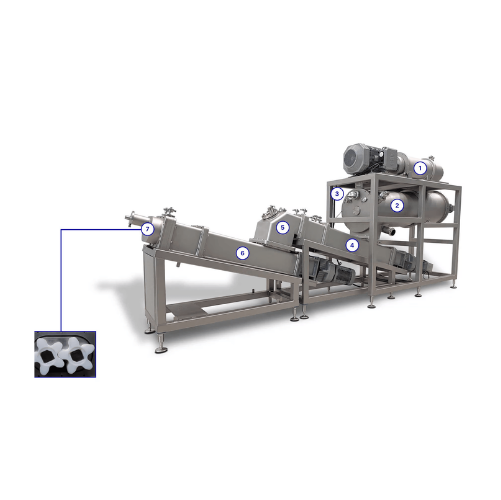
Continuous butter maker for industrial butter production
Streamline your butter production with a system designed for sea...
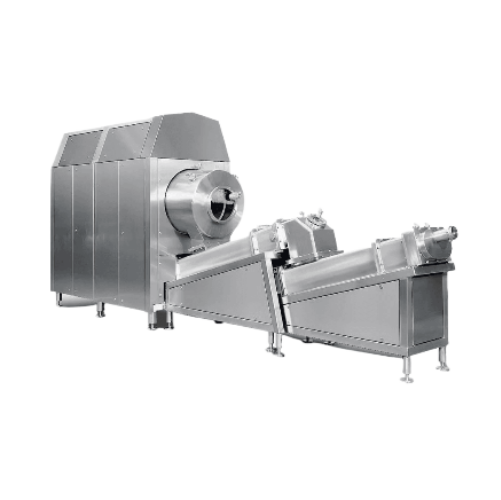
Continuous butter production system
Efficiently transform cream into versatile butter products, ensuring consistent quality...
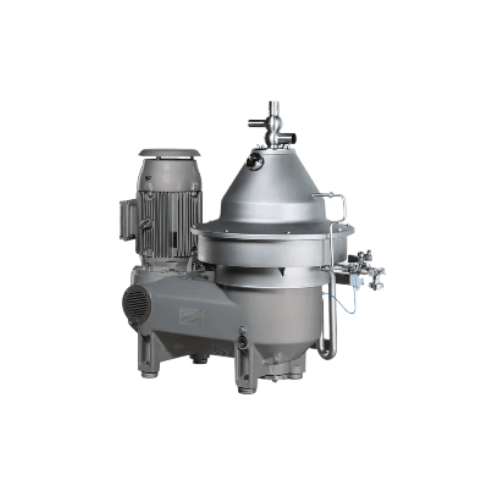
Bacteria removal separators for milk and whey
Optimize your dairy production by effectively removing bacteria and spores f...
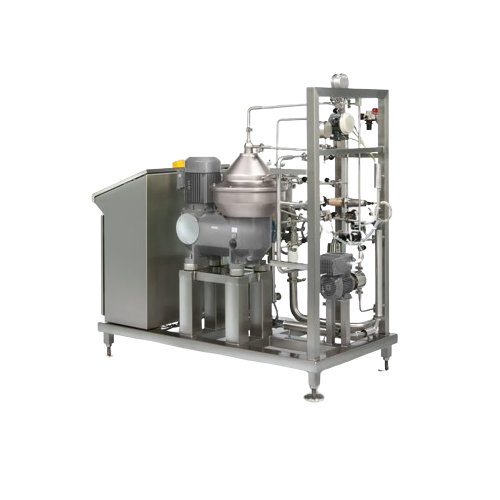
Clarifier for beverages
Enhance beverage clarity and purity with high-performance centrifugal separation, expertly designed t...
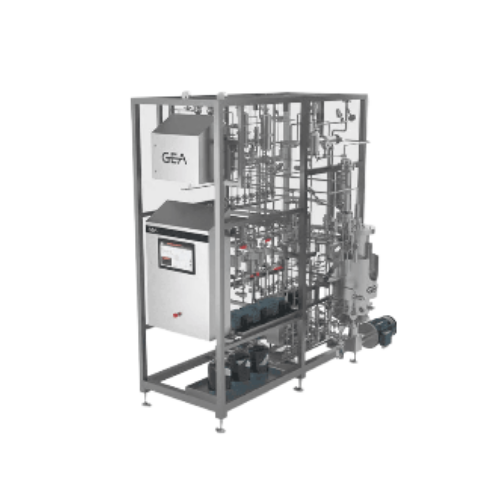
Pilot-scale bioreactor for cell cultivation and fermentation
Scale up your cell cultivation and fermentation processes s...
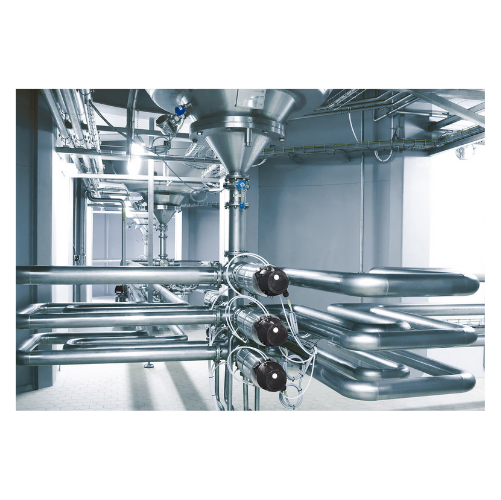
Cold block piping solution for breweries
Achieve optimal beverage quality and reduce production costs with this advanced pi...

Inline powder analysis system
Ensure optimal powder quality with real-time measurement of moisture, density, and contaminant...
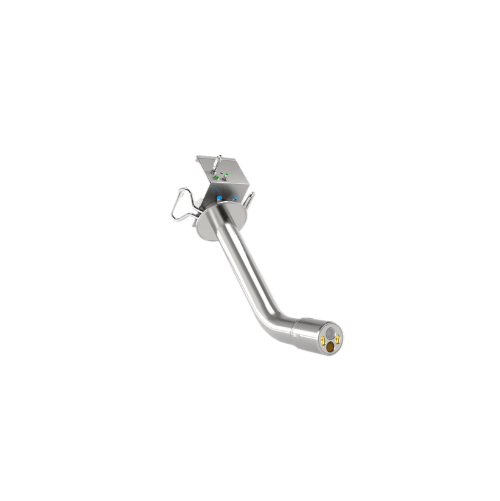
Dual camera system for spray dryer monitoring
Enhance safety and operational efficiency in your drying process by combinin...
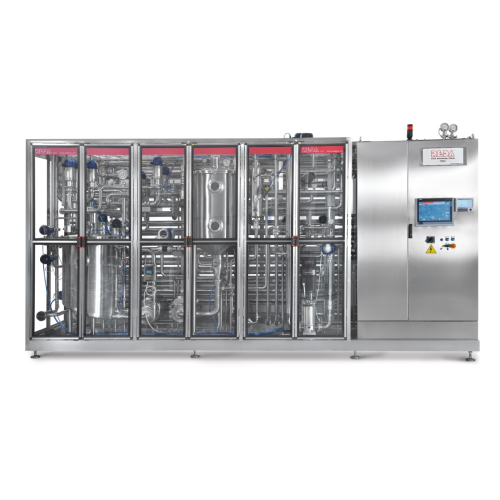
Uht sterilization for drinkable milk
Ensure long shelf-life and food safety without compromising the natural qualities of y...

Pasteurizer for extended shelf-life (esl) milk
Extend the shelf life of milk while maintaining its taste and nutritional i...
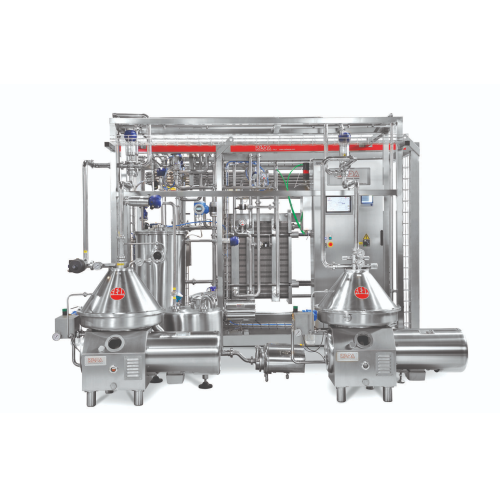
Milk pasteurizer for whey and cream
Ensure optimal product safety and quality with advanced heat exchange technology, reduc...
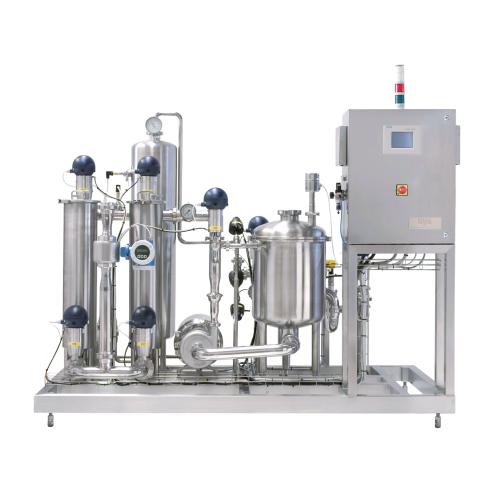
Milk collection system for bulk tankers
Optimize milk transfer and storage with a reliable system that reduces discharge ti...
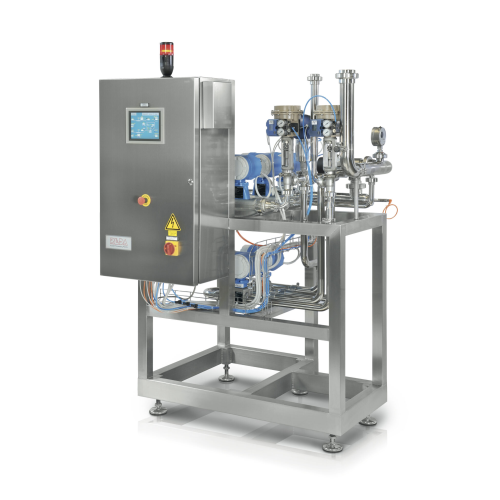
Milk standardization system
Achieve precise milk and cream fat standardization with this advanced inline system, optimizing ...
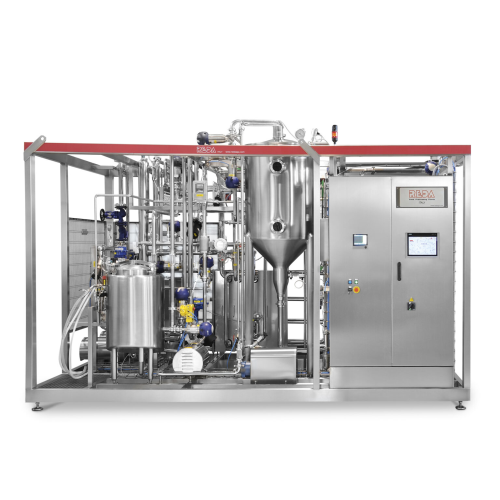
Pasteurizer for fresh milk
Ensure your dairy and beverage lines achieve optimal product safety and quality by leveraging adv...
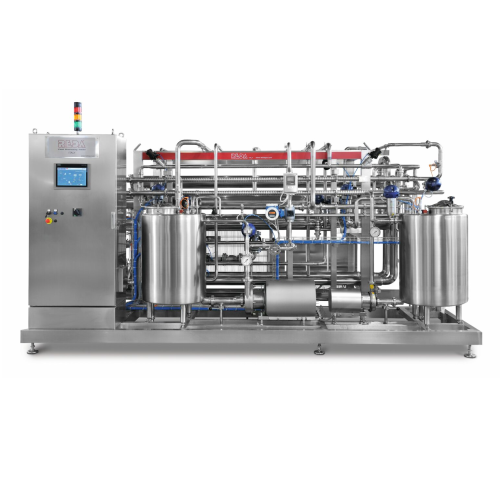
Membrane filtration for whey concentration
Enhance your liquid processing with advanced membrane filtration designed to im...
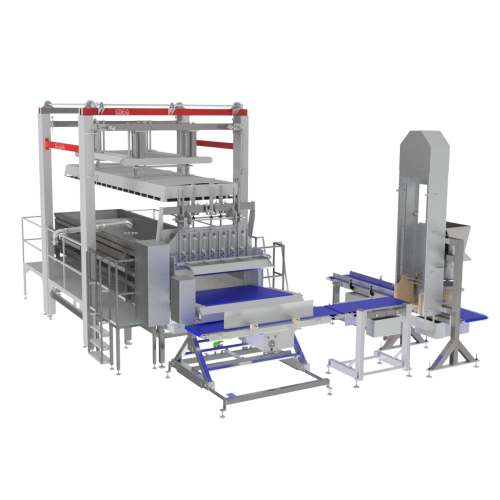
Cheese forming units for hard and semi-hard cheeses
Optimize your cheese production process with advanced moulding and pr...
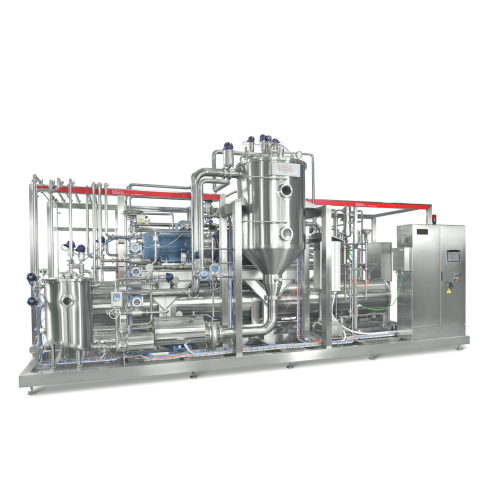
Low temperature evaporator for heat-sensitive food products
Efficiently concentrate sensitive liquid products while pres...
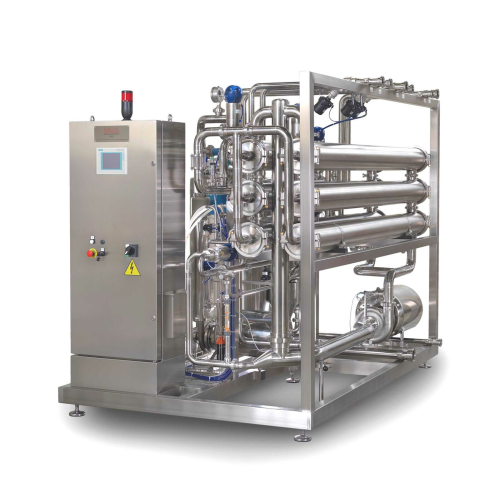
Brine purification system for reducing bacteria and molds
Ensure pristine brine quality by continuously removing bacteri...
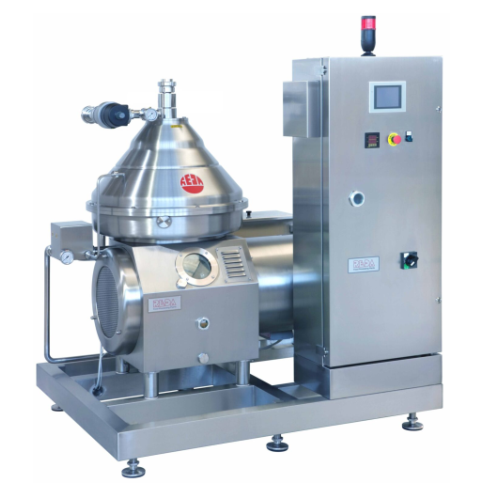
Clarifier for milk and whey
Optimize dairy and beverage production by efficiently removing fine curd residuals, ensuring hig...
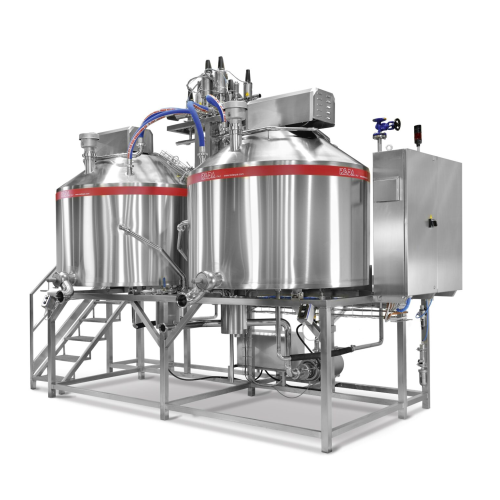
Curd making equipment for cheese production
Optimize your cheese production with versatile curd making equipment, designed...
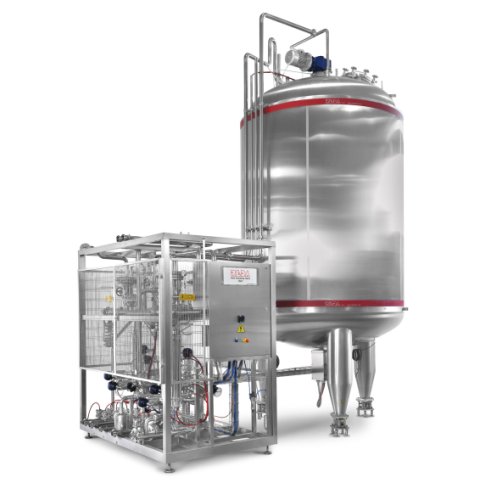
Aseptic tank for sterile liquid food storage
Ensure sterility and maximize shelf life for liquid foods by utilizing an ase...
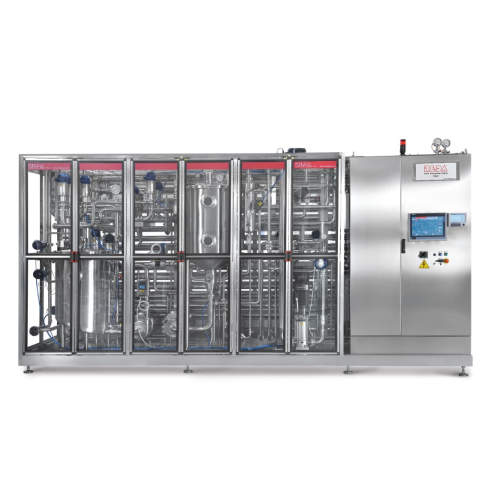
Uht sterilization for milk
Enhance your production line with advanced UHT sterilization, ensuring extended shelf-life and un...
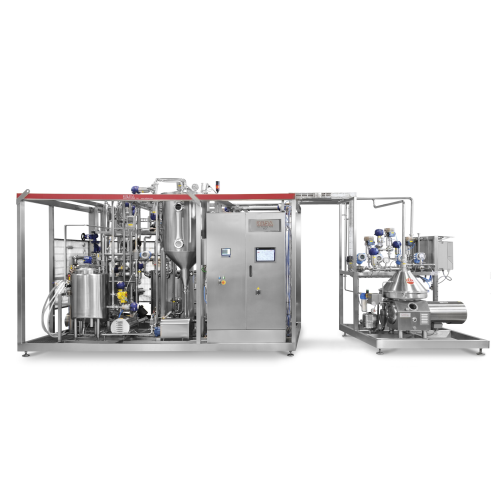
Complete milk processing lines
Optimize liquid product quality with a comprehensive processing line that integrates pasteuri...
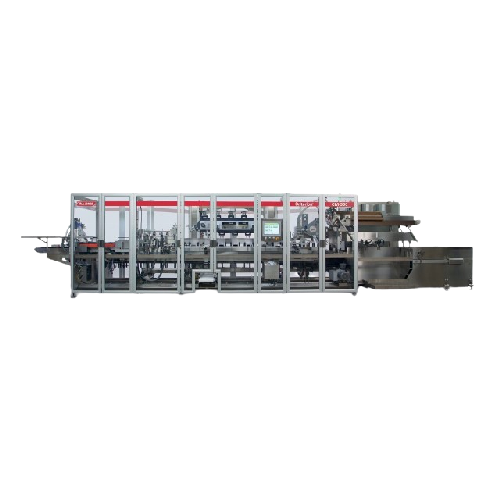
Medium-speed end load cartoner for food and beverage packaging
Streamline your packaging line with versatile cartoning c...
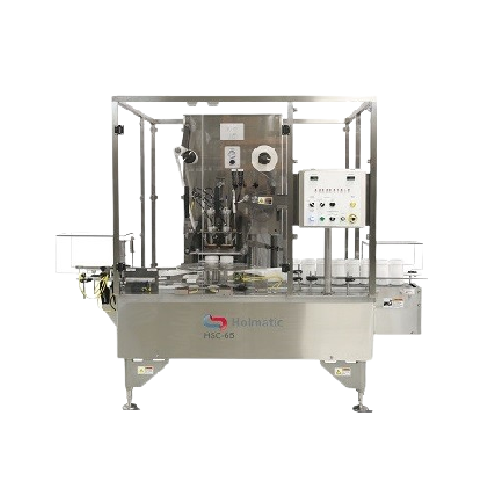
Rotary indexing sealer for cup filling
Streamline your production line with precise cup filling and sealing, ideal for a wi...
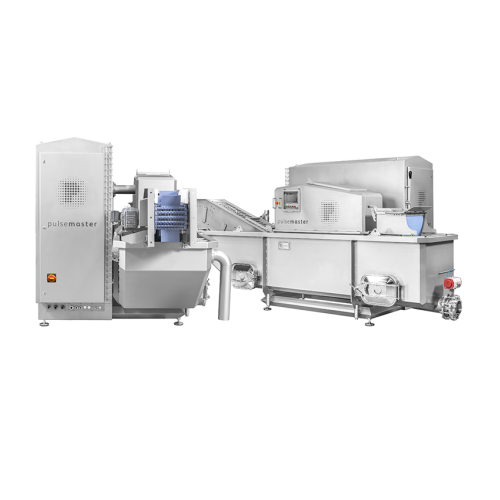
Pulsed electric field system for food preservation
Enhance your production line with technology that extends shelf life a...
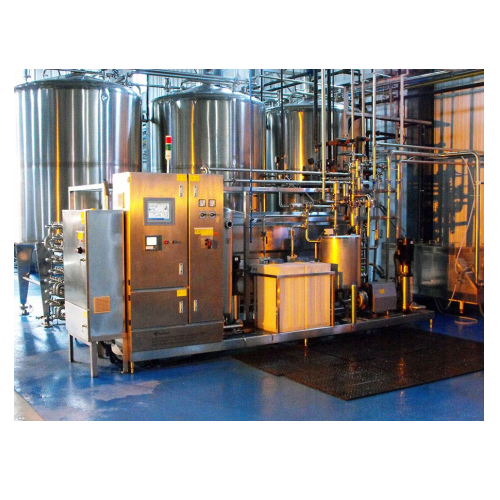
Soya milk production system
Efficiently transform soybeans into high-quality, non-beany soy milk with advanced processing te...
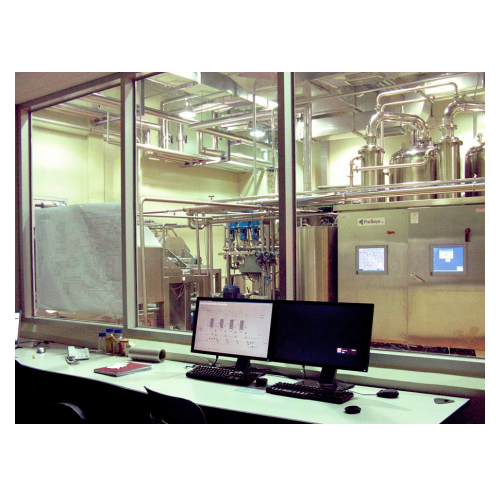
Soya protein isolate production line
Ensure the highest protein purity with this comprehensive production line designed to ...
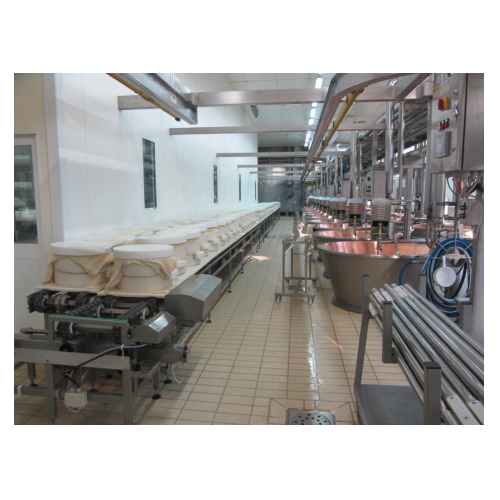
Mechanized systems for hard cheese molding rooms
Optimize your cheese production with advanced systems designed to streaml...

Refrigerated fermentation tank with cold water jacket
Enhance the precision of your cheese production with advanced therm...
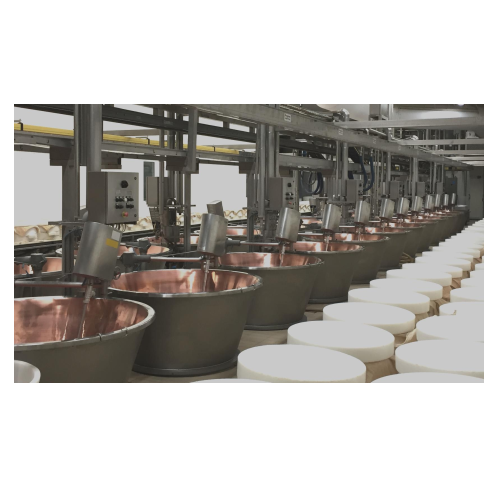
Cheese brine immersion salting system
Ensure consistent flavor and quality in cheese production by immersing blocks and whe...
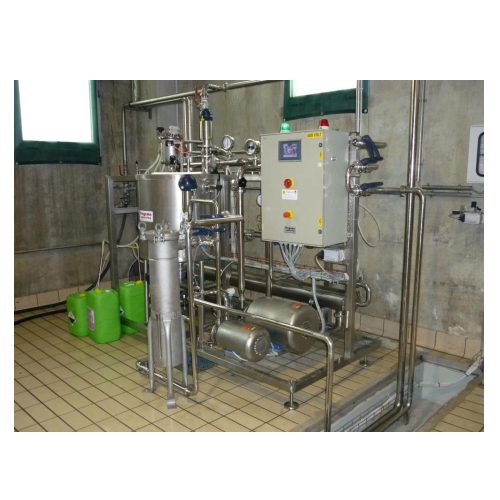
Ultrafiltration system for brine regeneration
Optimize your cheese and brine processes with a versatile ultrafiltration sy...
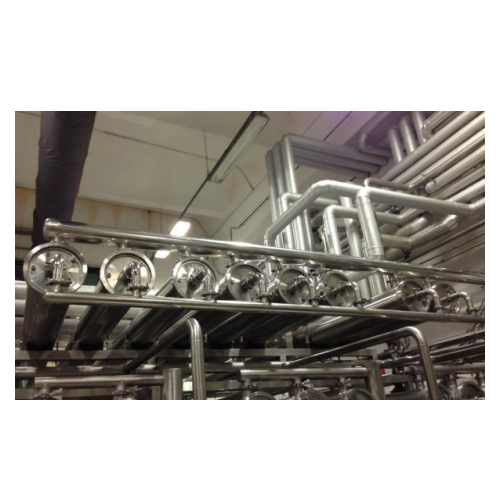
Whey concentration system with reverse osmosis
Optimize your cheese and dairy production with our reverse osmosis concentr...
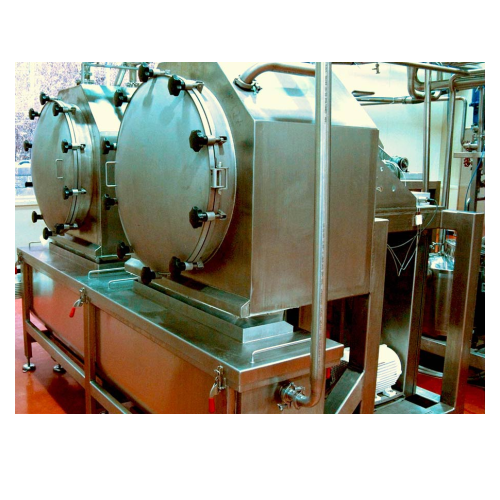
Almond milk production system
Streamline your plant-based beverage production with a comprehensive system designed to finely...
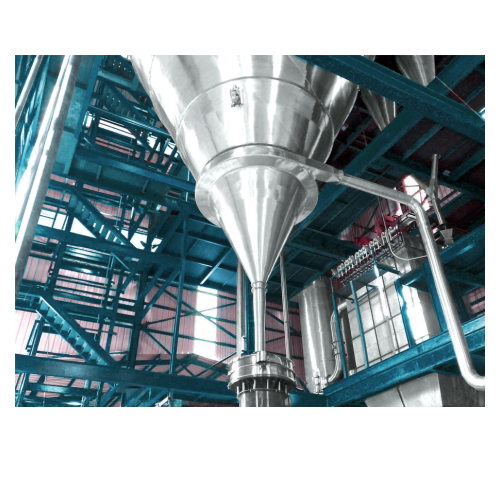
Milk powder processing plant
Achieve precise powder formulations with our state-of-the-art milk powder processing plant, ide...
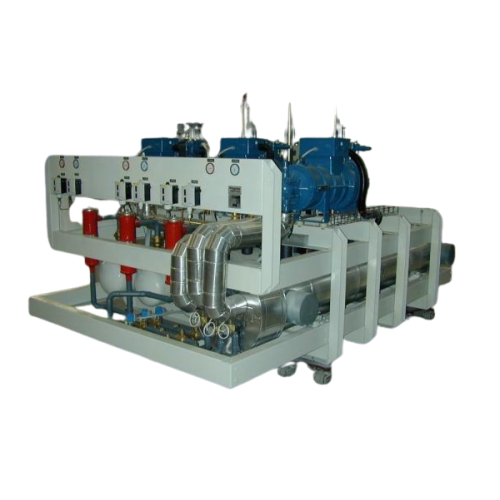
Condensing unit for ice storage tanks
Enhance the longevity and quality of your dairy and cold storage products with a robu...
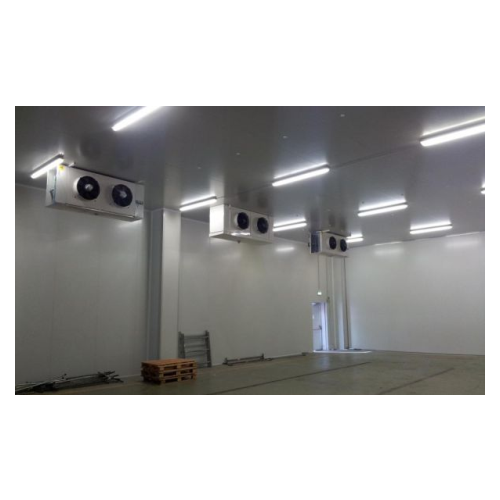
Industrial cold storage solutions
Ensure precise temperature control and optimal storage conditions for a diverse range of ...
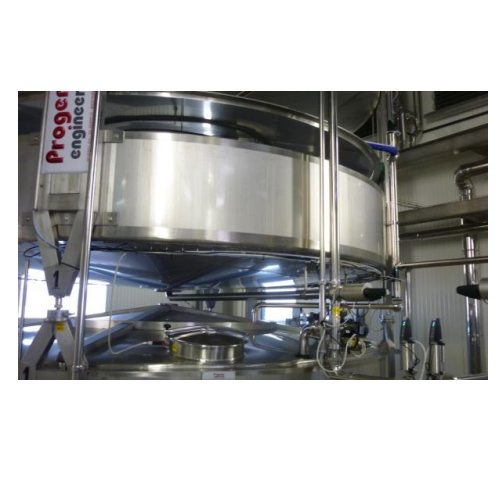
Milk cream separation system for cheese production
Enhance your cheese production efficiency by seamlessly integrating a ...
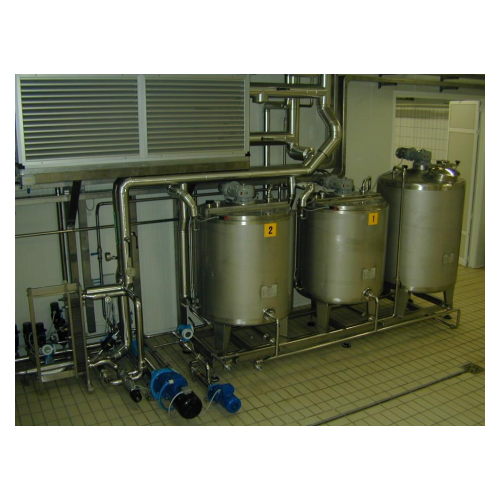
Precise starter culture dosage system for dairies
Ensure precise integration of starter cultures into your cheese product...
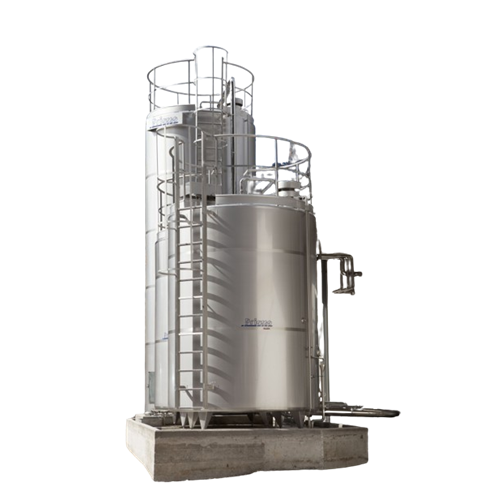
Stainless steel milk storage tanks
Optimize dairy operations with versatile tanks designed for precise storage and temperat...
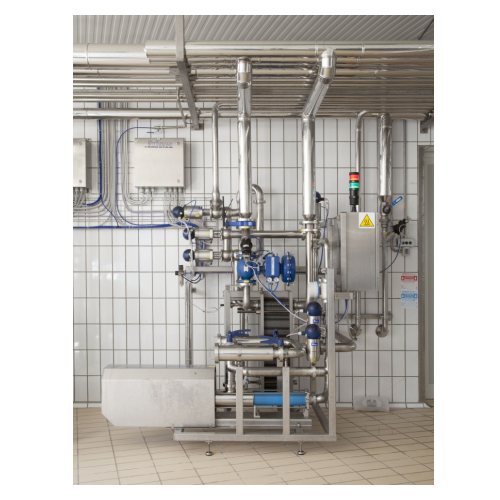
Milk production system for drinking milk
Ensure seamless integration in your dairy production line with this customizable m...
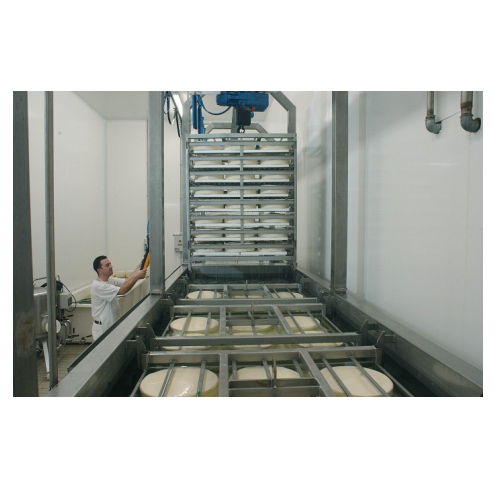
Dynamic salting system for cheese production
Ensure even and efficient salting for soft and semi-hard cheeses with a dynam...
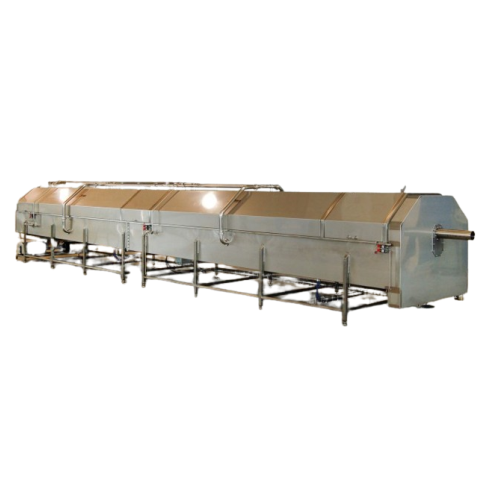
Mechanical ricotta drainage tunnels
Efficiently manage the draining, drying, and cooling of ricotta and curd with our advan...
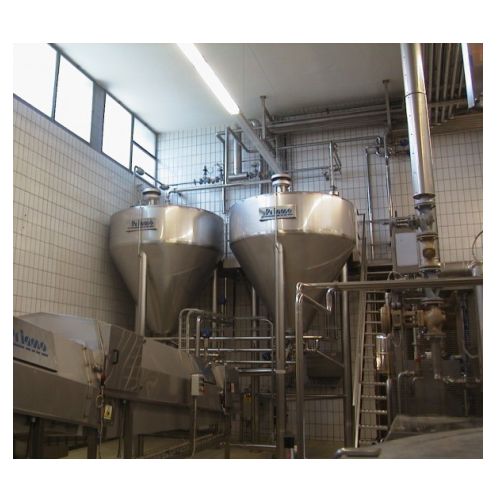
Ricotta cheese flocculation tank
Optimize your ricotta production with an efficient flocculation tank designed to maximize y...
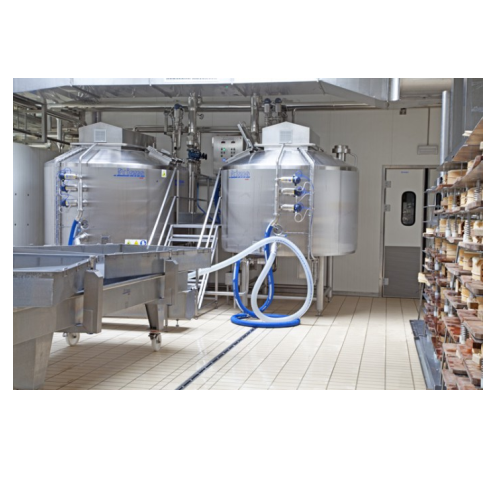
Multipurpose coagulation vats for cheese production
Streamline your cheese production process with multipurpose coagulati...

Curd drainers and portioners for cheese production
Enhance your cheese production with precise curd draining and portioni...
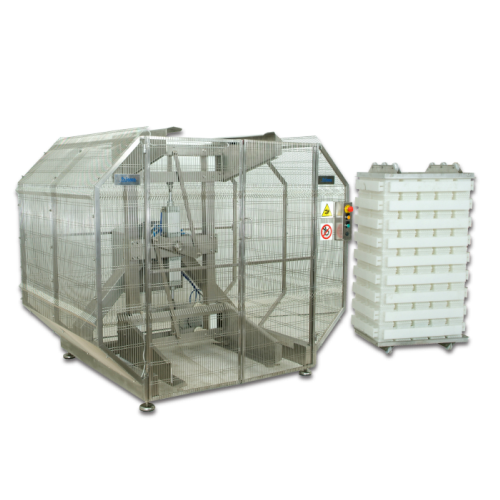
Stacked block mold tipping solution
Efficiently manage block molds with this tipping solution designed to streamline cheese...

Deodorizing units for milk pasteurization
When handling dairy products, controlling odors during pasteurization is crucial...
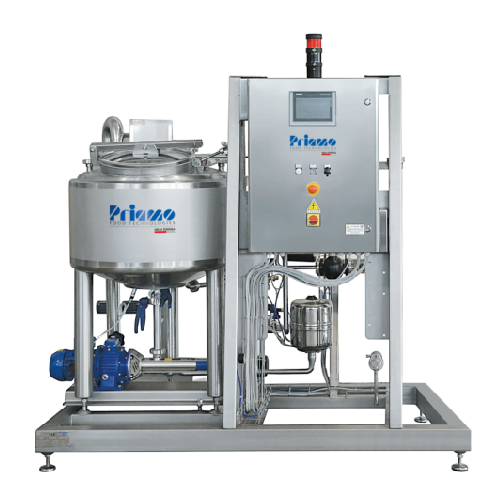
Industrial yogurt production line
Streamline your yogurt production with precise process control to ensure consistent quali...
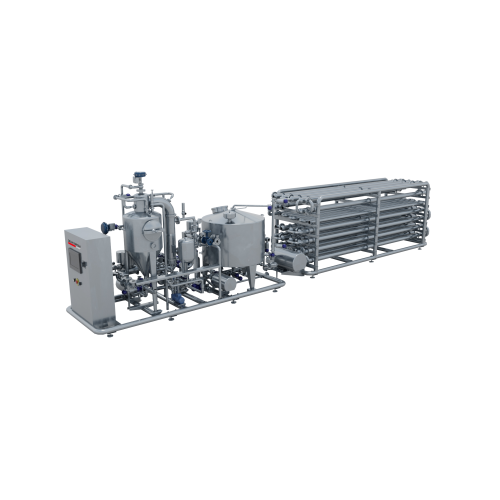
Pasteurization solutions for liquids with solid pieces
Ensure the integrity of fruit inclusions in beverages and dairy wi...
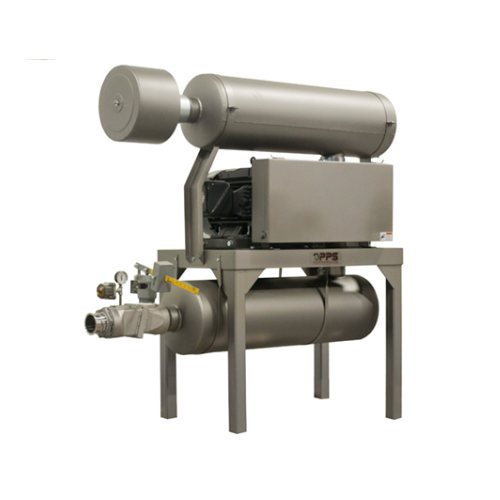
Food processing blower systems
Optimize your production line with precise air handling and moisture control to ensure qualit...
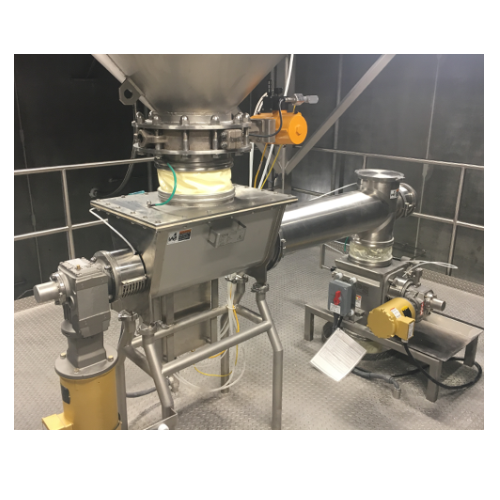
Mechanical conveyors for powder transport
Optimize your powder and granule handling with precise, customizable conveying s...
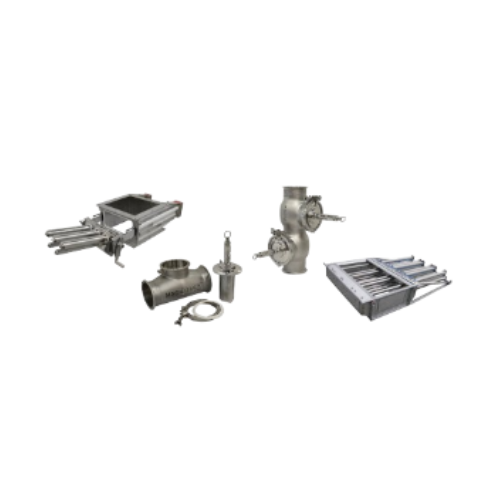
Magnetic separators for metal contaminant removal in powder processing
Ensure product purity and safety by effectively ...

Powder sifters for industrial applications
Optimize powder consistency and enhance production flow with advanced sifting t...
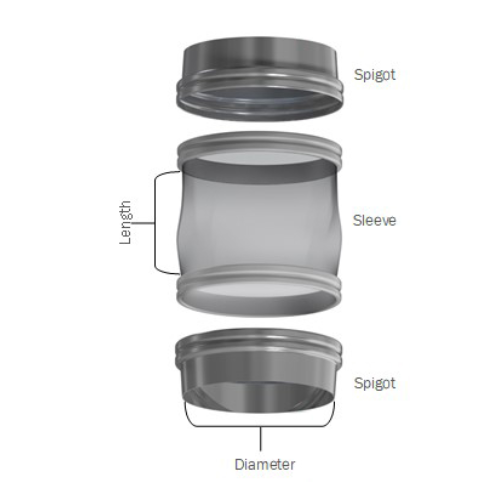
Flexible connector for bulk powder manufacturing
Eliminate leakage and enhance hygiene in your powder processing with a sn...
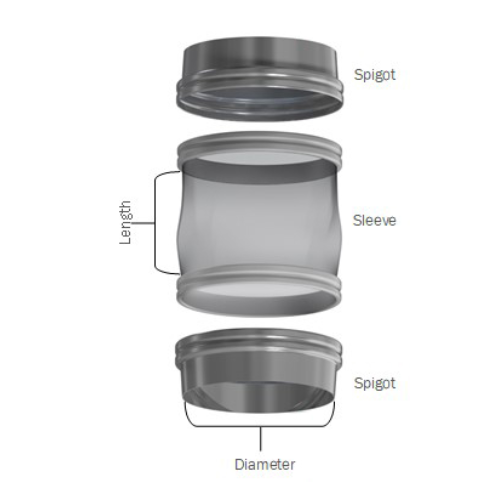
Flexible connector system for bulk powder processing
Eliminate leaks and enhance hygiene in your powder processing line w...
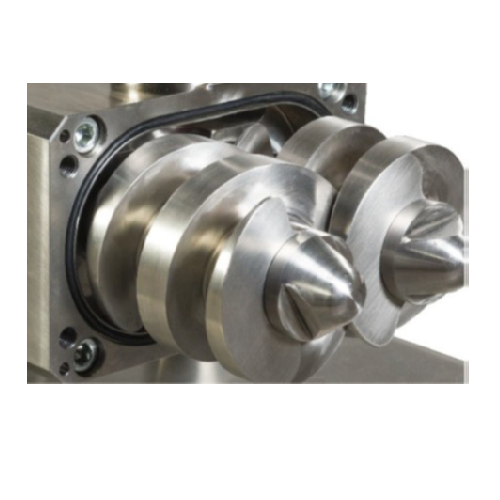
Rotary lobe pump for curds transfer in cheese production
Ensure gentle handling of delicate curds with rotary lobe pumps ...
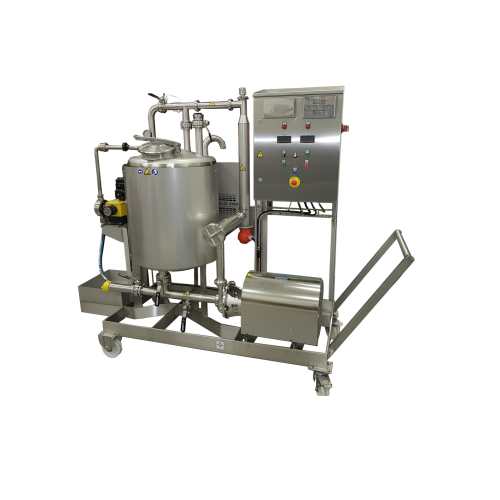
Mobile cleaning-in-place unit for process equipment
Ensure seamless cleaning of diverse process equipment with a mobile, ...
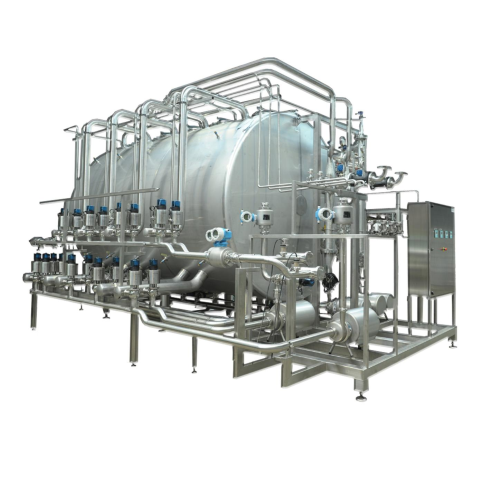
Compact cleaning in place units for food industry
Optimize your production line with a compact system designed for effici...
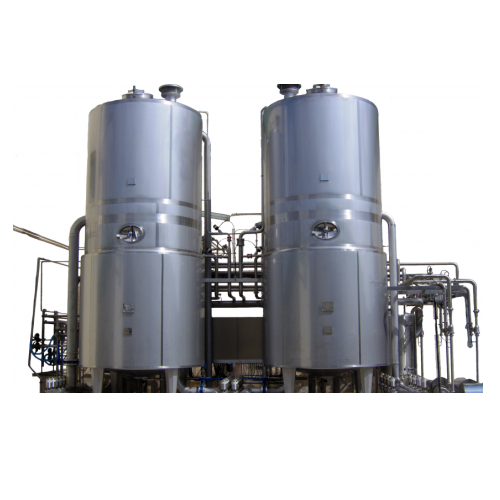
Cleaning-in-place for multiple equipment in food industry
Ensure precise hygiene and traceability with a system designed...
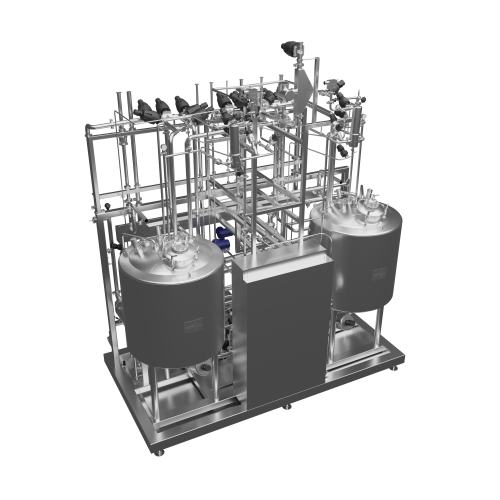
Cleaning and sterilization in place for hygienic control
Ensure maximum hygiene and sterility in your production line wit...
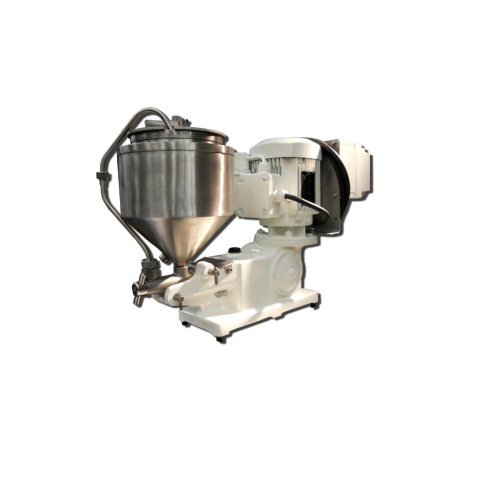
Laboratory homogenizer for viscous products
Achieve ultra-fine textures and improved consistency in pasty and semi-pasty p...
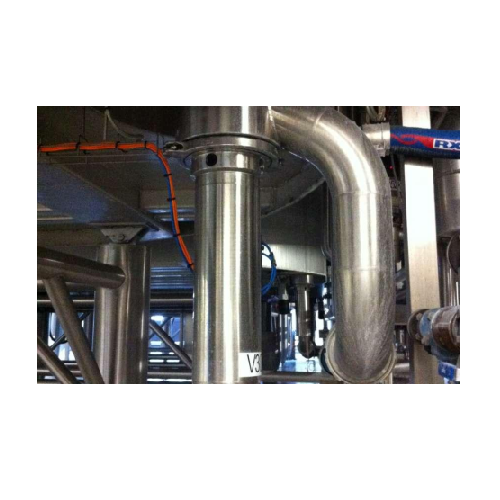
Bottom valve for cheese vats
Enhance your cheese production efficiency with a flush-mounted bottom valve, designed for optim...
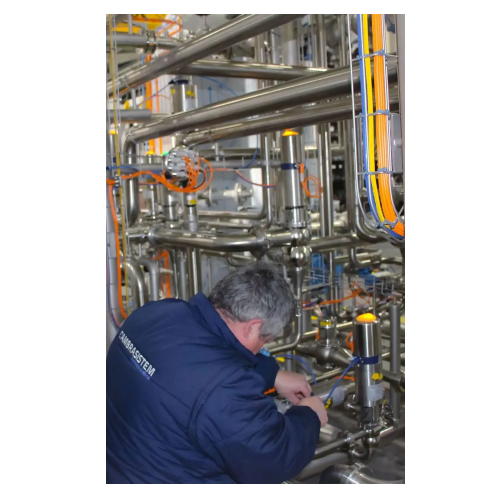
Automation for food processing
Optimize your food production with cutting-edge automation, enhancing efficiency and precisio...

Cip cleaning systems for food and beverage industry
Optimize your cleaning operations with seamless Clean-in-Place and St...
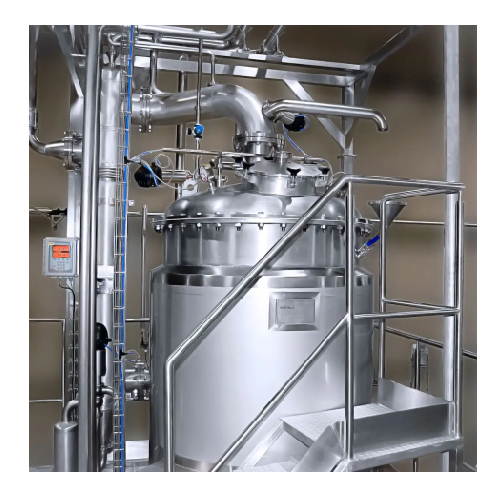
Inline processing system for food and beverage production
Optimize your production line with a versatile inline processi...
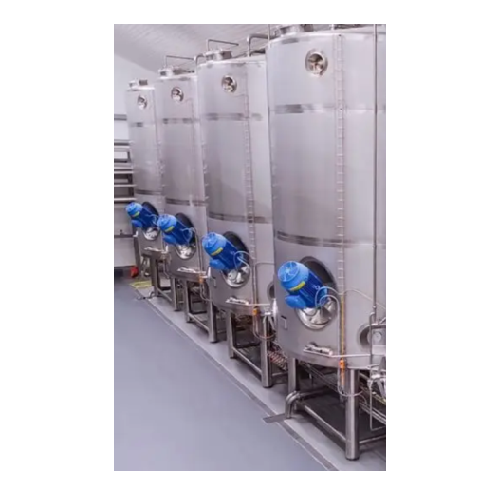
Turnkey food and beverage processing solutions
Optimize your production line with integrated processing systems designed t...
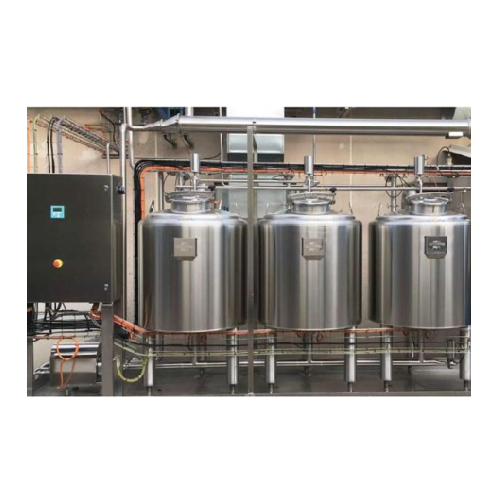
Close proximity cleaning-in-place solution for industrial hygiene
Enhance plant hygiene with a close proximity cleaning...
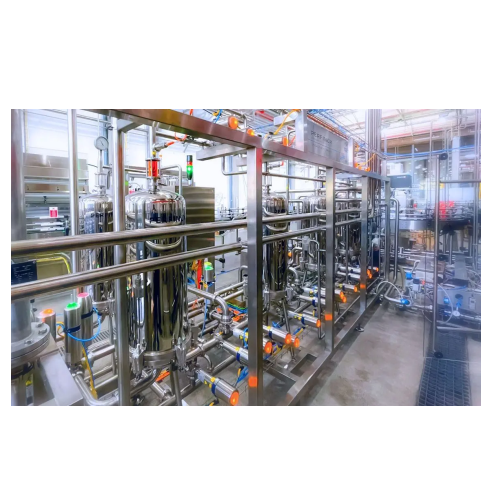
Automatic filtration system for beverage industry
Enhance your beverage production with a multi-stage filtration system t...

Clean-in-place system for industrial cleaning needs
Optimize your production efficiency with a system that seamlessly int...
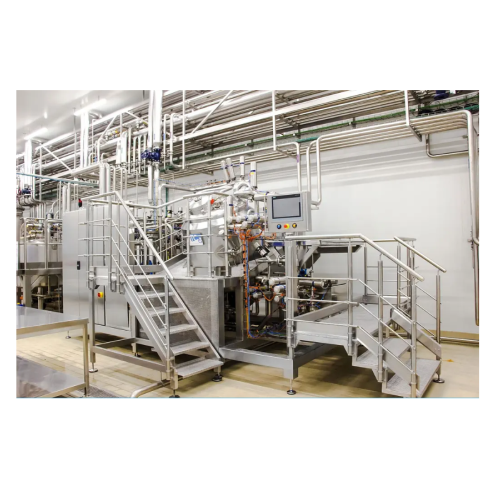
Mayonnaise production system
Ensure precise emulsification for low to full-fat mayonnaise and similar cold emulsions with a ...
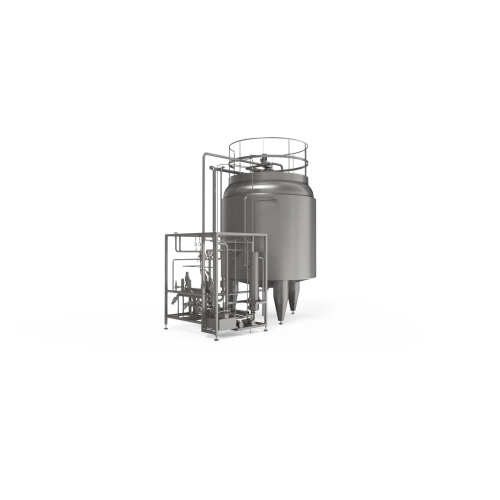
Aseptic storage tanks for high efficiency applications
Ensure consistent aseptic storage and efficient handling of variou...
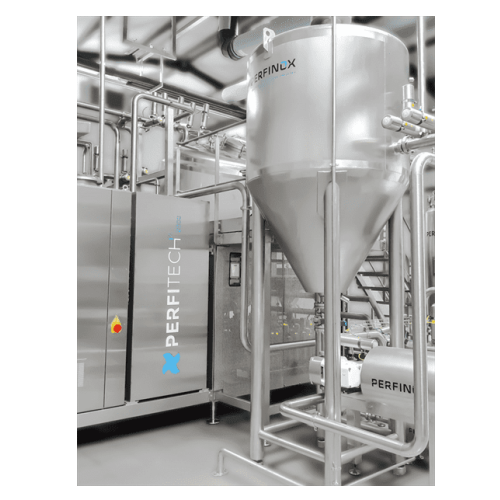
Compact production unit for liquid food products with varied viscosities
Streamline your batch production with this ver...

Scraped surface heat exchanger for food processing
Efficiently handle temperature-sensitive food products with a compact ...
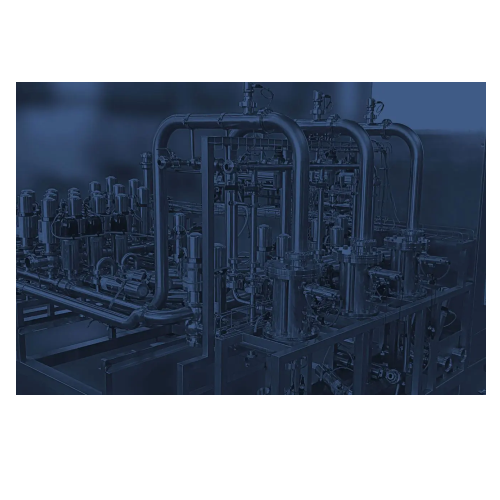
Pig systems for product recovery in food and beverage industry
Maximize yield and minimize waste with advanced PIG syste...
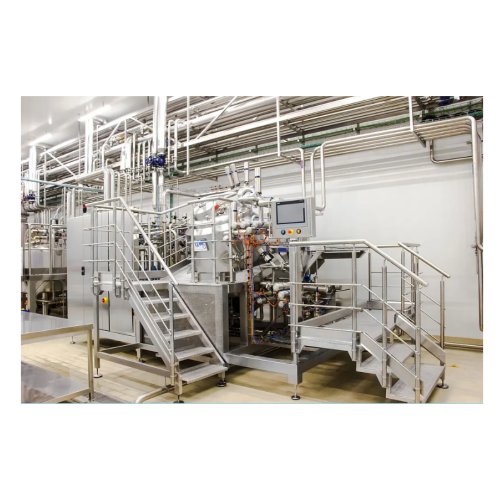
Hygienic fluid storage tanks for food industry
Ensure impeccable hygiene in fluid storage with our customizable tanks, des...
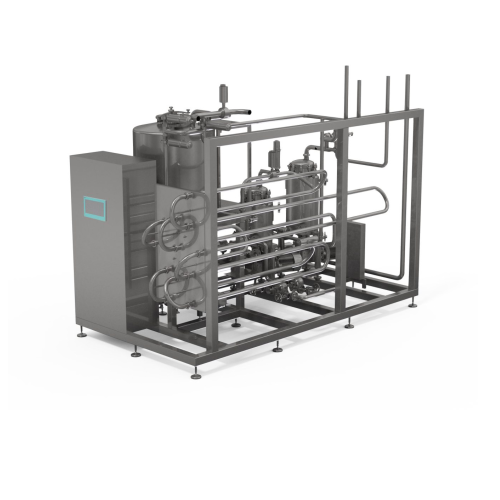
Aseptic thermal processor for high viscosity products
Optimize your processing of high viscosity products with precise te...
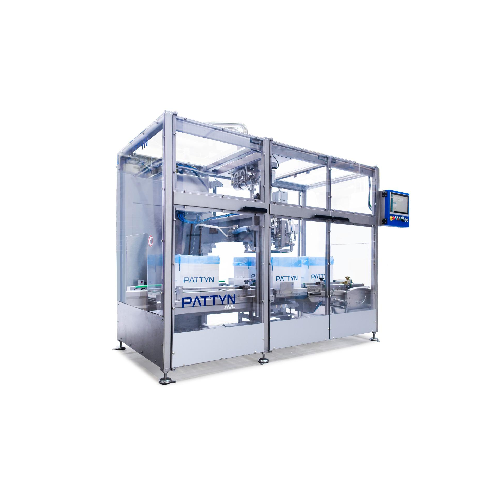
Semi-liquid weigh filler for edible oils & fats
Achieve precise weigh filling of semi-liquids while minimizing product was...
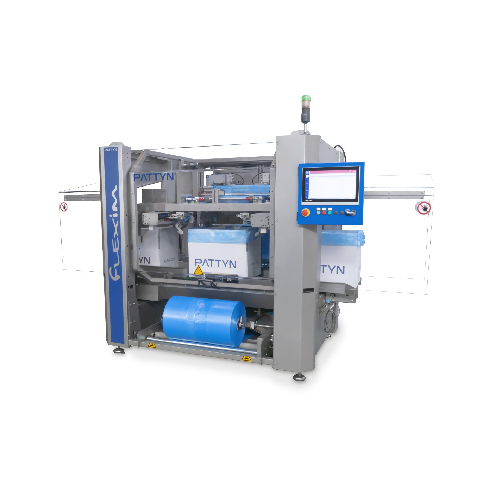
Automatic bag inserter for various containers
Optimize your packaging process with a high-speed bag inserter that perfectl...
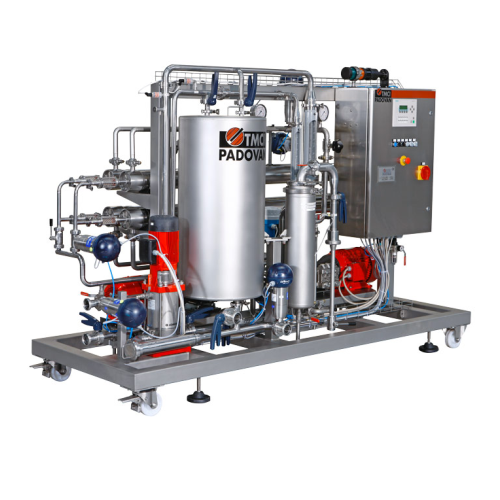
Nanofiltration and reverse osmosis for wine processing
Streamline your beverage production by effectively concentrating l...
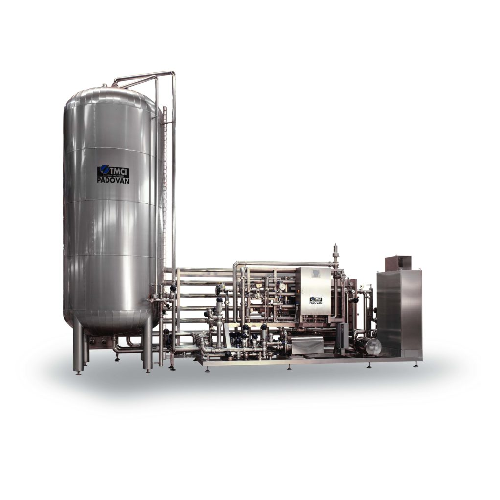
Plate flash pasteurizer for wine
Ensure optimal microbial inactivation while maintaining product quality with high-efficienc...
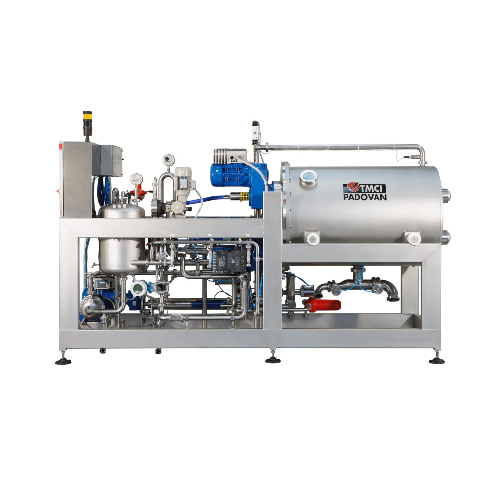
High solids crossflow filter for wine filtration
Optimize filtration efficiency while minimizing operational costs with th...
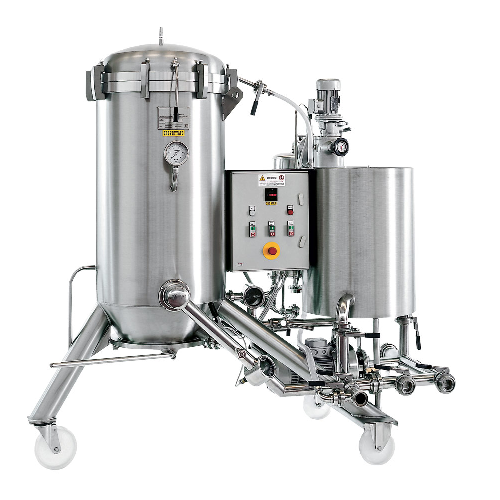
Vertical leaves pressure filter for wine and viscous liquids
Ensure optimal clarity and consistency in your liquid produ...
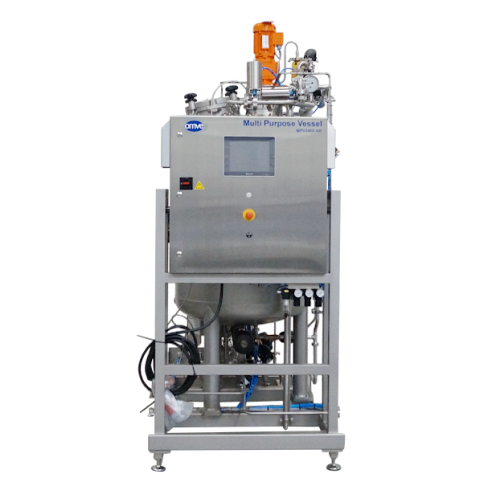
Aseptic buffer tanks for pilot scale process lines
Ensure seamless production flow and quality control in sterile environ...
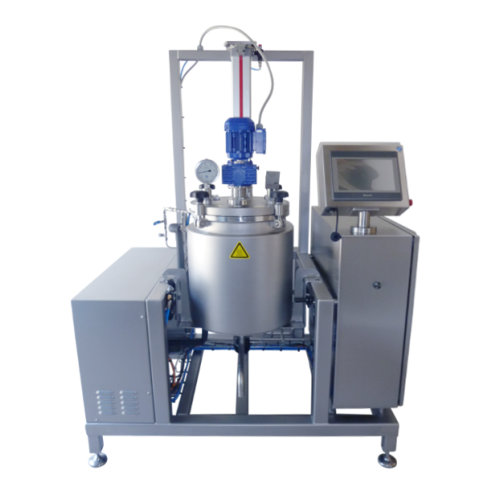
Batch food processing cookers
Achieve precise temperature and pressure control for small-scale food production with modular ...
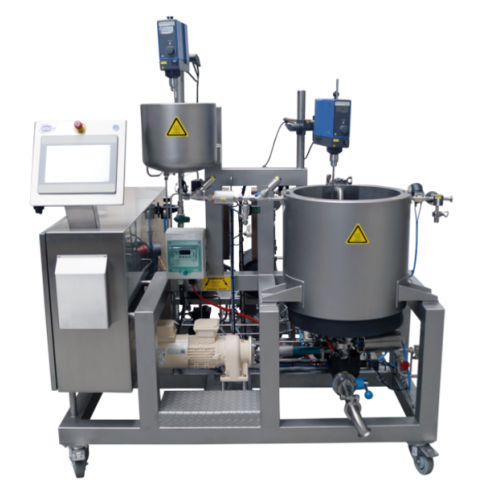
Atmospheric blending vessel for r&d activities
Optimize your liquid blending processes with this versatile vessel, designe...
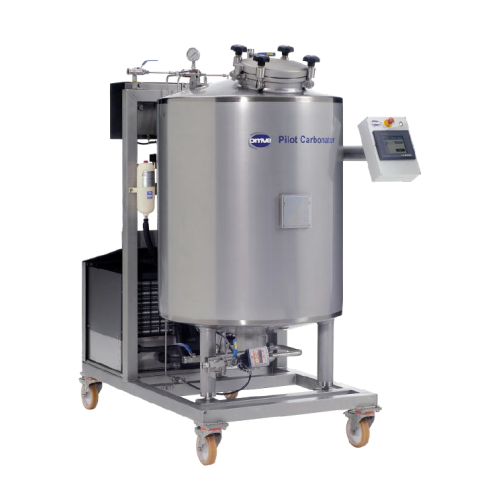
Hygienic buffer tanks for process optimization
Enhance your production flow with hygienic buffer tanks that ensure consist...
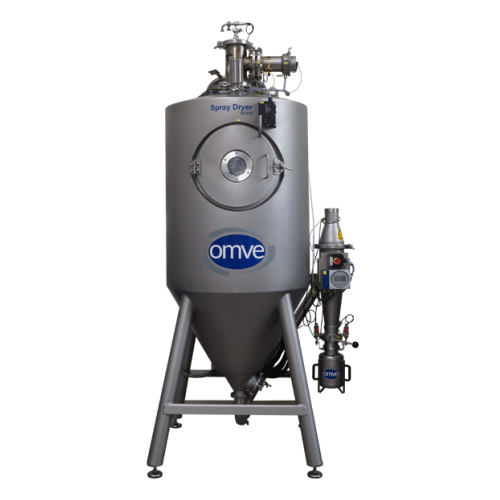
Pilot scale spray dryer for product development
Achieve precise moisture levels and product consistency in development env...
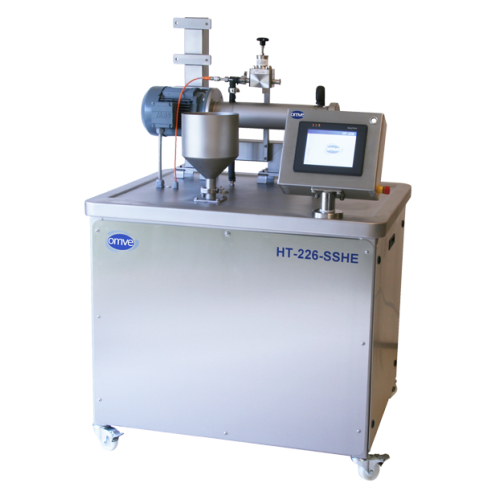
Small-scale scraped surface heat exchanger for high-viscosity products
For R&D teams tackling complex formulations...
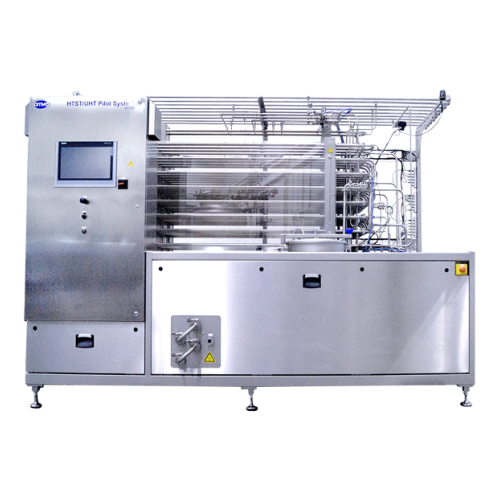
Uht/htst aseptic processor for pilot plants
Achieve precise heat treatment and aseptic processing with flexible pilot syst...
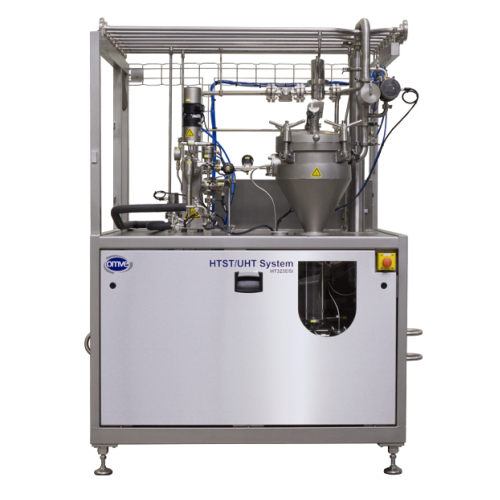
Direct steam injection Uht pilot system
Elevate your production capabilities with a sanitary UHT pilot system designed for ...
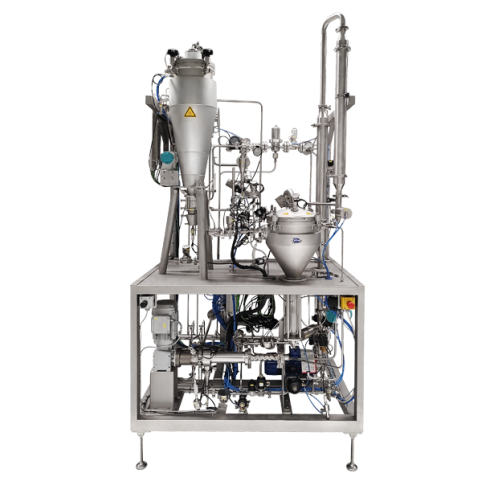
Direct steam infusion for high spore kill rate in sensitive food products
Achieve rapid, efficient sterilization and m...
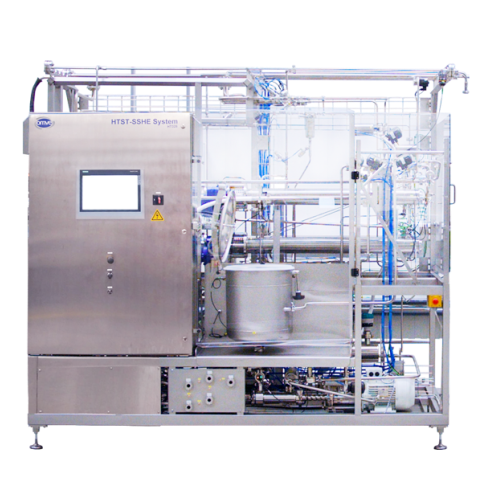
Pilot system for high-viscosity product processing
Efficiently handle high-viscosity or large particle products with this...
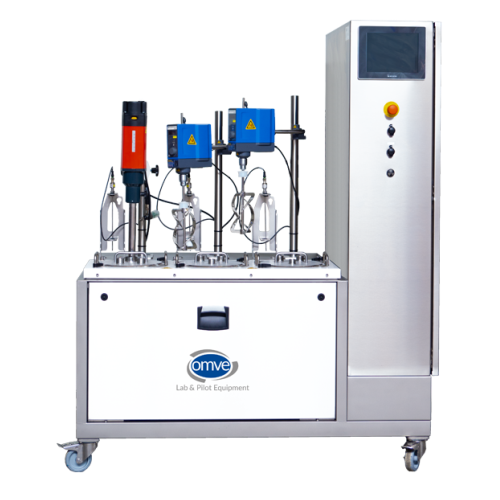
Lab-scale water bath blending vessel for product preparation
Ensure consistent flavor and quality across diverse small-s...
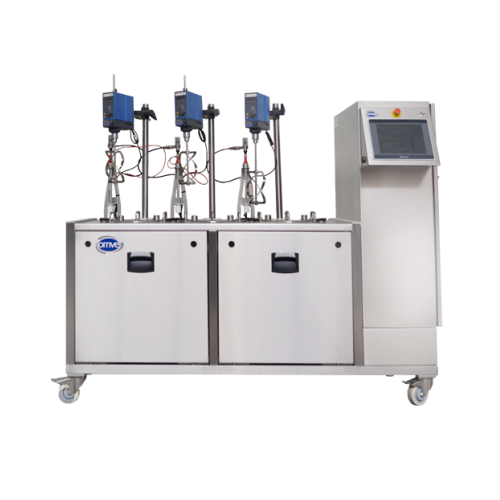
Lab-scale fermenter for simultaneous batch processing
Optimize your lab-scale fermentation process with a versatile solut...
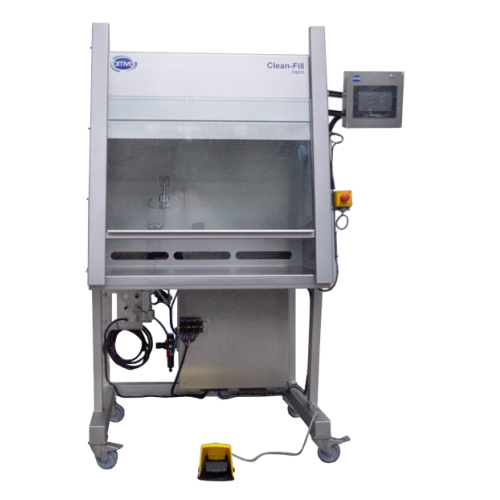
Sterile filling and closing bench for bottles and cups
Ensure precise and sterile filling for liquid products with a hygi...
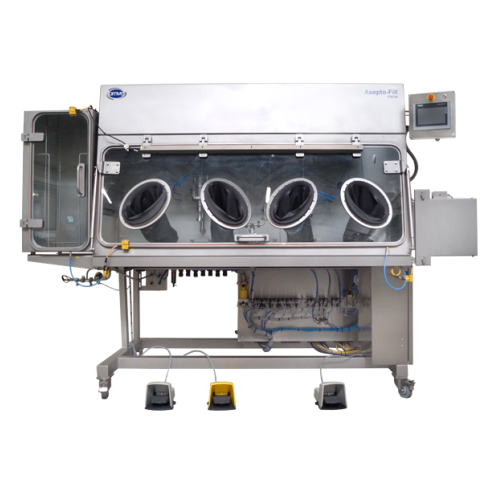
Aseptic filler for nutraceuticals
Ensure the sterility of your liquid nutraceuticals and beverages with a versatile solutio...
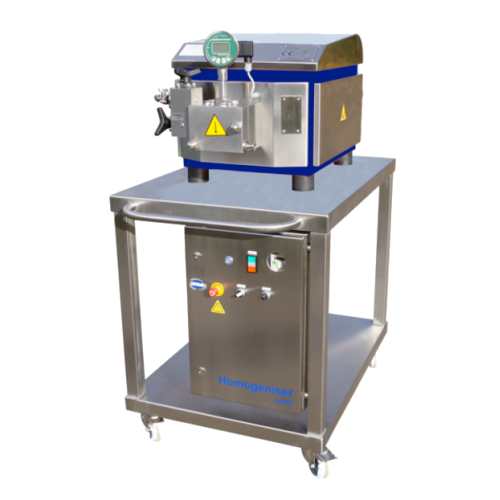
Lab-scale high-pressure homogenization solution
Optimize your lab-scale production with precision homogenization, ensuring...
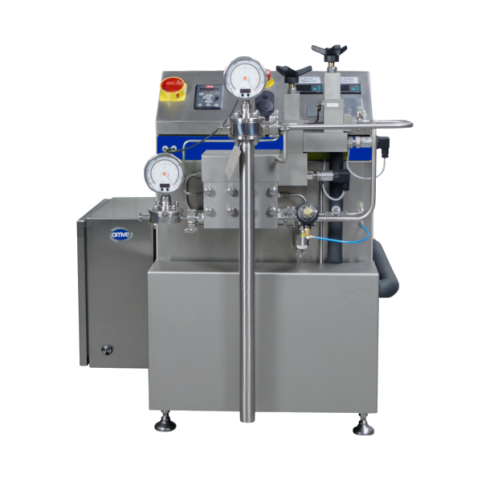
Pilot homogenizer for high-pressure inline homogenization
Achieve precise homogenization and emulsification across vario...
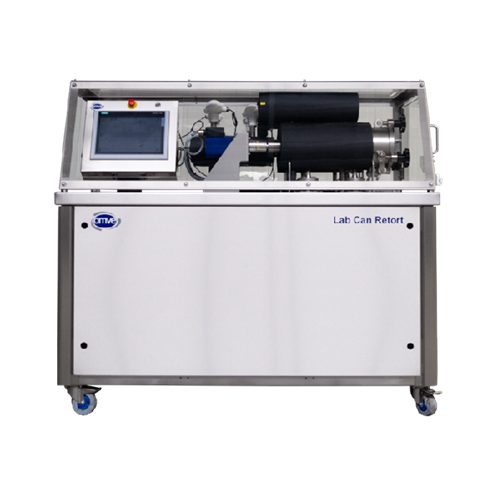
Lab can retort for precise temperature and pressure control
Achieve precision in recipe validation and packaging testing...
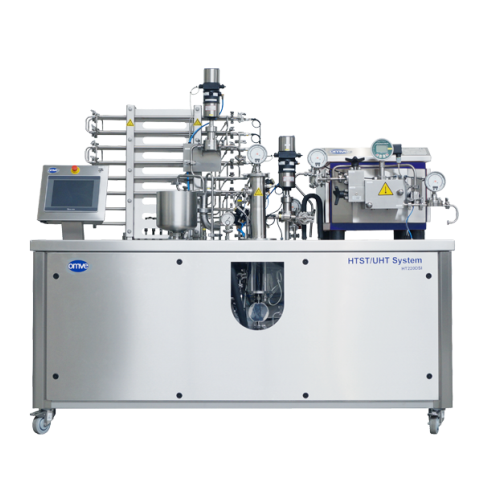
Direct steam injection system for heat treatment
Achieve precise thermal processing and enhance product quality for comple...

Manual Cip unit for lab and pilot plant cleaning
Need thorough cleaning without disassembling your pilot plant? This compa...
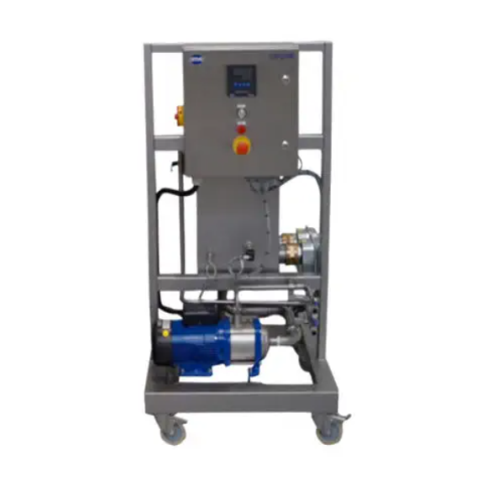
Cleaning in place unit for lab and pilot equipment
Streamline your lab and pilot-scale cleaning processes with a mobile, ...
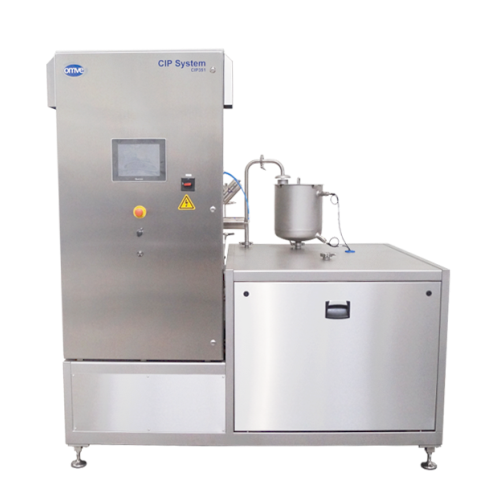
Fully automated cleaning in place unit for food processing plants
Enhance food safety and streamline operations with a ...
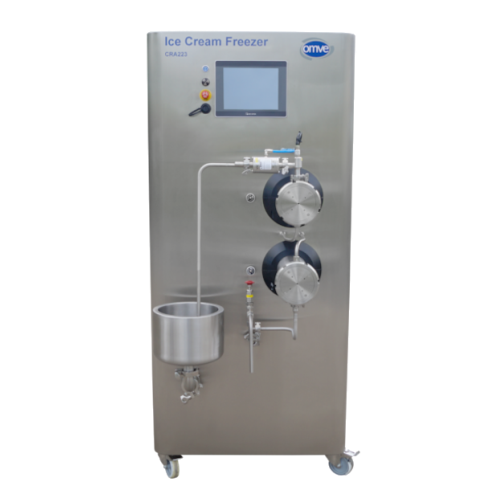
Continuous ice cream freezer for r&d
Achieve precise control of ice cream texture and consistency with a system that seamle...
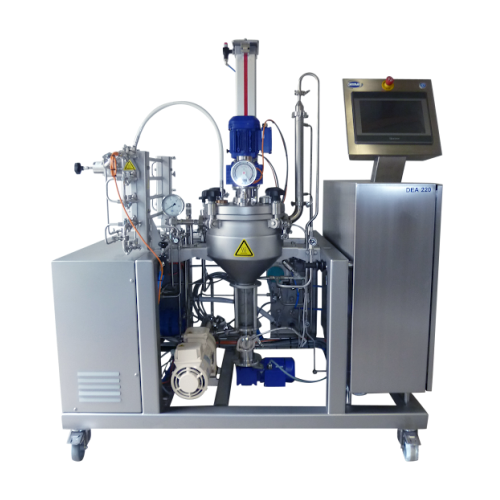
Continuous deaeration solution for laboratory and pilot systems
Achieve superior product stability and minimize foaming ...
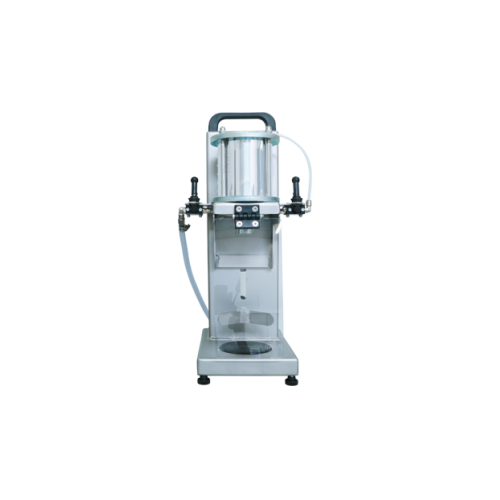
Crown cork sealer for liquid food packaging
Ensure reliable sealing for bottled beverages and dairy with a compact, table-...
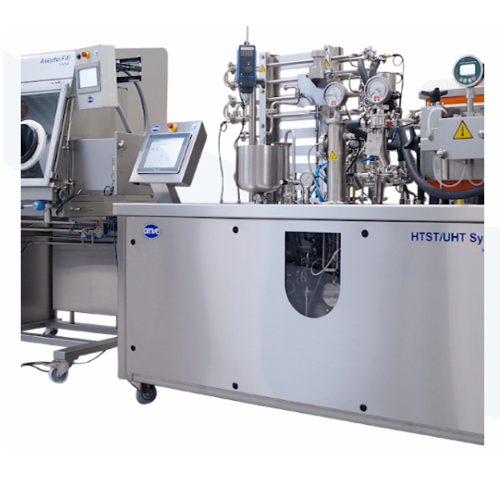
Customized process plants for plant-based beverages
Efficiently scale your production of plant-based beverages with modul...
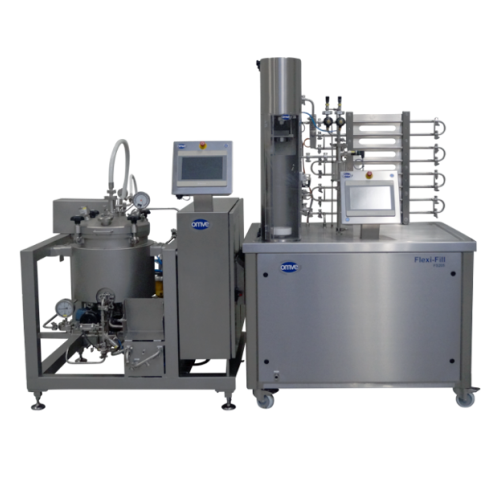
Sterile carbonation system for beverages
Achieve precise carbonation for both common and specialty beverages with this vers...
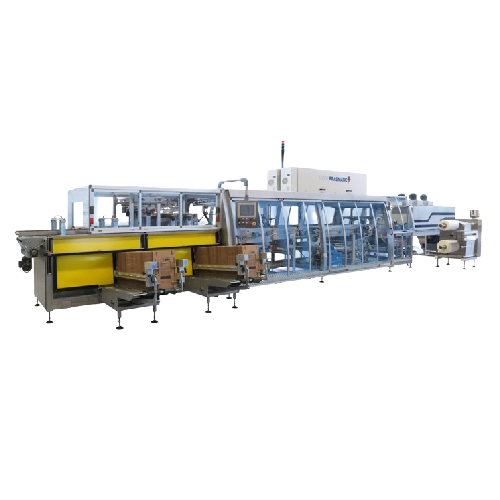
High-speed shrink wrapping for beverage packaging
Optimize end-line packaging with a high-speed solution designed to hand...
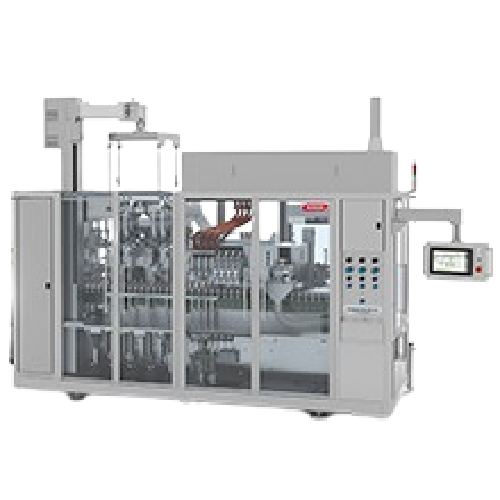
Tube filling station for plastic, laminate, and aluminum tubes
Efficiently seal and fill various tube materials, ensurin...
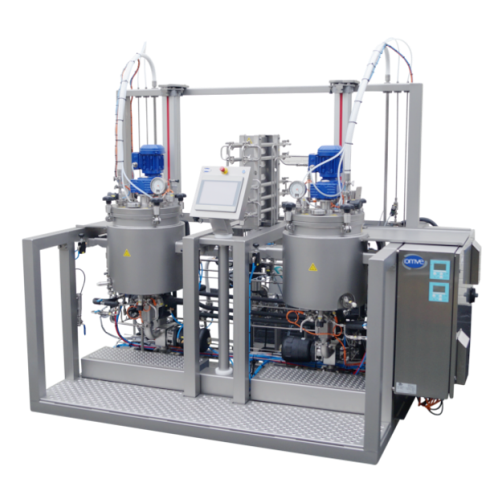
Pressurized fermenter for lab-scale fermentation
Achieve precise and controlled fermentation with this advanced pressurize...
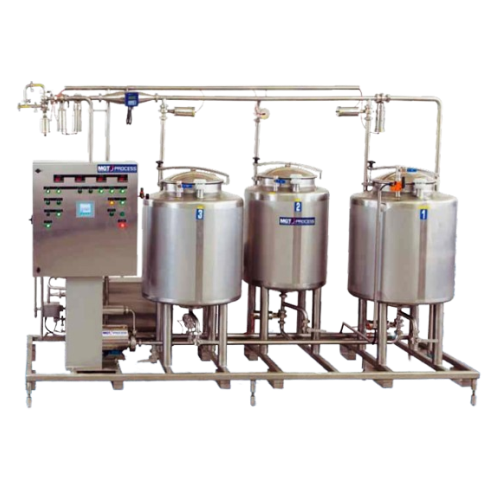
Cleaning-in-place (cip) systems for hygienic processing
Elevate hygiene standards in your liquid processing line with an ...

Fermenting tanks for beer production
Optimize your beverage production with advanced fermenting tanks designed to enhance t...
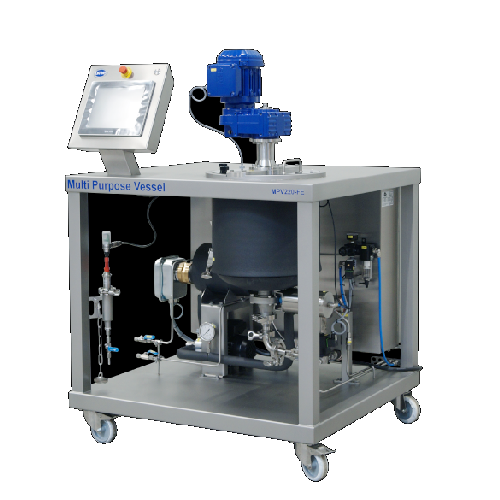
Atmospheric fermenter for lab and pilot scale projects
Streamline your fermentation process with precise control over tem...
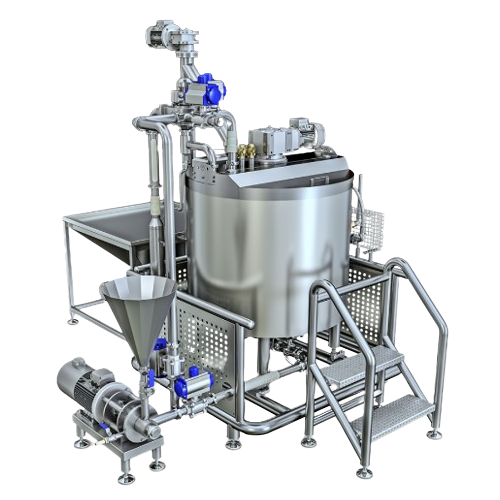
Condensed milk preparation system
Enhance the quality of your dairy-based products with a system designed for efficient mix...

Ibc cleaning equipment for hygienic powder handling
Optimize cleaning efficiency and maintain hygiene standards with a ve...
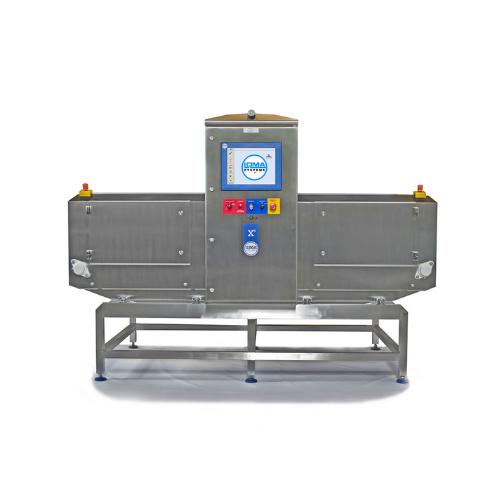
X-ray inspection system for large bulk products
Ensure consumer safety and product quality by efficiently detecting contam...
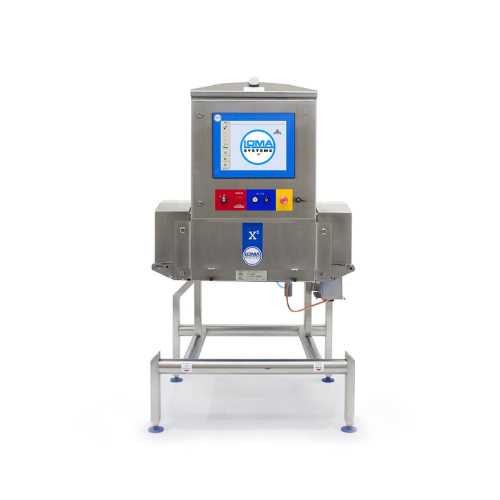
Compact x-ray inspection system for food safety
Enhance food product safety with advanced x-ray inspection, targeting both...

High-care food processing combination system with metal detection
Optimize your high-care food environment with a robus...
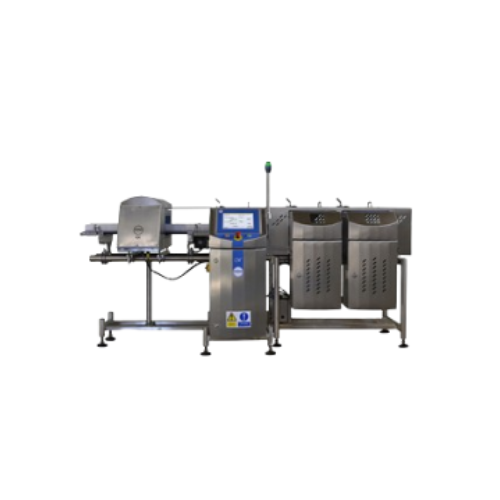
Metal detector checkweigher combination system for food products
Simultaneously detect metal contaminants while ensuring...
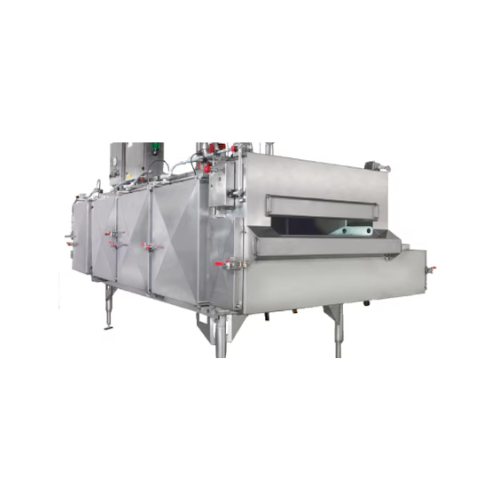
Cryogenic tunnel freezer for optimized food freezing
Enhance your production line with advanced cryogenic freezing techno...

Cryogenic chilling system for meat processing
Ensure uniform temperature control in meat production lines to maintain prod...
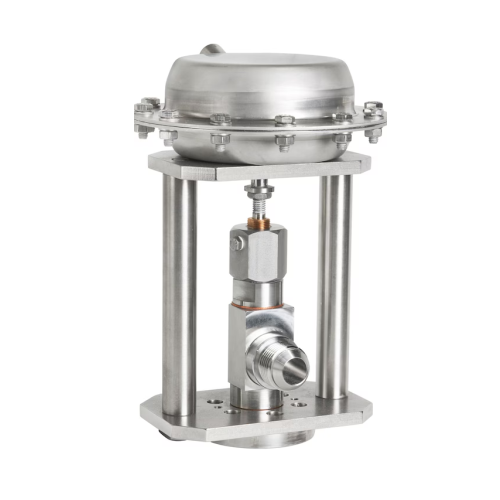
Cryogenic chilling for meat mixing and blending
Ensure precise temperature control during mixing and blending to prevent b...
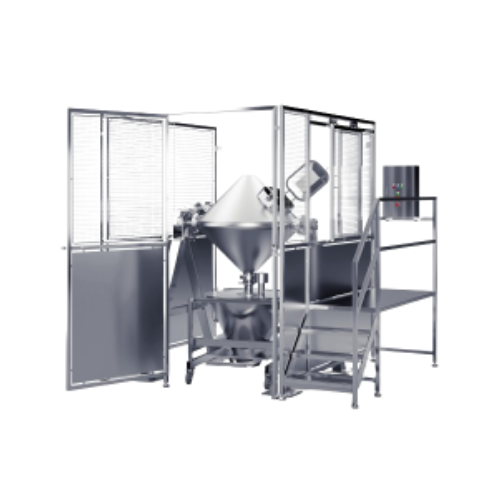
Industrial powder blender
Optimize your production with precise dry blending, ensuring efficient mixing processes and seamle...
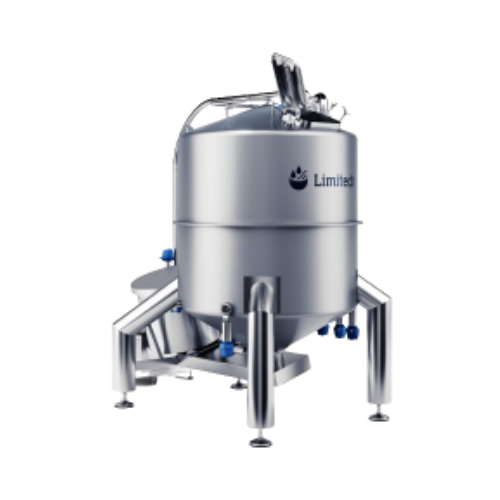
High shear mixer for viscous powder dissolution
Need consistent, homogeneous blending of high-viscosity liquids and powder...
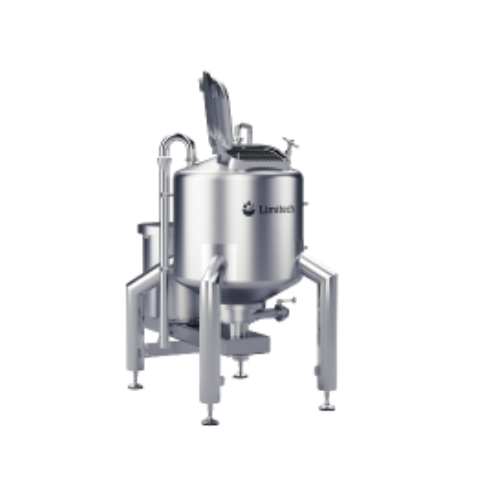
Inline high shear mixer for low to medium viscosity liquids
Efficiently dissolve large quantities of powders into liquid...
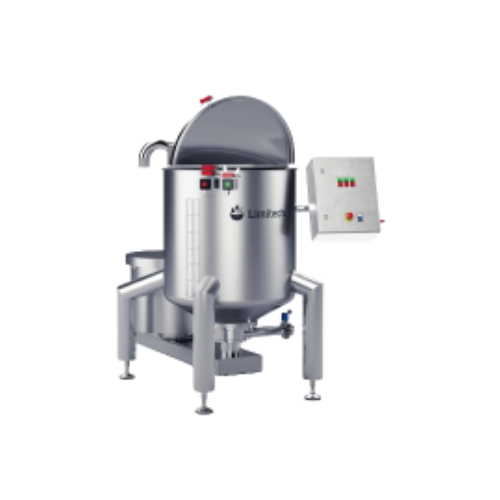
Inline mixer for uniform powder blends
Achieve uniform powder blends in minutes with this high shear inline mixer, designed...
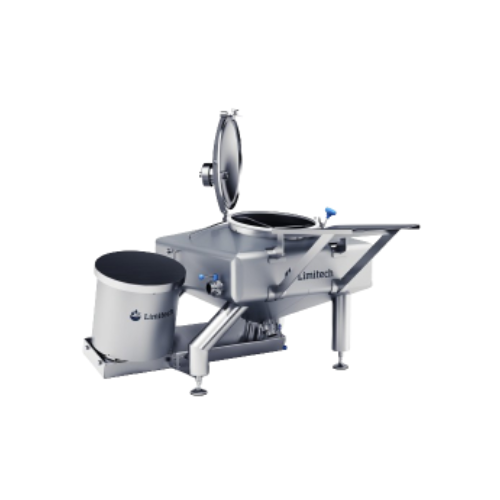
Batch mixer for dry and liquid ingredients
Achieve efficient blending of diverse ingredients with high shear mixing to str...
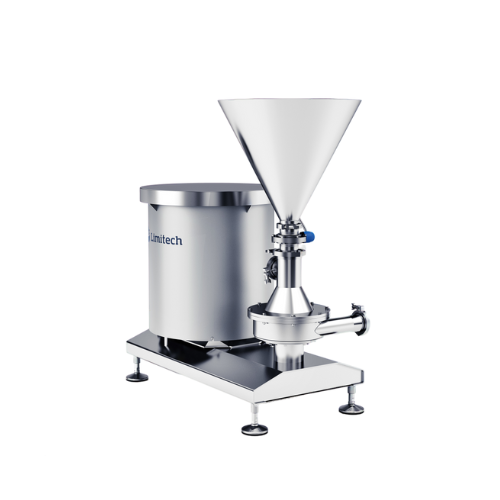
High-shear inline mixer for lump-free products
Achieve consistent texture and prevent clumping in liquid and powder blends...
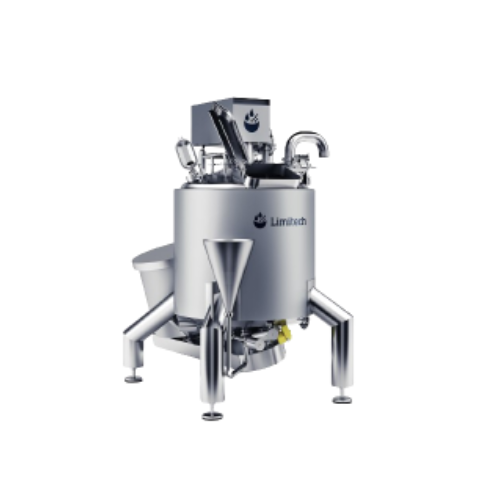
Process mixer for food production
Optimize your production line with a versatile and adaptable process mixer that offers se...

Multifunctional mixer for high volume batches
Efficiently handle complex mixing, emulsifying, and homogenizing tasks with ...
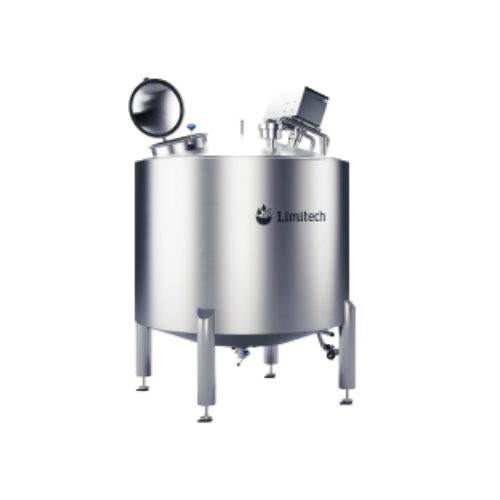
Customized oil storage tank for industrial use
Enhance production efficiency and ensure seamless integration with customiz...
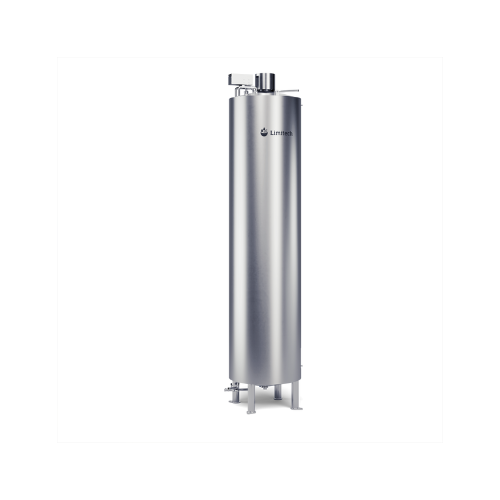
Large insulated oil storage tank
Ensure optimal temperature control for sensitive liquids like oils, sauces, and creams with...
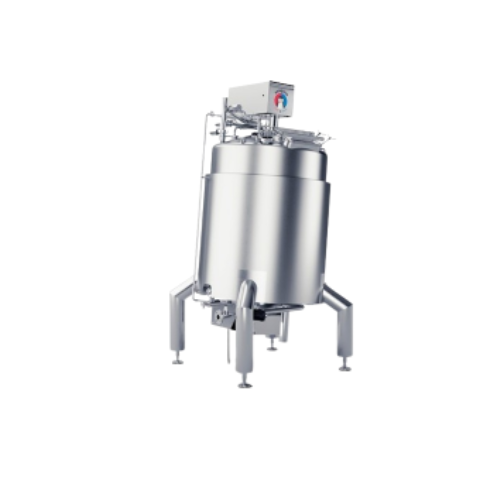
Cooling system for vegetables and meat
Optimize cooling efficiency with dual counterrotating agitators and expansive surfac...
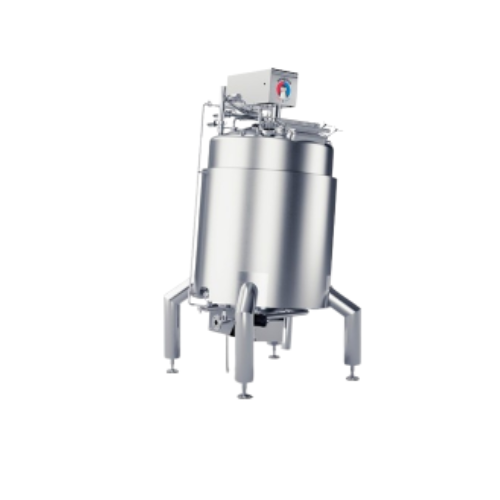
Heating solution for vegetable and meat products
Achieve efficient heating and optimal heat transfer for sauces and dairy ...
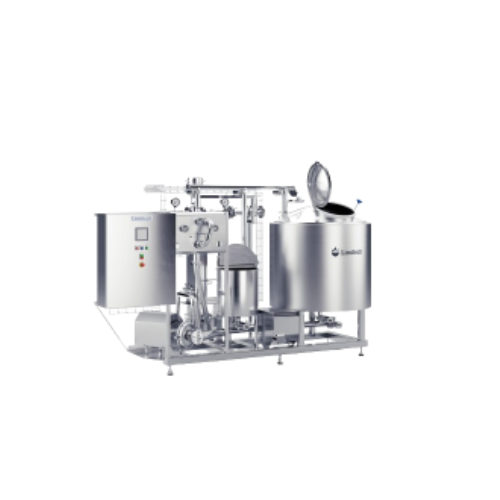
Cip dosing and water unit for industrial cleaning
Elevate your plant’s hygiene with this system, designed for seaml...
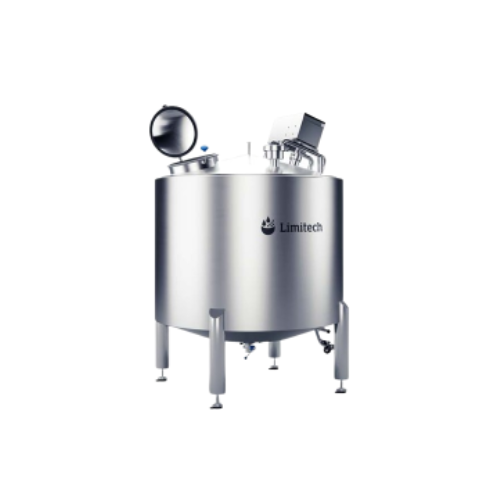
Cylindrical buffer tank for processing lightly liquid products
Optimize production continuity with this cylindrical buff...
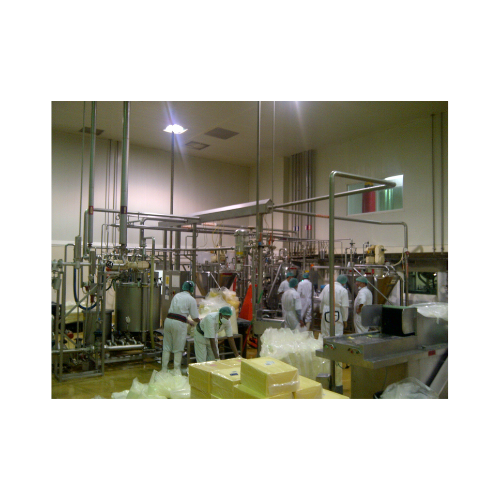
Ultra high temperature treatment system
Achieve extended shelf life and product stability with ultra high temperature treat...
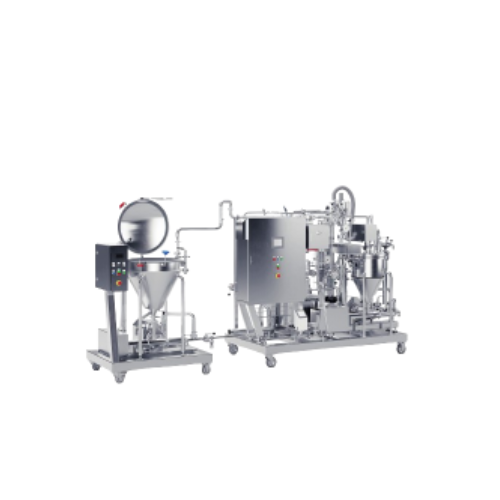
Ultra high temperature treatment for small-scale production
Achieve extended shelf life and uniform product quality with...
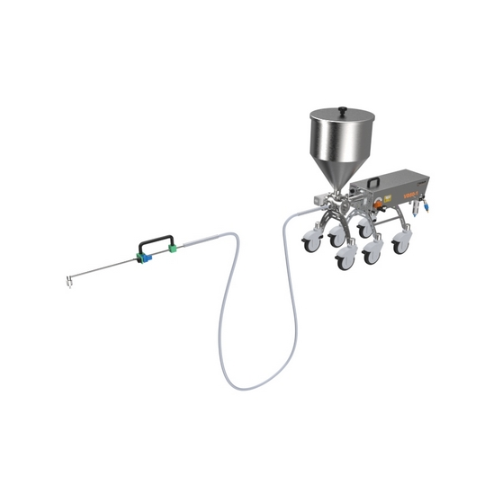
Volumetric filling technology for cosmetic and food products
Achieve precise and contamination-free filling of liquid an...
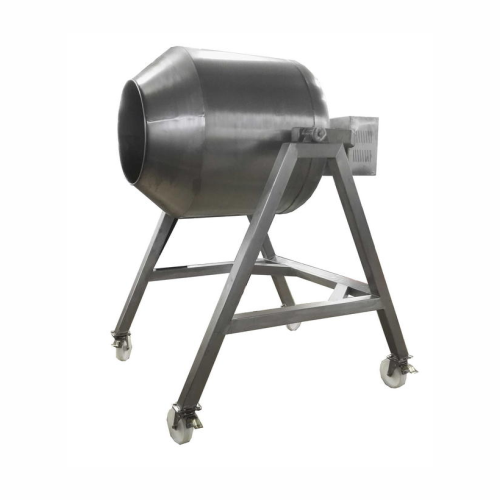
Industrial food mixer for vegetables and powder mixing
Enhance your production efficiency with a versatile mixer designed...
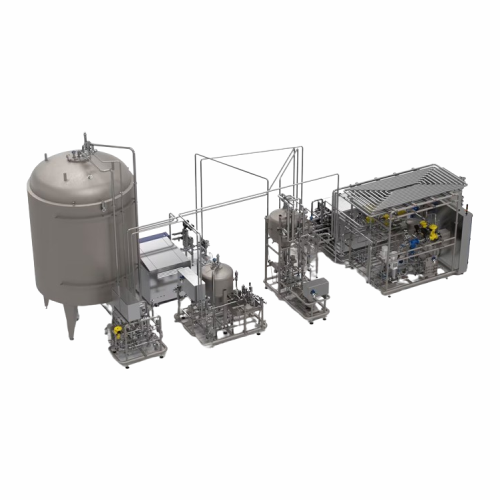
Uht system for aseptic filling of beverages
Ensure microbiological safety and retain natural flavors in your liquid produc...
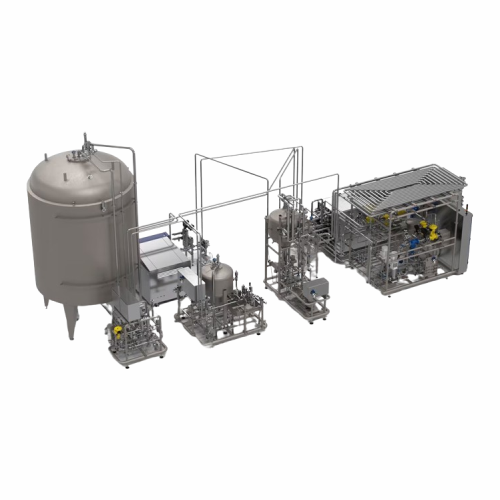
Uht system for milk products
Achieve optimal product safety and quality for dairy and plant-based beverages with precise UHT...
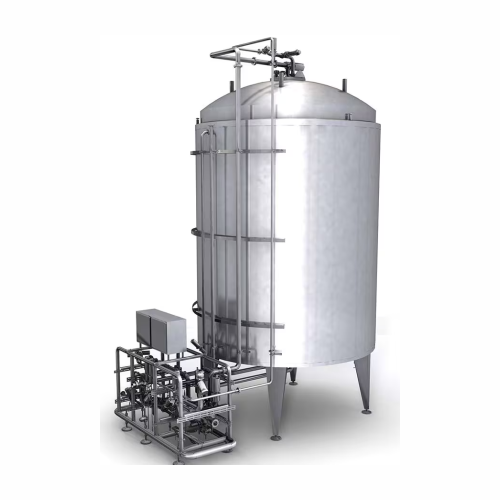
Sterile tank system for aseptic processing
Optimize your production with aseptic tank systems that ensure sterile storage ...
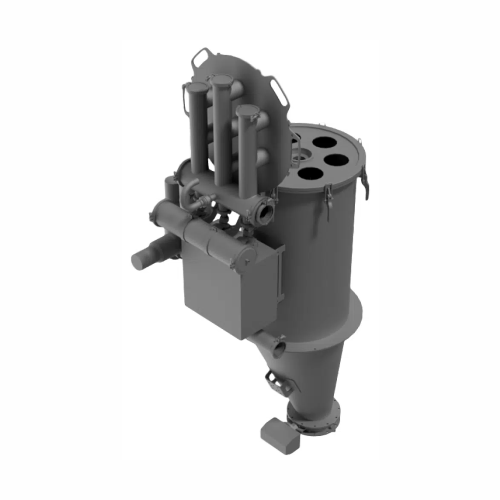
Dense phase vacuum conveying for fragile powders
Efficiently convey fragile powders without compromising their integrity, ...
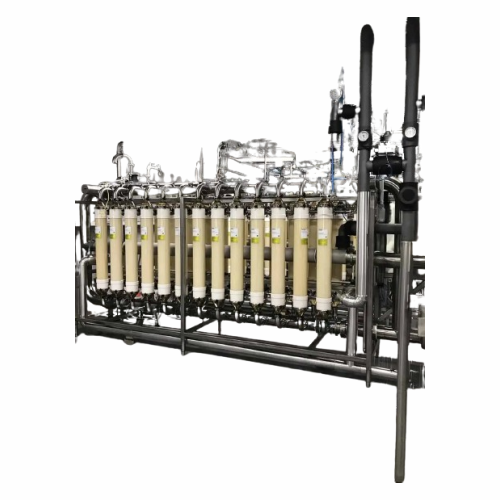
Hollow fiber membranes for clarification in food and beverage industry
Optimize filtration and separation processes wit...

25kg automatic dry powder packaging system
Optimize your packaging line efficiency with precise, high-speed handling for 2...
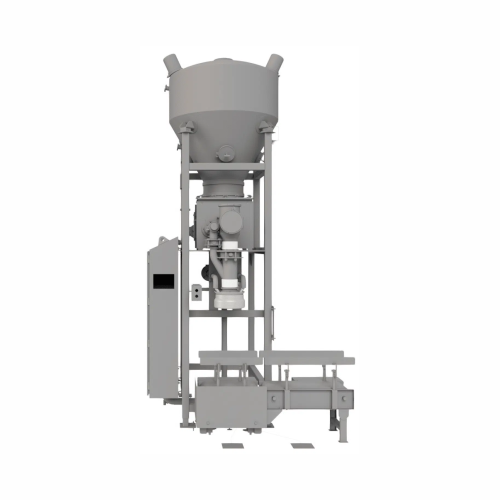
25kg powder packaging system for sanitary applications
Achieve high accuracy and hygiene in powder packaging with a syste...
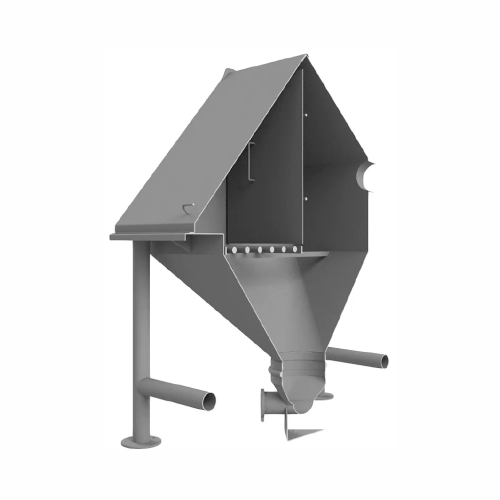
Bag break station for pneumatic conveying systems
Efficiently manage powder feeding and dust control in your production l...
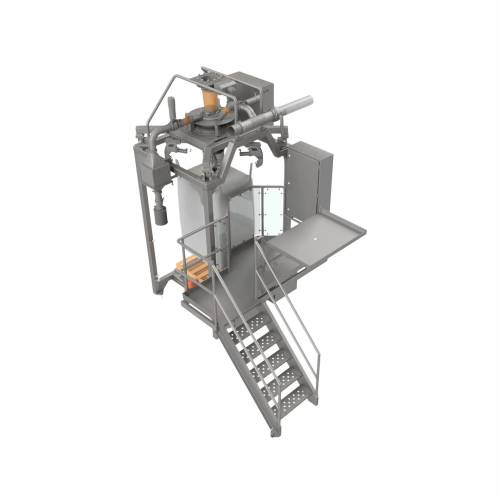
Sanitary bulk bag filling system
Streamline your powder handling process with a system designed to improve stability and acc...
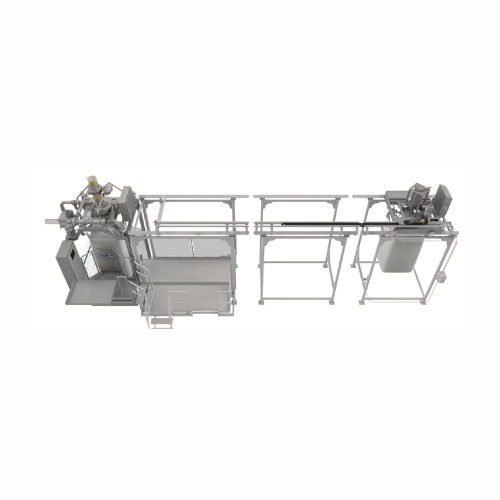
Bulk bag filler with integrated palletizing system
Optimize your powder packaging with a seamless system that fills and a...
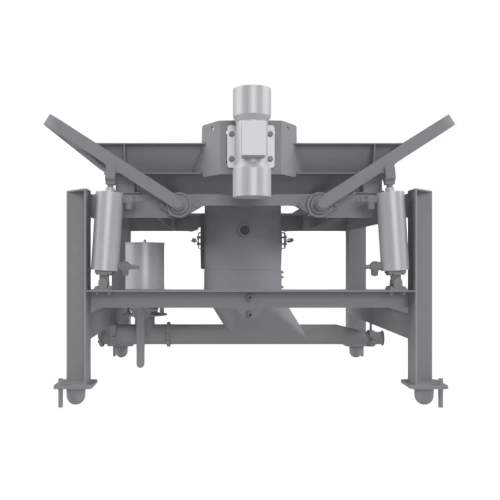
Sanitary bulk bag unloader for powdered products
Efficiently manage powder discharge with enhanced dust control and stream...
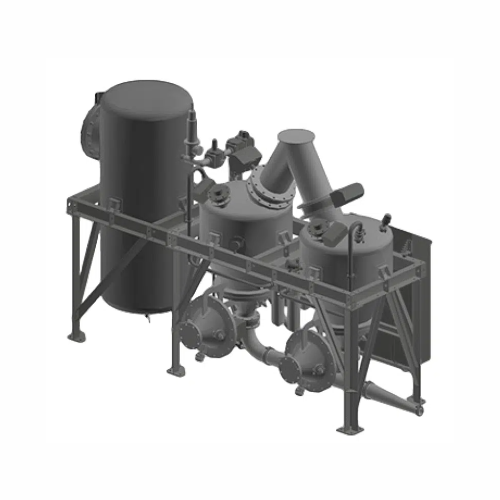
Dense phase pressure conveying system for fragile powders
Ensure gentle handling and long-distance transport of fragile ...
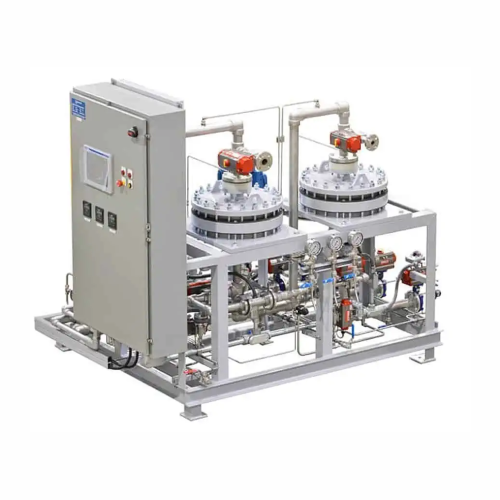
Ultrapure water demineralizer for critical boilers
Achieve high-purity water production with minimal chemical usage and a...
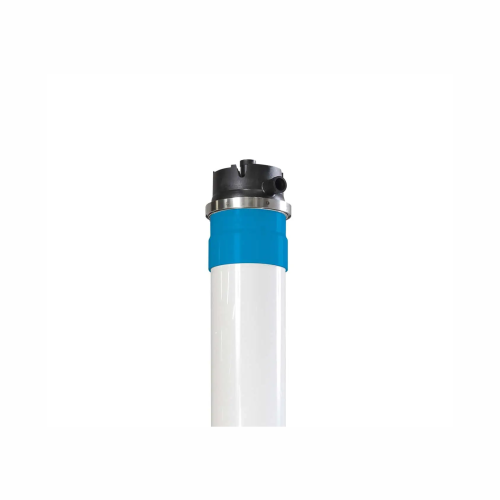
Advanced hollow fiber membrane for wastewater treatment
Tackle high solid challenges in water treatment with robust ultra...
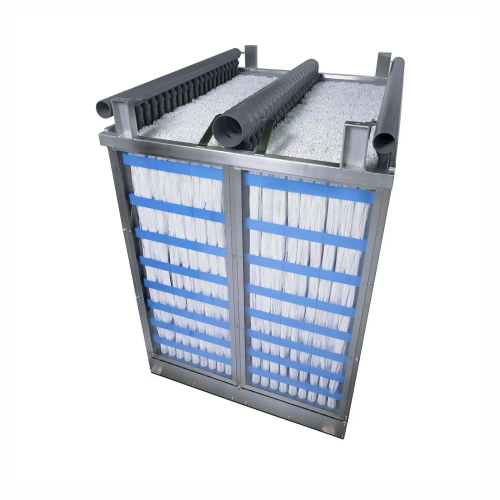
Mbr module for wastewater treatment
Optimize your wastewater management with efficient membrane bioreactors, designed to en...
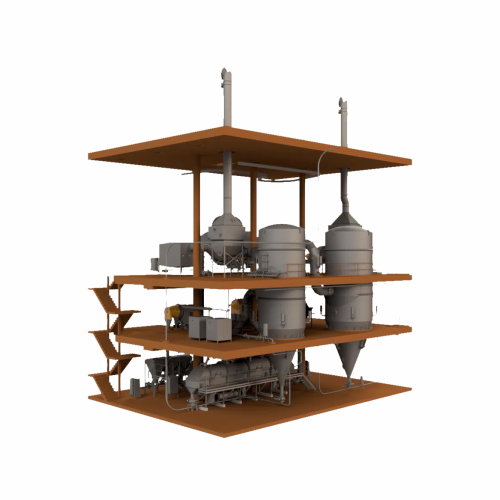
Lactose drying system for high-quality edible powder
Achieve precise and cost-effective lactose transformation into high-...

Milk drying system
Optimize your dairy production by efficiently transforming liquid inputs into high-quality, dry powders, e...
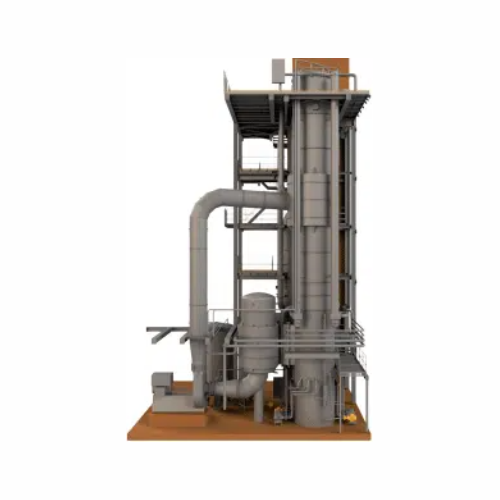
Sweetened condensed milk production system
Achieve precise concentration and crystallization for sweetened condensed milk,...
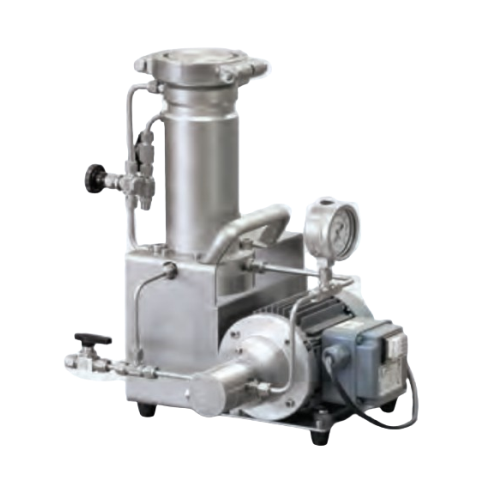
Timing belt drying system for whey and permeate powders
Ensure high-quality production of free-flowing and non-caking whe...
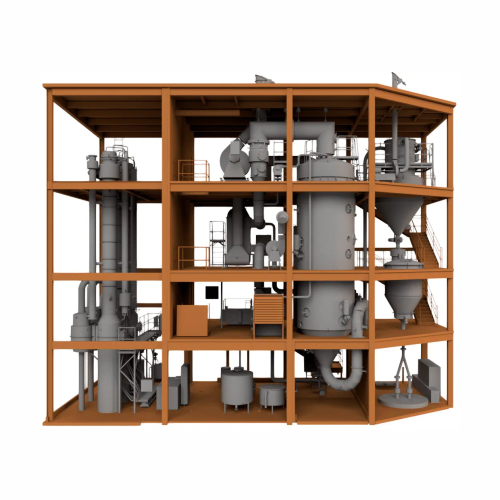
Compact drying solution for regular skim and Wpc powders
Streamline your drying process with a compact solution that effi...
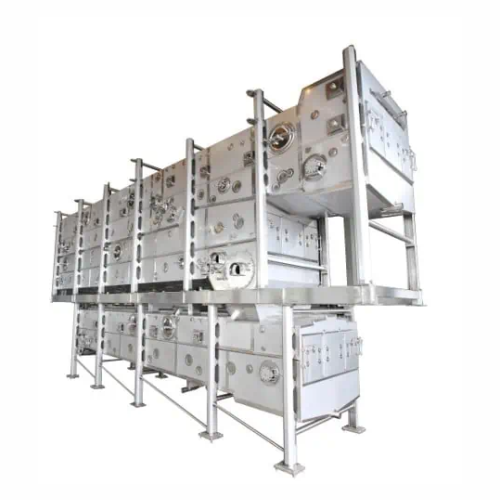
Cheese belt for continuous production
Enhance your cheese production with a fully enclosed, adjustable belt system designed...
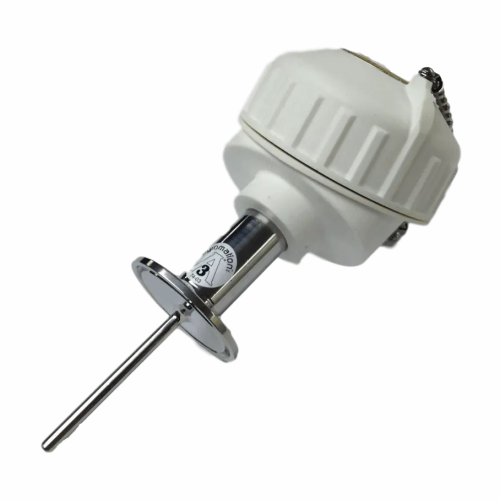
Curd coagulation detection system
Ensure precise coagulation timing with a system that monitors curd firmness, enhancing yi...
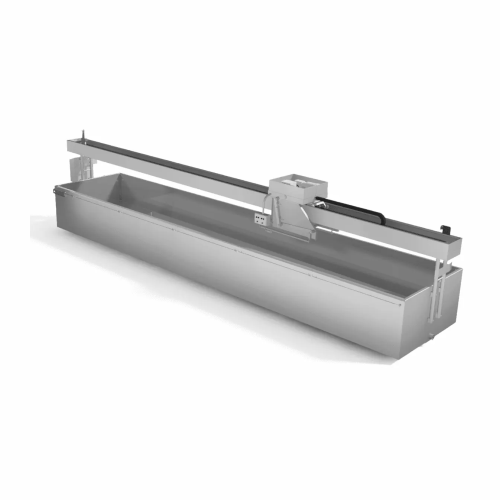
Cottage cheese vat for efficient curds production
Maximize cheese yield while minimizing curd damage with this advanced v...
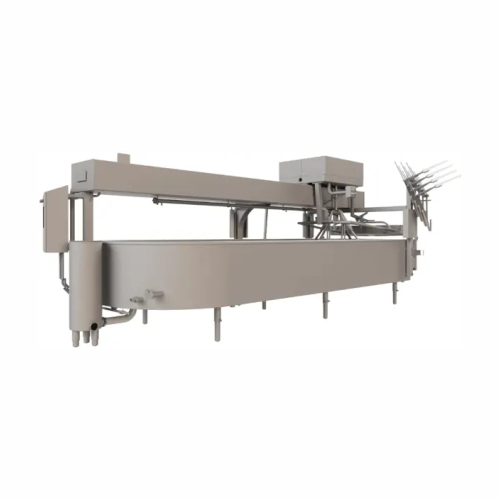
Curd table for cheese production
Streamline cheese production with effective curd separation, precise salt mixing, and relia...
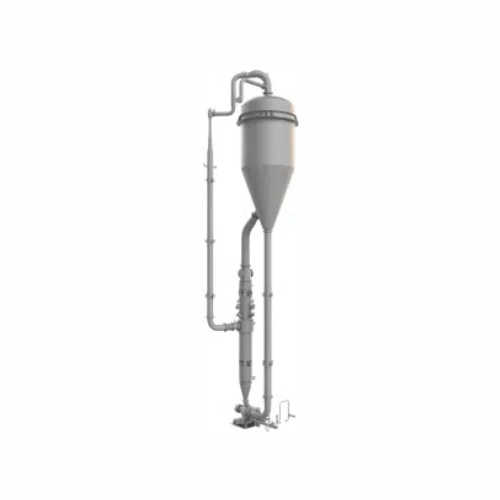
Lactose crystallizing evaporator
Optimize lactose yield and crystal size control in continuous processing, enhancing product...
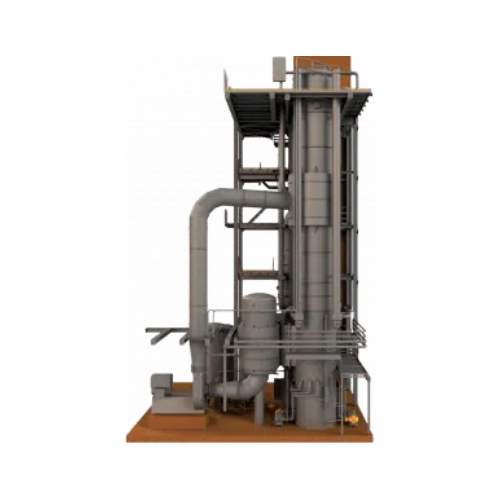
Milk product evaporator for high solids concentration
Efficiently concentrate milk products to high solids, optimizing pr...
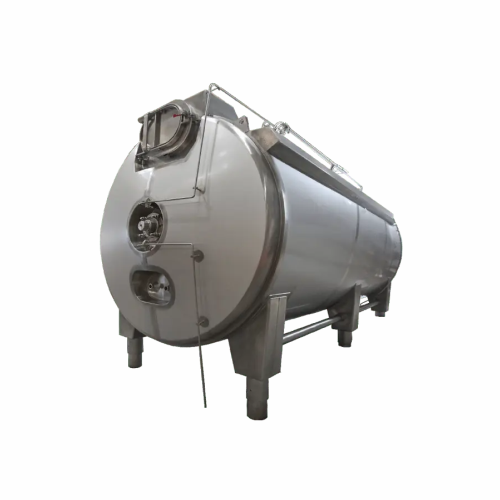
Cheese vat for consistent curd size and low whey fats
Improve your cheese production with equipment designed for uniform ...
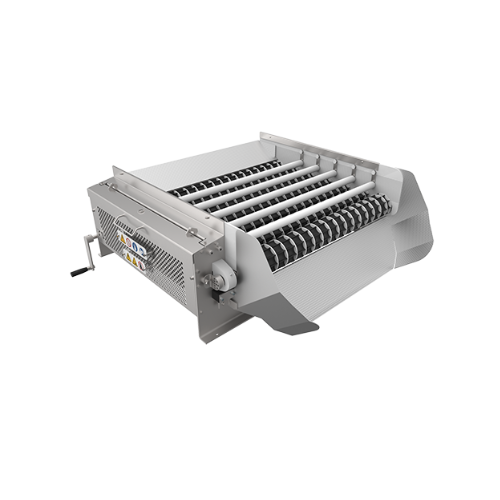
Rotary size grader for food processing
Enhance your production line by efficiently sorting and classifying produce to ensur...
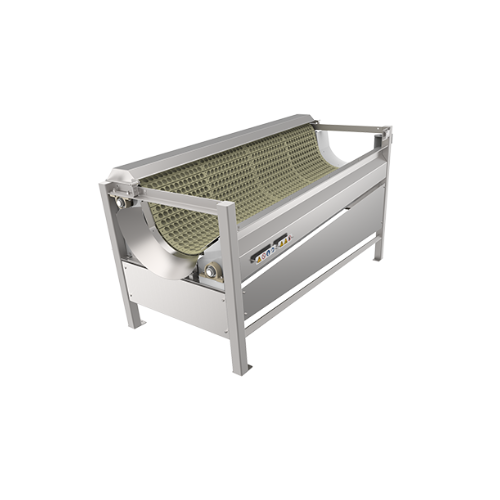
Small piece remover for food processors
When handling diverse food products, ensuring consistent product sizing is vital. T...
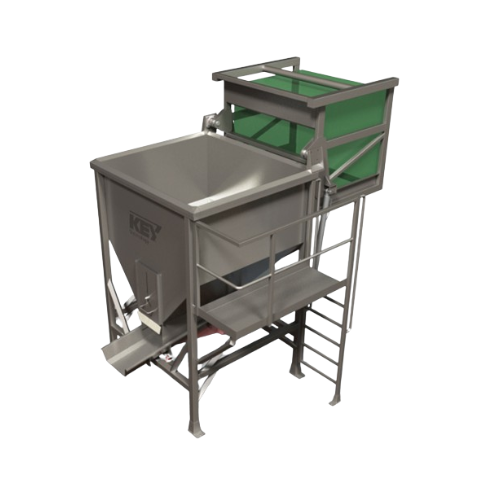
Tote bin dumper for bulk product transfer
Streamline your bulk product handling with a solution that efficiently transfers...
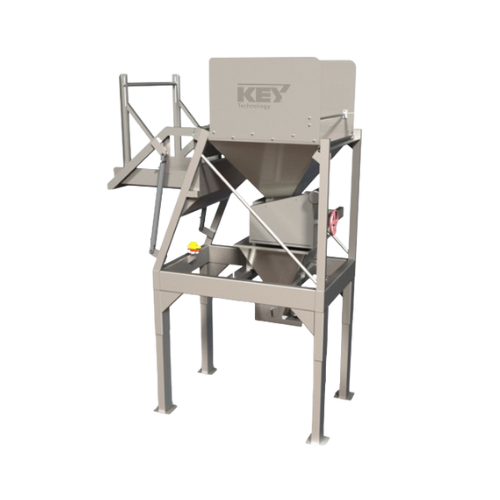
Food processing mixing system for vegetables
Tackle complex product mixing challenges with a system that seamlessly integr...
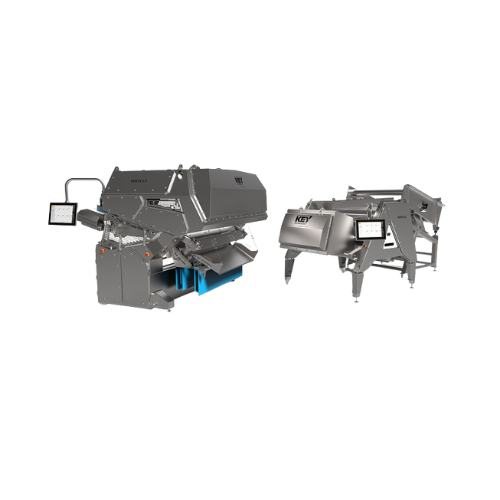
Optical sorting platform for food processing
For manufacturers aiming to enhance quality control, this platform offers pre...
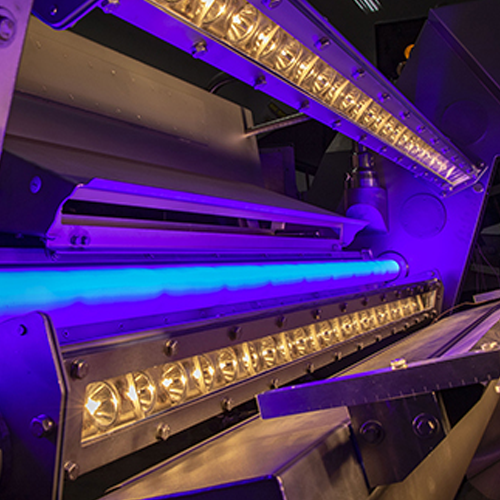
Optical sorter for blueberries
Enhance product quality and yield by precisely sorting blueberries, ensuring only optimal fru...
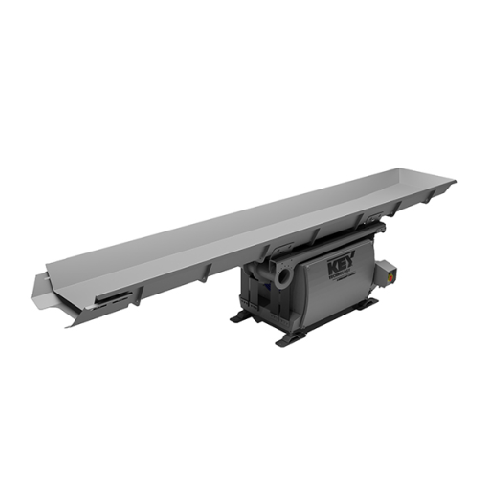
Distribution conveyor systems for food processing
Streamline your food processing pipeline with precision-engineered dist...
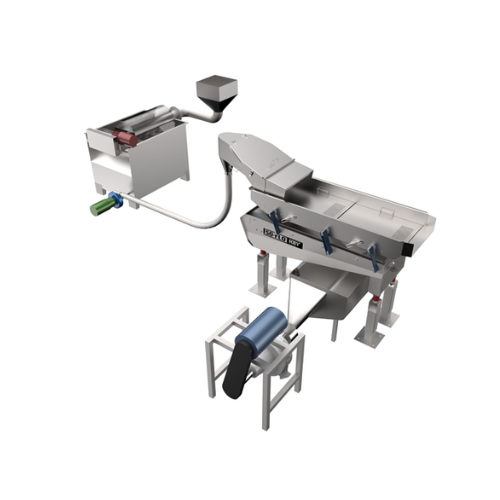
Hydro-flo food processing pump for vegetable transfer
Optimize food handling with a gentle, space-saving pump that protec...
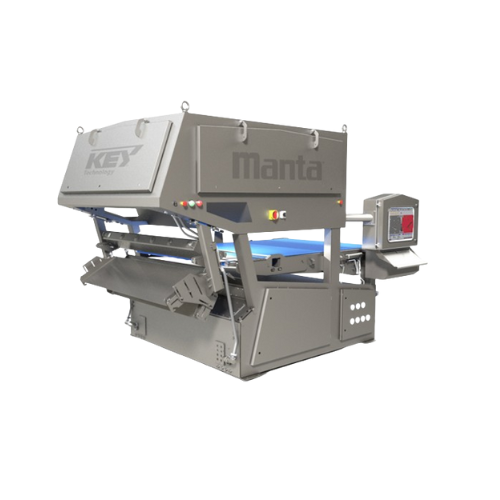
High-capacity optical sorter for food processing
Optimize your production line with precise sorting and separation, enhanc...
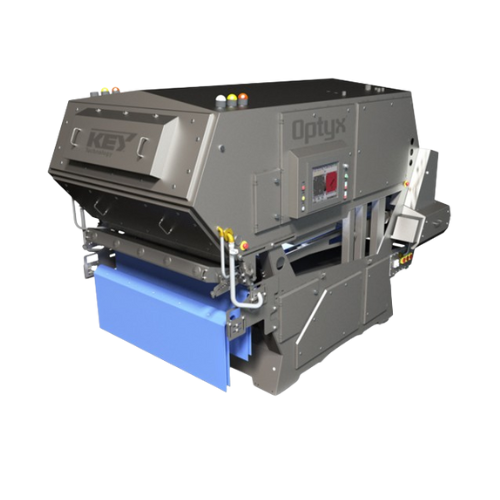
Optical sorting solution for food processing
Achieve precise sorting and maximize yield with a cutting-edge optical soluti...
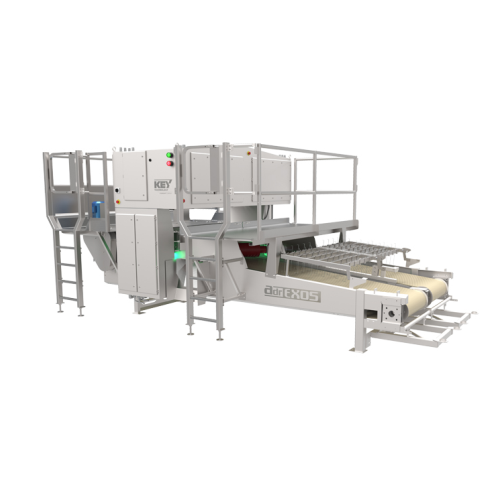
Inspection systems for poultry and seafood processing
Enhance the quality control of your food production with cutting-ed...
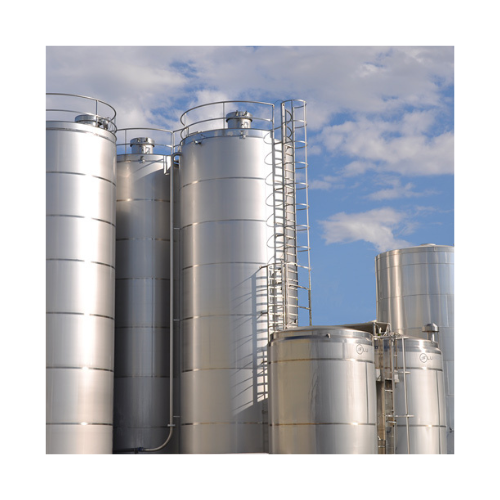
Industrial silos for powdered and granulated products
Optimize your storage and material flow for powdered and granulated...
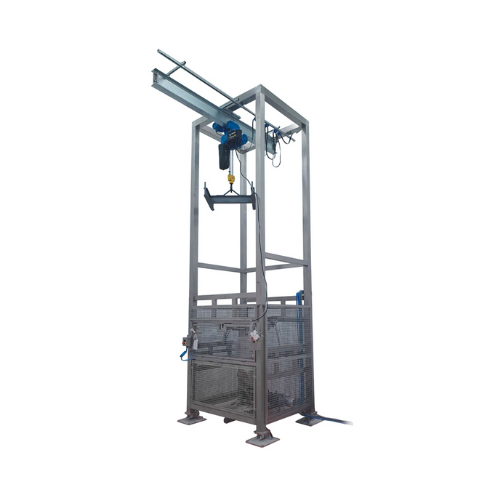
Big bag unloading station for solid materials
Streamline your production line by efficiently handling and dosing bulk soli...
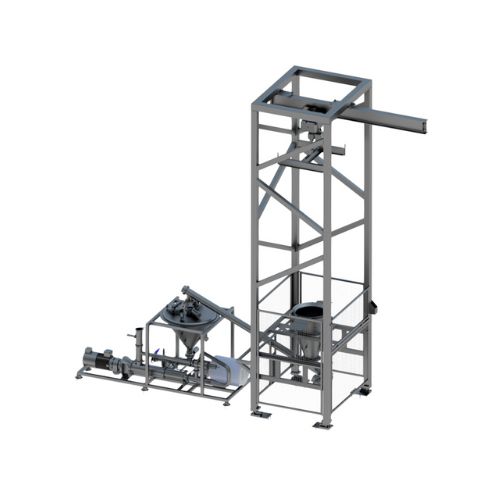
Big bag unloading station for solids handling
Optimize bulk solid ingredient handling with this station, designed to strea...
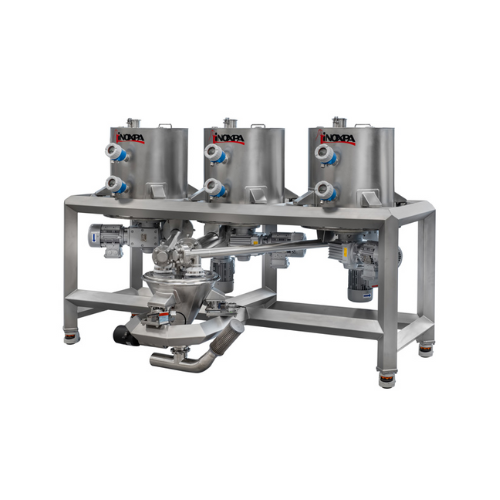
Micro ingredients loading station for solid additives
Optimize precision dosing and ensure smooth transfer of powdered in...
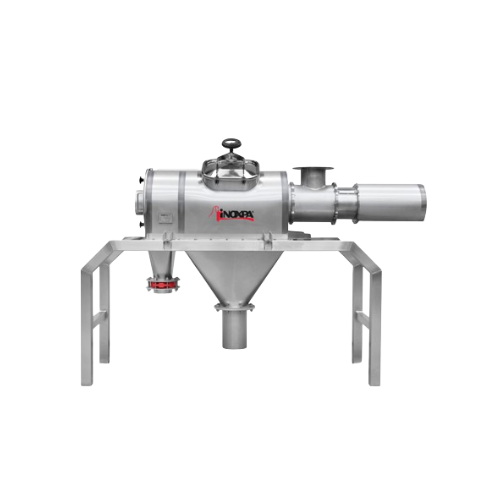
Industrial sieving solution for solid materials
Effortlessly separate impurities and adjust particle size for optimal prod...
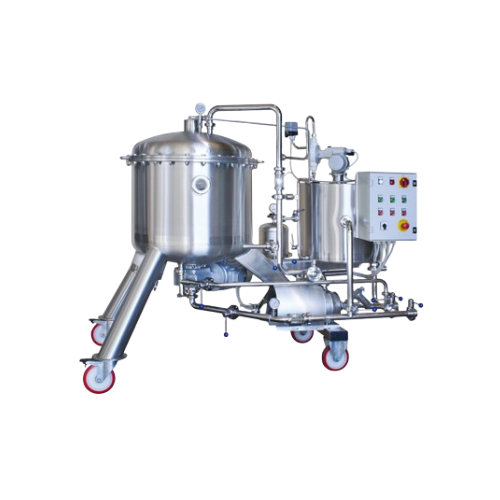
Horizontal element kieselgur filters
Enhance your production with a filtration system that ensures effective separation of ...

Industrial sheet filter for liquid filtration
Optimize your liquid product purity with precise filtration, maintaining int...
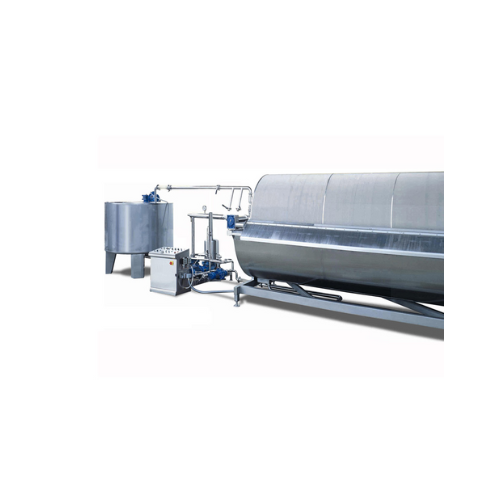
Vacuum rotary filter for liquid filtration
Enhance your production line’s efficiency with precise filtration, ensuri...
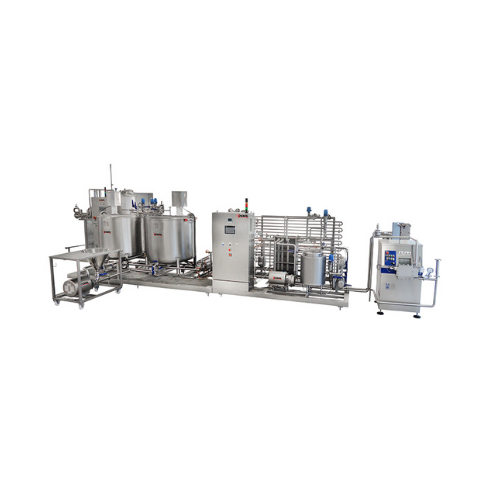
Htst pasteurization system for liquid foods
Ensure your liquid products are safe and long-lasting with high-temperature-sh...
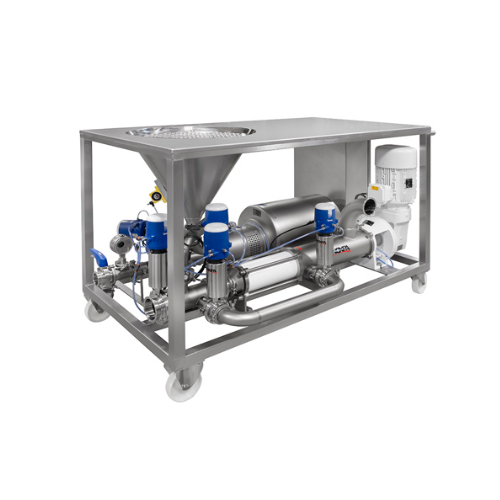
Blender for high viscosity products
When handling thick mixtures that challenge conventional systems, this specialized blen...
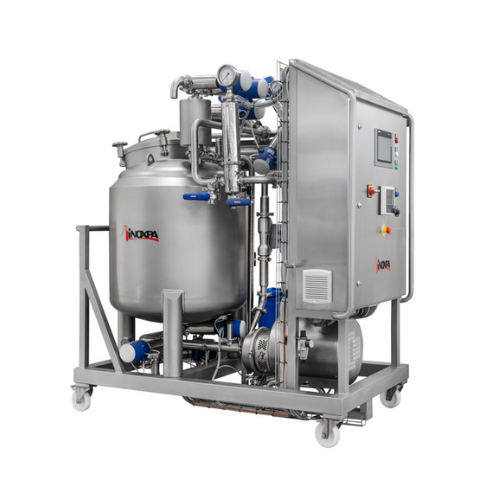
Automated Cip system for small facilities
Ensure impeccable hygiene with a mobile cleaning system designed to efficiently ...
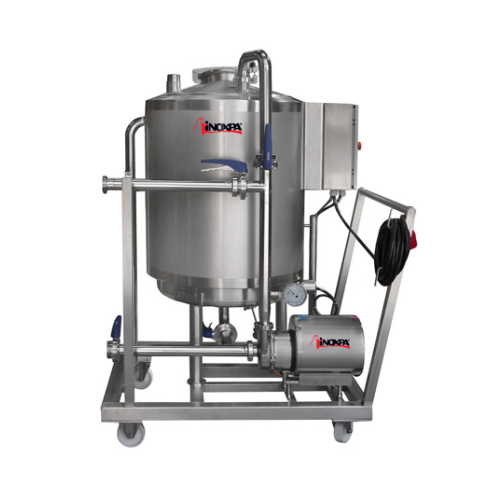
Manual Cip system for food processing hygiene
Designed for small-scale hygiene needs, this mobile clean-in-place system en...
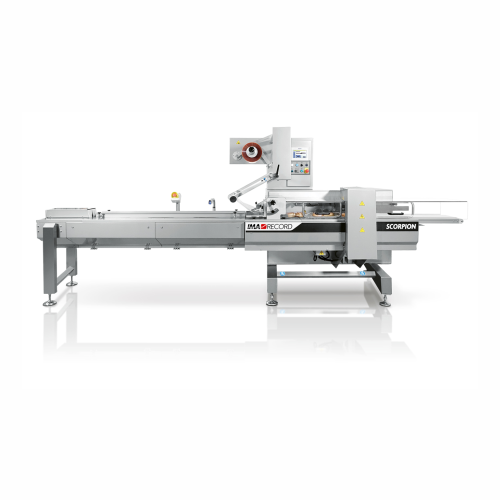
Entry-level flow wrapping machine for small and medium products
Optimize your packaging line with a high-speed flow wrap...
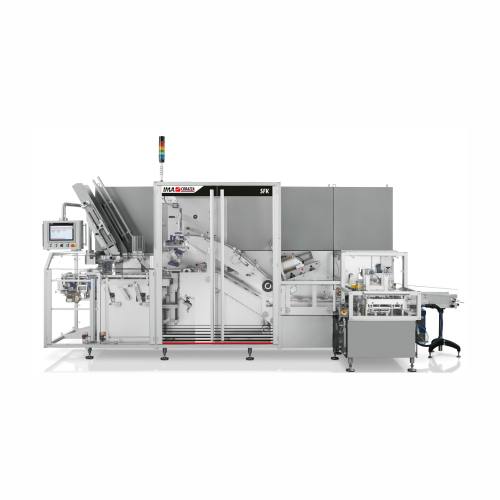
Tray packing for square and rectangular cheese portions
Optimize your cheese packaging line with high-speed tray forming ...
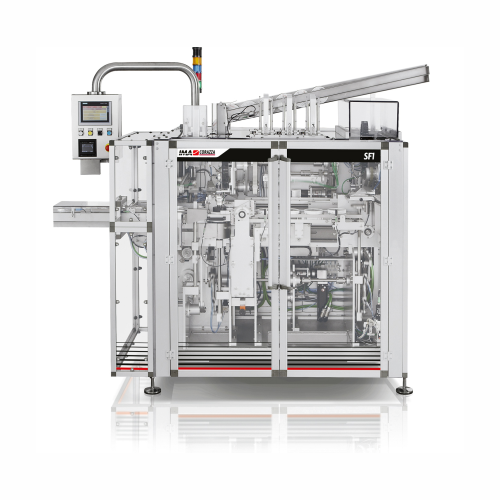
Cartoning system for triangular cheese portions
Streamline your cheese packaging process with precision-oriented cartoning...
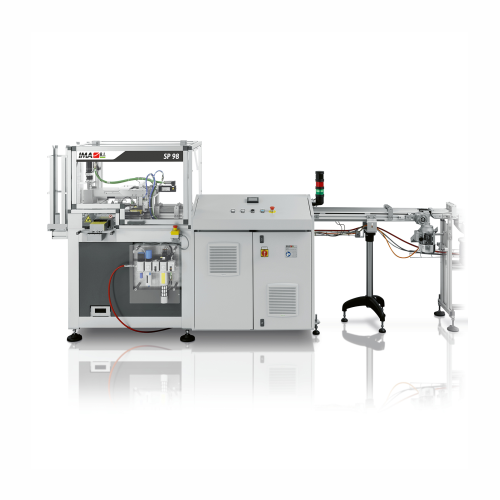
Semi-automatic tray packing for soup cubes
Effortlessly package soup cubes into organized, stratified layers, optimizing y...
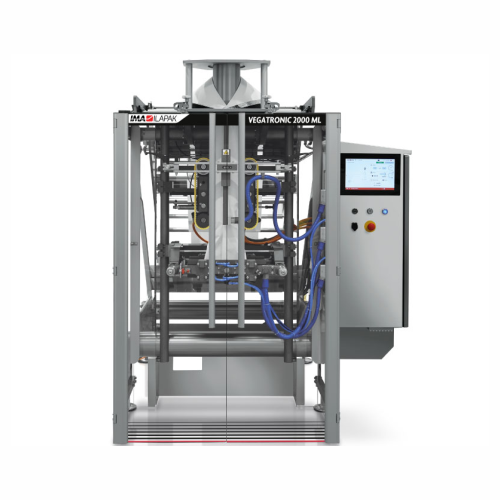
Vertical bagging system for heat sealing films and Lpde
Achieve unparalleled flexibility with a versatile vertical baggin...
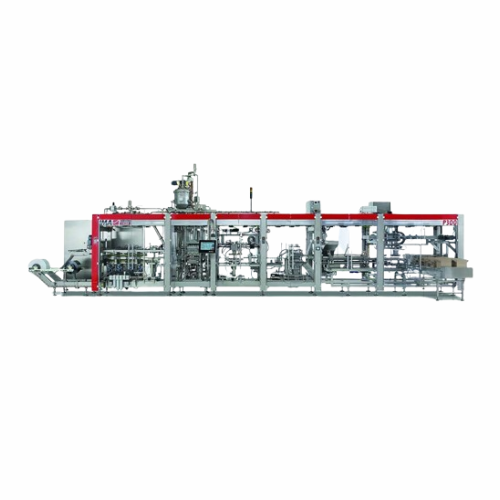
Form fill and seal machine for portion packs
Streamline your portion packaging with a compact system that efficiently form...
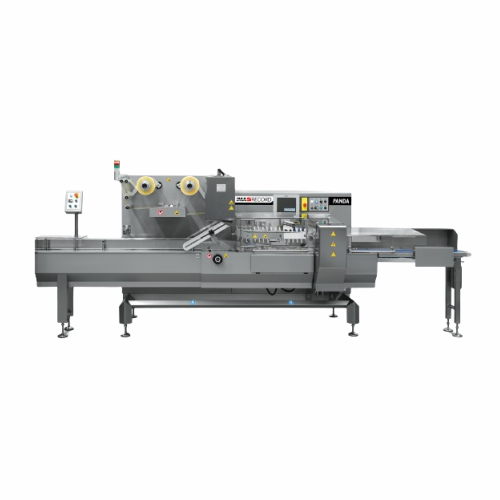
Flexible flow wrapping solution for small and medium products
Enhance your production line with a versatile flow wrappin...
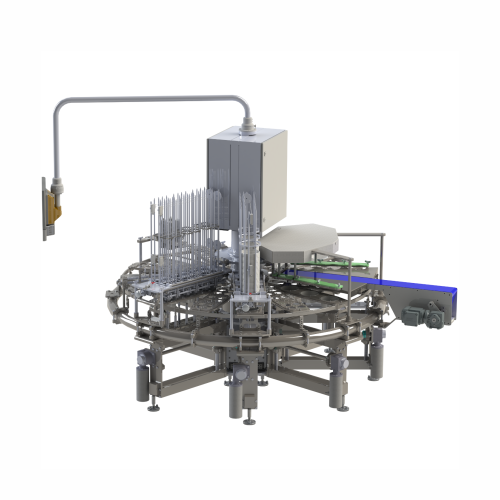
Rotary filling and sealing for liquid to pasty products
Boost production efficiency with a flexible rotary solution that ...
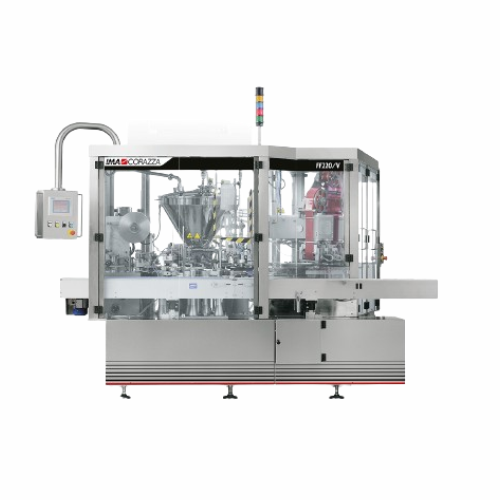
Cheese portioning dosing and wrapping solution
Effortlessly streamline cheese portioning with high-speed dosing and wrappi...
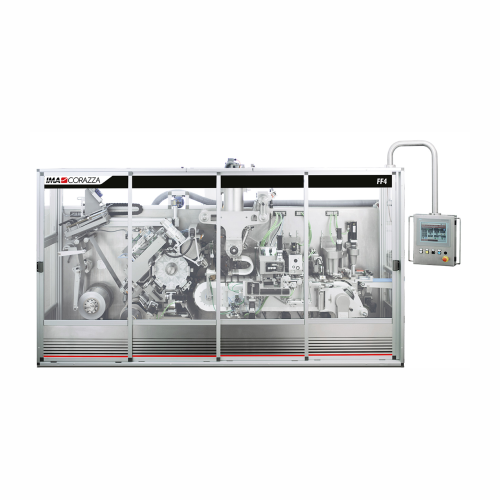
High speed cheese dosing and wrapping solution
Achieve precise dosing and efficient wrapping of cheese portions with versa...
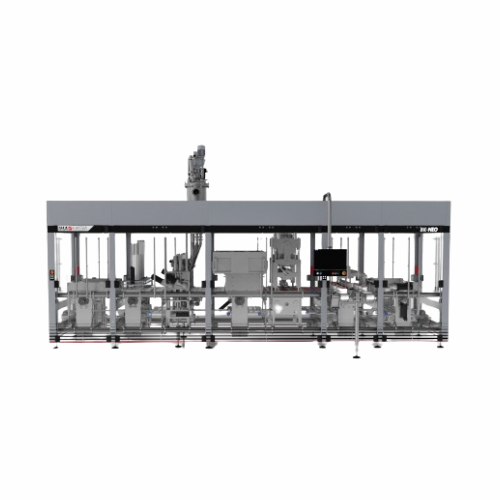
Filling and sealing system for pre-formed cups
Experience seamless integration of hygienic filling and sealing with adapta...
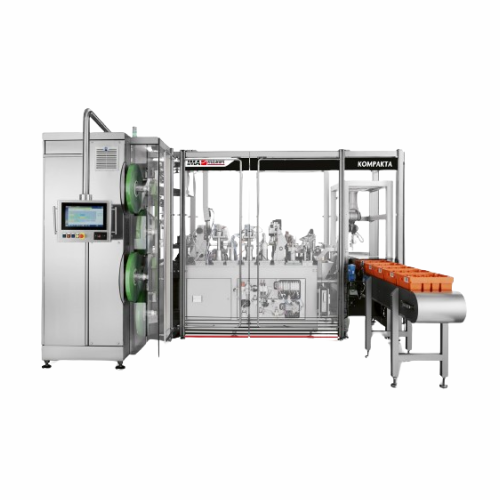
Stand-up pouch making system
Efficiently transform pre-printed reels into customizable stand-up pouches with precise unwindi...
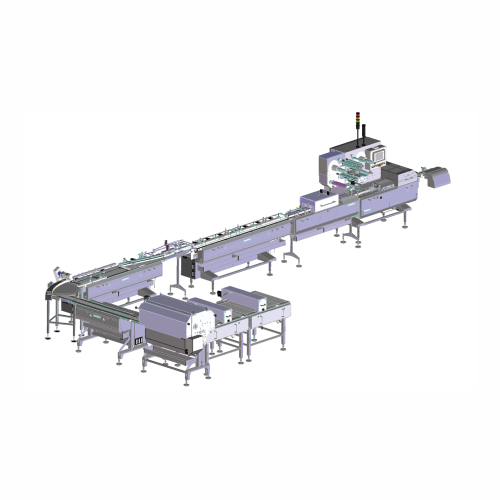
Feeding system for single wrapping lines
Optimize your high-speed wrapping operations by ensuring precise product alignment...

Filling and wrapping system for pasty products
Achieve precise dosing and flexible wrapping of diverse pasty products, ens...
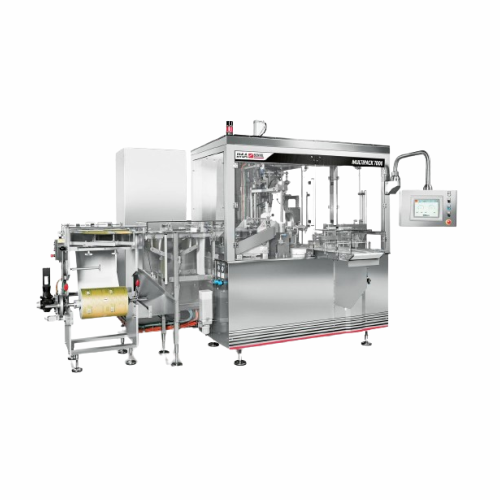
High-speed dosing and wrapping for butter and margarine
Achieve precision in butter and margarine packaging with a high-s...
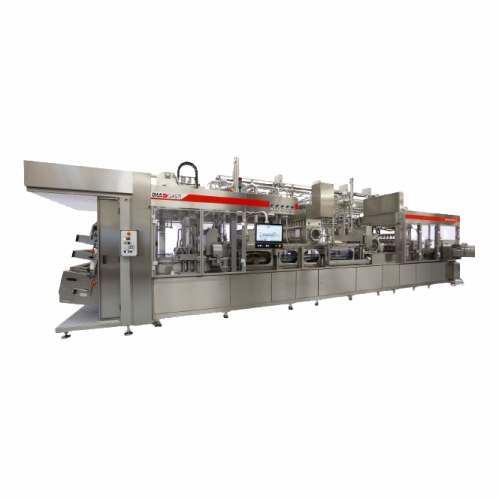
Filling and sealing pre-formed cups solution
Ensure ultra-clean and aseptic processing for pre-formed cups with a fully en...
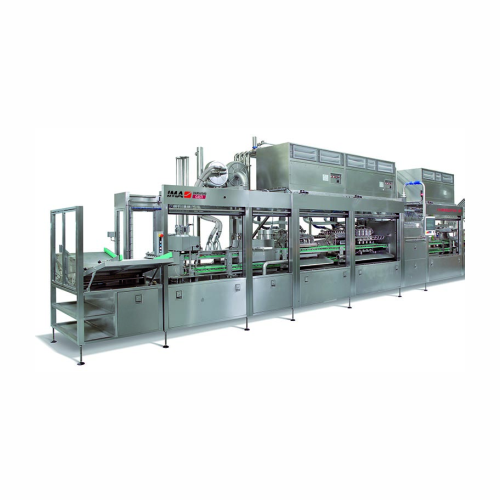
Filling and sealing solution for pre-formed cups
Optimize your liquid and solid product filling with a continuous-motion s...
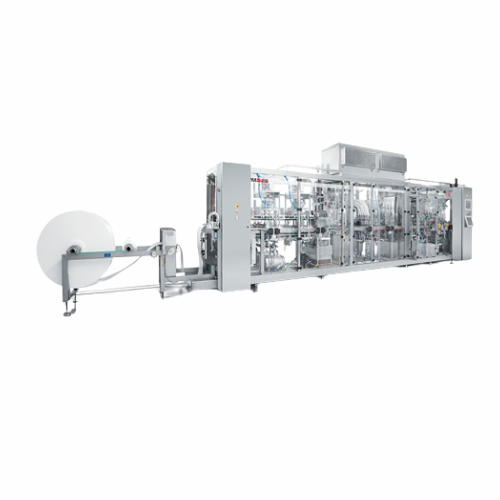
Form fill and seal solution for liquid and pasty products
Enhance your production efficiency with high-speed forming, fi...
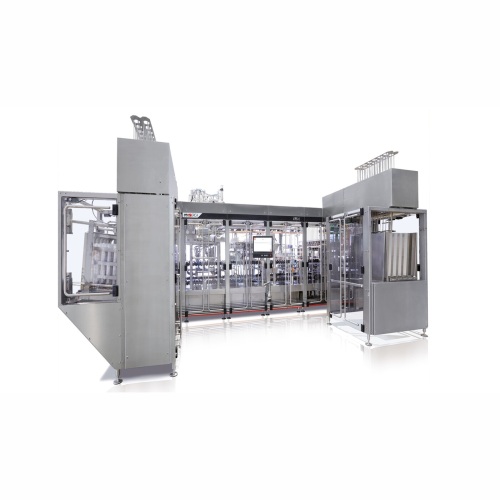
Flexible filling and sealing system for pre-formed cups
Achieve precise portioning and consistent quality in your product...

Butter portion dosing and wrapping system
Efficiently manage butter portion packaging with a compact system designed for p...
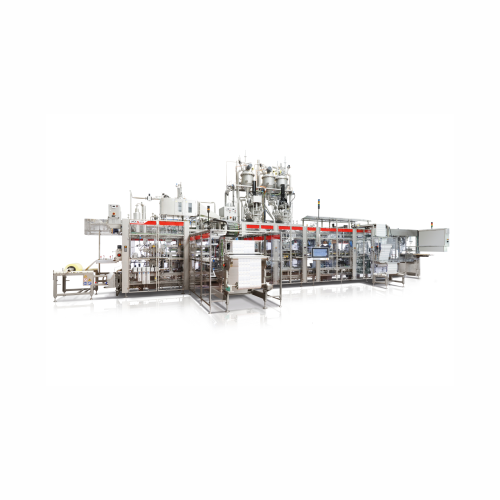
Forming, filling and sealing solution for cups
Maximize production efficiency and flexibility with a high-output machine d...
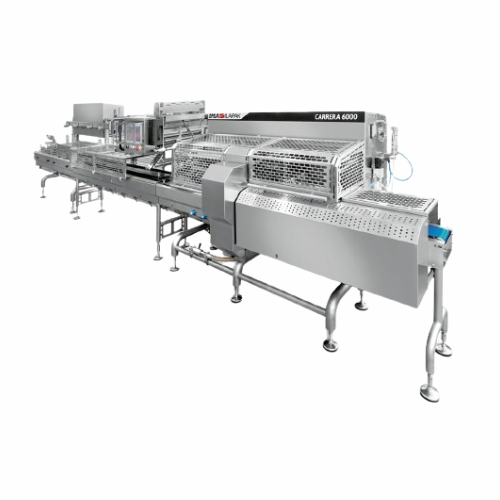
Flow wrapping system for hygienic food packaging
Enhance your packaging line with a modular flow wrapping solution that en...
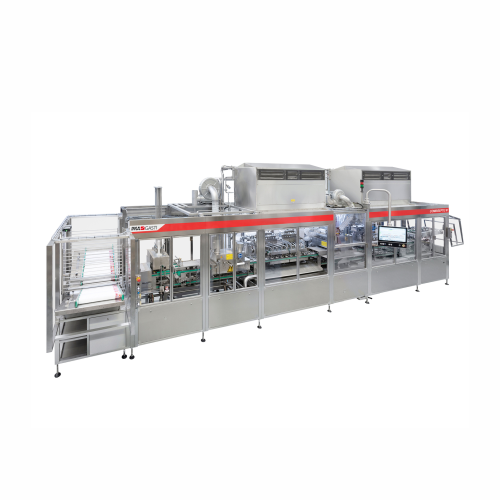
Filling and sealing system for yoghurts and desserts
Efficiently fill and seal a variety of dairy and dessert products wh...
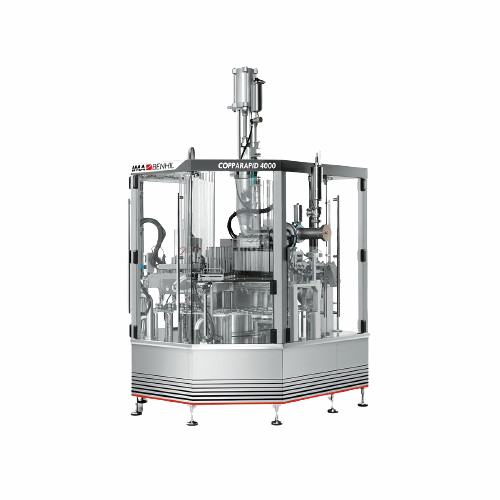
Rotary filling and sealing system for pasty products
Efficiently streamline your cup and tub packaging process with a ver...
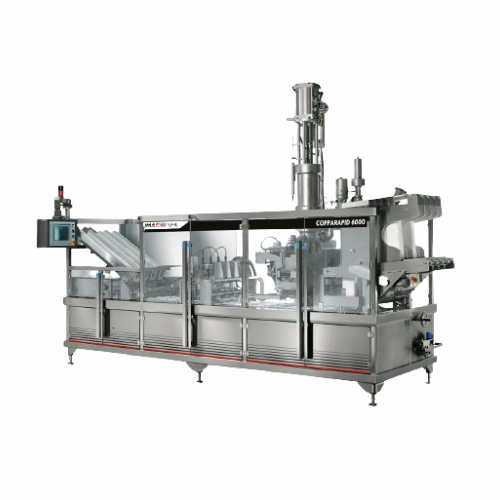
Tub filling and sealing for pasty products
Experience high-speed, precision tub filling and sealing designed for pasty pro...
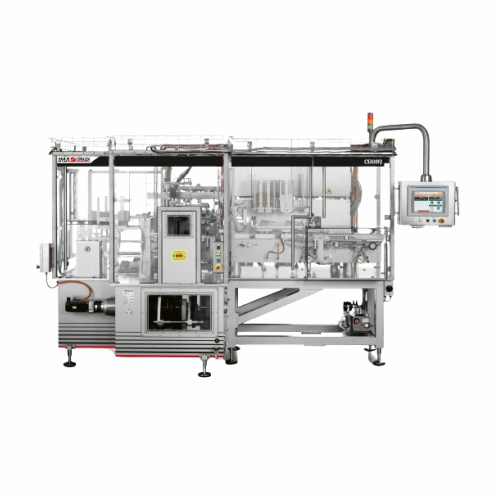
Cartoning solutions for processed cheese products
Optimize your cheese production line with a cartoning solution that ens...
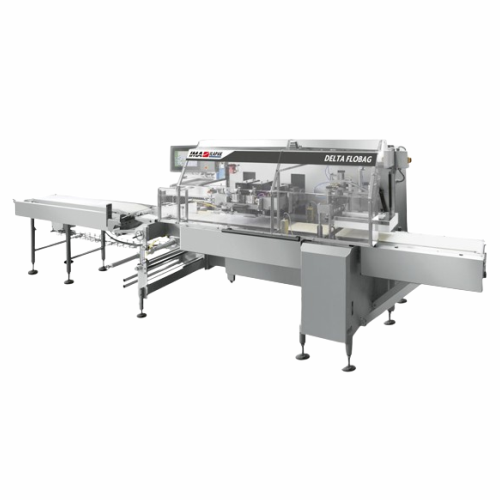
Flow wrapper for processed meat and cheese
Optimize wrapping efficiency and hygiene in your meat and cheese packaging line...
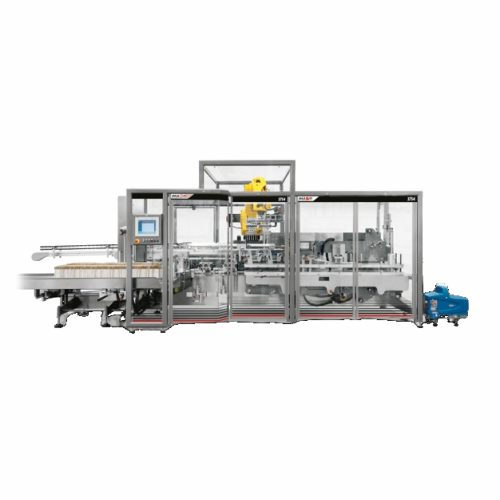
Top loading case packer for loose or bundled bottles
Effortlessly handle and pack both standard and uniquely shaped bottl...
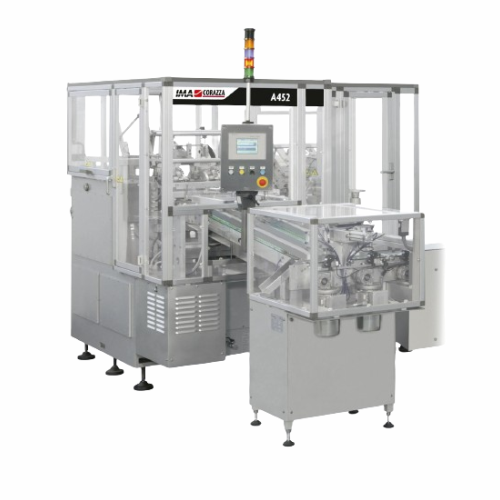
Cartoning solution for cheese portions
Optimize your cheese packaging with a flexible cartoning solution designed to accomm...
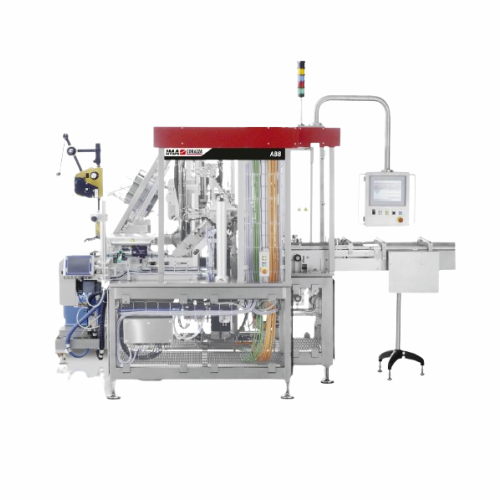
Wrap-around cartoning solution for butter and yeast
Optimize your packaging line with a high-speed cartoning system that ...
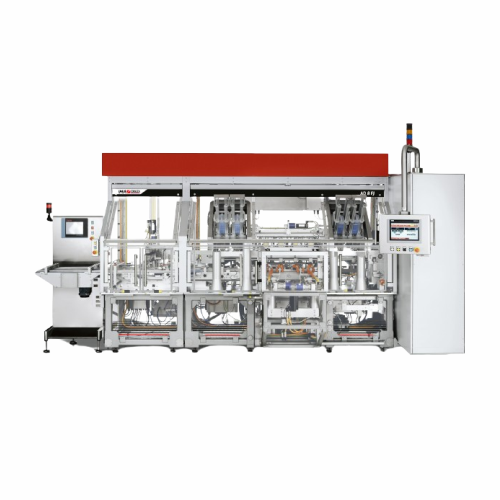
Wrap-around cartoner for processed cheese portions
Streamline your cheese packaging with high-speed wrap-around cartoning...
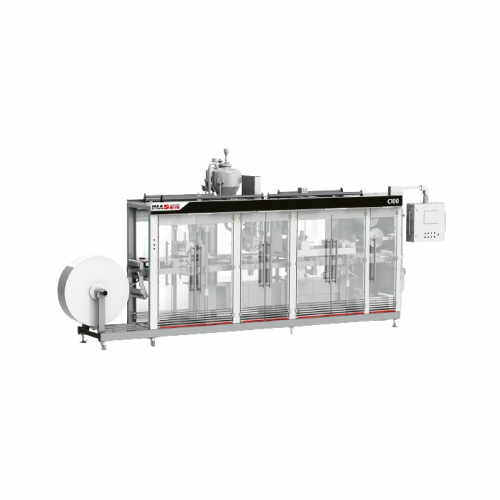
Cup forming, filling, and sealing solution
Optimize your cup production with a compact solution designed for precise formi...
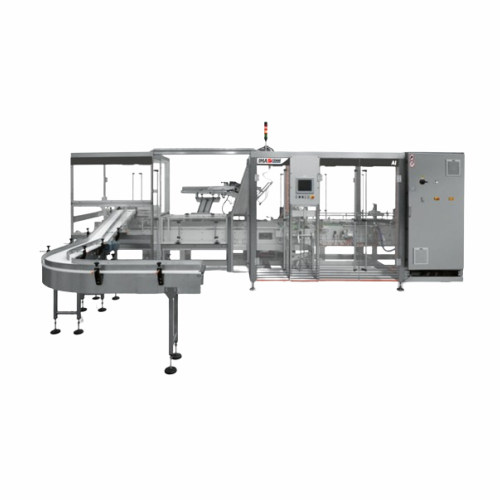
Intermittent cartoner for flexible packaging solutions
Enhance your production line’s efficiency with a versatile c...
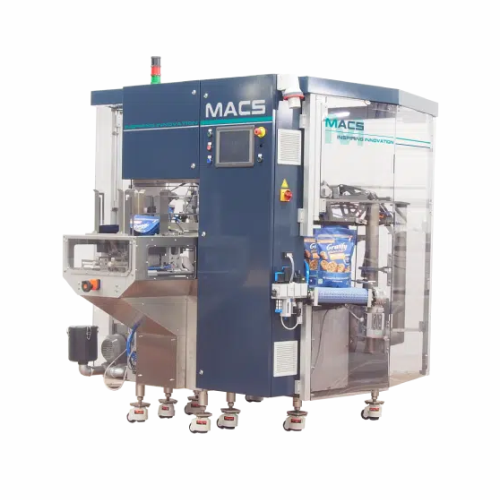
Rotary doypack packaging system for various materials
Enhance your packaging line with versatile doypack machines designe...
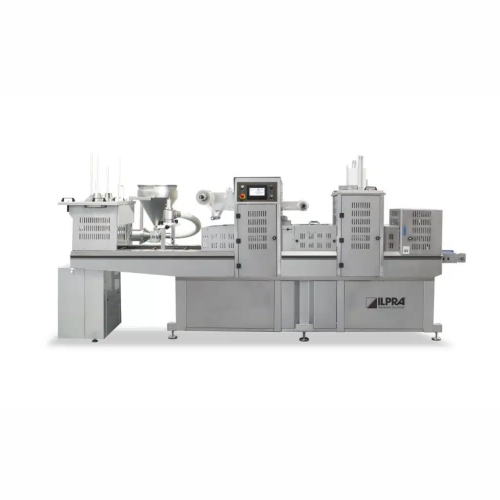
Tray sealing machine for buckets
Ensure efficient sealing and preservation with high-speed tray sealing for various food pro...
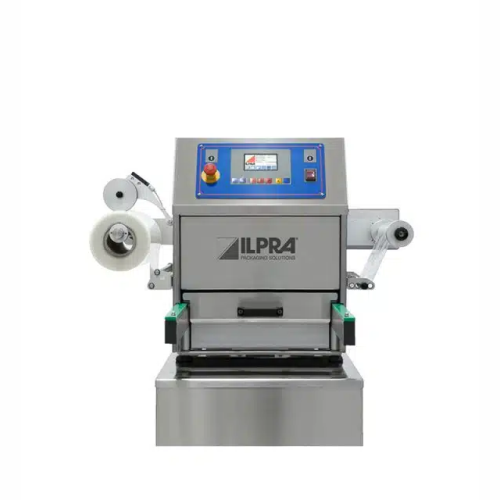
Tray sealer for packaged food products
Optimize your food packaging with precise sealing and advanced Modified Atmosphere P...

Traysealer for medium production
Streamline your packaging process with high-speed traysealing, ensuring freshness and exten...
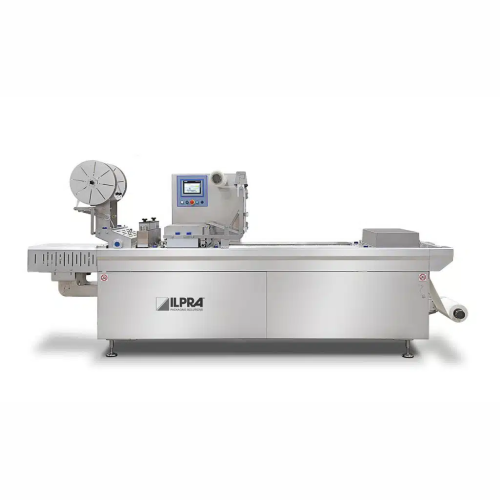
Thermoforming packaging solution for food and medical applications
Enhance your packaging line with a solution designed...
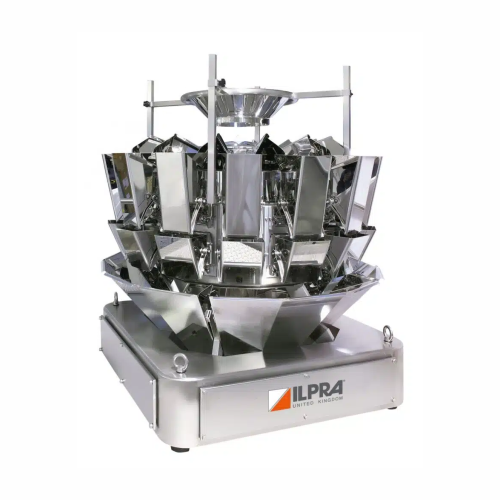
Multi head weigher for precise portioning
Ensure consistent product portions with our multi head weigher, ideal for high-s...
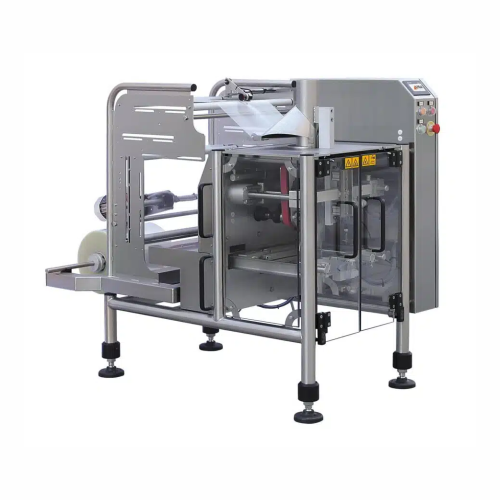
Vertical form fill seal for small to medium production runs
Ideal for scaling production, this compact packaging solutio...
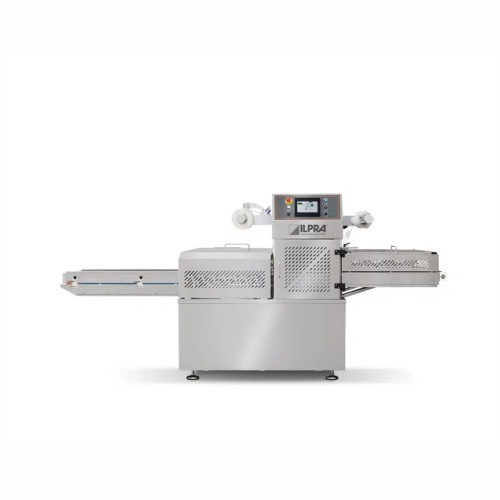
Entry-level in-line traysealer for ready-to-eat meals
Streamline your ready meal packaging with a compact traysealer that...
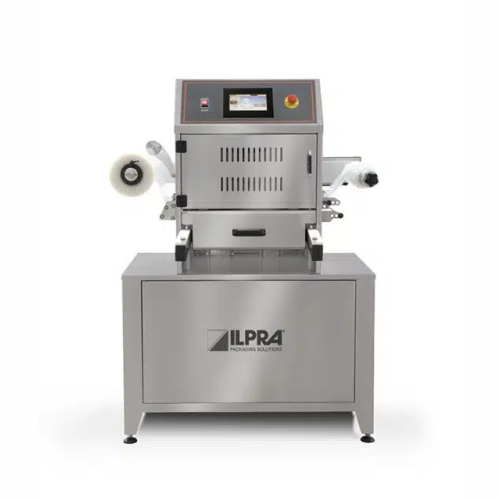
Semi-automatic tray sealer for skin packaging
Optimize your small-scale food packaging with a compact tray sealer designed...
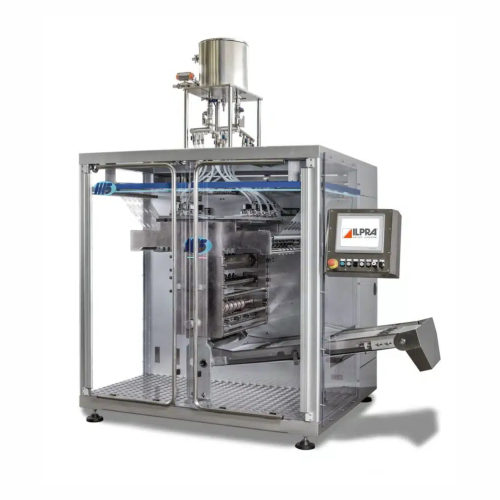
High-speed continuous rotating packaging solution
Transform your packaging efficiency with versatile operations, accommod...
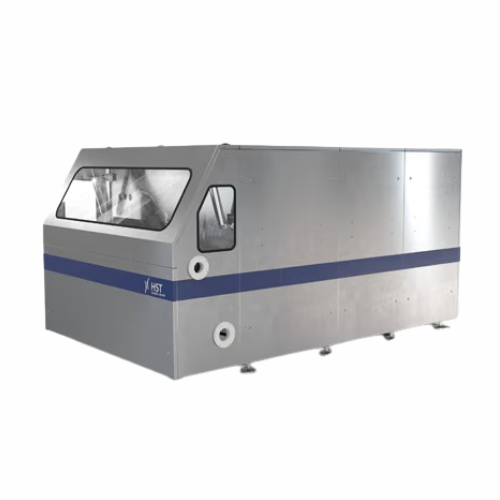
Homogenizers for high-pressure applications
Achieve unparalleled product consistency and stability with precision-engineer...
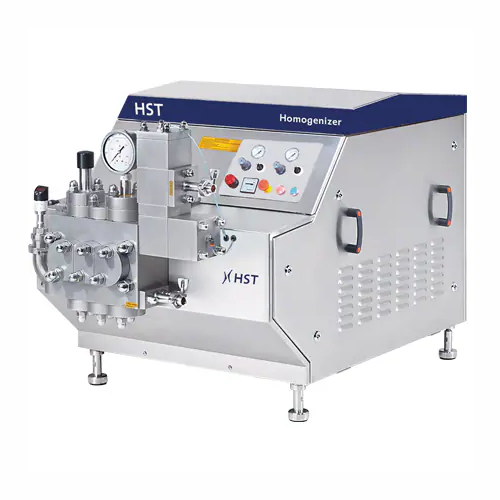
Industrial homogenizer for food and pharmaceutical applications
Ensure product consistency and stability with high-press...
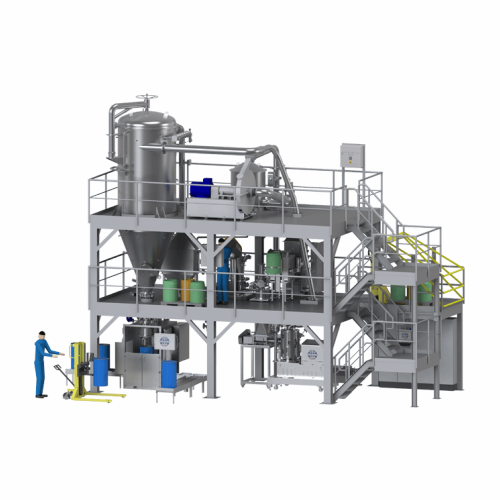
Drying systems for powders and bulk solids
Enhance your production line with precise control of moisture content in powder...
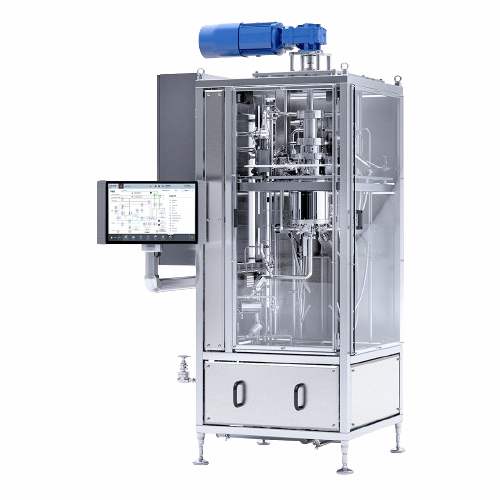
R&d scale steam cooker for small batch processing
Optimize your R&D with a steam cooker that replicates large-scale ...
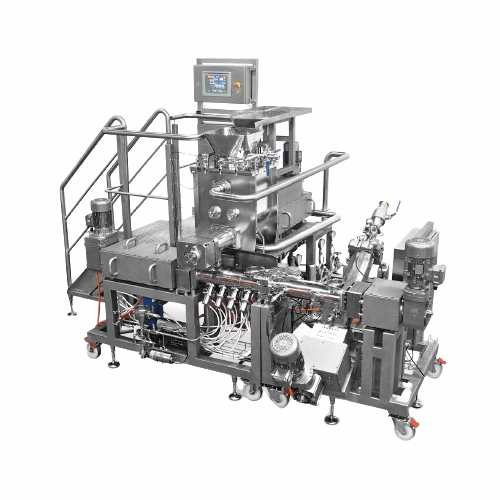
Mozzarella cooker stretcher for continuous production
Experience continuous mozzarella production with steam injection te...
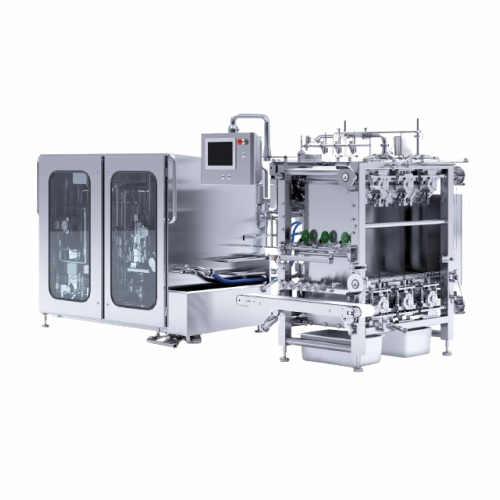
Pilot unit for processed cheese slices
Perfect for R&D and small-scale production, this adaptable unit offers high fle...
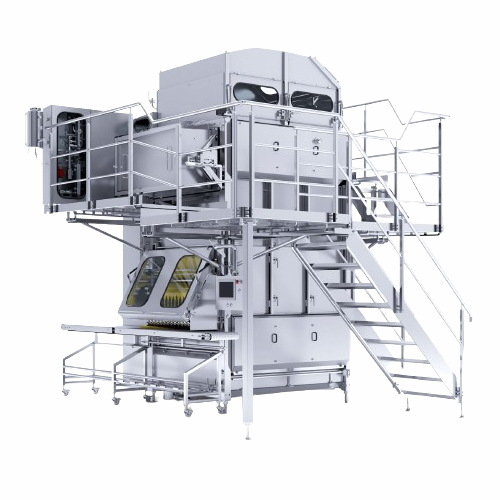
Processed cheese slice production system
Reduce recontamination risks in cheese production with a system designed for high-...
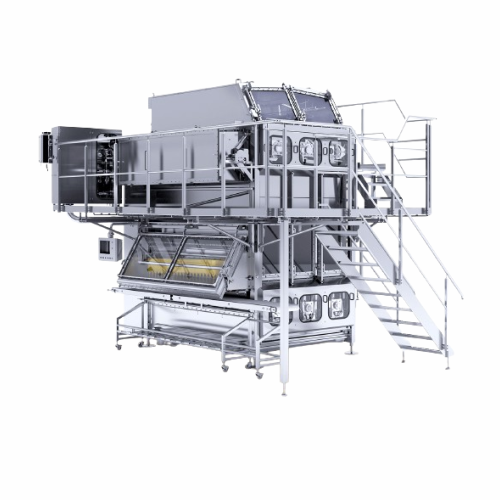
Cheese forming and slicing system
Optimize your cheese production with high-speed, precision forming and slicing, ensuring ...
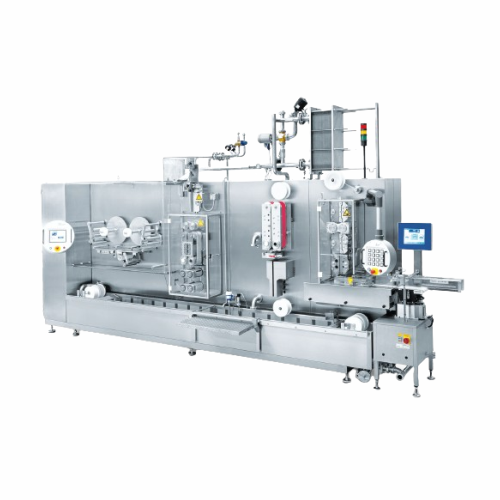
Individually wrapped processed cheese slice production line
Efficiently produce consistent, individually-wrapped cheese ...
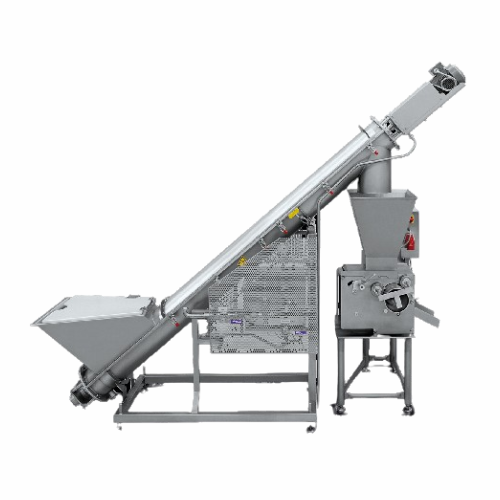
Separating packed cheese products from packaging
Efficiently separate individual cheese portions from packaging, reducing ...
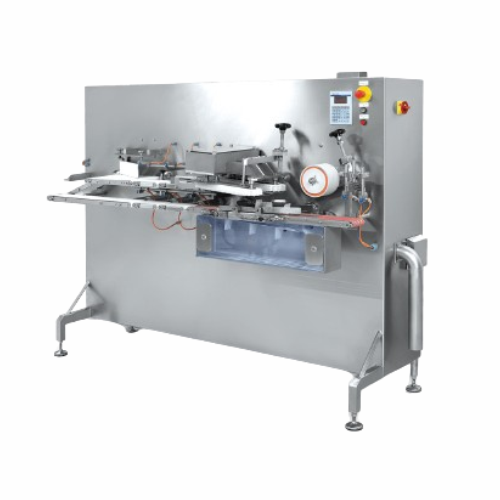
Cheese packaging system for mixed cheese types
Optimize your cheese production line by seamlessly integrating a system des...
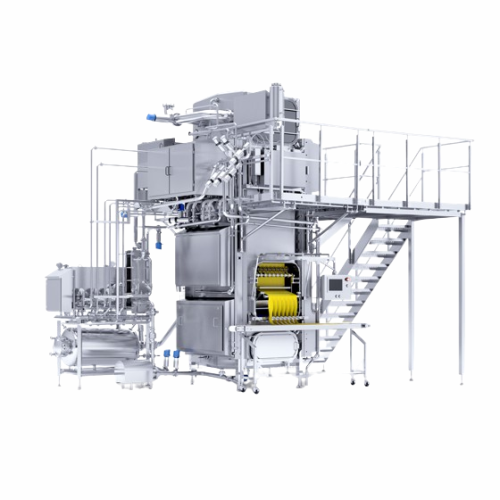
Processed cheese slice forming system
Effortlessly produce high-quality Slice-on-Slice cheese slices, cubes, shreds, and st...
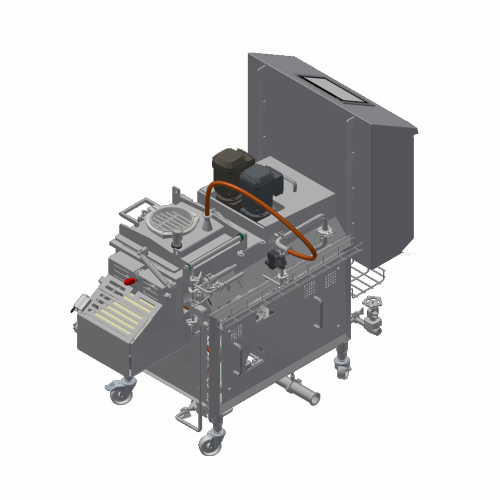
Multifunctional batch processing system for processed cheese
Enhance your production line with a sophisticated batch pro...
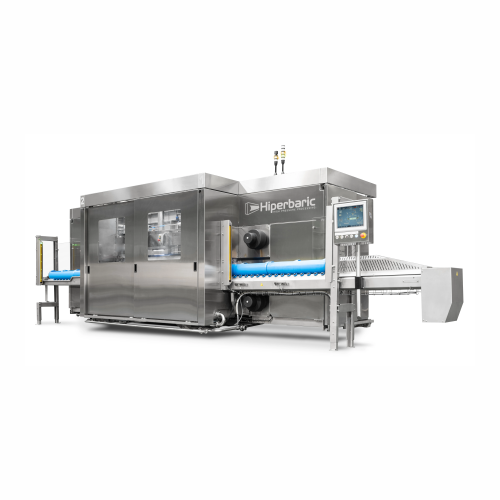
Hpp system for small-scale food production
Enhance food safety and prolong shelf life with this compact high pressure proc...
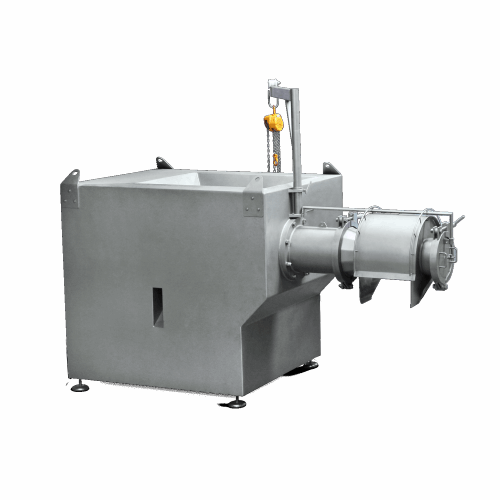
Cheese grinder for fine cheese grinding
Achieve optimal protein emulsification and minimize waste with this high-capacity g...
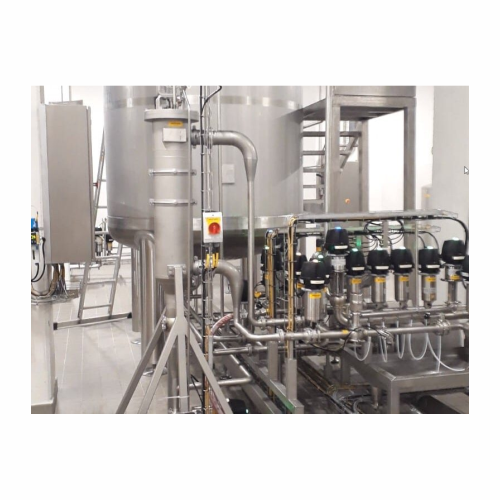
Beer production filtration system
Enhance your beverage production with cutting-edge filtration systems designed to maintai...
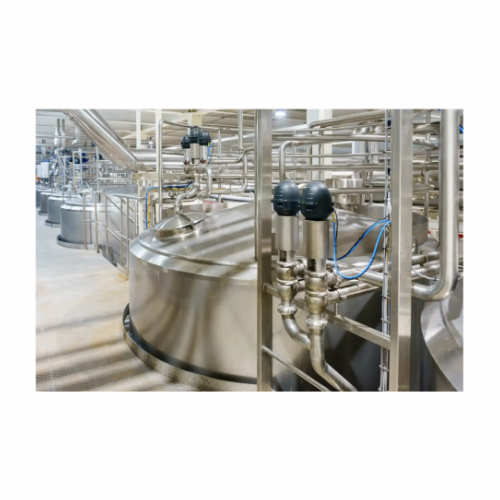
Filtration system for Cip cleaning in food production
Optimize your cleaning processes with a state-of-the-art filtration...
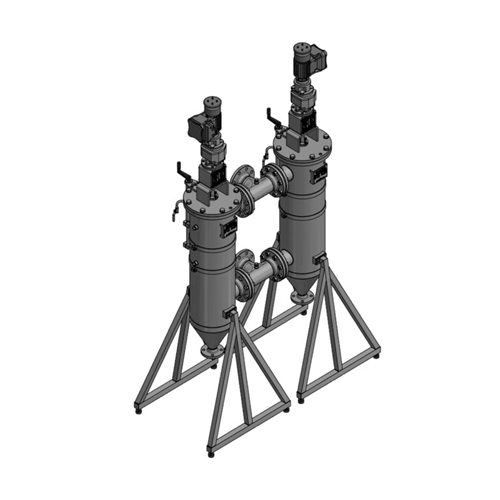
Fruit and vegetable juice filtration
Ensure superior clarity and purity in your juice production with advanced filtration s...
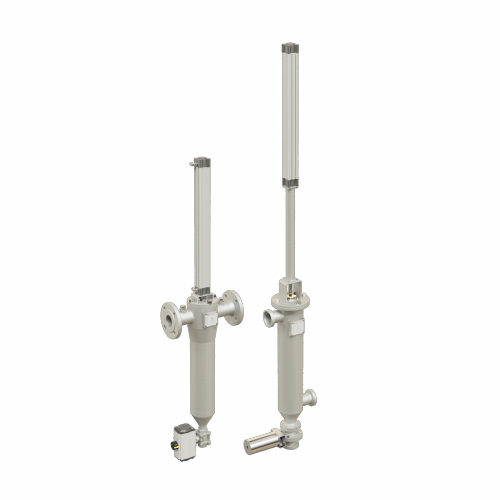
Self-cleaning automatic filters for industrial liquids
Ensure reliable filtration of high-contamination liquids while min...
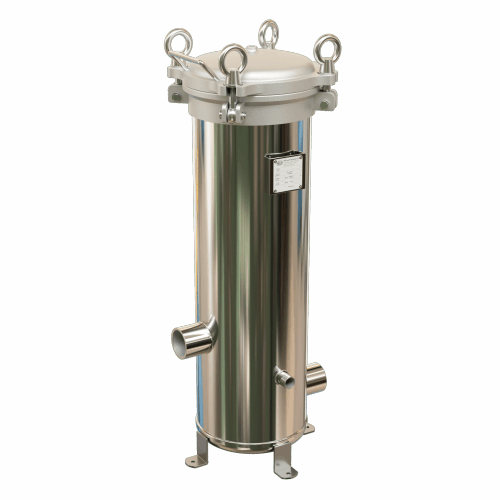
Stainless cartridge filters for industrial applications
Achieve precise fine filtration and maximize efficiency in liquid...
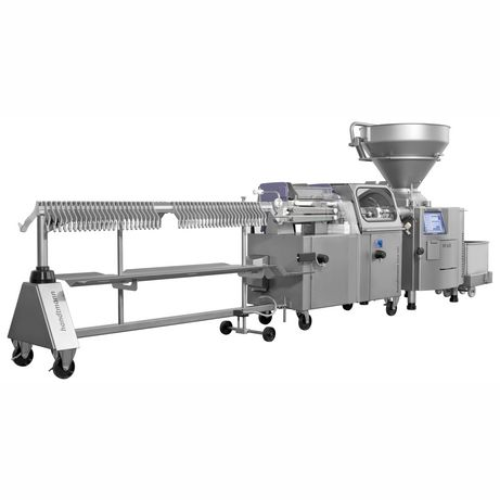
Automatic sausage filling and hanging system
Streamline sausage production with precise portioning and seamless integratio...
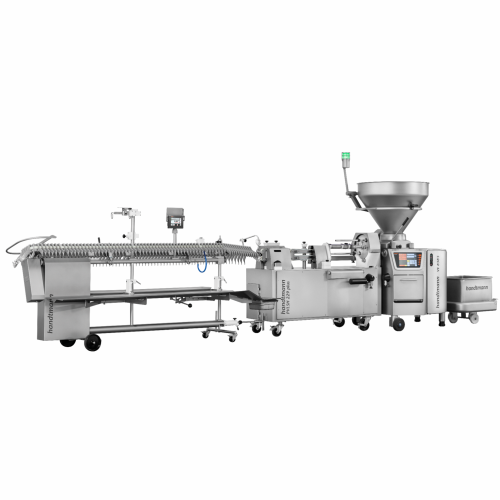
Automated sausage filling and portioning line
Boost your production efficiency with a versatile solution that seamlessly h...
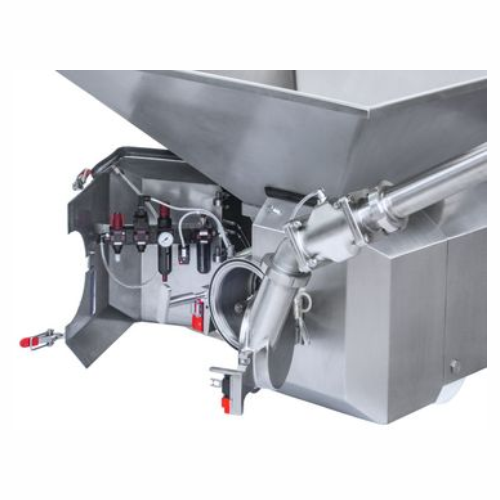
Industrial grinder for ultra-fine grinding and homogenizing
Enhance your production line with versatile grinding technol...

High-capacity industrial grinder for frozen and fresh raw materials
Effortlessly grind both deep-frozen blocks and fres...
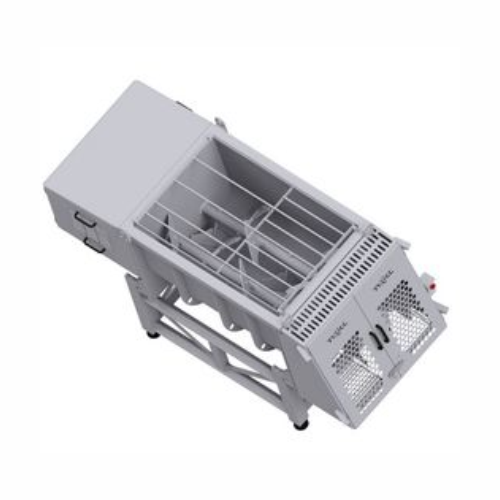
Industrial mixer for food and pet food production
Achieve precise and efficient mixing of viscous to highly viscous produ...
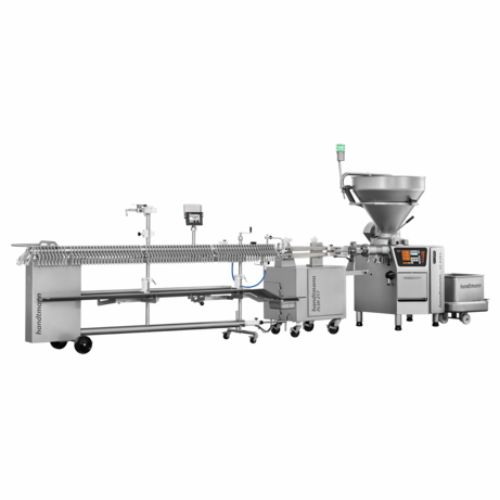
Sausage filling and portioning line
Streamline your sausage production with versatile equipment designed to seamlessly inte...
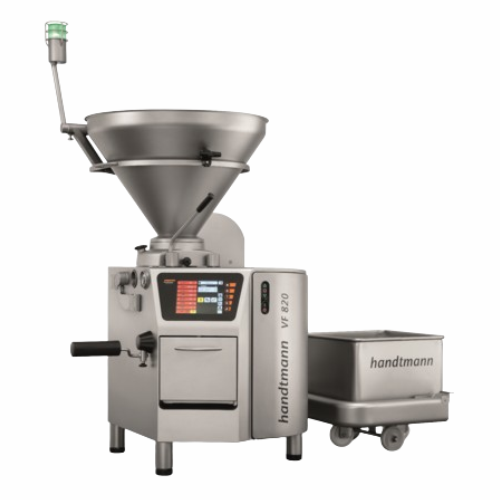
Vacuum filler for medium-scale sausage production
Achieve precise portion control and optimal hygiene with a versatile fi...
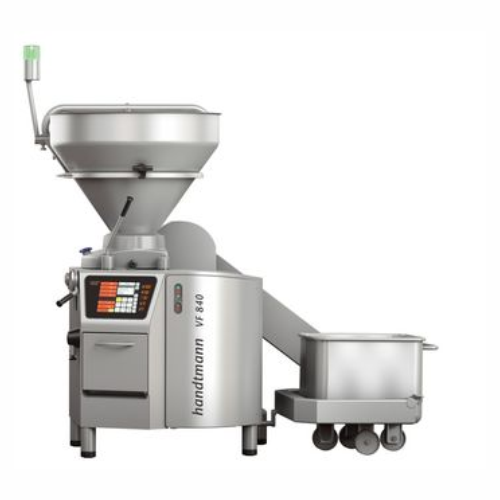
Vacuum filler for sausage and ham production
Achieve precision in filling and portioning pasty and fluid products with a s...
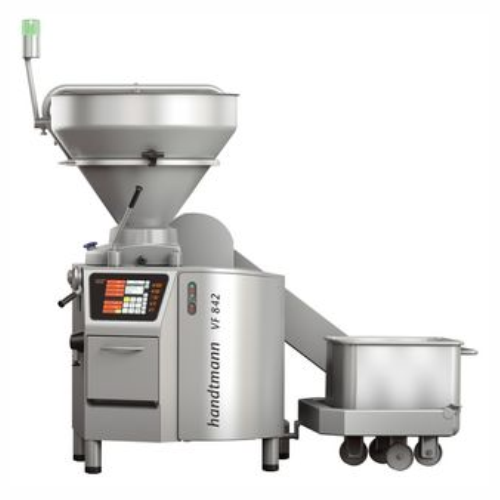
Industrial sausage and ham vacuum filler
Achieve unmatched precision in filling and portioning with high-capacity vacuum te...
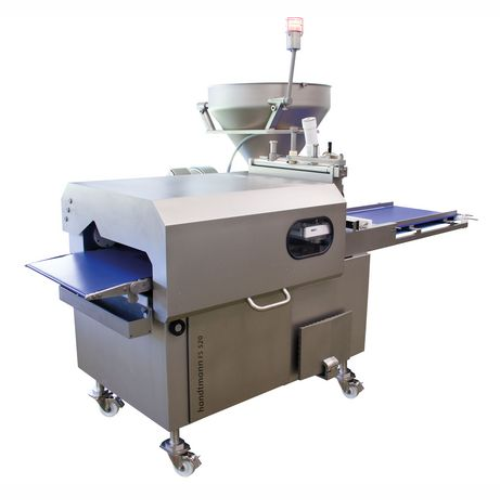
Multi-lane forming system for 3d food product shapes
Achieve precise weight accuracy and high-speed production of diverse...
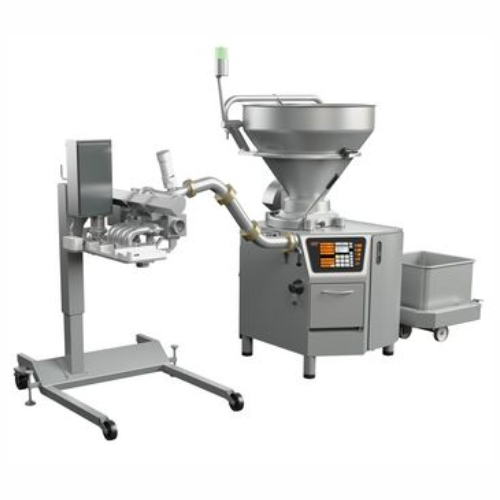
Forming system for multi-lane production of shaped foods
Streamline your production of uniform shaped foods with a multi-...
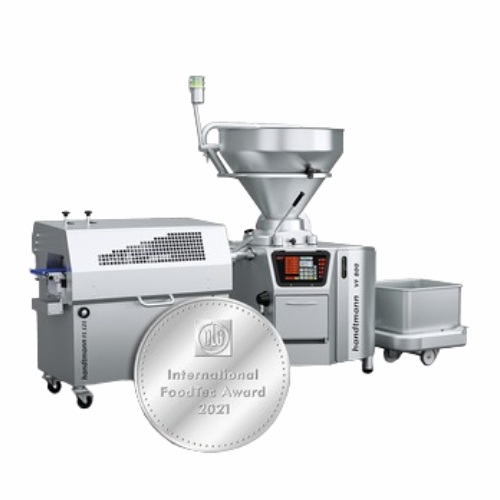
Industrial forming and cutting system for diverse products
Maximize product versatility with a system that effortlessly ...
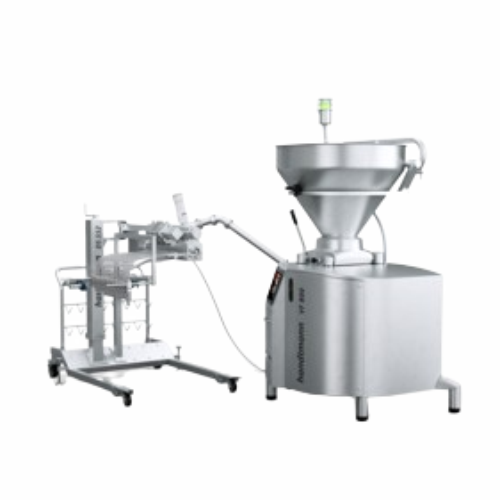
High-precision depositing system for fluid and viscous fillings
Achieve precise and efficient dosing for diverse food pr...
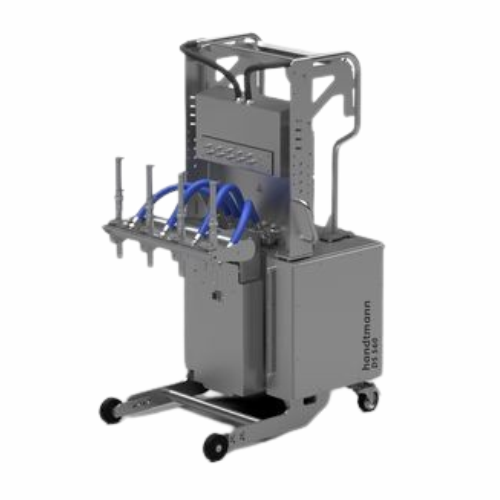
Depositing system for multi-lane dosing with vertical traversing
Achieve precision dosing and flexible portioning with t...
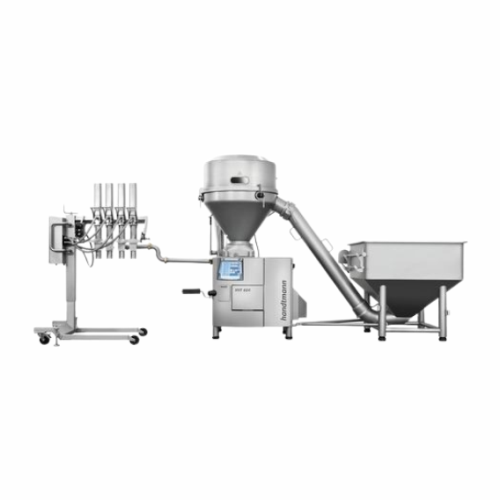
Cutting valve for chunky food portioning
Achieve precise portioning of chunky products, reducing waste and increasing effic...
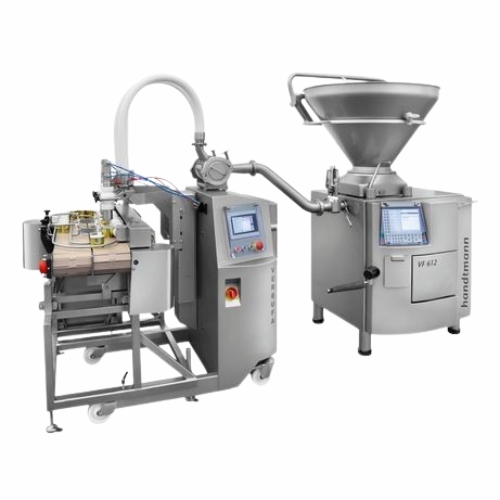
Automatic multi-lane dosing system for fluid to pasty products
Streamline your production with precise multi-lane dosing...
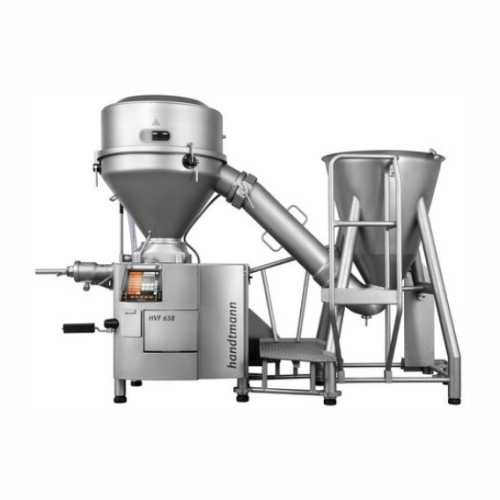
High vacuum filler for dry sausage products
Achieve pore-free, compact dry sausage products with superior evacuation perfo...
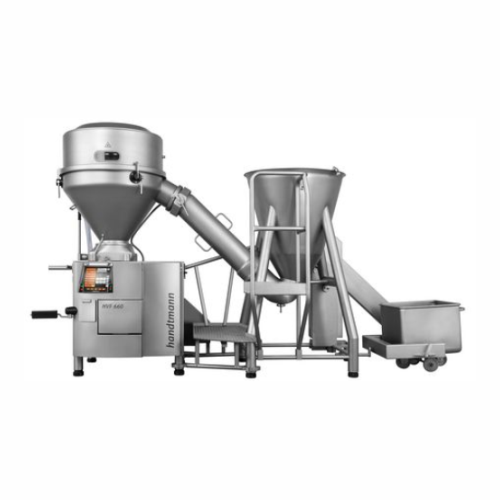
High vacuum filler for large-calibre sausages
Achieve pore-free, high-quality products with optimal portioning accuracy an...
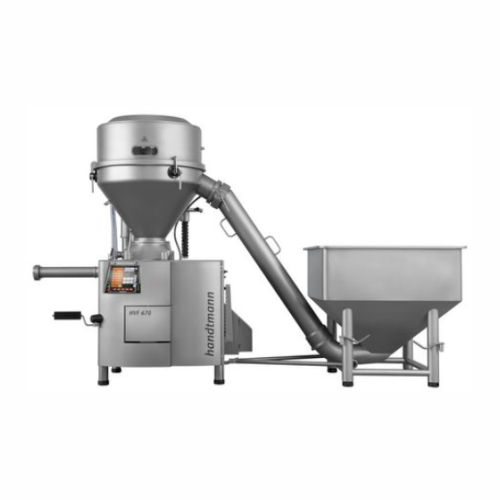
High vacuum filler for ham and ground material
Achieve unrivaled product quality and precision with high vacuum technology...
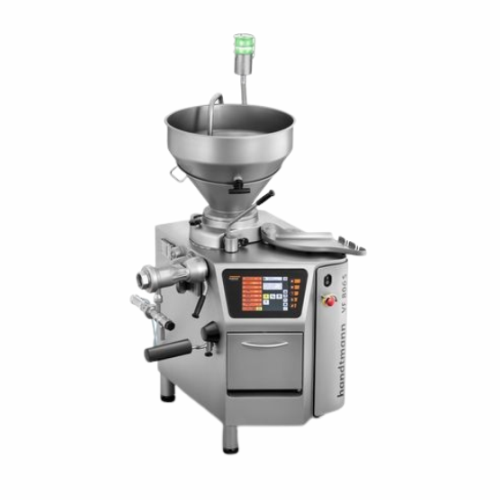
Vacuum filler for small and medium-scale meat producers
Achieve precise portioning with high-speed filling and grinding c...
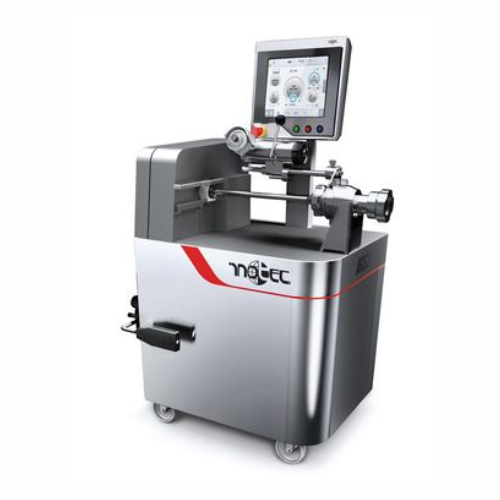
Tying solution for sausage products in natural and collagen casings
Efficiently portion and tie sausage products to per...
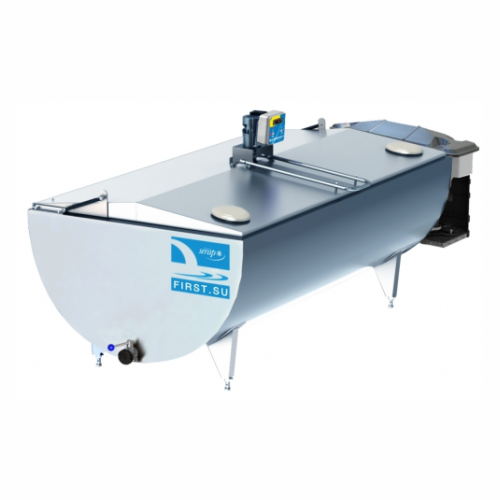
Open milk cooler with 2,000 liters capacity
Ensure optimal milk quality and temperature with this open milk cooler, design...

Vertical milk cooler for large-scale farms
Optimize your milk preservation with this space-efficient vertical cooler, desi...
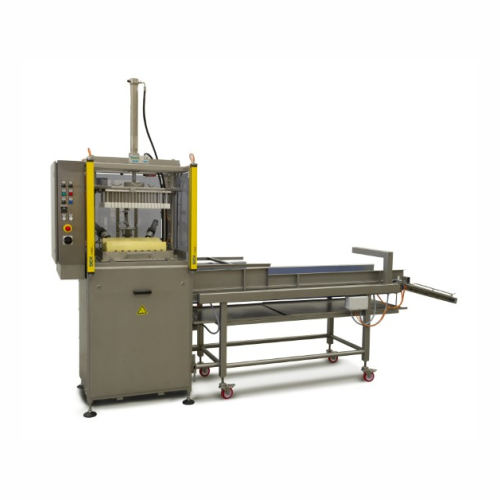
Semi-automatic cheese portioning solution
Enhance your cheese processing capabilities with a versatile portioning solution...
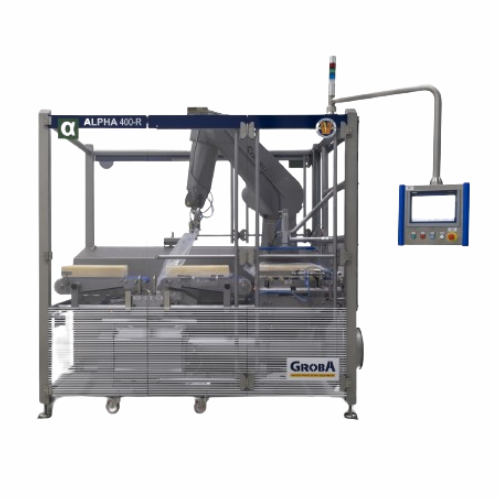
Automatic foil unpacking system for cheese
Streamline your cheese production with cutting-edge technology designed to repl...
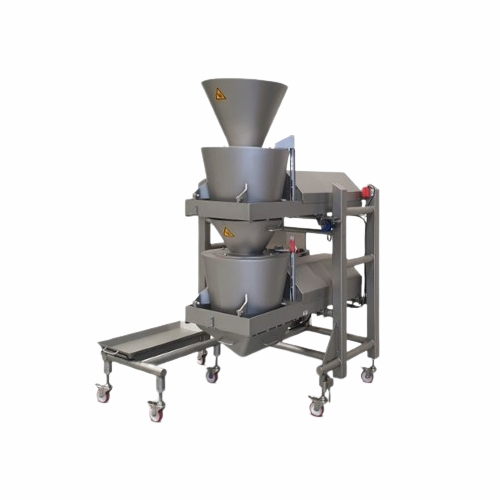
Double cheese shredder for soft, semi-hard and hard cheeses
Optimize your cheese production with a robust shredding solu...
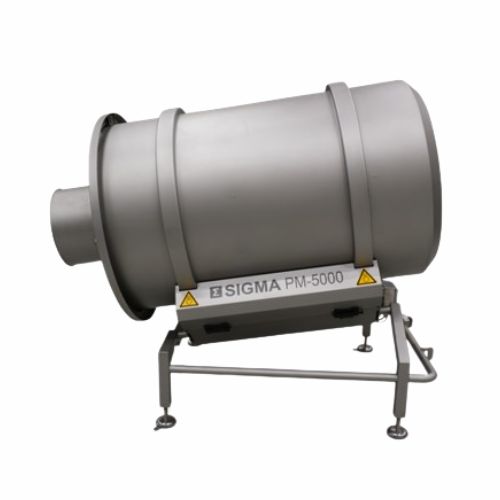
Mixing drum for shredded cheese
Optimize your dairy production line with this innovative mixing drum designed to effortlessl...
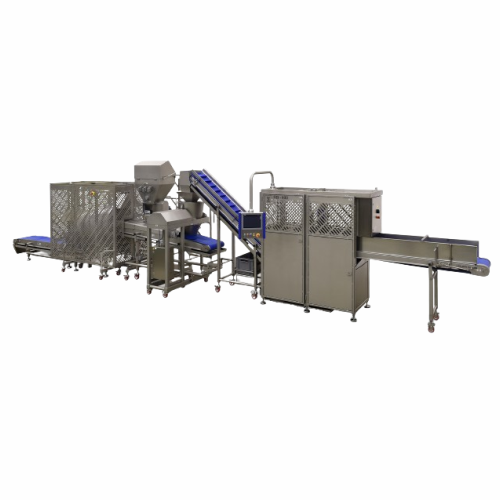
Cheese shredding line for large volume production
Achieve seamless cheese processing with a fully integrated shredding li...
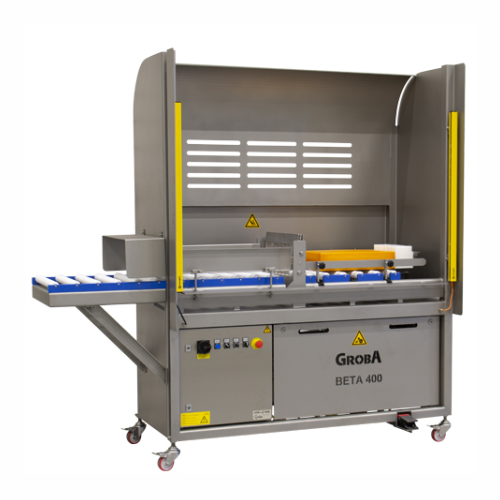
Square and rectangular cheese cutter for bars and halves
Perfect for cheese processors needing precision, this machine ef...
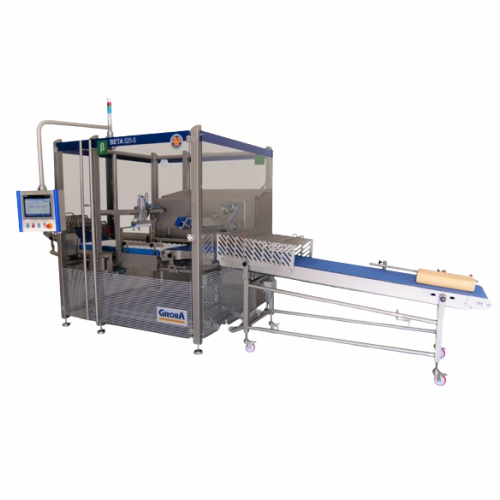
Automatic cheese slicer feeder
Optimize your cheese processing line with a fully automatic solution designed to streamline s...
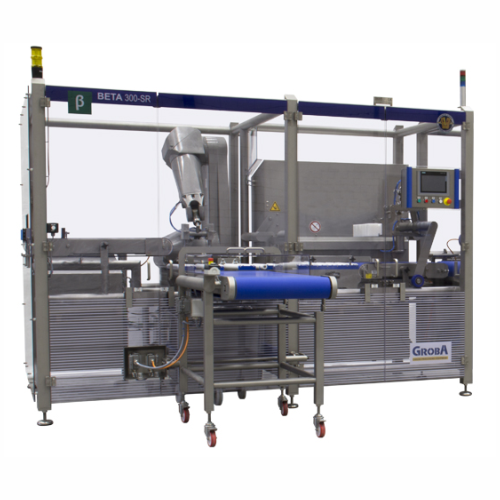
Fully automatic slicer feeder for cheese bars
Enhance your cheese processing efficiency with high-speed slicing and sortin...
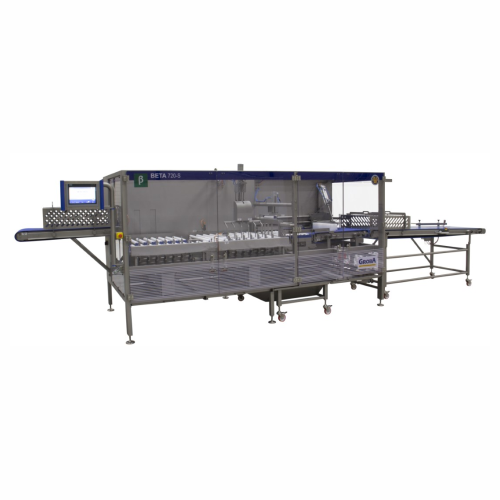
Automatic slicer feeder for large cheeses
Streamline your cheese processing with a system designed to seamlessly transform...
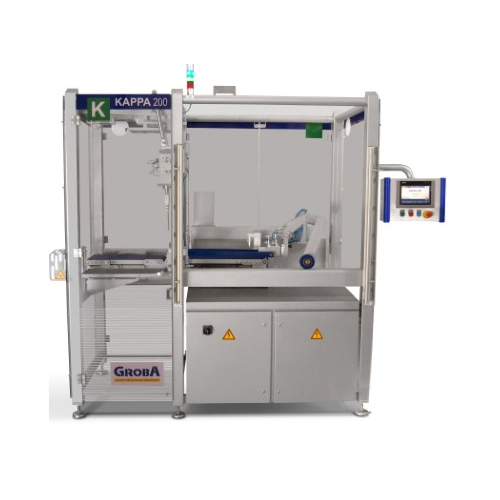
Cheese portion cutter
With ultrasonic precision, this semi-automatic cutter transforms cheese blocks into uniform portions an...

Cheese portion cutting solution
Achieve precise weight-based portions for cheese products, enhancing product consistency and...
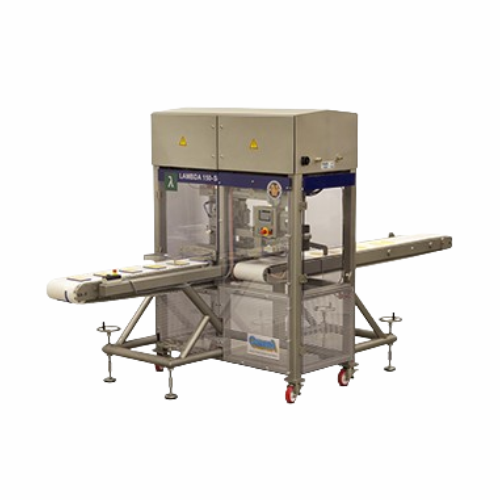
Cheese shape cutter for animal, letter, and custom designs
Transform cheese slabs into creative shapes with precision, e...
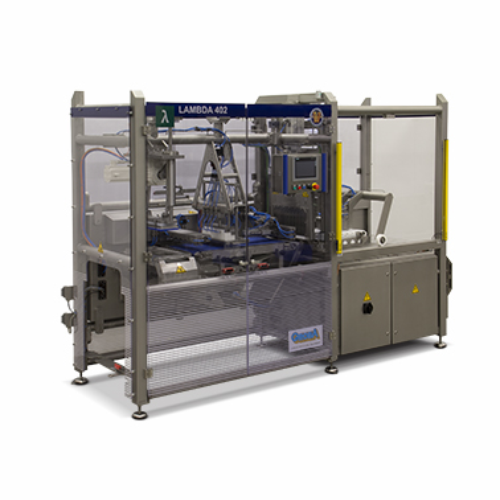
Cheese snack cutter for various shapes and sizes
Streamline your cheese production with precision cutting for a variety of...
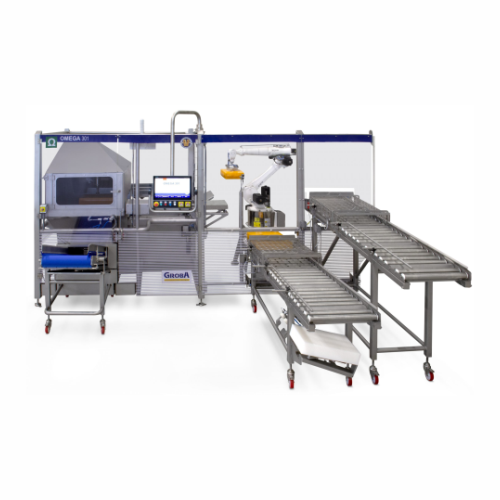
Automatic cheese derinding system for rectangular cheeses
For cheese processors seeking effortless precision, this machi...
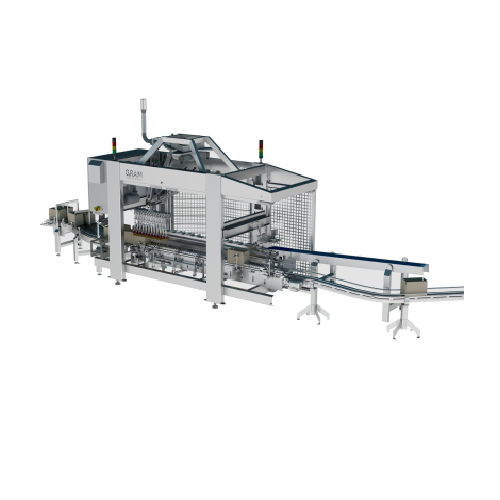
Automated in-line ice cream filling system
Enhance your ice cream production with precision filling, offering high-speed c...
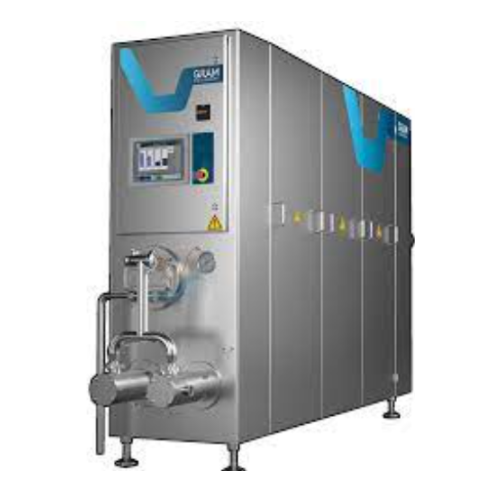
Continuous ice cream freezer
Enhance the consistency and texture of frozen desserts with this self-contained solution, strea...
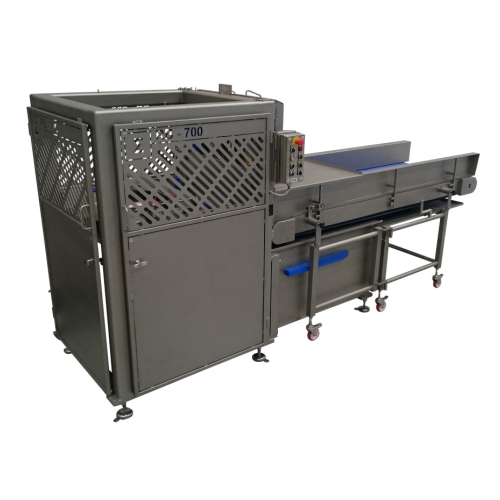
Cheese shredding solution for soft, semi-hard, and hard cheeses
Maximize cheese processing efficiency with precise shred...
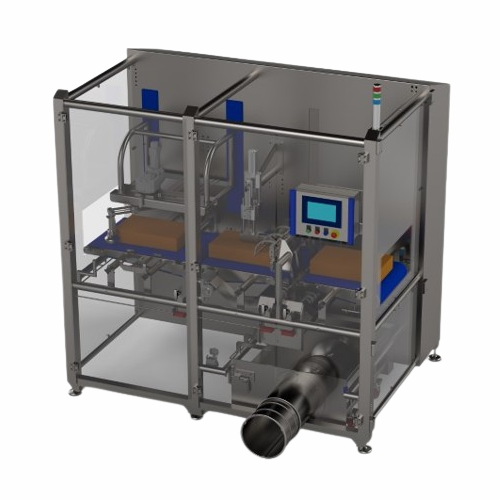
Automatic solution for unpacking foil-ripened cheese
Streamline your cheese processing with this fully automated solution...
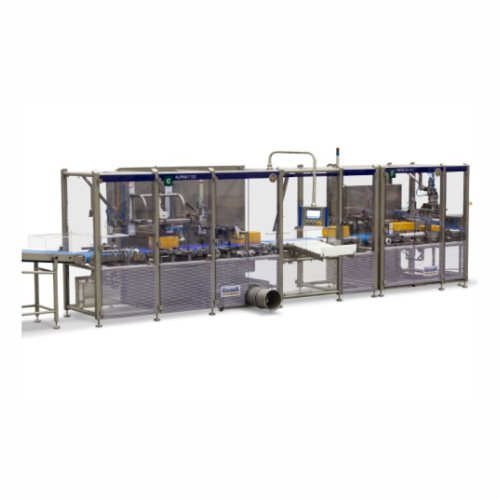
Automated cheese unpacking and cutting line
Streamline your cheese production process with a fully automated system capabl...
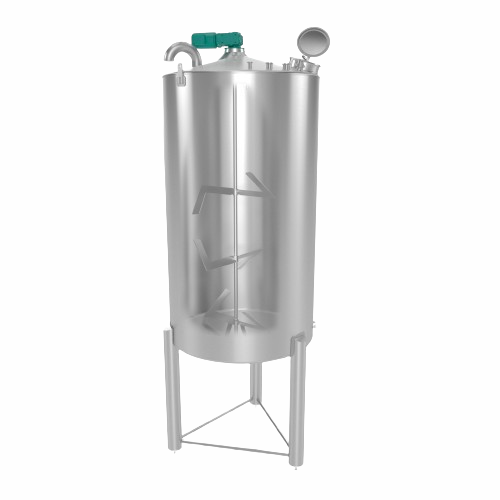
Juice storage tank with hygienic and cooling options
Ensure optimal freshness and stability of juices and beverages with ...
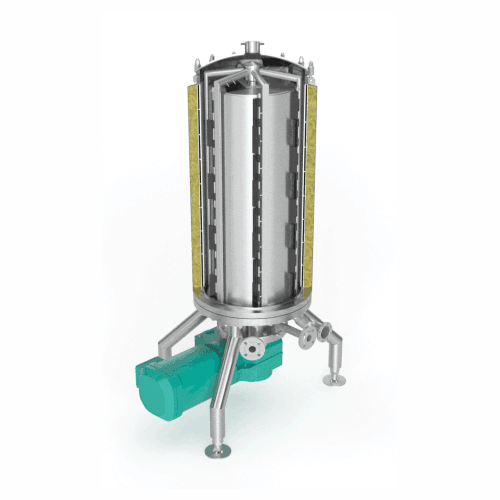
Scraped surface heat exchanger for high viscous products
Efficiently handle the cooling and heating of high viscous produ...

High-speed ice cream extrusion line
Achieve precise shapes and textures in your frozen treats with advanced extrusion solut...
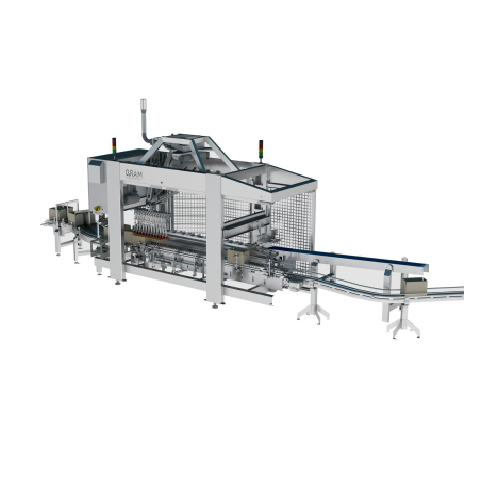
Extruded ice cream with large inclusions
Streamline your ice cream production with an innovative extrusion solution, allowi...
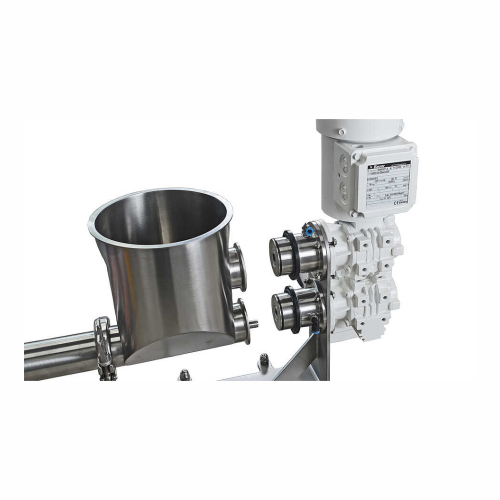
High-precision volumetric feeder for bulk materials
Achieve precise bulk material flow with a solution that ensures consi...
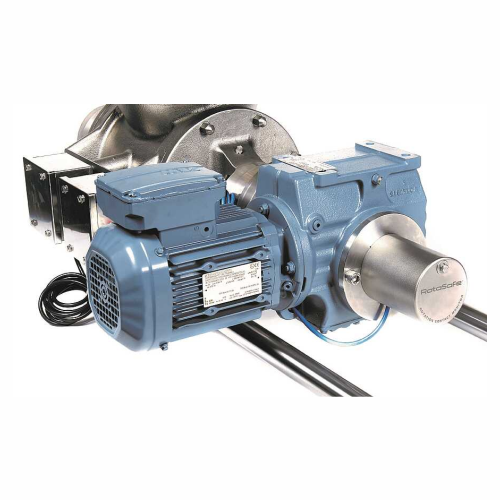
Contact detection system for rotary valves
Prevent product contamination and equipment damage with instant contact detecti...
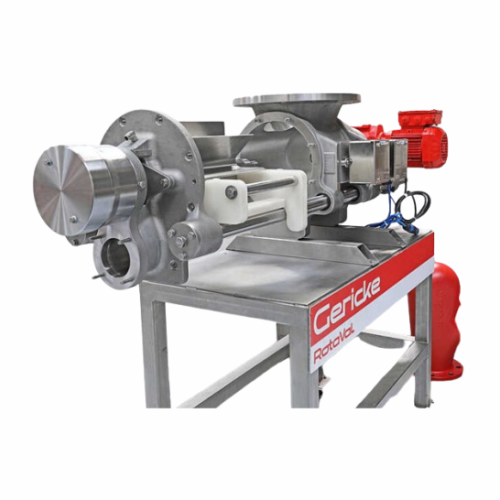
Quick-clean hygienic rotary valves
Ensure seamless cleaning and minimal downtime in your production line with rotary valves...
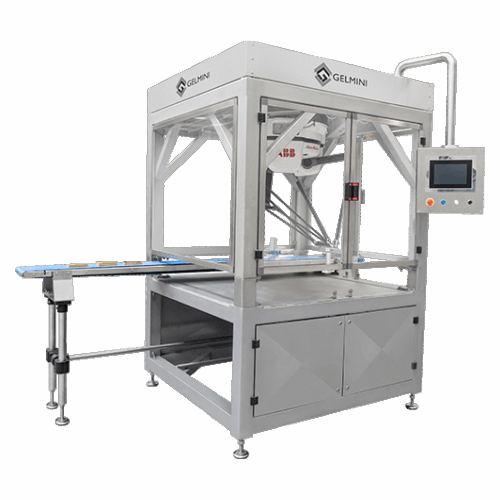
Cheese portion thermoforming system for automation
Optimize your cheese production with precision portioning and efficien...

Cheese cutting machine for various cheese types
Optimize your cheese and meat processing line with high-speed, precise cut...
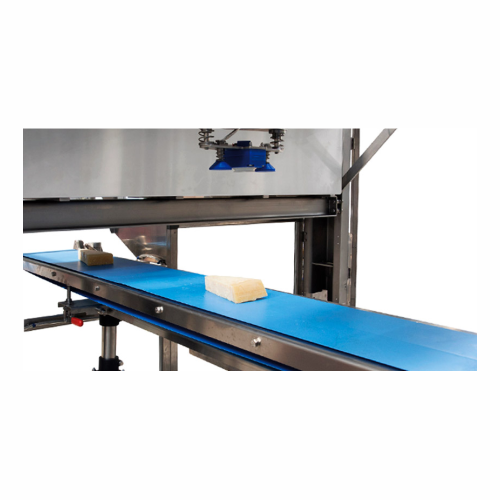
Wedge aligning robot for hard cheese
Streamline your cheese processing with precision and efficiency; this solution expertl...
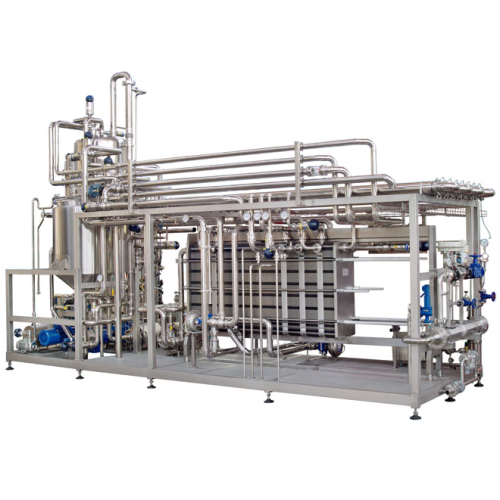
Plate sterilizer for low fiber content liquids and juices
Efficiently sterilize and prepare low-consistency liquids with...
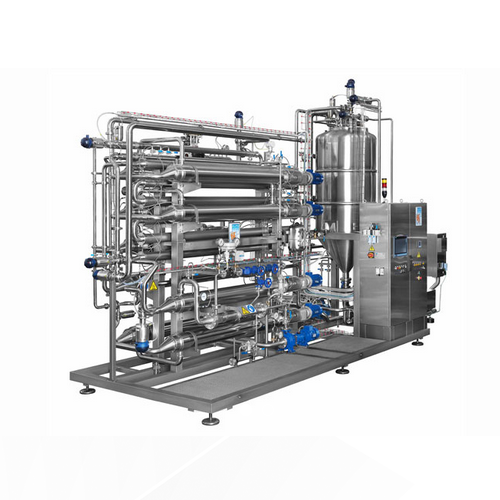
Scraped surface sterilizers for food industry products
Optimize your food processing line with high-efficiency sterilizat...
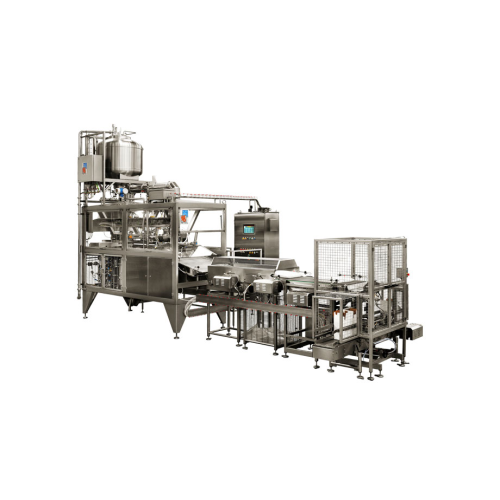
Aseptic filler for bag-in-box packaging
Achieve unparalleled product safety and quality in liquid packaging with our advanc...
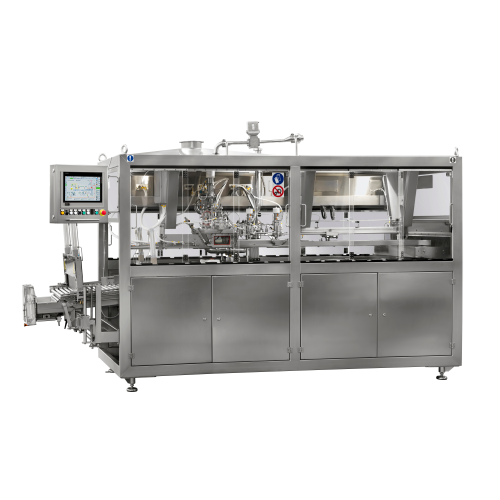
Aseptic filling system for bag-in-box packaging
Efficiently fill a range of liquid products into pre-sterilized bags while...
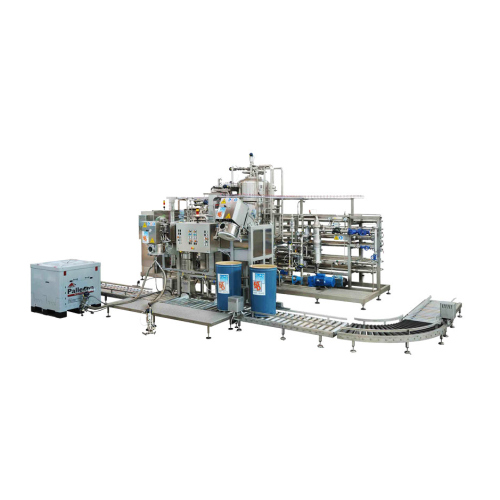
Aseptic treatment and filling for concentrates and purees
Optimize your processing line with a compact solution that com...
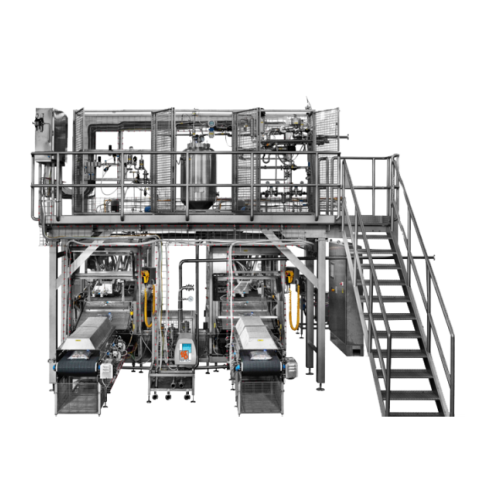
Aseptic bag-in-box filler for juices and purees
Enhance your filling operations with a high-speed aseptic solution designe...
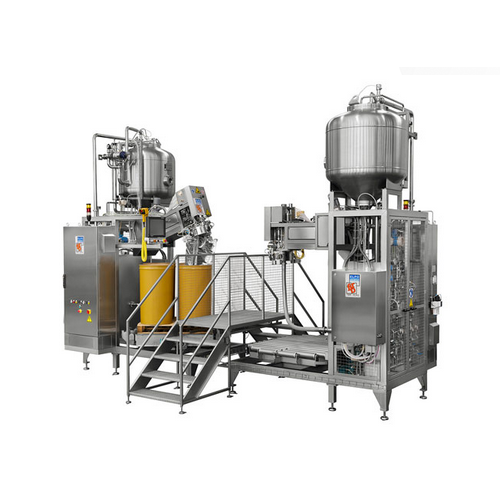
Aseptic filler for liquids and semi-concentrates
Ensure maximum sterility and precision when filling liquids, concentrates...
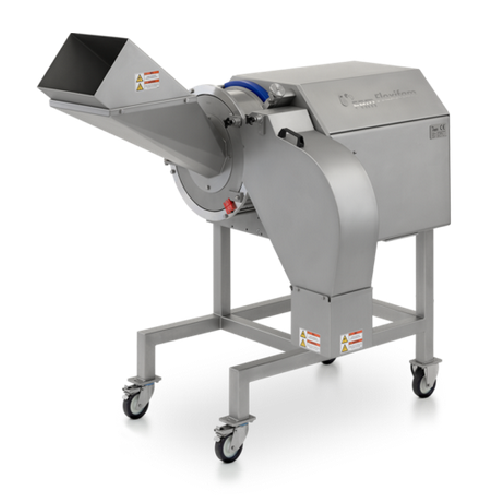
Cheese dicer for precision cuts
Streamline your cheese processing with unparalleled precision and versatility, ensuring clea...
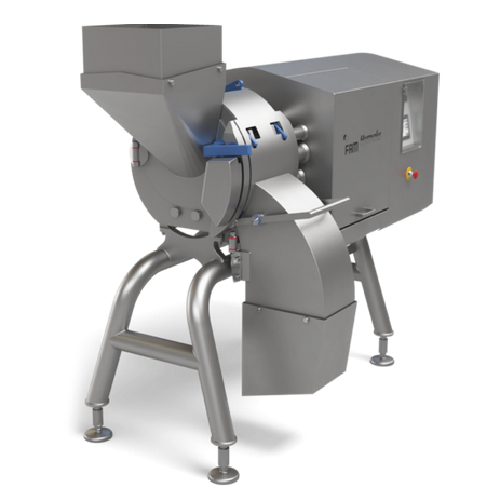
High-capacity cheese dicer with sanitary design
For high-volume cheese producers, achieving consistent cube cuts without p...
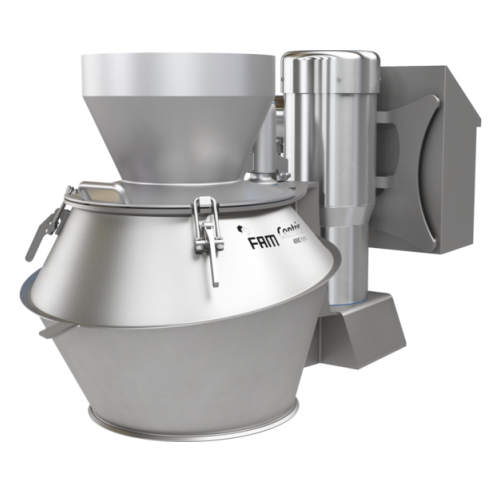
High-capacity shredder for cheese processing
Achieve impeccable cut accuracy and consistent shred dimensions for high-volu...
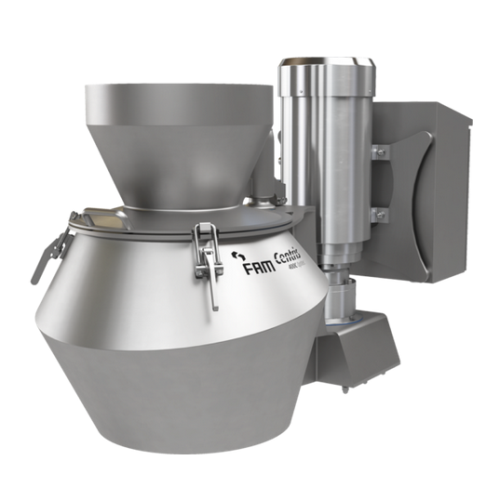
Cheese shredder for high-volume applications
Streamline your cheese processing with a high-capacity shredder designed to d...
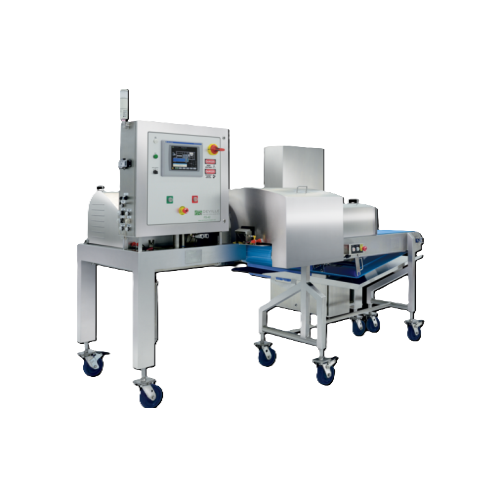
Full block cheese shredder
Maximize your production line’s efficiency with a versatile shredder that seamlessly proces...
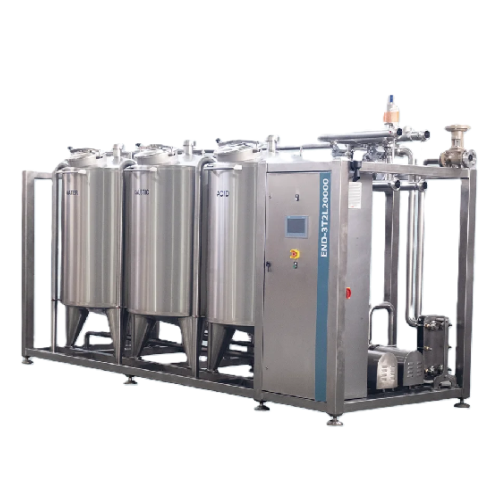
Automated cleaning in place (cip) systems for beverage processing
Optimize your production with automated CIP systems t...
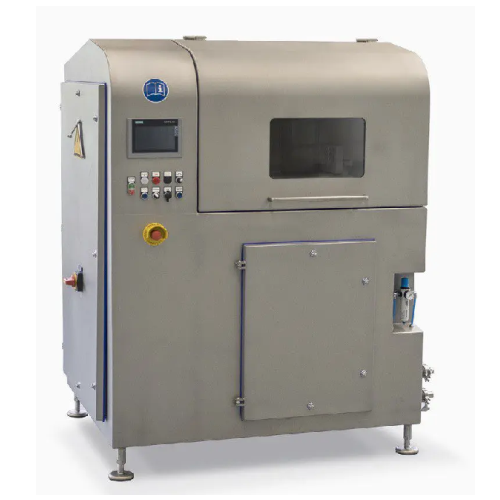
Modular pulsed electric field system for food processing
Enhance your food processing efficiency with a modular system th...

Fruit processing system for jams and marmalades
Optimize your fruit-based product manufacturing with equipment designed fo...
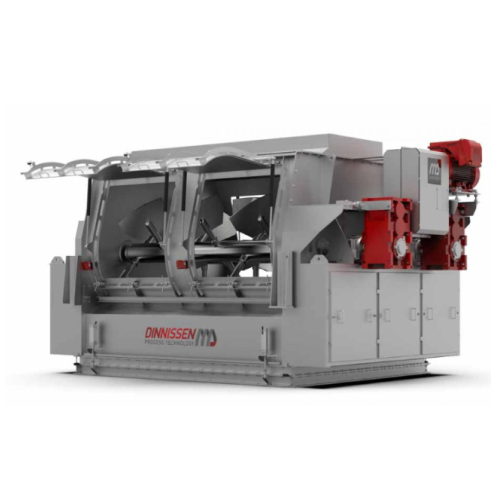
Batch mixer for powder and grain processing
Achieve ultra-fast, homogenous mixing in just 20 to 50 seconds with this versa...
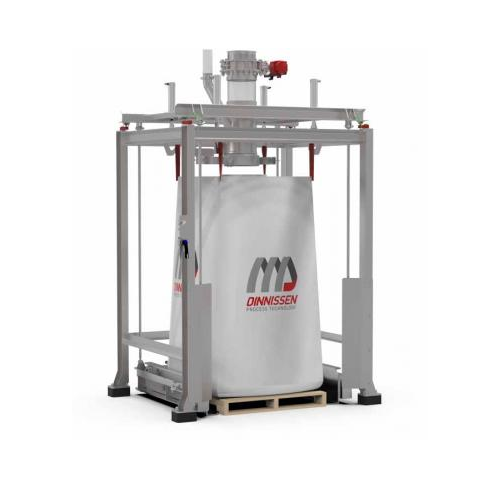
Calibratable big bag filling station for dust-free operations
Ensure precise, dust-free filling of bulk bags with ergono...
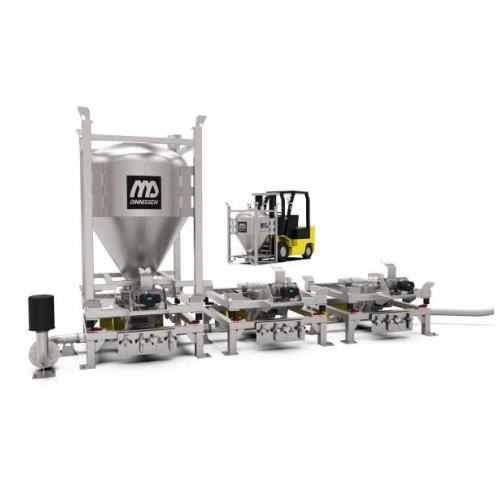
Drum and container emptying system
Ensure safety and efficiency when handling and emptying drums or containers, whether dea...
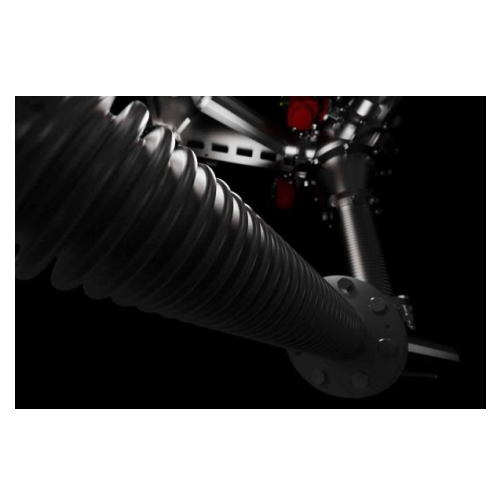
Lactose pneumatic conveying solution
Eliminate frequent production halts due to lactose buildup with our conveying solution...
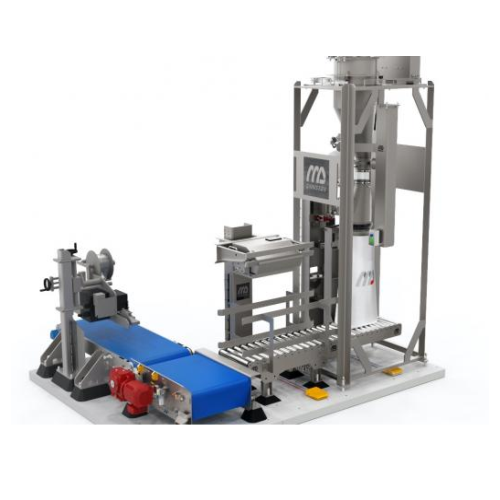
Bag-in-box filling system for packaging efficiency
Streamline your packaging process by integrating filling and boxing in...
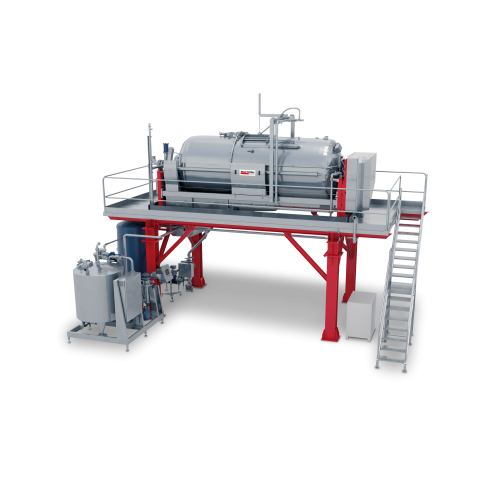
Fully automatic continuous flow wine press
For winemakers seeking to optimize operations, this advanced pneumatic pressing...
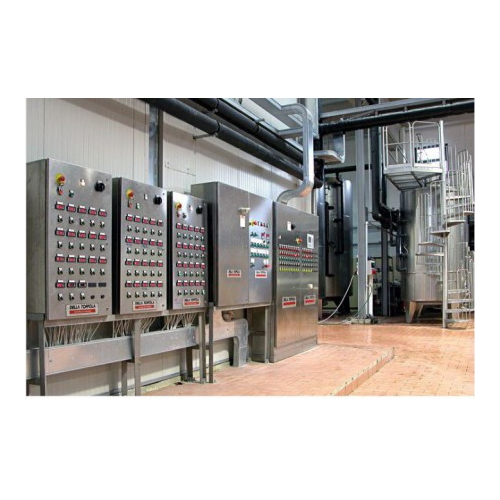
Temperature control systems for winemaking
Achieve precise temperature regulation in fermentation and storage processes wi...
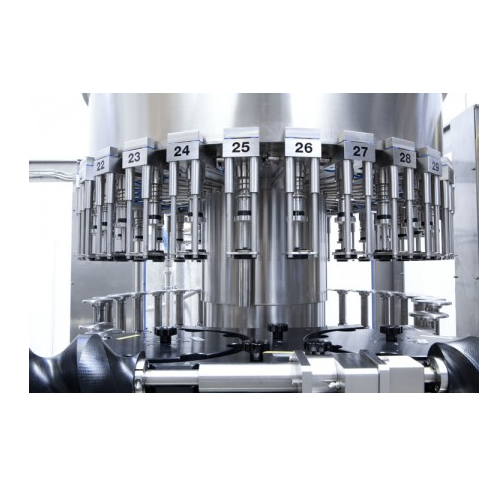
Gravity filling systems for still beverages
Ensure precise and clean filling for still beverages with gravity systems that...
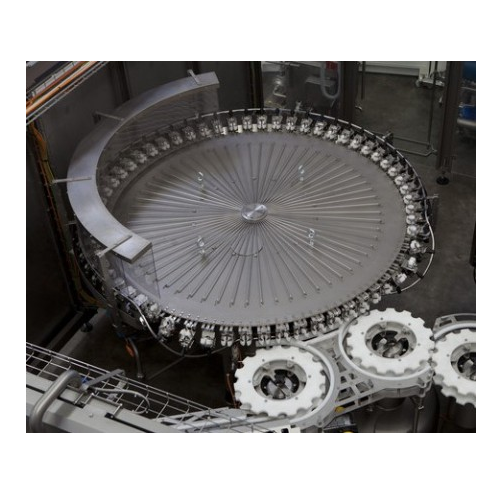
Rotary container rinser
Ensure your bottles are thoroughly clean and sterile before filling, enhancing product safety and she...
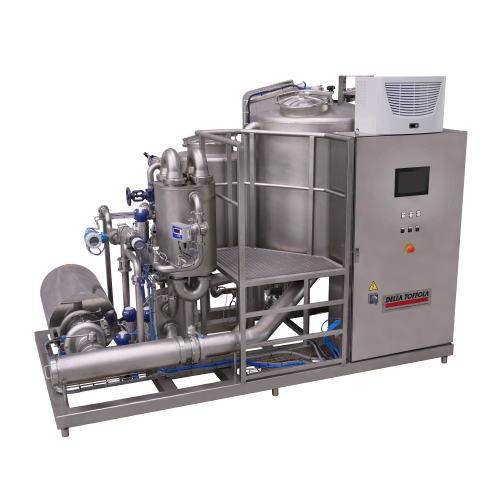
Continuous sugar dissolving system for beverage production
Effortlessly transform granulated sugar into a consistent, hi...
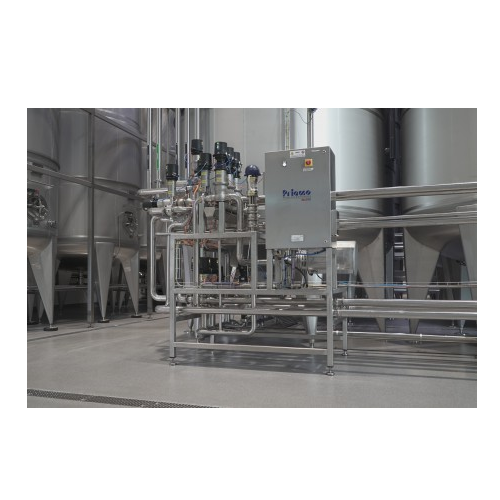
Solution blenders for chunk-containing beverages
Maintain the integrity and consistency of chunk-filled beverages without ...
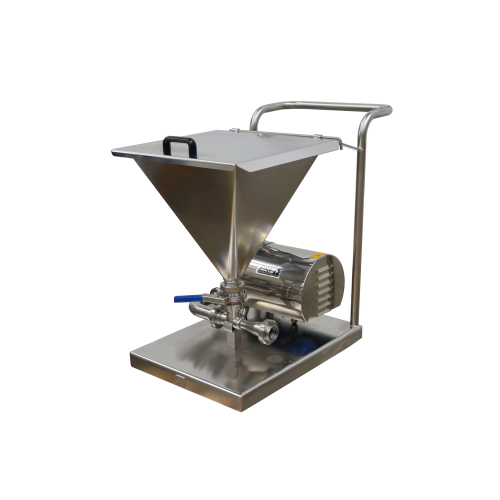
Stabilizer dissolution system for beverage industry
Efficiently dissolve and homogenize stabilizers like pectin or CMC in...
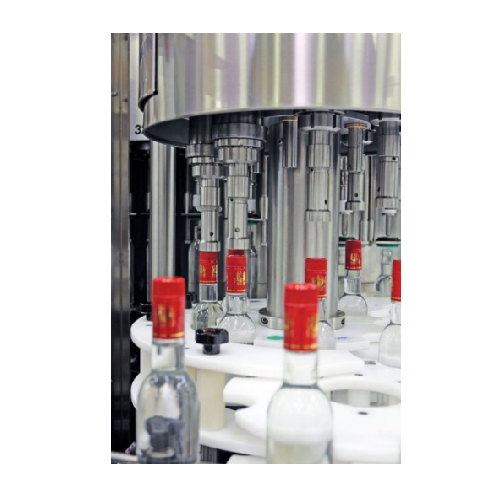
Press-on capping system for bottles
Ensure precise and secure closure of various bottle types with our versatile press-on c...
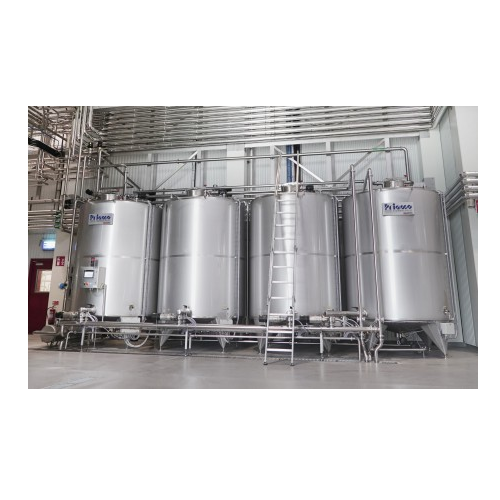
Automated Cip systems for beverage and food industry
Ensure high hygiene standards in your production line with advanced ...
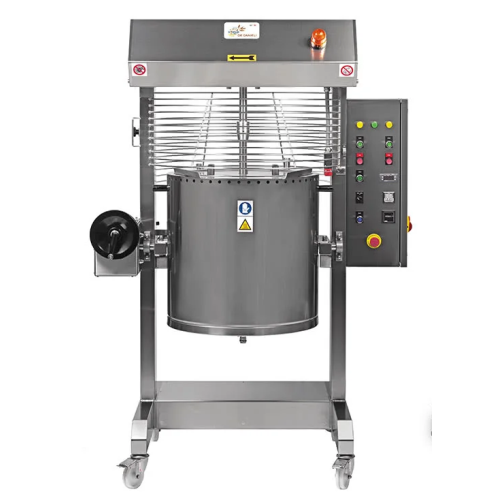
Medium-low density food cooker
Streamline your cooking process for medium-low density foods with precision-controlled mixing...
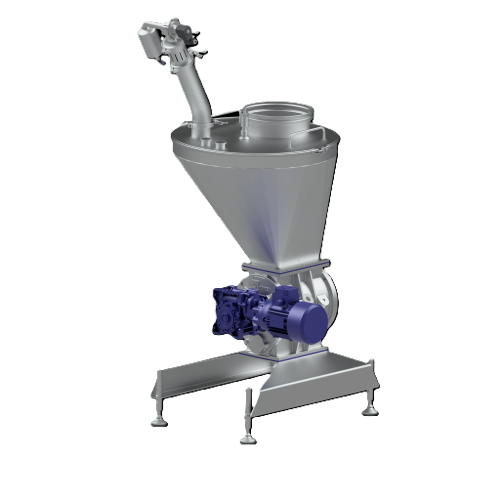
Dilute-phase conveying solution for powder handling
Efficiently transfer powders and granules with robust leak containmen...
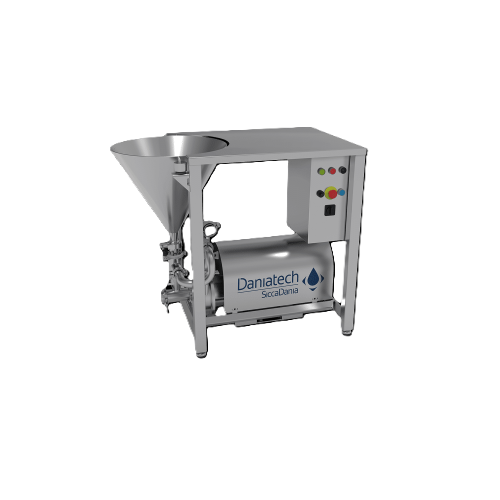
Inline high-shear mixer for powders and liquids
Achieve efficient mixing and homogenization in your production line with a...
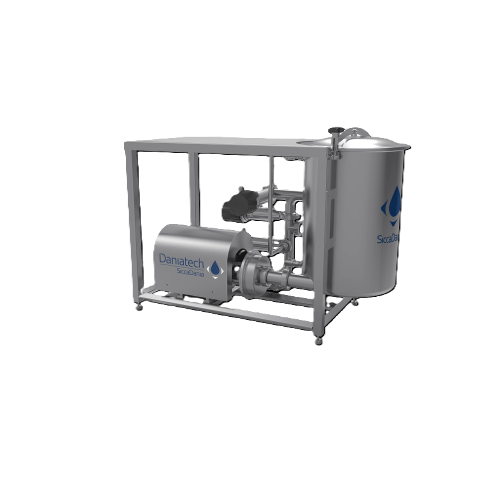
Mixer for low to medium viscosity products
Optimize your mixing, dosing, and homogenization processes with a versatile mix...

Inline high shear mixing unit for low to medium viscosity products
Achieve precise emulsification and size-reduction wi...
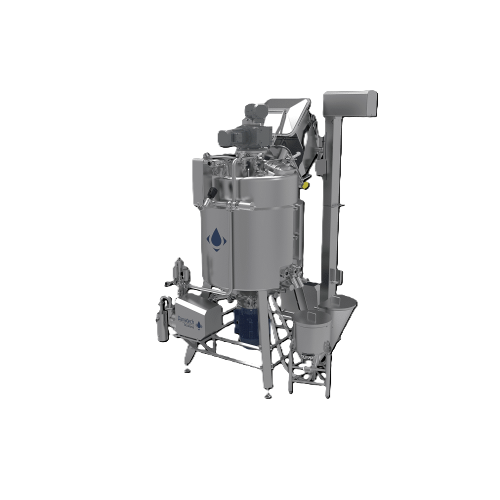
High-shear mixer for high viscosity products
Achieve consistent, homogeneous mixtures of high-viscosity products with a ve...
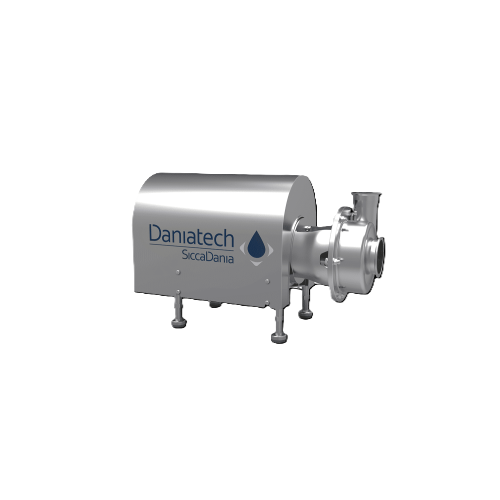
Ultra-high shear mixer for emulsification and homogenization
Optimize your production with ultra-high shear mixing, acce...

Vacuum high shear mixer for medium to high viscosity products
Achieve flawless blending and air-free consistency in visc...
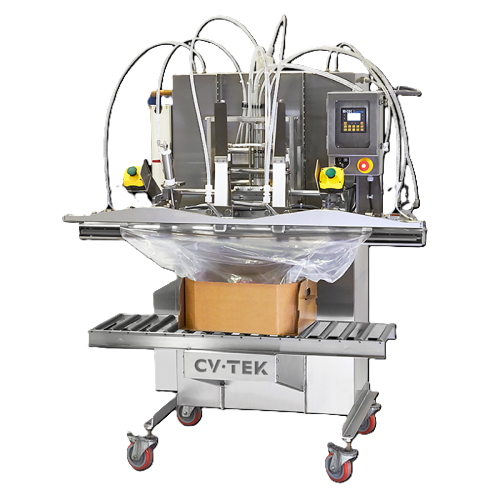
Single station modified atmosphere packaging system
Ensure the extended shelf life of sensitive foods with precise gas fl...
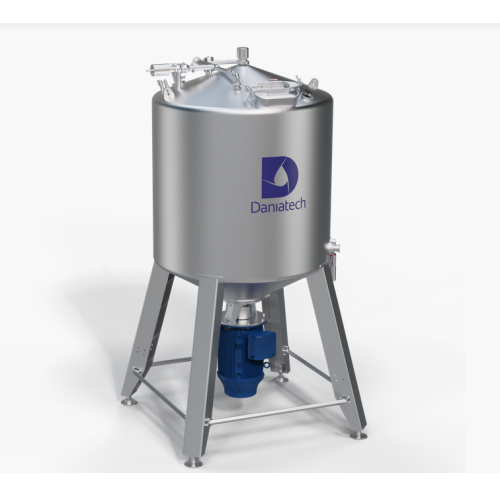
High-capacity manual mixer for industrial applications
Optimize your mixing process with a highly efficient, manually ope...
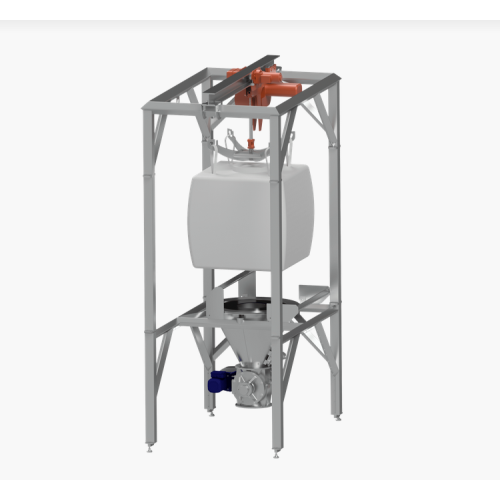
Bigbag discharge system for food, chemical, and pharmaceutical industries
Ensure precise and dust-free handling of bul...
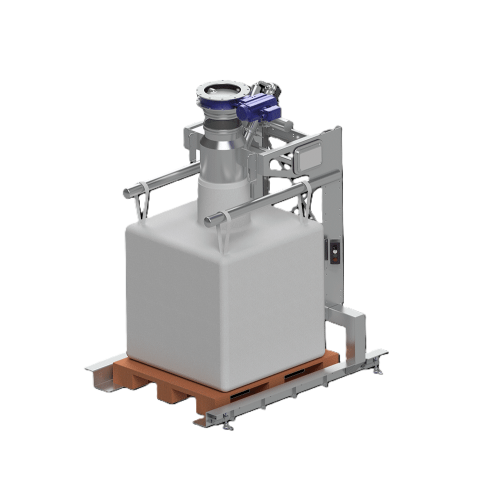
Bigbag filling system for powder and bulk materials
Ensure precise and dust-free bigbag filling with this versatile syste...
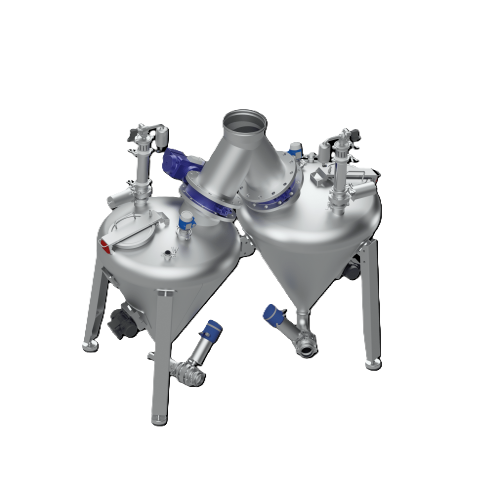
Dense-phase powder conveying system
Optimize your powder processing with a system designed to handle abrasive and fragile m...
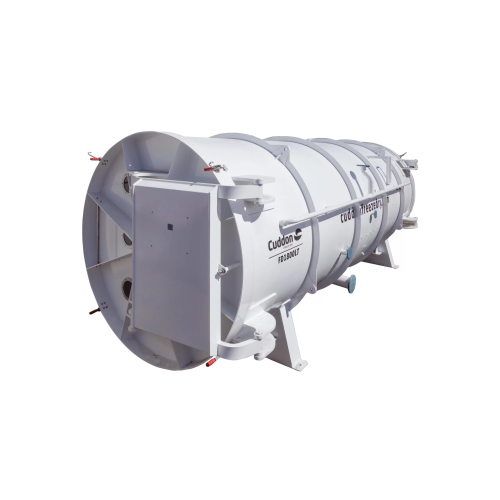
Low temperature freeze dryer for high sugar or acid content products
Perfect for producing freeze-dried goods from food...
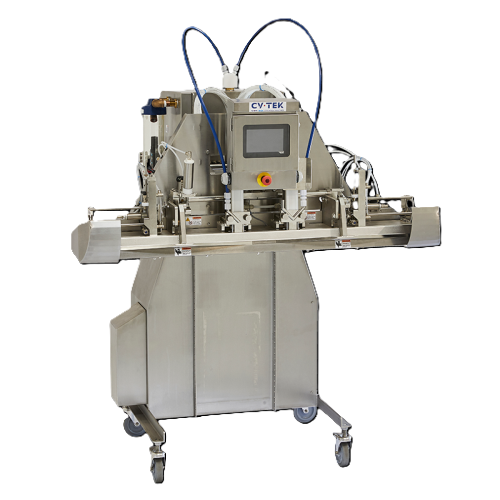
Single-station Map packaging system for bulk products
For food packaging facilities that need reliable sealing through co...
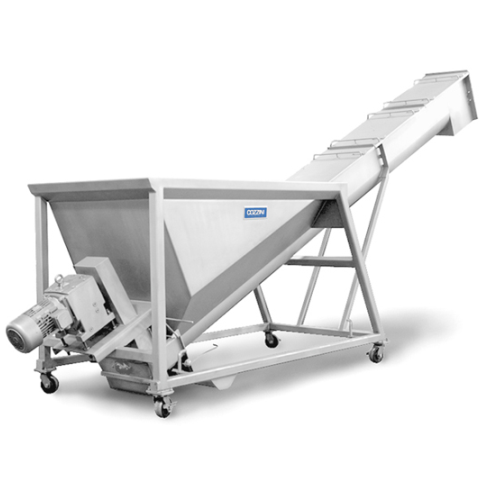
Inclined screw loader for food processing
Optimize your food processing line with an inclined screw loader, designed for e...
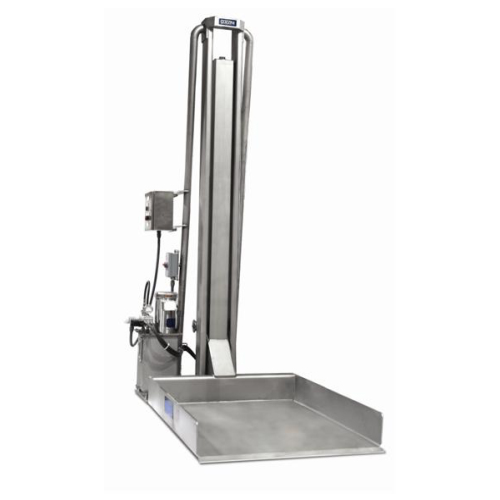
Pallet lift for food processing handling
Enhance your food processing efficiency with a robust pallet lift designed for sea...
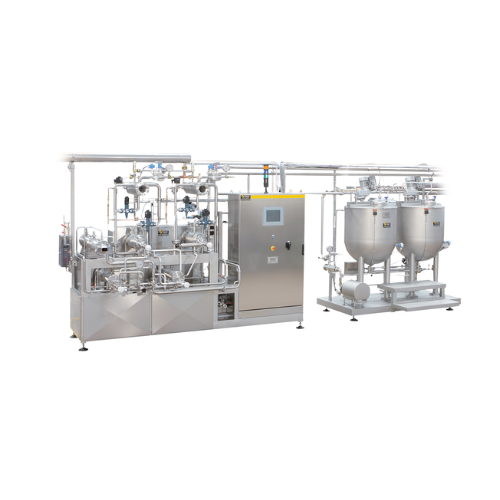
Pilot plant system for margarine and bakery fats production
Streamline your development and testing of diverse spreads a...
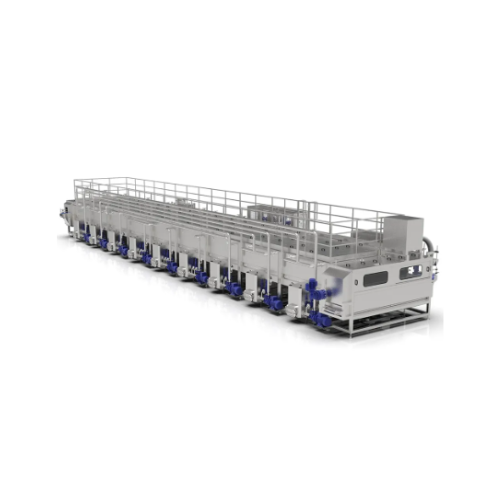
Tunnel for thermal treatment of packaged foods and beverages
Optimize your thermal processing with this customizable tun...
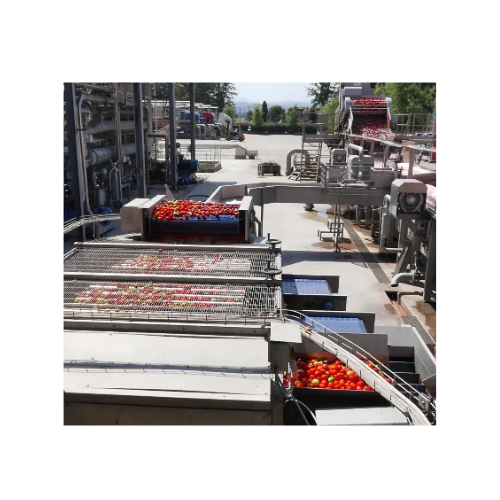
Precision size grader for tomatoes and round fruits
Ensure precise grading and sorting of tomatoes and round fruits to op...
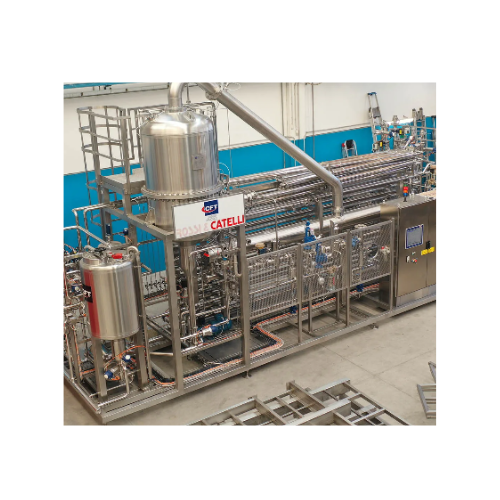
Sterilizers and pasteurizers for industrial food processing
Optimize thermal processing for viscous foods and beverages ...
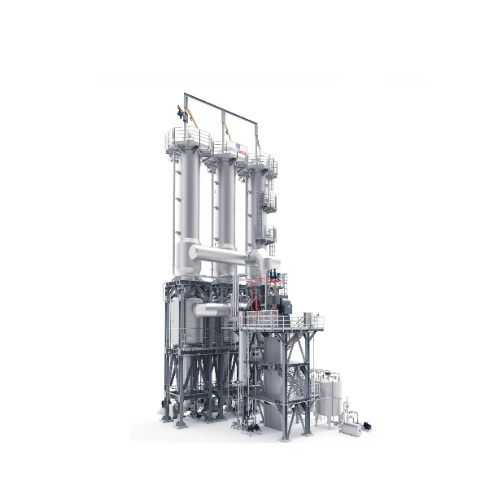
Energy efficient tomato evaporator
Achieve up to 98% steam savings in your evaporation process while ensuring minimal CO2 e...

Piston pump continuous ice cream freezer
Optimize your ice cream production with a continuous freezing solution that seamle...
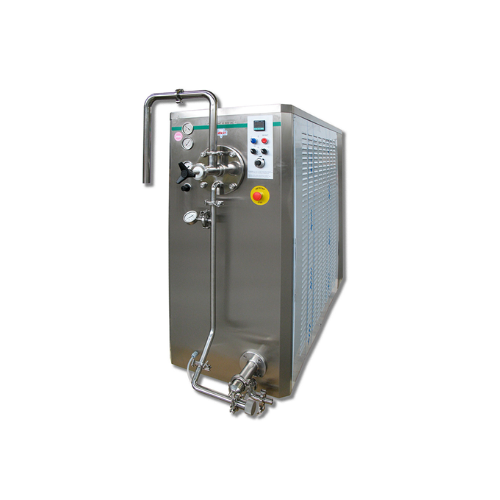
Industrial ice cream continuous freezer
Ensure precise temperature control and product consistency in ice cream manufacturi...
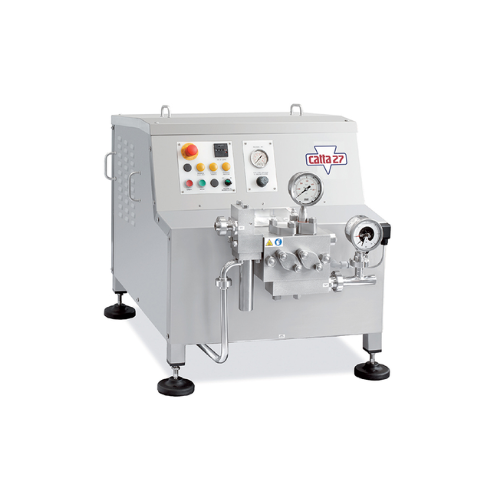
Batch mix preparation system for ice cream
Optimize your ice cream production with an efficient system designed for precis...
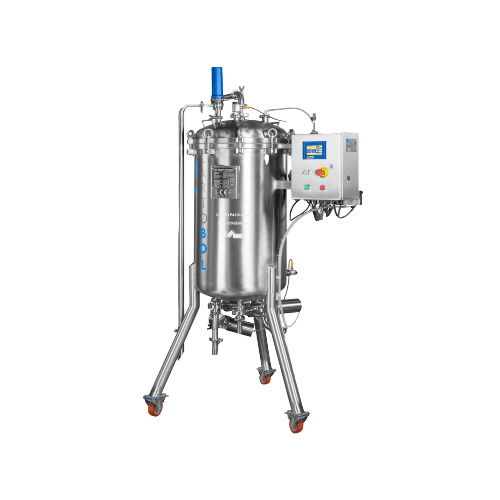
200l buffer tank for bag-in-box fillers
Ensure precise filling and consistent flow control with this stainless steel buffer...
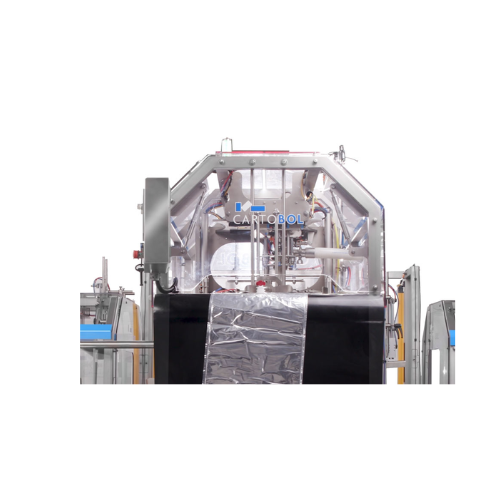
Bag-in-box fully automatic filling line
Streamline your liquid packaging operations with a modular system designed to enhan...

Manual filling system for bag-in-box packaging
Streamline your liquid filling process with a manual system designed for pr...
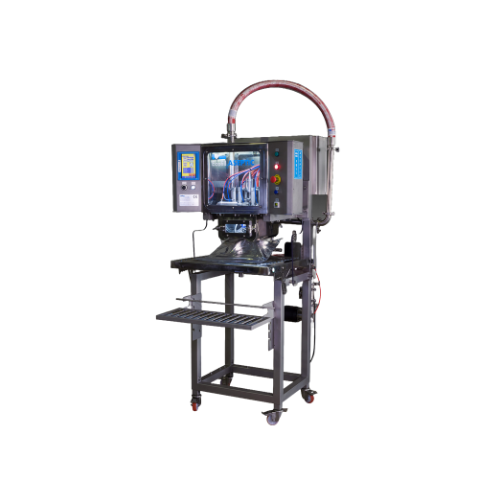
Semi-automatic aseptic filler for single bags
Ensure aseptic integrity and flexibility for your liquid and semi-liquid pro...
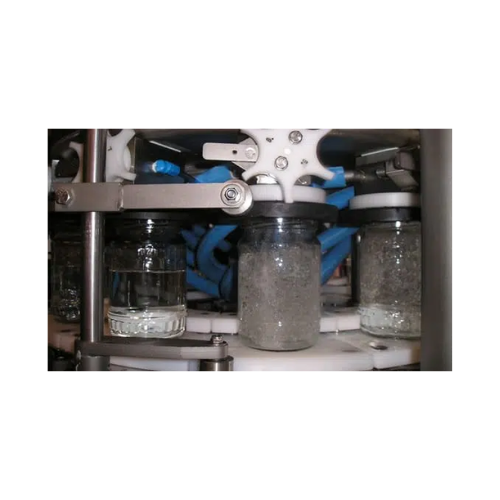
Vacuum filler for glass jars and cans
Ensure precise filling and equal headspace for your products with this vacuum filler,...
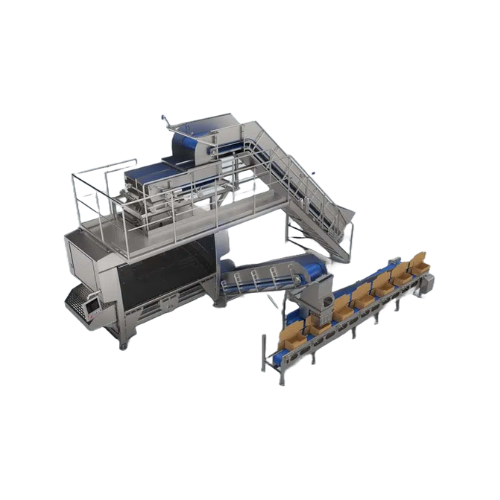
High-speed weighing system for large batch sizes
Maximize yield and minimize waste with a high-speed batching solution des...
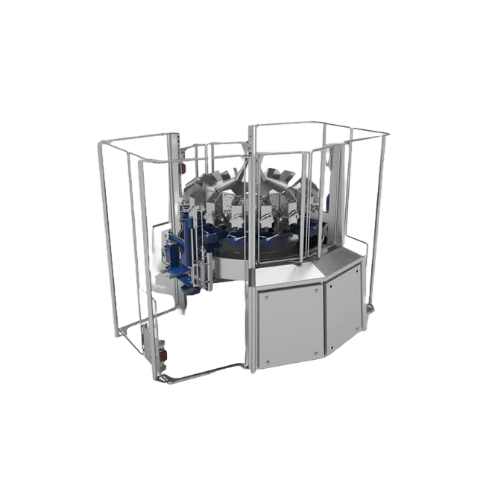
Multihead weigher for sticky products
Efficiently tackle the challenge of weighing extremely sticky products like mixed sal...
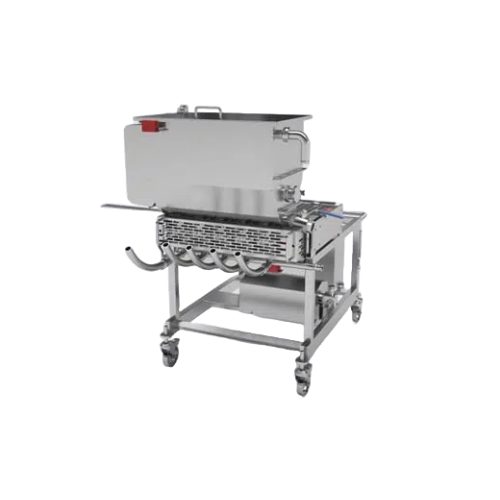
Automatic piston fillers for liquid products
Optimize your liquid filling process with high-precision piston fillers, engi...
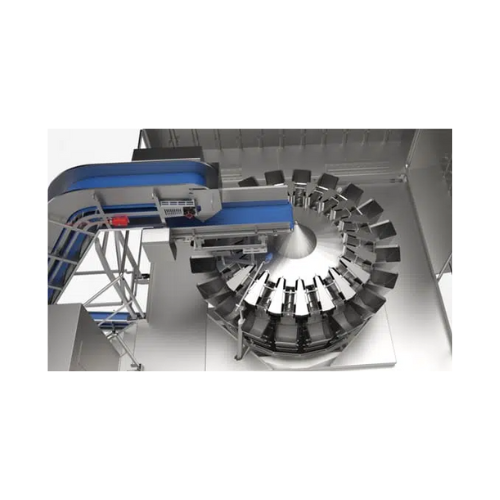
Weighing optimization with sensorfeed
Optimize your production by enhancing weighing accuracy and reducing material waste t...
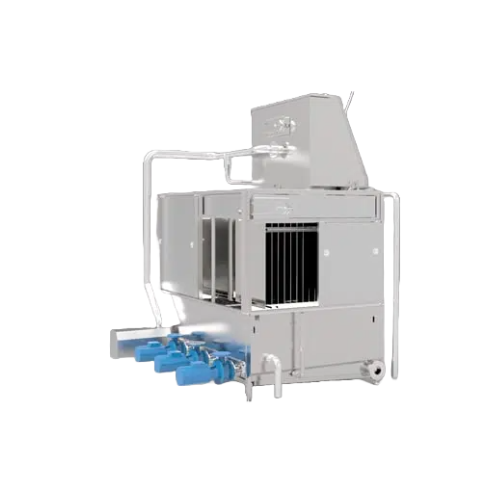
Industrial water chiller for efficient cooling
Achieve precise temperature control and efficient heat transfer with this w...
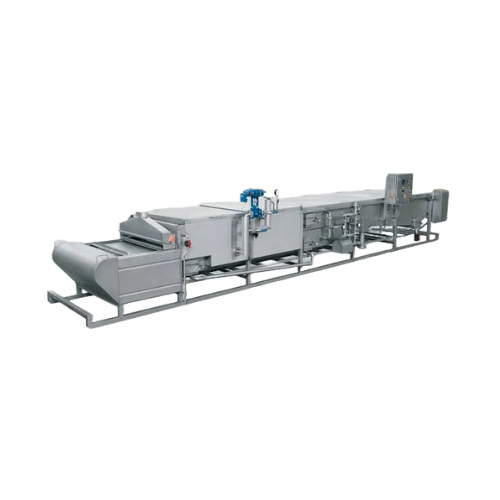
Continuous belt cooker for vegetables and fish
Enhance product quality and reduce energy costs with a continuous belt cook...
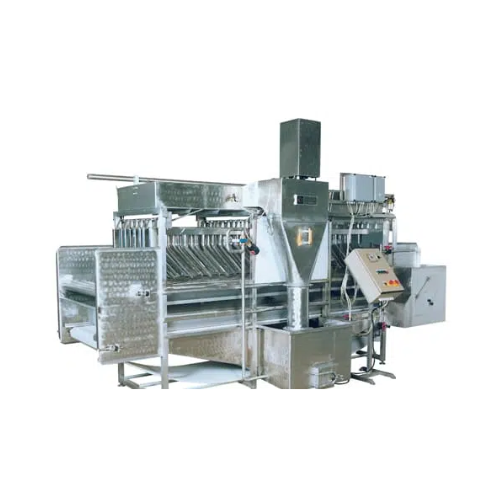
Continuous belt thawing unit for frozen seafood
Quickly defrost block-frozen products with minimal water usage, enhancing ...
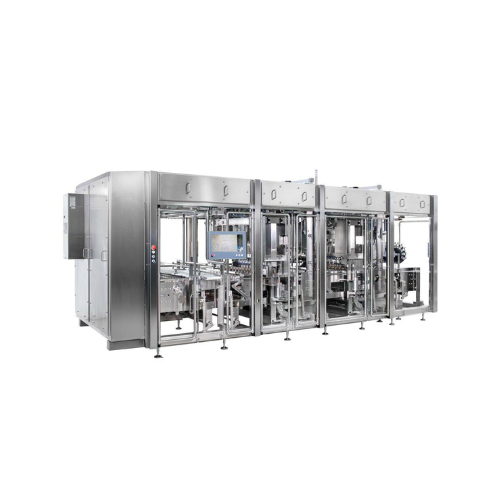
High-capacity filler and closer for pumpable products
Efficiently handle pumpable, flowable, and pasty products with this...
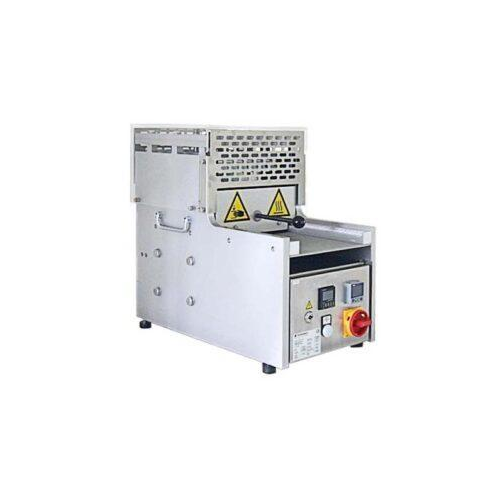
Hand sealer for cups and trays
Enhance precision in laboratory and packaging tasks with a versatile hand sealer, designed fo...

Chain conveyor for grain and floury products
Ensure seamless material handling with a versatile chain conveyor designed fo...

Scraped surface heat exchanger for viscous liquids
Optimize heating and cooling of viscous liquids efficiently with conti...
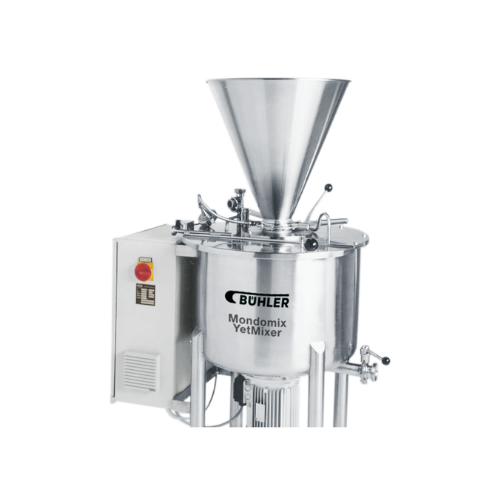
Premixer for confectionery masses
Achieve consistent ingredient blending with precision-premixing for candy and baked goods...
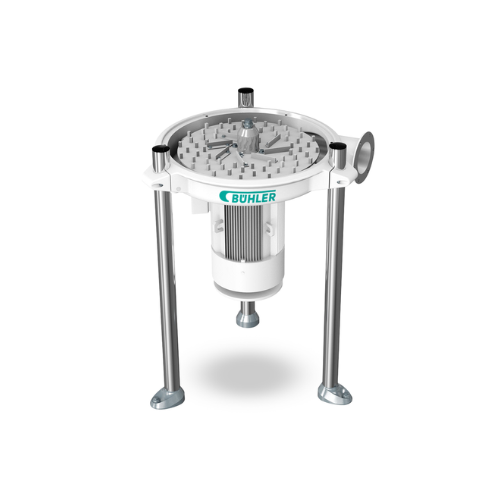
Impact machine for milling applications
Optimize your grain processing with this versatile impact machine, designed to refi...
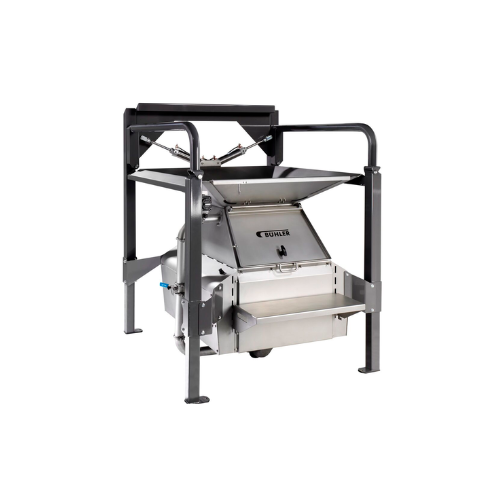
Discharge station for bags and big bags
Ensure consistent material flow and hygiene in your production line with a versatil...
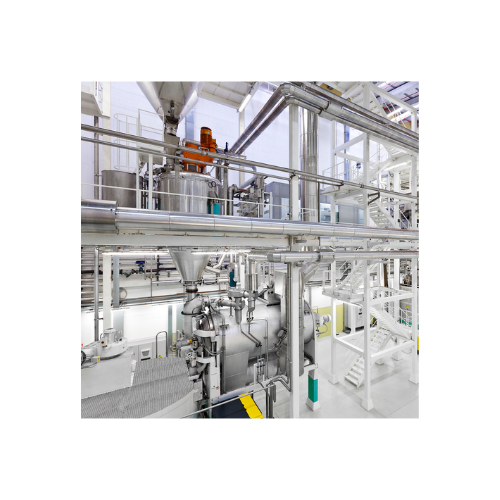
Alkalizing system for cocoa powder coloring
Achieve precise cocoa powder coloration and enhanced flavor development with a...
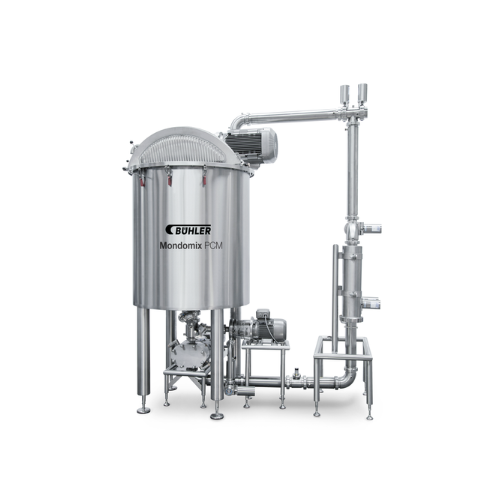
Premixer for cream production
Achieve precise mixing of liquid and solid fats for diverse cream formulations with insulated ...
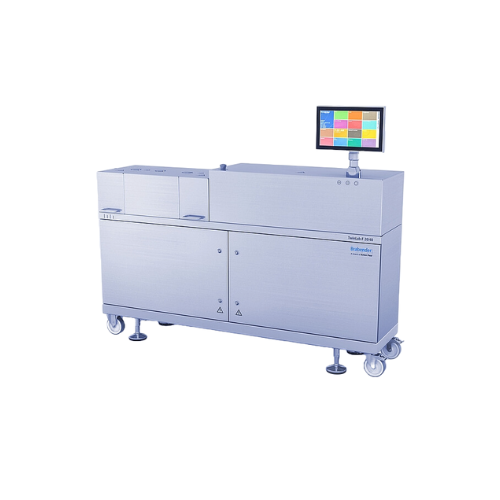
Small twin screw extruder
Optimize your lab and pilot production with a versatile twin screw extruder, designed for precise ...
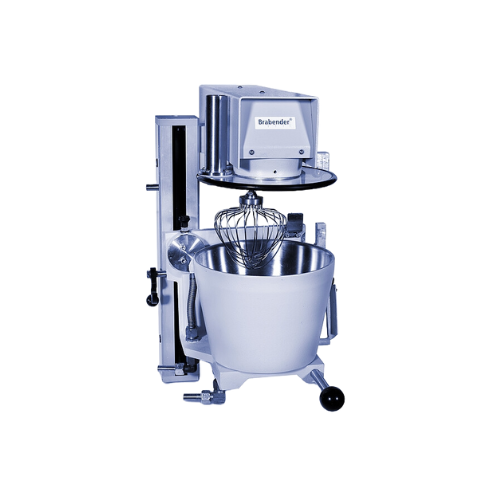
Planetary mixer for homogeneous material mixing
Achieve precise and consistent mixing of diverse materials from powders to...
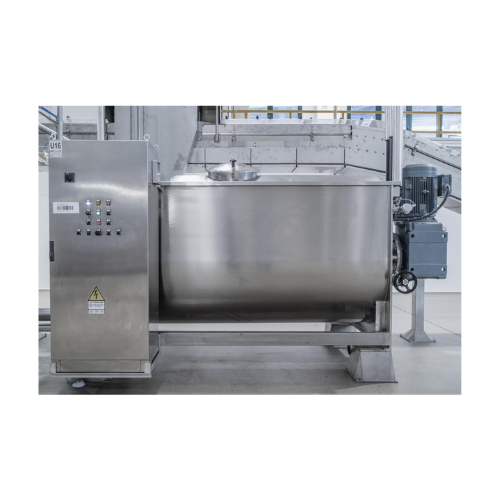
Horizontal mixer for creams
Achieve optimal and uniform mixing of creams, pasty products, and powders with advanced horizont...
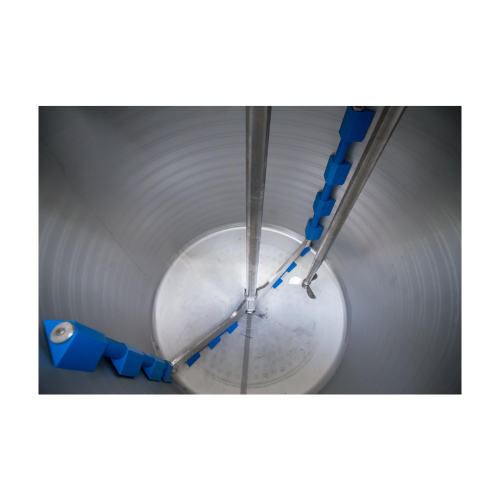
Vertical mixer for creams and desserts
Achieve uniform mixing and precise temperature control for diverse creamy and liquid...
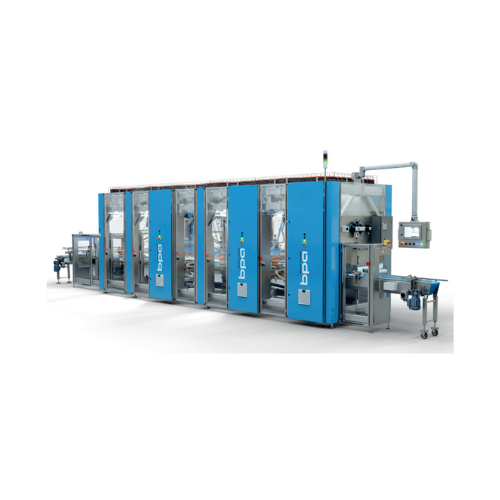
Top load and side load case packer with vision guided robotics
Optimize packing efficiency and flexibility with a versat...

Vision guided robotics case packer
Maximize efficiency with vision-guided robotics for versatile case and tray loading, red...
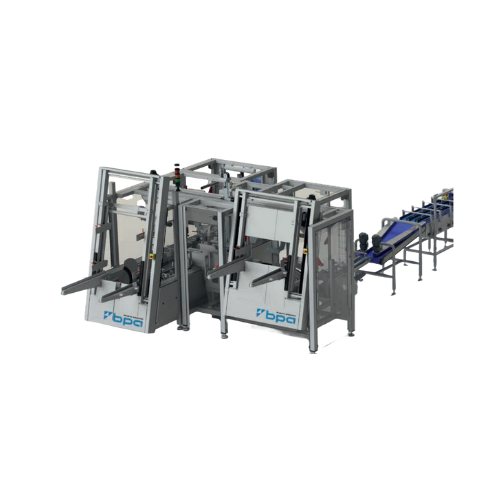
Vertical packing pattern case packer
Optimize your packaging efficiency with this high-speed case packer designed for seaml...
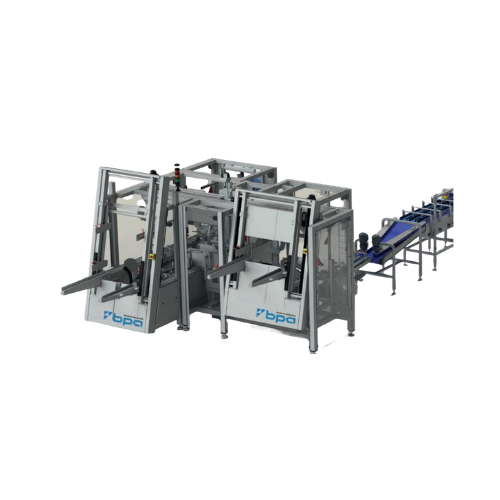
Wrap around case packer for horizontal and vertical packing patterns
Optimize your palletizing and distribution with a ...
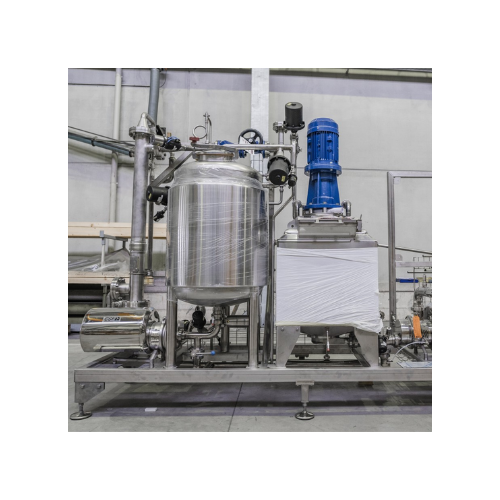
Turbo mixer for homogeneous solutions in food and pharmaceutical industries
Effortlessly achieve uniform suspensions a...
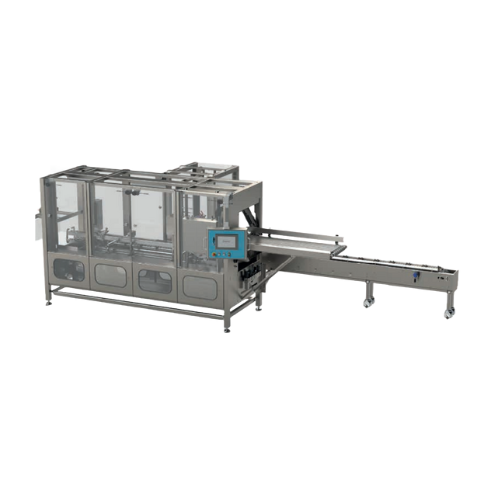
Horizontal load carton erector for food production
Enhance your production line with precise carton erecting, loading, an...
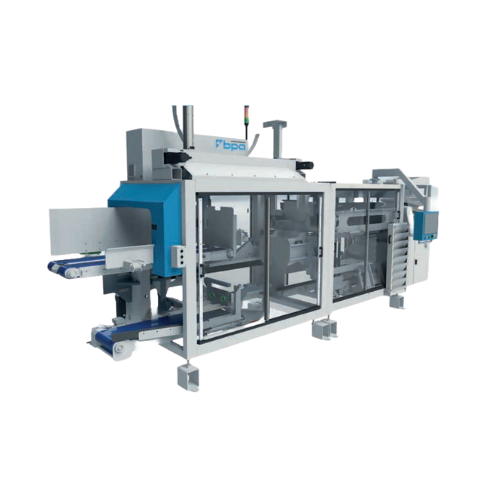
Flexible bag case packer with integrated case erector
Streamline your secondary packaging process with an efficient solut...
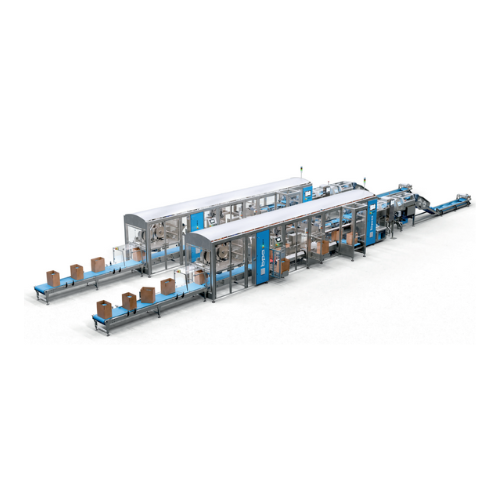
High-speed case packer for flexible bags
Streamline your packaging process with a solution designed for high-speed, error-f...

Horizontal case packing and tray loading
Enhance your packaging line efficiency with a highly adaptive system that seamless...
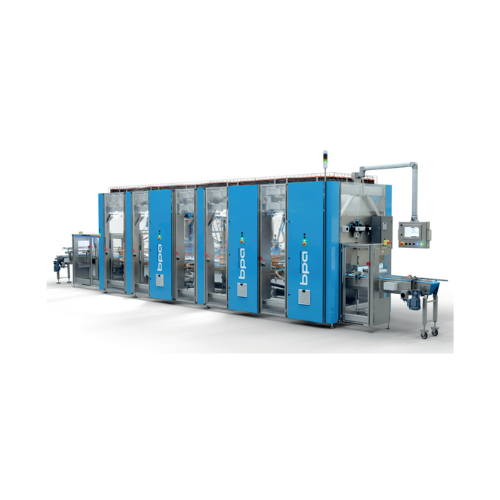
Vertical case packer for reusable and Rsc cases
Streamline your packaging line with versatile, high-speed case packing tha...

Automatic case forming and sealing solution
Streamline your end-of-line packaging with a solution that forms, folds, and s...
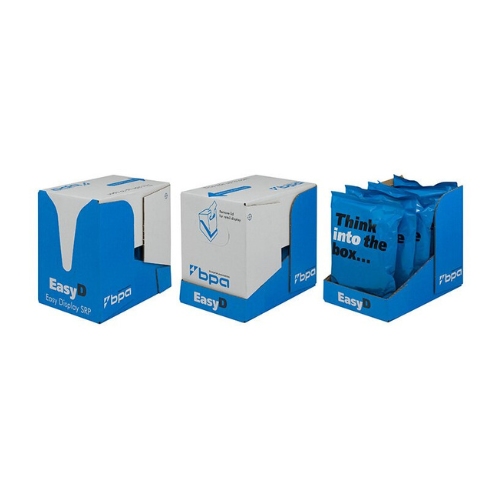
Retail ready packaging system for easy store stocking
Simplify shelf stocking with a sturdily designed packaging system t...
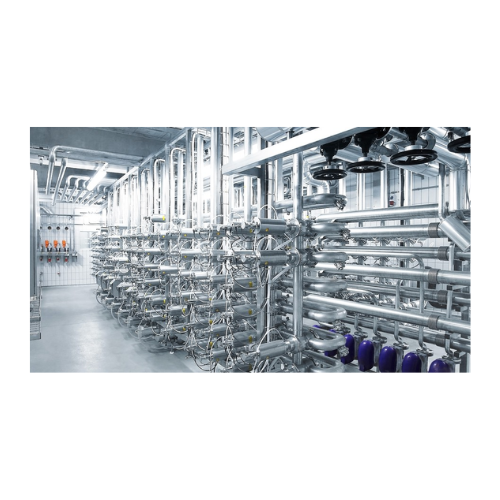
Industrial cheese processing plants
Streamline your cheese production with custom-engineered systems designed to enhance ef...
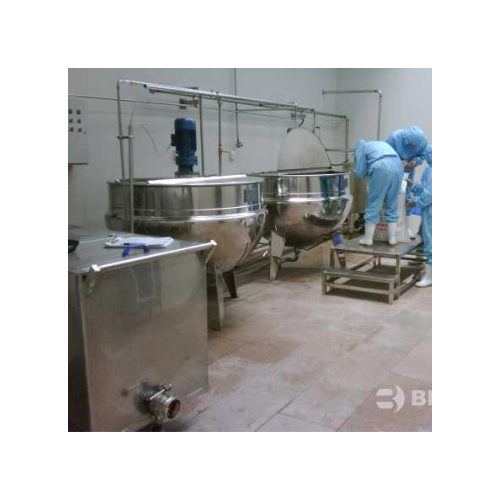
Fruit base processing technology for yoghurt and bakery
Ensure the integrity of fruit preparations while maximizing varie...
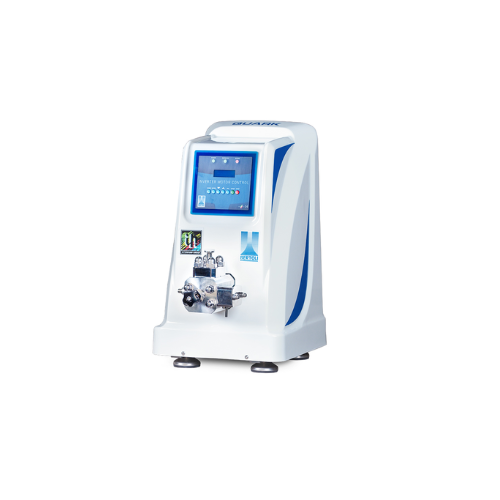
Laboratory homogenizer for pharmaceutical and biotech applications
Achieve precise homogenization for your laboratory n...
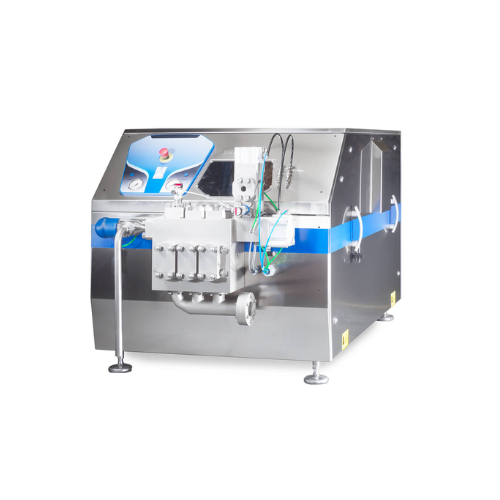
Industrial homogenizers for high-pressure applications
Optimize homogenization with high-pressure solutions designed for ...
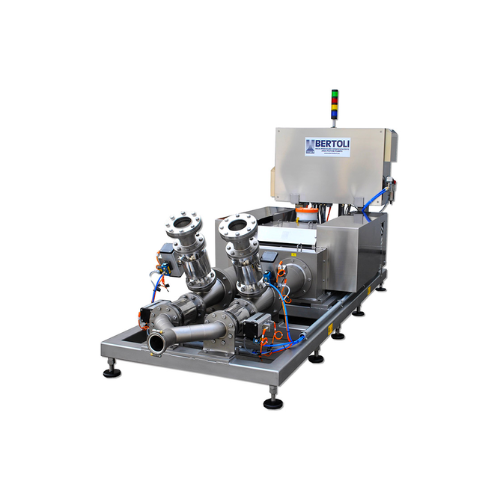
Industrial homogenizer for food and beverage applications
For manufacturers seeking consistent quality, this homogenizer...
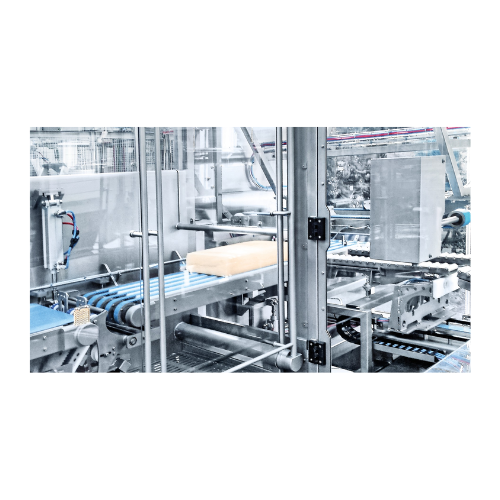
Cheese processing plant
Transform your dairy processing with comprehensive, tailored systems designed to optimize production ...
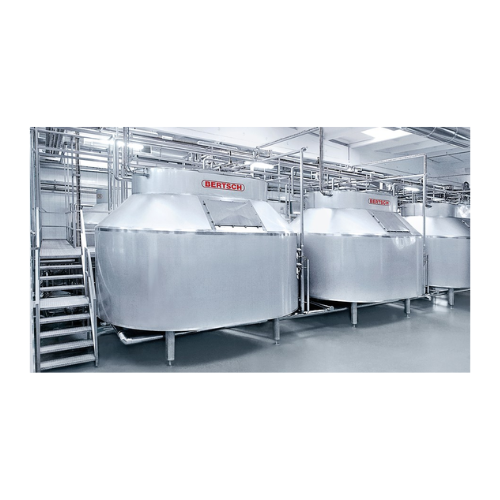
Cheese processing plant for hard and semi-hard cheese
Optimize your cheese production with a versatile solution designed ...

Cheese vat for varied cheese types
Ensure consistent high-quality cheese production with a vat that accommodates multiple c...

Cheese vat for diverse cheese production
Optimize your cheese production with a versatile cheese vat designed for precision...
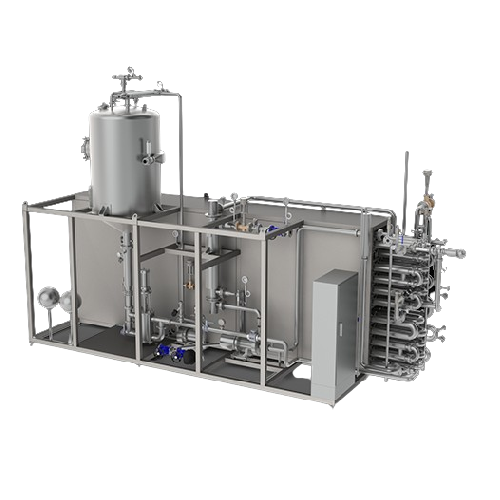
Sterilization for food and pharmaceutical processing lines
Ensure your liquid product’s sterility before productio...
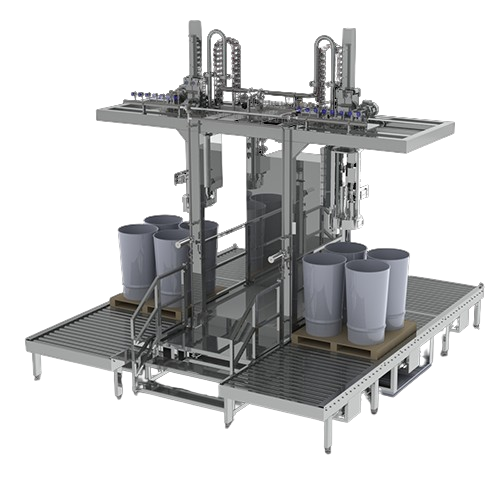
Aseptic filler for bag in drum or box
Enhance product shelf life and maintain quality without preservatives by employing as...
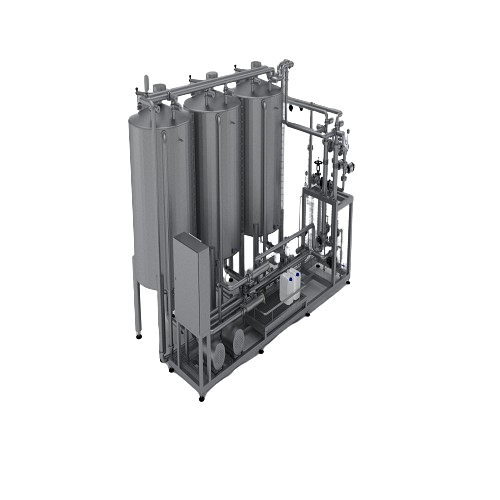
Cip cleaning system for industrial processing lines
Ensure thorough removal of residue and contaminants from your product...
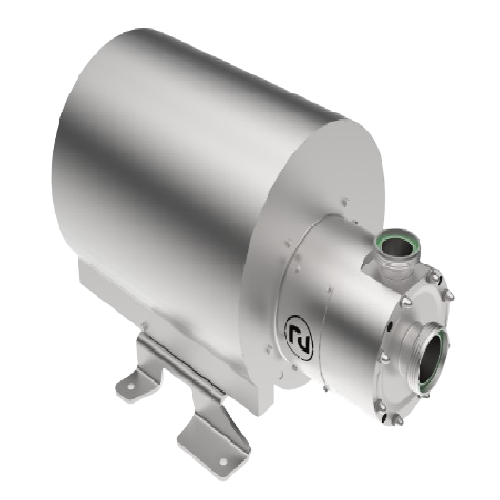
Industrial shear pump for high-viscosity food applications
Optimize your high-viscosity food processing with a shear pum...
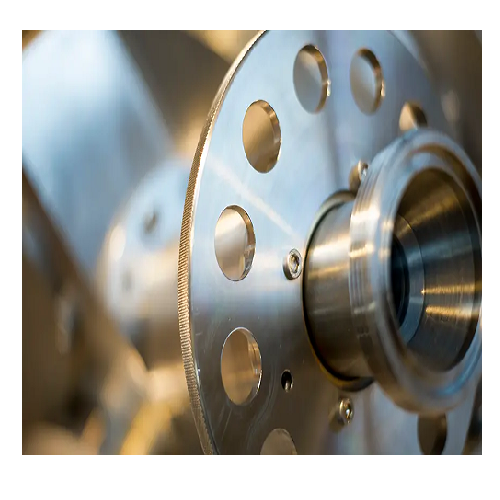
Decanter centrifuge for food industry separation
Achieve precise separation and ensure optimum product quality with our ad...
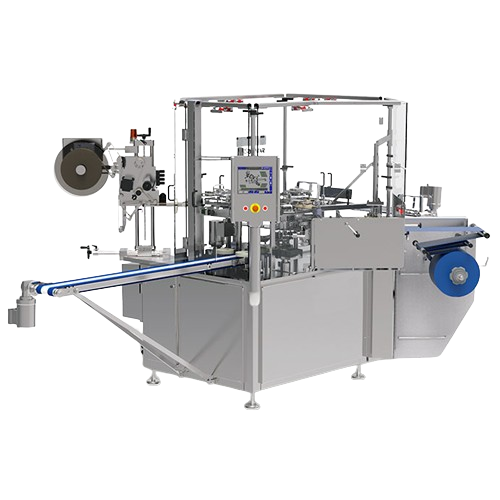
Automatic wrapping for small products
Achieve precise and efficient packaging of diverse small products with seamless verti...
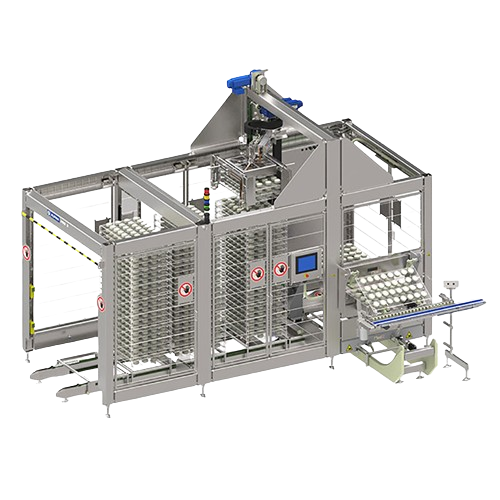
Rack presentation and de-stacking system
Optimize your cheese and snack production with a high-speed de-stacking system tha...
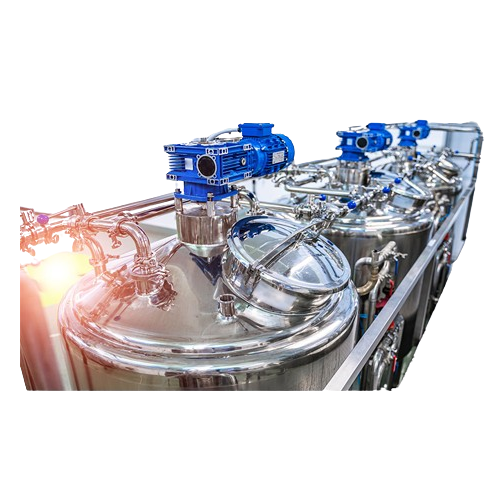
Plant-based protein extraction technology
Achieve optimal purity in plant-based milk, yogurt, and cheese production with c...
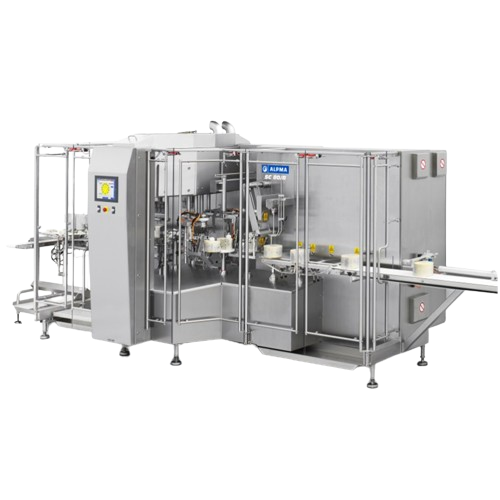
Blue cheese loaf cutting system
Optimize your cheese production with precise and flexible cutting, transforming whole loaves...
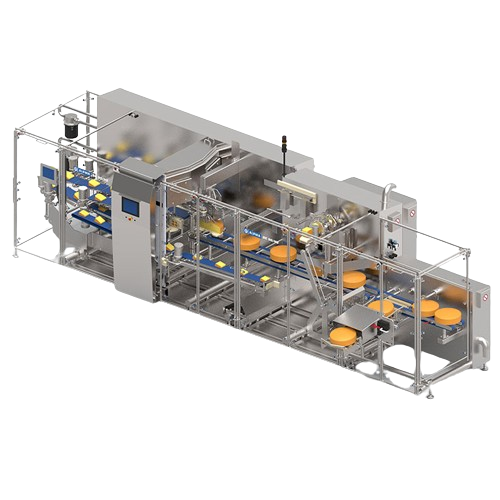
High-speed fixed-weight cheese portion cutter
Optimize your cheese production with high-speed, precise portioning equipmen...
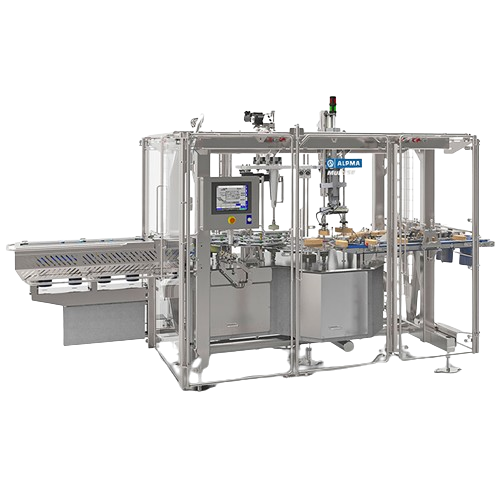
Automatic boxing system for wrapped products
Streamline your packaging line with precision as this high-speed boxing solut...
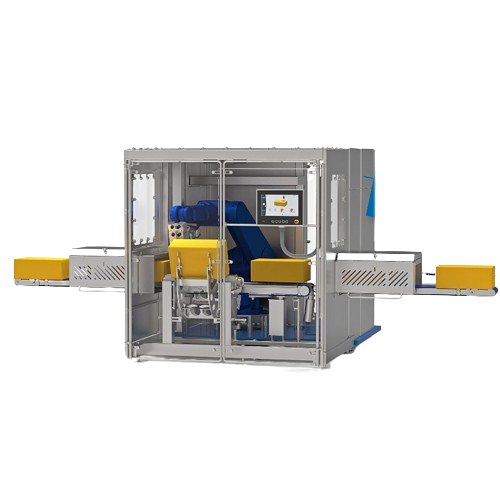
Inspection system for detecting film shreds and mould on cheese blocks
Ensure flawless cheese quality by detecting hidd...

Fully automatic packaging solution for butter and pasty products
Streamline your production line with this versatile pac...
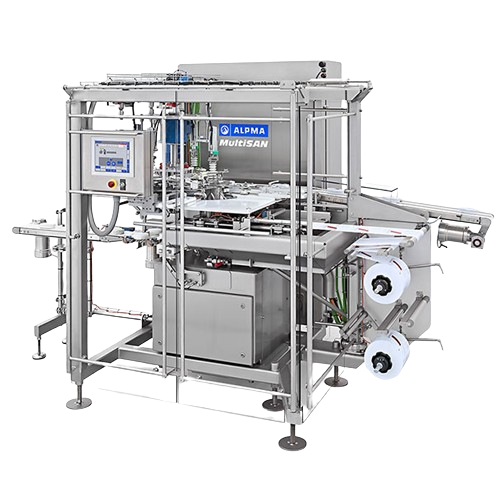
Automatic packaging for small cheese products
Effortlessly package a variety of cheese shapes and sizes with quick format ...
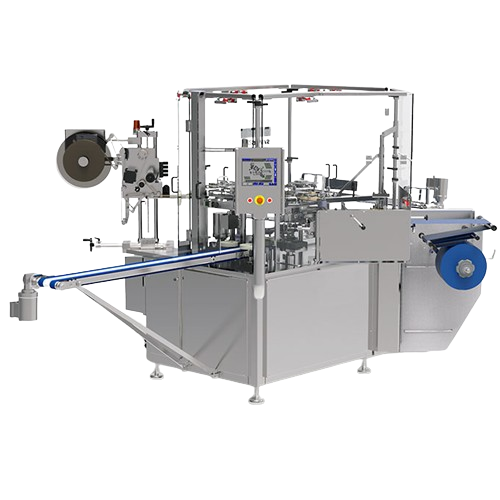
Automatic wrapping solution for large products
Effortlessly handle and package large dairy and food products with precisio...
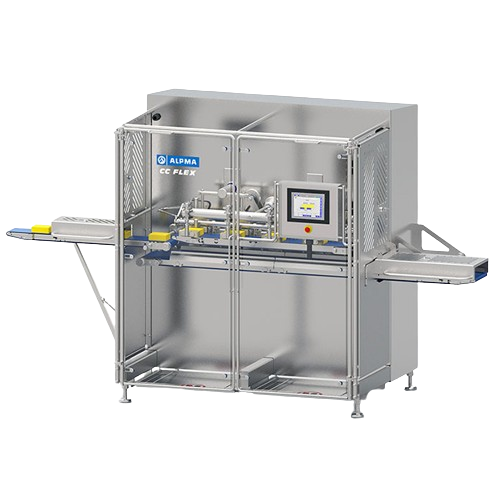
Industrial cheese cube cutter
Achieve precise and consistent cheese cube portioning with high-speed operation, ensuring idea...
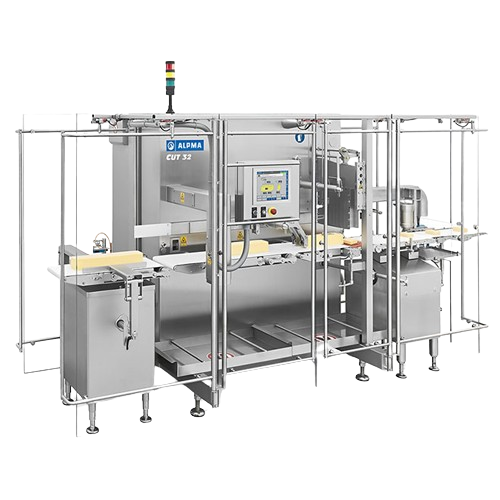
Fixed-weight portion cutter for cheese bars
For cheese manufacturers requiring precision, this equipment ensures consisten...
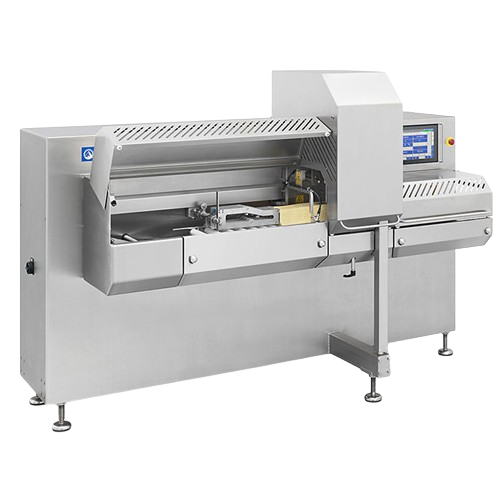
Square portion cutting system for cheese
Optimize portion consistency and reduce waste with an advanced cutting system that...
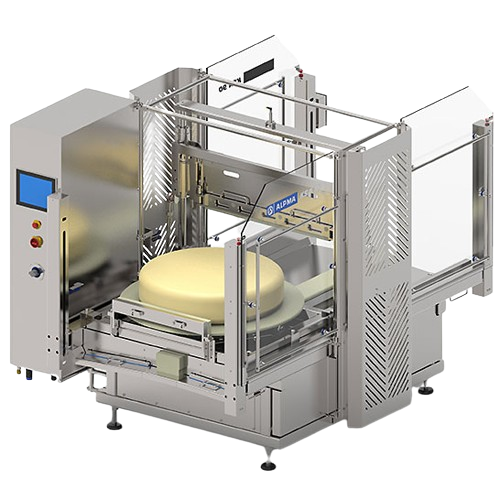
Cheese cutting solution for large round cheeses and blocks
Efficiently segment and portion diverse cheese types, whether...
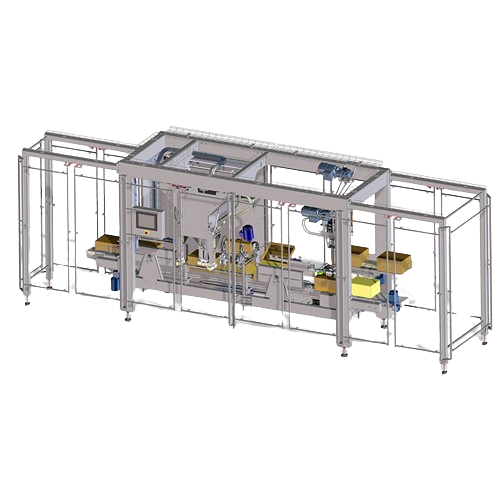
De-boxing system for cheddar blocks
Streamline your cheddar cheese production with efficient de-boxing, ensuring seamless i...
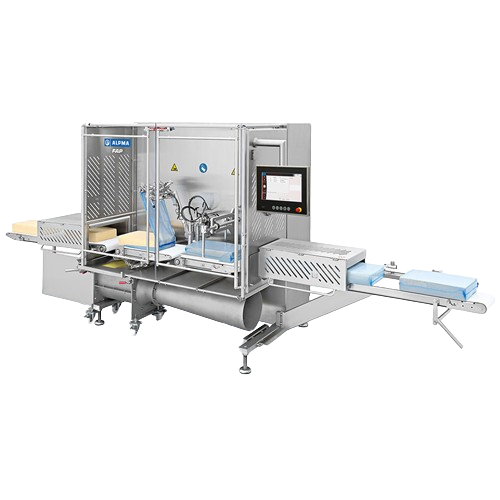
Automatic system for removing ripening bags
Optimize your cheese production with a high-speed system designed to efficient...
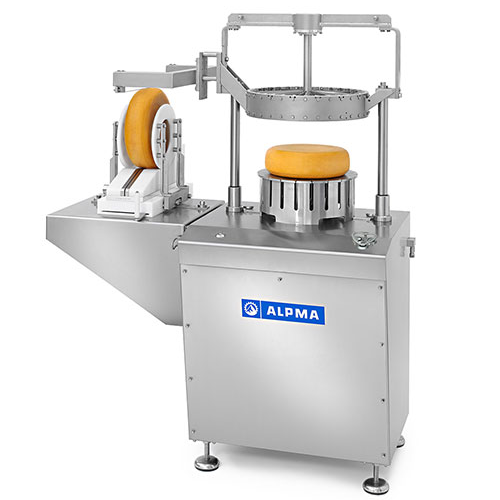
Hydraulic cheese cutter for round and block cheese
Optimize your cheese production with precise cutting for various chees...
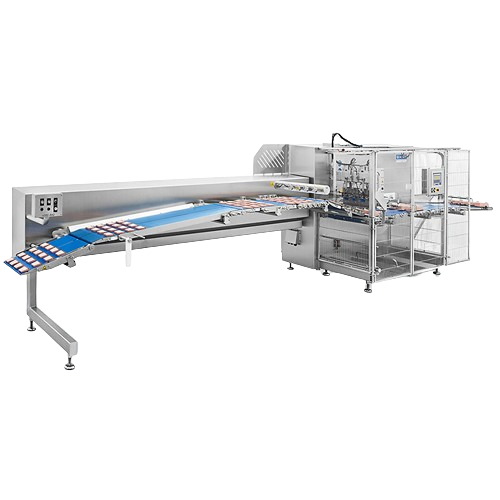
Speciality cheese cutting system
Efficiently cut and portion a variety of cheese types, from mozzarella to cheddar, into pre...
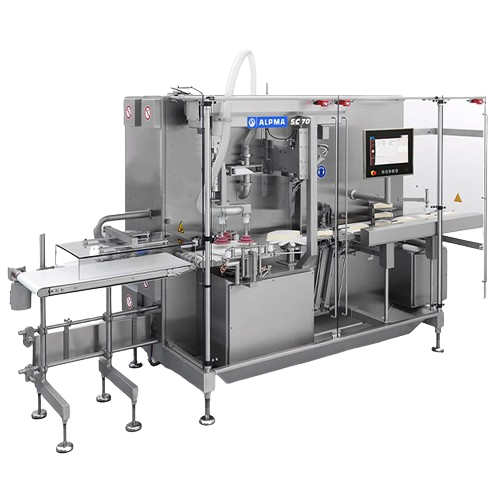
Cheese slicer for brie wheel segmentation
Achieve precise cheese segment slicing effortlessly, optimizing your production ...
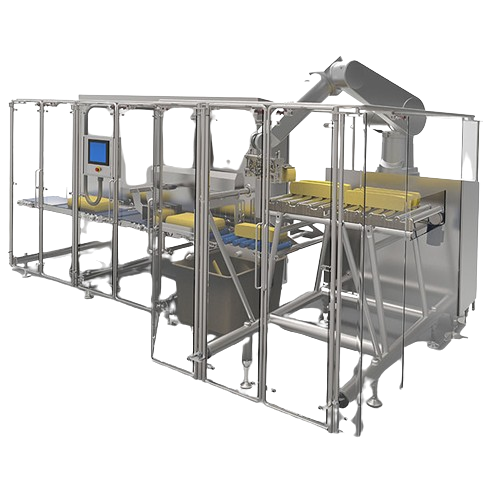
Block cutter for dividing cheese into bars
Effortlessly transform blocks of semi-hard cheese into uniform bars, ensuring o...
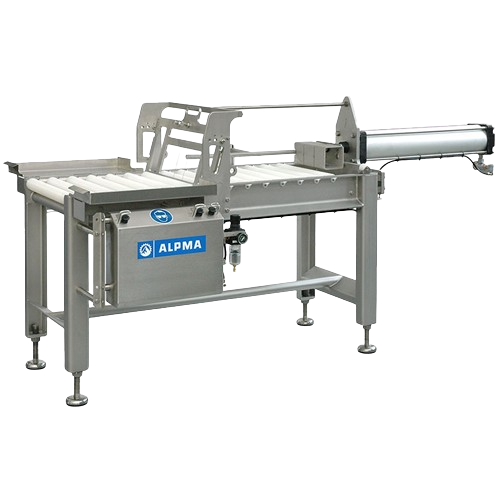
Cheese block cutting solution for small to medium batches
Efficiently divide large cheese blocks into precise bars or po...
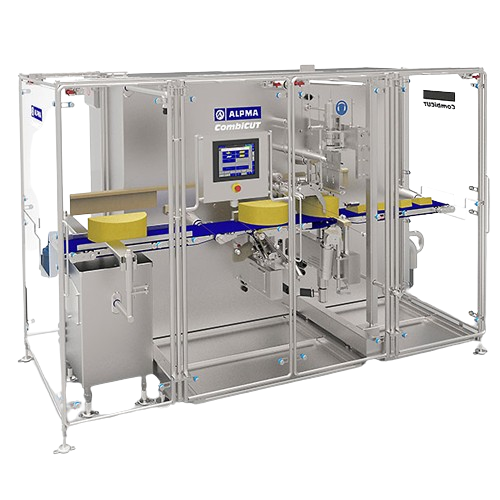
Cheese bar and halved loaf cutter
Streamline your dairy production by efficiently transforming semi-hard and soft cheeses i...
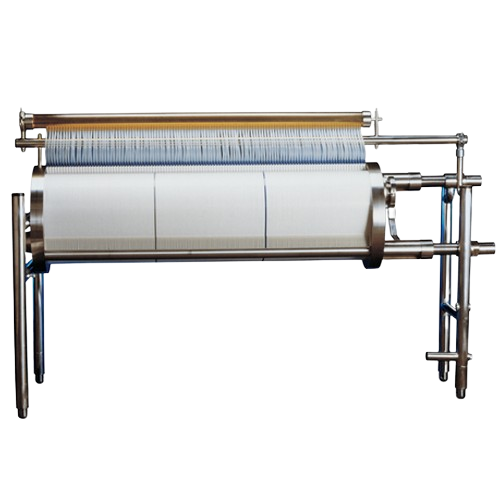
Ultrafiltration and microfiltration module for low to medium viscosity products
Streamline the separation and concentr...
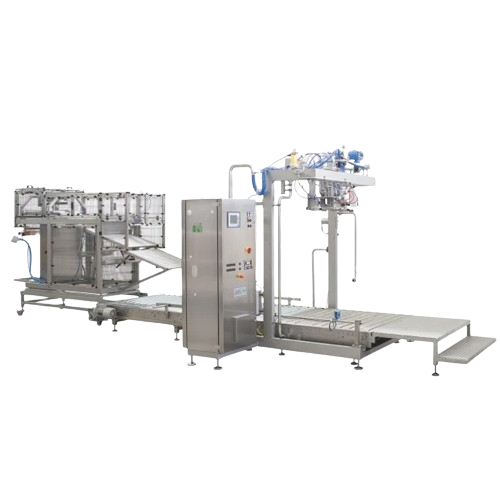
Flexible bag-in-box filler for liquid and viscous products
Optimized for flexibility and efficiency, this bag-in-box fil...
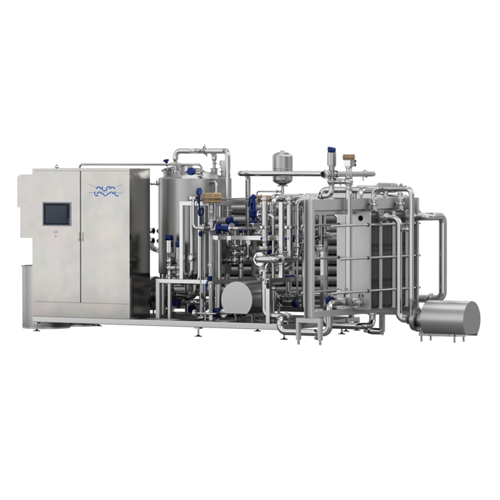
Plate heat exchanger sterilizer for food products
Ensure consistent product quality and microbiological stability in your...
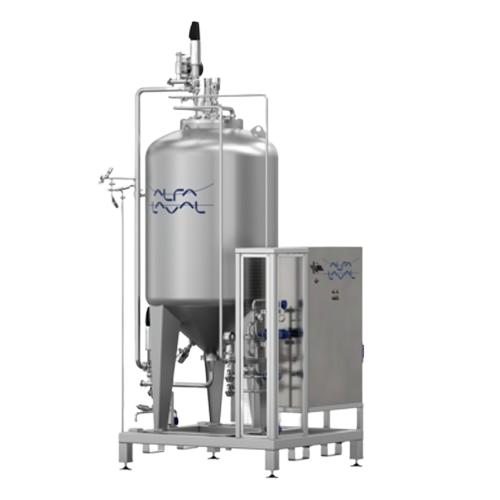
Aseptic tank module for liquid food storage
Ensure safe storage of sterilized liquid foods with a customizable tank module...
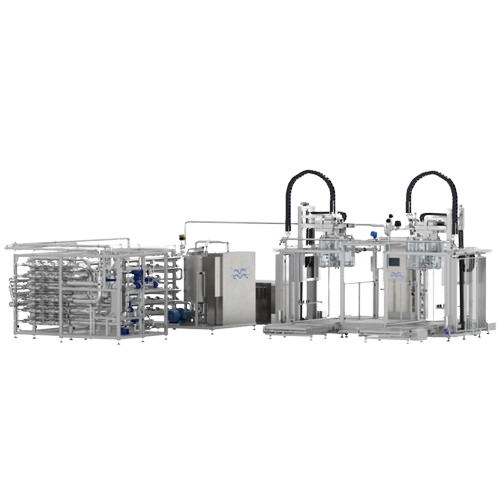
Aseptic processing equipment for food products
Optimize aseptic processing to ensure microbiological stability and product...
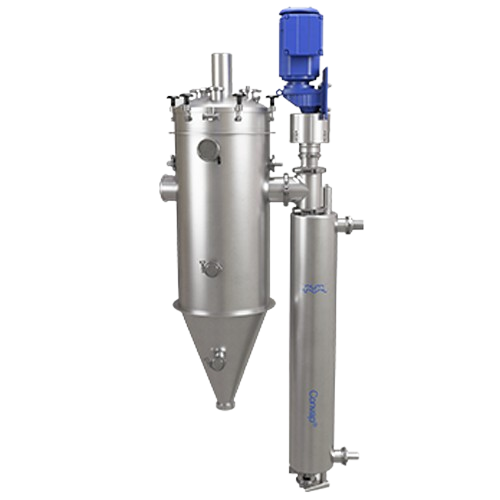
Scraped surface evaporator for high-viscosity materials
Efficiently concentrate high-viscosity and hard-to-handle materia...
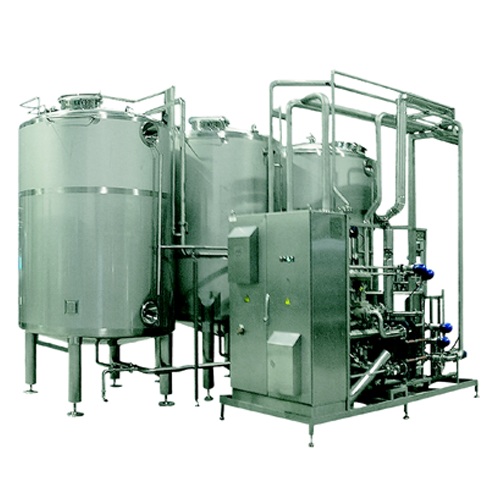
Automated Cip station for brewery cleaning
Ensure thorough hygiene and product integrity in your brewing process with a ve...
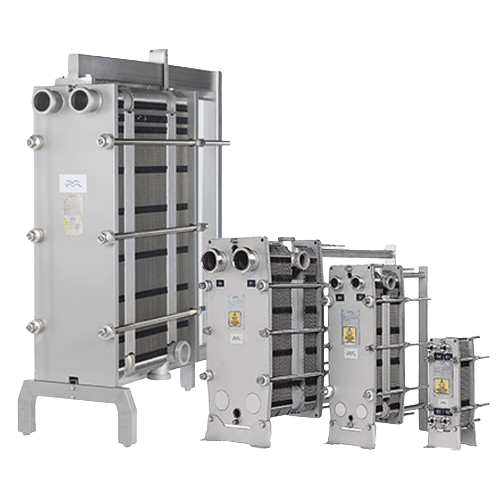
Gasketed plate heat exchangers for hygienic applications
Ensure optimal hygiene and thermal efficiency in your processing...
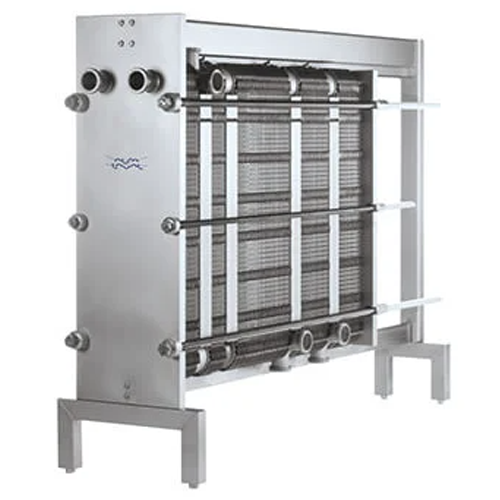
Gasketed plate heat exchanger for hygienic applications
Achieve precise temperature control for sensitive products with a...
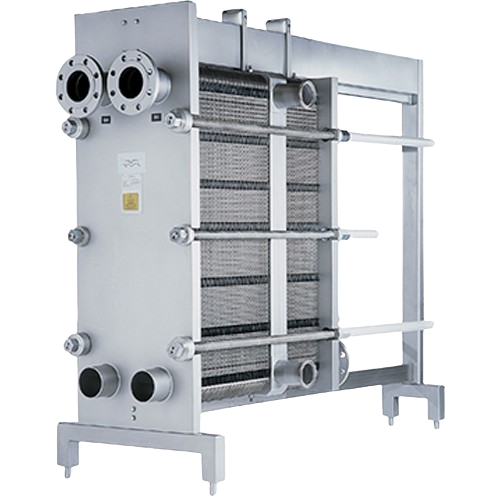
High pressure gasketed plate heat exchangers for carbonated beverages
When ensuring high-pressure handling in your past...
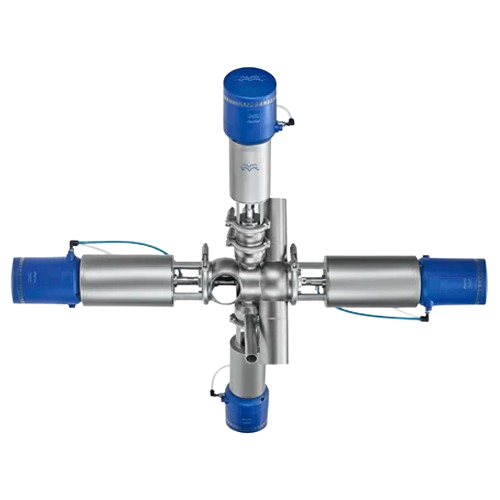
Aseptic mixproof valve for sterile processing
Ensure absolute product safety and optimize cleaning efficiency in sterile p...
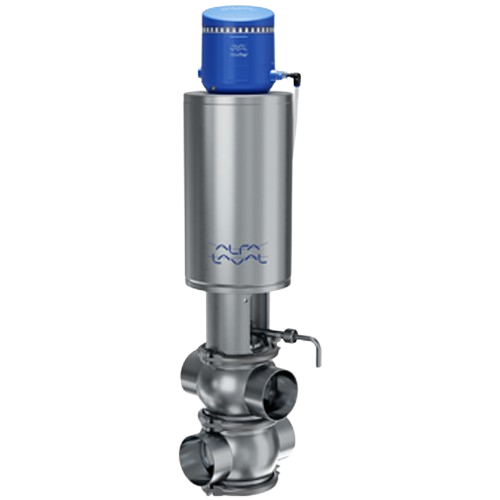
Mixproof valve for cleaning-in-place control
Streamline your cleaning processes and ensure product safety with a versatile...
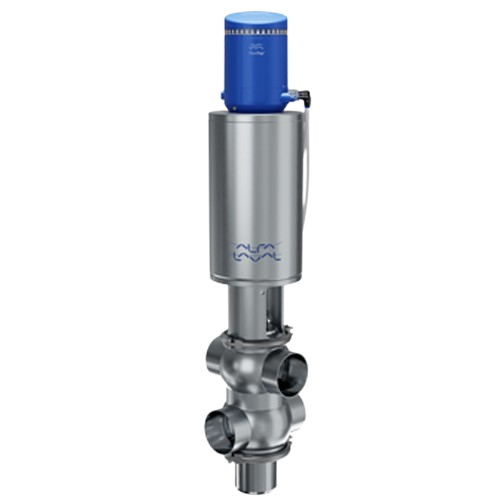
Double seat valve for hygienic processing
Eliminate cross-contamination risks and enhance efficiency with a modular valve ...
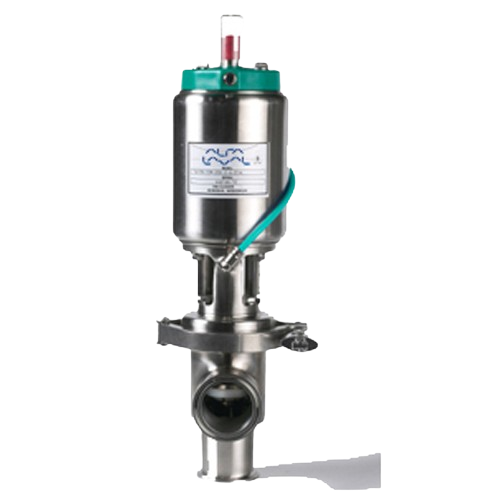
Air-operated single-seat valves for food and beverage industries
Achieve precise flow control and elimination of downtim...
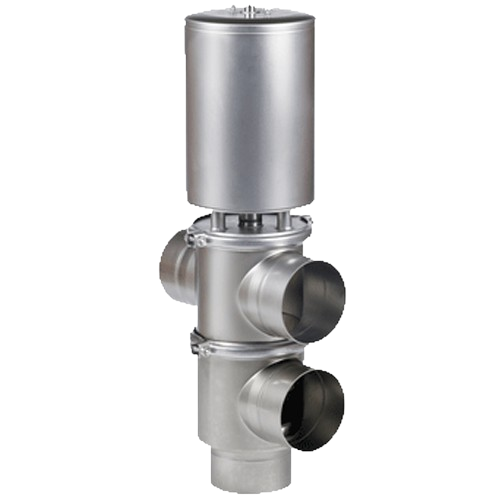
Single seat valve for hygienic applications
Ensure optimal hygiene and safety with a versatile pneumatic valve designed to...
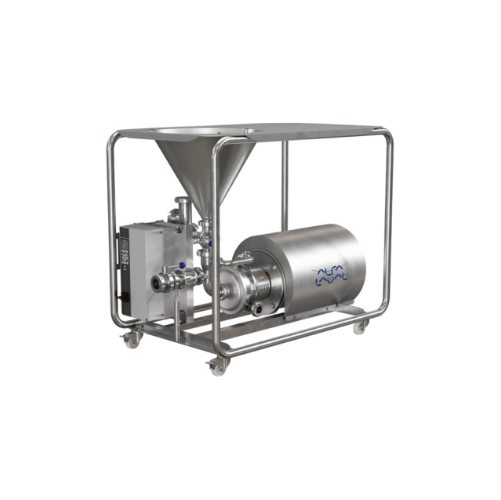
Hybrid powder mixer for powder-liquid blending
Achieve consistent powder-liquid blends with reduced processing times and e...
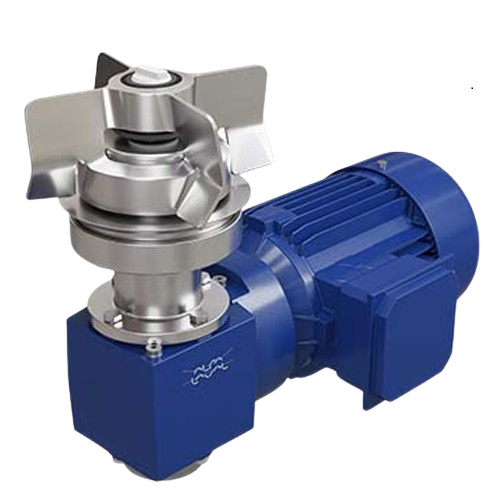
Aseptic magnetic mixer for hygienic production
Experience seamless mixing to the last drop with advanced levitating impell...
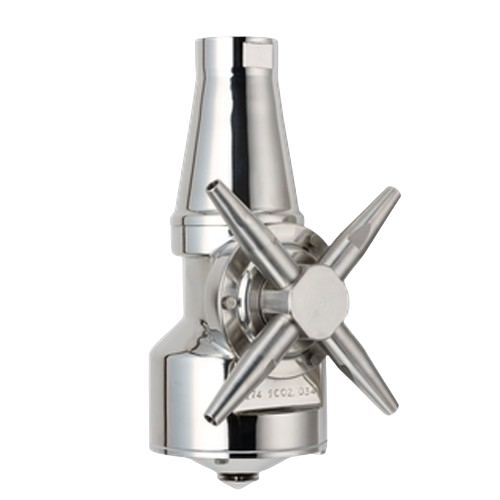
Rotary jet mixer for efficient liquid, gas, and powder mixing
Achieve seamless integration and efficiency in liquid, gas...
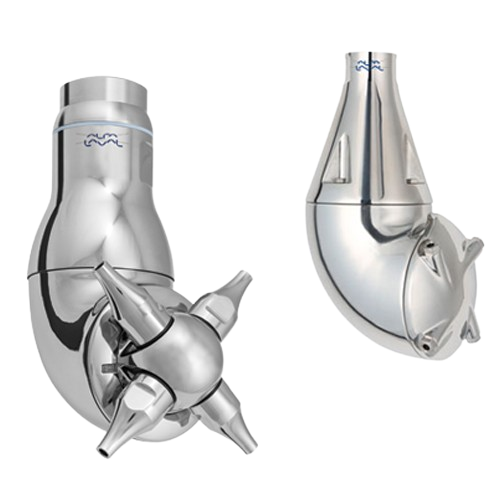
Rotary jet head tank cleaning system for food and beverage industry
Reduce your tank cleaning costs by up to 70% with a...
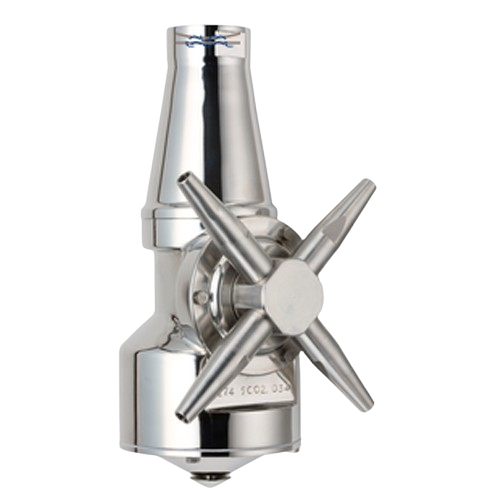
Rotary jet head for hygienic tank cleaning
Ensure efficient, hygienic cleaning with a rotary jet head designed to optimize...
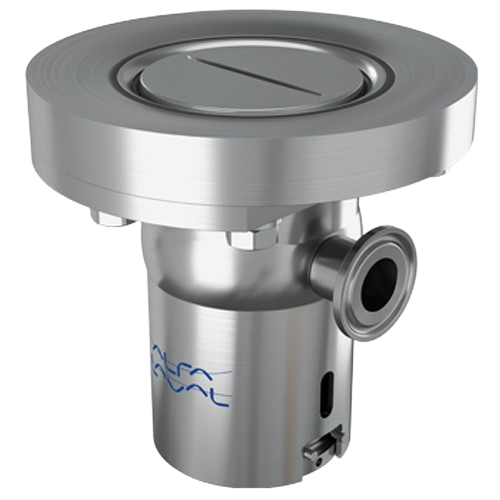
Cleaning nozzle for pharmaceutical tank cleaning
Ensure complete tank hygiene with innovative cleaning technology that tar...
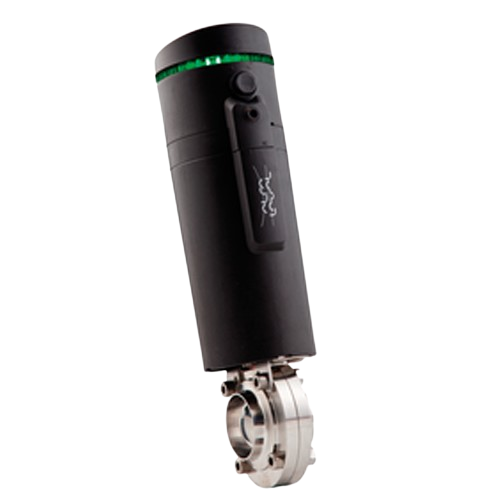
Automated butterfly valve actuator for hygienic processing
Streamline your flow control operations with a robust and mai...
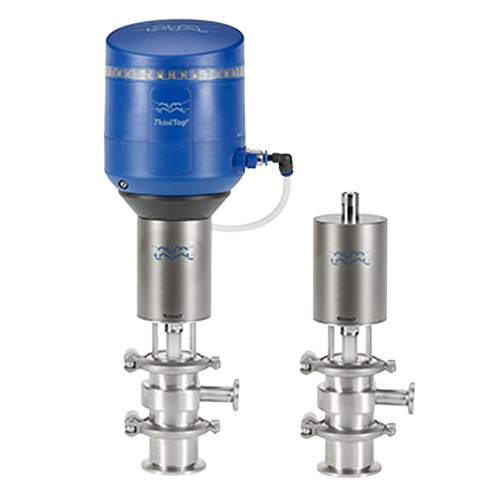
Vacuum breaker valve for Htst pasteurization systems
Prevent vacuum conditions in high-temperature pasteurization systems...
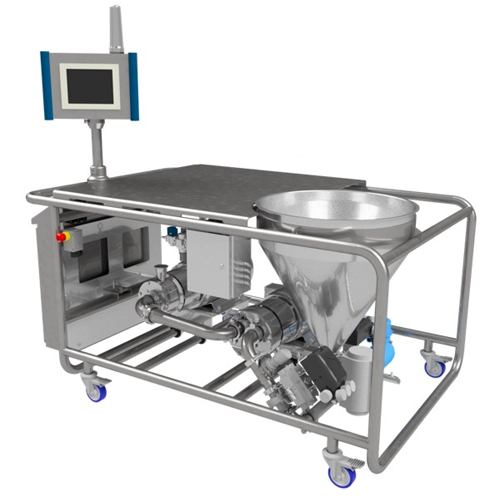
Automated powder induction and dispersion system for industrial mixing
Achieve rapid and efficient incorporation of pow...
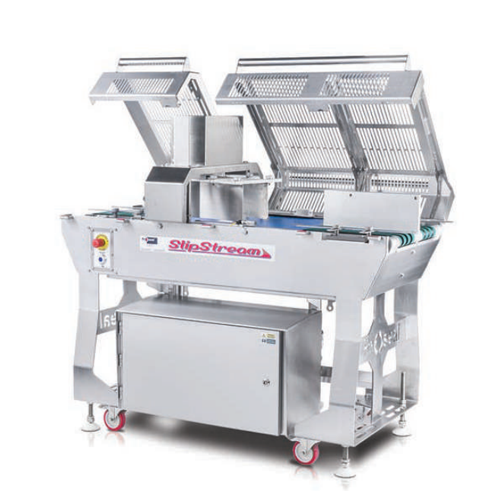
Twin lane separator for automated tray sealing
Optimize your production line with this conveyor system designed to effortl...
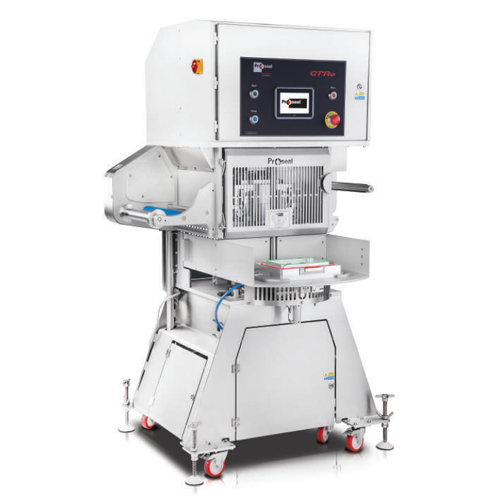
Semi-automatic tray sealing for ready meals
Achieve versatile packaging with a semi-automatic tray sealing solution design...
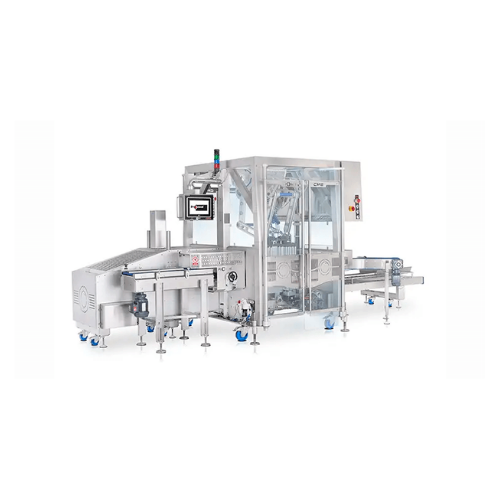
Industrial case packing solution for high-speed operations
Optimize your production line with a compact, efficient case ...
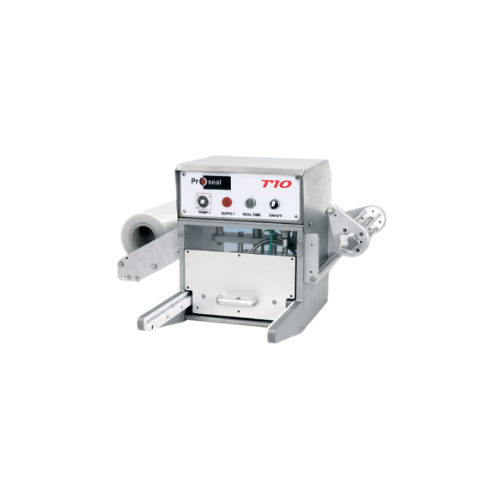
Bench mounted tray sealer for small-scale production
Perfect for pilot runs and small batches, this compact tray sealer e...
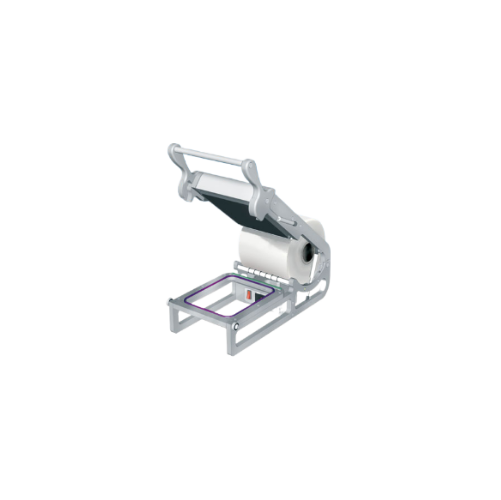
Hand operated tray sealer for small-scale food production
Optimize your packaging process with this compact tray sealing...

Bench mounted tray sealer with gas flush
Optimize your production line with a compact tray-sealing machine designed for pre...
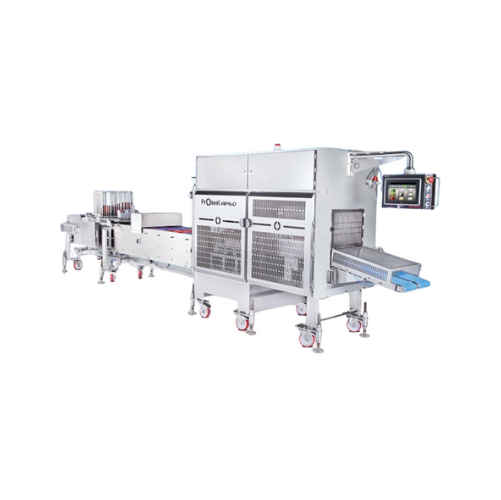
Linear conveyor tray sealing
Experience unparalleled flexibility and efficiency in tray sealing with high-speed integration,...

High-speed tray sealer for food
Enhance your packaging line’s efficiency with a high-speed, in-line tray sealer design...
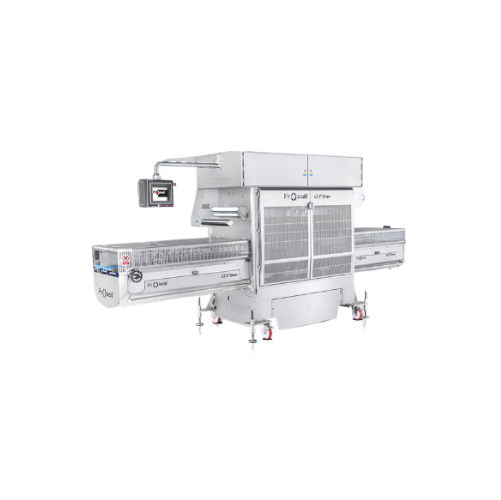
In-line tray sealing system
Streamline your packaging line by implementing a high-speed, in-line tray sealing system designe...
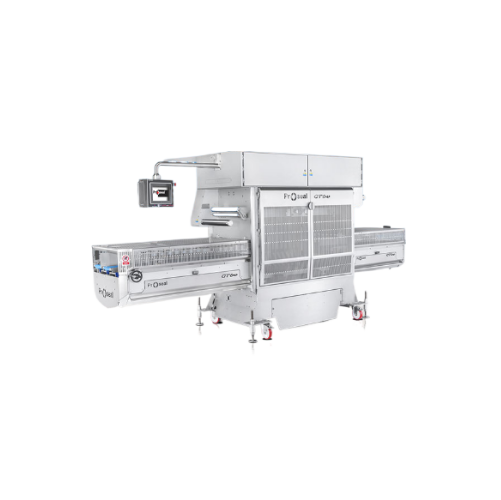
High-capacity tray sealer for poultry, meat & seafood
Optimize your high-speed packaging line with this large-capacity tr...
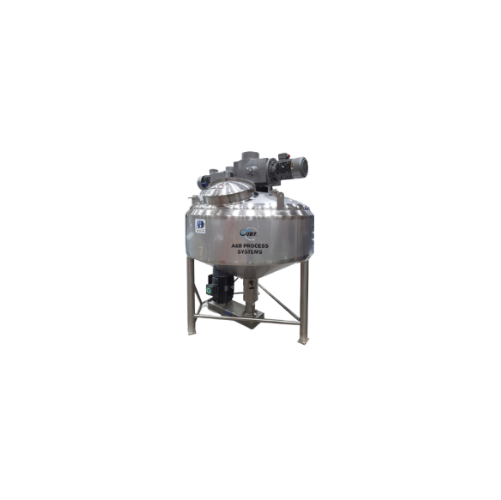
Mixing tank for soups, sauces, and dressings
Streamline your soup and sauce production with advanced mixing technology des...
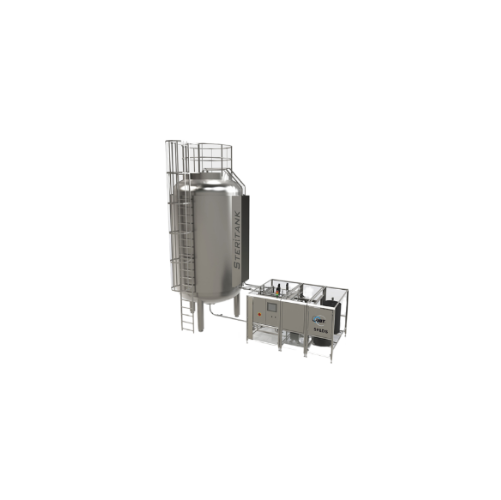
Aseptic storage tank for sterile liquid products
Ensure the sterile safety of your liquid products with a reliable storage...
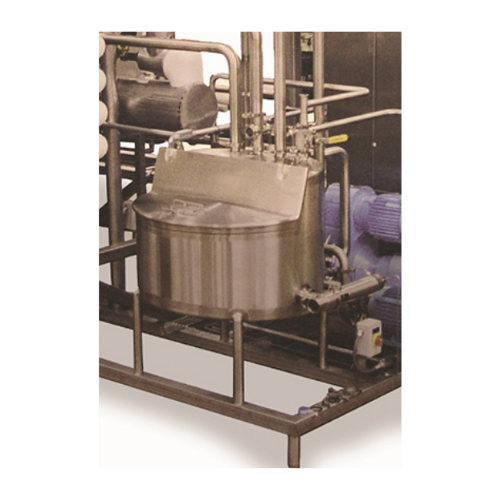
Balance tank for pasteurization systems
Ensure consistent product quality with precise liquid holding and heating capabilit...
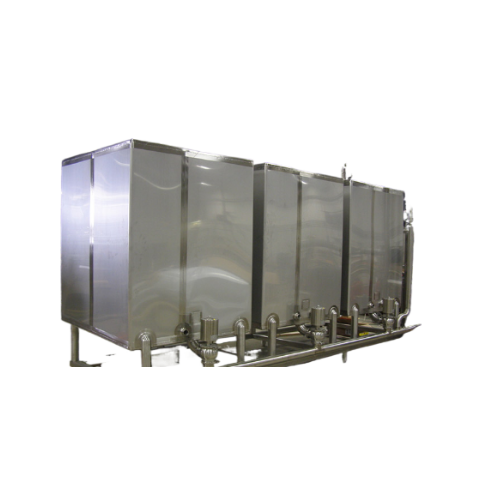
Clean-in-place tanks for industrial sanitation
Optimize your sanitation processes with clean-in-place tanks, designed to r...
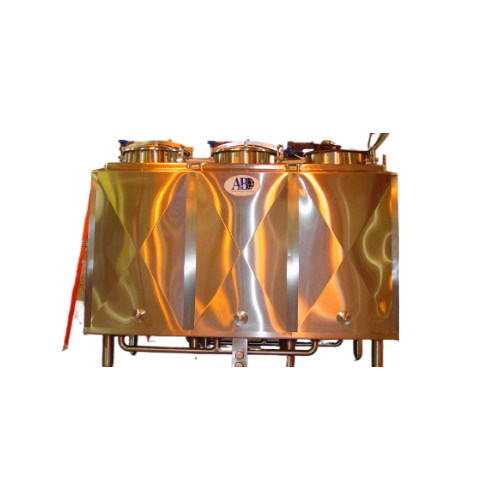
Flavor vats for ice cream and food production
Maximize your product line versatility with customizable flavor vats, design...
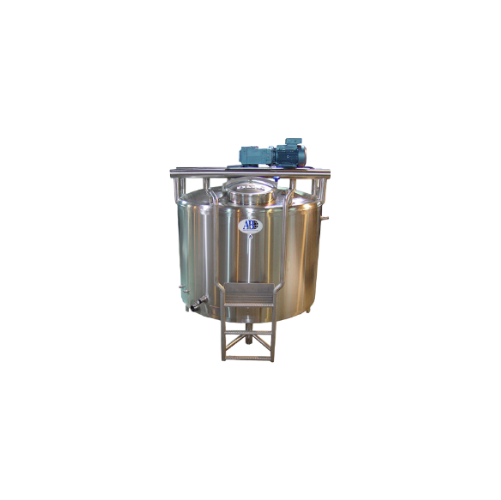
Industrial mixing tanks for liquid, slurry, and gas dosing
Optimize your production with versatile mix tanks, designed t...
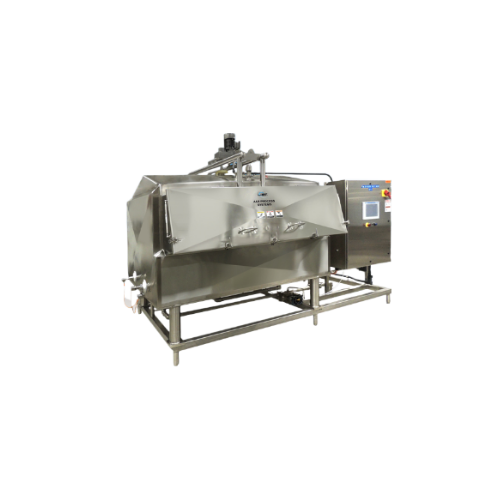
Industrial block melt system for butter and chocolate
Efficiently transition solid blocks of butter, chocolate, or waxes ...
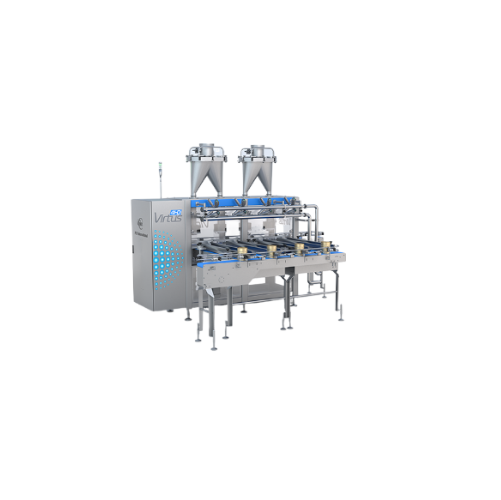
In-line vacuum powder filler
Optimize your production line with precise, contamination-free filling for nutritional powders,...
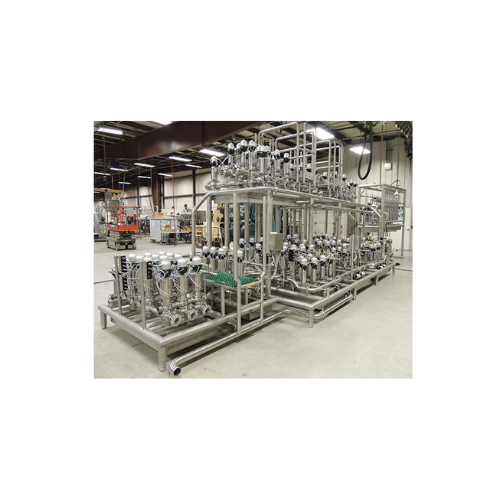
Automated valve manifolds for clean-in-place solutions
Optimize your production efficiency with automated valve manifolds...
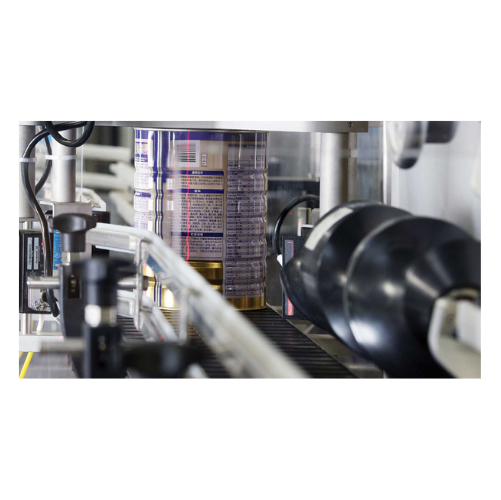
Barcode reading and verification system
Ensure every container has the correct product with a cutting-edge scanning system ...
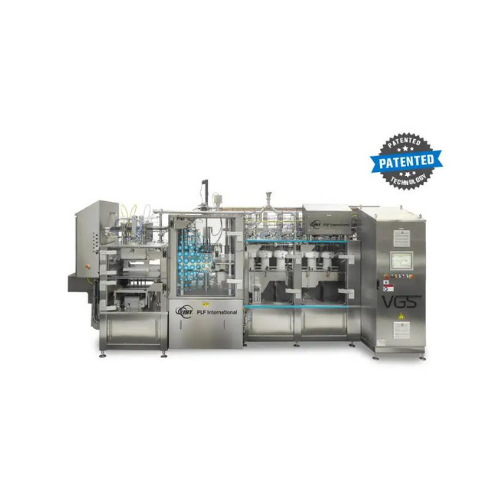
Vacuum gassing seamer for infant formula packaging
Ensure low residual oxygen levels in your powdered products with a spe...
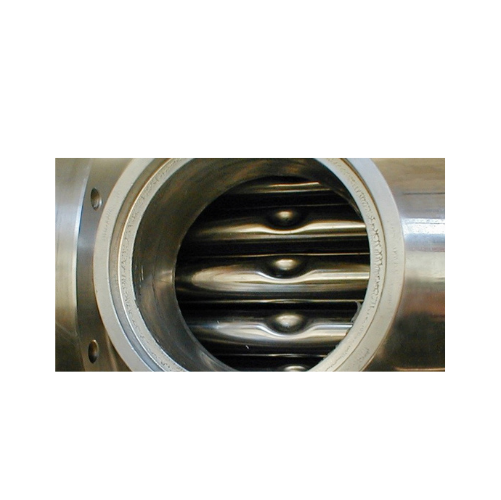
Tube-in-shell heat exchanger for low viscosity products
Enhance your beverage and food processing efficiency with a cutti...
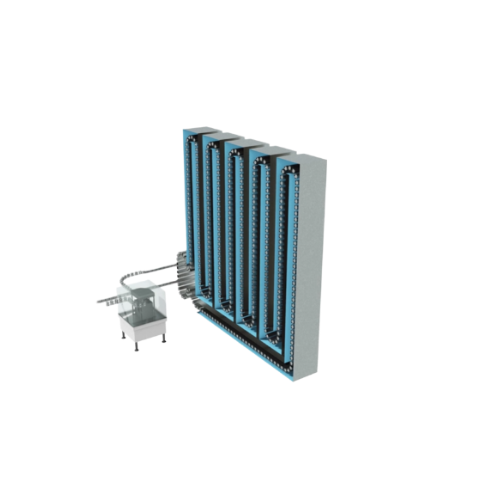
Hydrostatic sterilizer for continuous food processing
Maximize your production line’s efficiency with a continuous ...

Pilot rotary retorts for laboratory sterilization
Optimize your prototype testing with precision thermal simulations to p...
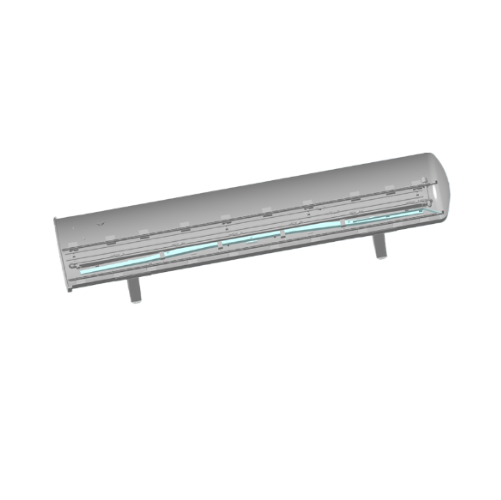
Low energy suction system for food processing retorts
Optimize your sterilization process with innovative suction technol...
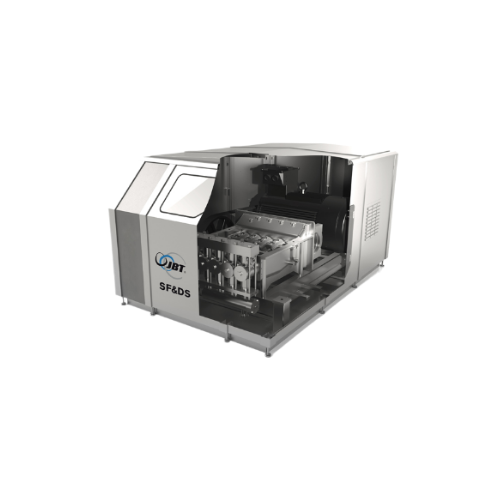
Industrial homogenizer for Uht sterilization systems
Achieve smoother product consistency with high-pressure homogenizati...
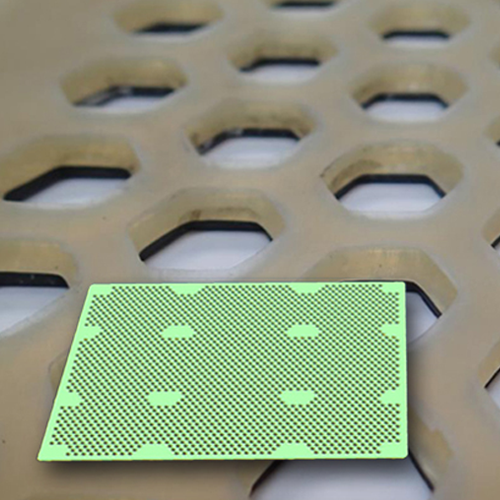
Layer pad for agitating retorts in food processing
Efficiently secure and process irregularly shaped containers in retort...
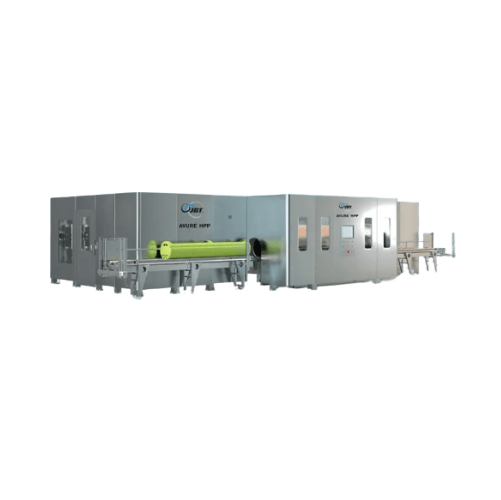
Expandable high pressure processing system
Optimize your production line with an expandable high-pressure processing syste...
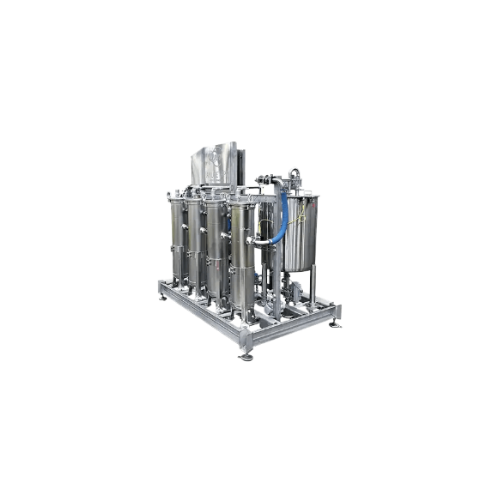
High pressure processing water filtration system
Ensure super clear water after high pressure processing to protect your s...
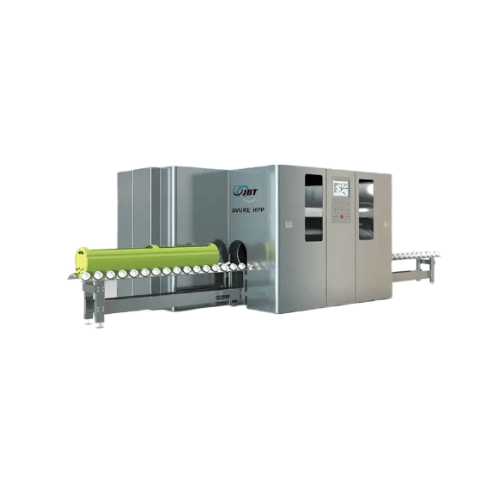
High pressure food processing solution for medium-scale producers
Achieve reduced operational costs with high-pressure ...
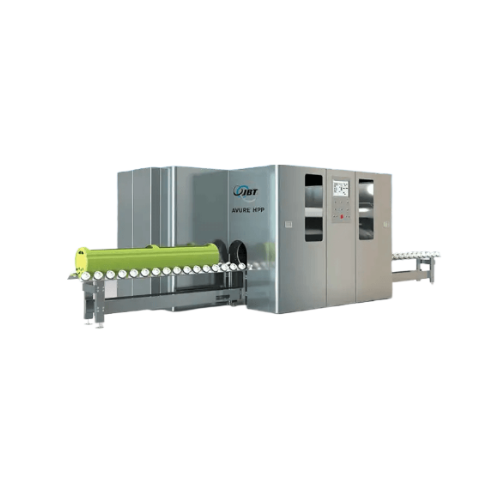
High pressure processing for diverse food products
Maximize production versatility and ensure product safety with a high-...
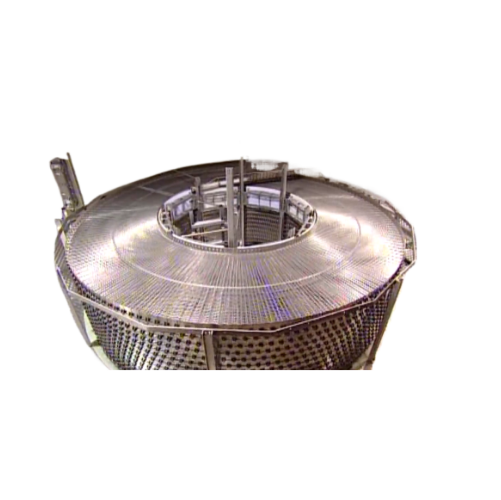
Self-stacking belt for industrial freezers
Enhance your production line with advanced self-stacking belt technology, desig...
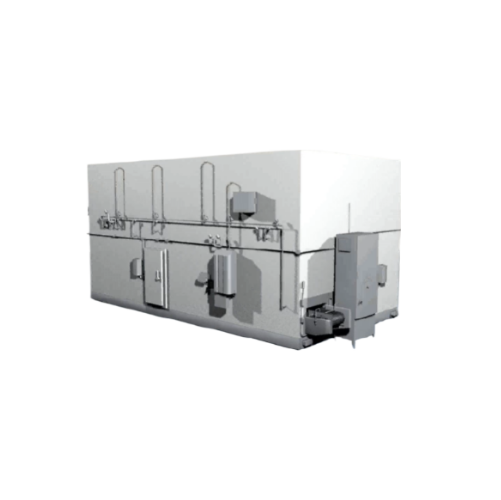
Industrial spiral freezer for high-volume food processing
Optimize your production line with a modular spiral freezer th...
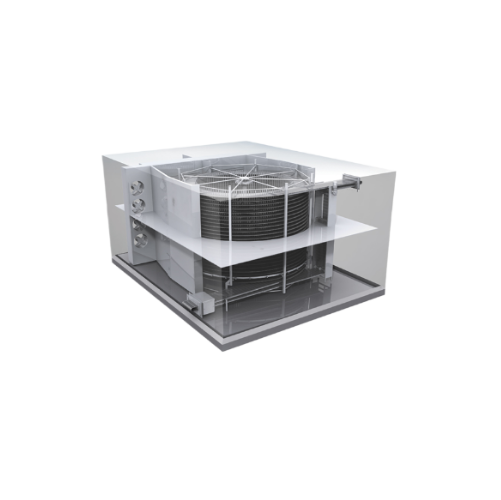
Structure supported spiral freezer for food products
Optimize your high-speed production with a versatile spiral freezer ...
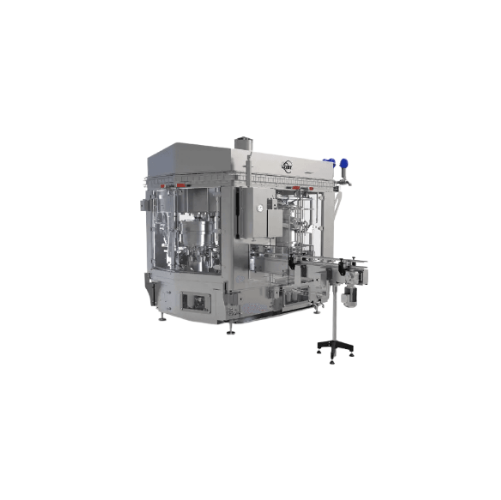
Rotary can filler and closer for metal cans
Achieve seamless integration in your production line with a solution that sinc...
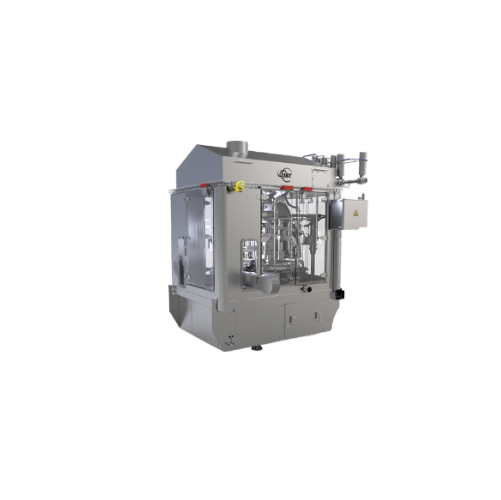
Volumetric filler for various food products
Achieve high precision and flexibility in your filling processes with a volume...
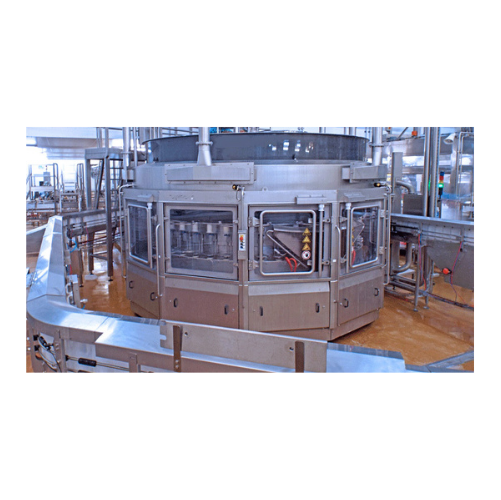
Industrial weight filler for bottles and jars
Achieve precise product filling with our weight filler system, expertly desi...
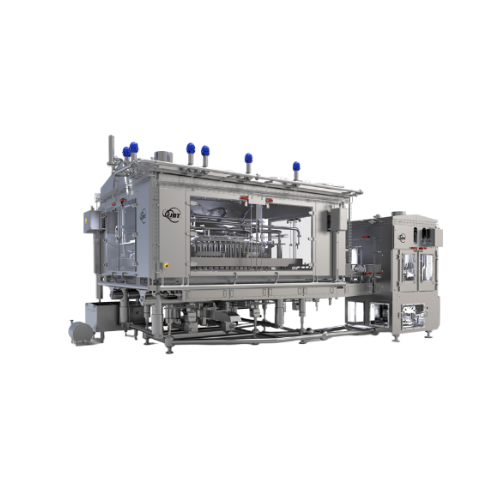
High capacity volumetric filler for pumpable products
When you need high-speed, precise filling for diverse liquid and sl...
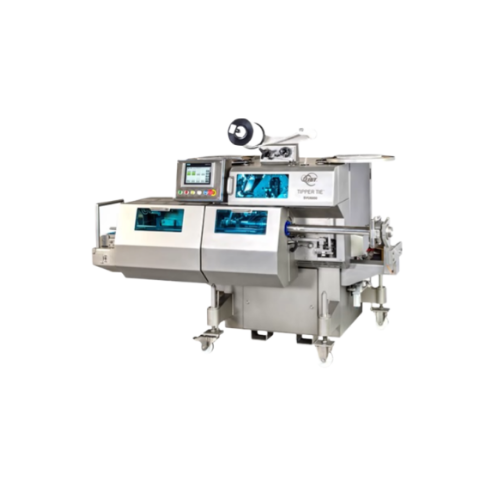
Automatic double clipper for large products and sausages
Efficiently handle challenging products like whole muscle meats ...
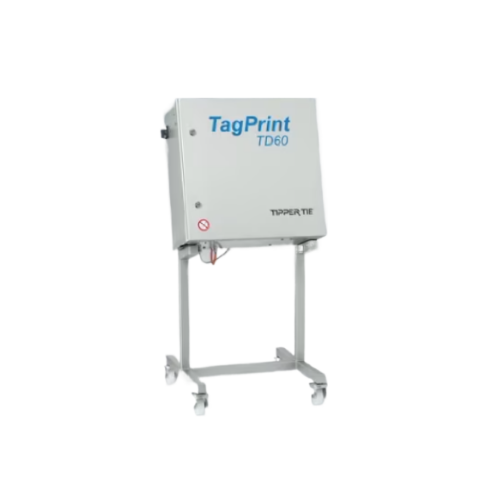
Industrial labeling system for precise product traceability
Enhance your production line with a state-of-the-art system ...
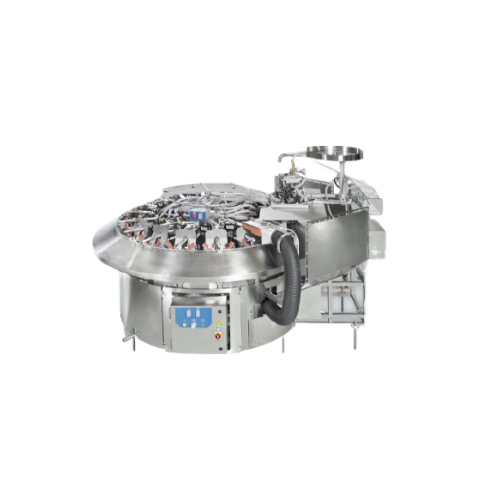
Vacuum packaging system for whole birds and meat products
Optimize your packaging line with this high-speed vacuum syste...
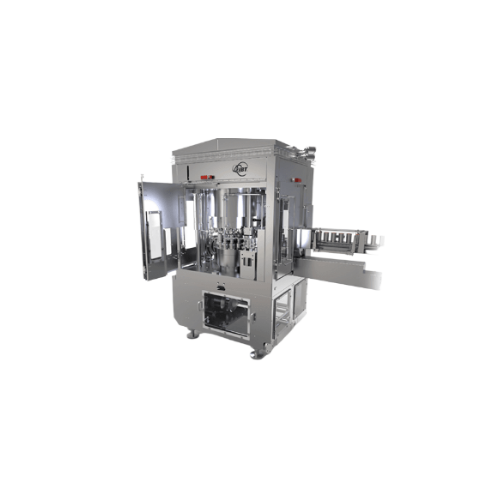
Can seamer for high-speed liquid applications
Ensure consistent seal integrity and maximize throughput with this advanced ...
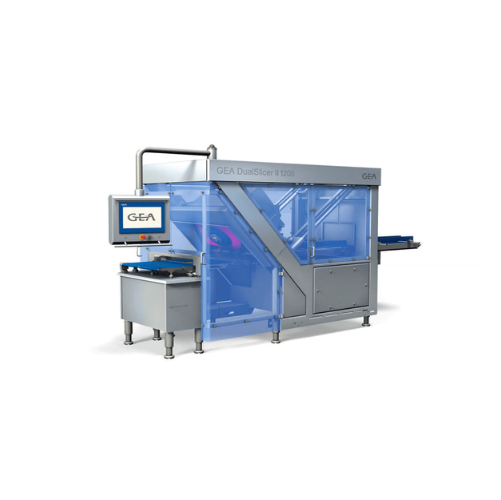
Industrial slicer for natural shaped food products
Achieve superior slicing precision and efficiency with high-speed tech...
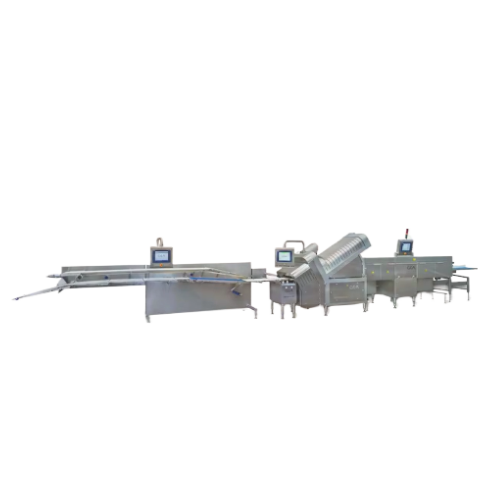
Industrial slicer for sausage, ham, and cheese
Achieve precise and consistent slicing for meats and cheeses while minimizi...
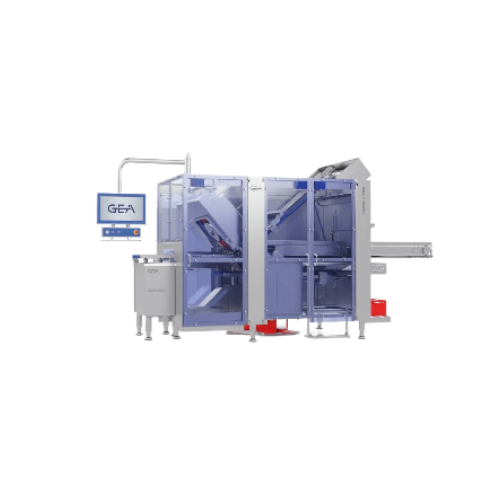
High precision slicer for calibrated products
Achieve precise slicing and portioning for deli products with high speed and...
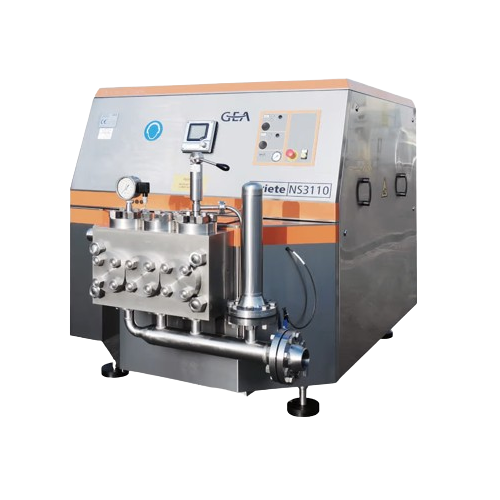
High pressure pumps for viscous fluid transfer
Optimize fluid transfer with high pressure pumps designed to handle viscous...
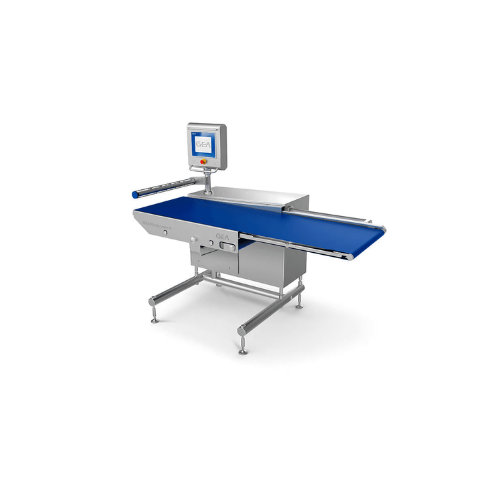
Automatic loader for sliced portions and burgers
Streamline your production line with a flexible loader that efficiently h...
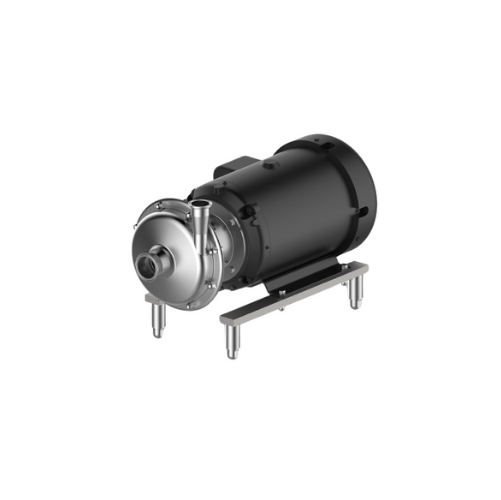
Hygienic centrifugal pump for beverage applications
Ensure gentle handling and efficient transfer of sensitive liquids wi...
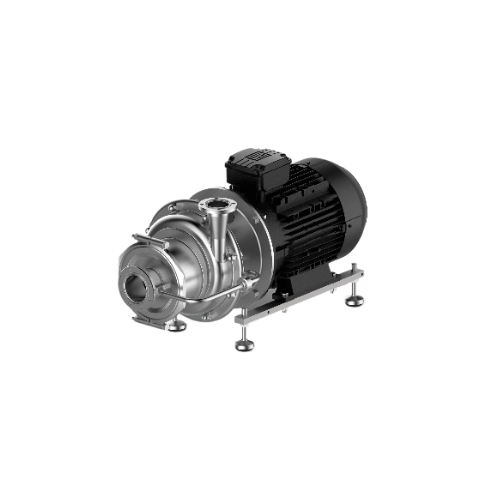
Self-priming centrifugal pump for Cip solutions
Optimize fluid handling and cleaning processes with versatile, self-primin...
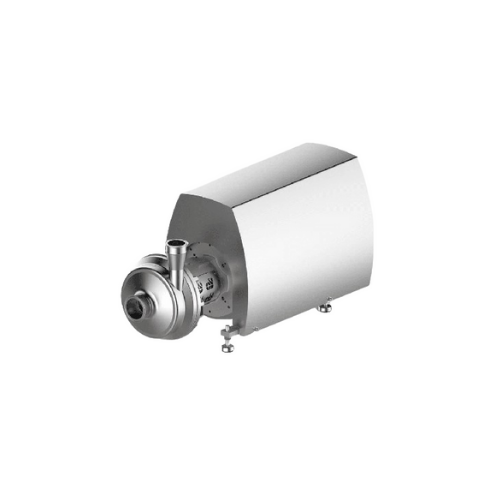
Centrifugal pump for high-pressure systems
Designed for high-pressure systems, this centrifugal pump ensures precise filtr...
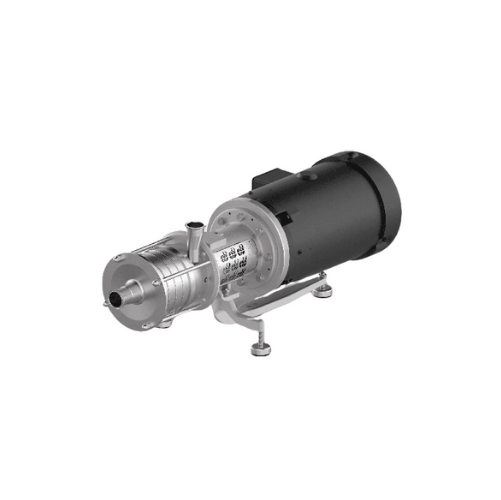
Hygienic pump for beverage and pharmaceutical industries
Engineered to meet stringent hygiene demands, this versatile pum...
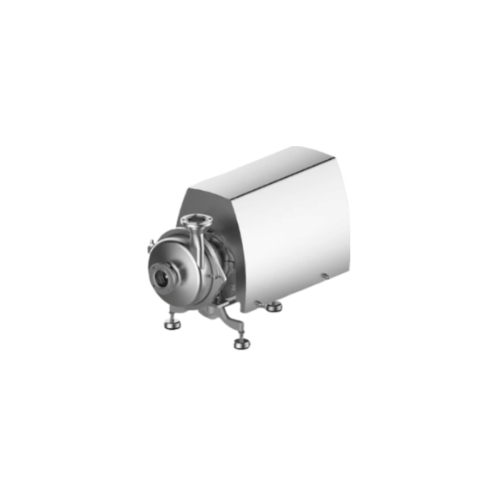
Centrifugal pumps for hygienic applications
Ensure precise liquid handling for high-stakes applications with this hygienic...
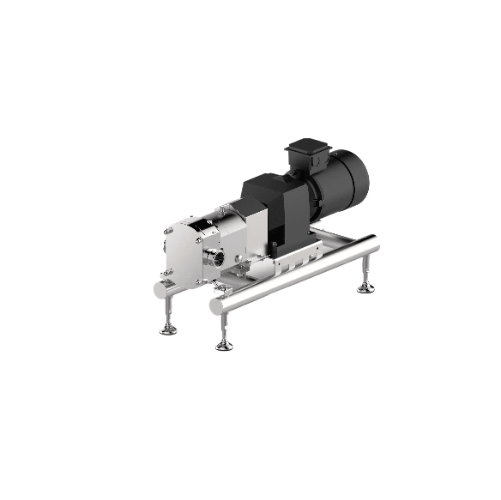
Rotary lobe pump for viscous media
Ensure precise handling and gentle transfer of viscous liquids with advanced rotary lobe...
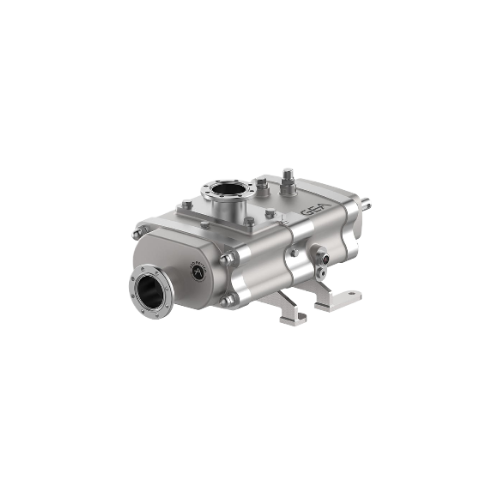
Twin screw pump for viscous media
Streamline your production with a twin screw pump that effortlessly handles viscous media...
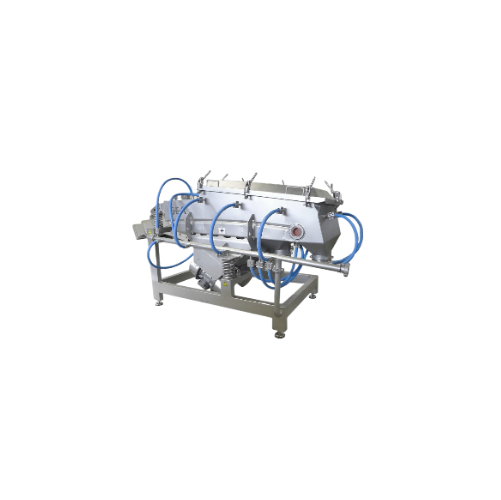
Industrial sifters for beverage processing
Optimize your beverage production with precisely engineered sifters that ensure...
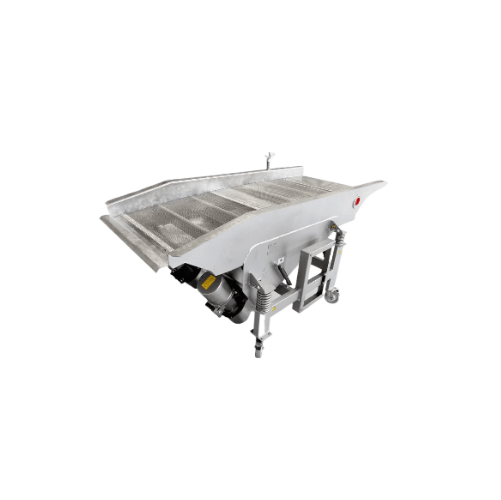
Food product sifter
Ensure precise separation with vibratory sifters designed for continuous operation, delivering gentle han...
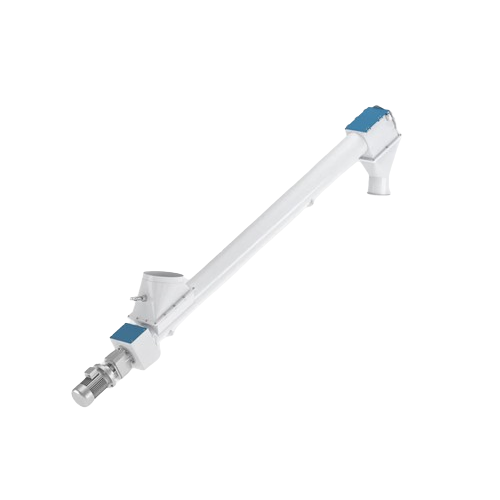
Screw conveyor for raw material handling
Ensure seamless and continuous transport of raw materials with our customizable sc...
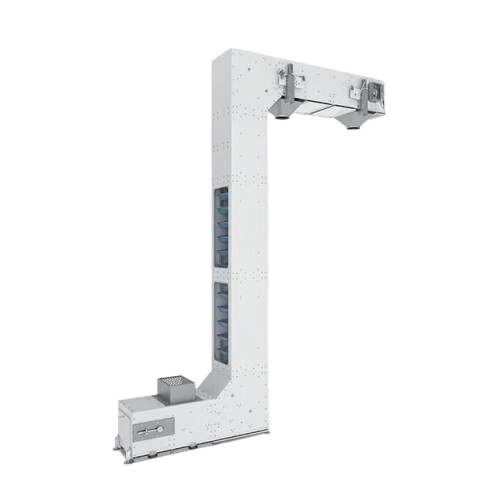
Industrial bucket elevator for efficient product conveyance
Enhance production efficiency by elevating and transferring ...
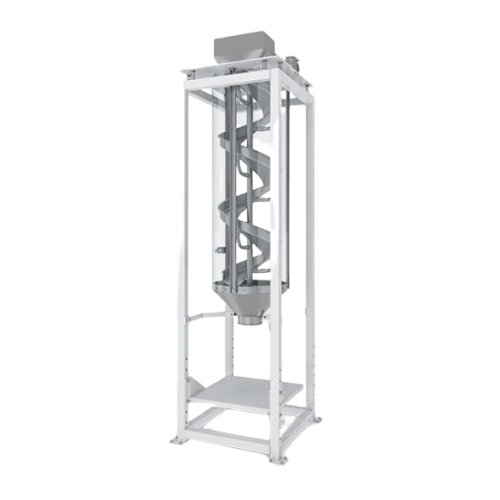
Direct discharge descender for product handling
Efficiently transport granulated materials without compromising their inte...
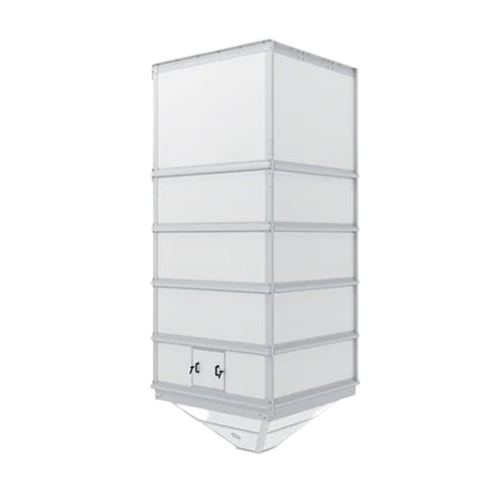
Finished product storage silos for industrial applications
Optimize your storage capabilities with silos that ensure saf...
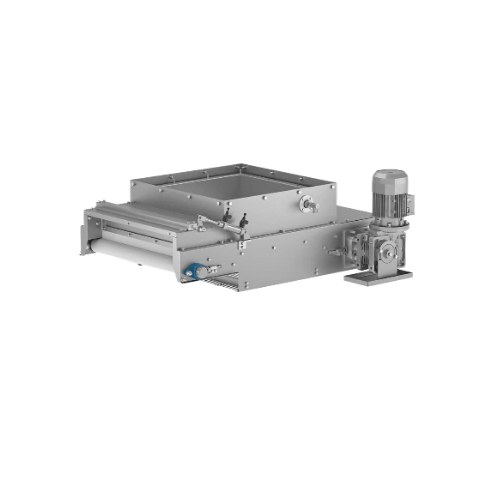
Silo unloading belt for food industry
Ensure seamless flow and precise control when unloading silos with this automated bel...
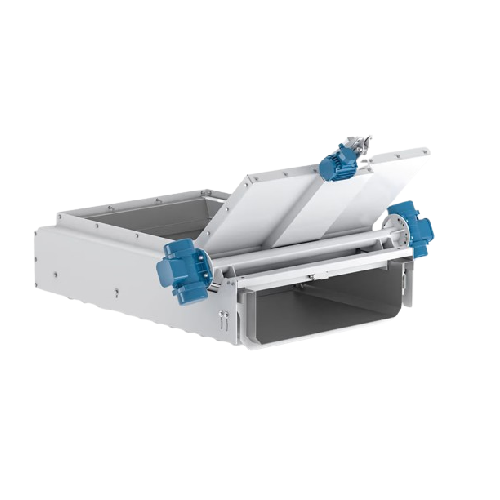
Vibrating extractor for silo and hopper product distribution
Ensure consistent product flow and precise distribution fro...
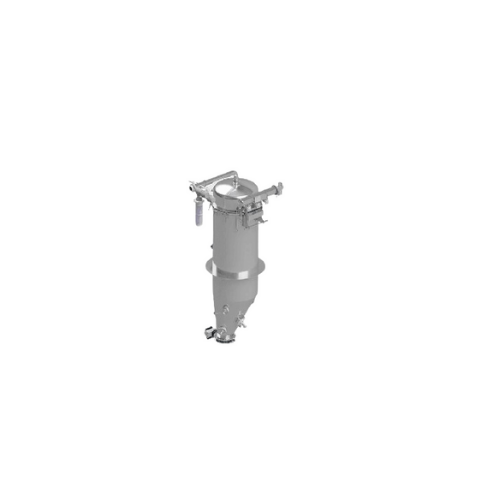
Dense phase vacuum conveying system for powder handling
Effortlessly transport delicate powders and fragile granules with...
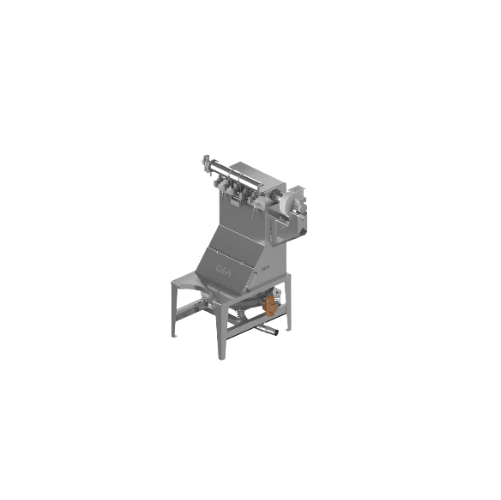
25kg bag tipping station for powder discharge
Efficiently discharge and sieve 25kg bags of powder while minimizing dust em...
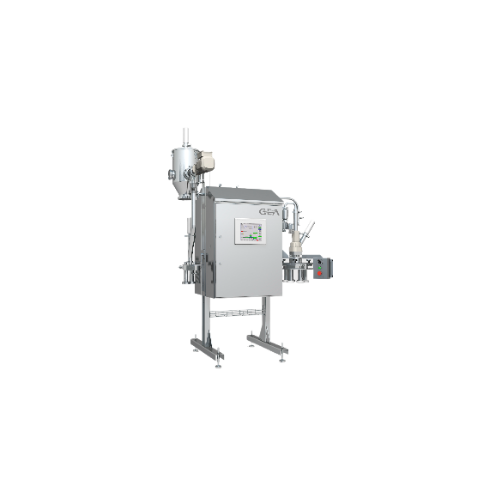
Vacuum powder sampler for particle size distribution control
Ensure precise quality control with a vacuum powder sampler...
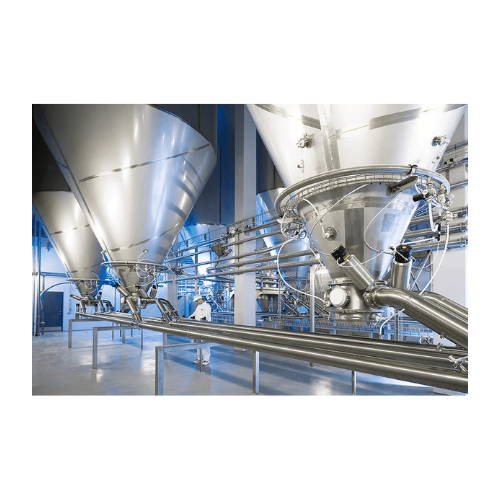
Bulk storage silos for food products
Ensure optimal powder storage and handling with versatile silos designed for efficient...
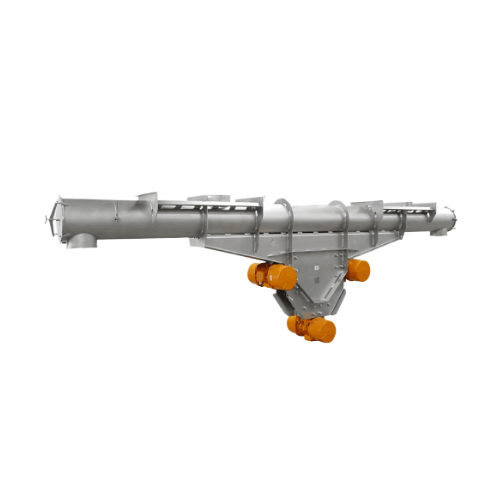
Vibrating conveyor for powder and granule handling
Effortlessly convey and process fragile products with precision, minim...
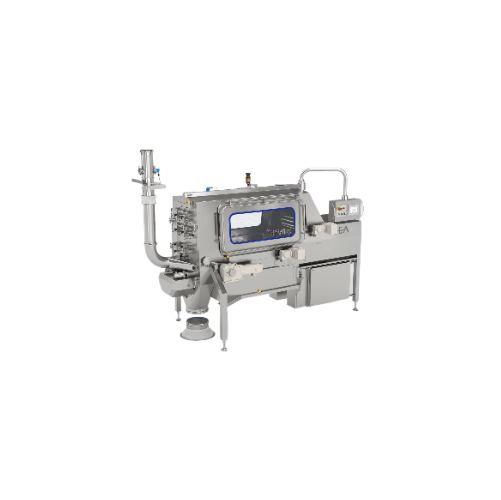
Automatic bag slitting and emptying for powders
Streamline your powder-processing operations by seamlessly integrating bag...
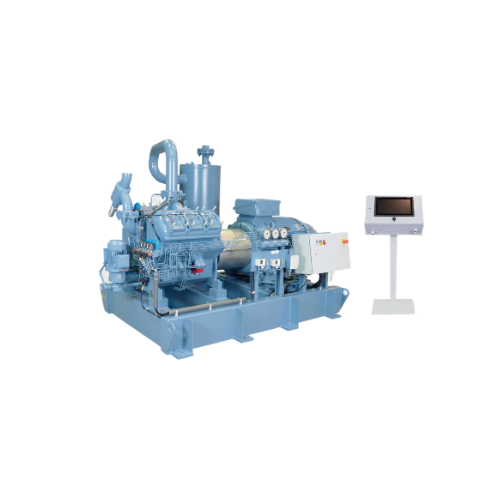
High pressure ammonia reciprocating compressors for heat pumps
Optimize your heat pump applications with high-pressure c...
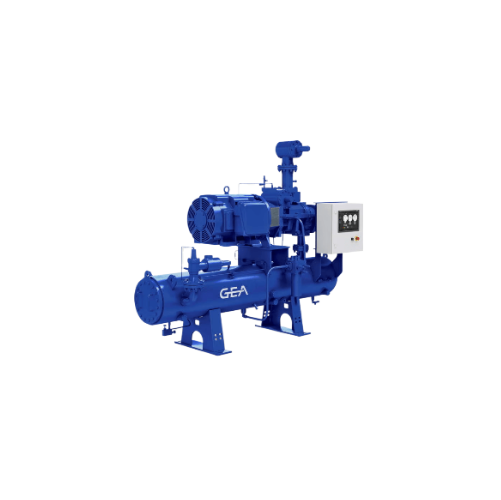
Compact refrigeration compressor package
Optimize your industrial refrigeration with a compact compressor package designed ...
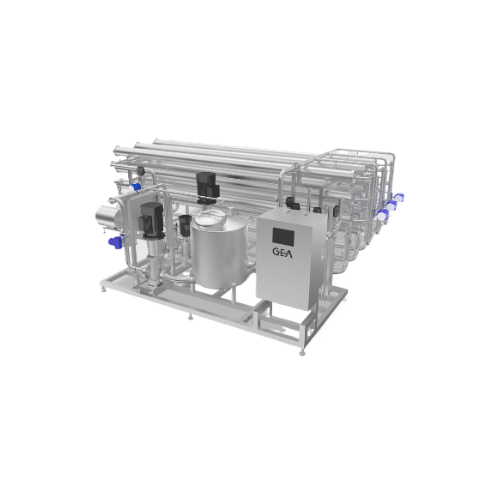
Condensate polisher for industrial water reuse
Transform waste streams into high-quality water, ready for reuse in diverse...
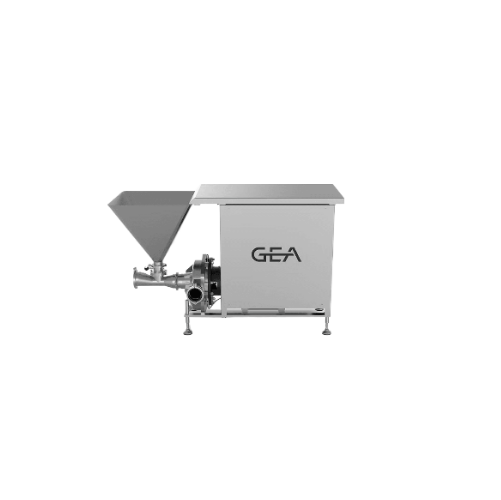
High shear powder dissolver for homogeneous products
Achieve consistent powder-liquid blends effortlessly with a compact ...
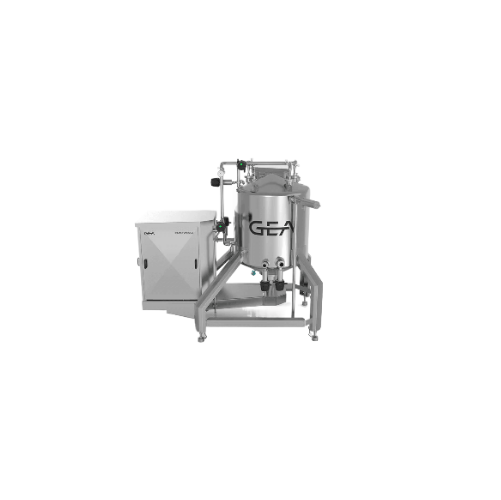
High shear mixer for low viscosity products
Achieve precise mixing and dispersion for diverse liquid applications with a h...
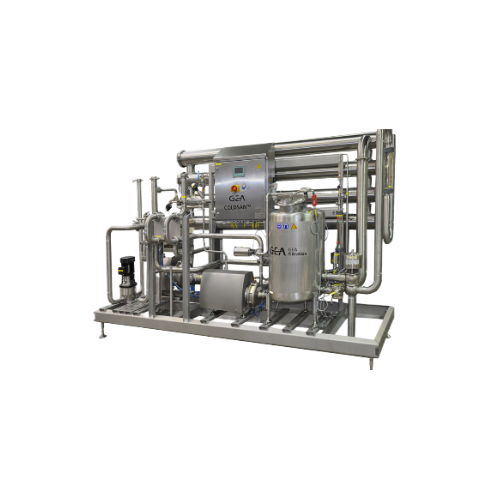
Filtration brine sanitation unit for cheese production
Ensure your cheese retains its premium quality and flavor by effec...
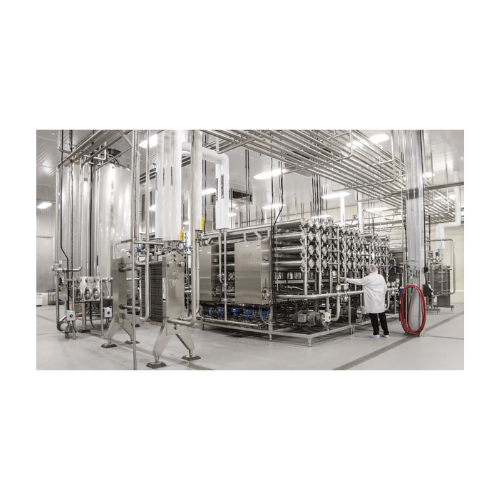
Custom-designed membrane filtration systems for industrial applications
Optimize your production with advanced membrane...
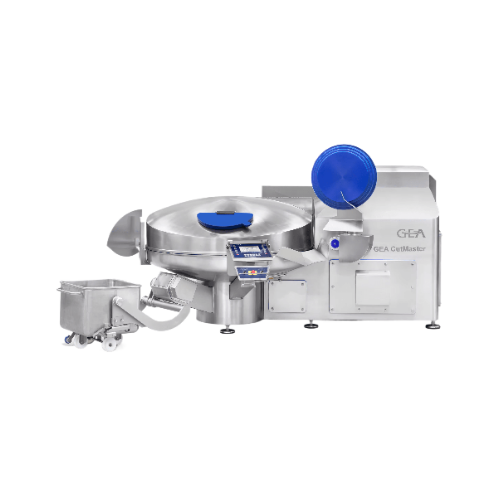
Vacuum-sealed bowl cutter for food processing
Enhance your food production with a vacuum-sealed bowl cutter that optimizes...

Small-scale milk pasteurizer with skimming centrifuge
Quickly integrate a versatile pasteurization system into your produ...
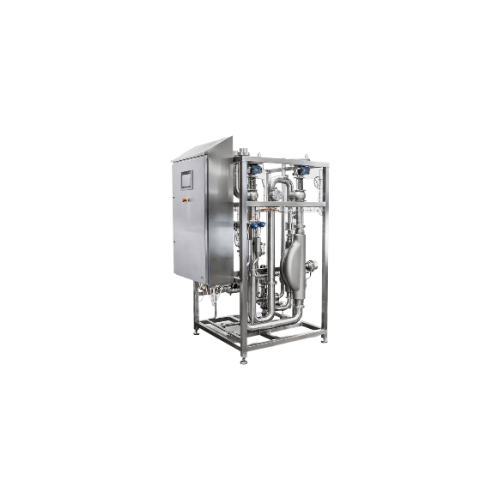
Standardization unit for cream fat or milk fat
Optimize your milk standardization process to achieve precise cream and fat...
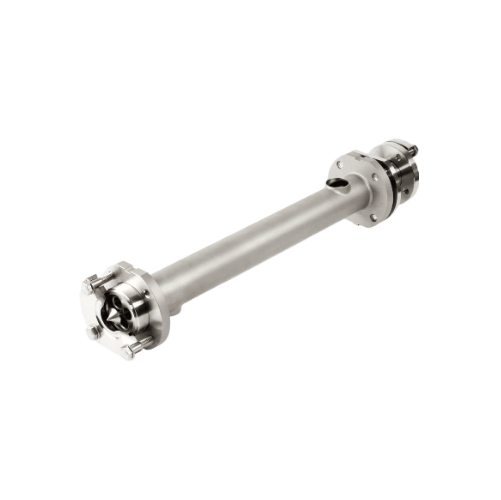
Tubular heat exchanger for thermal treatment of viscous products
Optimize efficiency in heating, cooling, and pasteuriza...
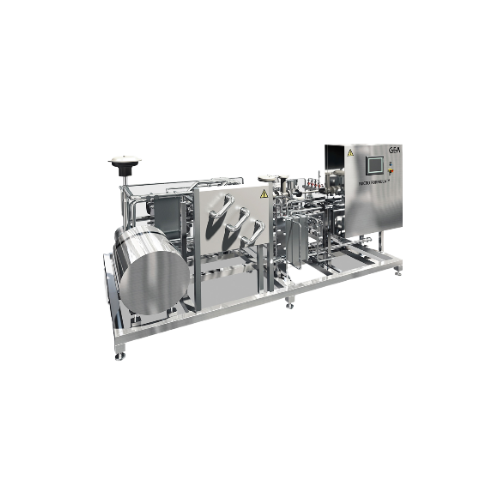
Microparticulation unit for whey protein processing
Enhance your dairy and food formulations with optimized whey protein ...
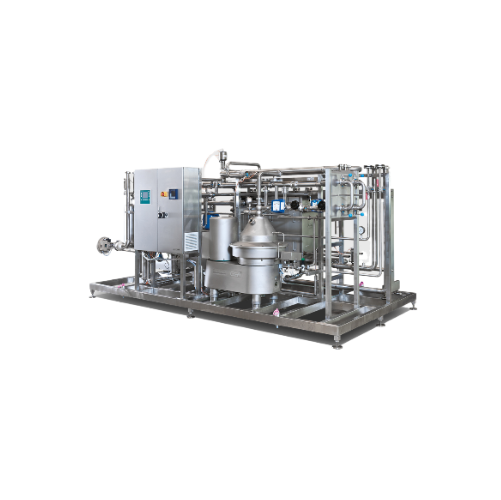
Compact milk pasteurizer for milk, cream, and whey
Ensure consistent product quality with precise pasteurization and skim...
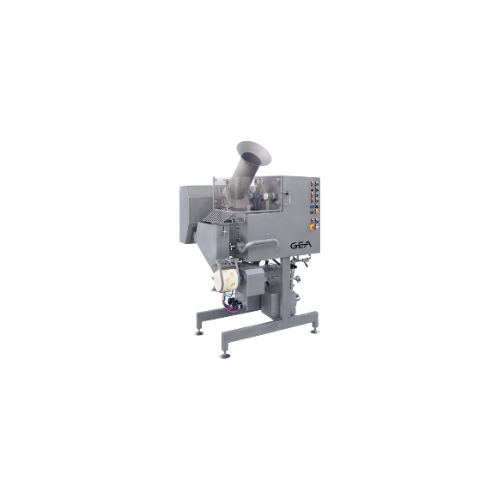
Hot water stretching and molding unit for cheese production
Revolutionize your cheese manufacturing process with a compa...

Drum molding machine for soft pasta filata cheeses
Achieve precise molding and consistent product quality in your cheese ...
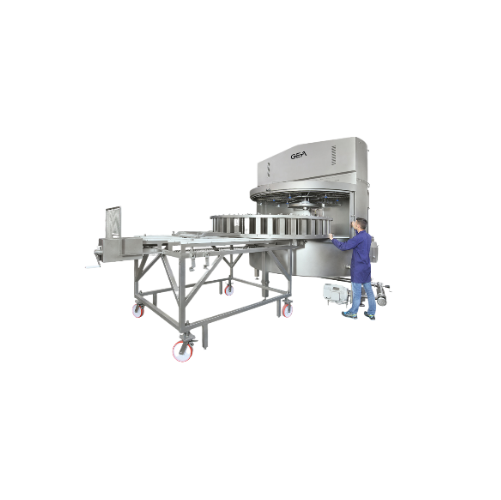
Molding and pre-hardening unit for pizza cheese
Achieve precise molding and effective pre-hardening of pizza cheeses with ...
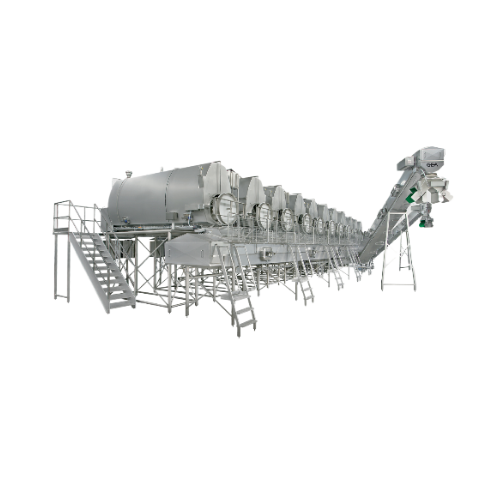
Curd drainage and maturation system for pasta filata cheese
Enhance your cheese production with an automated system desi...
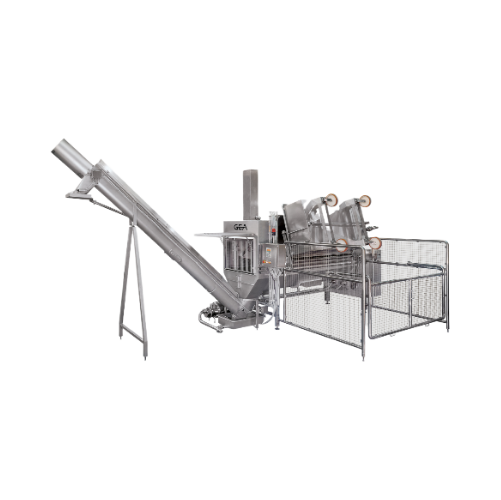
Curd handling and cutting for cheese production
Optimize curd processing with precise cutting and feeding, ensuring consis...
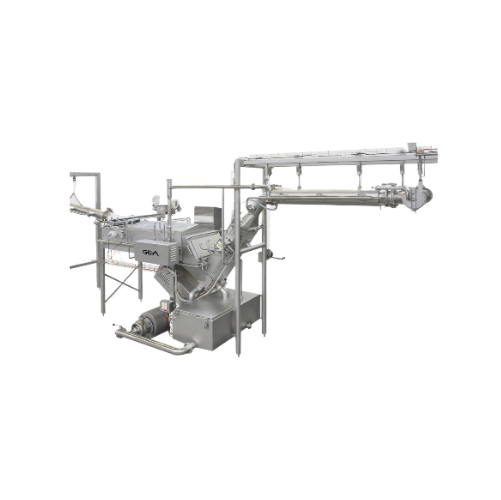
Dry salt dosage system for curd cheese production
Streamline your cheese production with precise salt dosing, ensuring op...
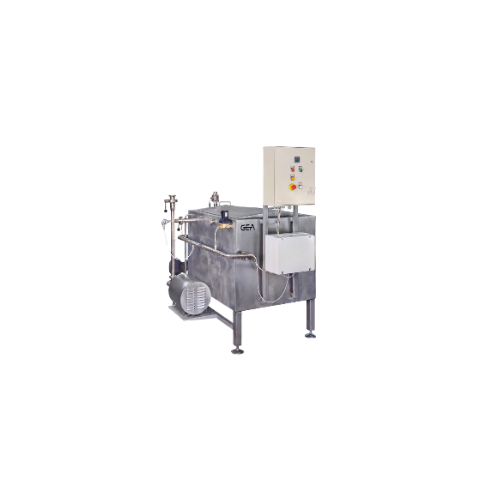
Hot water heaters for pasta filata cheese
Optimize your pasta filata cheese processing with precise heating control and ef...
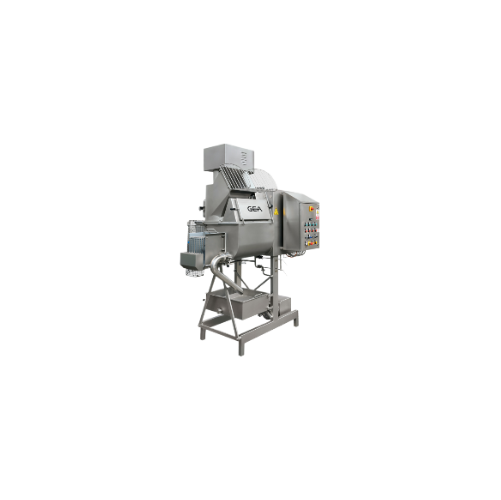
Steam stretching equipment for mozzarella production
Optimize cheese production with advanced steam stretching equipment,...
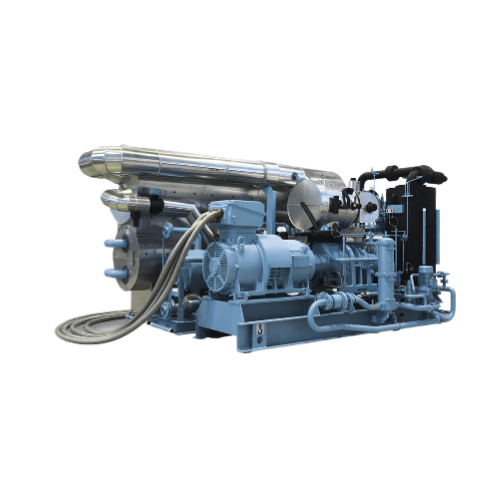
Customized industrial heat pumps
Optimize your industrial processes with versatile heat pumps that recover and utilize waste...
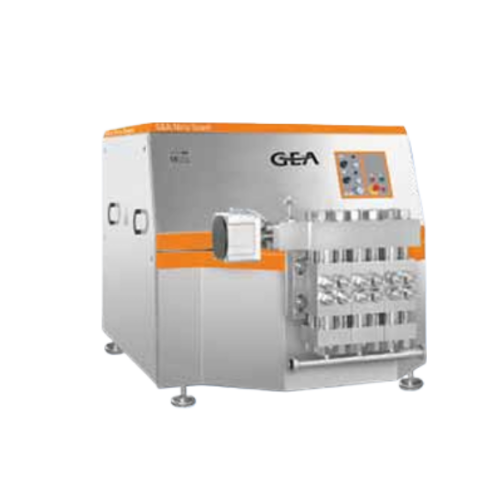
Very high pressure homogenizer compression block
Experience reliable performance at extreme pressures with a compression b...
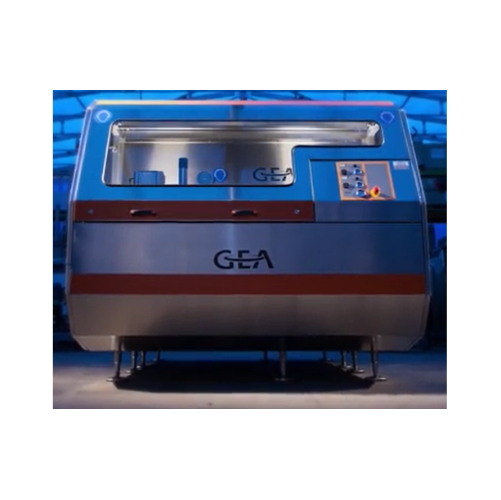
Industrial high-pressure homogenizer
Achieve precise homogenization with superior flow rates and efficiency, ensuring optim...
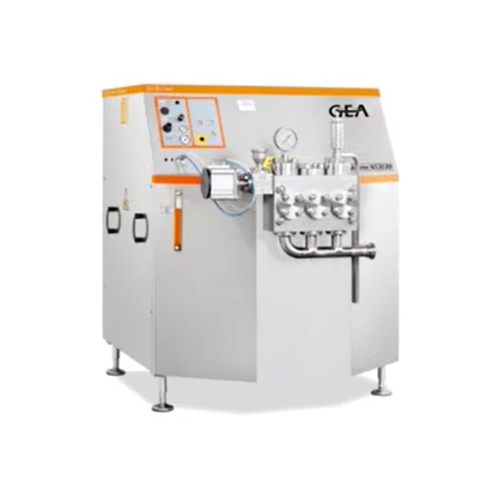
High pressure industrial homogenizer
Enhance liquid formulations with precision and efficiency—our high-pressure homogenize...
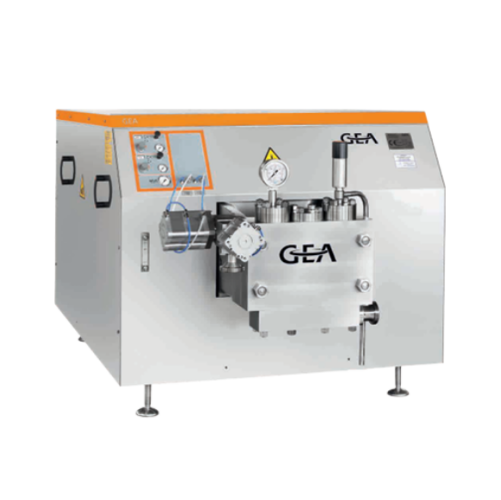
Industrial homogenizer for small and medium production
Enhance product stability and extend shelf life with our high-pres...
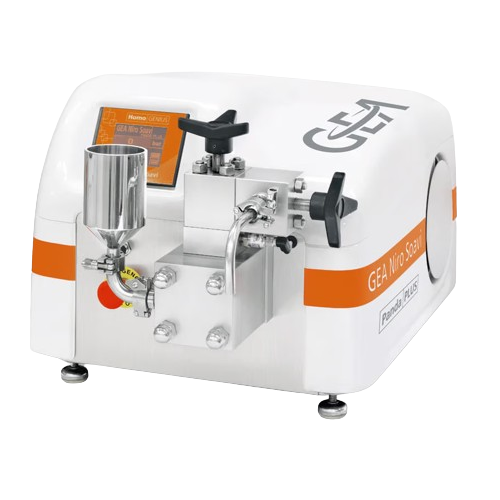
Laboratory homogenizers for nanoparticles and emulsions
Tackle the challenge of achieving consistent nano-scale dispersio...
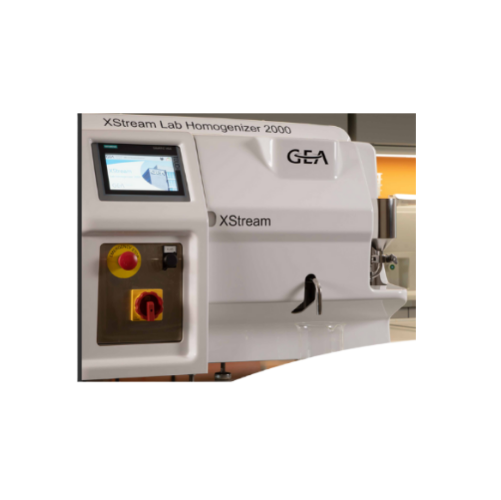
Laboratory homogenizer for scaling nisox-valve benefits
Achieve reliable scaling from lab to production with this precise...
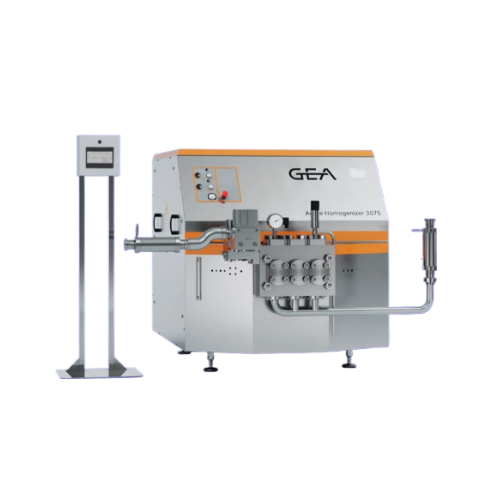
Inline real-time fluid quality monitoring system
Optimize fluid quality control with continuous, inline measurements that ...
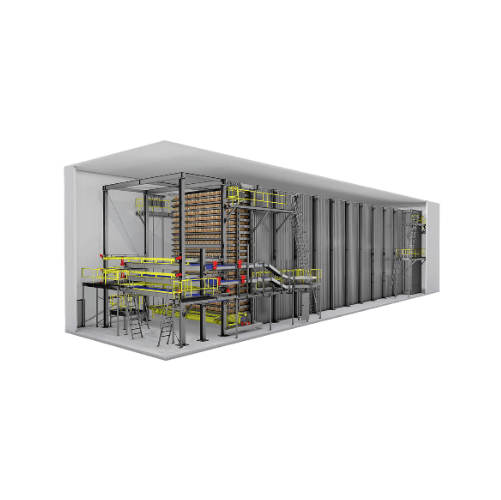
Variable retention time carton freezer
Optimize your production line with a flexible freezing solution that handles multipl...

Customized spiral freezer solution for food industry
Designed to enhance your freezing efficiency, our spiral solution ha...
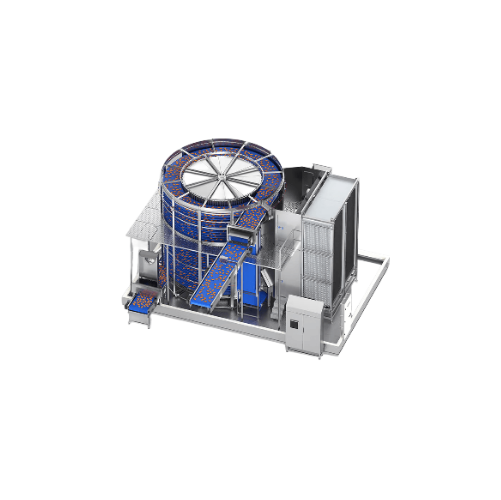
Frozen food products control system
Ensure optimal freezing precision with a system that continuously monitors product crys...
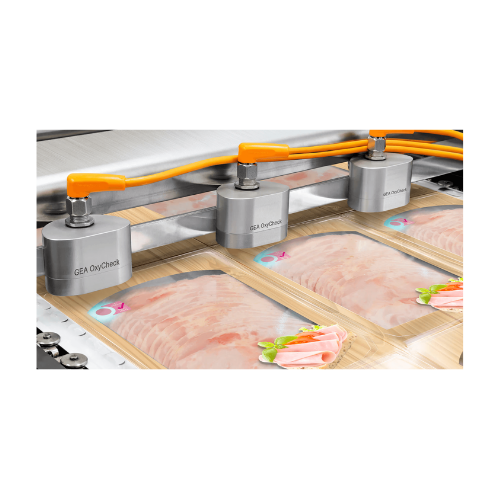
Oxygen and leakage detection in Map packaging
Ensure enhanced food safety and reduce waste with precise oxygen and leak de...
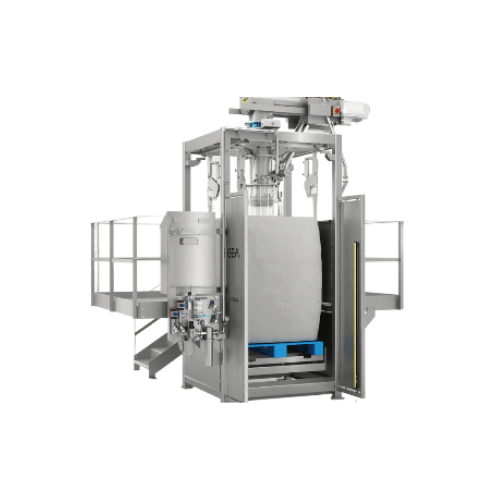
Low care bulk powder fillers
Optimize your production efficiency by accurately filling flexible bulk containers with dry pow...
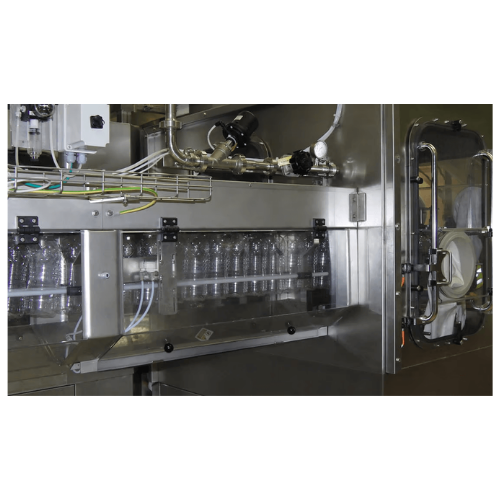
Air conveyor for empty Pet bottles
Optimize your bottling line with an advanced air conveyor that reduces energy consumptio...
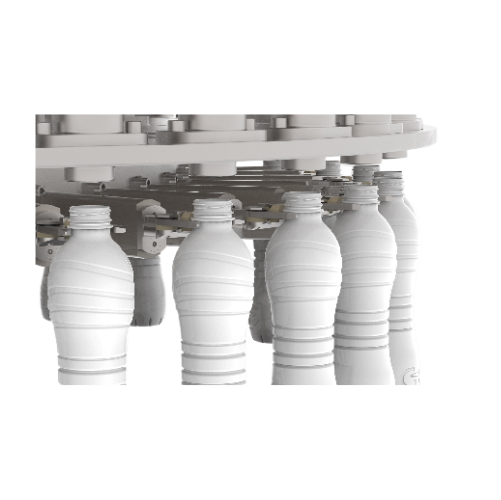
Hygienic filling system for short shelf life milk
Optimize your cold-chain distribution with a filling system engineered ...

Cold chain filling system for sensitive beverages
Ensure extended shelf-life for liquid dairy and sensitive beverages wit...
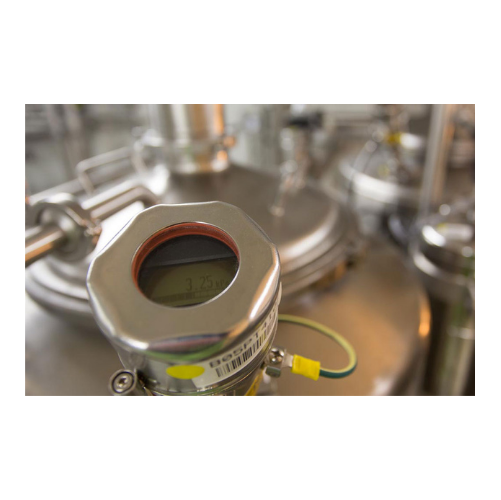
Powdered product shelf-life enhancement through inert gas packing
Extend the shelf life of sensitive powder products by...
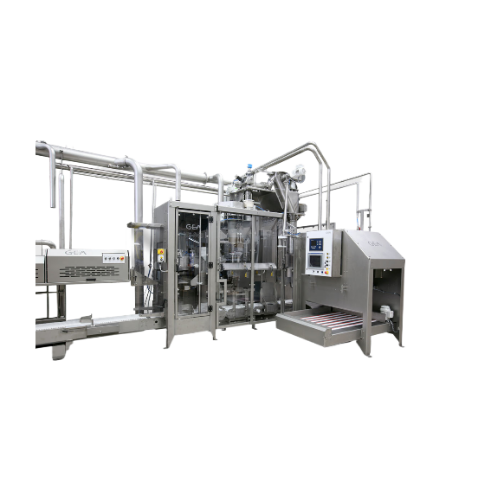
Inline automatic powder fillers for food and nutraceuticals
Ensure precise and efficient filling of sensitive powders in...
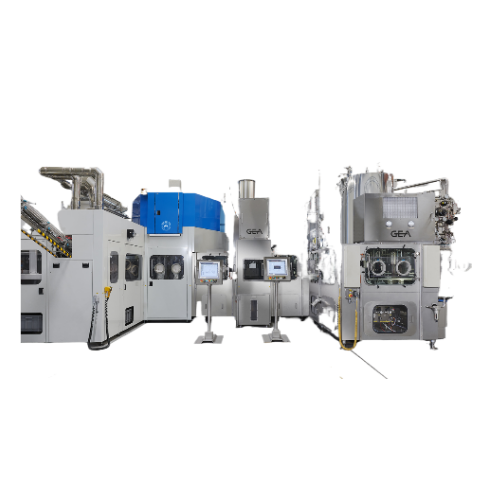
Aseptic blow fill system for beverage bottling
Designed for high-speed aseptic bottling, this system ensures sterility thr...
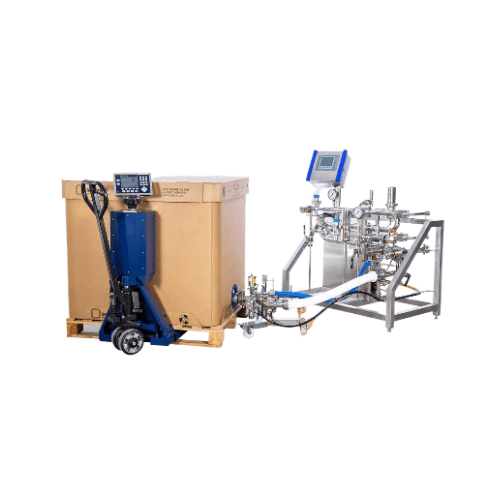
Aseptic filling system for bag-in-box containers
Ensure sterility and precision in filling aseptic liquid products, with s...
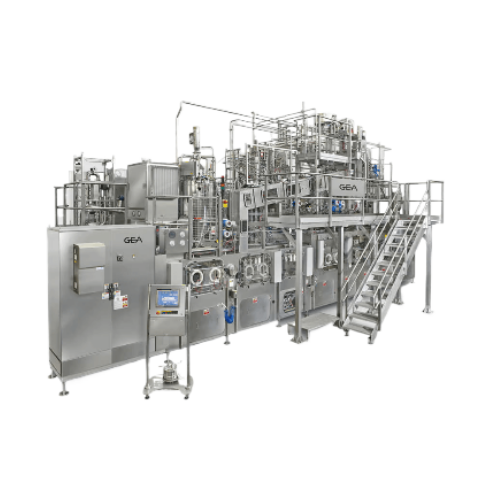
Aseptic filling for high and low acid beverages
Ensure aseptic integrity while maximizing operational efficiency with a co...
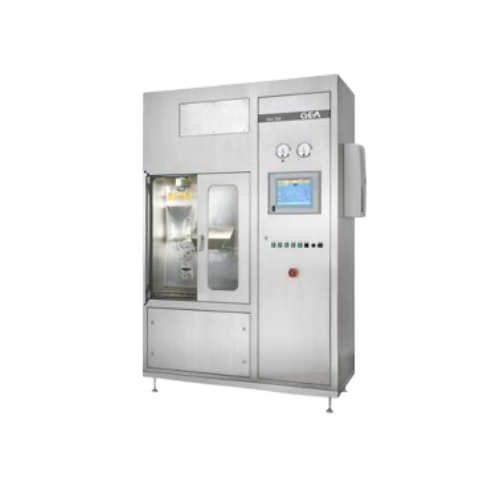
Aseptic liquid dosing system
Ensure precise, sterile dosing of aseptic liquid products, enhancing product integrity and exte...
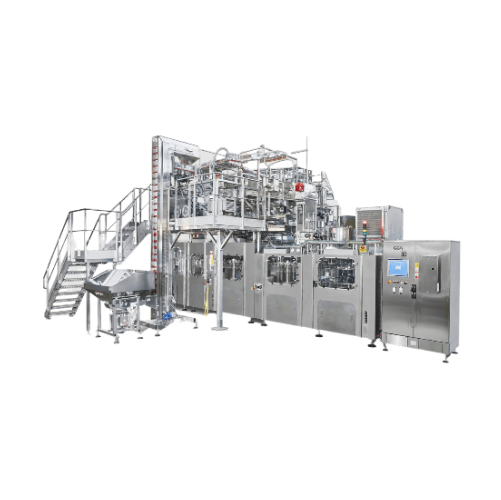
Aseptic filling system for milk-based drinks
Ensure sterile bottling of milk-based and sensitive beverages with this syste...
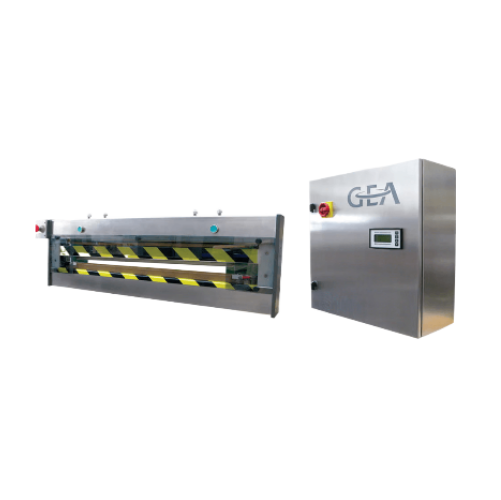
Plastic bag sealer for polyethylene bags
Achieve consistent hermetic sealing of polyethylene bags while preserving the inte...
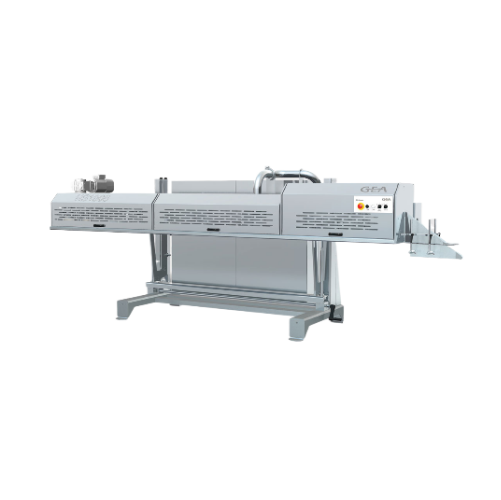
Continuous leveler and sealer for powder packing
Enhance efficiency in powder packaging with a system that ensures precise...
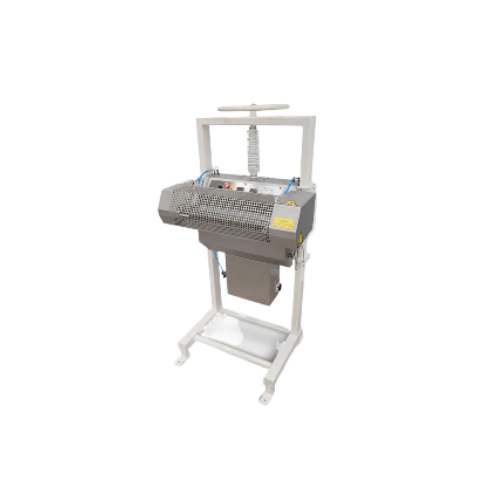
Static heat sealer for multi-wall kraft bags
Optimize your production line with reliable sealing and closing of pre-glued ...
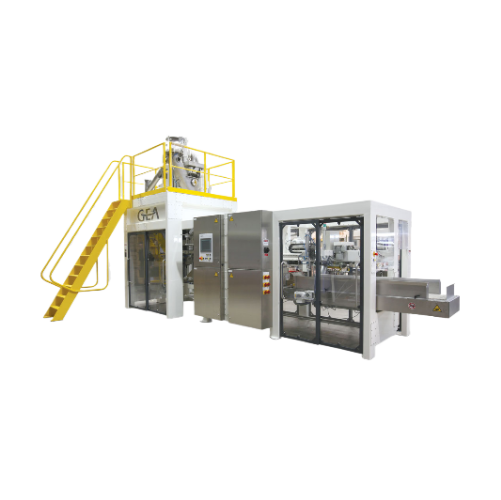
Automated powder bag filling system
Streamline your powder packaging operations with a fully integrated system that automat...
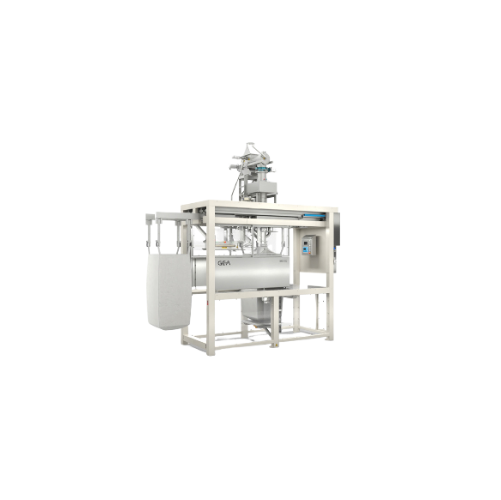
High care bulk powder fillers
Ensure hygienic packaging for your bulk powders with a system designed to enhance filling accu...
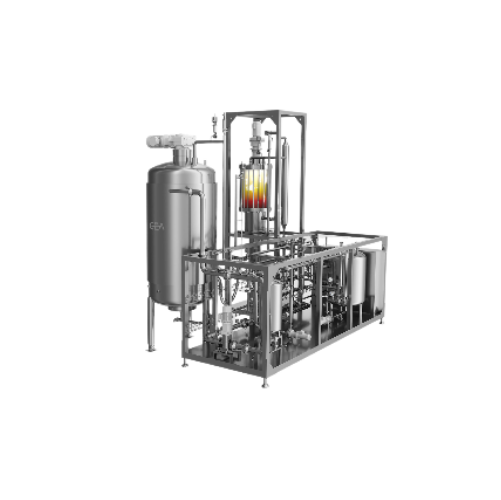
Freeze concentration system for liquid food concentrates
Achieve superior concentration of liquid food products while pre...

Explosion protection vents for spray dryers
Optimize safety and hygiene in your spray drying operations with advanced expl...
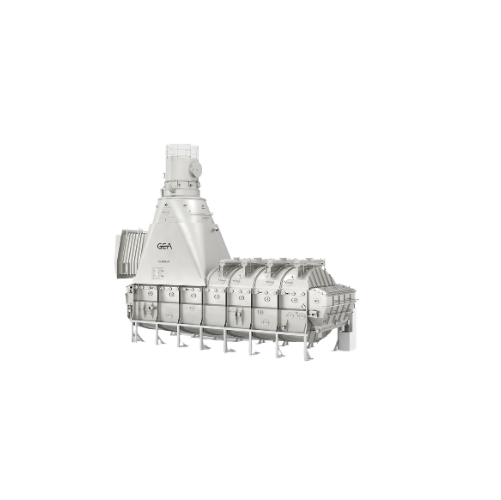
Spray drying solution for heat-sensitive products
Optimize the drying of heat-sensitive and challenging materials into hi...

Spray dryer for agglomerated powders
Achieve uniform, coarse, and free-flowing agglomerated powders with precise drying and...
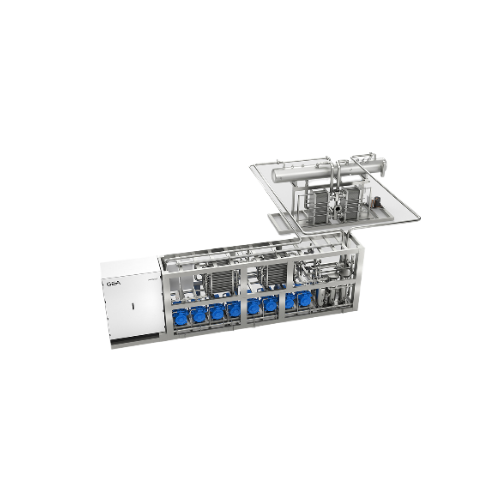
Heat pump solution for spray dryers
Enhance your spray drying efficiency and sustainability with an innovative heat pump sy...
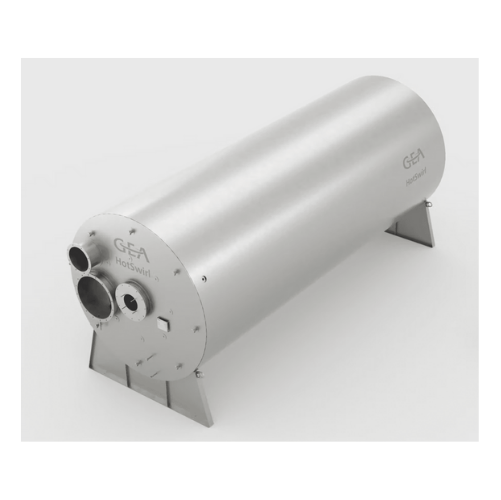
Industrial hot air system for spray dryers
Ensure consistent hot air delivery for critical drying processes, enhancing ene...
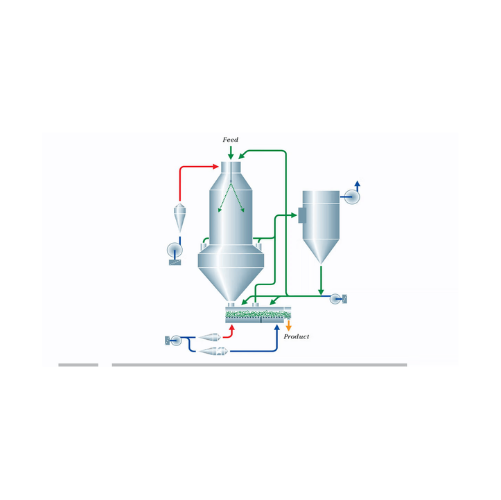
Spray drying solution for uniform powder production
Achieve seamless transformation of liquid feeds into uniform, free-fl...
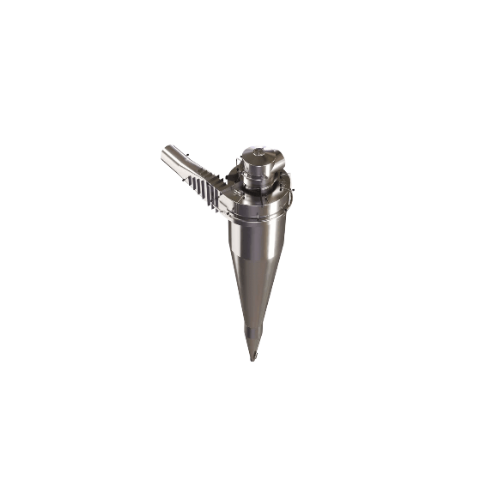
Powder separation cyclone for food and chemical industries
Optimize your powder production with advanced cyclone technol...
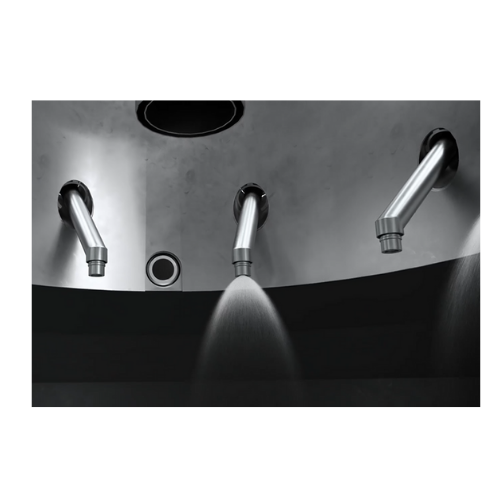
Clean purge system for spray dryers
Enhance safety and efficiency by preventing fire risks in spray dryers while improving ...
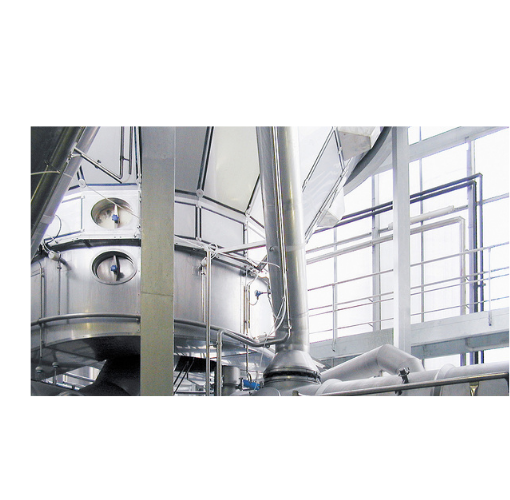
Spray dryer for whey and milk powders
Optimize your drying process for dense, agglomerated whey and milk powders with a spa...

Conventional spray drying for chemical industry
Achieve optimal particle size uniformity in food powders with precision at...
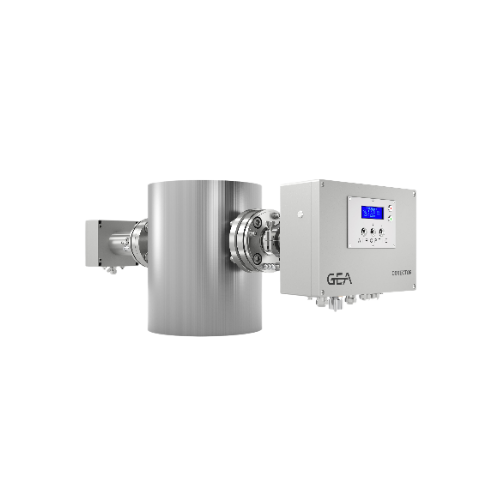
Co monitoring system for spray dryers
Ensure safety and prevent costly disruptions in your spray drying process by monitori...
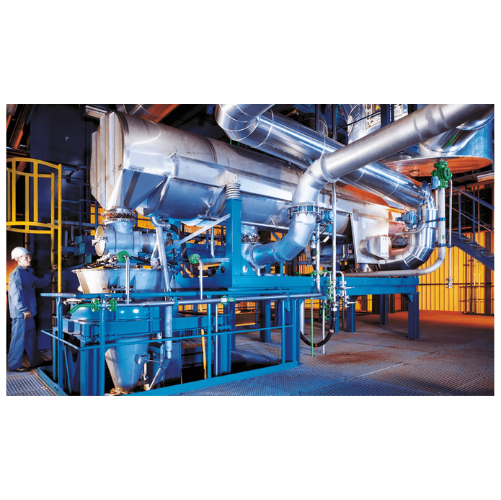
Vibrating fluid bed for final stage powder drying
Enhance powder processing precision with a vibrating fluid bed that ens...
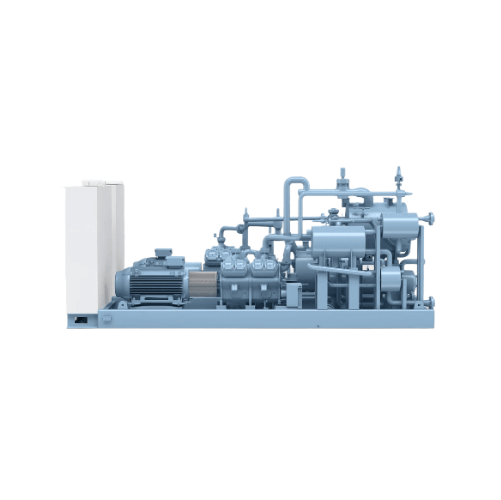
Combined heating and cooling solution
Optimize your production with a dual-purpose system designed to efficiently manage bo...
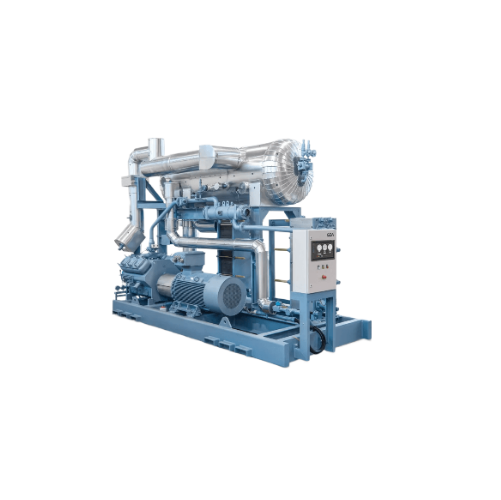
Industrial chiller with high part-load efficiency
Optimize your cooling processes with a versatile chiller designed for p...
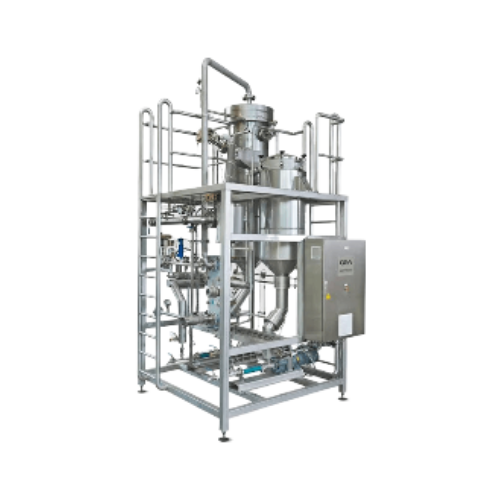
Sterilization of concentrated food products using direct steam
Achieve rapid and efficient sterilization with direct ste...
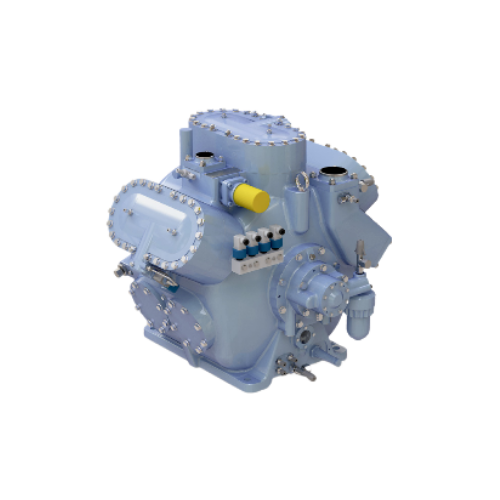
Compressors for Co₂ freezing applications
Optimize your cooling and heating processes with advanced reciprocating compress...
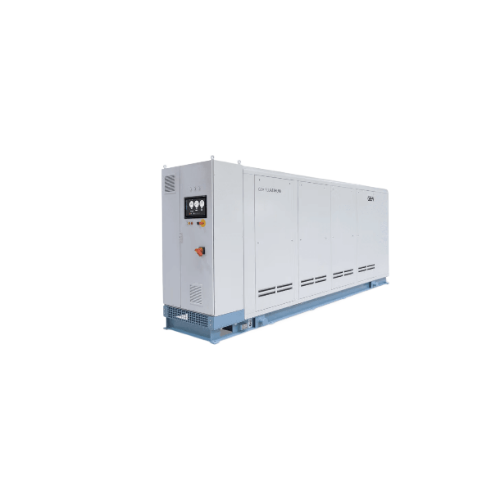
Compact industrial chiller for small spaces
Optimize your space and energy use with this chiller, designed for seamless in...
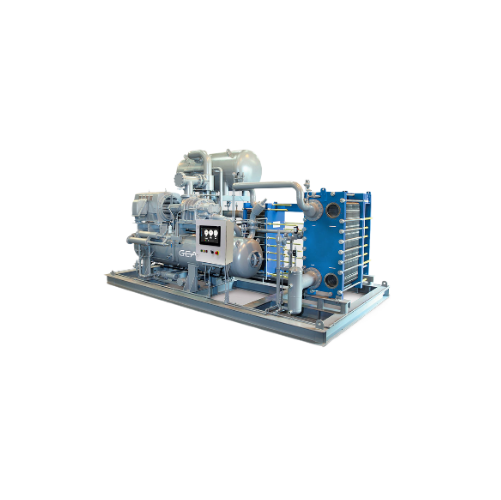
High-efficiency ammonia chiller package for industrial applications
Optimize your cooling and refrigeration processes w...
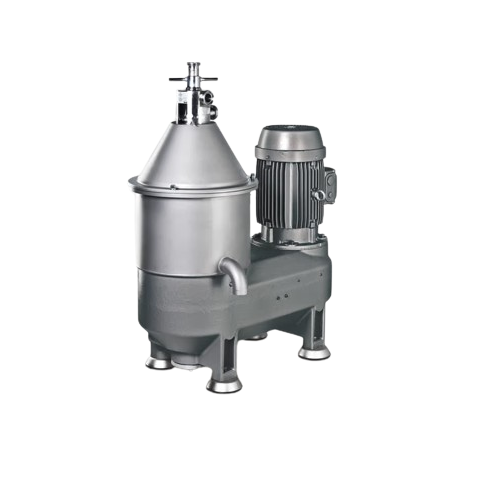
Solid-wall bowl separators for milk & whey
Achieve precise skimming and standardizing of milk and whey with this advanced ...

Clarifying decanters for cheese curd production
Achieve precise separation and clarification of cheese curds, casein, and ...
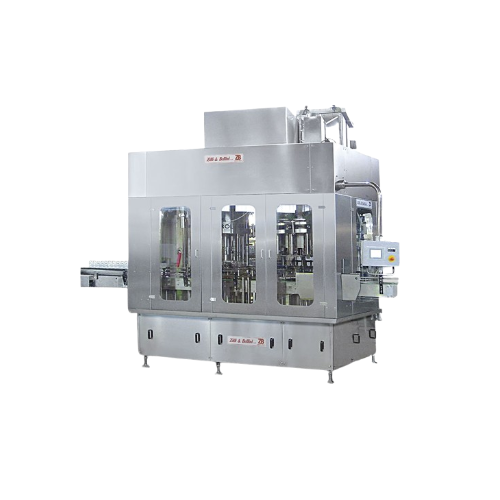
Ultraclean filling monoblocks for food industry
Enhance product safety and quality with monoblocks designed for ultraclean...

Internal wort boiler for precision boiling in brewing
Achieve consistent wort quality with precision boiling, designed to...
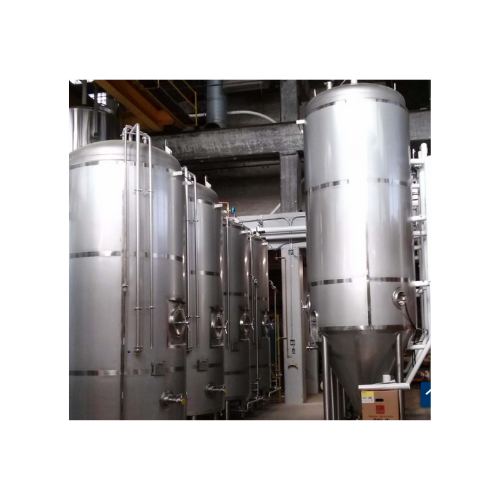
Bright beer tanks for breweries
Enhance your beverage production with precise carbonation and conditioning, ensuring excepti...
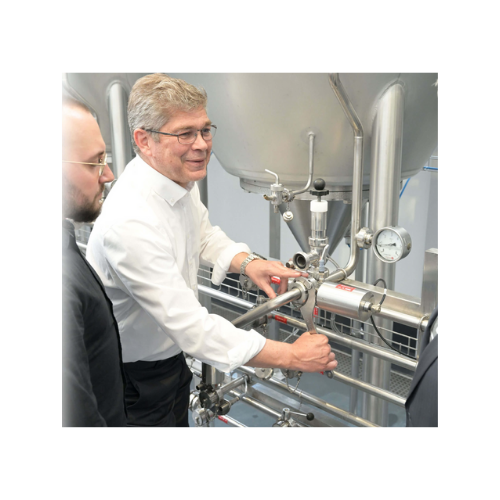
Cold block process technology for breweries
Optimize your fermentation and storage with integrated cold block process tech...
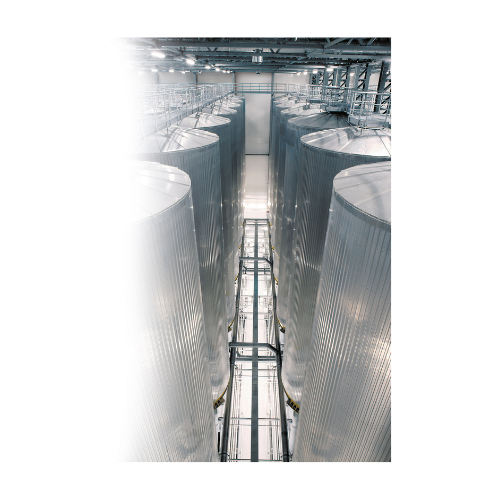
Fermentation and storage solutions for breweries
Enhance your brewing process with robust fermentation and storage tanks d...
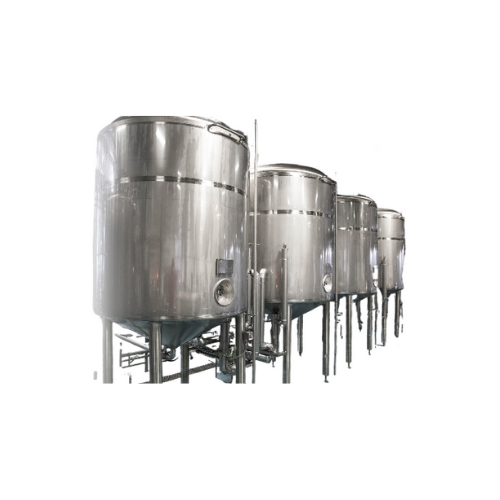
Yeast management for brewing high-quality beer
Ensure consistent beer quality and optimize your brewing process with advan...
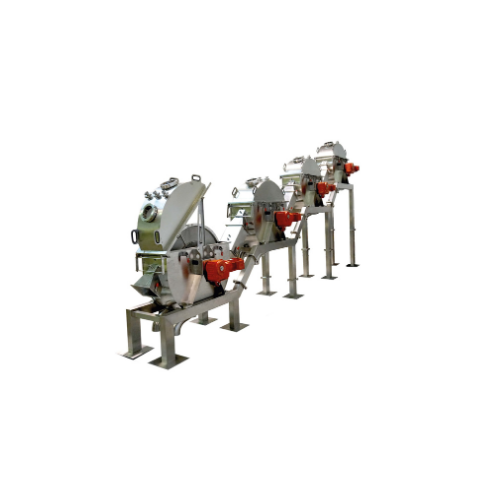
Continuous mash filtration system for breweries
Optimize your production line with continuous mash filtration that revolut...
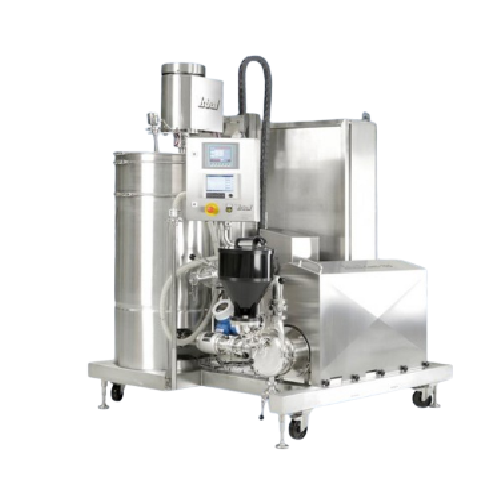
Inline disperser for food production
Quickly achieve stable, agglomerate-free dispersions and emulsions with minimal manual...
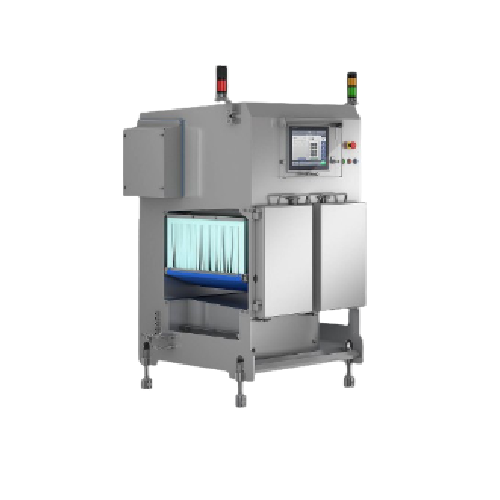
X-ray inspection system for wet environments
Ensure unparalleled product inspection under extreme cleaning conditions with...
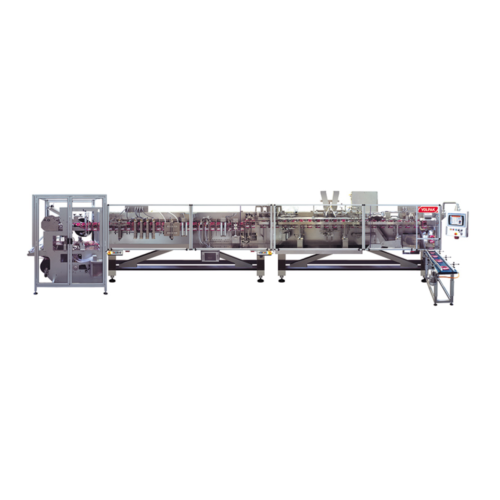
Stand-up pouch filling and sealing system
For packaging lines that demand quick, efficient, and flexible pouching, this hi...
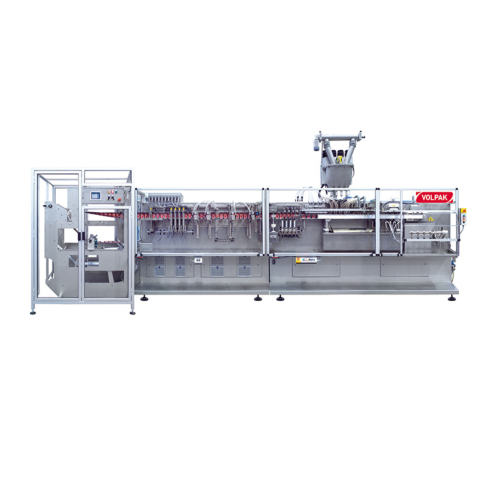
Horizontal flat pouching system for up to 180ml capacity
Optimize your packaging process with a high-speed solution desig...

Continuous stand-up pouching solution for up to 1000ml
Maximize efficiency in high-speed production lines with precise st...
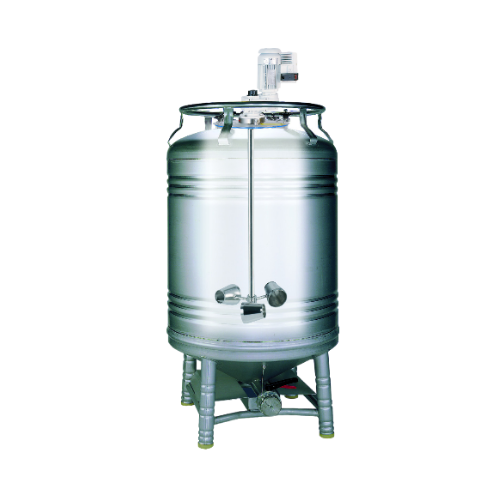
Mobile stainless steel tank agitator for various industries
Optimize liquid blending processes with this mobile tank agi...
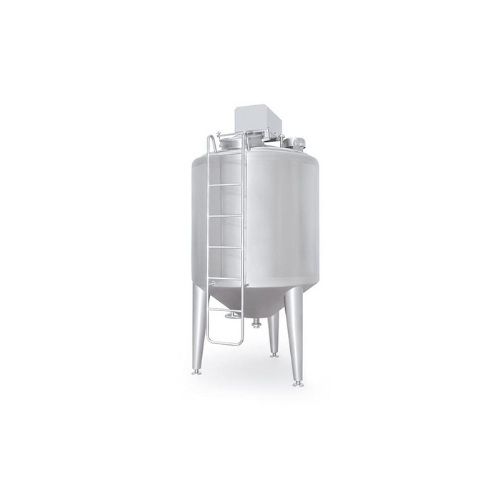
Stainless steel milk storage tank
Optimize your dairy production with robust stainless steel milk storage that ensures hygi...
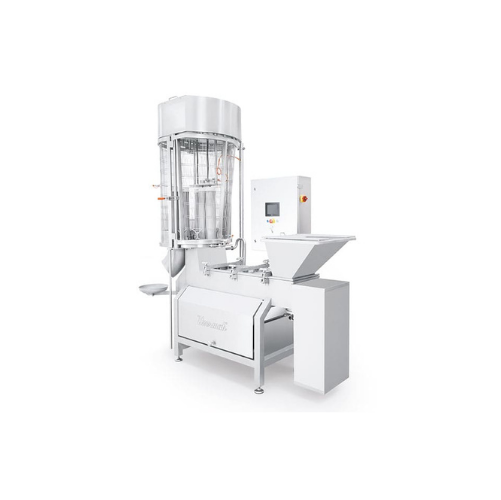
Cheese moulder for cylindrical portions
Ensure precise portioning and molding of cheese into cylindrical forms, enhancing y...
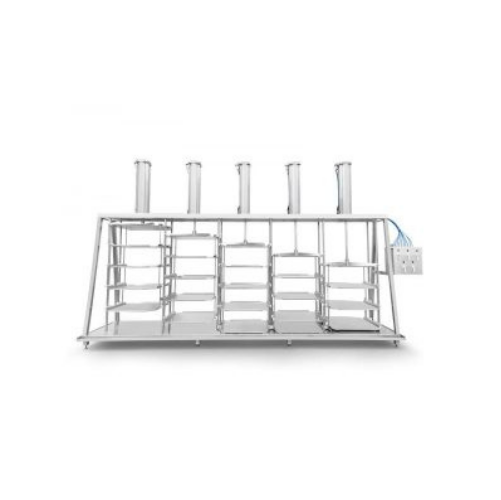
Industrial pressing system for convenience food
Optimize your production line with a versatile pressing system, designed t...
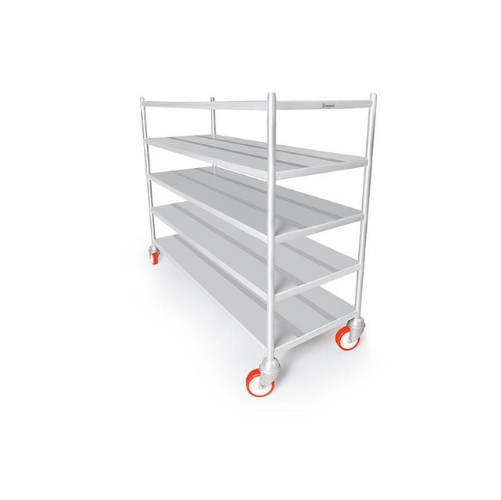
Stainless steel trolley for industrial use
Streamline material handling and storage in food processing operations with a v...
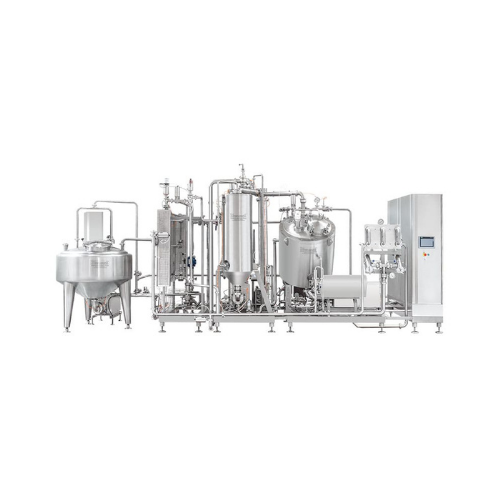
Uht system for processed cheese
Ensure the extended shelf life and freshness of various cheese products with precise ultra-h...
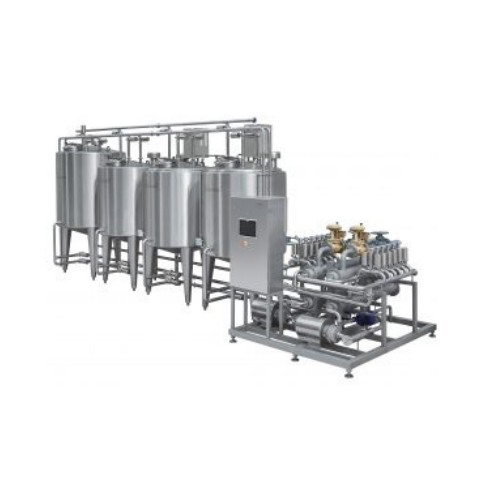
Clean-in-place (cip) system for sanitation processes
Ensure thorough sanitation in your production line with a streamline...
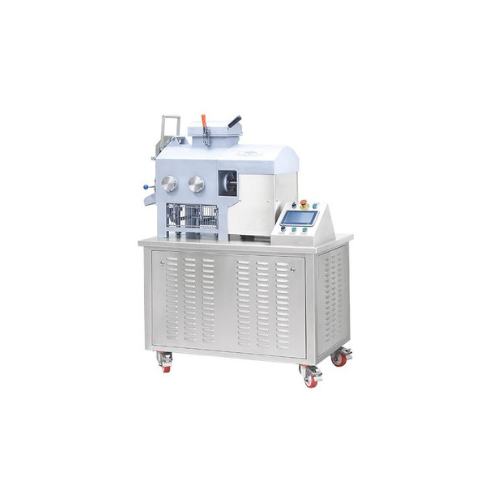
Steam cooker and stretcher for cheese processing
Optimize your cheese production with a versatile solution designed to eff...

Steam cooker and stretcher for cheese production
Easily integrate versatile steam cooking and stretching to enhance your c...
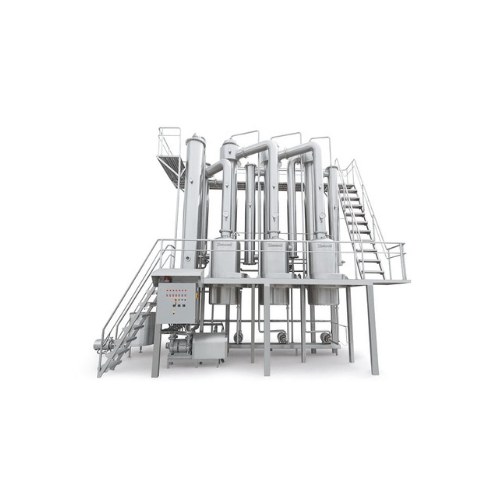
Falling film evaporator for food processing
Optimize your liquid concentration process with a vacuum-operated system desig...
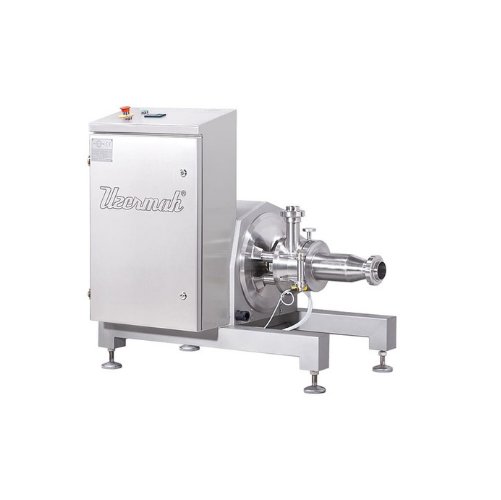
Inline mechanical homogenizer for food processing
Achieve precise particle size and uniform texture in your emulsions and...
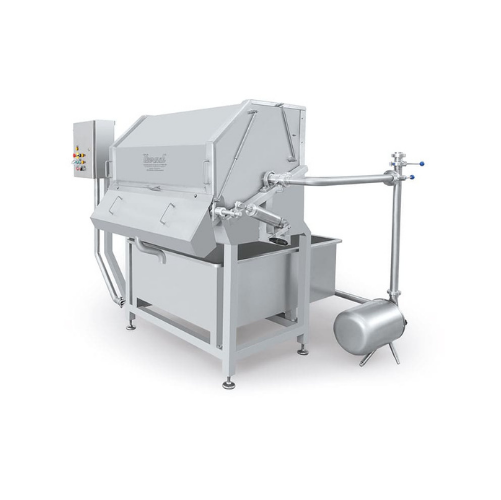
Industrial filter drum for whey extraction
Streamline your cheese production with a rotary drum filter designed to efficie...
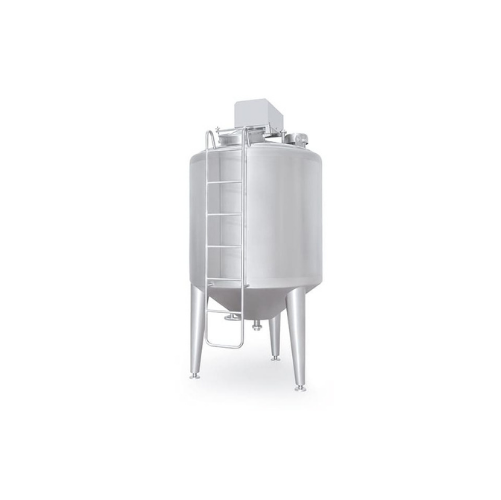
Industrial buffer tank for temperature and texture control
Achieve precise temperature control and optimal texture with ...
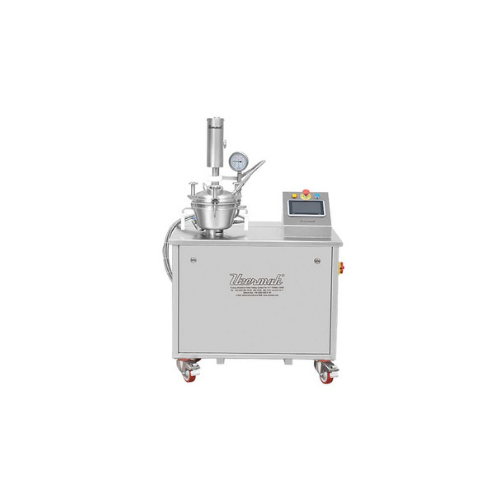
Multifunctional industrial food mixer
Efficiently handle complex food processing tasks from mixing to homogenizing with a m...
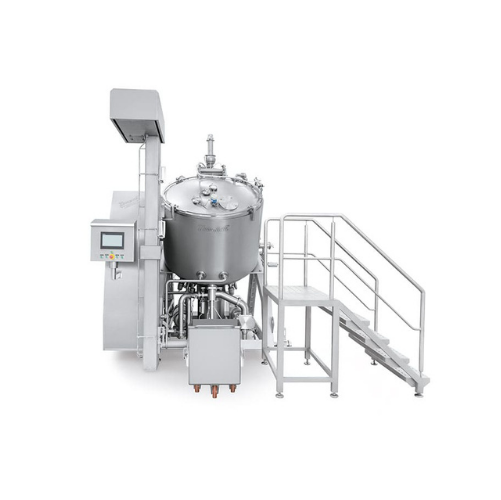
Multifunctional industrial mixer for processed cheese and sauces
Optimize your batch production with a versatile solutio...
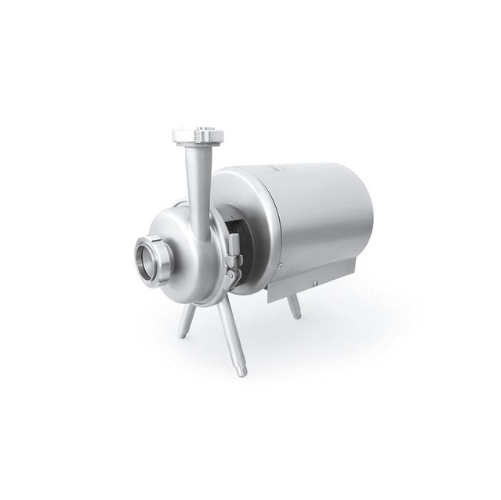
Stainless steel centrifugal pump for liquid transfer
Optimize your food and dairy production with a reliable centrifugal ...
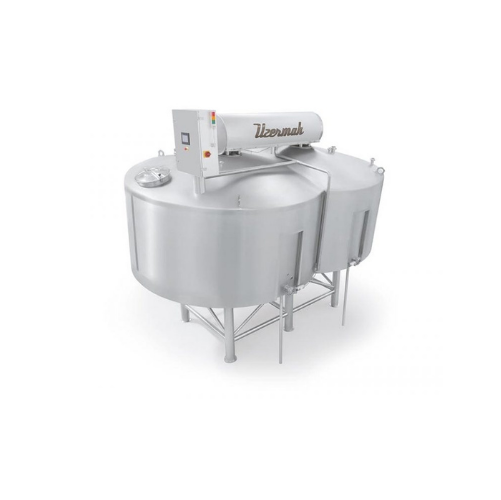
Cheese vat for various cheese types production
Optimize curd formation and whey separation for diverse cheese types with a...
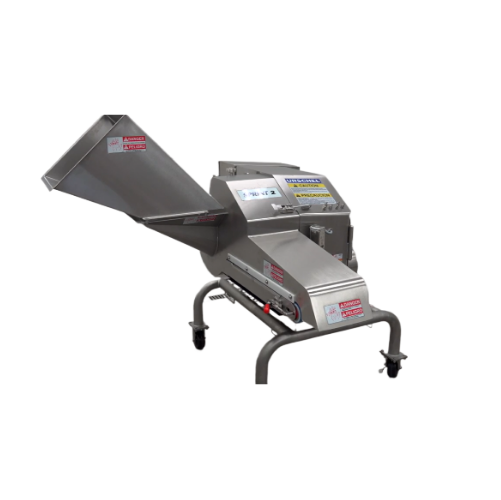
High-performance food dicer for precision cuts
Achieve unparalleled precision in slicing and dicing a variety of food prod...
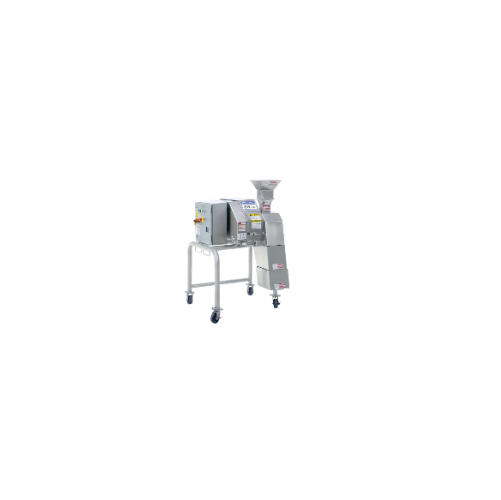
High-capacity industrial dicer for vegetables and fruits
Streamline your food processing line with a high-capacity soluti...
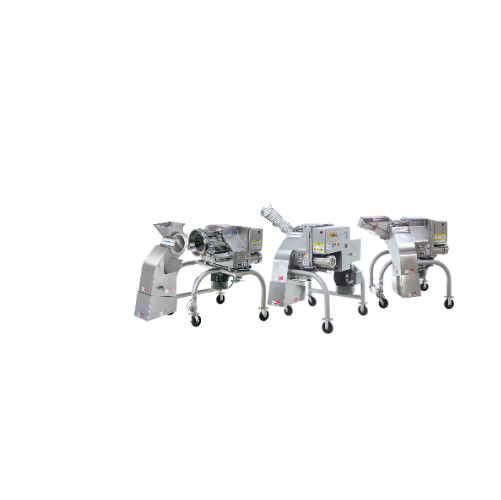
Industrial food dicer for high-fat and cold-temperature products
Achieve precise and consistent cutting with a high-capa...
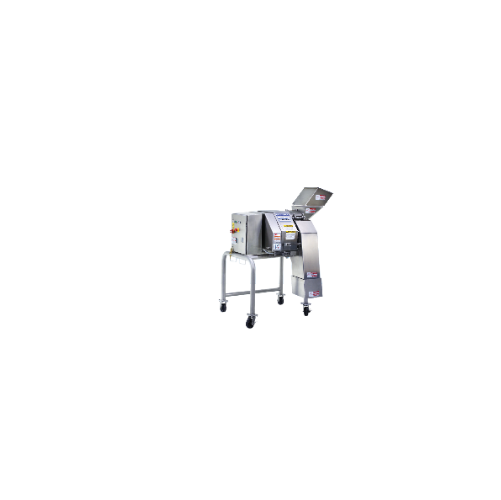
Precision cheese dicer for small to mid-range cuts
Efficiently transform cold-temperature cheeses into precision cuts wit...
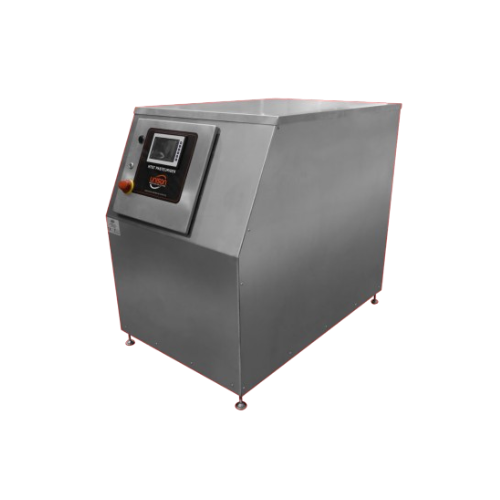
High performance industrial pasteurizers
Enhance your liquid processing with fully autonomous pasteurizers that ensure opti...
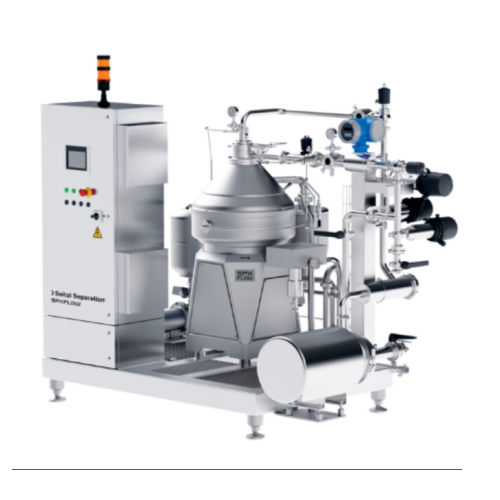
Centrifugal separators for liquid/liquid/solid separation
Achieve efficient separation and clarification for diverse app...
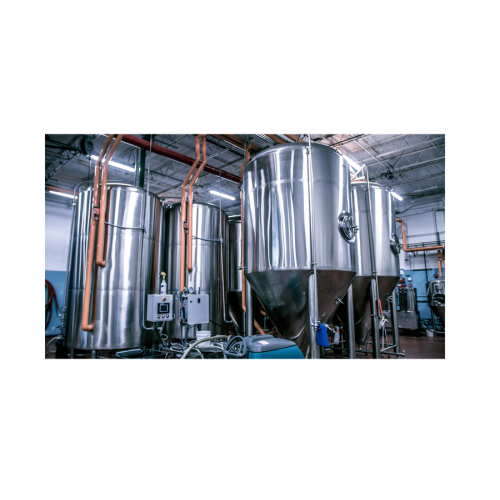
Turnkey stainless steel tanks
Optimize your liquid processing with versatile stainless steel tanks designed for efficient st...
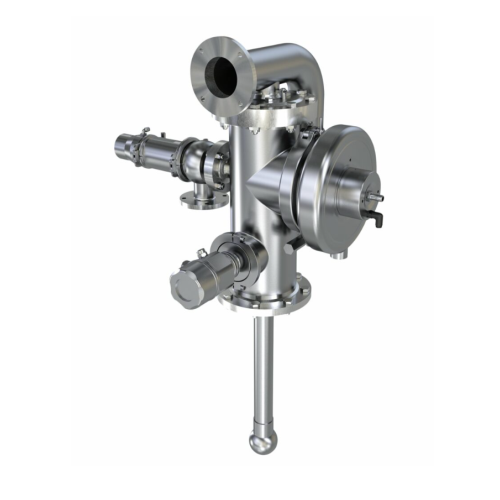
Vessel dome fittings for tank protection
Ensure seamless production by preventing tank damage due to overpressure or vacuum...
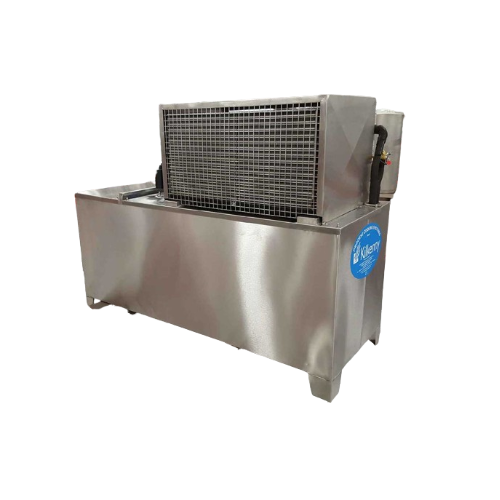
Industrial chiller systems for processing cooling
Optimize your production line with advanced chiller systems designed to...
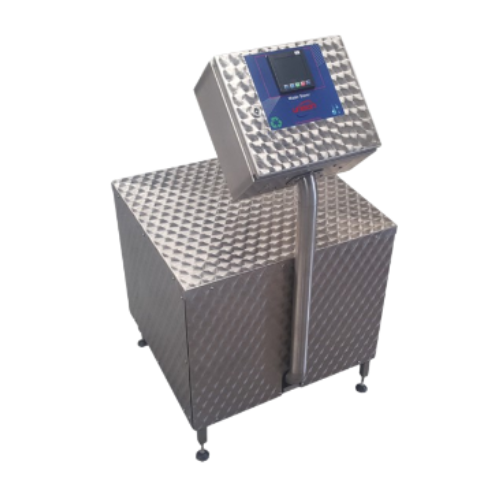
Industrial water recycling system
Reduce excess water consumption in your process line by recycling and reusing up to 96% o...
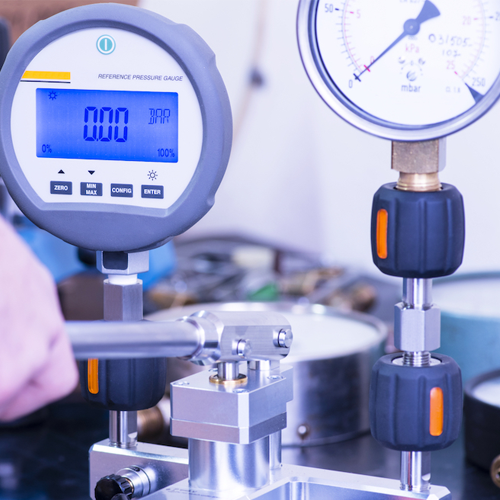
Instrumentation calibration services for accurate measurements
Ensure precise control over your production variables by ...
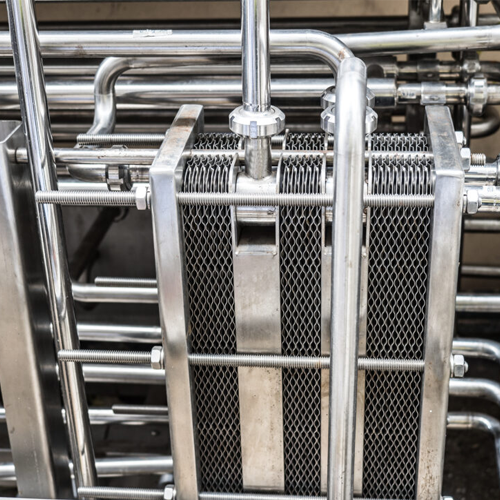
Hygienic plate heat exchanger
Optimize temperature control for liquid processing with precision-engineered heat exchangers, ...
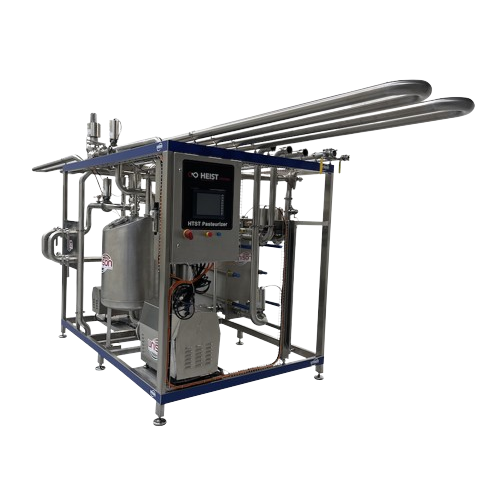
Holding time verification for pasteurizers
Ensure your pasteurized products meet safety standards by verifying they’...
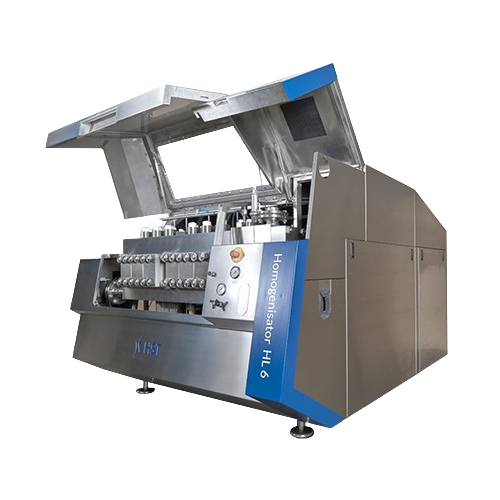
Industrial homogenizers for liquid processing
Achieve consistent product quality and energy efficiency in liquid processin...
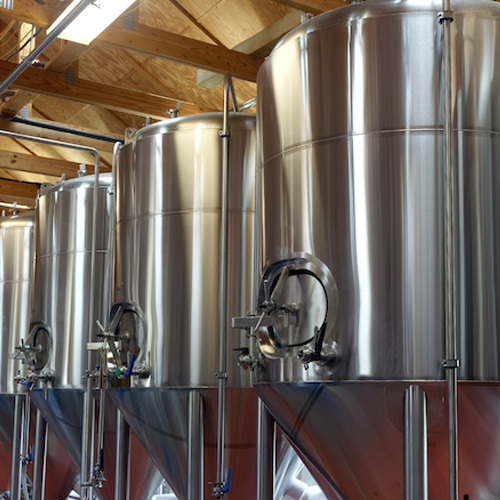
Storage tank integrity testing
Prevent costly contamination and streamline your operations with advanced tank integrity test...
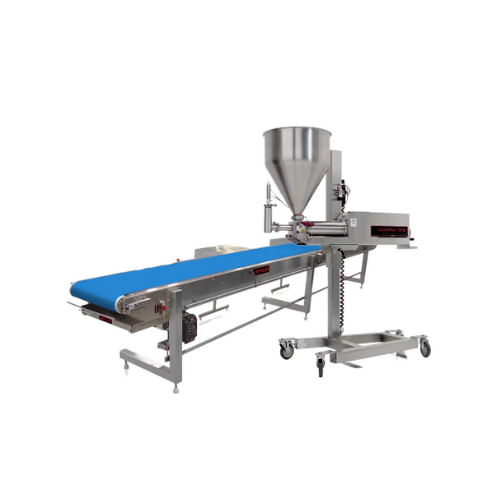
Parfait production line equipment
Optimize your dessert production with advanced depositing technology, perfect for creatin...

Aseptic filler for fruit juices and purees
Ensure product integrity and shelf stability with a versatile filler designed t...
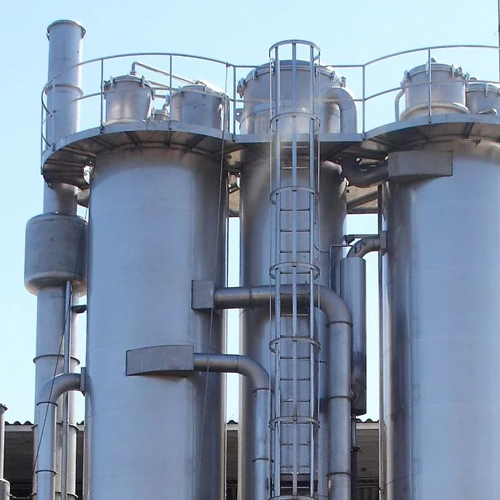
Falling film concentrators for low viscosity fruit juices
Achieve high concentration levels in fruit and dairy products ...
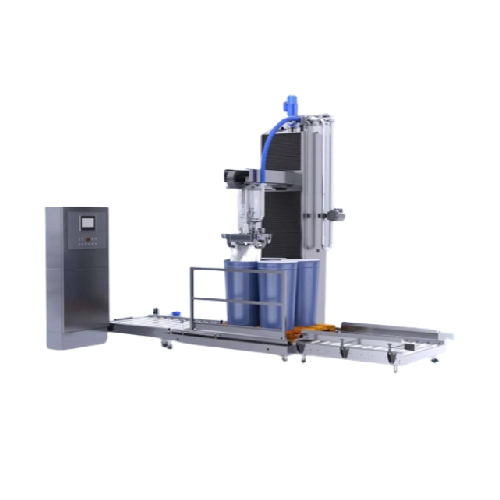
Aseptic filler for various liquid and semi-liquid food products
For manufacturers focused on quality, this aseptic filli...
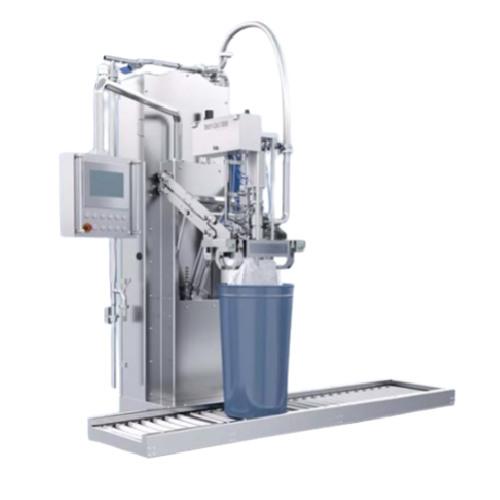
Aseptic filler for fruit juice and puree
Ensure optimal product safety and quality with this aseptic filler, designed to ha...
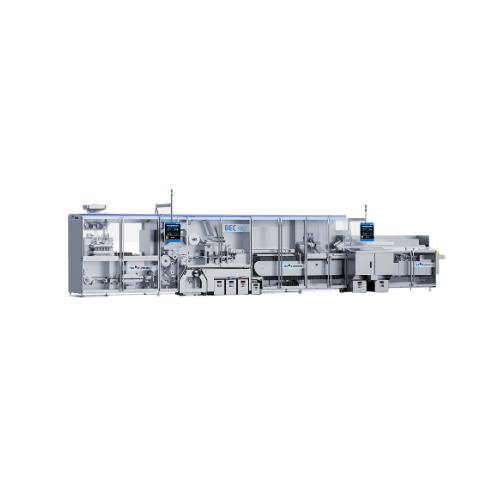
Semi-automatic butter bulk filling system
Optimize your dairy production with a seamless butter packaging solution that en...
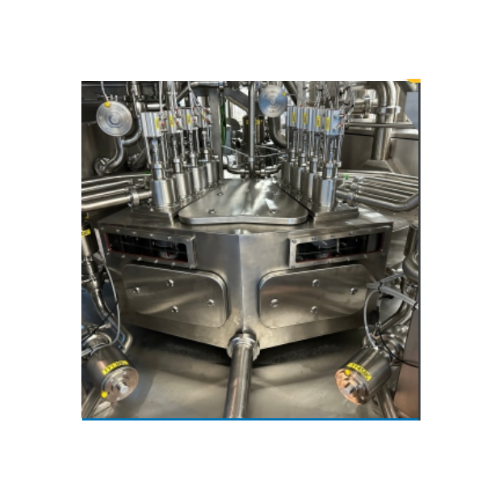
In-line filling and closing system for pre-formed containers
Looking to enhance production efficiency with a solution th...
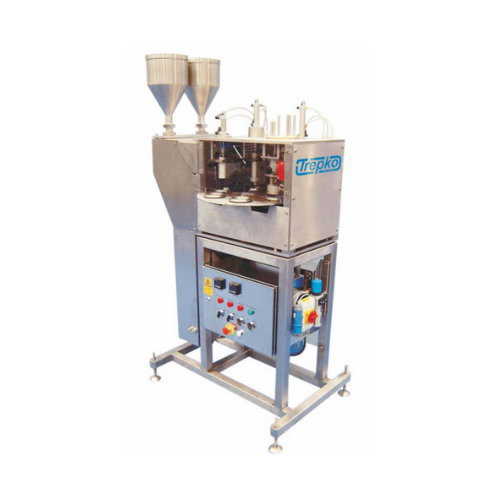
Rotary cup filling and closing system
Maximize production efficiency with a system that offers precision filling and secure...
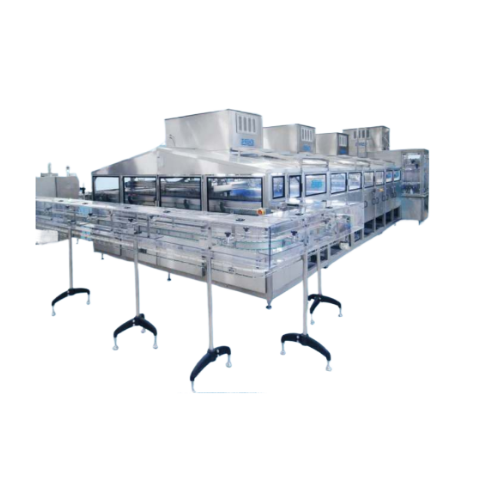
Semi-automatic filling and closing system for pre-formed containers
Streamline your packaging process with reliable sem...
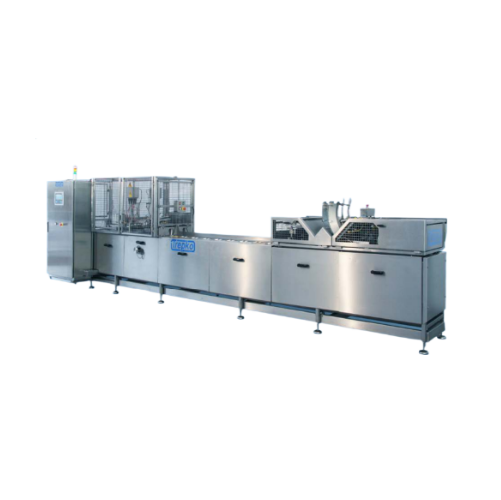
Automated filling and coagulation line for u.f. white cheese
Enhance your cheese production with a state-of-the-art syst...
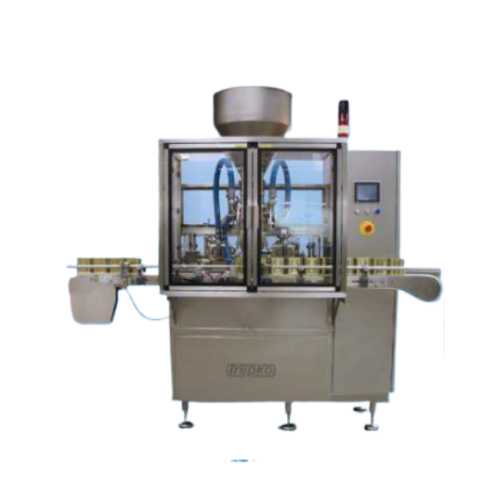
Pre-formed container filling system for multi-layer products
Efficiently handle a diverse range of products with this fl...
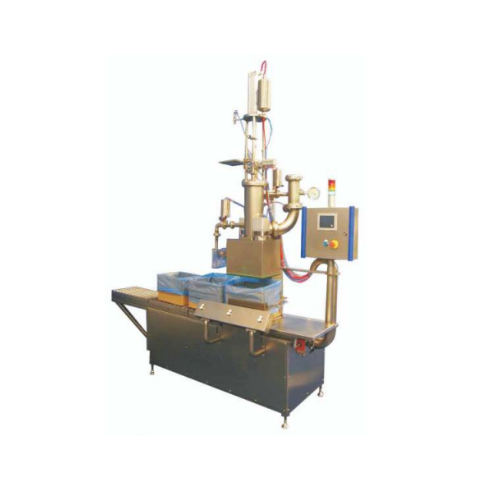
Glass jar filling system for processed cheese
Streamline your production line with a robust, high-speed filling solution d...
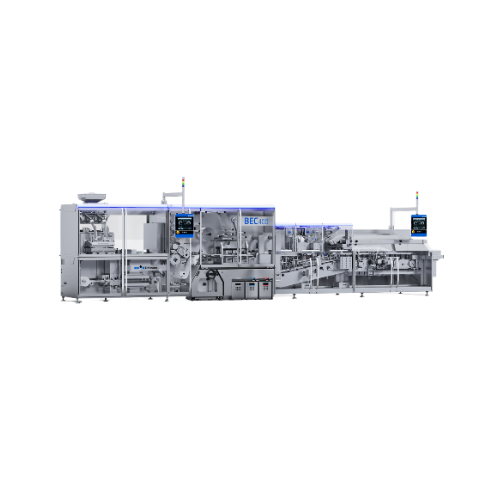
Fully automated packaging lines
Streamline your production with versatile packaging lines designed to handle a range of good...
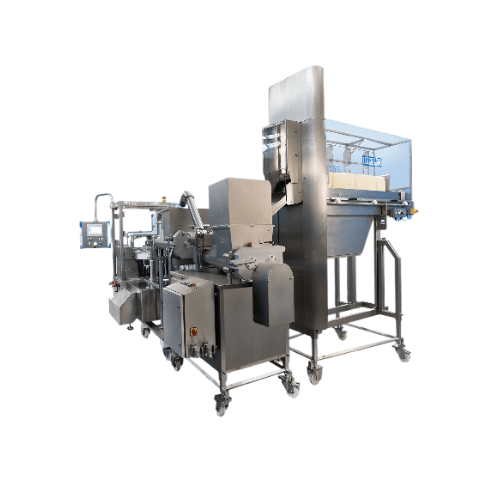
Butter and margarine homogenizer
Optimize your butter and margarine production by seamlessly restoring the texture of frozen...
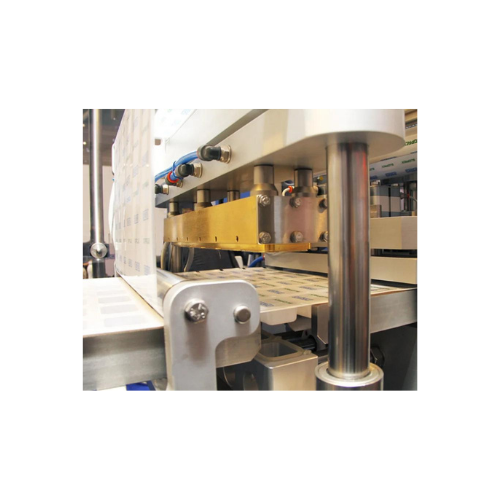
Butter block cutting system
Effortlessly transform large, unwieldy butter blocks into precise, uniform pieces for seamless p...
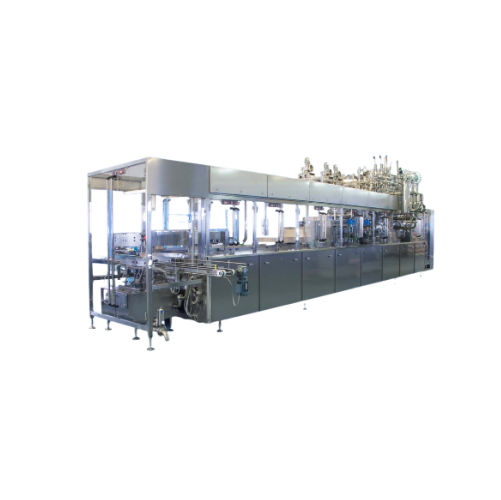
Forming, filling, and sealing system for liquid food products
Achieve precise portion control and versatile packaging wi...
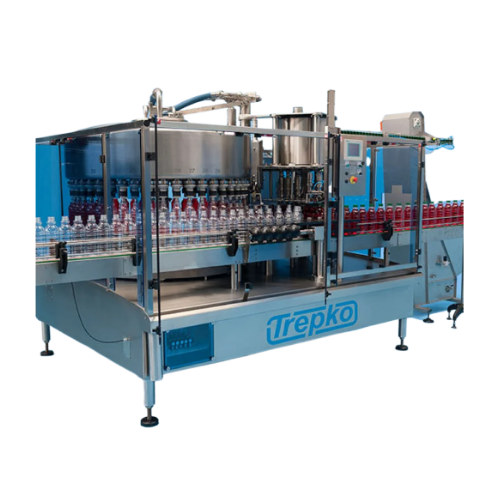
Bottle filling system for diverse specifications
Optimize your bottle-filling operations with a modular system that seamle...
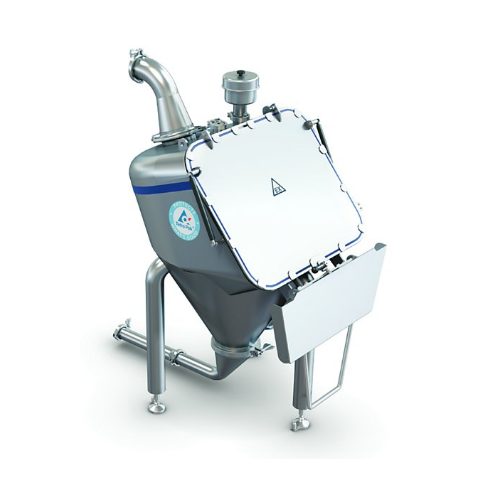
Bag tipping unit for Cip processes in powder handling
Ensure seamless powder handling and high hygiene standards in your ...
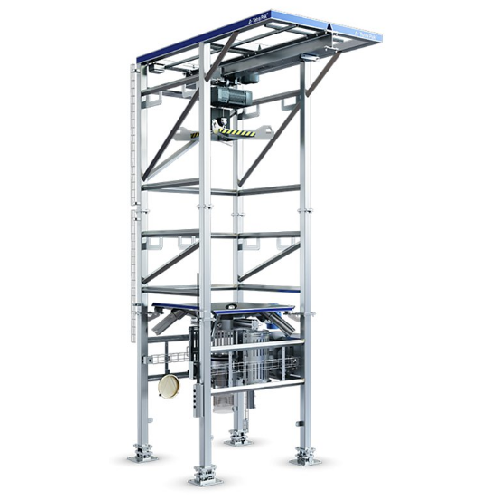
Big bag discharger for powder handling
Effortlessly discharge large bags of powdered ingredients with a modular, safe syste...
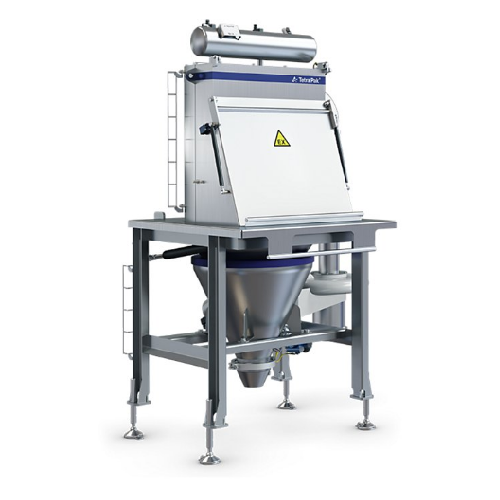
Manual bag tipping unit for powder handling
Ensure a contamination-free environment with a compact manual bag tipping unit...
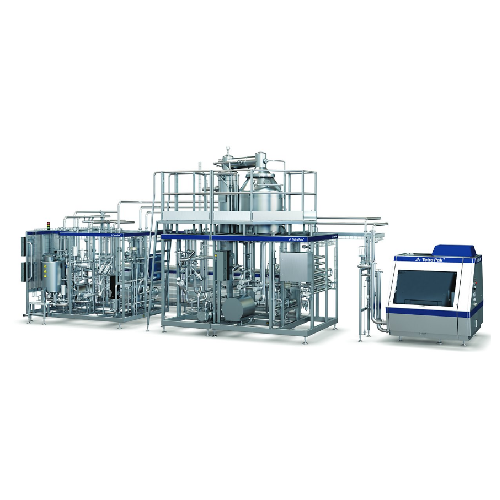
Direct Uht treatment for liquid foods
Optimize aseptic production with advanced UHT technology to preserve nutritional valu...
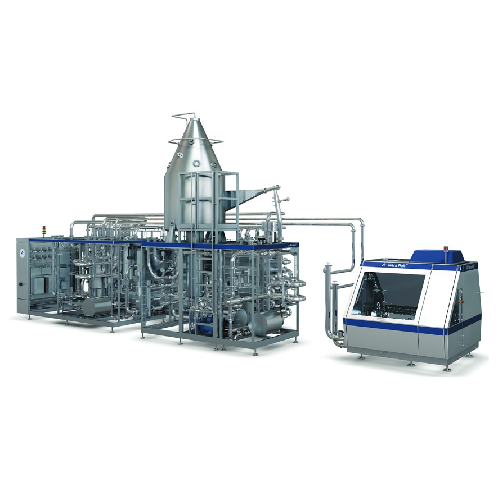
Direct Uht processing for heat-sensitive liquid products
Achieve optimal taste and nutritional value in liquid foods thro...
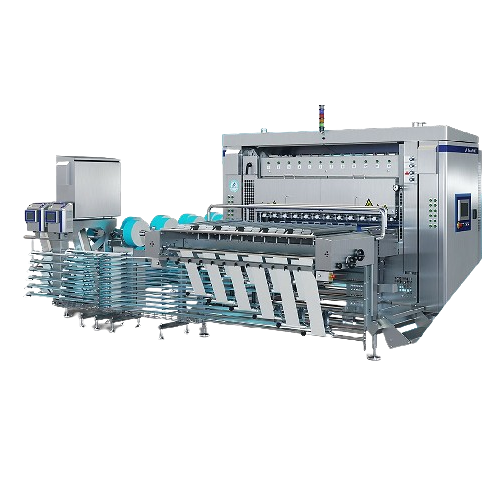
Multilane wrapper for ice cream products
Achieve seamless ice cream wrapping with precision tension control and high-speed ...
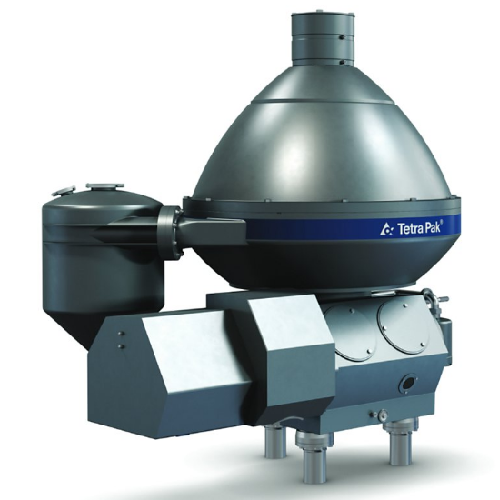
Milk skimming separator
Achieve superior separation efficiency and reduced energy consumption in dairy processing with seamle...
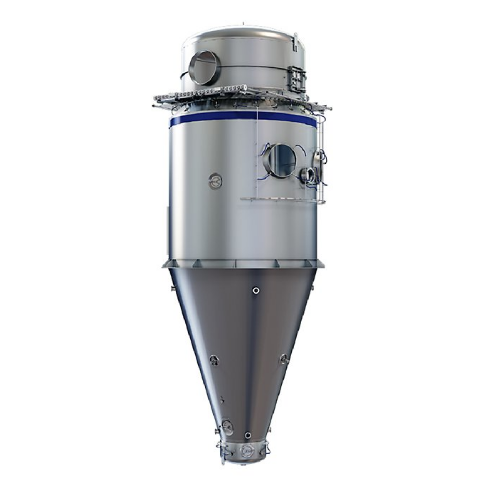
Industrial bag filter for powder collection efficiency
For producers seeking to enhance powder yield while minimizing emi...
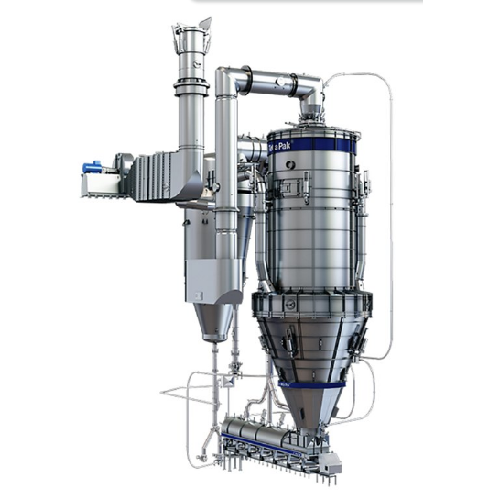
Spray dryer for heat-sensitive powders
Ensure high-quality drying of heat-sensitive powders, producing non-caking and non-h...
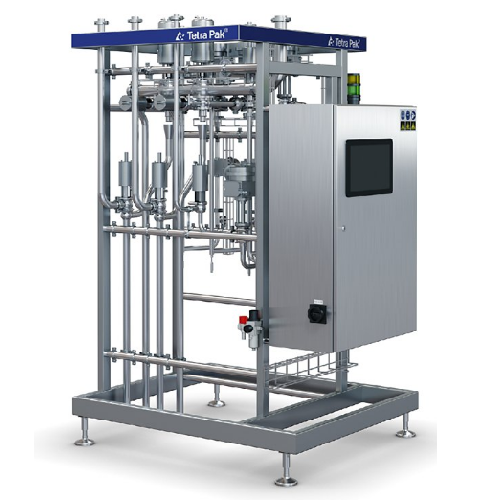
Automatic milk standardization unit
Achieve precise control over milk’s fat, protein, and solids content, reducing cr...
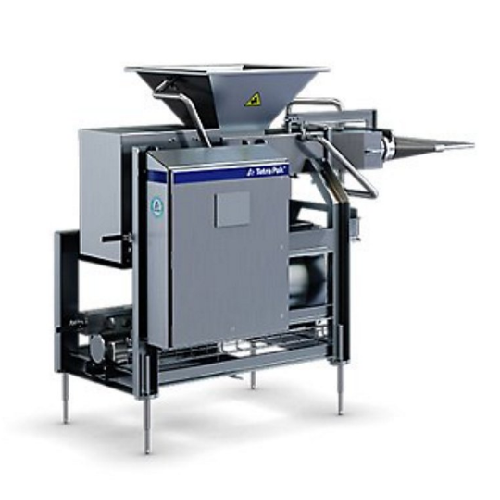
Extruder for string cheese production
Efficiently process pasta filata cheeses into uniform shapes with precise temperature...
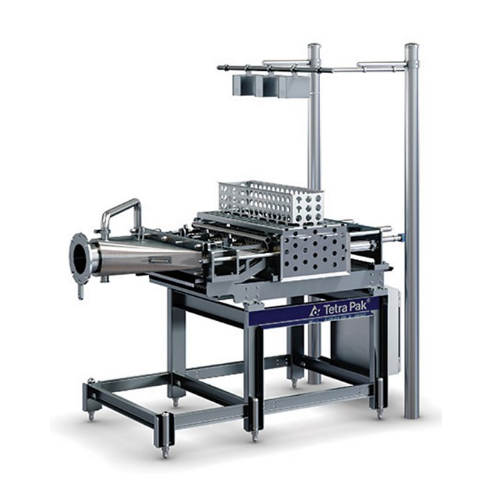
Precision moulding and cutting for pasta filata string cheese
Eliminate variations in string cheese production with prec...
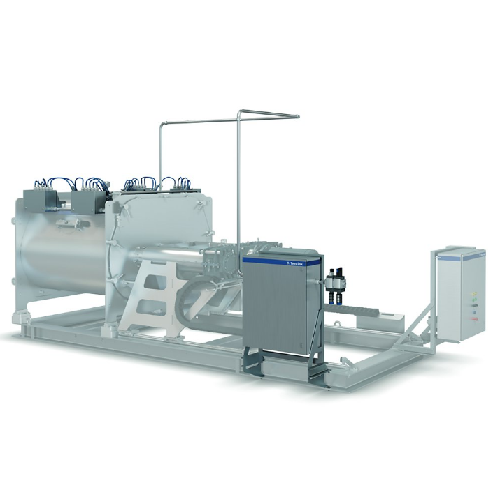
Air jet cleaning system for powder production
Eliminate water and chemical use while maximizing production efficiency with...
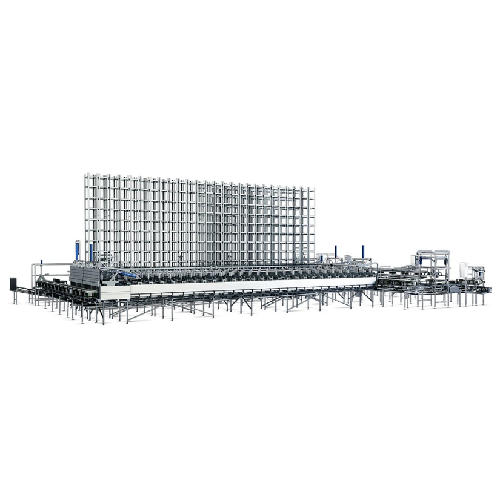
Cheese mould handling system for semi-hard and hard cheeses
Streamline your cheese production with an advanced system de...
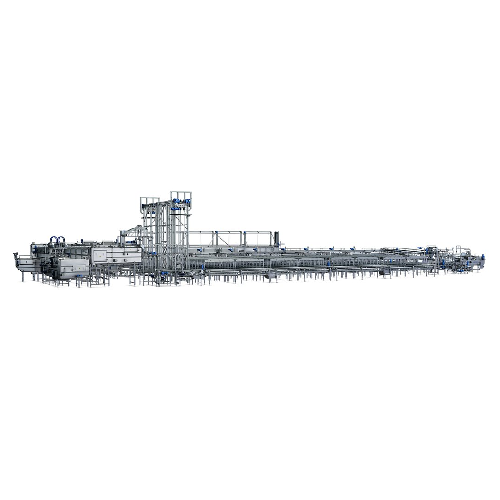
Whey tray system for cheese pressing
Optimize cheese production with an innovative system that efficiently presses semi-har...
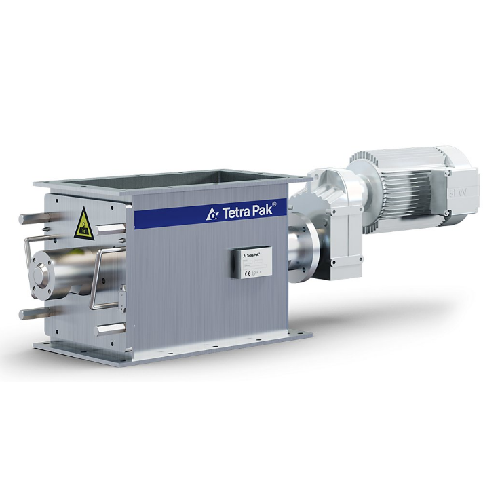
Lump breaker for dry powders and granulates
Optimize the consistency of your production line by efficiently breaking up lu...
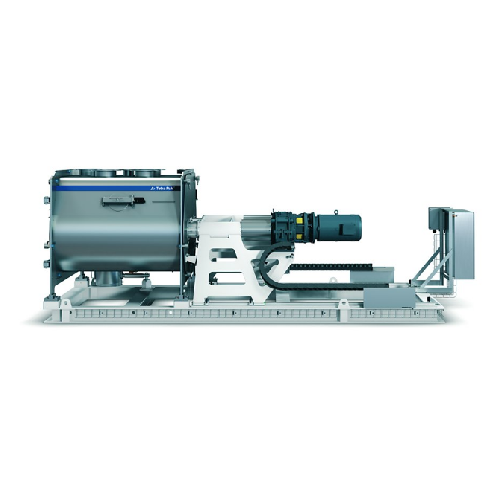
Industrial powder mixer for food production
Enhance your production line with a high-speed batch mixer designed for precis...

Conical homogenizer for powder and granulated products
Achieve seamless homogenization of diverse powders and granulated ...
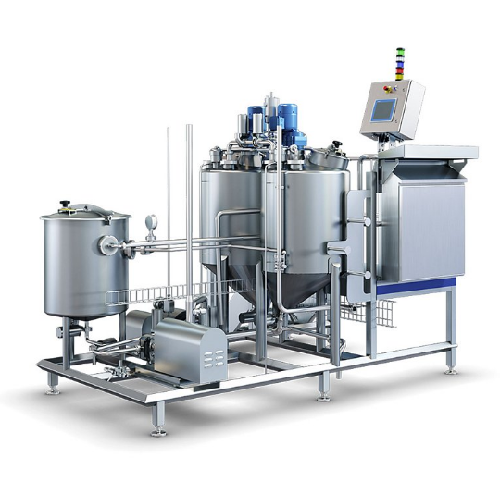
Gdl and rennet dosing solution for white cheese production
Optimize white cheese production by dramatically reducing aci...
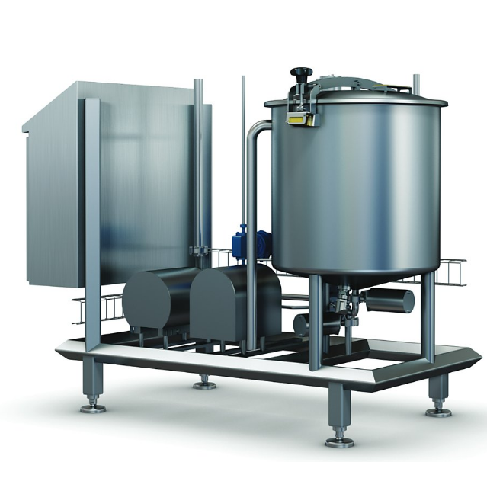
Inline white cheese rennet dosing unit
Optimize your cheese production with precise rennet dosing, ensuring consistent and ...
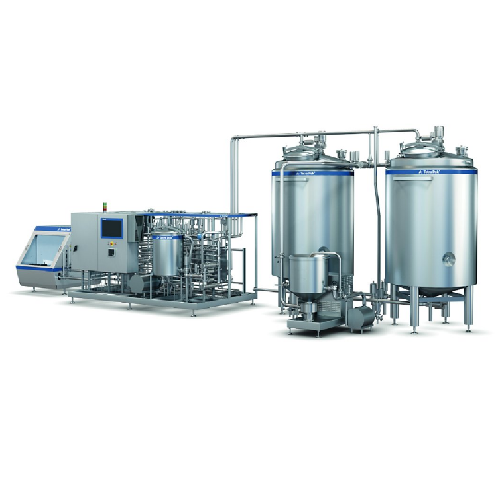
Ice cream mix preparation unit
Streamline your ice cream production with a low-energy, high-speed mix preparation unit that ...
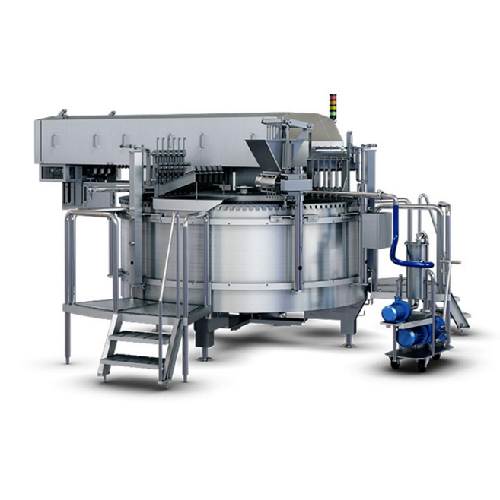
Rotary moulder for ice cream production
Achieve high-speed, precise ice cream moulding with seamless integration into your ...
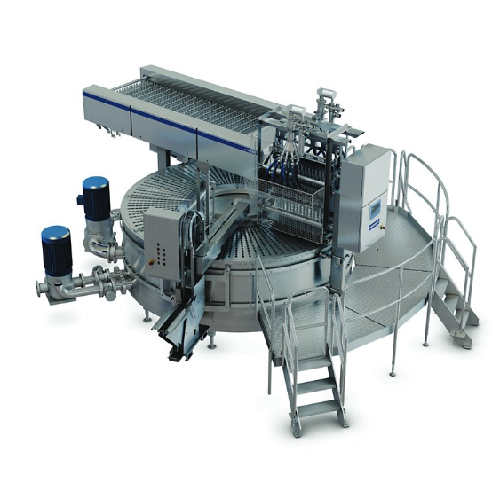
Ice cream rotary moulder 35 a2
Streamline your frozen treat production with high-capacity moulding that supports a variety o...
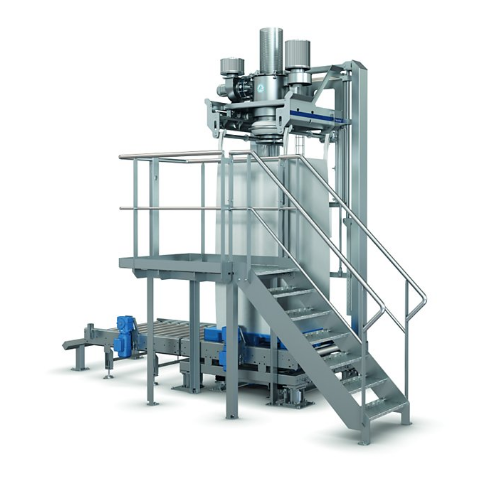
Big bag filler for granulated or powder components
Ensure precise and dust-free filling of large bags with a unit designe...
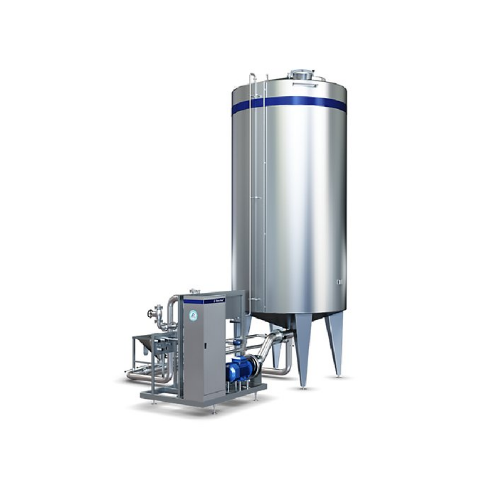
Batch dissolver for crystalline sugar and dextrose
Streamline your ingredient preparation with high-capacity batch dissol...
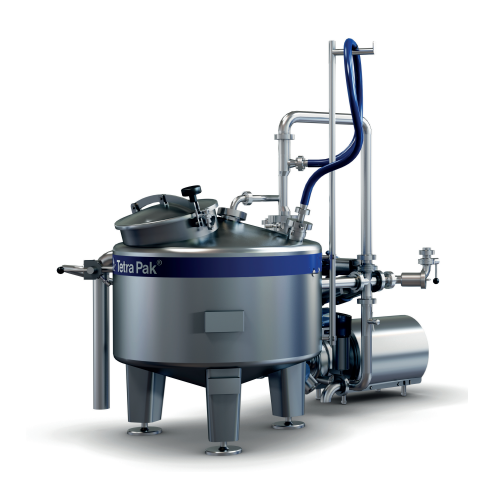
Ingredient dissolver for small batch processing
Optimize your mixing processes with a versatile dissolver designed for eff...
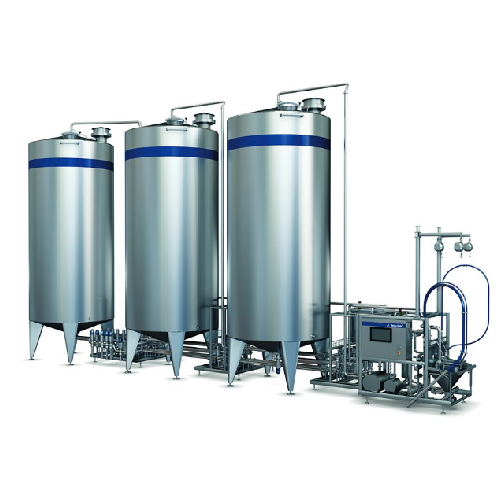
Syrup and beverage preparation system
Enhance your beverage production with a versatile solution that optimizes mixing, hyd...
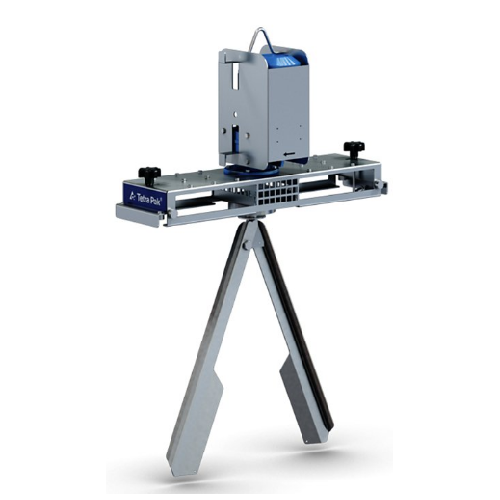
Agitator for Ibc containers
Achieve consistent and efficient mixing of various liquid products with this agitator, ensuring ...
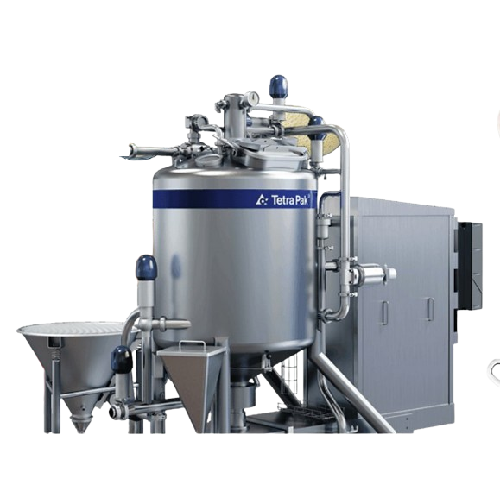
High shear mixer for emulsions and dispersions
Achieve precise emulsification and dispersion with advanced high-speed mixi...
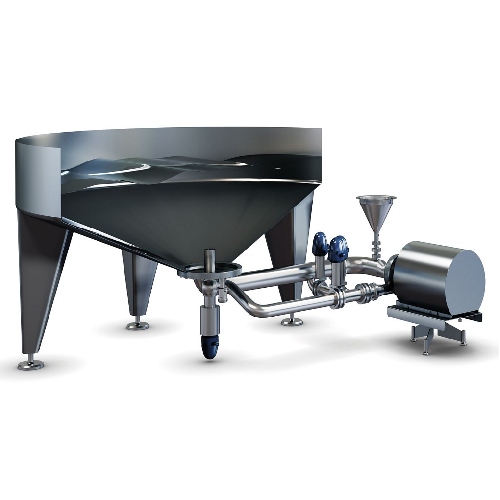
High-speed liquid mixing solution
Optimize your beverage mixing operations with a system that ensures even ingredient distr...
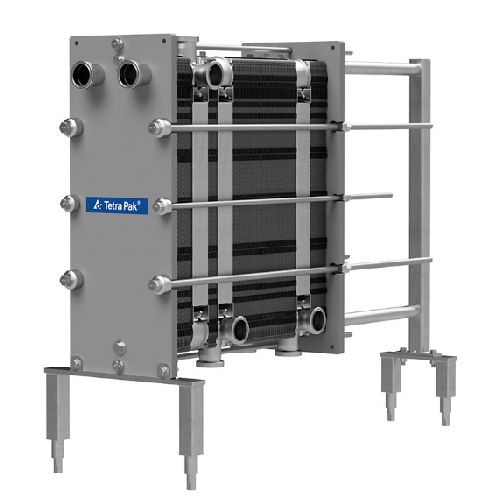
Plate heat exchanger for food products
Achieve precise temperature control in your processing line with this plate heat exc...
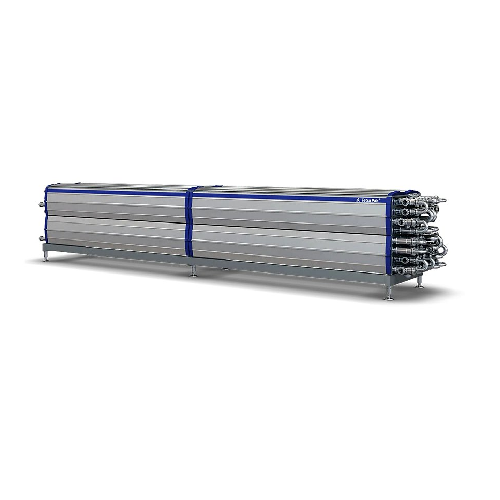
Tubular heat exchanger for food processing
Optimize energy consumption and ensure unparalleled food safety during heat tre...
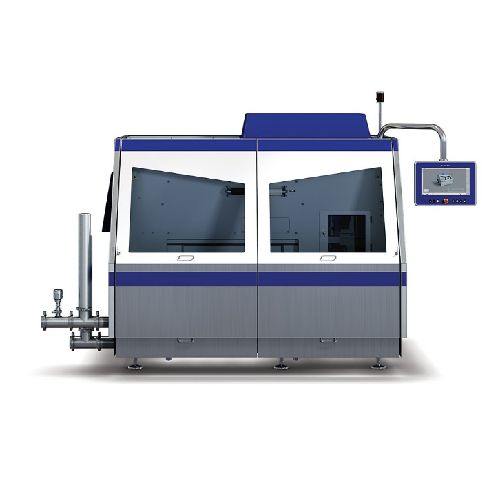
Homogenizer for high-capacity food processing
Achieve superior emulsification and suspension handling with this high-press...
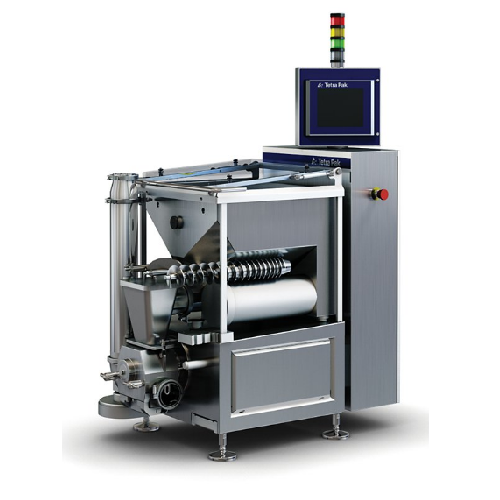
Ingredient doser for ice cream with large inclusions
Achieve precise and uniform inclusion of fruits, nuts, and candies i...
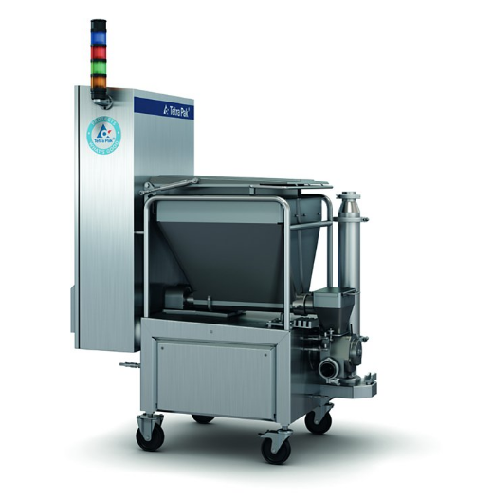
Ingredient doser for ice cream products
Ensure precise and consistent addition of ingredients like fruit pieces or cookie d...
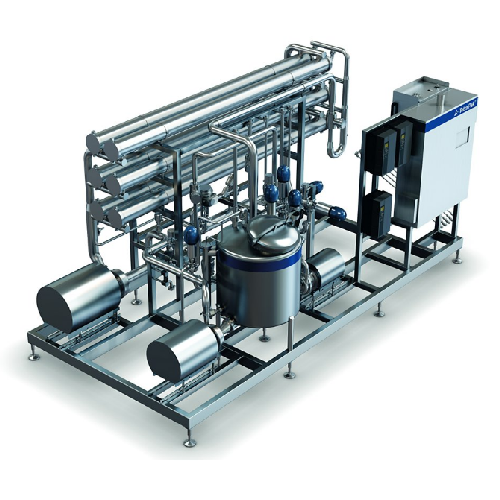
Ultrafiltration system for concentrating milk or whey proteins
Effortlessly concentrate milk and whey proteins into high...
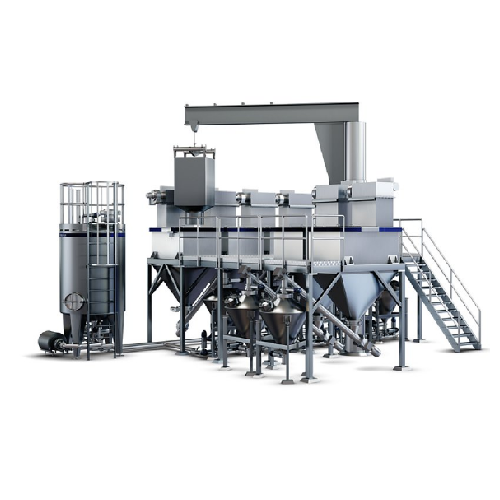
Autonomous ingredient dissolver for high-volume dry ingredient mixing
Efficiently mix multiple high volumes of dry ingr...
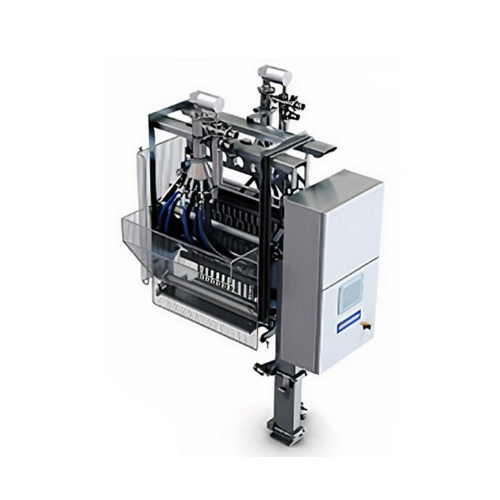
Volumetric bottom filler for ice cream
Achieve precise distribution and inclusion integrity in moulded ice creams and froze...
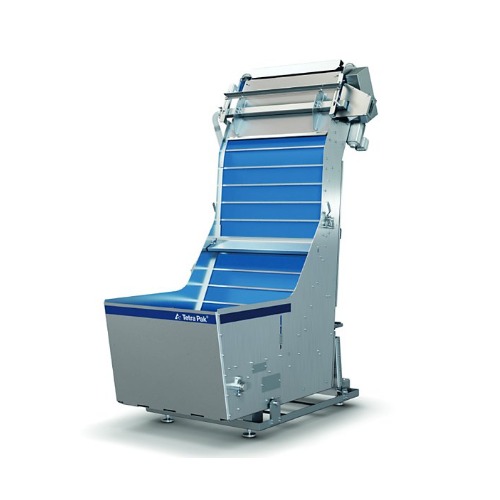
Lid unscrambler for unstackable lids in round containers
Streamline your packaging process with this lid unscrambler, eff...
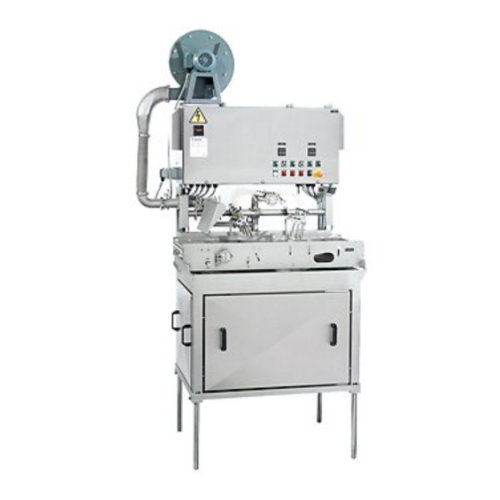
Chocolate enrober for ice cream products
Optimize your ice cream and dessert production with precise, high-speed enrobing a...
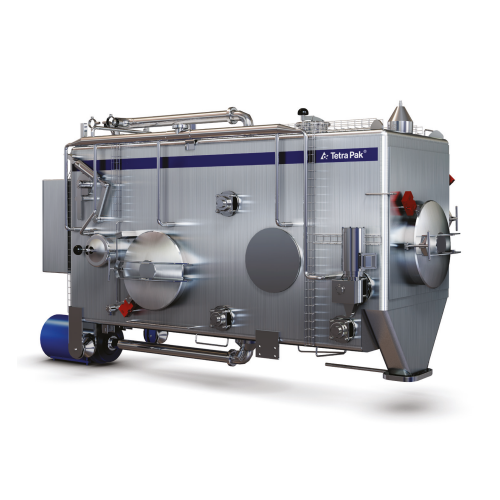
Cottage cheese curd drainer
Achieve optimal whey-free cheese production with this advanced drum drainer that ensures gentle ...
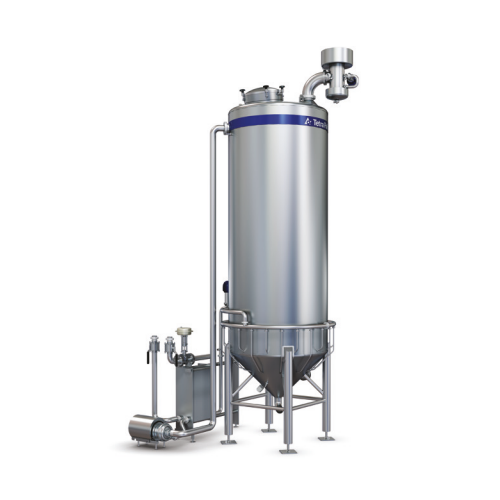
Cooling system for cottage cheese curd washing
Enhance your cheese production with a cooling tower designed for precise cu...
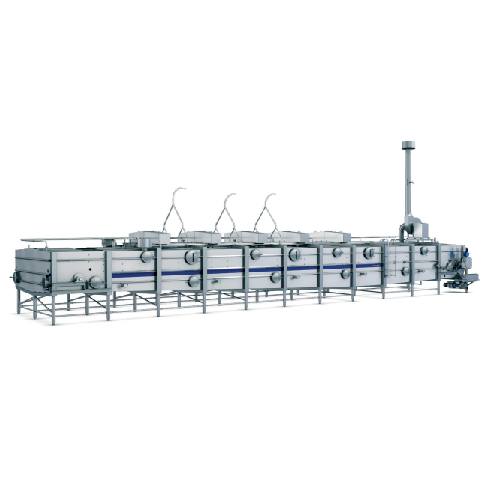
Salting mellowing conveyor for cheese curd
Achieve optimal salt distribution and retention in your cheese production with ...
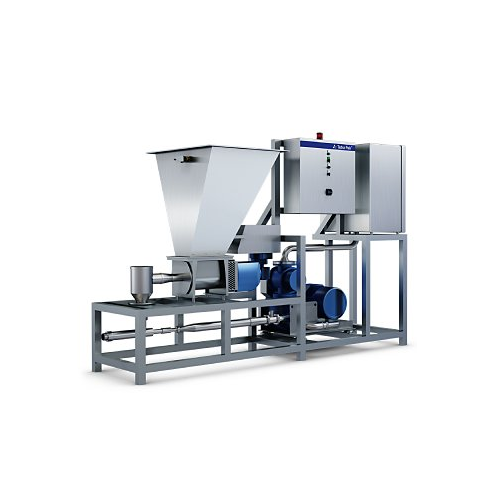
Cheese salt dosing unit
Optimize your cheese production with precise salt dosing, ensuring consistent flavor and quality in e...
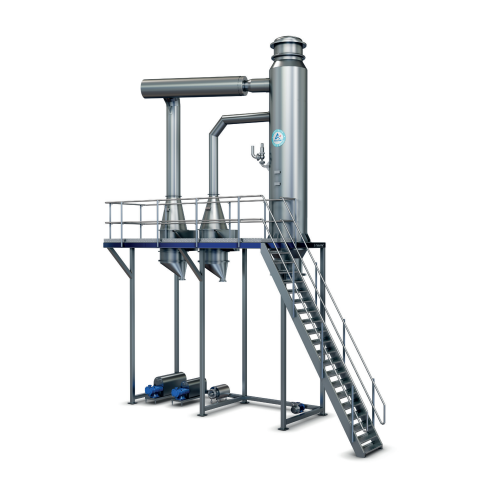
Continuous flash cooler for sweetened condensed milk
Optimize your production with a continuous cooling system, designed ...

Fresh cheese vat paddles for gentle curd preparation
Ensure optimal curd integrity and reduce product loss with advanced ...
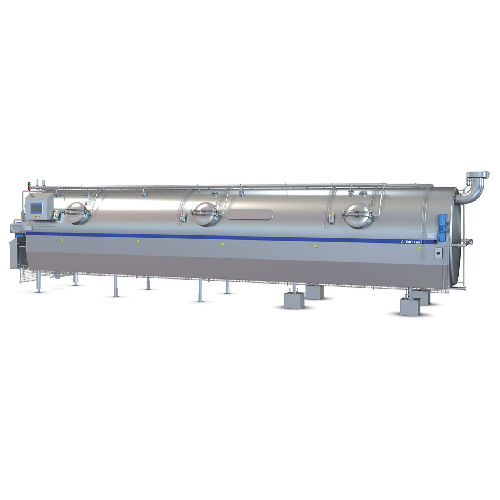
Cheese curd preparation vat for cottage cheese
Streamline your cheese production process with a high-efficiency vat tailor...
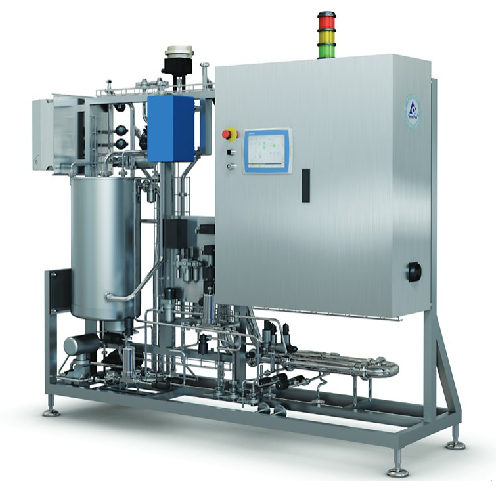
Aseptic dosing unit for enzymes and vitamins
Efficiently integrate precision ingredient dosing for enzymes and vitamins in...
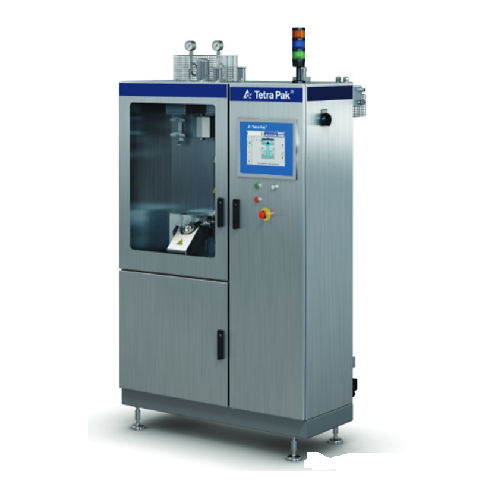
Aseptic dosing system for heat-sensitive ingredients
Enhance product quality and reduce ingredient waste by precisely inj...
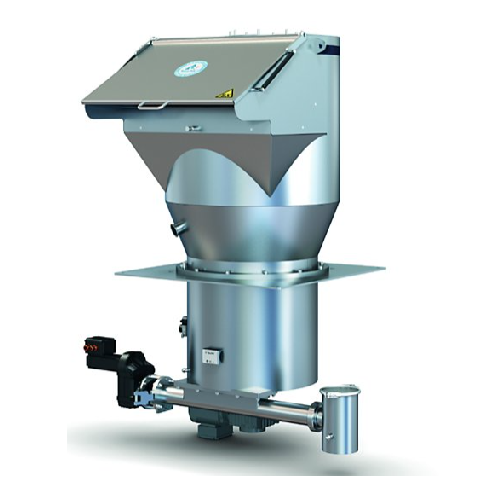
Powder feeder for consistent and accurate dosing
Ensure precise powder dosing with high hygiene standards to maintain prod...
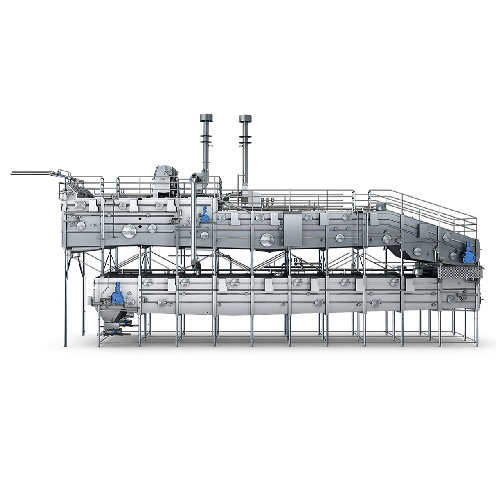
Draining matting solution for granular or matted curd cheese
Optimize your cheese production with a continuous, automate...
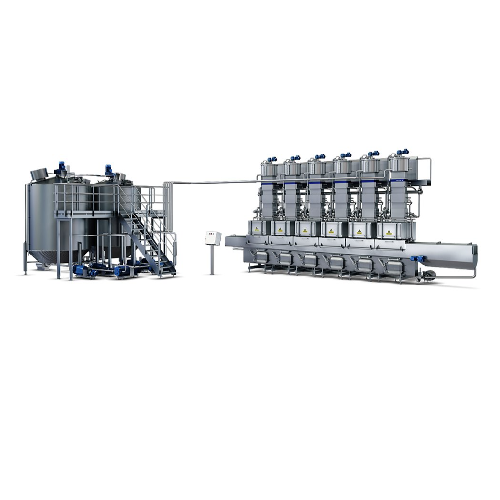
Continuous cheese and whey production system
Streamline your cheese production process with a system that handles whey dra...
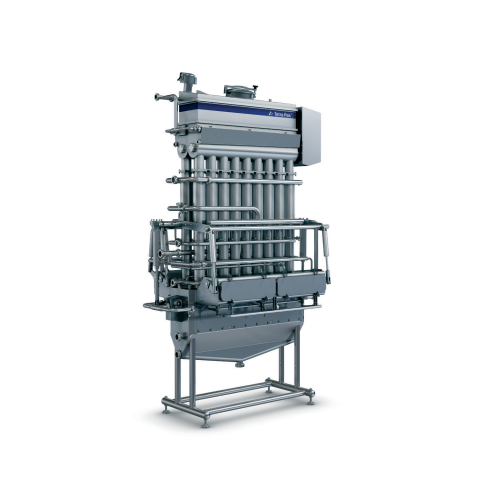
Fresh cheese former for hygienic production
Streamline your cheese production with a hygienic and no-mould solution that s...
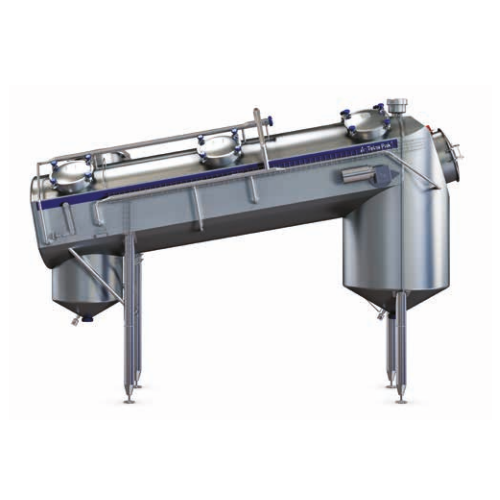
Cottage cheese draining and washing unit
Enhance your production line efficiency with a high-capacity unit that drains, was...
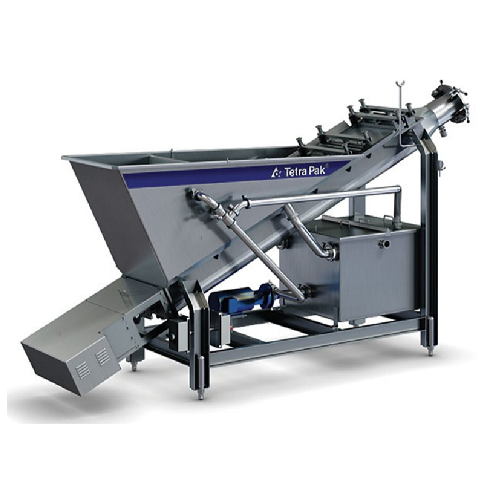
Cooking and stretching solution for pasta filata cheese
Streamline your cheese production with precise cooking and stretc...
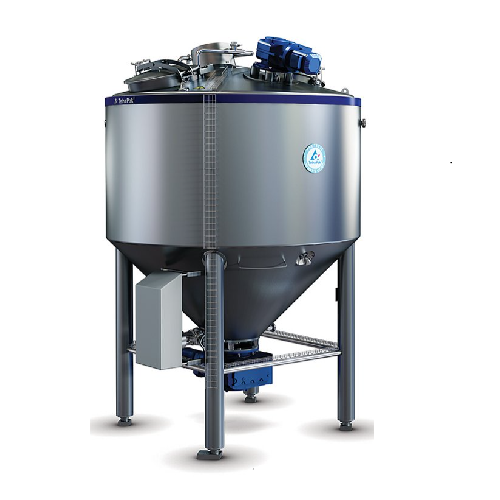
Vertical blender for cottage cheese production
Optimize your cottage cheese production with a first-of-its-kind vertical b...
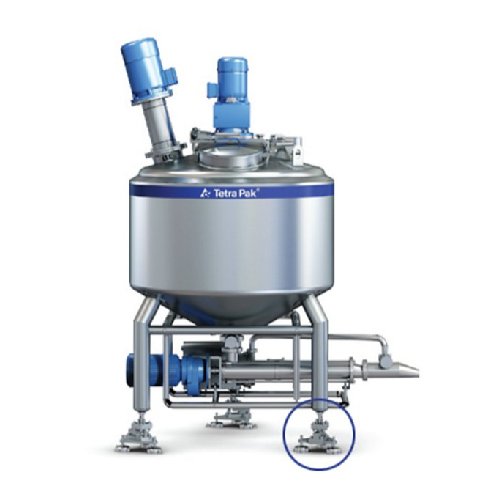
Crumbled cheese buffer for blending with additives
Effortlessly create diverse cheese products with precise ingredient bl...
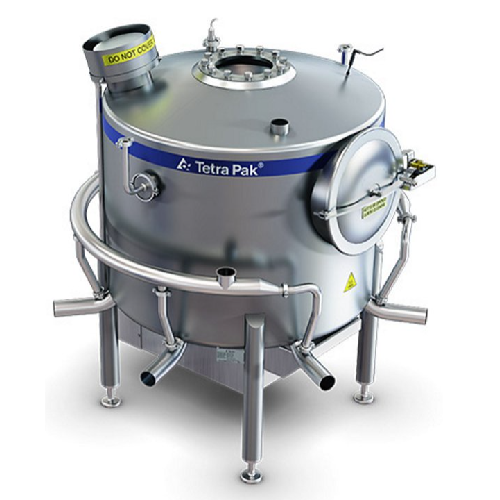
Curd distribution system for cheddar production
Ensure consistent curd distribution for optimal cheese quality with our ad...
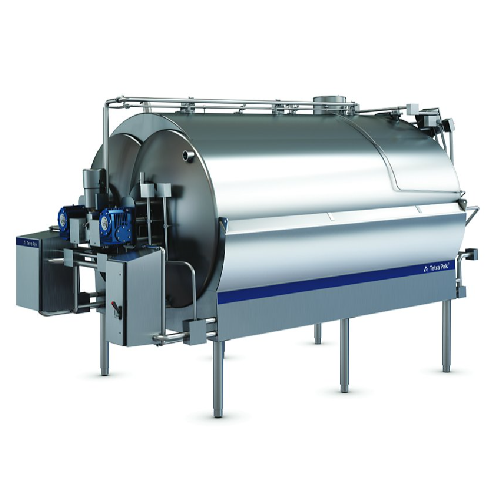
Curd making vat for cheese production
Achieve optimal curd consistency and maximize cheese yield with advanced dual agitato...
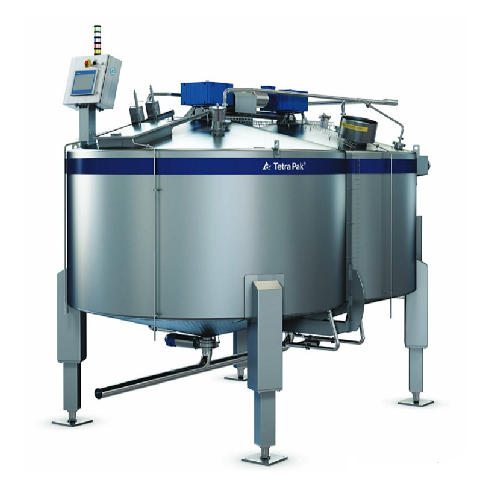
Cheese curd production vat for semi-hard cheese
Optimize your cheese production with a vat designed to ensure precision in...
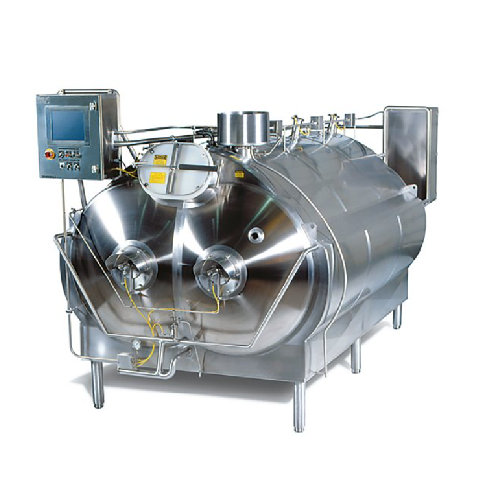
Horizontal curd making vat for cottage cheese
Achieve consistent curd quality with a fully enclosed vat that minimizes con...
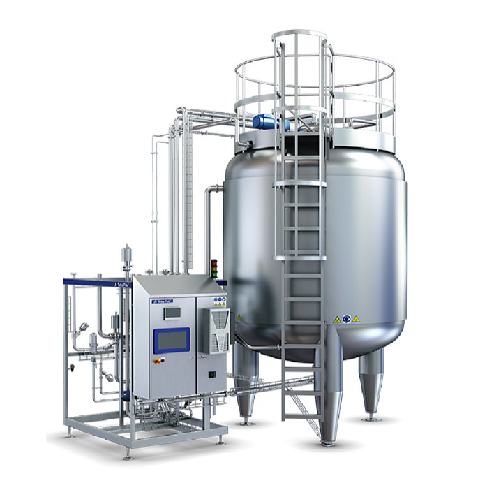
Aseptic tank with blending function for liquid food storage
Achieve seamless integration of aseptic buffering and in-lin...
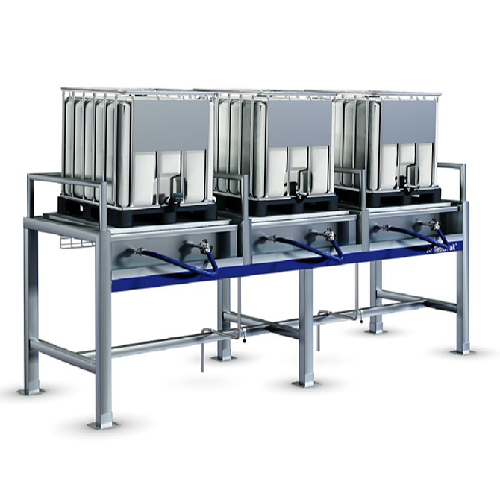
Ibc rack for storing and discharging intermediate bulk containers
Optimize liquid handling in your production line with...
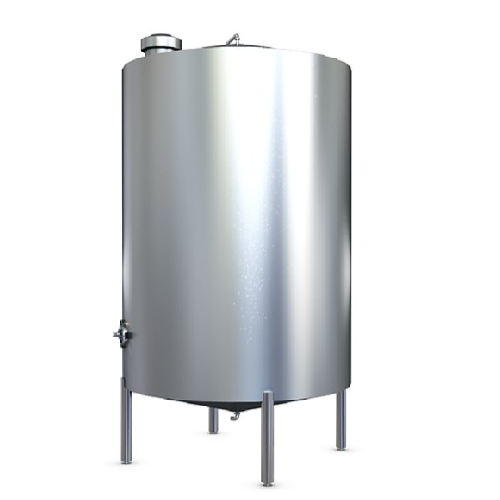
Liquid ingredient reception tank
Optimize your liquid processing with versatile tanks designed for efficient storage and han...
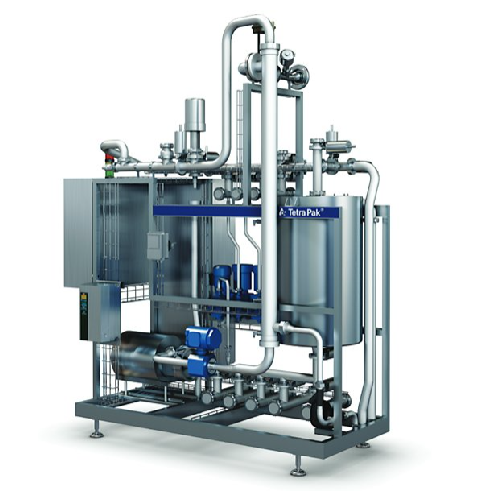
Automatic cleaning-in-place system for processing equipment
Streamline your cleaning operations with this cutting-edge s...
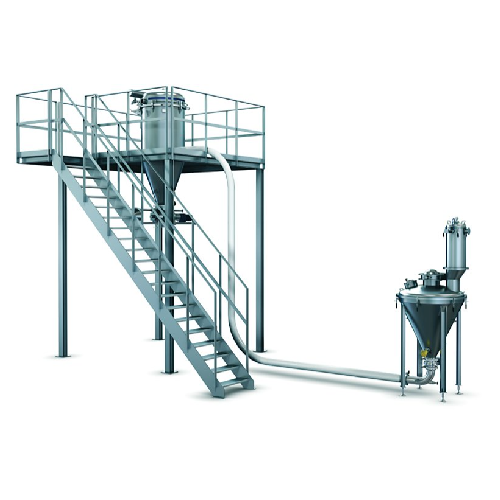
Pneumatic conveyor for fragile powders
Handle your delicate powders with care, ensuring minimal breakdown while achieving h...
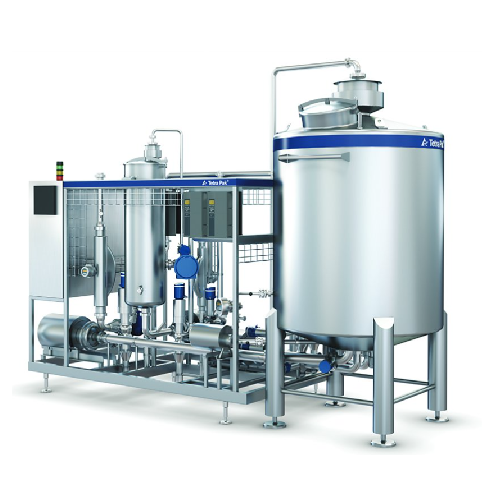
In-line blender for beverage production
Enhance beverage production with a versatile solution that offers precise blending,...
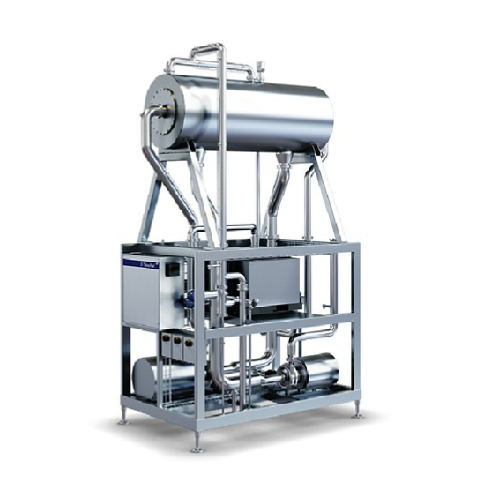
Continuous water deaeration system
Optimize your production line with a continuous system that effectively removes dissolve...
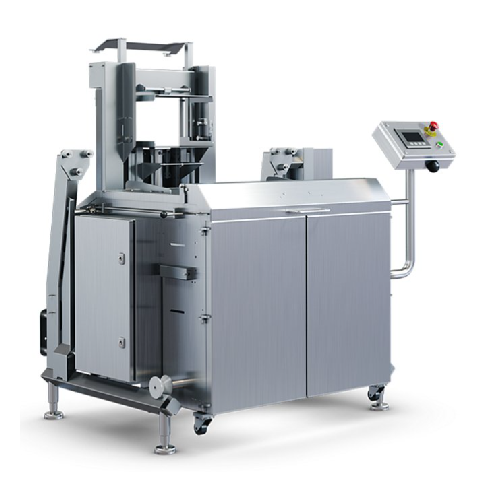
Automatic bag former for cheese blocks
Streamline your cheese production with a high-speed solution that forms and loads ba...
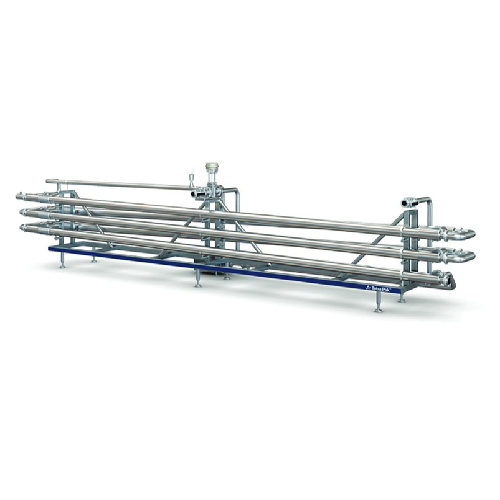
Cheese curd cooling system for crumbled cheese
Ensure optimal cheese quality and yield with precise, gentle cooling for cr...
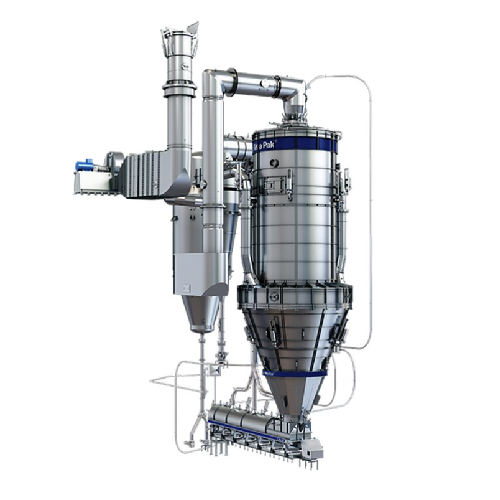
Spray dryer for heat-sensitive materials
Optimize your production line with a high-capacity spray dryer designed for precis...
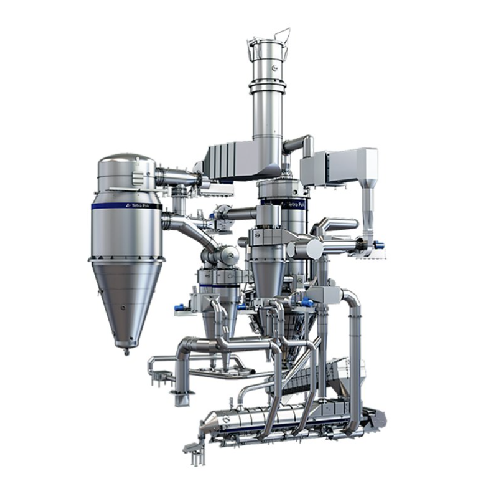
Continuous spray dryer for permeate powder
Efficiently transform liquid whey and milk into high-quality, non-caking, and n...
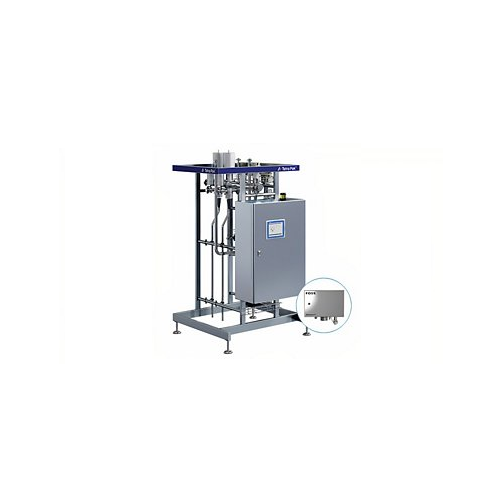
Automated milk standardization system
Achieve precise milk fat and protein control continuously with real-time adjustments,...
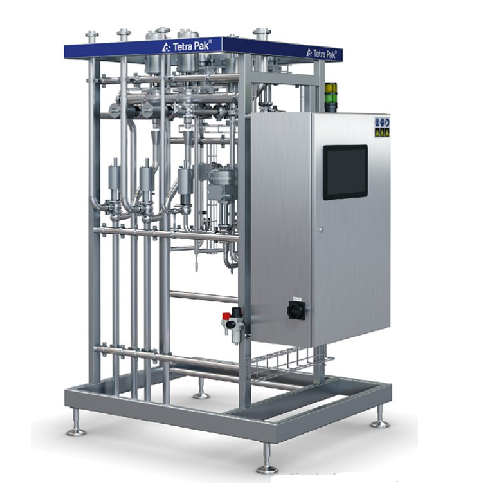
Automated milk standardization unit
Achieve precise in-line standardization of milk components, ensuring optimal quality an...
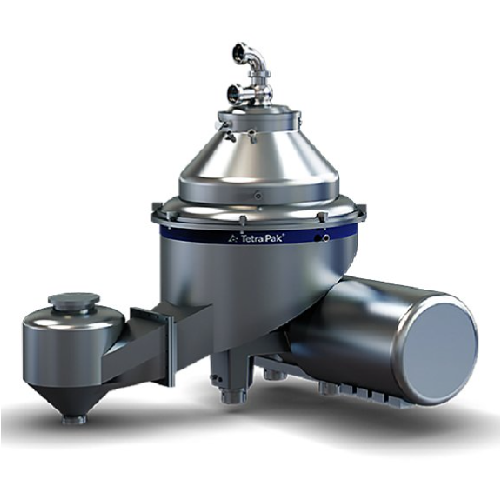
Nozzle separator for concentrated yoghurt production
Achieve precise separation and skimming for high-protein dairy produ...
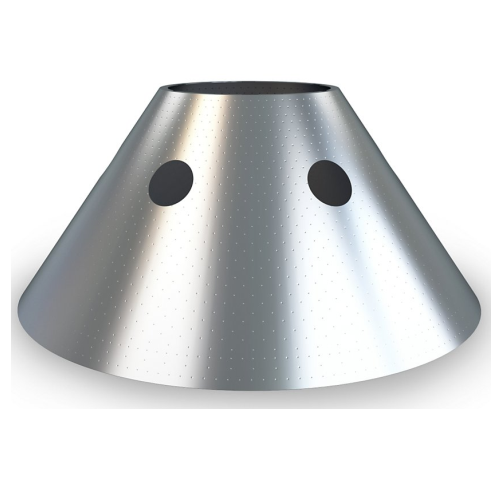
High capacity milk separator with polynode technology
Achieve unprecedented milk skimming efficiency and reduced environm...
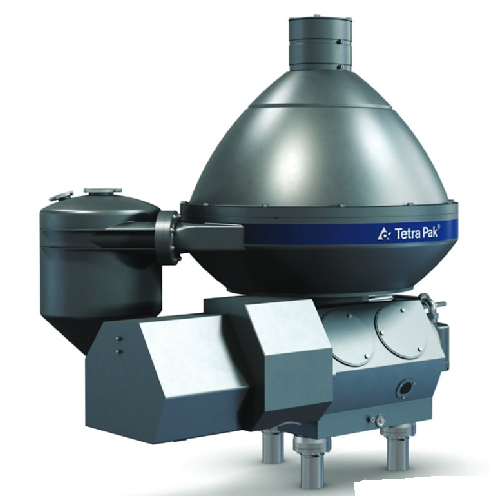
Efficient milk skimming separator
Optimize your dairy processing with our high-efficiency separator, designed to ensure sup...
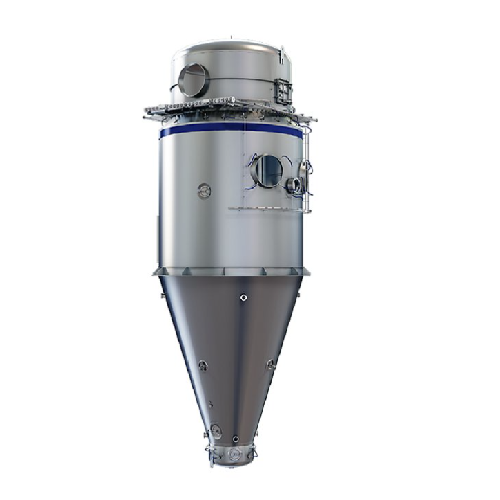
Industrial bag filter for powder collection
Optimize powder yield and maintain strict hygiene with a high-capacity filtrat...
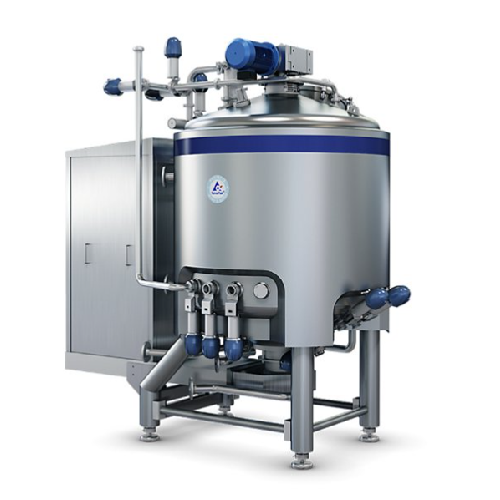
High shear mixer for emulsification and powder dissolving
Achieve seamless mixing and emulsification for high and low vi...
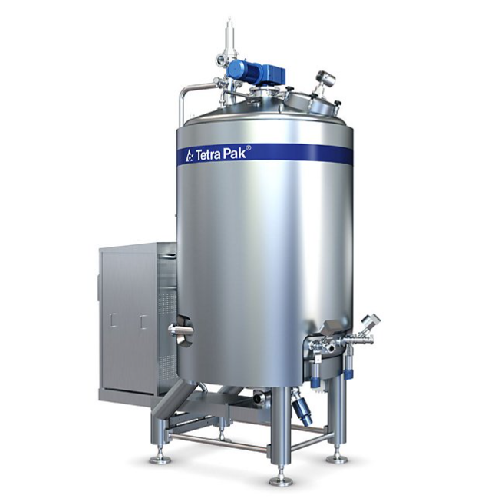
Industrial protein mixer for liquid food applications
Eliminate costly foam-related product losses in protein-enriched li...
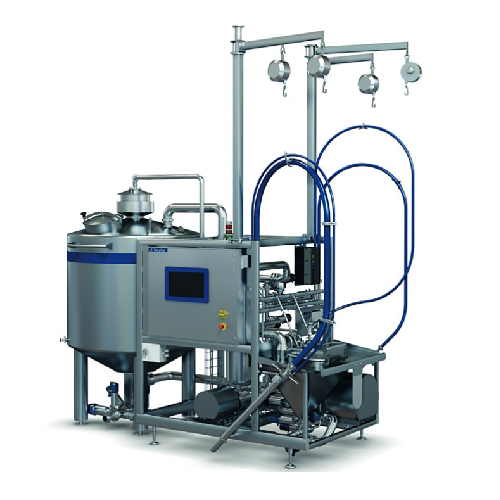
Batch mixer for soft drinks ingredients
Effectively manage diverse ingredient formats with a high-performance mixing system...
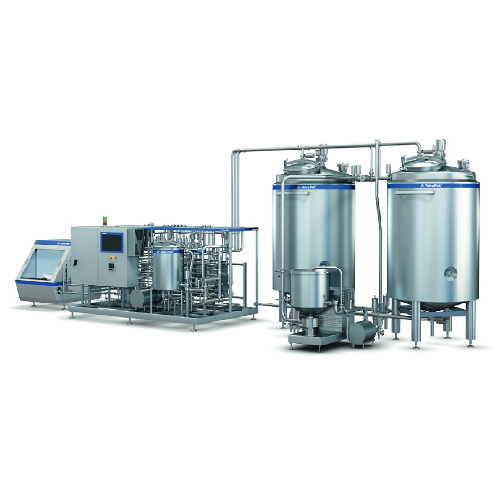
Ice cream mix preparation solution
Achieve efficient, continuous ice cream and dairy product mixing with low-energy consump...
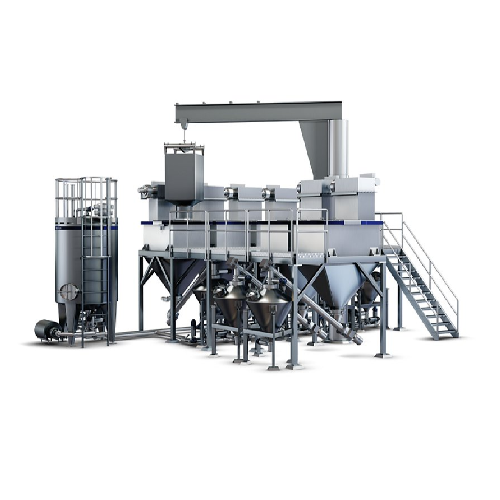
Autonomous ingredient dissolver for high volume dry ingredient mixing
Streamline your production by seamlessly mixing d...
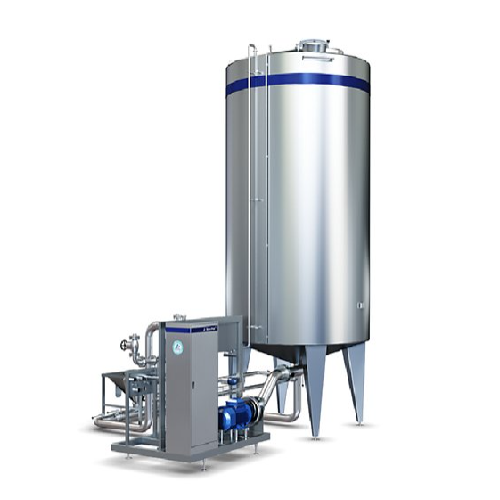
Batch dissolver for sugar or dextrose
Efficiently dissolve crystalline substances like sugar and dextrose with precision, e...
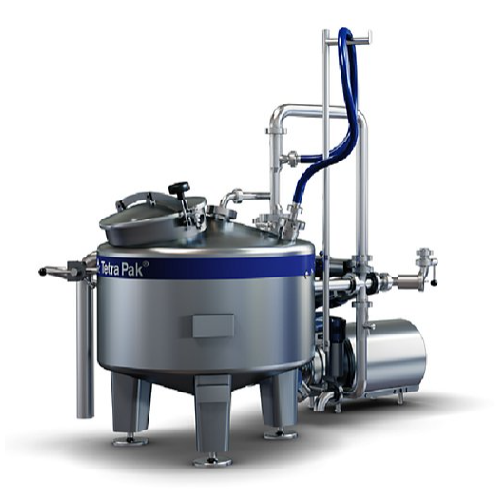
Ingredient dissolver for small batches
Efficiently dissolve water-soluble powders and concentrates up to 200 cP with precis...
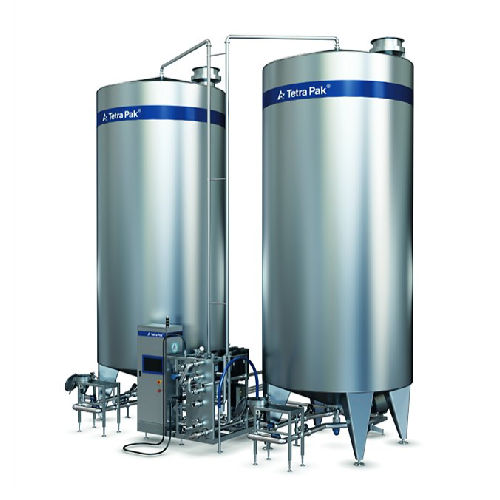
Final syrup and beverage preparation system
Optimize your beverage production with a modular system designed for flexibili...
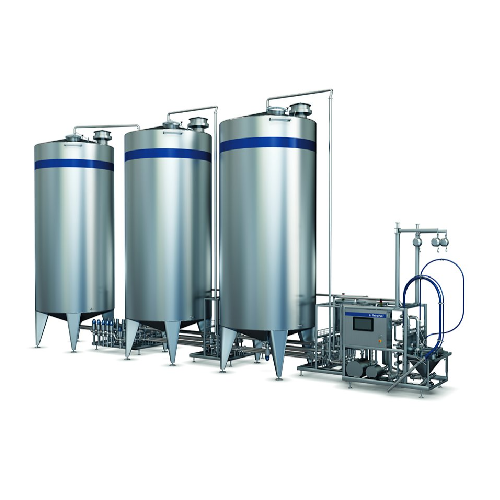
Preparation system for syrup and beverages
Streamline syrup and beverage preparation with a versatile system designed to r...
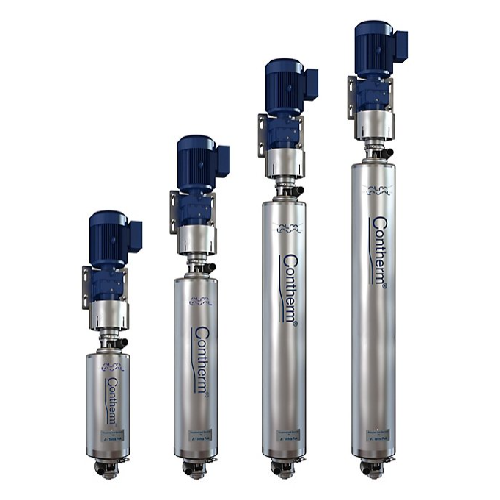
Contherm scraped-surface heat exchanger for viscous food products
Optimize your heating and cooling processes for stick...
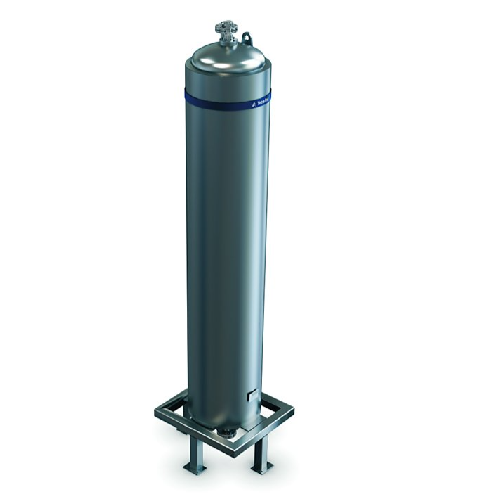
Coiled heat exchanger for viscous and particulate products
Optimize heat treatment of viscous and particulate foods with...
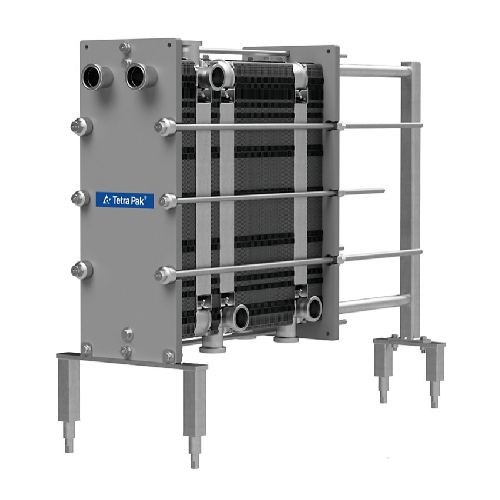
Industrial plate heat exchanger for food processing
Ensure consistent product quality with precise temperature control an...
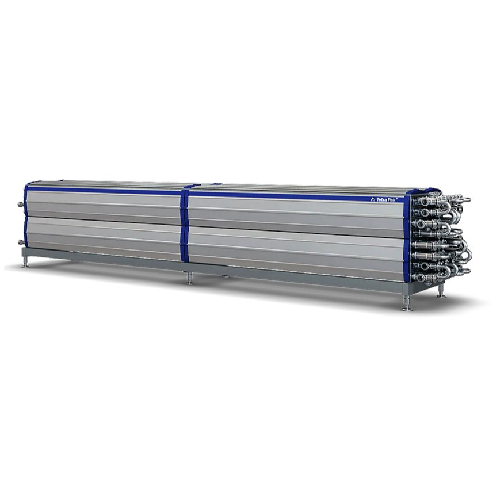
Tubular heat exchanger for food products
Achieve precise temperature control and energy efficiency with this innovative tub...
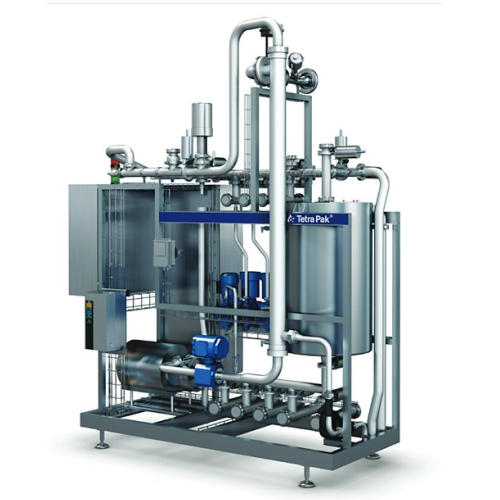
Cleaning-in-place system for food and beverage processing equipment
Effortlessly manage the cleaning of diverse process...
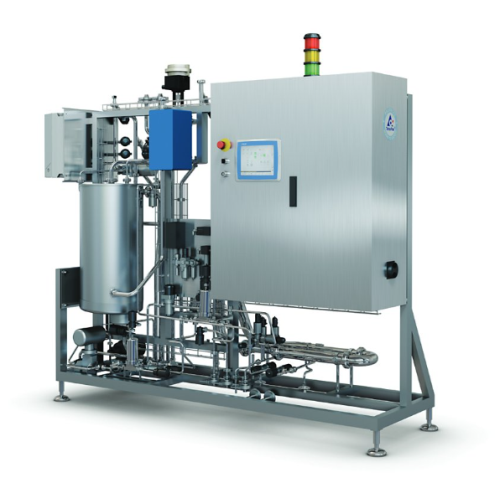
Aseptic dosing unit for in-line ingredient addition
Optimize your production with precise aseptic dosing, minimizing ingr...
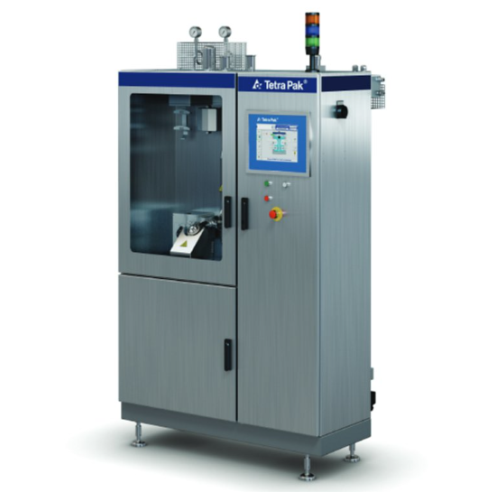
Aseptic dosing unit for sensitive ingredients
Ensure the stability of heat-sensitive ingredients with precise in-line dosi...
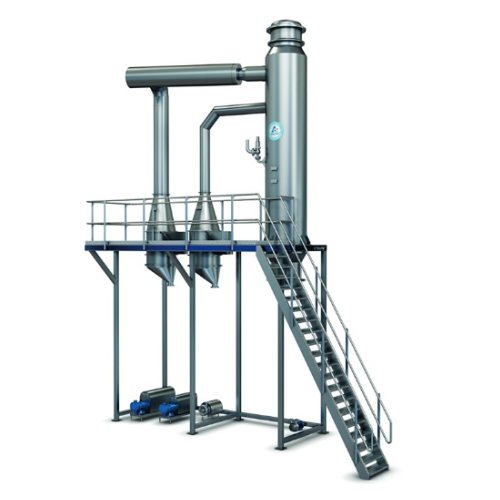
Inline flash cooler for sweetened condensed milk
Optimize your sweetened condensed milk production with a continuous flash...
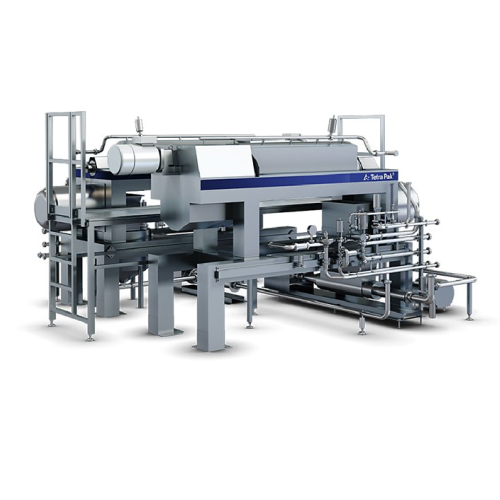
Plant-based beverage extraction system
Maximize yield and product quality in plant-based and dairy beverages with high-effi...
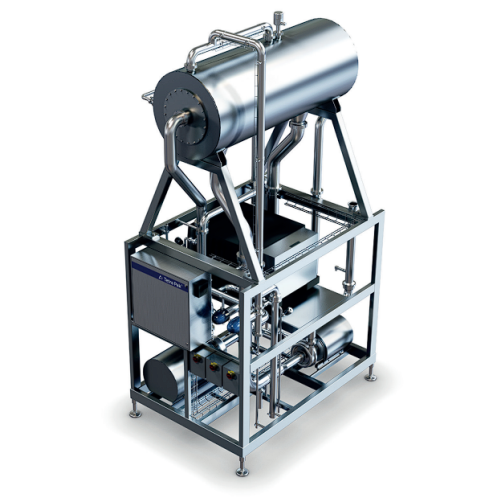
Water deaerator for continuous water pre-treatment
Achieve optimal liquid stability and enhance flavor quality with preci...
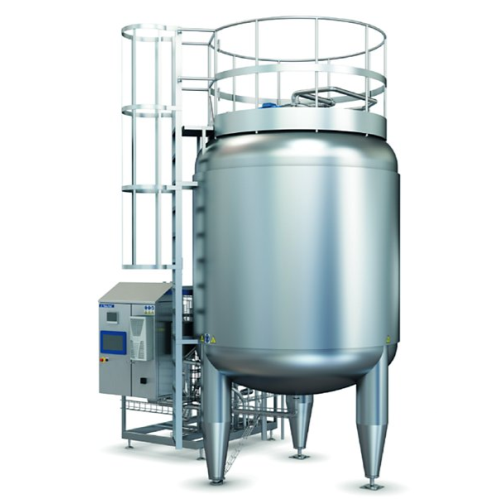
Aseptic tank for intermediate storage
Ensure safe and sterile storage for liquid and slurry products, minimizing product lo...
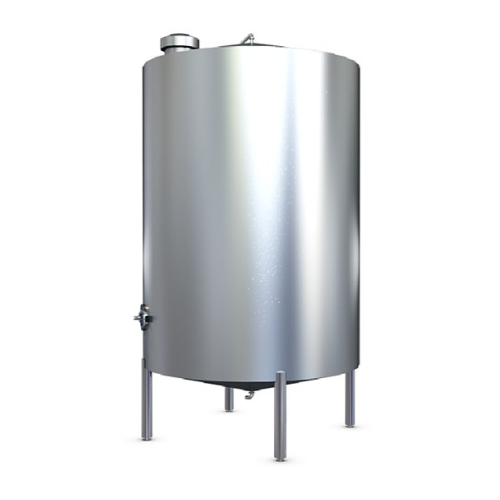
Ingredient reception tank for liquid storage and processing
Ensure efficient storage and processing of liquid ingredient...
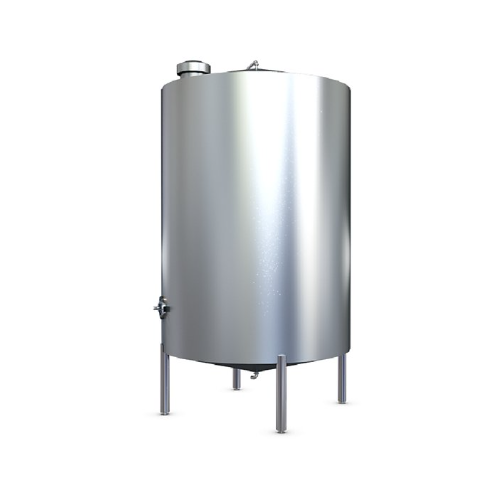
Liquid sugar storage tank
Ensure seamless liquid sugar management in your production line with advanced storage solutions de...
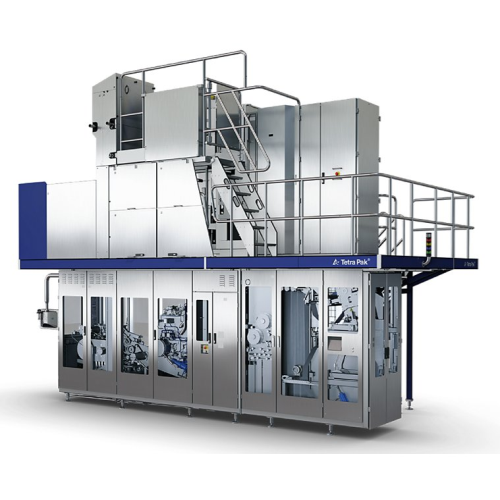
High-speed aseptic carton filling solution
Maximize production efficiency and meet growing demand with this high-output fi...

Filling system for gable top cartons chilled products
Achieve precise filling and reliable sealing for chilled beverages ...
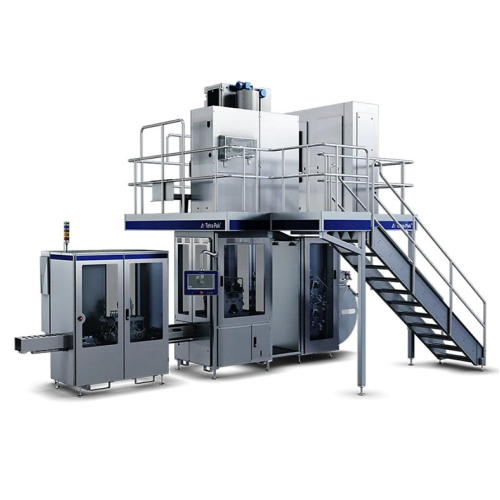
Filling system for tetra brik 100 slim packages
Optimize your chilled product packaging with a high-speed filling system d...
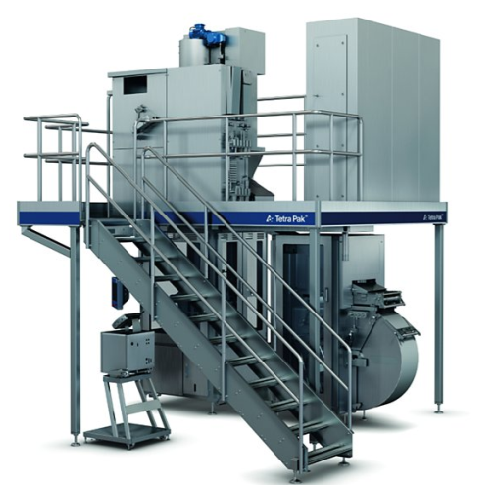
Aseptic carton filling system for tetra fino packaging
Elevate your production efficiency with a high-speed aseptic filli...
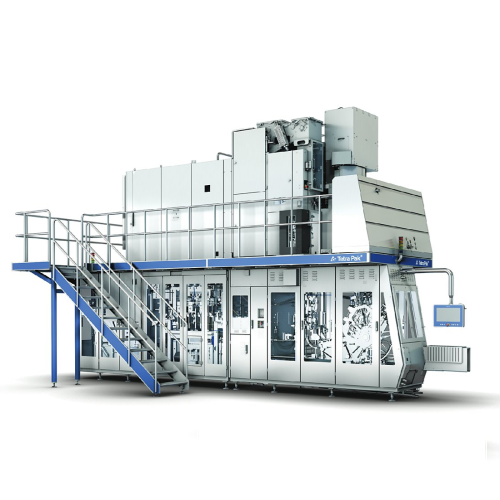
Versatile filling system for aseptic packaging
Achieve seamless integration in high-speed aseptic packaging with this flex...
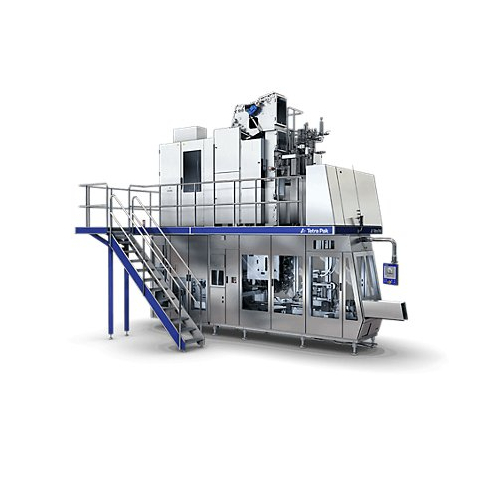
High-speed carton filler for aseptic packaging
Maximize production efficiency with this high-speed filling solution that e...
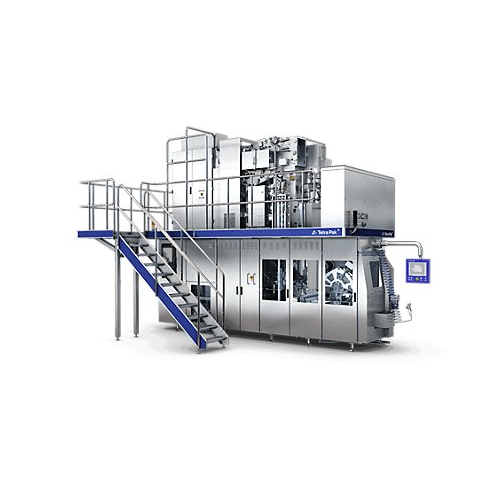
Carton filling system for tetra brik portion packs
Achieve high-capacity portion filling with innovative electron beam st...

Filling solution for tetra brik® packages
Optimize your filling and packaging process with a system that seamlessly switch...

Aseptic filling solution for liquid food packaging
Optimize liquid food production with advanced aseptic filling, ensurin...
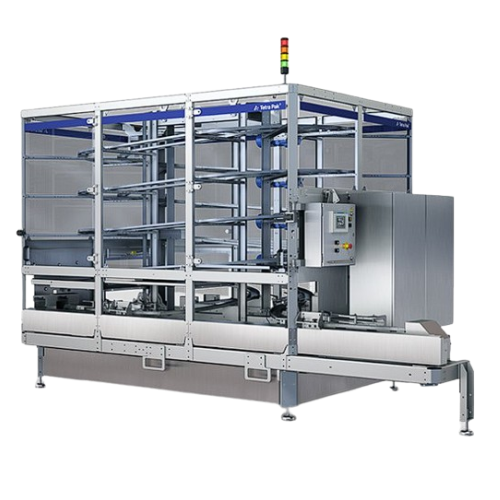
Vertical package accumulator for food and beverage production
Ensure seamless flow and precise order tracking of package...

Shrink wrapping system for flex portion packages
Optimize your packaging line with a high-speed shrink wrapping system des...
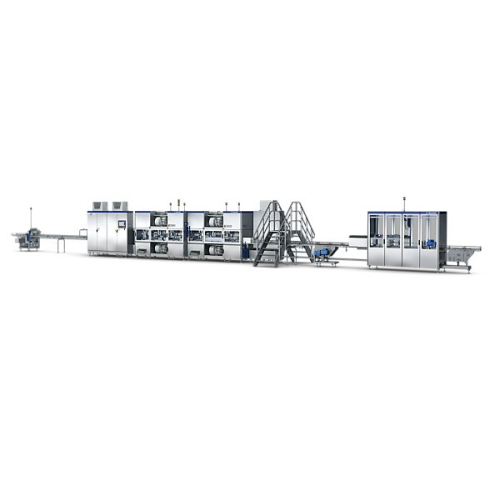
High-speed shrink wrapping system
Enhance your packaging efficiency with a high-speed shrink wrapping system that ensures s...
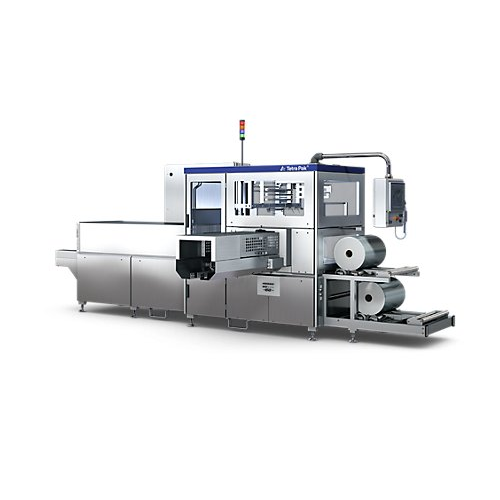
Industrial tray shrink wrapper
Optimize your packaging line with rapid, resource-efficient shrink wrapping, accommodating di...
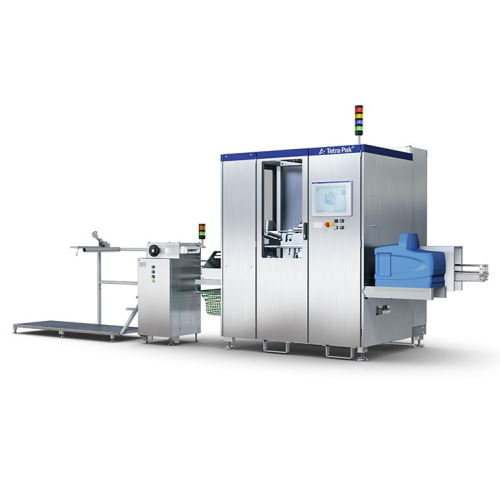
Straw applicator for tetra pak cartons
Ensure precise straw attachment and minimize production interruptions with a high-sp...
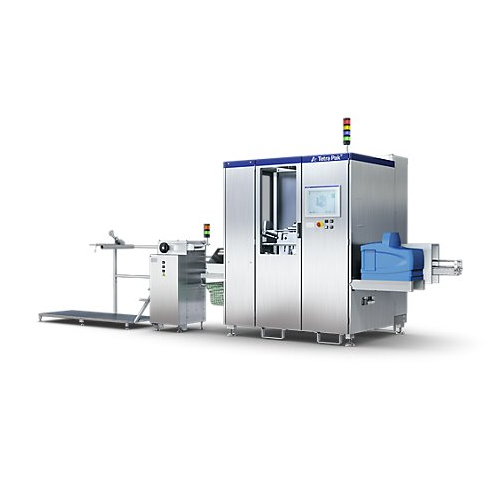
Straw applicator for tetra pak packages
Enhance your packaging efficiency with a high-speed solution that seamlessly attach...
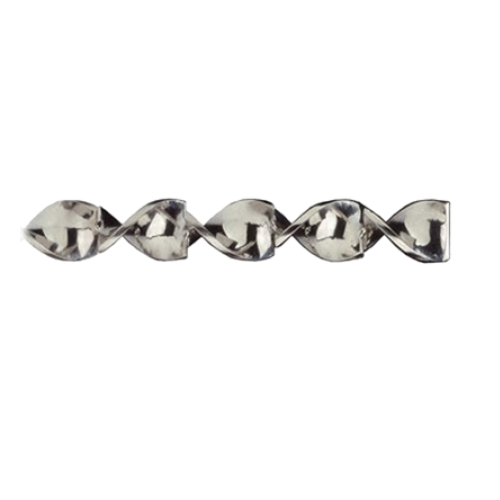
Static mixer for homogeneous blending of ingredients in bakery and confectionary
Achieve consistent flavor and color i...

Yogurt production line
Optimize your dairy production with a comprehensive solution that seamlessly transforms milk into a di...
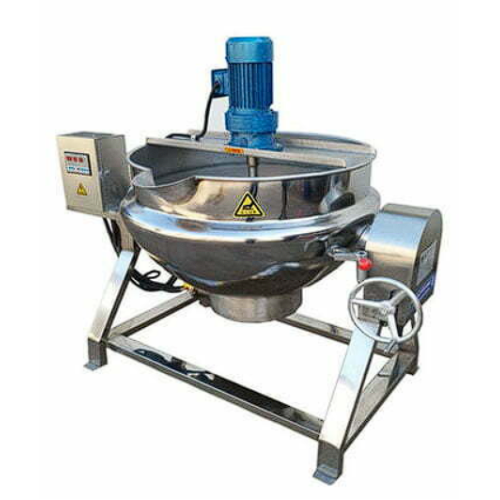
Jacketed kettle for porridge and sauce cooking
Efficiently heat and mix diverse liquid and slurry products with precise te...
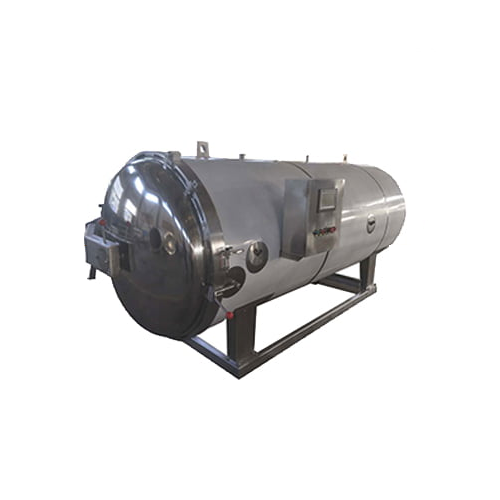
Industrial autoclave food sterilizer for retort pouch and canning
Preserve the integrity and shelf life of your food pr...

Automated cup filling solutions for liquid and viscous products
Ensure precise and hygienic filling of dairy, baby food,...
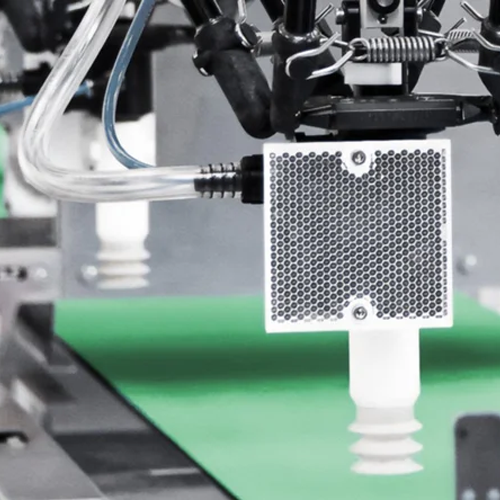
Robotic pick and place platform for food packaging
Enhance your packaging efficiency and product quality with a scalable ...
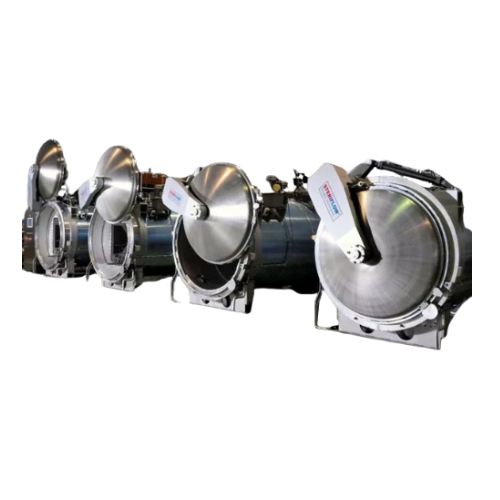
Milk and sauce sterilization with low-frequency shaking
Ensure your liquid products maintain quality and freshness with a...
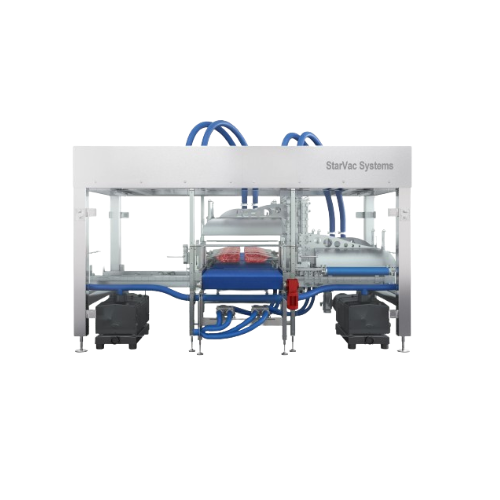
Industrial-scale vacuum packing for fresh meat and cheese
Optimize packaging operations with this machine designed for h...
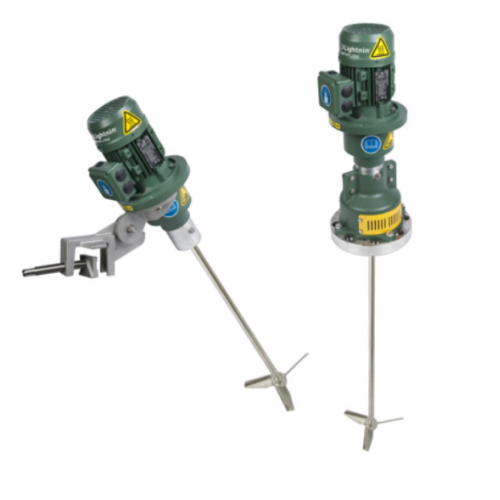
Portable and fixed mount mixing system
Optimize your mixing operations with a versatile system that adapts seamlessly betwe...
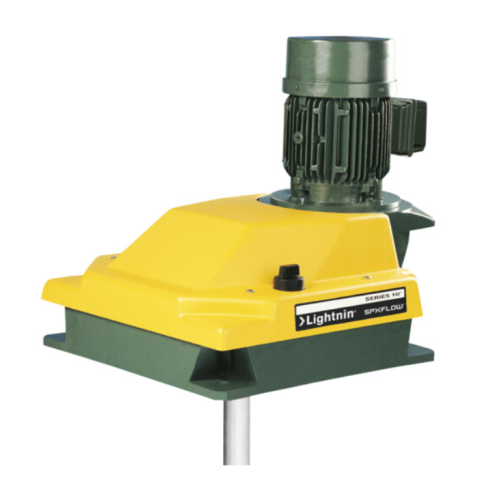
Medium torque top entering mixer for chemical processing
Achieve consistent mixing results with a versatile, high-torque ...
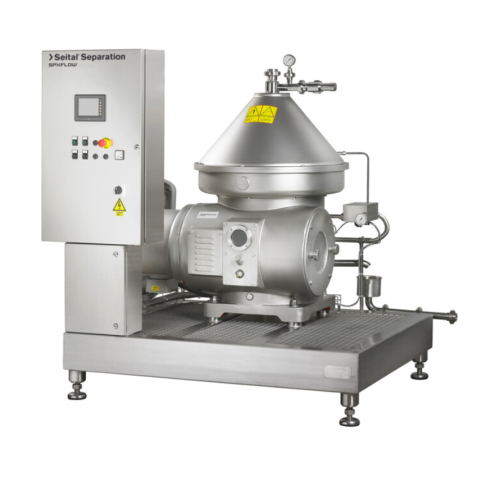
Self-cleaning clarifiers for liquid-solid separation
Optimize your production line with high-performance self-cleaning cl...
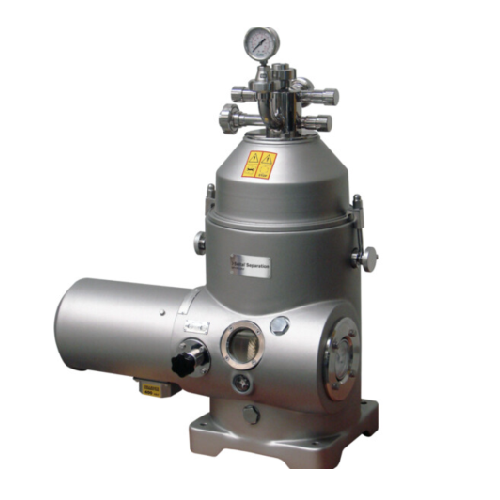
Solids retaining separator for liquid/liquid/solid separation
Achieve precise liquid-liquid-solid separation even with l...
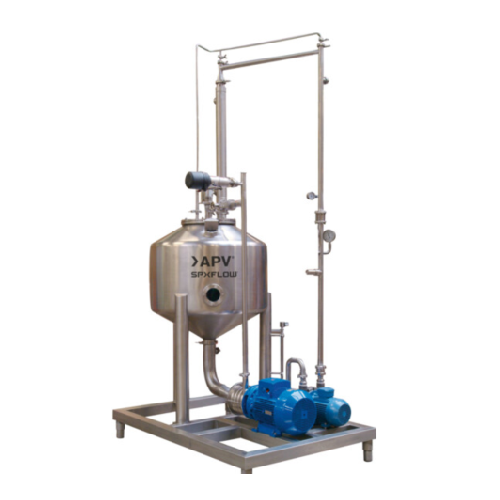
Deaerator for liquid food products
Enhance product quality by efficiently removing air and preserving vital aromas in liqui...

Self-priming centrifugal pump for entrained air handling
Effortlessly manage entrained air and foam in fluid processing w...
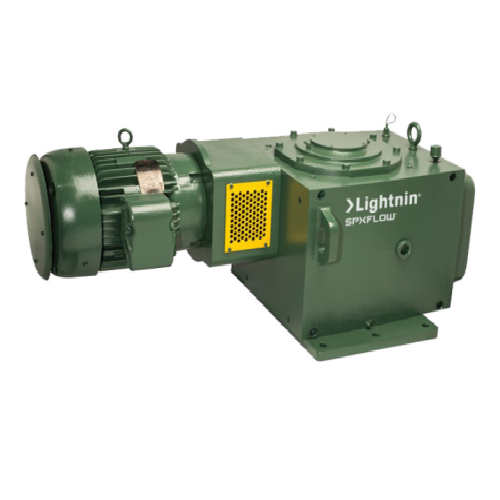
Medium torque top entering mixer for industrial applications
Optimize your mixing and blending operations with precise t...
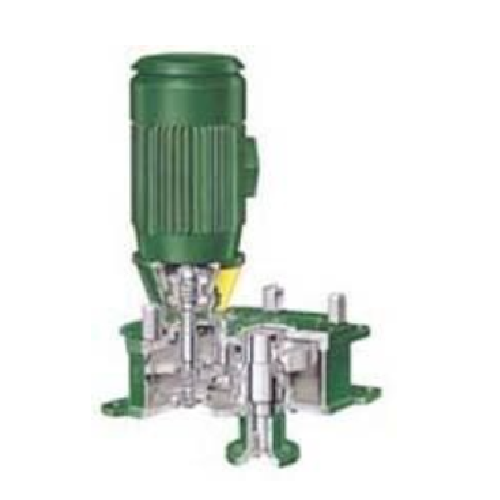
High torque top entering mixer
Ensure consistent high-torque mixing for various industrial applications with this robust top...
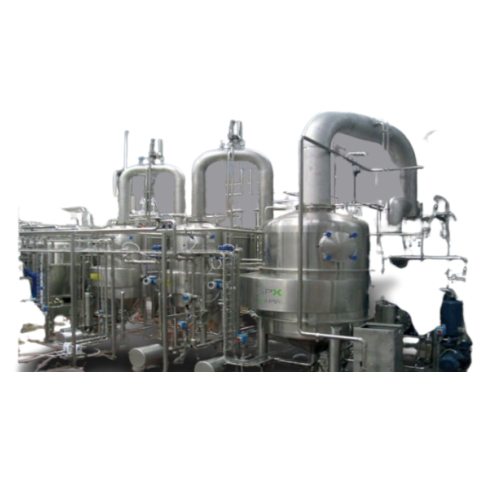
Rising/falling film plate evaporator for heat sensitive products
Efficiently concentrate heat-sensitive liquids with ris...
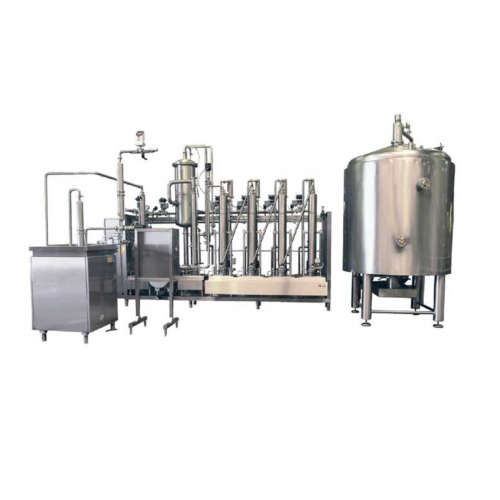
Scraped surface heat exchanger for high-viscosity products
Designed for handling high-viscosity products, this system en...
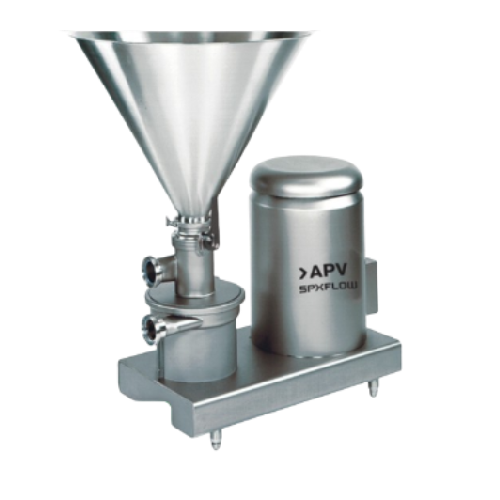
Batch powder mixer for circulatory dispersion
Optimize your batch production with a powder mixer designed for efficient di...
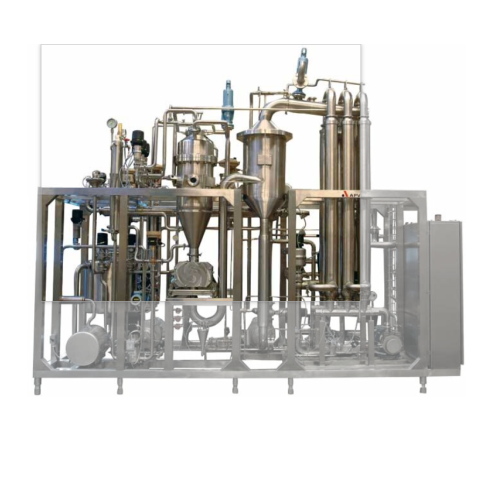
Instant infusion Uht for baby food or milk concentrate processing
Achieve exceptional product quality with ultra-short,...
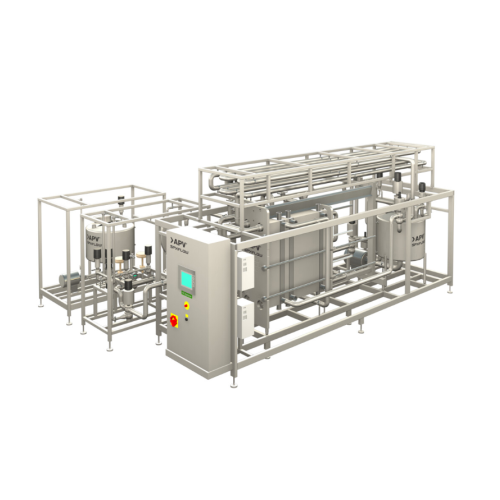
Milk pasteurizer system
Ensure your dairy and plant-based beverages achieve optimal safety and quality with precise temperatu...
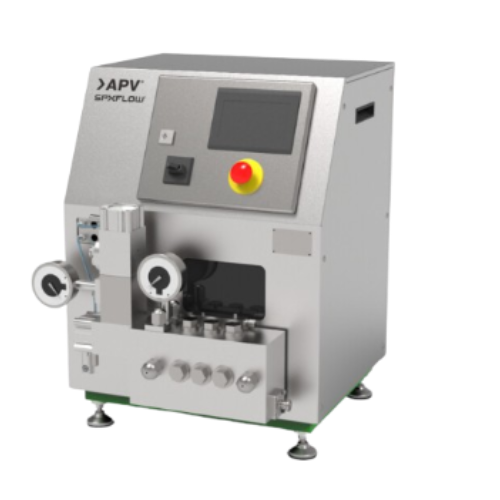
Pilot plant homogenizer for immiscible liquids
Streamline your R&D with precise homogenization, allowing you to test ...
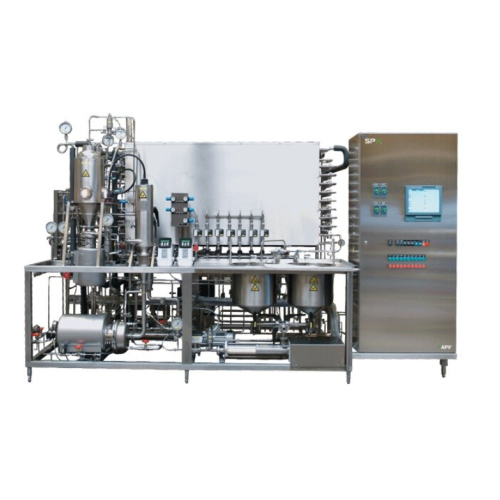
Multipurpose ultra high temperature (uht) pilot plants
Optimize liquid food production with a versatile pilot unit design...
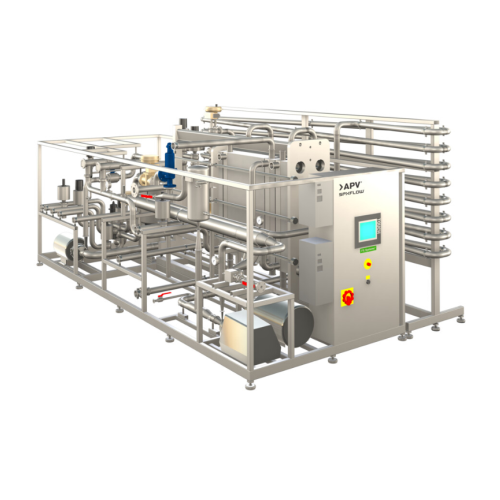
Plate juice pasteurizer system
Ensure optimal pasteurization with precise temperature control and high heat recovery, reduci...
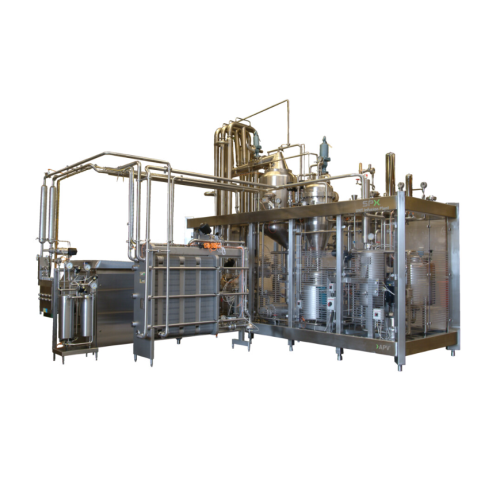
Ultra high temperature infusion plant for milk processing
Achieve extended shelf life and superior taste in dairy produc...

Ultra high temperature (uht) direct heating for infusion Esl plant
Achieve extended shelf life and superior flavor with...

Falling film plate evaporators for fruit juice concentration
Achieve precise concentration of liquid products with minim...
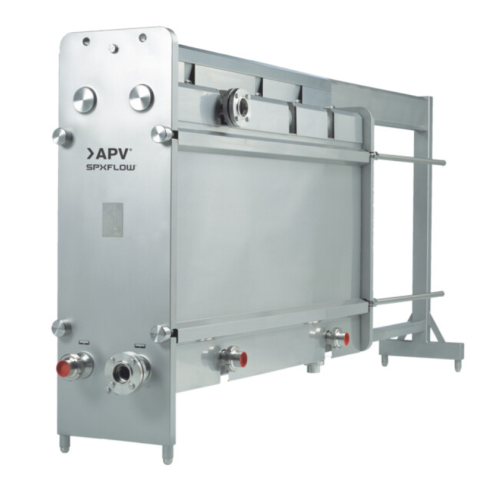
Sanitary gasketed plate heat exchangers for clean applications
Ensure product purity and maintain hygienic standards wit...
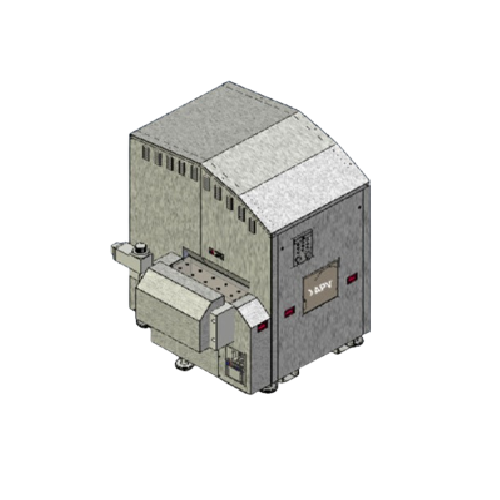
High pressure homogenizer for food and beverage processing
Optimize your production line with a versatile high-pressure ...
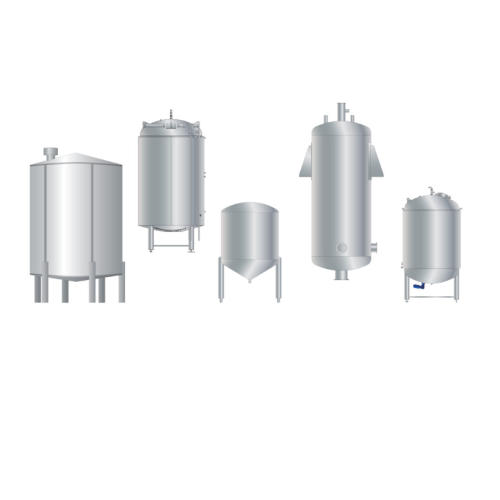
Hygienic tanks for various processing needs
Achieve optimal processing and storage with customizable hygienic tanks, desig...
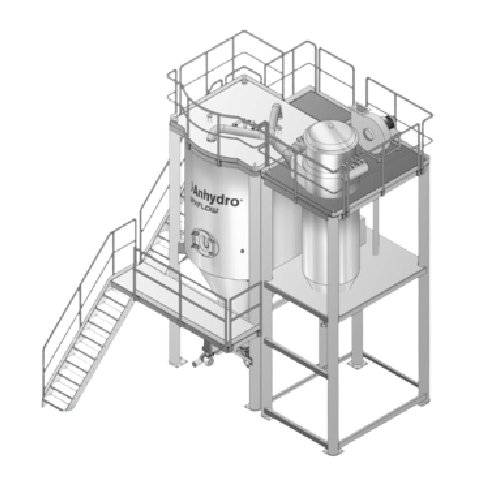
Small scale spray dryer for r&d and production
For precise moisture removal in small batches, this flexible spray drying s...

Small scale continuous evaporator
Ideal for lab and small-scale production, this evaporator offers precise control for redu...

Mechanical vapor recompression evaporator for pre-concentration in food industry
Achieve efficient energy use by utili...
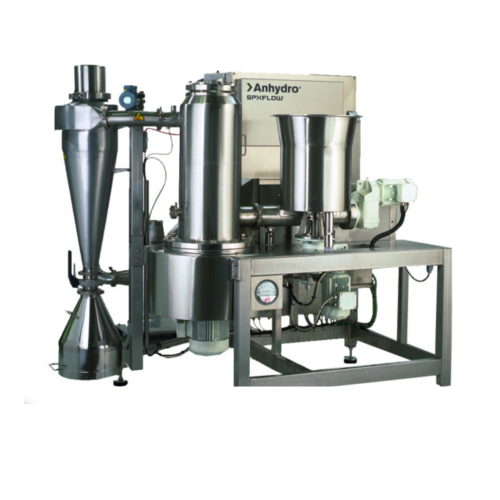
Small scale spin flash dryers for high-viscosity liquids
Optimize moisture control with cutting-edge spin flash dryers de...
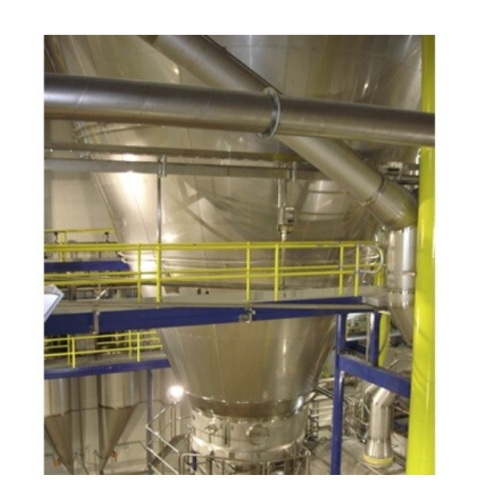
Spray dryers for producing free-flowing dustless powders
Achieve consistent product quality with customizable spray dryer...
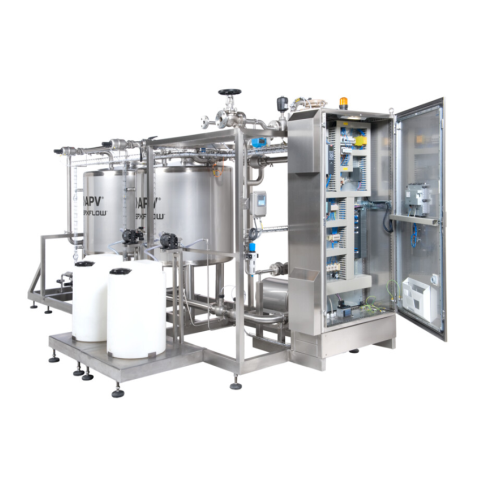
Clean in place (cip) system for industrial cleaning
Ensure optimal hygiene and production efficiency with a system that s...
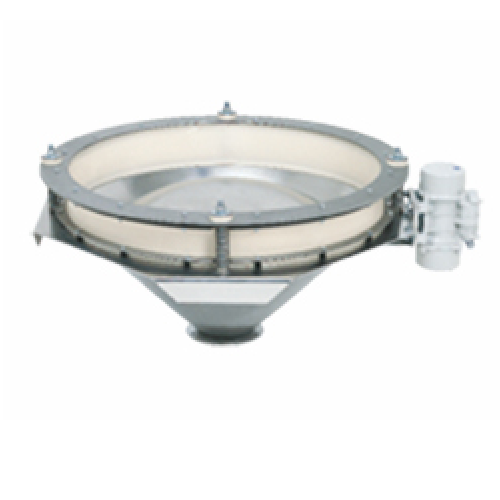
Bin activator for reliable bulk solids discharge
Ensure reliable flow and prevent compaction in your production line with ...
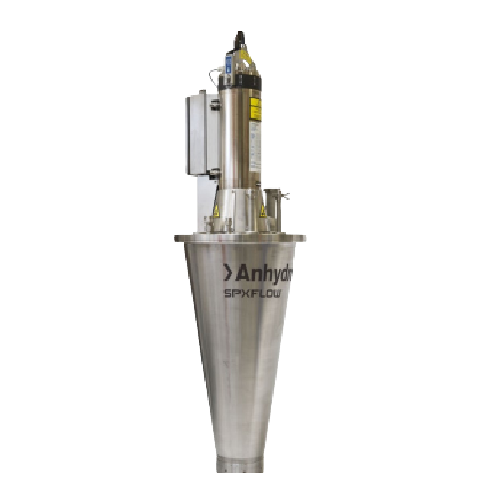
Centrifugal atomizer for precise spray drying
Achieve precise control over particle size and moisture content with centrif...
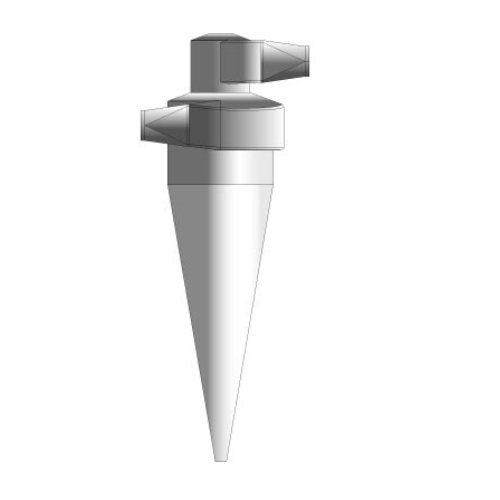
Industrial cyclone separators for air particulate removal
Optimize particulate removal in air streams with cyclone separ...
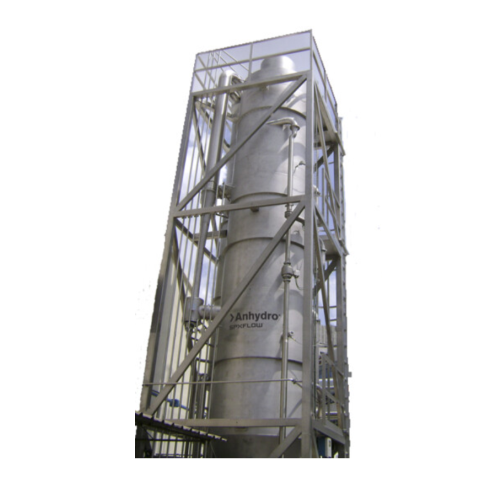
Flash cooler for sweetened condensed milk production
Optimize cooling and slight evaporation processes in dairy productio...
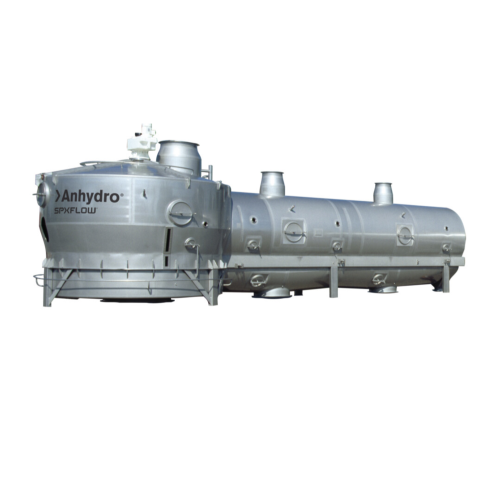
Industrial fluid bed dryers for powder processing
Enhance moisture control and uniformity in powder products with dynamic...
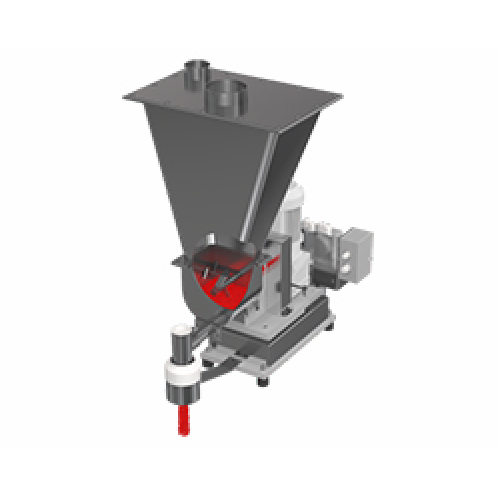
Single screw loss-in-weight feeder for powders and pellets
Ensure precise dosing and mixing in continuous automated oper...

Hopper scale for precision batching
Achieve high batch accuracy with a central weighing hopper engineered for seamless inte...
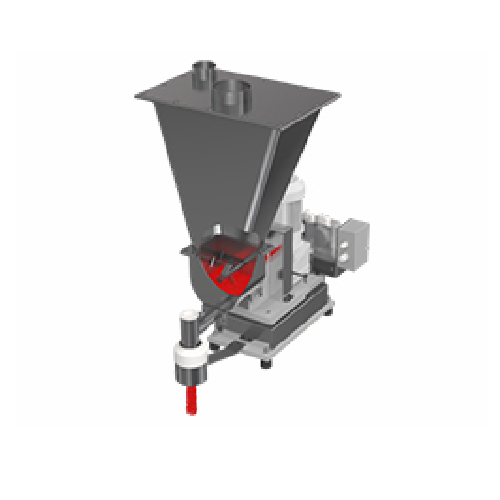
Single screw batch feeder with stirring agitator for powders and pellets
Ensure precise ingredient control and consiste...
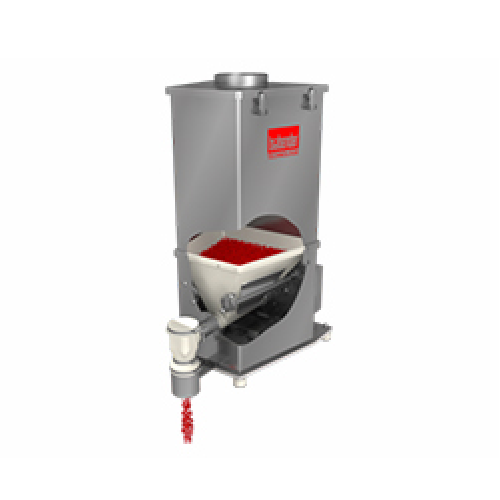
Precision batch feeder for flowable ingredients
Achieve precise ingredient control with a batch feeder designed for versat...
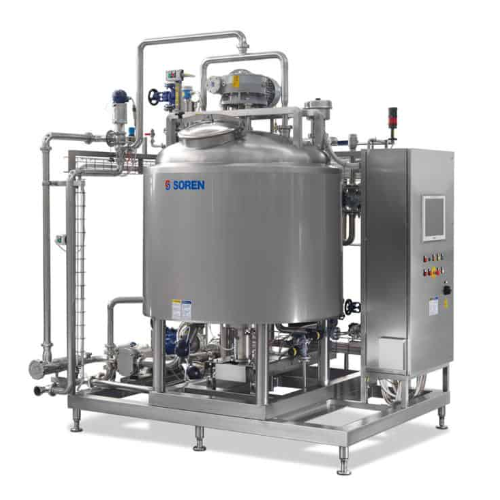
Process tanks for mixing, cooking, and cooling applications
Efficiently tackle viscous product challenges with advanced ...
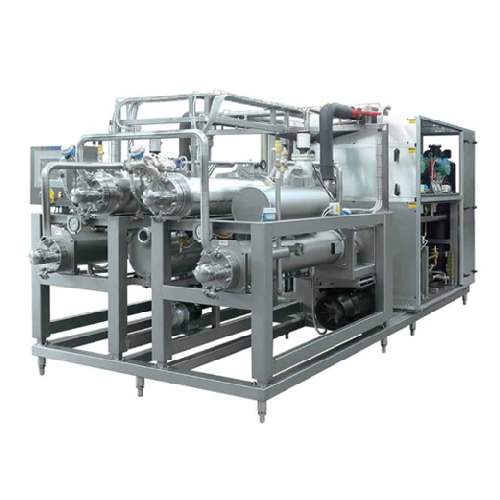
Scraped surface heat exchanger for high viscosity products
When dealing with complex formulations, achieve efficient hea...
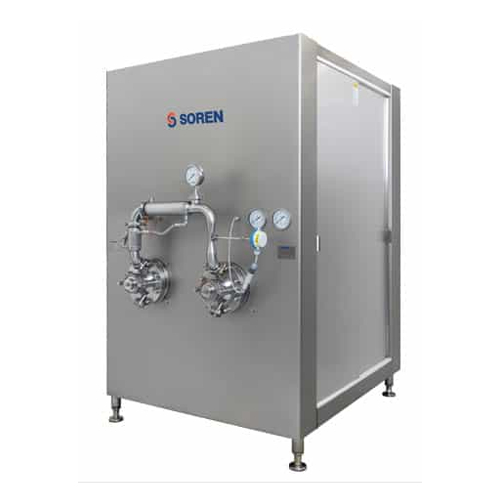
Crystallization and pin-working equipment for food processing
Optimize your food product quality with precise crystalliz...
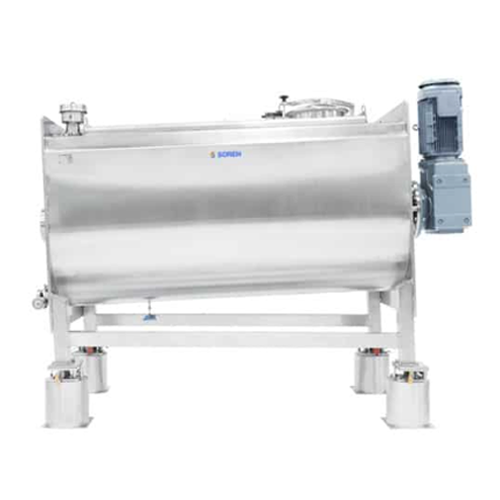
Horizontal mixers for industrial food production
Enhance your production efficiency by achieving uniform mixing of diverse...
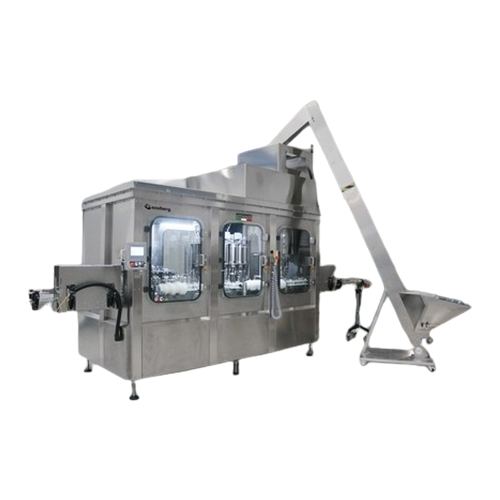
Hyper-clean electronic volumetric filler for Pet bottles
Enhance your liquid filling operations with precision and hygien...
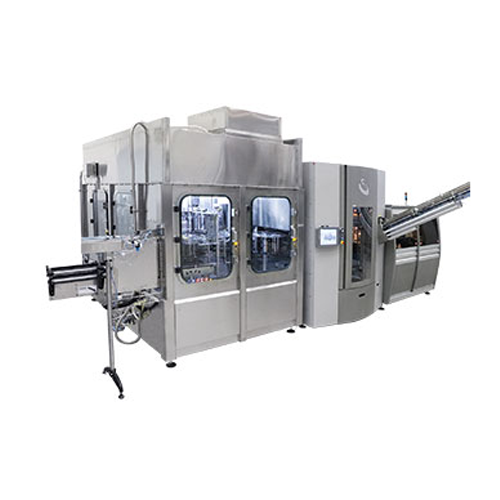
Integrated stretch-blow moulding, filling, and capping system for still liquids
Streamline your bottling process with ...
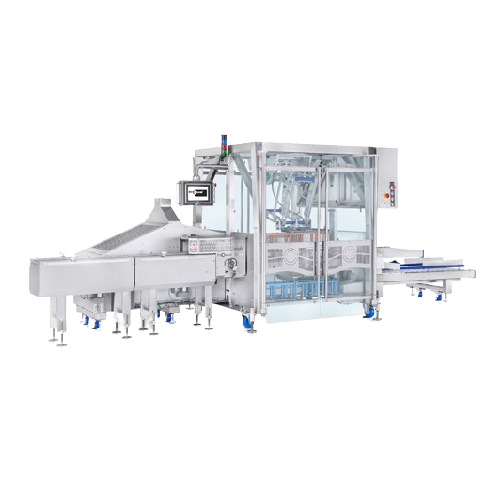
High-speed case packer for crates and boxes
Streamline high-speed packaging with advanced robotics, placing over 140 packs...

Dosing system for bakery and convenience food
Achieve precise dosing and filling of liquids and slurries with this versati...
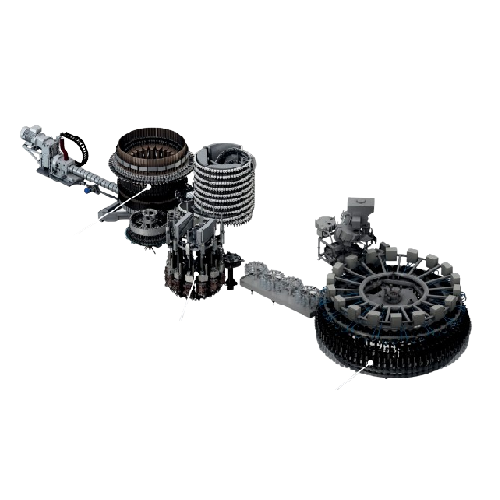
Integrated preform production and bottling system for Pet bottles
Achieve seamless production of PET bottles, from pref...
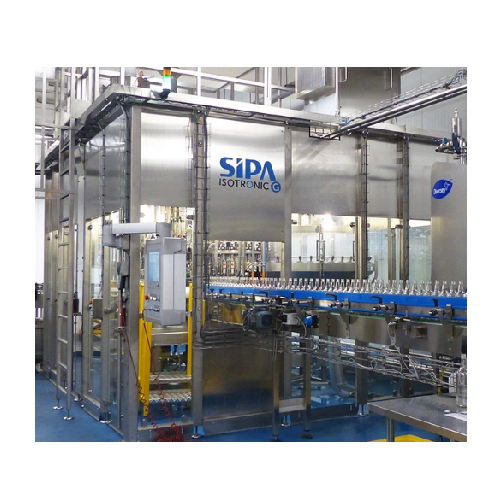
Isobaric filler for glass and Pet bottles
Achieve precise liquid filling with enhanced operational flexibility and hygiene...
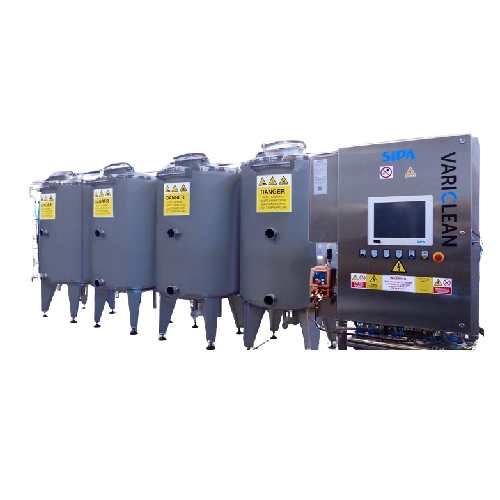
Cip sanitizing unit for food and beverage production
Ensure meticulous hygiene with a compact unit designed for seamless ...
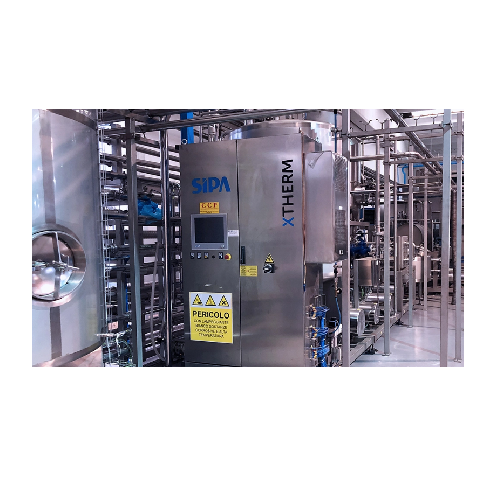
Continuous pasteurization unit for beverages
Optimize beverage shelf life and safety with this versatile pasteurization un...
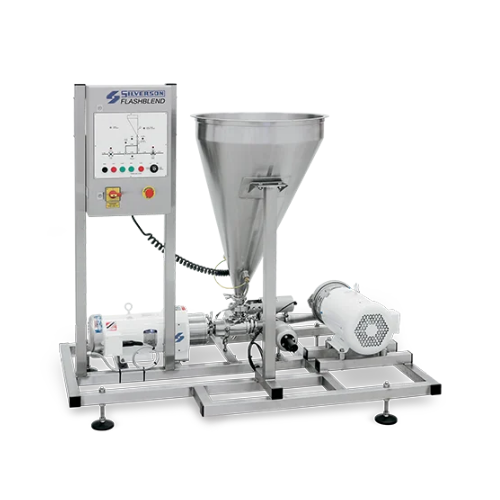
Powder/liquid mixing system for homogeneous dispersions
Struggling to integrate challenging powders into liquid formulati...
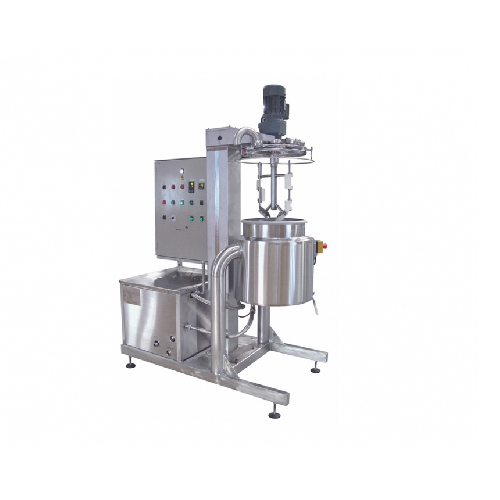
Process tanks for pharmaceutical and chemical industries
Optimize your thermal control and process efficiency with versat...
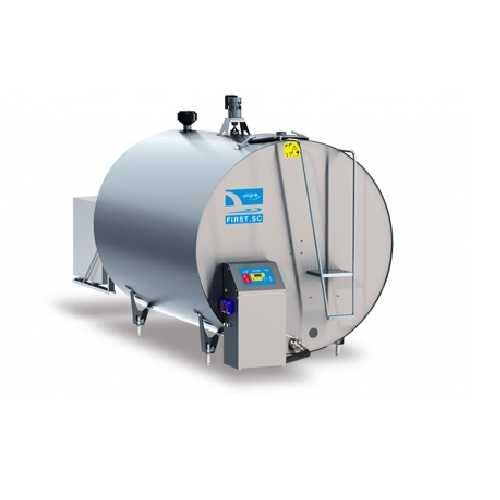
Milk cooler with automatic washing for medium farms
Ensure optimal milk preservation with integrated cooling and washing,...
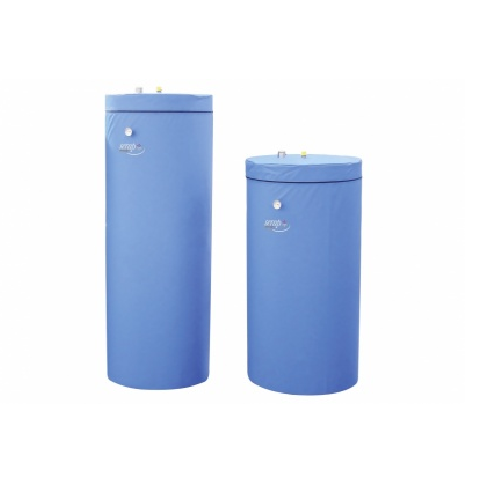
Heat recovery boiler for milk cooling systems
Capture the wasted thermal energy from milk cooling and transform it into us...

Chilled water milk can cooler for small farms
Ensure milk quality and safety with rapid cooling from 35°C to 8°C in under ...
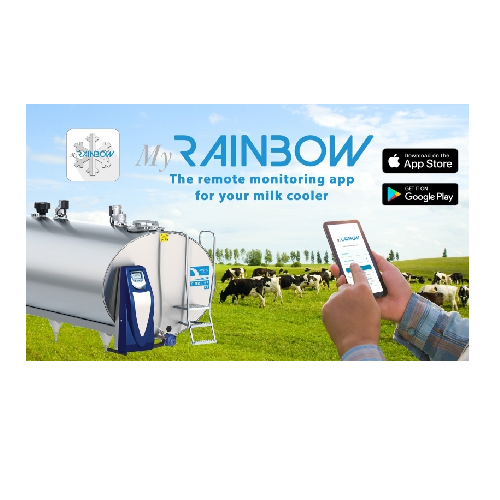
Remote monitoring app for milk coolers
Ensure milk quality and streamline operations with a remote monitoring app that prov...

Open milk cooler from 300 to 1,500 liters capacity
Ensure optimal milk storage with a high-performance cooling solution t...
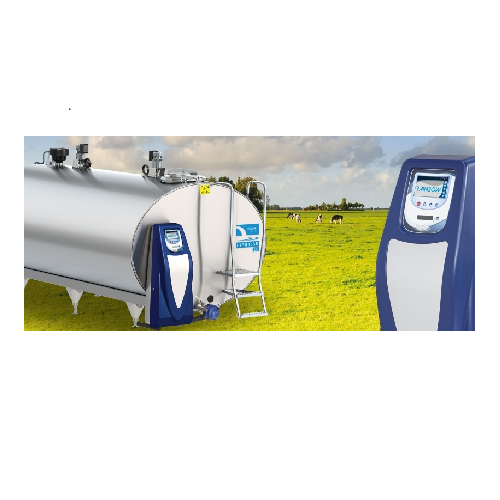
Tank cleaning system for milk quality assurance
Ensure immaculate milk quality and operational efficiency with an automate...
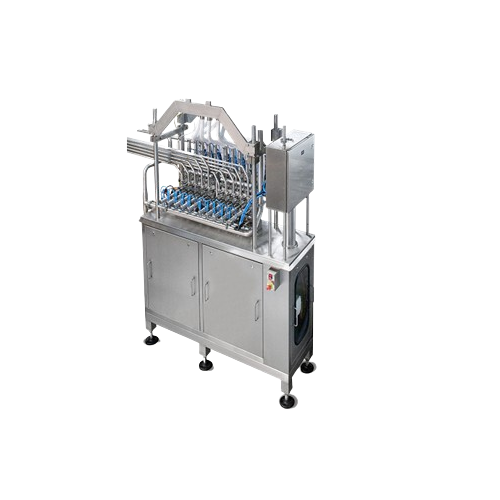
Dosing system for packaging lines
For producers looking to optimize their packaging lines, this dosing system offers precis...
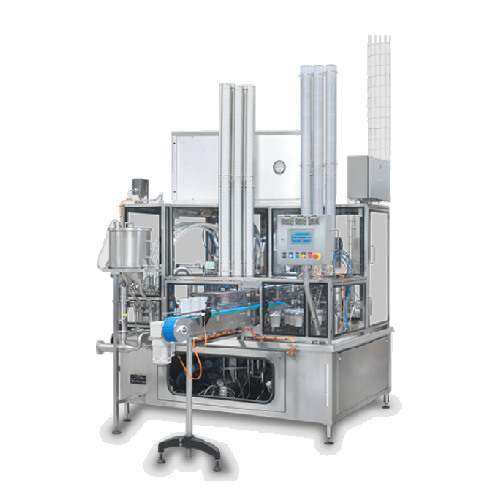
Filler for yoghurt and white cheeses
For manufacturers seeking efficient, versatile filling for products like yoghurt and s...
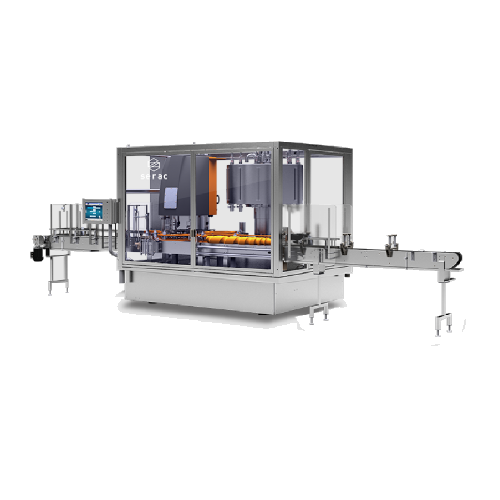
Versatile rotary filler-capper for liquid products
Optimize your liquid product production with a versatile solution that...
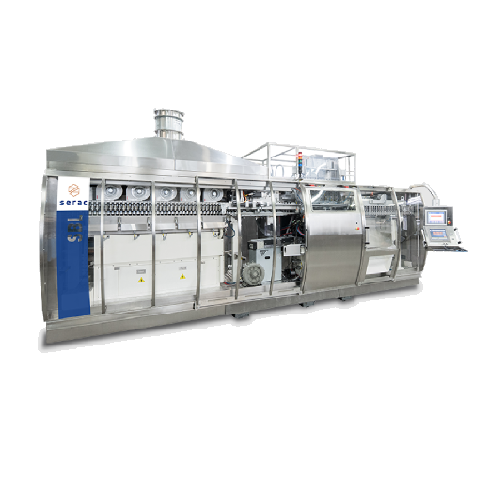
Pet bottle production for small and medium outputs
Optimize your production line by manufacturing PET bottles in-house, r...
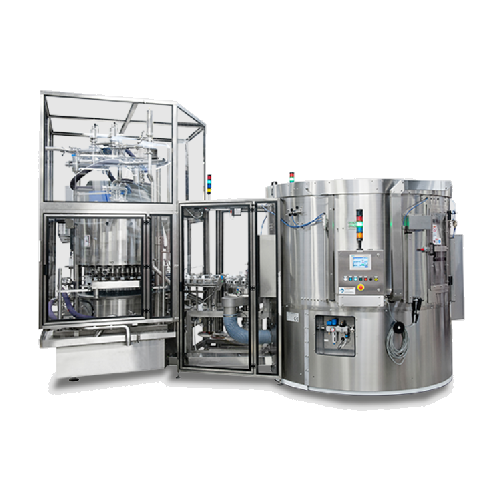
Space-saving packaging solution for high-velocity production
Optimize your manufacturing floor space with a versatile in...

Efficient jam and marmalade production line
Optimize your fruit and bakery product lines with equipment designed for high-...
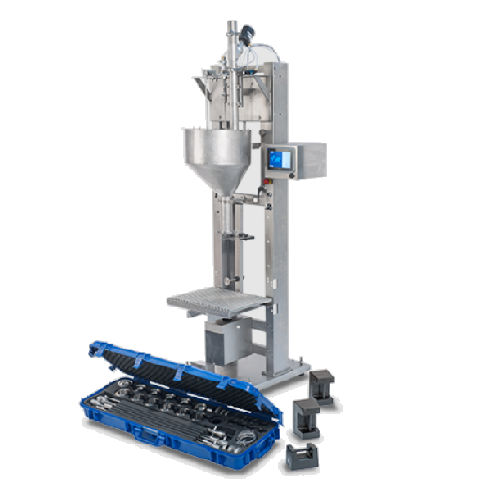
Semi-automatic weight filling system for liquid products
Achieve precise and versatile liquid filling performance with th...
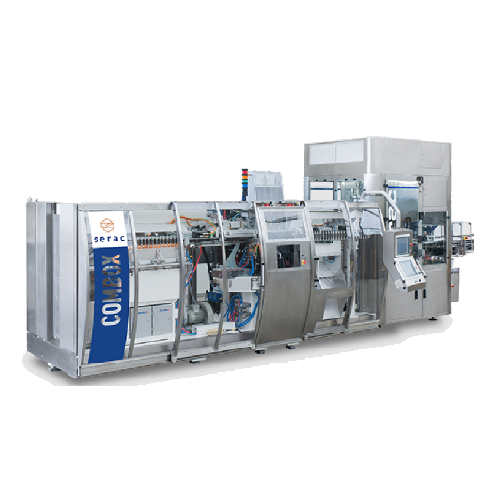
Blow-fill-cap solution for low/medium batch production
Streamline your production line with a compact blow-fill-cap syste...
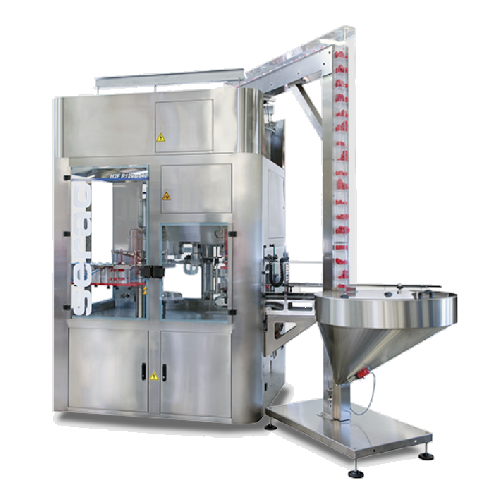
High hygienic filler for chilled beverages
Enhance cold beverage production with a modular, hygienic filler offering chemi...
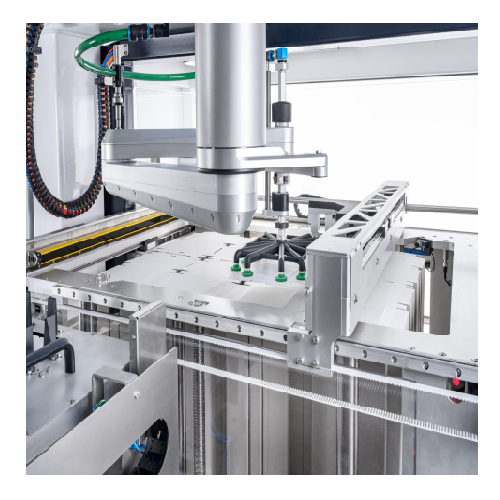
Compact carton blank feeding system
Maximize your production efficiency with a solution designed to streamline carton blank...

Aseptic tank for liquid food storage
Store and maintain the sterility of low and high acid liquid foods while ensuring prod...
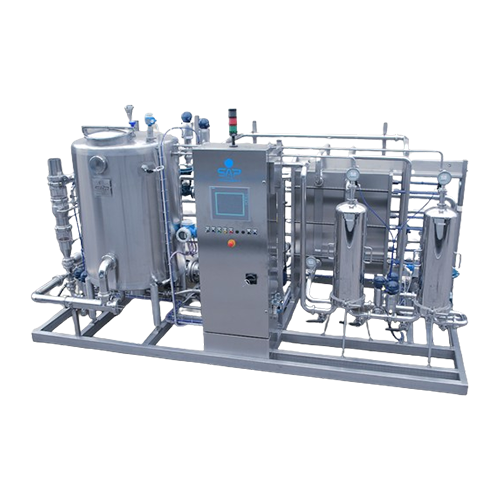
Continuous sugar dissolver for high brix solutions
Optimize your beverage production with a system that dissolves sugar u...
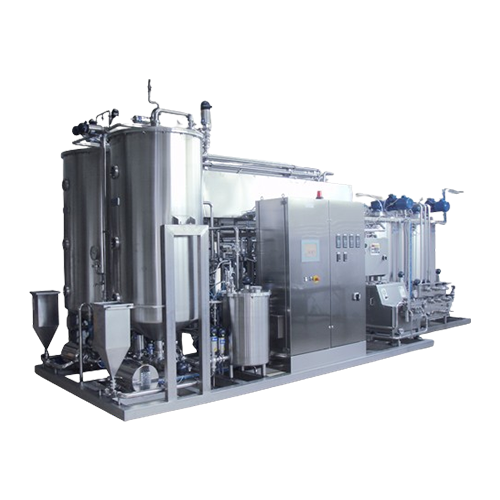
Pasteurization solution for food liquids
Extend the shelf-life of your liquid products while maintaining their quality with...

Industrial solutions for beverage mixing and carbonation
Optimize your beverage production with precise mixing and carbon...
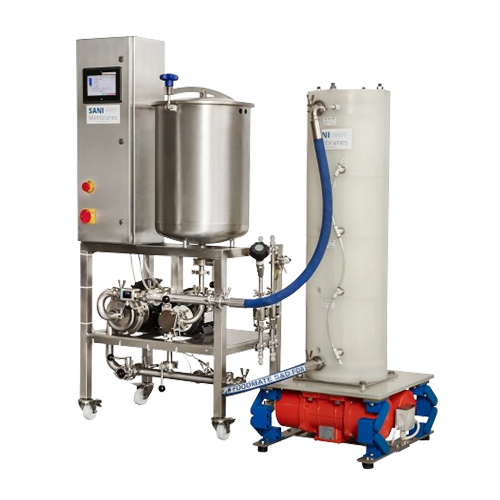
Feed system for pilot-scale microfiltration and ultrafiltration applications
Optimize your small-scale production with...
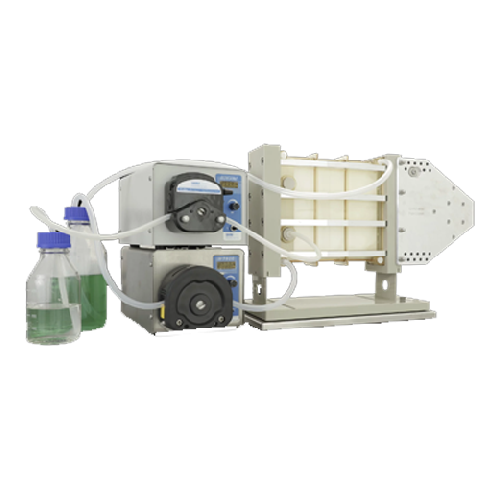
Lab-scale filtration system for micro- and ultrafiltration
Simplify complex microfiltration and ultrafiltration tasks wi...
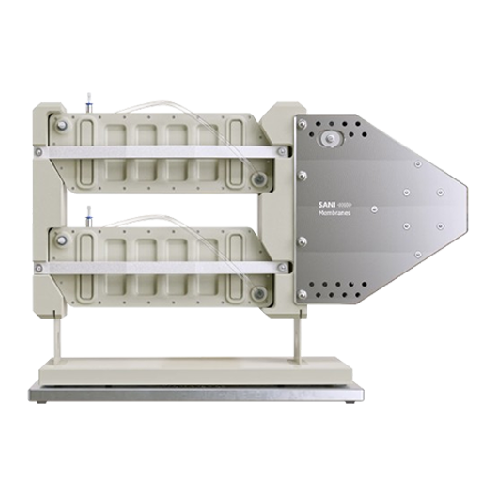
Benchtop membrane filtration for process development
Eliminate fouling and achieve precise separation with a benchtop fil...
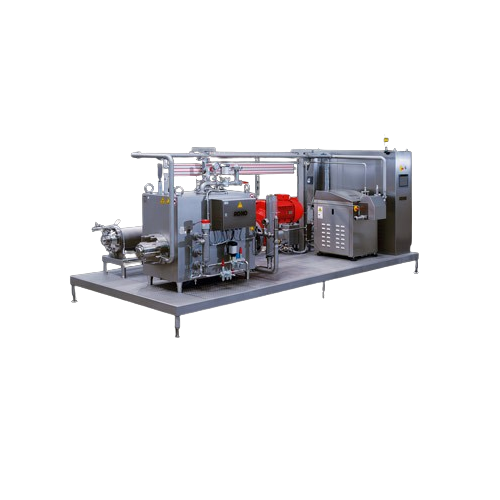
Skid mounted process plant
Simplify your production setup with skid-mounted process plants, designed for quick installation ...
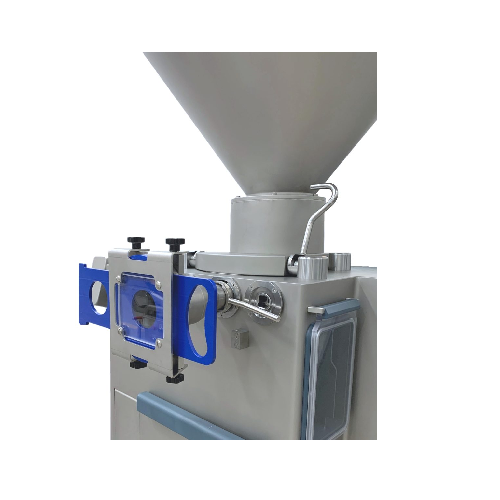
Manual burger former for food production
Streamline your food product shaping process with manual precision, ensuring unifo...
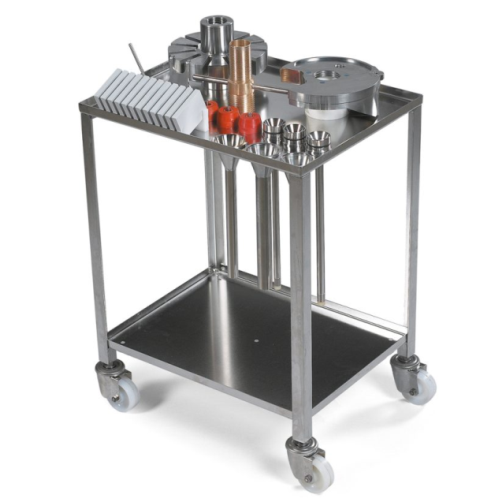
Organized component storage for vacuum fillers
Prevent equipment damage and streamline cleaning operations with a storage ...
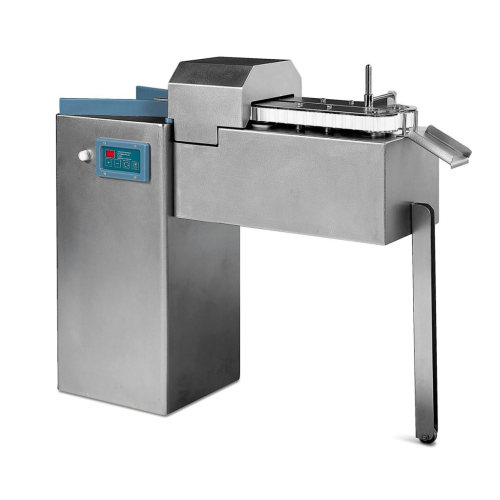
Automatic tying system for fresh sausages
Streamline your sausage production process with high-speed tying, ensuring consi...

Portioning and filling system for sausage production
Achieve precise portioning and efficient filling for a diverse range...
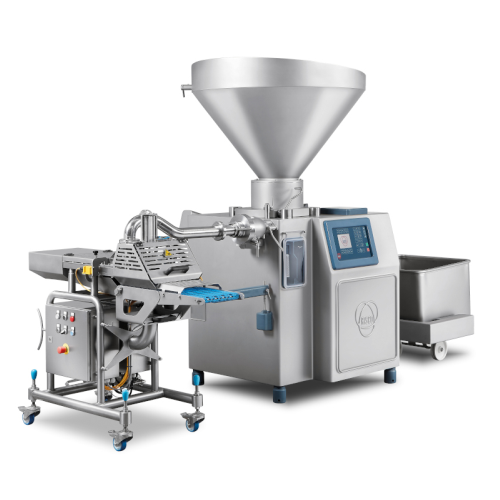
Double head forming system for burger production
Streamline your burger production with a high-speed forming system that e...
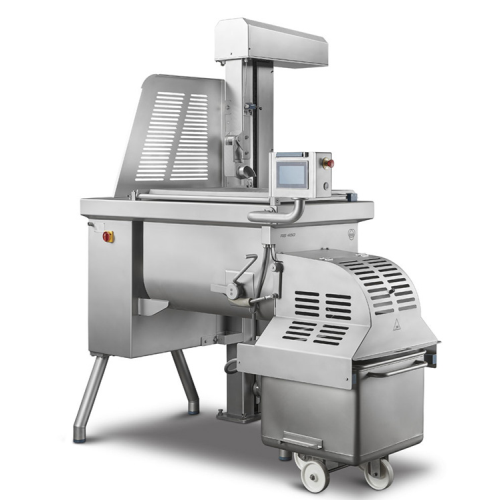
Frontal discharge mixer for meat processing
Enhance your mixing process with an efficient solution that seamlessly combine...
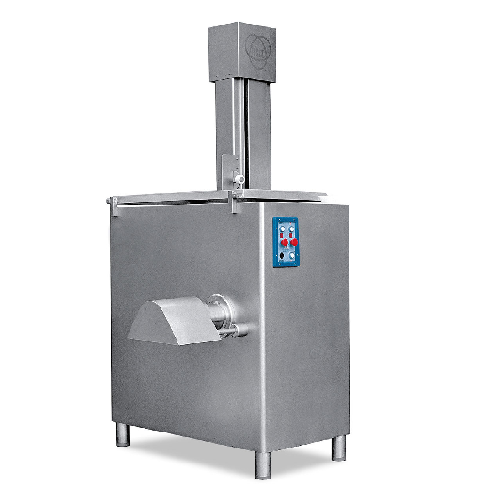
Industrial grinder for fresh meat and food products
Optimize your fresh food processing with a versatile grinding solutio...
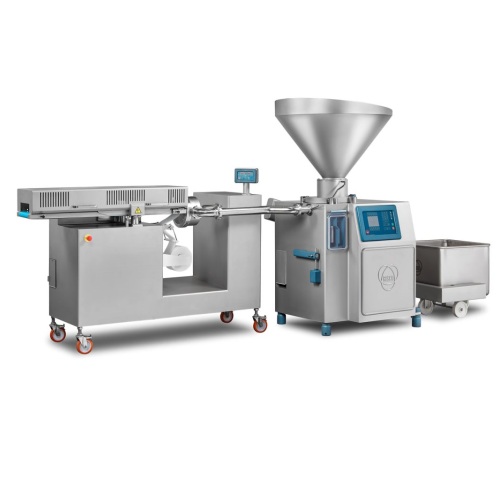
Portioner for ground meat production
Effortlessly streamline your high-volume meat processing with a versatile system desig...
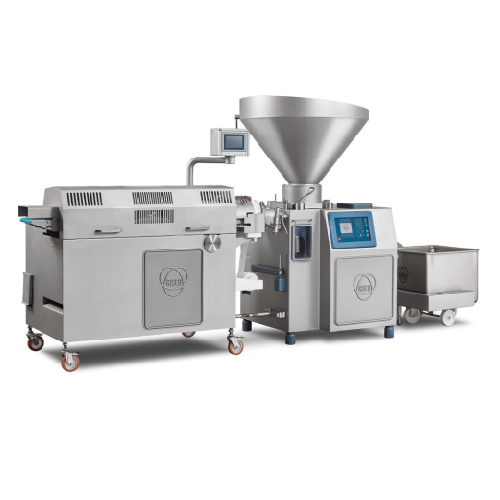
High speed portioner for minced meat and burgers
Optimize your production speed and portioning precision with this high-pe...

Vertical dosing valve for accurate food portioning
Ensure precision in portioning liquid and semi-liquid food products wi...
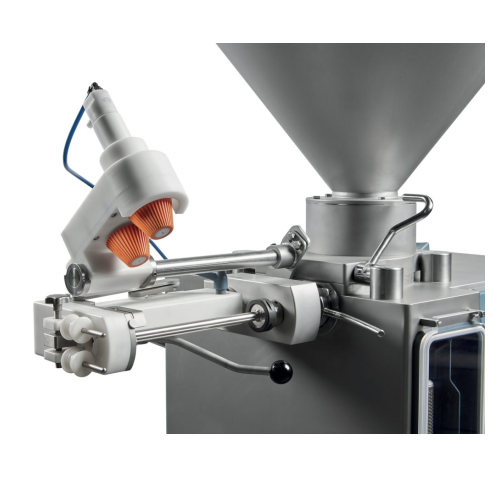
Casing spinner for natural sausage casings
Improve efficiency in your sausage production by seamlessly integrating natural...
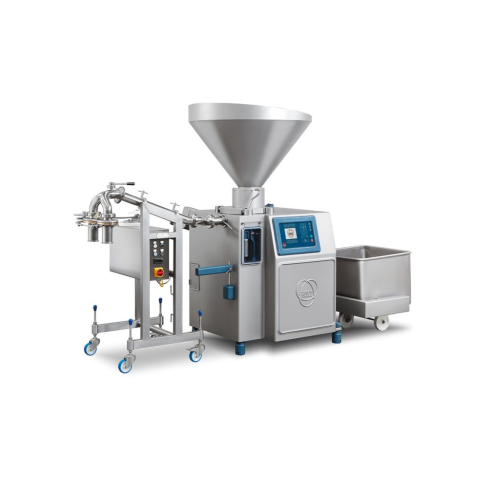
Forming system for meatballs
Achieve precise portioning and consistent shapes for various food balls and dumplings, enhancin...

Butter Churner Machine
When processing smaller quantities of cream, you need to experiment with butter characteristics to cat...
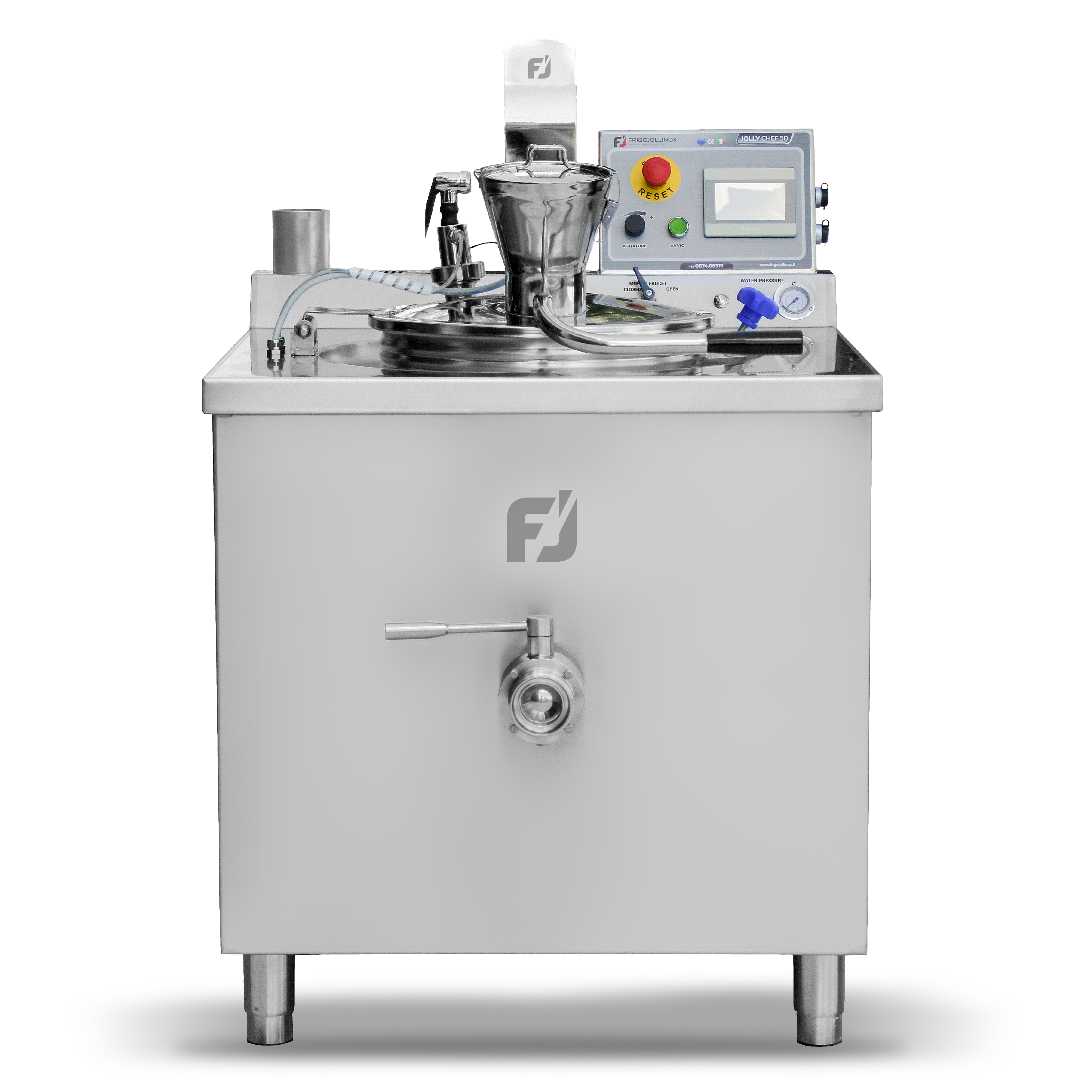
Pasteurization Machine for Milk
Manual processing of dairy products can cause inconsistent quality between batches due to po...
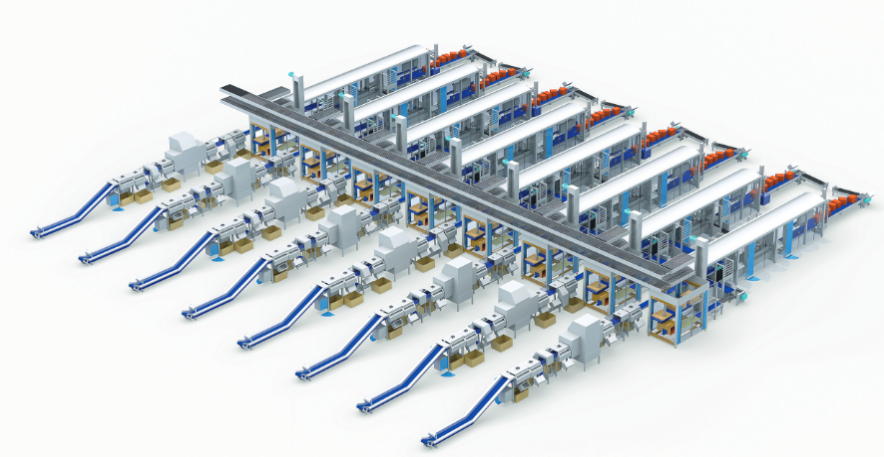
Grated cheese case packing machine
Large-scale cheese manufacturers process and handle products of different sizes and volu...
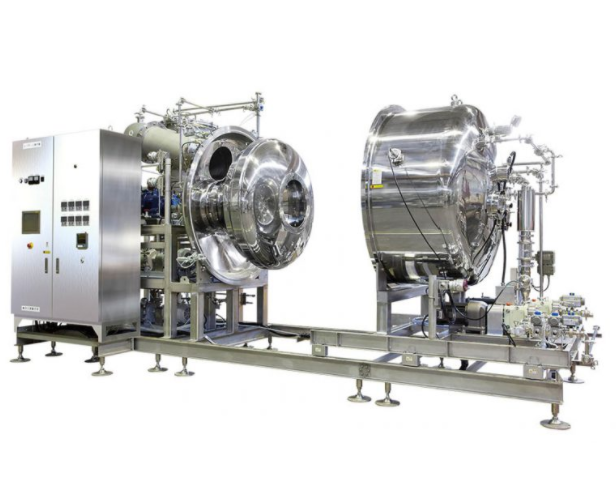
Evaporator for heat sensitive products
The removal of solvents when making products in industries like food, cosmetics, pha...
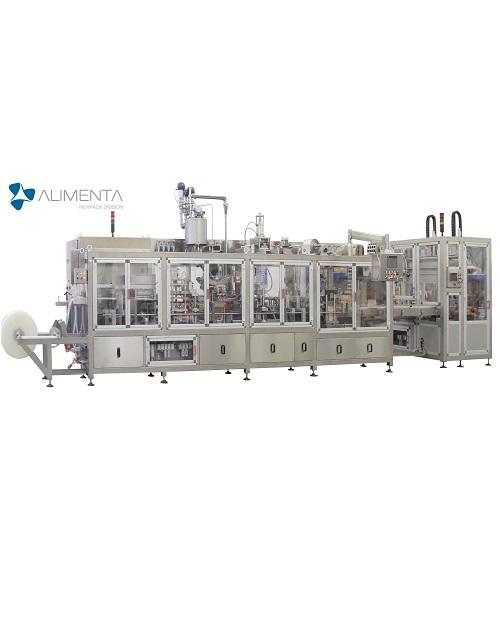
High-clean FFS machine for butter in mini portions
With the production of dairy products such as butter in mini portions ...
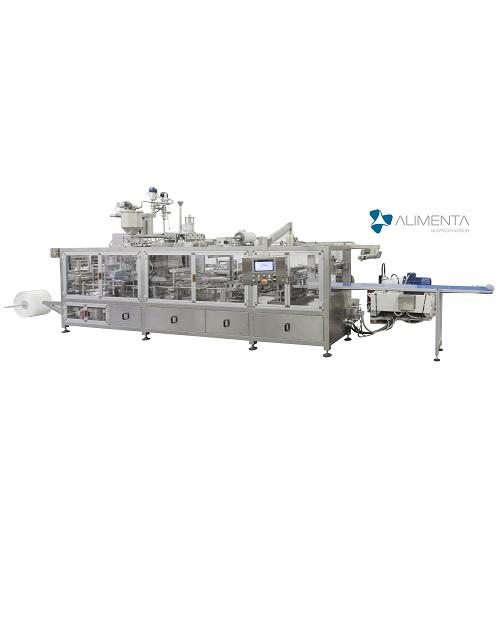
Ultra-clean FFS machine for yoghurt in cups
Dairy products like yoghurt are very susceptible to spoilage. Yeasts and mould...
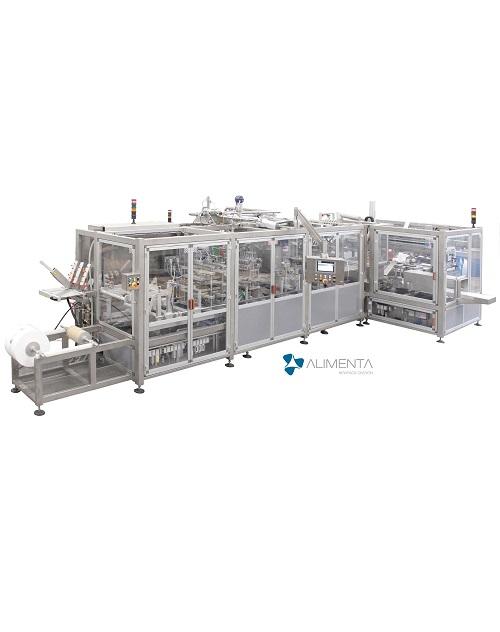
Aseptic FFS machine for UHT products
UHT products (ultra high temperature processing) such as sterilized milk, are products...
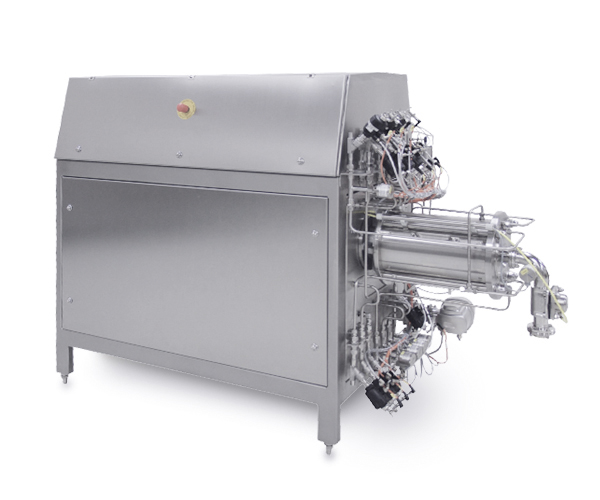
Aseptic aerator for food products
Products such as mousse, yogurt, butter, cheese, and many more require mixing and aeratin...
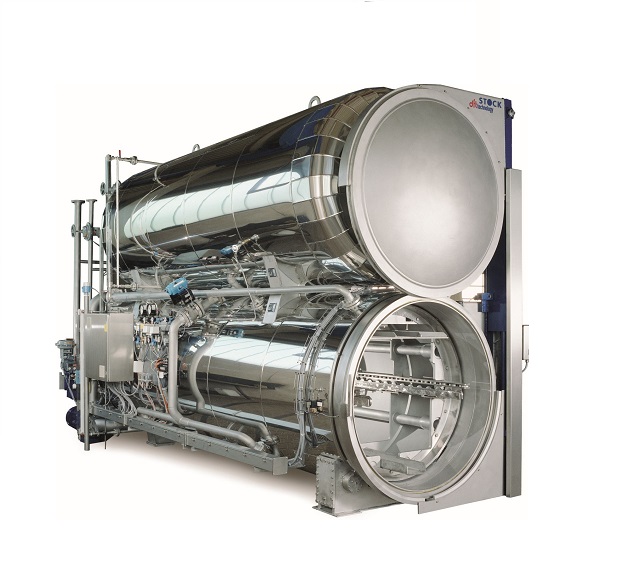
Autoclave for canned food
Sealing and cooking products in cans, pouches or other containers is a very popular method of pres...
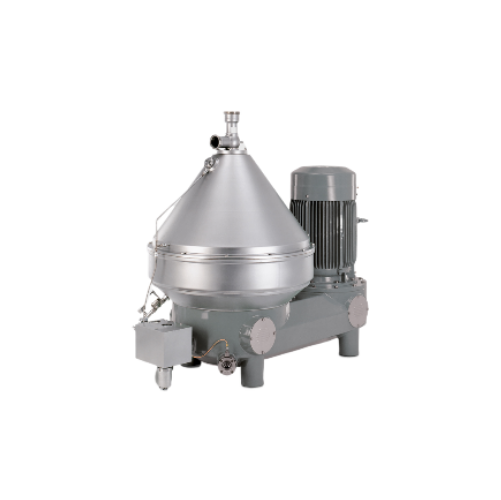
Clarifiers for biochemical separation
Achieve seamless liquid-solid separation with high-speed disk-type clarifiers, ensuri...
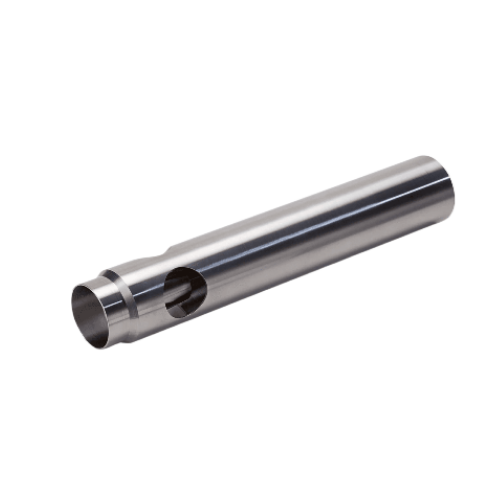
Liquid jet mixer for homogeneous tank mixing
Achieve efficient and consistent mixing in large storage tanks with this adva...
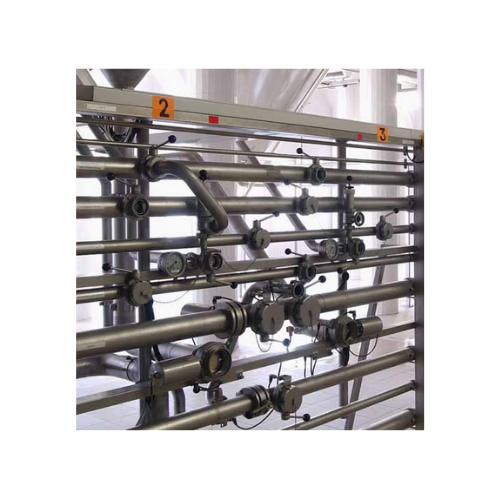
Piping solutions for breweries cold block area
Efficiently distribute and regulate media within your brewing process, ensu...

Spray dryer performance optimization system
Achieve unparalleled spray drying efficiency with real-time monitoring and con...
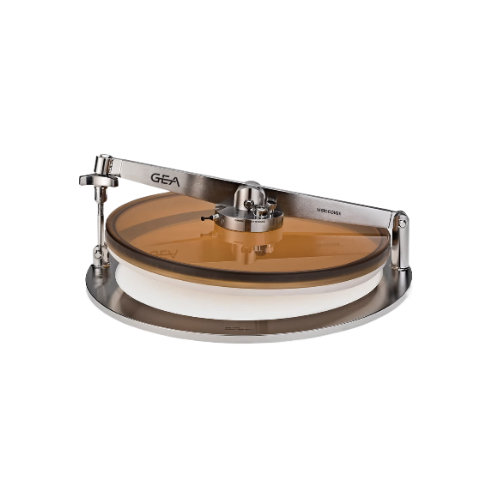
Sanitary cover for visual inspection
Ensure optimal hygiene and easy access in your production line with a transparent cove...
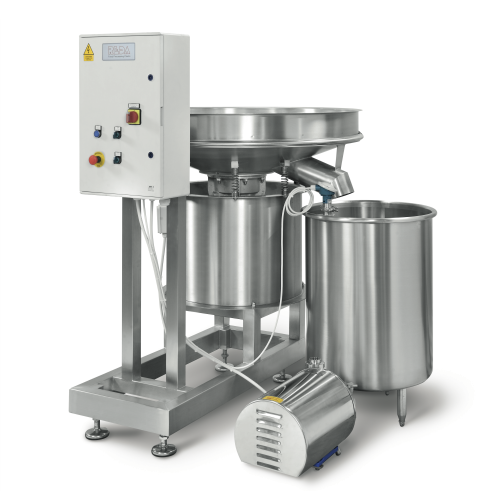
Whey processing line
Streamline whey processing by transforming byproducts into high-value proteins, catering to diverse nutr...
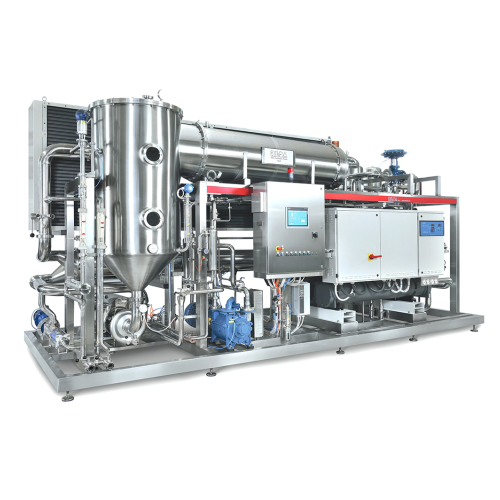
Grape must concentration solution
Optimize the alcohol content and flavor profile of your wines by efficiently concentratin...
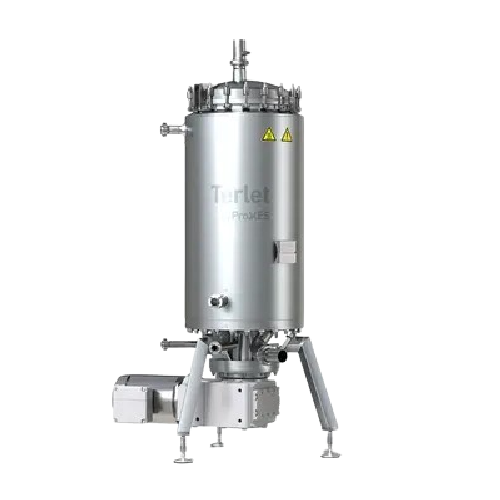
Heat exchangers for efficient heat transfer in industry
Achieve precise temperature control across diverse viscosities wi...
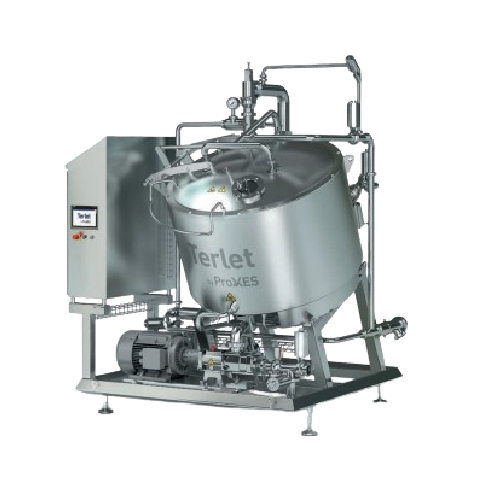
Precise liquid cooling solution for food processing
Ensure high-quality preservation of flavors and textures in liquid fo...
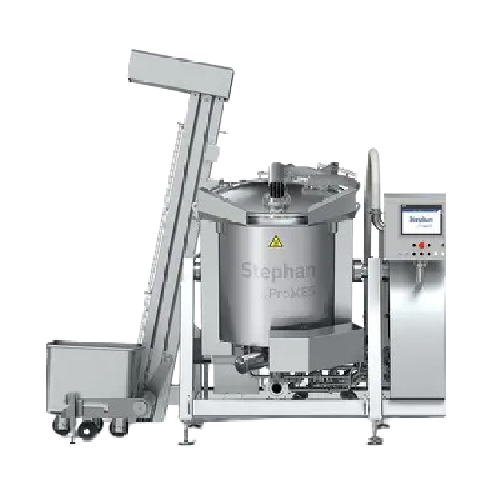
Industrial cooker for sauces and stews
When producing diverse culinary delights such as sauces and stews, achieving even he...
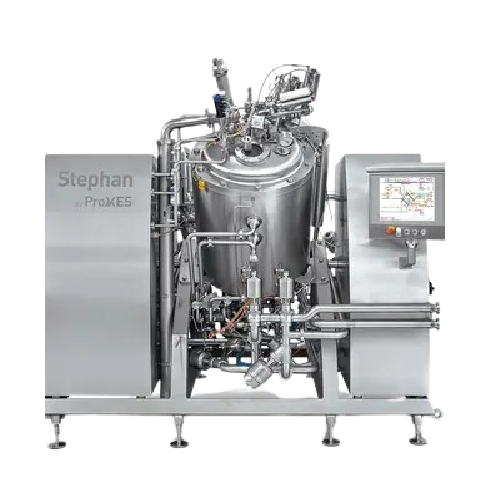
Continuous ultra-high temperature processor for processed cheese
Ensure precise thermal treatment and enhanced flavor re...
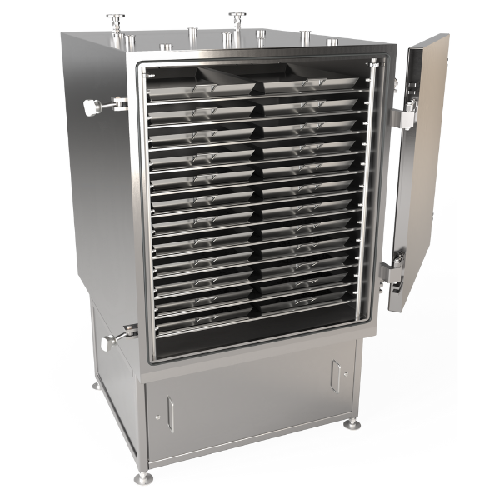
Continuous heat exchanger for soups and sauces
Optimize your soup and sauce production with a continuous heat exchanger th...
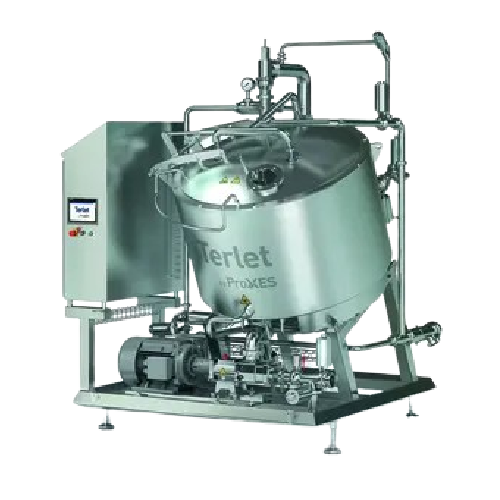
Efficient cooling and cooking systems for food processing
Streamline your production with integrated cooling and cooking...
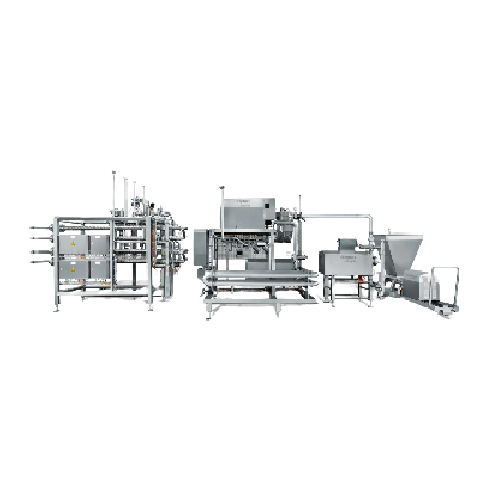
Continuous cheese line
Achieve precise temperature control and seamless product transitions with this equipment, ideal for en...
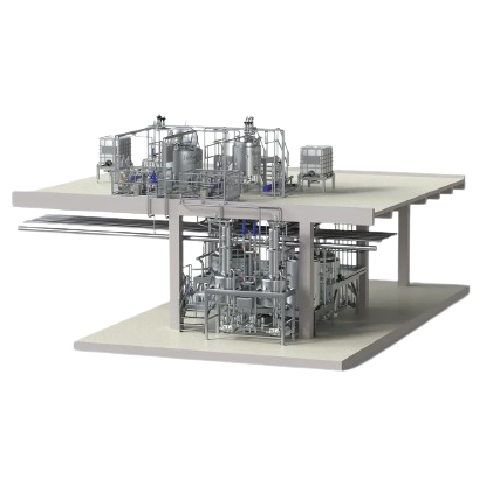
Continuous mustard line
Streamline mustard production with high-capacity continuous processing that reduces air pockets and e...
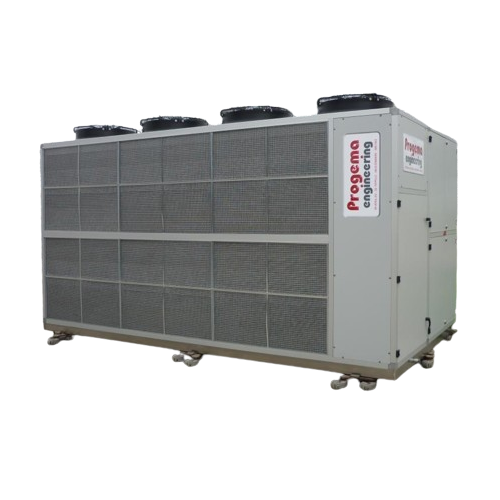
Conditioners for cheese aging warehouses
Ensure precise temperature and humidity control in cheese aging warehouses to main...
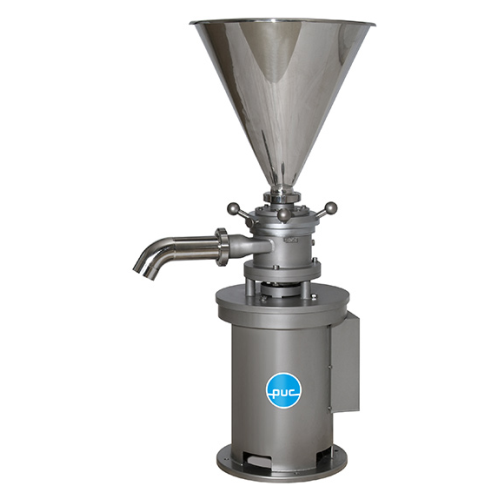
Vertical colloid mill for emulsifying and homogenizing
Optimize your production line with precise particle size reduction...
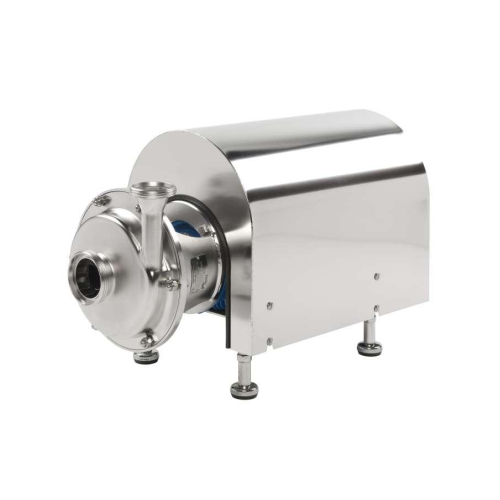
Centrifugal pumps for food & beverage and biopharmaceutical applications
Optimize your liquid transfer processes with p...
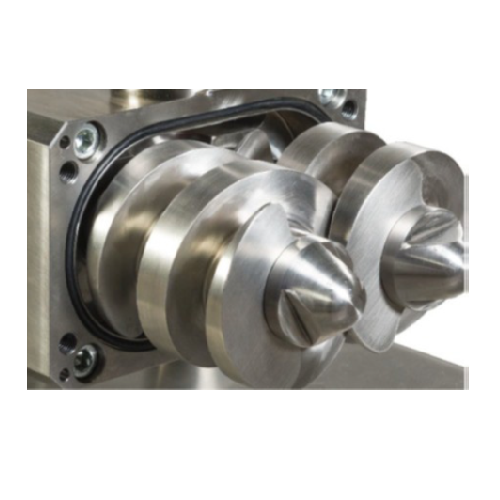
Aseptic sampling devices for biopharmaceutical applications
Secure aseptic sampling ensures your high-value biopharmaceu...
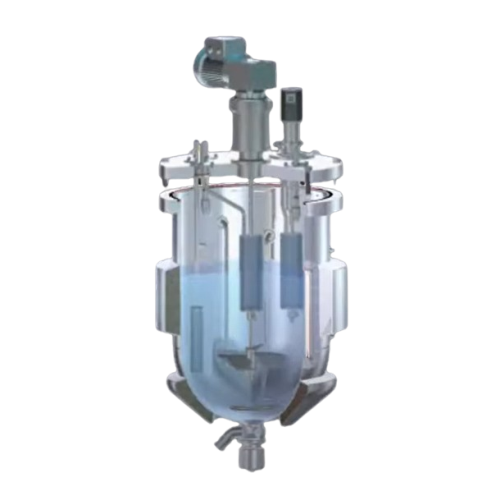
Industrial agitation and mixing solutions
Enhance your production line efficiency with engineered agitation and mixing sys...
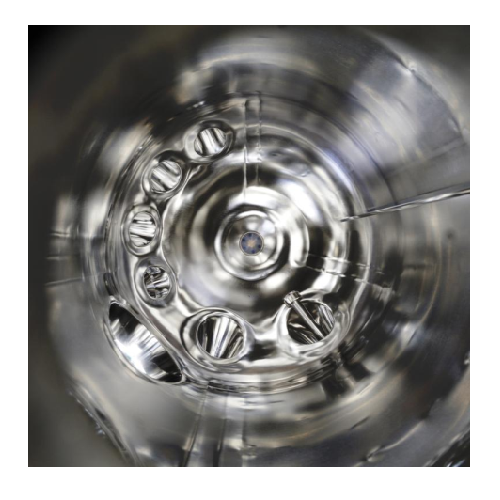
Stainless steel process vessels for biopharmaceutical applications
Ensure seamless mixing and sterilization with engine...
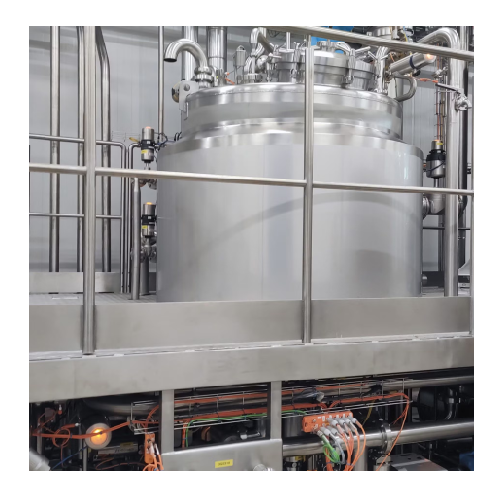
Batch processing systems for industrial applications
Optimize batch production with versatile systems that enhance energy...

Industrial premixing system for batch and inline processing
Streamline your production with advanced premixing systems d...
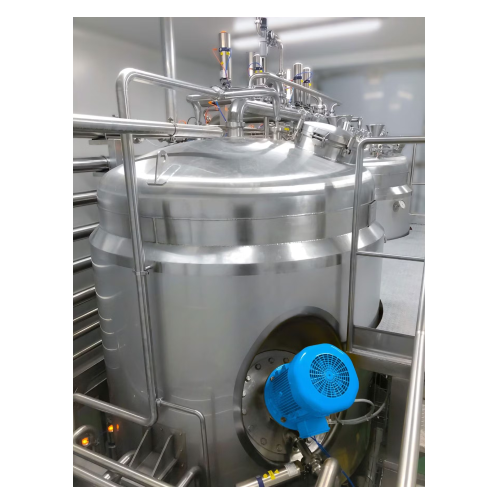
Industrial cooling vessel for ready meal components
Enhance your production with precise cooling and gentle handling of t...
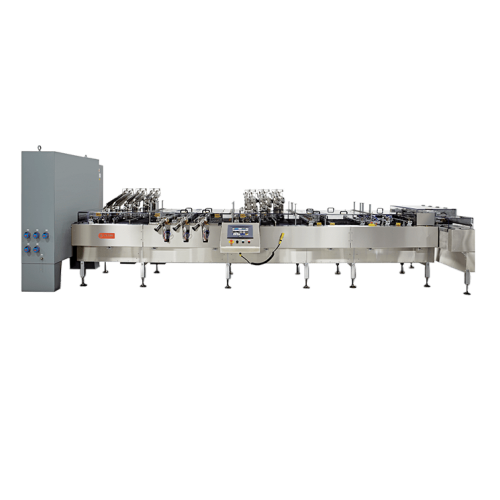
High-speed sandwiching machine for bakery production
Streamline your baking operations with a machine designed to efficie...
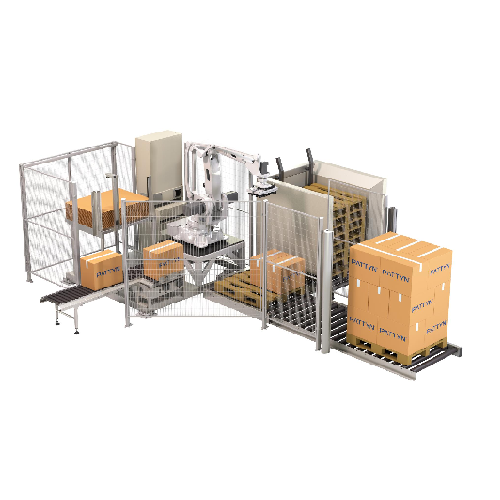
Automated palletizing solution for packaging lines
Enhance your production line with a reliable palletizing solution desi...
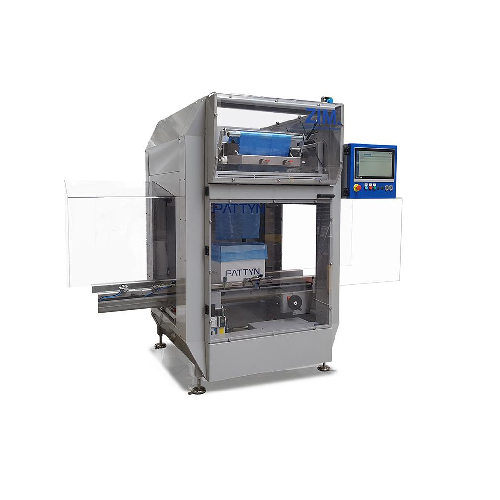
Automatic bag inserter for boxes and crates
Optimize your packaging line with a compact solution that seamlessly inserts p...
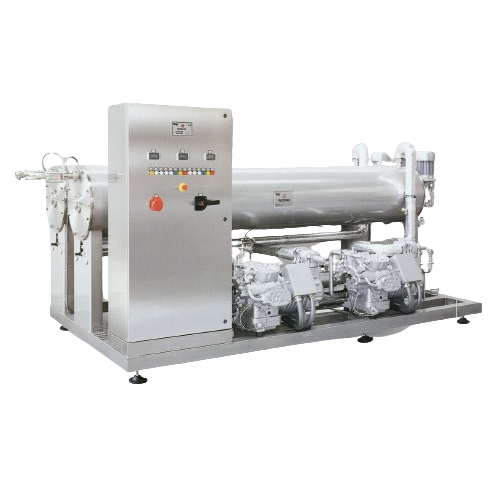
Scraped surface ultra cooler for liquid temperature reduction
Optimize your liquid cooling processes with advanced heat ...
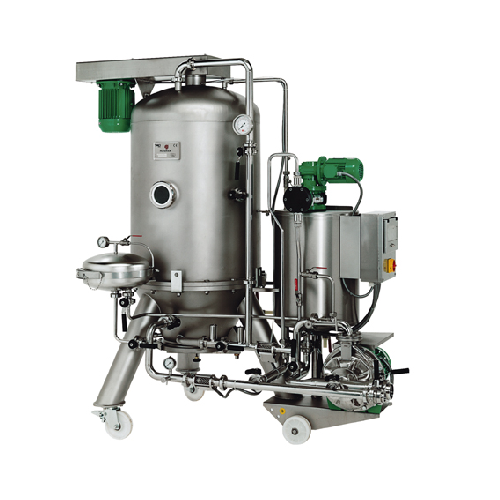
Horizontal plates d.e. filter for wine and vinegar
Optimize filtration and purification across liquids with precision, en...
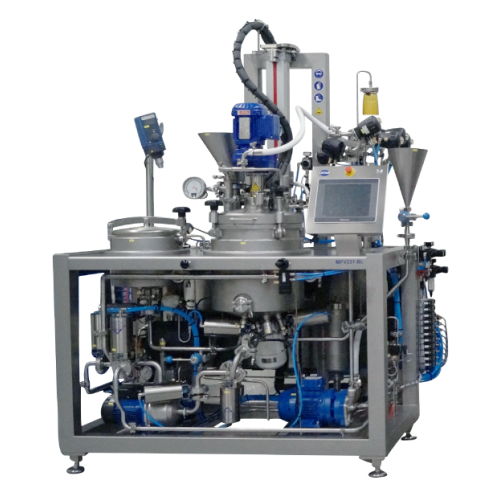
In-line production of fine emulsions
Achieve homogenous emulsions with precise control, reducing the risk of lump formation...
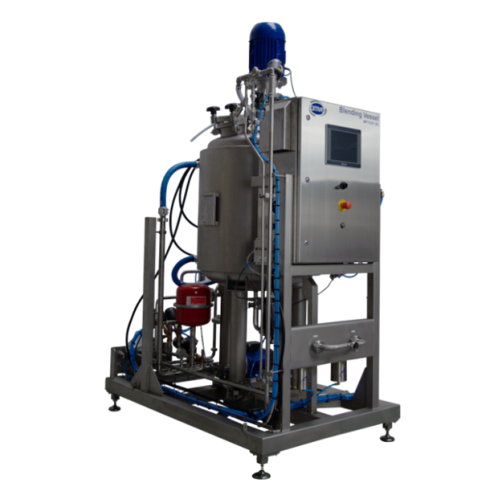
Advanced closed blending vessels for liquid food products
Enhance your production line with advanced closed blending ves...
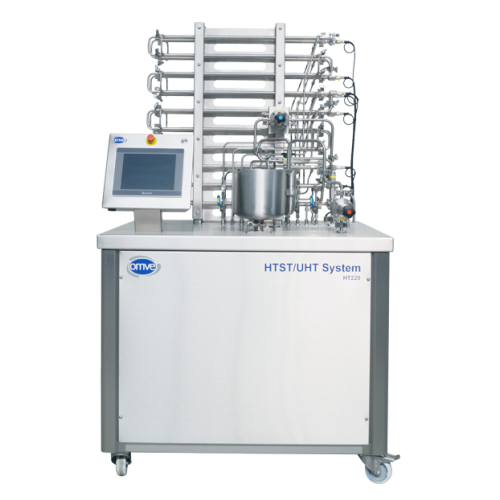
Lab Uht/htst system for r&d activities
Optimize your R&D with a versatile, modular system allowing precise control ove...
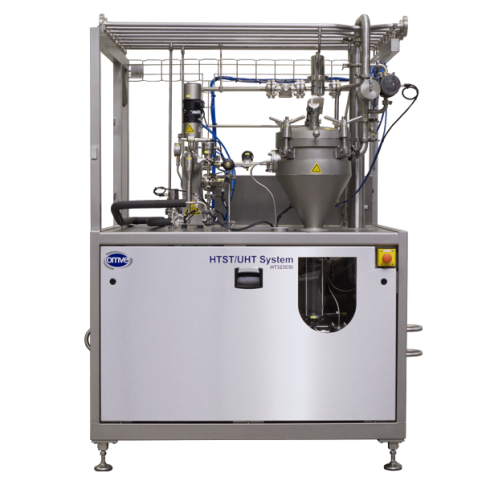
Laboratory in-line sterilization system
Ensure precise temperature control and rapid cooling for diverse liquid application...
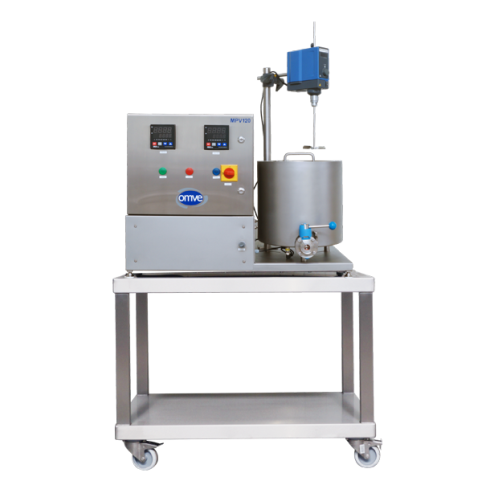
Bench-top blending vessel for small batch preparation
For small-batch liquid products, achieve precise mixing, heating, a...
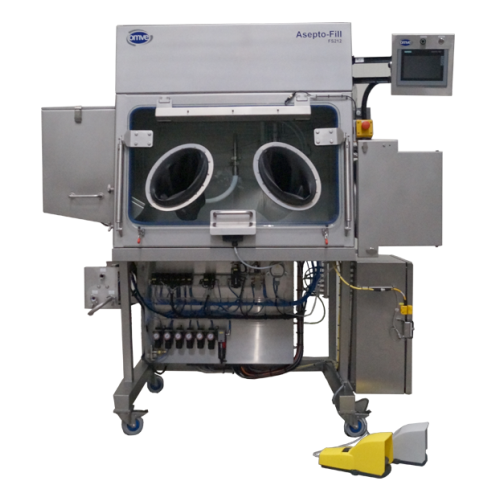
Cold aseptic filling solution for Uht samples
Ensure aseptic integrity and extend shelf life by securely filling and closi...
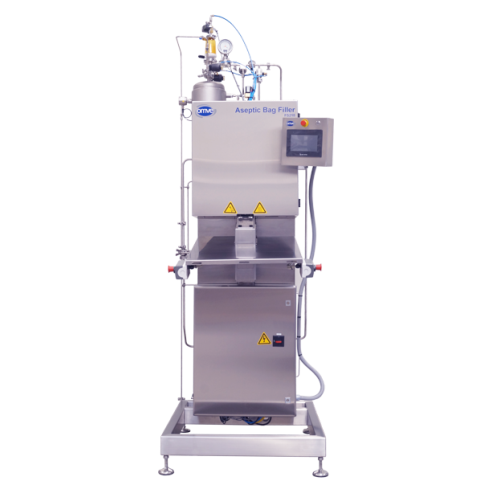
Aseptic bag-in-box filler for laboratory use
Achieve aseptic filling precision on a lab-scale with a compact solution that...
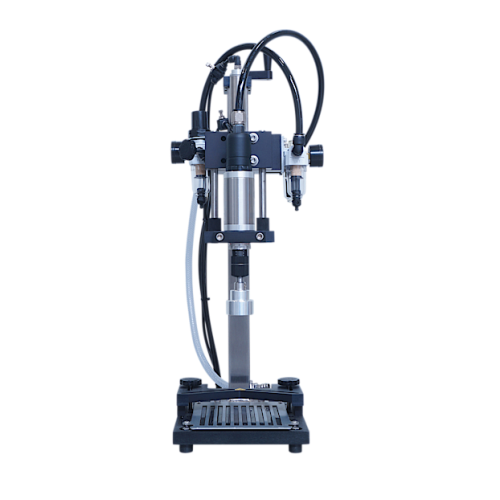
Fs closing devices for industrial packaging solutions
Streamline your packaging process with versatile closing devices, d...
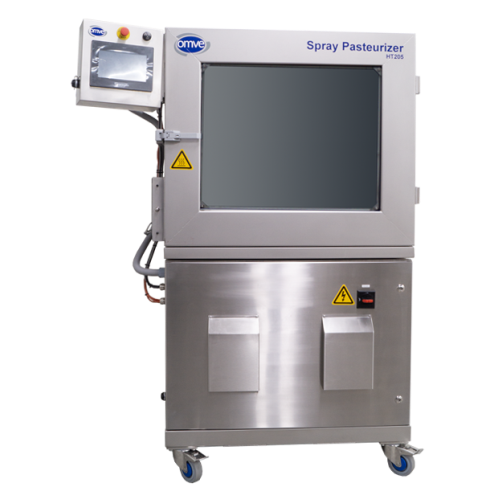
Small-scale in-container spray pasteurizer for laboratory use
Optimize your R&D processes with precise control over...
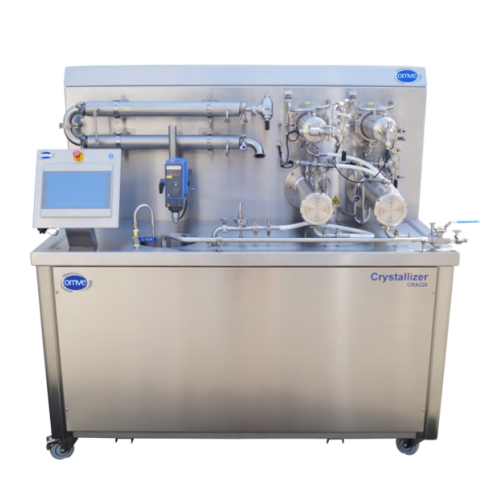
Lab-scale margarine and spread crystallizer
Achieve precise control over margarine and spread crystallization with lab-sca...
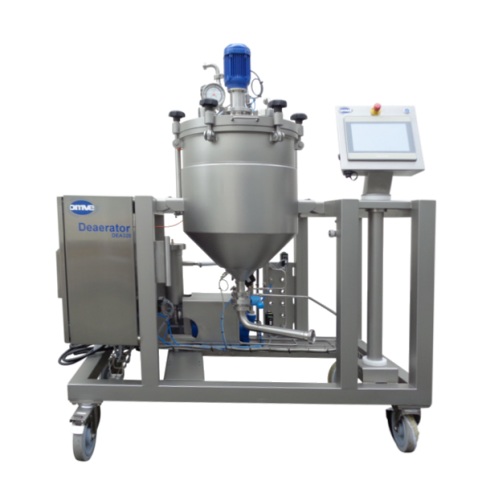
Batch deaerator for reduced oxidation in liquid processing
Optimize product shelf life and quality by efficiently removi...
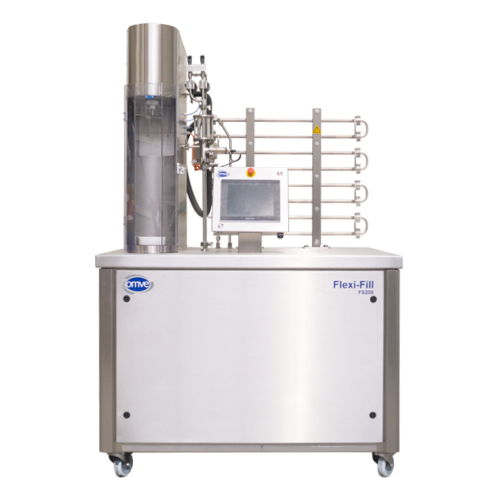
Counter-pressure filler for carbonated drinks
Enhance your carbonated beverage production with advanced counter-pressure f...
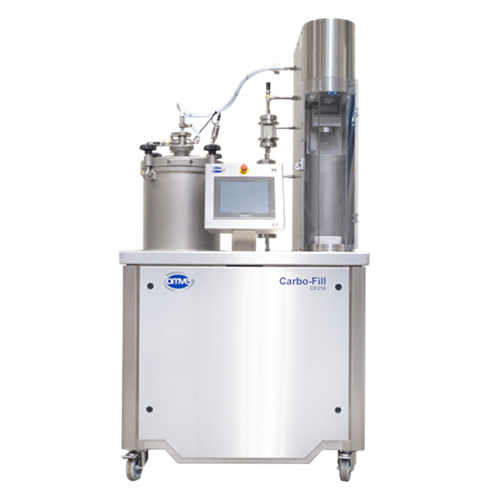
Lab-scale carbonation system for beverage filling
Streamline your beverage development with precision carbonation and ver...
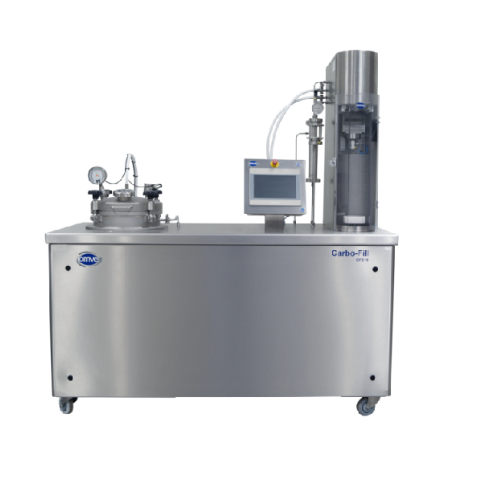
Carbonation and filling system for Pet and glass bottles
Optimize your beverage production with precise carbonation, fill...
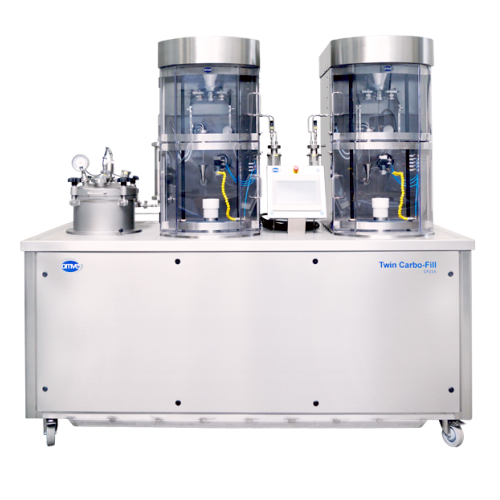
Carbonation and can seaming solution for beverages
Optimize your beverage production with a seamless integration that sim...
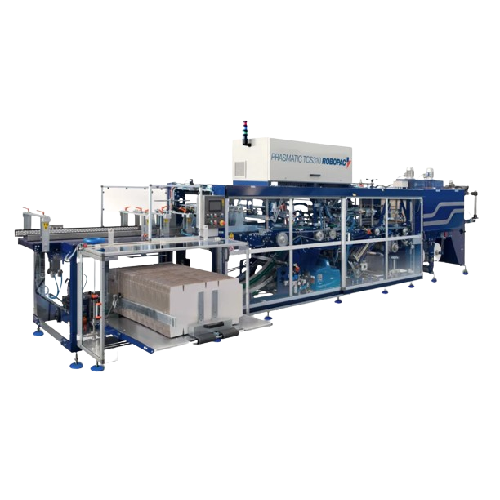
Medium-speed shrink wrapper and case packer for food industry
Optimize your packaging line with a combined solution that...
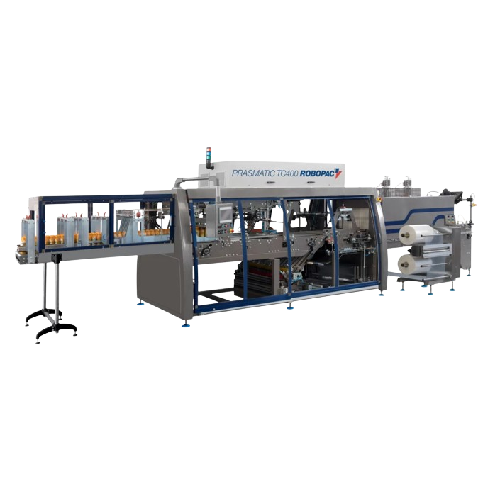
Medium-speed shrink-wrapping solution for various packaging types
Streamline your end-line packaging with a modular shr...

Automatic traysealer for food packaging
Optimize your packaging efficiency with this advanced traysealer, designed to enhan...
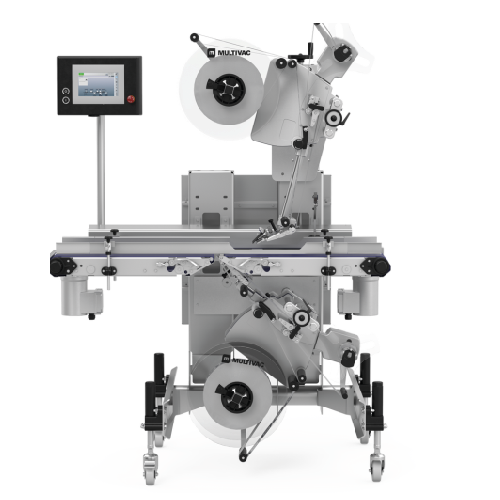
Labelling solution for thermoformed packaging
Ensure flawless labeling integration with high-speed, continuous production....
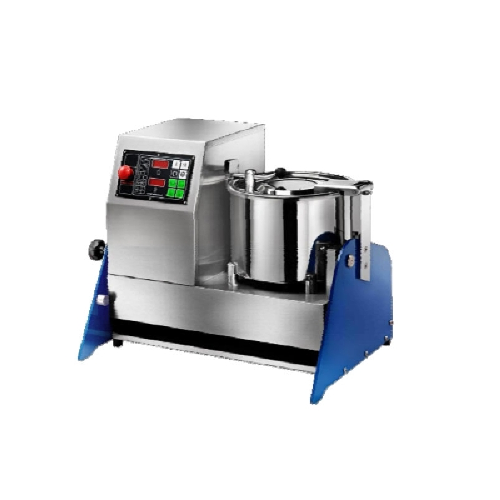
Professional food cutter for various ingredients
Streamline your food preparation with a versatile cutter designed to effi...

Professional grater for parmesan and hard cheeses
Enhance your processing line with a robust grater designed to efficient...
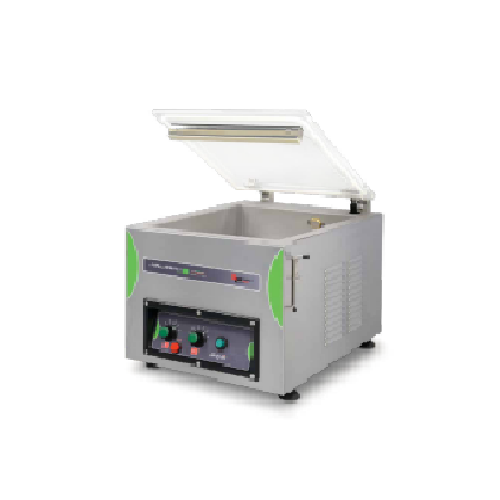
Vacuum preservation system for professional packaging needs
Enhance your food product longevity and quality with precise...
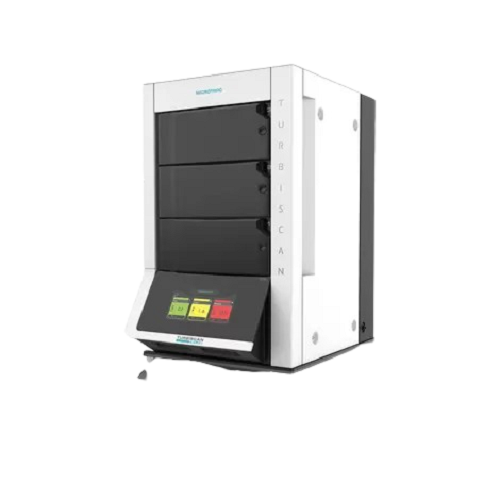
Multi-sample stability analyzer for emulsions and suspensions
Achieve precise, non-destructive stability analysis of emu...
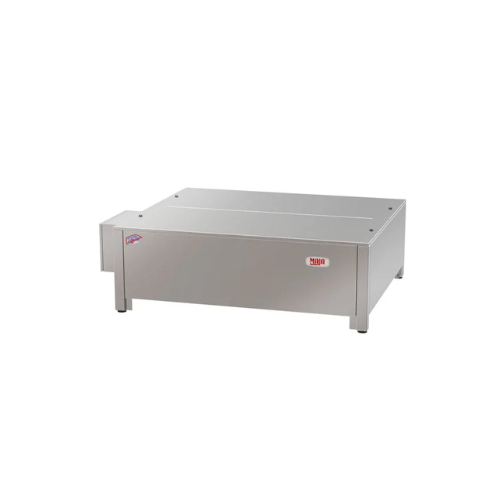
Flake ice production system for direct ammonia refrigeration
Optimize your cooling processes with a highly efficient ice...
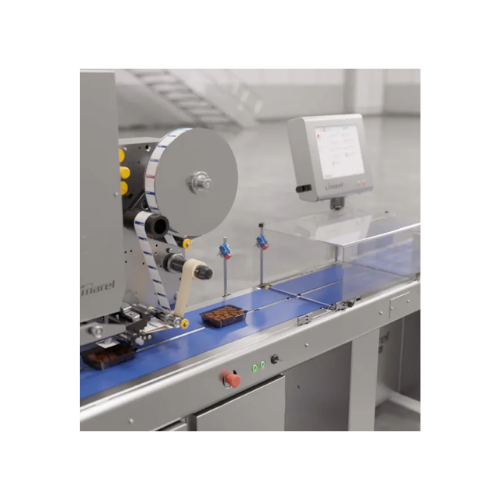
Weigh price labeler for retail food products
Achieve consistent, high-speed labeling and pricing with precision—streamlini...
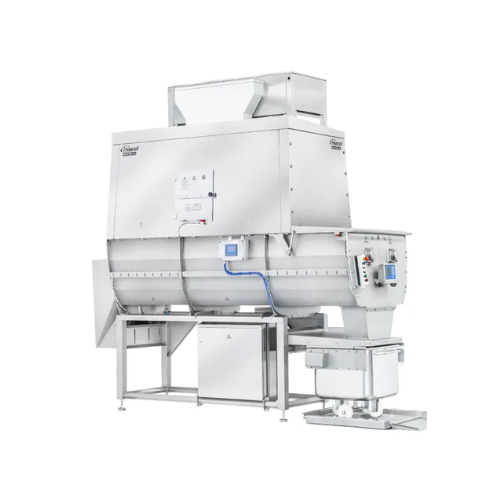
Automated flake ice storage solution
Streamline your ice management with a solution that eliminates manual handling, enhanc...
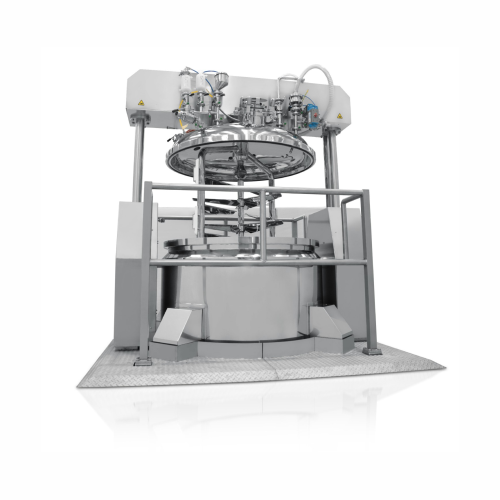
Vacuum turboemulsifiers for liquid and creamy products
Simplify your production workflow with high-capacity vacuum turboe...
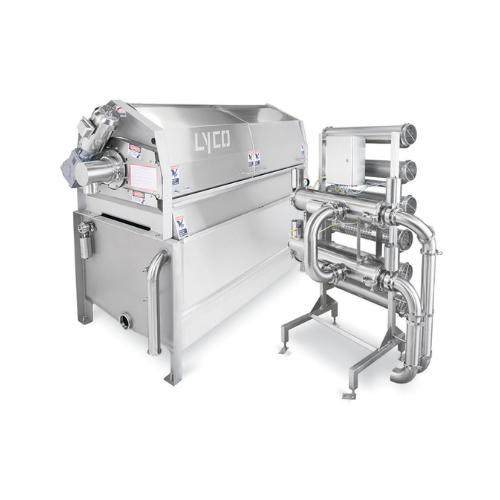
Water reuse system for poultry plants
Optimize your water usage and reduce operating costs with an efficient system that re...
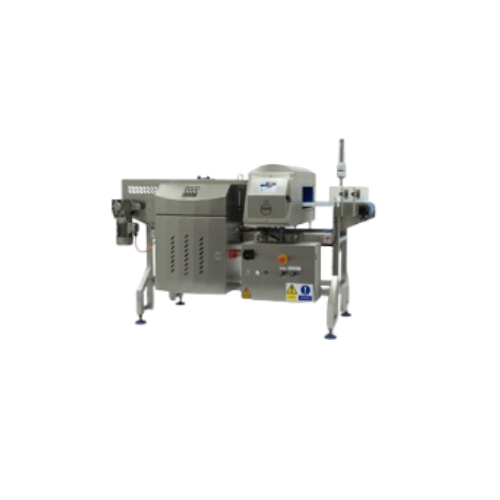
Metal detector for conveyorized applications
Enhance your production line by ensuring product safety with advanced metal d...
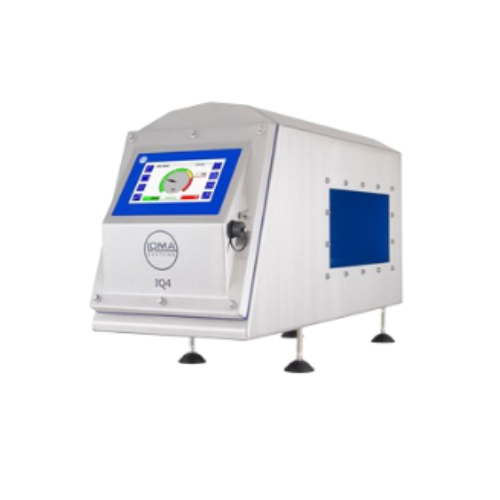
Industrial metal detector for food production lines
Ensure product safety and compliance by seamlessly detecting metal co...
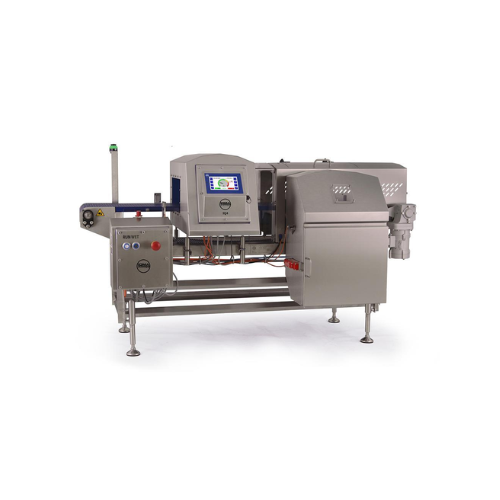
Conveyorized food metal detector for high-care environments
Ensure food safety with advanced metal detection tailored fo...
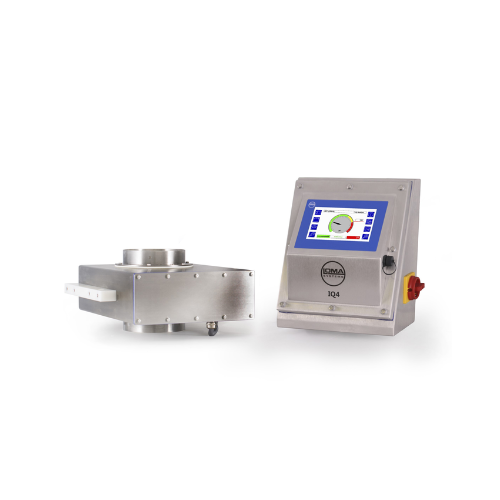
Gravity fed metal detector for dried foods
Ensure product purity and safety with metal detection between gravity feed hopp...
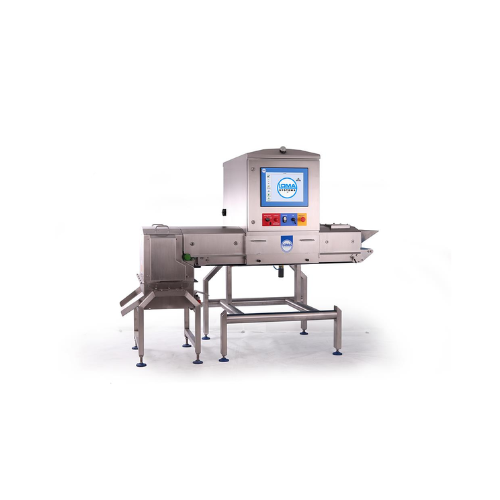
X-ray food inspection system for loose products
Ensure contaminant-free loose products by integrating a versatile inspecti...
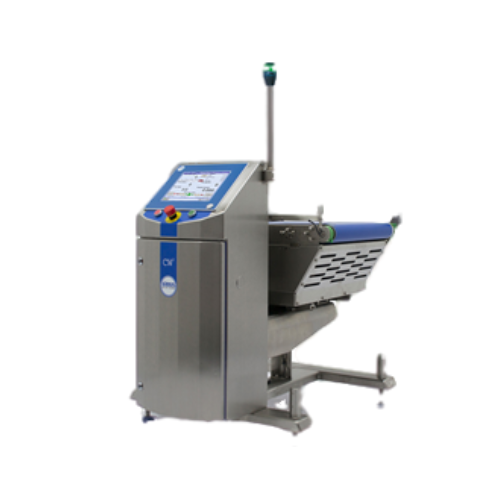
High-capacity checkweigher for heavy products
Ensure compliance and precision in weighing large and heavy packaged product...
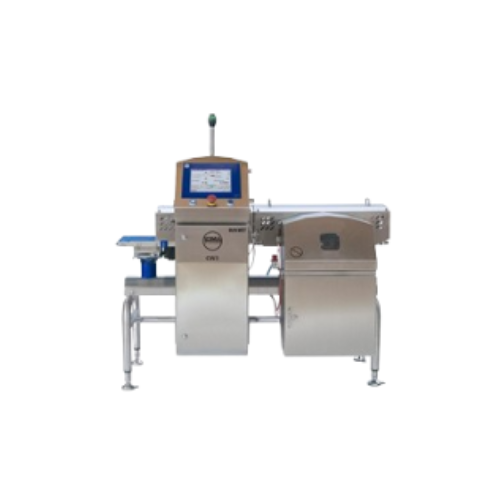
Checkweigher for high-care food environments
For facilities needing precision and hygiene, this high-care checkweigher ens...
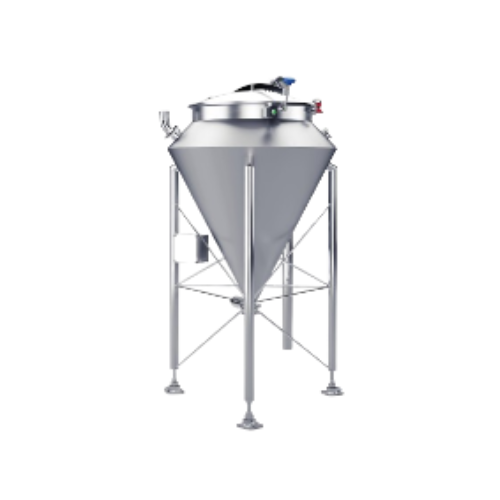
Precision weighing tank for liquid and dry ingredient blending
Enhance your production line with precision control over ...
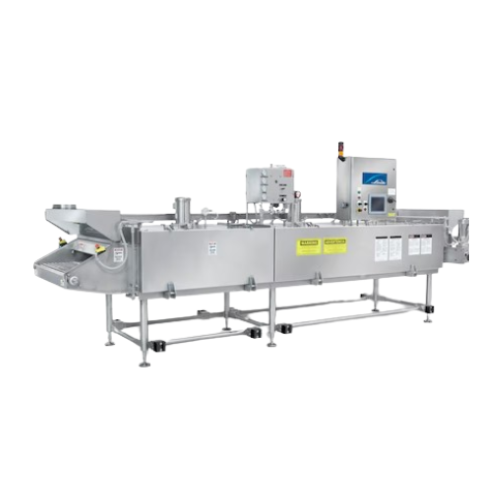
Cryogenic food freezer
Achieve rapid and precise freezing for diverse food products, ensuring optimal texture and moisture re...
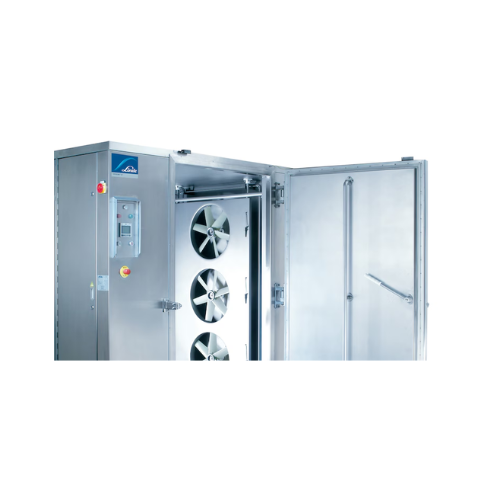
Cryogenic freezer for food industry applications
Efficiently tackle high-speed freezing and chilling challenges with a ver...
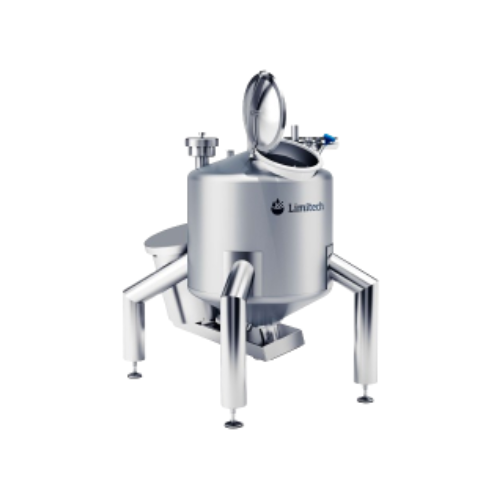
Industrial mixer for high shear mixing and emulsifying
Enhance your production line efficiency with versatile high shear ...
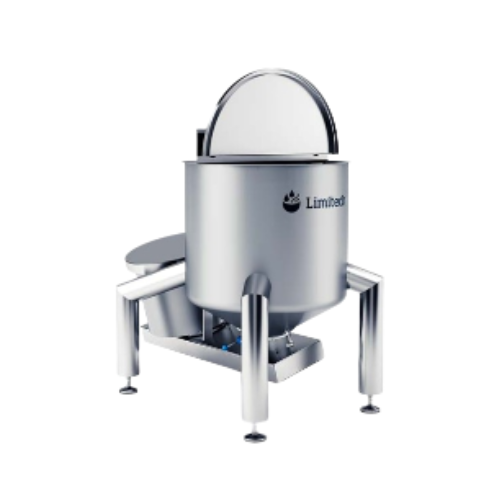
Pre-mixer for dissolving powders fast
Quickly dissolve powders without lumps or “fisheyes,” ensuring a smooth a...
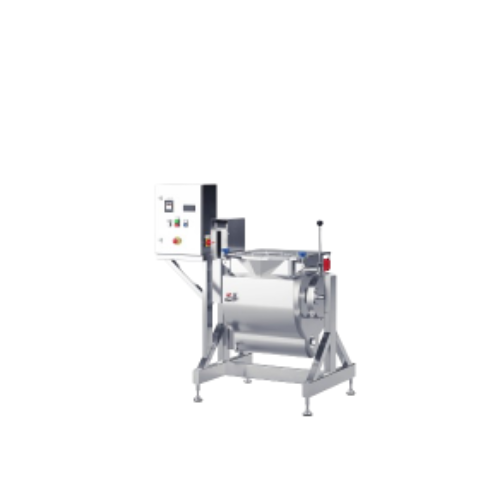
Industrial melting tank for diverse manufacturing applications
Optimize your production with this versatile melting tank...
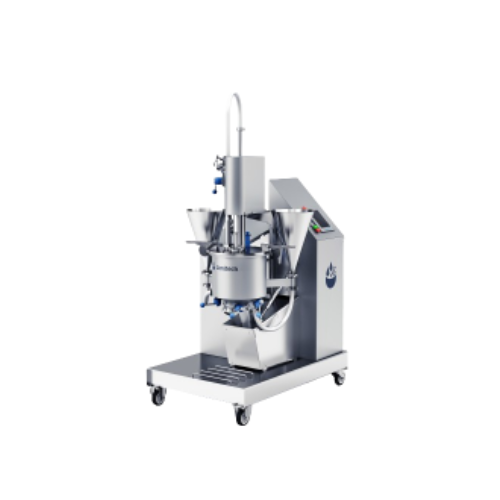
Blender for high viscous products
Tackle high-viscosity challenges with an advanced blending solution designed for efficien...
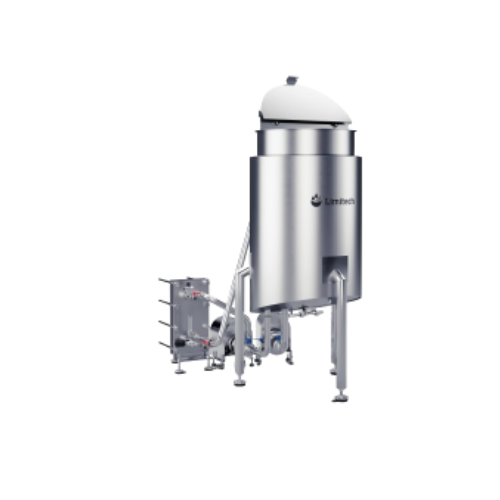
Oil cooling tank for fast product cooling
Accelerate your cooling process efficiently with an advanced oil cooling tank fe...
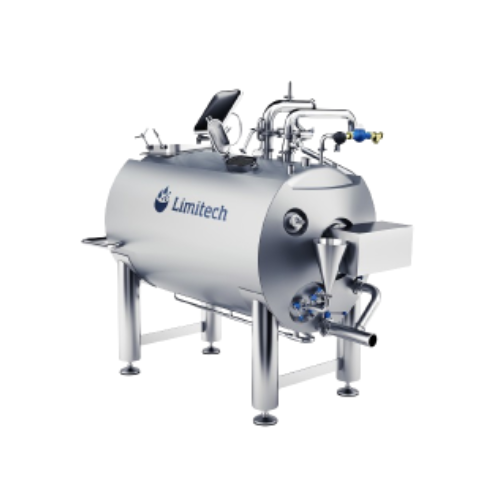
Emulsifying and blending system for liquid and semi-liquid food products
Efficiently emulsify and blend liquid and semi...
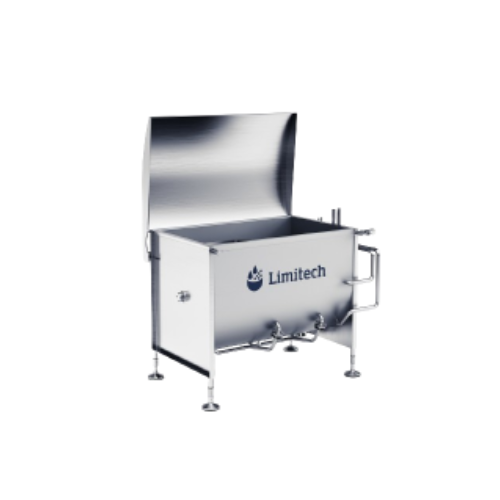
Food mixing and blending system
Enhance your production line with a versatile system designed for gentle processing needs, o...
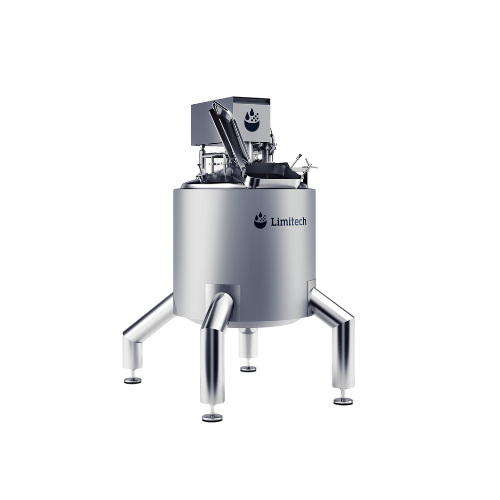
Powder dissolver for large liquid quantities
Achieve uniform powder blending swiftly with a vacuum-assisted system that pr...
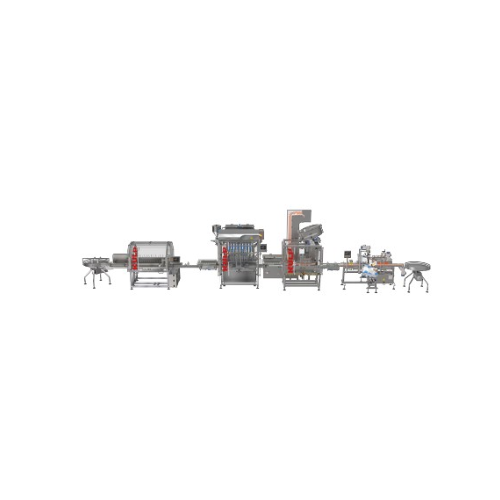
High capacity filling line for jars and bottles
Need to streamline your packaging line? This high-capacity solution proces...
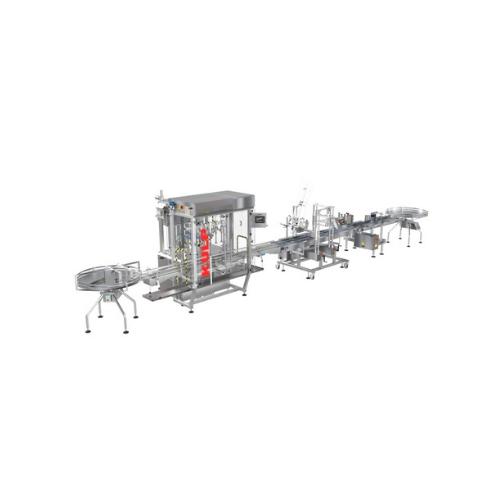
Large container filling line
Optimize your production line with a seamless solution for efficiently filling large containers...
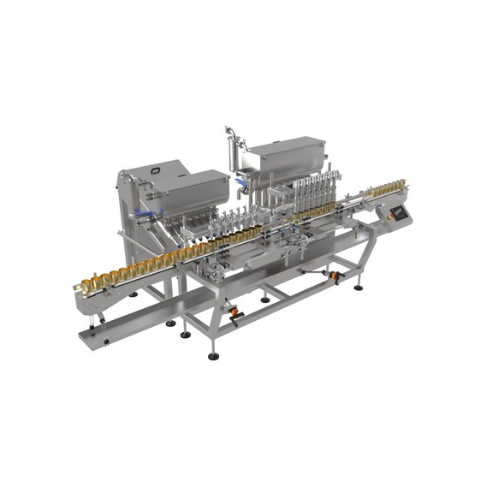
Two-component filling machines for food and beverage packaging
Streamline your filling process with precise two-componen...
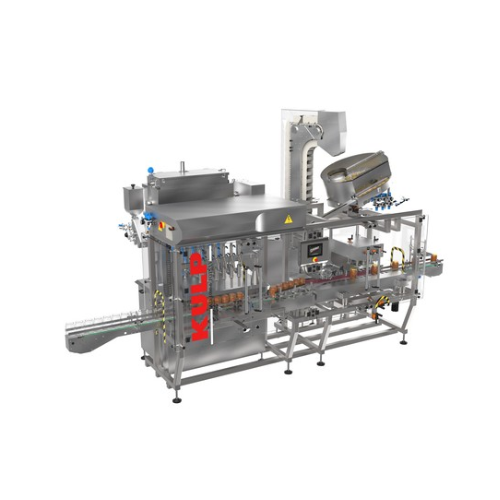
Volumetric filling and capping solution for liquids and viscous products
Effortlessly integrate high-precision filling ...
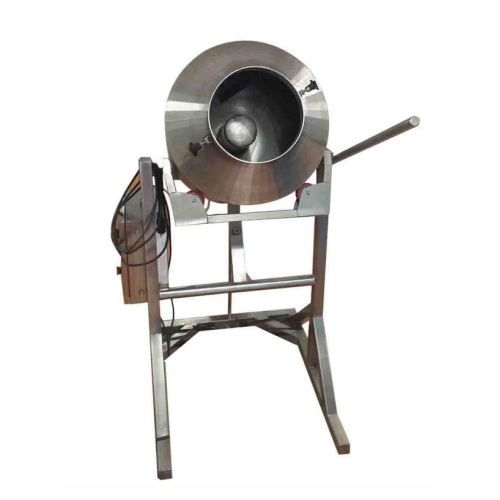
Industrial mixer for vegetable, powder, rice, noodle blending
Effortlessly achieve consistent blends with this 100-liter...

Vegetable and fruit shredder for medium-sized operations
Enhance your vegetable and fruit processing efficiency with this...
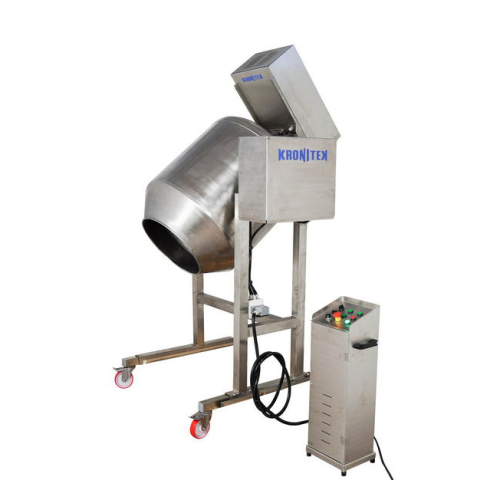
Commercial food drum mixer for sauerkraut and salads
Streamline your batch production with this versatile commercial food...
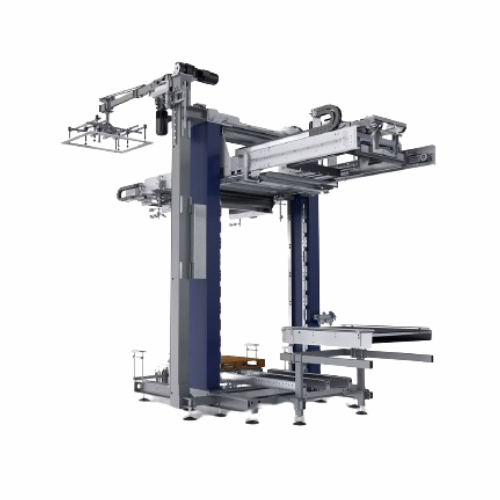
Container sweep-off depalletiser
Enhance your beverage production line efficiency with a high-performance depalletising solu...
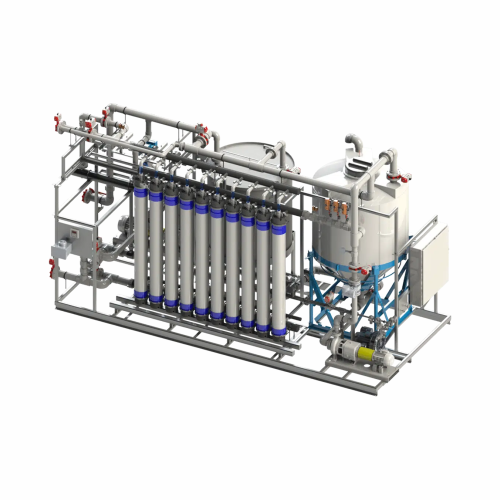
Hollow fiber membranes for wastewater treatment
Ensure consistent, high-quality effluent from industrial water and wastewa...
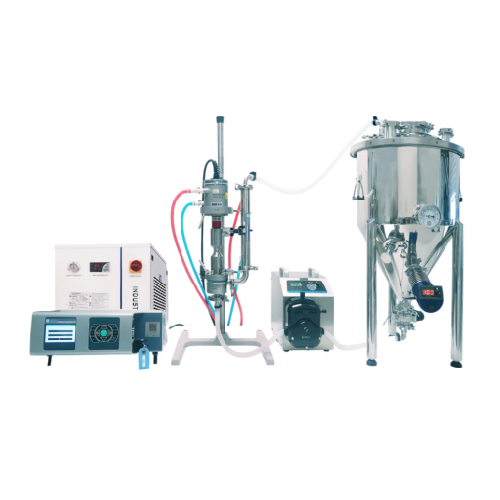
Industrial ultrasonic liquid processor for high volume applications
For large-scale liquid formulations, achieving cons...
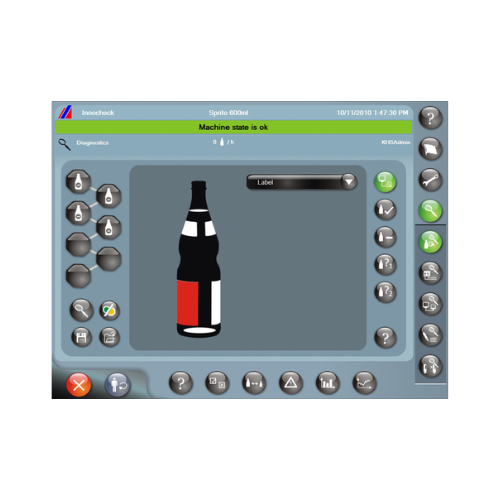
Label inspector for beverage and food containers
Ensure precise label application with high-speed inspection, crucial for ...

Industrial transfer conveyor system
Efficiently transport and sort diverse food products with precision, ensuring seamless ...
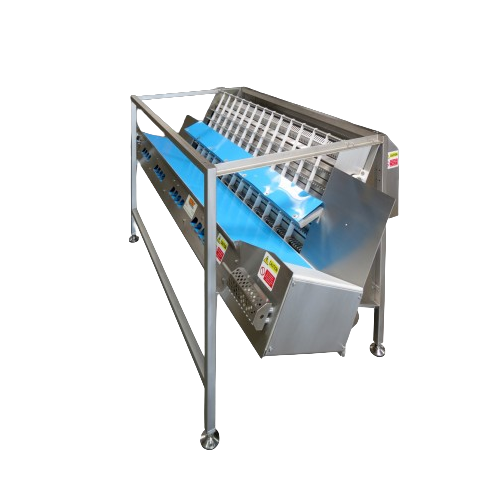
High-performance food processing and sorting solutions
Optimize your production line with integrated processing, conveyin...
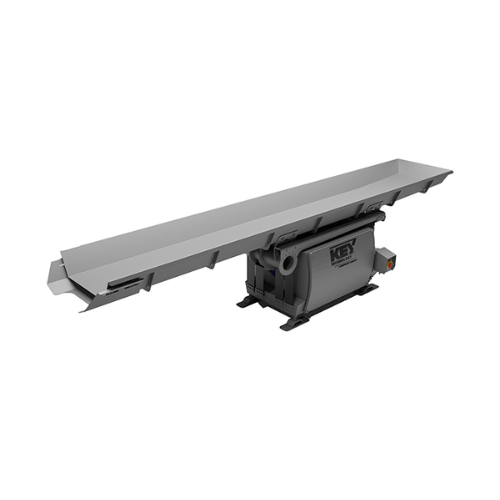
Large capacity horizontal motion conveyor for fragile products
Achieve gentle handling and minimize product damage with ...
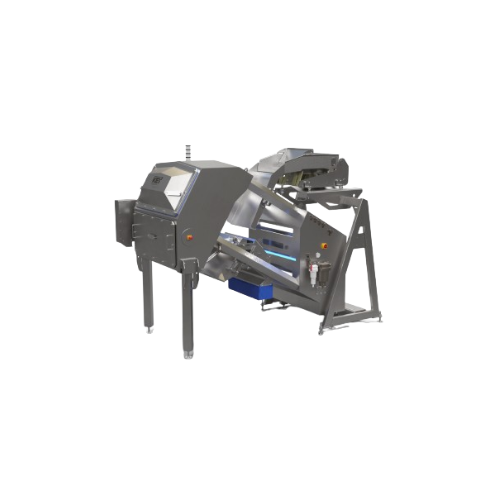
Optical sorter for food processing
Enhance your production line with advanced sorting technology that meticulously inspects...
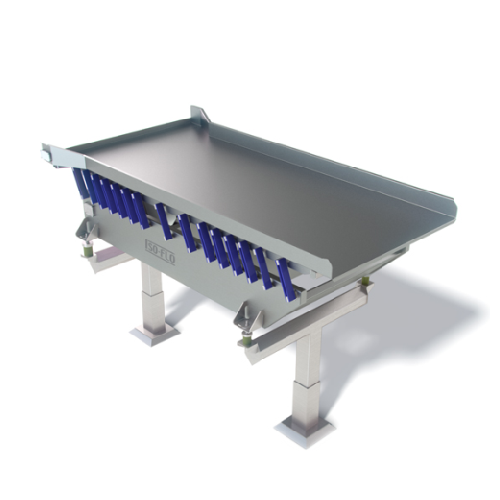
Feed conveyors for efficient product presentation
Optimize your production line with feed conveyors designed to streamlin...
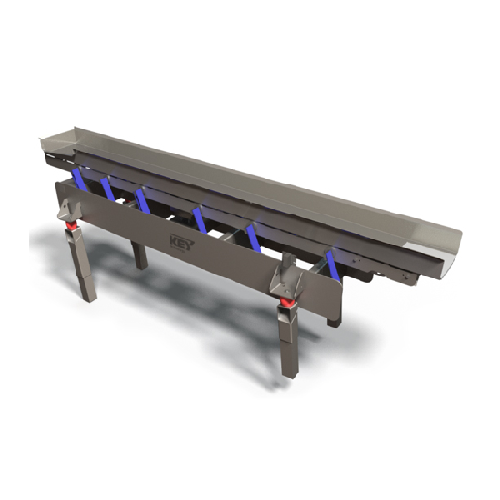
Industrial food grading system for vegetables
Optimize your production line with a versatile food grading system, ensuring...

Optical potato sorter
Ensure precise sorting with advanced optical technology that identifies and separates defects in a wide...
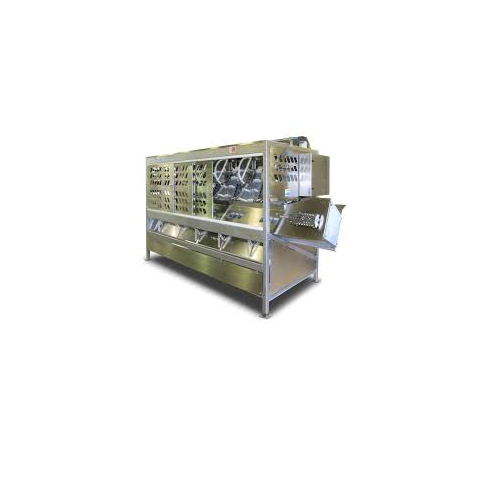
Sorting system for blueberries
Streamline diverse food processing tasks by efficiently conveying, processing, and sorting pr...
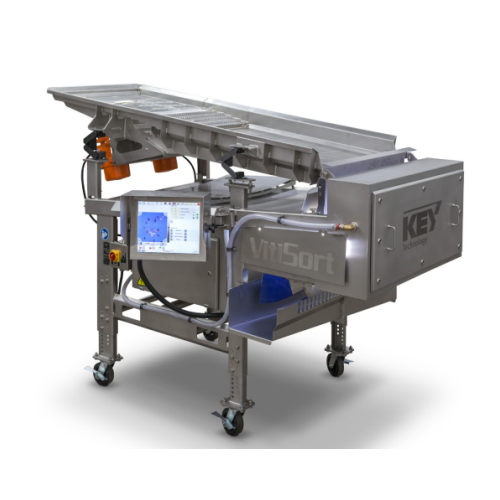
Vibratory conveyor for efficient bulk material transportation
Optimize your processing line with robust vibratory convey...
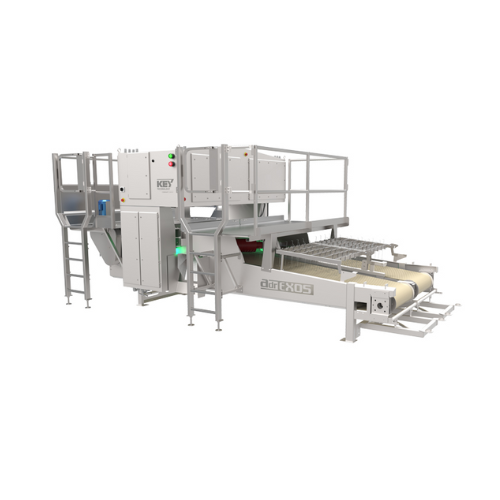
Automatic defect removal for french fries
Maximize yield and enhance quality in potato strip production with precision cut...
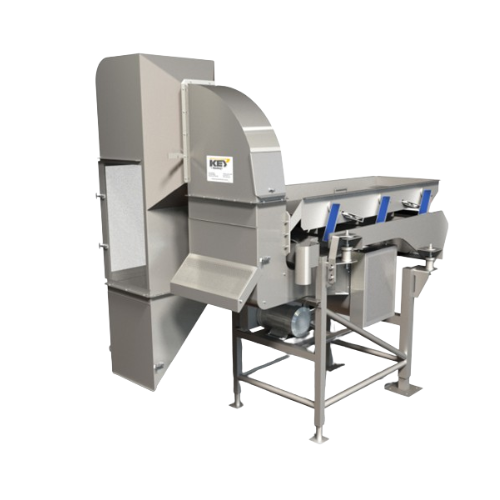
Industrial air cleaner for food processors
Optimize your production line with high-speed air separation, effectively remov...
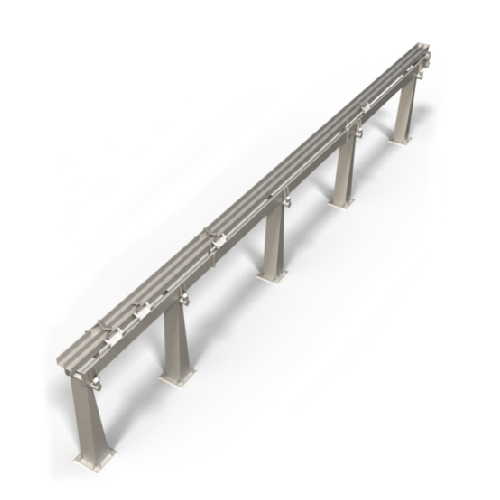
Collection conveyors for food processing
Optimize your production line by efficiently collecting and conveying solid produc...

Industrial v-type solids blender for homogeneous mixture
Achieve precise blending of diverse powders and solids using the...
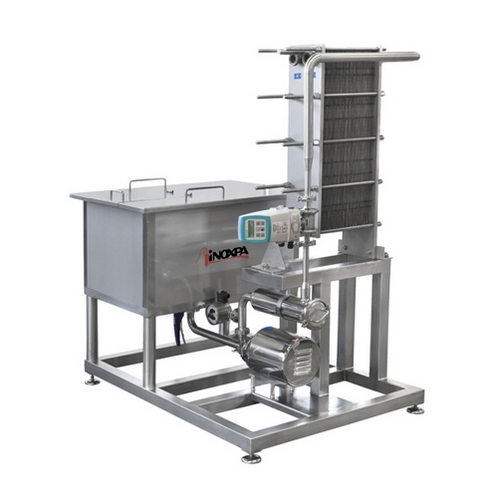
Industrial skids for liquid processing
Efficiently manage large-scale liquid and solid processing in your production line w...
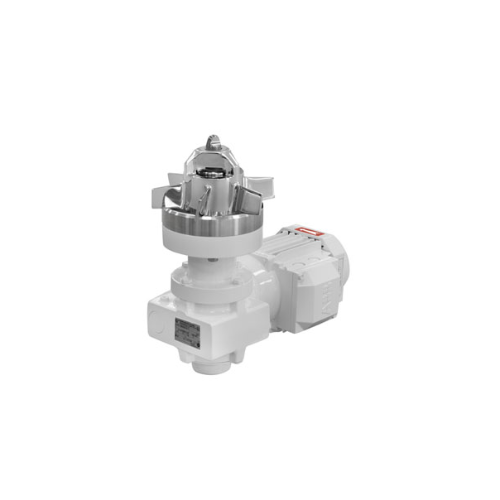
Industrial magnetic agitator for homogenizing pharmaceutical products
Achieve precise dispersion and homogenization in ...
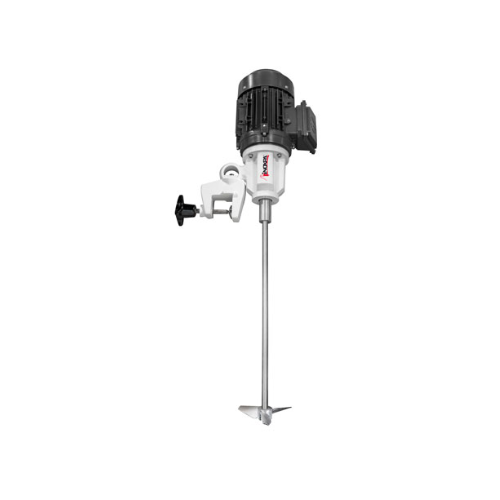
Portable agitator for high-speed mixing
Enhance your liquid formulation processes with an efficient solution for rapid mixi...
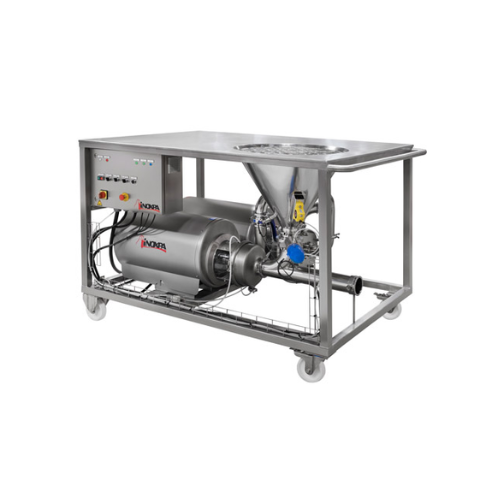
Powder blender for liquid mixing applications
Optimize your process with a compact blender designed to efficiently dissolv...

Cip cleaning system for pharmaceutical industry
Optimize cleanliness and ensure sterile conditions with this advanced CIP/...
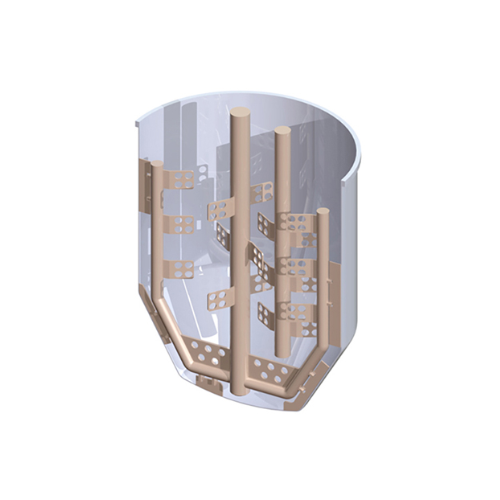
Agitators for mixing tanks
Optimize mixing operations with versatile agitators designed for various viscosities and fluid ty...
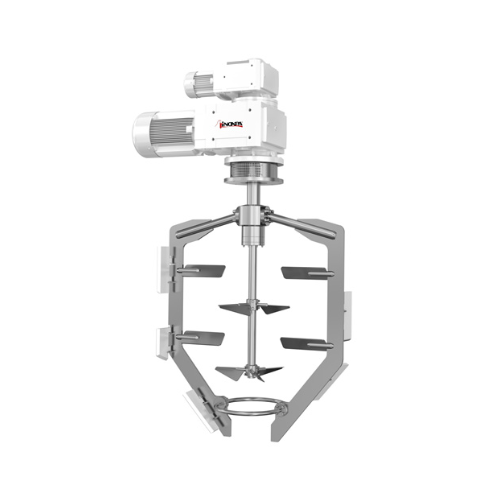
Counter-rotating agitator for high viscosity products
Achieve seamless heat transfer and precise mixing with a counter-ro...
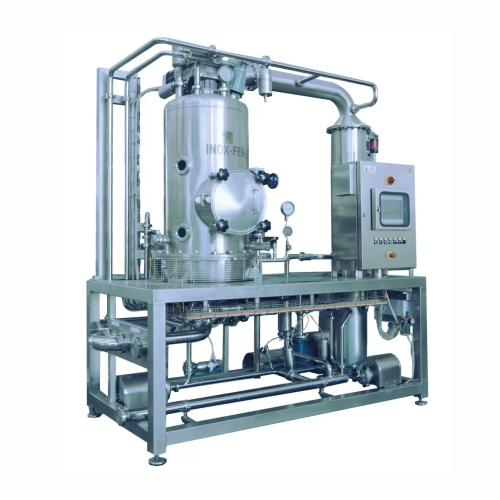
Industrial vacuum kettle for sauce production
Achieve optimal flavor retention and nutrient preservation with an industria...
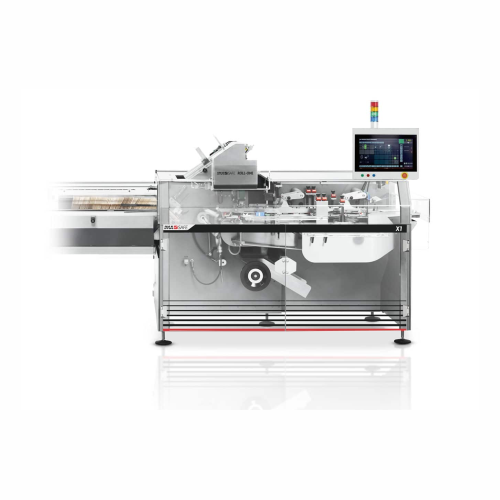
Intermittent motion cartoner for pharma packaging
Streamline your packaging line with versatile cartoning solutions that ...
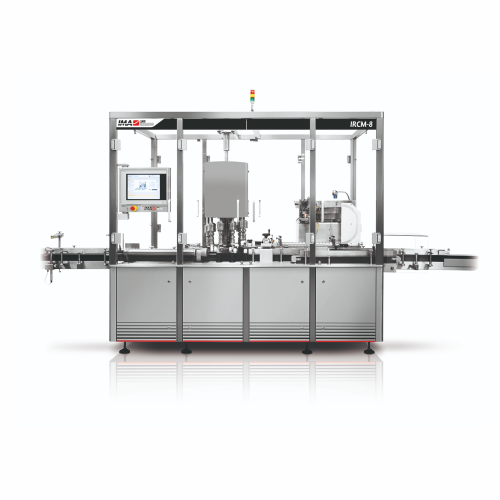
Rotary capper for round and irregular shaped containers
Efficiently cap round and irregular containers with precision and...
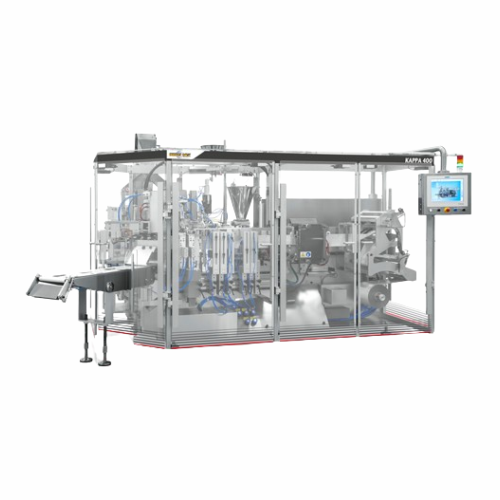
Horizontal intermittent motion sachet packaging solution
Optimize your packaging operations with a versatile sachet solut...
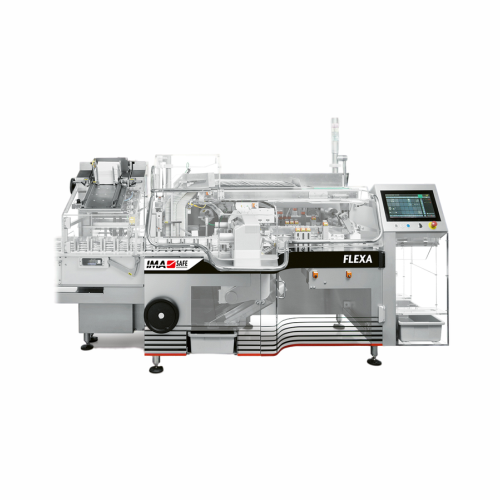
Compact cartoner for pharma packaging needs
Achieve seamless integration in your production line with a cartoning solution...
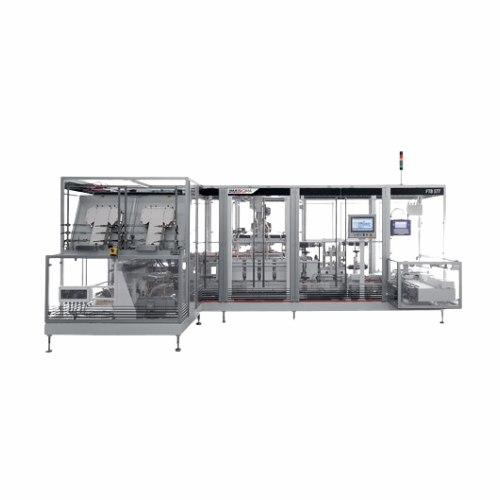
Top loading cartoner for variable box sizes
Achieve precision packaging with a versatile top-loading cartoner that adapts ...
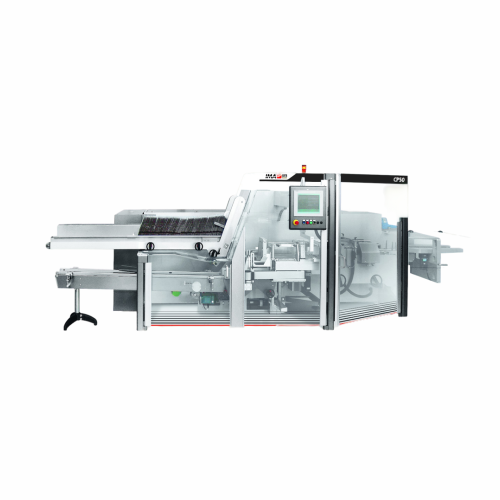
High-speed side loading case packer for small dimensions
Optimize your packaging line with a high-speed solution designed...
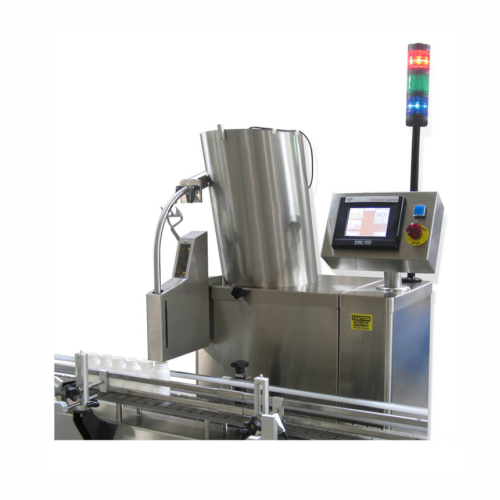
Desiccant inserter for pharmaceutical bottles
Ensure your products remain moisture-free and preserved by integrating this ...
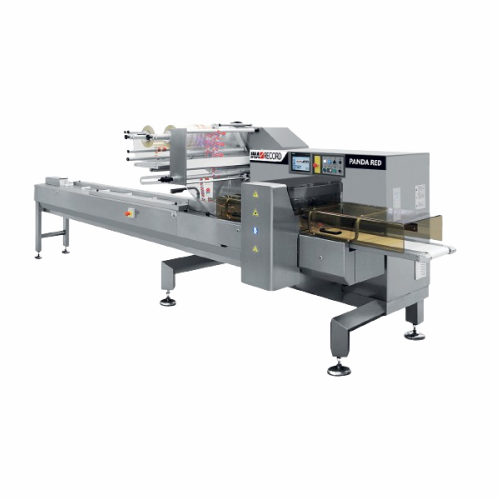
Horizontal flow wrapper for medium performance level
Offering high-speed, continuous flow wrapping, this versatile machin...
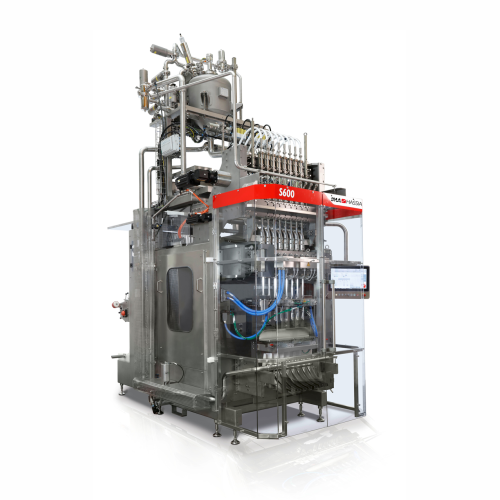
Stick pack forming, filling, and sealing solution
Enhance packaging efficiency with a high-speed solution designed for pr...
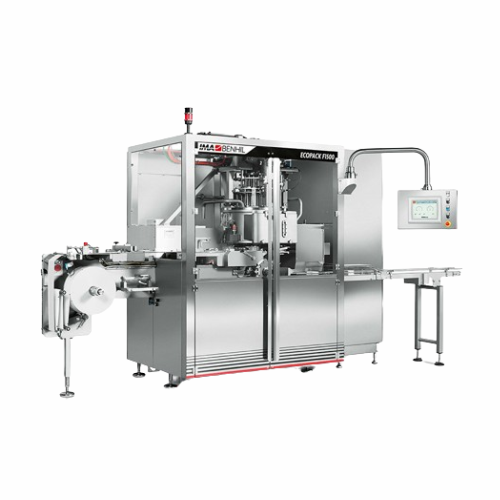
Automatic moulding and wrapping for butter and margarine
Looking to reduce packaging waste and increase dosing precision?...

High-speed multi-head weigher for confectionery products
Achieve precise measurements and minimize waste in high-speed fo...
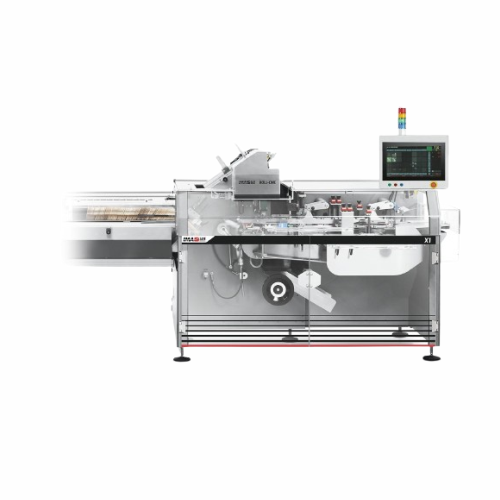
Intermittent motion cartoner for confectionery packaging
For manufacturers needing versatile packaging solutions, this ca...
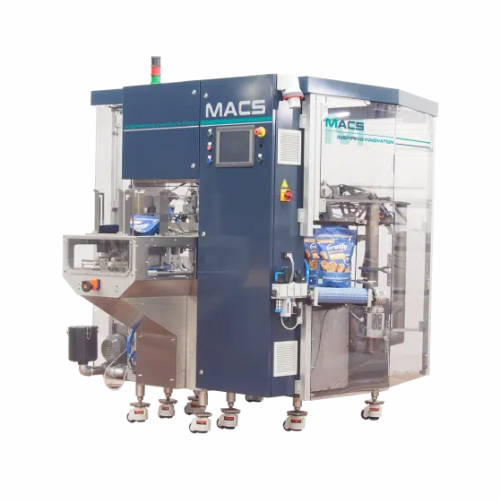
Rotary doypack for granules, liquids, and powders
Enhance your packaging line with a rotary doypack system designed to ef...
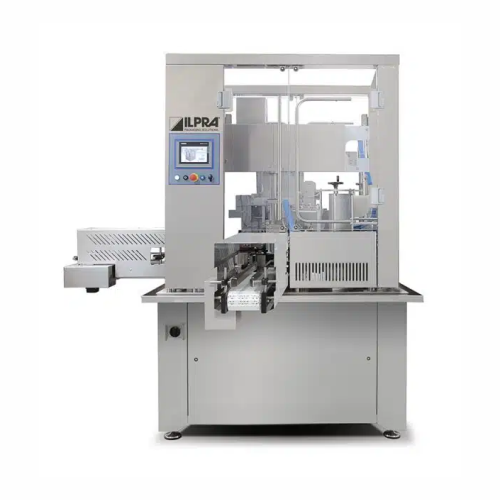
Packaging solution for small bottles and jars
Effortlessly seal and fill non-stackable containers, ensuring precision for ...
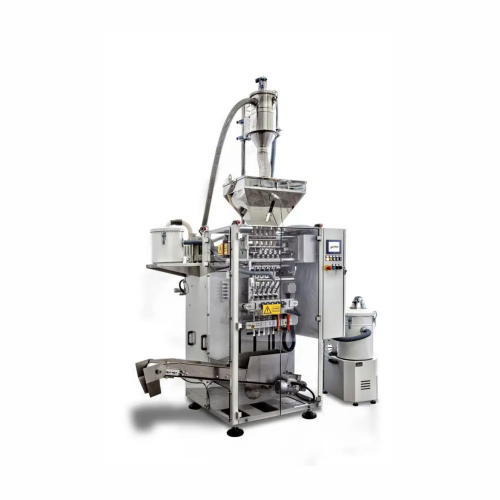
Vertical stick pack sachet packaging solution
Ideal for mid-scale operations, this vertical stick pack machine streamlines...
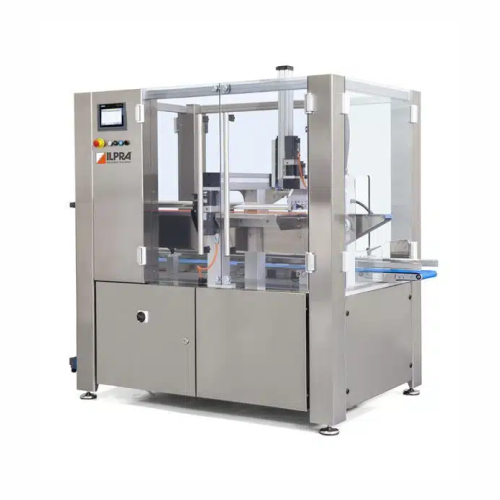
Automatic vertical casepacker for efficient packaging integration
Streamline your packaging process with a vertical cas...
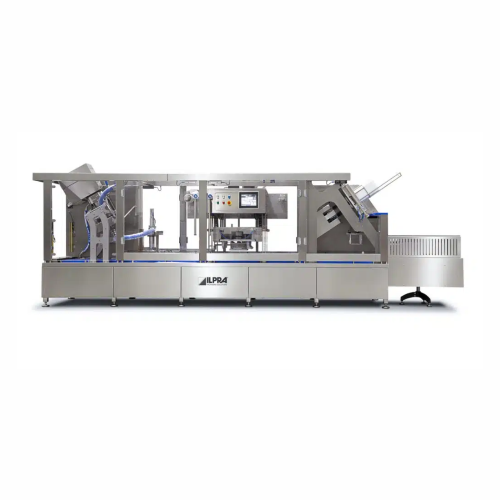
Tray sealer for food packaging buckets
Enhance your packaging efficiency with a highly adaptable tray sealer, designed for ...
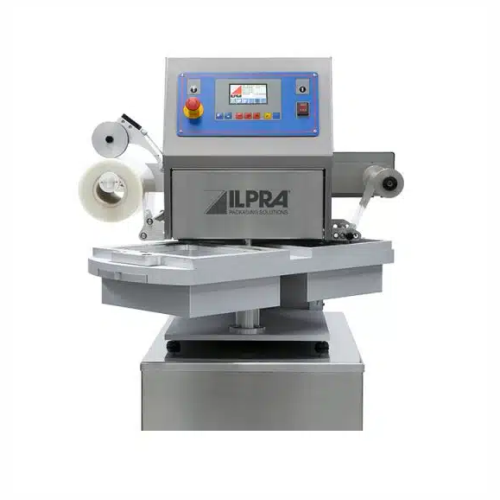
Traysealer for modified atmosphere packaging - food products
Optimize your packaging line with this semi-automatic trays...
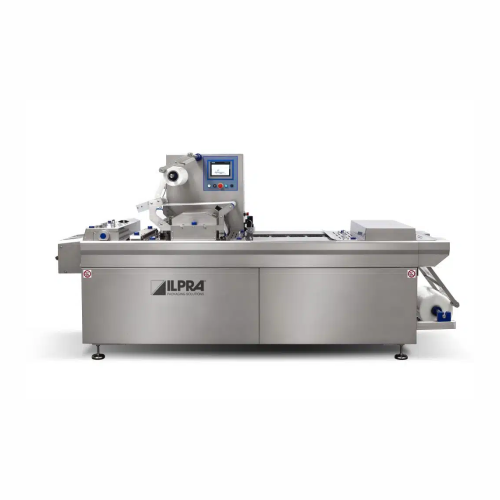
Compact thermoforming packaging system for food industry
Revolutionize your packaging line with a space-saving solution t...
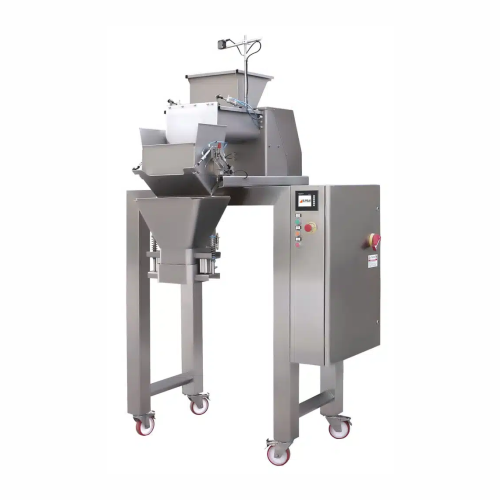
Linear and auger weighing systems for non-free-flowing products
Optimize your production line with precise weighing and ...
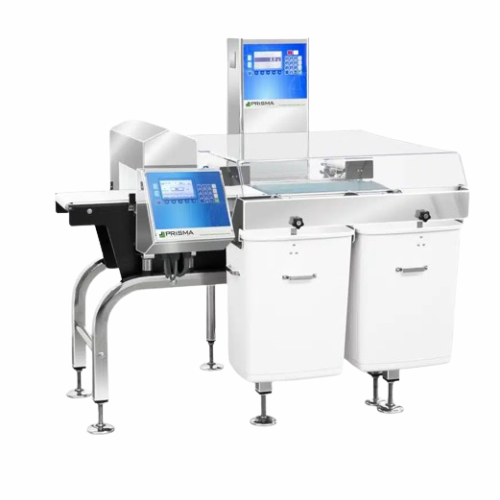
Metal detector for small to medium-sized products
Ensure product integrity and compliance by seamlessly integrating metal...
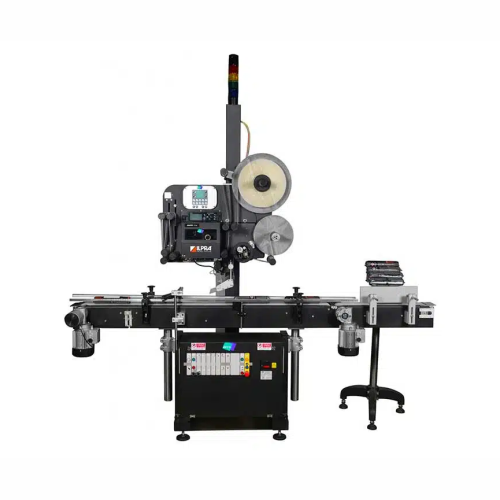
Automatic c-wrap labelling for packaged products
Enhance your production line with precise C-wrap labelling, seamlessly in...
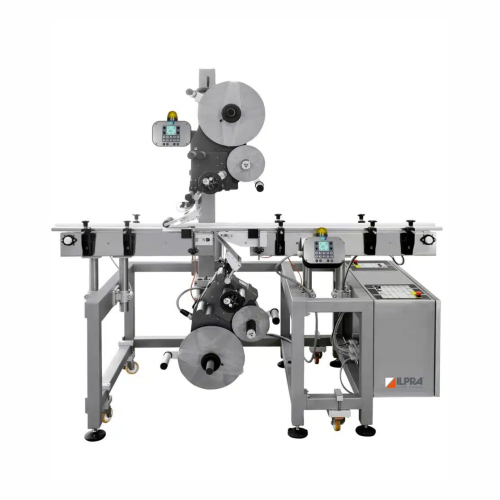
Automatic top & bottom labelling system
Enhance your packaging line efficiency by applying precise top and bottom labels to...
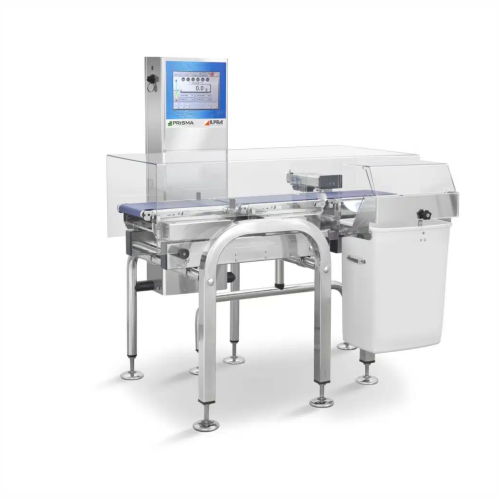
Industrial check-weigher for accurate product weight verification
Ensure precise weight compliance and reduce waste wit...
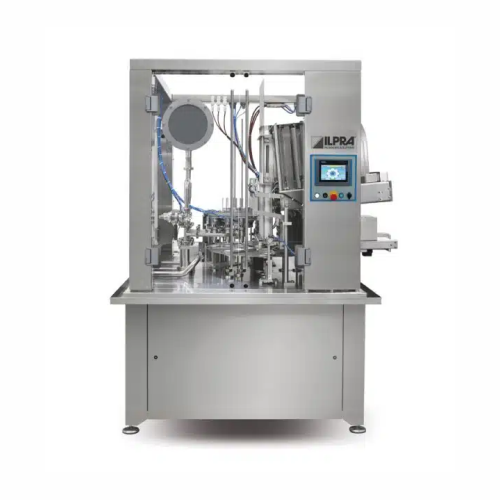
Automatic filling and sealing solution for medium to large production
Streamline your high-capacity filling and sealing...
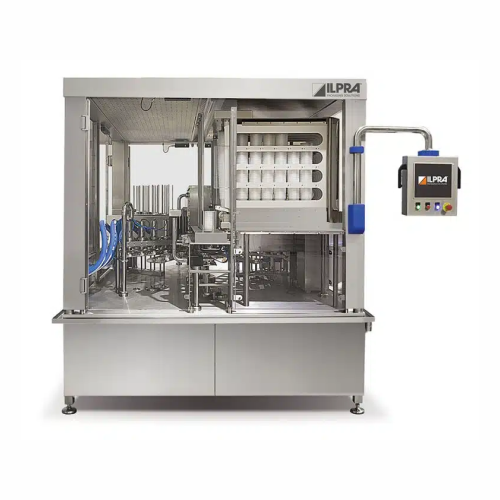
Rotary filler for optimized production processes
Streamline your fill and seal process with precise timing control and enh...
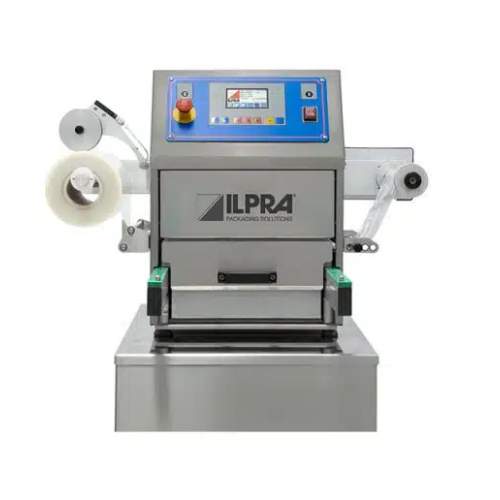
Traysealer for small scale food packaging
Improve your production efficiency with a compact traysealer designed for versat...
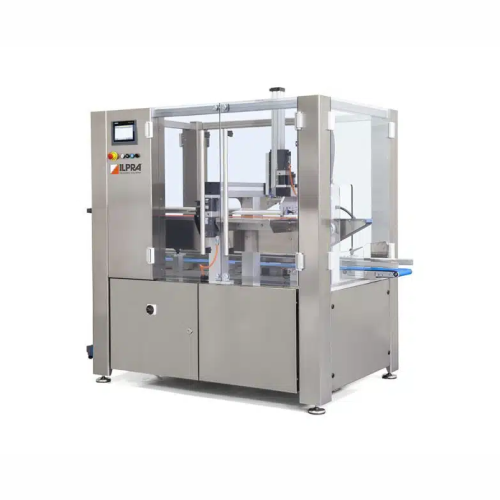
Industrial pick and place system for packaging
Streamline your packaging line with precise robotic pick and place operatio...
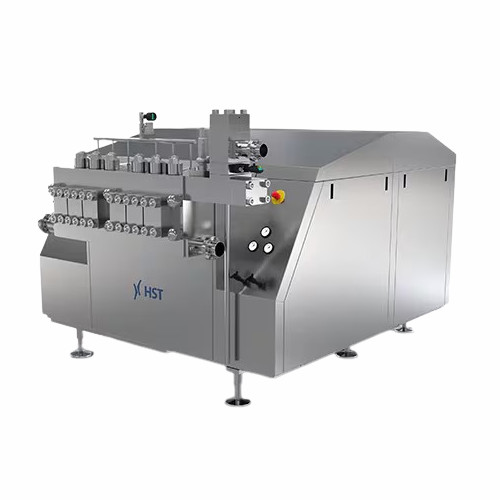
High-pressure homogenizers for liquid products
Achieve consistent emulsions and stable dispersions with high-pressure homo...
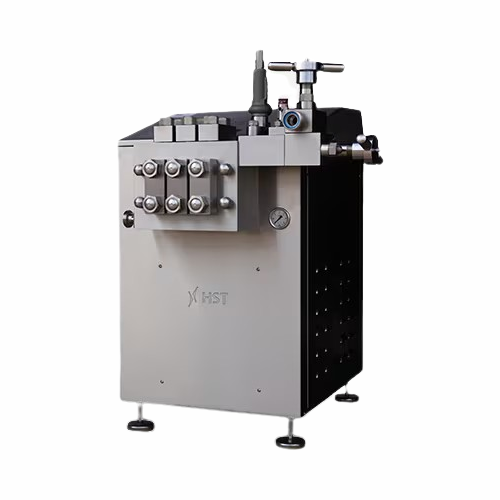
Homogenizer for high-pressure homogenization
Optimize your production with high-pressure homogenization, essential for ach...
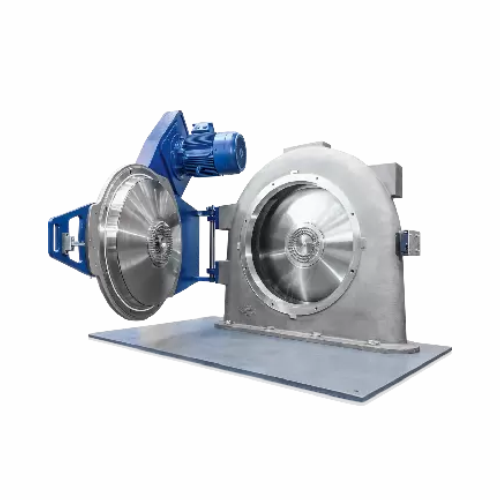
Industrial powder grinder
Achieve precise particle size reduction and classification with advanced equipment designed for co...
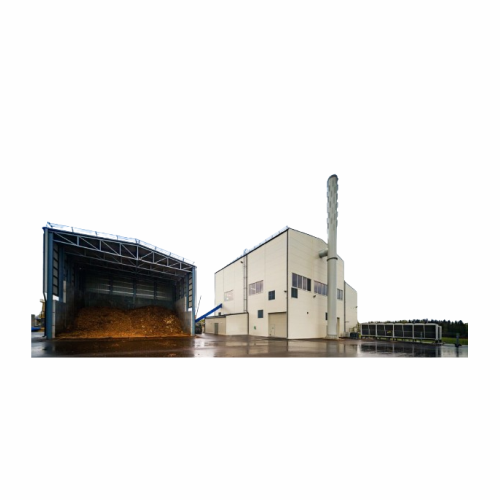
Industrial water tube steam boilers
Optimize energy efficiency and reduce fossil fuel reliance with high-performance steam ...
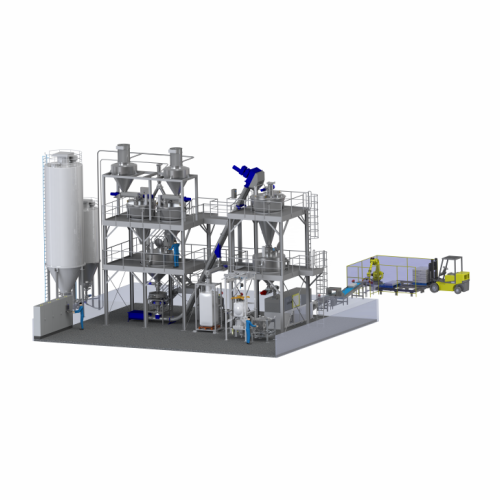
Powder mixing systems
Optimize your production line with precision powder mixing systems that ensure uniformity, enhance prod...
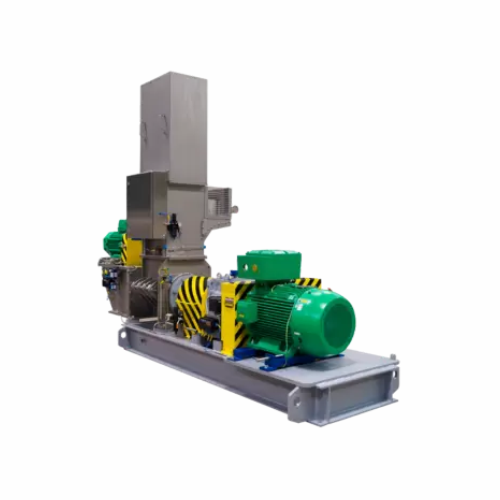
Choppers and disintegrators for industrial size reduction
Enhance your production efficiency by mastering size reduction...
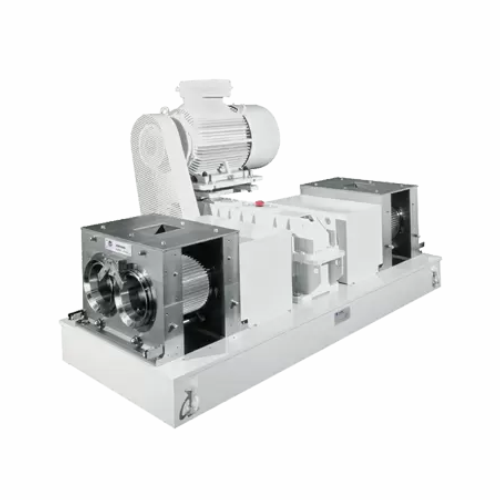
Compactors and granulators for powdery products
Transform loose powders into dense, free-flowing granules that enhance han...
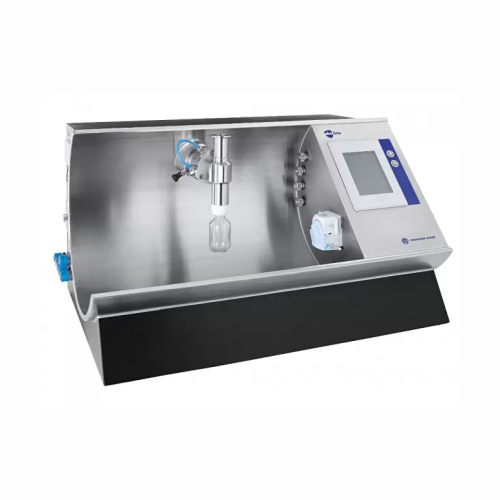
Lab-scale powder processing system
Achieve precise control in ultra-small batch processing with a versatile modular system,...
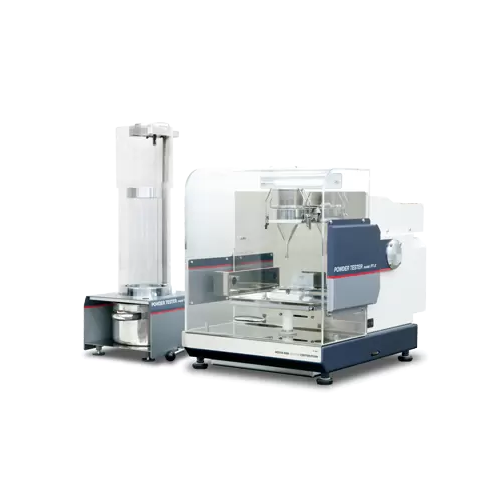
Powder characteristic evaluation
Ensure precise powder analysis and testing in your laboratory to optimize production qualit...

Cip/sip cleaning for solids processing systems
Ensure seamless transitions and maintain hygienic production environments w...

Continuous powder agglomeration system
Enhance product solubility and flowability while minimizing energy consumption with ...
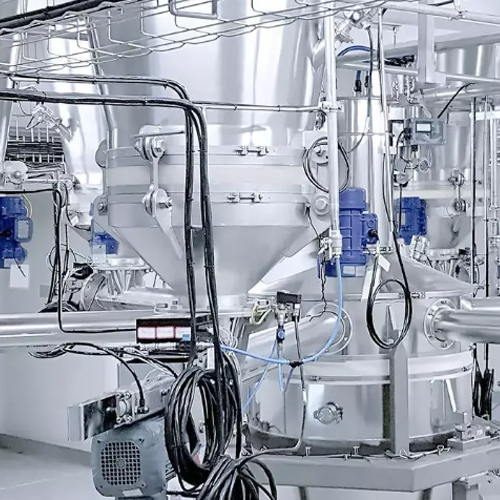
Conical screw mixer for powder blending
Achieve precise and homogeneous blending with the conical screw mixer, ensuring uni...
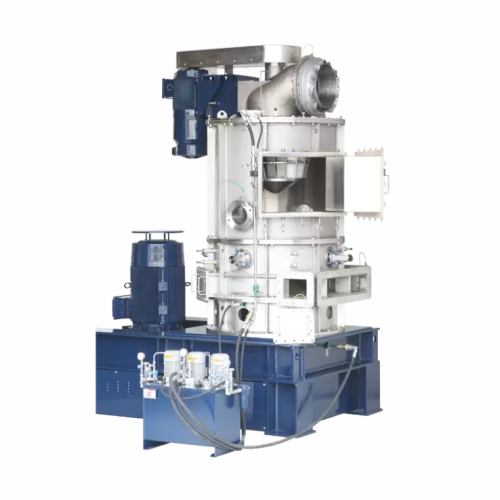
Ultra-fine powder flash drying system
Achieve rapid moisture removal and particle refinement with this integrated system, d...
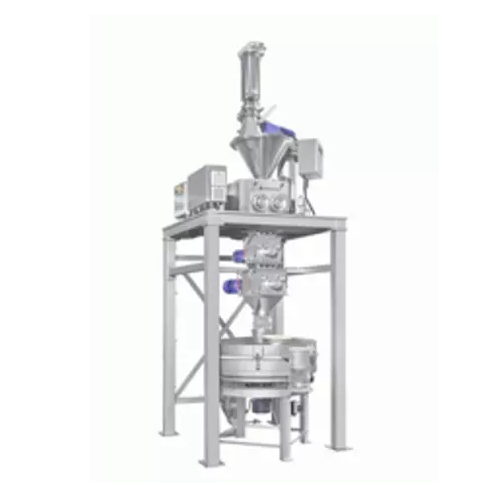
Roller press for fine-grained material compaction
Achieve optimal density and stability in your solid press agglomerates ...
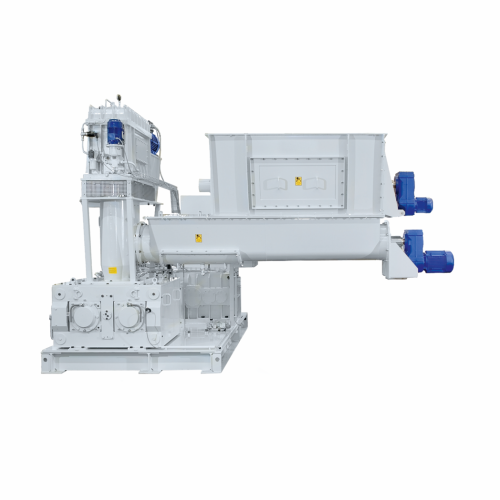
High-pressure roller compactors for chemical, food, and minerals industries
Achieve precise particle compaction and br...
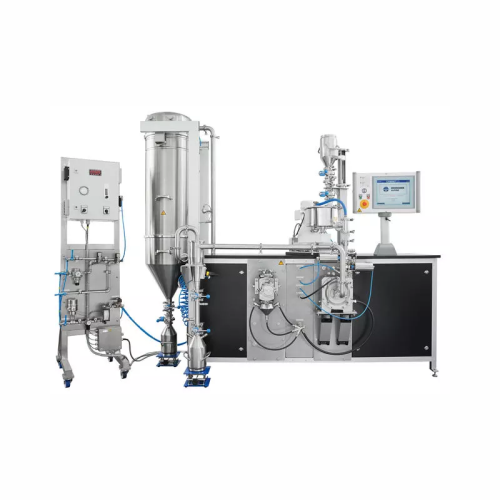
Multiprocessing system for flexible research and production
Optimize your process development with a versatile system th...
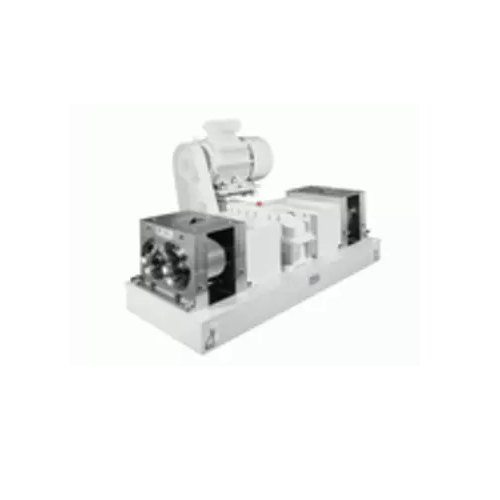
Pelleting and spheronizing equipment for chemical granulates
Optimize your production line with versatile pelleting and ...
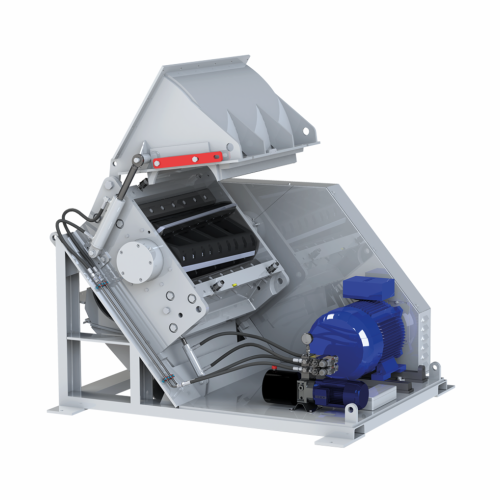
Low-dust granulator for plastic parts recycling
Achieve efficient comminution with minimized dust generation, ideal for pr...
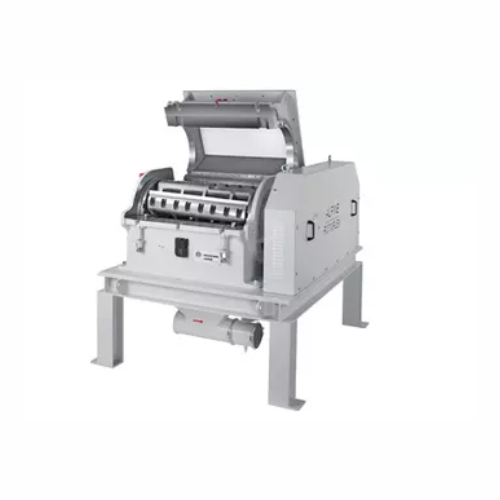
Industrial granulator for high-throughput plastic recycling
Facing challenges in efficiently recycling high-volume plast...
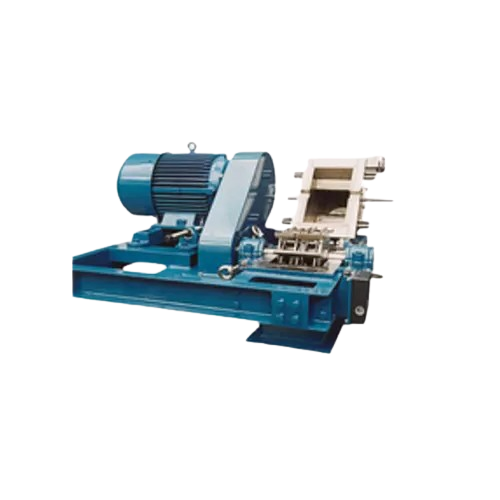
High-speed hammer mill for continuous operation
Achieve precise particle size reduction with high-speed hammer milling, id...
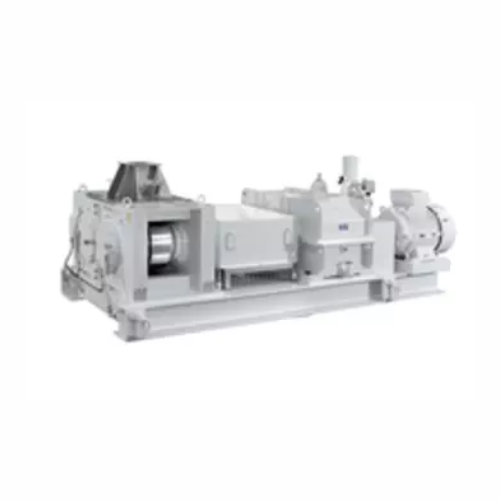
High-pressure roller mill for medium-fine crushing
Achieve precise granule distribution in medium-fine crushing applicati...
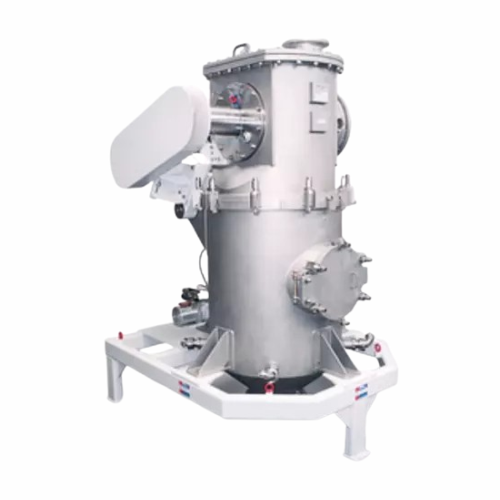
Fluidised bed opposed jet mill for ultrafine powder production
Achieve contamination-free ultrafine powder milling with ...
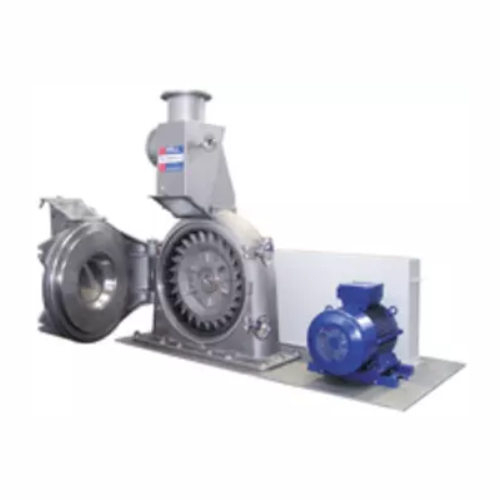
Versatile fine impact mill for soft materials
Achieve precision grinding with flexibility for a wide range of materials, e...
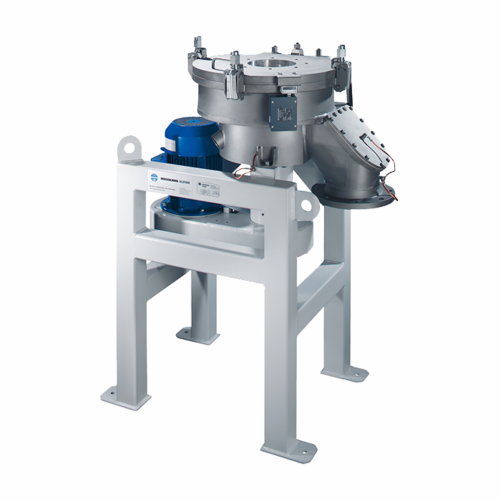
Ultrafine classifier for toner and pigments
Achieve unparalleled precision in classifying fine powders essential for high-...
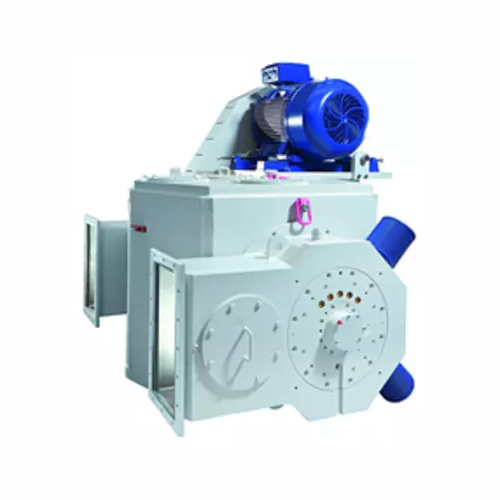
Ultrafine classifier for soft to medium-hard mineral processing
Achieve exceptional particle precision with an ultrafine...
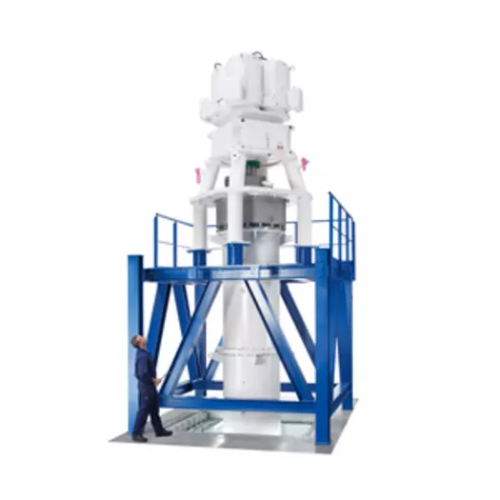
Ultrafine grinding mill for calcium carbonate slurries
Achieve precise particle size distribution in your mineral slurrie...
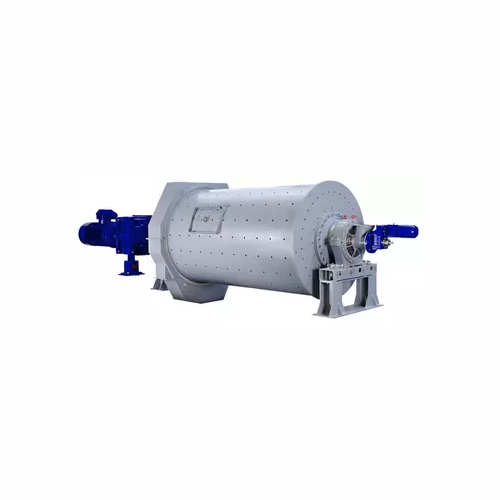
Ball mill for dry comminution of hard materials
Achieve ultrafine particle sizes and precise material breakdown with this ...
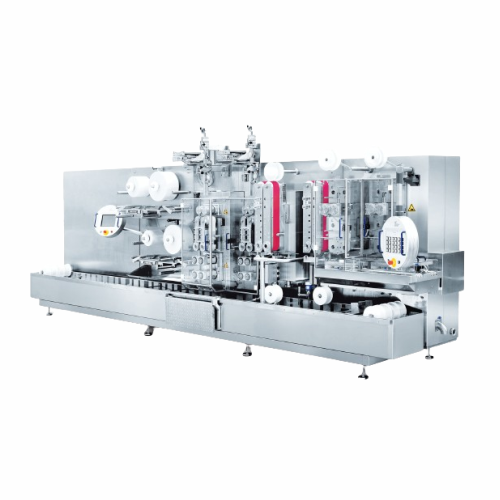
High-speed cheese slice wrapper
Achieve unparalleled efficiency with the high-speed wrapping machine that securely packages ...
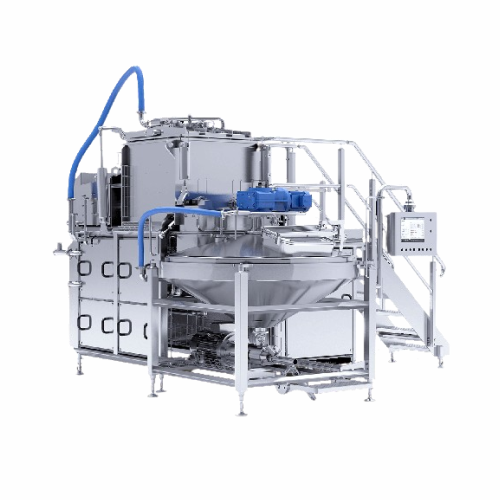
Multifunctional batch cooker for various food products
Optimize your production line with a versatile batch cooker design...
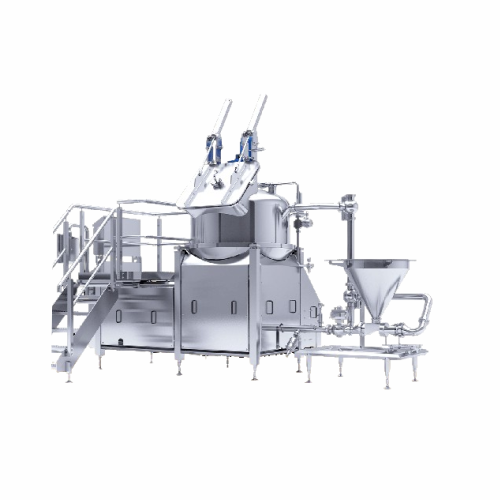
Lump-free emulsifier and steam batch cooker for processed cheese
Achieve consistent, lump-free processed cheese and crea...
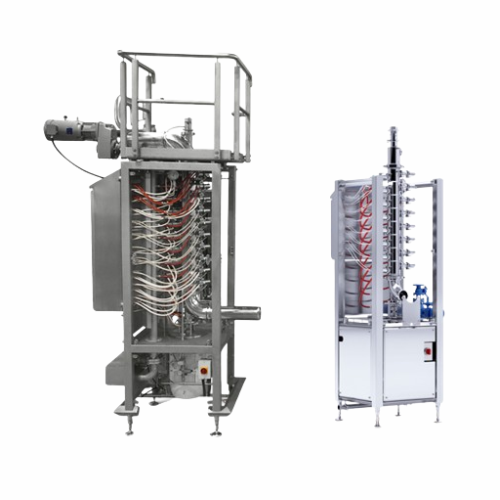
Continuous cooker for high-volume food processing
Elevate your production efficiency with a continuous cooker that ensure...

Processed cheese slice wrapper
Effortlessly wrap individually-portioned cheese slices with precision and uniformity, ensurin...
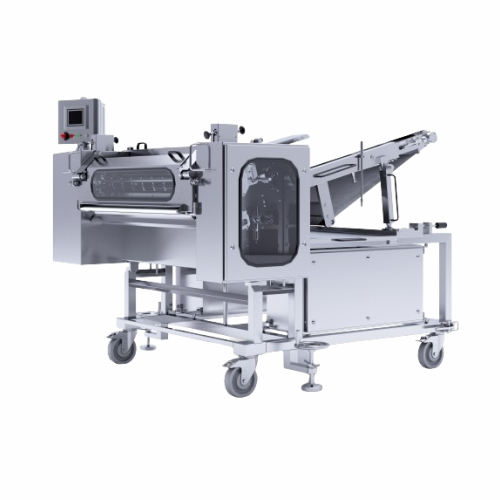
Processed cheese stick cutter
Achieve precise and consistent cheese stick production with a machine designed to streamline f...
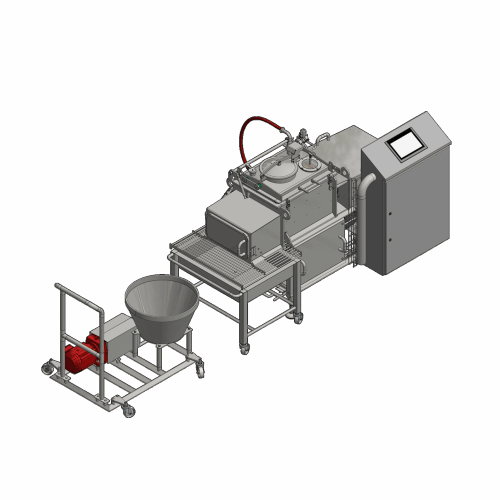
Batch processing system for processed cheese and sauces
Optimize your food processing line with a versatile batch process...
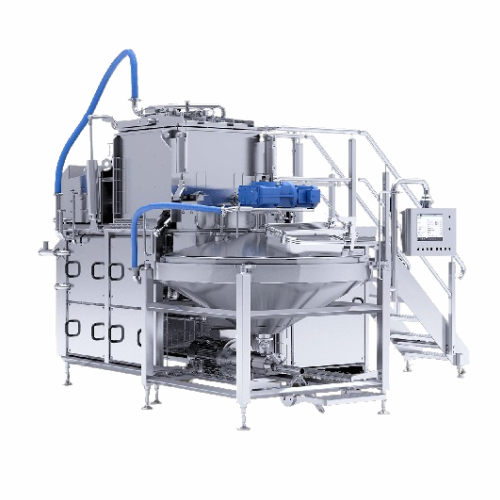
Batch processing system for processed cheese and various food products
Optimize your food production line with a multif...
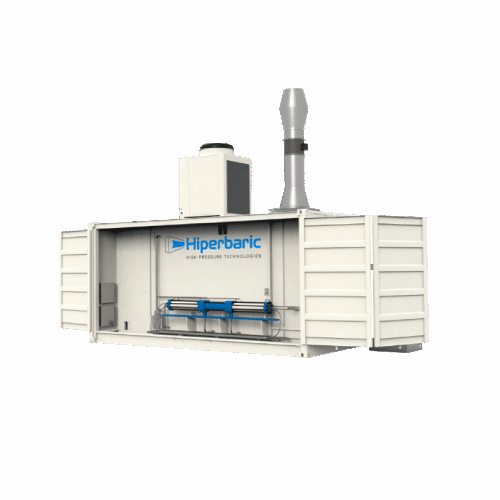
Hydrogen compression solution for refueling stations
For operations demanding efficient hydrogen compression, this modula...
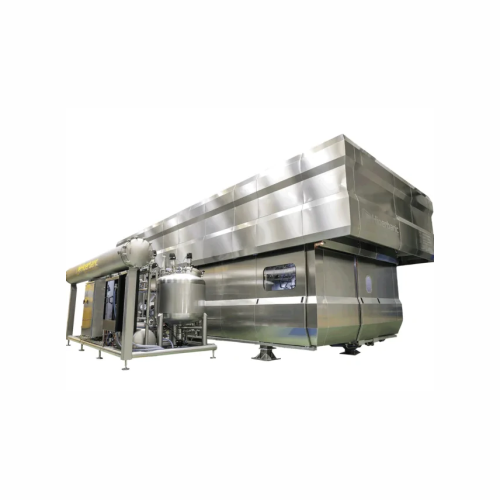
High pressure processing for bulk liquid beverages
Streamline your liquid processing with high-pressure in-bulk technolog...
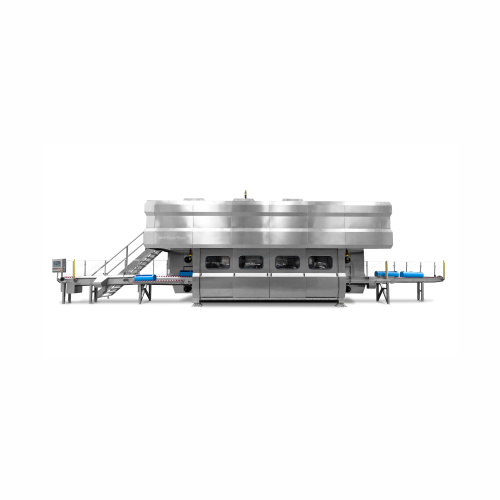
High pressure food processing system
Achieve extended shelf life and enhanced food safety with a cutting-edge high-pressure...

Hygienic conveyor belts for food manufacturing
Ensure bacteriological safety and boost productivity with hygienic conveyor...
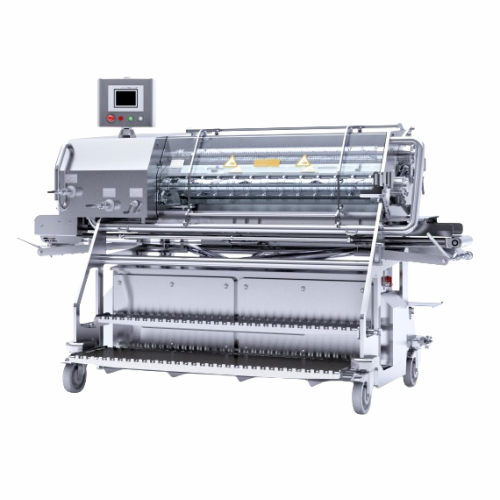
Cheese cube and shreds production line
Achieve precision cutting for cheese products while seamlessly integrating forming a...
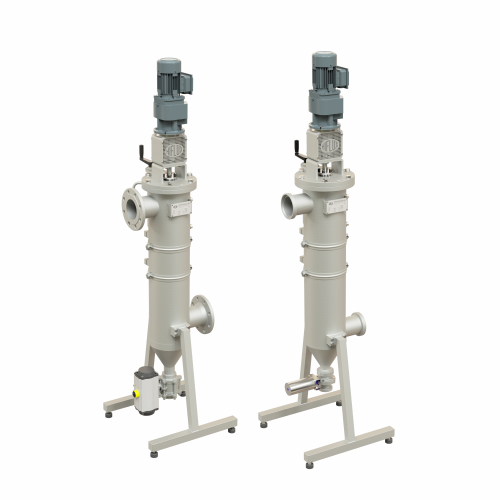
Self-cleaning filter for industrial and hygienic applications
Ensure continuous operation and minimal waste in your liqu...

Magnetic bag filter unit for heating and cooling systems
Efficiently remove magnetic and non-magnetic particles to enhanc...
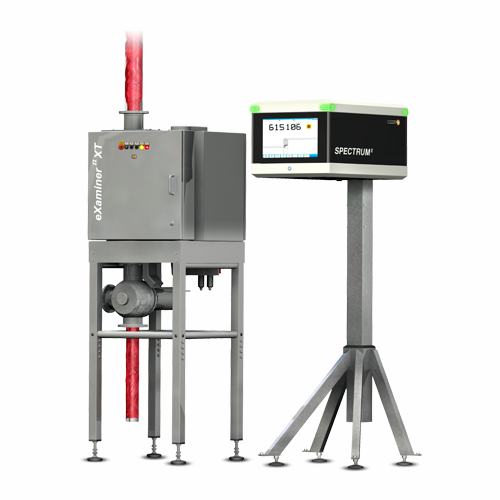
Pipeline inspection for liquid and paste-like products
Ensure your liquid and paste-like products are free from foreign o...
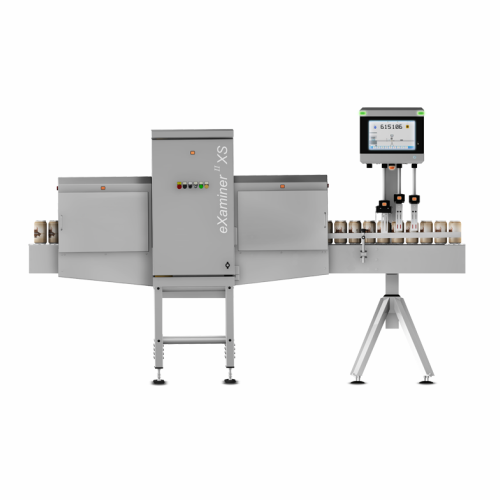
Foreign object inspection for beverage containers
Enhance quality control and ensure product safety by integrating advanc...
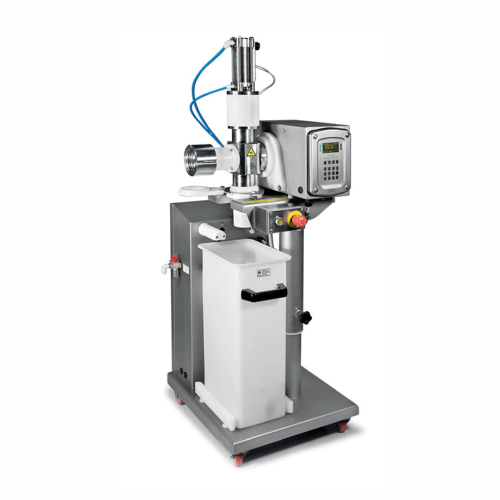
Pipeline metal detection for pumpable products
Ensure safety and quality by detecting and rejecting metal contaminants in ...

Multi-spectrum metal detector for food industry
Achieve unmatched detection accuracy in your food processing line with thi...
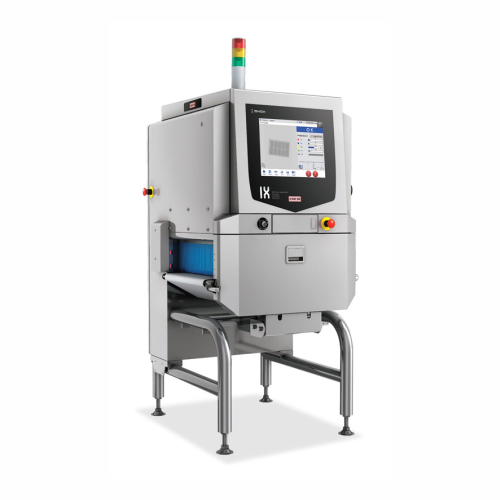
X-ray inspection system for identifying foreign bodies in food products
Ensure precise detection of foreign materials i...
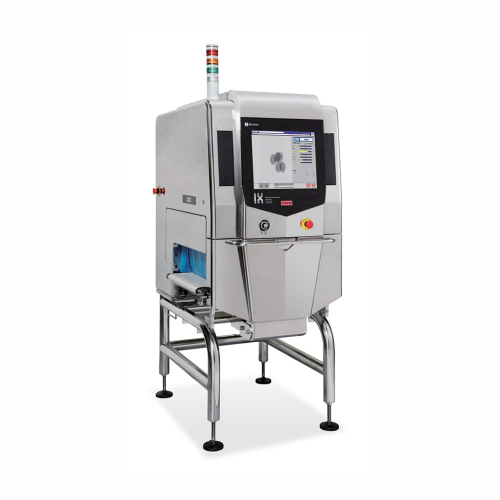
X-ray inspection system for detecting foreign objects in food products
Ensure product safety and quality by detecting e...
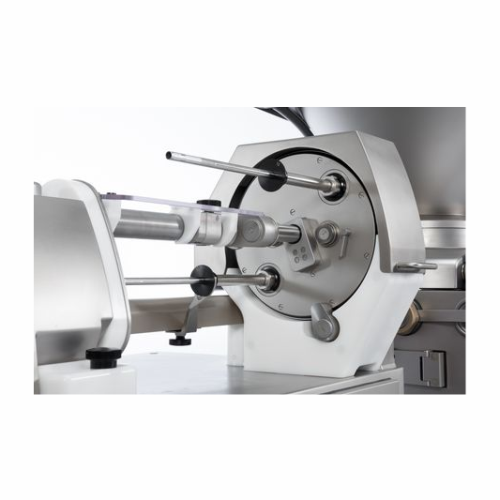
Sausage filling line for natural, collagen, and peel-off casings
Streamline your sausage production with rapid casing ch...
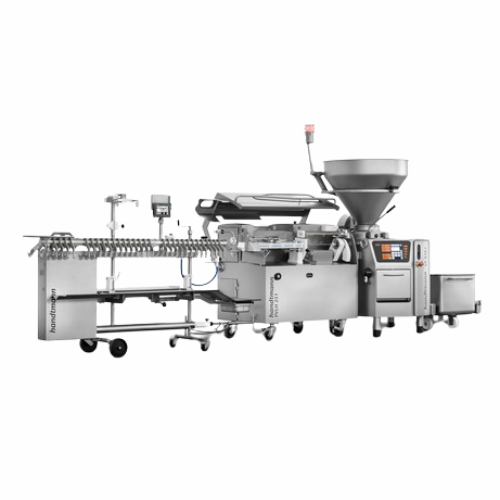
High-performance sausage linking and hanging line
Boost your production efficiency with a high-speed line designed for se...

Sausage filling line for adjustable portions
Achieve precision in high-speed sausage production with rapid casing changes ...
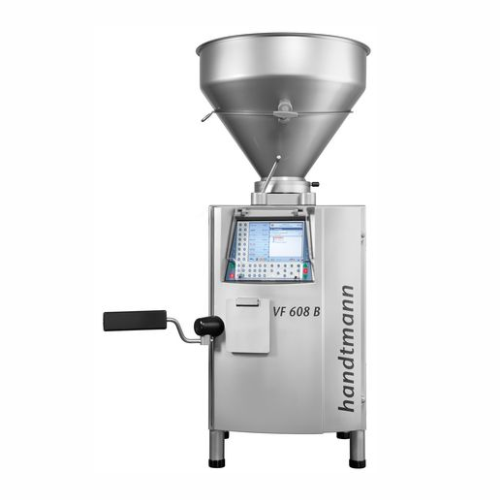
Dough portioning system for bakery operations
Achieve precise dough portioning with minimal waste using our advanced syste...
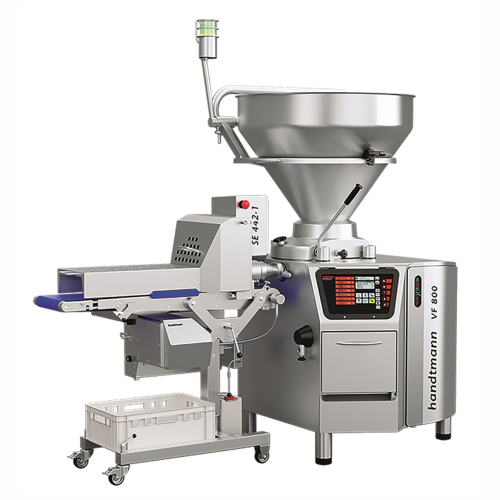
Continuous dough dividing and portioning system
Achieve precise dough portions and enhance product quality with high-speed...
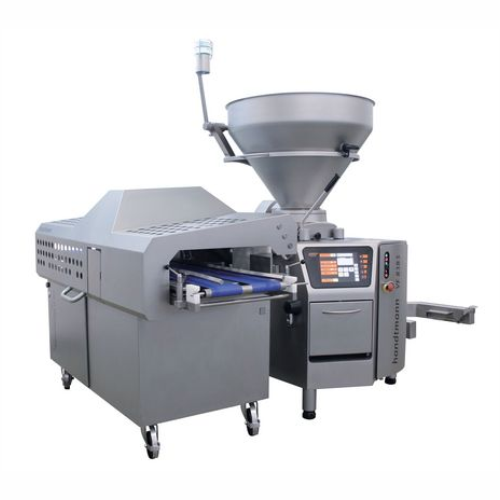
Cutting unit for high-yield tin loaves
Experience precision and efficiency in dough portioning with our high-capacity cutti...
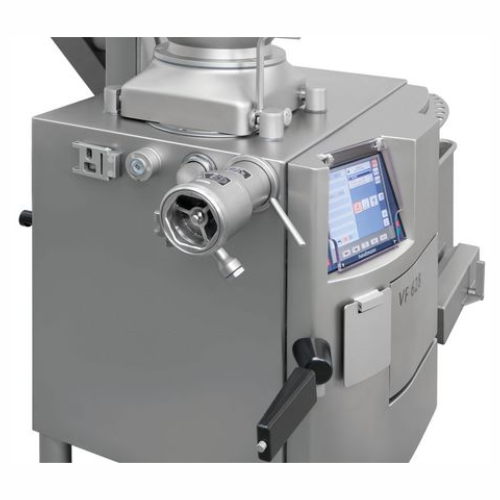
Inline grinding system for sausage and minced meat production
Streamline your production line by simultaneously grinding...
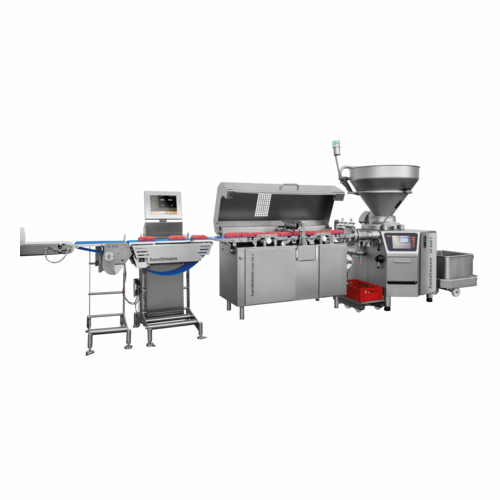
Minced meat portioning line
Optimize your production line with precise portioning and packaging of minced meat, enhancing ef...
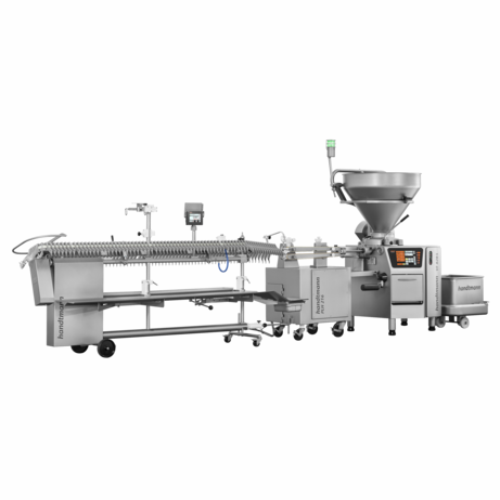
Automated sausage filling and portioning system
Streamline your sausage production with precision filling and versatile po...
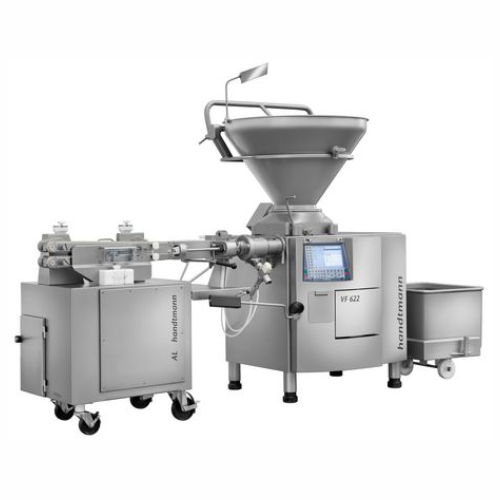
Automatic sausage filling and separating system
Achieve precise portioning with exact weights and lengths for sausages, st...
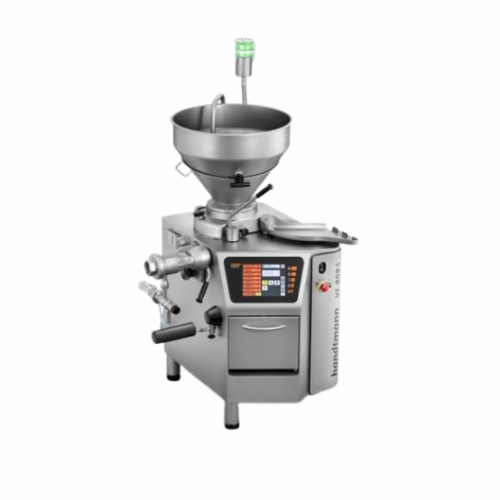
Compact vacuum filler for small to industrial scale food processors
Achieve precise portioning and high-speed productio...

High-pressure vacuum filler for industrial sausage production
Effortlessly tackle high-pressure demands in sausage produ...
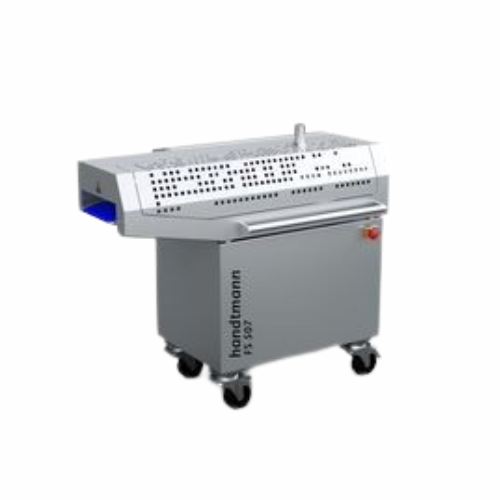
Forming system for minced meat products
Achieve high-quality formed meat and plant-based patties with precision and flexibi...
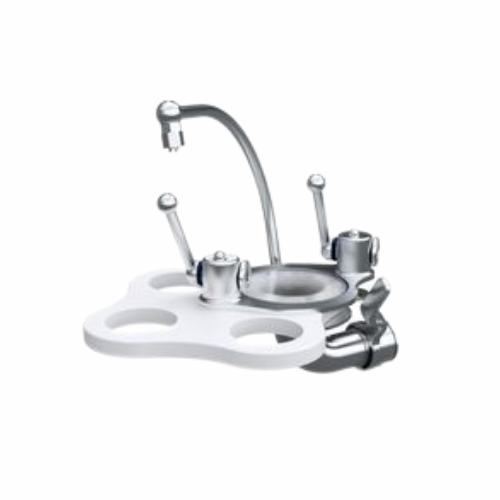
Manual forming unit for burger patties
Produce up to 30 perfectly shaped burger patties per minute with consistent quality ...
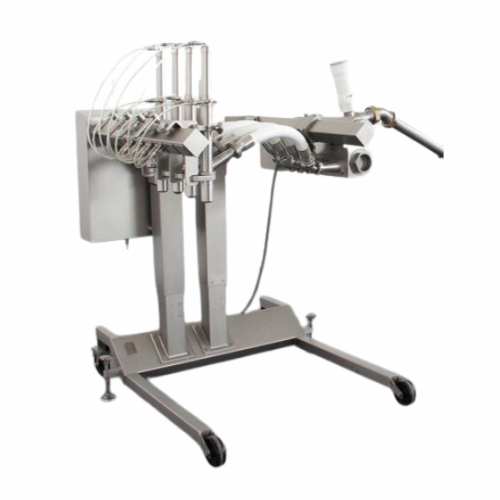
Filling flow divider for food and pet food applications
Optimize your production line with precision filling flow divider...
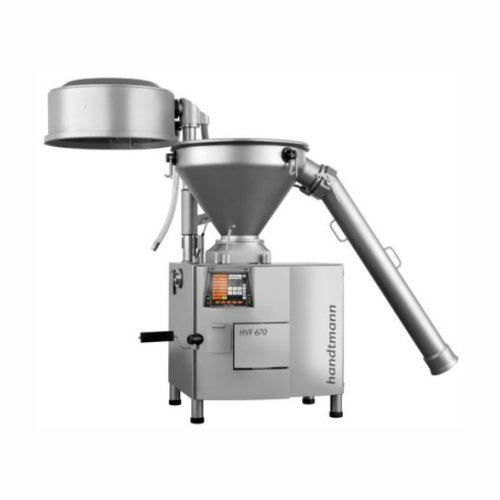
High vacuum filler for cooked ham with whole muscle pieces
Ensure precision and quality in cooked ham production with hi...
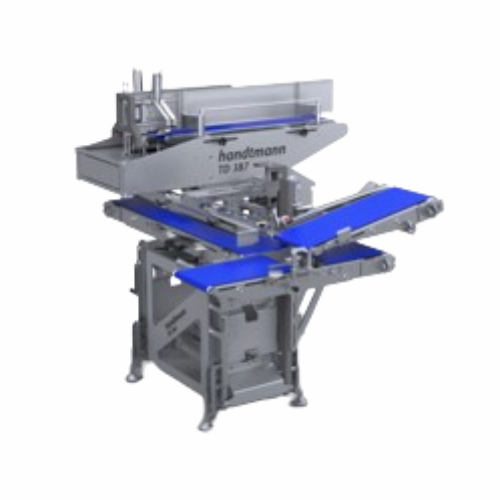
Automatic tray loader for minced meat portions
Streamline your tray loading process by integrating a flexible and fully au...
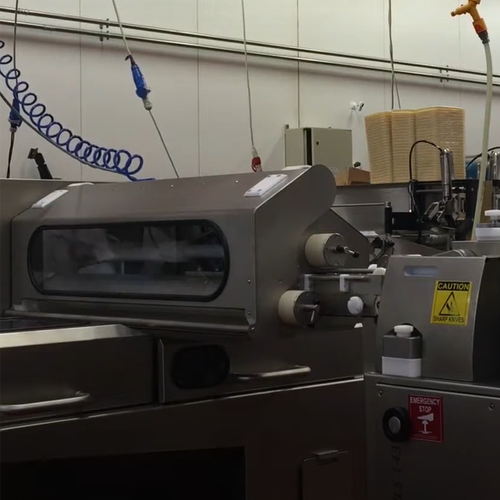
Collating system for fresh sausage automation
Maximize production efficiency by seamlessly integrating automated collating...
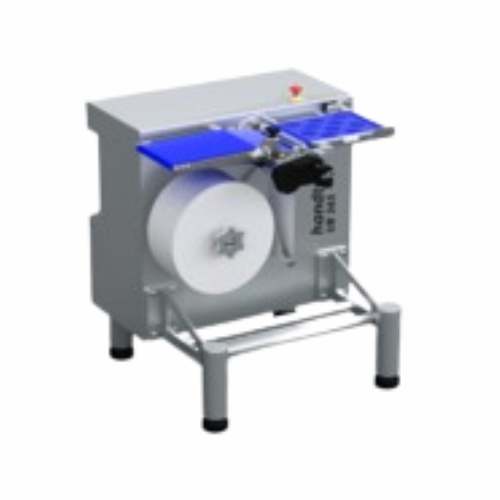
Product aligning and stacking solution
Enhance process stability and resource efficiency by integrating precise product ali...
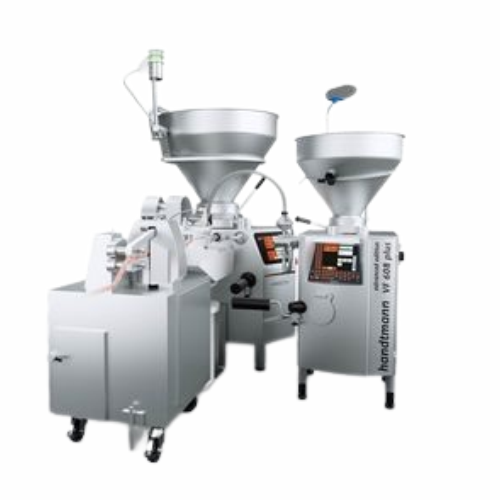
Industrial co-extrusion system for sausages with alginate casing
Eliminate the need for traditional sausage casings with...
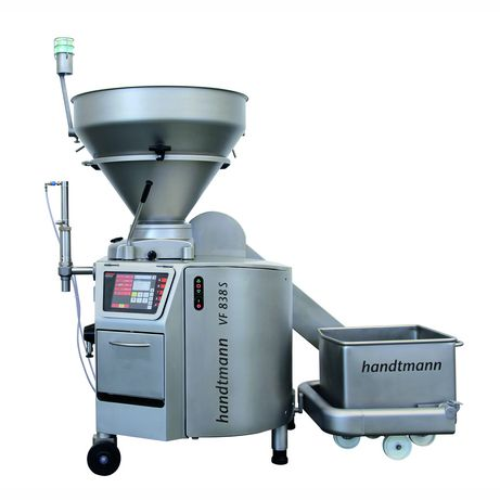
Precise dosing valve for pasty products
Achieve precise, gram-accurate dosing for a wide array of pasty and semi-viscous pr...
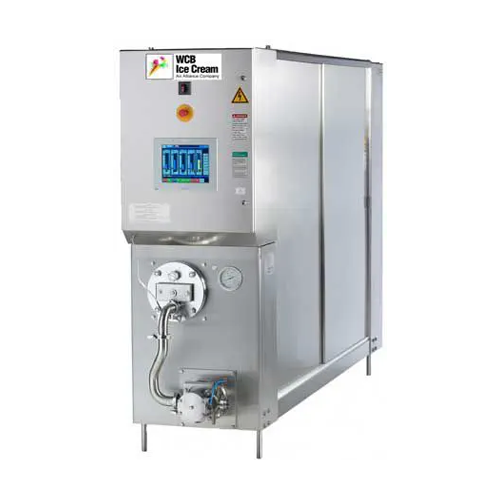
Industrial freezer for ice cream production
Achieve consistent ice cream quality with precision freezing and texture contr...
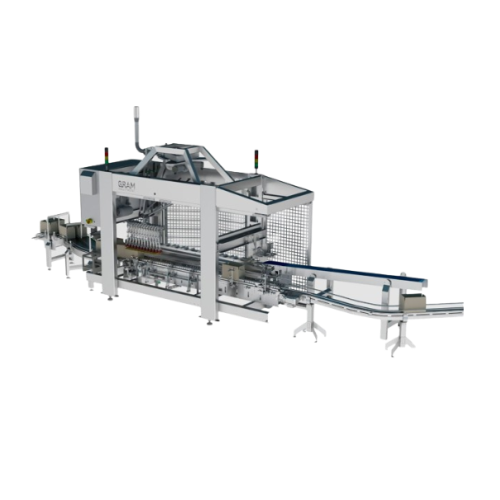
Multi-lane ice cream wrapping system
Optimize your production line with a high-speed, multi-lane wrapping system designed t...
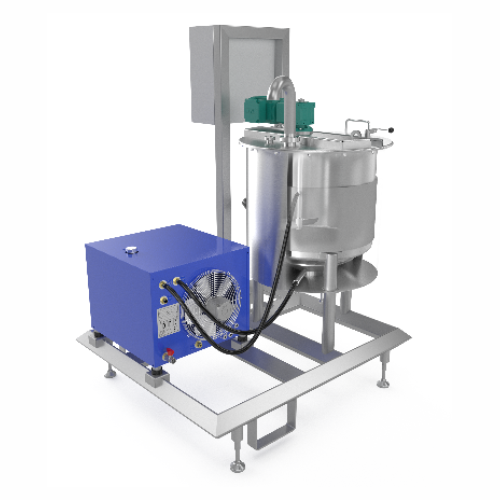
Stainless steel skids for food process integration
Optimize your production process with compact stainless steel skids th...
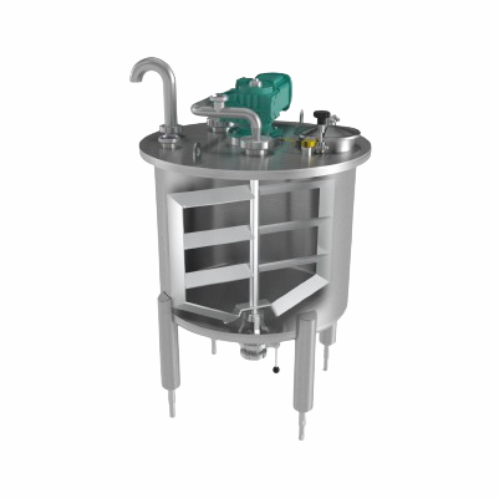
Stainless steel buffer tanks for food, pharma, and cosmetics
Ideal for maintaining process fluidity, these stainless ste...
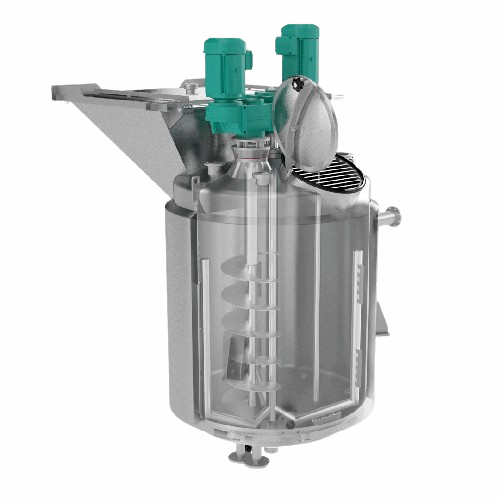
Stainless steel cooking kettle for food, pharma, and cosmetics
Efficiently streamline your production with versatile sta...
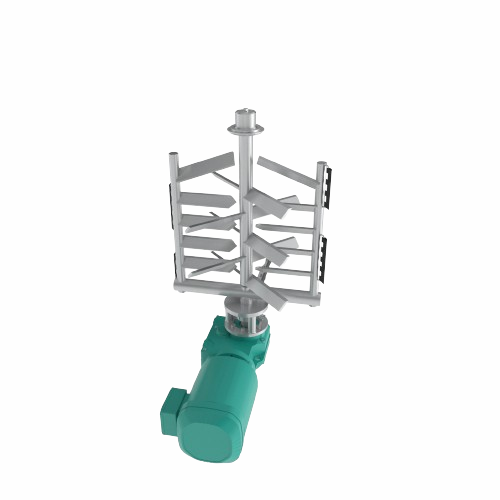
Stainless steel agitators for pharmaceutical and food applications
Optimize your production line with tailored agitator...
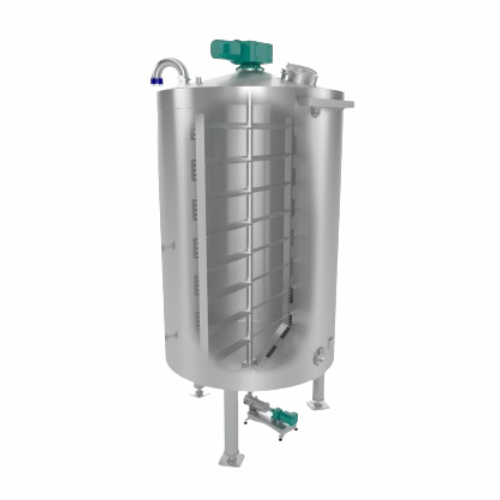
Stainless steel chocolate tank for storage and processing
Efficiently control temperature and consistency for chocolate ...
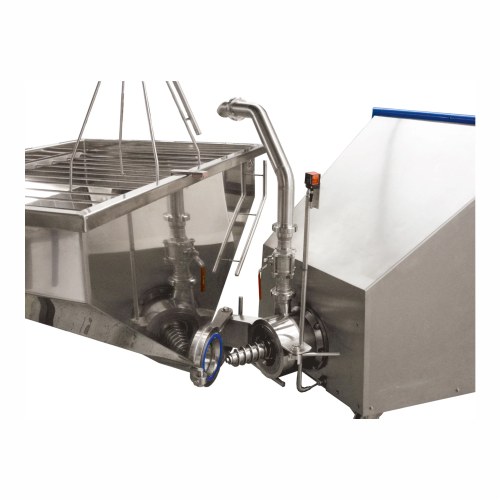
Precision emulsification equipment for food industry
Achieve precise comminution and emulsification for diverse food text...
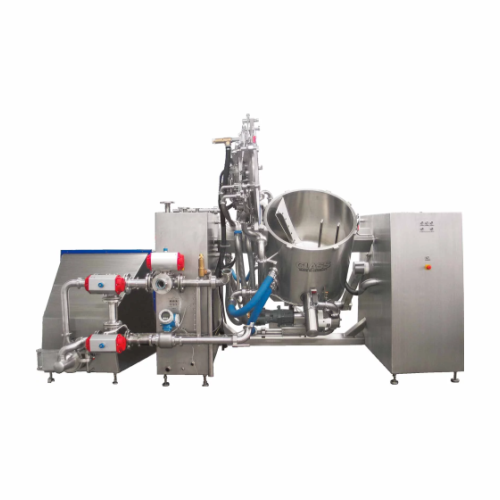
Integrated production system for food processing
Optimize your food production line with this versatile system, designed t...
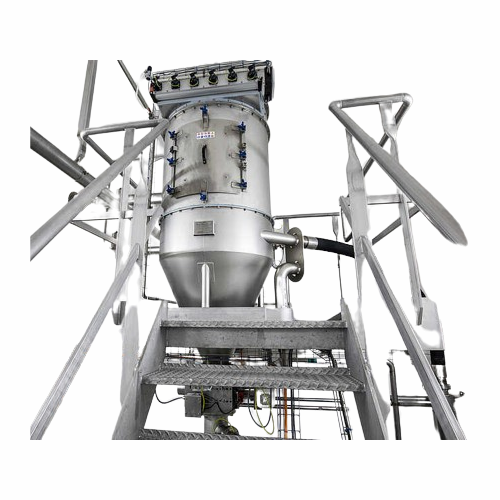
Vacuum pneumatic conveying for infant nutrition
Ensure efficient handling of delicate powders with a versatile vacuum pneu...
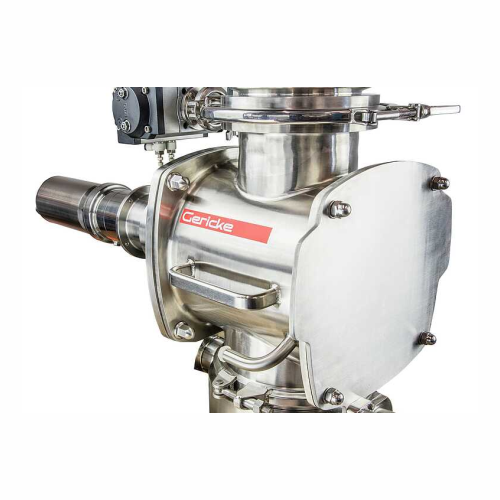
Mini batch blender for pharmaceutical solids
Achieve precise mixing homogeneity with the mini batch blender, perfect for l...
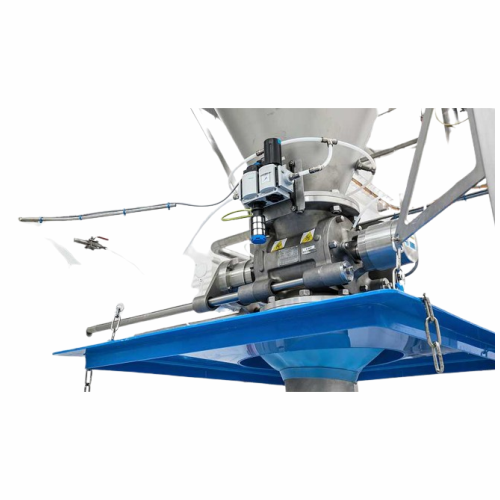
Heavy duty rotary valves for powder handling
Ensure precise material flow and safety in harsh processing environments with...
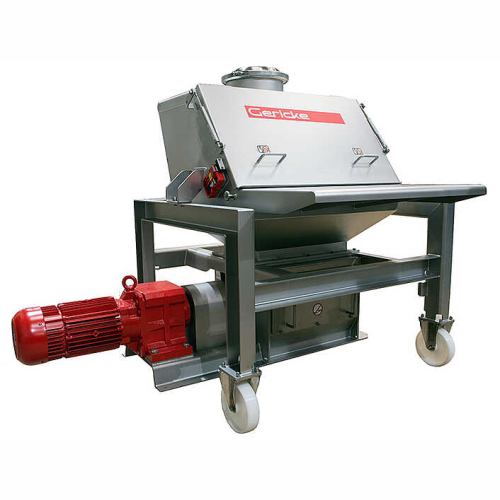
Sack tipping station for dust-free bulk material handling
Efficiently manage bulk materials while minimizing dust exposu...
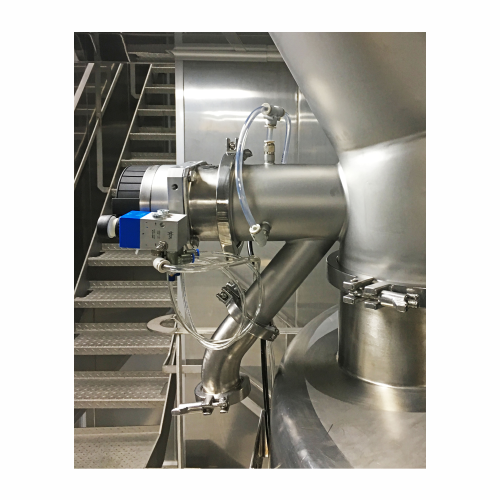
Sampling valve for secure sample extraction
Ensure product quality by safely extracting representative samples without hal...

Single shaft batch mixer for chemical and pharmaceutical applications
Optimize mixing efficiency with rapid batch proce...
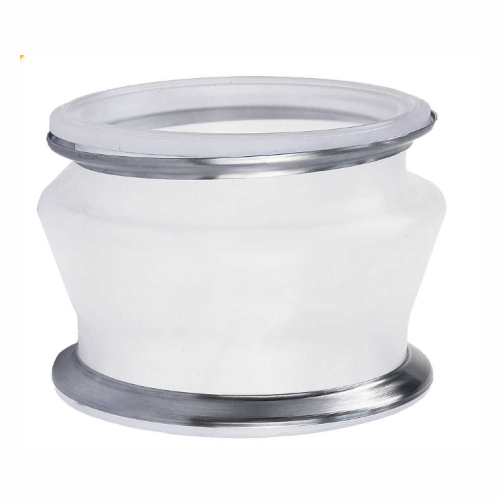
Hygienic flexible sleeves for tri-clamp connections
Ensure seamless, contamination-free transitions between processing st...
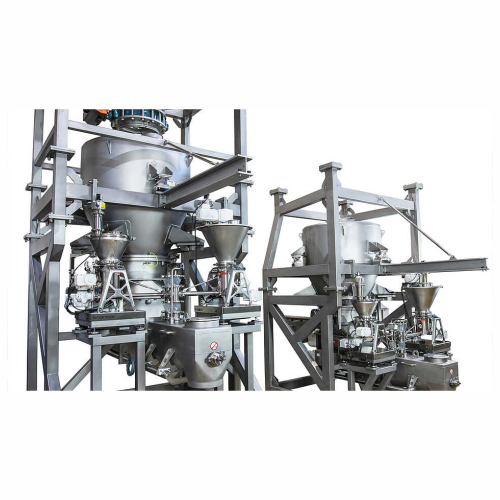
Continuous inline mixing for late product differentiation
Achieve seamless product differentiation with compact inline m...
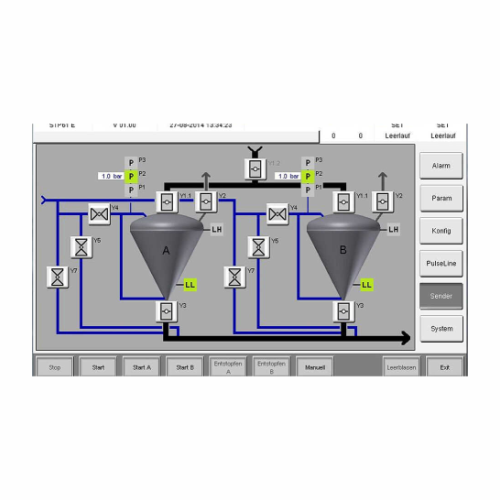
Conveying controller for dense phase conveying
Streamline your dense phase conveying operations with precise control and m...
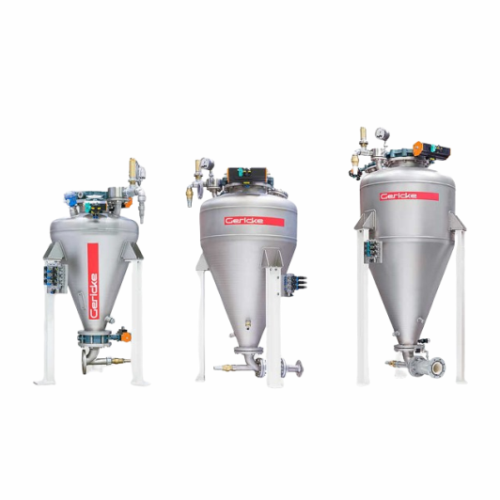
Dense phase pneumatic conveying system for powder transfer
Ensure gentle and efficient material transport with minimal m...
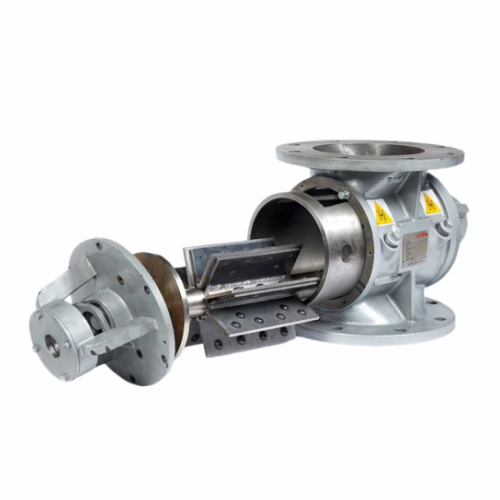
Pneumatic dilute phase conveying system for powders and bulk materials
Optimize your production line’s efficiency...
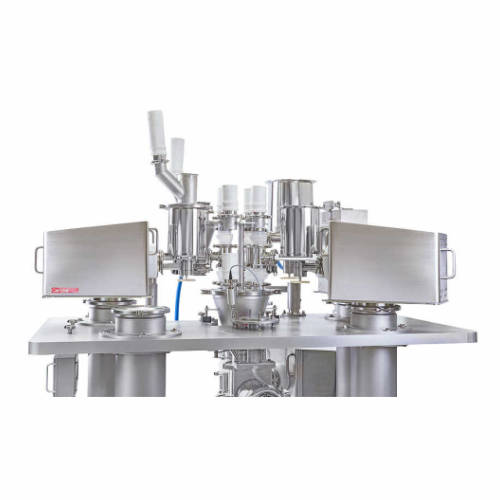
High-precision gravimetric feeders for industrial bulk solids
Achieve unparalleled accuracy in your production line with...

Universal controller for feeders in powder handling applications
Simplify and enhance your powder handling with precise ...
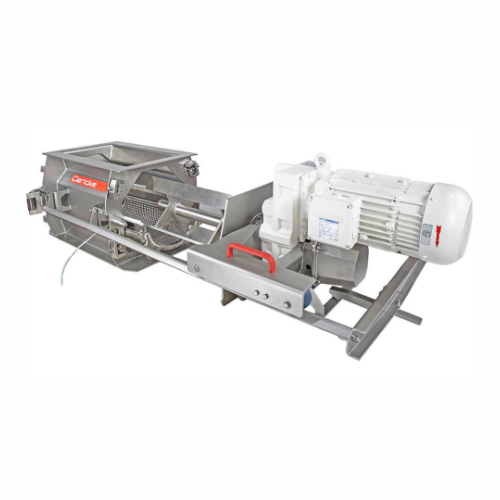
Deagglomerator for consistent particle size reduction
Struggling with inconsistent particle sizes or unwanted lumps in yo...
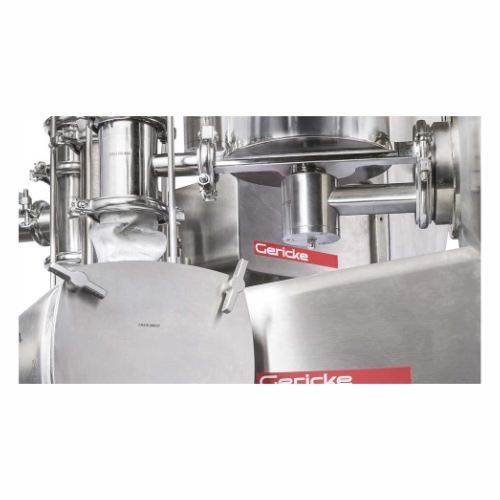
Continuous mixer for homogeneous blending
Achieve consistent product quality with precise mixing and blending, ideal for a...
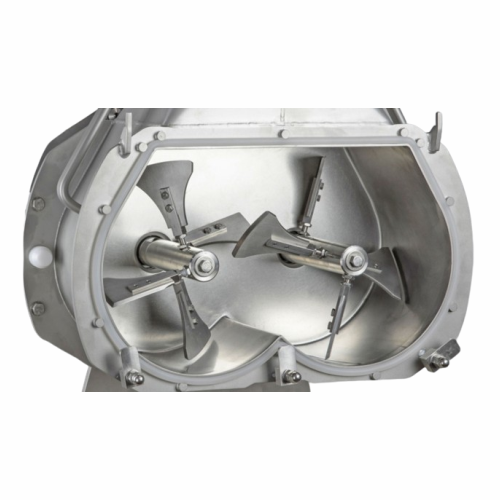
Laboratory mixer for r&d and small batch production
Achieve superior mixing precision for R&D and pilot production w...
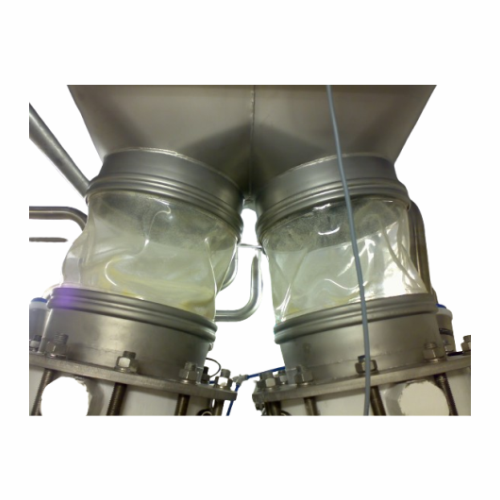
Hygienic flexible sleeves for food and pharmaceutical use
Say goodbye to contamination risks with this tool-free, quick-...
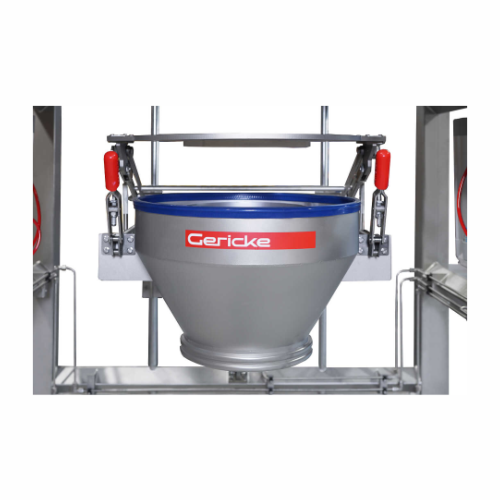
Big bag unloader for industrial bulk materials
Efficiently handle bulk materials with this modular unloading system, desig...
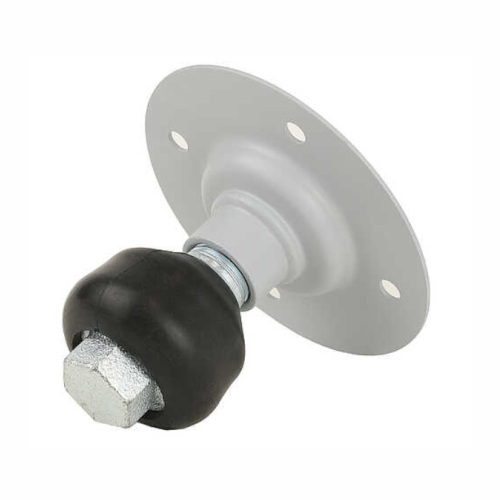
Bin aeration system for silo and hopper material flow
Optimize the flow of your stored powders and granules with an effic...
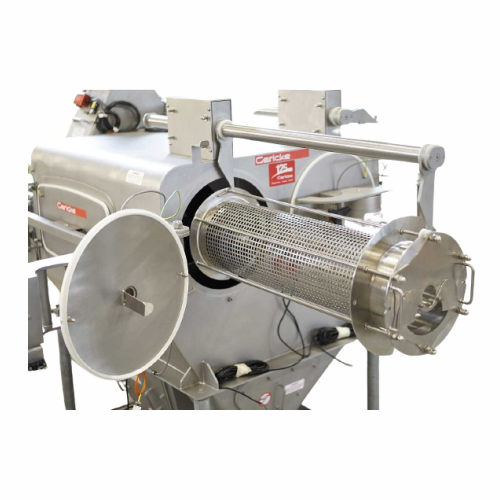
Centrifugal sifter for bulk solids and powders
Achieve precise particle separation and enhance product quality with a solu...
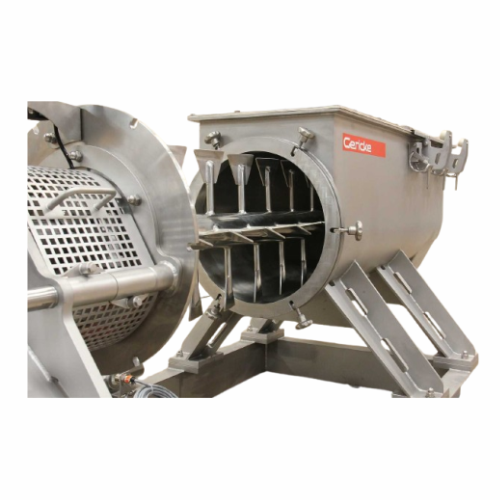
Continuous powder mixer for industrial applications
Achieve precise and efficient integration of powders, granules, and l...
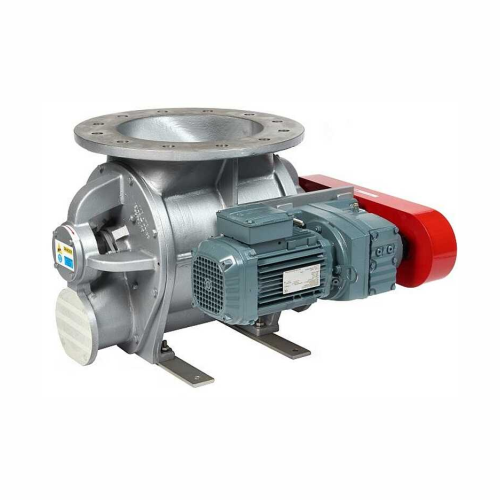
Heavy duty blowing seals for abrasive products
For operations dealing with abrasive materials under high pressure, these r...
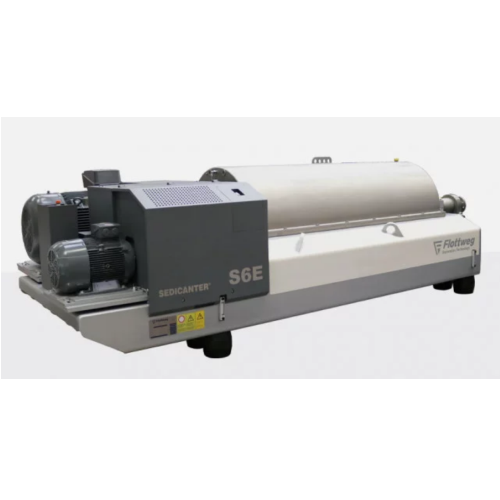
Decanter centrifuge for soft sediment separation
For operations dealing with soft, easy-flowing sediments, ensuring effici...
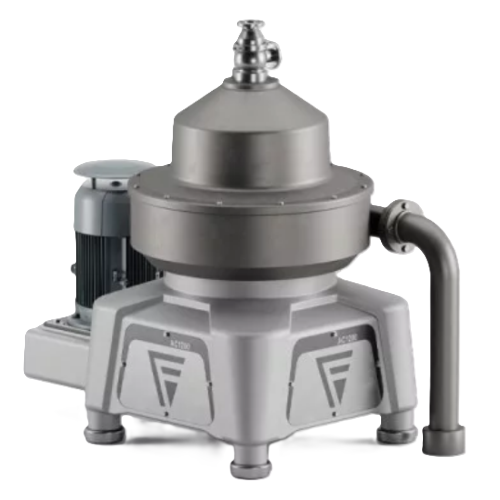
2-phase separator for clarifying liquids
Efficiently refine and clarify liquids while minimizing waste. This 2-phase separa...
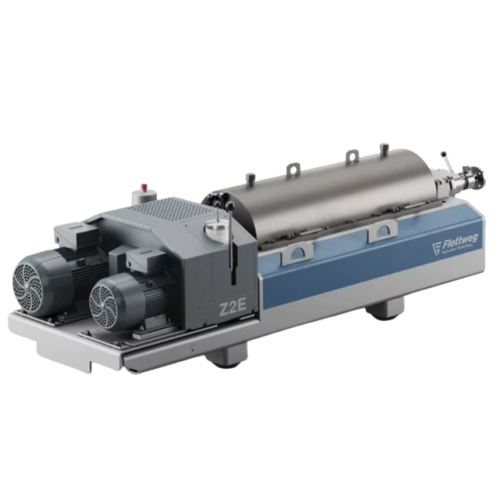
3 phase decanter centrifuge for industrial separation
Optimize your production line with efficient three-phase separation...
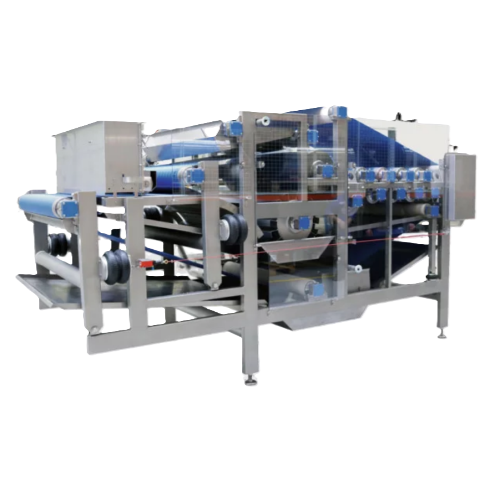
Industrial belt press for fruit and vegetable processing
Optimize your juice yield and reduce drying costs in starch and ...
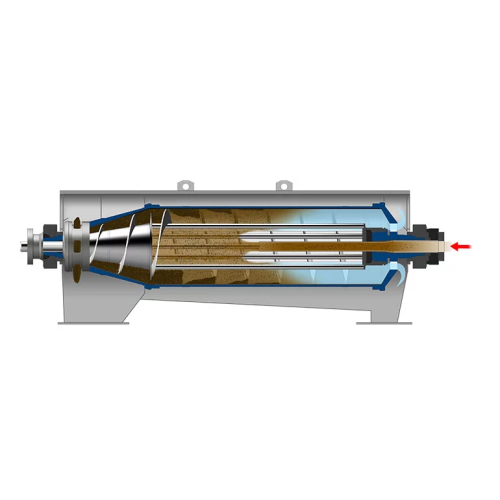
Advanced sludge dewatering for sewage treatment plants
Optimize sludge dewatering with a centrifuge that enhances separat...
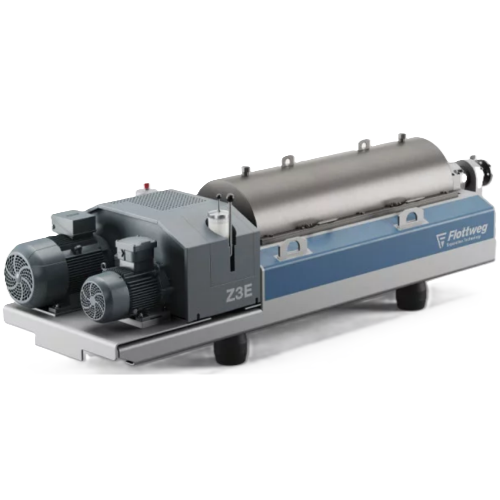
High-performance decanter centrifuge for industrial separation
Optimize your production with a centrifuge solution that ...

Industrial evaporators for multi-product processing
Optimize your production line with customized evaporators designed fo...
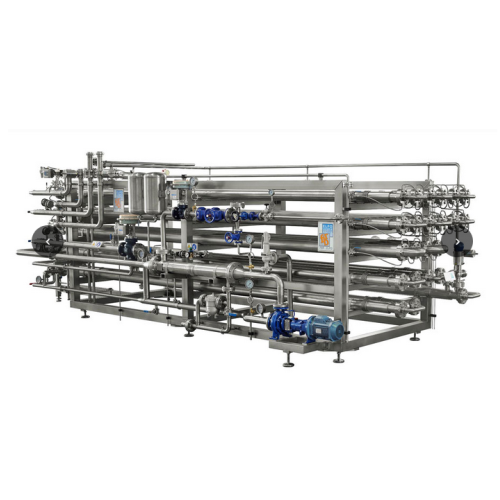
Sterilizer for liquid and viscous products
Effortlessly process and sterilize diverse liquid products, from concentrated j...
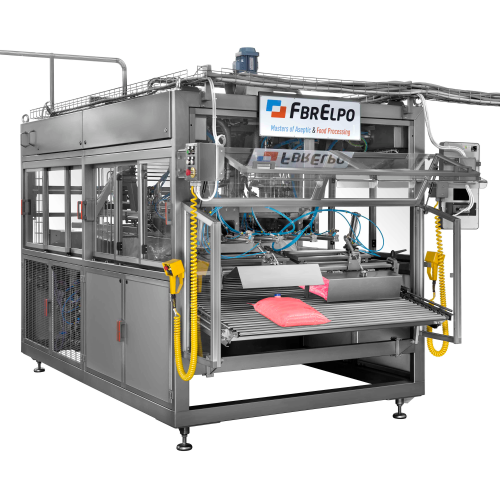
Aseptic filler for bag in box packaging
Optimize your bag-in-box packaging process with high-speed aseptic filling, ensurin...
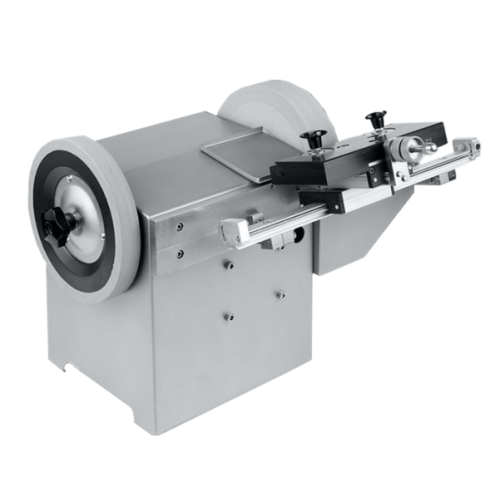
Knife honing equipment for industrial use
Enhance blade precision with minimal effort and cost, ensuring your cutting tool...
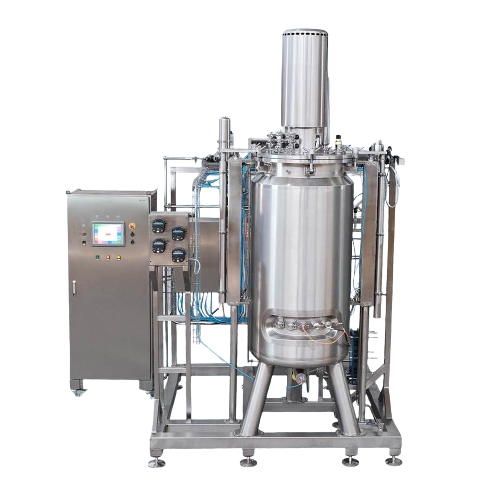
Fermenter for microbial fermentation processes
Optimize your fermentation and biopharmaceutical production with stainless ...
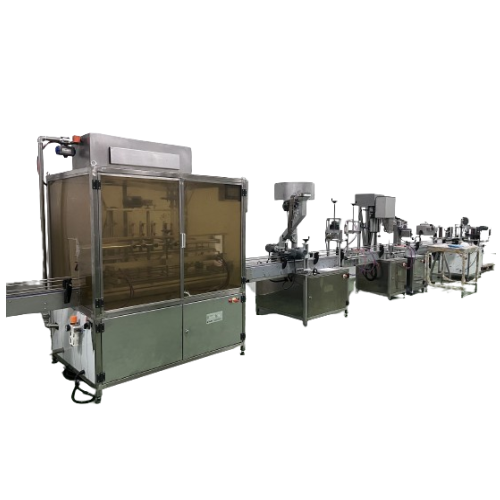
Liquid food filling solutions
Maximize efficiency in your packaging line with versatile filling machines designed for precis...
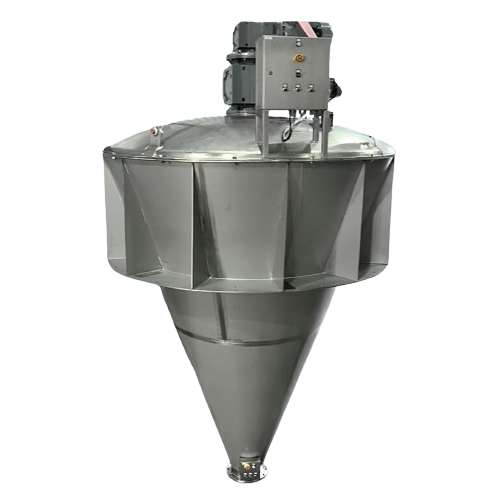
Conical powder mixer for uniform powder blending
Achieve consistent powder blending while preserving the integrity of deli...
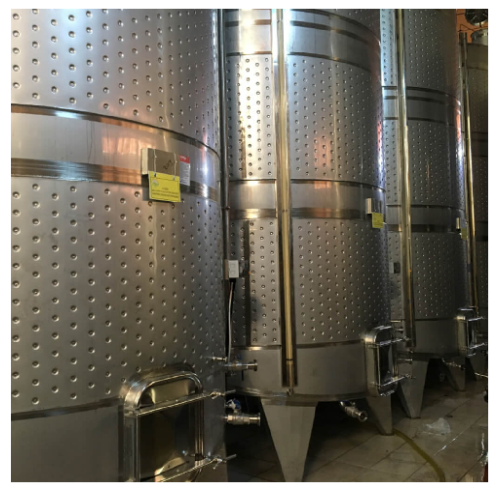
Stainless steel fermentation tanks
Optimize your fermentation efficiency with stainless steel tanks that provide precise te...
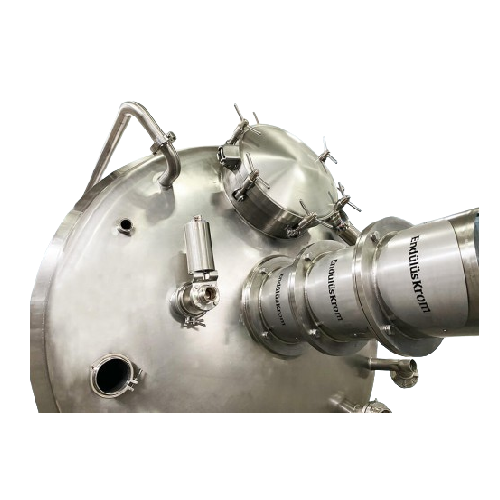
Industrial storage tanks for chemical and cosmetic industries
Need reliable storage that withstands aggressive chemical ...
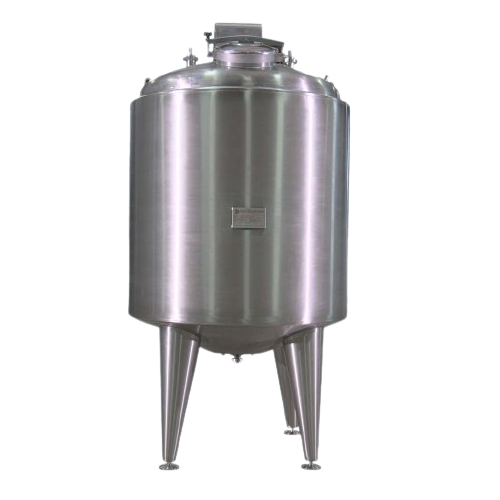
Ultraclean aseptic storage tanks for hygienic liquid food
Ensure your liquid products remain uncontaminated and maintain...

Compact pulsed electric field treatment for french fries
Reduce oil absorption and enhance product texture with this inno...
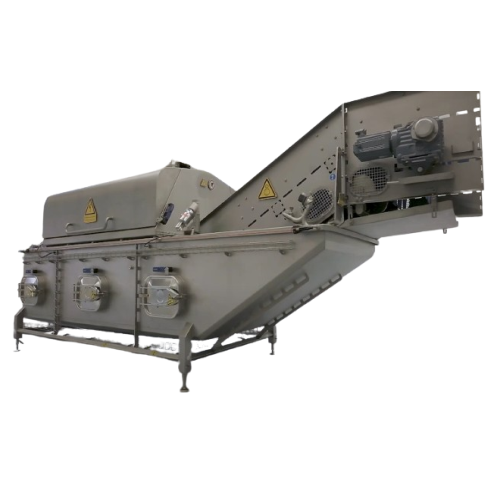
Pulsed electric field treatment for roots, tubers, and fruits
Enhance your production line with advanced pulsed electric...
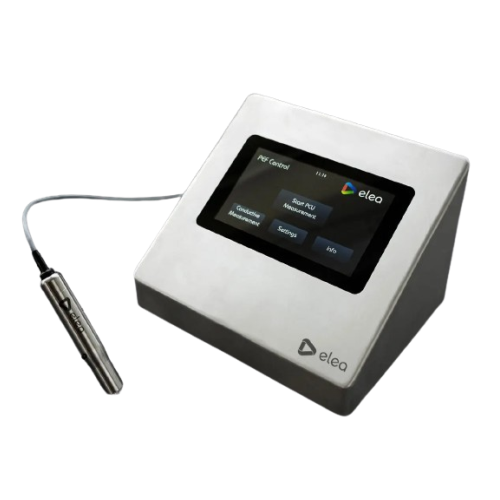
Cell disintegration measurement tool for food products
Ensure precise measurement of cell disintegration across food prod...

Precision quality control for potato and vegetable cutting
Optimize cutting precision and improve product quality by ins...
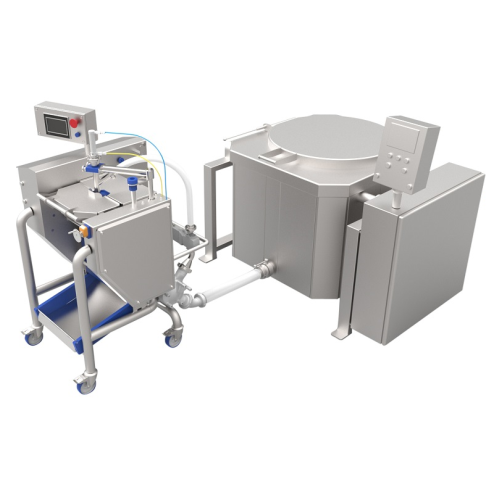
Production solutions for convenience foods
Effortlessly transform your innovative recipe ideas into consistent, high-quali...

Cleaning and sterilization system for food factories
Ensure optimal hygiene and safety in your production line with advan...
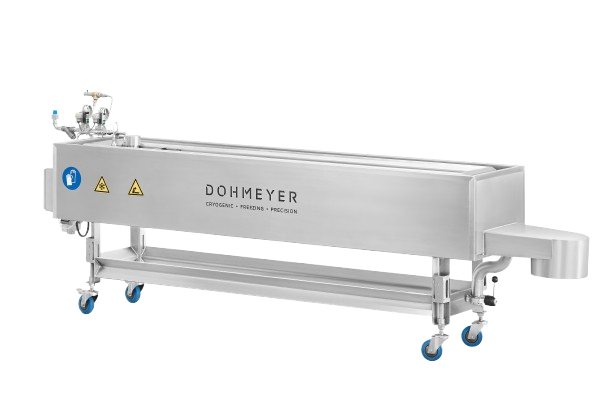
Nitrogen shower for instant ice cream topping hardening
Achieve rapid solidification of ice cream toppings with precision...
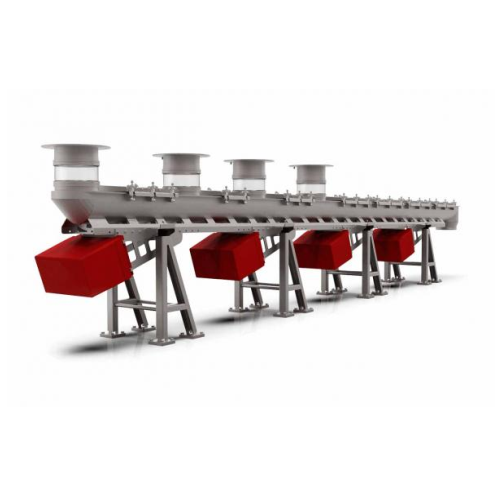
Vibration transport system for hygienic conveying of bulk goods
Optimize your production line with efficient and hygieni...
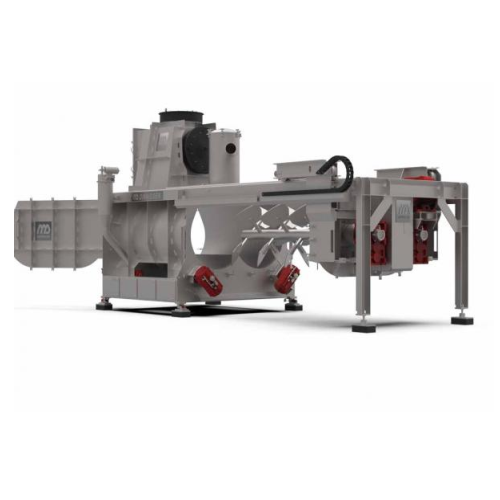
Industrial mixer for batch granules or grains
Achieve precise mixing with seamless integration of heating, sterilization, ...
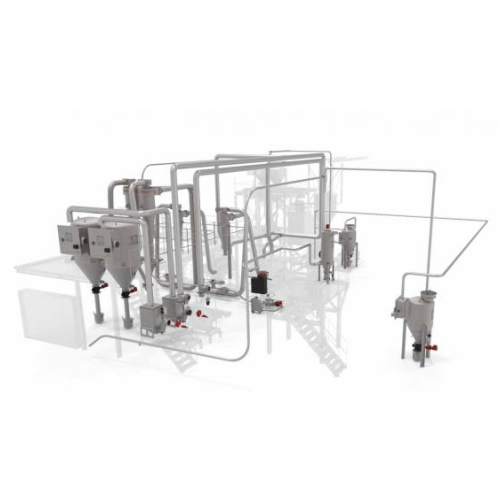
Industrial pneumatic conveying system for powders and granulates
Achieve hygienic and dust-free transport of powders and...
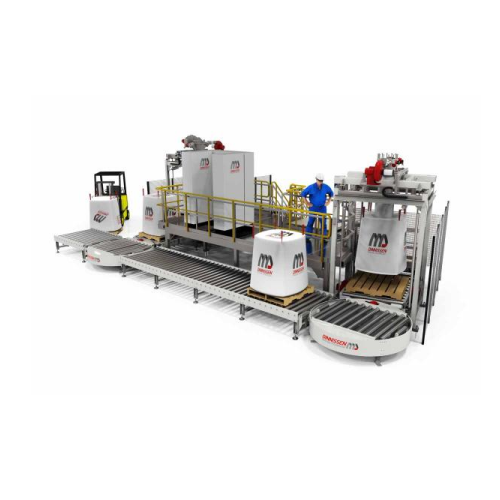
Product handling system for big bags and containers
Optimize your production line with a comprehensive system for transpo...
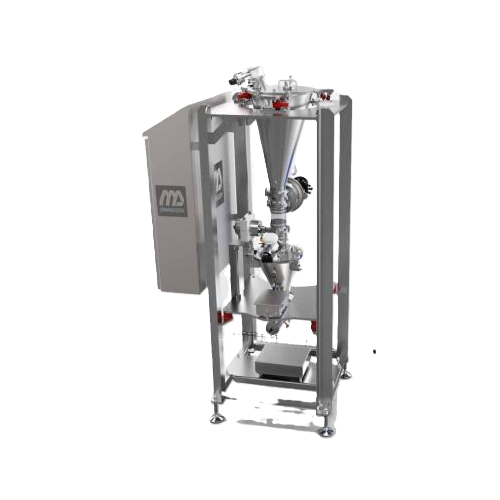
Micro dosing system for precise powder weighing
Achieve unparalleled dosing accuracy in your production line with a system...
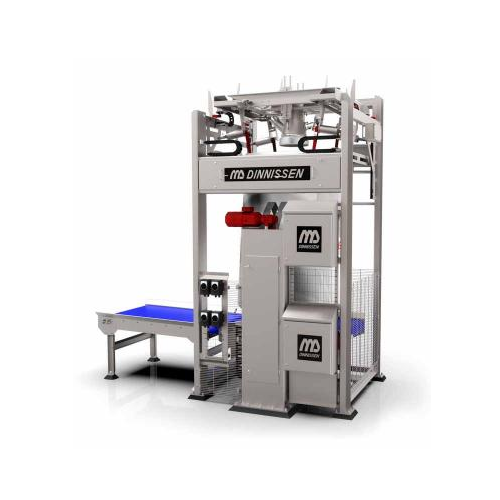
High-care big bag filling system for hygienic environments
Ensure precise hygienic filling of Big Bags in high-care envi...
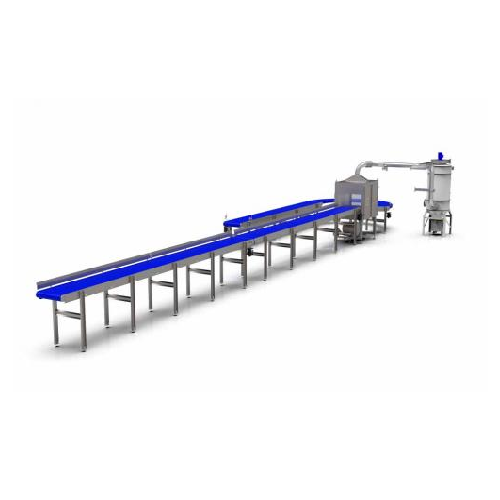
Mechanical horizontal conveyor for powders and granulates
Efficiently handle and transport your delicate powders and gra...
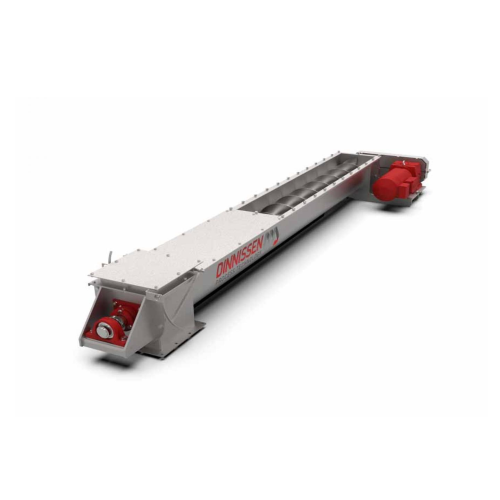
Vertical transport for bulk goods
Efficiently move bulk goods vertically with minimal energy usage, ensuring seamless integ...
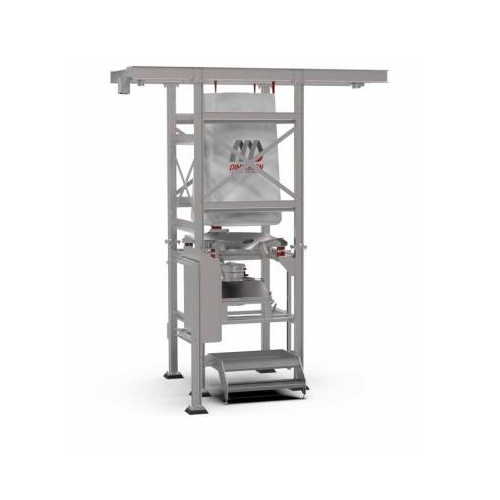
Modular big bag unloading station for various materials
For hassle-free handling of bulk materials, this modular solution...
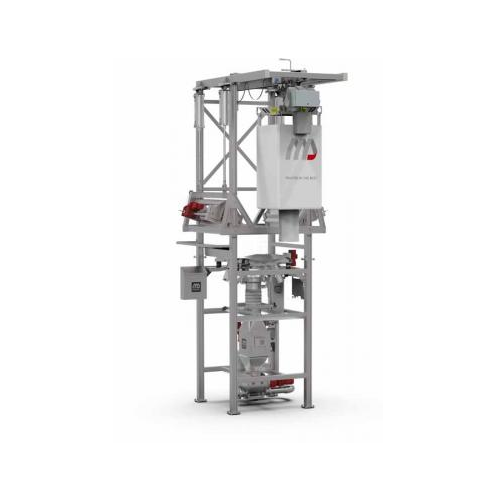
Big bag conditioning system for compact materials
Struggling with clumped materials during unloading? This system expertl...
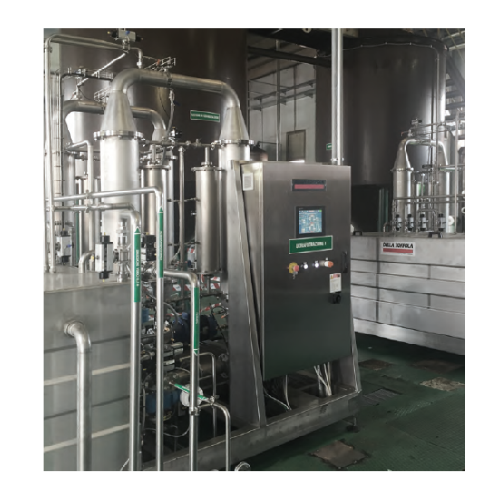
Ceramic ultrafiltration for treating oily emulsions
Optimize your oily emulsion treatment process with advanced ceramic u...
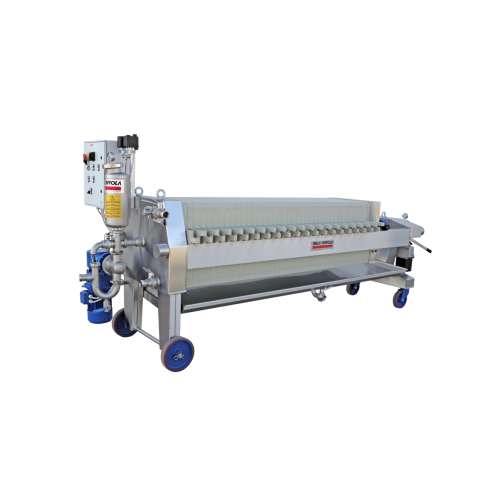
Industrial plate filter press for winemaking
Efficiently separate liquids from solids to recover valuable liquid component...
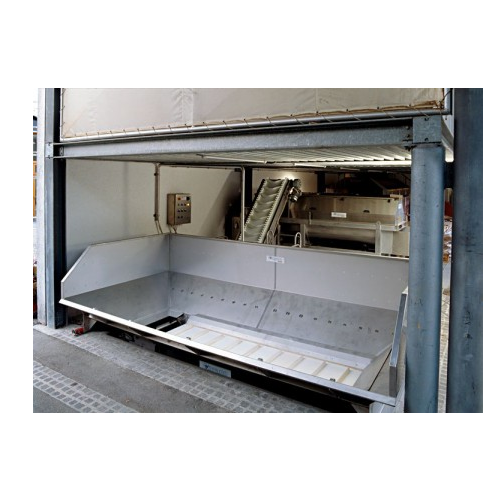
Stainless steel tanks with belt conveyors for grapes
Streamline your grape processing with efficiently designed stainless...
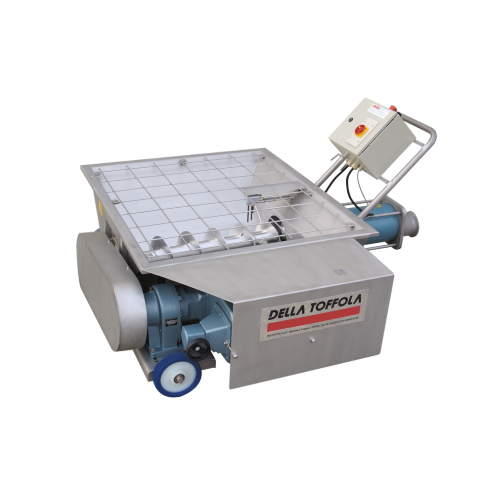
Mohno pumps for efficient grape marc transfer
Ensure gentle handling and uninterrupted flow of grape marc with low-vibrati...
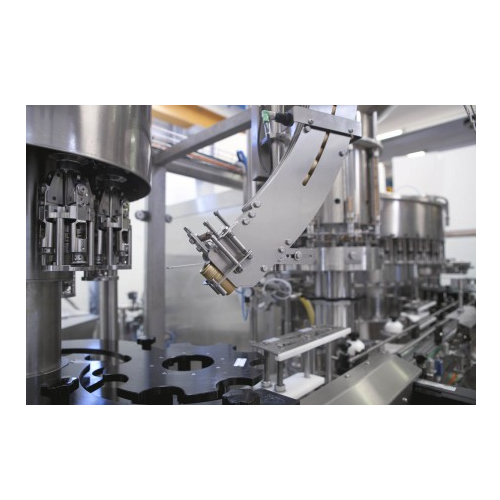
Screw capping systems for bottling lines
Ensure airtight sealing and product integrity with precision-engineered screw capp...
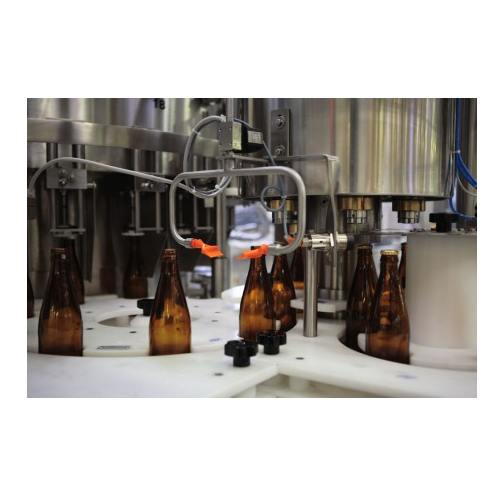
Crown capping solution for beverage bottles
Ensure perfect sealing for beverage containers with a high-speed crown capping...
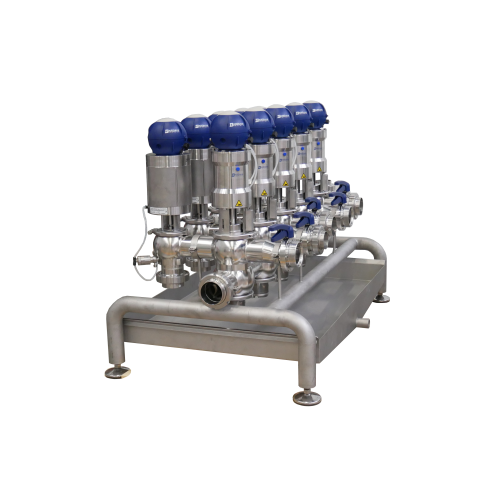
Automatic ingredient batching and blending systems
Optimize your production line with precision ingredient blending and b...
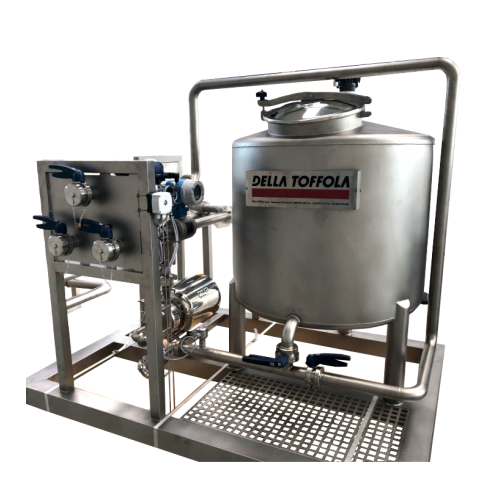
Dissolution and batching system for minor ingredients
Efficiently manage minor ingredients with a system designed for pre...
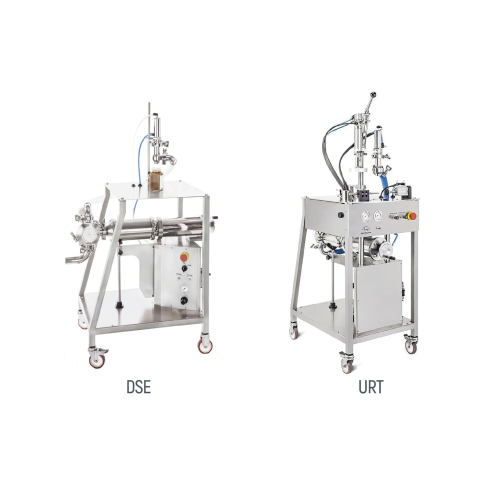
Pneumatic dosers for variable density products
Achieve precise dosing for liquid to dense products with versatile pneumati...
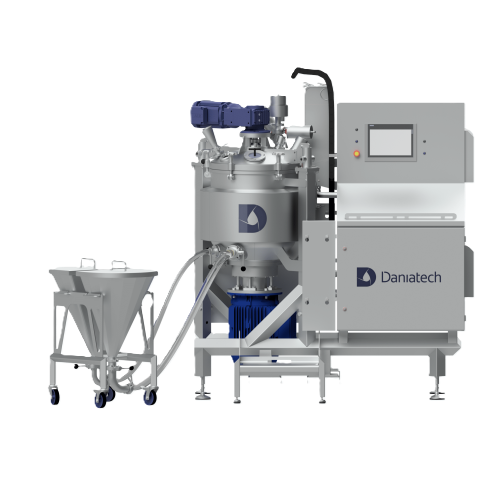
Lab-scale high-shear mixer for recipe development
Optimize your recipe development process with precise mixing, homogeniz...
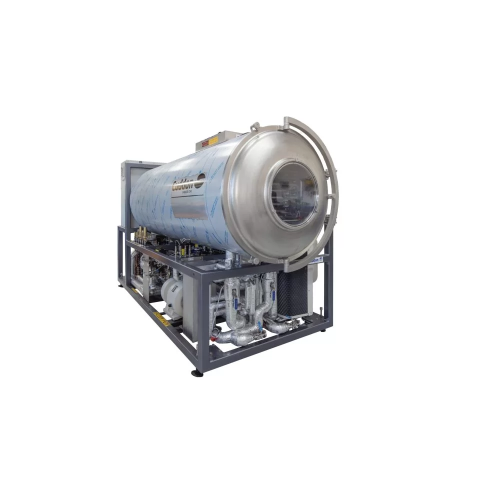
Freeze dryer for high sugar or acid content products
Achieve precise moisture control for challenging high sugar or acid ...
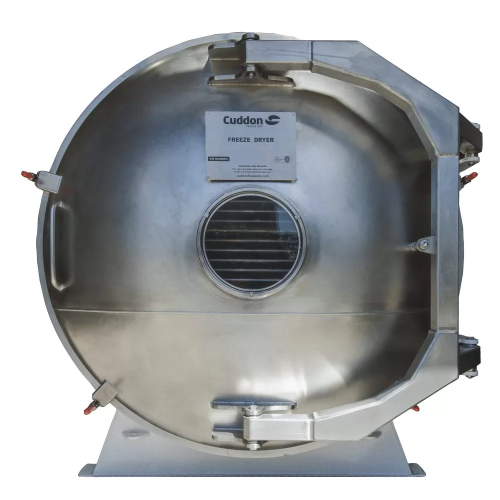
Industrial low temperature freeze dryer for high sugar or acid content products
For processing challenging high sugar ...
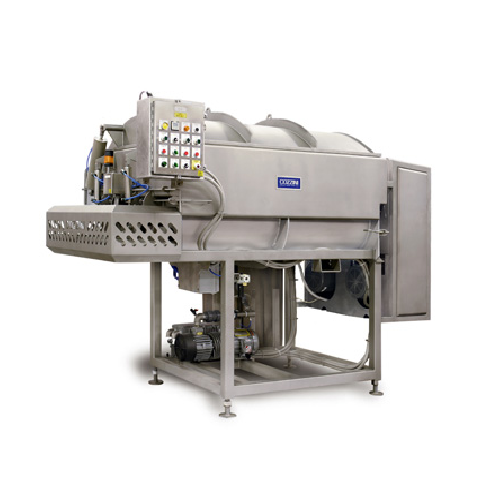
Vacuum mixer/blender for food processing
Achieve precise mixing and blending with air removal for consistent quality across...
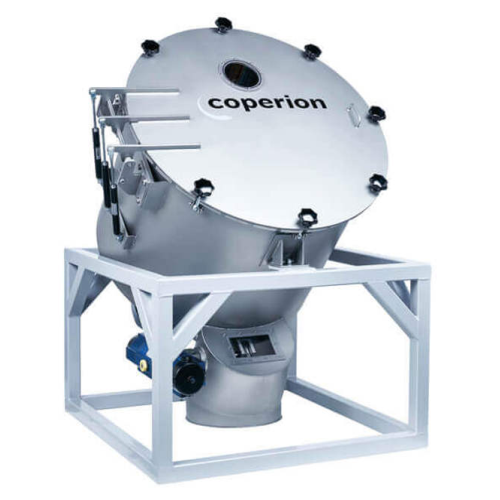
Bulk material mixer for high-speed homogenization
Achieve fast and gentle homogenization of bulk materials with a high-sp...
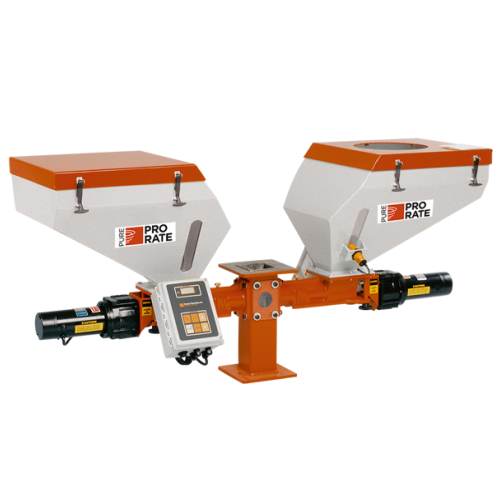
Precision feeders and mixers for plastics processing
Achieve precise blending and feeding for plastics processing with mo...
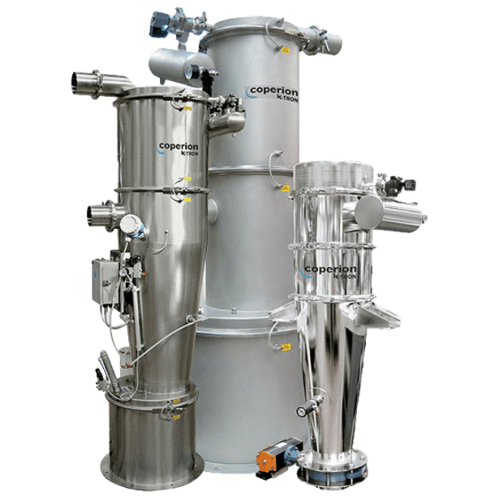
Sanitary bulk solids receiver for food and pharma
Ensure precise control over bulk solid transfer with a system designed ...
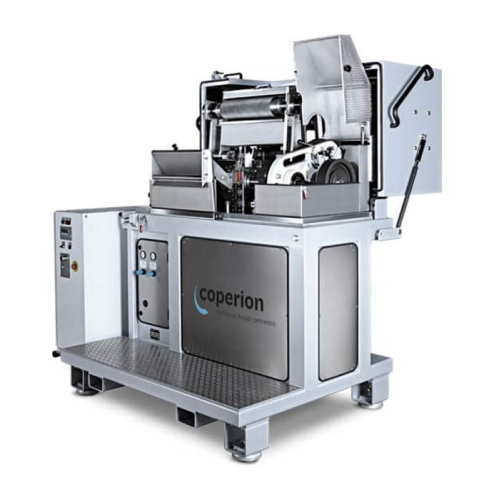
Industrial strand pelletizer for polymer processing
Optimize polymer pellet production with precision engineering, ensuri...
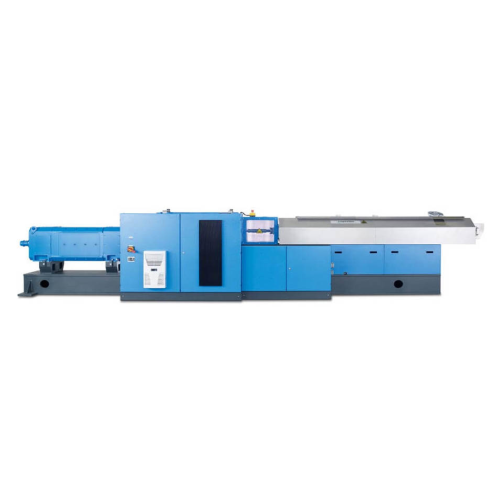
High throughput twin screw extruder for low bulk density products
When handling low bulk density materials, achieving m...

Food extruders for pet food production
Achieve precise control in food production with advanced twin screw extruders, desig...
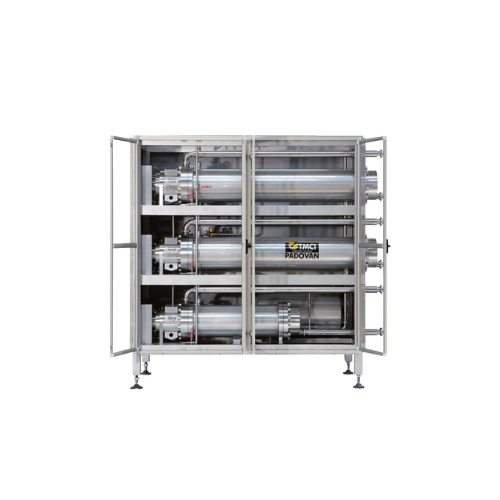
Pin worker unit for margarine plasticizing
Ideal for high-speed continuous operations, these pin worker units ensure optim...
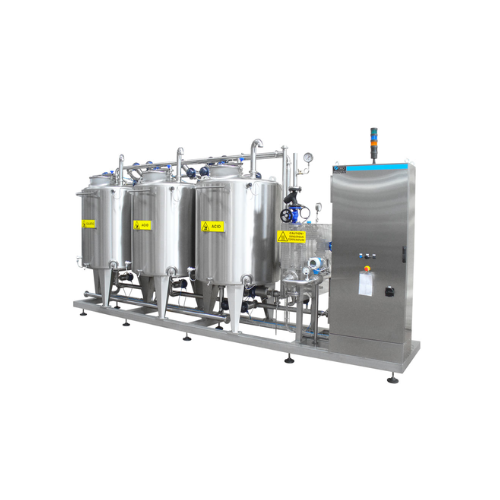
Cleaning-in-place system for oils and fats
Streamline your production line by efficiently cleaning oils and fats processin...
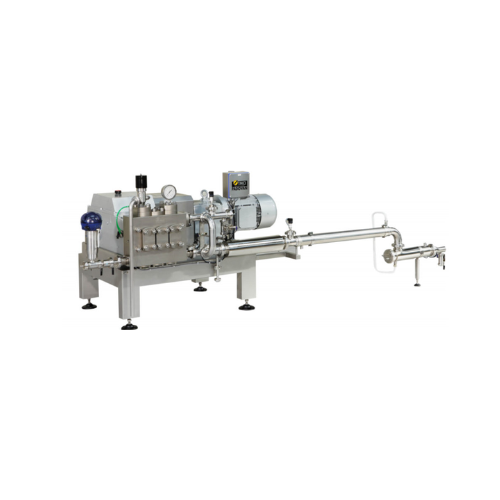
High pressure pumps for margarine production
Enhance your production line with high-pressure pumps designed for precise em...
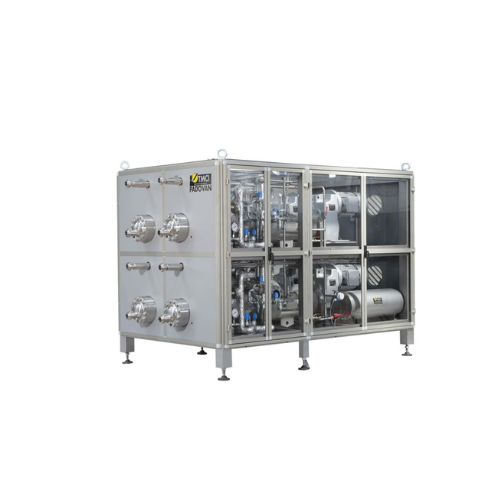
Scraped surface heat exchanger for oils and fats
Achieve precise crystallization and streamline the production of margarin...
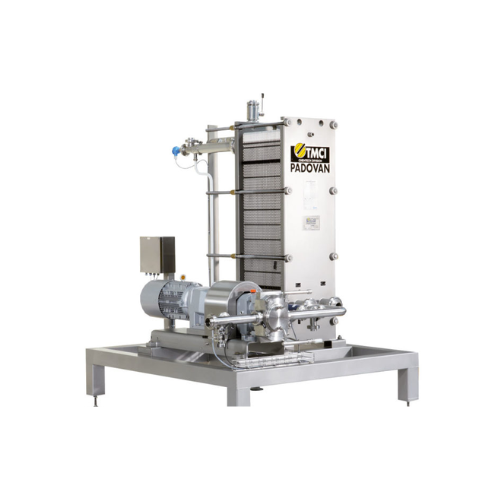
Continuous remelt systems for oils and fats
Optimize your production line with continuous remelt systems designed to effic...
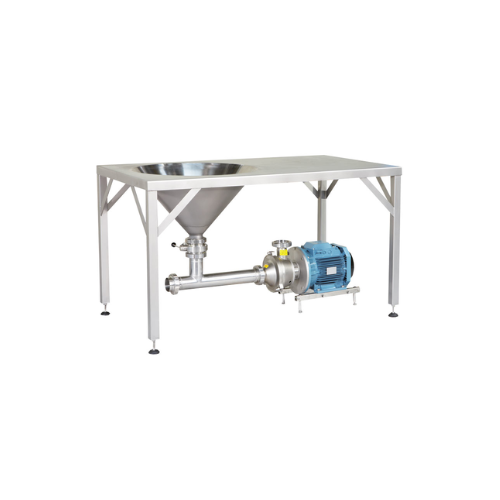
Powder addition system for oils and fats
Efficiently integrate powdered additives into your liquid processes with our hygie...
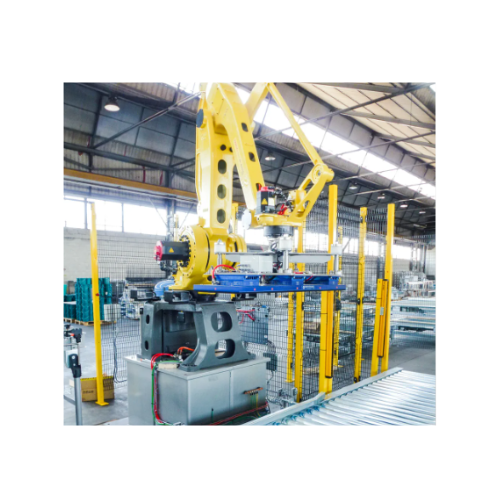
Robotic palletizer for material handling
Experience seamless and efficient palletizing with advanced robotic solutions desi...
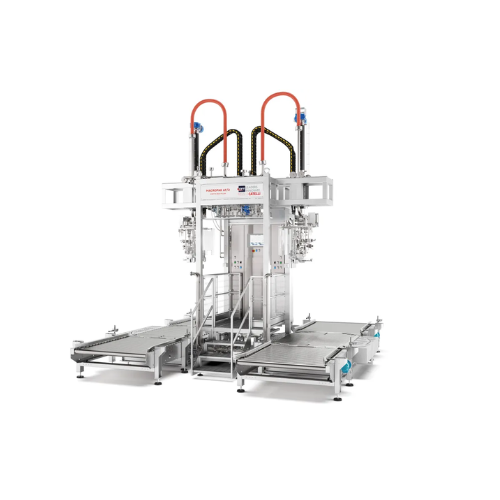
Aseptic fillers for liquid and viscous products
Ensure sterile and precise filling of liquid and viscous foods with adapta...
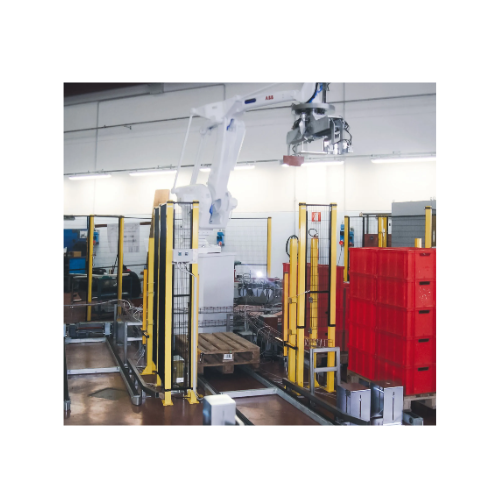
Robotic depalletizers for bins
Efficiently optimize your warehouse space while ensuring precise and adaptable material handl...
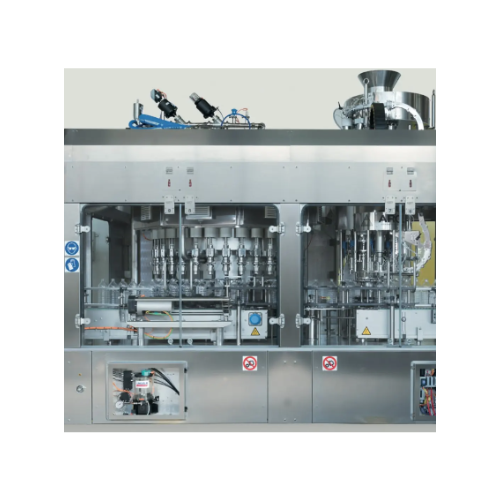
High-precision rotary weight filler for edible oils and sauces
Achieve exceptional filling precision with solutions desi...
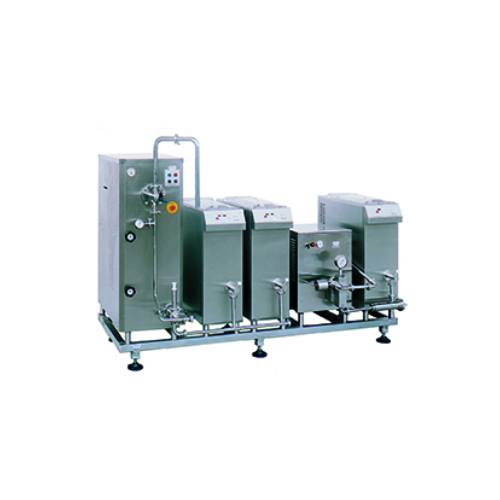
Pilot plant for ice cream production
Optimize your ice cream production with a flexible pilot plant that seamlessly integra...

Semi-automatic dosing table for ice cream cups and bulks
Ensure consistent and precise dosing for various ice cream produ...
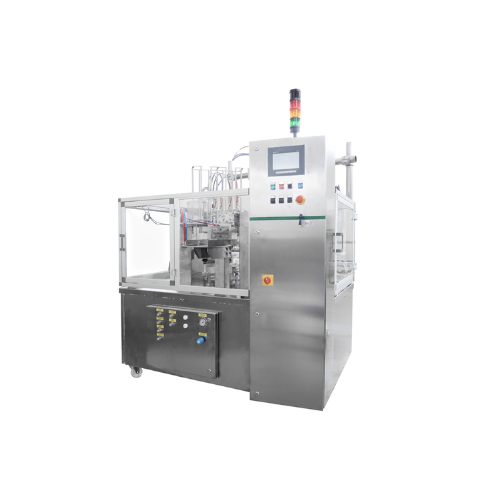
Rotary filling solutions for ice cream cups and cones
Optimize your ice cream production with customizable rotary filling...
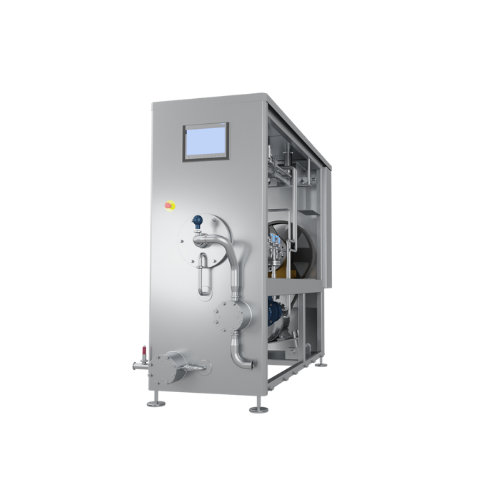
Lobe pump for industrial ice cream production with ammonia Nh3
Optimize your ice cream and dessert production with conti...

Lobe pump freezer for industrial ice cream production
Streamline your ice cream production with a semi-automatic lobe pum...
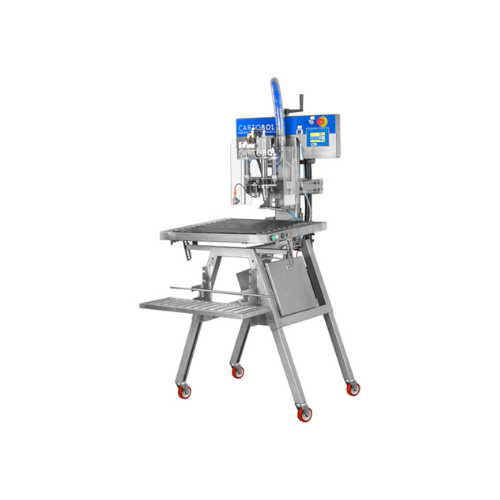
Semi-automatic filler for bag-in-box packaging
Streamline your liquid packaging process with a versatile filler that integ...
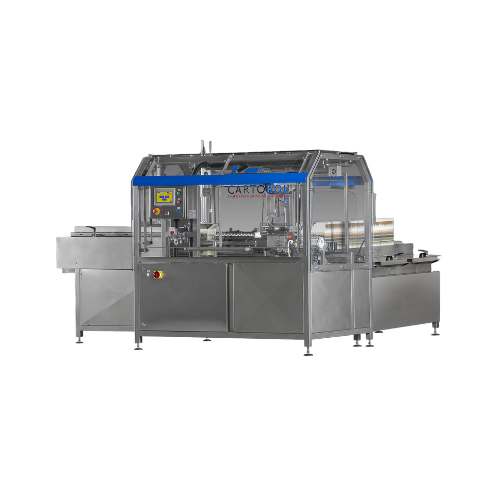
Bag-in-box carton erector
Experience seamless carton erection with advanced servomotor technology, enhancing both efficiency...
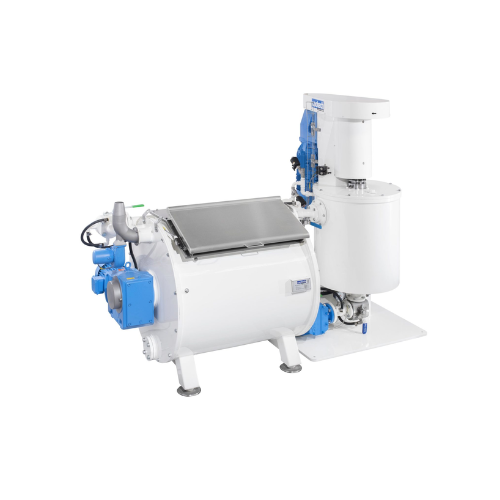
Chocolate processing unit for mixing, grinding, and conching
Optimize chocolate production with precise mixing, grinding...
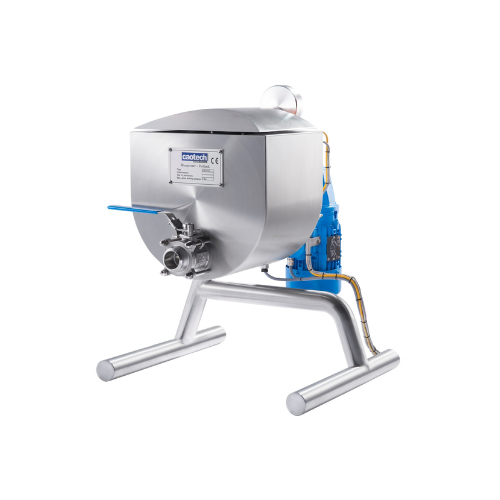
Laboratory conching solution for small batches of chocolate
Optimize your chocolate formulations with precise moisture a...
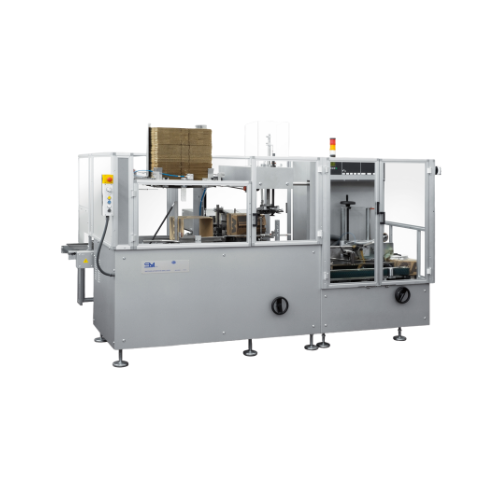
High-speed horizontal case packer for shipping cases
For high-demand production lines, this modular case packer streamlin...
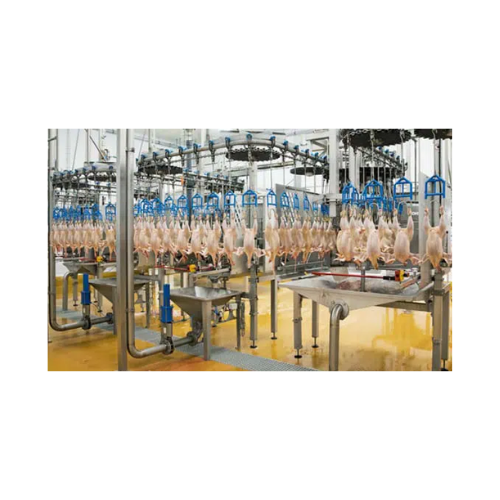
Vacuum waste handling system for food processing
Optimize waste management with a vacuum system that enhances hygiene, red...
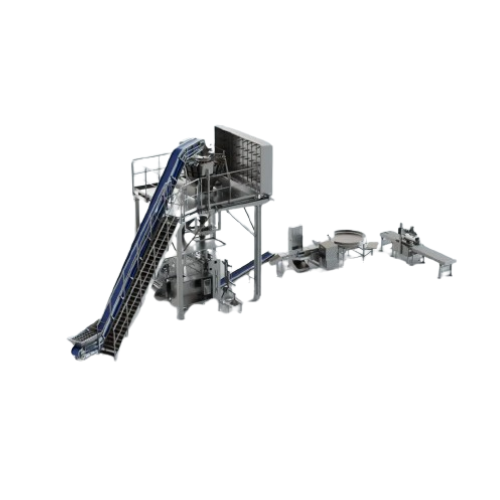
Retail packing solution for Iqf products
Streamline your IQF product packaging with a compact system designed to cut manual...
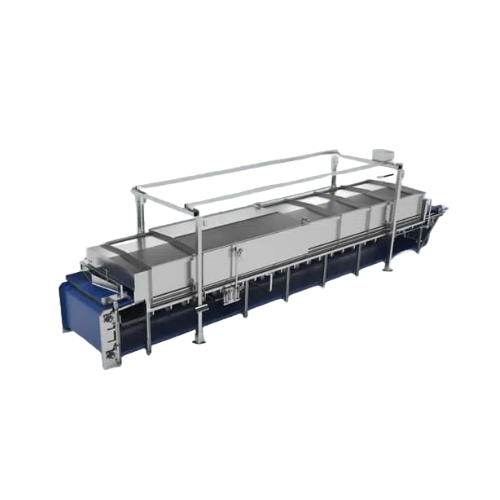
Industrial rice cooker
Enhance rice processing with an engineered solution that ensures precise cooking and cooling, optimizi...
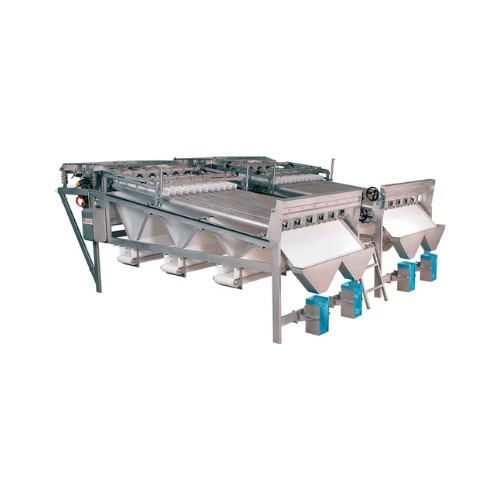
Axial roller grader for gentle size grading
Optimize your grading process with this precision axial roller grader, designe...
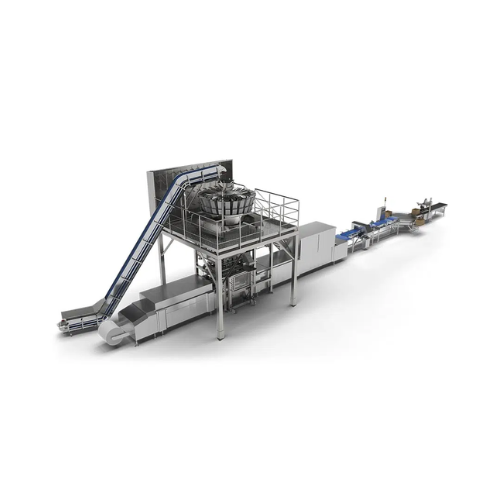
Automatic sausage depositor
Streamline your production by precisely depositing and aligning sausage portions into trays, ens...
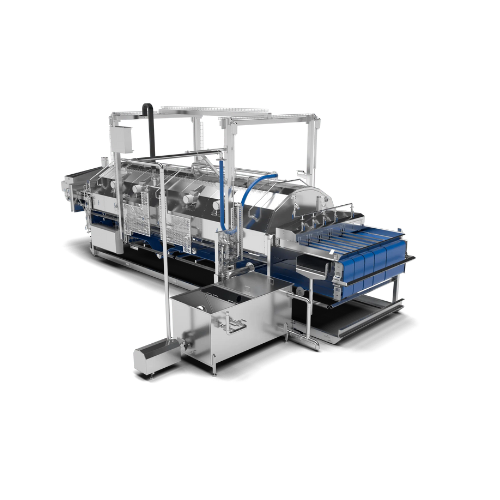
Seafood cooker for brown crabs
Optimize your crab processing line with a high-speed seafood cooker designed for precision he...
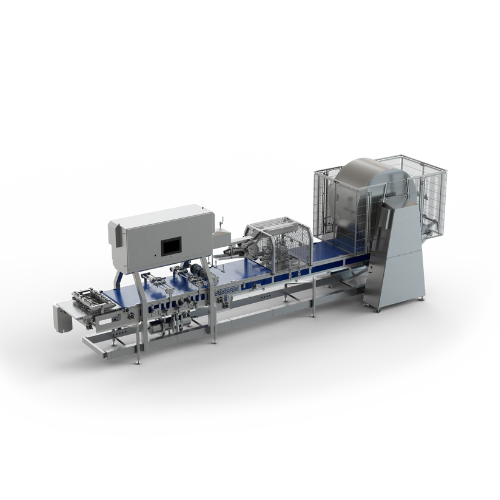
Processing line for spring rolls
Streamline your spring roll production with a compact machine designed to minimize downtime...
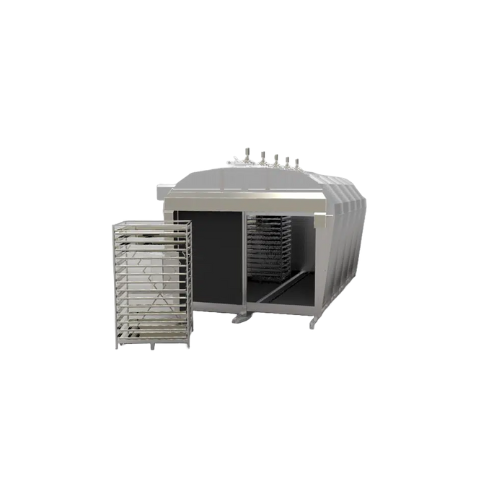
Thawing chamber for block frozen products
Optimize your production line with a thawing chamber that ensures uniform defros...
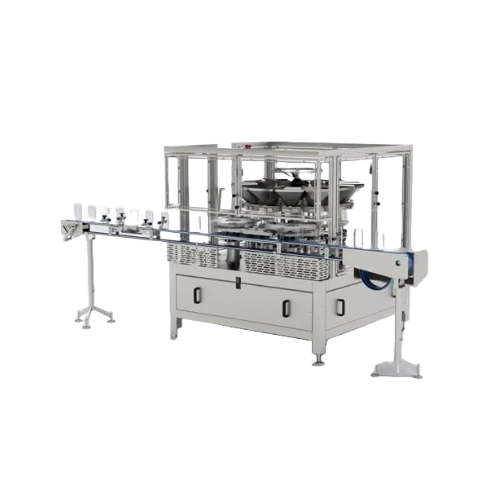
Vibratory rotary filler for accurate filling in food packaging
Achieve precise and efficient filling of diverse solid pr...
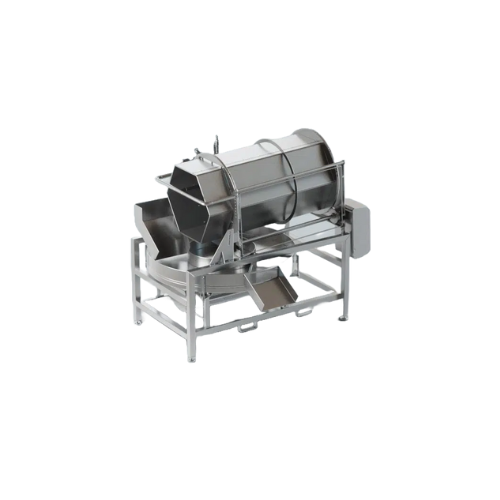
Precise glazing system for Iqf products
Ensure consistent product quality and cost savings with a glazing system designed t...
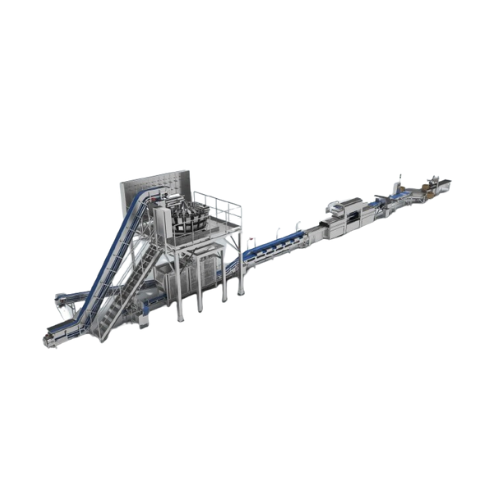
Marinating line for meat and poultry
Streamline your marinating process with reduced spillage and cleaning time by incorpor...
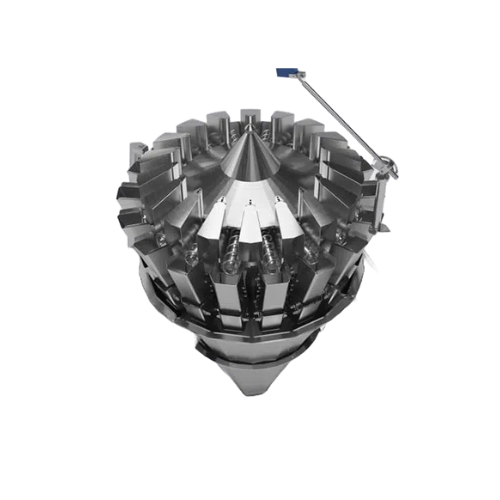
Multihead weigher with screw feeding for sticky products
Achieve exceptional precision and reduce giveaway costs in handl...
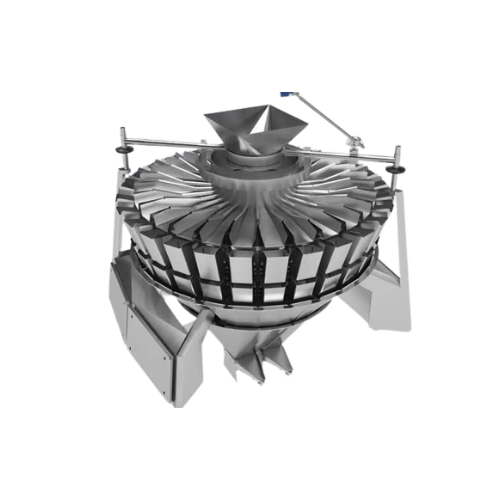
Multihead weigher with vibratory feeding
Experience precise and efficient weighing with a multihead system designed for com...
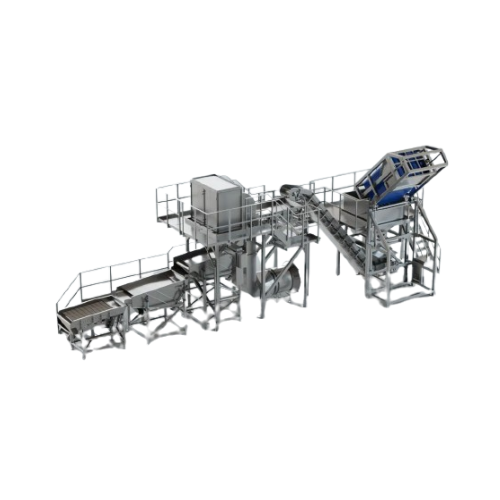
Pre-cleaning system for Iqf berries
Ensure the purity of your IQF berries with advanced pre-cleaning technology that expert...
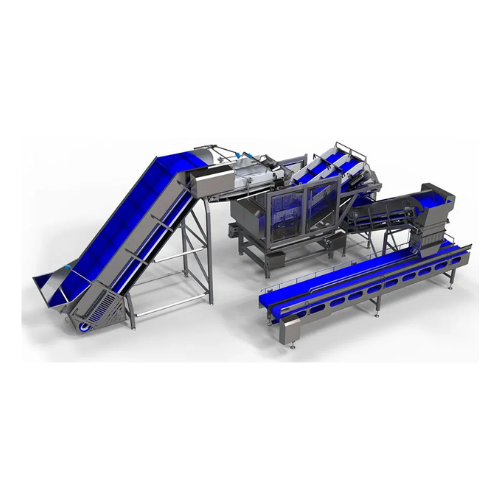
Industrial weighing and batching system for meat, poultry and seafood
Optimize your production line with a high-precisi...
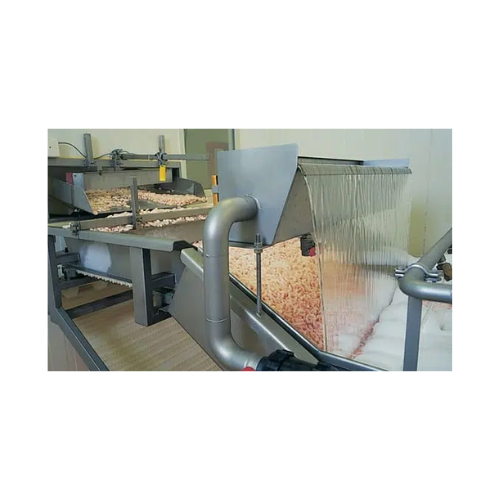
Belt thawing unit for seafood and meat
Efficiently thaw block-frozen products with a continuous submersion belt system, ens...
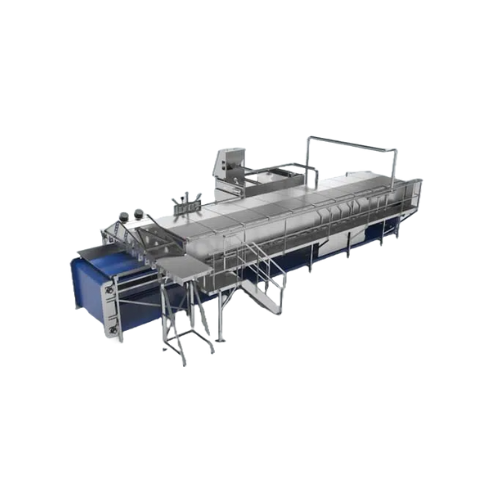
Industrial vegetable blanching solution
Achieve unparalleled efficiency and precision in food processing with this advanced...
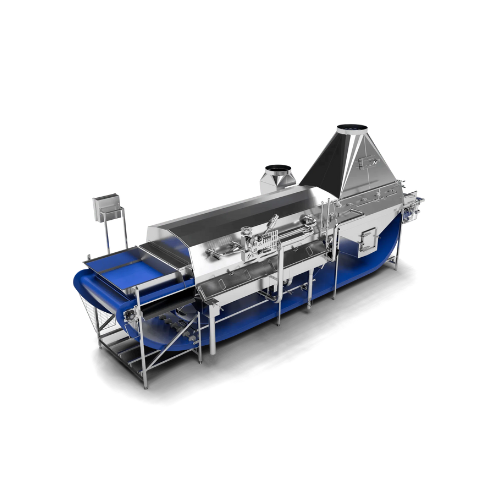
Evaporative blancher for fruits and vegetables
Achieve significant water savings and reduce wastewater generation in your ...
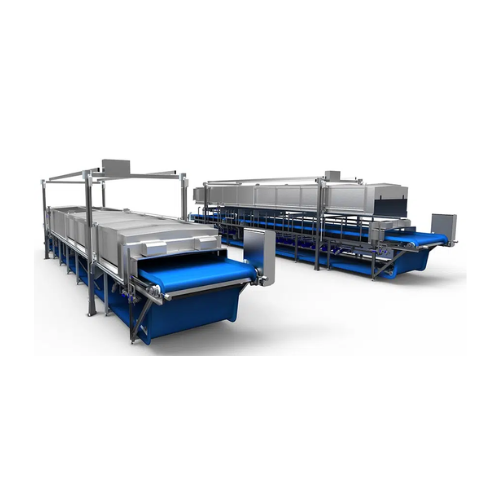
Ibc blancher with forced steam for vegetables
Optimize your blanching process with advanced steam control, reducing steam ...
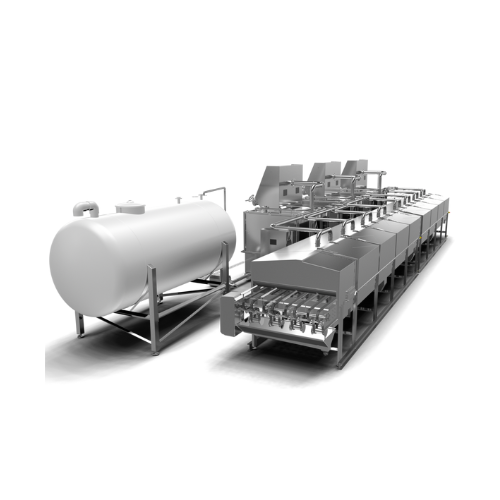
Brine freezer for shrimp processing
Achieve rapid and uniform freezing for shrimp while preserving their delicate texture a...
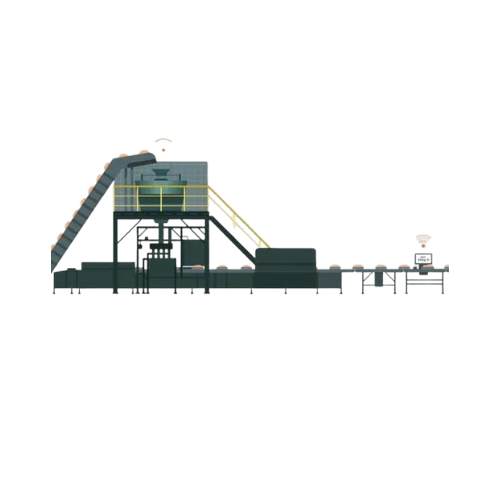
Optimization solution for weighing processes
Achieve precise weight compliance with minimal give-away using advanced monit...
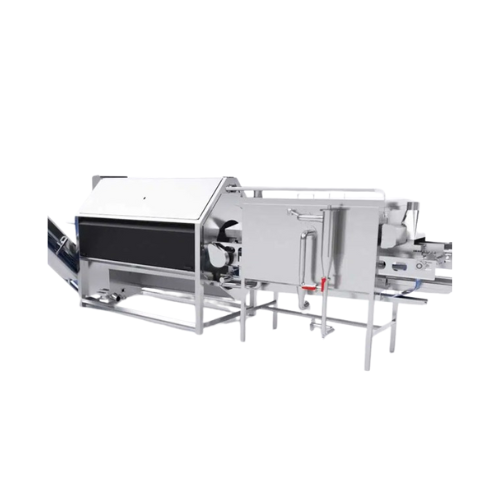
Mackerel deskinning system
Eliminate chemical use and reduce product loss to just 5% with our continuous mackerel deskinning...

Flexible weighing and packaging solution for small batch producers
Streamline your packaging line with a mobile solutio...

Lidding system for cups and trays
Enhance your packaging line with precise, space-saving lidding technology, ideal for seal...
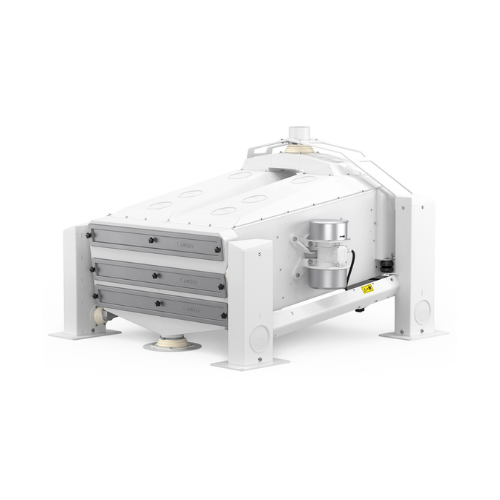
Grain separator for impurity removal in milling
Optimize grain cleaning with a high-performance separator designed to effi...
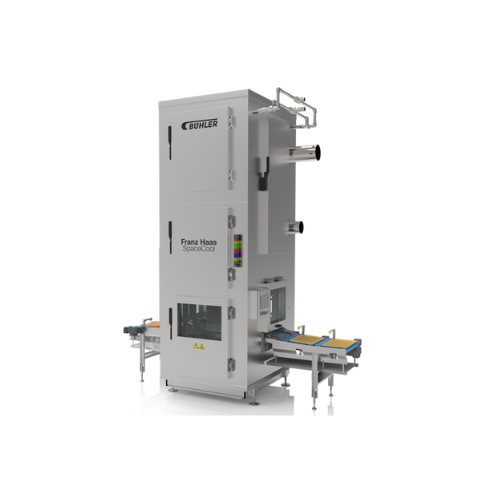
Wafer block cooling tower
Optimize your confectionery production with seamless wafer cooling, ensuring precise temperature c...
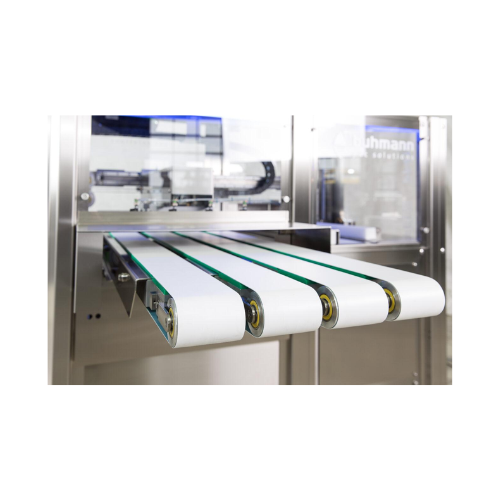
Conveyor system for aligning, sorting, and transporting products
Streamline your packaging line by efficiently aligning,...
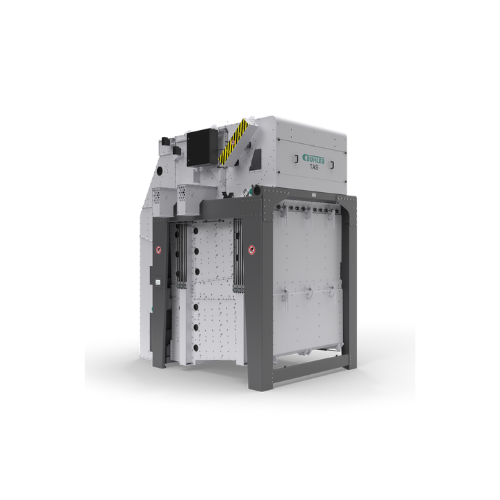
Grain cleaning system for high-quality processing
Optimize your grain processing with a versatile cleaning system designe...
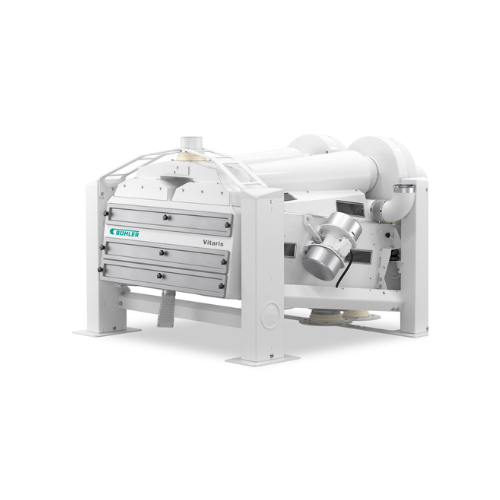
Efficient grain destoning and concentrating system
Optimize your grain processing with a solution that ensures precise se...

Automatic rice whitening solution
Need consistent rice whiteness and bran removal without manual intervention? This high-sp...
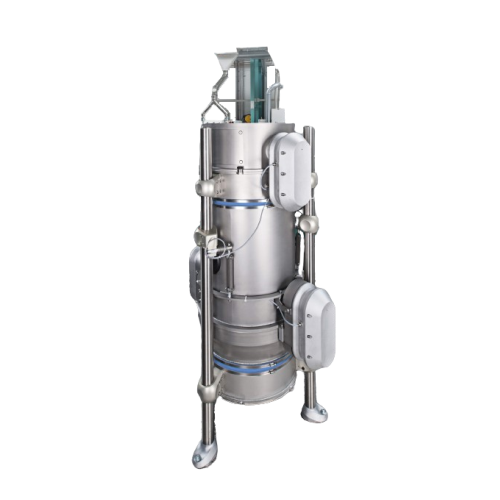
Advanced superheated steam drying solution
Harness the power of consistent drying technology to achieve optimal moisture c...
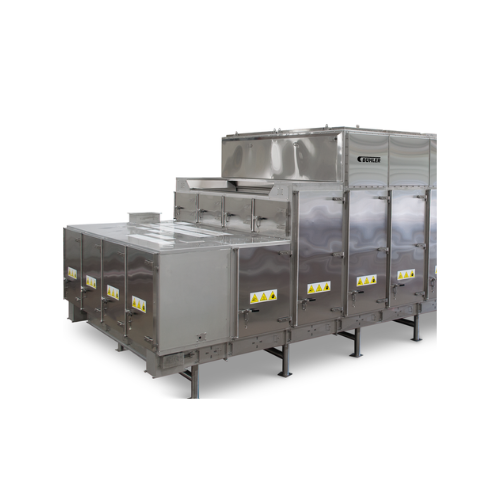
Multi-pass pet food dryer for consistent moisture content
Achieve precise moisture control and enhanced product quality ...
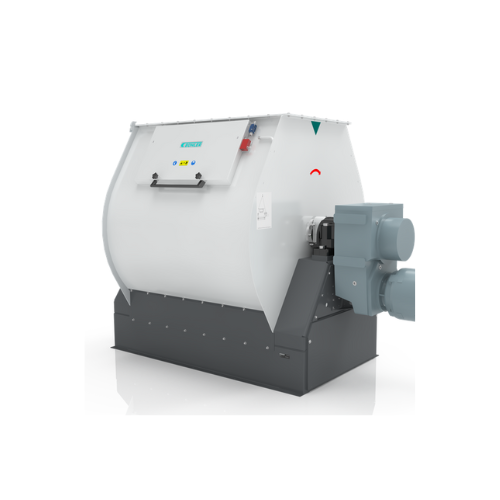
Batch mixer for animal feed
Streamline your mixing process with a high-speed batch mixer that delivers up to 20 mixing cycle...
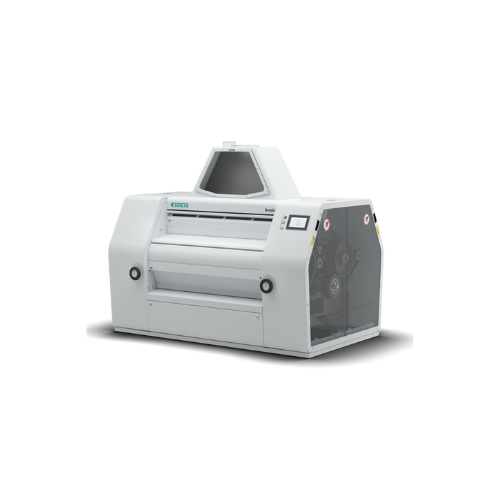
Four-roller and eight-roller mill for wheat and grain grinding
Optimize your grinding operations with this versatile rol...
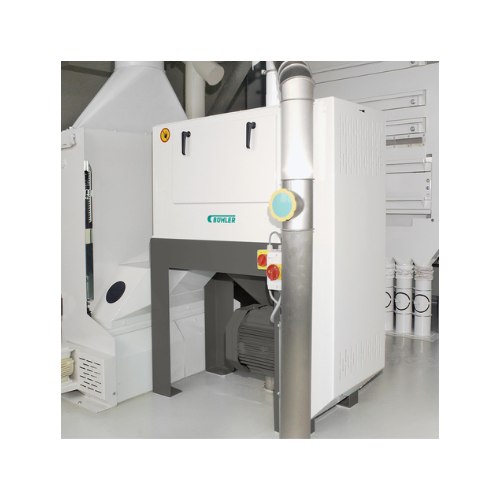
Grain scourer for wheat, durum, and rye
Enhance grain processing by efficiently removing impurities like dust, sand, and so...

Single-screw extruder for pet food and aqua feed
For producers aiming to diversify their offerings, this single-screw extr...
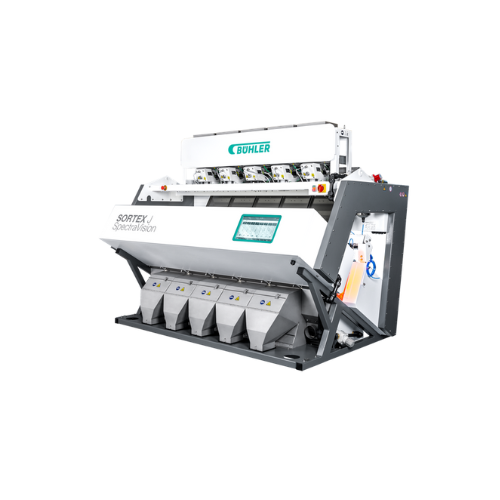
Optical sorter for grains, seeds, and plastics
Enhance sorting efficiency with cutting-edge optical technology that distin...
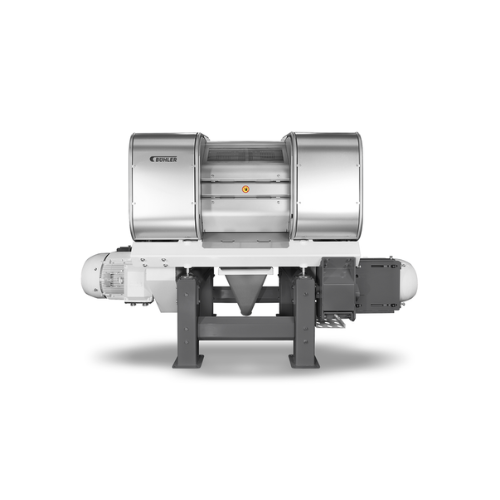
Flaking mill for grain and cereal production
Achieve consistent flake thickness and high throughput with advanced roller t...

Commercial pasta press for diverse ingredients
Optimize your pasta production with a flexible solution capable of handling...
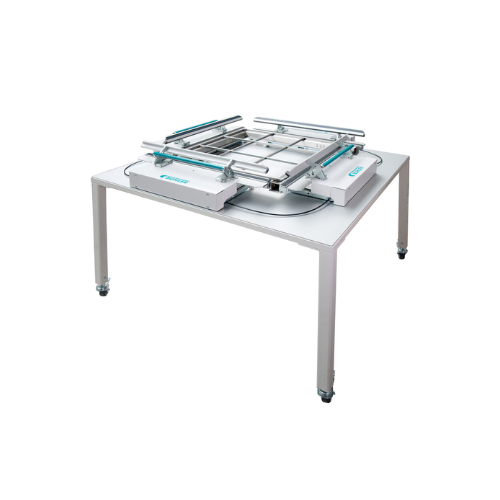
Sieve tensioning device for milling applications
Achieve precise and consistent tensioning across various sieve frames wit...
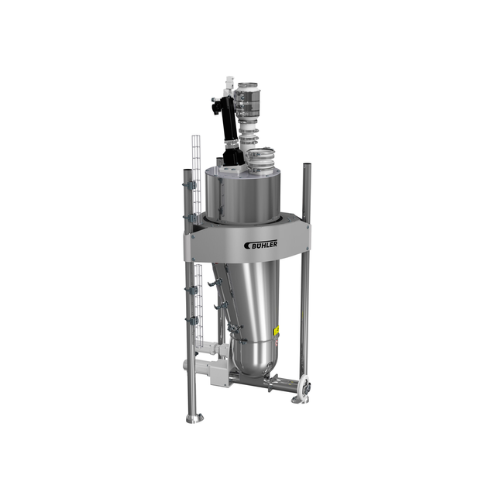
Micro loss-in-weight scale for precise dosing
For precise control over micro-component addition, this technology ensures c...

Laboratory plansifter for particle-size distribution
Optimize your grain milling and brewing operations with precise part...

High-throughput hammer mill for animal feed production
Ideal for high-throughput operations, this hammer mill ensures pre...
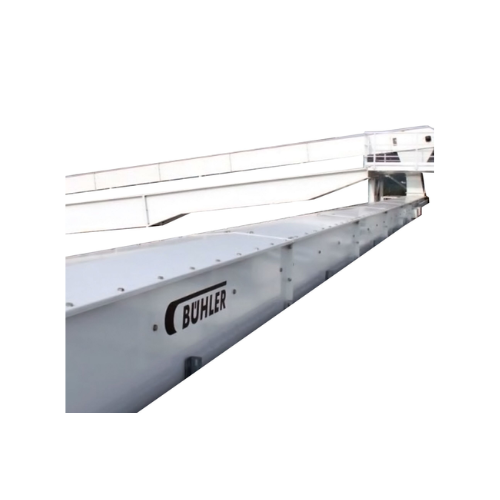
Heavy-duty trough chain conveyor for high throughput applications
Optimized for high-capacity operations, this robust c...
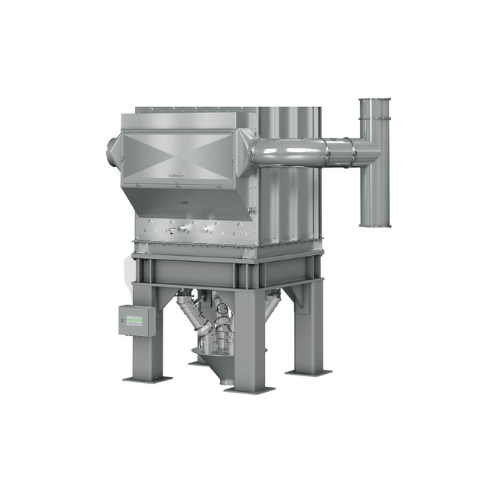
Hydrothermal kiln for oats and sorghum
Optimize your grain production with advanced enzyme inactivation and hydrothermal tr...
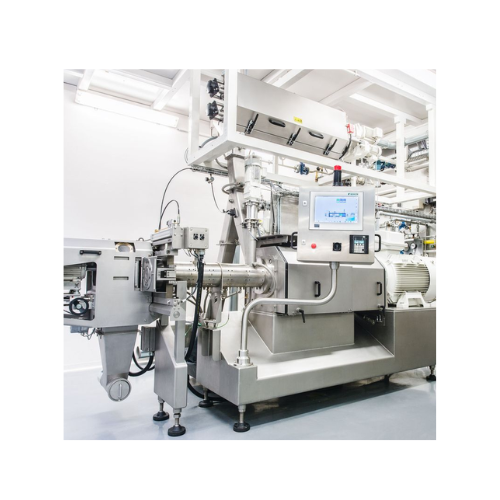
Twin-screw extruder for breakfast cereals production
Enhance your product range with flexible twin-screw extrusion techno...
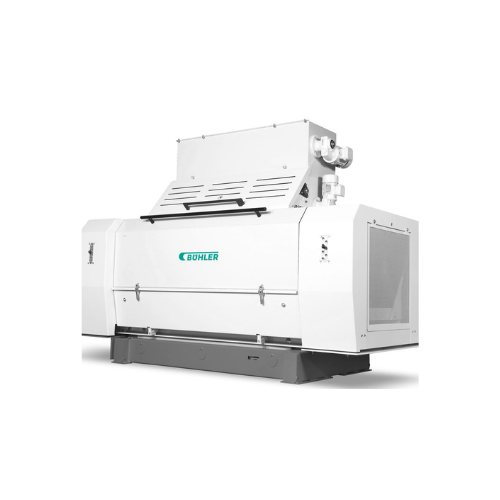
Oilseed flaking and milling system
Optimize your oilseed processing with a flaking system that enhances extraction efficien...
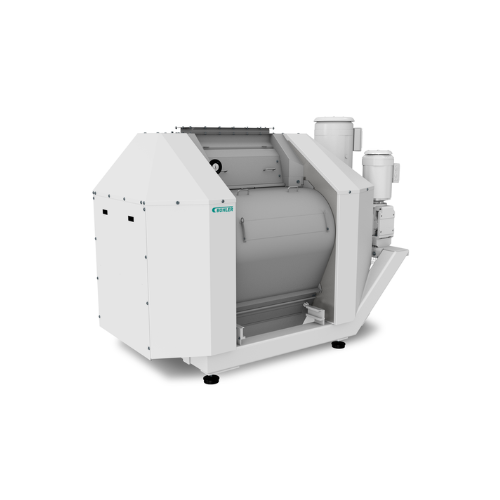
Industrial grain flaking mill
For efficient grain processing, achieve uniform flake quality with advanced temperature-contro...
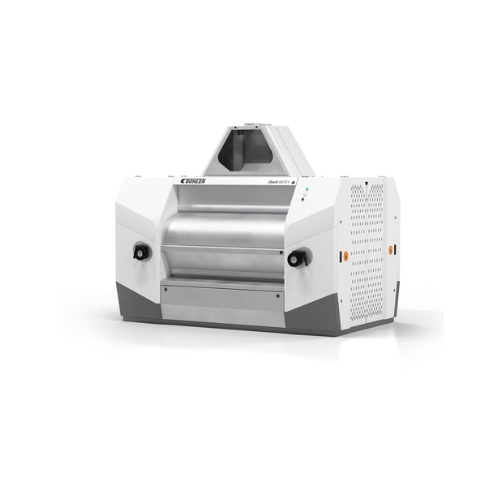
Four-roller and eight-roller mill for grains
Optimize your grain processing with precise roller configurations, ensuring c...
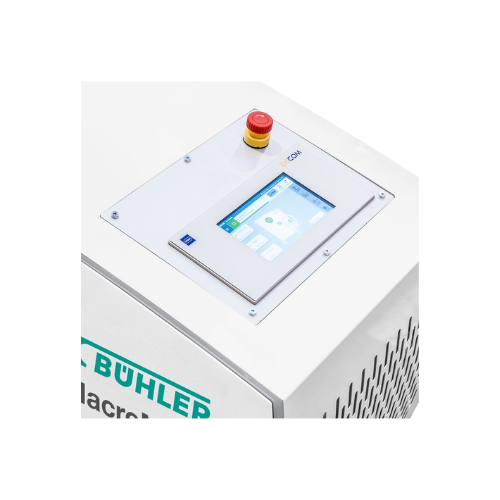
Control systems for wet grinding industry
Enhance precision and efficiency in your production line with advanced control s...
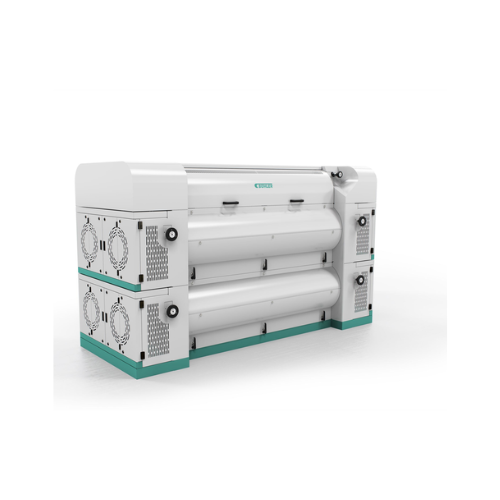
Cracking mill for oilseeds and feed
Enhance your production efficiency with a cracking mill that optimizes throughput and m...
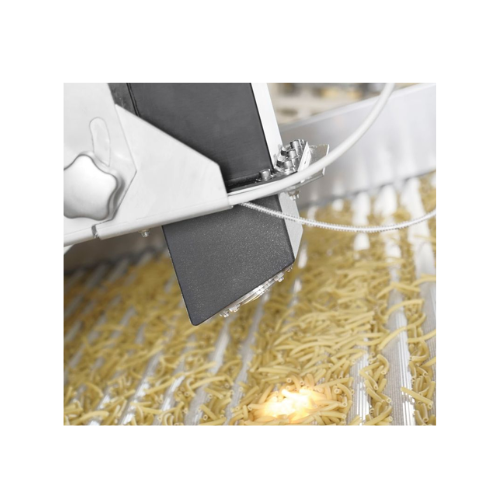
Digital process service for regulating water in dough preparation
Achieve consistent dough moisture levels with this di...
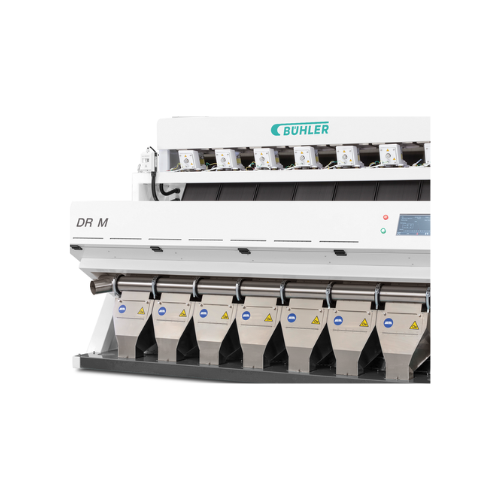
Optical sorter for wheat applications
Effortlessly enhance product purity by eliminating color defects and foreign material...
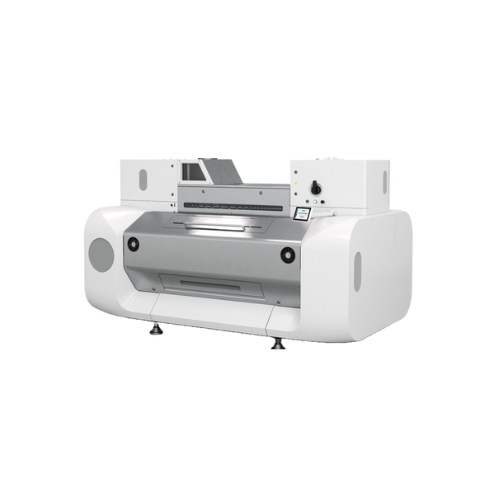
Integrated grinding system for wheat and grain
Optimize your grinding process with a system that delivers consistent parti...
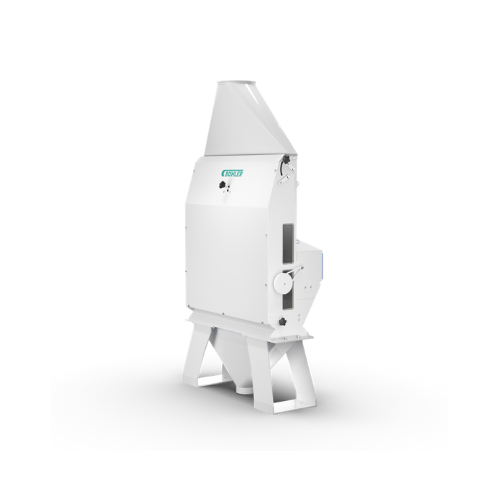
Aspiration channel for grain cleaning
Achieve superior product quality by efficiently removing light impurities from granul...
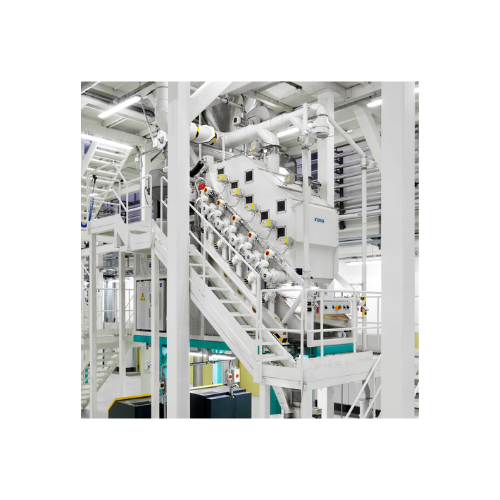
Winnowing system for cocoa processing
Achieve precise cocoa separation with a high-efficiency winnowing system designed for...
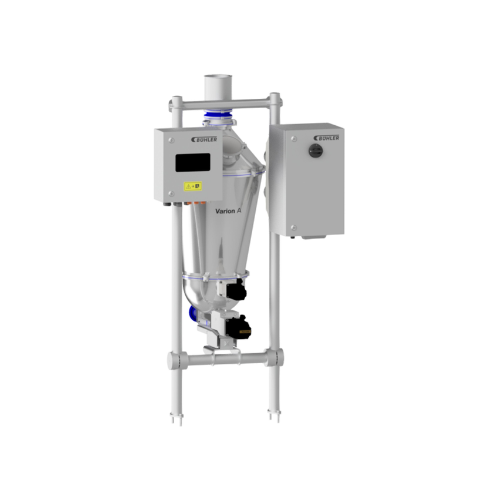
Batch scale for high accuracy weighing of powdery products
Achieve unparalleled precision in powder dosing with our batc...
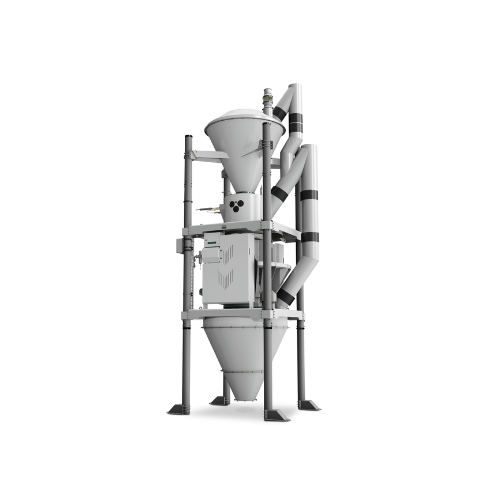
Fully automatic batch scale for powdery and granular products
Achieve precise and repeatable dosing for powdery and gran...
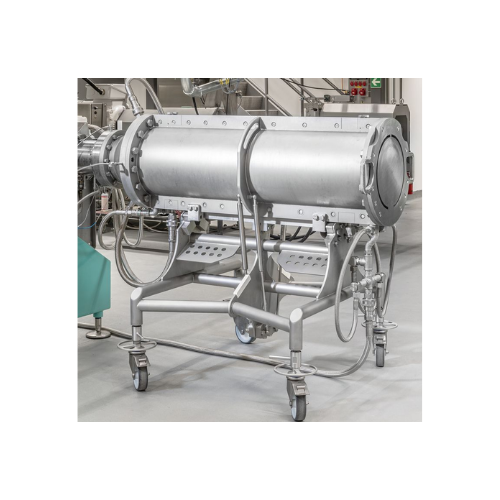
Industrial cooling die for wet textured proteins
Maximize production efficiency by creating diverse, high-quality protein ...
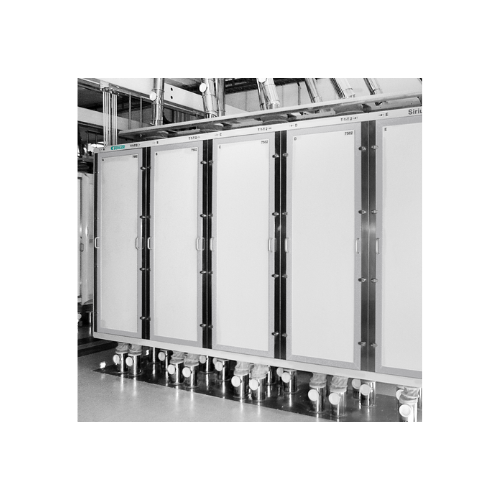
Industrial plansifter for grain sifting and grading
Optimize your production line with precision grain separation, mainta...

Chain conveyor for grain handling
Optimize your production line with a customizable chain conveyor that ensures efficient, ...
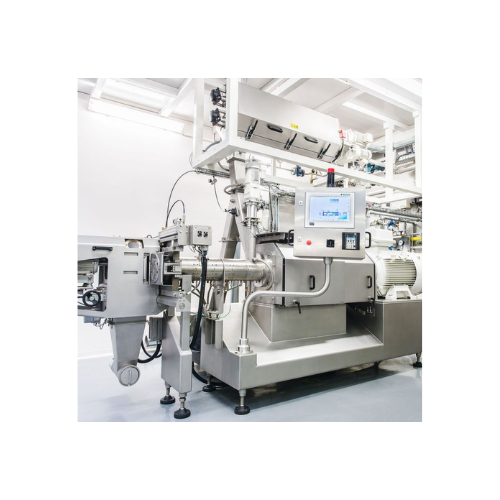
Twin-screw extruder for breakfast cereal
Optimize your production with a robust twin-screw extruder that accommodates high ...
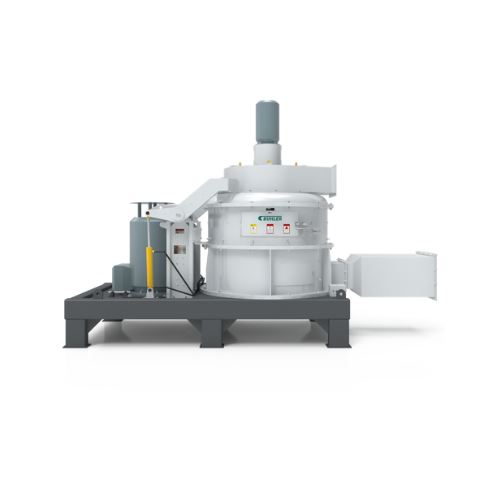
Ultra-fine pulverizer for aqua feed and pet food
Achieve precise granulation with high efficiency for your feed and food p...
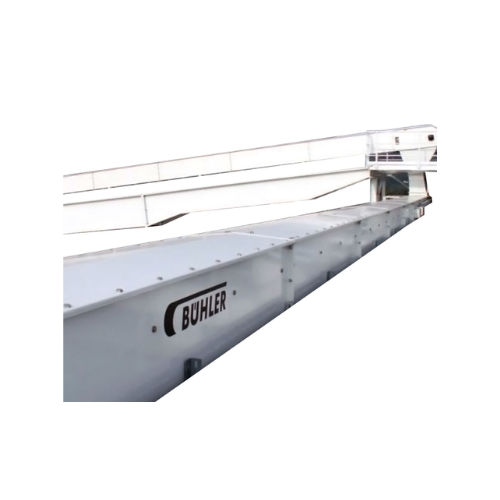
High-capacity horizontal conveyor for bulk storage
Optimize your high-speed bulk material handling with a durable and eff...
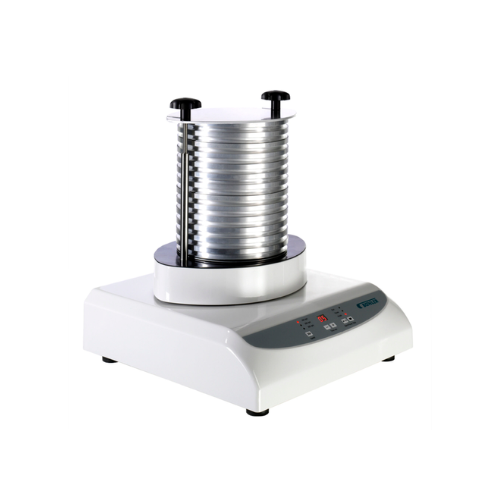
Laboratory plansifter for grain milling and brewing
Achieve precise particle-size distribution and quality control across...
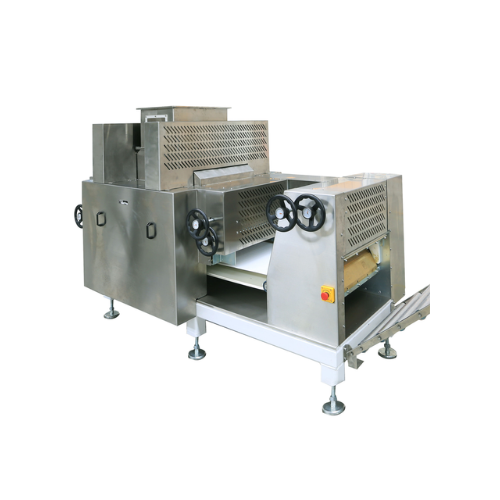
Compound rolling unit for dough sheets
Achieve unparalleled precision in dough formation with our high-speed compound rolli...
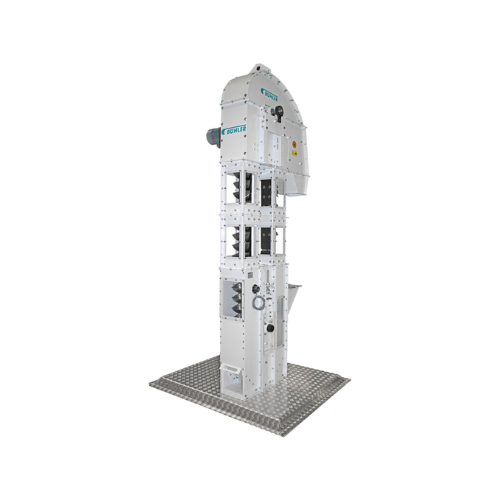
Vertical grain conveying solution for animal feed and bulk materials
Efficiently transport and elevate various bulk mat...
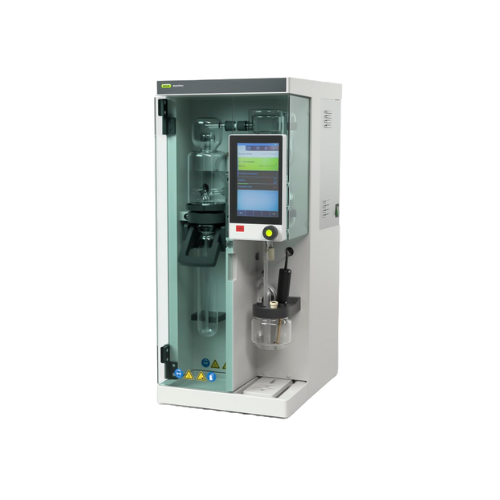
Versatile steam distillation unit for laboratory applications
Achieve reliable analysis of complex samples with this ste...
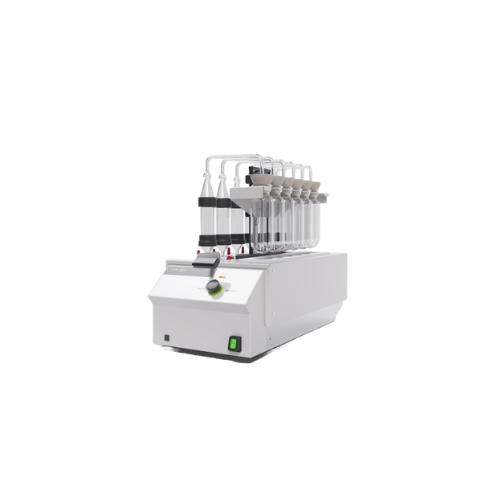
Acid hydrolysis system for total fat determination
Streamline your laboratory workflow with a powerful hydrolysis system ...
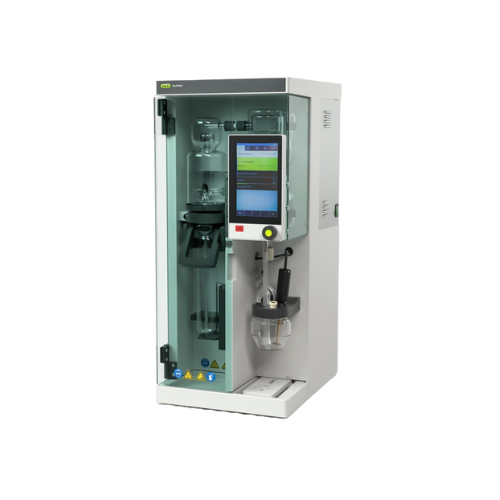
Nitrogen determination system for laboratory analysis
Ensure precise nitrogen content analysis with cutting-edge steam di...
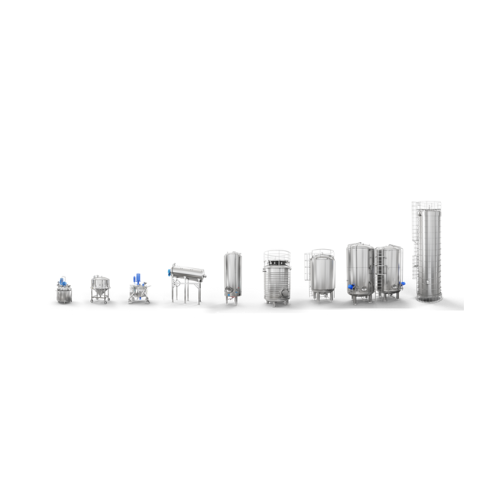
Industrial tanks for diverse applications
Efficiently manage your liquid production processes with customizable storage, m...
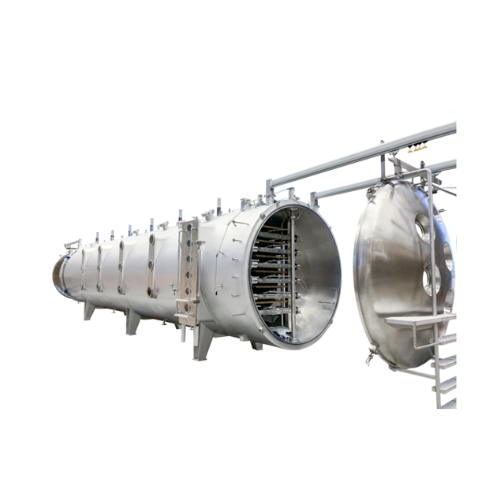
Continuous freeze drying solution for coffee and food pieces
Achieve optimal moisture removal in heat-sensitive products...
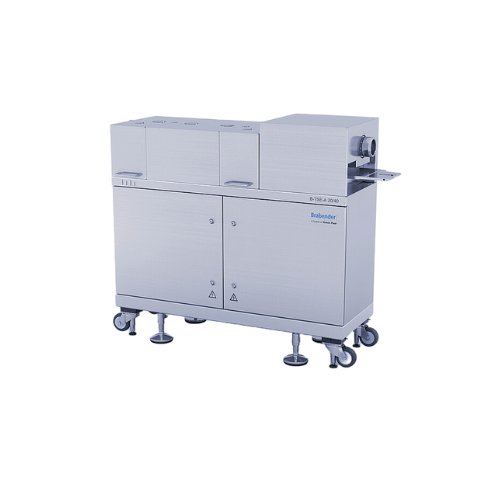
Lab-scale twin screw extruder
Optimize your material testing and production efficiency with our versatile twin screw extrude...
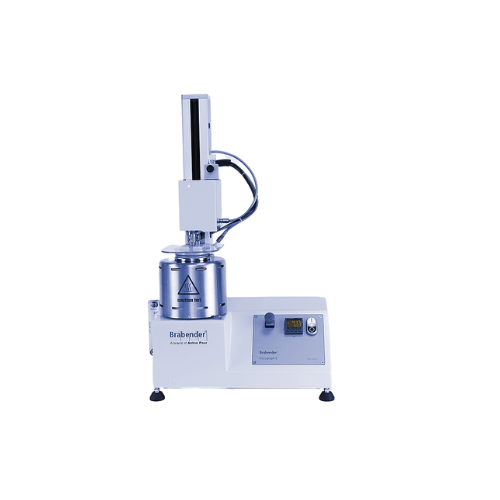
Standard starch viscometer for gelatinization analysis
Ensure precise gelatinization property measurement with real-time ...
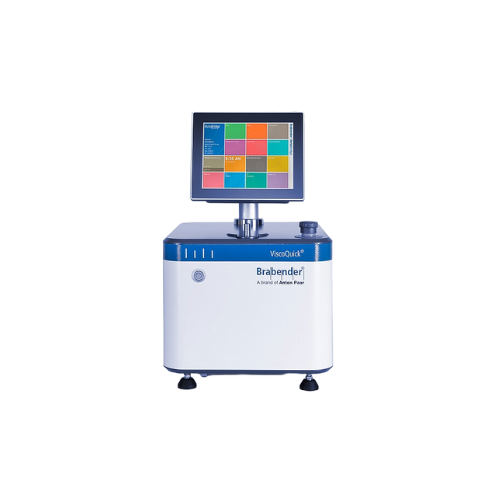
Digital torque viscometer for starch analysis
Experience rapid and precise starch gelatinization analysis with a compact, ...
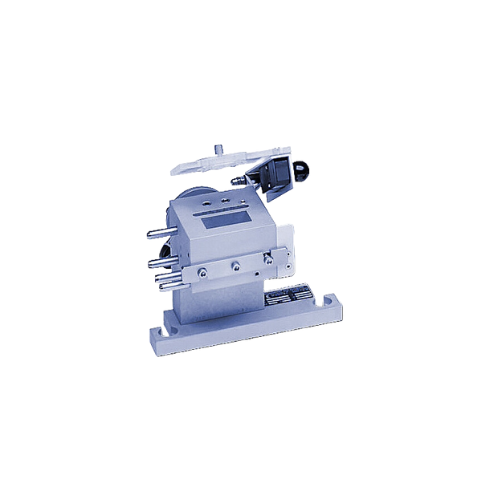
Measuring mixer for small grain samples
Optimize the precision of your formulation processes with a solution designed for p...
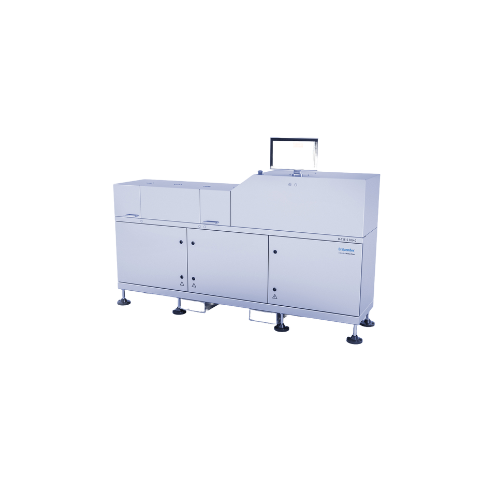
Lab- and pilot-scale twin screw extruders for small-scale production
Optimize extrusion techniques with lab and pilot-s...
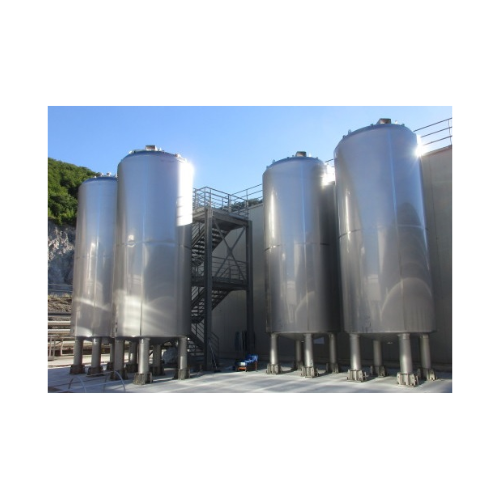
Storage tank for oils and greases
Efficiently store and preserve various liquid products with integrated heating, cooling, ...
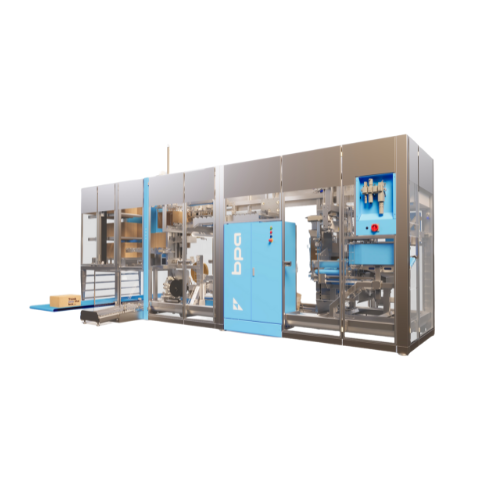
High-speed case packer for snack bags
Optimize your packaging efficiency with a compact solution designed for seamless vert...
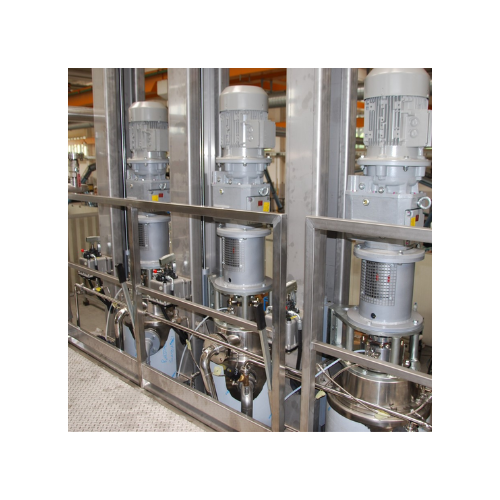
Scraped surface sterilizer for high viscosity liquid products
Optimize your production of high viscosity liquids with a ...
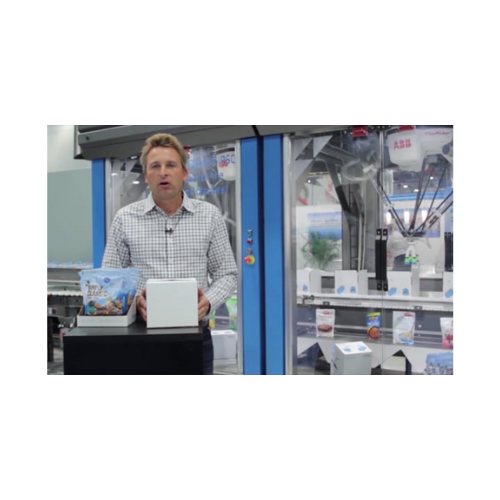
Automated retail ready case closer
Optimize your retail packaging process with a solution that seamlessly seals and closes ...
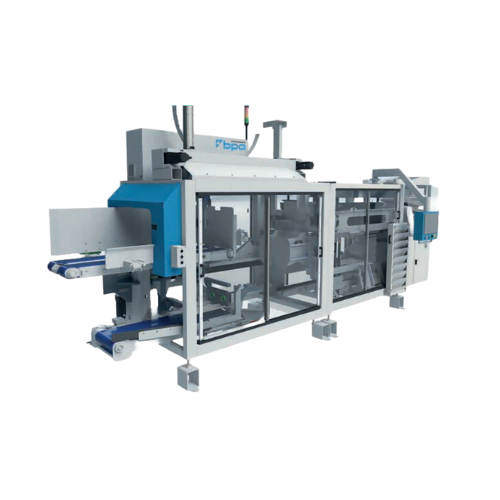
Automatic case packer for frozen potato products
Efficiently pack frozen and delicate products with precision side-loading...

High-speed vertical and horizontal case packer
Enhance your packaging line efficiency with a versatile case packing soluti...
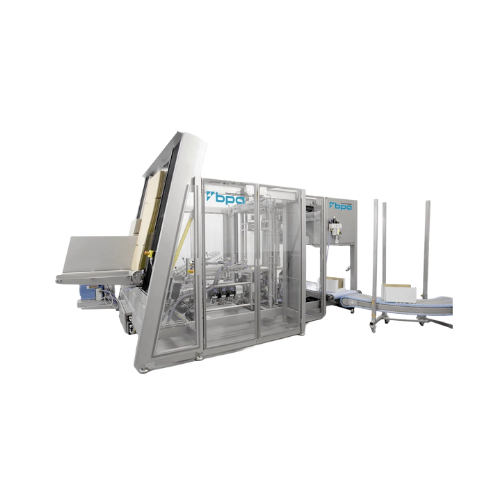
Tray erecting system for various tray styles
Effortlessly configure diverse tray styles with an efficient system designed ...
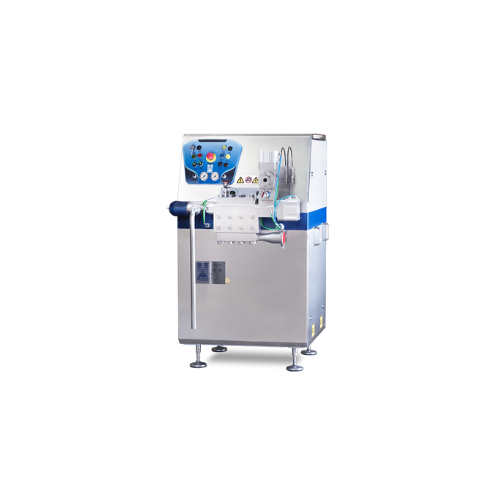
Industrial homogenizer for high pressure applications
Achieve consistent product texture and stability for your emulsions...
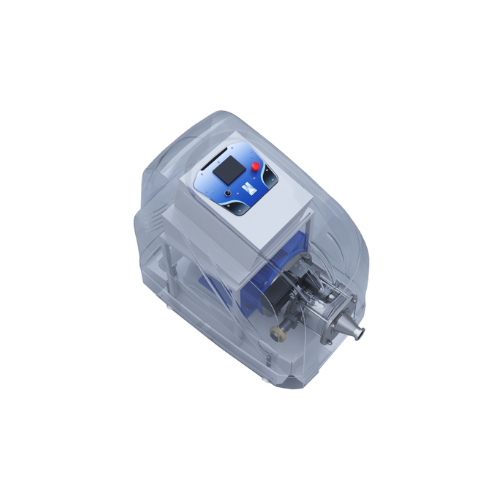
Colloidal mill for industrial homogenization
Achieve consistent emulsification, size reduction, and uniform particle distr...
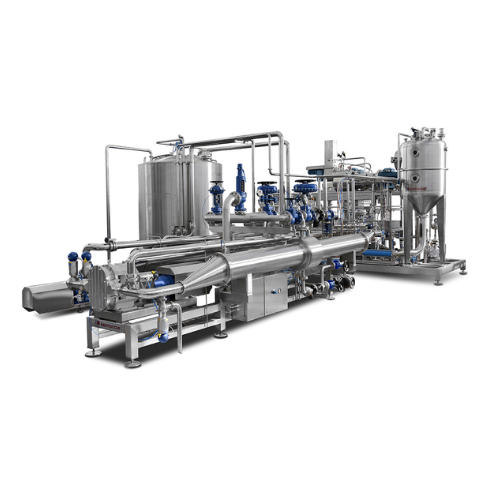
Frozen extraction line for fruit and vegetable purees
Overcome challenges of processing frozen fruits and vegetables effi...
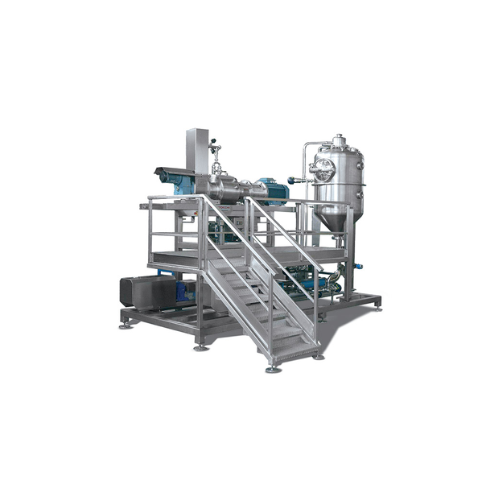
Cold extraction and deaeration system for fruit and vegetable purees
Ensure high-quality fruit and vegetable purees wit...
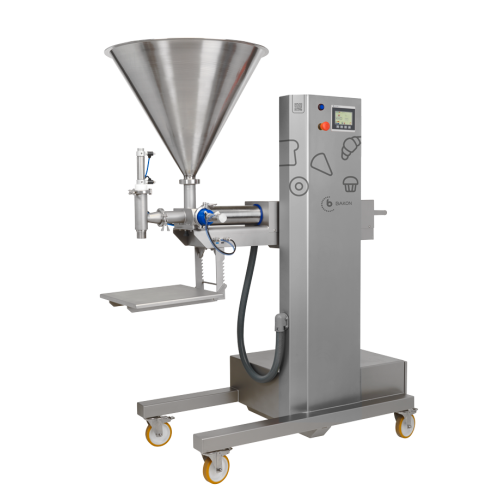
Depositing solutions for liquid and semi-liquid foods
Ensure consistent portioning and minimize waste with advanced depos...
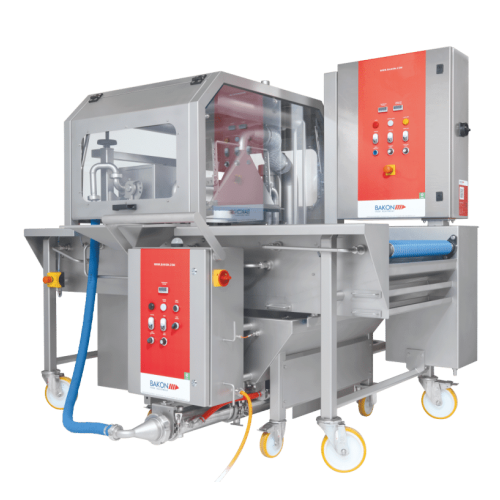
Ultrasonic cutter for pastry and bakery products
Achieve precise, high-quality cuts for your bakery and confectionery prod...
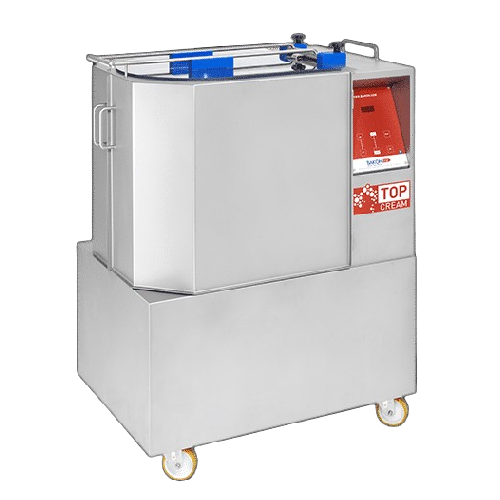
Industrial cream whipping machine
Elevate your production with a whipping machine that amplifies cream volume by up to 50%,...

Laboratory vacuum mixer reactor for liquids and semi-solids
Achieve precise emulsification and mixing for high-viscosity...
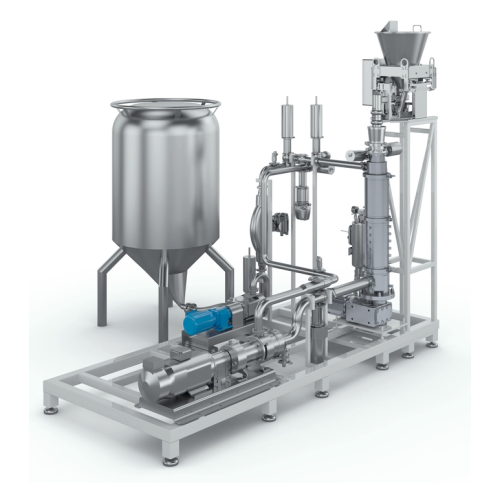
Advanced powder dosing system for continuous production
Achieve precise powder integration into your liquid processes, en...
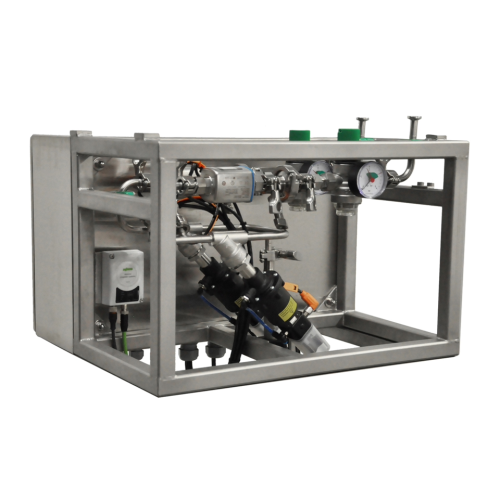
Water mixing and dosing unit for dough production
Achieve precise dough temperature control effortlessly, ensuring consis...
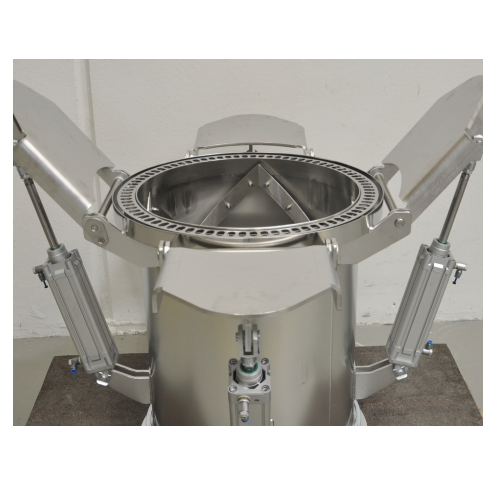
Dust-free big bag connection system for bulk solids
Eliminate dust and ensure reliable discharge with this vacuum docking...
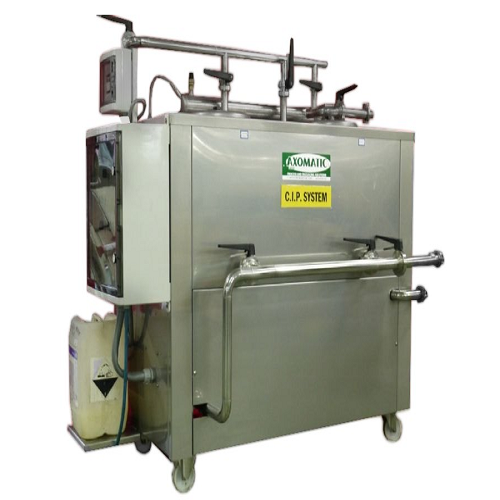
Cip clean-in-place system for undervacuum homogenizers
Ensure seamless sanitation for your undervacuum homogenizers with ...
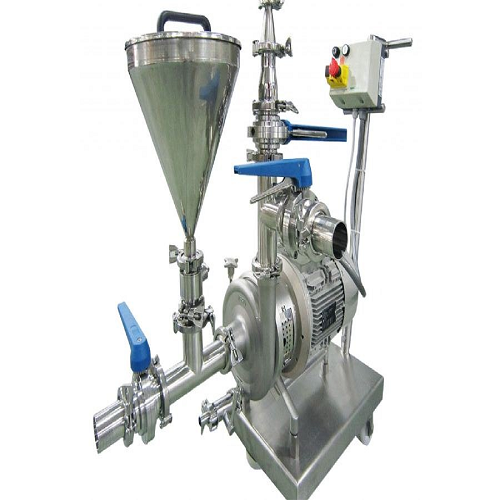
Cleaning system Cip for internal equipment maintenance
Ensure optimal hygiene and production efficiency with this portabl...
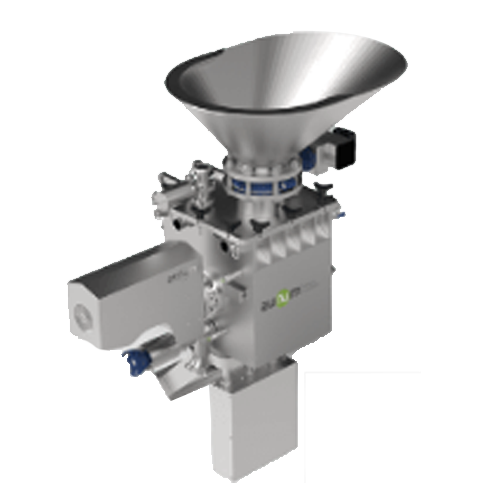
High-efficiency high-capacity reactor for industrial processing
Enhance production efficiency with a reactor system desi...
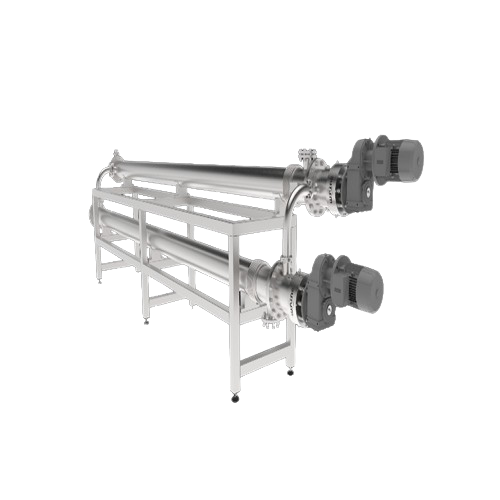
Scraped-surface heat exchanger for industrial fruit processing
Optimize your production with this advanced scraped-surfa...

Aseptic cooking and filling line with two reactors
Streamline your production with a versatile line that combines high-ef...
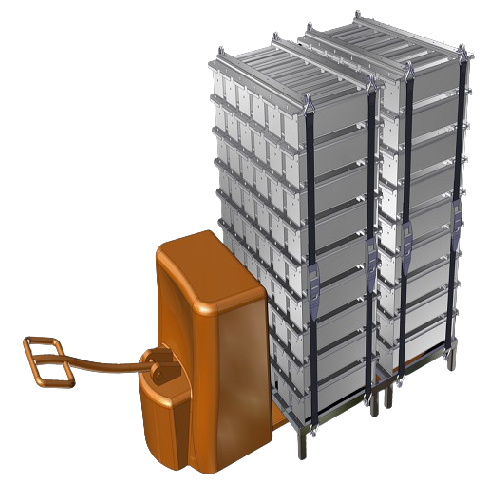
Stainless steel molds for shaping meat products
Enhance product consistency and hygiene with custom-designed stainless ste...
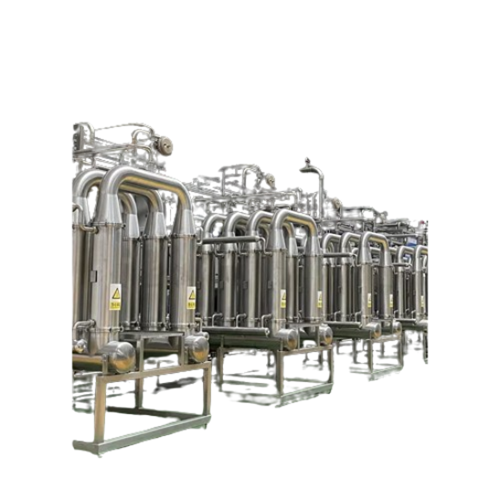
Cross flow filtration for industrial liquid purification
Optimize your production process with advanced cross flow filtra...
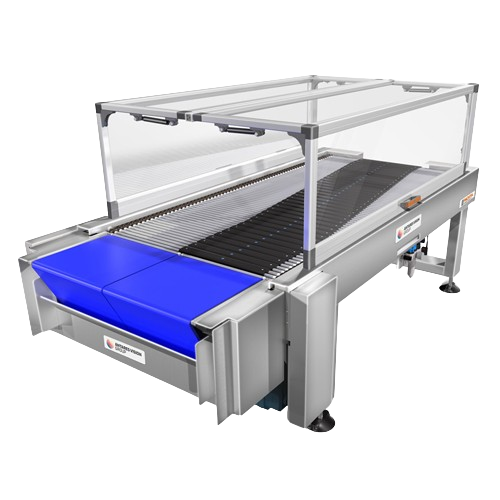
High-speed sliding systems for beverage lines
Streamline your high-speed production lines with advanced sliding systems de...

Industrial filter press for dewatering and filtration
Optimize your dewatering and filtration needs with a highly adaptab...
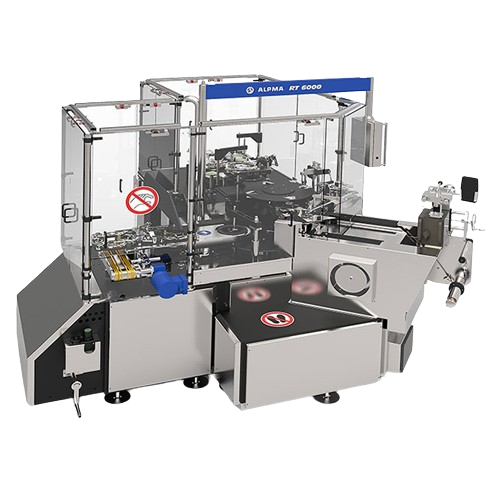
Packaging solution for soft cheese portions
Maximize your production efficiency by seamlessly cutting, wrapping, and boxin...
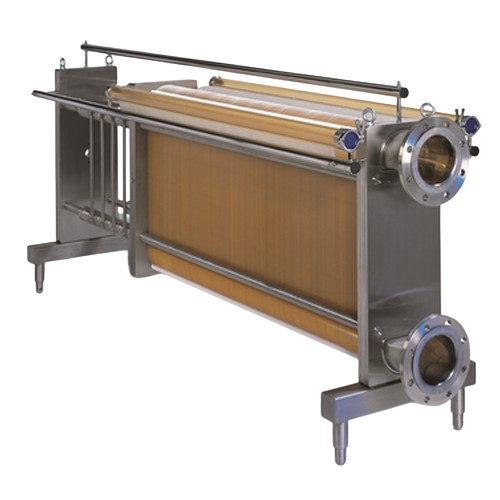
Ultrafiltration module for high-viscosity products
Achieve enhanced separation efficiency with a versatile module designe...
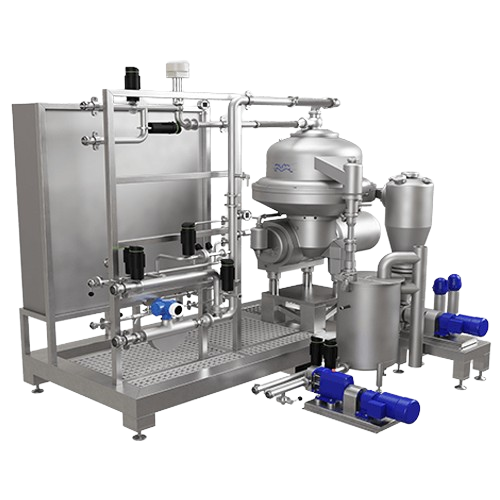
Animal protein and fat separator
Achieve exceptional purity and recovery in the separation of animal proteins and fats with ...
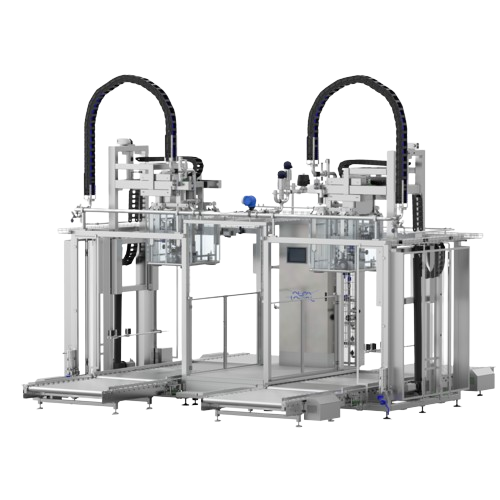
Thousand-litre aseptic filler
Ensure the aseptic filling of bulk liquid and viscous food products, reducing contamination ri...
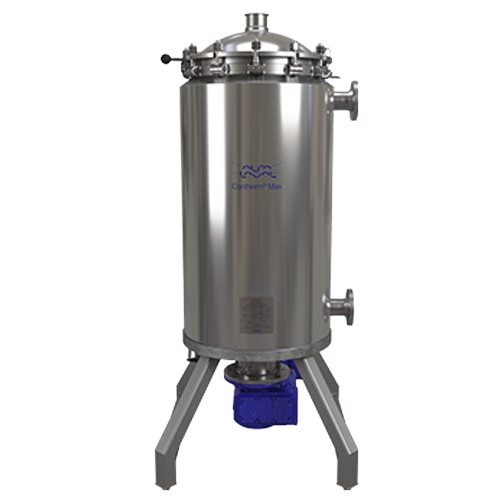
Double-wall scraped surface heat exchanger
Achieve high-capacity processing with gentle handling for shear-sensitive produ...
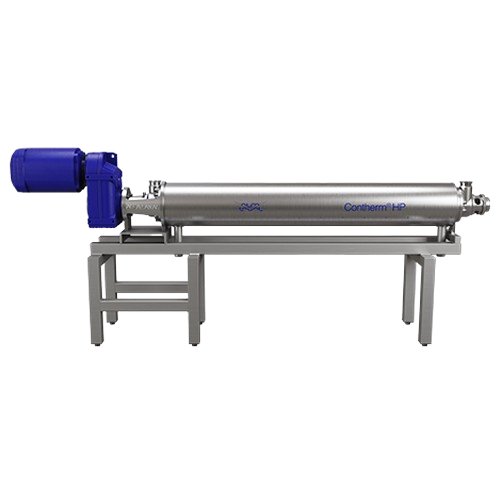
Scraped surface heat exchanger for high-pressure applications
Handle high-viscosity and particulate-rich products with p...

Water temperature control unit for production applications
Enhance your production efficiency by precisely managing wate...
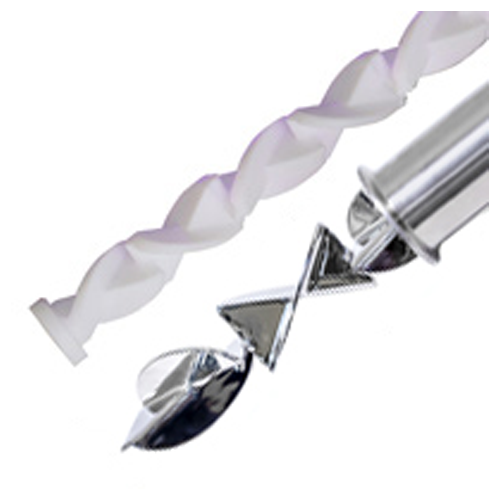
Sanitary static blender for food and beverage
Optimize your mixing process with low shear, energy-efficient blending desig...
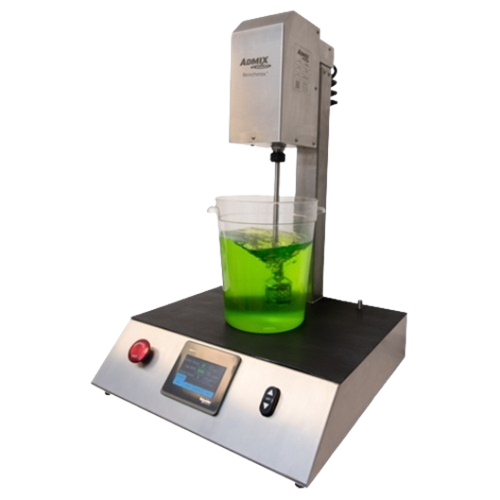
Benchtop mixer for lab-scale product development
Easily scale up your formulations with precise and repeatable lab-scale m...
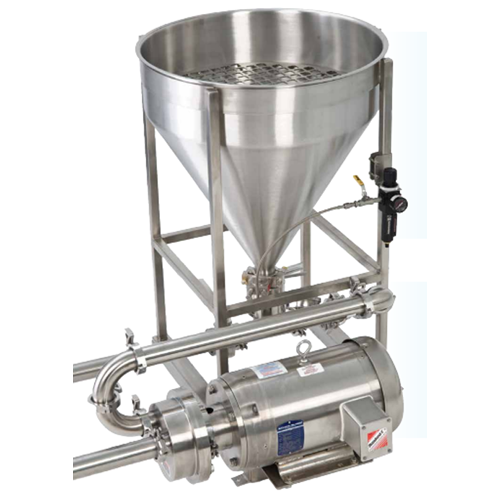
Atmospheric powder induction system
Enhance your mixing efficiency with a system designed for rapid powder induction and th...
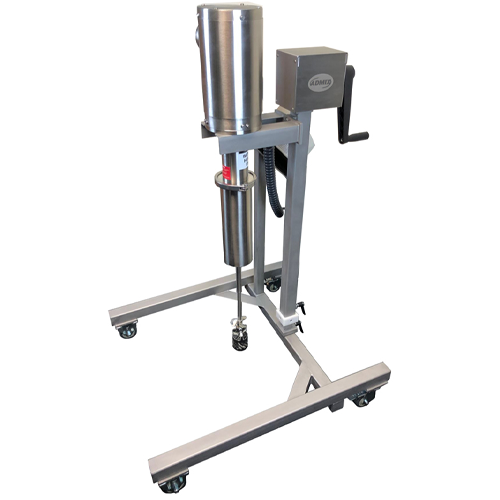
Pilot scale mixers for product development and small production runs
Optimize your mixing processes with precision cont...
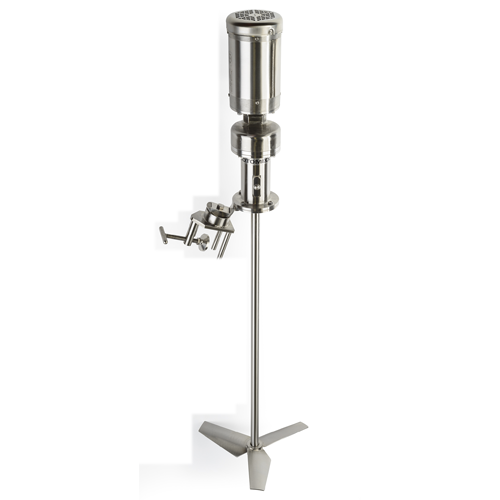
Low-shear portable mixer
For processes demanding strict hygiene, this mixer eliminates rust and chipped coatings by offering ...
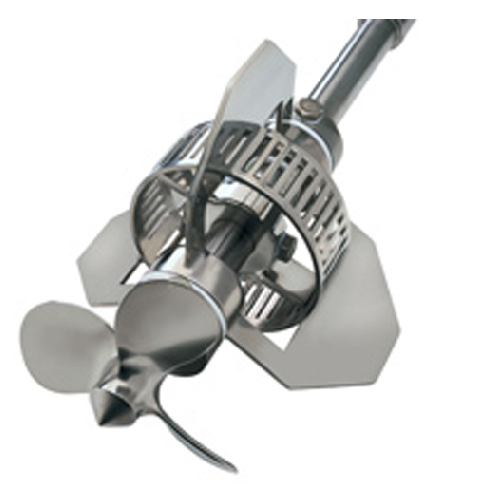
High shear emulsifier for hygienic applications
Achieve precise emulsification and consistent mixture quality with enhance...

Pneumatic bottle capping solution
Efficiently secure a variety of bottle caps with ease, using a pneumatic system that acco...
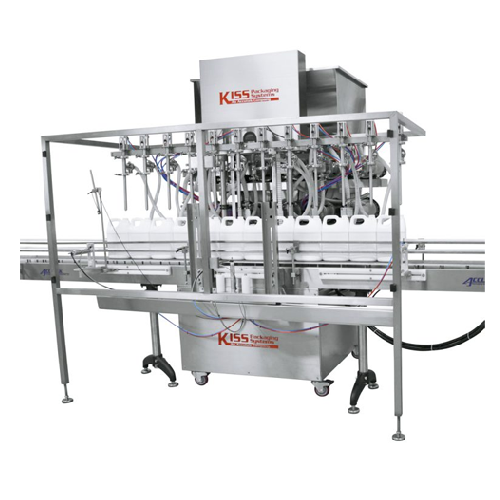
Automatic positive displacement filler for various liquids
Achieve precision and versatility in liquid filling operation...
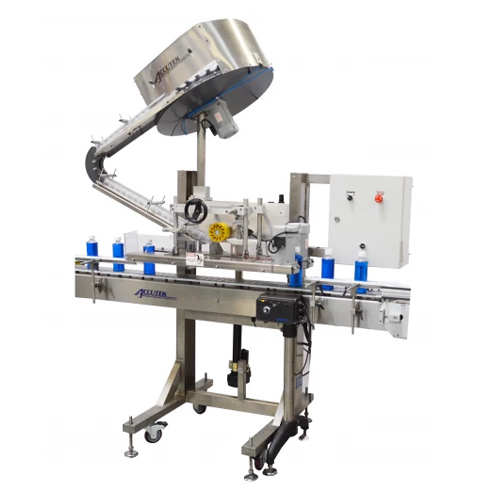
Automated snap capper for various container types
Eliminate manual errors and repetitive strain with this high-speed snap...
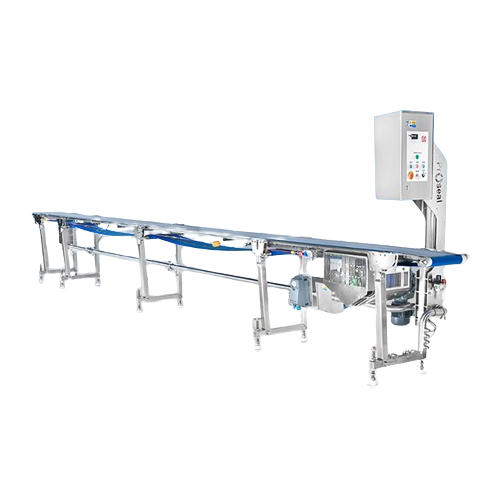
Flat belt product transfer conveyor for food processing
Efficiently streamline your production line with a hygienically d...
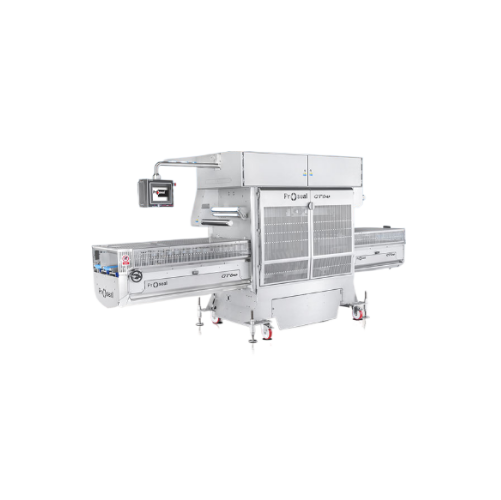
Automatic tray sealer for high-speed food packaging
Optimize your production line with a high-capacity tray sealing solut...
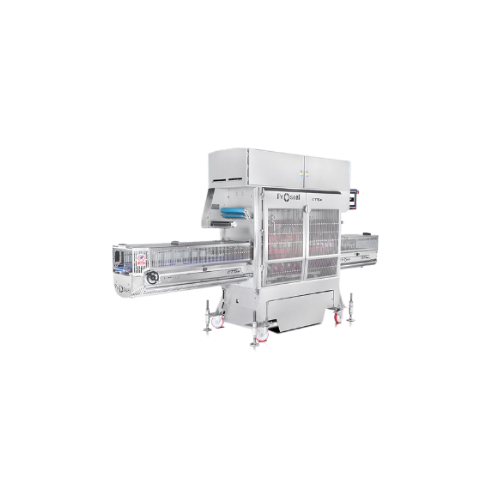
High-speed tray sealer for food packaging
Streamline your packaging process with high-speed tray sealing, reducing labor c...
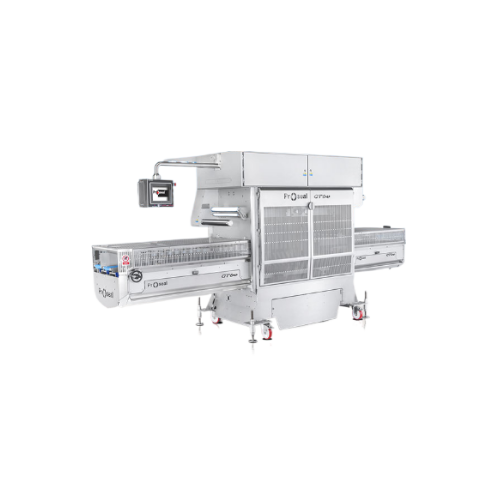
Automatic tray sealing system for high-speed packaging
Experience seamless high-speed packaging with this versatile tray ...
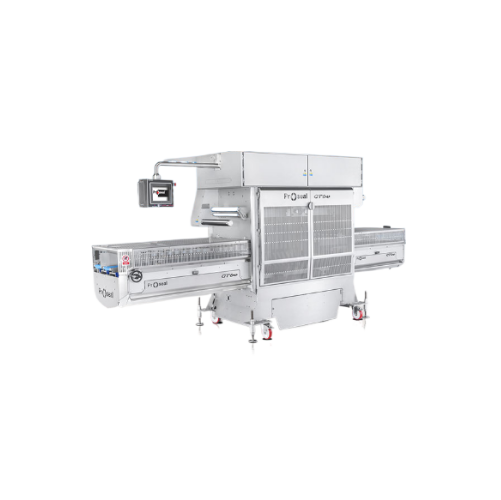
Automatic tray sealer for high-speed production
Ensure your product packaging stays fresh and secure with this high-capaci...
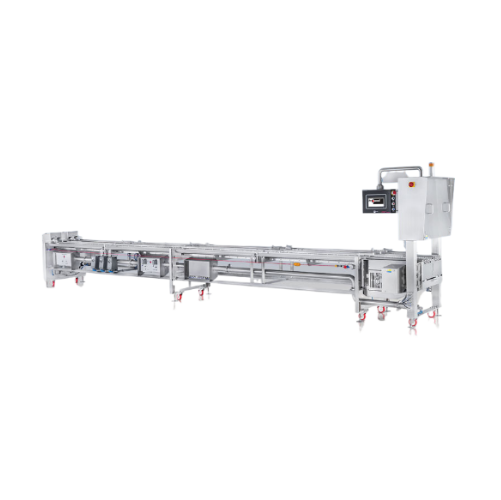
High throughput tray conveyor system
Looking to streamline your tray sealing process? This modular conveyor system integrat...
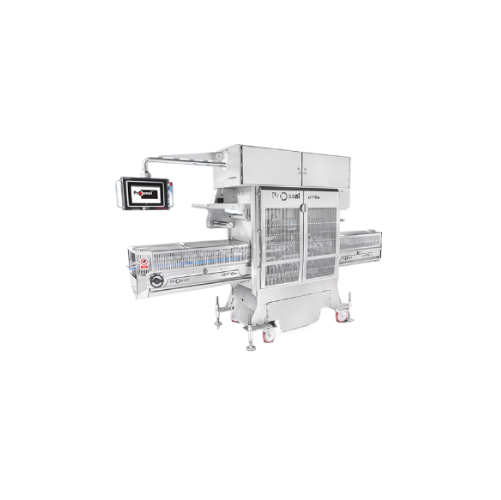
Industrial high speed tray sealer
Enhance your production line efficiency with precision sealing capabilities, accommodatin...

Automatic tray sealer
Maximize throughput and shelf life with our high-speed inline tray sealing solution, ideal for diverse ...
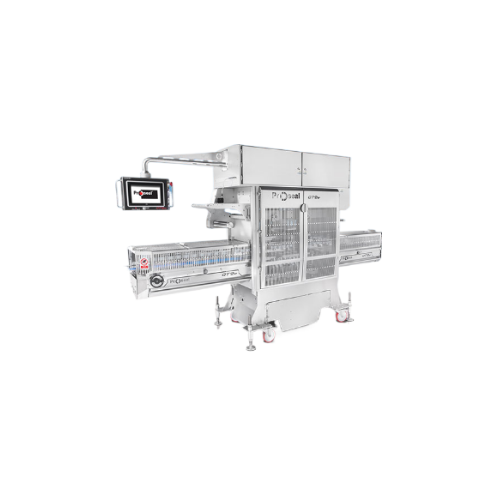
In-line tray sealer for high-speed packaging
Optimize your packaging line with a high-speed solution that accommodates mul...
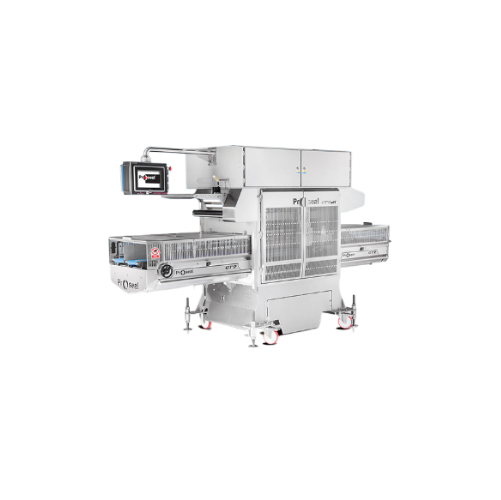
High-capacity tray sealer for vacuum gas packaging
Enhance your production efficiency with a versatile twin-lane tray sea...
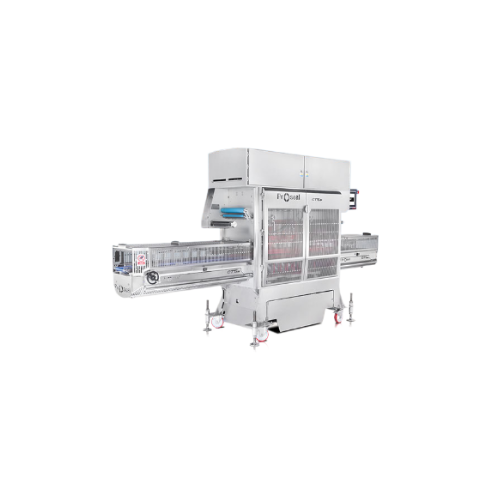
Automatic tray sealer for high-speed packaging
Streamline your packaging line with an in-line tray sealer that adapts to t...
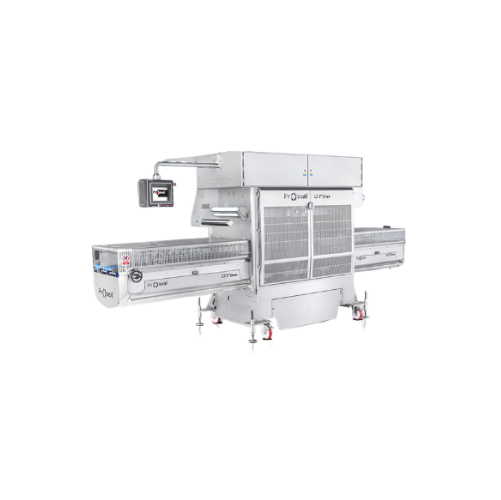
Large-capacity automatic tray sealer
Optimize your production line with this tray sealer, designed for high-speed sealing a...
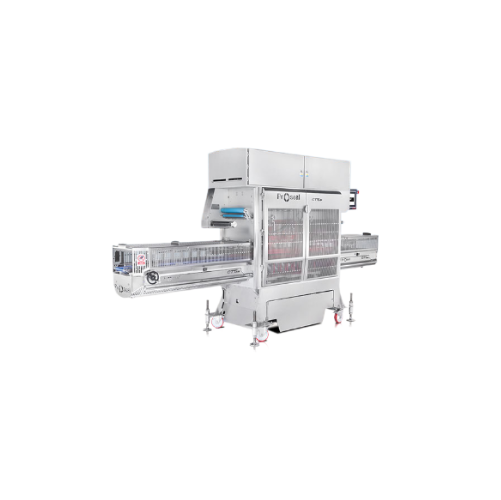
Automatic inline tray sealer for food packaging
Streamline your packaging process with high-speed, reliable tray sealing t...
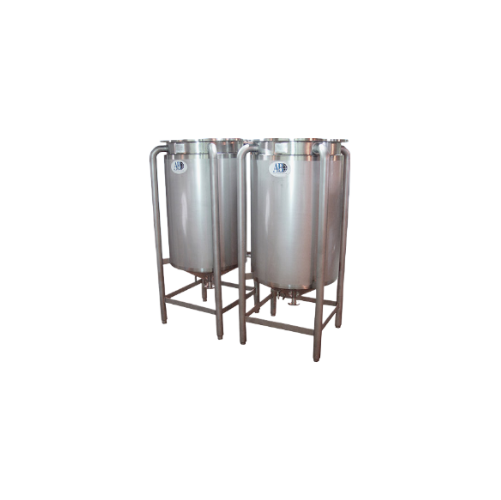
Customizable storage tanks for industrial use
Optimize your production with versatile storage tanks designed for precise c...
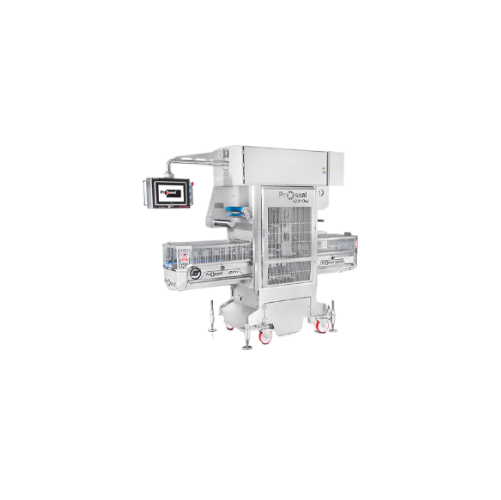
Automatic tray sealing system
Optimize your packaging line with versatile tray sealing technology that accommodates various ...
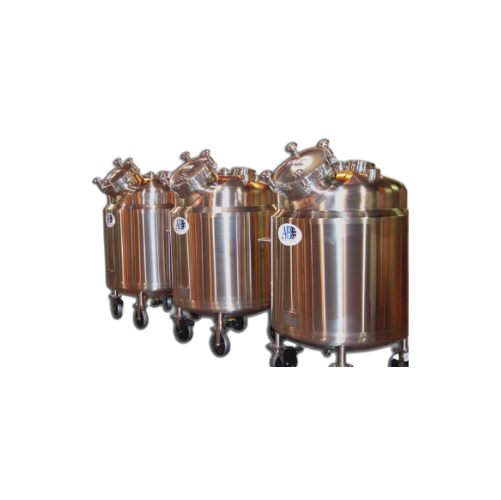
Industrial pressure vessels
Ensure product integrity and regulatory compliance with engineered-to-order pressure vessels, de...
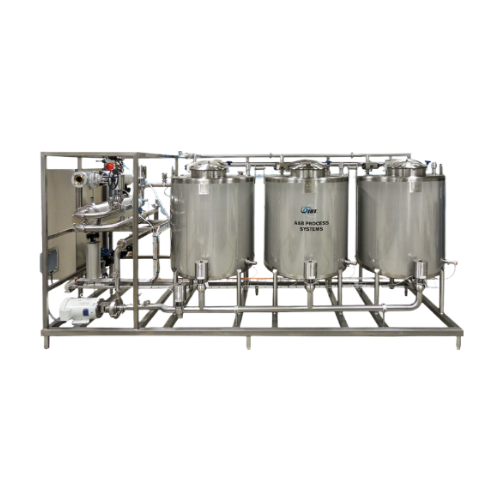
Clean-in-place system for diverse processing needs
Ensure the precision and consistency of your cleaning cycles with a ro...
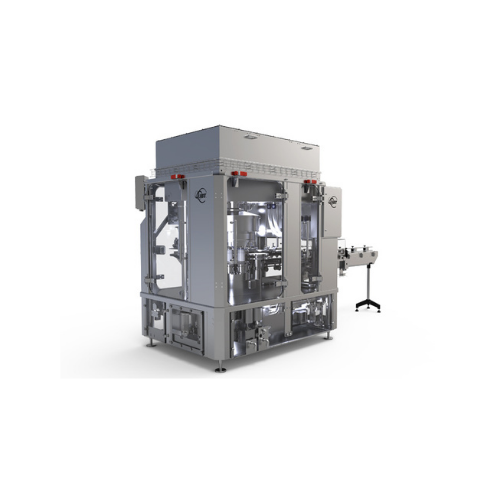
Powder can seamer for nutraceutical and beverage powders
Achieve precision and hygiene with this can seamer designed for ...
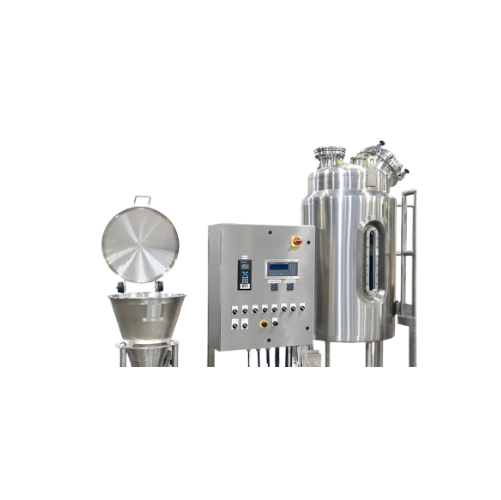
Powder induction system for efficient liquid powder mixing
Achieve precise and dust-free powder incorporation into liqui...
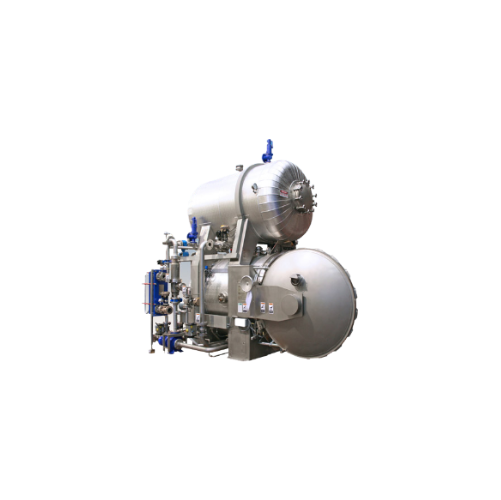
Multi-purpose laboratory sterilizer for food processing
Achieve precise thermal process design and flexibility with a ste...
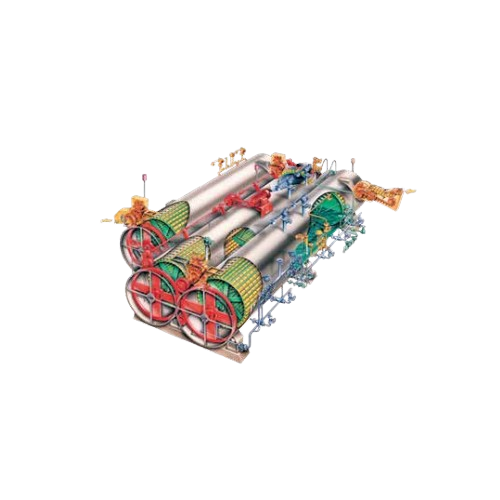
Gentle can handling ejector for rotary cooker
Achieve seamless can transfer and sterilization with reduced damage during h...
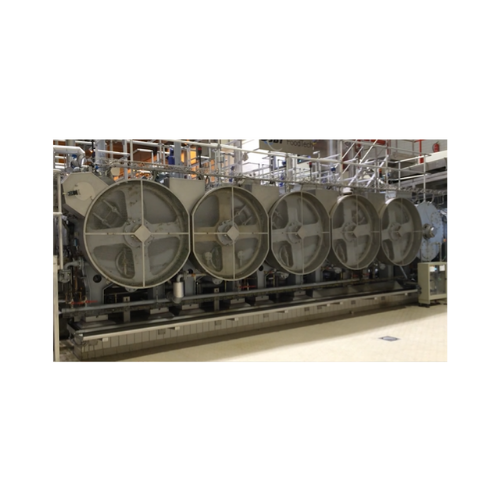
Rotary pressure sterilizer for canned food products
Streamline your canning operations with continuous high-speed sterili...
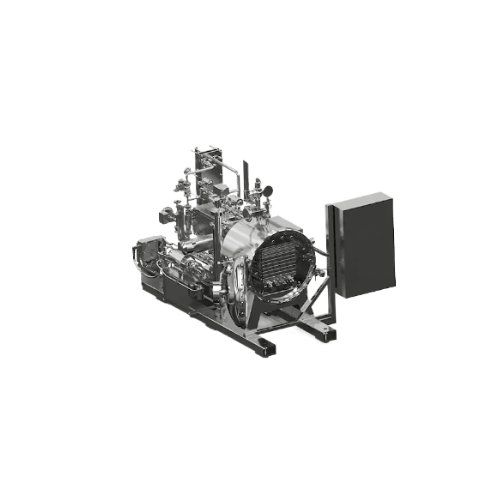
Efficient agitation system for retort packages
Enhance product quality and reduce processing time with this advanced agita...
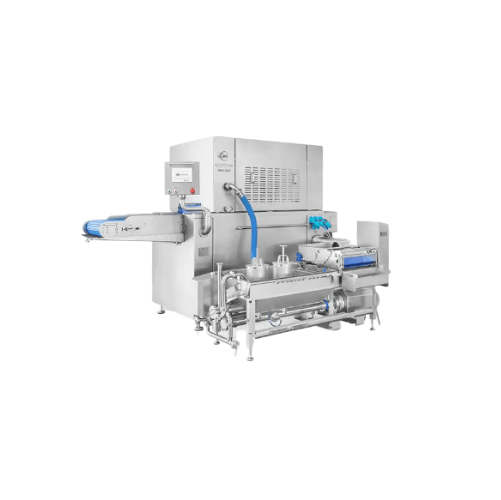
Poultry marination injector
Boost your poultry flavor profiles with precise marination, ensuring every piece, from whole bir...
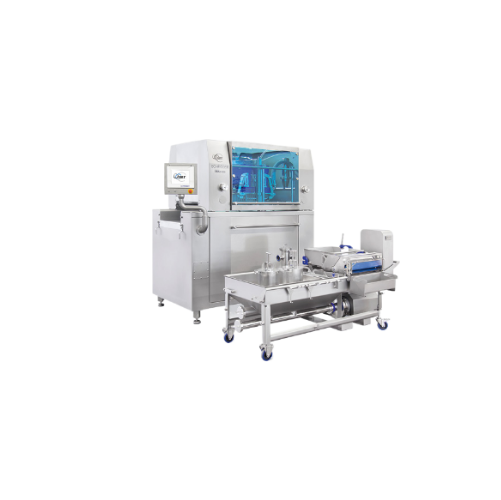
Highline injector for brine and emulsion injection
Achieve consistent brine distribution and flavor enhancement in meat, ...
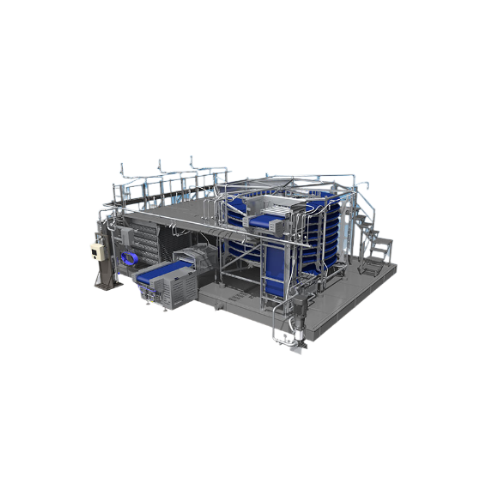
Spiral freezer for high-volume food products
Achieve rapid, sanitary freezing with this spiral system, designed to handle ...
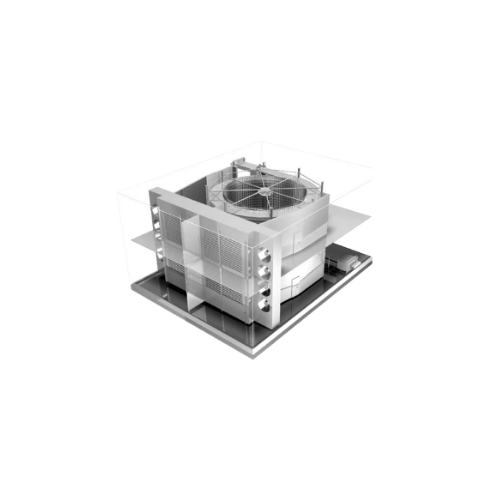
Industrial spiral freezer for high-volume processing
Optimize your high-volume food production with a robust spiral freez...
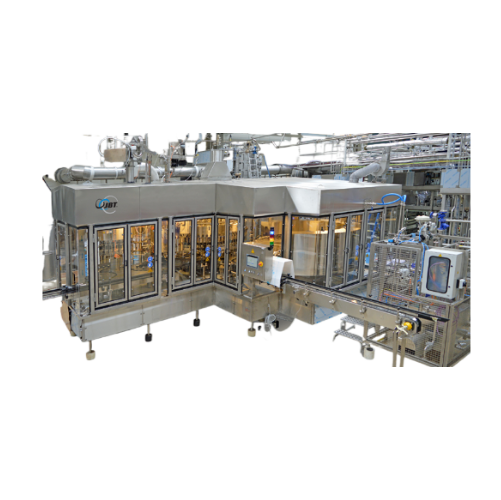
Rotary level filler for low to high viscosity liquid products
Ensure precise fill levels and enhance production efficien...
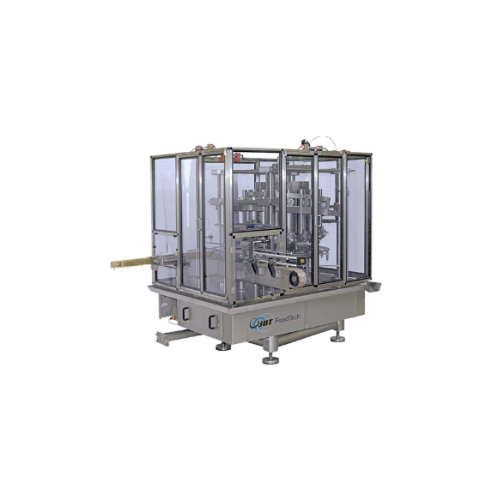
Volumetric piston filler for liquid and viscous products
Achieve precise volume control and enhance product integrity wit...
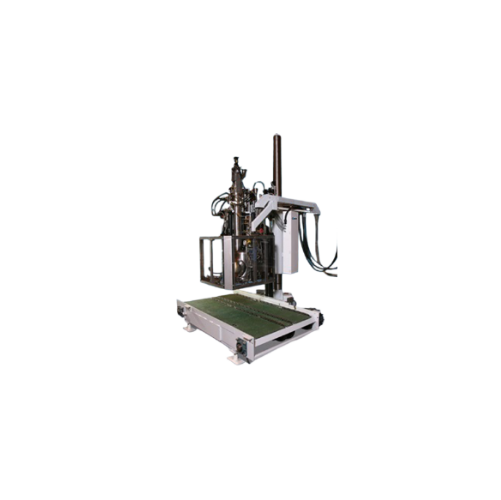
Aseptic bag filler for bulk containers
Eliminate spoilage events and ensure sterility in high-speed filling of bulk aseptic...
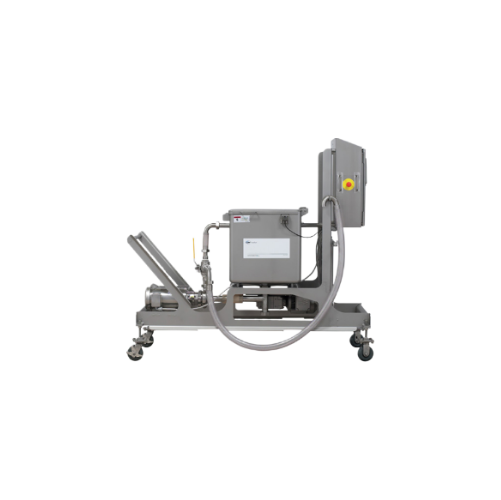
Batter mixer for small to medium food production lines
Achieve precise, consistent batter mixing with our semi-automated ...
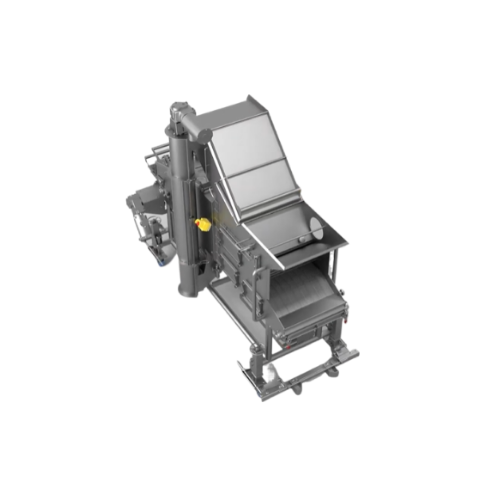
Breading line for poultry and seafood products
Elevate your production with high-speed breading lines designed for uniform...
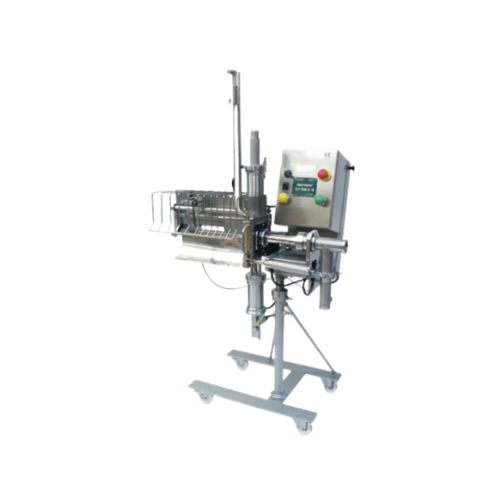
Automatic clipper for ready-made casing sections
Streamline your food and pet food packaging with precision clipping for v...
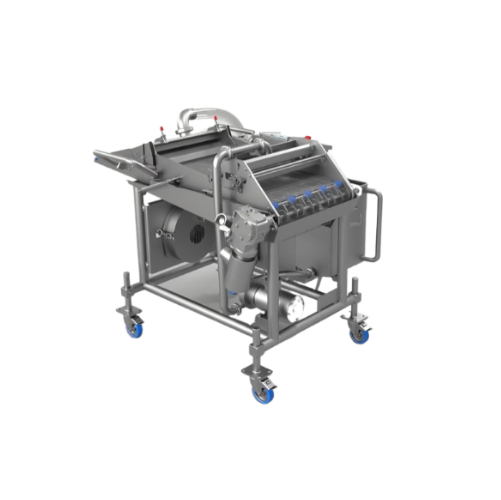
Battering machine for food coating applications
Enhance your food products with uniform and efficient batter application, ...
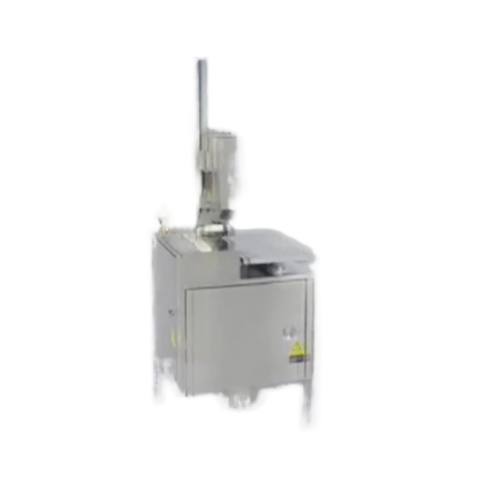
Air-powered vacuum packaging for poultry and meats
Ensure optimal freshness and extend shelf life in food applications wi...
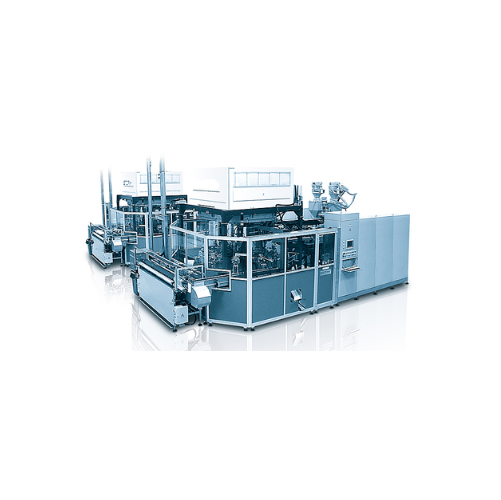
Extrusion blow molder for custom bottles
Enhance your production line by creating versatile and customized bottles with sea...

Industrial ejectors for reliable jet pump applications
Enhance process efficiency and reliability with industrial ejector...
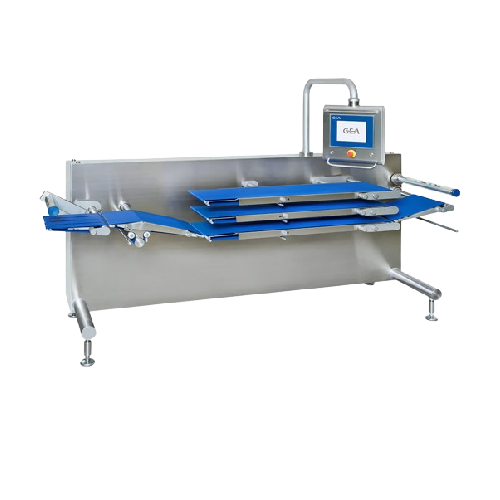
Slicing loader for automatic portion loading
Efficiently manage portion loading with a system designed to balance slicing ...
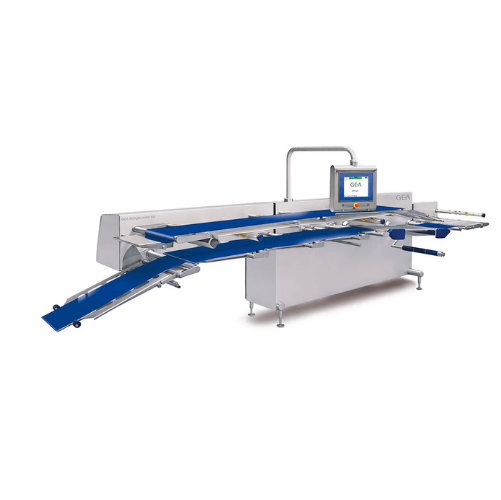
Automatic loading system for sliced cheese packaging
Streamline your packaging operations with precise loading and contin...
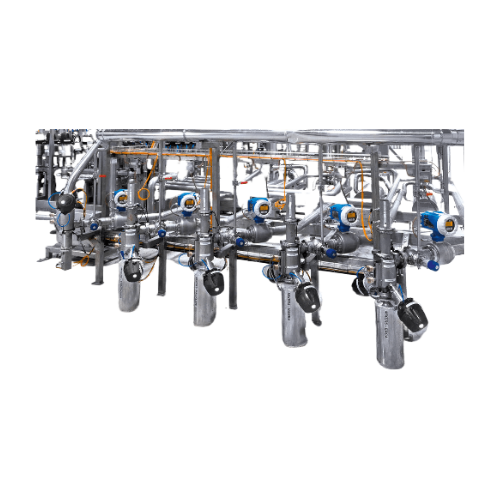
Product recovery system for hygienic applications
Efficiently reclaim valuable products from your production lines while ...

Self-priming side channel pump for high gas content media
When handling media with high gas content, achieving efficient...
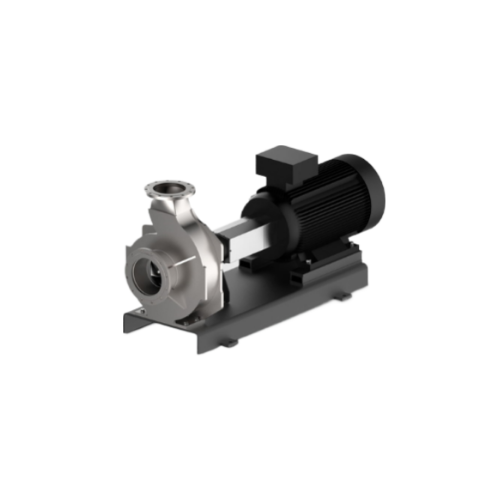
Single-stage centrifugal pump for heavy-duty applications
Optimize fluid handling with a high-efficiency centrifugal pum...
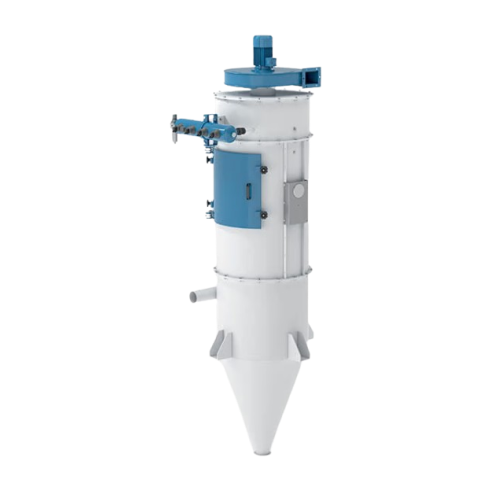
Cyclone filter for pneumatic conveying systems
Efficiently separate and filter airborne dust in pneumatic conveying lines,...
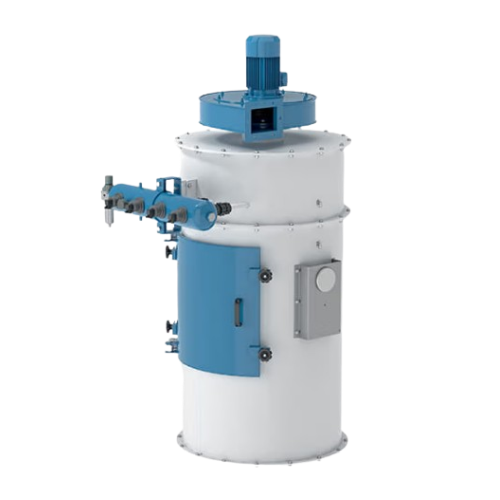
Industrial self-cleaning air filter for pneumatic lines
Ensure clean air and efficient dust removal in your pneumatic tra...
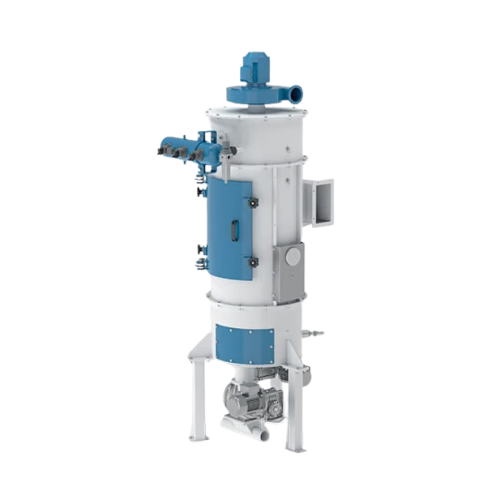
Self-cleaning silo filter
Ensure purity and compliance by trapping dust effectively during silo loading, while maintaining c...

Square sieve for removing foreign bodies and grain sizes
Achieve precise material separation and enhance product purity w...
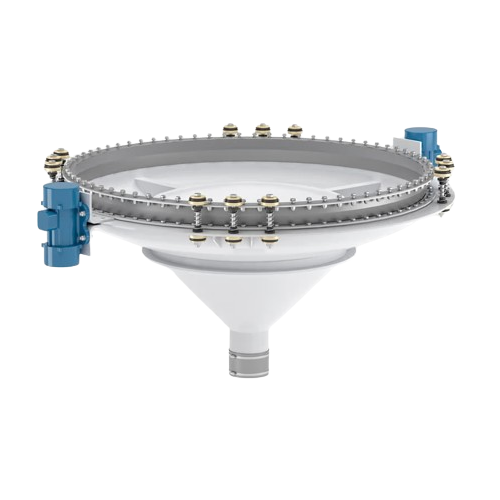
Industrial vibrating extractor for homogeneous product conveyance
Ensure consistent flow of dry bulk materials with a v...
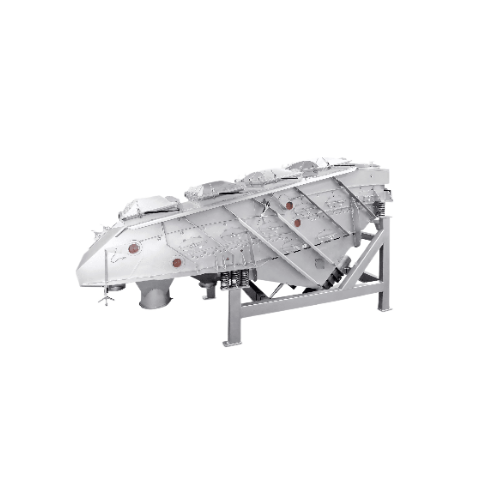
Vibrating sifter for chemical applications
Achieve precise particle separation with this vibrating sifter, ensuring optima...
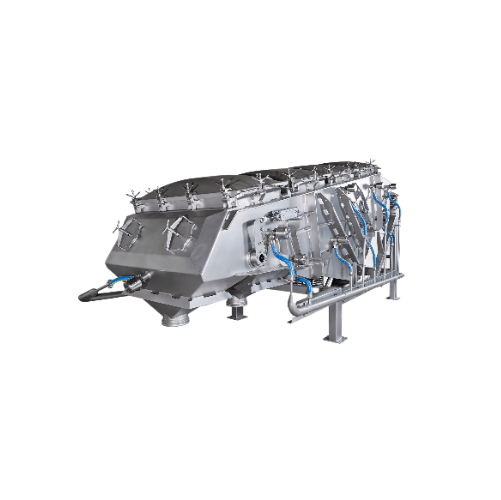
Industrial powder sifter with sanitary compliance
Optimize your powder processing with this versatile sifter, ensuring pr...
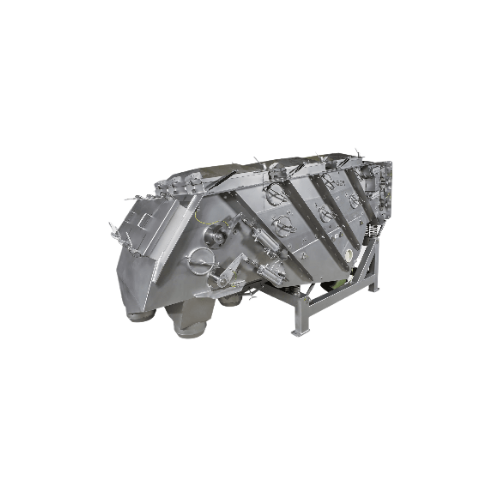
Sifter for pet food, fish feed, and animal feed
Achieve precise particle separation and enhance feed quality with this vib...
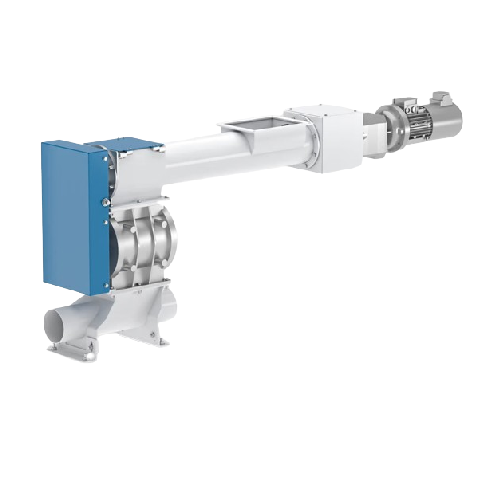
Continuous raw material distribution screw doser
Optimize your material flow with a screw doser designed for precise and c...
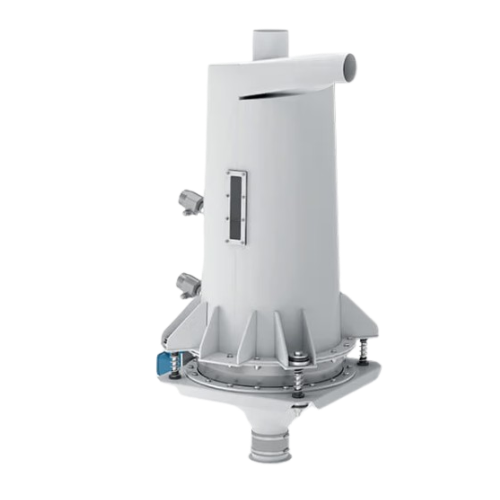
Cyclone tank for dust separation in production lines
Optimize your production line with efficient dust separation, ensuri...
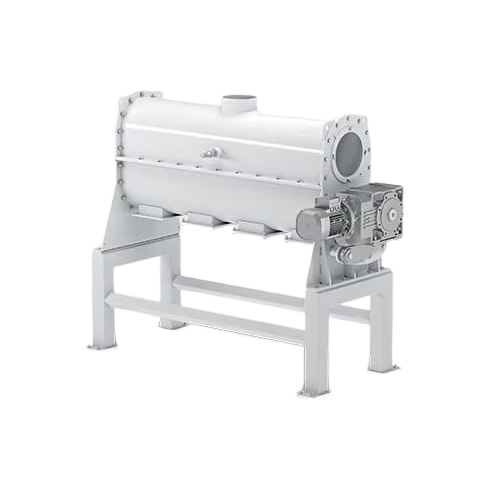
Homogenizing mixer for product distribution
Optimize the flow of your production with a high-speed distributor mixer, ensu...
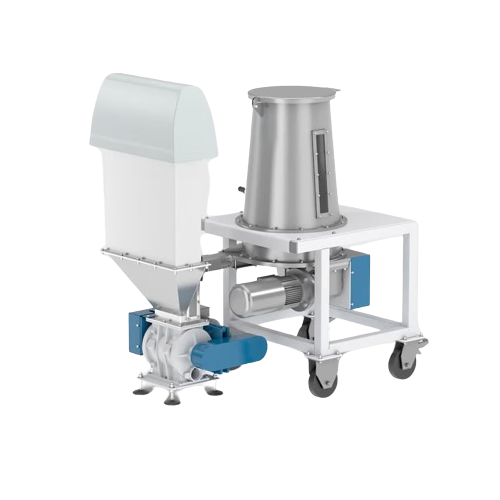
Micro-ingredients doser for precise powder additives
Maintain precision and hygiene in your production line with a specia...
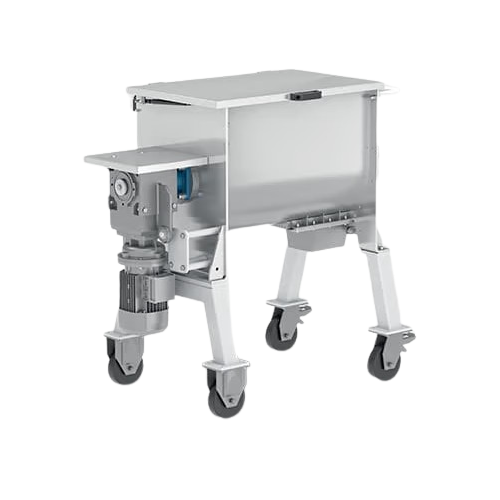
Powder and granulate premixer
Achieve consistent, homogenous blends of powders and granulates with our advanced premixing te...
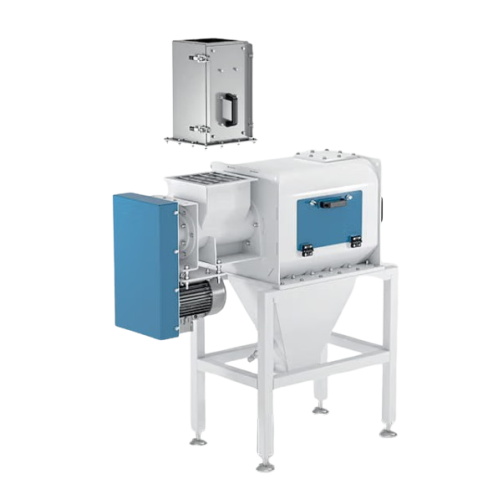
Rotary cleaner for raw material sieving
Ensure precise raw material quality with a rotary cleaner that efficiently sieves a...
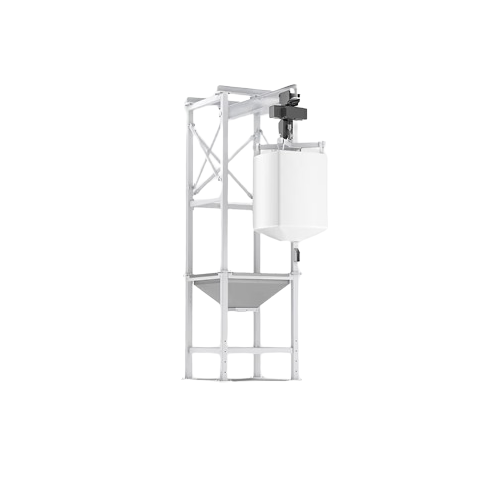
Big bag emptying station for bulk product handling
Streamline your bulk material handling with a station designed to effi...
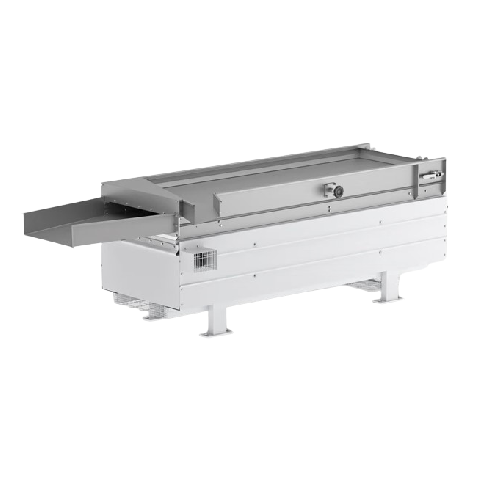
Industrial vibrating sieve for powder and lump separation
Ensure precise separation of powders and lumps with this oscil...
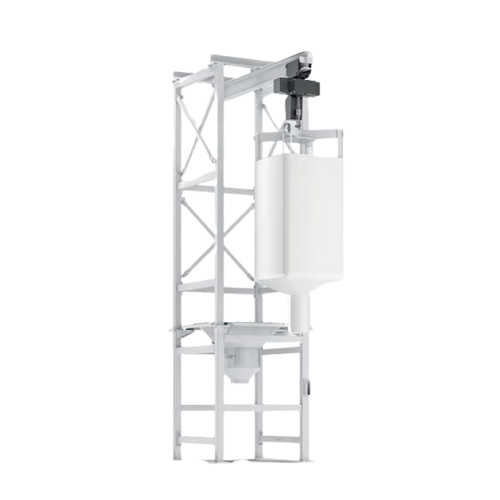
Big bag emptying station for raw materials
Streamline your material handling process by efficiently lifting, emptying, and...

Big bag loading station for bulk product handling
Efficiently manage big bag handling with a system that combines hoistin...
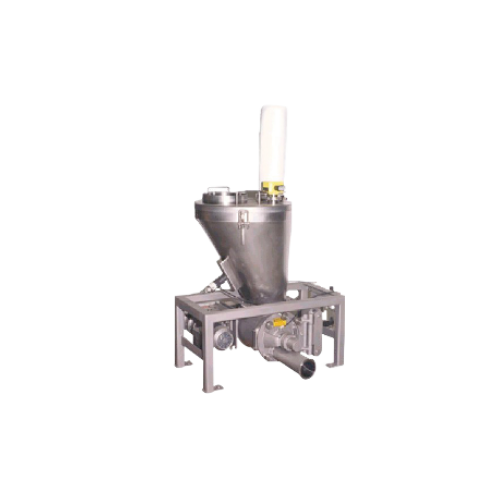
Lean phase pressure conveying for powder handling
Effortlessly transport and manage powdered materials with lean phase pr...
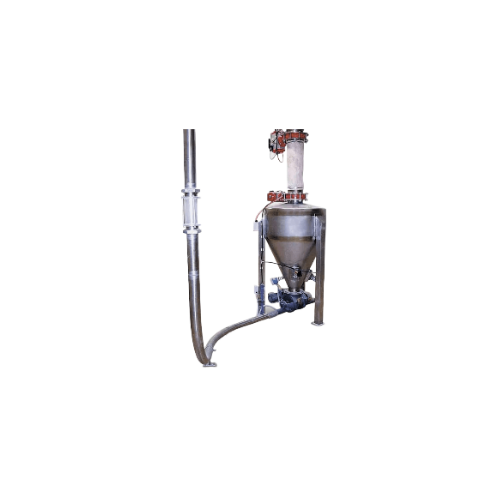
Lean phase vacuum conveying system for powder handling
Efficiently transport and separate powders and granules with preci...
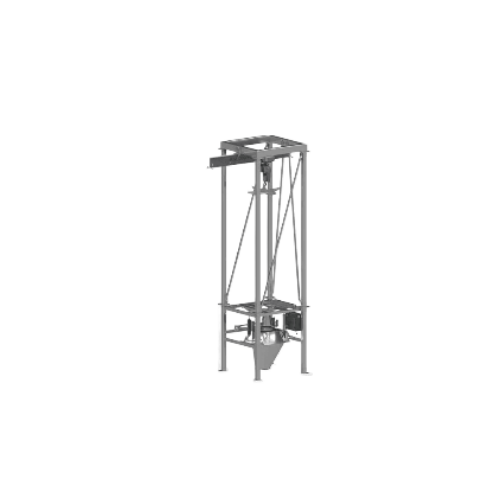
Fibc emptying stations for powder processing
Streamline your bulk powder handling with single-operator FIBC emptying stati...
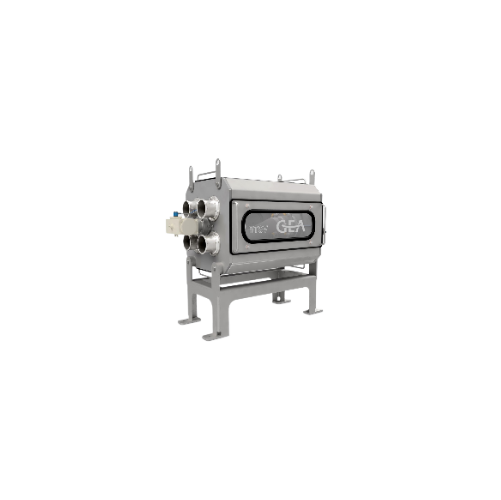
Rotary tube selector valve for powder conveying
Streamline your pneumatic transport system with a robust solution that div...
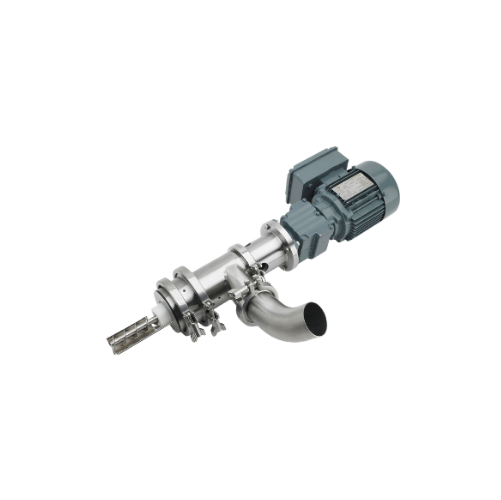
Auger powder sampler for industrial quality control
Ensure precise quality control by integrating an auger powder sampler...
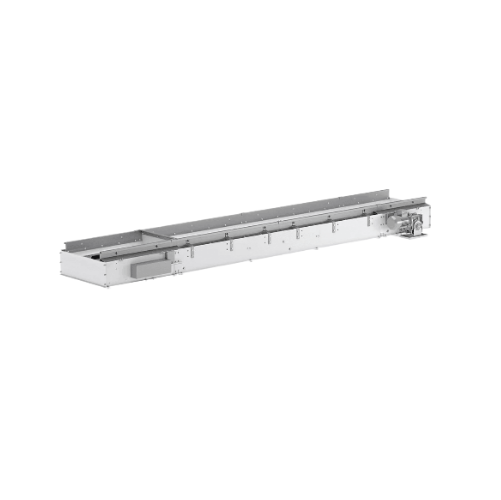
Belt conveyor for product transfer
Ensure seamless and high-capacity transfer of foodstuffs, pharmaceuticals, and more with...
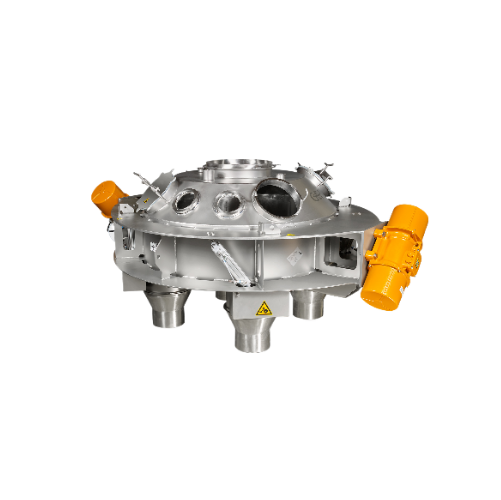
Circular distribution feeder for fragile product handling
Achieve precise dosing and reduced product damage with a versa...
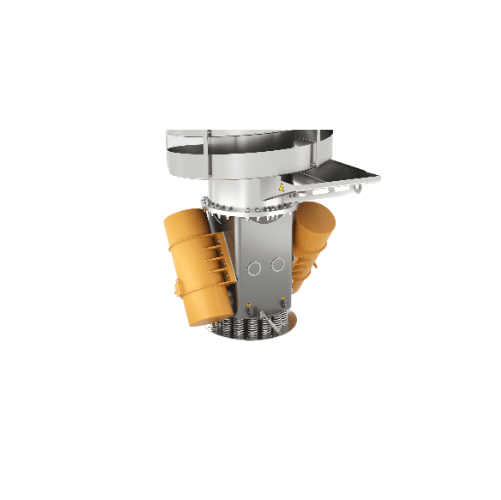
Vibratory spiral elevator for vertical transport
Achieve efficient vertical transport with precise temperature control, su...

Dense phase pressure conveying system
Efficiently transport high-capacity powders across long distances with precision and ...

Single-stage screw compressor package
Optimize your refrigeration and heating processes with versatile packages designed to...
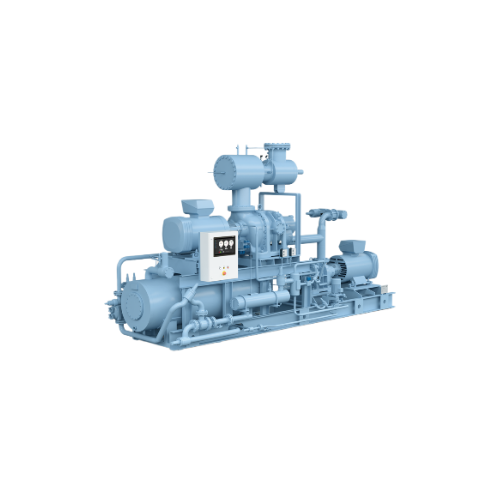
Packaged screw compressor for low temperature and high differential pressure
Optimize your refrigeration and cooling p...
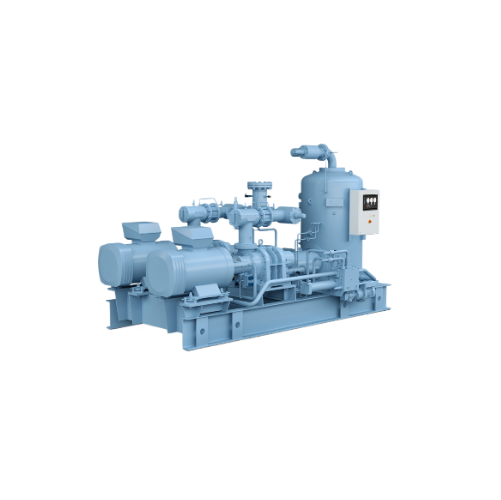
Industrial screw compressor systems for cooling applications
Maximize energy efficiency and system redundancy with paral...
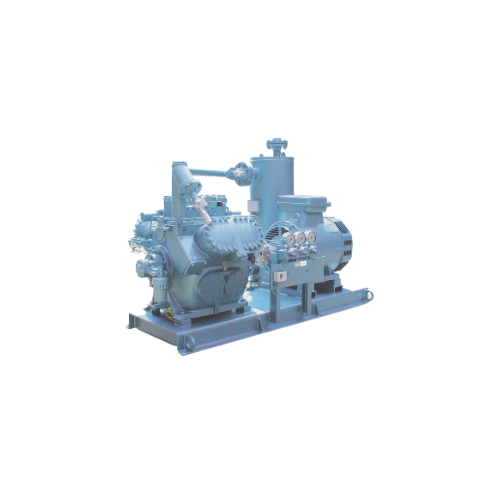
Compressor package for freezing and heat pump applications
Optimize your heating and cooling systems with high-efficienc...

Co2 cooling and Nh3 heating solution
Achieve precision in temperature control with cutting-edge high-pressure compressor sy...
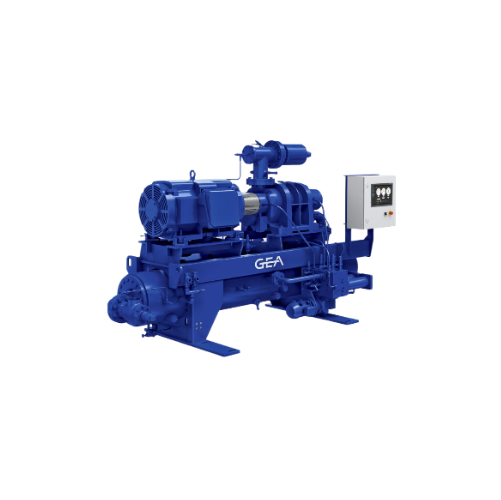
Sustainable packaged compressor system
Enhance your production with a scalable compressor system designed for high efficien...
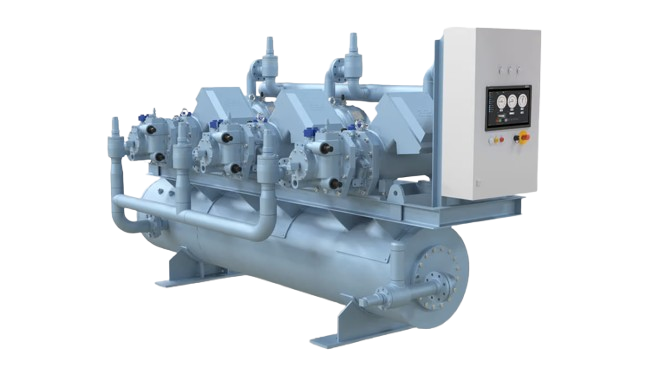
Screw compressor package for efficient industrial cooling
Optimize your cooling processes with a flexible, space-saving ...
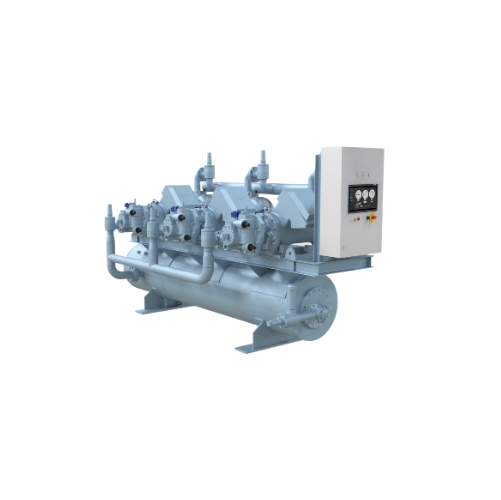
Industrial refrigeration screw compressor
Maximize cooling efficiency and ensure precise temperature control in your opera...
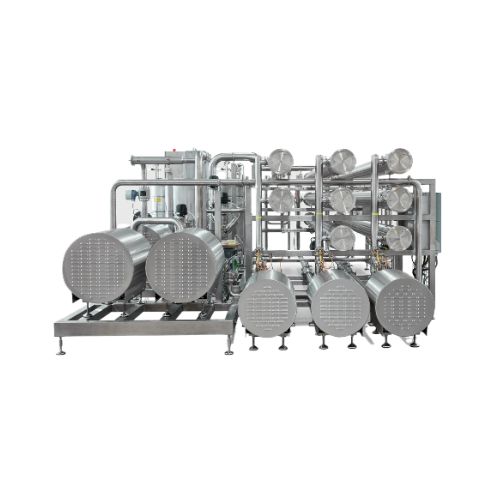
Cip recovery system with membrane filtration
Reduce chemical waste and operating costs by recovering over 90% of spent cau...
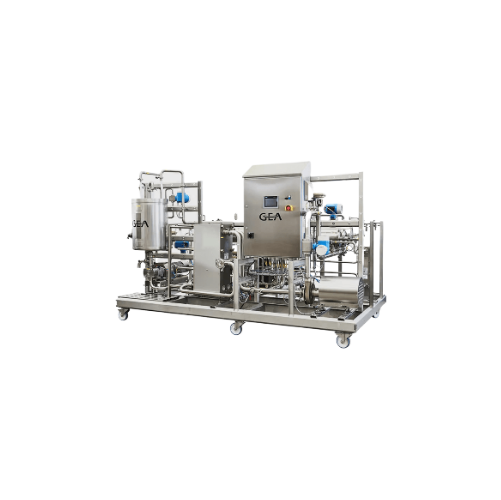
Membrane filtration pilot units for process optimization
Optimize your process parameters and achieve precise product spe...
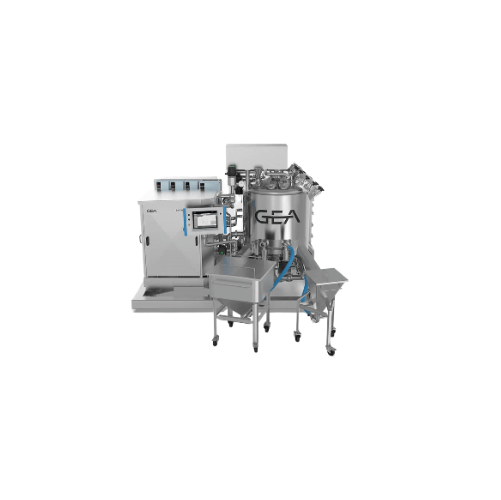
High shear test mixers for developing new products
Streamline product development with high shear test mixers, allowing y...
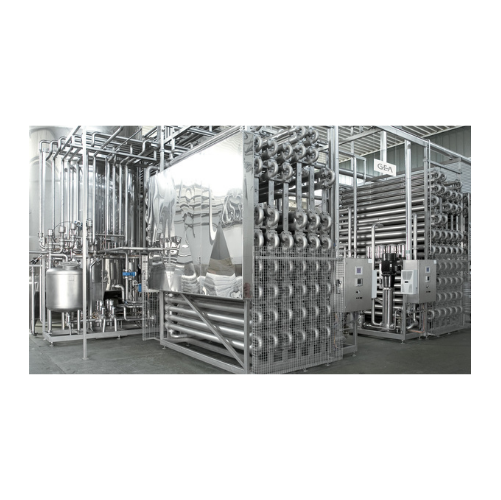
Uht plant for aseptic product treatment
Ensure optimal product quality and production safety with versatile UHT solutions f...
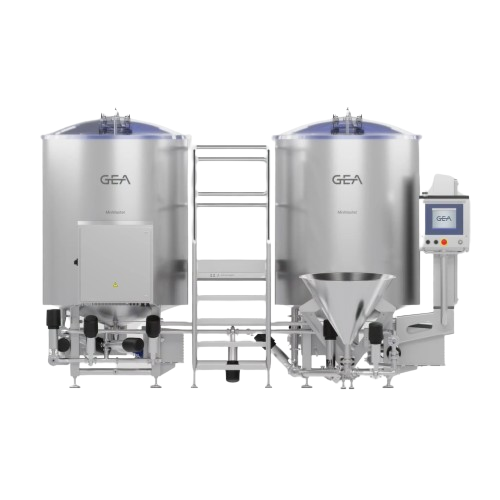
Brine preparation system for marination processes
Ensure consistent and high-quality brine and marinade mixtures with a s...
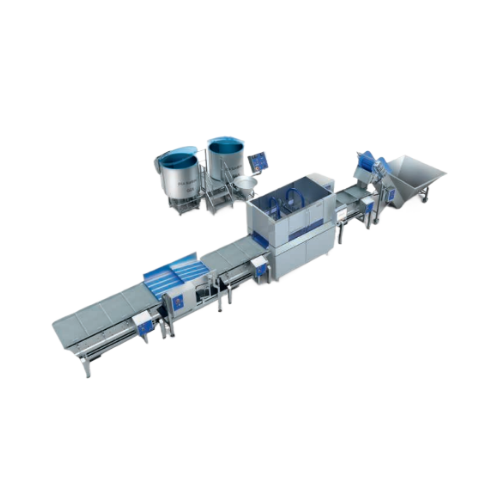
Marination injecting solution for fresh poultry
Enhance product consistency and maximize yield in your production line wit...
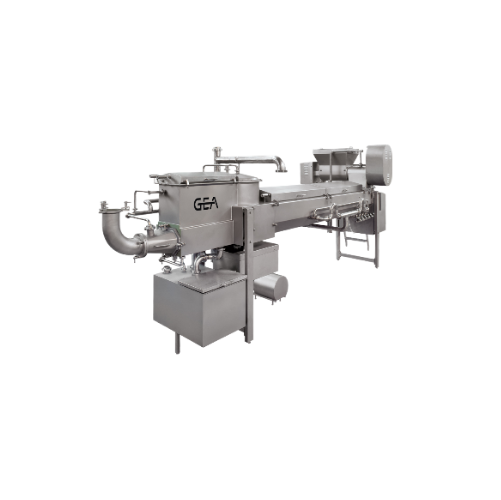
Stretching machines for dry and hard cheeses
Enhance your cheese production with a system that ensures precise stretching ...
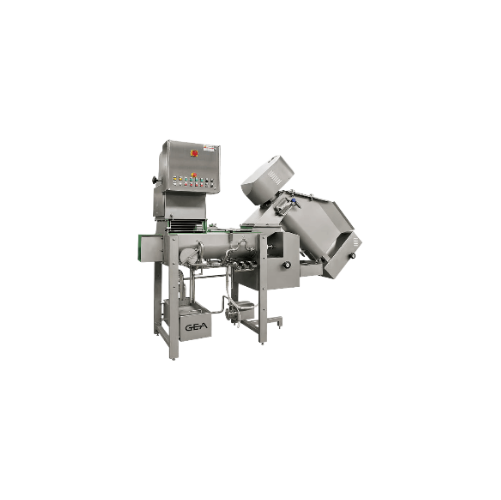
Hot water stretching machines for mozzarella cheese production
Enhance mozzarella cheese production with precision-contr...
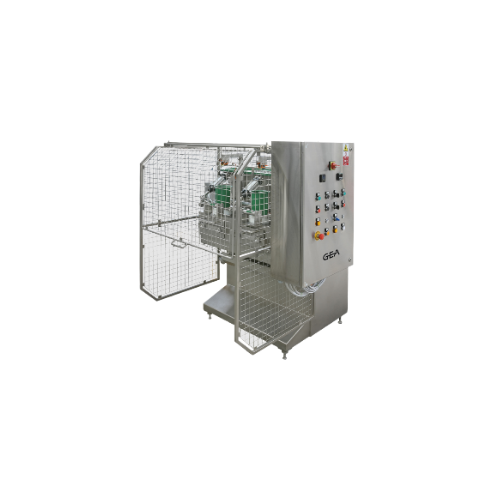
Molding equipment for provolone and caciocavallo cheese
Optimize your cheese production with advanced molding equipment, ...
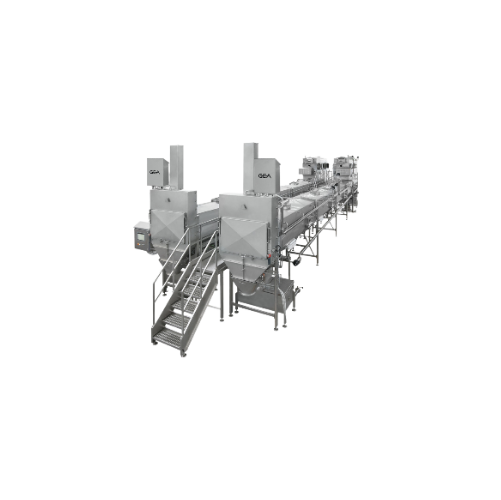
Continuous curd drainage and maturation systems for pasta filata cheese
Enhance your cheese production by optimizing cu...
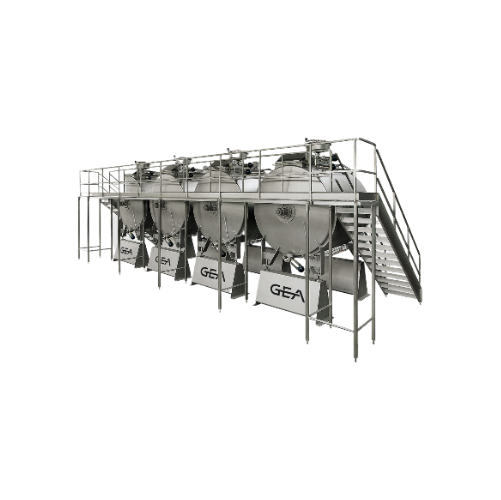
Cylindrical coagulators for curd processing
Optimize your cheese production with cylindrical coagulators designed to ensur...
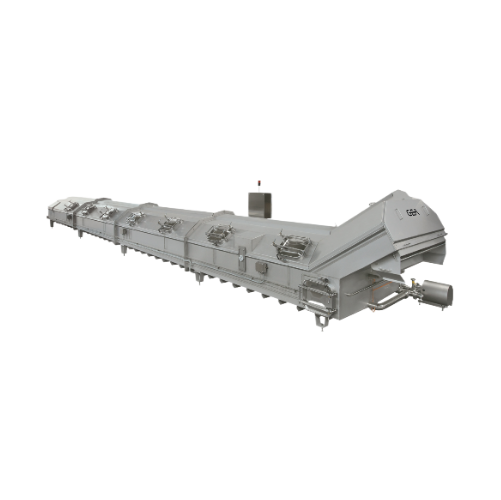
Brining vats for pasta filata cheese
Enhance your cheese production with modular brining vats, designed for precise salt ad...
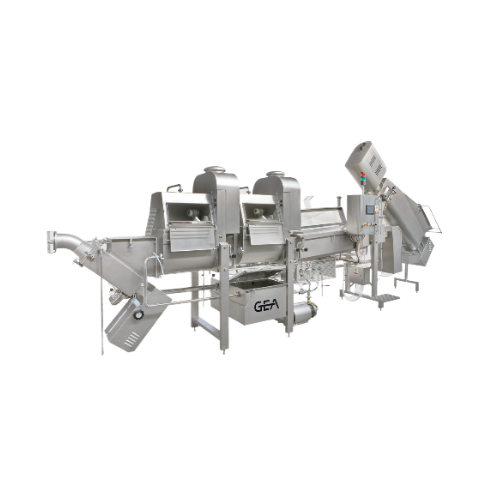
Steam stretching system for pasta filata cheese
Optimize your cheese production with a system that seamlessly integrates s...
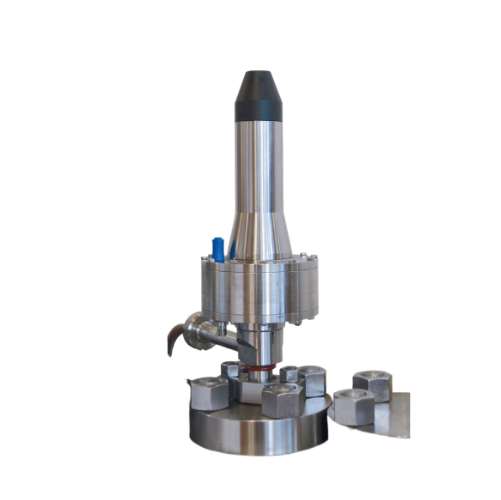
Spring loaded overpressure safety valve with pneumatic actuator
Ensure safe pressure regulation with advanced spring-loa...
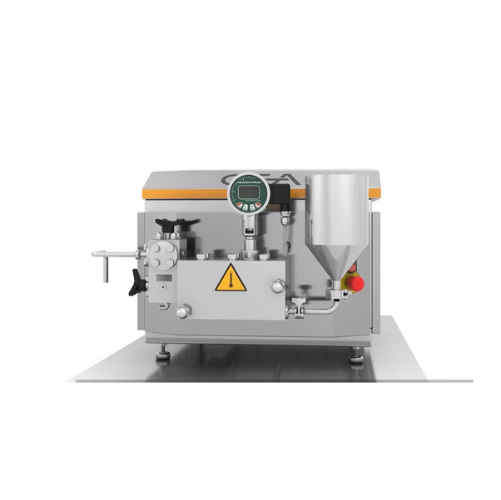
Laboratory homogenizer for small production processes
Optimize your production of nanoemulsions, vitamin suspensions, and...
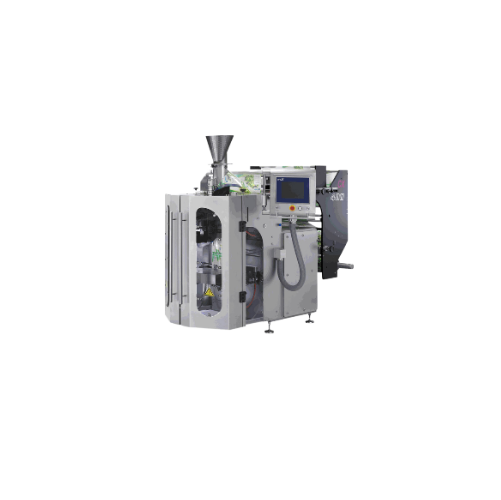
Vertical form fill sealer for food packaging
Achieve high-capacity, flexible packaging for diverse food products with a ro...
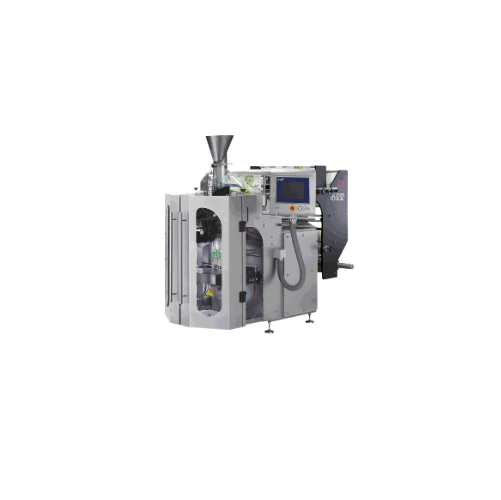
Vertical form-fill-seal packer for frozen vegetables
Efficiently streamline your packaging line with a versatile solution...
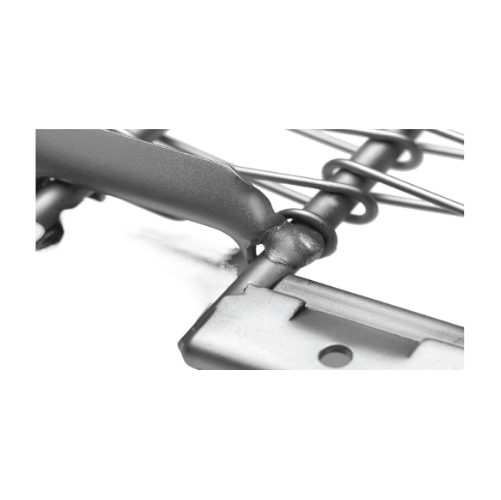
Customizable self-stacking solution for spiral freezers
Enhance your freezing process with a customizable self-stacking s...
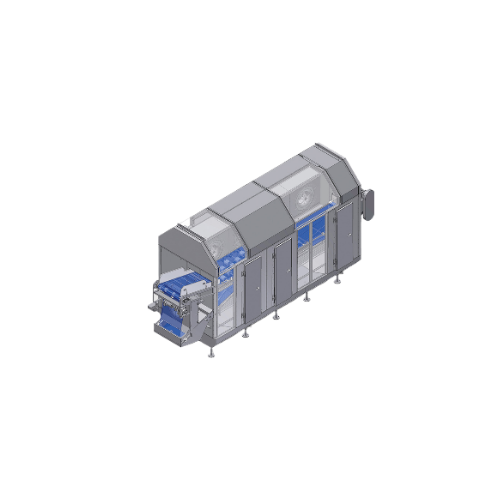
Industrial tunnel freezer for individual quick freezing (iqf)
Achieve precise temperature control and prevent product da...
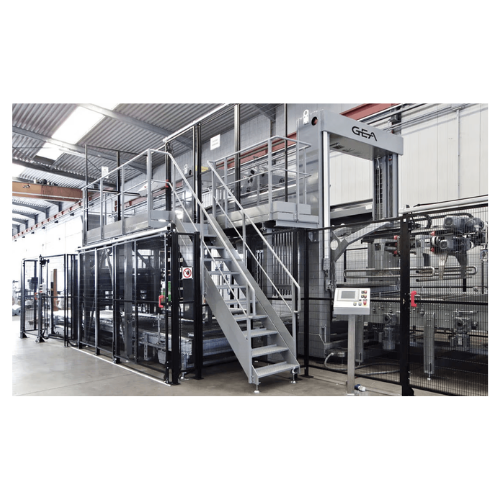
Palletizer for high-speed pallet loading
Achieve efficient, high-speed palletizing with a system designed for seamless inte...
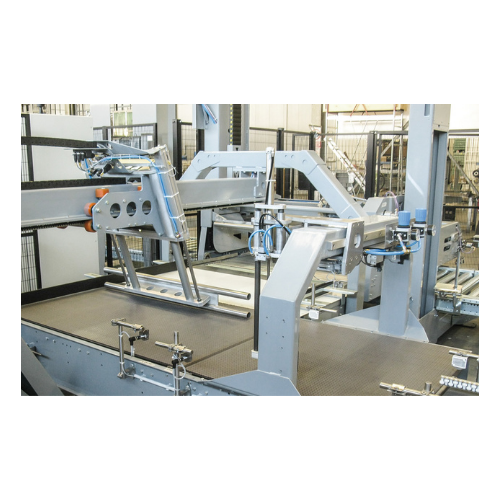
Palletizing solution for low to medium production capacity
Optimize your production line with a palletizing solution des...
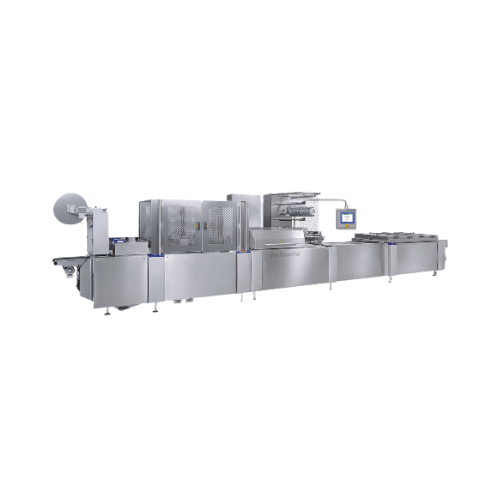
Thermoforming packaging system for meat products
Enhance your packaging capabilities with a modular thermoforming system d...
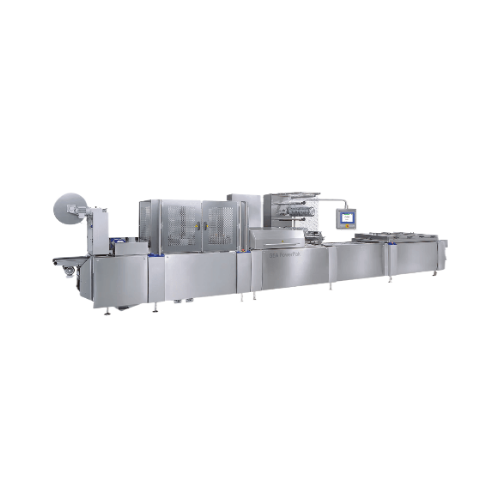
Thermoforming packaging for food products
Enhance your packaging operations with advanced thermoforming technology, perfec...
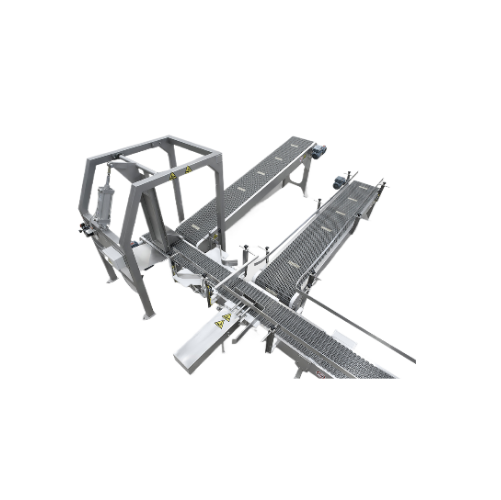
Bag, box, and drum container handling solutions for powder products
Optimize the flow and integrity of your powder pack...
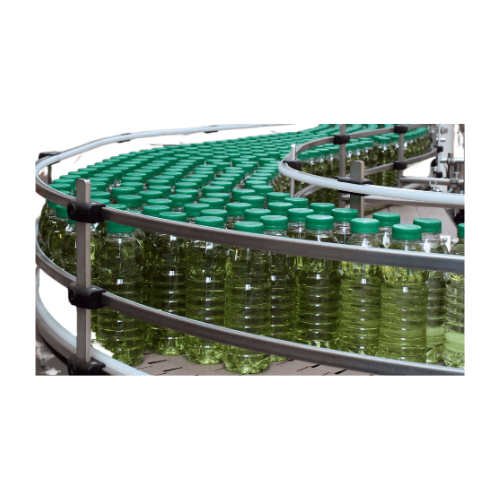
Loose package conveyor systems for packaging lines
Optimize your packaging line operations with advanced conveyor systems...
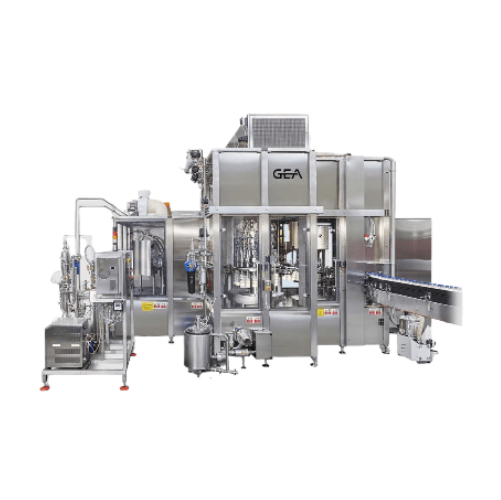
Esl beverage filling system
Ensure extended shelf life and maintain beverage quality with sterile filling and decontaminatio...
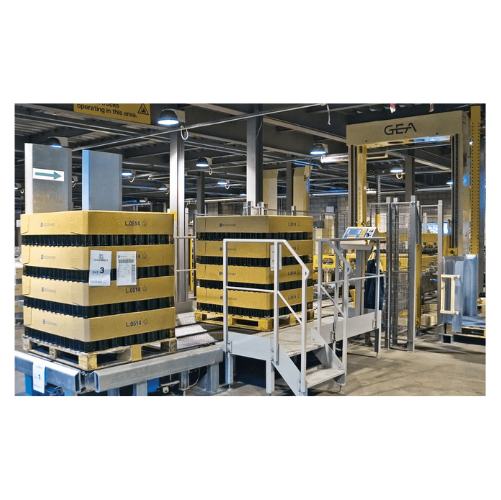
High-speed depalletizer for industrial applications
Streamline your production process with a high-speed depalletizer, en...
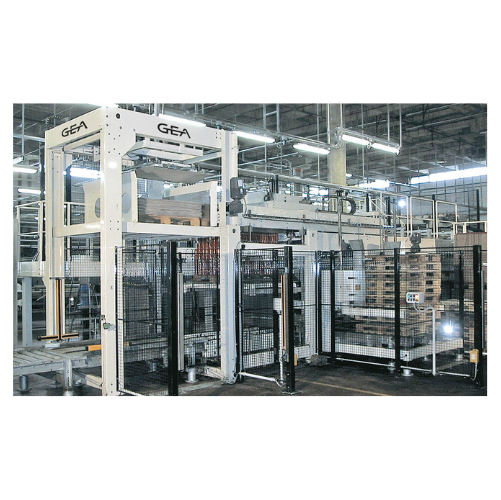
Industrial depalletizer for high-speed operations
Optimize your production line efficiency with a high-speed depalletizin...
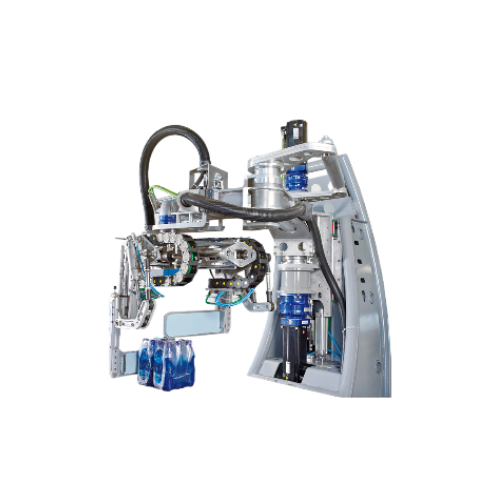
Layer preparation system for high-speed palletizing
Optimize your palletizing process with a system that ensures precise ...
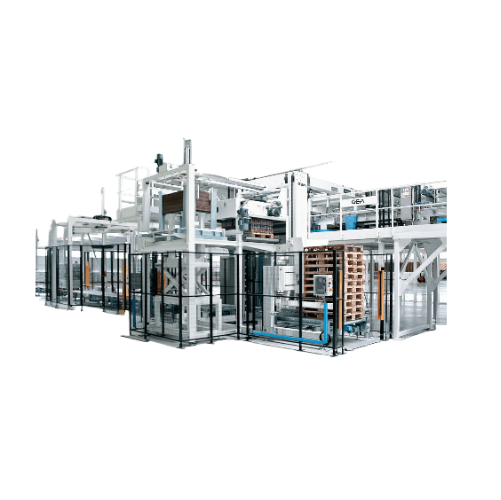
High level infeed palletizer system
Optimize your production line with a high-speed palletizing solution that seamlessly in...
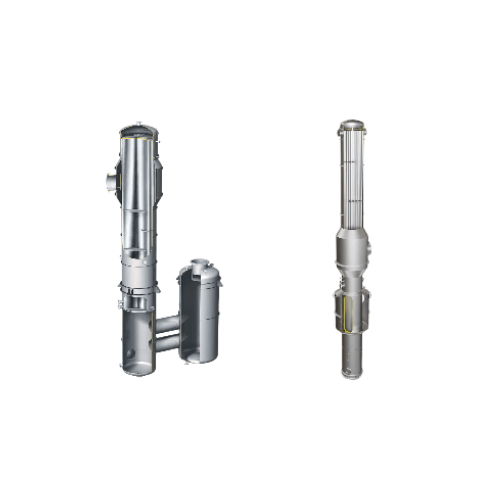
Falling film evaporator for temperature-sensitive products
Ensure consistent concentration and quality of heat-sensitive...
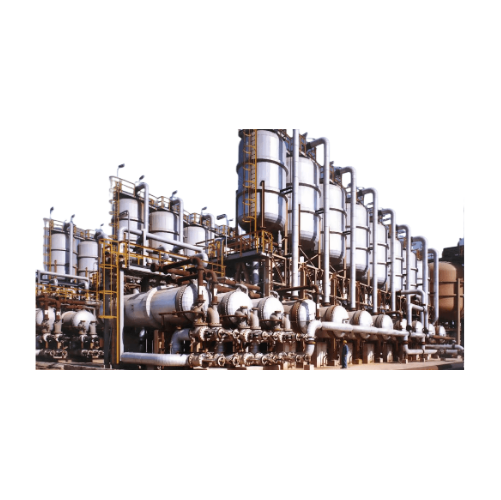
Multi-flash evaporators for alumina industry
Experience efficient thermal separation with enhanced heat recovery, ideal fo...
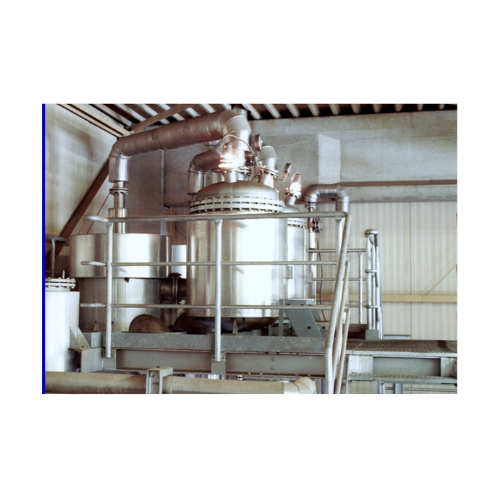
Natural circulation evaporator for high temperature products
Maximize evaporation efficiency with minimal fluid retentio...
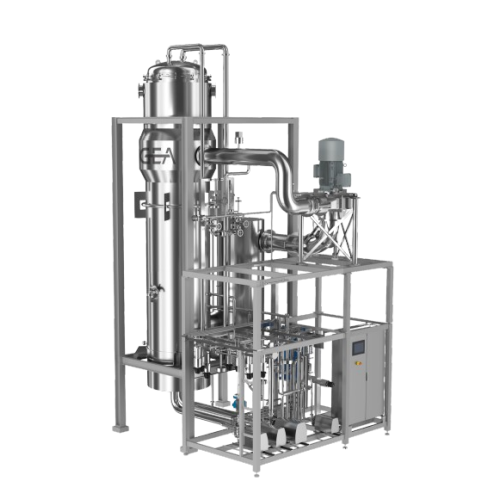
Compact plate evaporator for temperature-sensitive products
Ensure optimal heat transfer and minimal space usage with th...
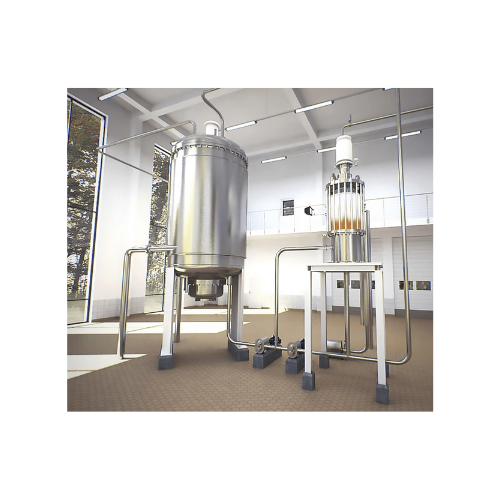
Freeze concentration system for liquid food products
Achieve precise concentration while preserving volatile components a...
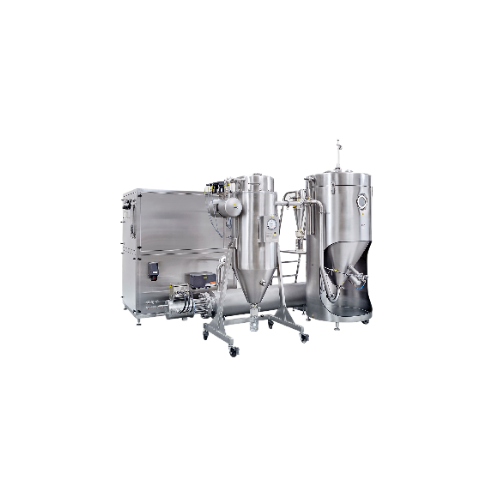
Lab-scale spray dryer for small volume powder samples
When developing new formulations, achieving consistent powder quali...
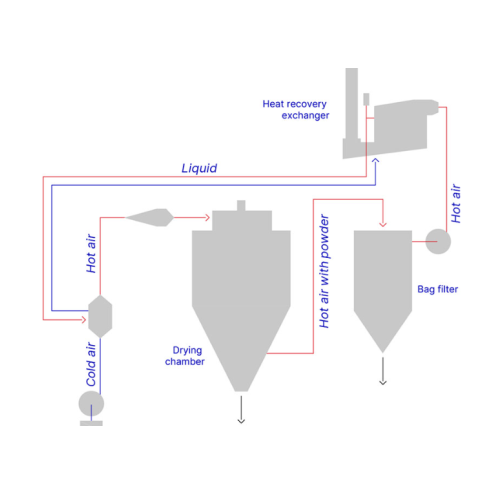
Heat recovery system for spray drying plants
Enhance your spray drying efficiency with a heat recovery system that capture...
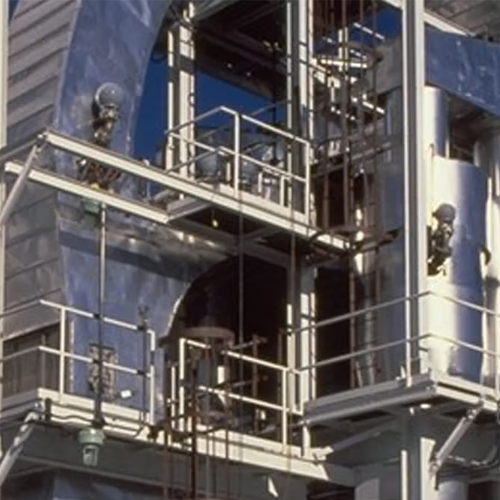
P-type ring dryer for thermally sensitive products
Optimize moisture control and prevent thermal degradation in your prod...
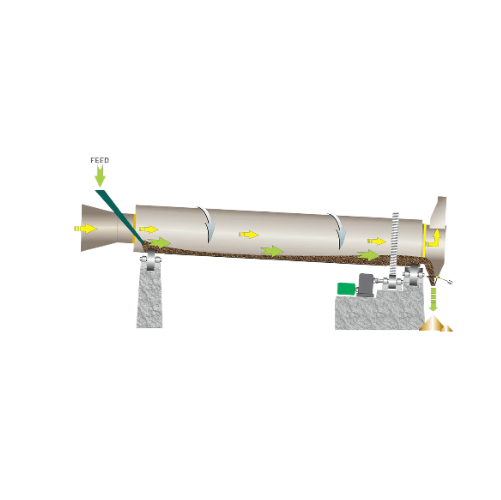
Industrial rotary dryer for high moisture content materials
Achieve consistent drying performance with industrial rotary...
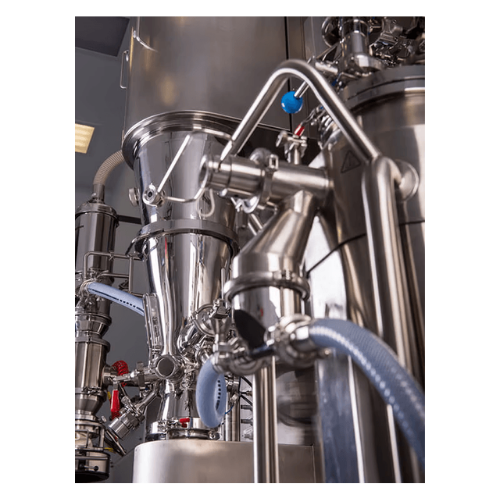
Pharmaceutical fluid bed r&d processing
Ensure precise formulation and consistency in pharmaceutical and nutraceutical tabl...
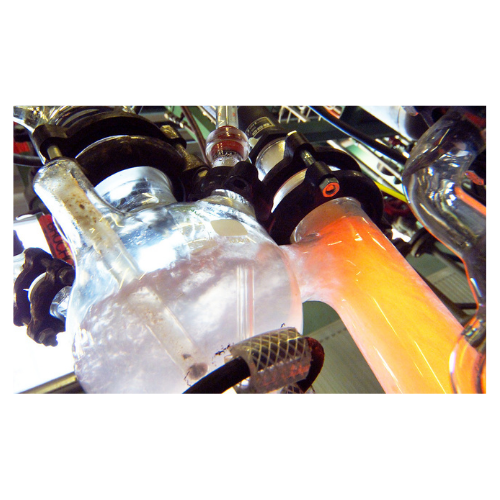
Industrial distillation testing services
Ensure optimal purity and performance by utilizing advanced pilot and mobile disti...
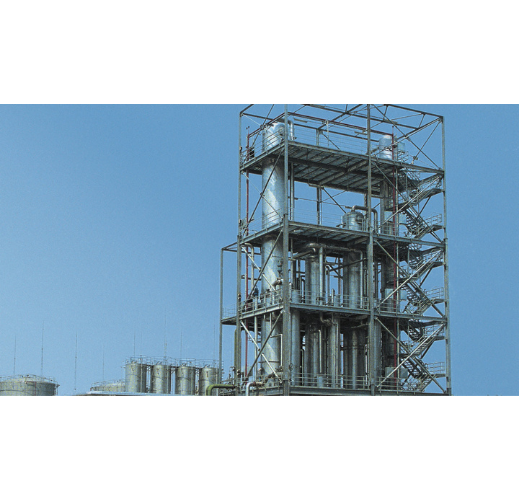
Multiple-effect distillation plants for industrial applications
Optimize your energy use with multiple-effect distillati...
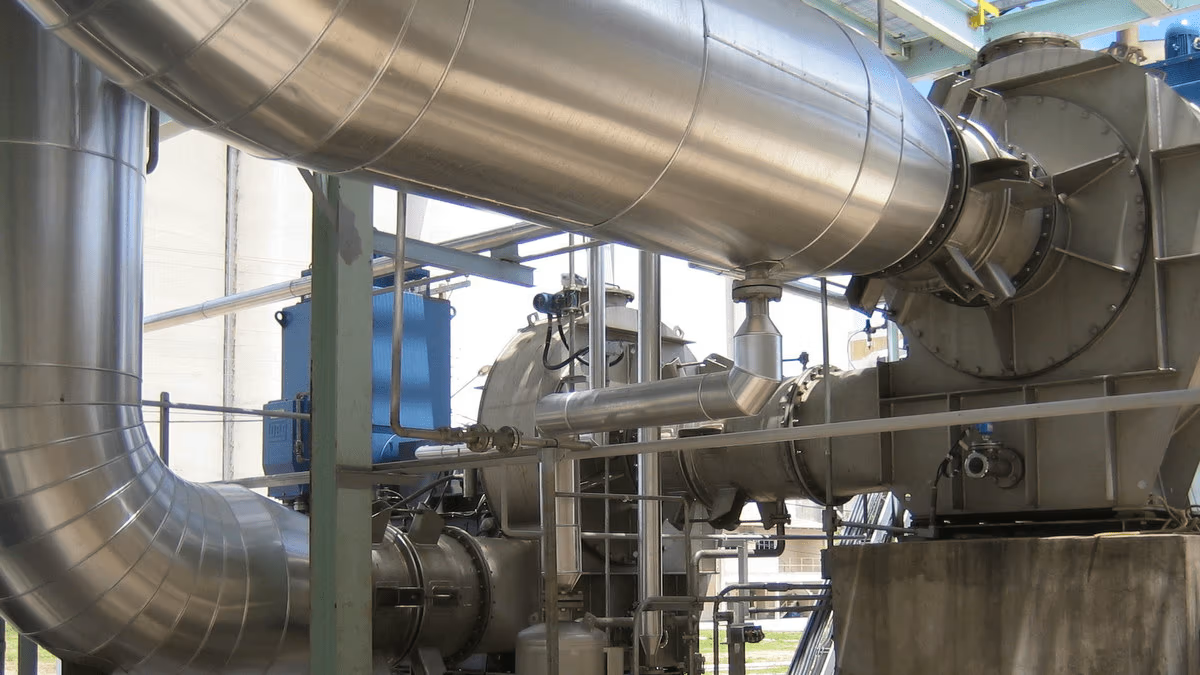
Mvr and Tvr heated distillation system
Achieve superior energy efficiency and reduced steam consumption in your distillatio...
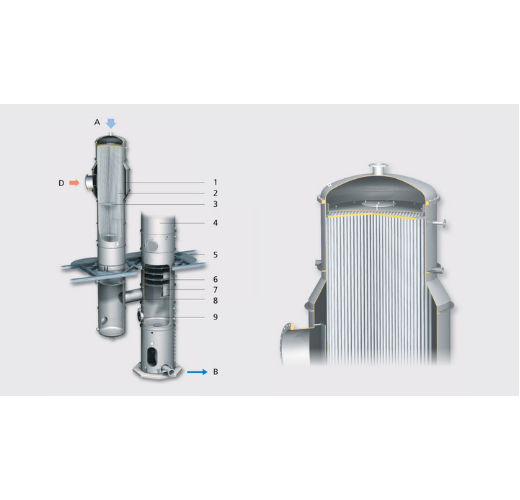
Reboiler for distillation plants
Efficiently manage energy input and temperature control in your distillation processes with...
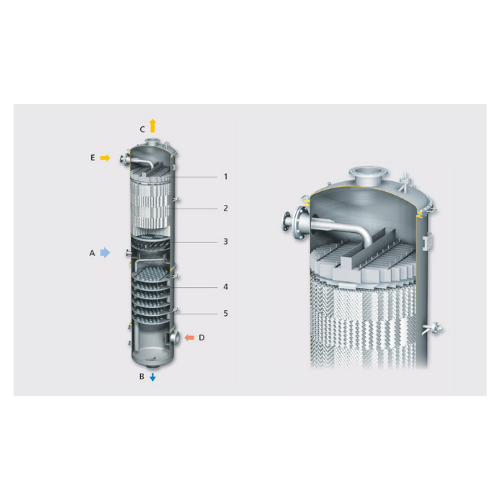
Industrial tray and packing column solutions
For efficient separation and product purification, tray and packing columns o...
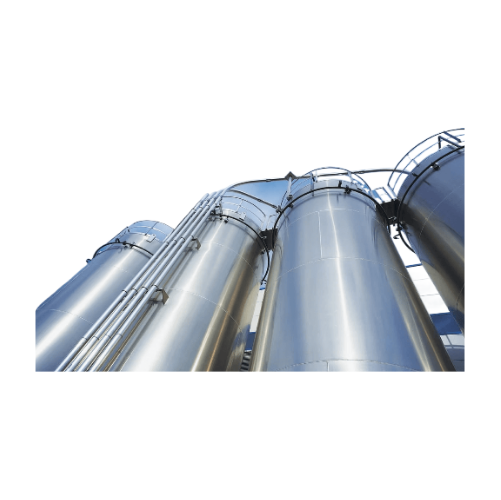
High-yield fermentation system for raw material processing
Achieve precise control in fermentation with advanced systems...
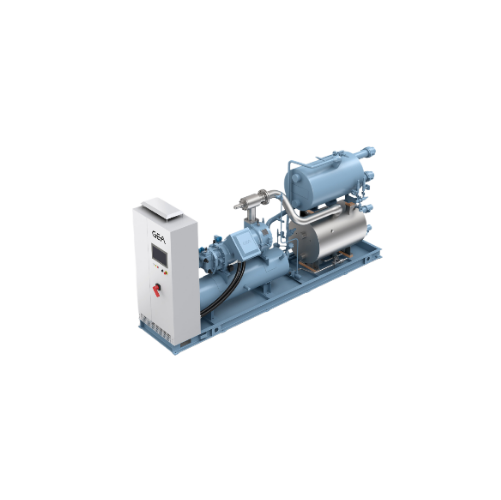
Industrial chiller for sustainable refrigeration
Ensure efficient and eco-friendly temperature regulation across diverse a...

Screw compressor chiller for industrial cooling applications
Optimize your cooling processes with our versatile screw co...
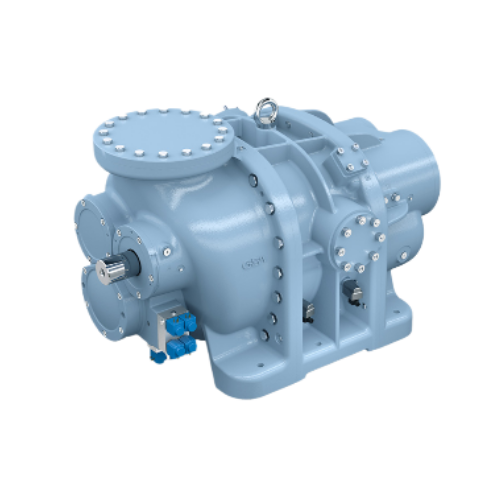
Low-temperature screw compressor for industrial refrigeration
Optimize your refrigeration system with this high-capacity...
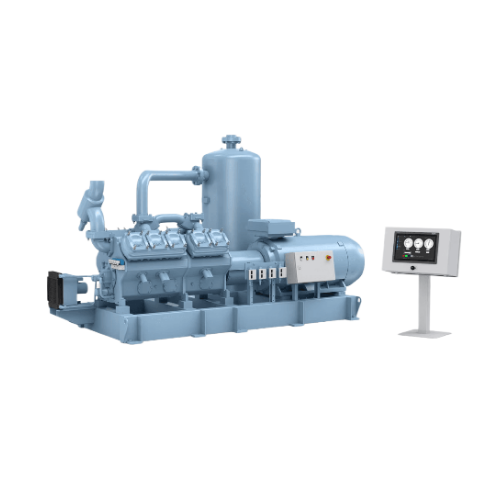
High-speed reciprocating compressor
Achieve up to 25% more refrigeration capacity with high-speed compression, minimizing f...
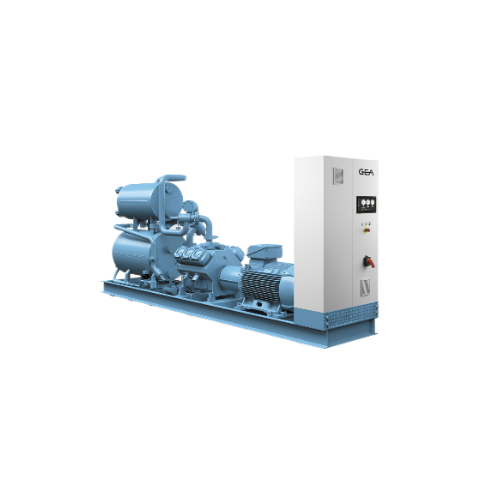
Ammonia chiller for industrial refrigeration
Achieve optimal energy efficiency and reduced operational costs in your cooli...
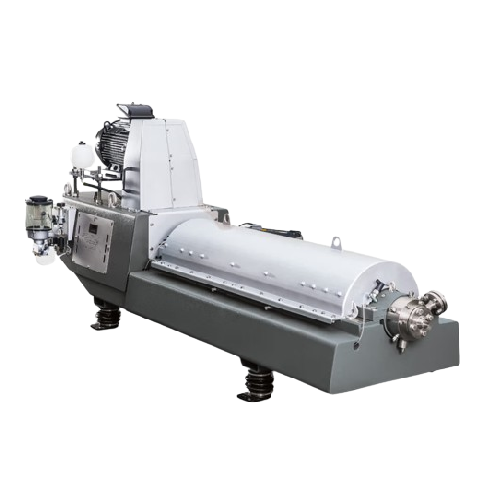
Decanter centrifuge for chemical and mineral processing
Optimize dewatering and clarification efficiencies in your proces...

Pilot decanter centrifuge for testing and upscaling
For precision separation in diverse production environments, this dec...
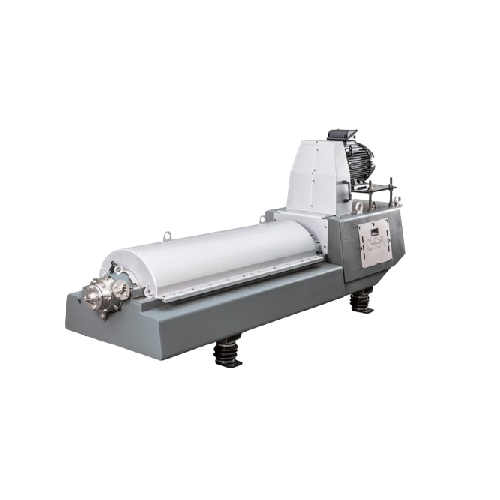
3-phase separating decanter for animal by-products
Enhance your recovery processes with a decanter centrifuge designed to...
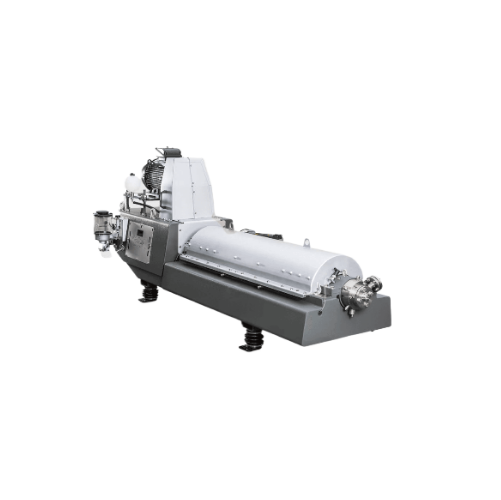
Clarifying decanter for chemical processing
Optimize your clarification and dewatering processes with a versatile decanter...
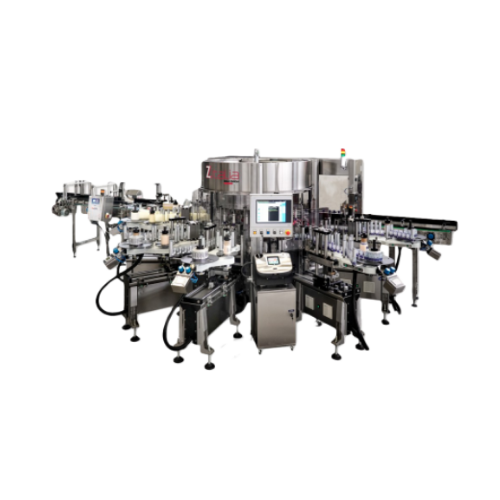
Glass bottle washing and delabelling system
Effortlessly transform used bottles into pristine, reusable containers with th...
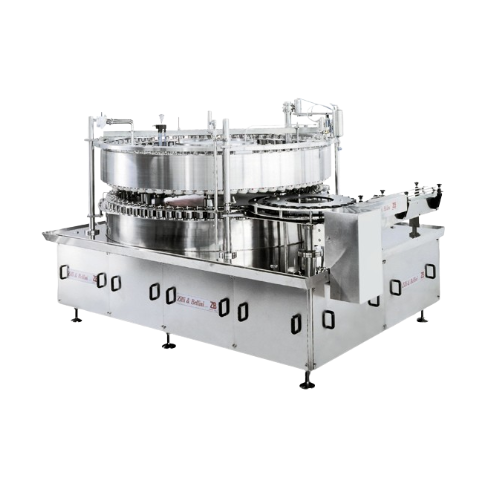
Rotary vacuum fillers for liquid and semi-liquid food products
Achieve precise filling of a wide range of liquid and sem...
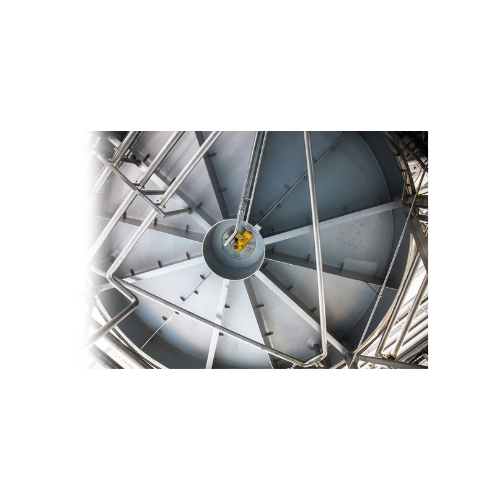
Grist milling unit for breweries and distilleries
Optimize your milling process with a versatile unit capable of handling...
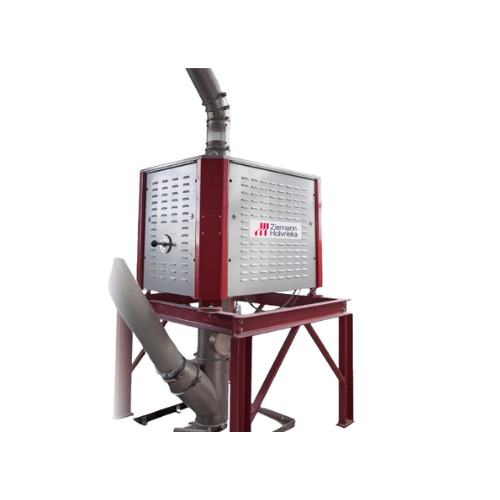
Optimal whirlpool vessel for wort treatment
Enhance your wort quality with a vessel that optimizes trub cone formation, re...
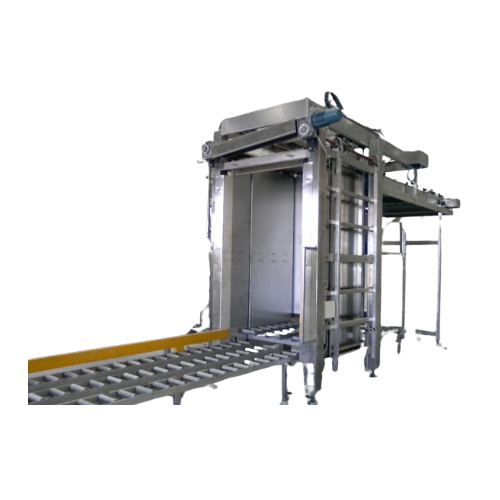
Complete filling and closing line for food containers
Optimize your production line with a versatile solution that ensure...
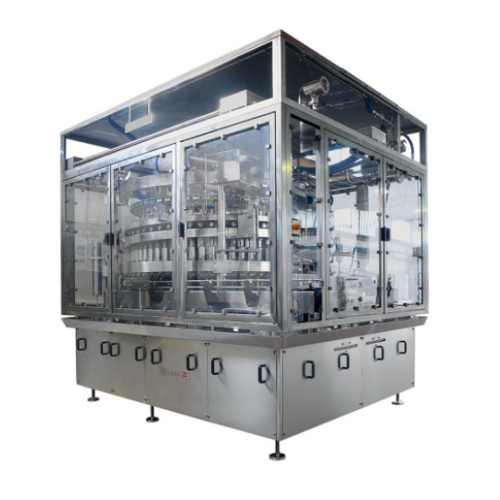
Rotary piston fillers for pumpable products
Optimize high-speed production lines with precision filling for diverse liquid...
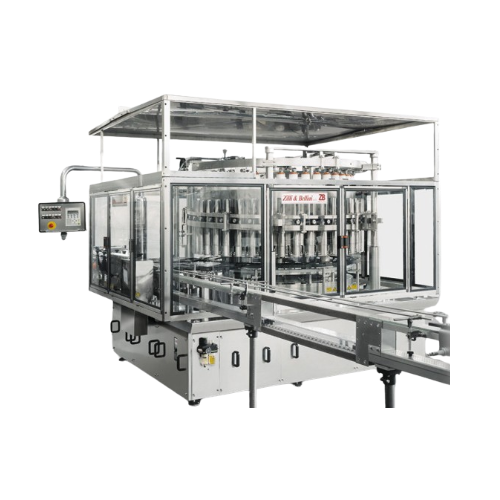
Rotary piston fillers with plunger for viscous products
Optimize your filling process with high-speed, rotary piston fill...
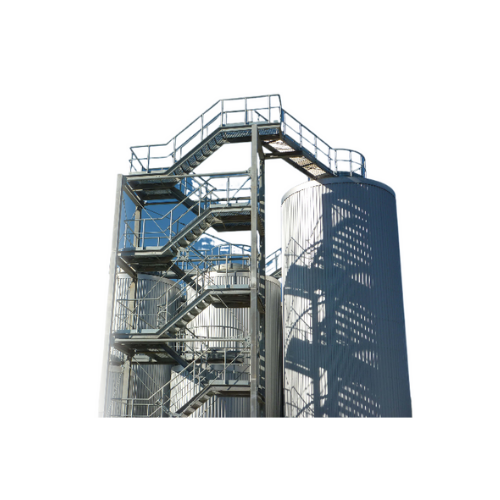
Large-volume stainless steel brewery tanks
Optimize your fermentation and storage operations with precision-crafted tanks,...
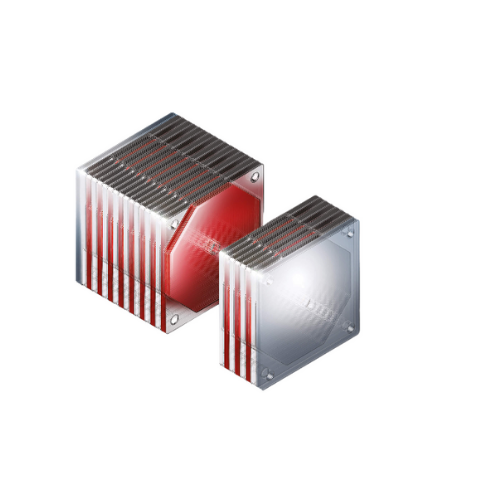
Membrane mash filter for brewing
Optimize your brewing process with advanced membrane filtration, ensuring maximum yield and...
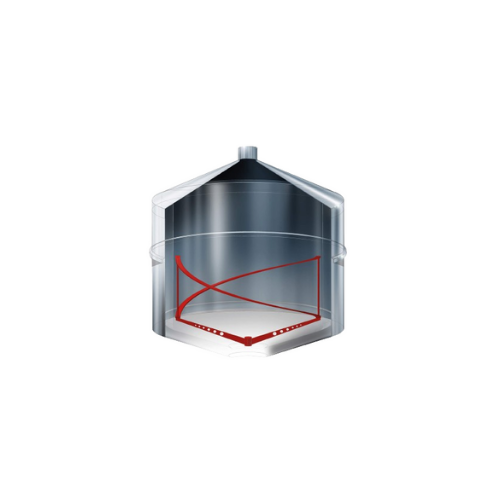
Efficient mash agitator for breweries
Enhance your mashing process with an agitator designed to optimize heat transfer and ...
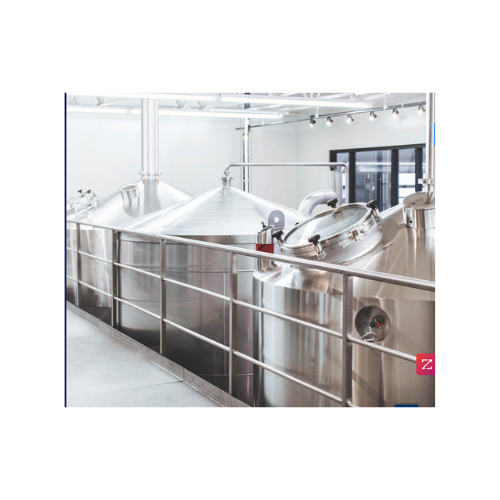
Lauter tun for enhanced lautering efficiency and yields
Achieve faster lautering and higher yields with optimized spargin...

Innovative brewing process for optimized wort quality
Revolutionize your brewing operations by optimizing subprocesses fo...
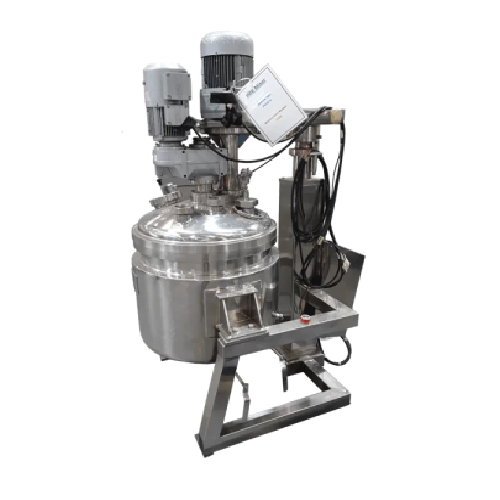
Mixing vessel for liquid, sauce, and cream products
Maximize efficiency in your production line with a versatile solution...
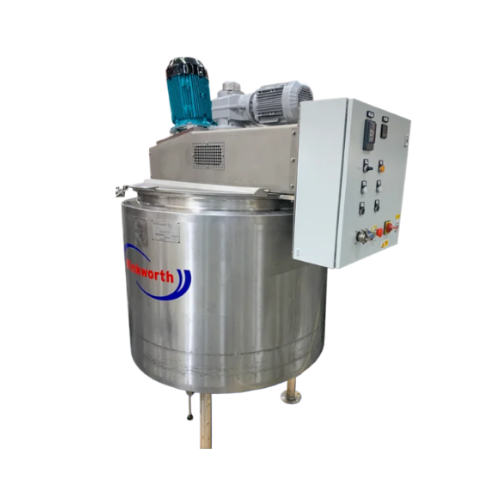
Pv processing vessels for liquid and cream mixing
Optimize your mixing operations with versatile processing vessels desig...
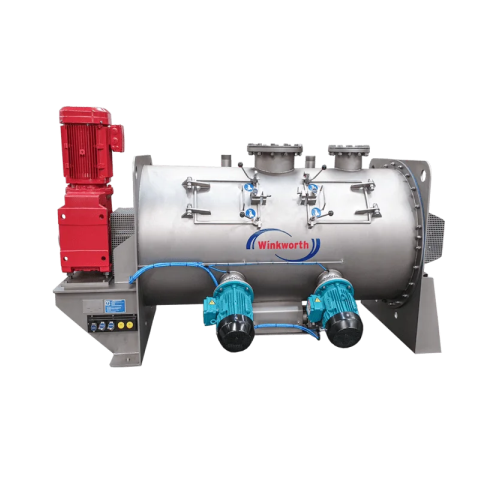
High-speed mixer for industrial mixing applications
Achieve rapid, consistent mixing and dispersion across diverse materi...
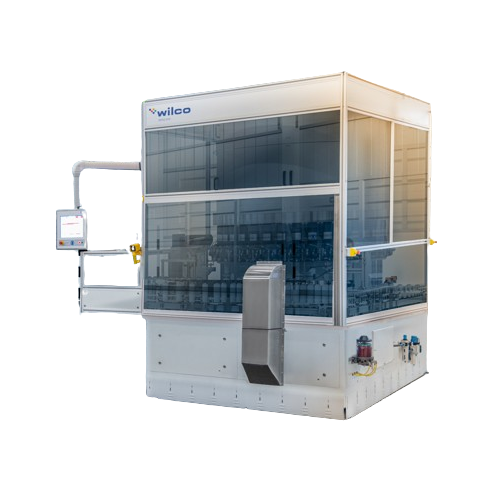
Leak testing system for aerosol cans
Ensure the integrity of your aerosol and metal packaging with a high-speed leak testin...
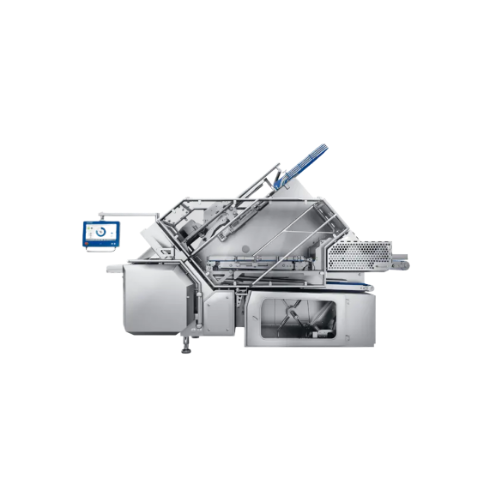
High-performance slicer for food processing
Achieve precise and consistent slices for your diverse range of food products ...
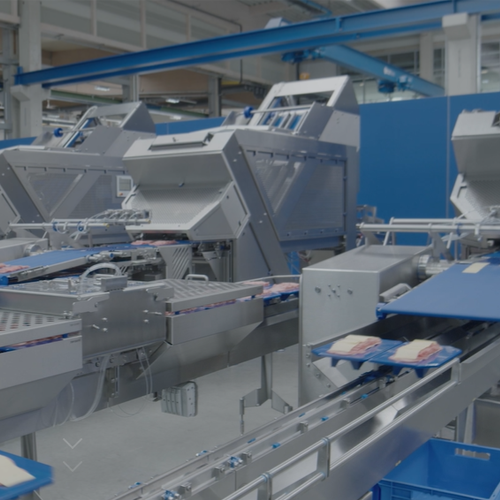
Automated insertion system for food processing
Streamline your food processing line with this versatile solution, designed...
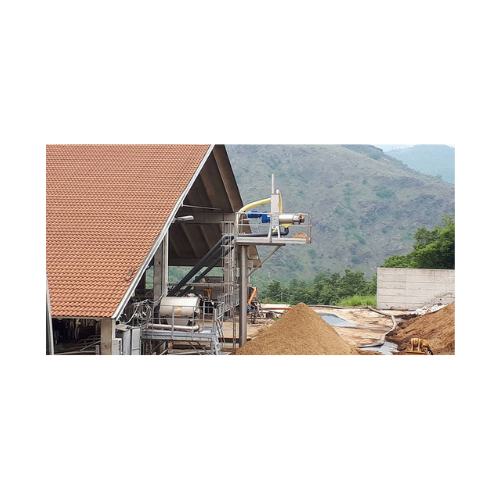
Cow bedding screw press separator
Efficiently transform cow manure into valuable green bedding with this advanced screw pr...
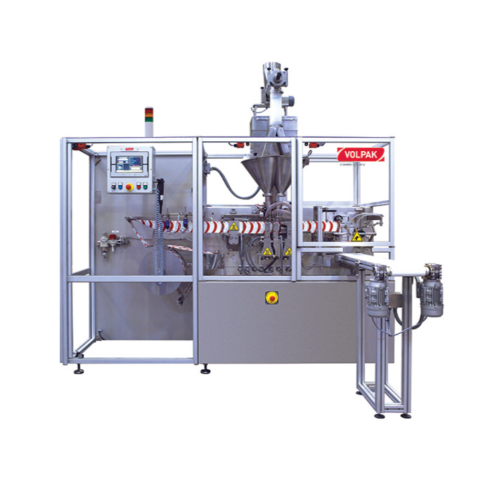
Horizontal flat pouching solution for foods and chemicals
Achieve precision in pouching liquids and powders with high-sp...
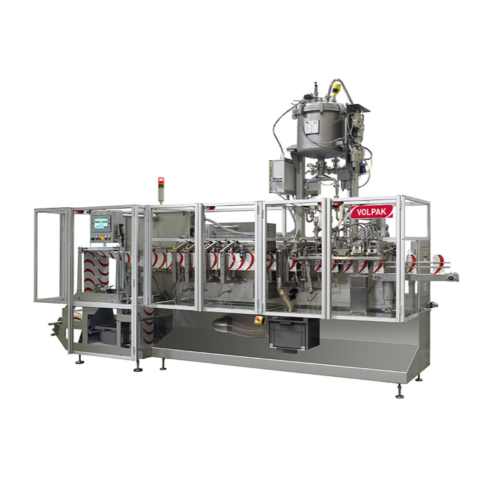
Stand-up pouch packaging for various products
For manufacturers seeking versatile packaging solutions, this machine delive...
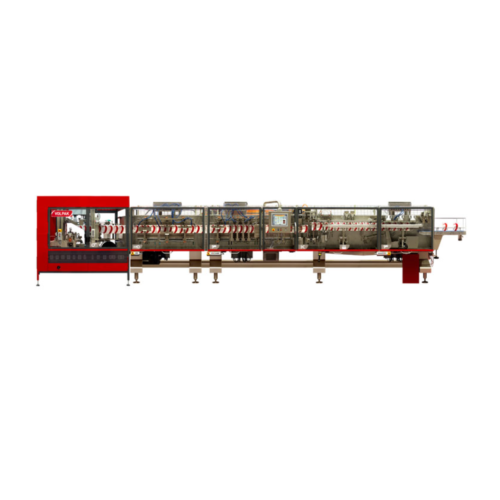
Horizontal stand-up pouching system for liquids and solids
For producers aiming to optimize efficiency and precision, th...
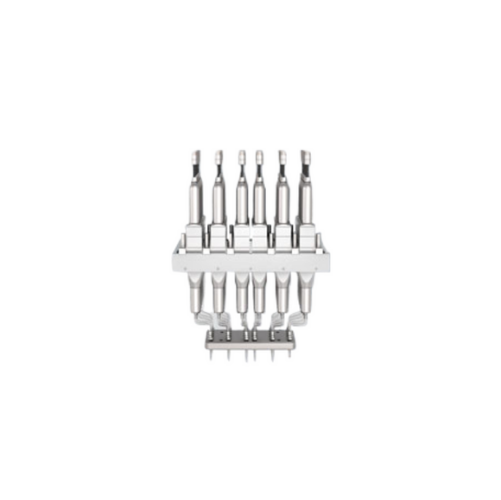
Fully automatic filling lines for liquids
Achieve precise dosing and filling of liquids with minimal cycle times using com...

Pressure monitoring solution for dosing processes
Optimize your production line by ensuring precise pressure monitoring, ...
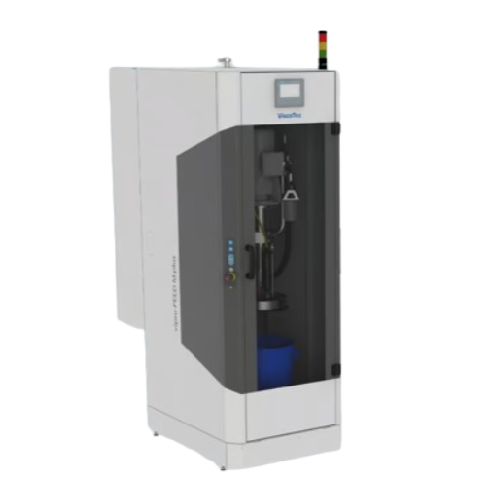
Emptying systems for high viscosity fluids and pastes
Efficiently empty high-viscosity fluids and pastes with precision, ...

Industrial mixer for transport containers
Easily adjust mixing for diverse container sizes with a powerful, high-speed sti...
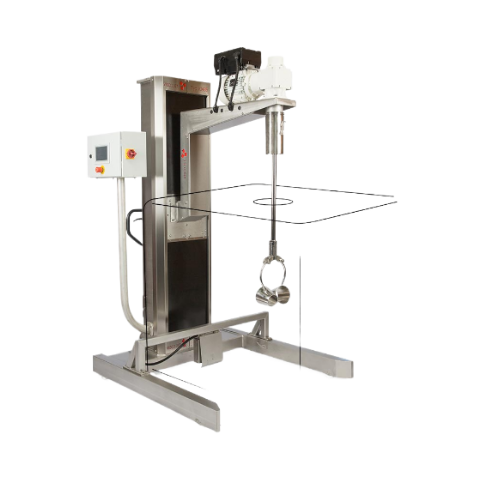
Industrial stativ mixer with adjustable height
Achieve precise mixing and stirring across diverse batches with a mobile, a...
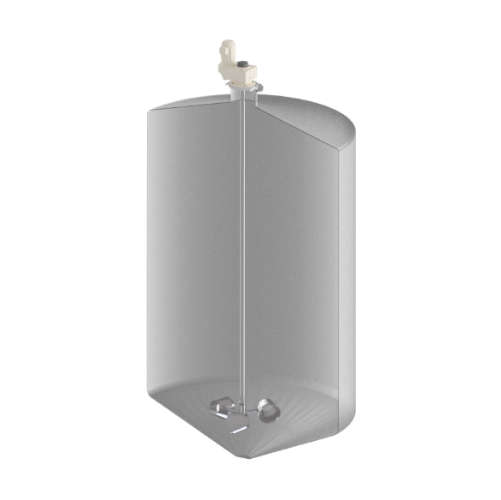
Industrial tank mixer for high-volume containers
Optimize your mixing processes with a robust solution designed for high-v...
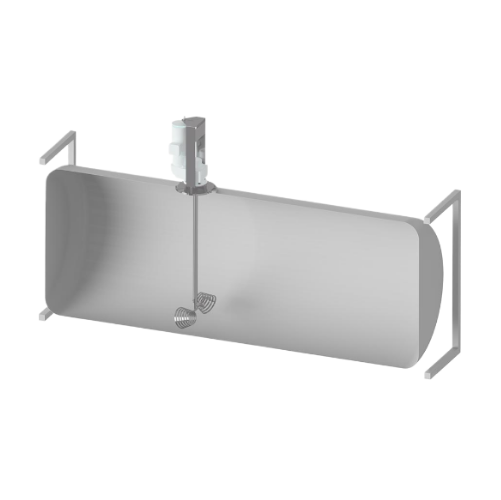
Agitator for horizontal storage tanks
Efficiently blend various viscosities in horizontal tanks, ensuring optimized flow pa...

Tank agitator for low-level installation
Efficiently optimize your mixing processes with a bottom-entry tank agitator, desi...
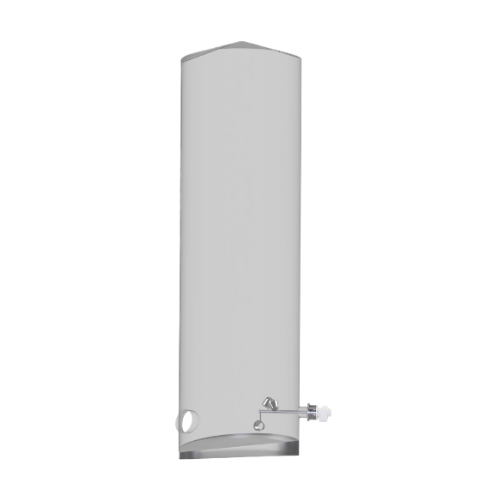
Industrial side-mounted agitator for efficient mixing
Enhance your production line with a side-entry agitator designed fo...
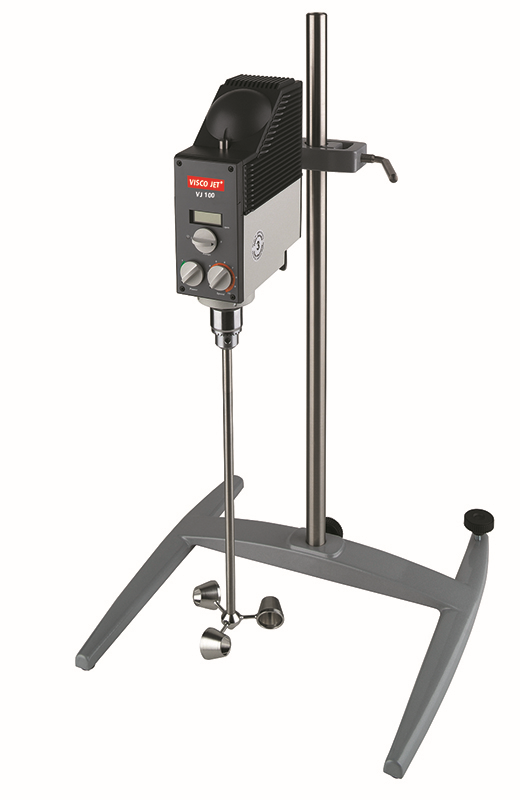
Laboratory stirrer for high-viscosity materials
Streamline your laboratory mixing processes with a powerful stirrer design...
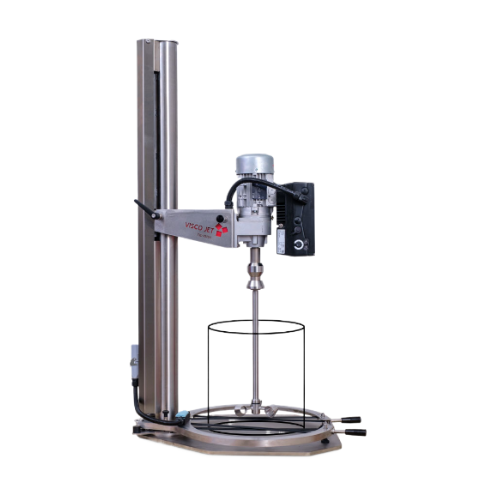
Laboratory stirrer for small batch mixing
Achieve consistent mixing and blending in small-scale environments with minimal ...
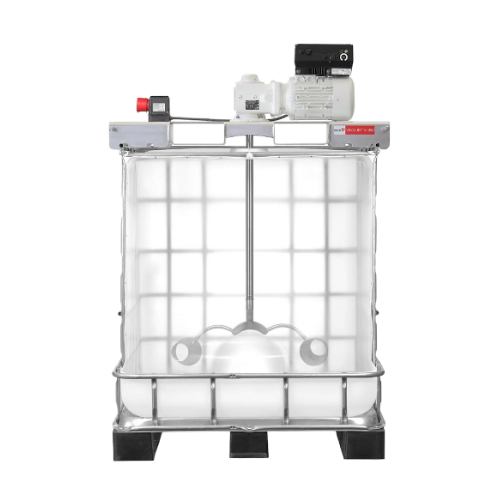
Industrial container mixing system for high viscosity media
Effortlessly blend high-viscosity liquids and slurries with ...
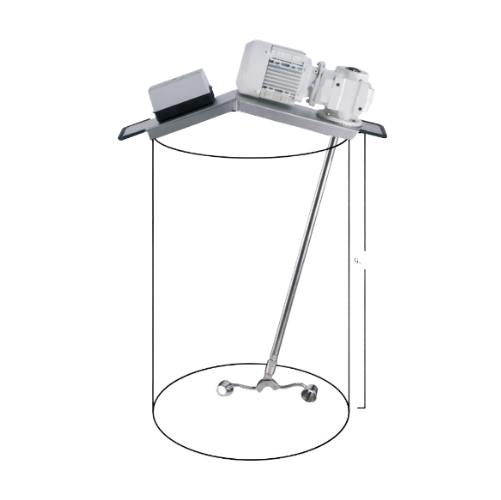
Drum blender for closed barrels
Efficiently mix liquids and slurries inside closed drums with a specialized agitator designe...
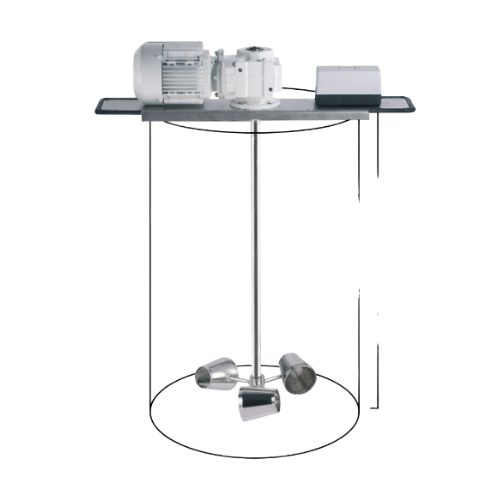
High-performance stirrer for open drums
Effortlessly homogenize high-viscosity liquids and slurries right in their storage ...
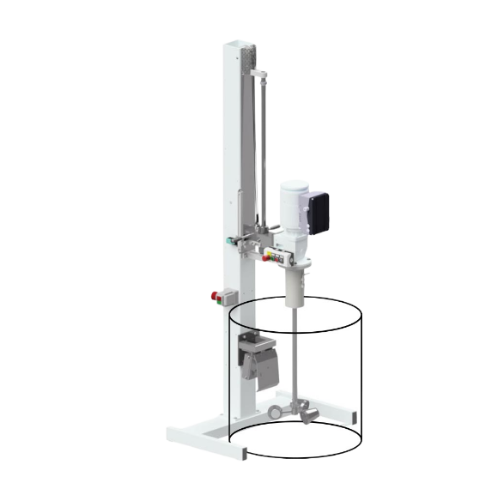
Laboratory and production agitator for medium-sized containers
Streamline your mixing and agitation processes with a ver...

Industrial mixer for facade paint and plaster
Optimize your facade paint and plaster production with this mixer designed f...
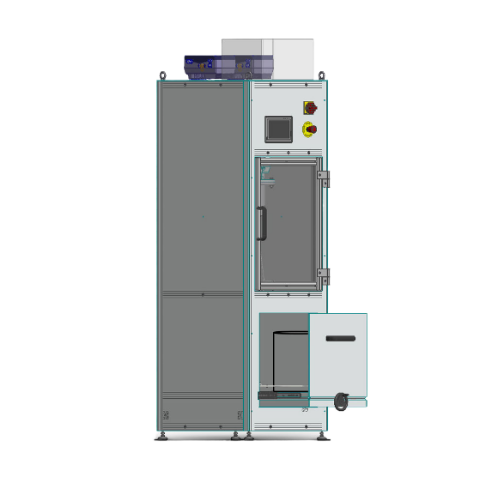
Semi-automatic stands blender for facade paints
Optimize your paint production with a versatile stirring system designed f...
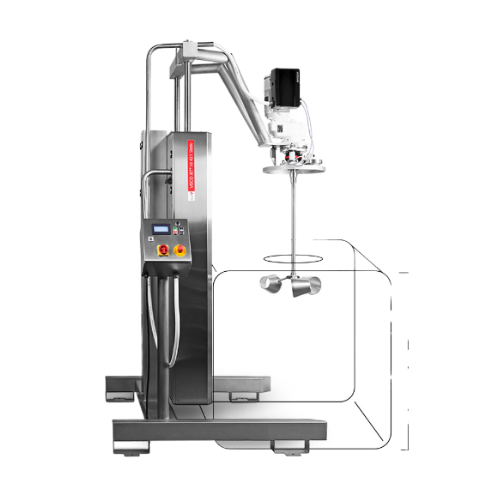
Industrial mixer for product-critical processes
When dealing with high-hygiene requirements and complex mixing tasks acros...
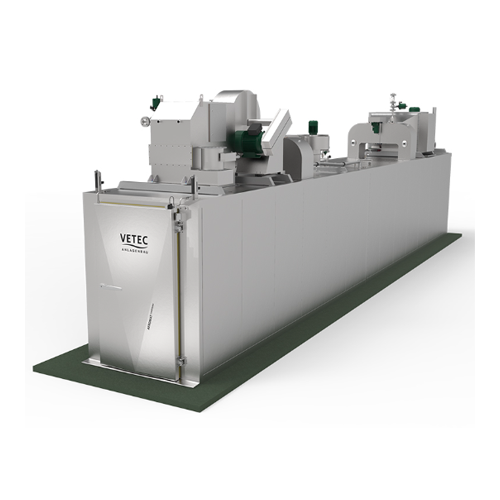
Advanced processing unit for meat and fish products
Transition seamlessly from hot to cold processing with a system that ...
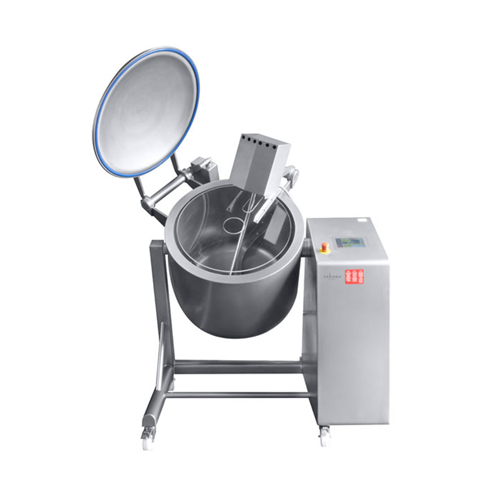
Energy-saving cooling tumbler for industrial kitchens
Optimize food quality and texture with a versatile cooling tumbler ...
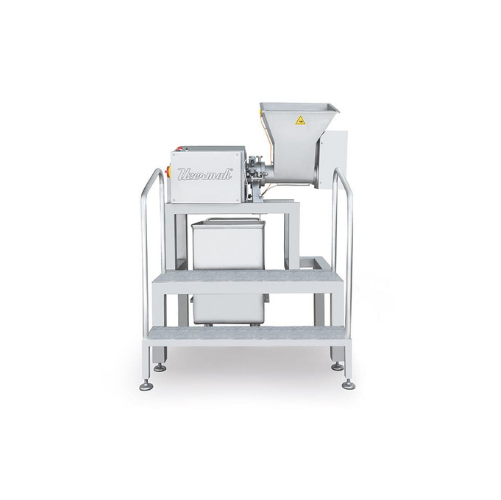
Mechanical homogenizer for fine cutting and emulsifying
Achieve precise particle size control and consistent texture in y...
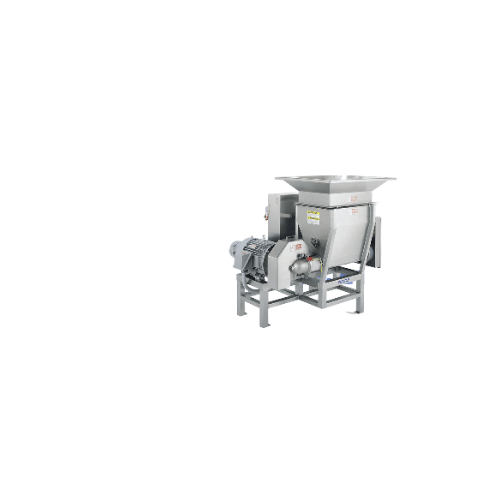
Industrial milling systems for food processing
Streamline your food production line with robust milling and cutting soluti...
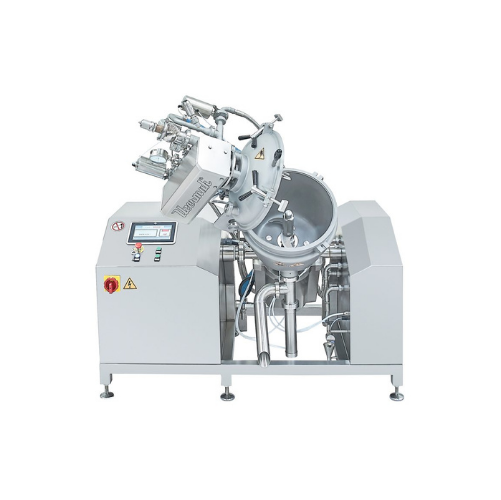
Multifunctional cheese and sauce processor
Optimize your production of sauces, dressings, and confectionery fillings with ...
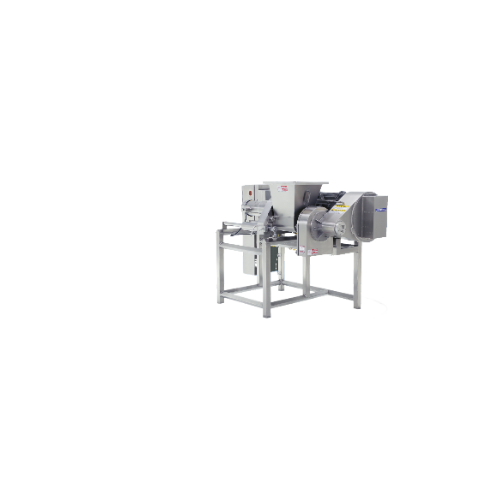
Industrial vegetable protein processor
Achieve precise size reduction and consistent texture in food processing with this h...
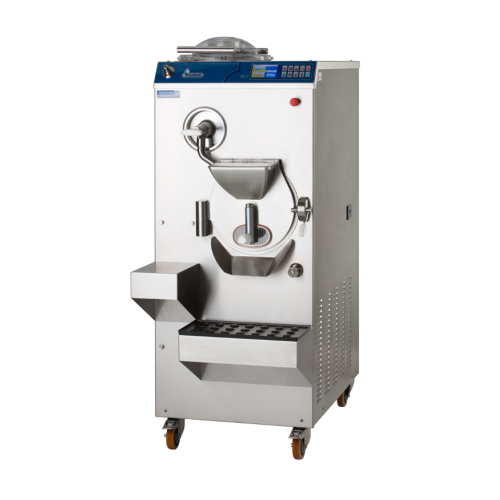
Artisan ice cream processing equipment
Transform your ice cream production with high-efficiency equipment designed to strea...
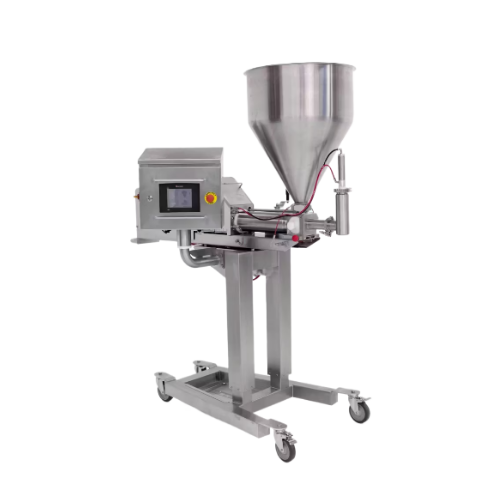
Industrial depositor for automated recipe management
Effortlessly streamline your production with precise depositing cont...
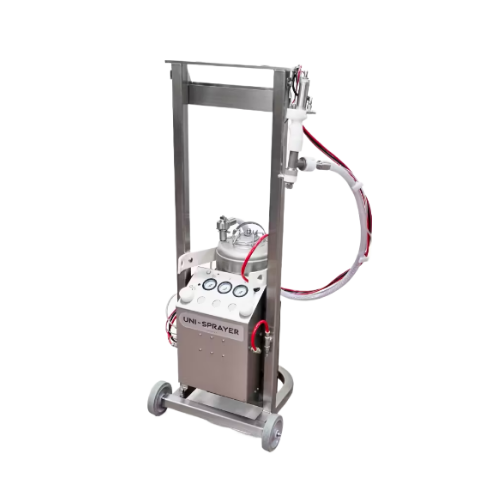
Food spraying solution for various products
Streamline your food processing with a versatile sprayer that handles everythi...
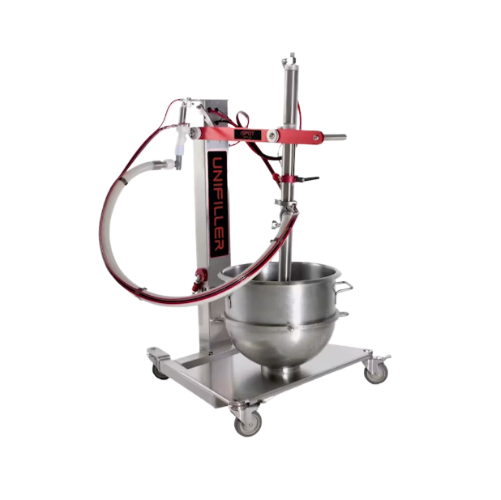
Compact food depositor for direct container use
Streamline your depositing process with a versatile solution that handles ...
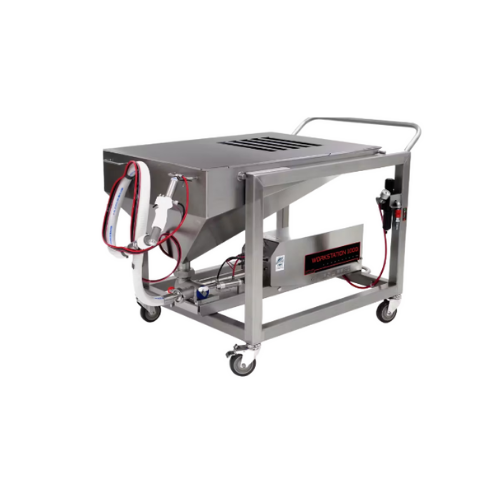
Industrial food portioning depositor
Optimize portioning precision and streamline your production with this advanced deposi...
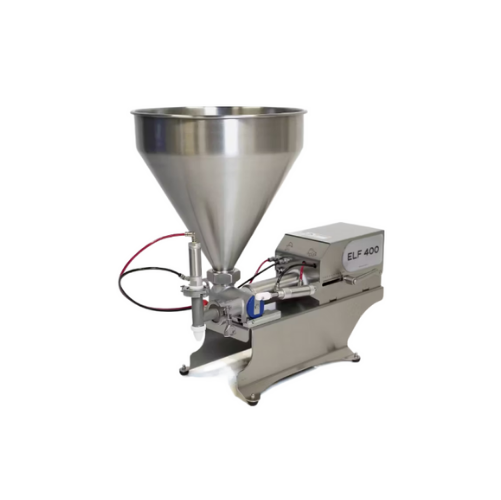
Tabletop food depositor for portion control
Streamline your food production with precise portion control, reducing waste a...
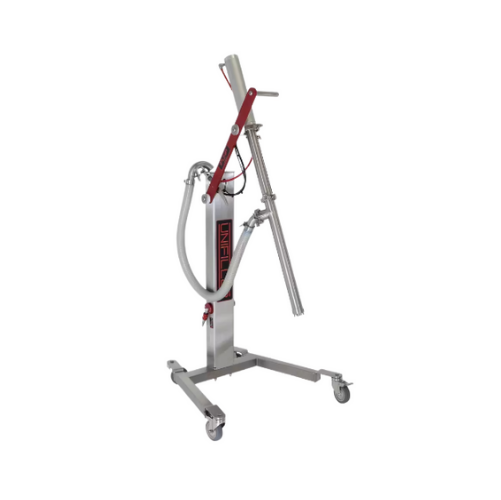
Compact food transfer pump
Effortlessly maintain your production flow with a compact transfer pump designed to handle a wide...

Industrial roller mill for high-stability milling
Optimize your milling process with a high-speed roller system designed ...
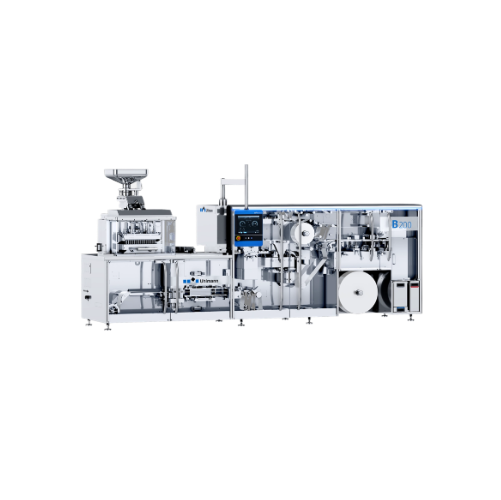
Single-serving blender for home use
Create smooth, nutrient-rich beverages and culinary delights effortlessly, whether you&...
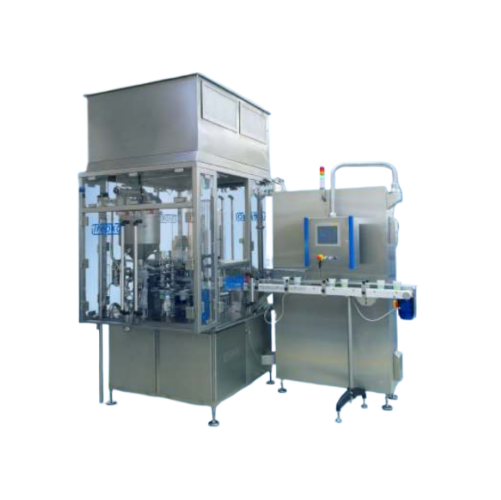
Aseptic rotary cup filling and closing solution
Maximize your production capacity with this cutting-edge aseptic solution,...
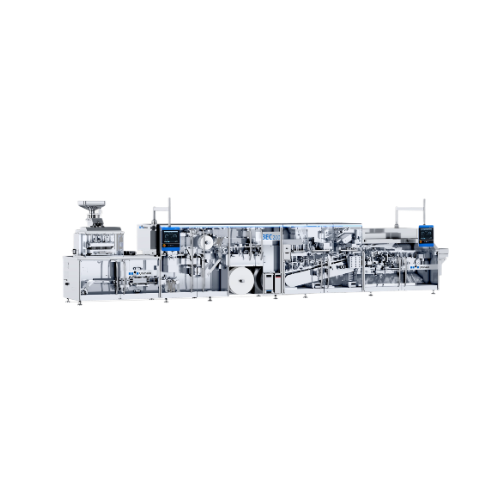
Remote monitoring system for production optimization
Optimize manufacturing efficiency by leveraging real-time data and r...
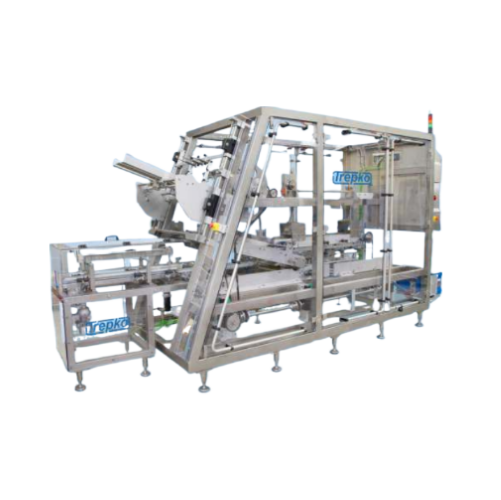
Wrap around sleeving machine for single serve cups
Seamlessly organize and wrap single-serve cups with precision and spee...
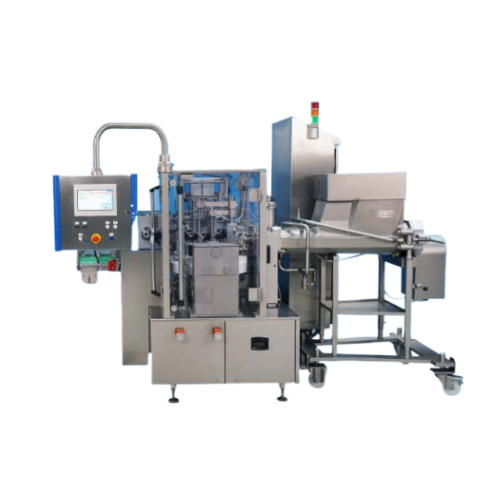
Brick forming and wrapping system for food products
Optimize your production line with seamless forming and wrapping of v...
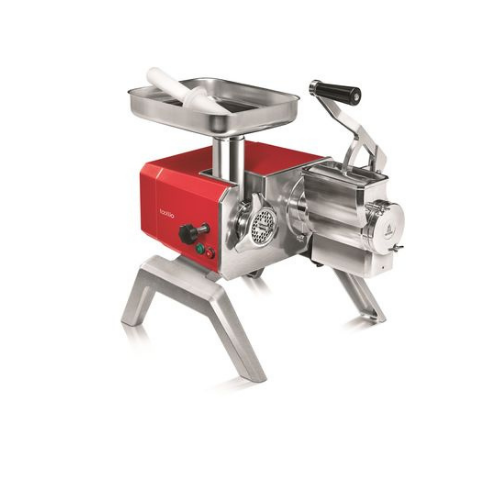
Grinder and grater combination for professional kitchens
This versatile meat processing and cheese grating solution integ...
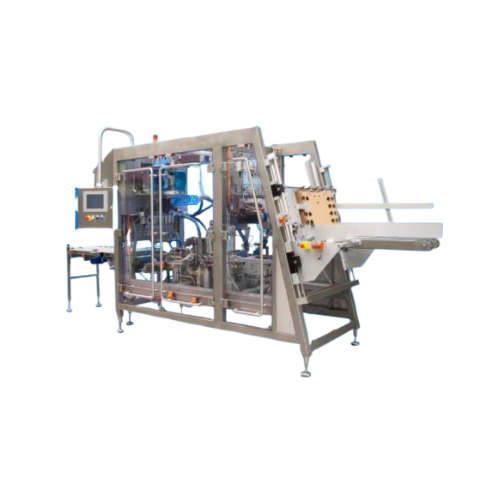
Tray erecting system for packaging
Handle complex tray packaging with precision, ensuring each tray is erected with exact f...
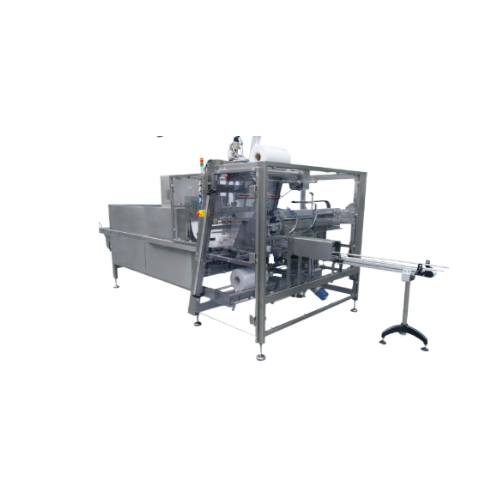
Industrial shrink wrapping solution
Optimize your packaging line with a robust shrink wrapping solution, efficiently accomm...
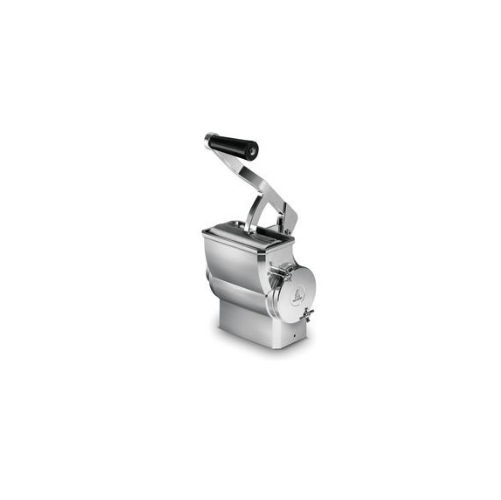
Professional cheese grater tool
Optimize your food preparation with a versatile tool that efficiently grates, slices, and gr...
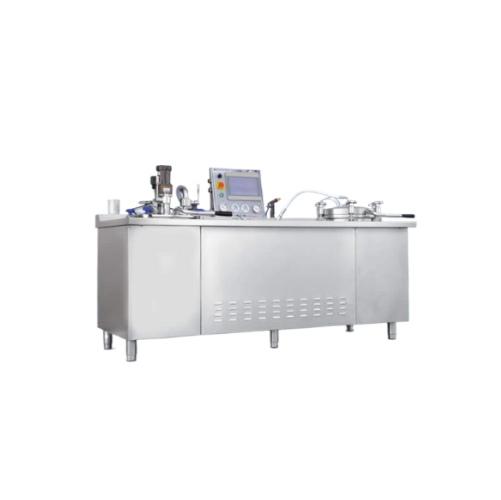
Low temperature food dehydration system for fruit and vegetables
Optimize your food processing with advanced low-tempera...
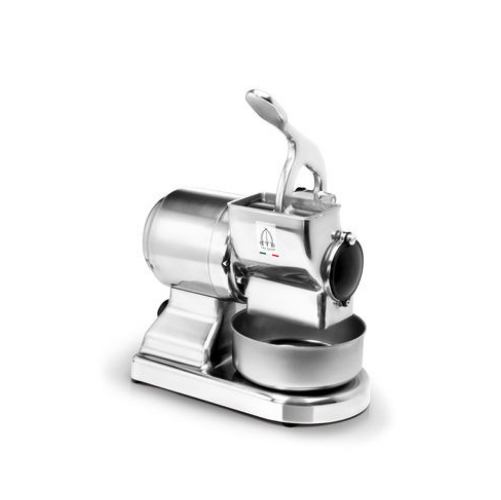
Industrial hard cheese grater
Optimize your food preparation process with high-speed grating, perfect for transforming hard ...
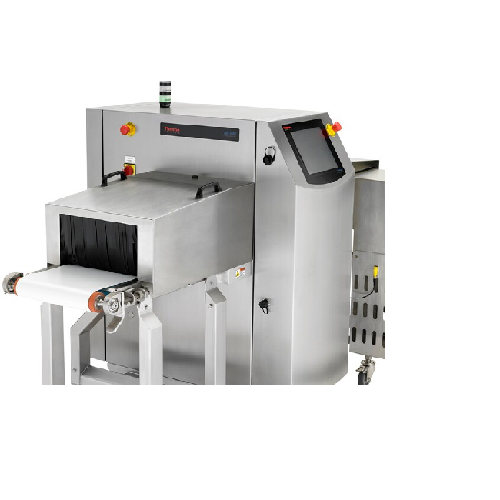
X-ray detection for food inspection
Ensure product integrity in high-speed packaging lines by detecting metallic and non-me...
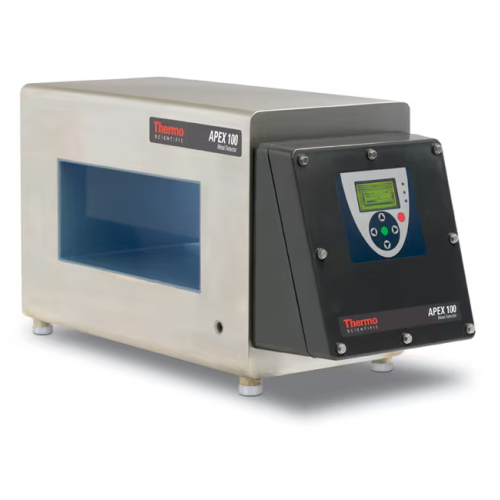
Entry-level metal detector for food production
Ensure your food and beverage products remain contaminant-free with a cost-...
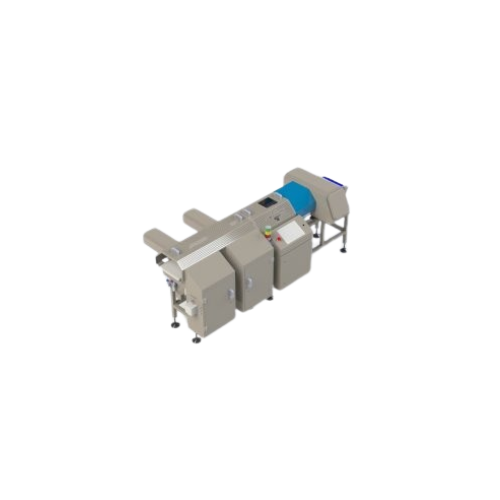
Combined metal detector and checkweigher for food production
Ensure compliance and safety in food production with this i...
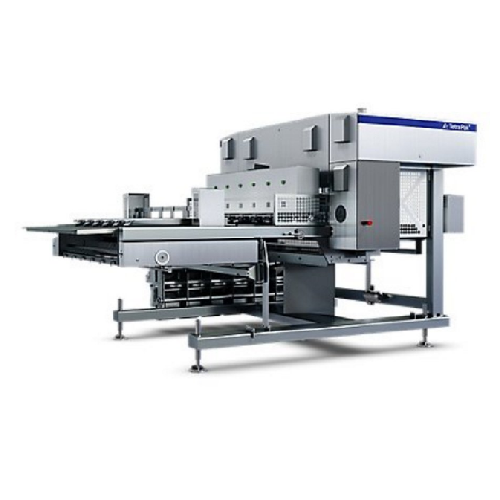
Multi-lane ice cream wrapper
Achieve seamless wrapping of diverse ice cream products with high-speed precision and reduced m...
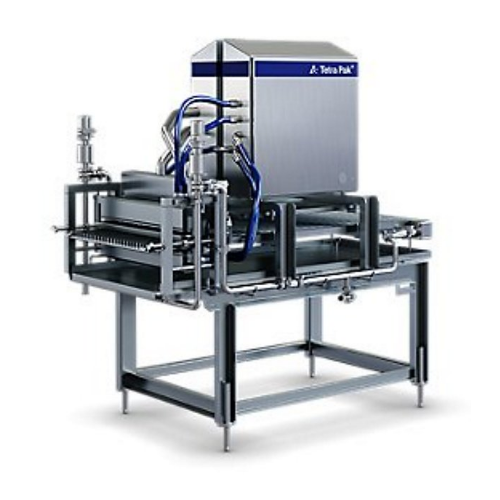
String cheese cutter for continuous production
Enhance your cheese production line with precise, adjustable length cutting...
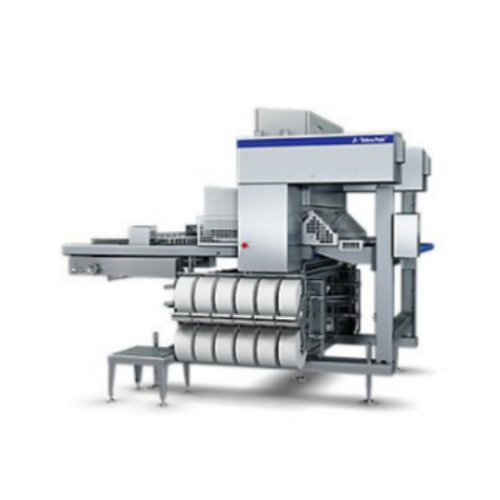
Wrapping solution for ice cream products
Optimize your ice cream packaging with a high-speed multilane wrapper designed for...
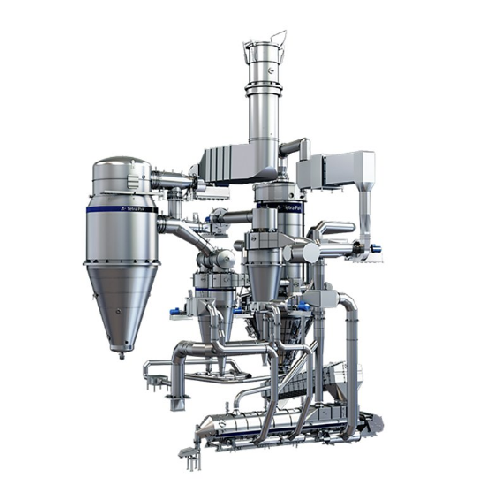
Permeate powder spray dryer
Optimize permeate powder production with continuous spray drying, ensuring premium, non-caking o...
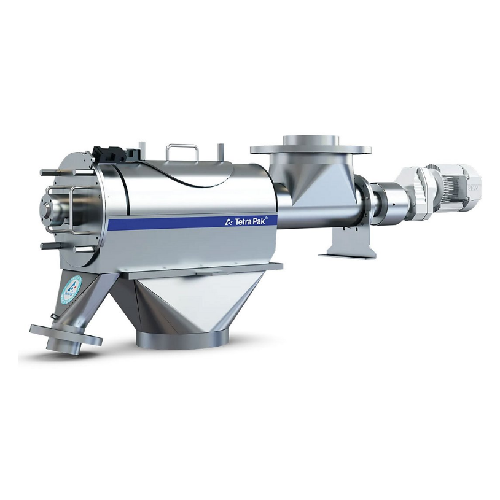
Centrifugal sifter for food and pharmaceutical powders
Ensure consistent particle size and remove contaminants in high-sp...
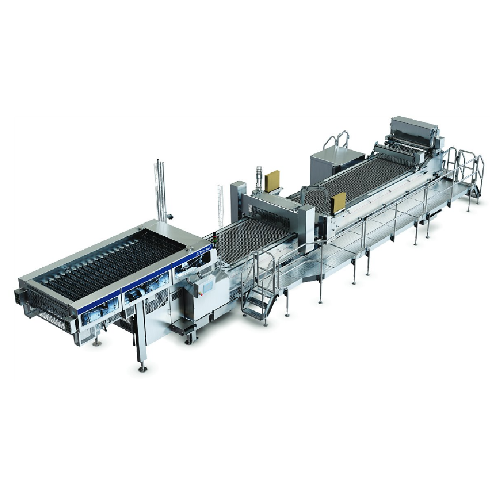
High-capacity ice cream stick production line
Maximize production efficiency with a high-speed, continuous ice cream moldi...
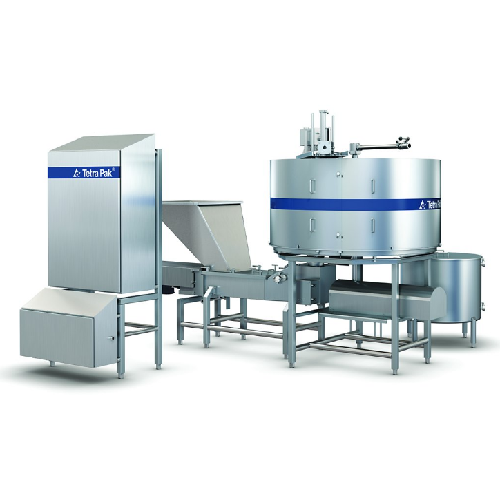
Mozzarella cheese moulding system
Optimize your cheese production with fully automated moulding and setting, ensuring consi...
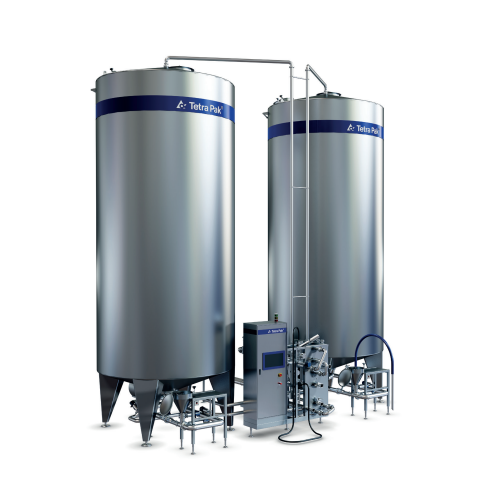
Beverage preparation system for large-scale production
Ideal for producers looking to scale up, this versatile system eff...
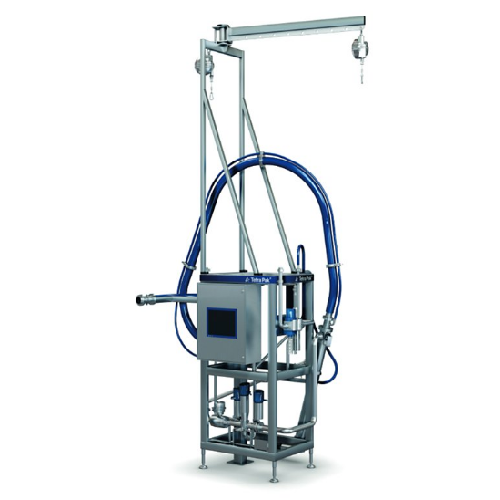
Drum unloader for liquid ingredients
Streamline the unloading of viscous liquid ingredients with advanced water injection t...
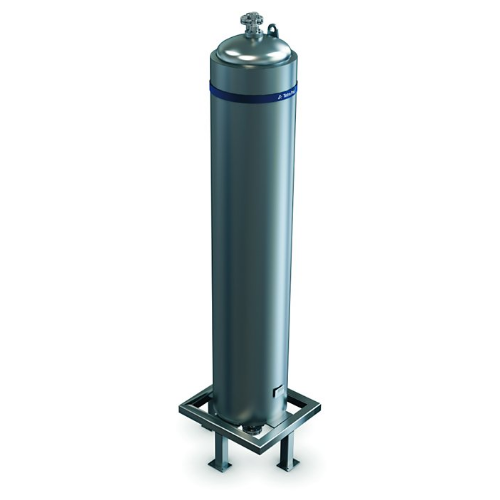
Coiled heat exchanger for high viscosity products
Efficiently handle high-pressure, viscous product heating and cooling w...
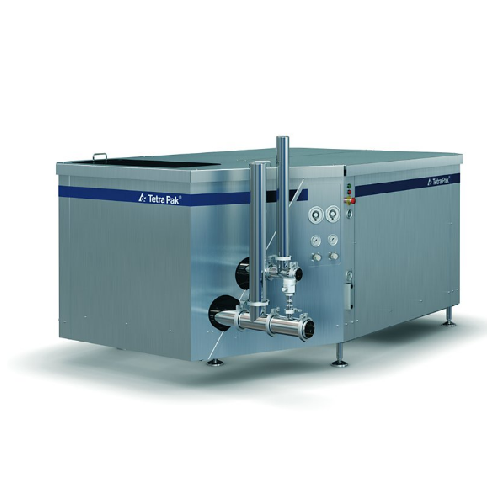
Industrial homogenizer for liquid food applications
Achieve unparalleled product consistency and quality with high-speed ...
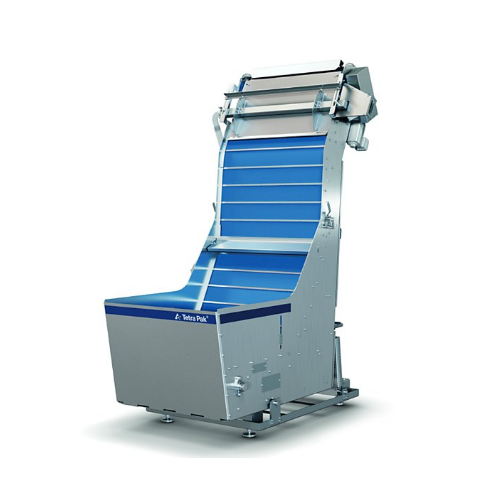
Ice cream filling solution for cups and cones
Optimize your ice cream production with a compact filling solution capable o...
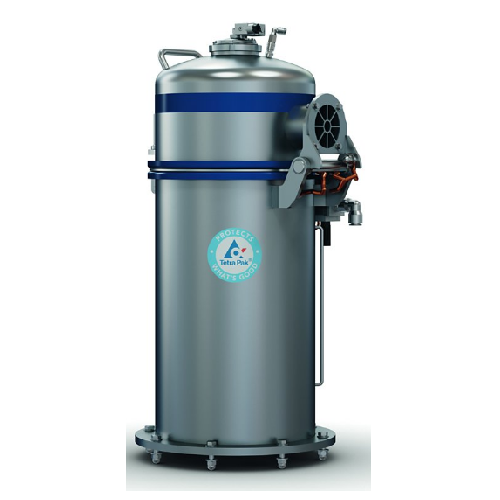
Dust filter for food processing
Ensure high-quality powder production with this self-cleaning dust filter, designed to minim...
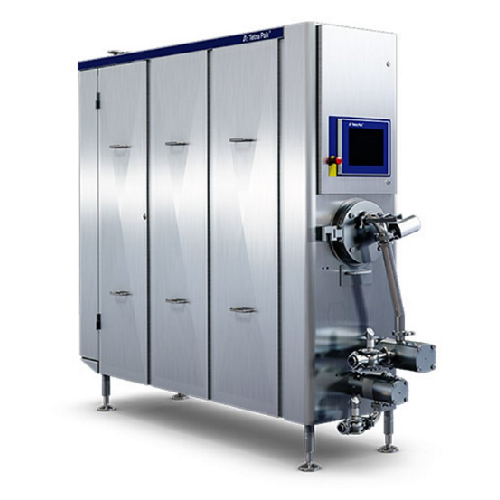
Continuous freezer for ice cream production
Optimize your ice cream production with precision freezing, mixing, and air in...
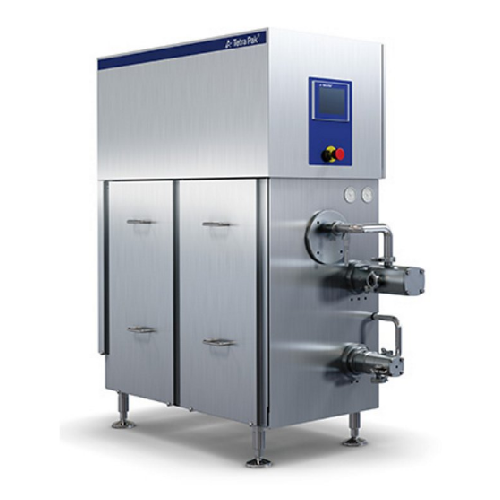
Continuous freezer for ice cream processing
Achieve exceptional product uniformity and optimal texture with a continuous f...
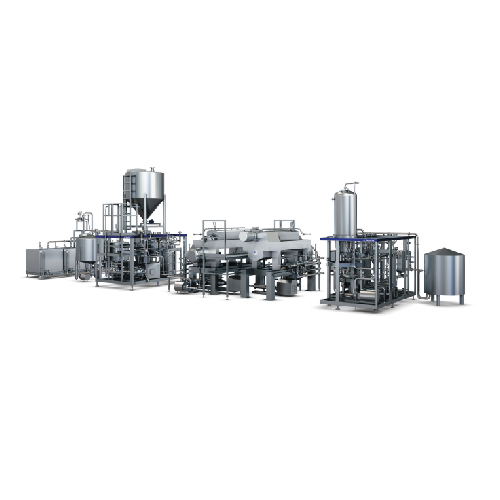
Continuous soya extraction unit
Enhance your plant-based beverage production with a unit that maximizes protein yield and re...
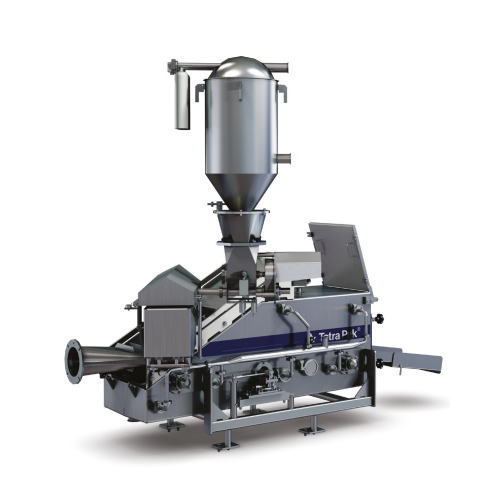
Dry salting system for mozzarella production
Optimize mozzarella consistency with precise dry salting—achieving perfect sa...
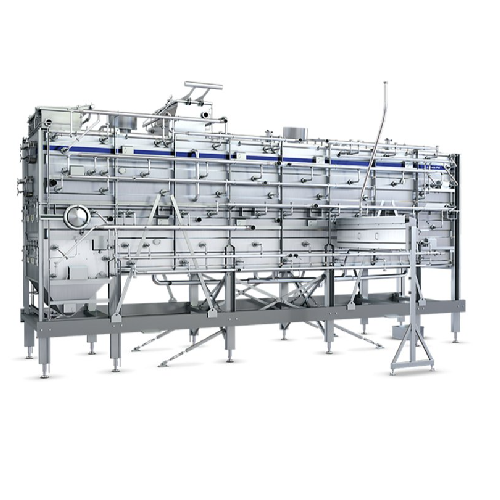
Cheddaring system for pasta filata production
Optimize cheese production with a system that enhances yield and consistency...
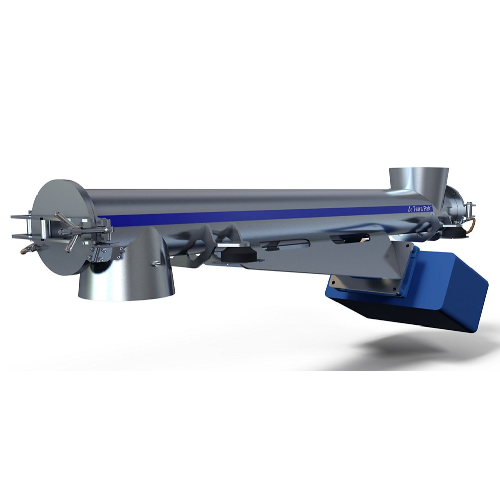
Vibrating conveyor for short-distance powder transport
Achieve precise and hygienic powder conveying and dosing with this...
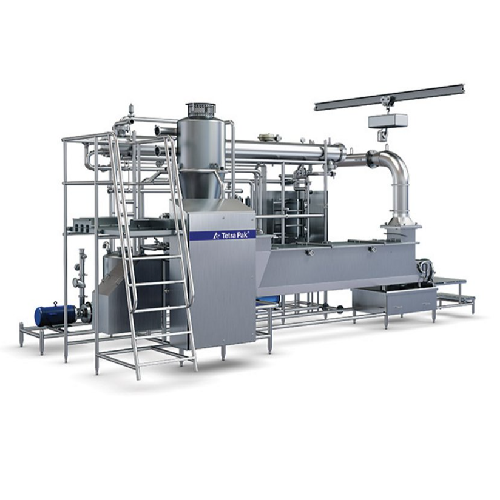
Cooker stretcher for pasta filata cheese
Enhance cheese quality and yield with this high-capacity cooker stretcher, designe...
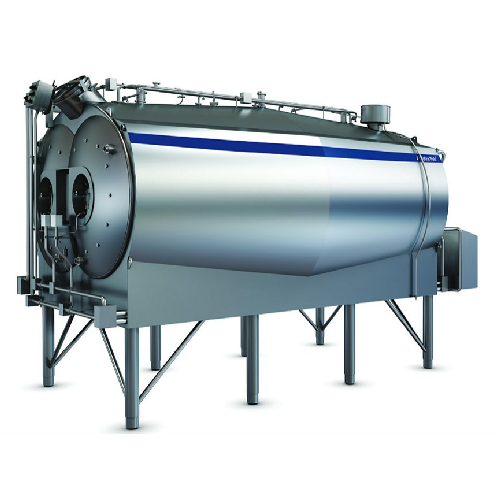
Cheese vat for high-yield cheese production
Maximize cheese production with minimal space, ensuring superior quality and e...
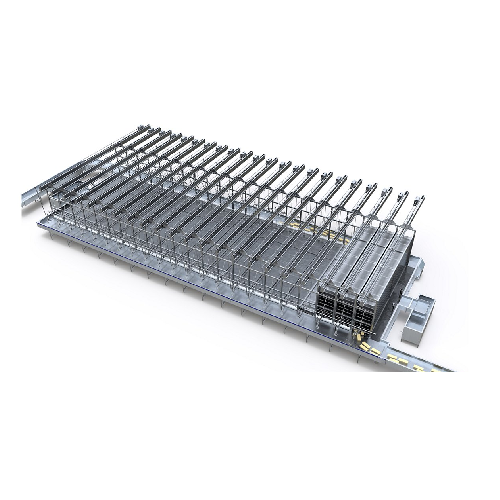
Efficient brining system for cheese production
Ensure precise temperature control and consistent quality in your cheese pr...
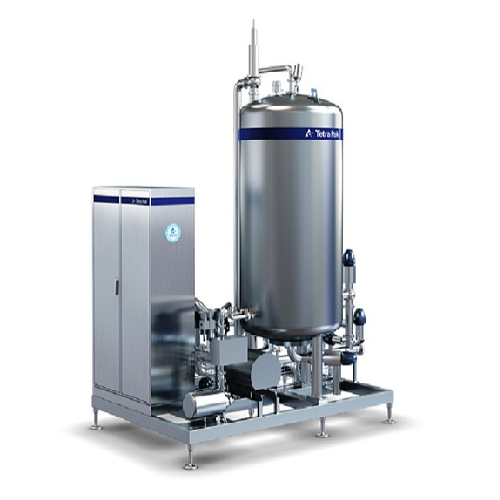
Continuous carbonator for beverage production
Optimize your beverage production with seamless continuous carbonation, ensu...
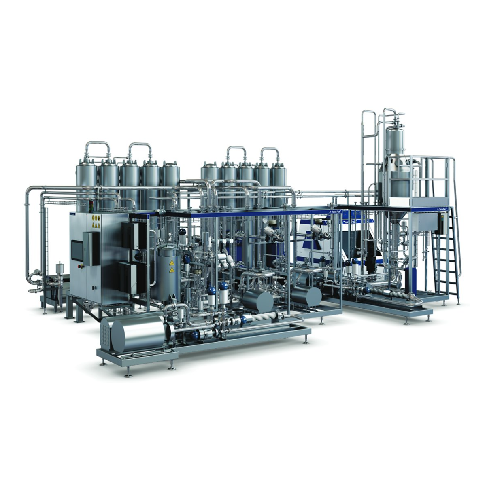
Indirect Uht treatment for high viscous products with particles
Optimize your production line with a unit that ensures h...
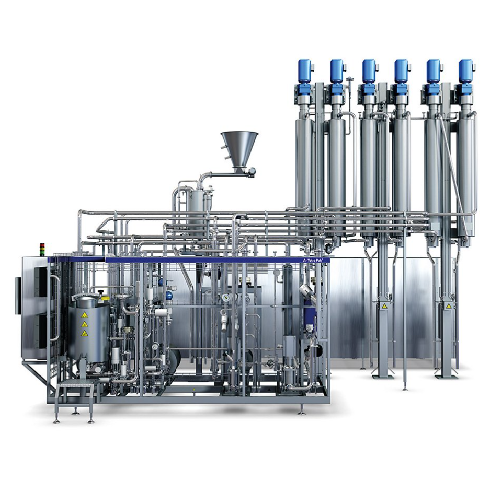
Indirect Uht treatment unit for viscous food products
Ensure uniform heat treatment and consistent product quality in you...
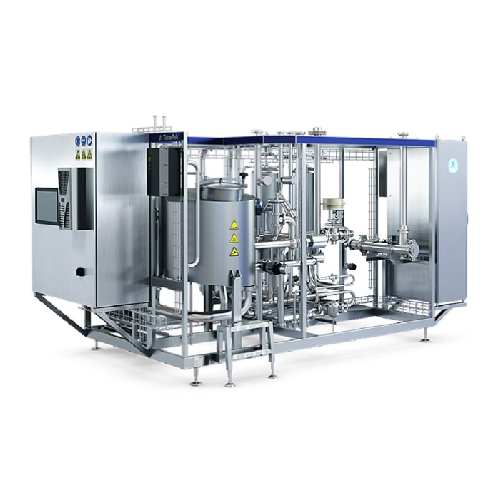
Water treatment system for aseptic blending in Jnsd production
Ensure a reliable aseptic blending process for your bever...

Ultra-high temperature processor for premium liquid foods
Achieve superior product quality and flexibility with advanced...
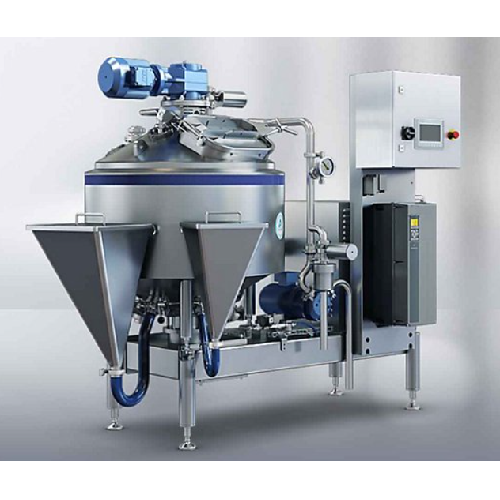
High shear mixer for smooth or particulate food products
Achieve consistent quality in diverse food products with precise...
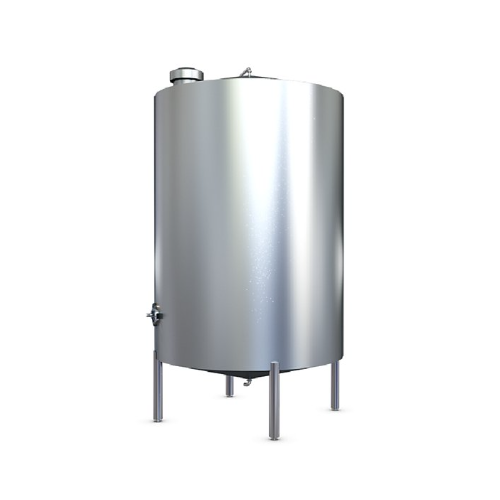
Storage tank for food liquid storage
Ensure seamless liquid product handling with precision-engineered storage tanks design...
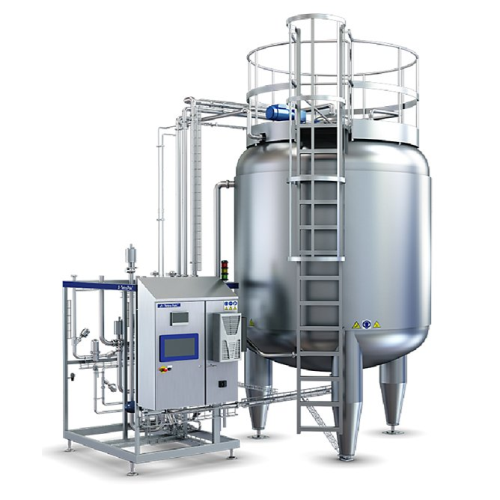
Aseptic tank for blending and buffering
Optimize your production line with a secure aseptic tank that ensures precise in-li...
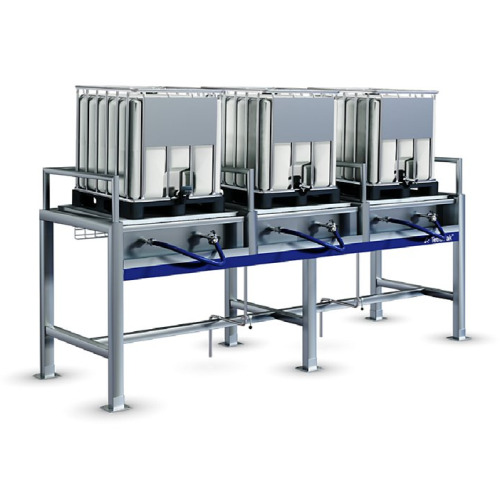
Ibc rack for storing and discharging ingredients
Optimize ingredient management with efficient storage and discharge of bu...
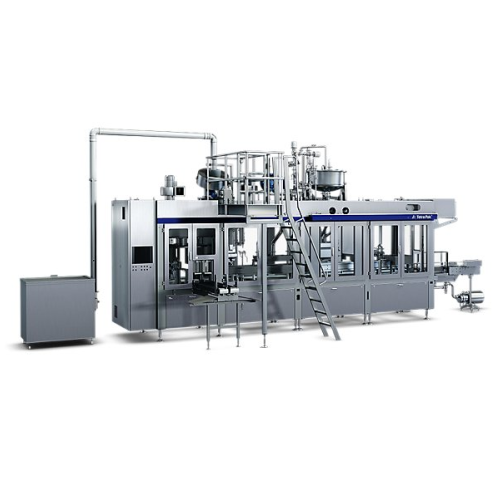
Filling system for gable top packages
Achieve precise, cost-effective filling with reduced energy consumption for chilled l...
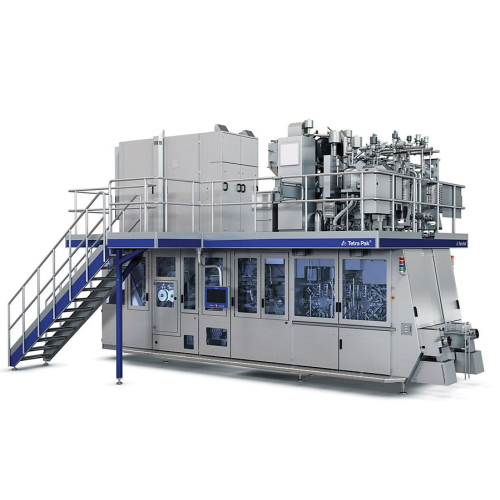
Dual-line filler for tetra top packages
Maximize your production flexibility with a high-speed, dual-line filling solution ...
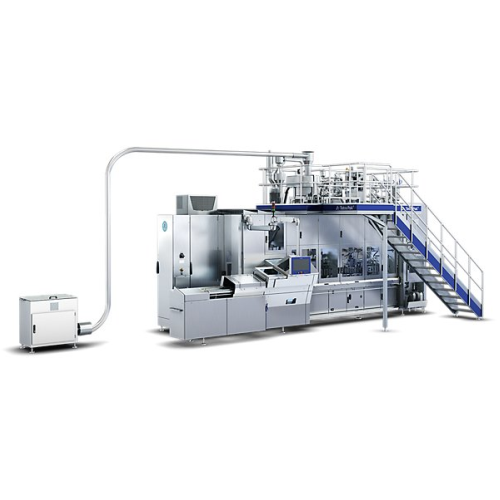
Filling machine for tetra rex® gable top cartons
Maximize efficiency and food safety in high-speed liquid filling with pre...
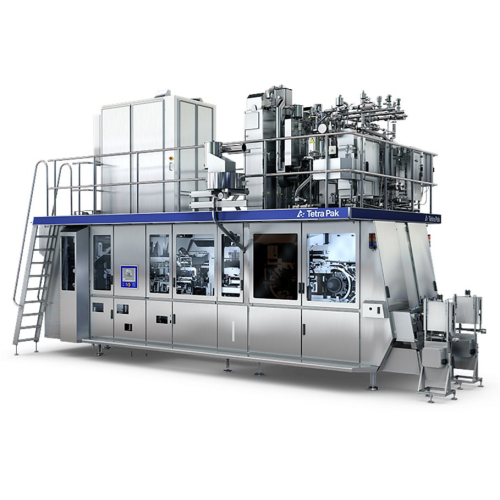
Dual filling solution for tetra top packages
Boost production flexibility by simultaneously filling different liquid produ...

Aseptic filling solution for tetra classic packaging
Experience efficient aseptic packaging with high-speed operation, of...
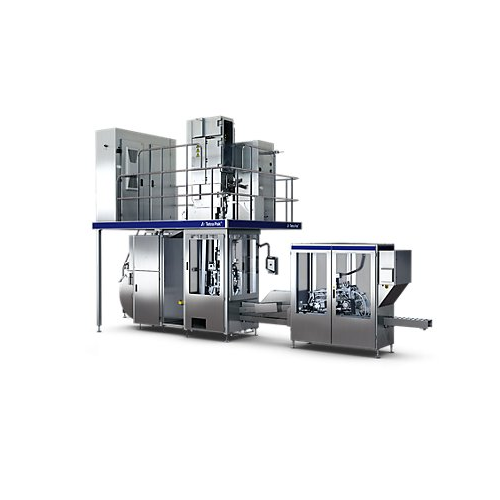
Filling system for tetra wedge aseptic packages
Optimize your production line with a reliable filling system designed to e...
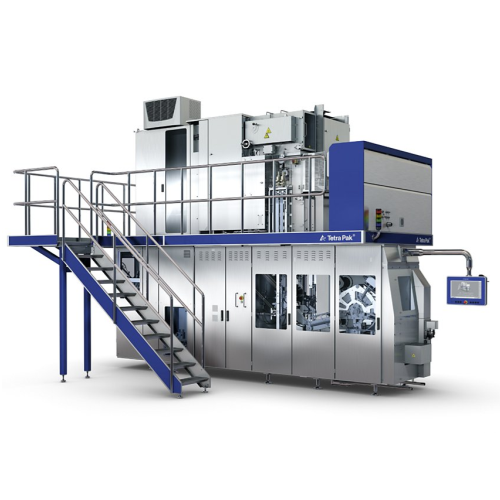
Compact aseptic filling solution for versatile production
Maximize production line efficiency with a compact filling sys...

Cardboard packer for secondary packaging
Streamline your packaging process with a high-speed, automated cardboard packer th...
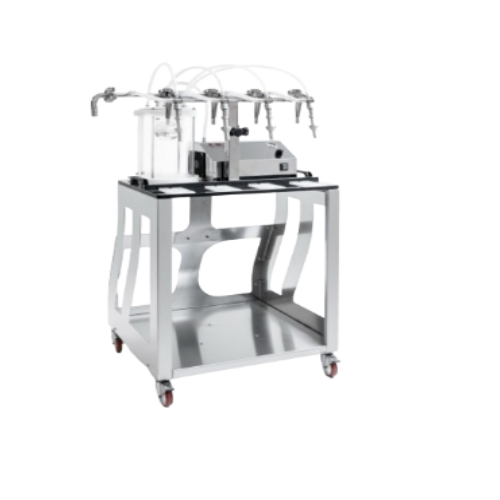
Vacuum bottling equipment for wineries and breweries
Optimize your bottling process with a vacuum solution that fills up ...
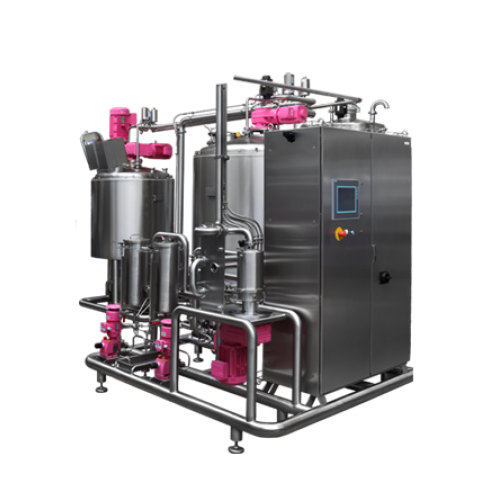
Inline blender for liquid ingredients
Optimize your production line with seamless liquid blending, enhancing flavor consist...
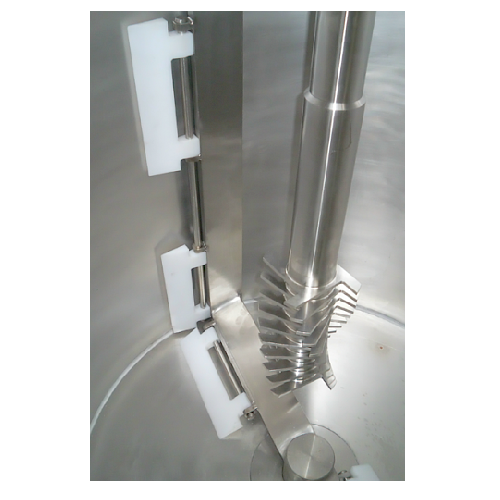
Dry and liquid ingredient batch mixer for bakery applications
Achieve homogeneous mixing with precise heat control and e...

Conveyor belt freezer for industrial quick freezing
Ensure optimal preservation of food texture and nutrition with this a...
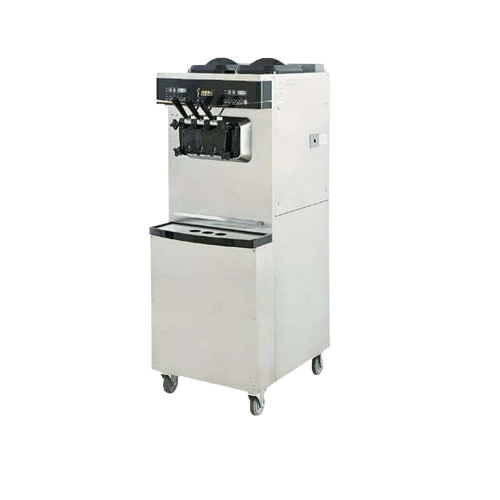
Commercial soft serve ice cream maker
Perfect for dessert establishments seeking versatility, this machine harmonizes mixin...
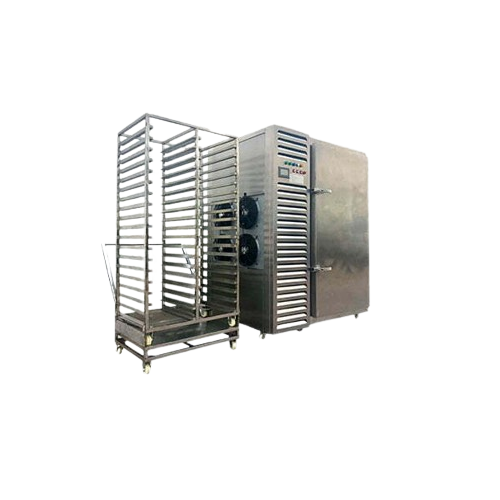
Extra-low-temperature freezer for fresh meat
Achieve rapid freezing and maintain product quality with this extra-low-tempe...
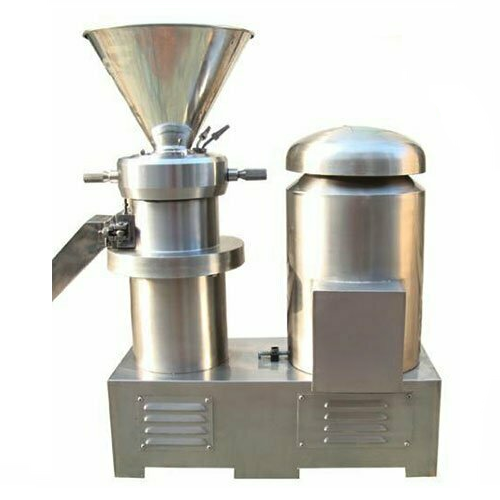
Stainless steel peanut butter grinder
Optimize your production line with high-speed emulsification and grinding, achieving ...
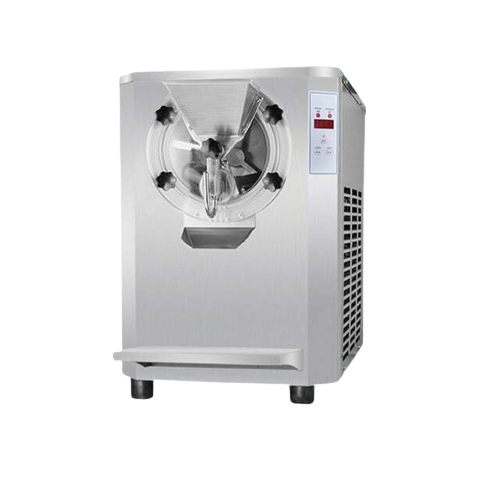
Commercial hard ice cream making solution
Achieve consistent high-volume production of gelato and hard serve ice cream wit...
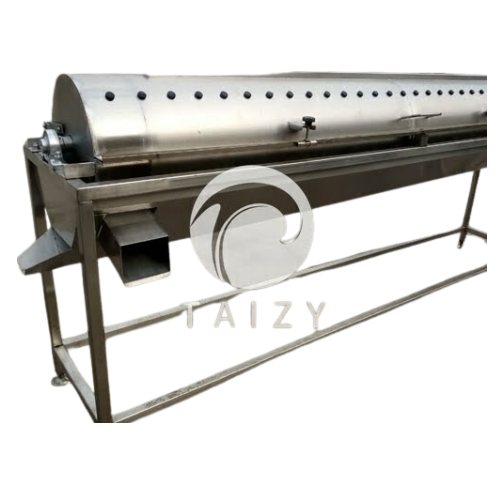
Chicken claw skin peeling production line
Efficiently process chicken claws by removing skin and nails without damage, ens...
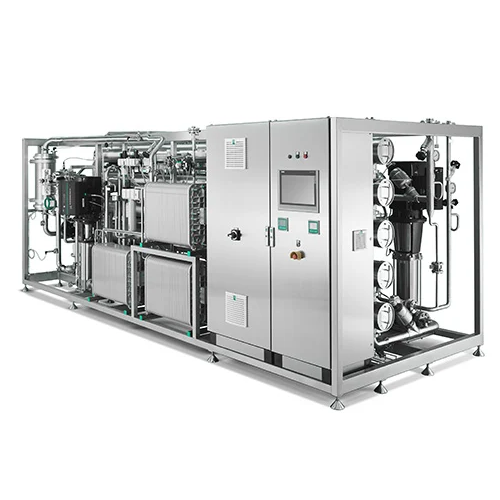
Pure water generation system for pharmaceutical manufacturing
Ensure high-purity water and steam production with precisi...
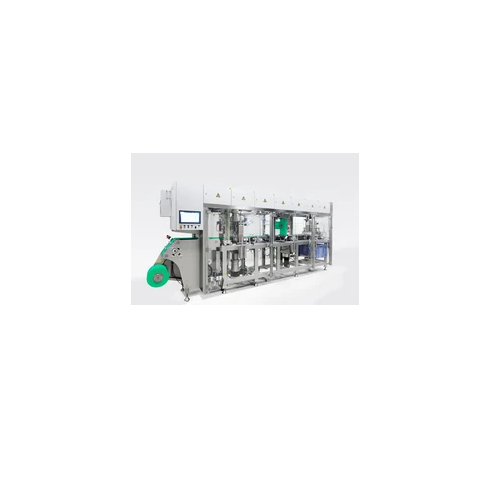
Paper forming technology for sustainable packaging
Elevate your product’s sustainability with advanced paper formin...
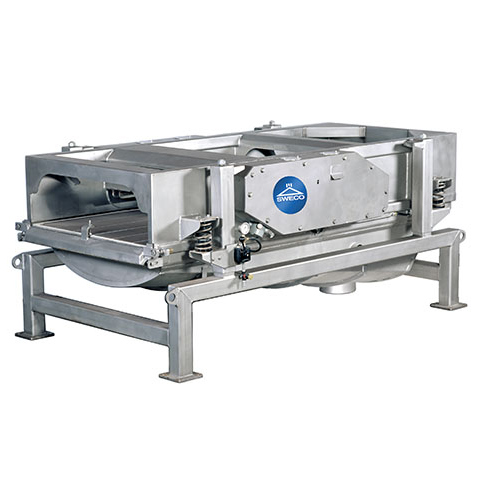
Universal motion rectangular separator for pulp and paper
Achieve precise motion adjustments with a versatile separator ...

Industrial bag sealing solution for medical and food applications
Enhance your packaging line with reliable and versati...
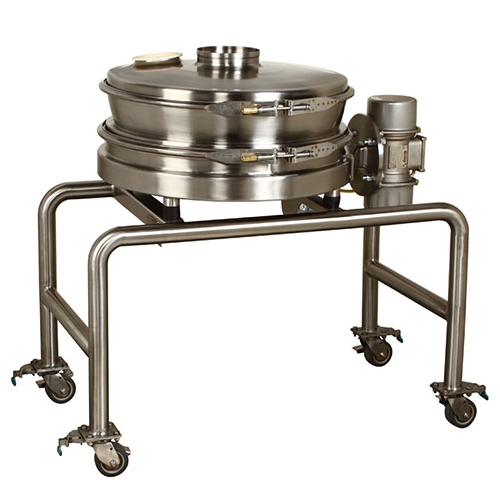
Sanitary separator for food processing applications
Ensure efficient separation and prevent contamination in food product...
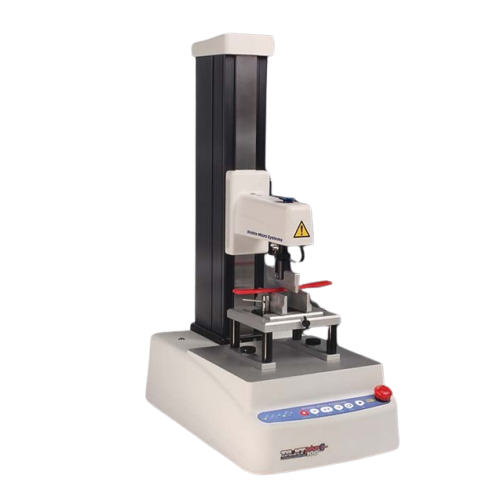
High-force texture analyser for precise measurement
Achieve unparalleled precision in texture analysis for high-force app...
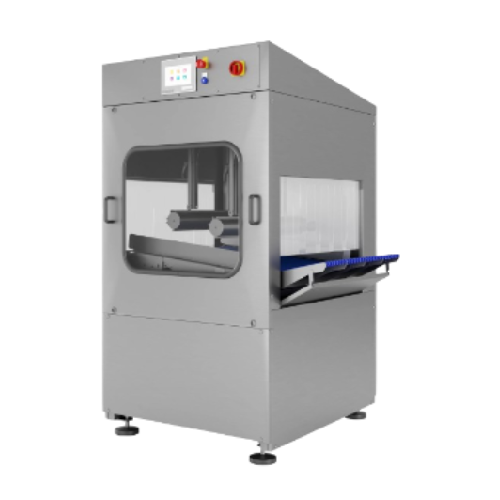
Stainless steel drying tunnel for packaging lines
Optimize your packaging line efficiency by ensuring products are thorou...
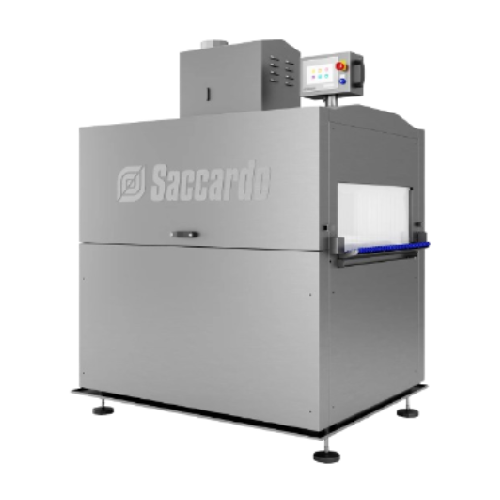
Hot water shrink tunnel for packaging
Enhance your packaging line efficiency by seamlessly integrating a hot water shrink t...
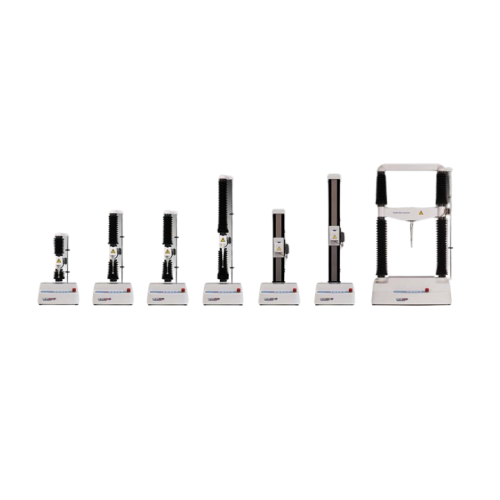
Portable texture analysis for low force applications
Easily perform precision texture measurements on low-force applicati...
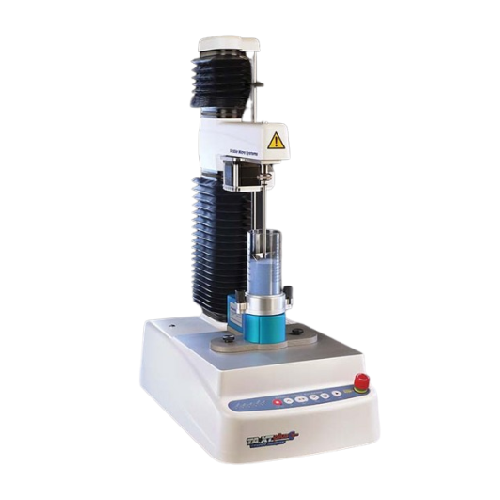
Powder flow measurement system
Achieve precise control over powder consistency and prevent process disruptions by assessing ...
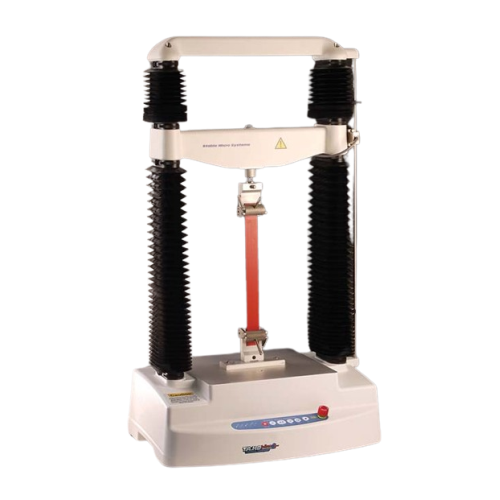
Texture analyzer for high force applications
Achieve precise texture measurement across a vast array of products with a so...
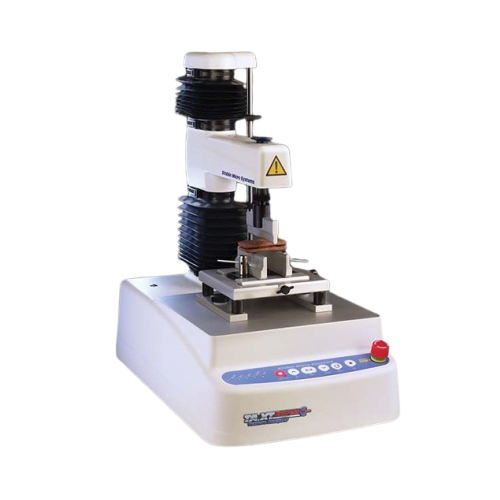
Entry-level texture analysis system for Qc applications
Perfect for quality control labs, this portable system streamline...
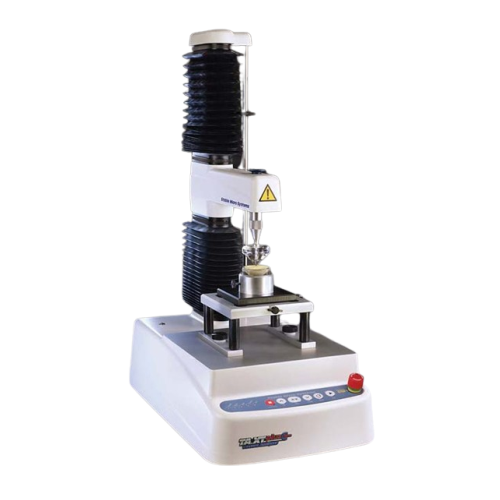
Texture analyser for food and cosmetics testing
Ensuring consistent product quality across diverse food and cosmetic appli...
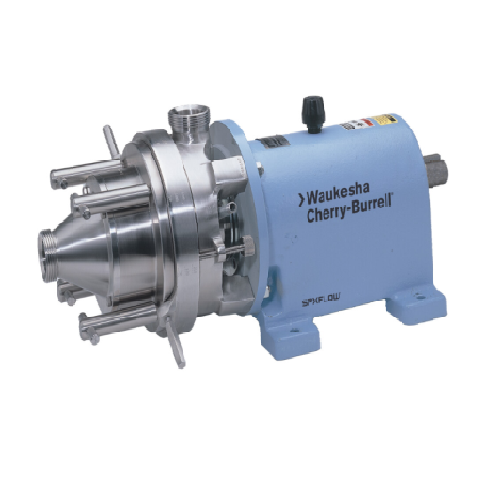
Colloid mills for shearing and mixing in food processing
Optimize your liquid formulations with precise colloid mills, en...
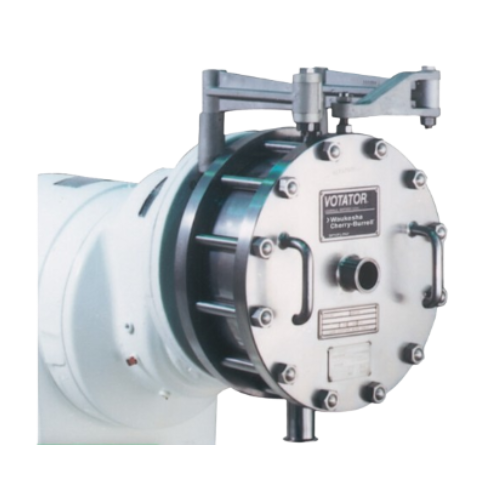
High-shear mixer for emulsions, dispersions, and foams
Achieve precise emulsions and dispersions effortlessly with high-s...
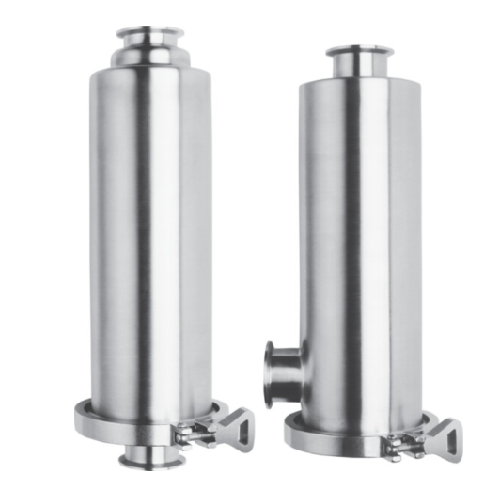
Industrial stainless steel filters and strainers
Optimize your liquid processing with precision filtration and straining, ...
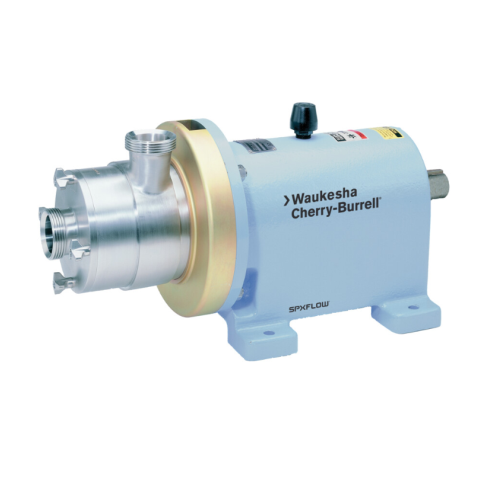
Shear pumps for continuous on-line dispersion
Effortlessly achieve consistent shearing and mixing with versatile shear pum...
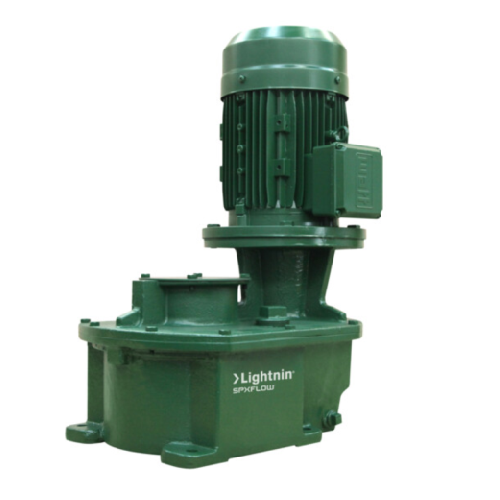
Medium torque mixer for chemical processing
Achieve optimal mixing efficiency and process consistency in demanding applica...
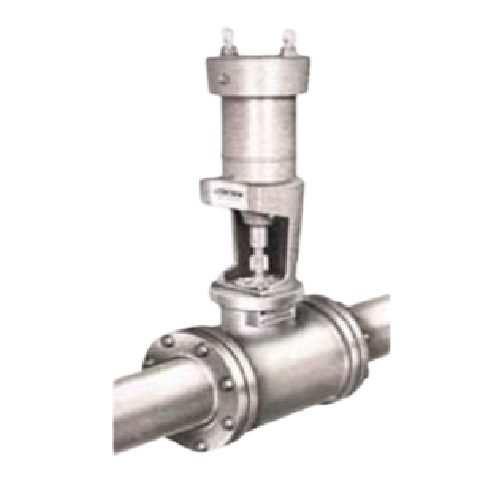
Line blender for continuous flow mixing
Achieve instantaneous mixing with minimal space and maintenance using a continuous ...
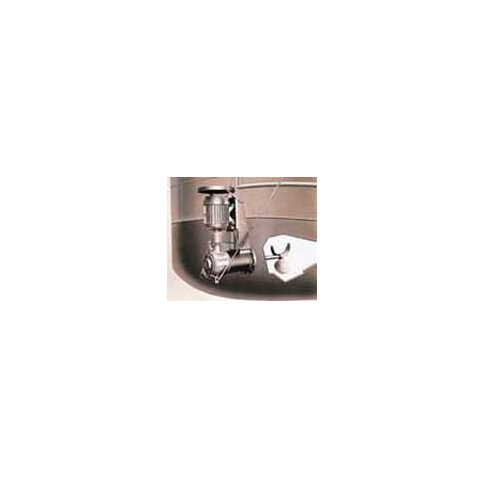
Side entry mixer for industrial tank applications
Ensure optimal mixing and blending of liquids and slurries with high ef...
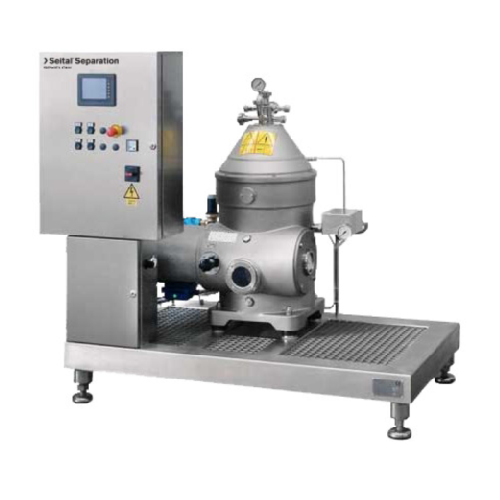
Self-cleaning separator for industrial liquid/solid separation
Optimize your production line with self-cleaning separato...
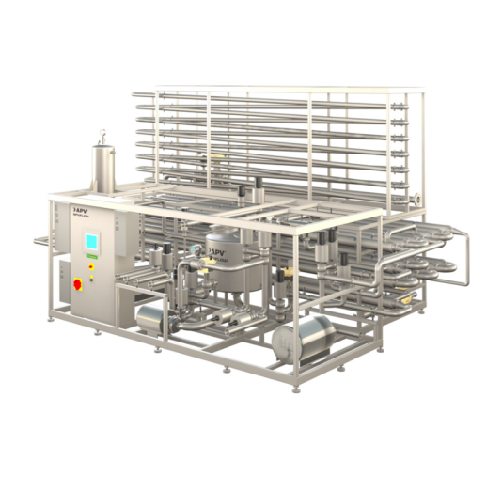
Tubular juice pasteurizer
Ensure optimal safety and quality of liquid products with precise temperature control and high hea...
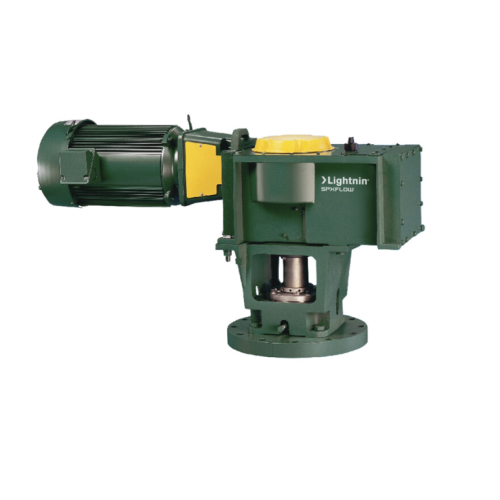
Medium torque top entering mixer for complex mixing tasks
Optimize your production line with a versatile mixing solution...
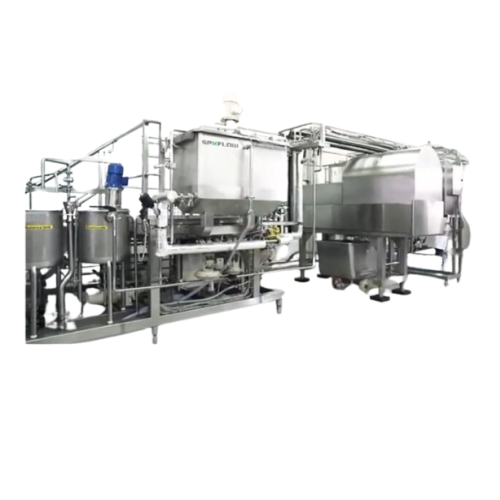
Soymilk processing plant
Enhance your plant-based production with our tailored soymilk processing plants, designed to efficie...
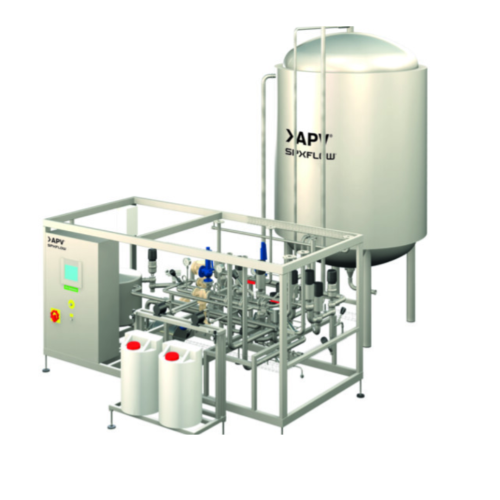
Aseptic storage tank for aseptic products
Ensure uninterrupted aseptic product storage with this advanced tank system, des...
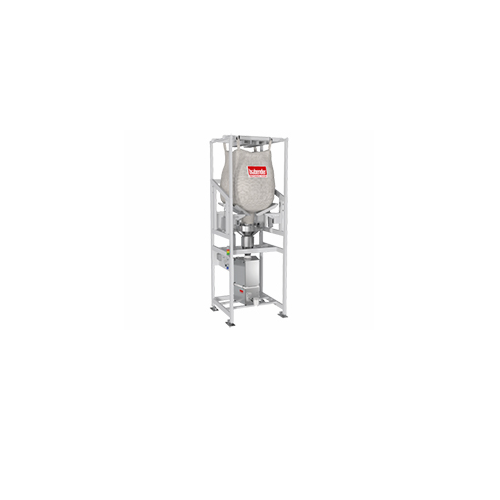
Bigbag discharge station with dust-free docking system
Streamline your production line with an efficient solution for man...
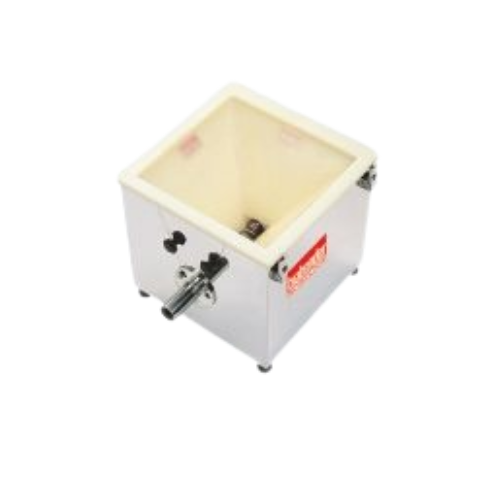
Volumetric feeder for flowable ingredients
Ensure consistent and precise dosing of diverse materials in your production li...

Volumetric feeder for consistent ingredient flow
Achieve precise and consistent ingredient dosing in your production line ...
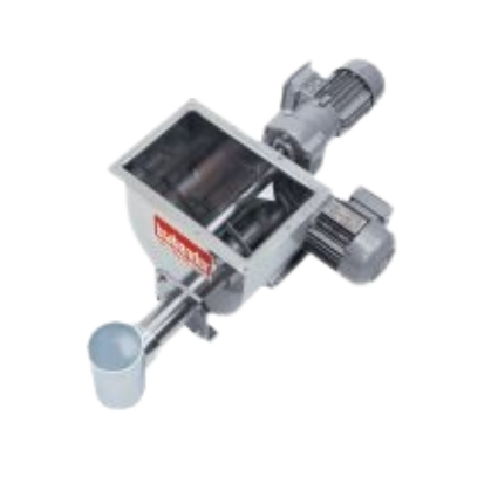
Single screw feeder with stirring agitator for powders and pellets
Ensure consistent mass flow and precise dosing with ...
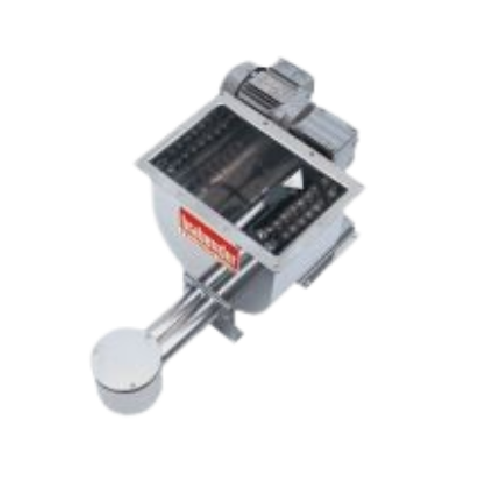
Twin screw feeder with stirring agitator for poor flowing powders
Optimize your processing line with a highly adaptable...
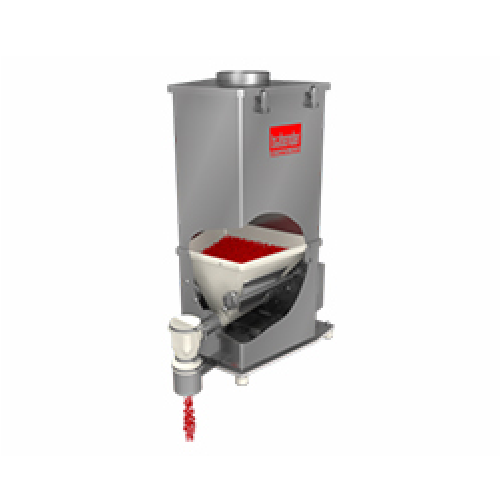
Loss-in-weight feeder for flowable ingredients
Achieve precise ingredient delivery with this feeder, designed to handle a ...
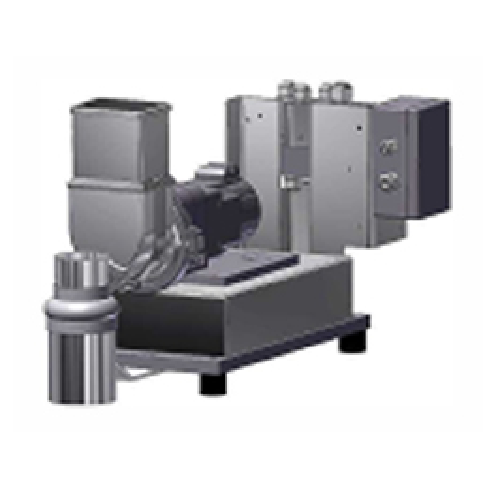
Laboratory loss-in-weight feeder for powders or pellets
Achieve precise dosing for lab-scale trials with this versatile f...
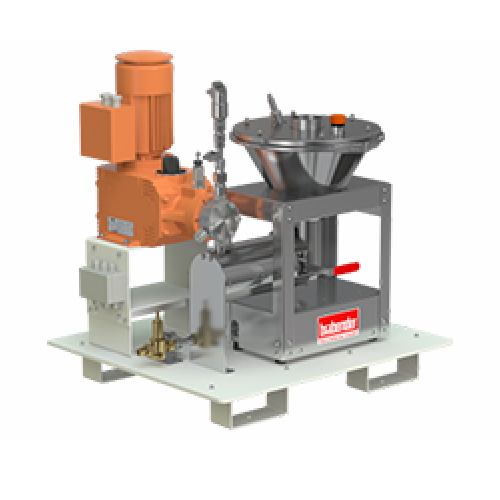
Loss-in-weight feeder for liquids
Achieve precise and continuous liquid dosing with high accuracy, adapting seamlessly to y...
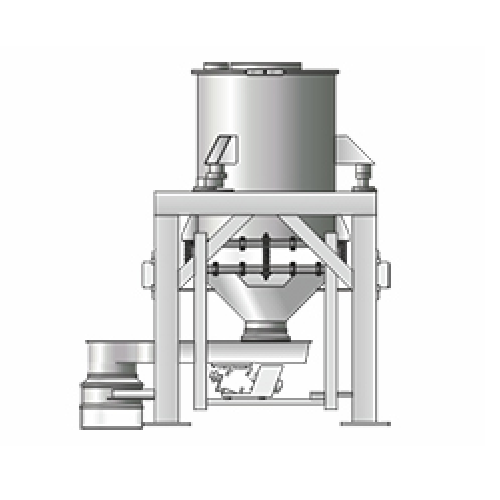
Loss-in-weight feeder for non-hygroscopic ingredients
Ensure precision in your dosing and weighing processes with this ad...

Twin screw volumetric feeder for poor flowing powders
Struggling with poor flowing or floodable powders? This twin screw ...
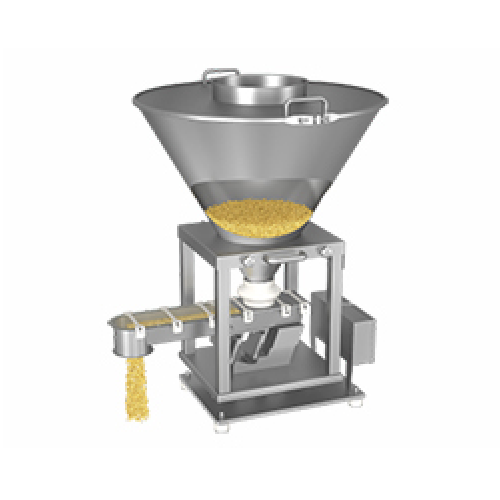
Vibrating tray loss-in-weight feeder for grained ingredients
Achieve precise and continuous dosing of free-flowing solid...
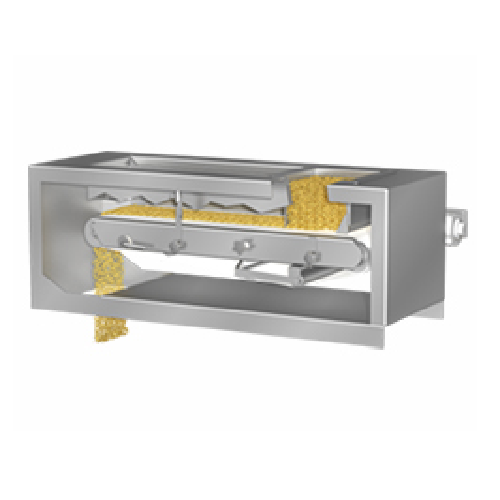
Weigh-belt feeder for industrial processes
Efficiently manage material flow and precision with a dependable weigh-belt fee...
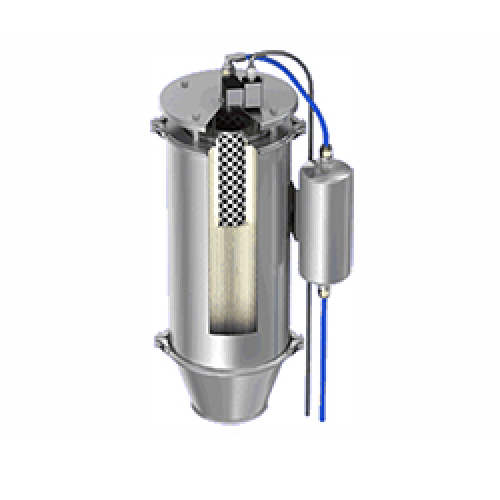
Dust filter for loss-in-weight feeder refill
Optimize your feeder operations by effectively filtering displaced air and mi...
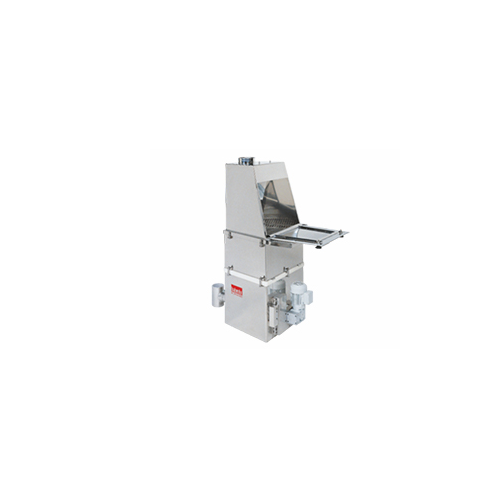
Bigbag discharge station
Efficiently manage bulk material unloading with this solution, which facilitates seamless dischargin...

Batch ingredient dosing system for high-accuracy weight control
Achieve precise weight measurement for multi-ingredient ...
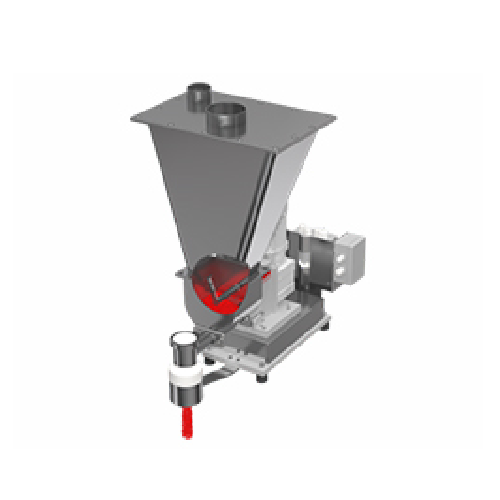
Double screw batch feeder for poorly flowing powders
Effectively manage challenging powders with precise batch dosing and...
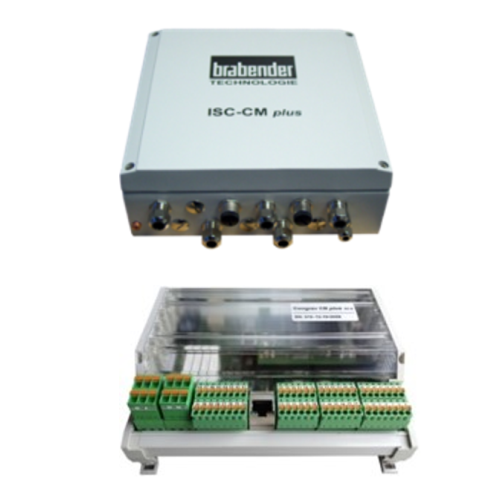
Feeder controller for gravimetric feeders
Optimize your dosing precision and monitoring accuracy with a versatile feeder c...
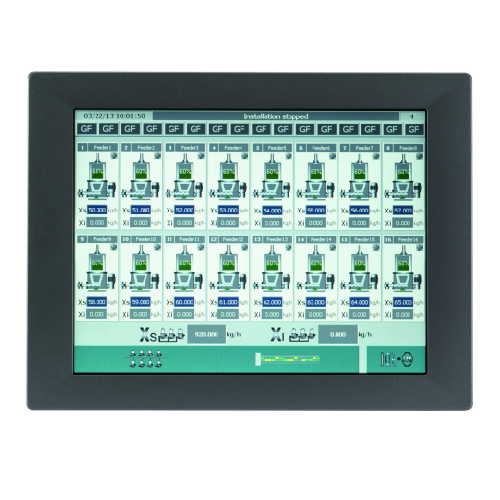
Gravimetric feeder operator interface
Efficiently manage up to 16 gravimetric feeders with a user-friendly interface, enabl...
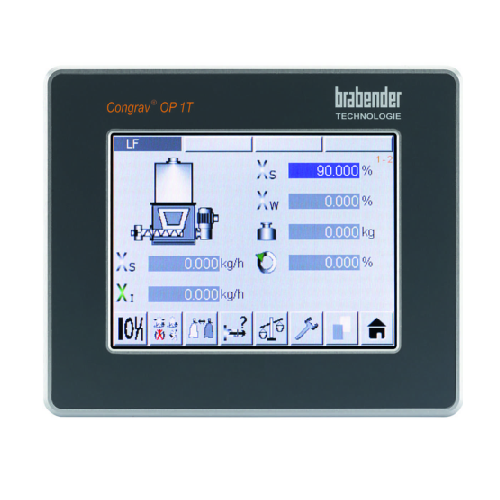
Single feeder operator interface for gravimetric feeders
Enhance precision in your dosing operations with an intuitive to...
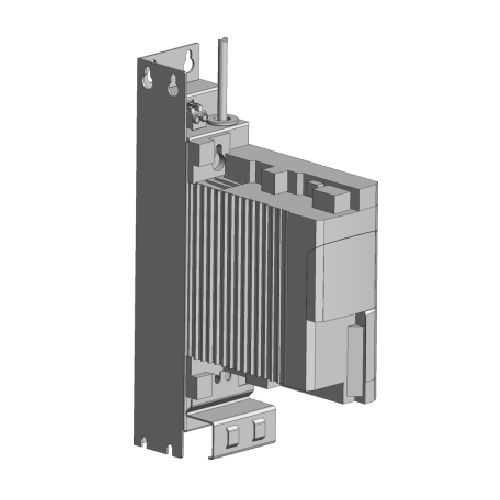
Speed controller for feeders
Ensure precise material flow by integrating this speed controller, ideal for managing both volu...
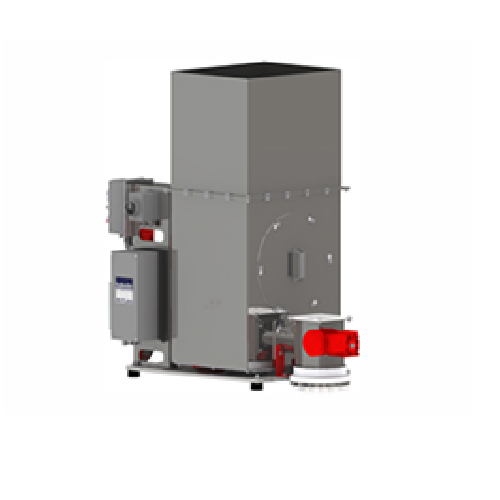
Loss-in-weight feeder for long and uneven fibers
Optimize feeding precision for challenging materials like long and uneven...
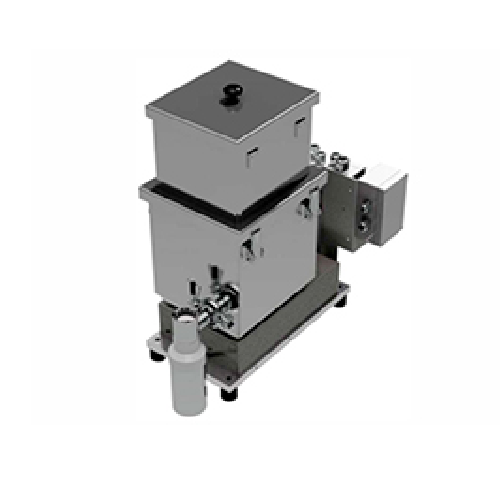
Loss-in-weight feeder for flowable particles
Ensure precise ingredient delivery with a feeder designed for high accuracy a...

Batch feeder for bulk solids processing
Achieve precise batch dosing with this advanced feeder, designed to handle a variet...
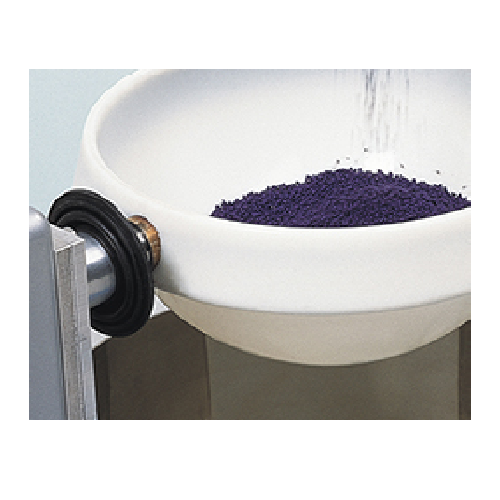
Microbatch dosing for precision ingredient measurement
Achieve precise ingredient dosing with our MicroBatch system, desi...
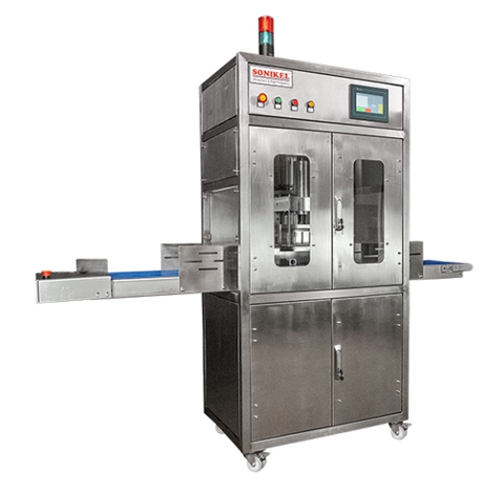
Ultrasonic food cutting equipment
Experience precise and efficient ultrasonic cutting of various food products, optimizing ...
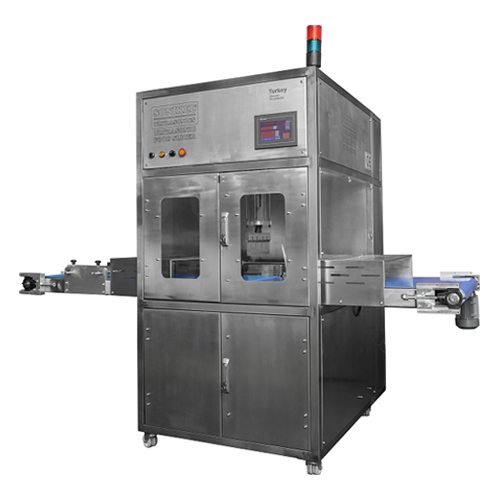
Ultrasonic food cutting system
Effortlessly achieve precise, clean slices on sticky and fragile foods with ultrasonic techno...
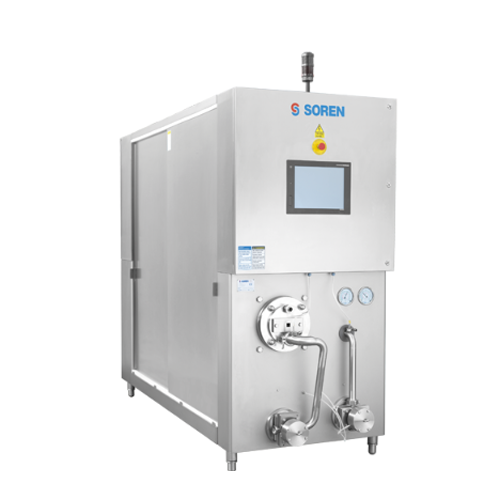
Continuous ice cream freezers
Achieve precise texture and consistency in frozen desserts with advanced ice cream freezers, o...
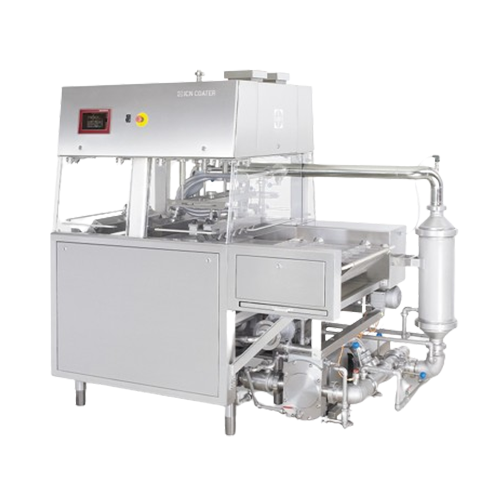
Ice cream coating system for enrobing applications
Achieve seamless chocolate and nut coatings on ice cream bars and conf...
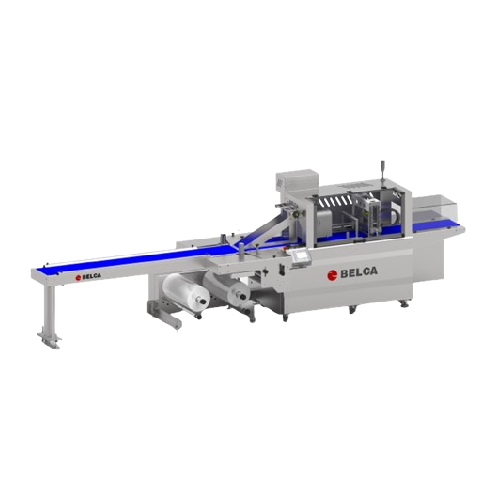
Flowpacker for packaging products
Achieve seamless packaging with high-speed, automated flowpacking that enhances product p...
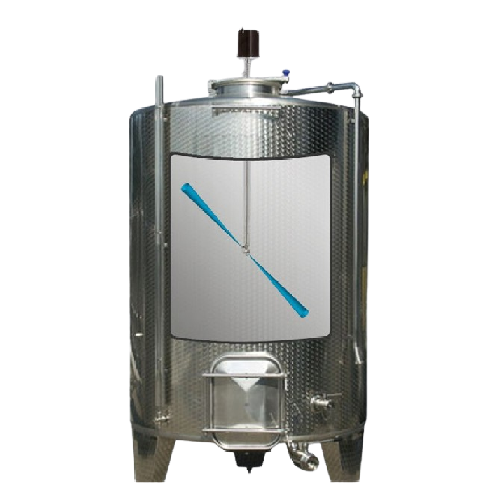
Tank washers for barrel and vat cleaning
Effortlessly maintain hygiene and efficiency in your production line with tank was...

Steady and moving pallet palletizers
Optimize your packaging line with advanced palletizing solutions designed to handle di...
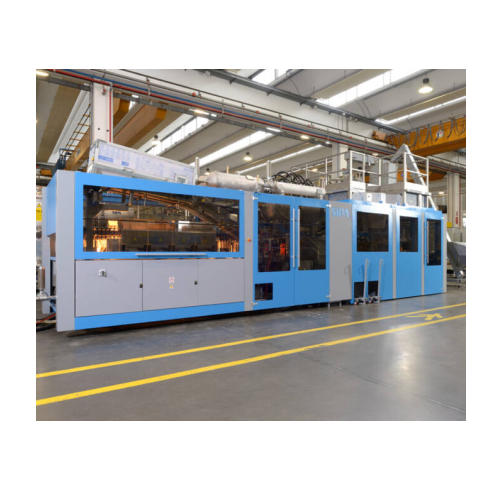
Integrated linear blowing and filling system for Pet containers
Streamline your PET container production with integrated...
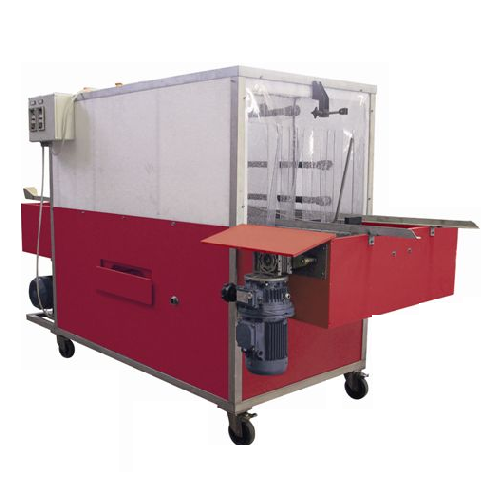
Industrial box washer for wineries
Efficiently tackle the challenge of residue build-up in your processing containers with ...
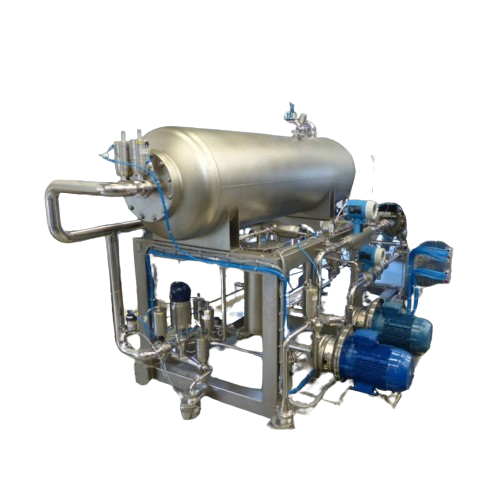
Degassing and mixing unit for beverage production
Ensure precise beverage formulation and maintain high quality standards...

Single-stage plastic container production system
Eliminate multiple steps and minimize production costs with an integrated...
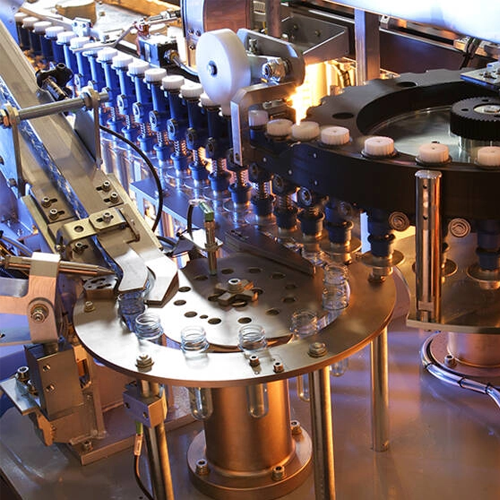
Linear blowing systems for Pet bottle production
Ideal for producers seeking versatile container solutions, this system en...
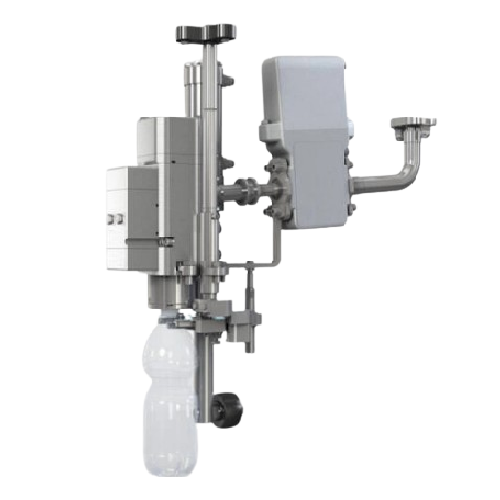
Volumetric filler for Pet bottle beverages
Experience seamless integration into your bottling line with this advanced volu...
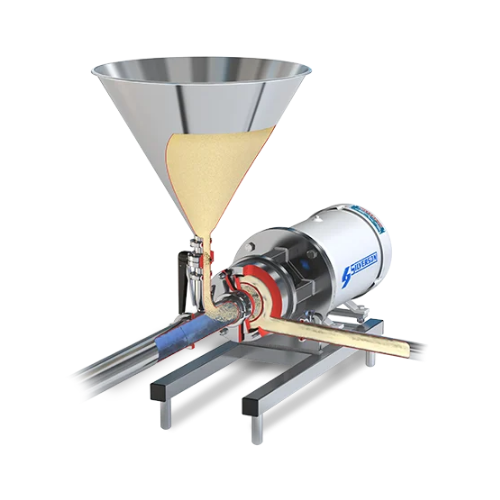
High shear powder mixing solution
Achieve agglomerate-free, homogeneous mixing of powders and liquids with high shear effic...
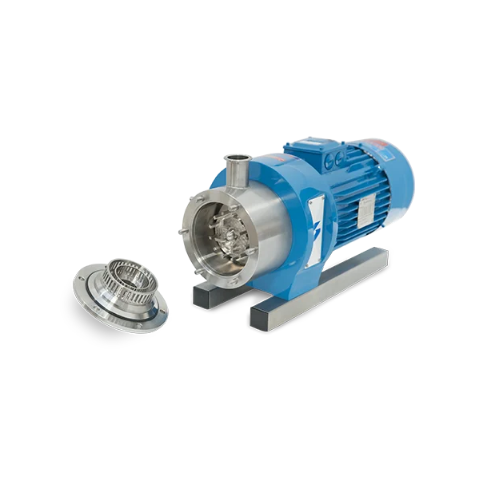
Homogenizers for creams and ointments
Achieve superior consistency and particle size reduction in skincare creams, sauces, ...
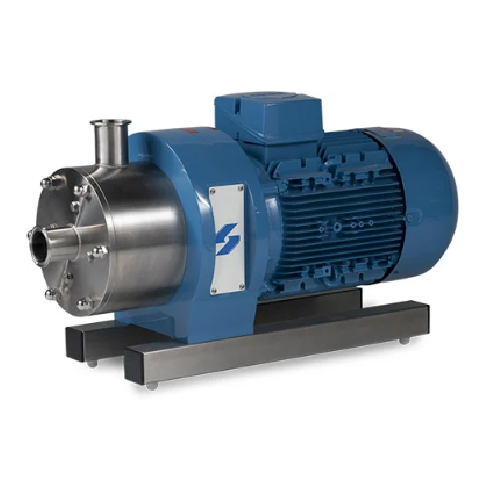
High shear inline mixer for continuous processing
Effortlessly streamline your mixing process with this solution capable ...
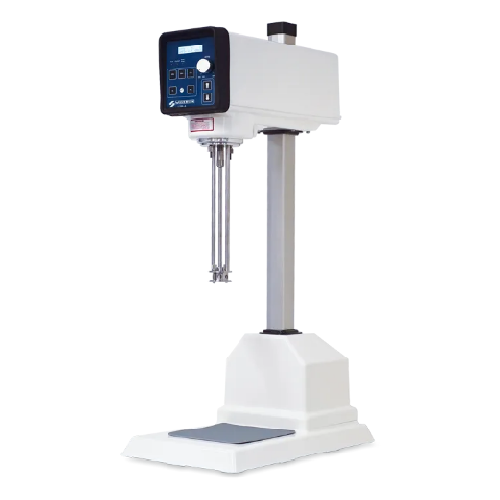
High shear lab mixer for laboratory work and r&d
Achieve unparalleled precision and consistency in laboratory and pilot-sc...
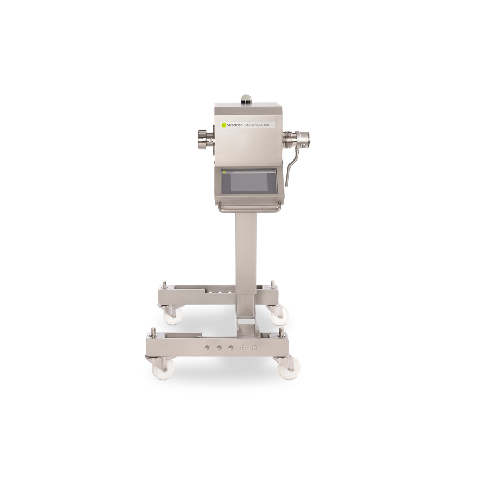
In-line metal detector for liquids & pastes
Ensure product safety by seamlessly integrating a metal detection system into ...
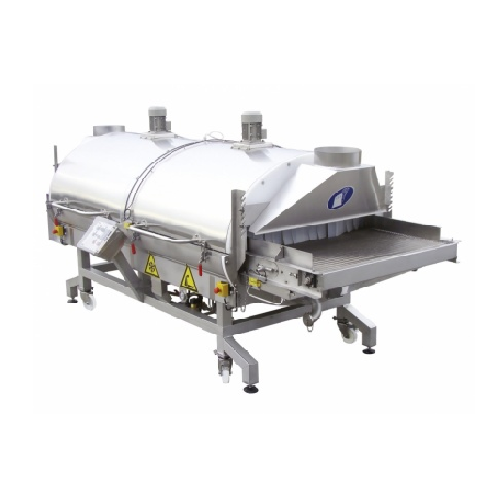
Cryogenic cooling tunnel for industrial freezing
Achieve precise temperature control and rapid freezing with a compact sol...
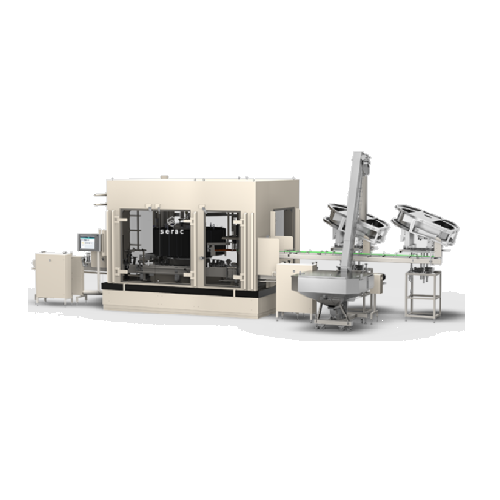
Anti-corrosion filling system for aggressive liquids
When dealing with corrosive liquids, ensure durability and safety wi...
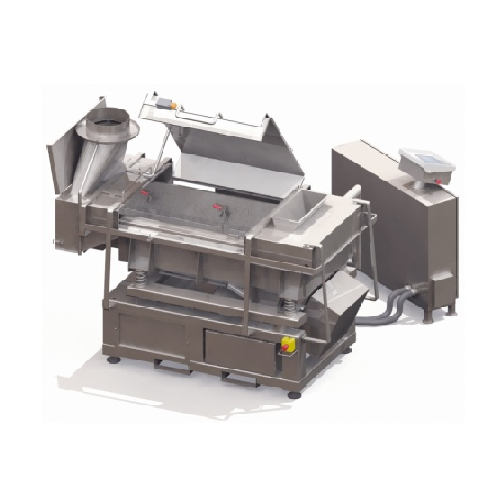
Cryogenic freezing for small fragile foods
Quickly freeze delicate food items with precision using advanced cryogenic imme...

Flow-wrapping solution for varied packaging needs
Gain unmatched flexibility and sustainability with a cutting-edge flow-...

Process integration for pharma industry
Enhance your production line with seamless process integration, ensuring accurate l...
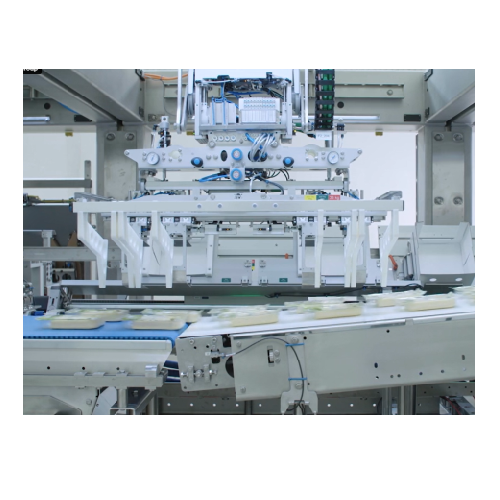
Case packer for diverse packaging needs
Optimize your production line with this modular case packer, designed to handle div...

Pick & place robots for industrial packaging
Elevate your production line with advanced automation that ensures precise pa...
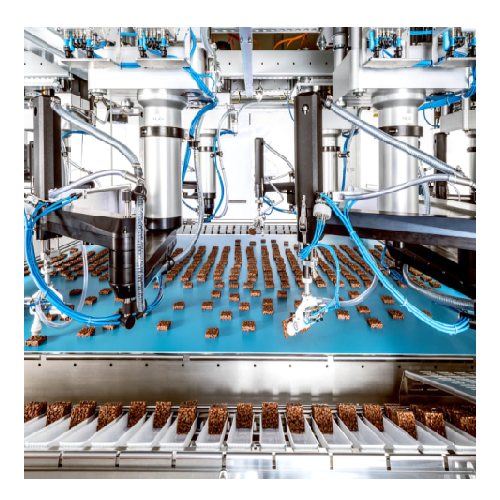
Pick and place robots for efficient product handling
Enhance your production line with high-speed pick and place robots c...
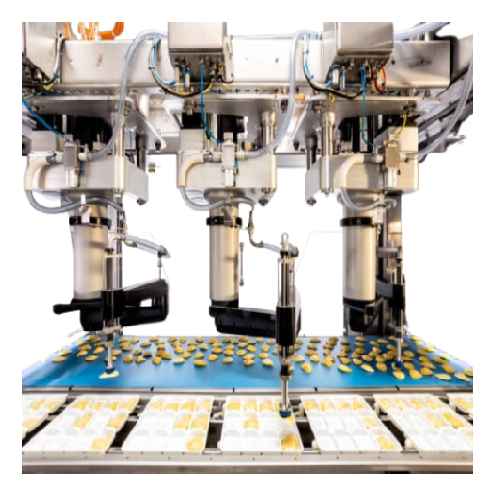
Pick & place vision system for packaging quality control
Ensure flawless product packaging with a vision system that enha...
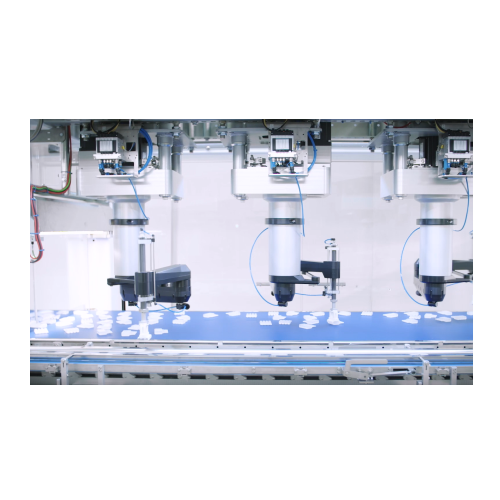
Compact carton packing solution for standardized tasks
Streamline your packaging workflow with a preconfigured solution d...
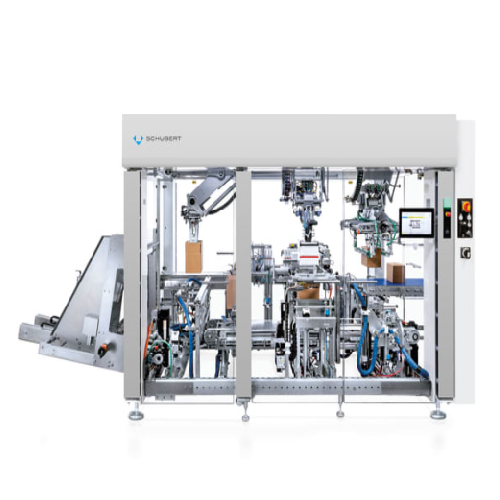
Ultra-compact case packer for consumer goods
Maximize efficiency on your production floor with a compact case packer desig...
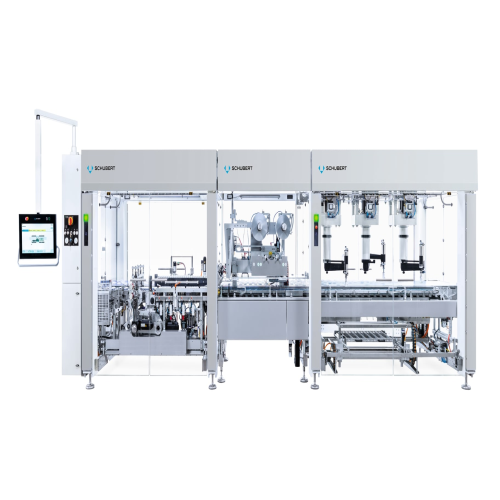
Flowpacker for packaging products in flowpacks
Optimize your flowpack packaging line with a preconfigured solution that ac...
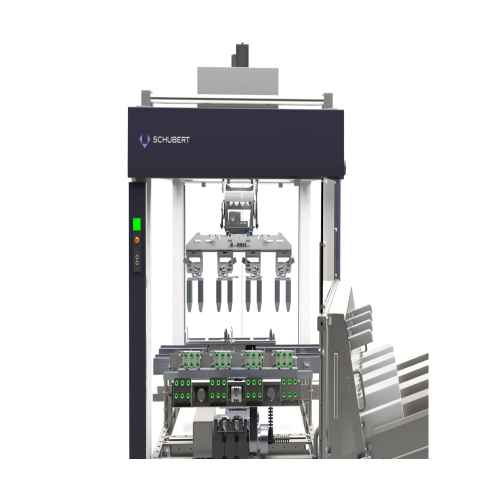
Modular packaging systems for diverse industries
Effortlessly adapt to market demands with versatile packaging systems, de...
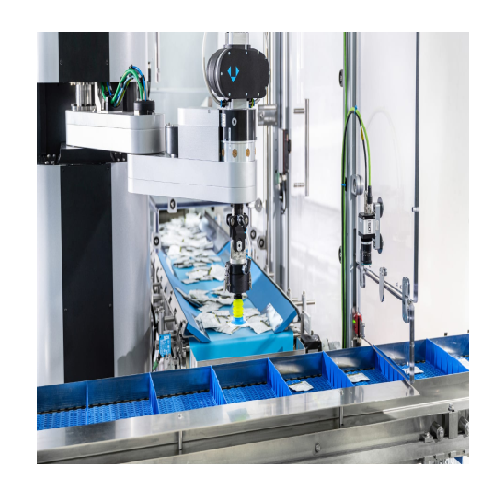
Automated pick and place cobot for packaging
Overcome packaging bottlenecks with an advanced cobot designed for high-speed...
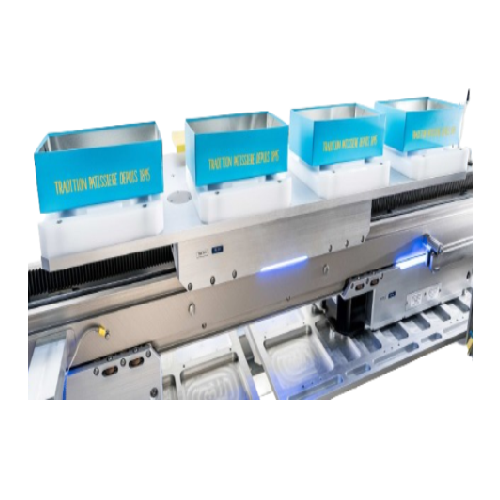
Flexible transport robot for packaging lines
Enhance your packaging efficiency with a transport robot engineered to seamle...
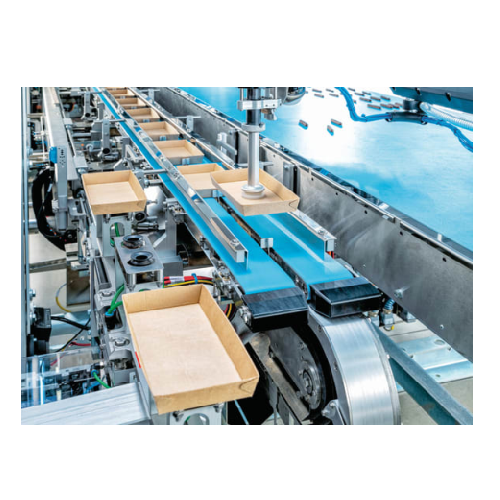
Flow wrapper with quick format change
Streamline your packaging operations with a machine that offers rapid format changeov...
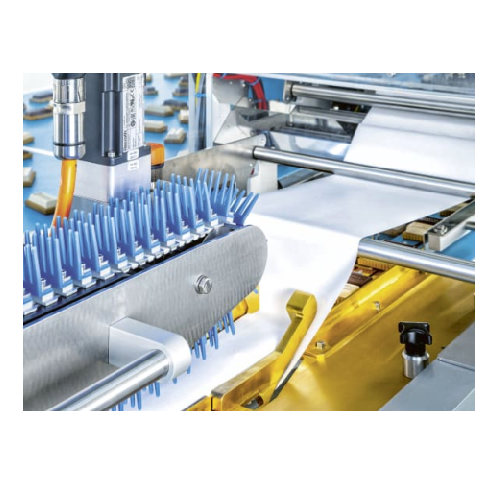
Flow-wrapping machine with quick format changeovers
Optimize your packaging flexibility with a flow-wrapping machine desi...
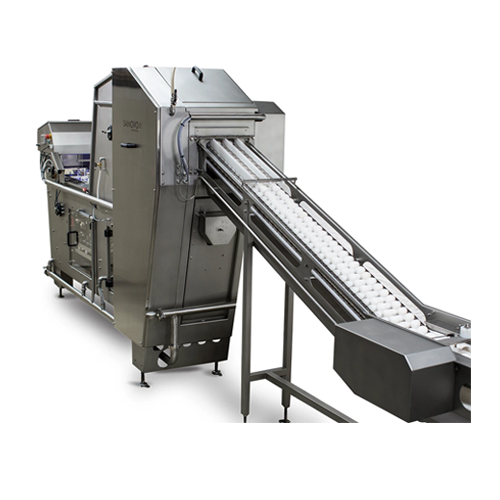
Small-scale egg breaking and separation
Efficiently transform eggs into high-quality liquid products with advanced breaking...
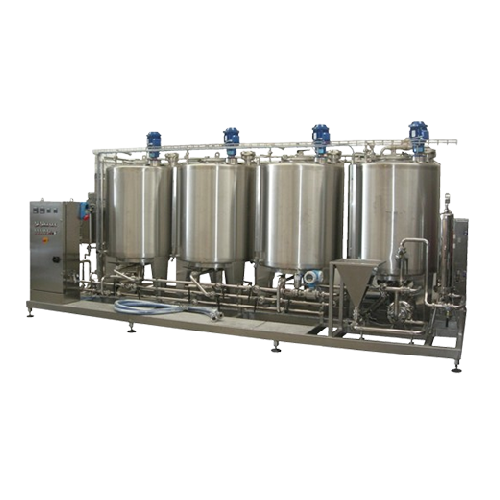
Custom syrup preparation systems
Optimize your beverage production with precision-engineered syrup preparation systems desig...
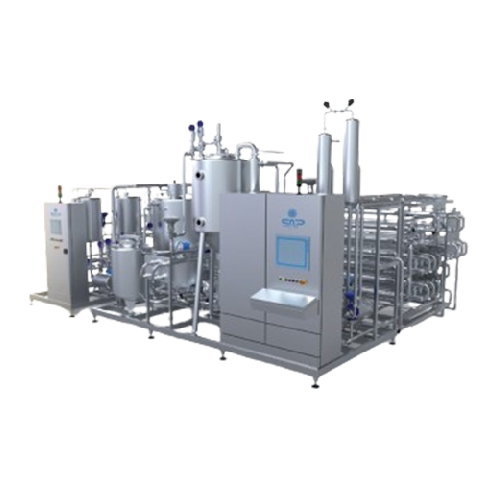
Uht sterilization solution for liquid food products
Enhance your liquid food processing with reliable UHT sterilization, ...
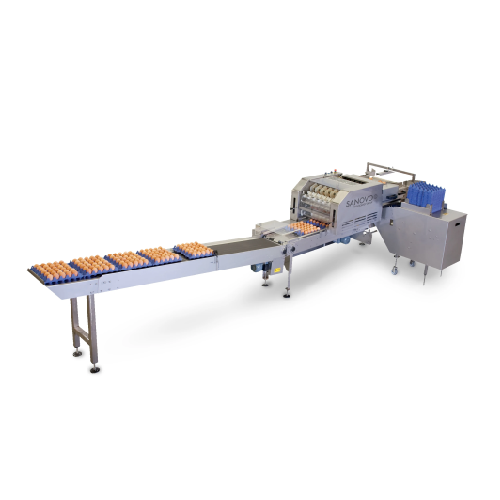
Egg packer for farm operations
Streamline your egg handling process with an efficient solution that ensures gentle, precise ...
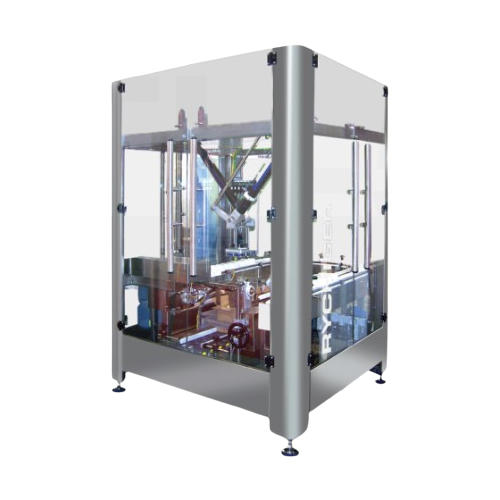
Top-loading delta robot automation solution
For high-speed operations requiring precise product handling, this top-loading...
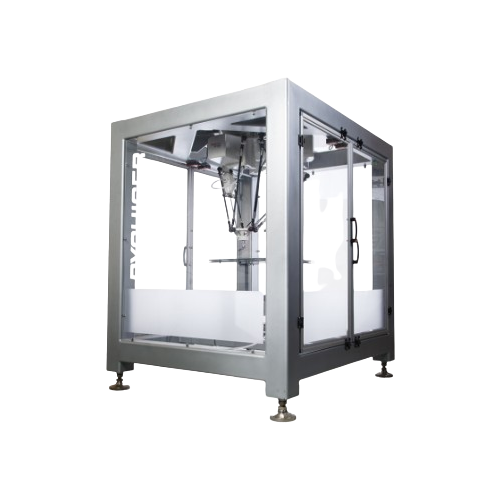
Top loader robots for precision packaging
Optimize packaging operations with versatile robotic top loaders that achieve hi...

Tray packer for forming, loading, and sealing
Optimize your production line with a versatile tray packer designed to seaml...
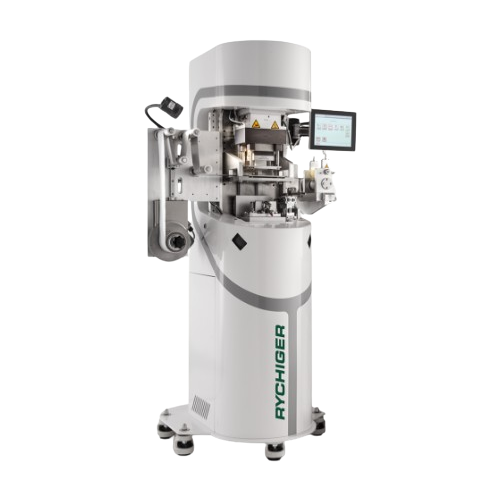
Lab punching and sealing system for cleanroom conditions
Test and refine your packaging processes with precision, ensurin...

Cartoner for pharmaceutical products
Effortlessly streamline your packaging line with compact cartoning capabilities, ensur...
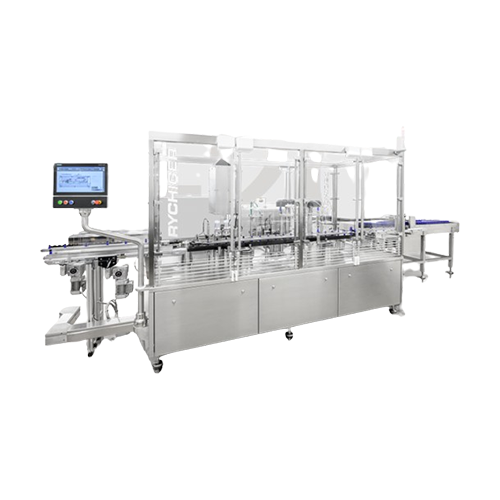
Sterile filling platform for pharmaceuticals
Achieve precise, high-speed aseptic filling and packaging with advanced compl...

Coffee capsule filling and sealing solution
Optimize your production with a high-speed solution designed to fill and seal ...
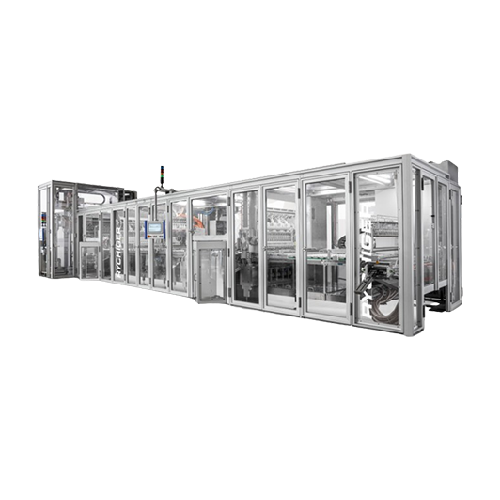
Coffee capsule filling and sealing system
Boost capsule production efficiency and reduce downtime with a high-speed system...
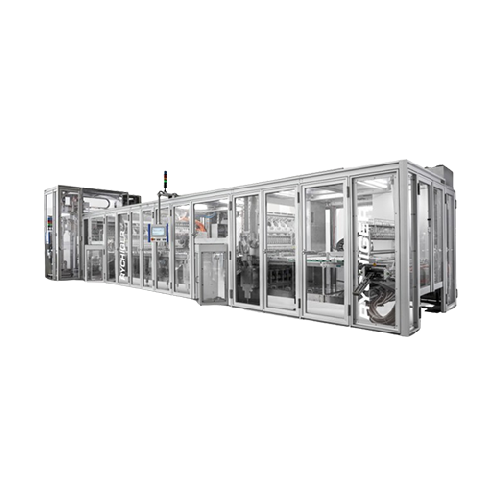
Coffee capsule filling and sealing line
Elevate your capsule production with a high-speed filling and sealing solution that...
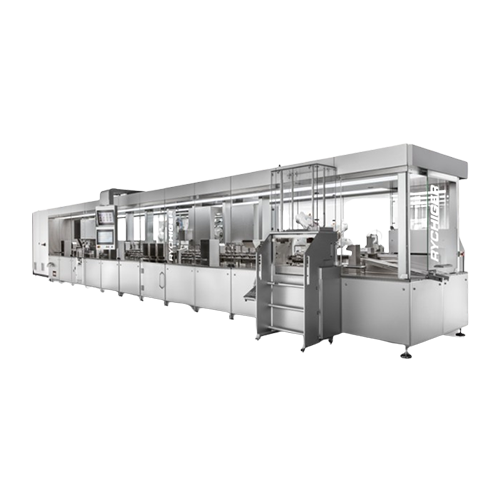
Production system for molecular diagnostics
Eliminate bottlenecks in molecular diagnostics production with a versatile sys...
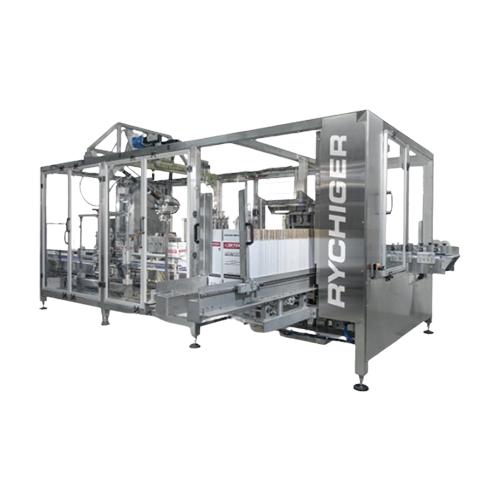
Compact case packer for secondary packaging
Optimize your secondary packaging process with a case packer that operates cle...
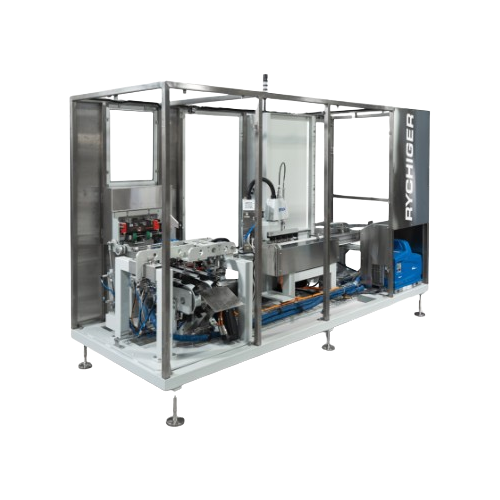
Horizontal cartoning system for coffee pods
Enhance your packaging line efficiency with a system designed for gentle handl...
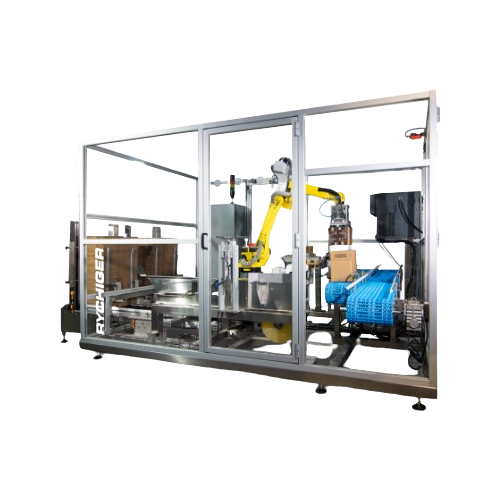
Sequentially automated case packer for small products
Efficiently pack diverse small products into large cases with preci...
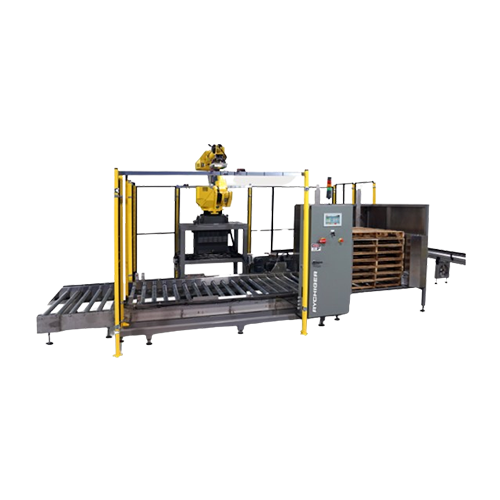
Compact palletizer for food and beverage products
Optimize your end-of-line operations with a space-saving palletizer tha...
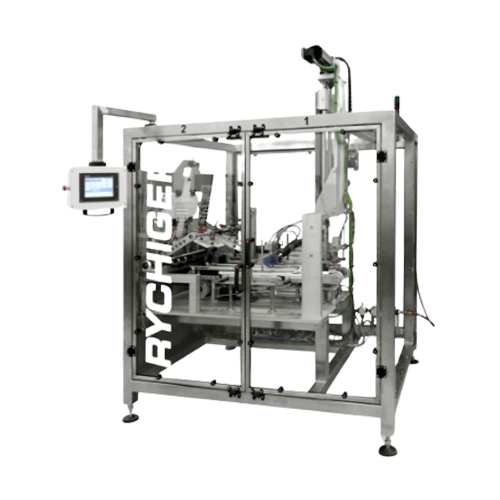
Standardized modular tray former for secondary packaging
Optimize your packaging line efficiency with this modular tray f...
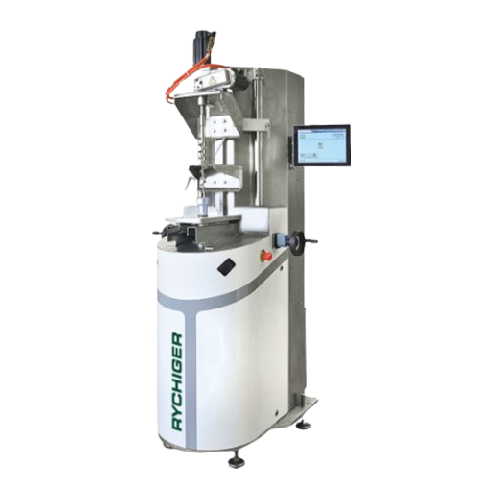
Lab device for testing coffee capsules
Achieve precise testing and reproducibility of coffee capsule parameters crucial for...
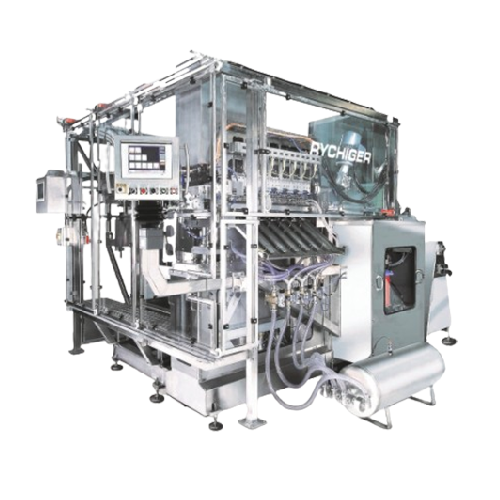
Convenience and pet food filling solution
Optimize your production line with high-speed, hygienic filling of diverse food ...

Filling and sealing solution for beverage capsules
Optimize your production with a modular capsule filling and sealing so...
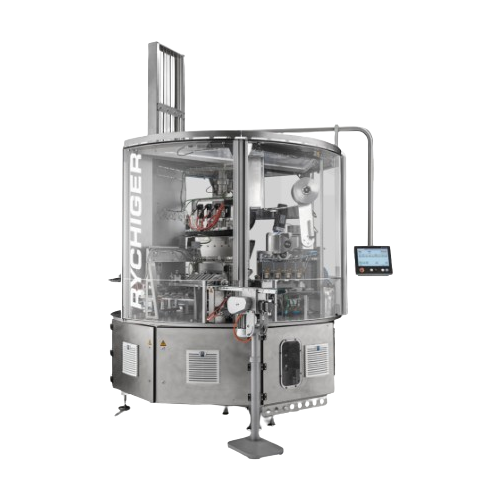
Coffee capsule filling and sealing machine
For producers seeking a compact yet powerful machine, this system efficiently f...
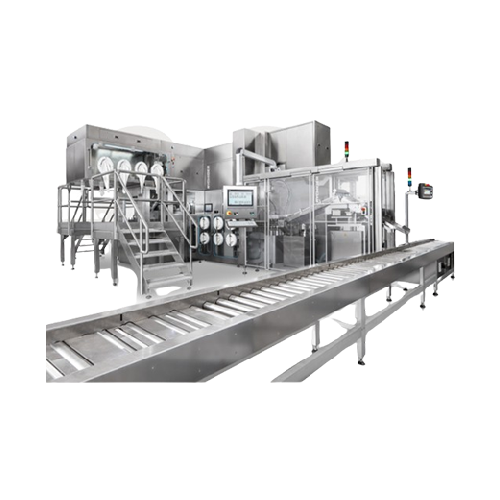
Filling solution for powders and liquids in diagnostics
Simplify precision filling of diverse products, from freeze-dried...

Laboratory homogenizer for cannabis nanoemulsion production
Achieve exceptional bioavailability and stability with high-...
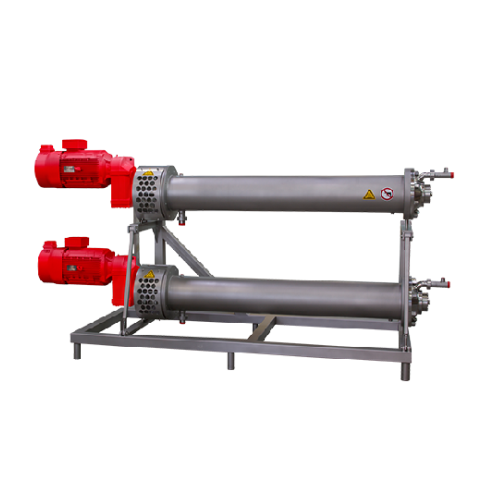
Intensive treatment unit for margarine and edible fats
Enhance margarine and edible fat texture with precise crystallizat...

Scraped surface heat exchanger for high-viscous products
For processors of high-viscosity spreads, efficient heat transfe...
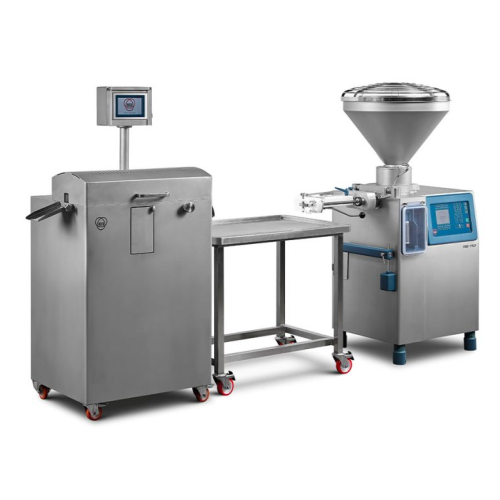
Sausage cutting solution for natural and artificial casings
Achieve precise sausage cuts at high speeds with solutions f...
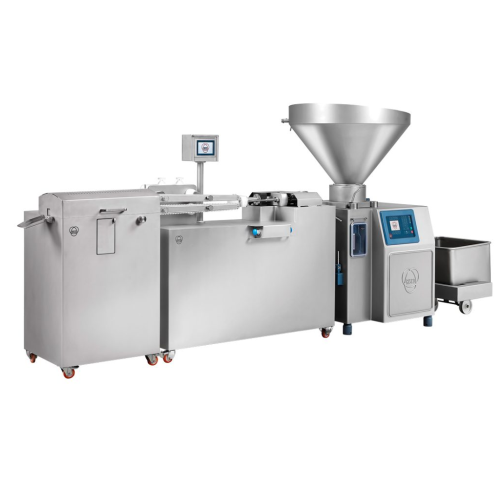
Sausage production line with in-line cutting system
Efficiently achieve precise portion control and separation in sausage...
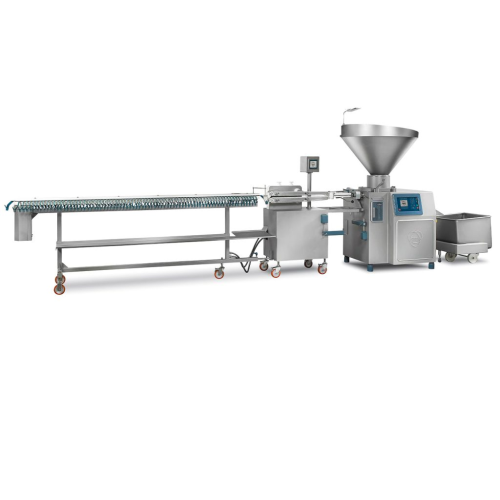
High-speed sausage production system with synchronized hanging
Enhance your high-speed sausage production with precision...

Vacuum filler for coarse and dry sausage products
Optimize your sausage production with a machine that ensures consistent...
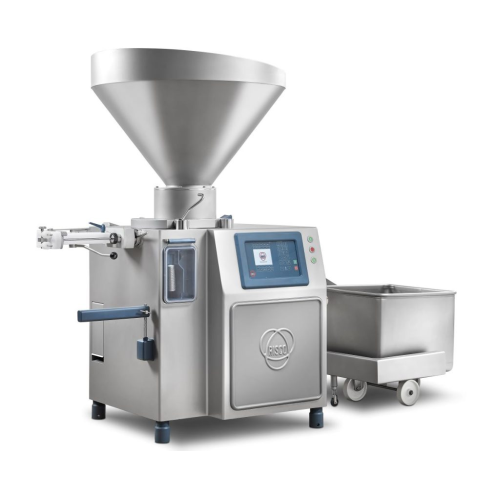
Industrial vacuum filler for large-scale food production
Enhance your production efficiency by integrating a vacuum fille...
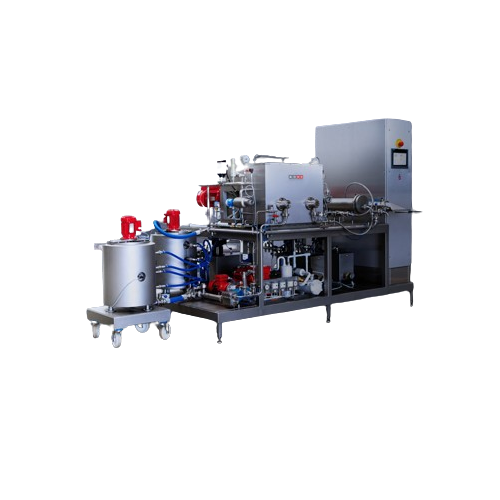
High pressure plunger pump for continuous food processing
Achieve consistent texture and quality in spreads and sauces w...

Flaker for frozen meat and food blocks
Efficiently transform solid blocks of frozen foodstuffs into precise cuts and flakes...
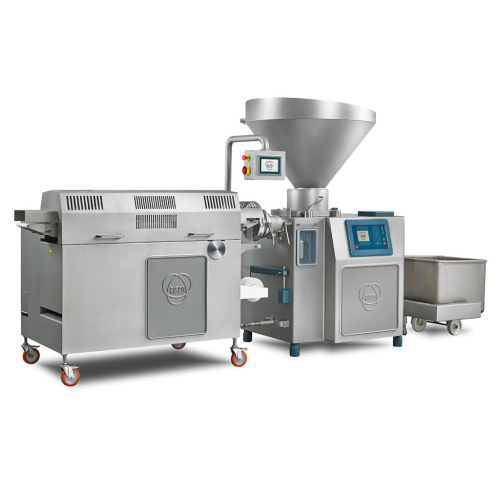
High performance minced meat portioner
Achieve consistent and precise minced meat portions with advanced grinding and porti...
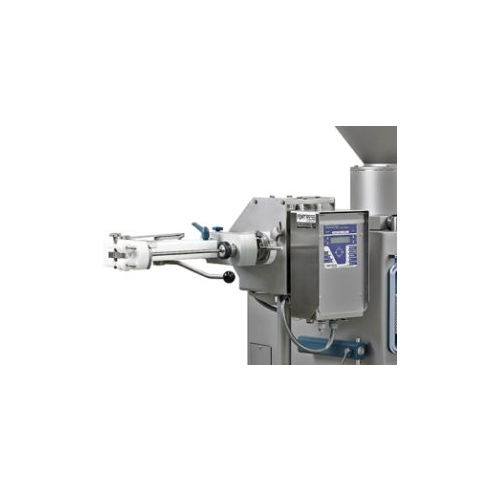
Metal detection system for twisted sausages production
Ensure the safety of your twisted sausage production line by detec...
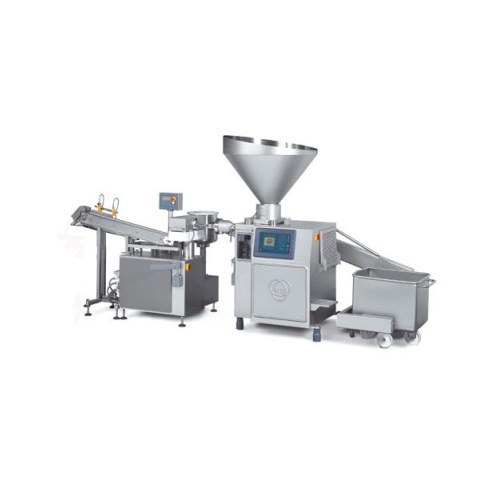
Innovative sausage production with vegetable coating
Optimize sausage production with a vegetable-based alginate coating,...
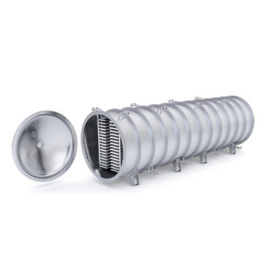
Semi-continuous freeze dryer with easy-loading
Freeze-drying is both a time- and energy-consuming process. In addition to ...
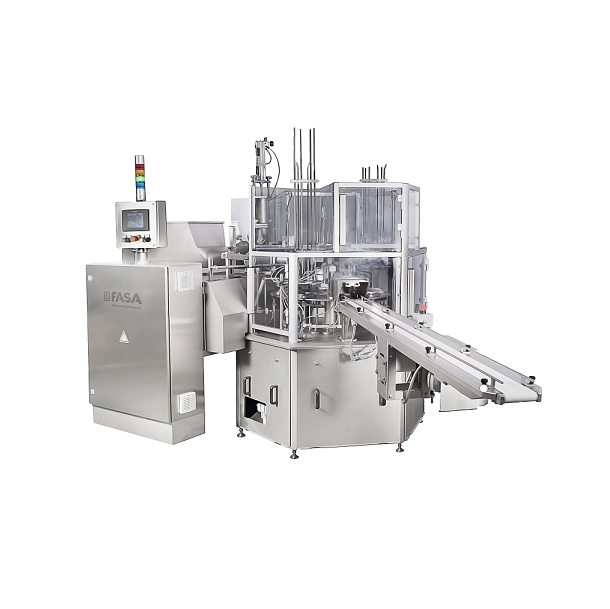
Butter Tub Filling And Sealing Machine
When packing paste-like products such as butter, spreads or margarine you need flexi...
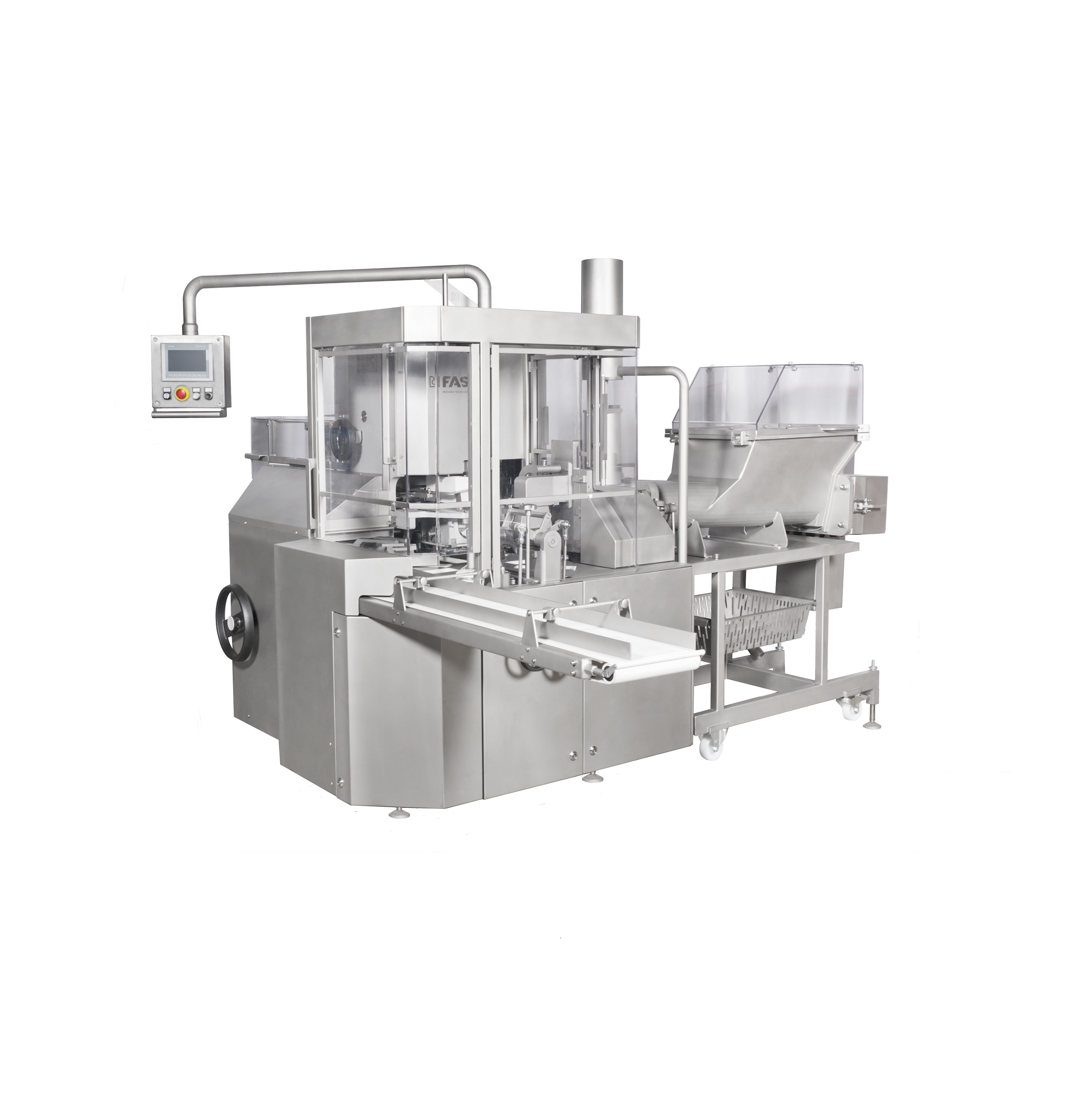
Automatic butter wrapping machine
Do you pack your butter wraps in aluminium foil, parchment paper or ecoline solutions? An...
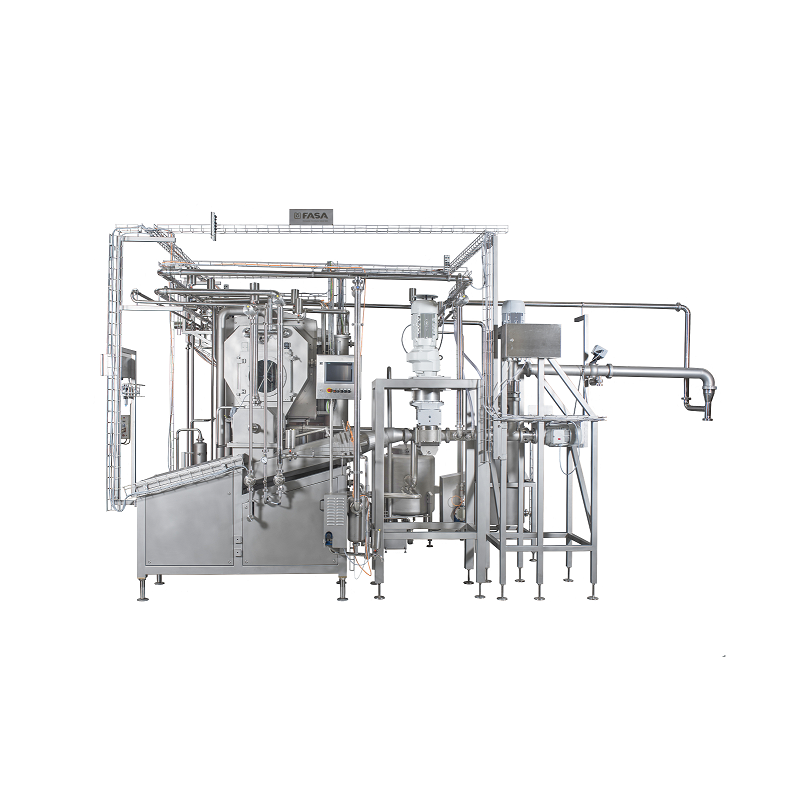
Continuous butter production line
When producing large volumes of butter in consistent quality, taste and appearance you ne...
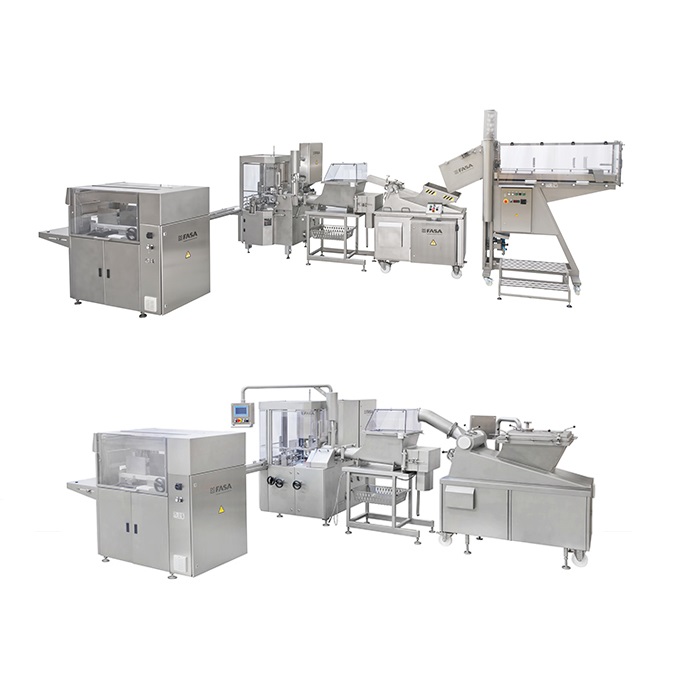
Butter Re-packaging Line
Although bulk butter blocks are commonly used in commercial food production, they are heavy and diff...
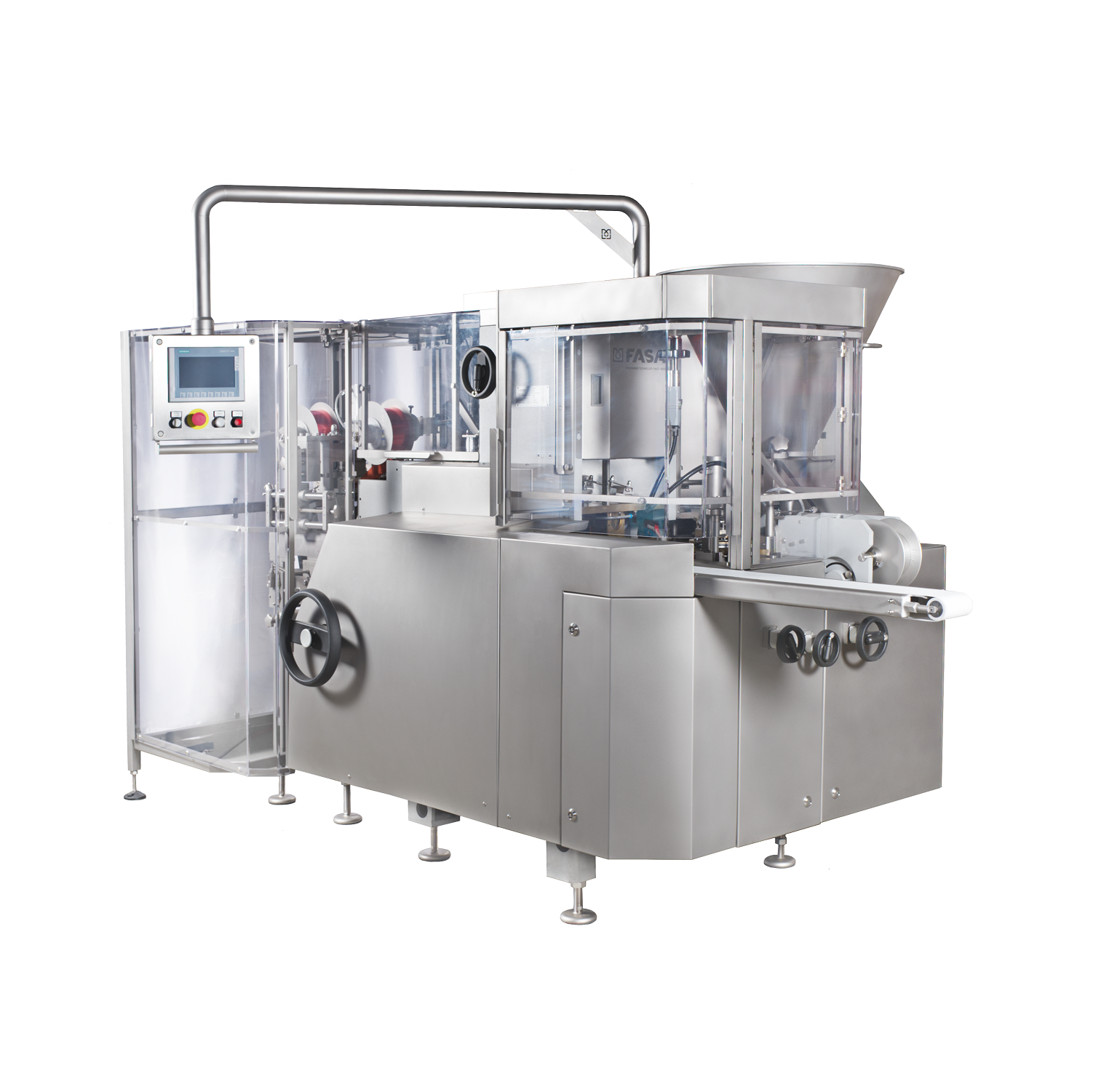
Foil wrapping machine for cream cheese
When producing cream cheese and selling them in foil wrapped bricks you need a relia...
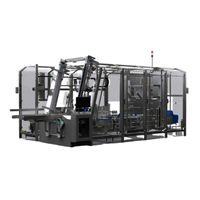
Side Load Case Packer For Packaged Food
Accuracy is a primary concern for case-packing pre-packaged foods such as milk or p...
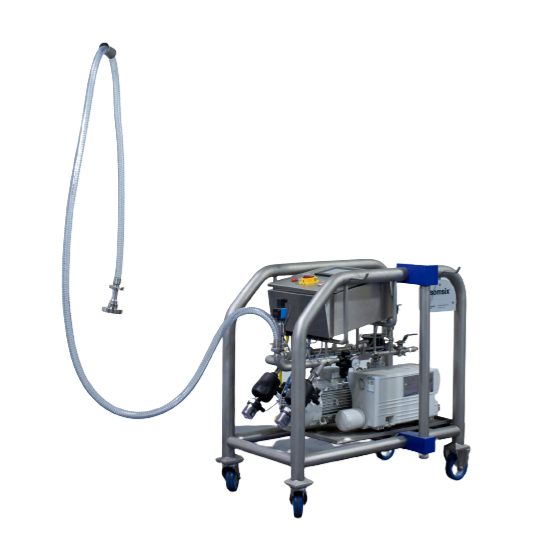
Vacuum and Gas Injection System for FIBCs
Products packed in large bulk bags, such as FIBCs, require vacuum pressure and a...
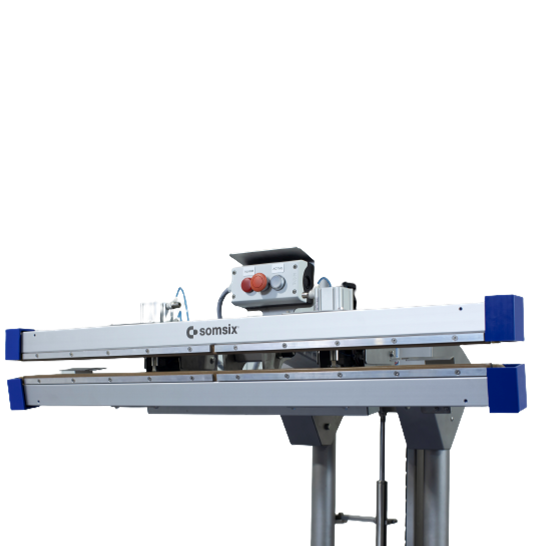
Automatic FIBC Sealing machine
When sealing large bags containing bulk products, a sealer must be reliable to keep the MAP s...
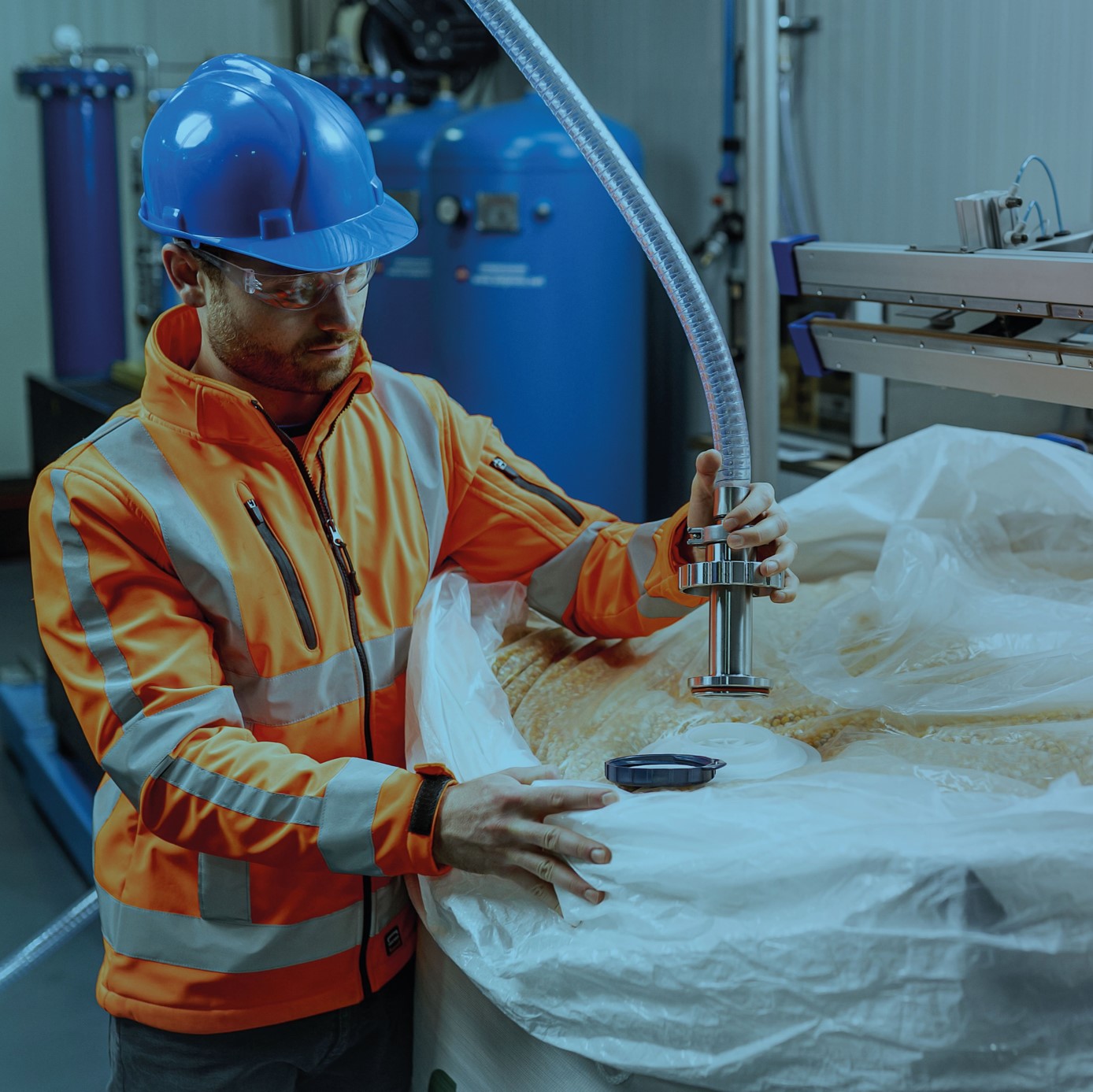
Sensor for Modified Atmosphere FIBCs
Every year, more than 200 million FIBCs are filled with food for storage and transport...
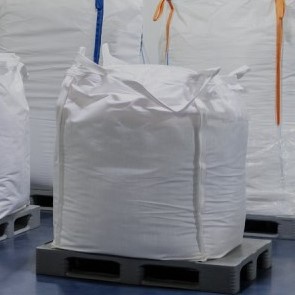
Modified Atmosphere Big Bags
Manufacturers requiring big bag packaging have specific sizes, shapes, and material requirement...
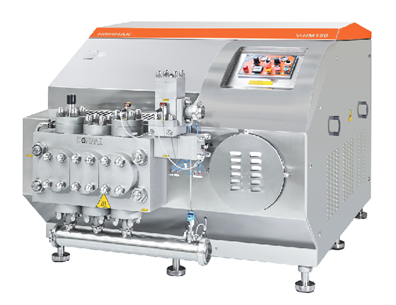
Pilot plant homogeniser
From food to pharma, homogenization is an essential step in the production process that provides unif...
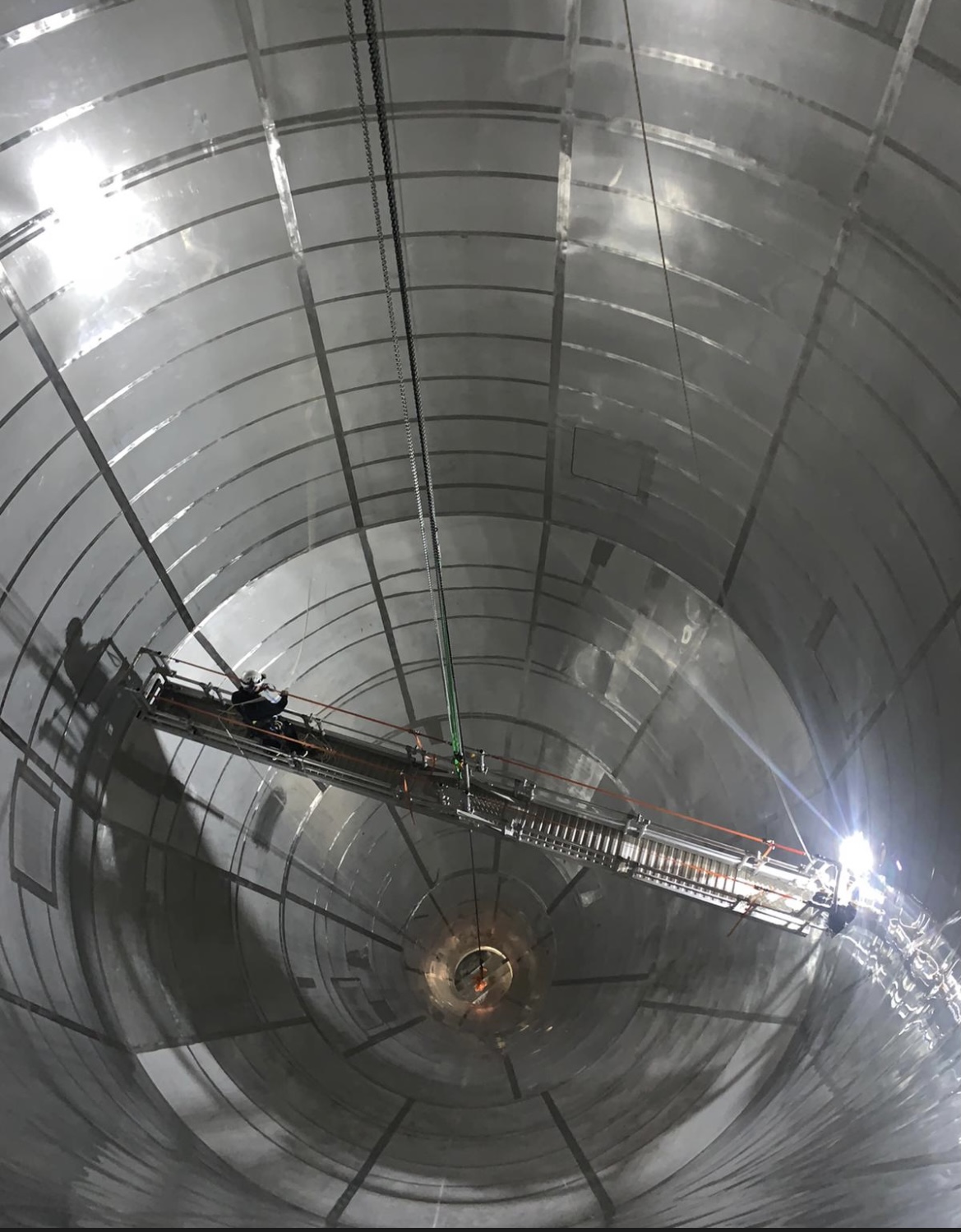
Non-Destructive Crack Detection Vessel Testing
Using traditional types of inspection methods when inspecting vessels may p...
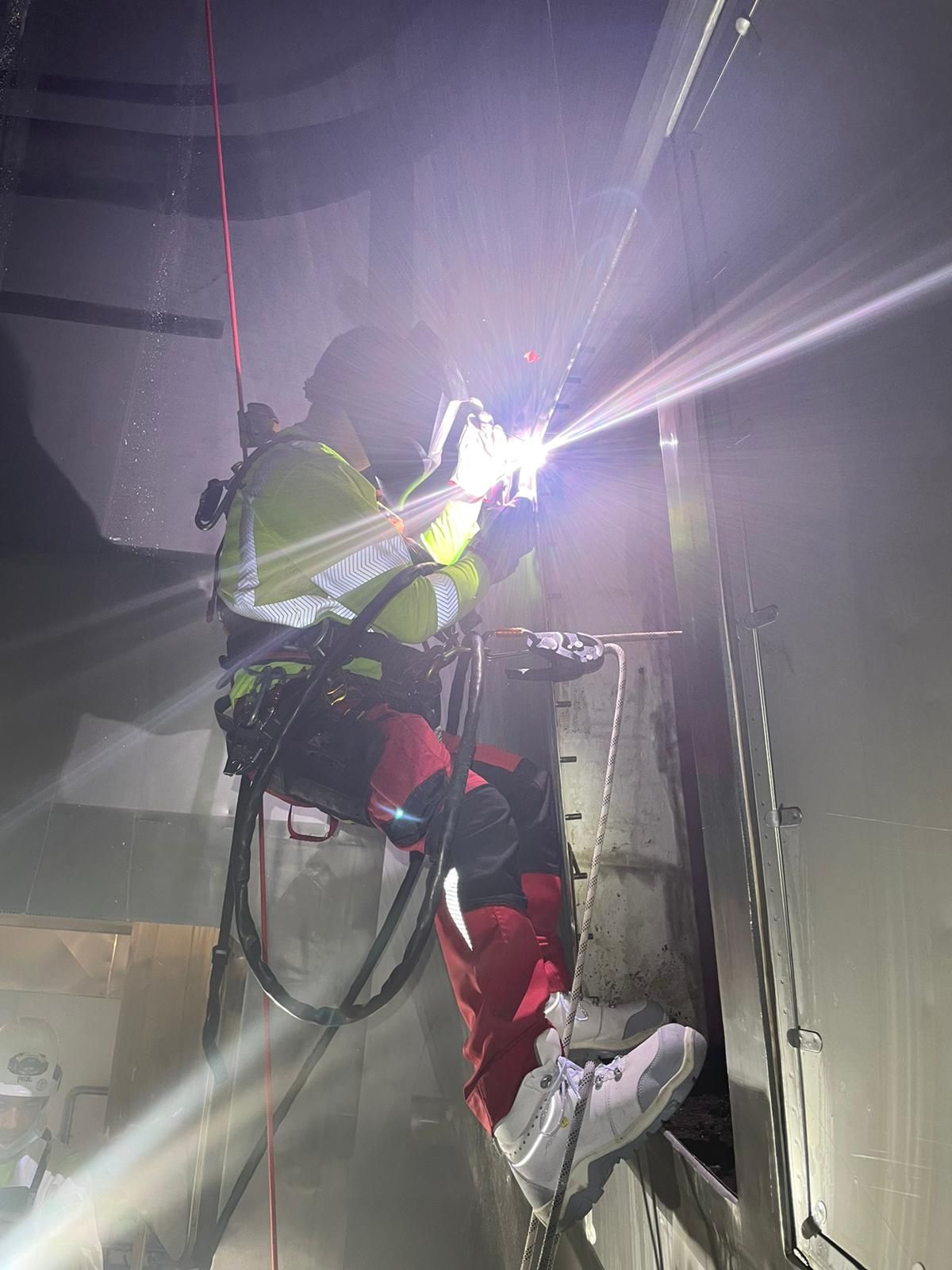
Spray Dryer Crack Testing Services
Spray dryers undergo multiple thermal cycles and may develop cracks as the metal becomes...
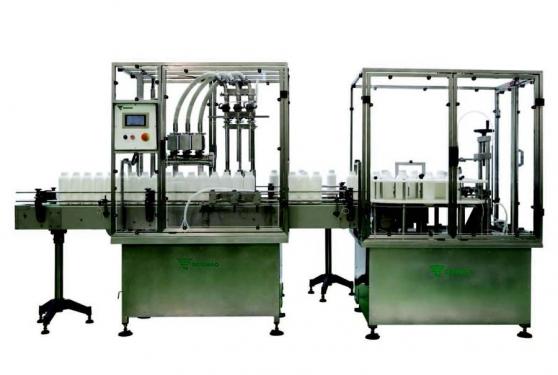
Linear automatic bottling machine for liquids
Autonomous filling systems are a very widely utilized solution for the consi...
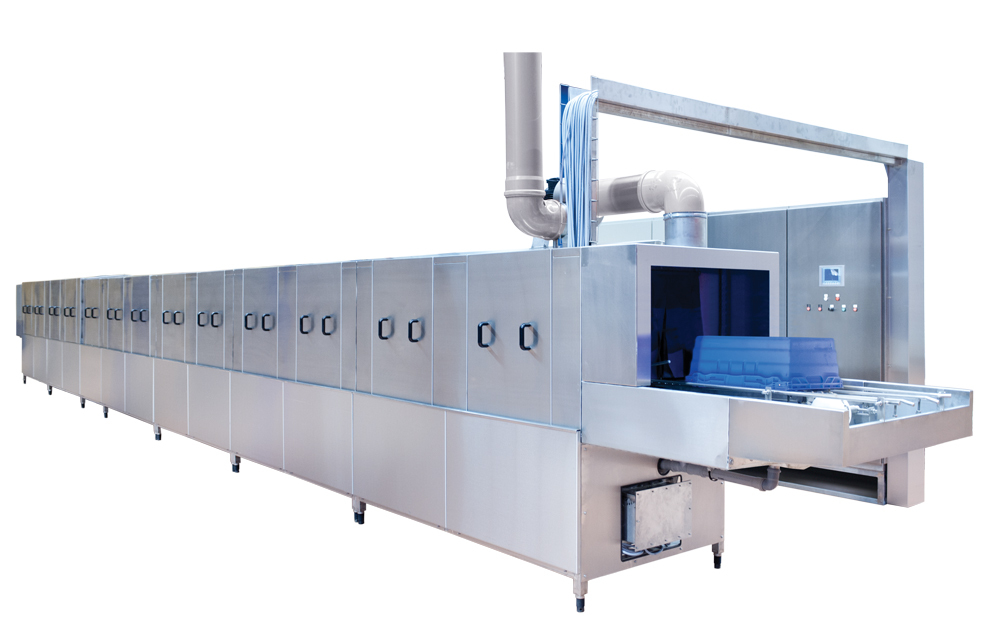
Industrial washer for plastic crates
In the food production sector, hygiene regulations are getting stringent by the day. E...
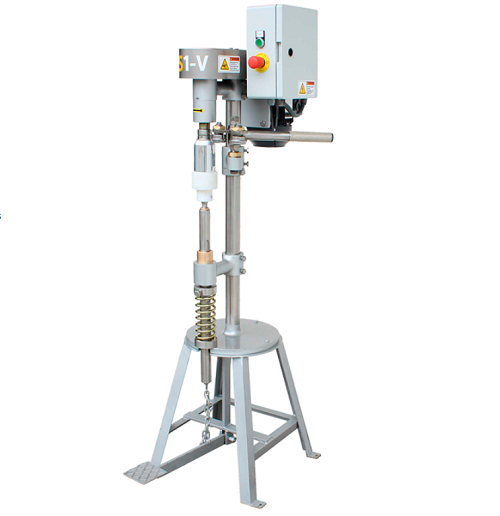
Semi-manual can sealer
When starting out in the canned product business, you do not necessary want to invest in industrial sc...

Craft Beer Pasteurizer
Pasteurization of craft beers in breweries is very important to ensure the maintenance of taste and ex...
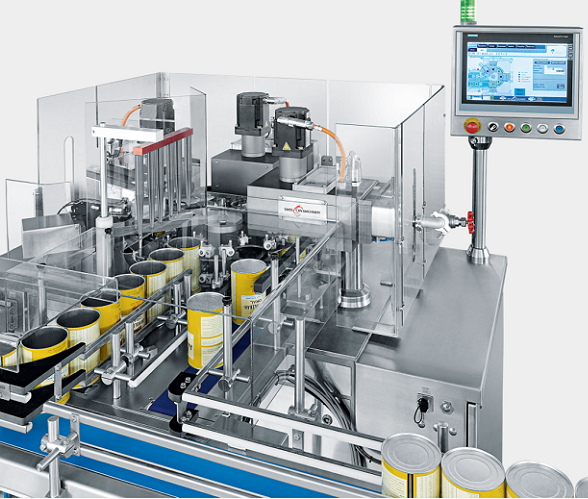
Seaming machine for infant formula cans
Packaging of food products, but especially those for babies, like infant formula, i...
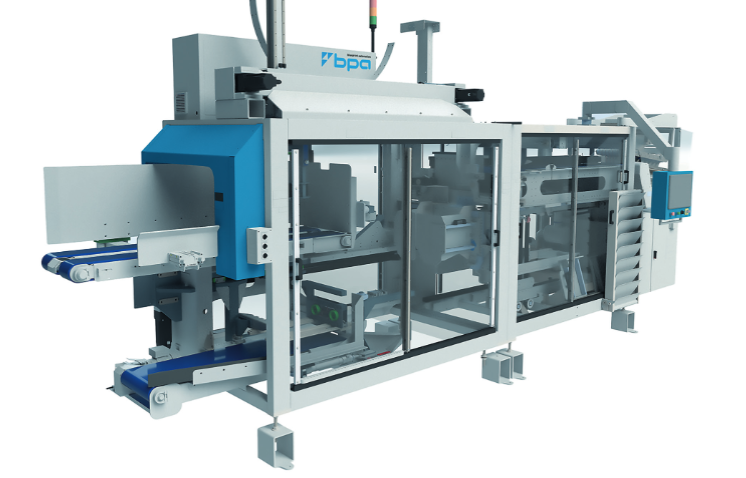
Frozen food automatic case packer
Adequately packaged frozen fries retain their original color, taste, and texture. And bec...
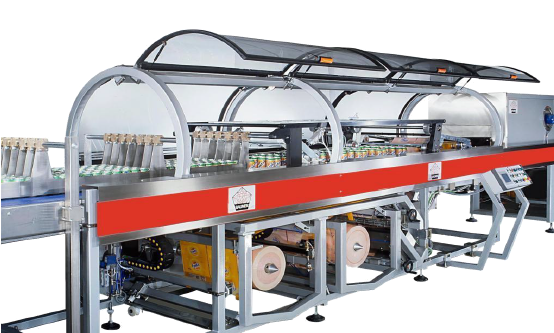
Shrink wrapping machine for PET bottles
During a shrink-wrapping process, a change of reel can slow down the production cyc...
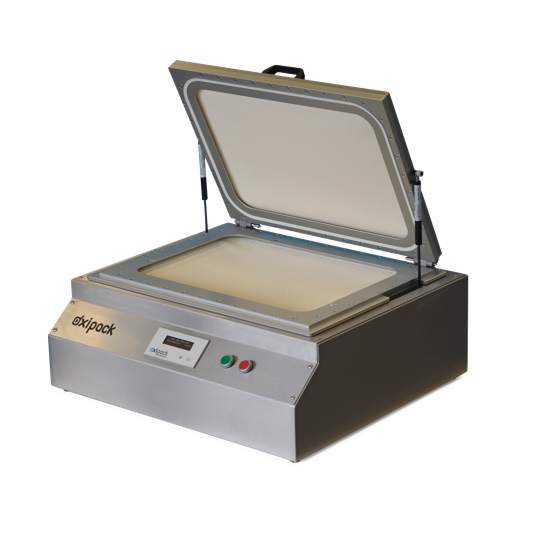
Leak tester for pouches and MAP packaging
Nuts are packed with unsaturated fatty acids, which means they are prone to oxid...
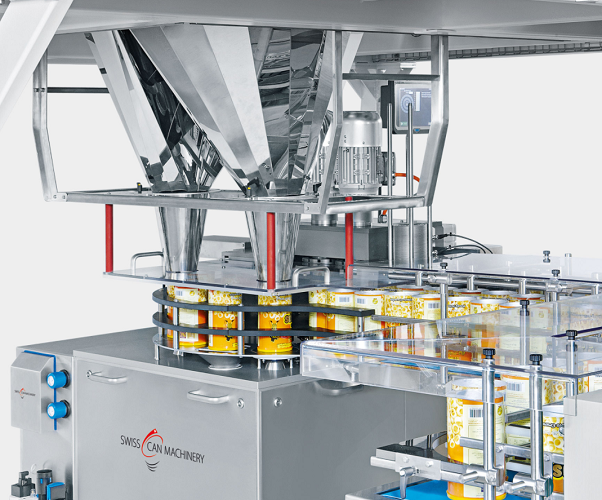
Filling and weight checking machine for food cans
Making sure the right quantity of product is in the packaging can be a ...
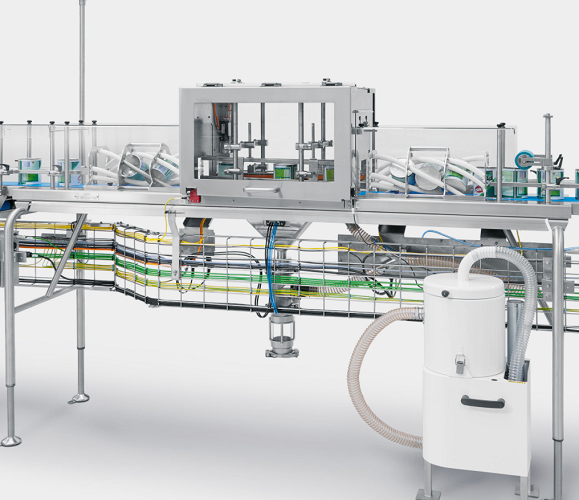
Ionized air system for cleaning of baby food cans
When producing canned food products, especially those for infant...
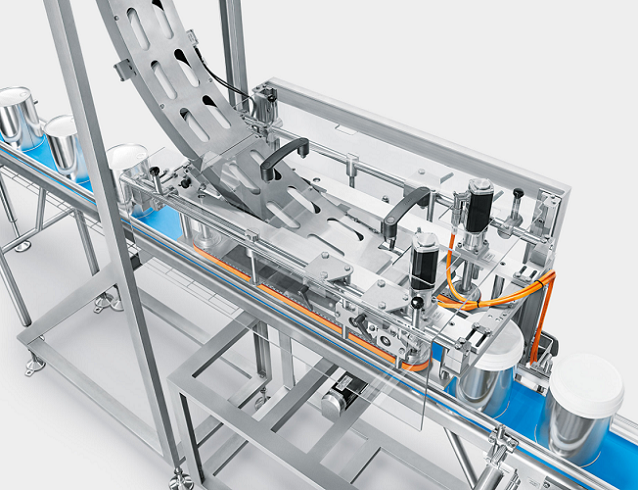
Capping machine for plastic lid oatmeal tins
Some products ask for a plastic reusable lid after the can has been sea...
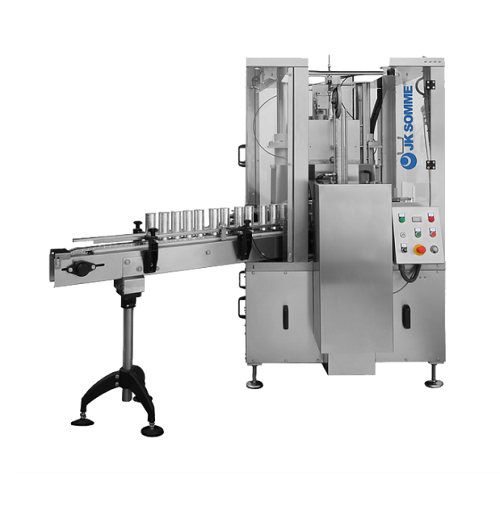
Medium scale round can seamer
Automatic seaming of cans of craft bear can be quite the hassle with the movement from the cen...
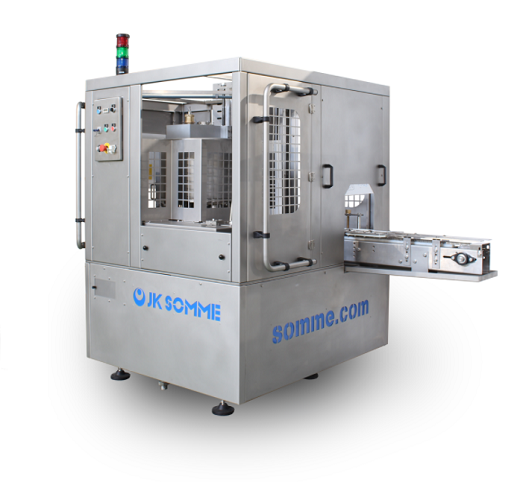
Irregular can seamer
Quite some time can be lost adjusting the seaming process to different can sizes when orders keep follow...
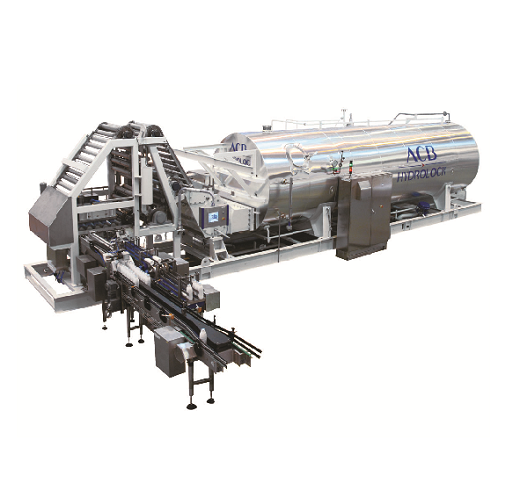
Continuous sterilizer for milk beverages
An important goal of heat processing in the manufacturing of milk beverages is to ...
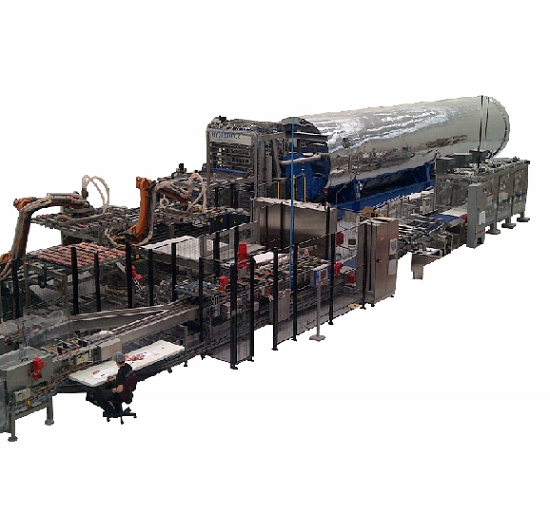
Continuous sterilizer for pet food
Sterilization is a critical operation in the manufacturing of wet pet foods. An importan...
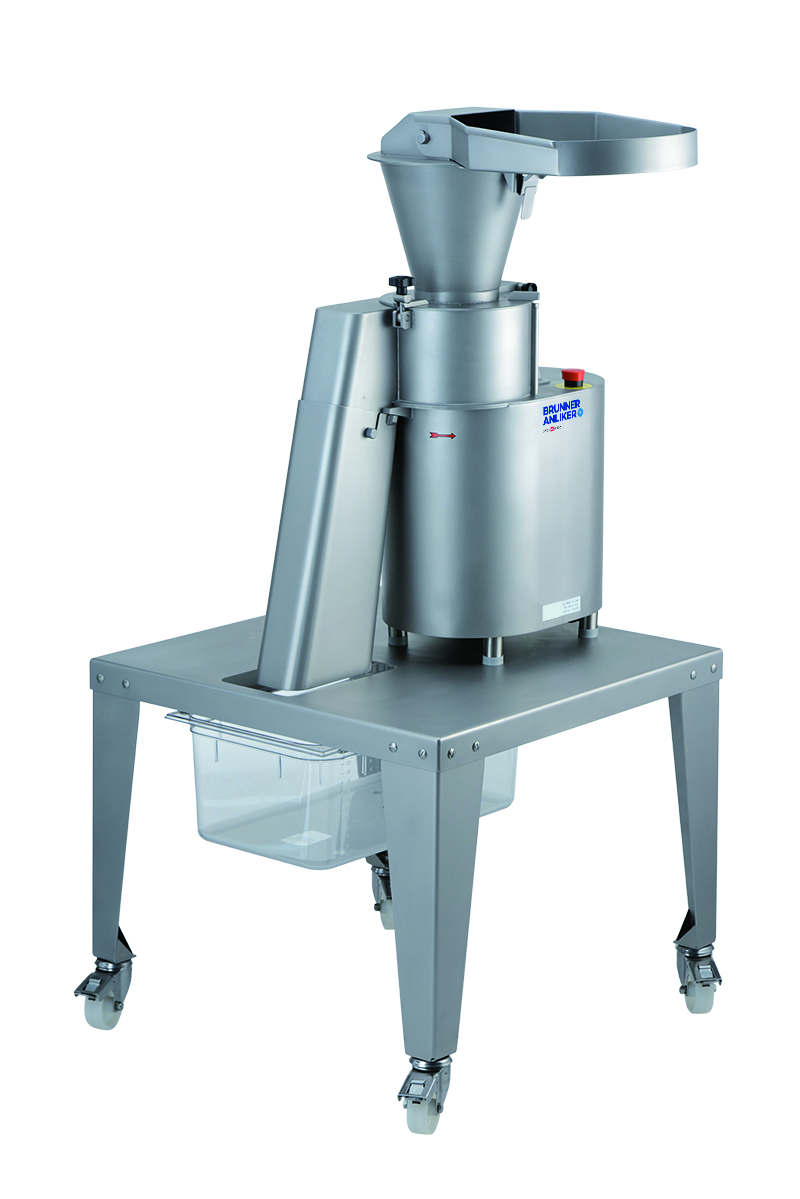
Nut and cheese grater
Smearing, clumping and crumbling are common problems when cheese and other soft textured foodstuffs are...
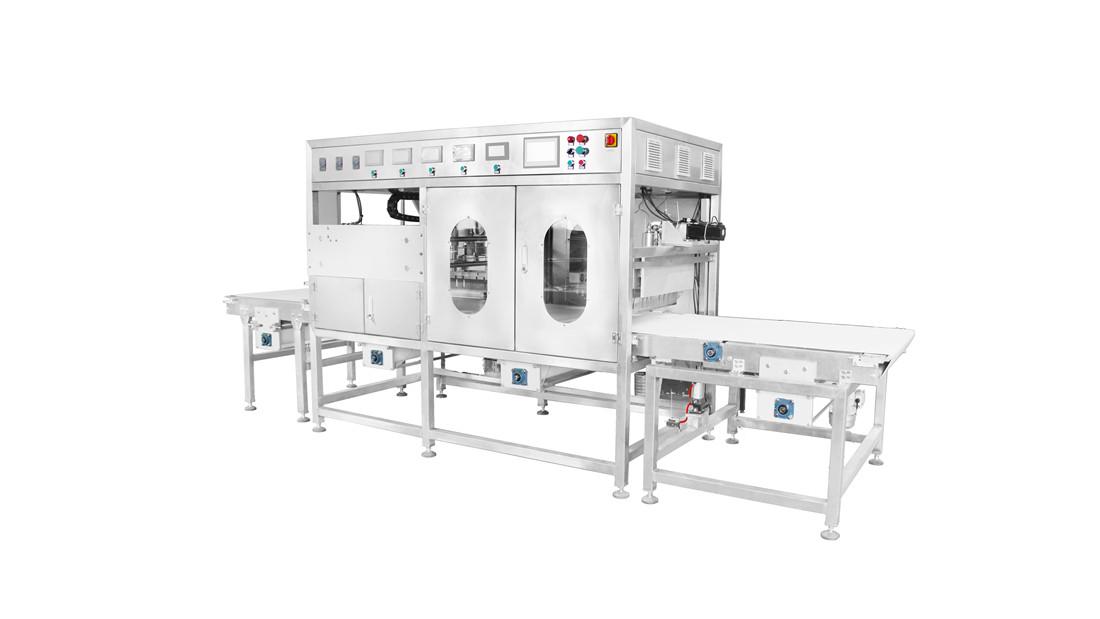
Inline ultrasonic big scale food cutting machine
In the food industry, where accuracy in the cutting process is desired, u...
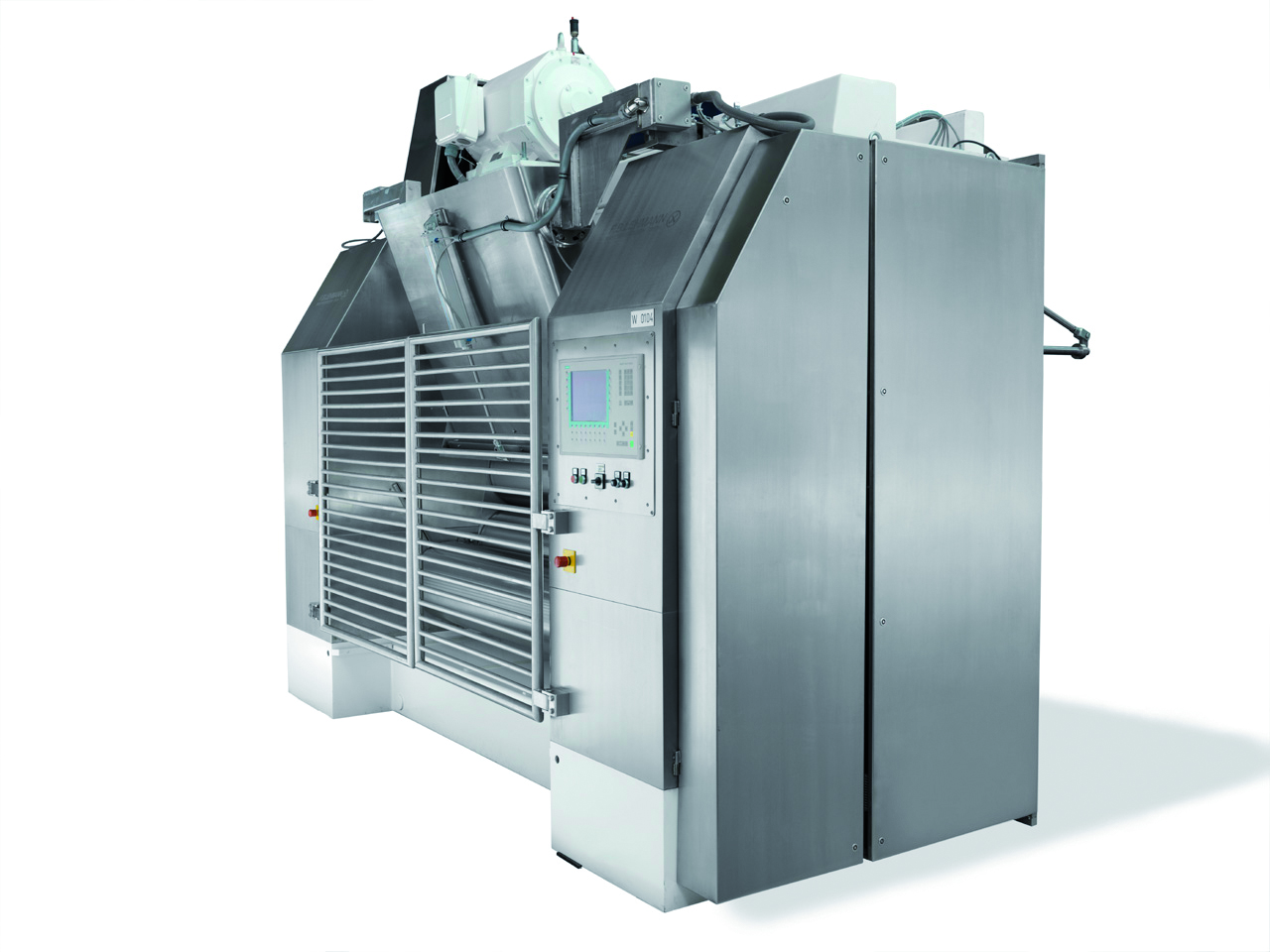
Five Roll chocolate refiner
When you want to produce high quality traditional chocolate, a 5 Roll Refiner gives you complete...
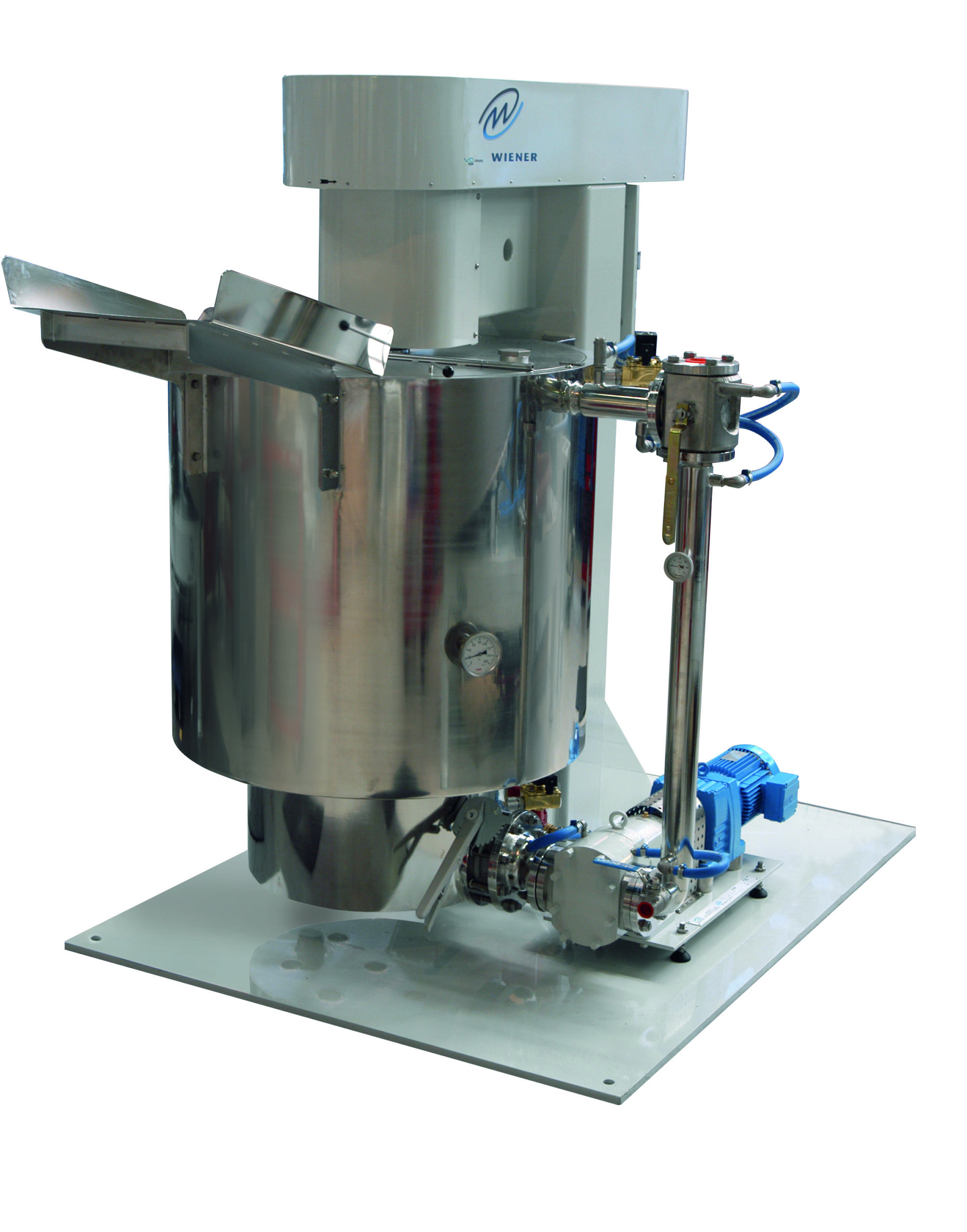
Mixer and refiner for chocolate compound
Mix cocoa liquor, cocoa powder, sugar, and lecithin in a small scale and refine sm...
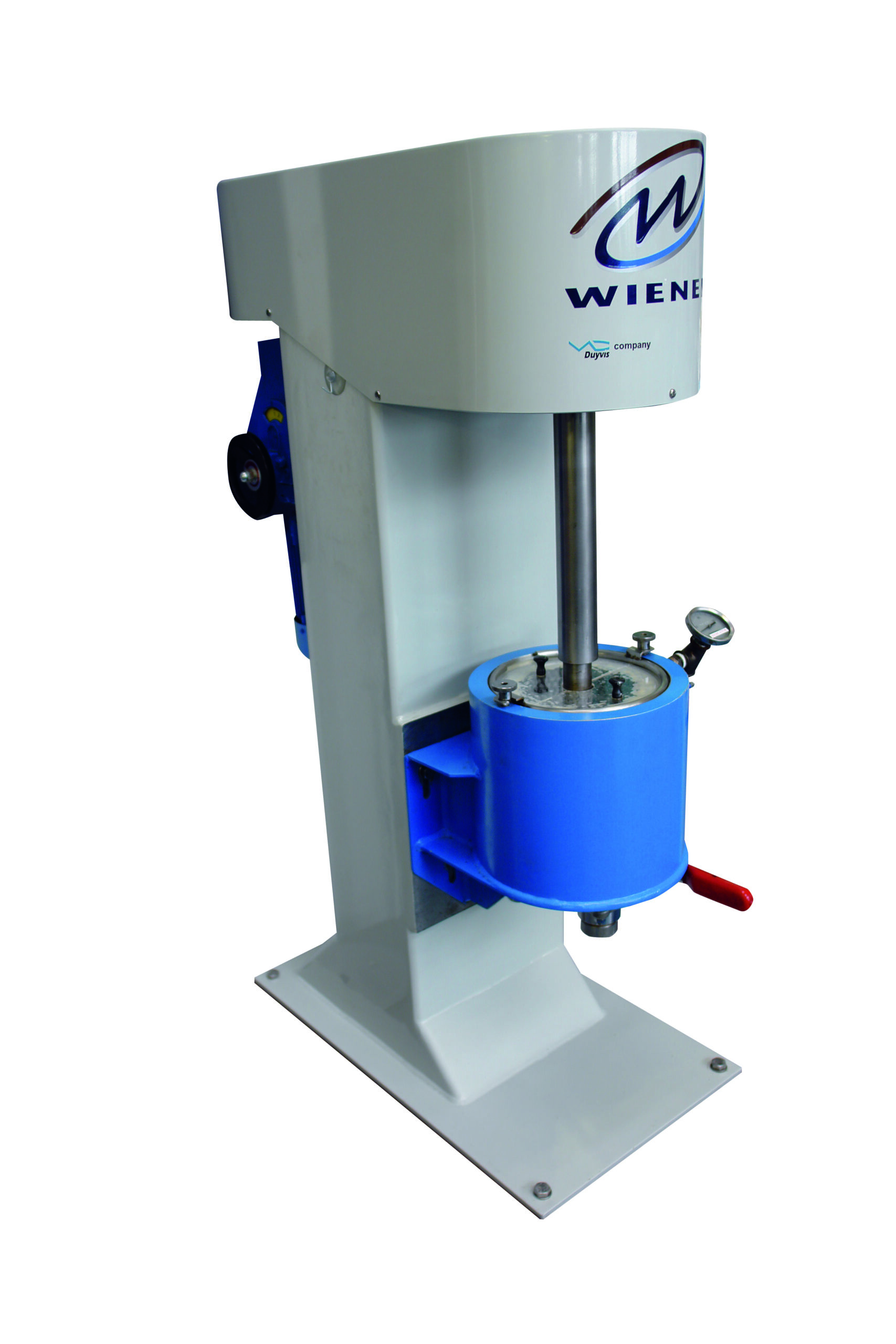
Chocolate laboratory ball mill
The ball mills are a type of grinder, with a cylindrical shape, used in the process of grindi...
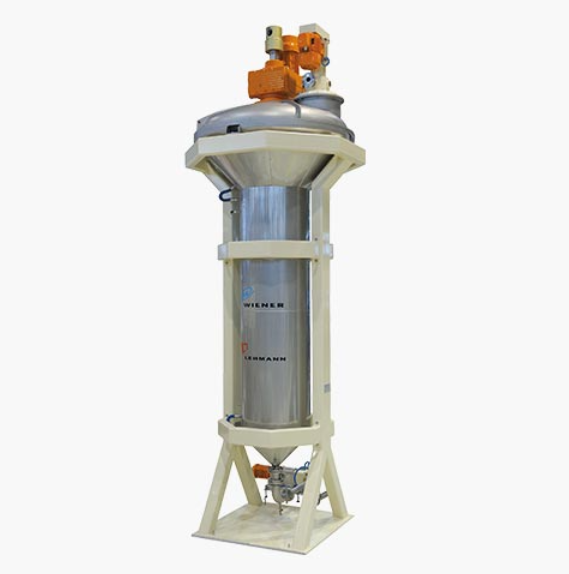
Continuous liquid conche
For thin film treatment of chocolate, compound, and cocoa masses.

Batch chocolate machine with vertical ball mill
To mix and refine cocoa liquor, cocoa powder, sugar, and lecithin, several...
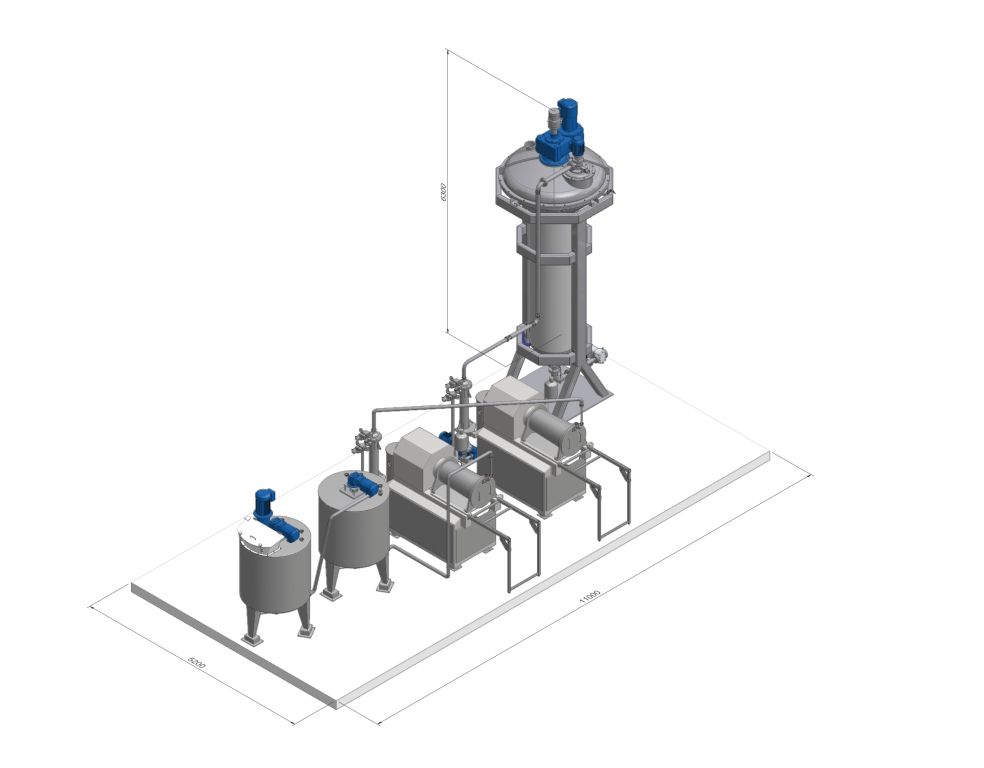
Continuous chocolate line with horizontal ball mills
For mixing and refining cocoa liquor, cocoa powder, sugar, and lecit...
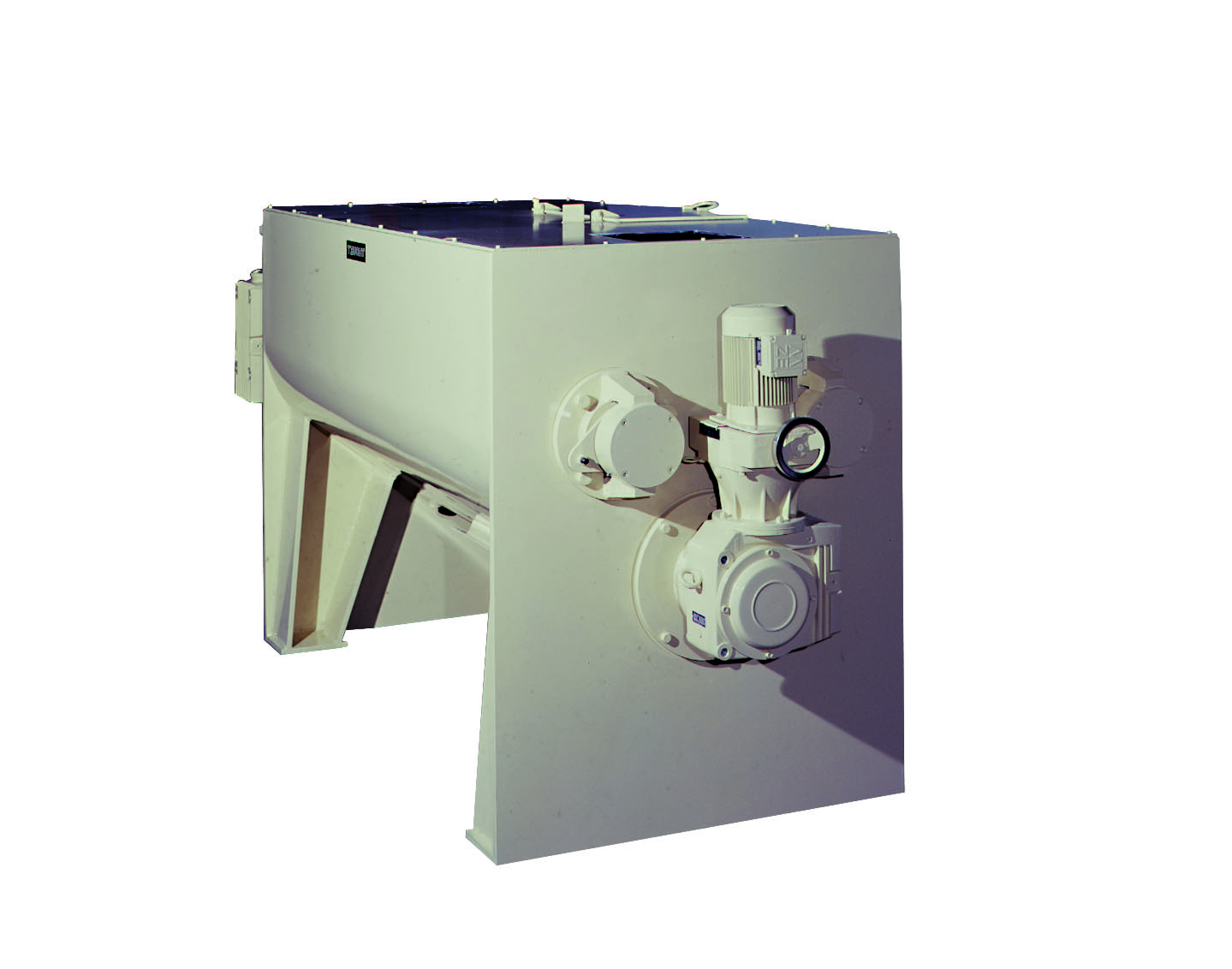
Mixer and kneader for sugar based recipes
For the production of chocolate paste based on refined or icing sugar, the decis...
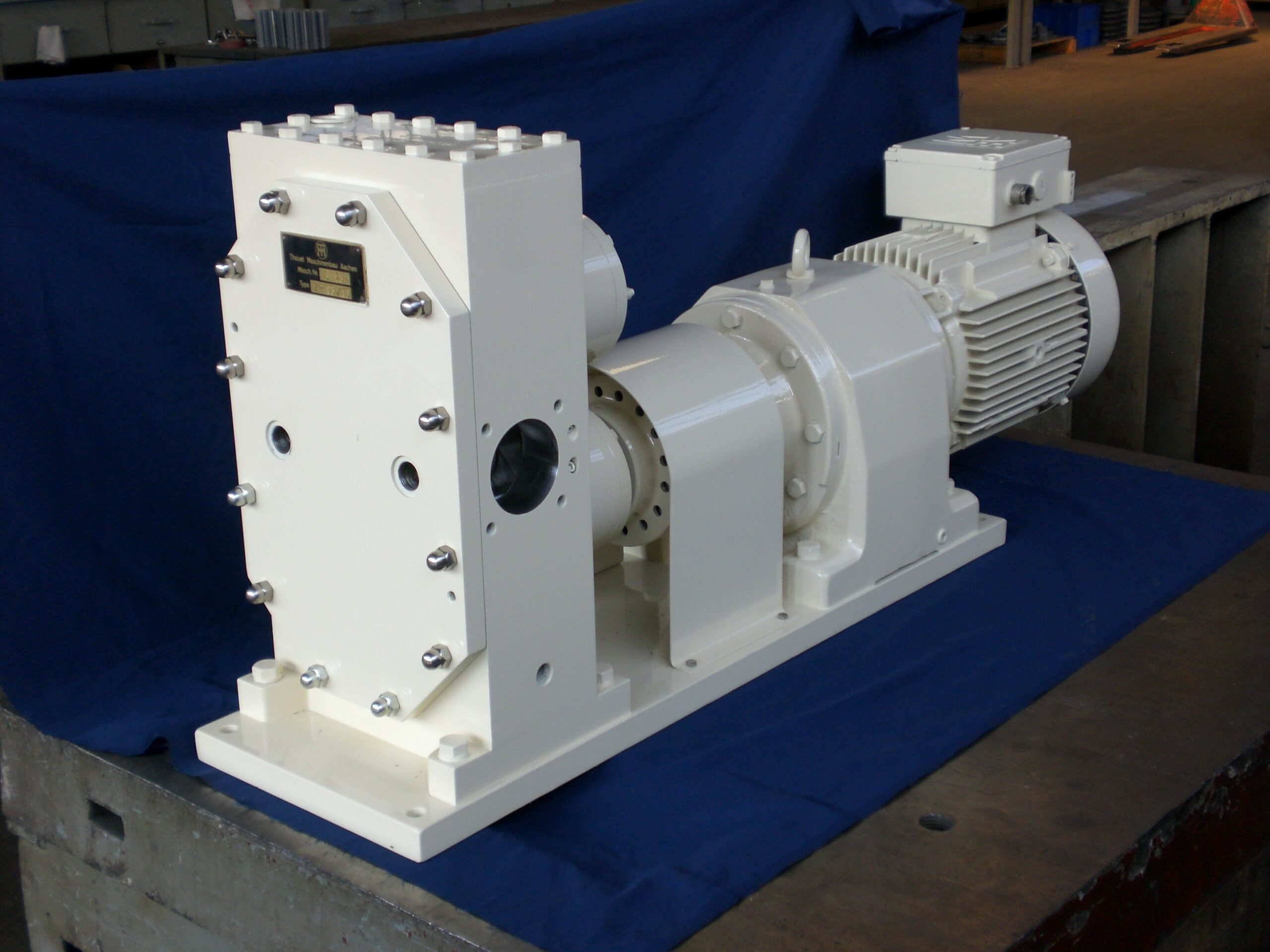
Cocoa and chocolate pumps
When you need a pump for cocoa liquor or to fill a cocoa butter press, you need a pump that is esp...
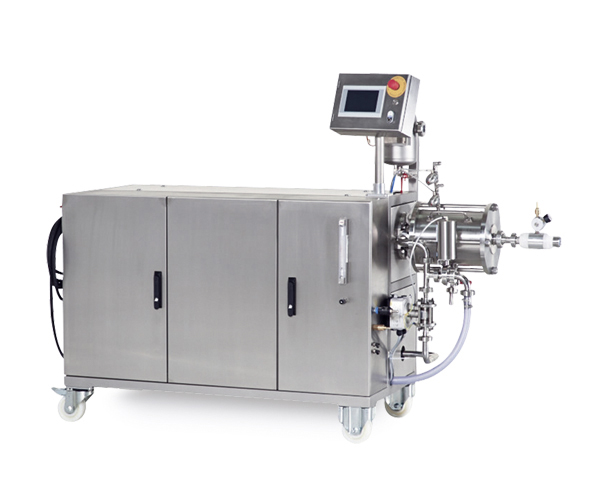
Aerator for low-viscosity media
Many industrial processes and products require a consistent foam with very particular and ti...
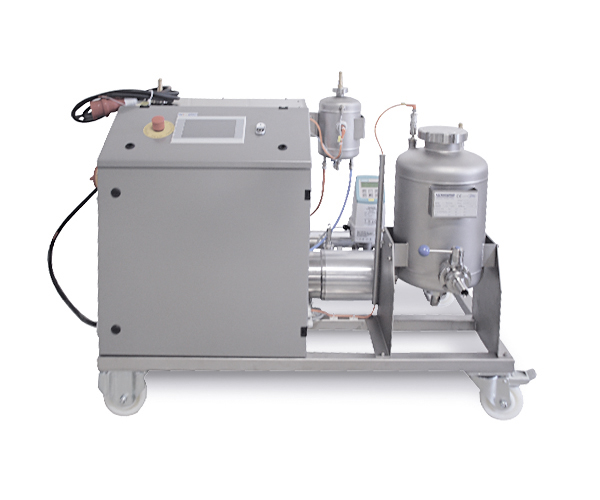
Aerator for high-viscosity media
Highly viscous ingredients in both the food and chemical processing industries require spec...
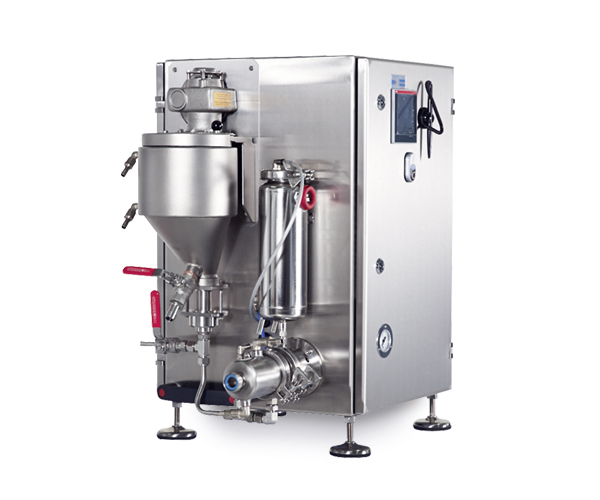
Laboratory aerator for food products
Successful innovators in the food, chemicals, and plastics industries need reliable mi...
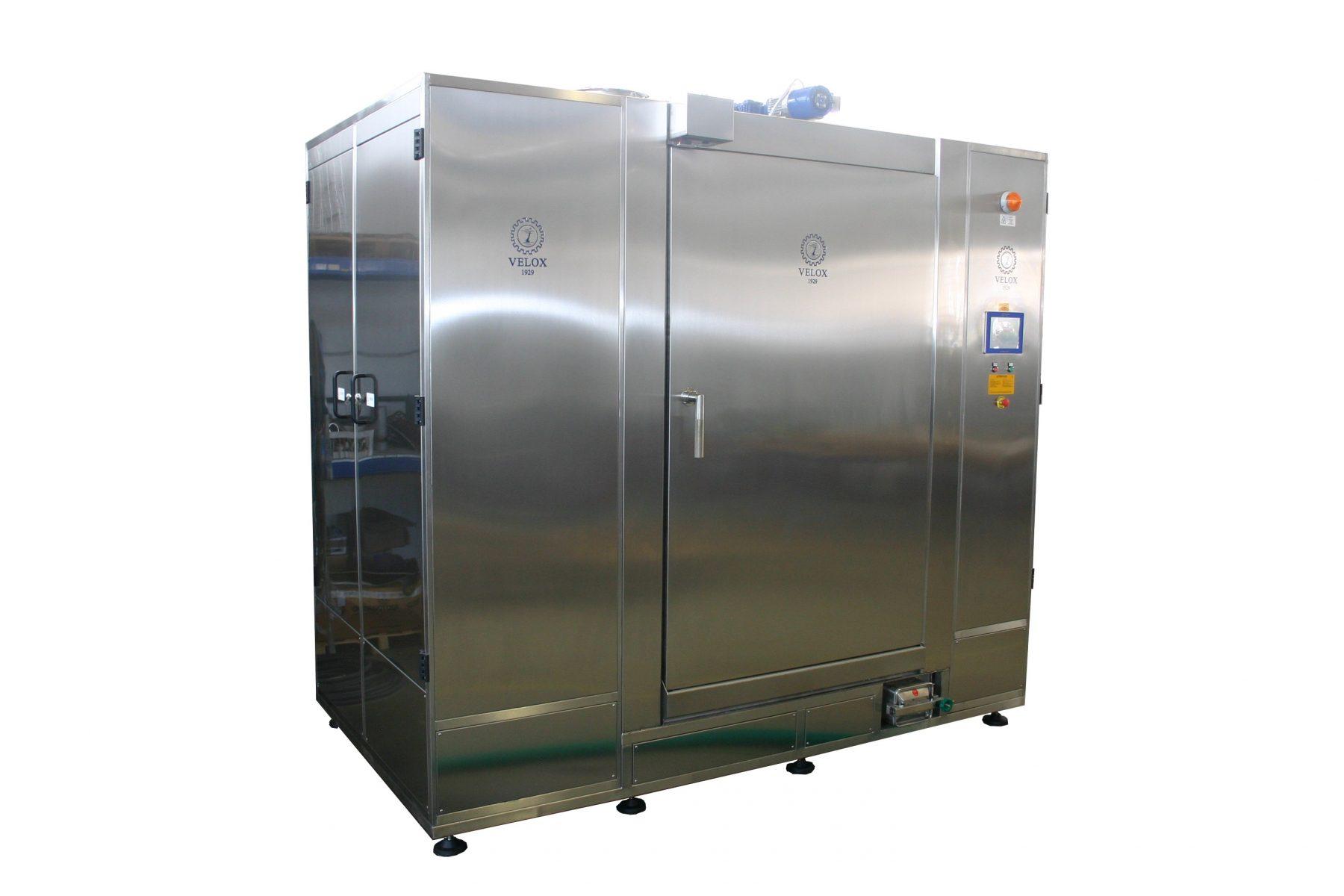
Washing cabinet for trolleys
Food manufacturing facilities, bakeries, or restaurants are ridden with efficiency-related issu...
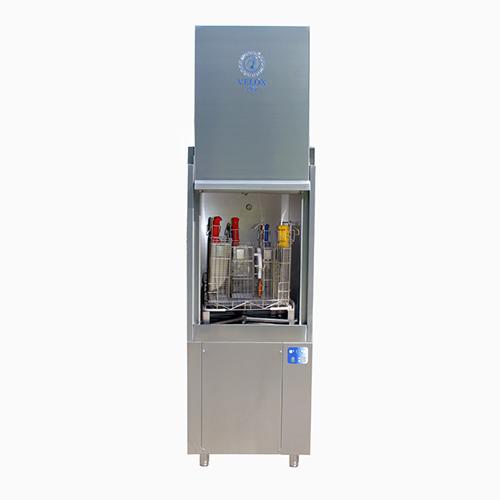
Hygiene washer for food utensils
Thorough and quick cleaning of kitchen utensils, such as baskets, knives, trays, and other ...
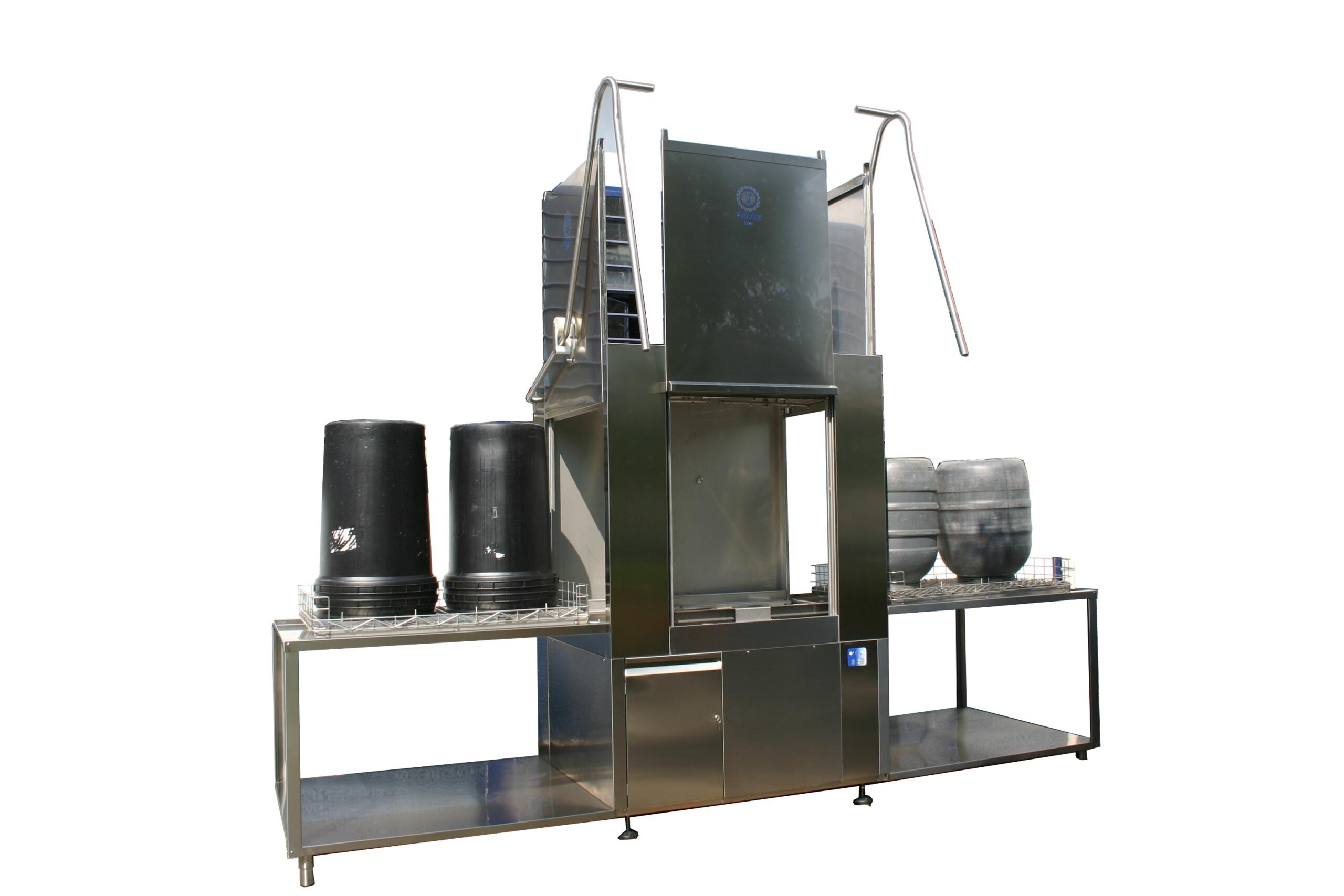
Washing cabinet for food bulk containers
With an ever-increasing demand for output and stricter hygiene regulations for foo...
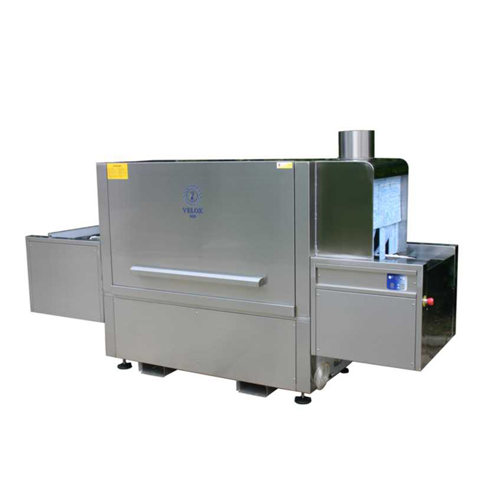
Food crates washer
With the increasing demand of food production sectors for cutting costs, while increasing quality of produ...
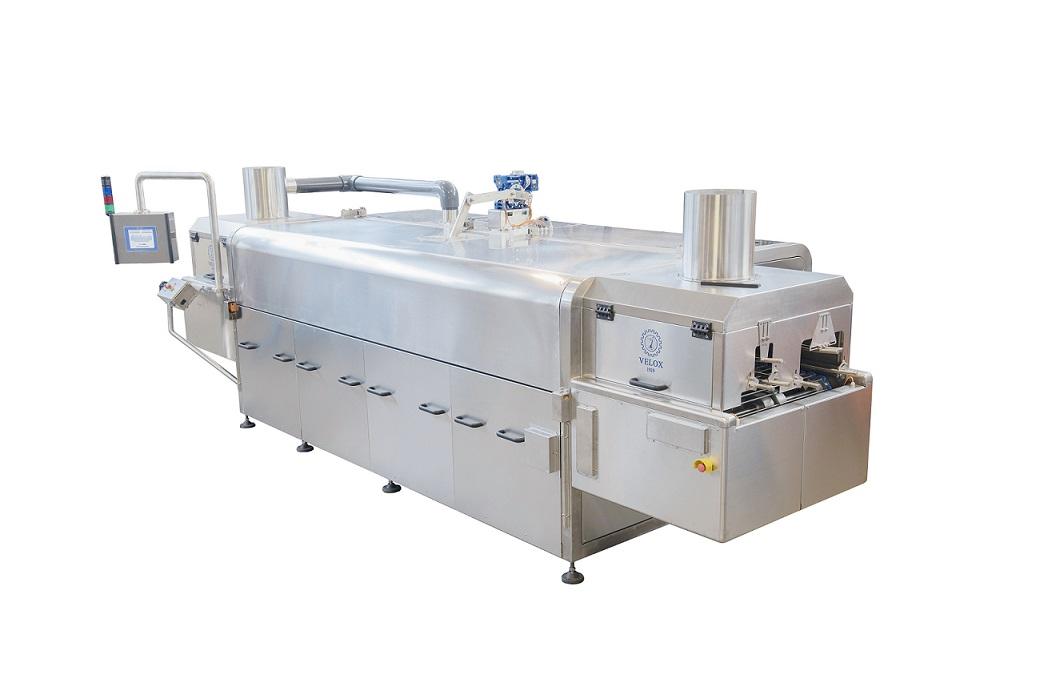
Tunnel washer for food containers
With an increase in demand for production across food service and manufacturing companies...
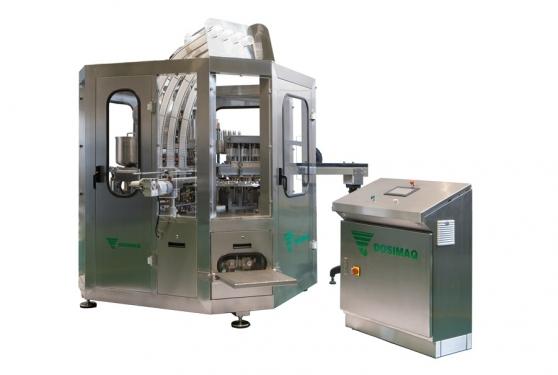
Automatic filling and sealing machine for yogurt
One of the biggest challenges when filling yogurt in containers is that t...

Milling and drying machine for fine powders
When you need to produce ultra-fine powders, the milling and drying process em...
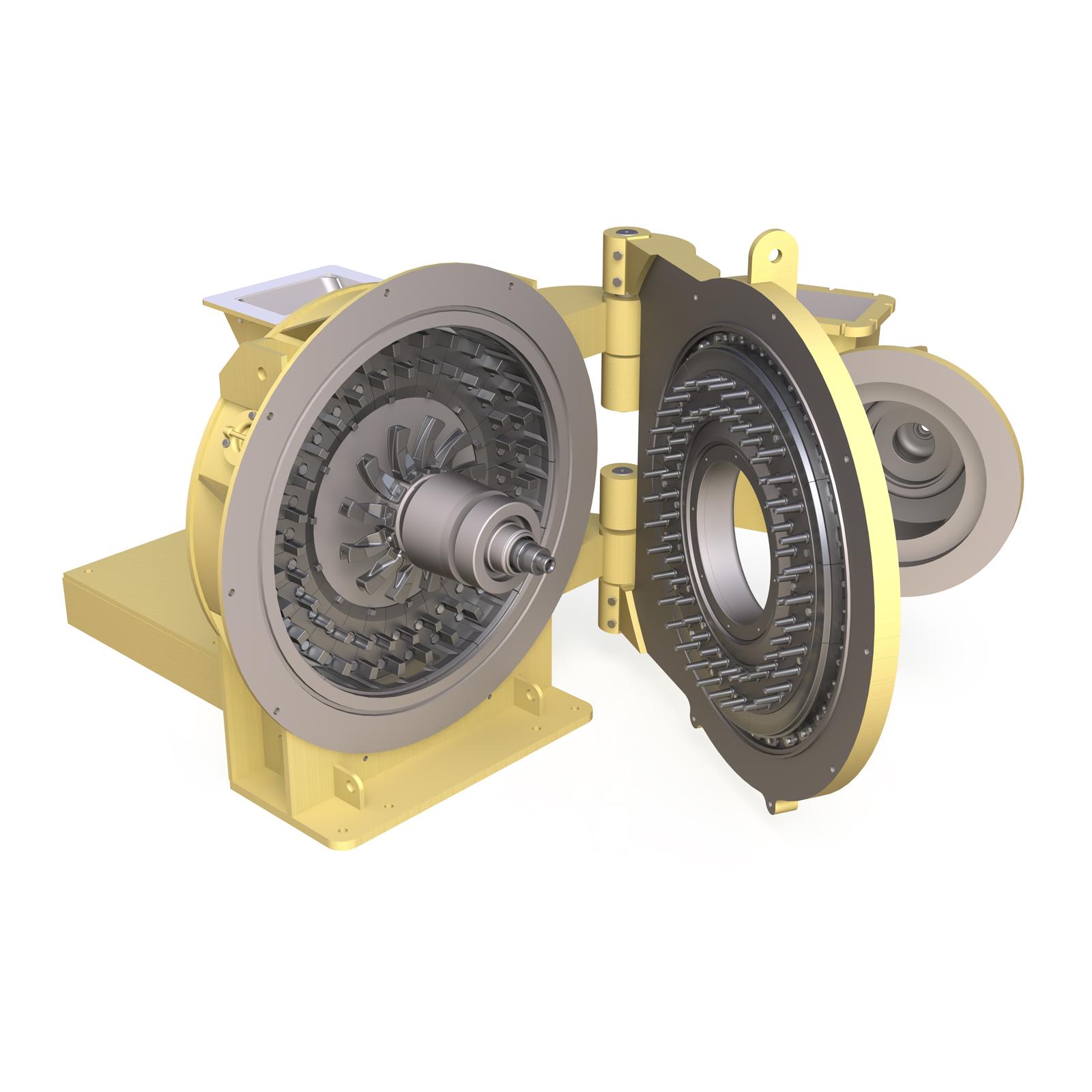
Flash drying grinder for powders
Drying and grinding can be an important feature when trying to process products such as raw...
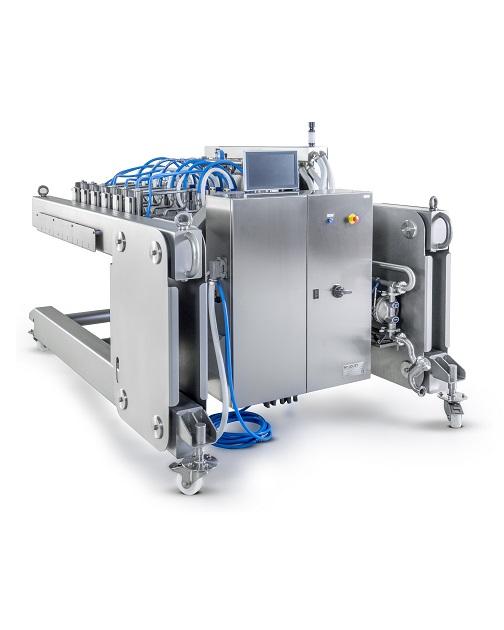
Mobile high speed depositor of pizza sauce
As the demand for ready-made pizzas continues to grow, businesses face tremendo...
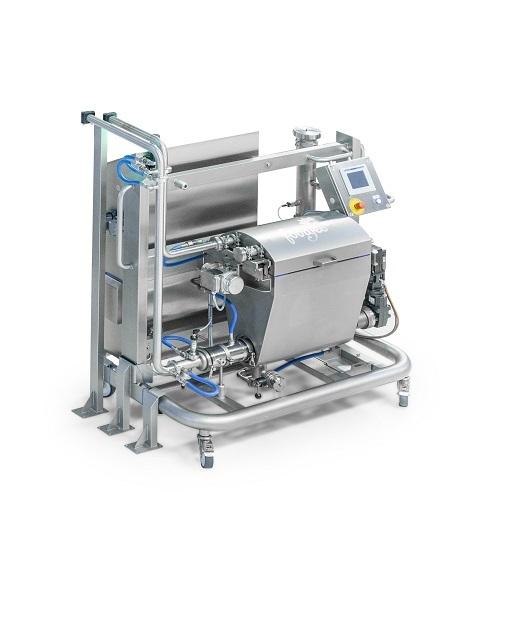
High-speed depositor of garlic butter
Across the globe, slices of bread are typically buttered by hand which often results ...
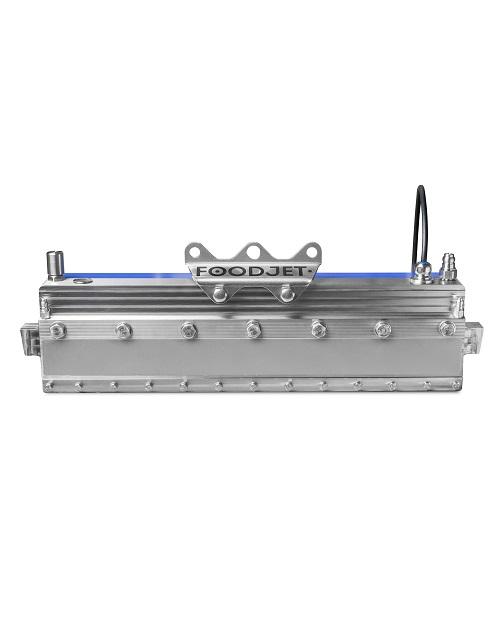
Mobile depositor of tiger wash
Manufacturers of tiger bread and other similar consumables often find that achieving perfect ...
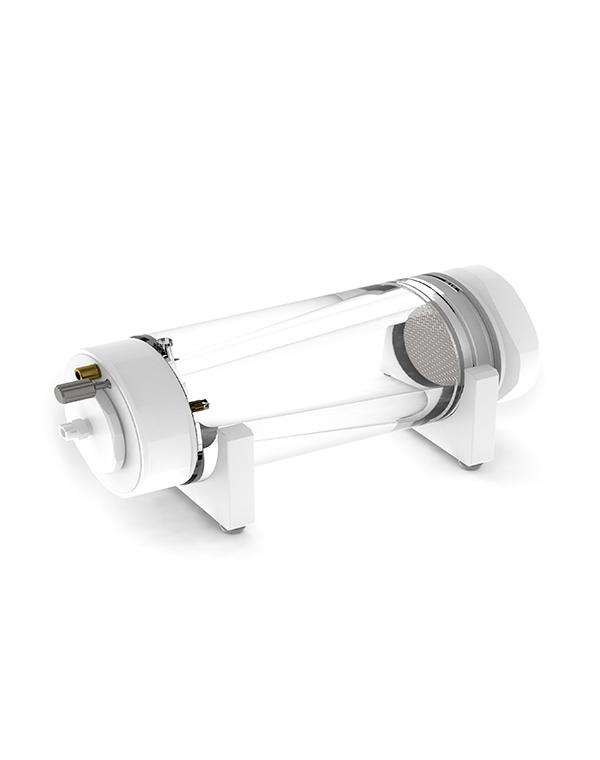
Lab-scale radial chromatography columns for virus validation
In the food industry, as an example, during lab-testing and...
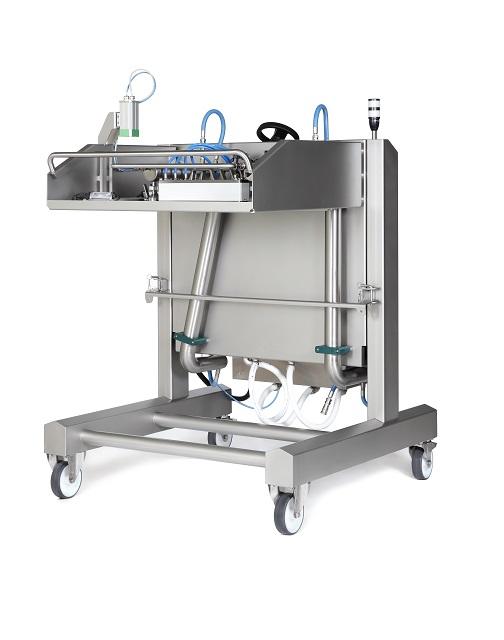
Chocolate decorator for extruded ice-cream
It is not uncommon for ice-cream decorator units to become faulty and produce a...
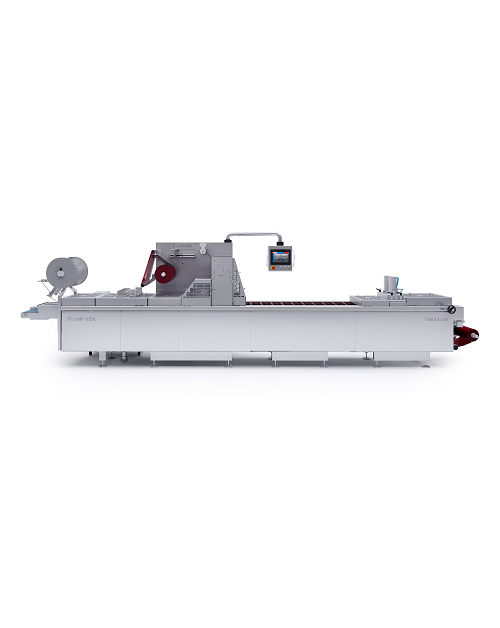
Skin packaging machine
Skin packaging is when a product is placed on a tray or a paperboard with a thin layer of plastic plac...
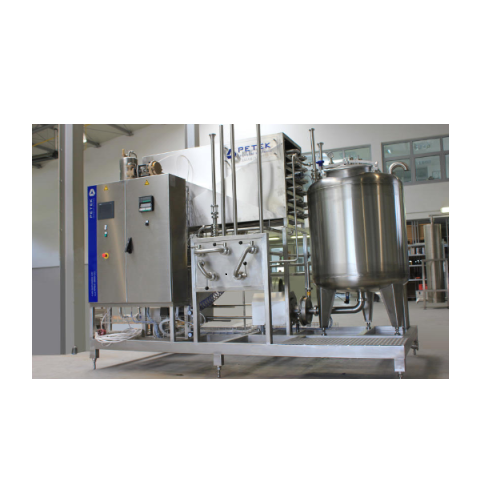
Flash pasteurizer for beer
The food and beverage industry are faced with constant challenges. Contamination and cross infect...
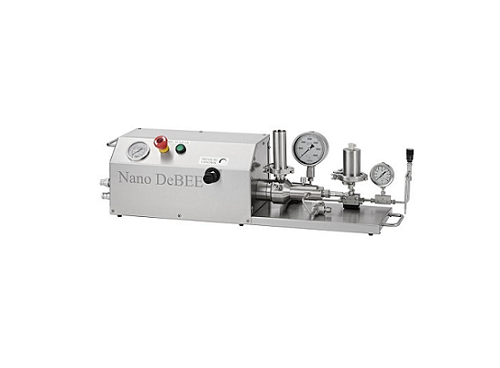
High pressure electric laboratory homogenizer
It’s vital that small units for experimentation can scale up with 100% accur...
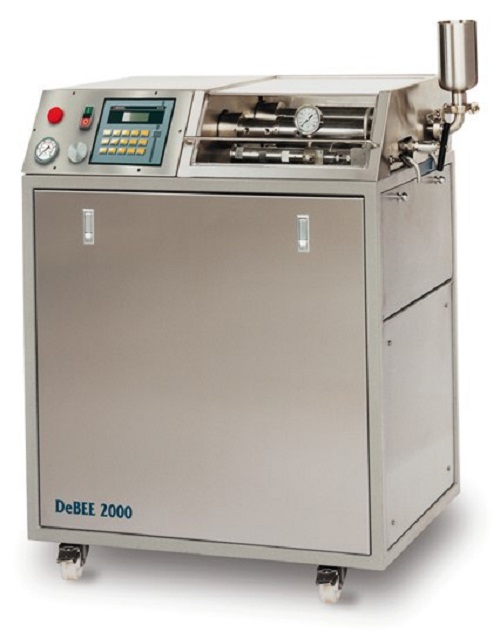
High pressure pilot homogenizer
Biotech and pharmaceutical development programs often require a mixing method that achieves ...
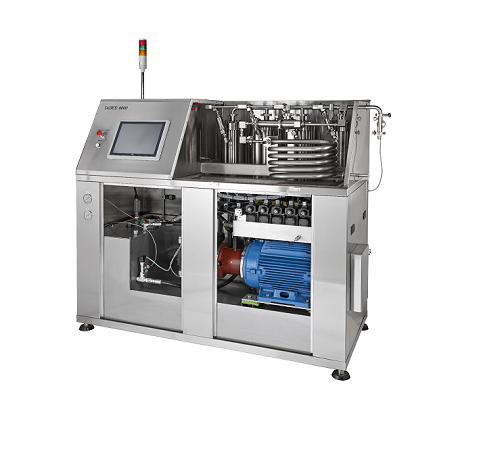
High pressure industrial homogenizer
For any industrial pharmaceutical process that relies on high pressure homogenization ...
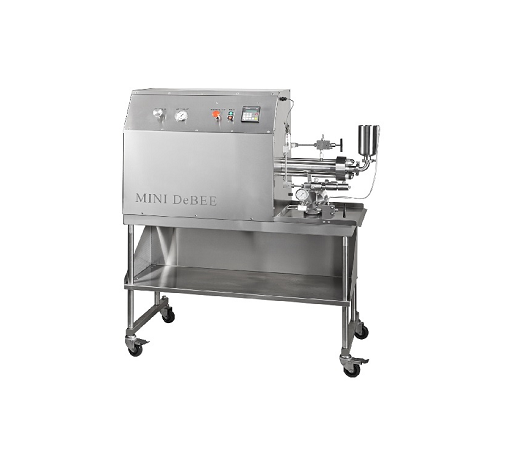
Pilot high pressure homogenizer
For maximum value, a high-pressure homogenizer that’s suitable for both laboratory and pilot...
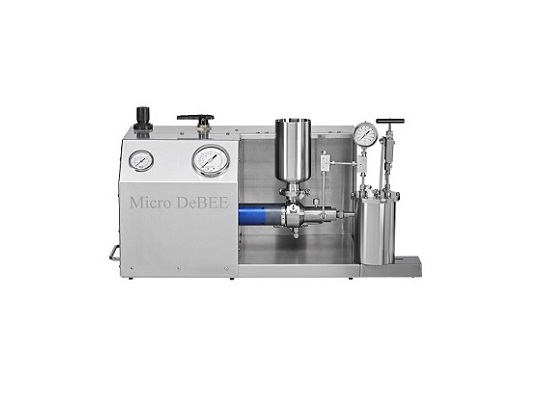
High pressure air powered laboratory homogenizer
Offering lab-scale to small pharmaceutical production scale output for in...
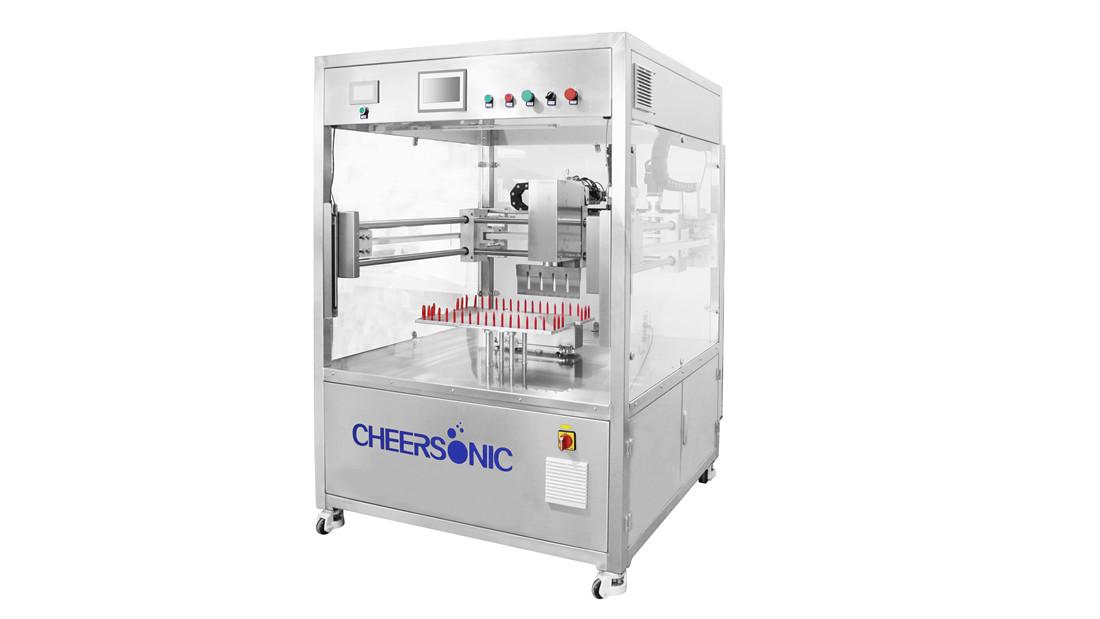
Stand-alone ultrasonic food cutting machine
For some foods such as cake, pizza, sandwiches or ice cream, the end product i...
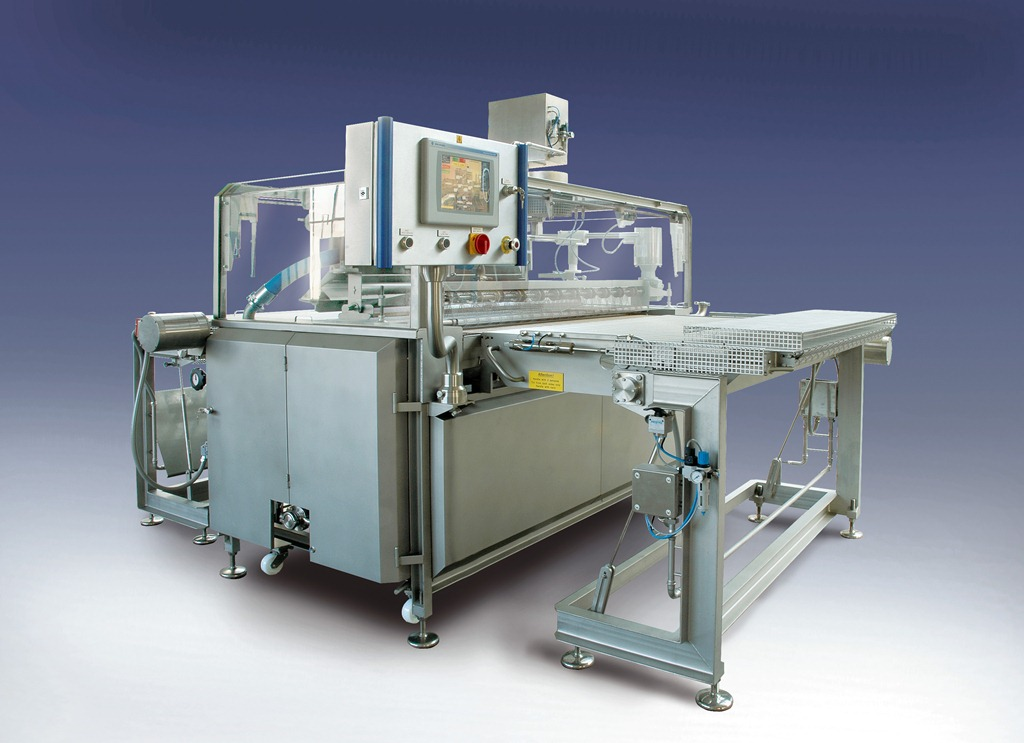
Ice coating machine
Make consistent use of this high-quality, finish coat with your covered product. This is a coating machin...
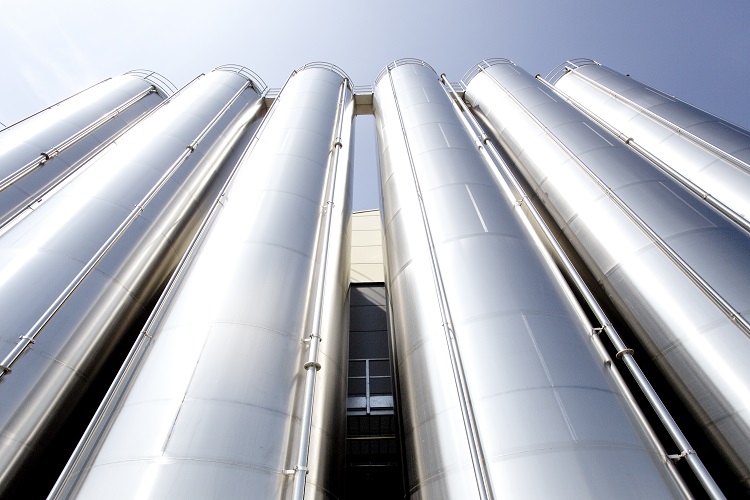
ATEX confirmed outdoor silo for flour
Bulk outdoor storage of flour, dry milk and other powder ingredients for the bakery i...

Microdosing system for bakery industry
Storage and dosing of powdered minor ingredients such as flavourings, colours and si...
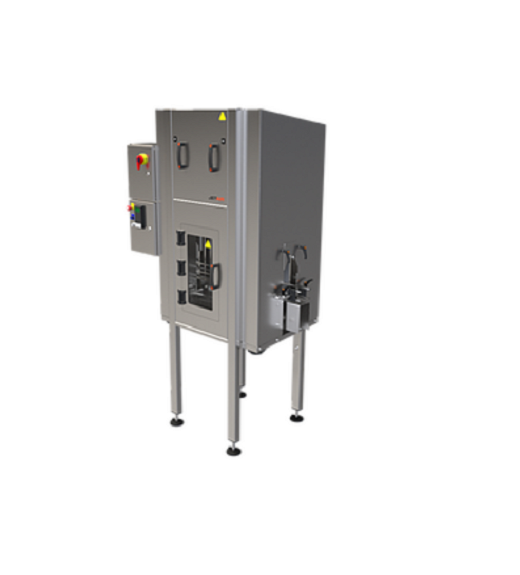
Air knife drying system for containers
In food or beverage production where a product is filled into jars, there is often r...
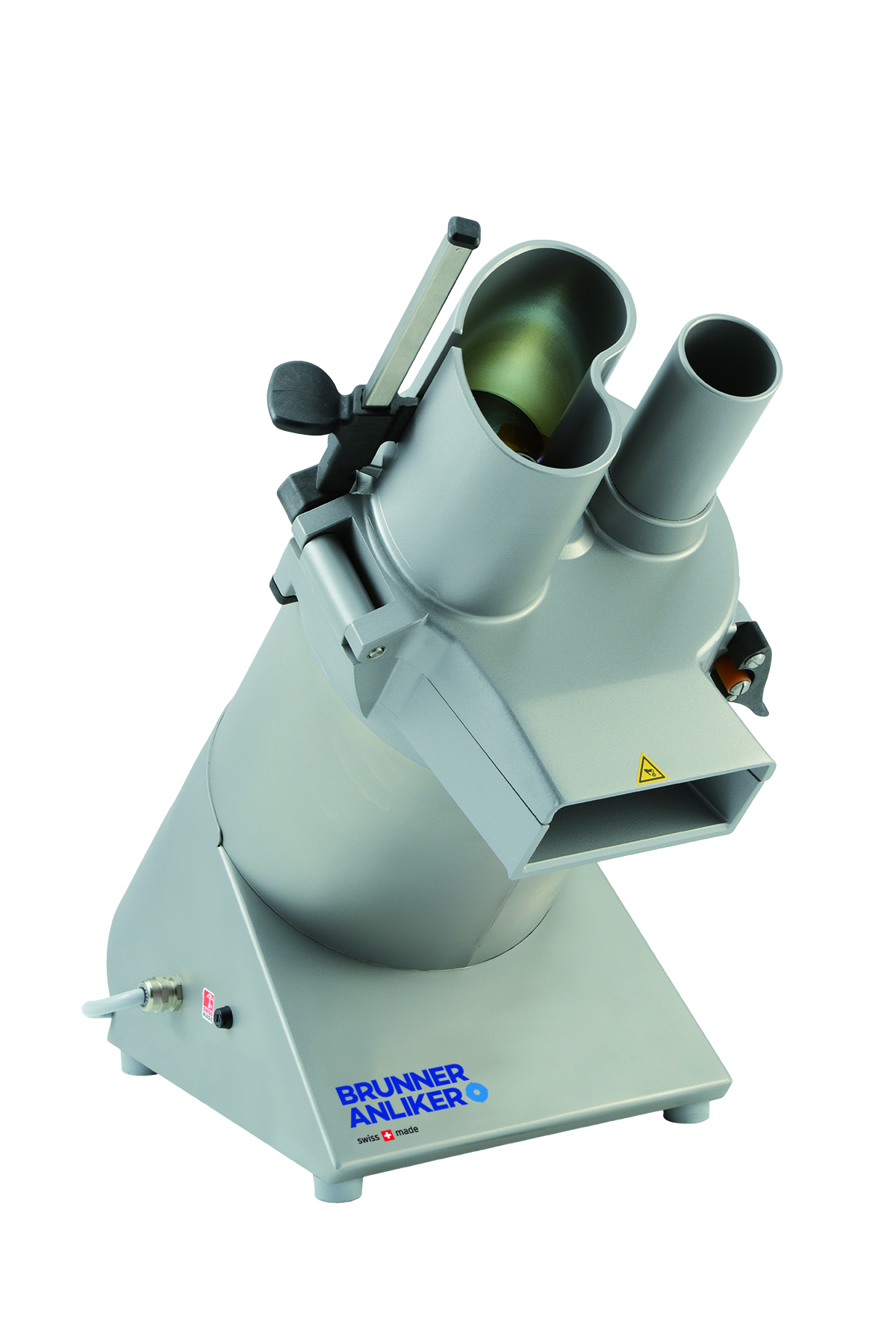
Cheese grater
Breaking down large blocks into grated, shredded, powdered or planed cheese requires multiple graded discs that ...
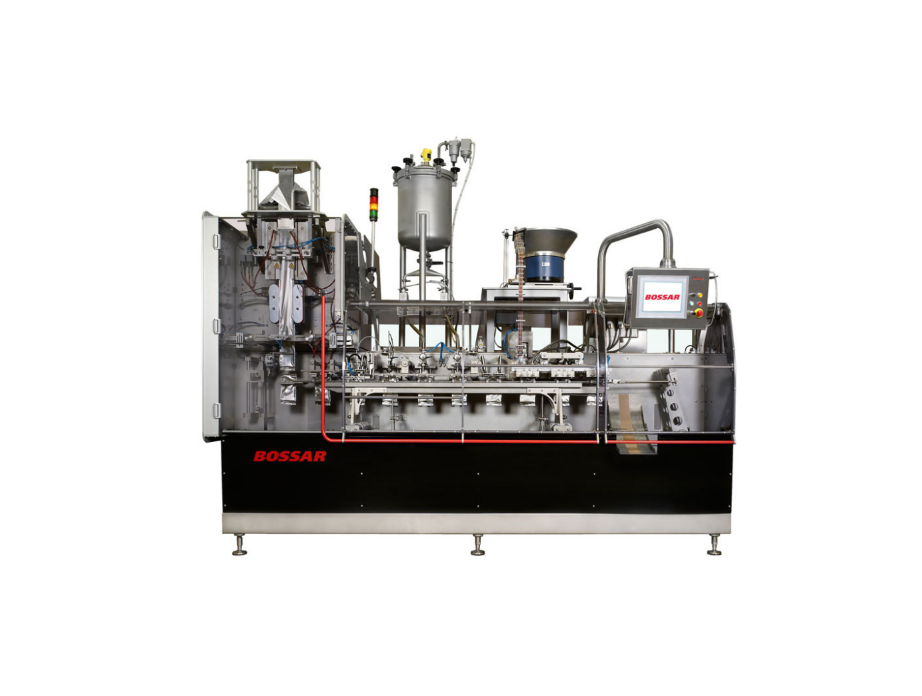
Economical Pouch Packaging Machine
The side gusset pouch is a popular packaging solution for medium formats, particularly f...
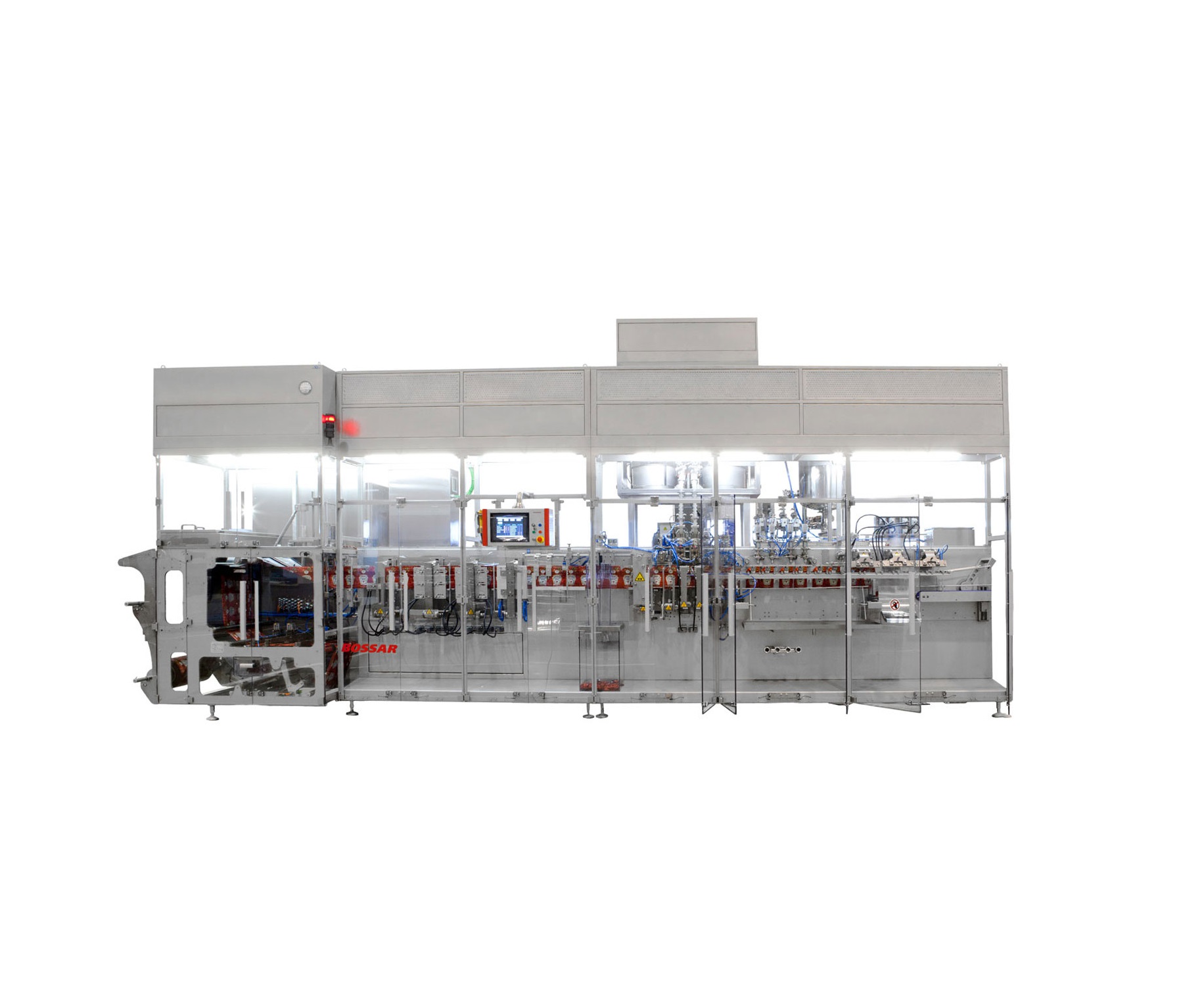
Modular HFFS Machine
A large range of sizes and types is available, with traditional horizontal form fill and seal machines b...
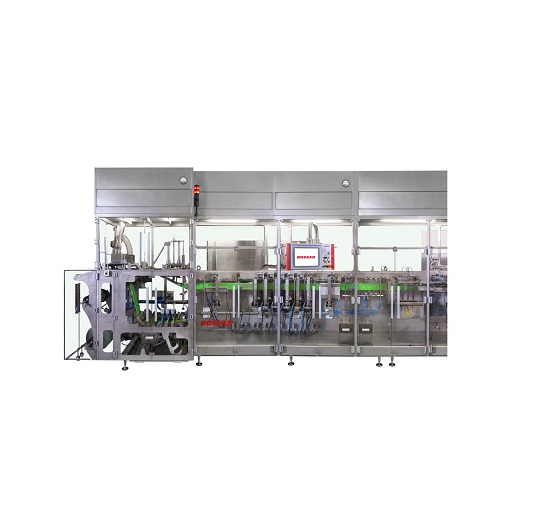
HFFS machine with servo-control system
Traditional HFFS machines use mechanical cams to drive the production path through t...
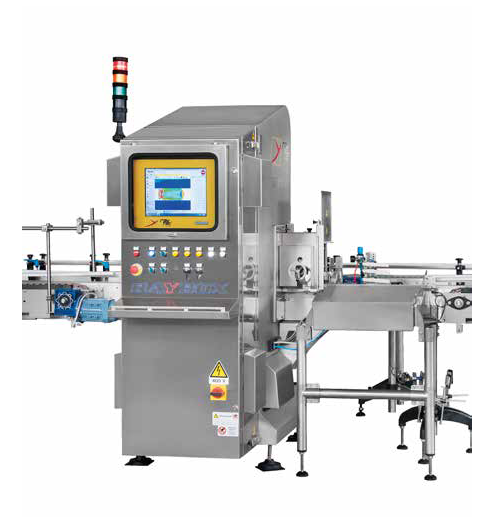
X-ray inspection machine for jars
Inspection of glass jars and bottles for foreign object contamination is a vital part of ...
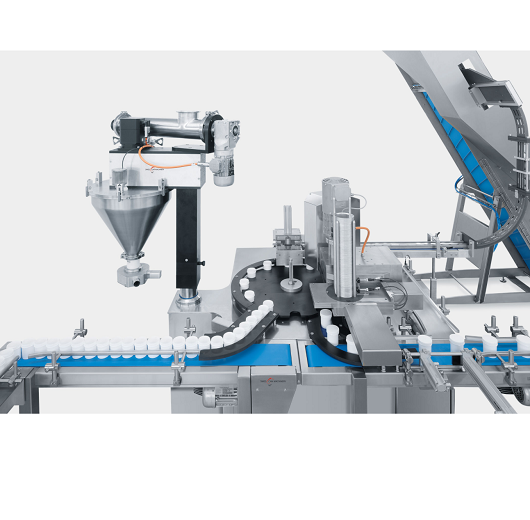
Can filling equipment
Having separate equipment for different process steps like filling and closing, can put a brake on grow...
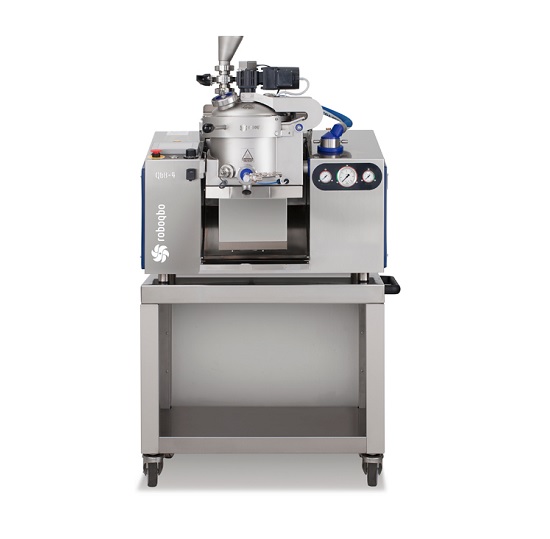
Easy to use food processor for gastronomy sauces and pastes
For the development and production of high quality gastronom...
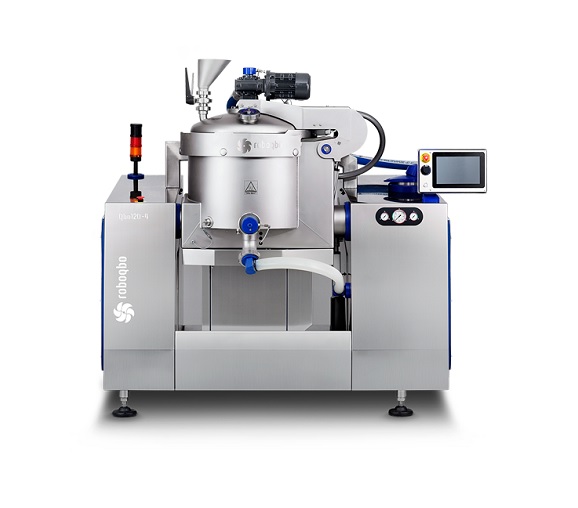
Food processor for making fruit jams for pastries
In a bakery environment fruit jams are often used for the decoration or...
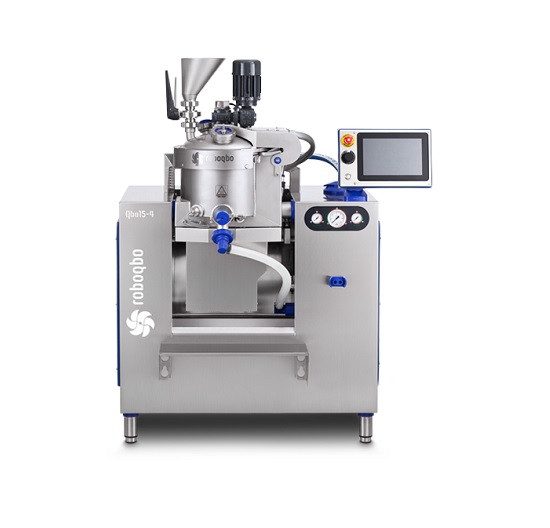
Multi-functional food processor for a high sugar percentage pastes production
For the development and production of hi...
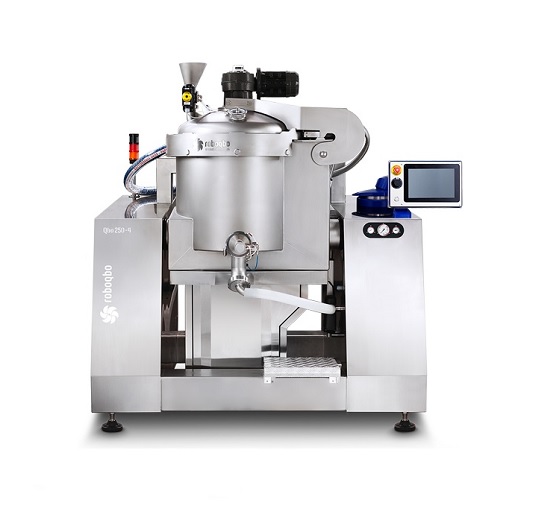
Vacuum cooker for concentrating sauces and purees
When producing high quality prepared food, concentrating products for s...
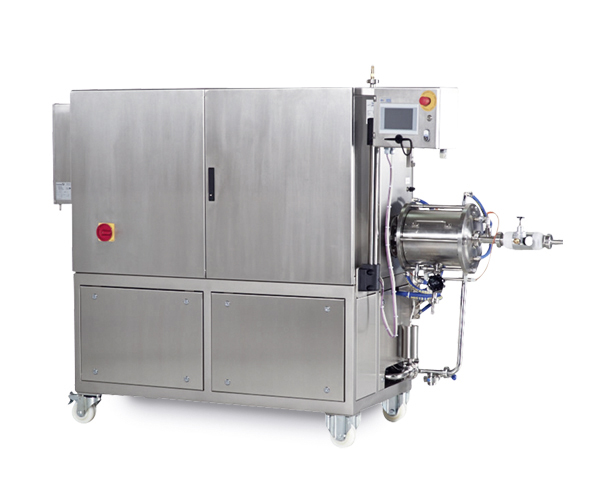
Compact aerator for pumpable media
Many processes in food production and standard industry require high-quality, customized...
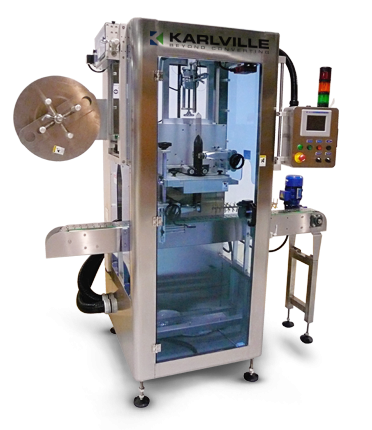
Low speed can sleeve applicator
Flexible automatic low speed application of shrink sleeving to cans is used in various indus...
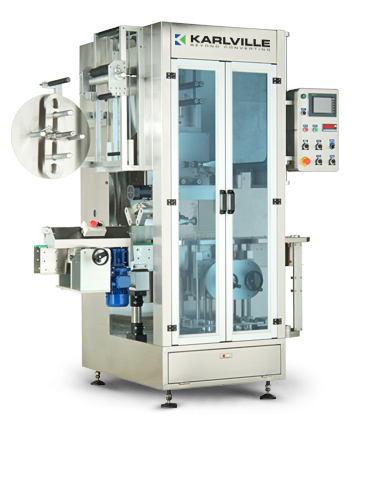
Low speed shrink sleeve applicator
A variety of industries require flexible addition of shrink sleeves to containers on the...
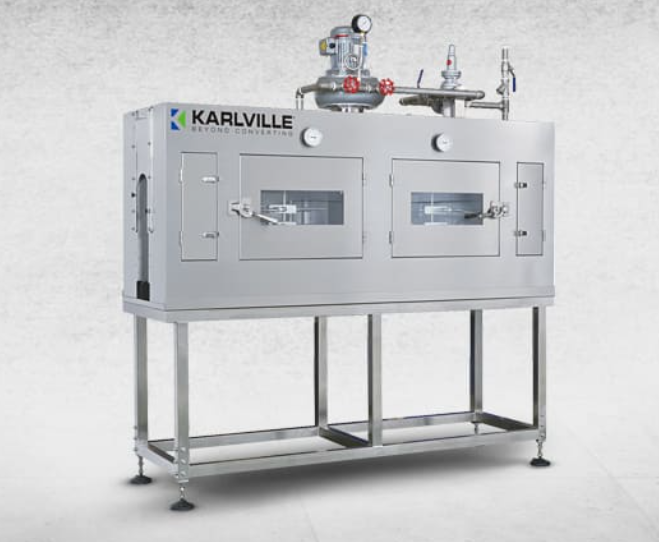
Shrink tunnel for applying sleeves to different containers
Maximum flexibility is required when setting pressure and dir...
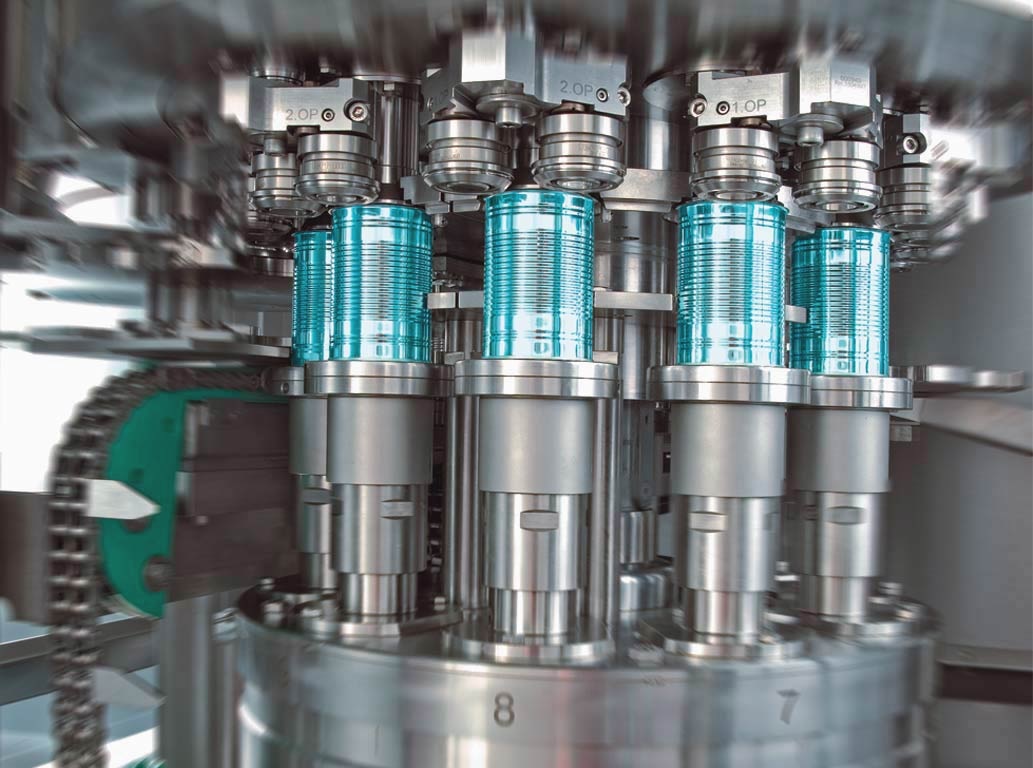
Can seamer for food products
Flexible can seaming equipment is required to adapt for product-specific variations in food can...
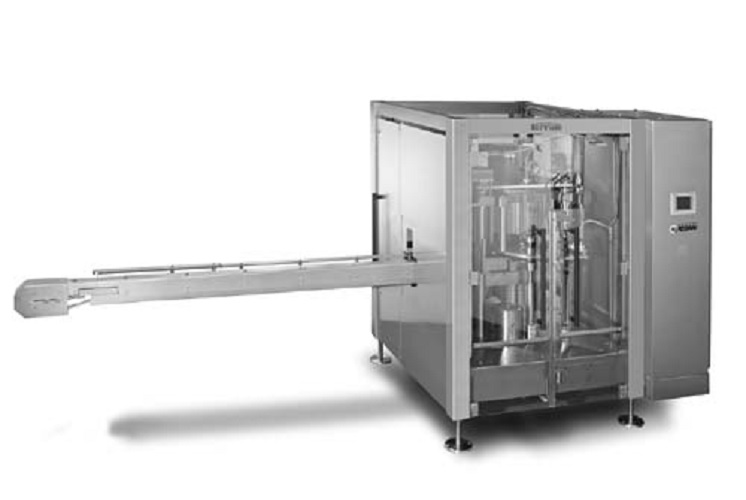
High performance can seamers for the food industry
The wide variation of materials and dimensions used in the food cannin...
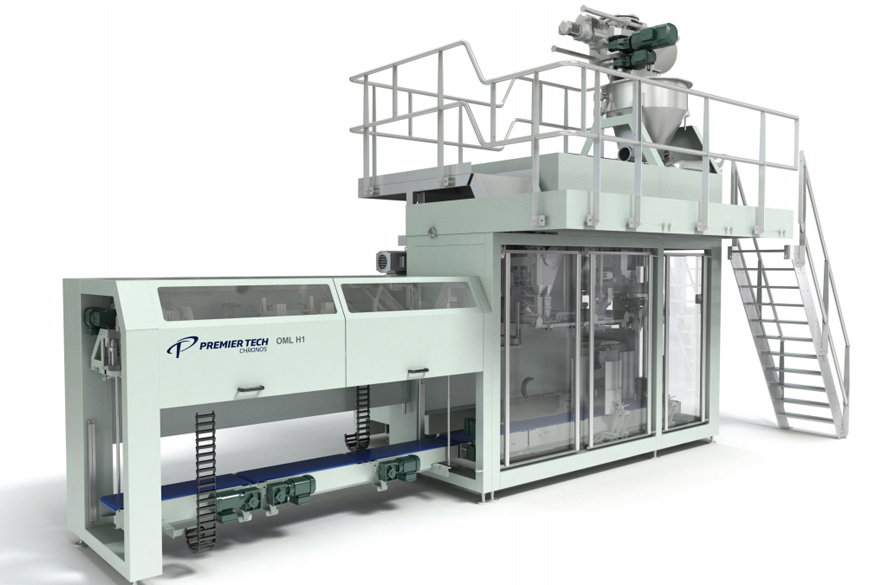
Hygienic open-mouth bottom-up baggers
Here are the open-mouth baggers that are specially designed for hygienic bagging of p...
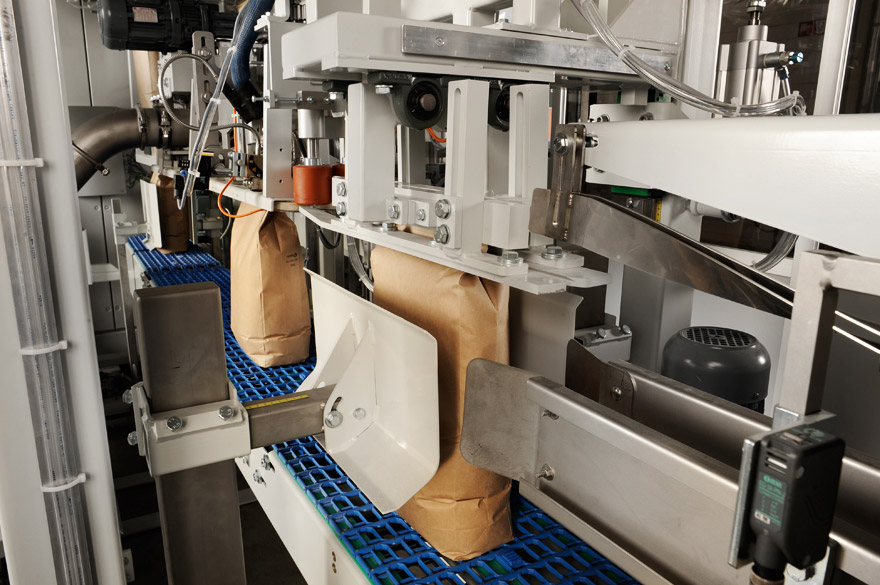
Open-mouth bottom-up baggers
Innovative bottom-up baggers for high-speed industrial packaging will help you create a dust-fr...
